Flat Island Preserve
Jungle Hut Park
McCarty Ranch Preserve
Abercrombie Park
Spruce Bluff Preserve
UF Bat Houses
Canova Beach Park AKA Canova Dog Park
Oak Hammock Trail at Merritt Island National Wildlife Refuge
Follow That Dream Parkway to Bird Creek Beach
Fore Lake Recreation Area
Bear Pond Trailhead
Fort Island Trail Park
Pioneer Trail at Kings Park on Merritt Island
Tiger Bay State Forest
Bok Tower Gardens
Lithia Springs Conservation Park
Chito Branch Reserve
Maritime Hammock Preserve
Campbell Park
Bird Island Trail
Bear Point Sanctuary
Lake Wales Ridge State Forest
Highlands Scrub Natural Area
Walk In the Water Campground
Halpatiokee Regional Park
Yamato Scrub Natural Area
Crystal Lake Sand Pine Scrub
Lake May Reserve
Loxahatchee River Battlefield Park/Riverbend Park
Wellington Rotary Peace Park
McKee Botanical Gardens
Ais Trail Park
Sand Key Park
Blue Hole Spring
Enchanted Forest Sanctuary
Grayton Beach State Park
Lake Istokpoga Park
Cradle Creek Preserve
Golden Aster Scrub Nature Preserve
Riverside Acres Park
Back to Nature Wildlife Refuge
Magnolia Park
Woodside Park Viera East
Atlantic Ridge Preserve State Park
Split Oak Forest WEA
Turtle Hospital
Lake Monroe Wayside
Ponce de Leon Park
Fort Christmas Historical Park
Sanford RiverWalk
Florida Trail Lockwood to Barr with Boonie Falls
Torreya State Park
Big Shoals State Park
Weedon Island Preserve
Weedon Island Preserve is a natural and cultural gem in St Petersburg on Tampa Bay. Comprised mostly of marine aquatic and coastal ecosystems, with a few upland exceptions. It is home to many native plants and animals, a rich cultural history, and an educational facility. The native peoples lived at this site for thousands of years. Much of the preserve contains mosquito ditches constructed in the 1950s. These ditches help connect sitting pools of water to larger bodies, allowing predatory fish to feed off mosquito larvae rather than use pesticides in the area. Currently, the Preserve preserves this land’s unique natural and diverse cultural heritages. This can be found in the Educational Center and the preserve. Today, Weedon Island Preserve is set aside as a 3,190-acre natural area managed by Pinellas County.
The largest estuarine preserve in Pinellas County is well known for its birding and fishing. The preserve provides over 4.5 miles of nature trails for hiking, 2 miles of boardwalks and paved trails that are ADA accessible, and the remaining 2.7 miles are natural trail loops. At the end of the Tower Trail sits the observation tower and at 45-foot-tall, it is the tallest of its kind in Pinellas County. You can see most of the preserve, Tampa, and St Petersburg if the conditions are right!
If you are tired of walking on land and want to spend time on the water, you are in luck! Weedon Island also includes a 4-mile, self-guided canoeing/kayaking loop called the South Paddling Trail. Meandering through mangrove tunnels and out to the bay. If you don’t have your own vessel, no worries; a company on site provides tours that take you through the maze of mangrove tunnels. Other activities include fishing from the pier, a boat launch at the end of the road, and picnicking at any designated picnic tables provided through the park and trails.
Don’t forget to check the Weedon Island Preserve Cultural and Natural History Center to learn about the natural history of the ancient native inhabitants of the area. Check the schedule of events because not only does Pinellas County sponsor events, UF/IFAS Extension agents also provide a wide variety of educational programs and events for the general public that are family-friendly and often free of charge. Monthly programs may include guided hikes, archaeology classes, speaker series, photography or birding meet-ups, and environmental sustainability workshops.
Amenities:
Educational Center
Wildlife Viewing
Lookout Tower
Information Kiosk
Guided Tours and Trails
Exhibits
Fishing Pier
Paddling Launch and Rentals
Parking Area
Restrooms
Interpretive Signage
Nature Trails, sand
Picnic Area
Seating Area, Pavilion
Bathrooms
Learning Center
Address: 1800 Weedon Drive Northeast, St. Petersburg, Florida 33702
For more information: http://www.weedonislandpreserve.org/
Photo Credit: Aymee Laurain
Author and Photo Credit: Bobby Putnam 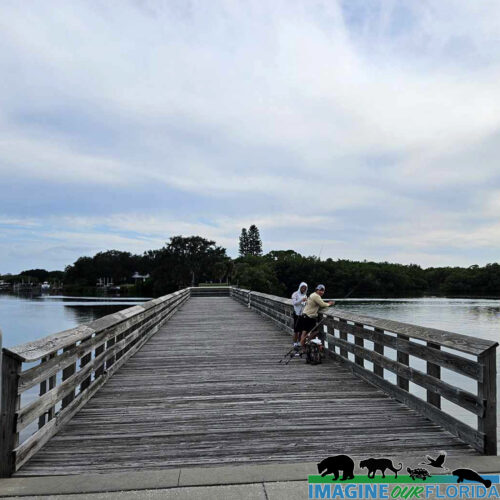
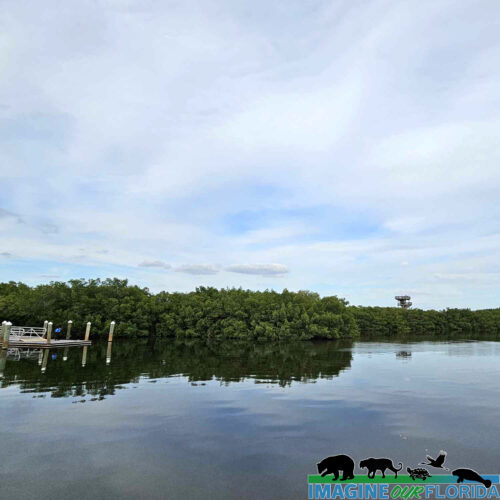
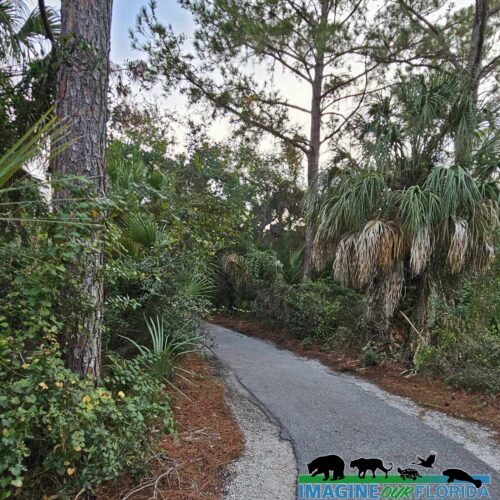
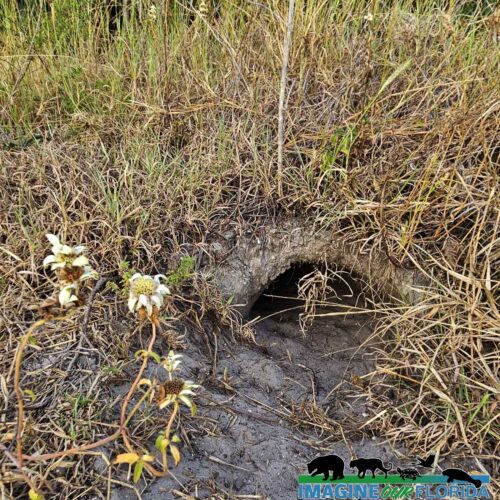
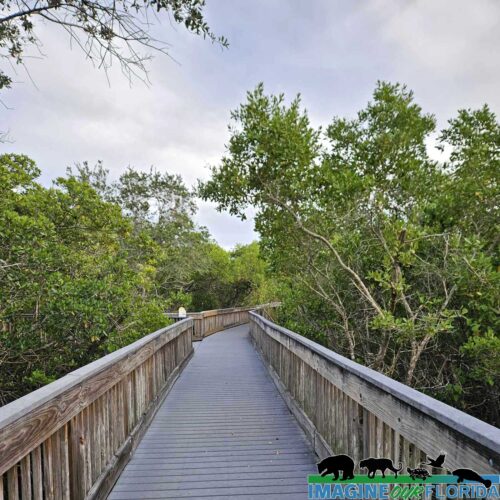
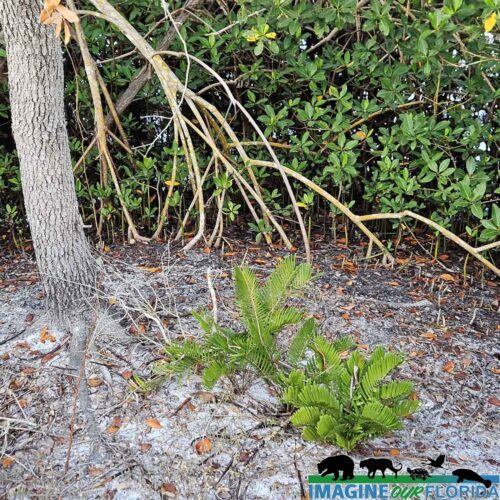
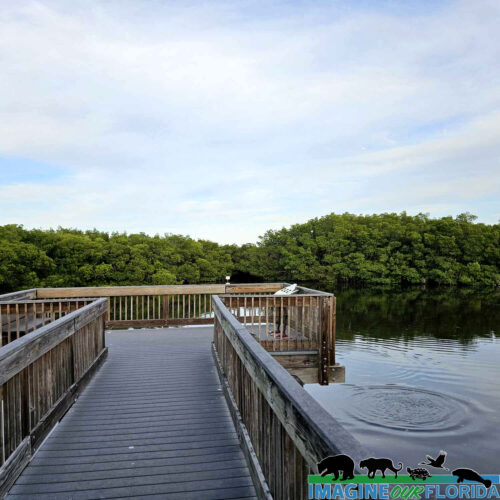
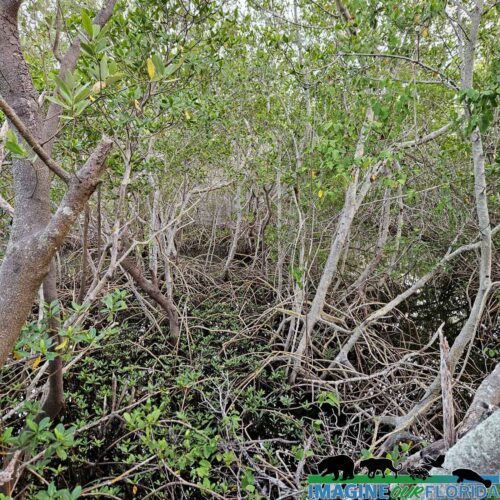
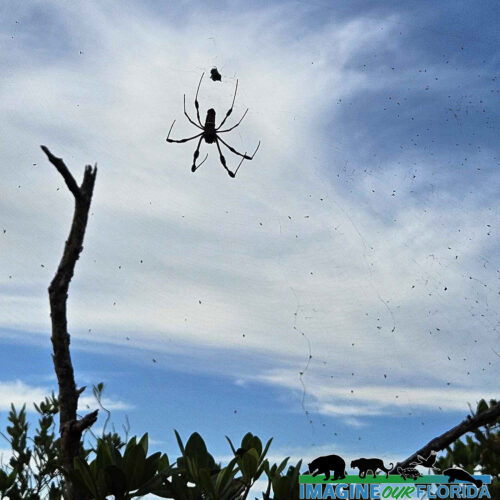
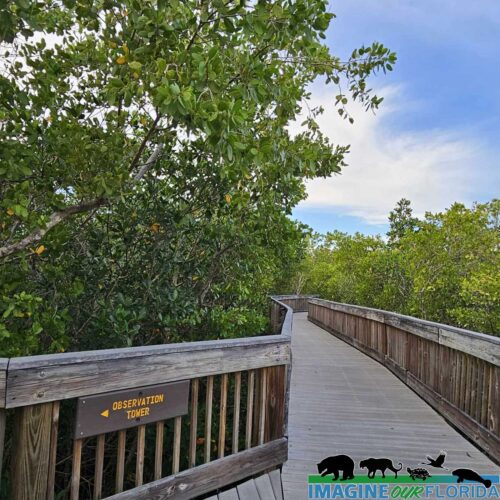
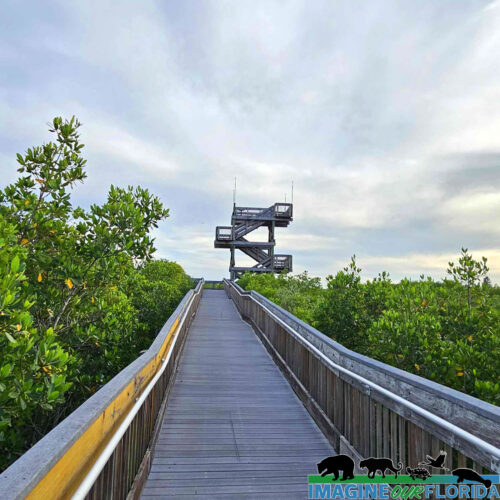
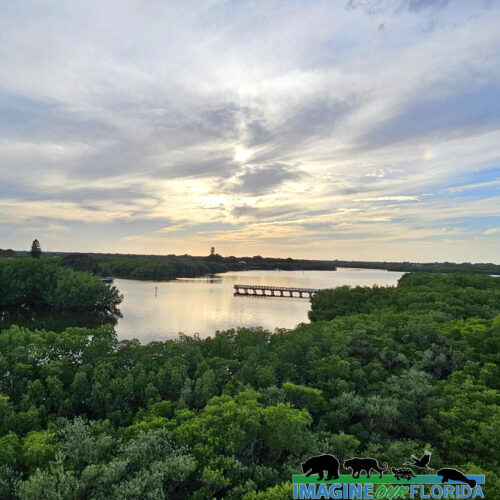
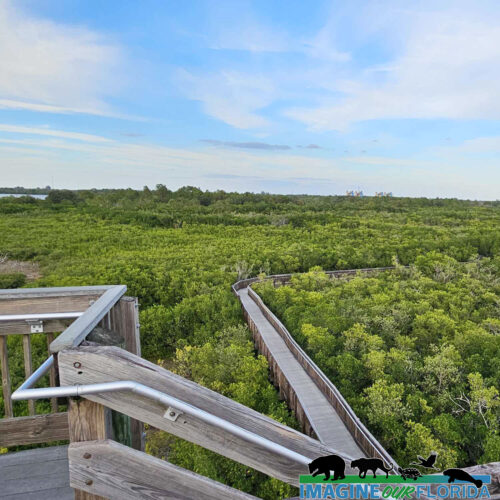
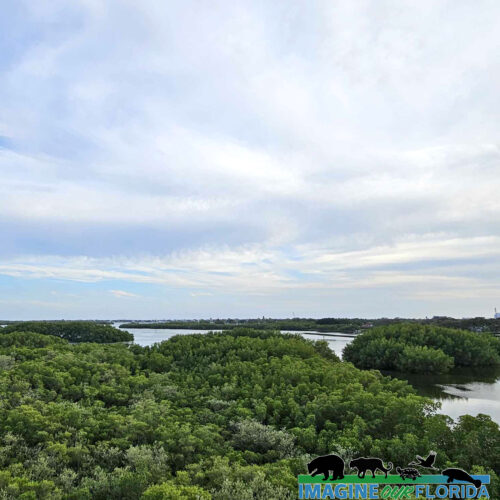
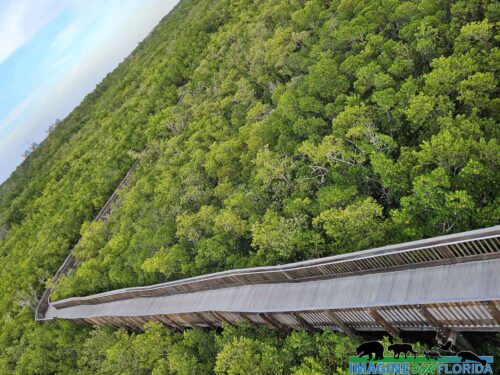
Black Water Creek
Wakulla Springs State Park
San Marcos de Apalache Historic State Park
Mead Botanical Garden
Mead Botanical Garden is well-known as a wedding and private event venue in Central Florida. The trails and boardwalks through several of Florida’s ecosystems are not to be overlooked. Saunter through a longleaf pine forest, through a riparian area, and over the wetlands along the creek.
Land for the botanical garden was originally purchased by friends as a memorial to Theodore Mead, a world-renowned horticulturist. Mead Botanical Garden was dedicated and opened to the public on January 14, 1940. Over the next several years, more land was donated, an outdoor amphitheater was built, and students and scouts used the trails to learn about Florida’s unique ecosystems. By 1988, the Garden had fallen into disrepair. Winter Park residents sprung into action to save their beloved Garden. Today Mead Botanical Garden is maintained by the City of Winter Park’s Parks and Recreation Department with help from volunteer organizations and citizen volunteers.
Discover the many native species that thrive there and the wildlife who make their homes at Mead Garden. Look for turtles, raptors, butterflies, hummingbirds, and wading birds. Marvel at the many wildflowers including marsh fleabane, beautyberries, and Mexican primrose. Invasive species and other plants that do not support wildlife are being replaced with native species.
Bring your picnic lunch and enjoy a day at Mead Botanical Garden.
Click here for more information about Mead Garden, events, and activities: https://www.meadgarden.org/
Photo Credit: Dan Kon
Bahia Honda State Park
Bahia Honda State Park, located at mile marker 37 in the Florida Keys, is made up of over 500 acres and an offshore island that is waiting for you to explore. Henry Flagler’s historic Overseas Railroad is a stark reminder of the 1937 Category 5 Labor Day Hurricane.
Bahia Honda State Park is best known for its beaches, Calusa and Sandspur Beach. Favorite water activities include snorkeling, swimming, and scuba diving. Canoeing, kayaking, and boating are popular with easy access to both the Gulf of Mexico and the Atlantic Ocean. Watch for sea turtles and bottle-nosed dolphins.
Snorkeling tours offer the opportunity to explore the sea life at Looe Key National Marine Sanctuary. Look for starfish, spiny lobsters, queen conchs, and nurse sharks.
Saunter along the nature trail that leads you to the Old Bahia Honda Bridge. Enjoy the view while you admire herons, egrets, and ibises. A 3-1/2 mile hard surface road runs the length of Bahia Honda and is a perfect way to enjoy the park on your bicycle.
Bring your lunch and eat at a picnic area with a grill. Leashed pets are allowed in very limited areas.
For those who want to take a few days to experience all that Bahia Honda State Park has to offer, campsites are available for tents and RVs. There are six furnished cabins that accommodate 6 people in each.
Be sure to stay for stargazing. Bahia Honda Key is the darkest location in the Florida Keys.
For more information: https://www.floridastateparks.org/bahiahonda/
Photo Credit: Dan, Nancy, and Christian Kon
National Key Dear Refuge
National Key Dear Refuge
Established in 1957 to protect and preserve in the national interest the Key deer and other wildlife resources, the 9,200-acre National Key Dear Refuge consists of salt marsh wetlands, mangrove forests, freshwater wetlands, pine rockland forests, and tropical hardwood hammocks. Twenty-three endangered and/or threatened animals and plants live in the refuge.
National Key Dear Refuge is surrounded by saltwater and easily accessible on Big Pine Key. Because of karst bedrock, freshwater is stored in the bedrock’s holes and crevices. This freshwater is necessary for Key Deer and other plant and animal species to thrive.
Visiting National Key Dear Refuge on Big Pine Key:
Drive the Speed Limit. Key Deer and other wildlife share the roads with you.
Be sure to stop at the Visitor Center to learn about how to avoid poisonwood trees and stay safe on a trail where you may encounter snakes and alligators.
Saunter along the trails at The Blue Hole. https://www.imagineourflorida.org/blue-hole/
Discover endangered Bartram’s scrub hairstreak butterflies, endangered Lower Keys marsh rabbits, and the endangered Key Deer. https://www.imagineourflorida.org/key-deer/
There are 40 species of reptiles, including alligators and crocodiles, waiting to be discovered. Look for over 250 migratory and resident bird species, including the rarely seen Mangrove Cuckoo. Snakes, including the threatened Eastern Indigo call the refuge home.
Leashed dogs are welcome.
Learn more here:
https://www.fws.gov/refuge/National_Key_Deer_Refuge/
Photo credit: Dan Kon, Nancy Kon, Christian Kon
Lake Lily
Lake Lily, located in Maitland, is a 10-acre park with a 1/2 mile walking trail around the Lake. Saunter near the lake as you watch for limpkins, green herons, ibises, and a variety of ducks. Sit on one of the many benches and watch squirrels who will keep you smiling with their jumping skills. Listen for birds of prey, crows, and a variety of songbirds.
Lake Lily is open from 8 am until Sunset most days. There is a playground for the kids, a rentable wedding gazebo, and restrooms. Your leashed dog is welcome to enjoy the day with you.
For more information: https://maitland.recdesk.com/Community/Facility/Detail…
Photo credit: Dan Kon
Collier-Seminole State Park
Collier-Seminole State Park, located in Naples, is a 7,271-acre park that offers the opportunity to explore part of the Great Mangrove Swamp of South Florida and an original stand of royal palms. Discover wildlife and wildflowers like those in the Everglades.
Learn about the Bay City Walking Dredge No. 489, a mechanical engineering marvel that walked forward as it dredged limestone to create a road from Tampa0 to Miami.
Collier-Seminole State Park has four wonderful nature trails ranging from less than a mile on the Royal Palm Hammock Nature Trail to the 5.25 mile Strand Swamp Trail. Discover the plants and animals, many imperiled, that live in the park. The park is designated a Great Florida Birding and Wildlife Trail so be sure to bring your camera/binoculars.
Launch your canoe or kayak at the ADA accessible launch. Explore the Blackwater River on the 13.5-mile canoe trail. As you paddle through the mangroves to Blackwater Bay, look for crocodiles, alligators, otters, manatees, and a variety of wading birds.
Primitive camping sites and campsites for your RV and tents are available. There are bike trails, two pavilions, picnic tables, and a playground for your enjoyment. Leashed pets are welcome.
For more information: https://www.floridastateparks.org/…/collier-seminole-state-…
Photo Credit: Ileana Rodriguez
Blue Hole in Big Pine Key
The Blue Hole in the National Key Deer Refuge
Located on Big Pine Key, the Blue Hole offers a short trail and observation deck where you can immerse yourself in nature.
The Blue Hole is a large sinkhole. The sinkhole became a quarry and the limestone was used to construct roads in The Keys as well as Henry Flagler’s Oversea Railroad. After being included in the National Key Deer Refuge, the Blue Hole was replanted with native vegetation and returned to nature.
The water in the blue hole is a freshwater lens. This means that freshwater from rainwater floats on top of the saltwater that lies underneath. The Blue Hole provides a unique ecosystem for the wild plants and wildlife that thrive there.
The Blue Hole is included in the Florida Keys Birding and Wildlife Trail. Look for Key Deer, fish, alligators, turtles, iguanas, and a variety of birds (including wading birds), and snakes.
Sea level rise is an immediate threat to the Blue Hole. Lying only 3 to 6 feet above sea level, freshwater in wetlands in the Keys will become brackish or saltwater habitats if the sea level continues to rise. Mud turtles, marsh rabbits, and endangered Key Deer will be impacted by the loss of freshwater. When we make choices that protect our planet from climate change, we ultimately are protecting Florida and all of its inhabitants.
Photo credit: Dan Kon, Christian Kon
Hidden Waters Preserve
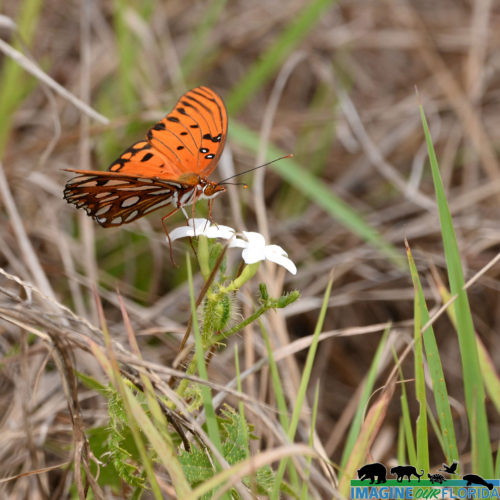
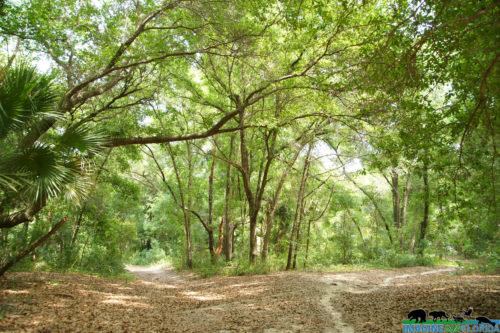
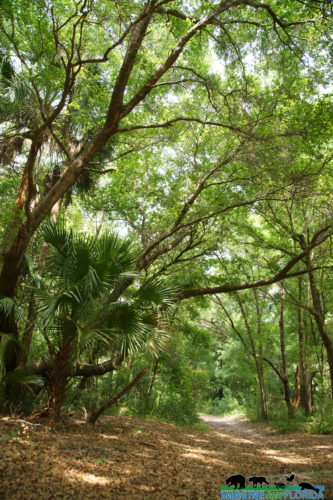
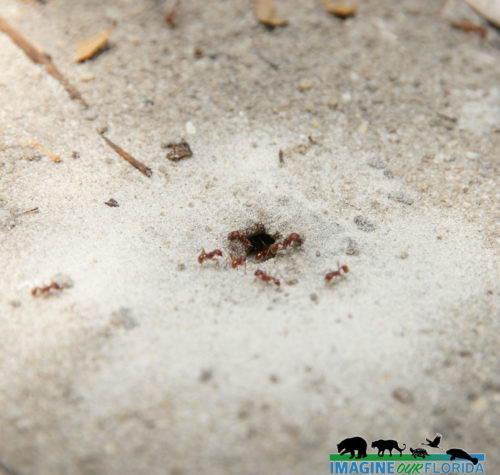
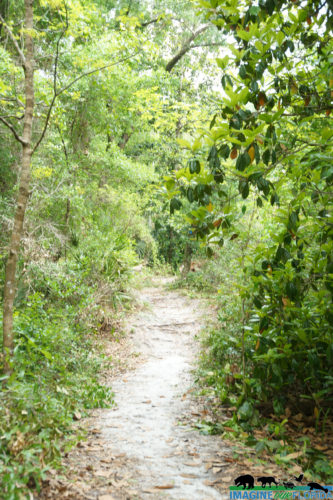
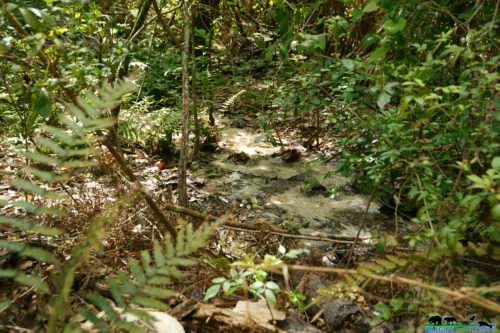
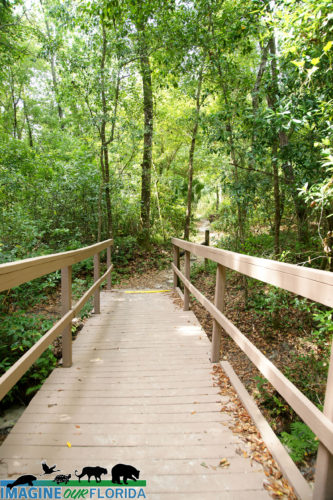
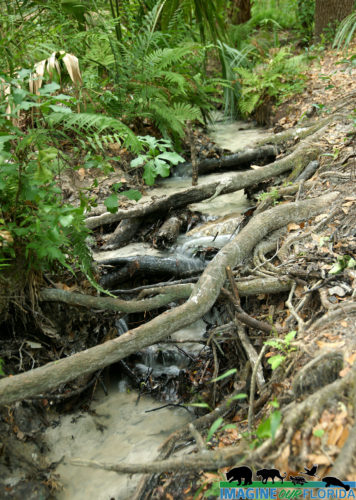
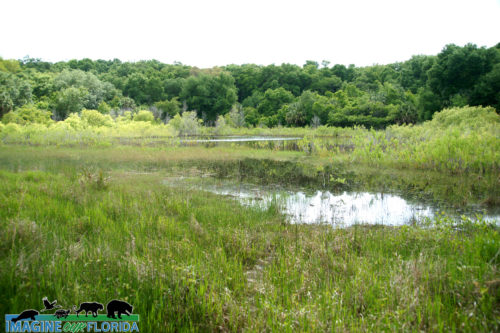
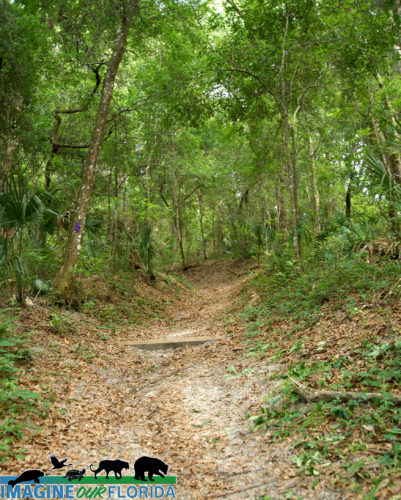
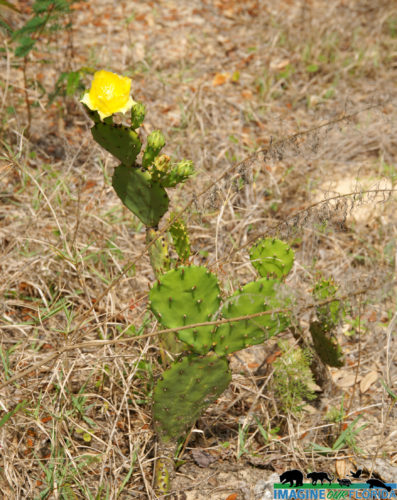
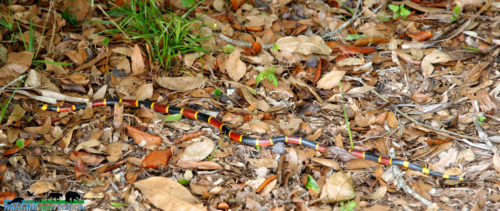
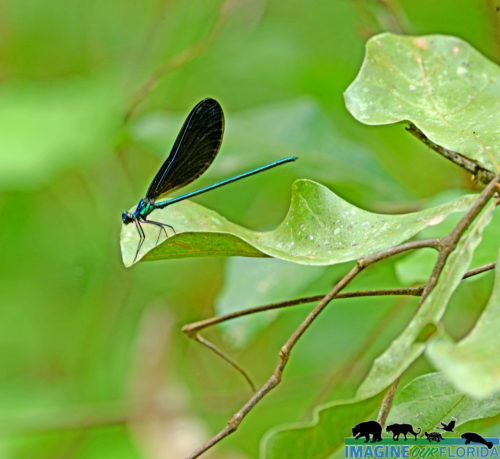
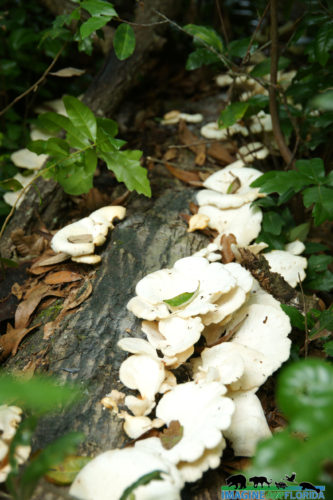
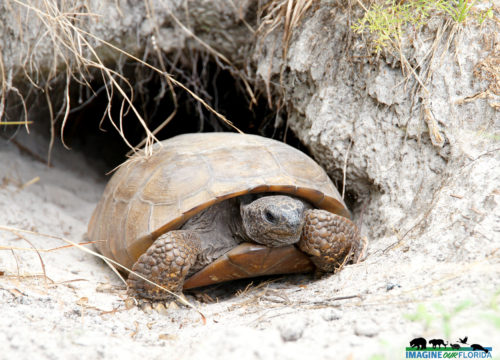
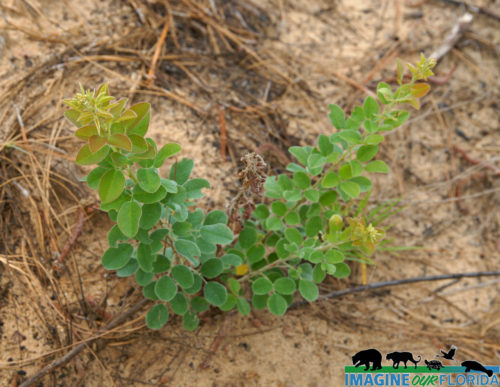
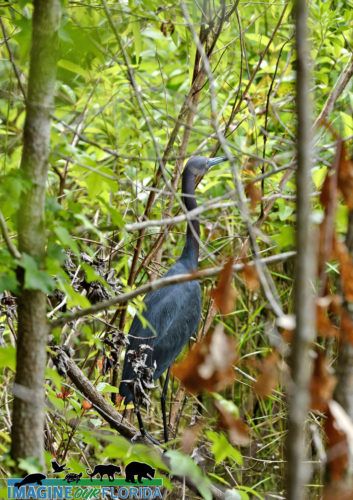
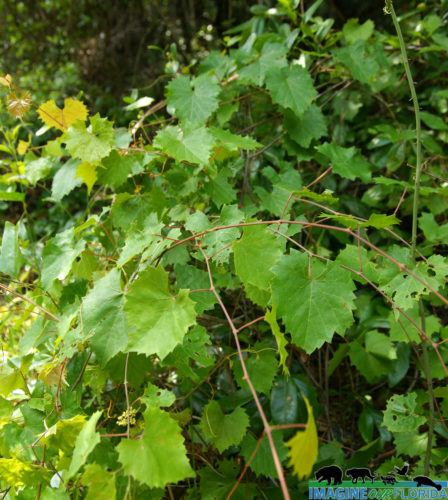
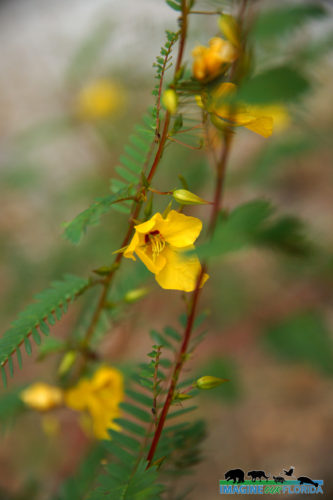
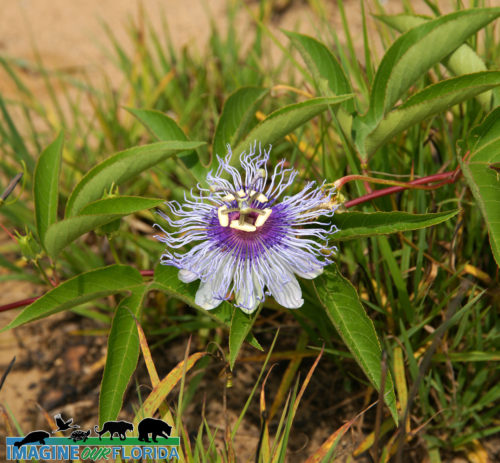
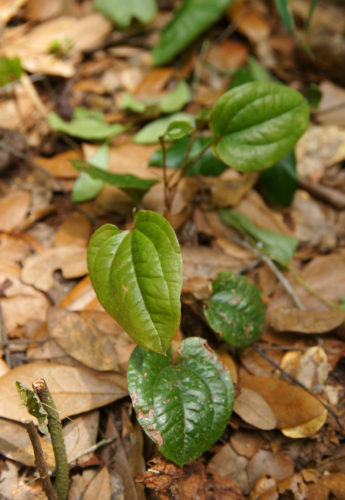
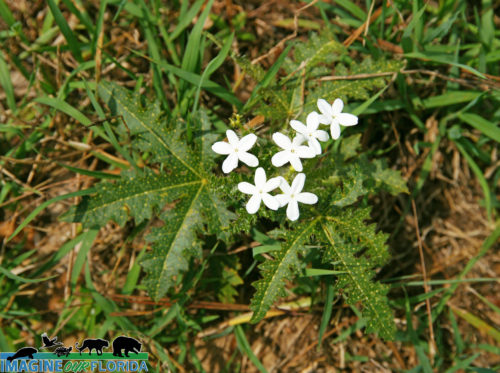 Once known as the Eichelberger Sink, this 90-acre preserve located near Eustis is managed by Lake County Water Authority. Hidden Waters Preserve was established in 1996 to protect the water seepage and Lake Alfred where water slowly seeps into the aquifer.
Once known as the Eichelberger Sink, this 90-acre preserve located near Eustis is managed by Lake County Water Authority. Hidden Waters Preserve was established in 1996 to protect the water seepage and Lake Alfred where water slowly seeps into the aquifer.
Hidden Waters Preserve offers 6 trails ranging from 2 miles to 15 miles. Hike the meandering paths through sandhill restoration areas. Notice the newly planted Long-leaf pines and the gopher tortoises who make their burrows there. Water flowing from a seepage slope offers the opportunity to discover various plants and ferns.
The elevational difference between the top of the sink and the bottom is 110 feet. Explore the depression marsh and lake at the bottom of the sink where you will find a variety of plants and wading birds. Bird watchers will be happy to discover some of the more than 35 birds on this designated FWC Statewide Birding Trail.
For more information and trail maps click here: https://www.lcwa.org/land_resources/open_preserves.php
Photo Credit: Dan Kon
Mullet Lake Park
– Mullet Lake Park-
Located in Geneva in Seminole County, Mullet Lake Park is best known for its 8 primitive camping sites, its group camping site, and boat launches. The 55-acre park borders Lake Mullet and the St Johns River. This quaint park offers the opportunity to sit and relax under ancient oak trees as you take in the sights and sounds at this remote location.
Listen for the sounds of birds, fish jumping, and frogs croaking. Look for birds of prey, shorebirds, and a variety of blooming wildflowers waiting to be admired.
For more information click here: https://www.seminolecountyfl.gov/…/301554-Mullet-Lake-Park.…
Photo credit: Dan Kon
Little Big Econ State Forest
Little Big Econ State Forest
Located in Geneva in eastern Seminole County, the Little Big Econ State Forest gets its name from both the Econlockhatchee River and the Little Econlockhatchee River. Econlockhatchee means “earth-mound stream” in the Muskogee language and was named by the native Americans for the numerous mounds found along the river.
Before being established on March 24, 1994, by the Florida Legislature, the property was used for cattle ranching, crops, as a turpentine distillery, and for a portion of the Florida East Coast Railway. Today the 10,336 acres in the Little Big Econ State Forest is an outdoor enthusiast’s paradise.
Seventeen miles of the Econlockhatchee River, which has been designating an Outstanding Florida Waterway, makes its way through the forest before flowing into the St. Johns River on the eastern boundary. The Little Big Econ State Forest boasts a variety of habitats including wet prairie, pine flatwoods, sandhill, scrub pine, flatwoods, scrub, sandhill, and oak-palm hammocks.
Over 160 bird species have been spotted in the forest including Bachman’s sparrows, crested caracara, wood storks, swallow-tailed kites, and sandhill cranes. Look for fox squirrels, gopher frogs, gopher tortoises, turkeys, deer, and alligators.
The Little Big Econ State Forest has been named one of the country’s most family-friendly hikes by the American Hiking Society. Saunter along the 5.2-mile loop Kolokee Trail, discover wildlife along the 8 miles of Florida National Scenic Trail, or explore any of the 15 miles of trails located in the forest.
Paddle all or a portion of the 20 mile-long Econlockhatchee River Paddling Trail. There are 12.1 miles of bicycle trails and 9.3 miles of equestrian trails complete with a water trough.
Primitive camping sites are available and some have a picnic table and fire ring.
Reserve the picnic pavilion for your special events.
Enjoy your lunch at a picnic table. Your leashed pets are welcome.
Whether for a day or a week, there is plenty to explore and discover at the Little Big Econ State Forest.
For trail maps and more information:
https://www.fdacs.gov/…/State-…/Little-Big-Econ-State-Forest
Photo credit: Christian Kon
Fort Drum Marsh Conservation Area
Fort Drum Marsh Conservation Area
As part of the Upper St. Johns River Basin Project, Fort Drum Marsh Conservation Area includes a freshwater marsh at southernmost headwaters of the St. Johns River, a hardwood swamp, pine flatwoods, and a prairie. Together, The U.S. Army Corps of Engineers and St. Johns River Water Management District have restored the original wetlands which resulted in better water quality, flood control, and diverse animal and plant habitats.
Family-friendly recreational activities include hiking on some or all of the 5 miles of trails, picnicking, horseback riding, bicycling, primitive camping at designated sites, wildlife viewing, and canoeing. Saunter through a hardwood swamp on a boardwalk shaded by Cedar Cypress Trees as you make your way to Hog Island where you will find more trails to explore.
Look for migratory birds, bald eagles, owls and other raptors, sandhill cranes, turkeys, wood storks, caracara, white-tailed deer, dragonflies, turtles, and alligators. Discover the vast number of wildflowers and the pollinators who rely on them.
Dogs are welcome provided they are leashed at all times. Fort Drum Marsh Conservation Area, located about 10 miles east of Yeehaw Junction, is fun for all and is waiting for you to create memories to last a lifetime! Plan your trip today!
For a trail guide and more information:
https://www.sjrwmd.com/lands/recreation/fort-drum-marsh/
Photo credit: Dan Kon, Aymee Laurain, Andy Waldo
Dry Tortugas National Park
Dry Tortugas National Park
Discover a 100 square mile National Park of open water and 7 small islands known as Garden, Loggerhead, Bush, Long, East, Hospital, and Middle. Located 70 miles west of Key West, Dry Tortugas National Park is only accessible by boat or plane.
Visit Garden Key and explore Fort Jefferson, the largest all-masonry fort in the US. Fort Jefferson was built between 1846 and 1875 to protect the lucrative shipping zone to the Gulf of Mexico. A lighthouse named Harbor Light was built in 1825 to warn ships of the navigation hazards caused by the low-lying islands and reefs.
A snorkeling paradise, the crystal blue waters of Dry Tortugas National Park offer the opportunity to immerse yourself in the beauty of the reefs and the marine life that thrive there. Swimming and boating are popular activities. Bring your camera to capture the abundance of birds who live and nest at the park.
Loggerhead Key is rife with wildlife and is named after the often seen loggerhead turtles. Scuba divers will enjoy exploring the Windjammer shipwreck.
Primitive camping is available for those who want to spend a few days, enjoy the spectacular sunsets and stargaze.
Leashed dogs are permitted.
For more information: https://www.nps.gov/drto/index.htm
Photo Credit: Aymee Laurain
Big Tree Park
Big Tree Park is a part of the Spring Hammock Preserve and is located in Longwood. It is best known for “The Senator,” a 3500-year-old Bald Cypress tree that was named for Senator Moses O. Overstreet who donated the land. Unfortunately, “The Senator,” which stood 118 feet tall, burned down in 2012. It was the largest Bald Cypress Tree in the United States.
Pass under the big trees as you saunter along the boardwalk over the hydric hammock swamp. The boardwalk is less than 1/2 mile long out and back. Interpretive signs will awe you with information about “The Senator”. Learn about “The Phoenix,” a clone of “The Senator.” Admire the grandeur of “Lady Liberty,” a 2000-year-old Bald Cypress that stands 89 feet tall. Look for alligators, Florida box turtles, five-lined skinks, raccoons, squirrels, and bobcats. Listen for frogs, woodpeckers, and songbirds.
As a trailhead, Big Tree Park offers the opportunity for a longer stroll or bike ride on the Cross Seminole Trail through the forested wetlands of Spring Hammock Preserve. The Cross Seminole Trail is a part of the Florida National Scenic Trail.
Big Tree Park is open from 8 am until dusk. Spend some time at the playground with your kids. Restrooms are nearby. Bring your lunch or a snack to enjoy at one of the picnic tables.
Photo Credit: Dan Kon
Fort Zachary Taylor State Park
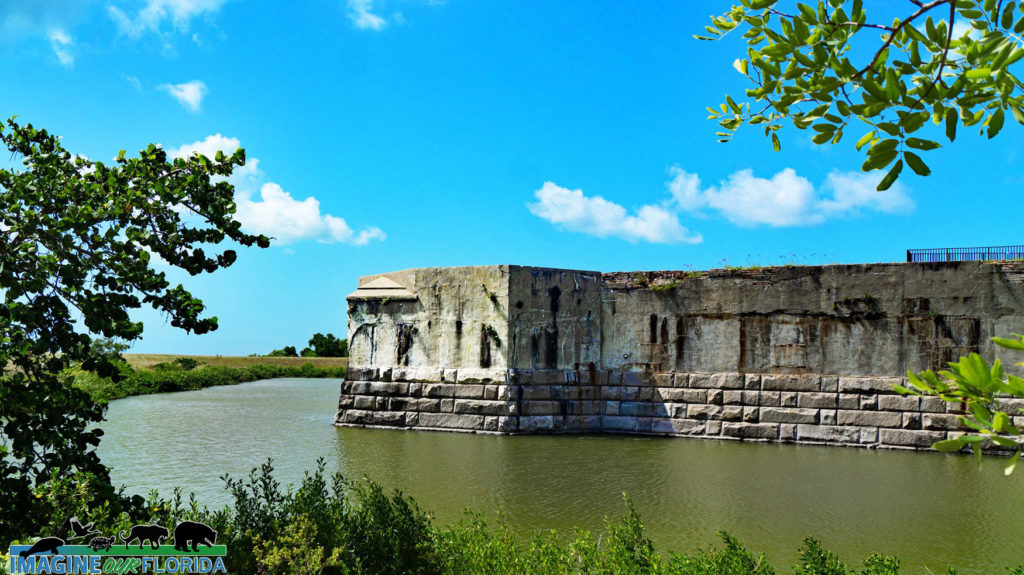
Palm Island Park
Palm Island Park
Just south of downtown Mt Dora lies Palm Island Park, an 8-acre natural preservation area waiting to be explored. The boardwalk is 1/3-mile long and swings out over Lake Dora. Saunter along as you watch for wading birds, turtles, and alligators along the lake’s edge.
Continue your stroll on the easy path through ancient oaks, huge cypress trees, and tall cabbage palms. Listen for songbirds, look for wildflowers in bloom, and discover the changes in the ecosystem as you walk thru the marsh toward drier land. The 1-mile loop over the boardwalk and on the footpath allows you to experience natural Florida at its finest.
Palm Island Park is open from 7 am to sunset. Bring your lunch and enjoy yourself at one of the picnic areas. Leashed pets are welcome.
Colt Creek State Park
Colt Creek State Park
Hike, bike, paddle, or horseback ride through 5000 acres of wild Florida.
Located in Lakeland, Colt Creek State Park is waiting to be explored.
Colt Creek State Park was purchased in 2006 and became Florida’s 160th state park. The land had previously been used as a cattle ranch, for silviculture, and for lime rock mining. A few of the large pits dug for lime rock mining reached the aquifer. Today, the water that flows up from the aquifer has created lakes that provide habitat for wildlife.
There are 15-miles of multi-use trails that lead you through wetlands, open vistas, and longleaf and slash pine forests. Discover an abundance of wildflowers and the pollinators who rely on them. Look for fox squirrels, turkeys, bobcats, otters, gopher tortoises, a variety of birds including eagles, and of course, alligators.
Rent a canoe or kayak or bring your own. Paddle Mac Lake, Middle Lake, or Little Lake as you share the water with wading birds and turtles.
Bring your horse and ride through creeks, and streams while admiring the beauty of the three lakes.
RV, tent, primitive, equestrian, and group camping sites are available. Star-gaze at one of the darkest sky sites in Florida. Pavillions are a perfect place to host your outdoor event.
Bring your lunch and cook it on one of the provided grills or simply enjoy it at one of the picnic tables. Dogs on a 6-foot leash are welcome. Be sure to bring your camera or binoculars since Colt Creek State Park is designated as a Great Florida Birding and Wildlife Trail.
Photo Credit: Andy Waldo
For more information: https://www.floridastateparks.org/par…/colt-creek-state-park
Trimble Park
Trimble Park —
Nestled between Lake Beauclair and Lake Carlton on the Harris Chain of Lakes lies an outdoor paradise. Trimble Park, operated by Orange County, is located near Mt. Dora in Tangerine.
Saunter along the 1.2-mile loop trail surrounded by ancient oaks. The trail runs along the perimeter of the 71-acre park. Wind through forests of pine, oak, and cypress trees. Walk on a boardwalk through the wetlands. Pause near the lakes to enjoy the view and the wildlife who make their homes there. There are plenty of benches to rest on for your wildlife viewing pleasure. Much of the trail is shaded. Bring your lunch and enjoy it at one of the many picnic tables, some of which are under a shaded structure.
Camping sites are available for your tent or RV. Launch your boat, canoe, or kayak from the boat dock. There are playgrounds for your kids. Your dogs on a 6-ft leash are welcome too!
For more information: http://orangecountyfl.net/CultureParks/Parks.aspx…
Park map and more: https://www.ocfl.net/…/Camping%20at%20Orange%20County%20Par…
Cranes Roost Park
Cranes Roost Park –
Located in the heart of Uptown Altamonte, Cranes Roost Park surrounds Cranes Roost Lake. Its 1 mile of paved paths and boardwalks is a welcome reprieve from the hustle and bustle of the city.
The lake is home to numerous ducks and birds. Look for egrets, black skimmers, cormorants, ibises, anhingas, gulls, and more.
Run, walk, or take a leisurely stroll around the Cranes Roost Lake. Listen for songbirds. Rest on one of the many benches while you immerse yourself in a bit of wild Florida nestled within the city. Bring a blanket and lunch and enjoy a picnic in the grass beside the lake with your family or coworkers. Bring your dog on a leash and be sure to use the pet waste stations.
Fakahatchee Strand Preserve State Park
Fakahatchee Strand Preserve is Florida’s largest state park. The word “Fakahatchee” is the Miccosukee term for “forked river” referring to the water flow around the strand. This area has a canopy of bald cypress trees, royal palms, and occasional gumbo limbo trees. The area also contains more orchids and bromeliads than anywhere else in North America. There are 44 orchids and 14 bromeliads native to this area. Unfortunately, orchid poaching has been a large problem in the past. Keeping the Park Services number on hand and calling if you witness poaching could help protect the many endangered orchids that exist here.
The cypress trees were previously vulnerable to unregulated logging and very few old trees exist. You can also find small freshwater sponges on old floating tree branches. There is also an abundance of wildlife.
Fakahatchee Strand Preserve State Park is on the Great Florida Birding and Wildlife Trail. The strand offers biking, geocaching, canoeing, picnicking, and contains the Karen O’Neil Memorial Garden located at the entrance. Restrooms are available. There is so much to see in this beautiful swamp.
Hours are 8 a.m. to sunset. For more information, check out the website. https://www.floridastateparks.org/…/fakahatchee-strand-pres…
Lake Louisa State Park
Lake Louisa State Park
If you are looking for somewhere to get some fresh air and see some of Florida’s natural beauty, then this is the place to go! Just north of Orlando, off Highway 27 in Clermont, is Lake Louisa State Park. It is open every day of the year until sundown. Lake Louisa State Park lies in the Green Swamp and within the northern boundary of Lake Wales Ridge. The wetlands create natural flood control while supplying the aquifer with filtered water. The Hillsborough, Withlacoochee, Peace, and Ocklawaha Rivers all originate from The Green Swamp.
Camping, hiking, biking, canoeing, kayaking, paddle boarding, and horseback riding are activities waiting to be enjoyed. Guided horseback and kayak tours are great ways to see the park. It is a good idea to bring water and snacks or pack a picnic. Lake Louisa State Park features three major lakes, several smaller lakes, 20 miles of trails, and 7 miles of paved roads.
The park offers trails ranging from a half a mile to 5.5 miles where you can explore 11 different ecosystems. Dudes Loop at 0.5 miles and Compton’s Loop at 1 mile are the shortest trails. South Trail is 1.2 miles and Sandhill Loop is 1.5 miles. The mid-level trails are Big Creek Loop and Bear Lake Loop at 2 miles long, and South Loop at 2.5 miles. The more challenging trails are the Nature Trail at 3.5 miles and Bronson Loop at 5.5 miles. Be sure to get a map at the Ranger Station. The Rangers are very helpful and knowledgeable about the park.
Compton’s Loop Trail has some geological formations of limestone and red clay swirling together to make very pretty colors in the rock. The rock has eroded over time, forming a tiny cliff. The trail leads you through the trees and sable palms up to a hill with tall pine trees and a view of the rolling hills. Make sure to check out the very scenic Lake Louisa Beach that has a long boardwalk with a swampy marsh underneath. Mangrove trees growing out of the water keep the boardwalk nicely shaded. The boardwalk leads you to a sandy swimming area with a playground and picnic table. Bear Lake is a great scenic spot that offers boating access for your handheld watercraft. Bear Lake Loop and Bronson Loop circle the lake and are wonderful trails to immerse yourself in nature and for wildlife viewing.
Look for bobcats, white-tailed deer, tortoises, fox squirrels, and rabbits. Near the lakes, you may see alligators, snakes, and otters. The ranger is happy to give guides to identify some of the snakes who are native to the area, as well as a guide for identifying tracks along the trails. There is so much to #explore and #discover at Lake Louisa State Park for any level adventurer!
For more information and trail map: https://www.floridastateparks.org/pa…/lake-louisa-state-park
Written by Briana Gunnell ~ Valencia student and IOF volunteer
Photo Credit: Briana Gunnell
Sabal Point Sanctuary
In the Sabal Point neighborhood near Longwood lies 600 acres of wild Florida where wildlife play and wildflowers bloom. Sabal Point Sanctuary, purchased and maintained by Audubon Florida, is a 600+ acre piece of land that has a 1/2 mile frontage on the Little Wekiva and Wekiva Rivers. Together, the sanctuary along with St. Johns Water Management District protects 2500 acres where the rivers meet.
Hike or bike the 3.5-mile trail through the wetlands. Explore the shaded trail and discover deer, otters, and limpkins. Listen for a variety of birds and woodpeckers. The secluded trail provides plenty of opportunities to discover prints from wildlife who make their homes there. Take a moment to admire the beauty of orchids and other wildflowers that thrive in the ecosystem.
The iconic Florida Black Bear occasionally passes through the sanctuary. Most are shy and will be hard to spot. Curious bears may stand up to get a better look at you. You can ask the bear to move along simply by standing tall, raising your hands, clapping, and in a loud stern voice, telling the bear to Go Away.
Take some time to Get Outside and visit this piece of natural Florida. Sabal Point Sanctuary is open every day from sun up to sunset.
For more information: https://fl.audubon.org/conservation/sabal-point
Photo Credit: Andy Waldo
Moss Park
Moss Park, an Orange County park located in Orlando, is a 1551-acre preserved habitat of wildlife and flora located between Lake Mary Jane and Lake Hart. The many hiking trails and roads in Moss Park make it the perfect spot for walks, bicycle trips, and car visits.
Discover Florida sandhill cranes, gopher tortoises, alligators, deer, raccoons, and many other animals. Moss Park also has a hiking trail with beautiful views that leads you to Split Oak Forest, the home to a 200-year-old live oak tree.
Moss Park provides 54 camping zones suitable for RV or tents. All campsites have fire rings, grills, picnic tables, water, and electricity. Moss Park also has five group sites available that can accommodate up to 450 campers when combined. A dock and boat ramps are available for the visitors and a playground is waiting for the kids to enjoy.
The park is open from 8 am to 8 pm every day except Christmas. Only service animals are permitted in Moss Park.
Gather the family and discover all that Moss Park has to offer. Bring your binoculars, a picnic lunch, and immerse yourself in Nature.
For more information: http://www.orangecountyfl.net/CultureParks/Parks.aspx…
Contributor: Steven Marquez – IOF Volunteer
Photo Credit: Steven Marquez
Econ River Wilderness Area
Econ River Wilderness Area
Purchased by Seminole County in 1994, the 240-acre Econ River Wilderness Area is located south of Oviedo on the west side of the Econlockhatchee River.
Explore 3 miles of trails including the 2.2-mile Main Loop Trail and the 1/2-mile Flatwoods Loop Trail. Saunter through pine flatwoods, sandhill, oak hammocks, and river swamp habitats. Rest on one of the benches at the river.
Discover gopher tortoises, great horned owls, northern bobwhites, golden mice,
raccoons, fox squirrels, white-tailed deer, bobcats, river otters, and more who make their homes in the wilderness area.
Put on your hiking shoes, bring your horse or bike, your dog on a leash, and enjoy your day in the wilderness from sunrise to sunset. Join the nearly 40,000 people who visit the Econ River Wilderness Area each year. Don’t forget your camera.
For more information: http://www.seminolecountyfl.gov/…/Econ-River-Wilderness-Are…
Photo Credit – David Gale
Lake Lotus Park
Lake Lotus Park consists of 150 acres of woods and wetlands sandwiched in between Maitland Boulevard on the south side, developed areas to the east and west, and bordering Lake Lotus on the north side. The city of Altamonte Springs purchased the land in 1972 to protect the ecosystems within its boundaries.
Saunter along 1-mile of raised boardwalks. Pause along the way to listen to bird songs and the tapping of woodpeckers. Sit on one of the benches along the boardwalk and wonder at the wildlife who play among the branches. Continue toward the lake and notice the change in the ecosystem. Keep a watchful eye for wildlife under the cover of dense greenery. The edge of the lake is teeming with fish and birds. Amble back through the forest. Feel the shade the tall trees provide while looking for the season’s blooms. Marvel at the tireless work of butterflies and insects. Several mulched paths are waiting to be explored too, each with its own mystery to be discovered.
Bring a picnic lunch to enjoy at one of the picnic tables or under a pavilion. Charcoal grills are available for your barbeque and the playgrounds will keep your kids busy while you cook. Pets are not permitted. Park in the park on weekdays. On weekends, a shuttle will pick you up at the off-site parking area and transport you to the park.
Lake Lotus Park offers Pavillion rentals for your gathering. The park hosts Ranger Guided Tours, Bird Banding, Air Potato Raids, and Earth Day Celebrations. For reservations, and more info: https://www.altamonte.org/959/Lake-Lotus-Park
Photo credit. Dan and Nancy Kon
Fern Forest Nature Center
Fern Forest Nature Center
Fern Forest Nature Center, a Broward County Park, is a 244-acre wilderness preserve located in Coconut Creek. Ground hiking trails, as well as an elevated boardwalk, will lead you through a cypress/maple swamp, tropical hardwood hammock, pine/palm/oak hammock, and dry prairie. Fern Forest has over 30 different species of ferns that can be found throughout the property.
From 1870 to 1906, the Cypress Creek area was used for farming. Crops included pineapples, tomatoes, beans, and peppers. As part of a larger plan to drain the Everglades for farming, Governor Broward created a drainage plan for Cypress Creek in 1909. By 1930, a canal was completed, dairies were established, and logging and mill operations had begun. In 1978, Broward County residents voted to purchase 254 acres for a new nature center to preserve the unique botanical quality of the site. Fern Forest Nature Center opened to the public in 1985 and was later annexed by the city of Coconut Creek.
Explore the Maple Walk, Prairie Overlook, Wetland Wanderer, and Cypress Creek Boardwalk Trails. Discover the animals commonly spotted at Fern Forest which include gopher tortoises, raccoons, coyotes, marsh rabbits, great horned owls, as well as a variety of migratory birds. Stop at the Butterfly Bridge and admire the beauty of pollinators hard at work. Look for 10 distinct plant communities in the forest. Bring your lunch and enjoy an outdoor dining experience in the picnic area.
The park is open for hiking only, so no bikes or pets are allowed. Other Park amenities include an amphitheater, exhibit hall, meeting room rental, and wedding rental. Admission and parking are always free and the park is open from 9 am to 5 pm every day except Christmas. The trails close at 4:45 pm.
For more info: https://www.broward.org/Parks/Pages/Park.aspx?=14
Contributor: Naturalist Ashley Grace at Fern Forest Nature Center
With gratitude to Ashley Grace and Paul Waller for your help in highlighting Fern Forest Nature Center
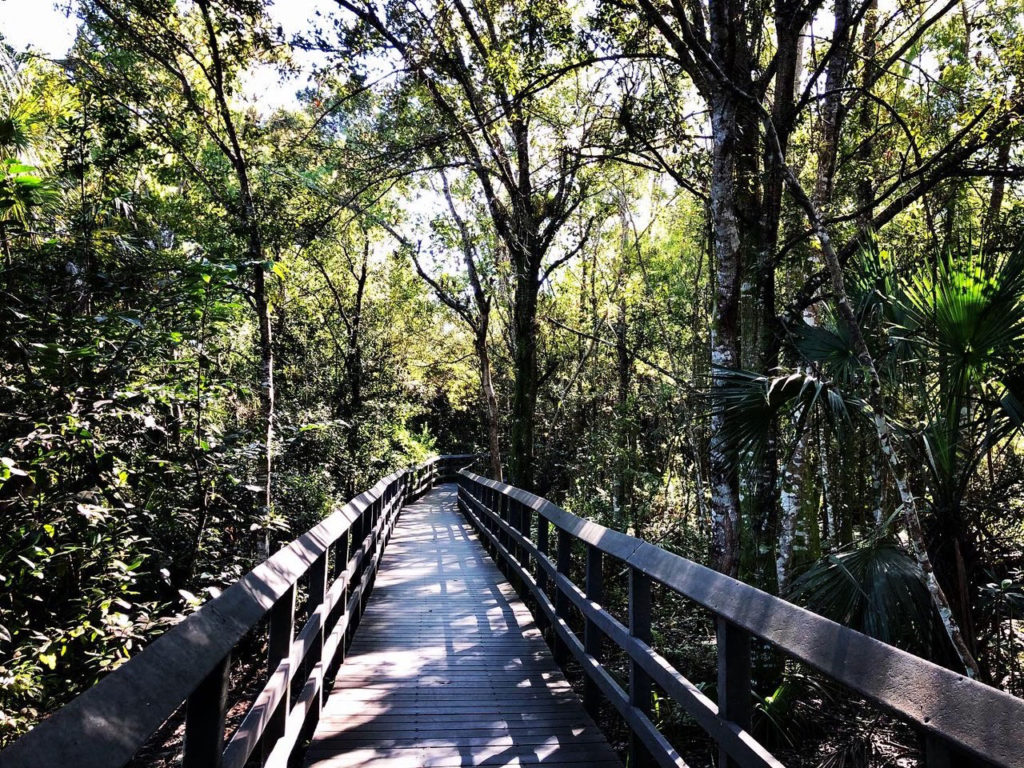
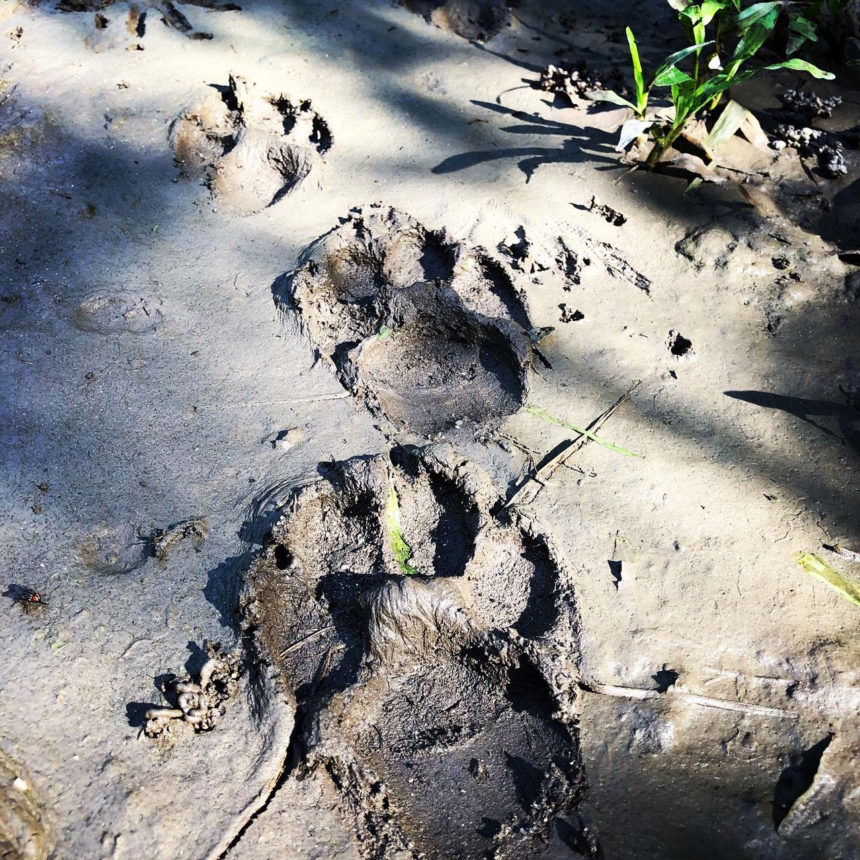
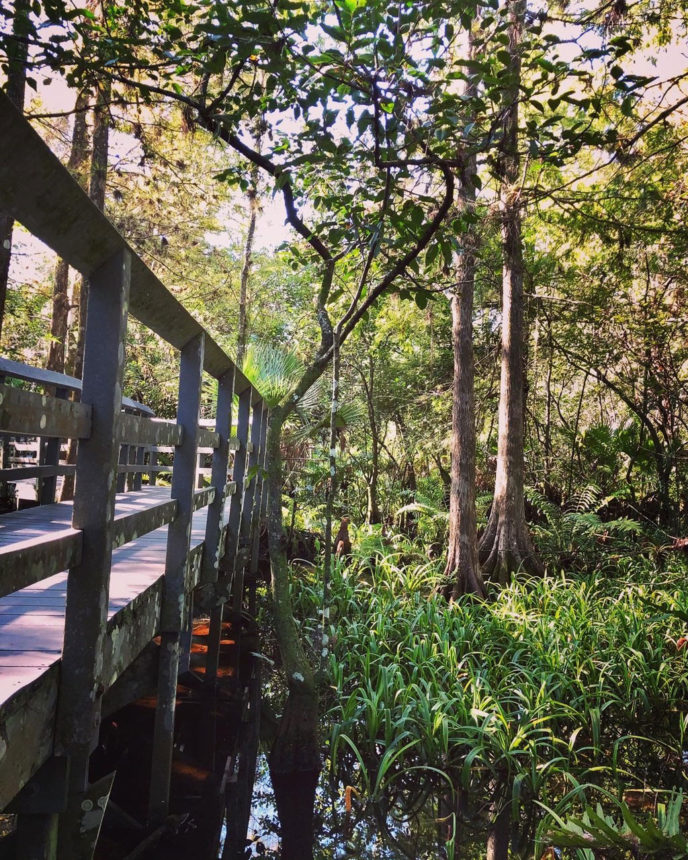
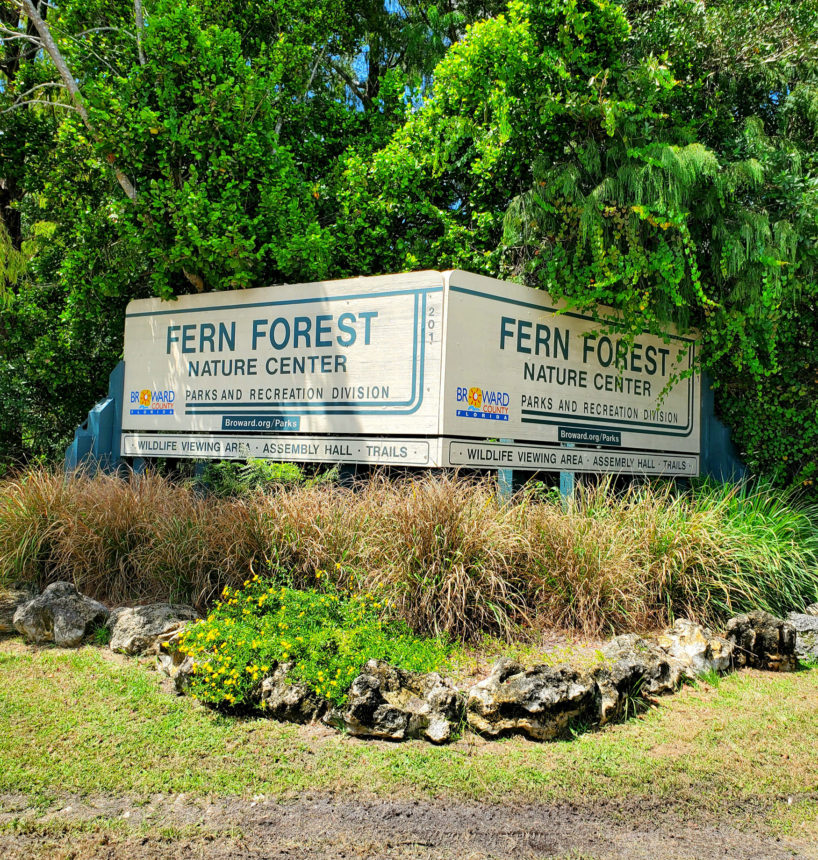
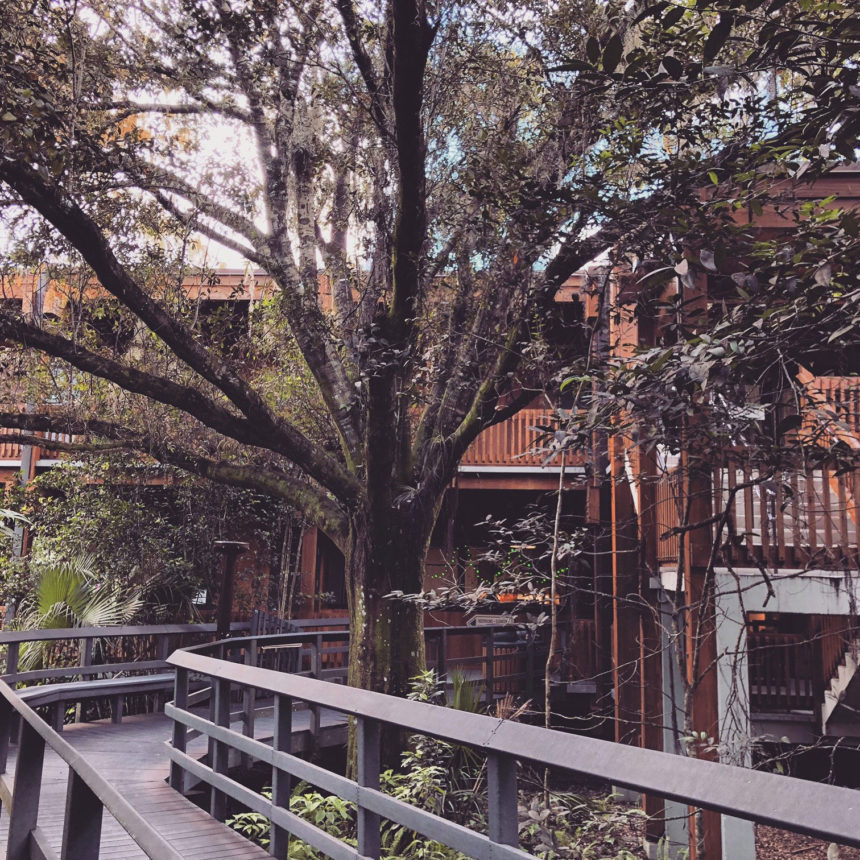
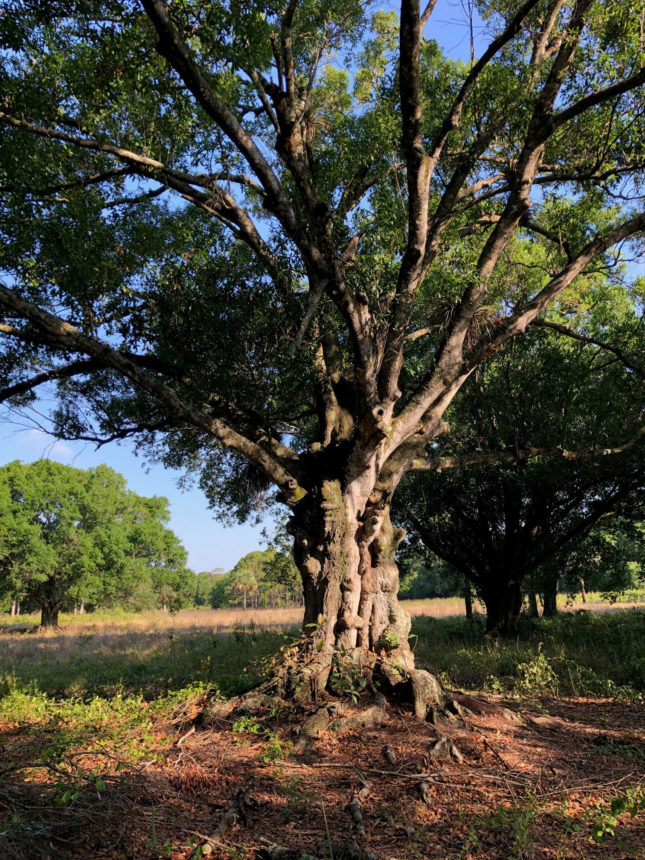
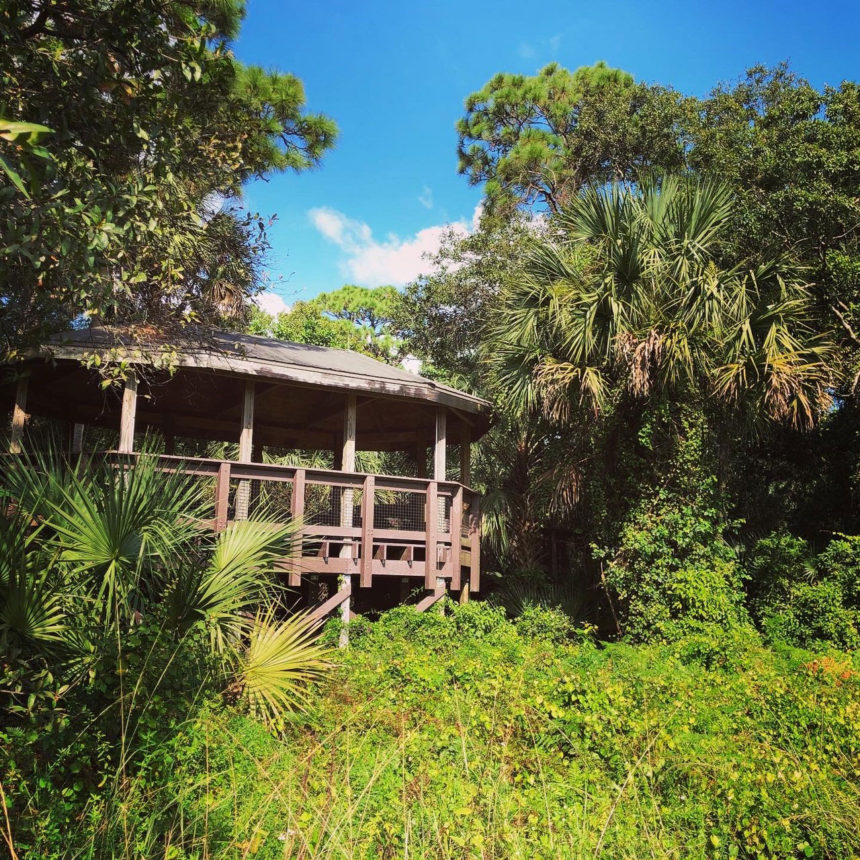
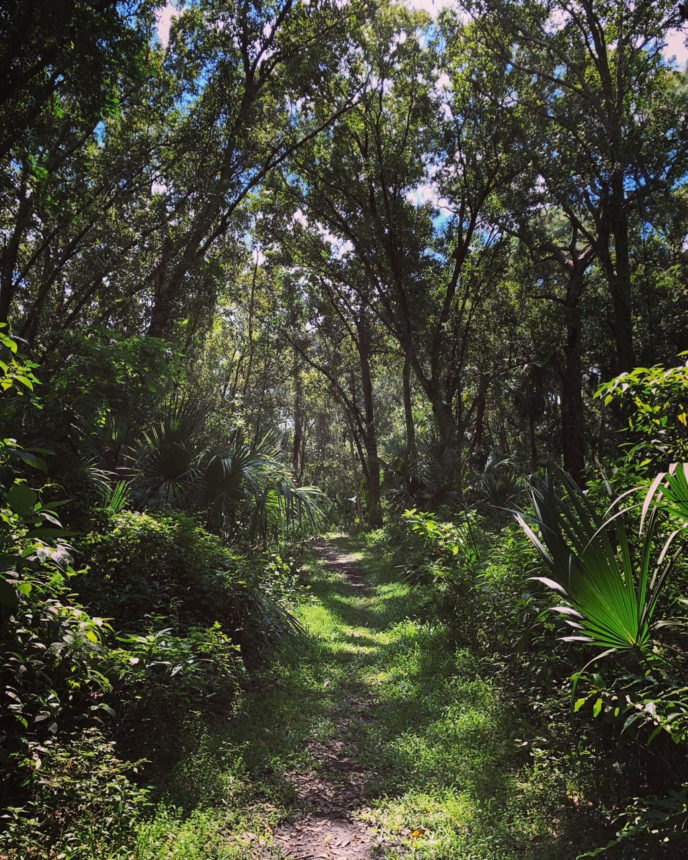
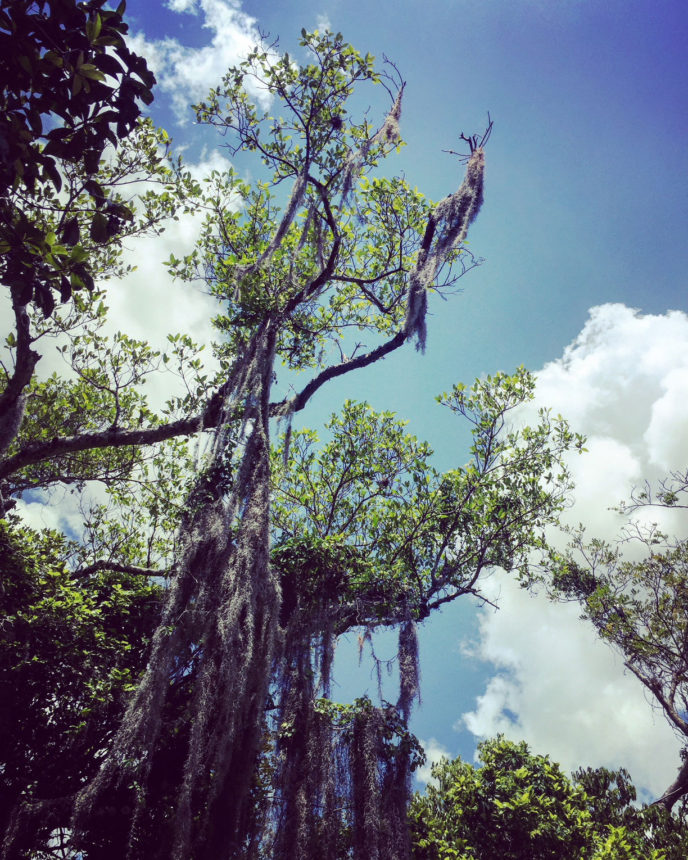
Lower Suwanee National Wildlife Refuge
Lower Suwanee National Wildlife Refuge –
From a Commodity to a National Treasure
Before being logged at least seven times, the area near the gulf coast in Dixie and Levy counties was made up of swamps and lush forests. In the 20th century, a few people realized the monetary value the land could yield and planted non-native pines in rows for easy harvesting. The native wildlife and wild plants suffered when their natural ecosystems were destroyed to make way for the timber industry.
By the early 2000s, the damage to the forest and surrounding areas was acknowledged and restoration of the area began with the replacement of the non-native trees. Longleaf pine and wiregrass were re-planted in areas where they grew long ago. Brazilian free-tail bats and Rafinesque’s big-eared bats have been encouraged to move back to their native land with the addition of man-made bat houses. Native pollinators are once again in abundance with the help of recently planted wildflowers, a pollinator garden, and bee blocks.
The Lower Suwannee National Wildlife Refuge was established to protect the water quality of the Suwannee River. It consists of 53,000 acres, 30 miles of Gulf coastline, and the last 20 miles of the nostalgic Suwanee River.
Because the Suwannee feeds the estuarine waters of the Gulf of Mexico, it once again supports habitat for several species including native and migratory birds, otters, fish, and more. Threatened gopher tortoises dig their burrows in the longleaf pine forests while finding food among the wiregrass. Alligators, fiddler crabs, salamanders, and more have once again made their homes in the swamps. Eagles, minks, box turtles, and the endangered salt marsh vole thrive on their native lands. Deer, coyotes, foxes, bobcats, and bears find an abundance of food, ample areas to frolic, and safe places to sleep in their natural habitat.
The Lower Suwannee National Wildlife Refuge is teeming with life so it’s no wonder that the most popular activity is wildlife viewing. Drive slowly through Main Loop Road, an easy ride over lime rock. Hiking is permitted in all public areas of the refuge. Bicycling is permitted in designated areas. The River Trail is shaded and leads to the Suwanee River. The Dixie Mainline and Nature Drive Trails wind through uplands, swamps, and tidal creeks before reaching the coast. There are boardwalks, foot trails, observation decks, archaeological sites, and paddling trails in the refuge.
Open from sunrise to sunset, the Lower Suwannee National Wildlife Refuge is waiting to be explored. Plan a day with your leashed dog and let us know what you discover.
For more information including maps and seasonal information: https://www.fws.gov/refuge/Lower_Suwannee/
Photo Credit: Dan Kon, Nancy Kon, Andy Waldo
Lake Apopka
Ravine Gardens State Park
Ravine Gardens State Park features Whitewater Branch Creek which is spring-fed. It took thousands of years for the flowing water to form two ravines that are up to 120 feet deep with 45-degree angles. As the water flows through the banks, it carries soil and sand into the St. Johns River.
During the Great Depression, Ravine Gardens State Park became one of nine New Deal state parks in Florida. The Federal Works Progress Administration created a fascinating garden that featured over 270,000 plants on the slopes of the ravine. The park opened to the public on July 4th of 1933.
Today, the ravines have been left to naturally transform back to the way Nature intended. Ravine Gardens State Park continues to inspire with its five acres of formal gardens, stone features, fountains, water features, and historic gardens including hundreds of azaleas.
Bike, hike, or drive Main Park Drive Loop, a 1.8-mile paved road that winds around the ravines and offers incredible views of the ravine. Hike Azalea Trail, a two-and-a-half-mile shady trail through the ravine. Trod through muddy and steep paths and cross over historic suspension bridges and stone staircases. Look for birds. foxes, skunks, armadillos, opossums, squirrels, otters, turtles fish, alligators and other wildlife.
Numerous picnic sites equipped with tables and grills are available to visitors. A wheelchair-friendly playground is waiting for you to enjoy. A large covered pavilion, auditorium, and meeting rooms are available for larger gatherings or events at the Roy E. Campbell Civic Center.
Pets are welcome in Ravine Gardens State Park and on the trails when they are kept on a six-foot, hand-held leash. Ravine Gardens State Park is located in Palatka in Putnam County.
For more information: https://www.floridastateparks.org/…/ravine-gardens-state-pa…
Photo Credit: Bobby Putnam – IOF Volunteer
Florida Caverns State Park
Florida Caverns State Park
Stalactites and Stalagmites, Oh my!
Tour a cave at Florida Caverns State Park in Marianna, Jackson County, Florida. Experience year-round 65-degree temperature as a tour guide leads you through the limestone cave lit by a new state-of-the-art LED lighting system. See for yourself the formations that have taken thousands of years to grow. If you are lucky, you may meet a few of the cave’s residents. Bats, mice, cave crickets, salamanders, cave spiders, and occasionally, snakes and frogs make their home there.
Look for Southern Fox squirrels (formerly known as Sherman’s Fox squirrels), red-shouldered and red-tailed hawks, flocks of turkeys, and white-tailed deer. You may even meet a rare barn owl!
Photo Credit: Andy Waldo and Erin James
Devil’s Millhopper Geological State Park
Lower Wekiva River Preserve State Park
Cedar Key
If you are looking for a place to escape the hustle and bustle of life, look no further than Cedar Key. A place where the locals greet you with friendly smiles, where shorebirds frolic in the waters, ospreys soar overhead, and a multitude of habitats are waiting to be explored. Your trip begins on Highway 24 in Levy County, where you drive from the mainland on low bridges, over picturesque channels, and salt marshes onto Cedar Key.
A pencil factory was once located on Cedar Key, where the cedar trees supplied the wood for the pencils. The first Florida coast-to-coast railroad ended at Cedar Key before it was rerouted to Tampa. Shell mounds give us a look into the lives of the indigenous people who called Cedar Key home long ago. Today, about 800 permanent residents welcome visitors to their unique island.
Cedar Key is a Nature Lover’s paradise, where visitors can stroll along nature trails, birdwatch, and paddle in the Gulf. The federally protected sanctuaries lure both shorebirds and migratory birds. Go on a coastal guided tour. Kayaks, paddleboards, and motorboats are available for rent to explore the Gulf of Mexico. Campgrounds provide space for your RV or tent.
Saunter along the Cedar Key Railroad Trestle Nature Trail, a 1,700 ft path of old Fernandina Cedar Key rail line. Let the cedars and pines shade you as the songbirds serenade you with sweet melodies. Watch for a beautiful variety of wildflowers with butterflies flitting about. At Cemetary Point Park, there is an easy walk along a 1299 foot boardwalk through mangroves. Cedar Key Museum State Park Nature Trail is a short stroll where you will see gray squirrels playing, woodpeckers in search of food, mocking birds tweeting, and green tree frogs resting.
The swamps, marshes, and wetlands are home to American avocets, ibises, roseate spoonbills, herons, egrets, pelicans, and more. Dolphins play in the Gulf. Thousand of birds visit during the fall and winter migration including, rare white pelicans. With its laid-back Old Florida vibe, Cedar Key is a perfect addition to your list of places to visit.
Photo Credit: Dan Kon
Withlacoochee State Forest
Withlacoochee State Forest has been named one of the “10 Coolest Places You’ve Never Been in North America” by the World Wildlife Fund. Managed by the Florida Forest Service, the Withlacoochee State Forest is located on U.S. Highway 41 approximately seven miles north of the town of Brooksville and 50 miles north of Tampa and is a nature lovers paradise.
Hike, bike, or horseback ride on miles of trails, or simply drive through the forest. Paddle the winding Withlacoochee River, Little Withlacoochee River, and Jumper Creek, all of which have been recognized as Outstanding Florida Waters.
Notice the variety of trees at Withlacoochee State Forest. Discover southern magnolias, oaks, maples, gums, slash pine, longleaf pine, pond cypress, bald cypress, and hickory. Blooming blazing stars, goldenrod, thistle, and more will greet you along the way.
Withlacoochee State Forest is teeming with wildlife. The forest is part of The Great Florida Birding and Wildlife Trail and is designated a Florida Scenic Trail. Listen and look for fox squirrels, white-tailed deer, gopher tortoises, rabbits, gray squirrels, wild turkeys, sandhill cranes, hawks, bald eagles, and owls.
Croom Motorcycle Area provides 2,600 acres of off-road facilities for motorcycle and ATV enthusiasts.
For those who want to take their time and explore all of Withlacoochee State Forest campgrounds are available. There are several primitive campgrounds for those who want a more rustic experience. The Tillis Hill Day Use Area is a perfect place for larger gatherings. A pavilion, commercial-sized grill/smoker, and dining hall are available for cooking and feeding your guests. There are 3 pavilions and numerous picnic tables waiting for you to enjoy your picnic at McKethan Lake.
Leashed pets are allowed in some areas. Be sure to stop at the Withlacoochee State Forest Visitor Center for maps, current conditions, and more.
For more information: https://www.fdacs.gov/…/State-Fo…/Withlacoochee-State-Forest
Photo Credit: Aymee Laurain
Seminole State Forest
Seminole State Forest, located in Eustis in Lake County, boasts 18 different ecological communities, each with its own unique animals and plants, 15 springs, the Black Water Creek, and the Wekiva River. Sand pine scrub measuring 4300 acres provides a home for Scrub-Jays, Eastern Indigo Snakes, Hooded Pitcher Plants, and the iconic Florida Black Bear.
Acquired under the Conservation and Recreation Land, Save Our Rivers, Preservation 2000, and Florida Forever programs, Seminole State Forest is managed by the Florida Forest Service.
A hiker’s paradise awaits you at Seminole State Forest. There are more than 34 miles of hiking trails maintained by the Florida Trail Association. The National Scenic Trail crosses thru a 16-mile expanse of the Seminole State Forest and runs from Rt. 46 to the Ocala Forest. The North Sulphur Island Loop Trail is 8.5 miles and the Lower Wekiva Loop Trail is 10.4 miles.
There are 25 miles of equestrian trails and 25 miles of open roads and trails for bicyclists. Explore Black Water Creek in your canoe or kayak. Drive-in access for automobiles requires a permit.
Camp at one of the 5 primitive campsites, cook your dinner on the fire ring, and eat at the provided picnic table. Three additional walk-up campsites are located on the Florida National Scenic Trail.
Pets are welcome when on a leash.
Seminole State Forest is located in the Wekiva River basin and has 2 entrances. The Bear Pond Trailhead is located off of State Road 46, approximately 5 miles west of Interstate 4. Cassia Trailhead is located off of Brantley Branch Road, 0.1 miles east of State Road 44 in Cassia.
For more information: Seminole State Forest / State Forests / Our Forests / Florida Forest Service / Divisions & Offices / Home – Florida Department of Agriculture & Consumer Services
For more information: https://www.fdacs.gov/…/Our-Forests/S…/Seminole-State-Forest
Photo Credit: Andy Waldo
Everglades National Park
River Lakes Conservation Area
River Lakes Conservation Area is an Upper St. Johns River Basin Project and is overseen by the St. Johns Water Management District and the U.S. Army Corps of Engineers. Together, the organizations reclaimed drained marshlands, replumbed existing canals, and created new reservoirs. Today, the restored wetland habitat helps control flooding, improves water quality, reduces freshwater discharges to the Indian River Lagoon, and provides a clean water supply to Melbourne.
The restored River Lakes Conservation Area, located 15 minutes west of the Viera, delights outdoor enthusiasts. Hike, bike, bird watch, discover wildlife, or launch your boat or paddleboard. The area includes 3 lakes: Winder Lake, Poinsett Lake, and Washington Lake. Picnic pavilions and restrooms are provided at Washington Lake. There are 3 boat ramps on the property. Primitive camping sites and shelters are available for those who want to spend the night or a week.
Explore the 7 miles of trails through hardwood and palm hammocks, open vistas, and grasslands. Wildflowers, wood storks, bald eagles, sandhill cranes, and river otters are residents at River Lakes Conservation Area. Dogs are welcome and must be on a leash.
For more information: https://www.sjrwmd.com/lands/recreation/river-lakes/
Photo Credit: Andy Waldo
Indian River lagoon
—- From Sea to Shining Sea… —-
One of the best advantages of living in Florida is that, if we travel far enough in either a Westerly or Easterly direction, we will find…water! And, one really cool thing about that is when the water seems to glow, as if by magic.
On a summer evening in the Indian River Lagoon, a natural magic illuminates the wake of a boat, the splash from a paddle, or creates beautiful blue flashes of frenzied schools of mullet. If you run your fingers through the water, you can see it fall in gorgeous blue-green luminescent droplets… What is causing the lagoon to glow? Bioluminescence! Tiny dinoflagellates (Pyrodinium bahamense) – or bioluminescent plankton – create light through biochemical reactions. When excited or stimulated, these plankton become little flashlights in the water, much like fireflies do on land.
This evening, the plankton are lighting our way, as we kayak along the Indian River and into the lagoon. Originally named the “Rio de Ais,” after the Ais tribe of Native Americans who made their home along the East coast of Florida, the lagoon is, in actuality, a grouping of five lagoons, which comprise the most biodiverse lagoon ecosystem in the Northern Hemisphere, with over 10,000 species of plants and animals – thirty-five of these threatened or endangered. The lagoon is rife with game fish, such as tarpon or snook, which grow to epic sizes because there are very few predators in the lagoon. It is also host to all three types of mangroves, which provide filtration and nutrition to the ecosystem. We are told by our guide that, due to development, the mangrove population has been reduced by 85%. In addition, the water level in the system is rising due to increased runoff from the city. And there is also the danger from algae blooms, which form as a result of deforestation, pollution and high temperatures. Surely, these things are serious indications of danger to our natural ecosystems. However, they do not detract from the magic we are witnessing this evening; the beautiful blue glow serving as a reminder of the uniqueness and intricacy of this environment, one we must cherish and protect.
If You Go…
If you are looking for an educational, but interesting and fun adventure to share with family or friends, consider taking a bioluminescence tour! BK Adventure offers environmentally-friendly guided eco-tours. For more information, they can be reached at: info@bkadventure.com | www.bkadventure.com | (407) 519-8711
To help ensure an enjoyable experience, we suggest wearing a long-sleeved shirt, long pants, and closed shoes, and taking along some mosquito repellent, as well as a change of clothes, as you will likely get wet – but, that’s part of the fun!
Submitted by IOF Advisor Arlene Cuellar
*Bioluminescence photos courtesy of BK Adventure*
John B. Sargeant Conservation Park
John B. Sargeant Conservation Park
Named after a member of the Hillsborough River Basin Board of the Southwest Florida Water Management District, John B. Sargeant Conservation Park is located in Thonotosassa.
Meander through a wetland forest on the quarter-mile boardwalk. Stop by the overlook to see the Flint Creek meet the Hillsborough River. Enjoy the flowing river from the rest area at the end of the boardwalk. For more adventurous hikers, the 6.7-mile Old King Trail winds from the trailhead at John B. Sargeant Park to the Model Dairy trailhead at Hillsborough River State Park.
Launch your boat at the John B. Sargeant boat ramp. Immerse yourself in the river life as you paddle the Hillsborough River. The Hillsborough River State Canoe Trail will take you on a journey through hardwood trees where lilies bloom and birds sing. Seventeen Runs offers the opportunity to explore a hardwood swamp, its unique plants, and the wildlife who thrive there.
Be prepared to get some wonderful photographs since John B. Sargeant Conservation Park is on the western section of Great Florida Birding and Wildlife Trail. Picnic tables, covered pavilions, and restrooms are provided for your convenience. Bring your dog. Just be sure she/he is on a six-foot leash.
For more information: https://www.swfwmd.state.fl.us/recreat…/john-b-sargeant-park
Photo Credit: Aymee Laurain
Crandon Park – Key Biscayne
Located on the barrier island of Key Biscayne, Crandon Park is a hidden gem just waiting to be explored. Connected to the mainland by a causeway, Crandon Park was acquired by Miami-Dade County from the heirs of Commodore William John Matheson in 1940. The gift came with the stipulation that the land must be used as a public park and in 1947, Crandon Park was ready to receive its first guests.
Crandon Park is a nature lover’s paradise. Its unique fossilized mangrove reef, two and a half miles of state historic highway, protected wetlands, estuaries, coastal hammocks, Great Florida Birding and Wildlife Trails, and spectacular shoreline provide countless opportunities to be engulfed in nature.
The earliest known inhabitants of Crandon Park were the Tequesta Indians. Hurricane Andrew exposed three archaeological sites, one of which appears to indicate the sites of poles used by the Tequesta as supports needed for their thatched homes. In 1513, Juan Ponce de León included Key Biscayne in his chart of The New World.
Commodore William John Matheson purchased 1700 acres of land in Key Biscayne in 1908 which would later become Crandon Park. He used the land to build a coconut plantation and introduced the Malay Dwarf coconut which is now the most common coconut in Florida. In 1948, the Zoological Gardens were established on the southern 53 acres of Crandon Park. By 1967, Crandon Park was renowned worldwide for the first successful birth of an Aardvark. The Park also successfully watched over the birth of two Indian elephants and in 1973, the hatching of two Southern Bald Eagles.
Today Crandon Park is a Nature Lover’s delight. Wildlife freely roams in and out of the doorless zoo structures. Saunter on one of the nature trails and visit the Nature Center. Look for shorebirds, songbirds, hawks, butterflies, and wild plants including coontie and beach peanut. Bike through the Key Biscayne Archaeological Zone on a designated path. Immerse yourself in an EcoAdventure where you can bike, hike, or learn about Sea Turtles.
Soak up the sun at the two-mile beach or bring your snorkel and explore the underwater living world. Launch your boat, kayak, paddleboard, wakeboard, or kiteboard. The internationally known Crandon Marina offers a dive boat operation. Enjoy a round of golf or a game of tennis. Bring a picnic lunch to enjoy in a Pavillion, eat at one of the restaurants or concession areas, or rent a cabana for a family get together. A boardwalk to the fossilized reef and wheelchair beach accessibility is provided.
For more information: http://www.miamidade.gov/parks/crandon.asp
Photo Credit: Ileana Rodriguez-Ramirez
Florida National Scenic Trail
The Florida National Scenic Trail is a congressionally designated National Scenic Trail. The USDA Forest Service is the administrator of the Florida Trail, charged with planning routes, overseeing the development, and establishing partnerships to complete the trail. The trail is approximately 1,500-miles long and is intended to offer a continuous, permanent non-motorized recreation opportunity for hiking and other compatible activities. Over its length, it showcases the incredible biodiversity, history, and rich culture of Florida. Its termini lie in Gulf Islands National Seashore to the North and Big Cypress National Preserve in the South.” ~ Florida Trail Association
Images of Florida Trail in Oviedo courtesy of IOF contributor Jonathan Holmes
Find a Florida National Scenic Trail near you: https://www.floridatrail.org/florida-national-scenic-tra…/…/
Ocala National Forest
There are plenty of wild spaces to explore in the 387,000 acres that make up Ocala National Forest. More than 600 lakes, springs, and rivers make it a water lover’s paradise. As the southernmost forest in the continental United States, it is home to the world’s largest contiguous sand pine scrub forest.
Middens left behind by the earliest inhabitants of the Ocala National Forest are proof of the Timucuan making their homes in the forest. From 1890 – 1920, timber and turpentine from the Ocala forest supported the local communities. However, the land was not managed well, and deforestation, overburning, and other practices led to the demise of the industry and loss of property values.
President Theodore Roosevelt proclaimed the Ocala Forest the first National Forest east of the Mississippi in 1908. In the 1930s, the Civilian Conservation Corps was created as part of the New Deal. People happy to return to work constructed a dining hall, campgrounds, a mill, cabins, swimming areas, and monuments. These structures still exist today.
When the sea retreated 25 million years ago, it left behind Big Scrub. The plants and animals who live in the sand pine scrub depend on fire to thrive. Look for gopher tortoises and scrub jays. Backpackers will enjoy the 72-mile section of the Florida Trail, complete with designated campsites along the way. There are multiple shorter trails throughout the forest and equestrian trails. Watch for wild turkeys, white-tailed deer, alligators, and bald eagles. Many iconic Florida Black Bears live in the Ocala National Forest, along with threatened Eastern Indigo Snakes and endangered Red-cockaded Woodpeckers.
Cool off when you dip in one of the four springs with a year-round temperature of 72*. Bring your snorkel to see what lies beneath the water. For a closer look, dive into one of three magnitude springs. Explore the wilderness by kayaking or canoeing through a waterway. Hike or bike through the scrub and discover the wildlife who make their homes there. Spend a night, a day, or a week when you camp at a primitive or developed campsite, in your RV, or in one of the cabins.
Plan your trip to the Ocala National Forest. For more information: https://www.fs.usda.gov/main/ocala/home
Photo Credit: Aymee Laurain, Dan Kon
Fred Howard Park
Fred Howard Park
There are 155 acres on the Gulf of Mexico in Tarpon Springs where you can revel in the beauty of white sandy beaches and breathtaking sunsets. Named for the former Mayor of Tarpon Springs, who set aside the property for the enjoyment of residents in 1966, Fred Howard Park delights nearly 2 million residents and visitors every year!
Explore pine flatwoods, sandhills, wetlands, mangrove estuaries, seagrass beds, and coastal scrub. Discover the wildlife who make their homes there. Watch for eagles, osprey, butterflies, gopher tortoises, fox squirrels, manatees, and dolphins.
Stop along the mile-long causeway to sunbathe, then cool off with a quick dip in the Gulf. Paddle your kayak or canoe in the Gulf or experience the thrill of windsurfing. Bring your lunch to enjoy in one of 9 picnic shelters and be sure to stop by the playground for a nostalgic ride on the swings.
For more information and a map of the park click here:
https://pinellas.gov/parks/fred-howard-park/
Photo Credit: Marc Goldberg
- 1
- 2

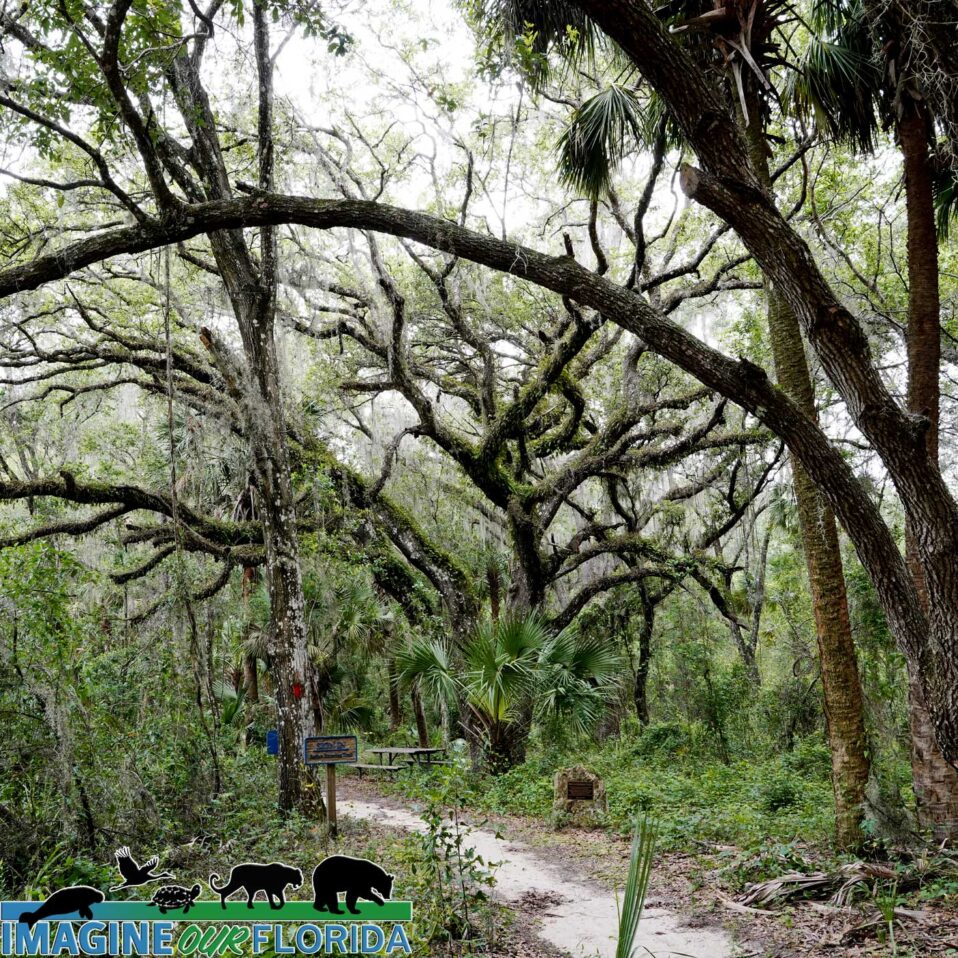
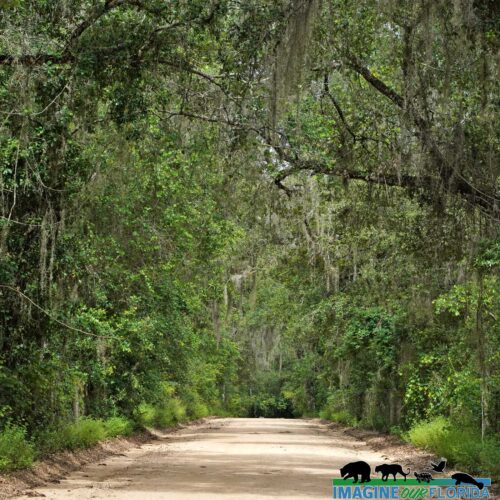
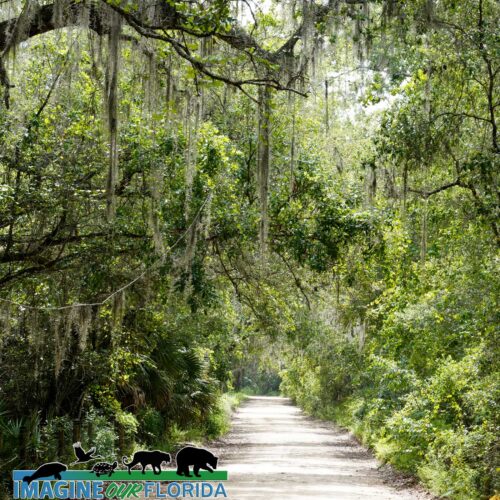
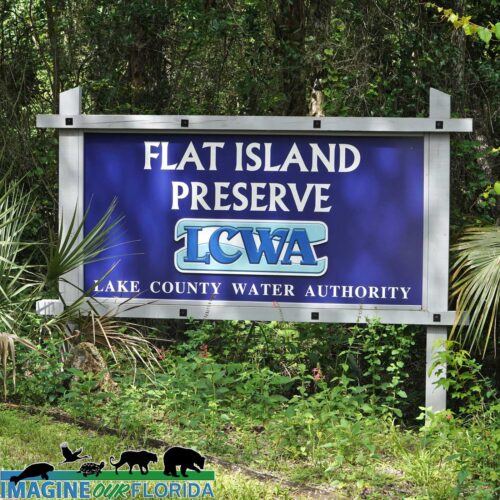
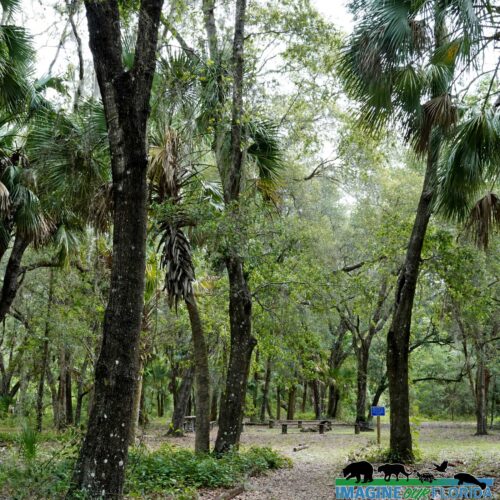
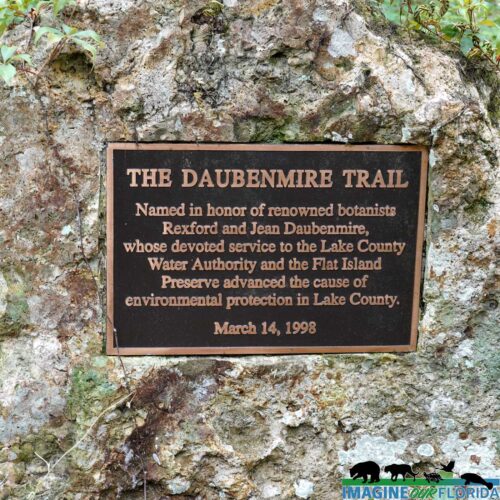
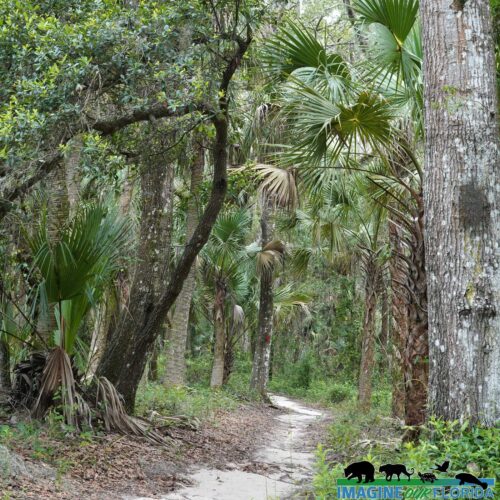
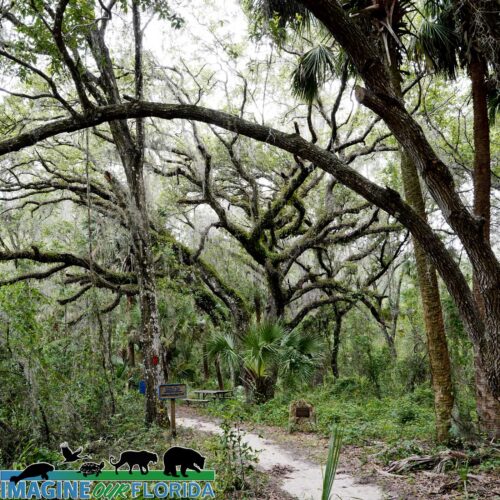
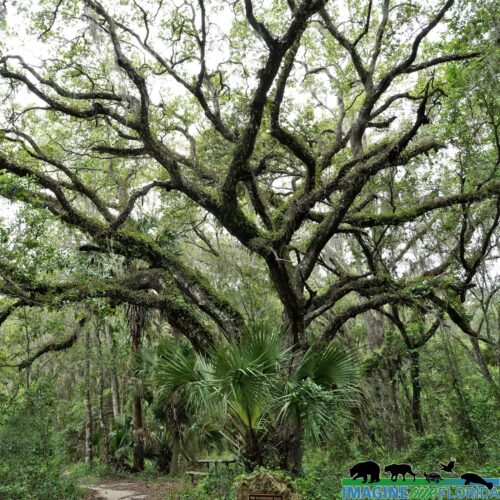
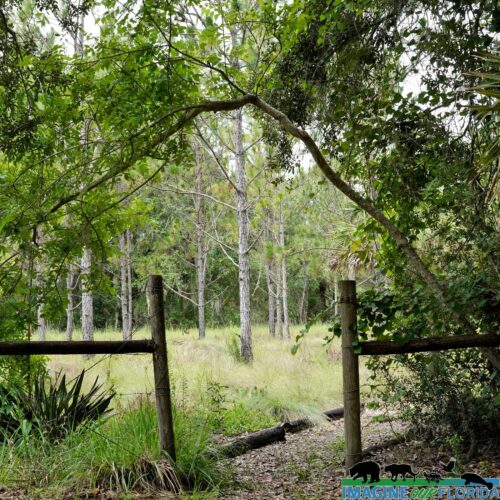
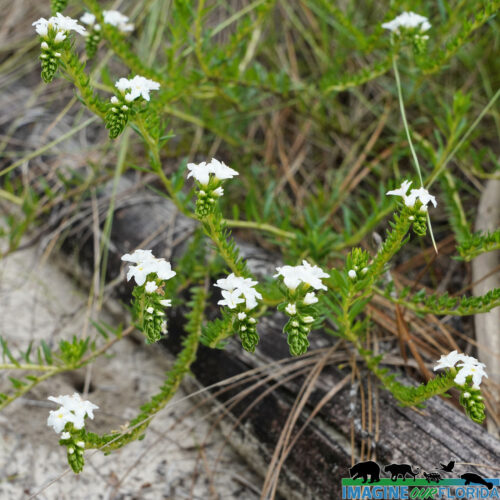
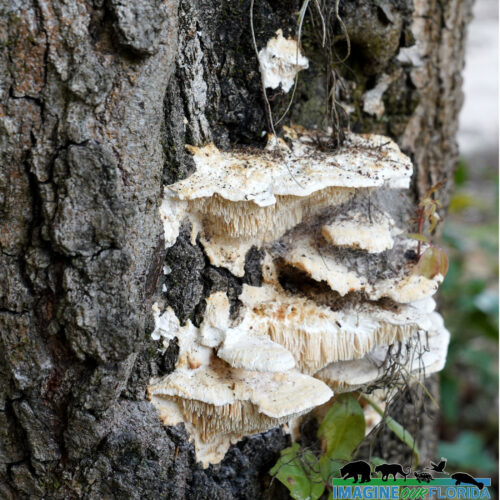
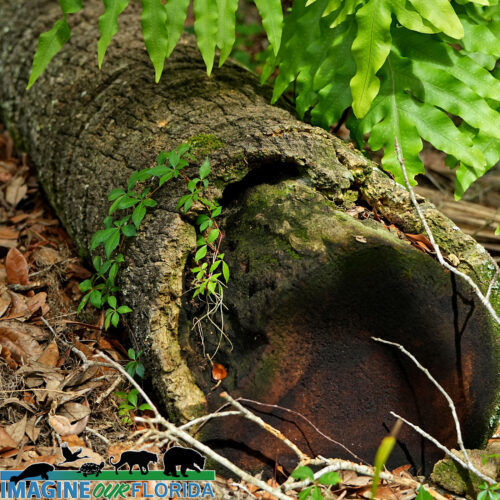
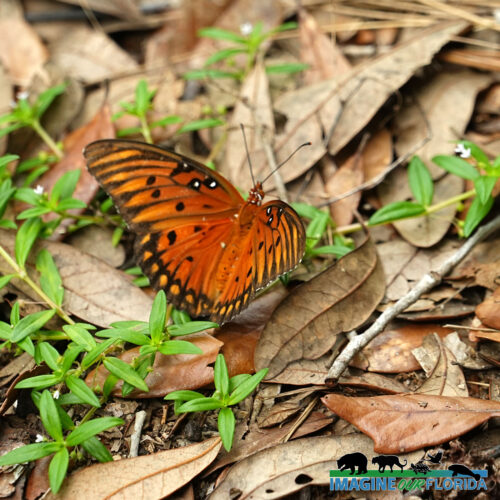
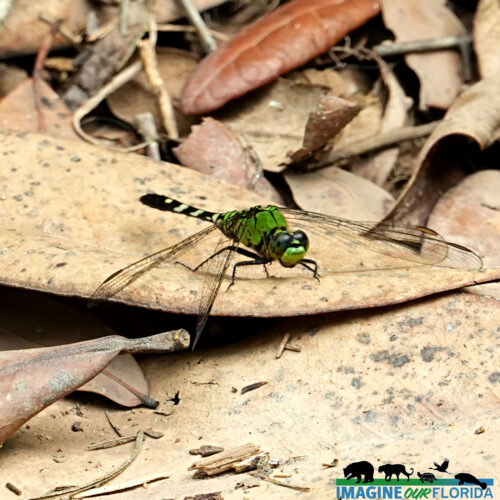
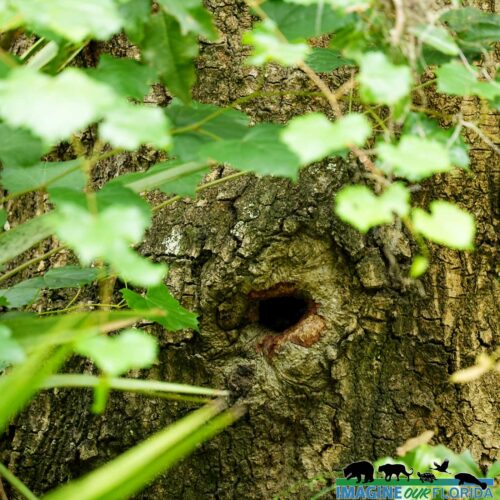
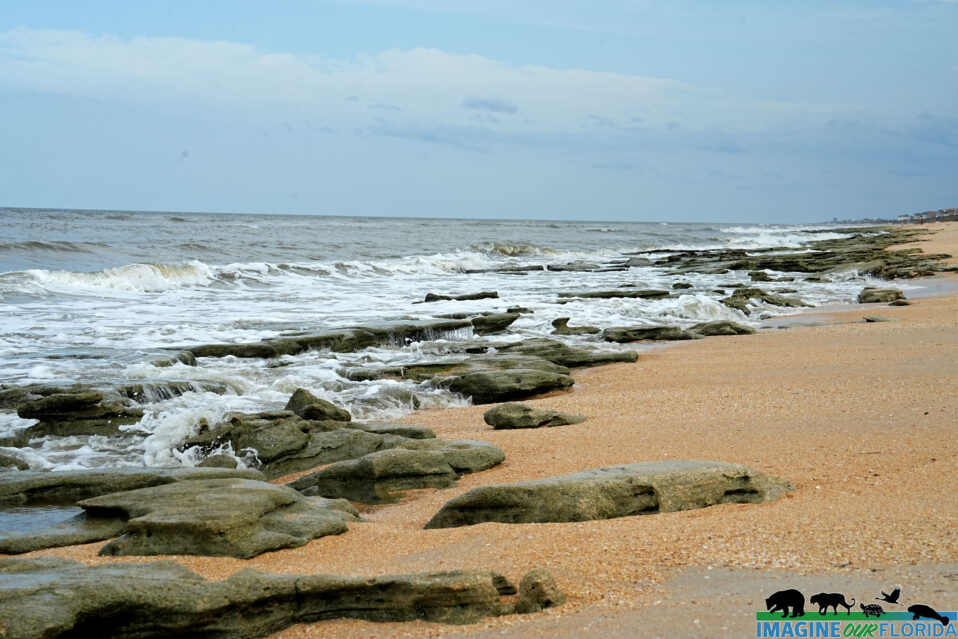
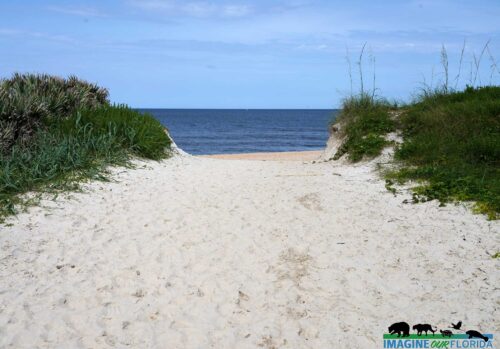
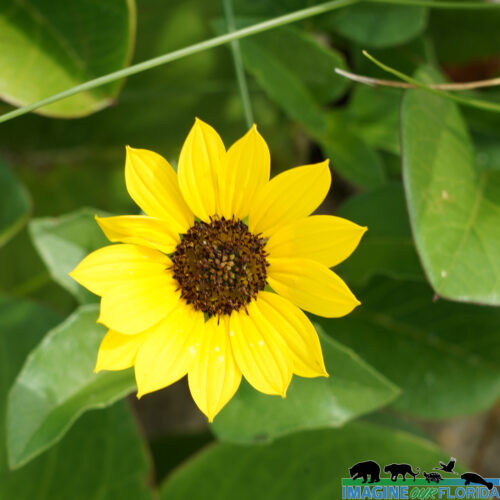
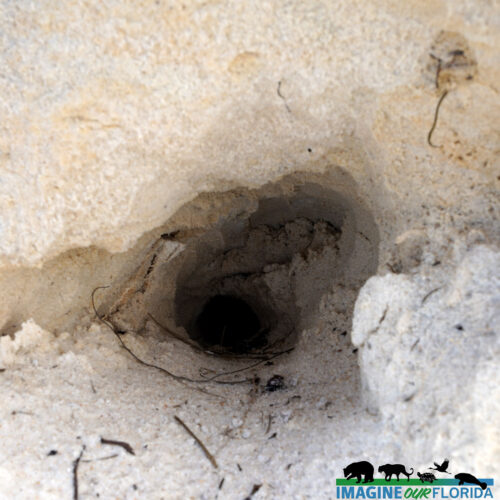
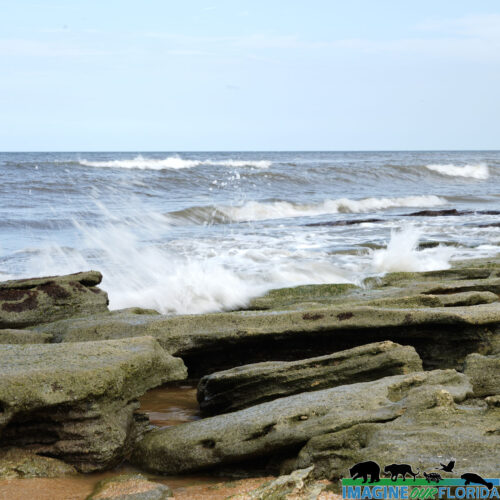
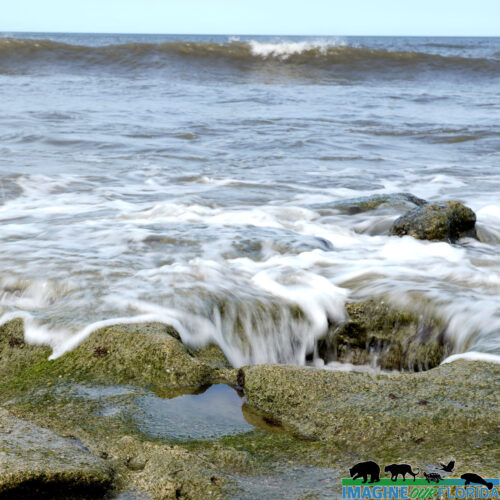
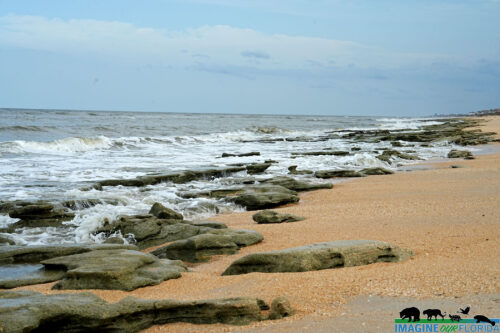
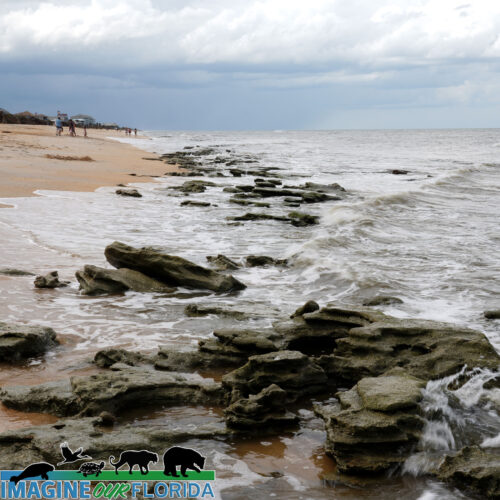
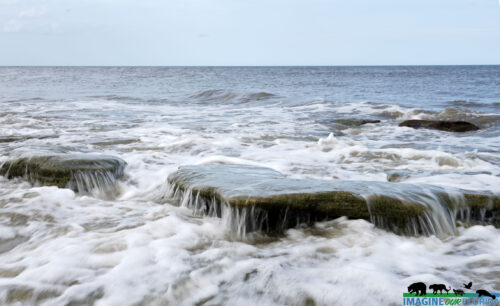
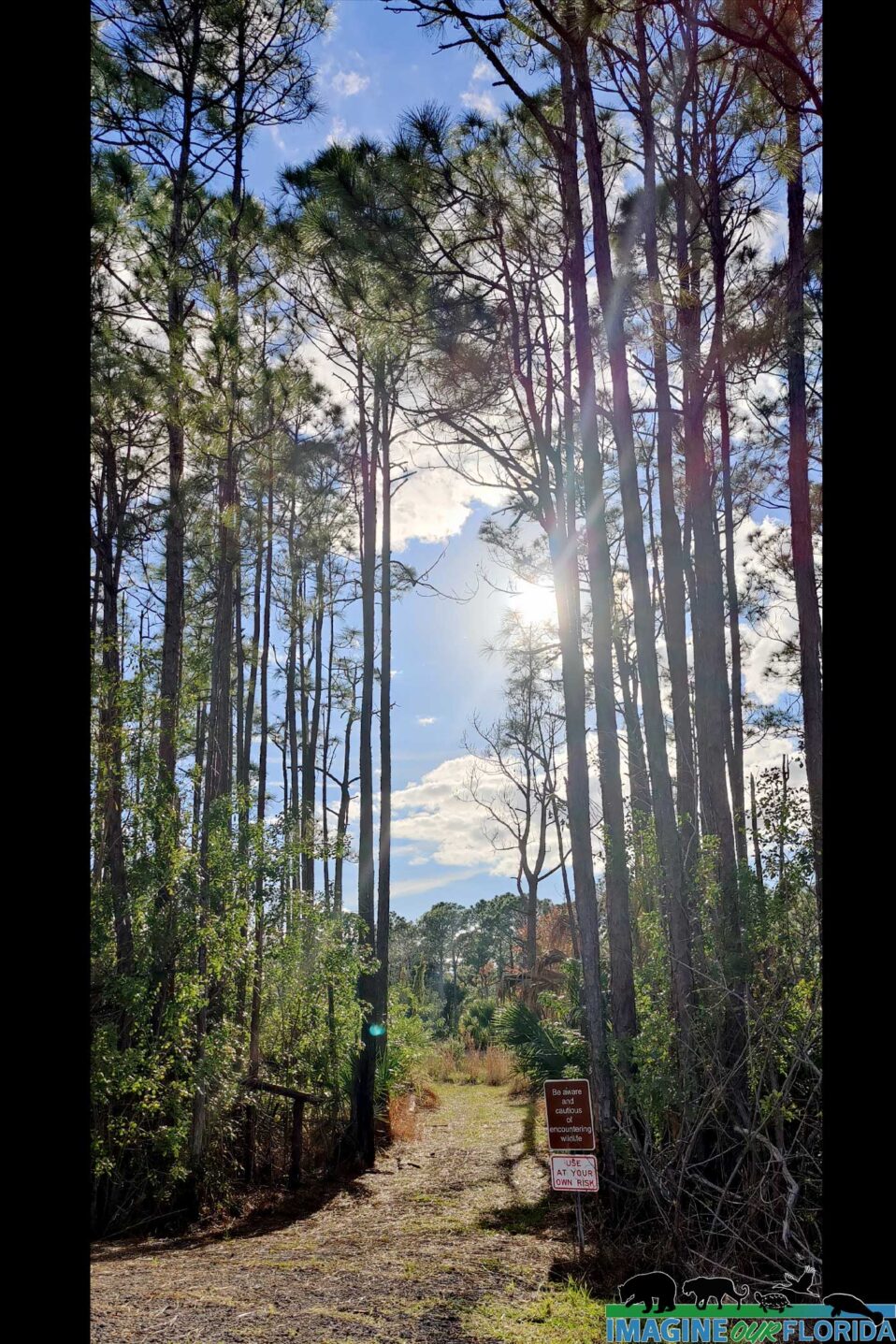
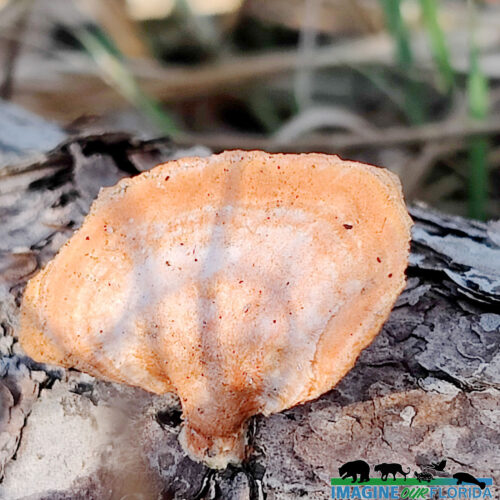
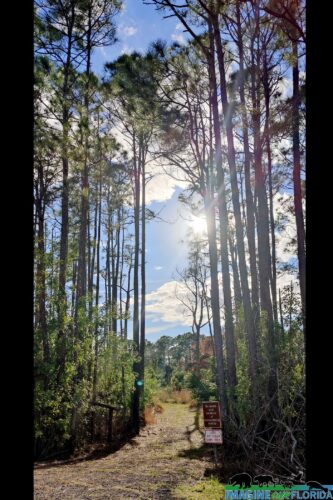
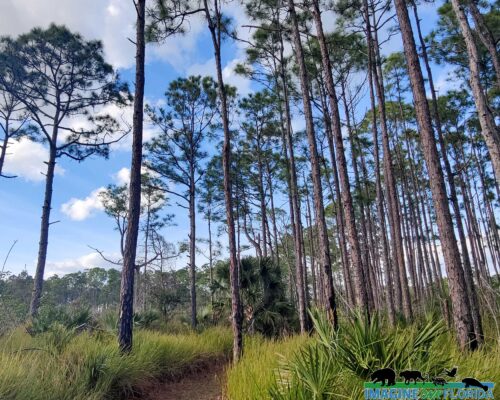
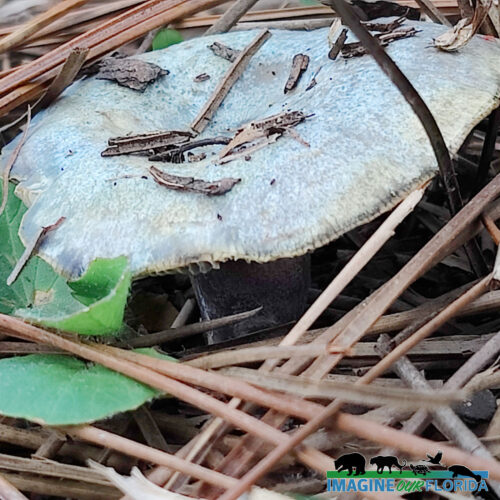
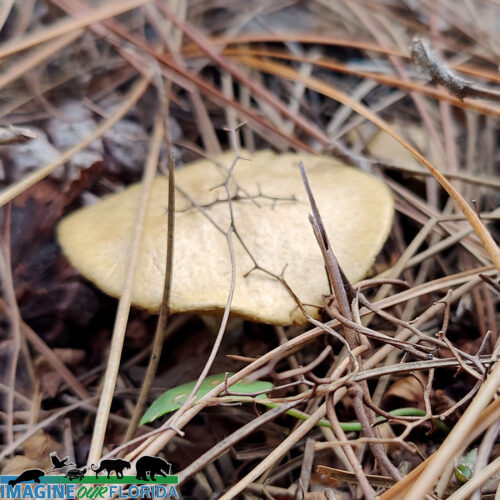
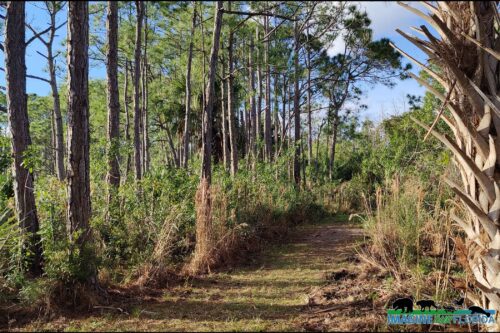
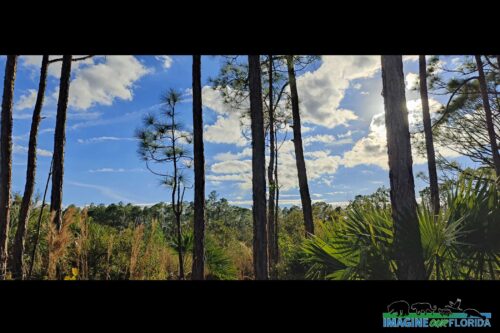
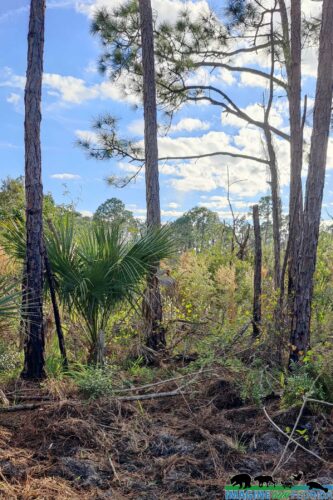
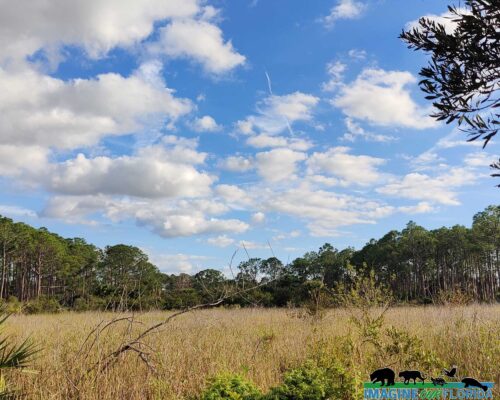
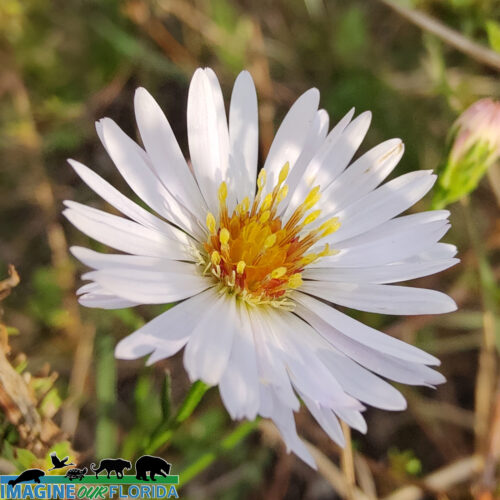
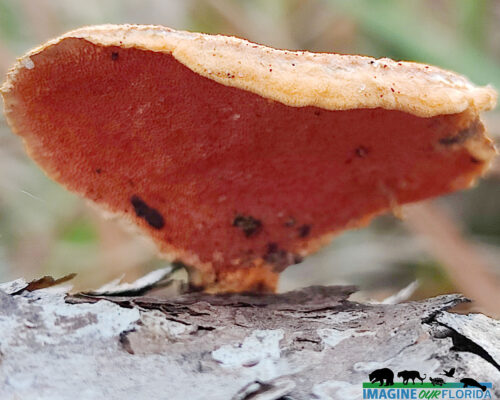
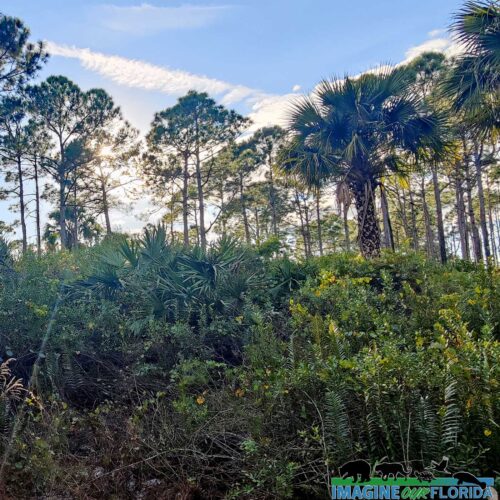
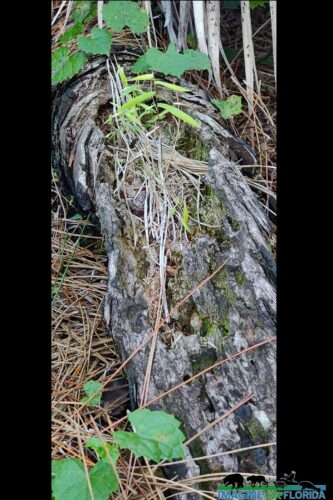
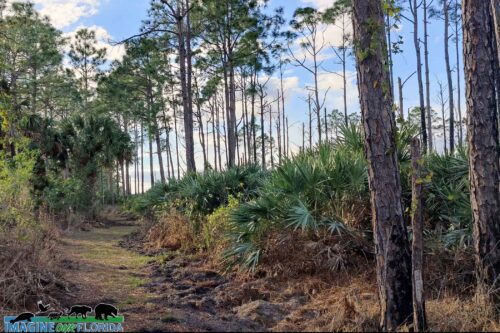
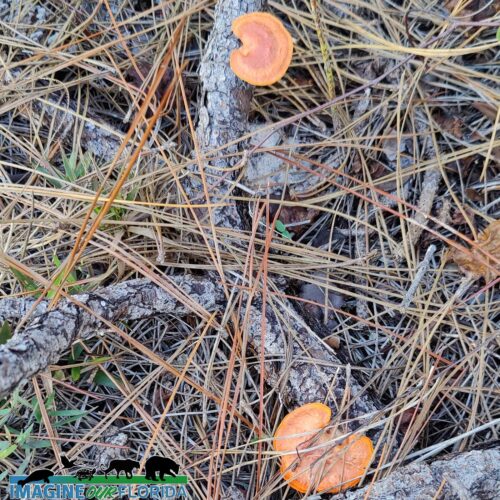
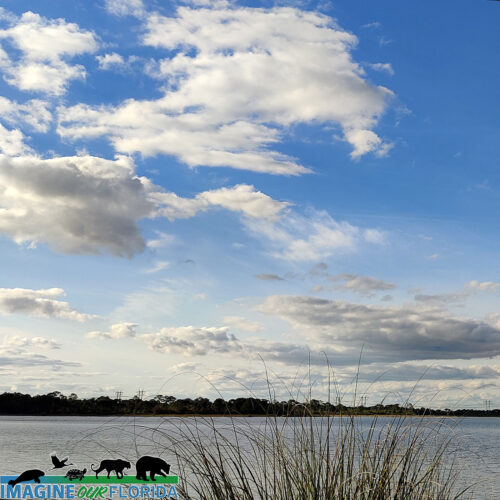
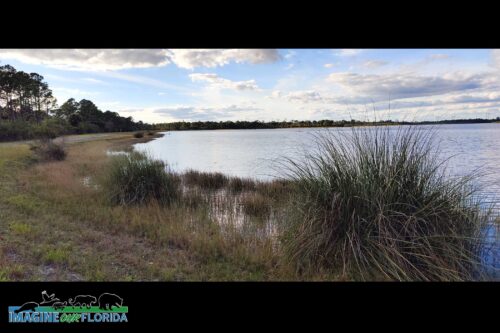
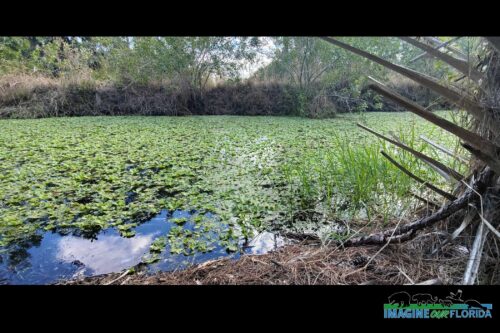
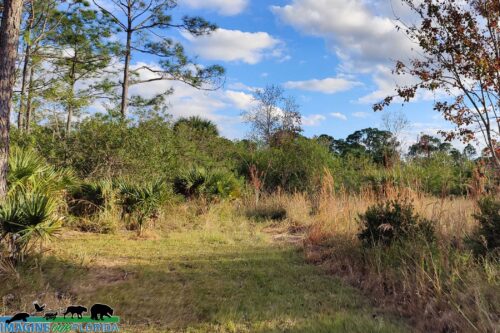
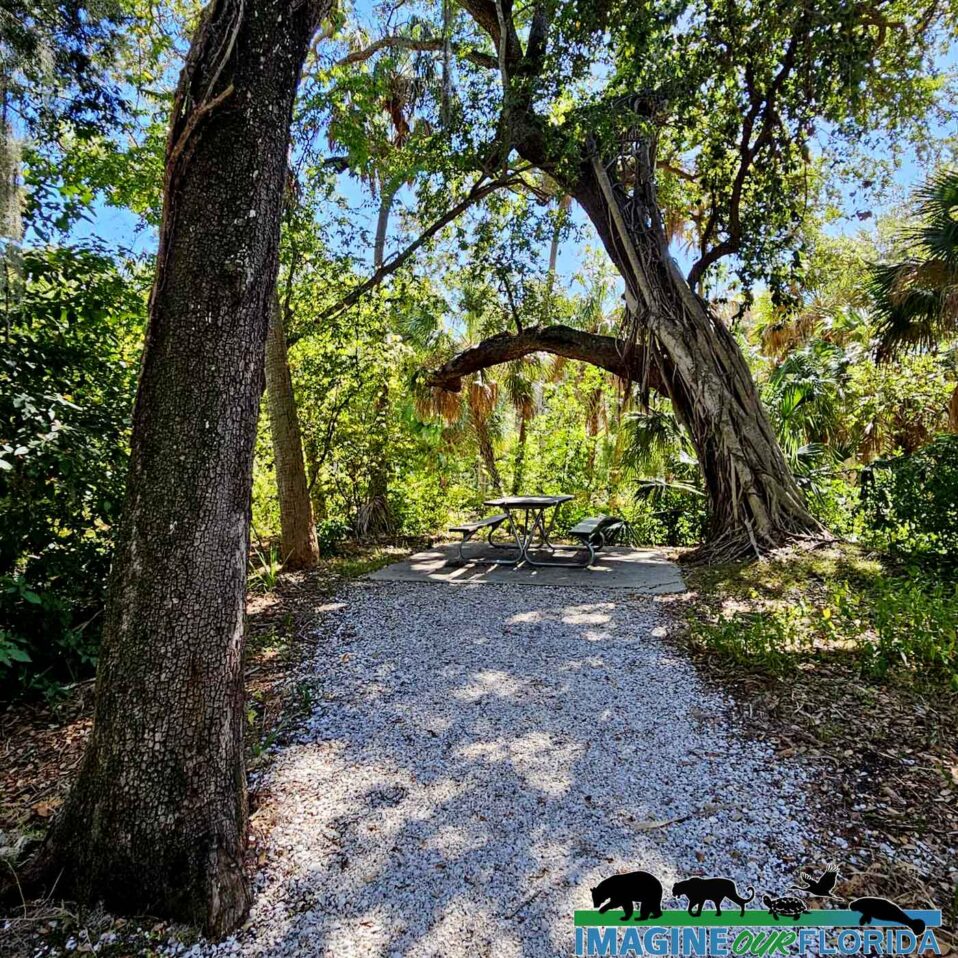
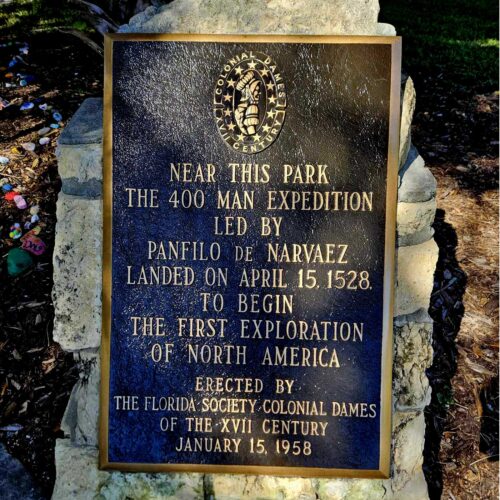
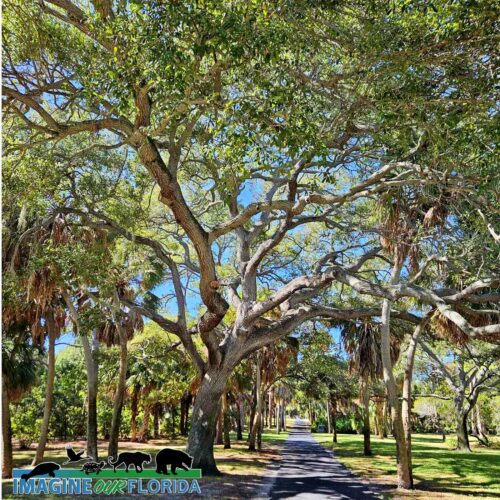
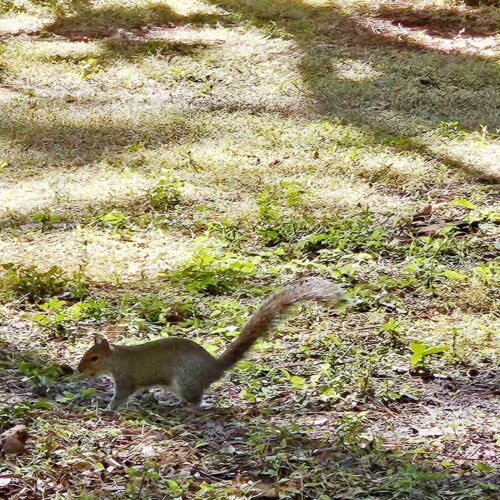
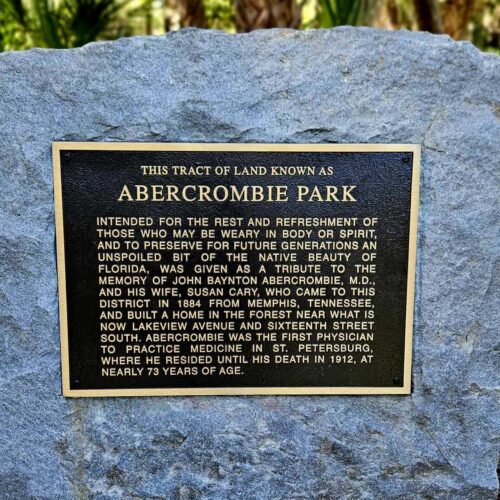
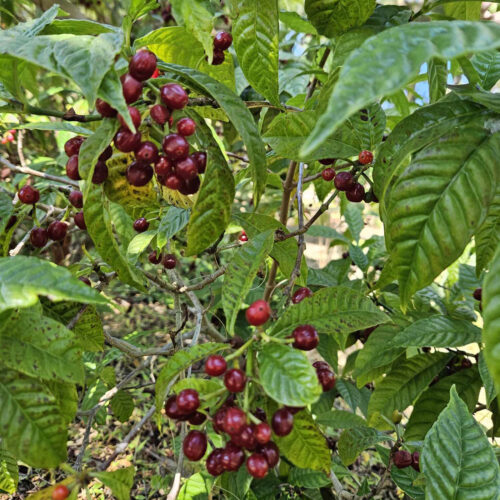
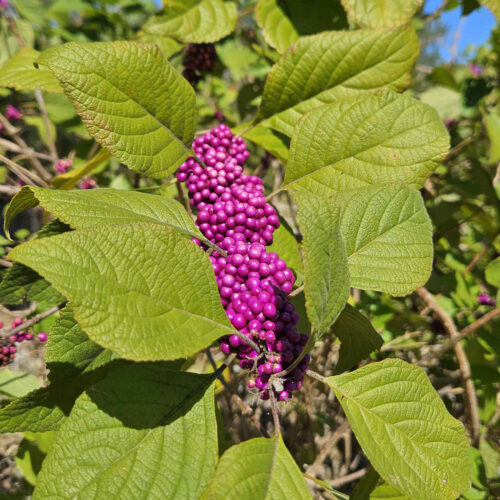
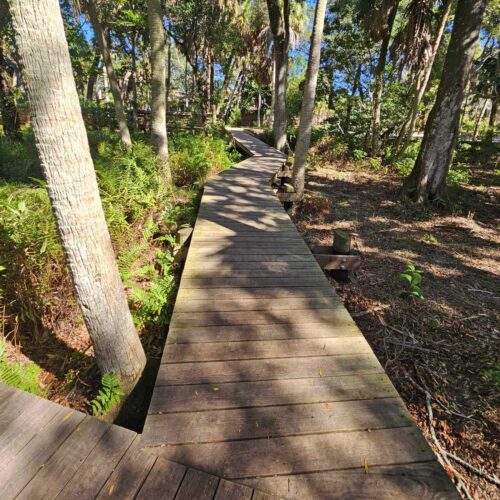
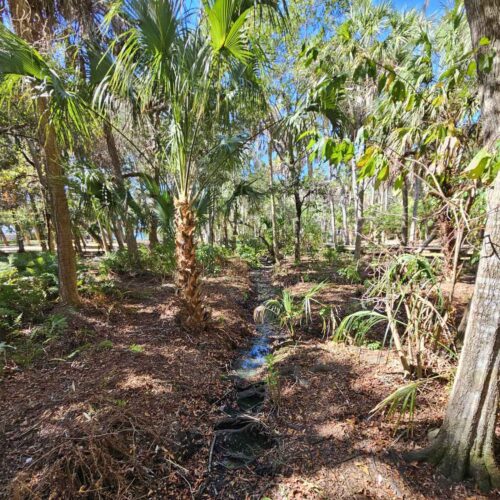
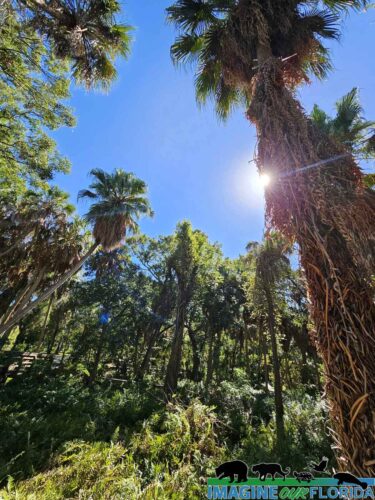
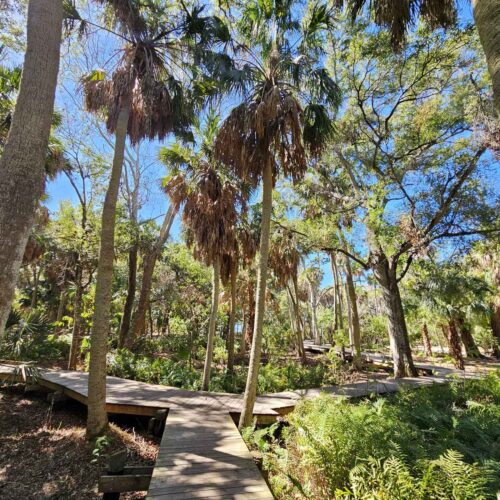
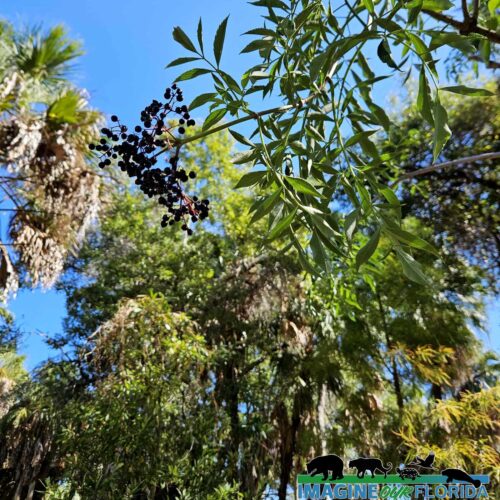
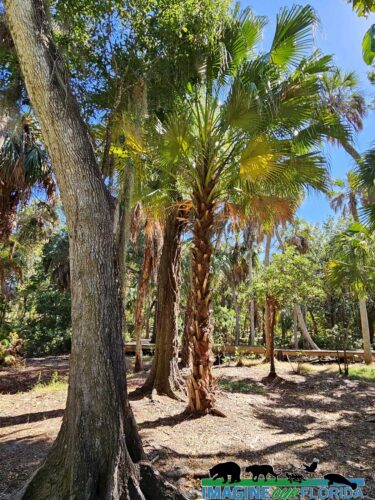
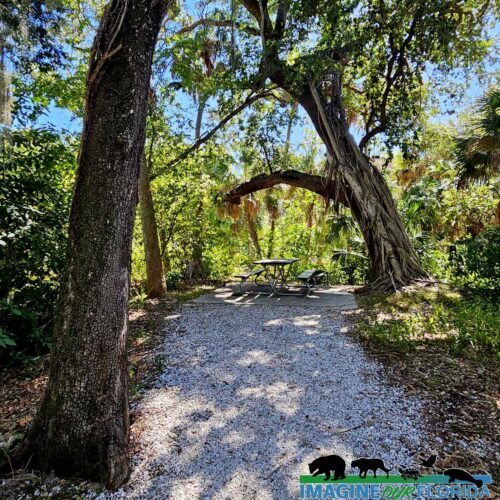
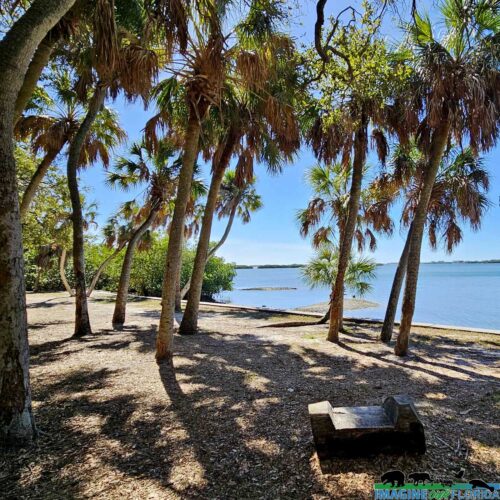
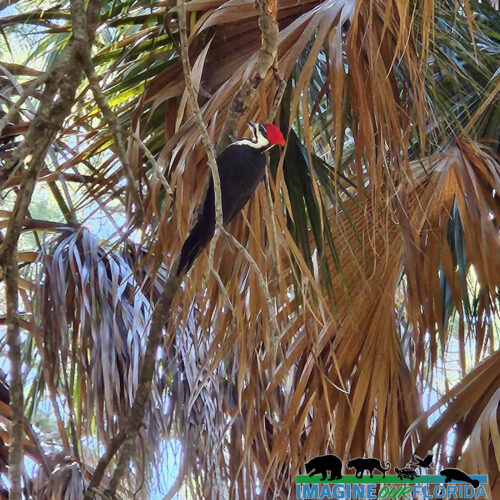
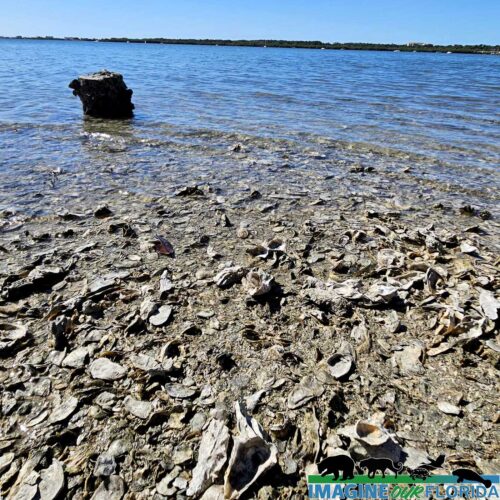
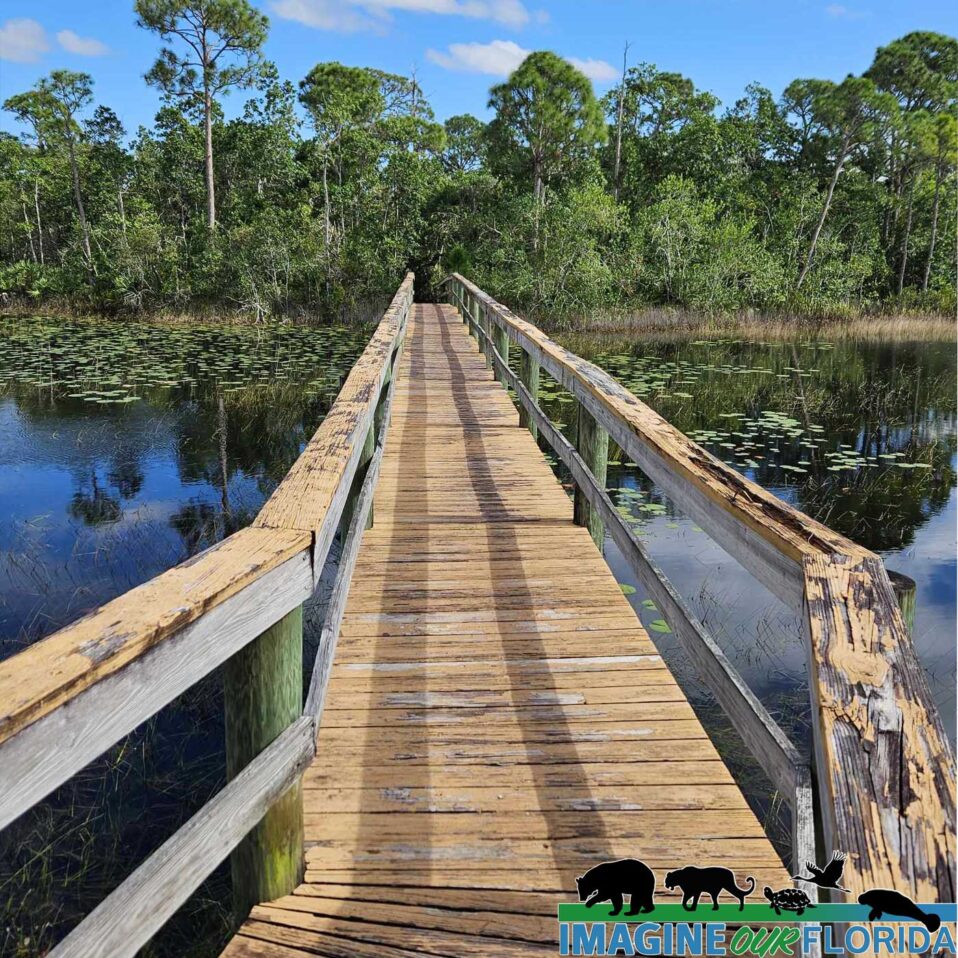
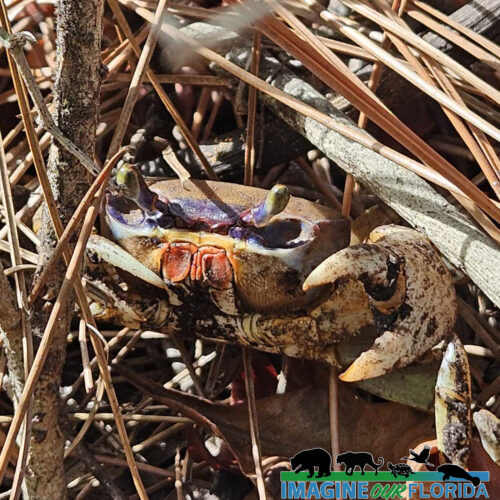
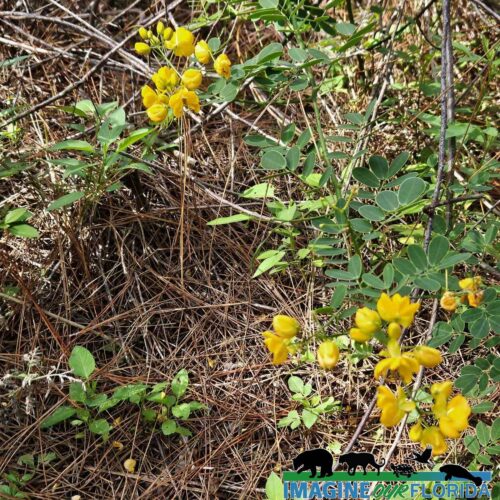
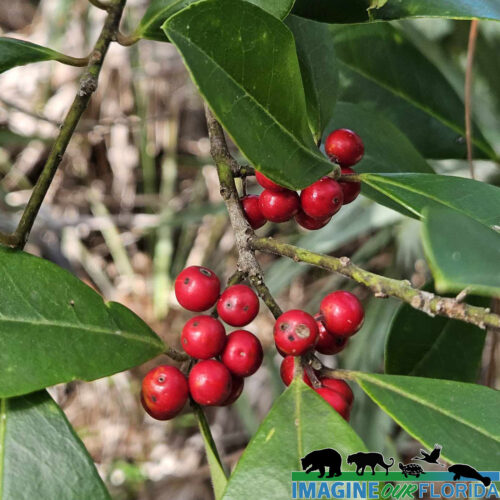
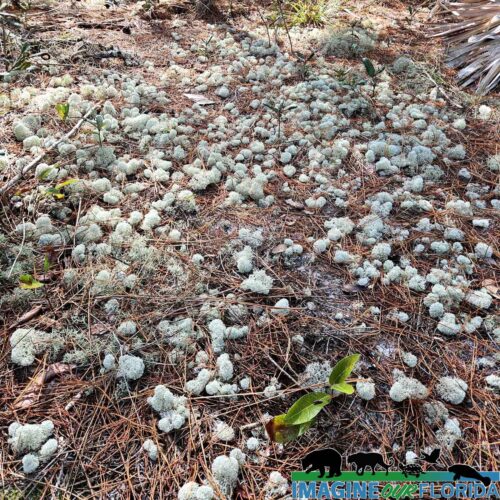
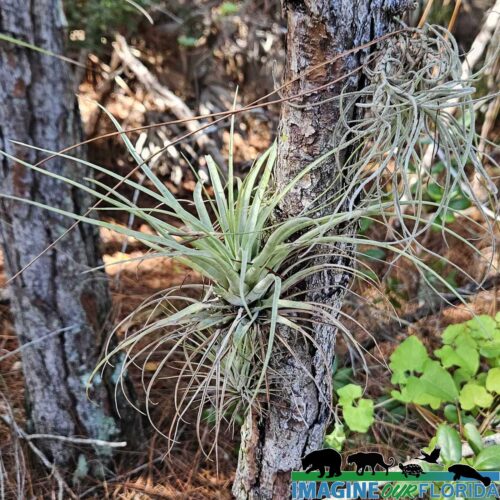
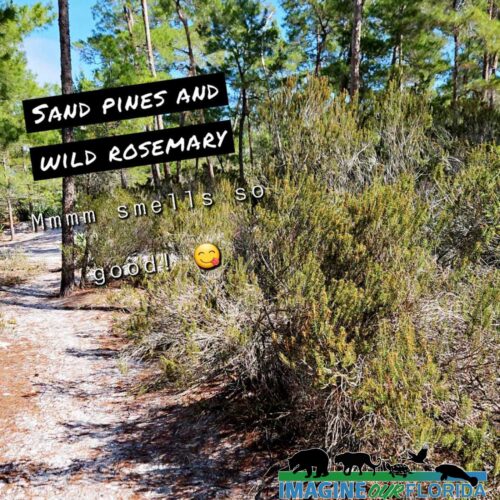
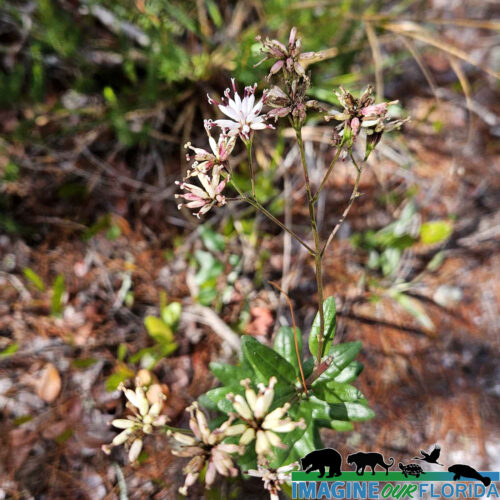
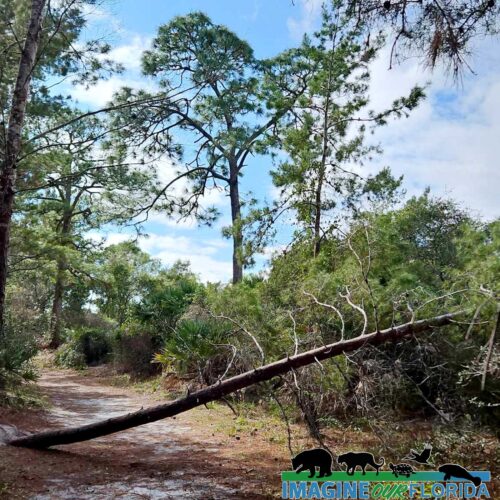
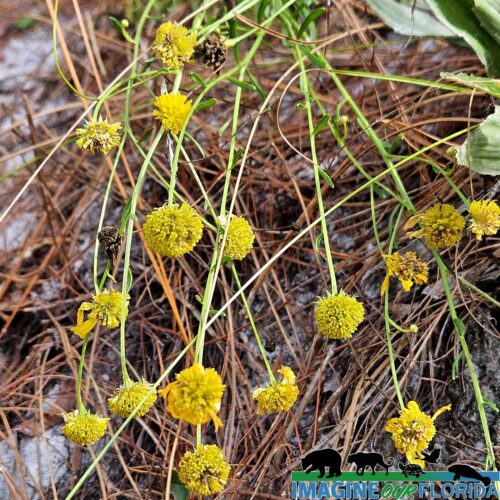
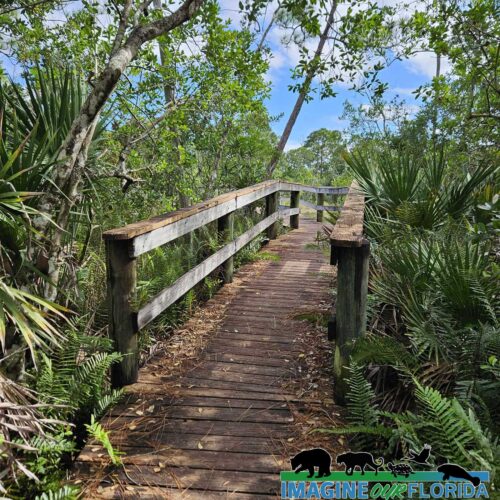
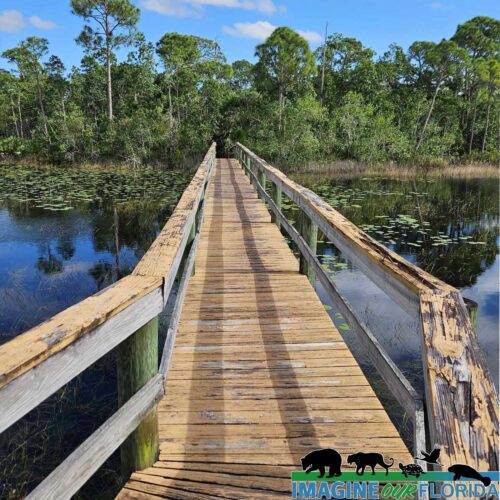
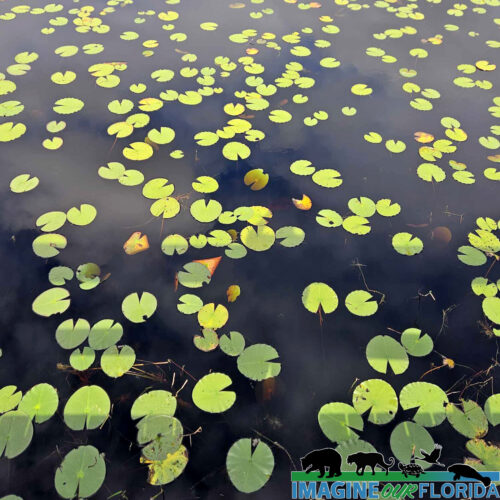
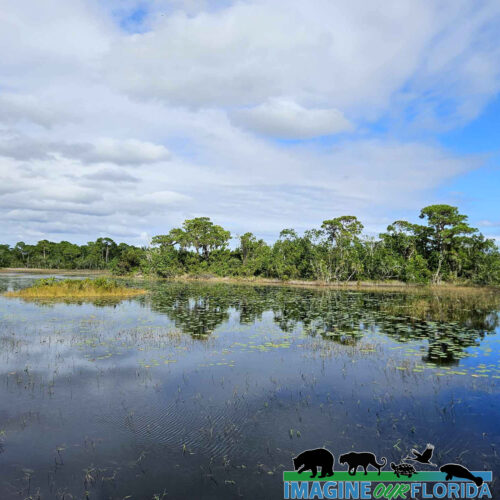
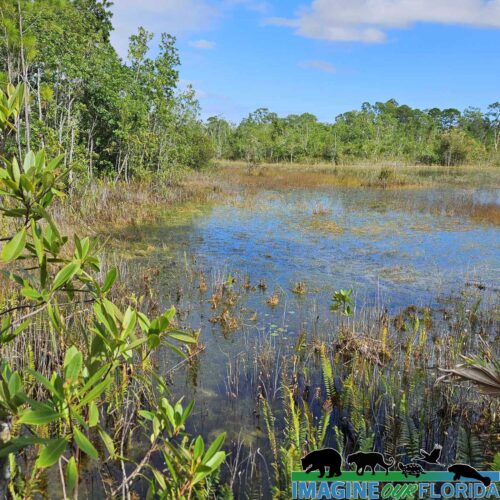
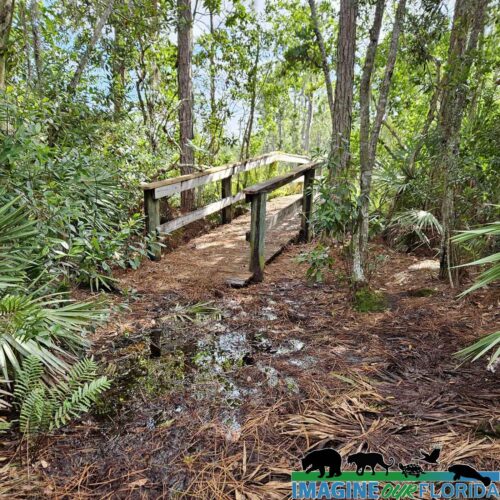
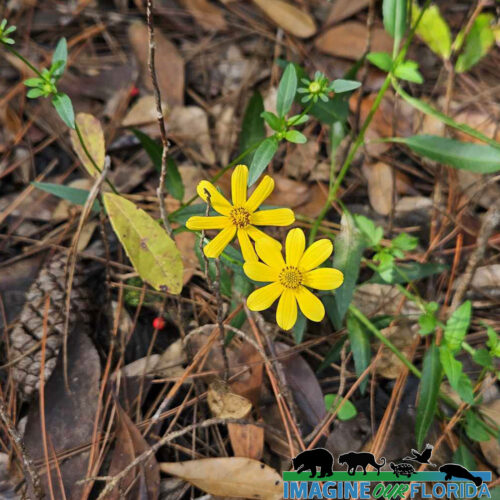
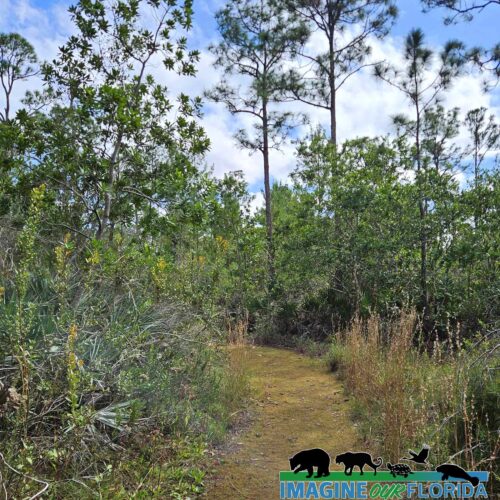
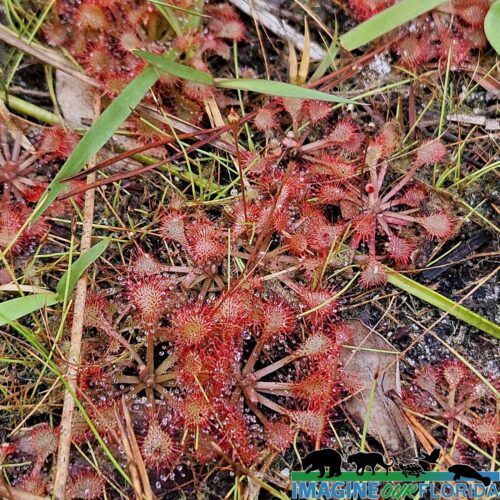
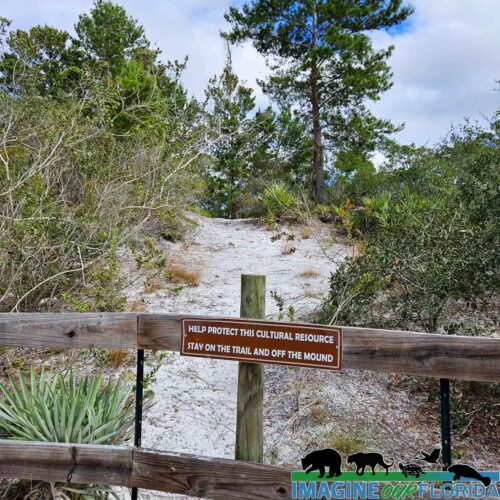
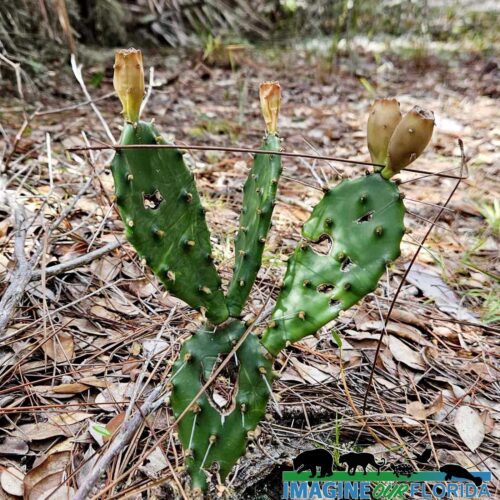
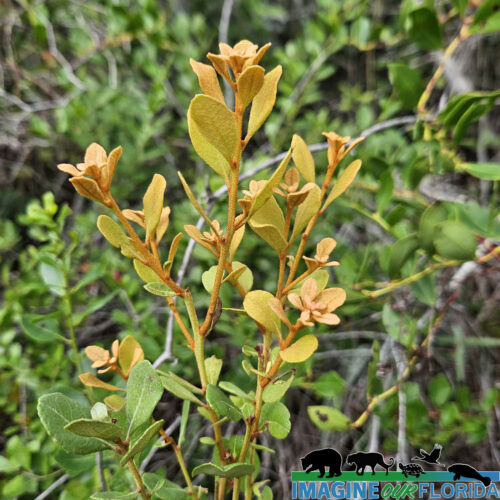
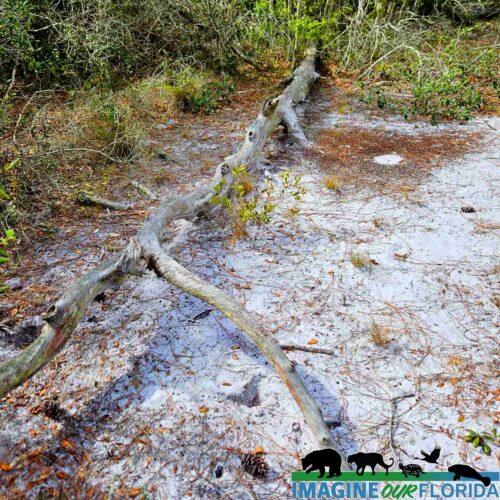
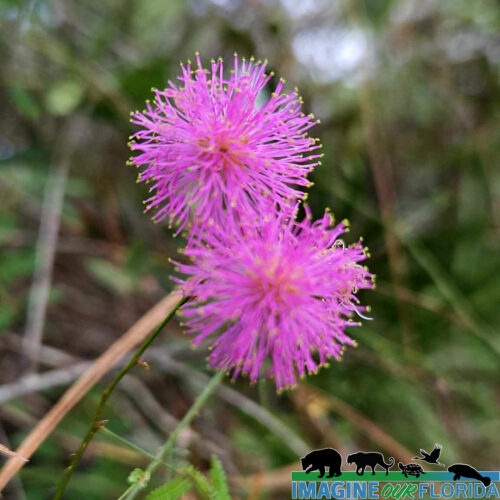
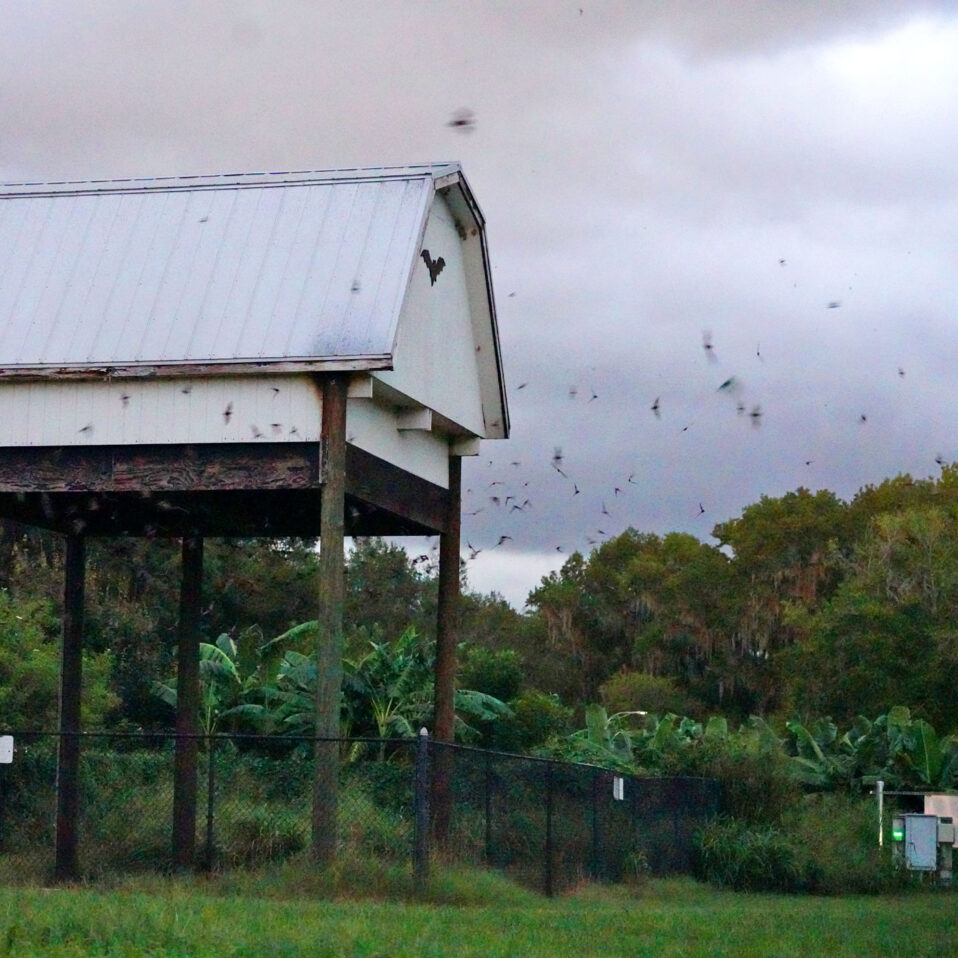
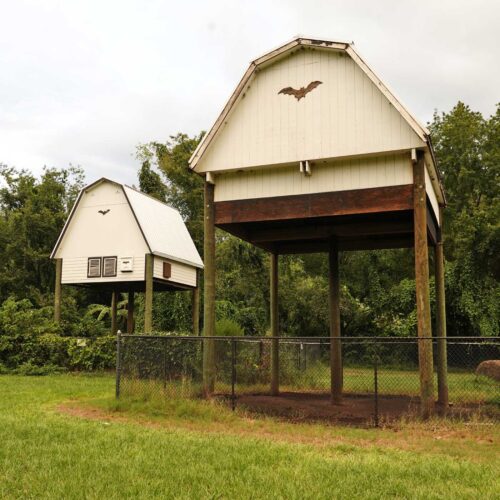
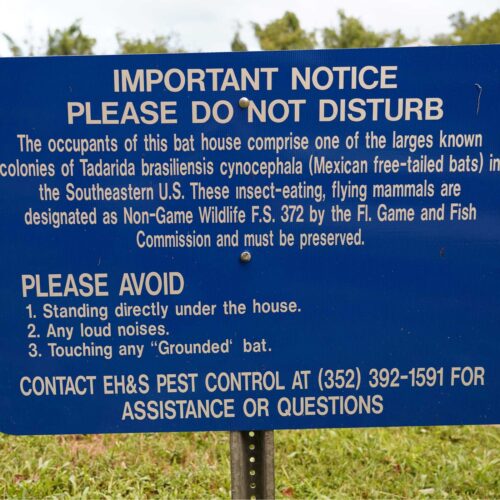
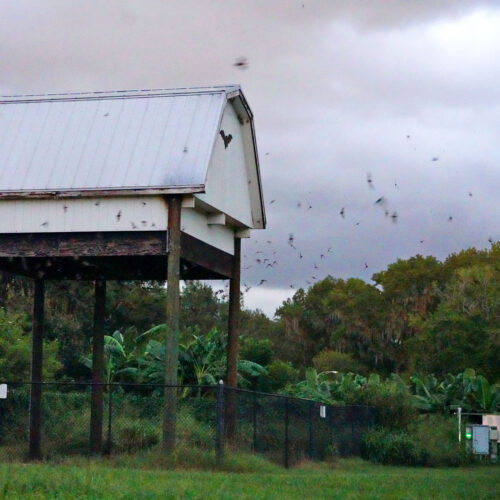
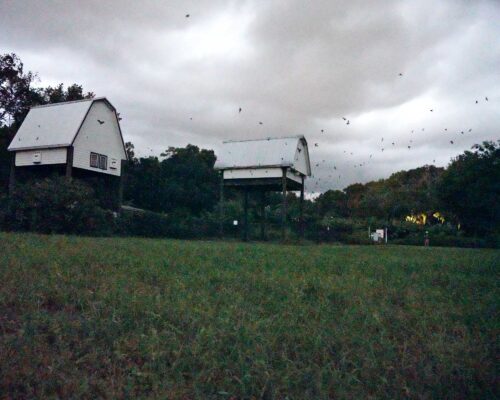
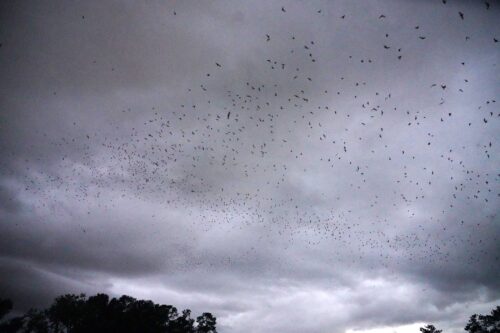
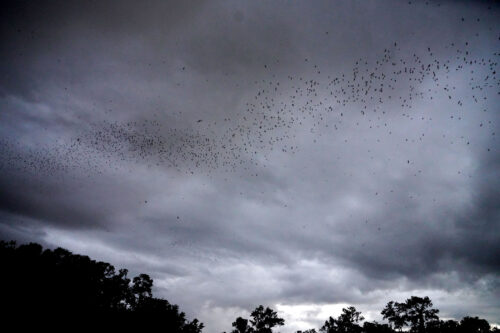
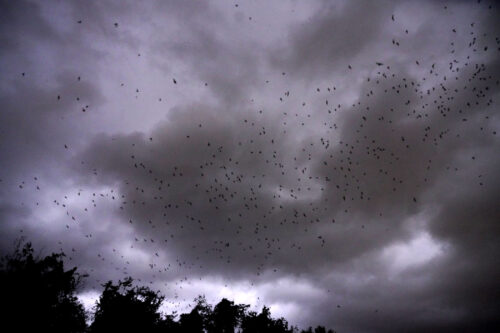
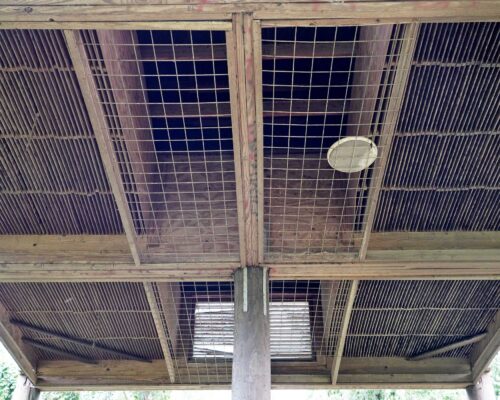
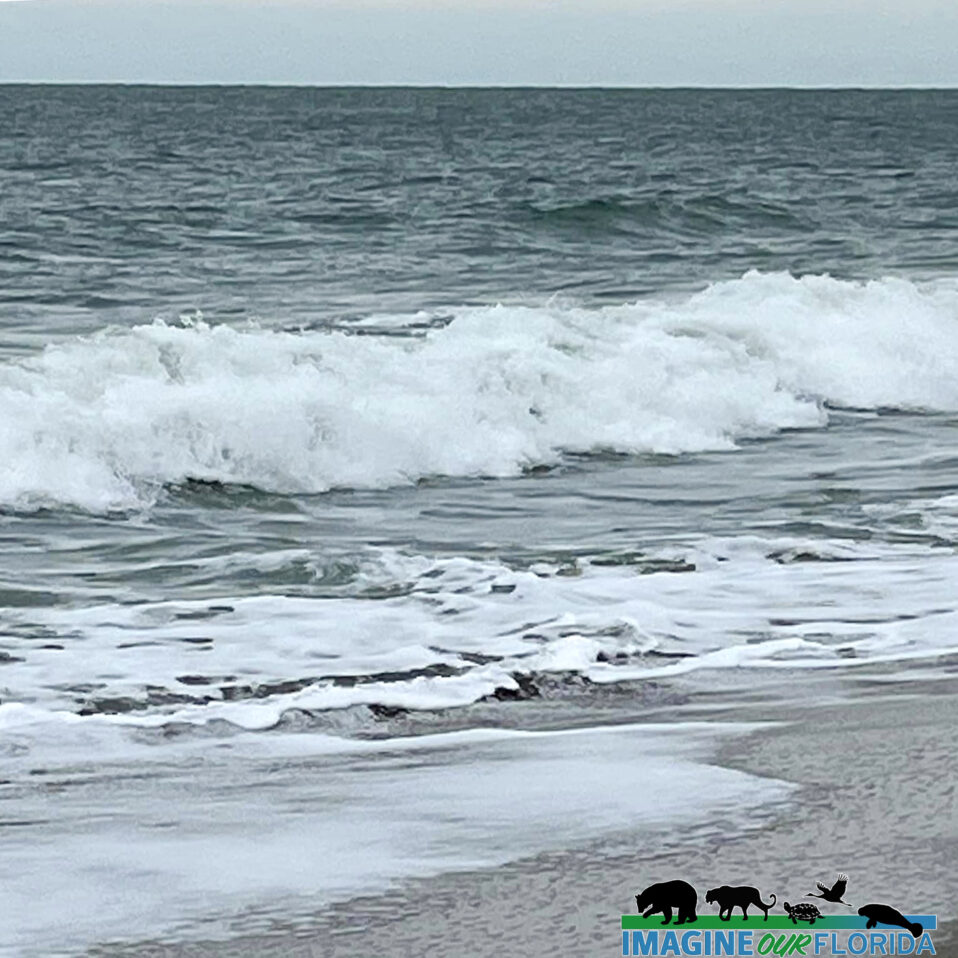
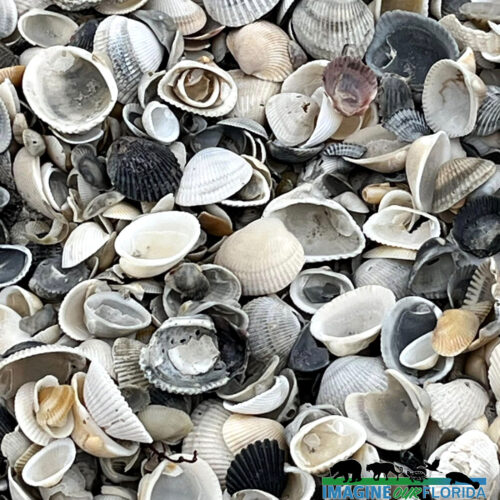
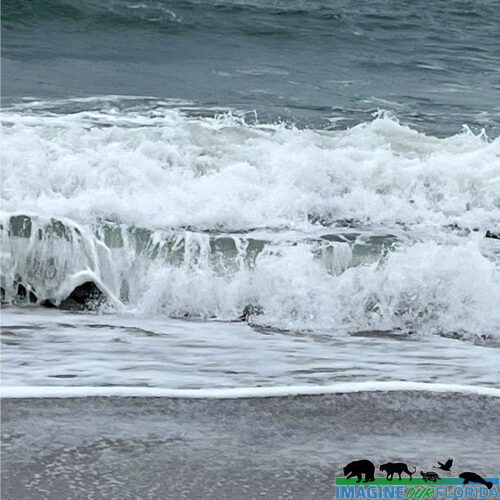
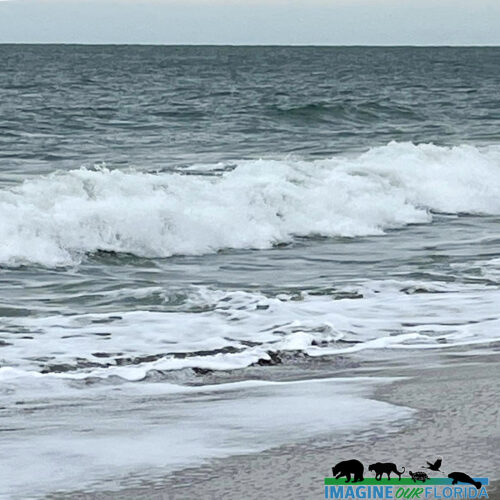
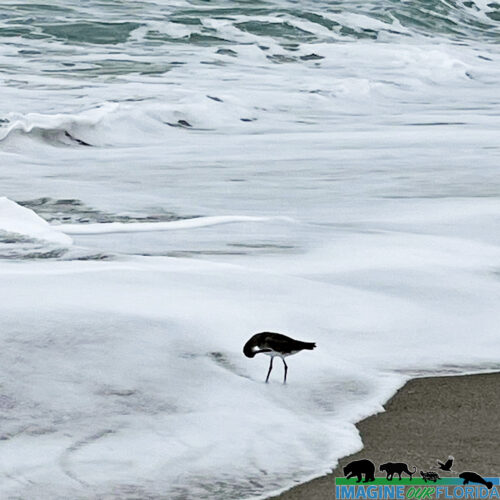
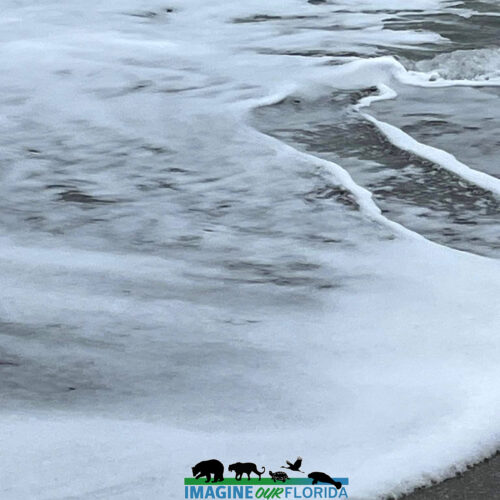
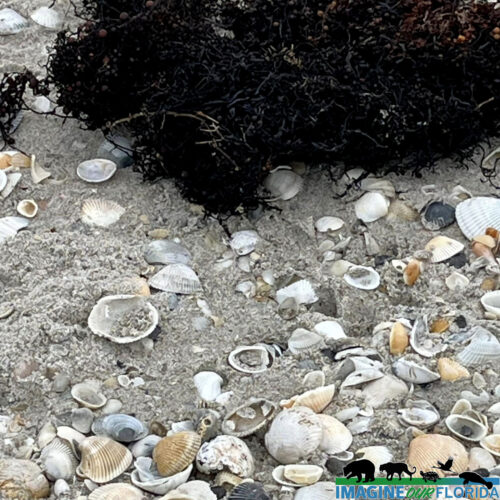
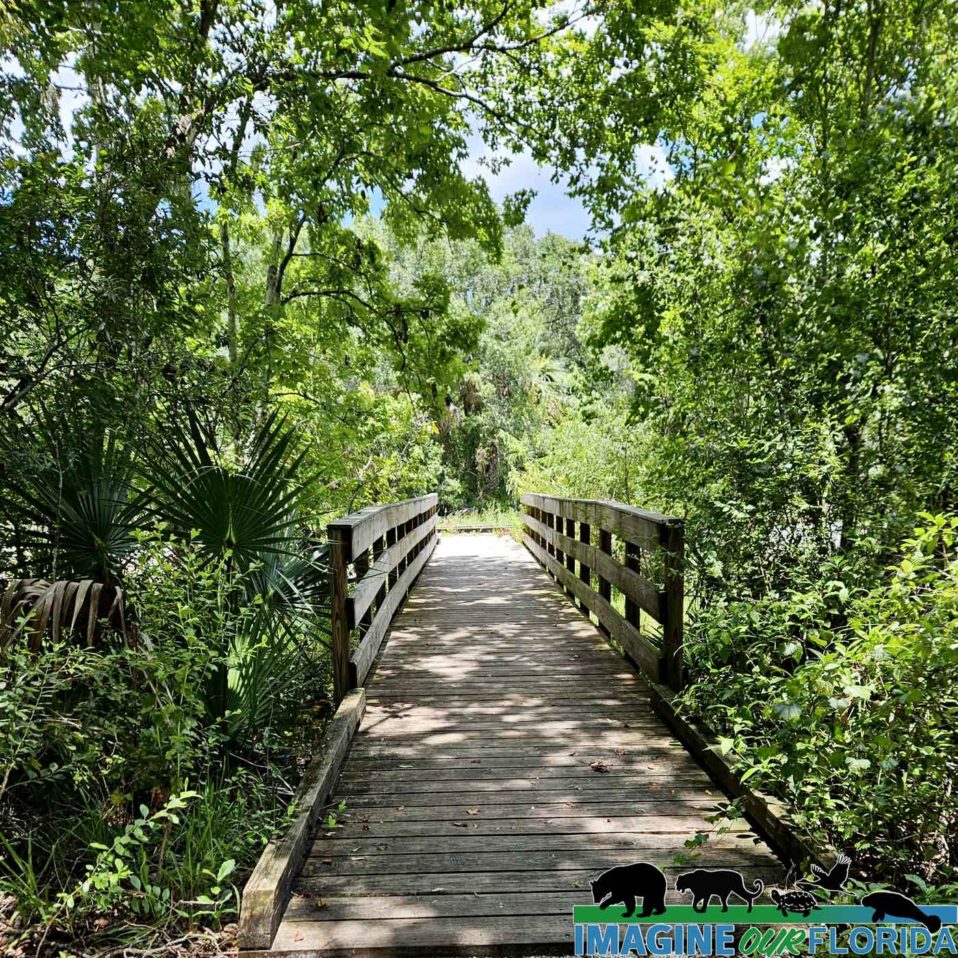
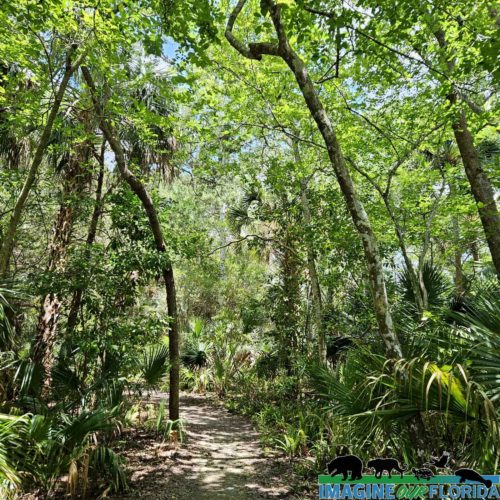
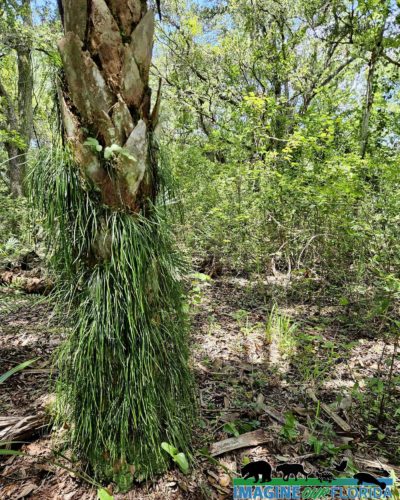
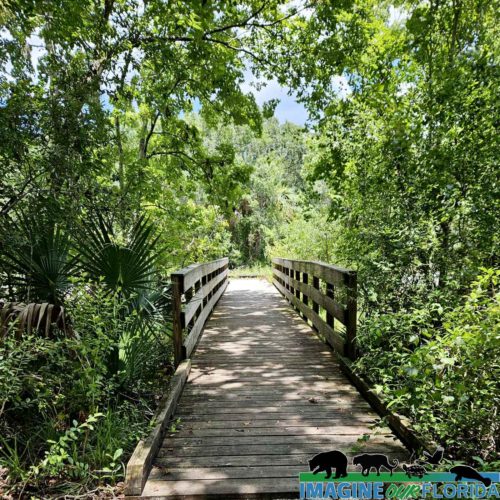
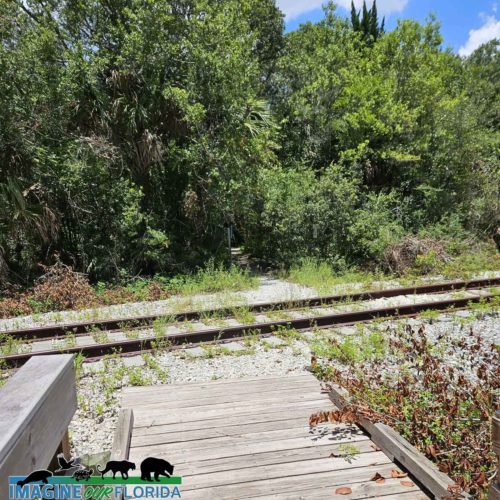
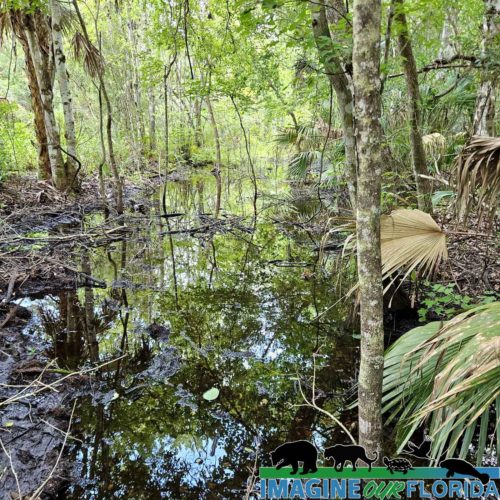
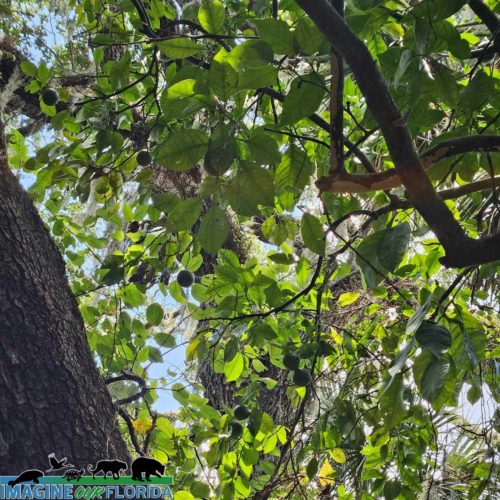
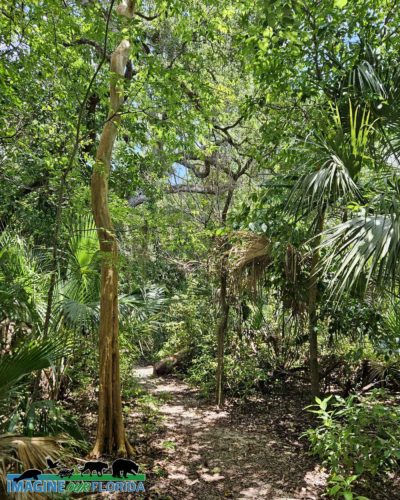
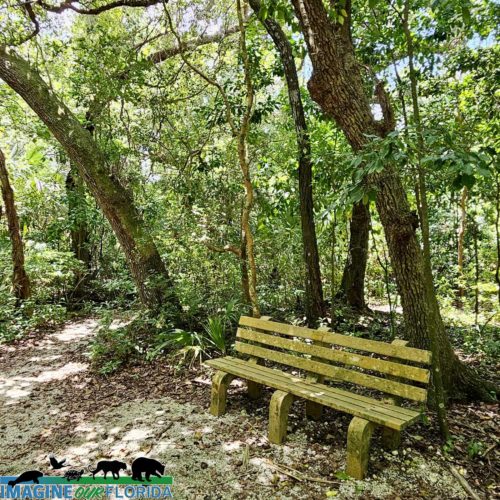
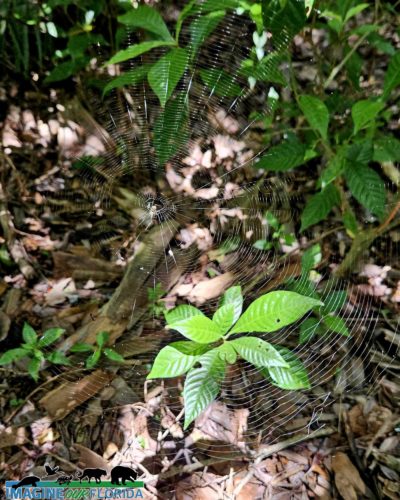
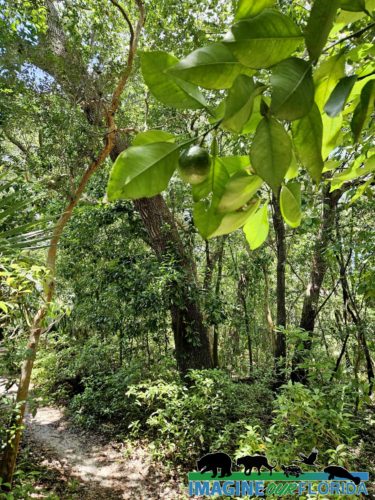
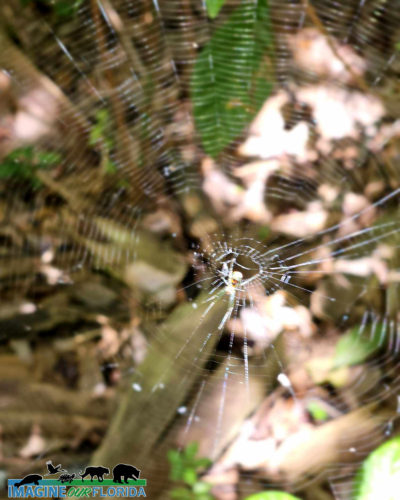
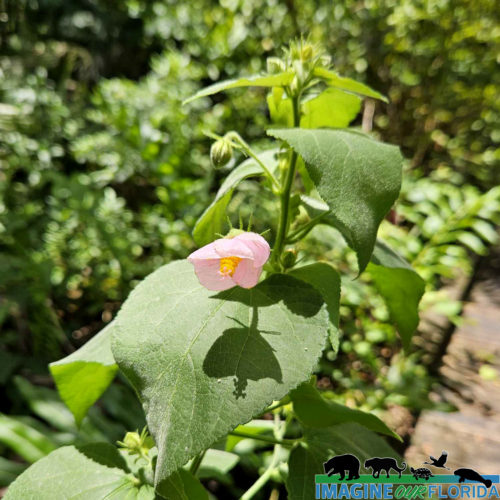
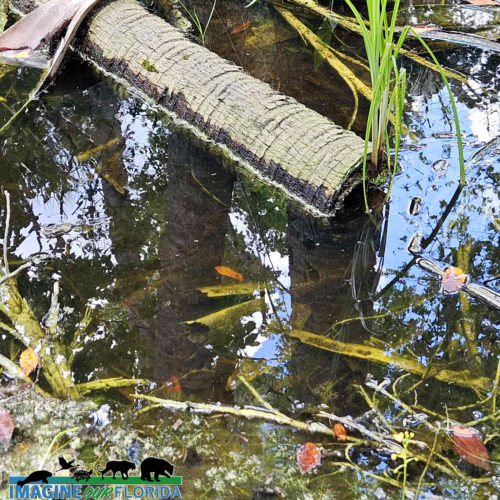
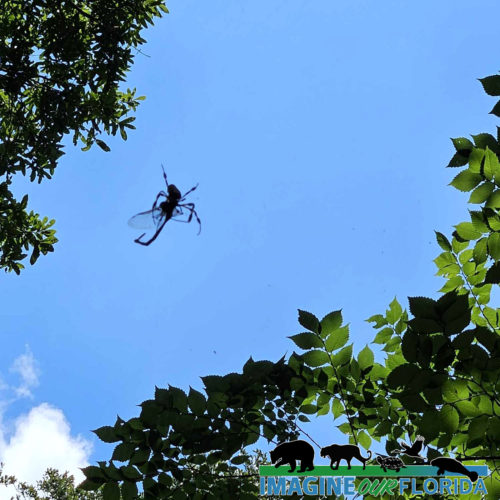
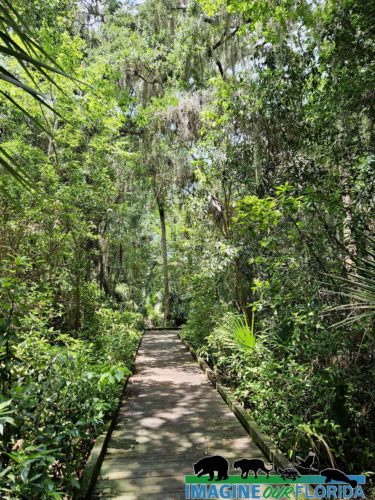
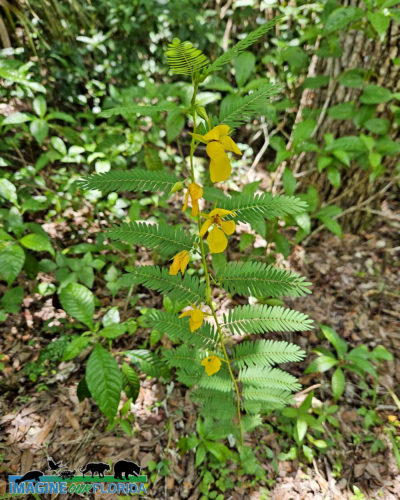
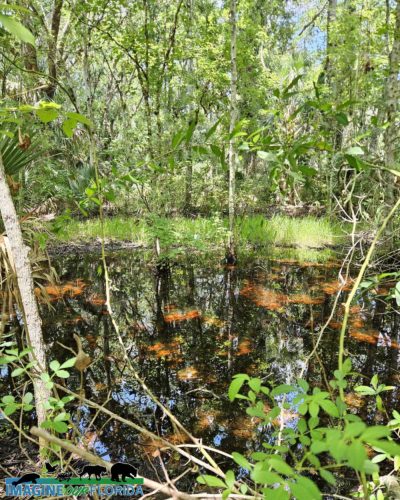
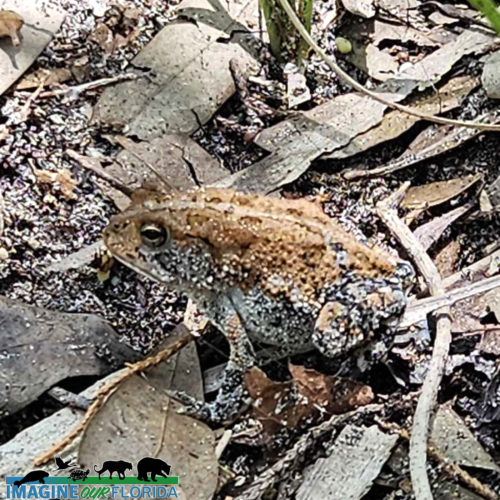
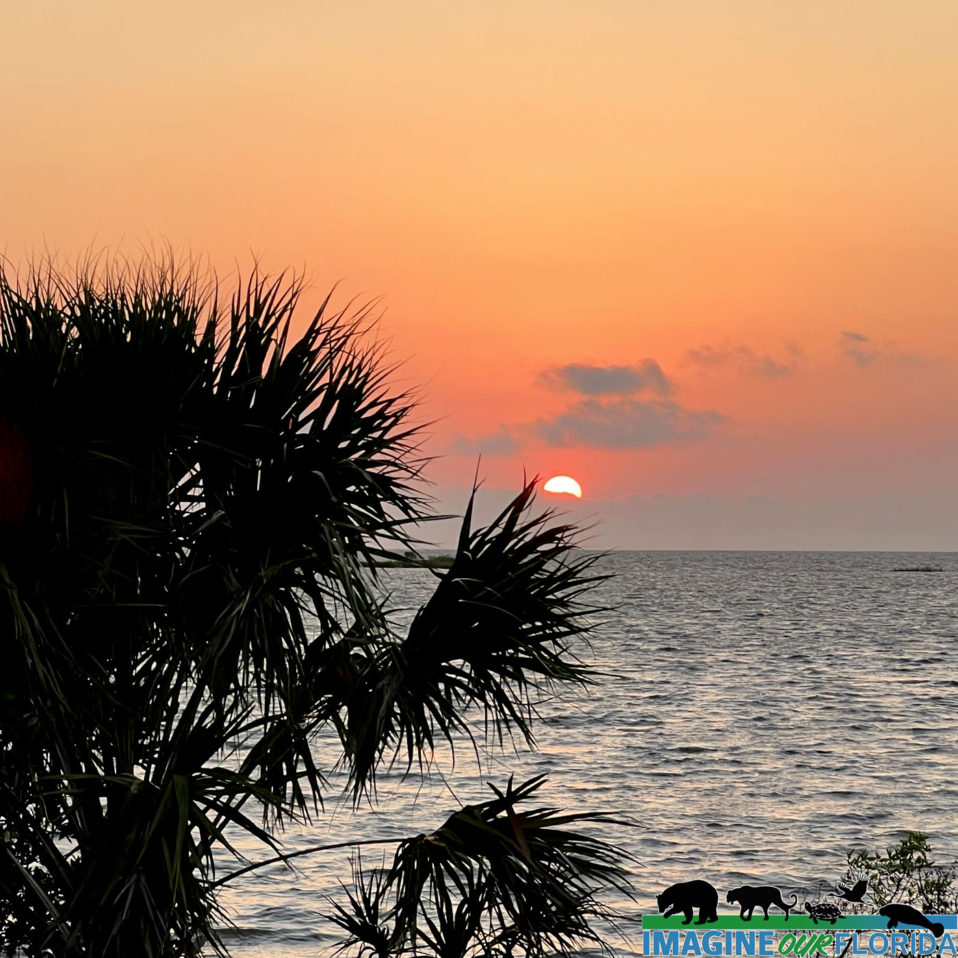
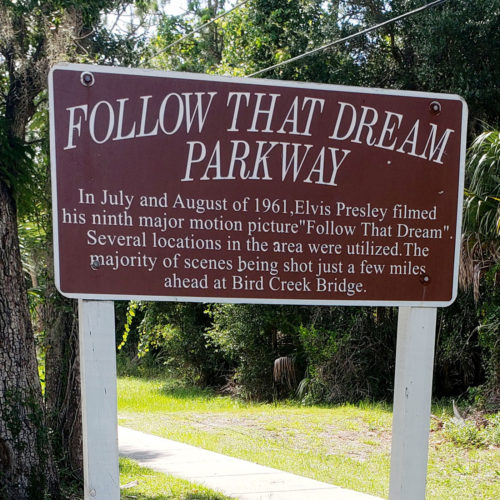
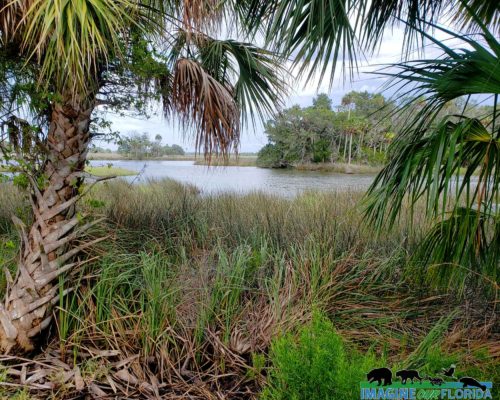
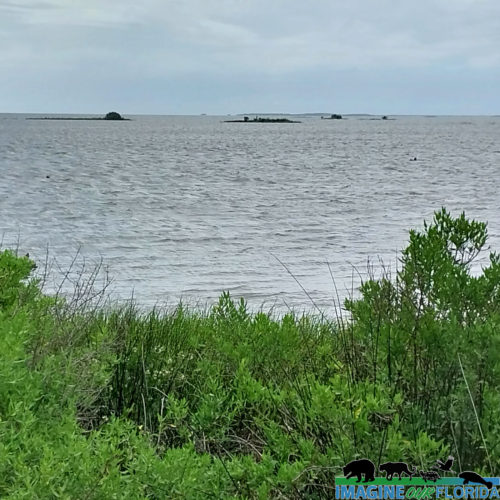
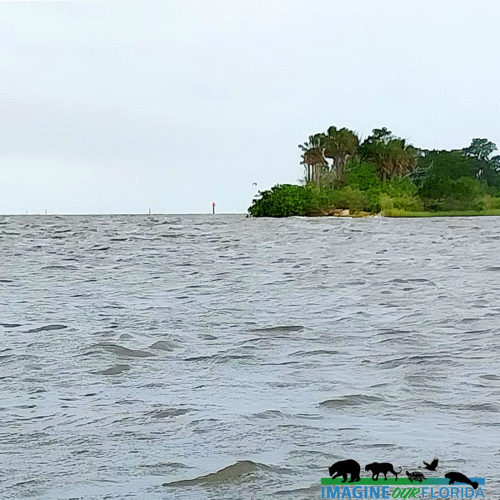

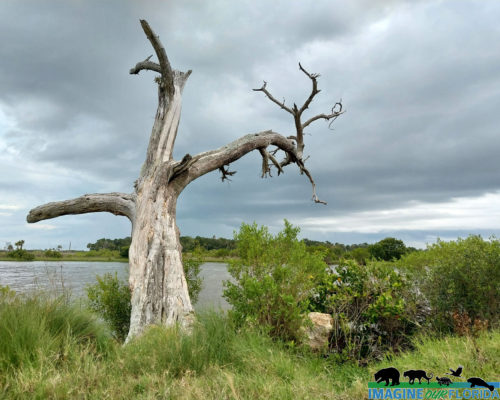
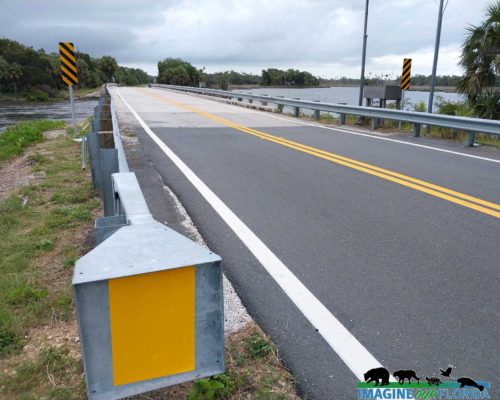
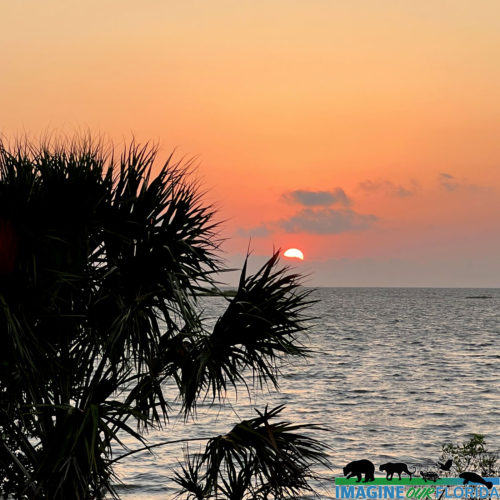
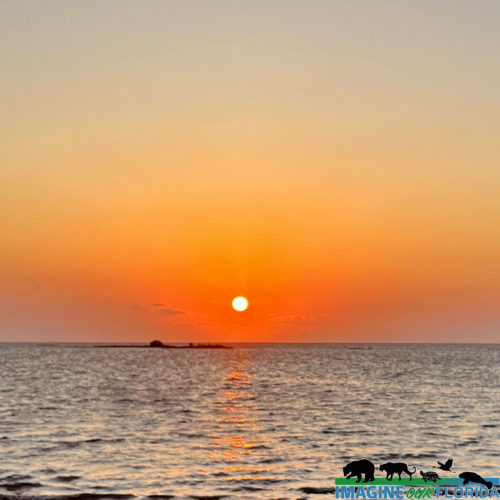
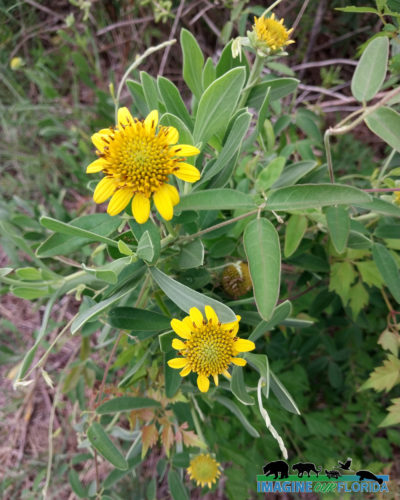
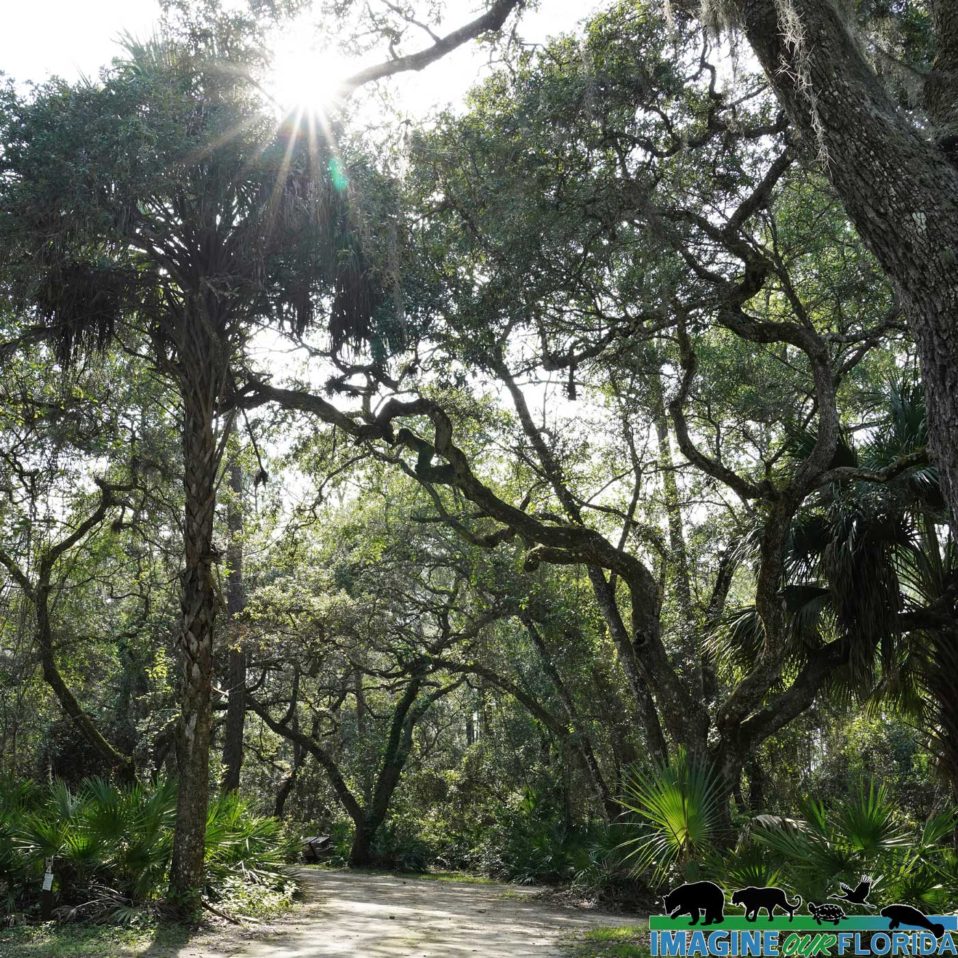
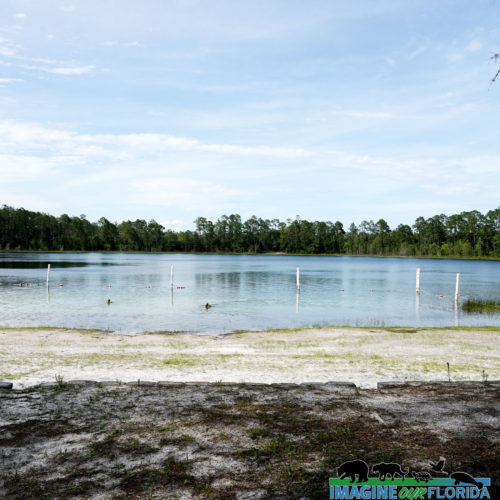
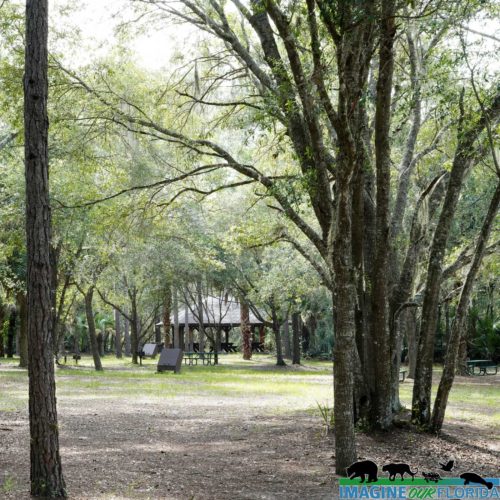
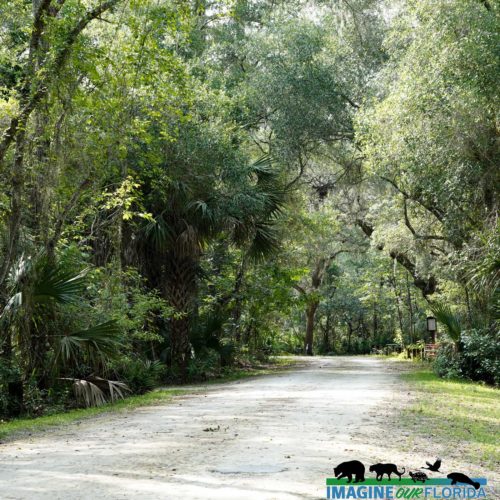
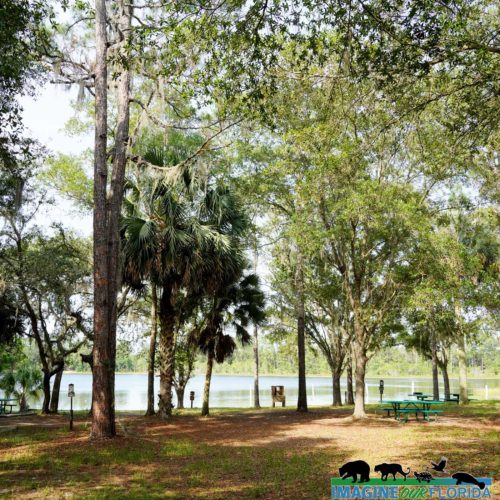
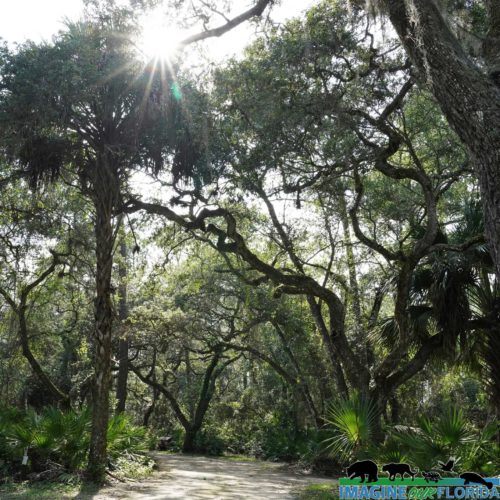
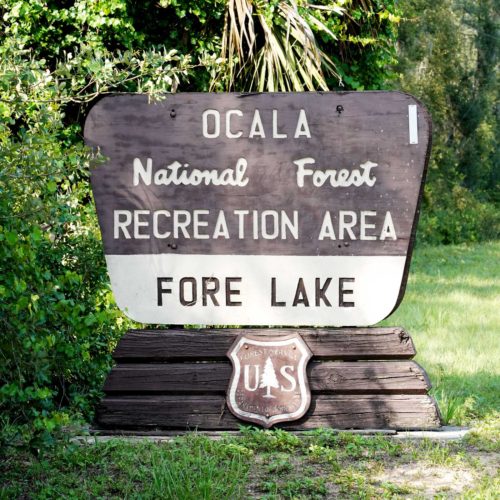
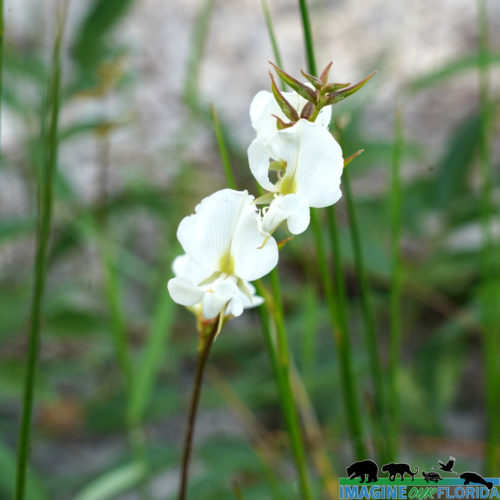
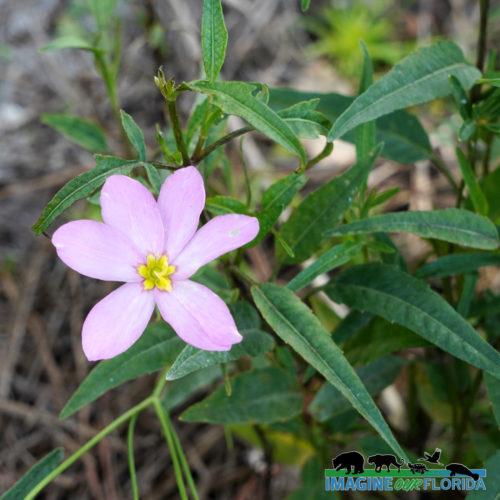
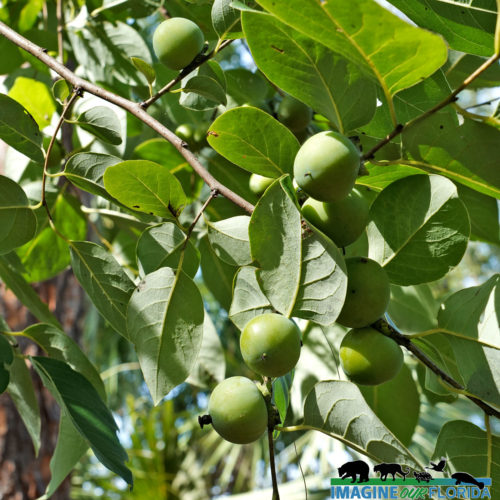
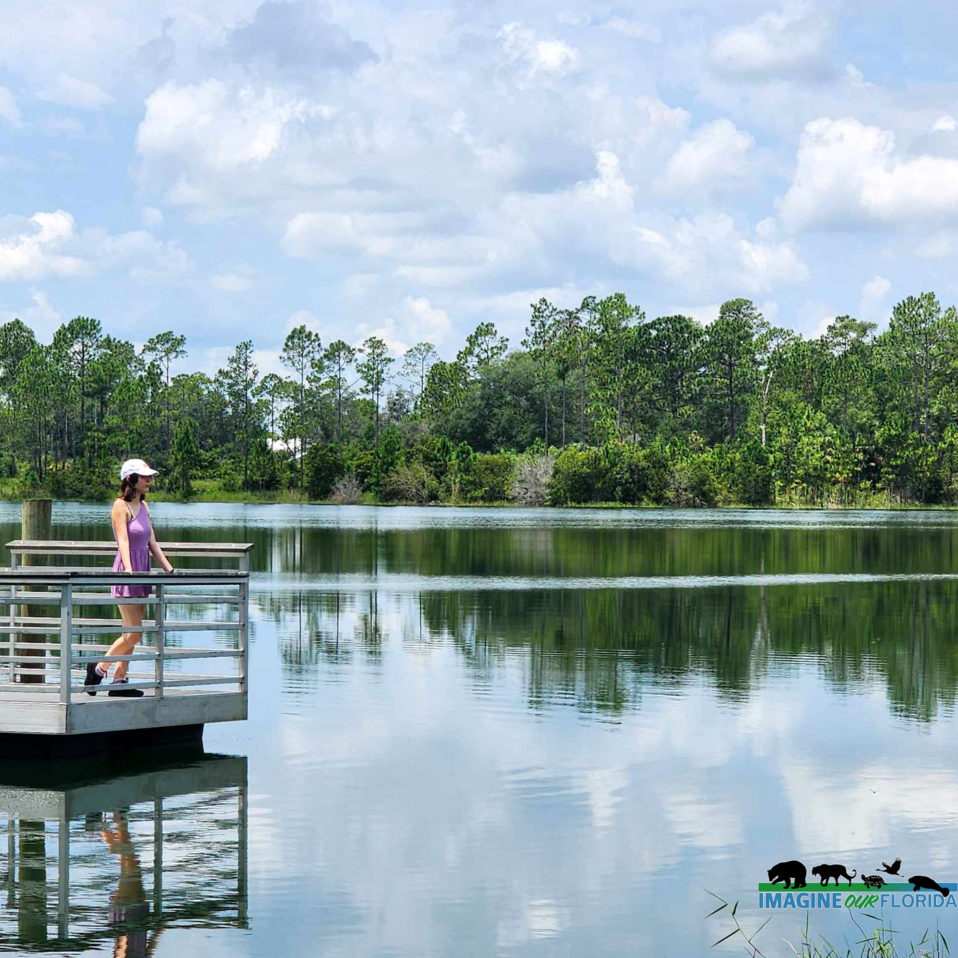
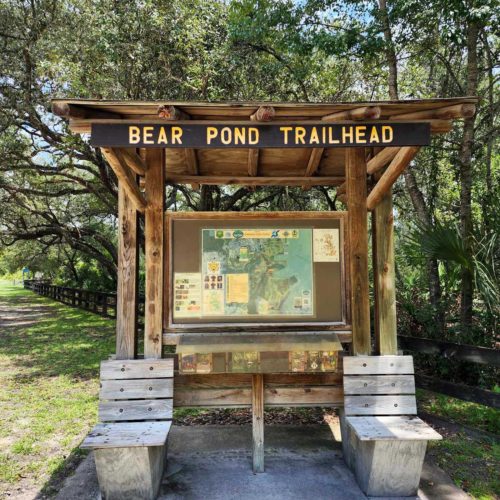
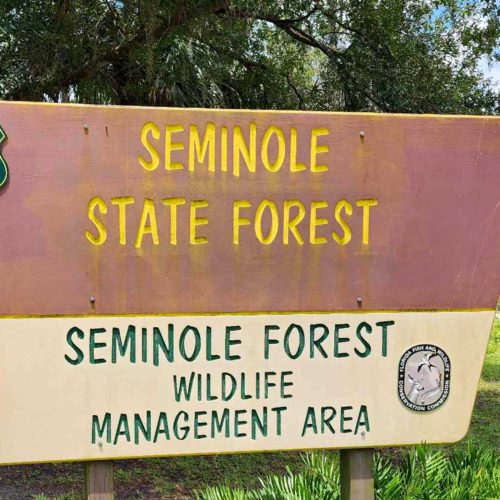
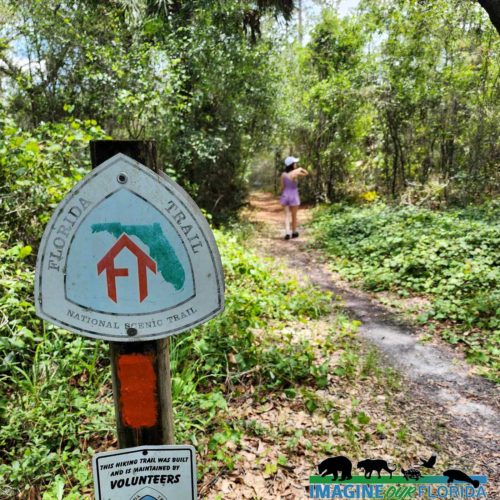
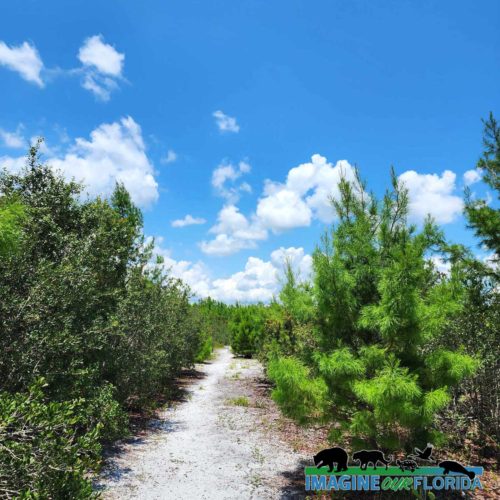
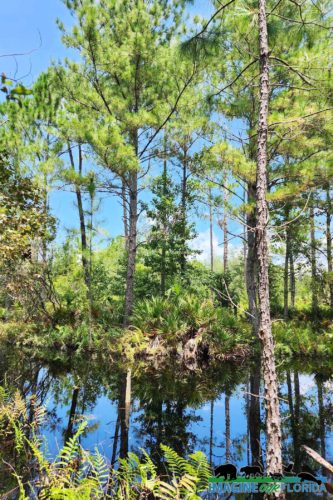
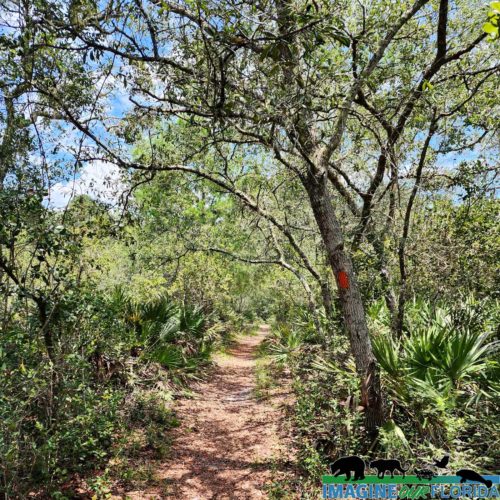
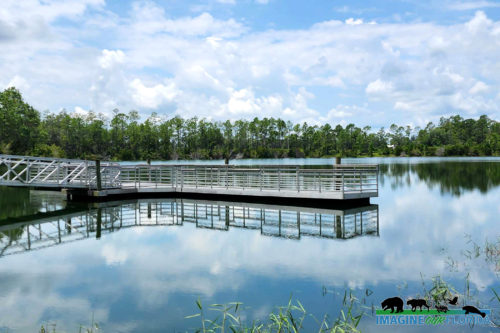
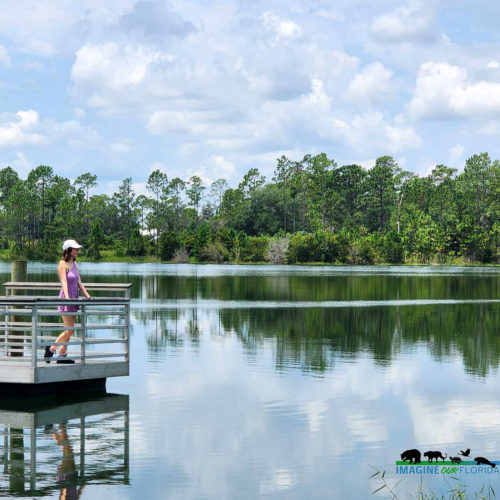
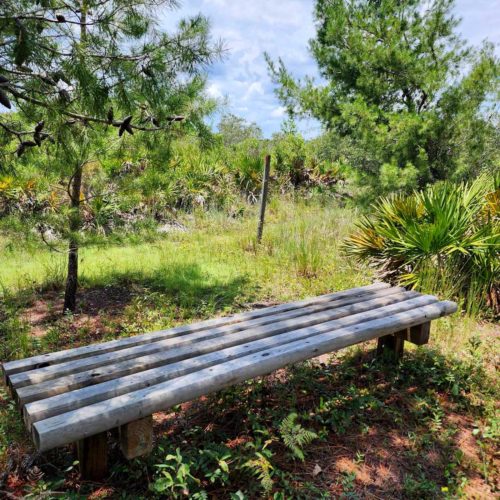
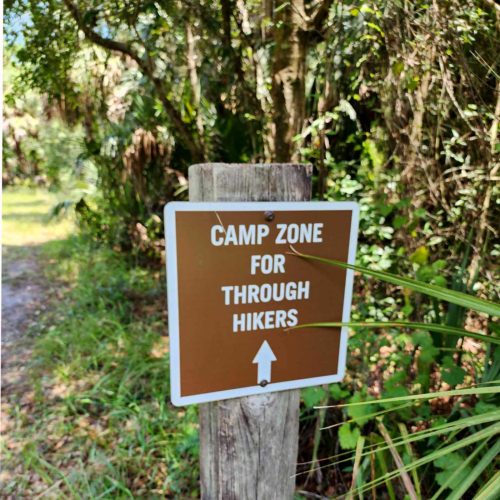
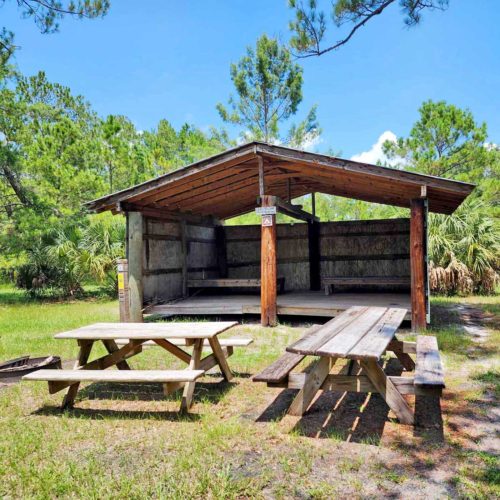
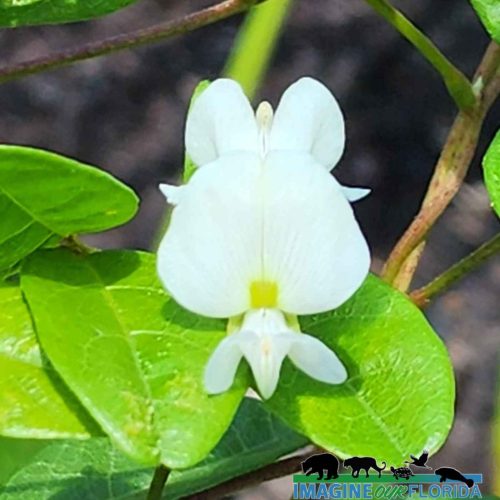
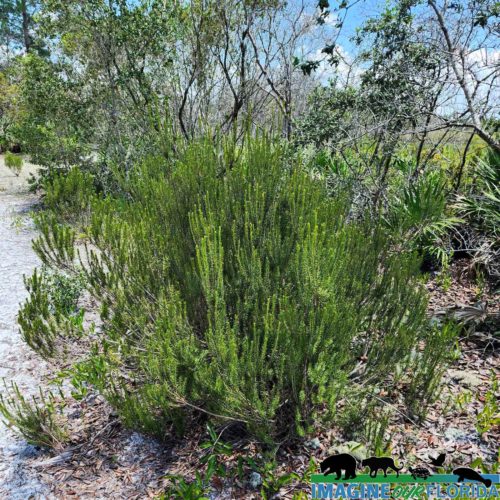
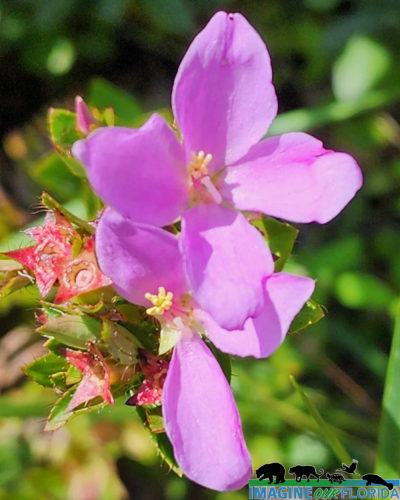
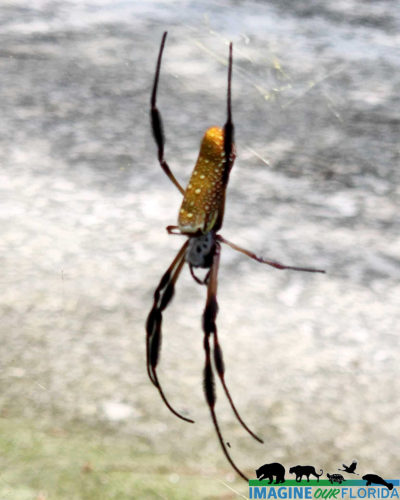
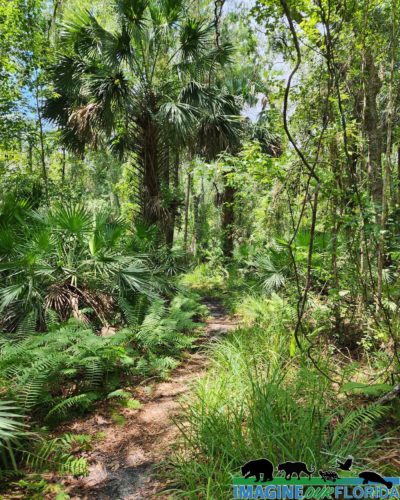
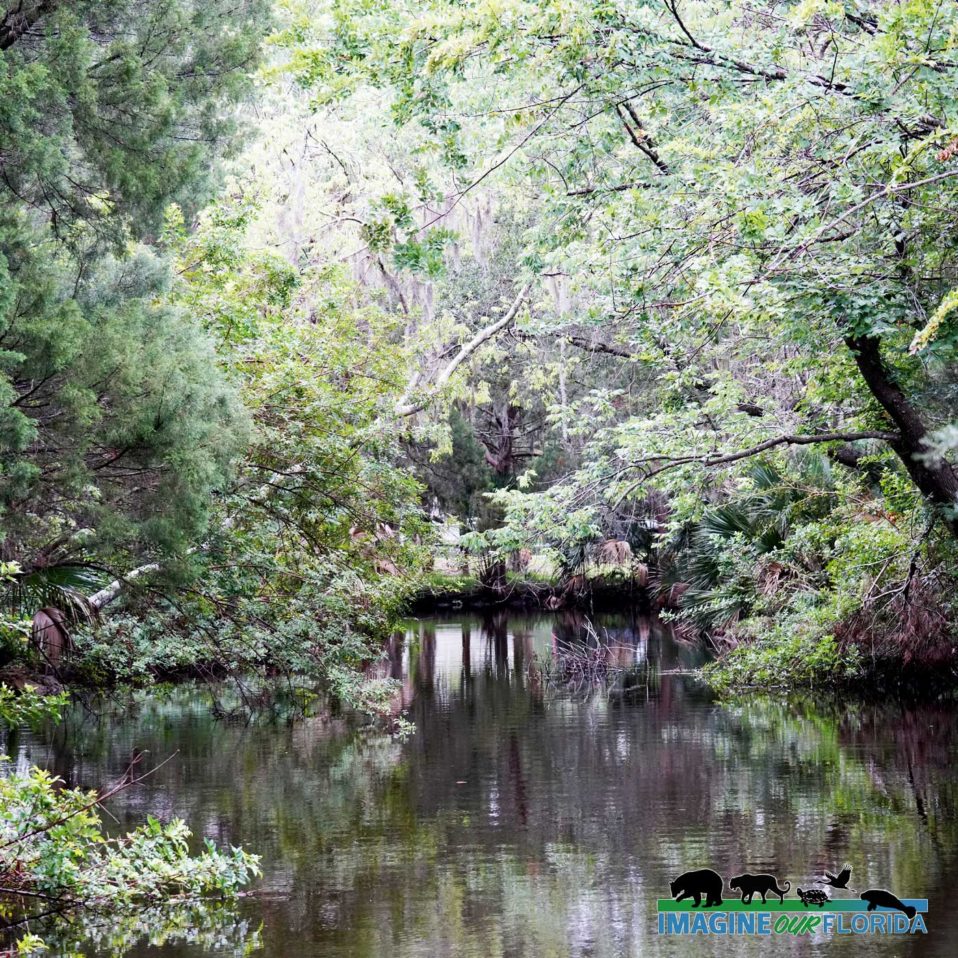
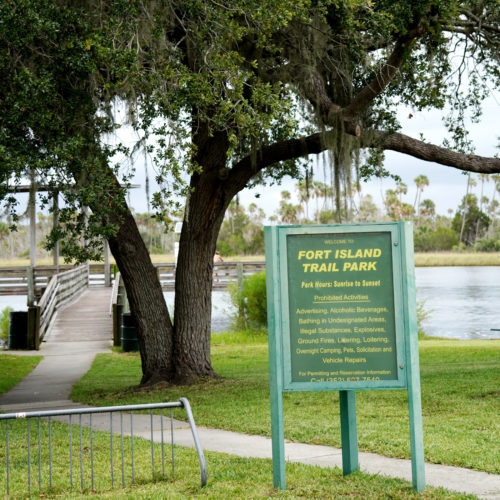
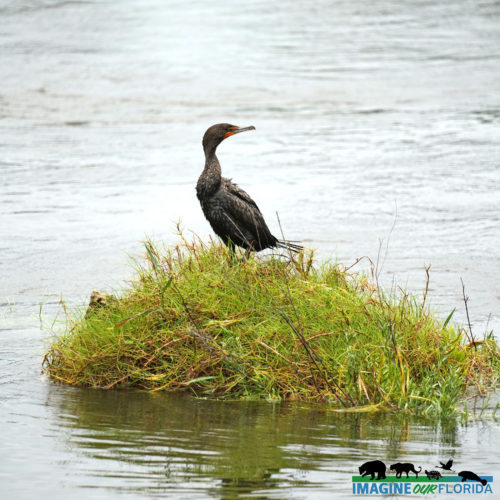
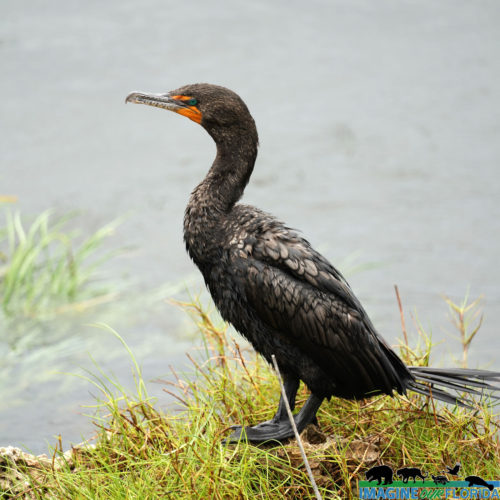
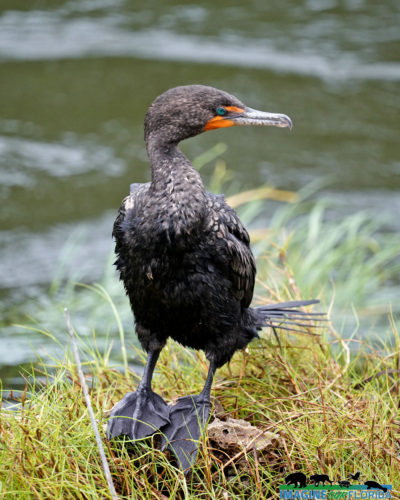
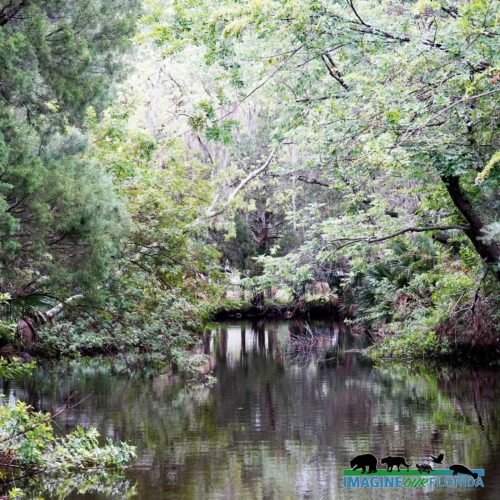
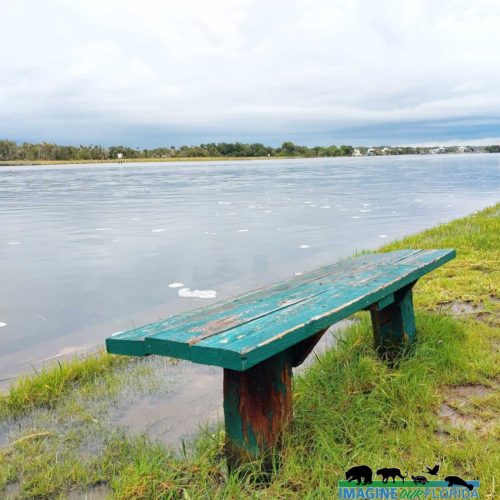
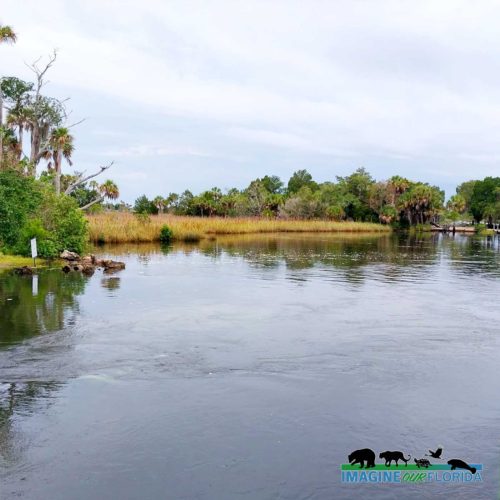
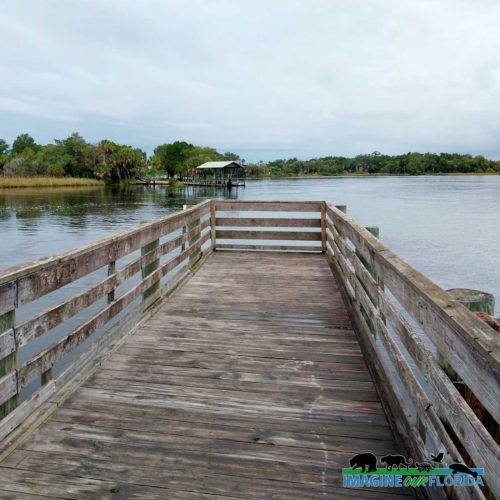
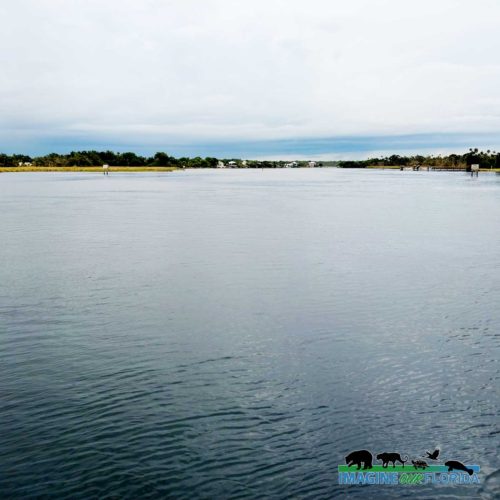
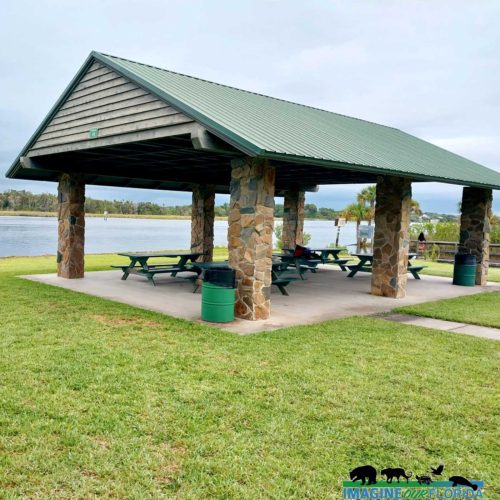
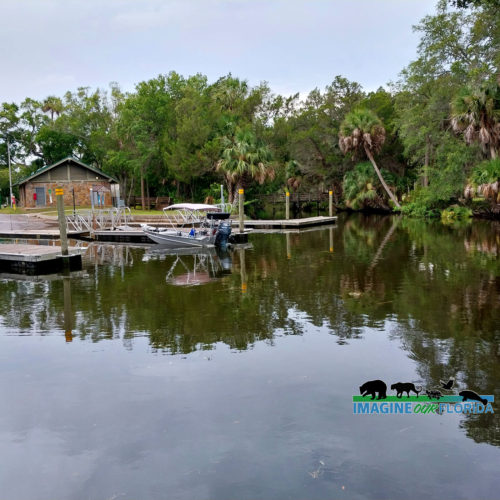
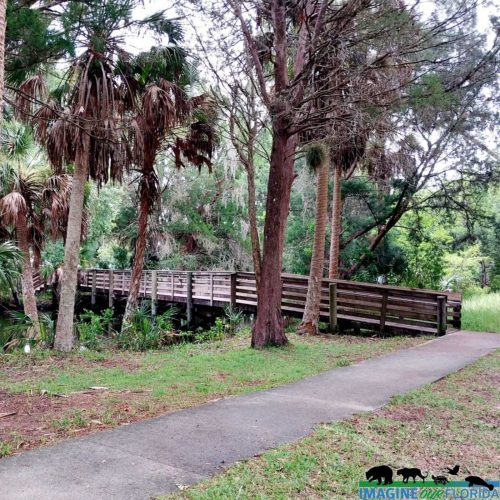
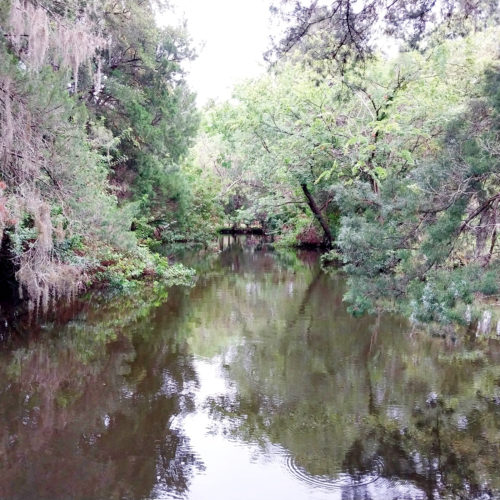
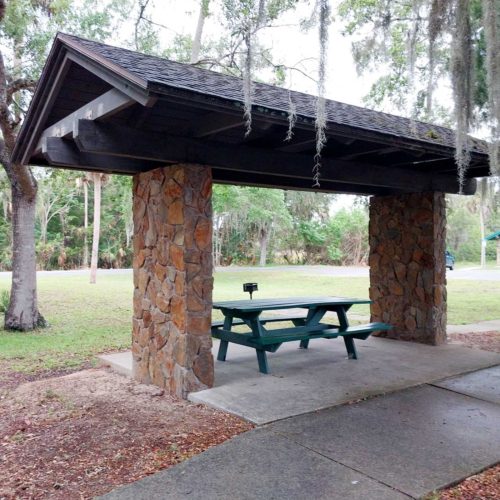
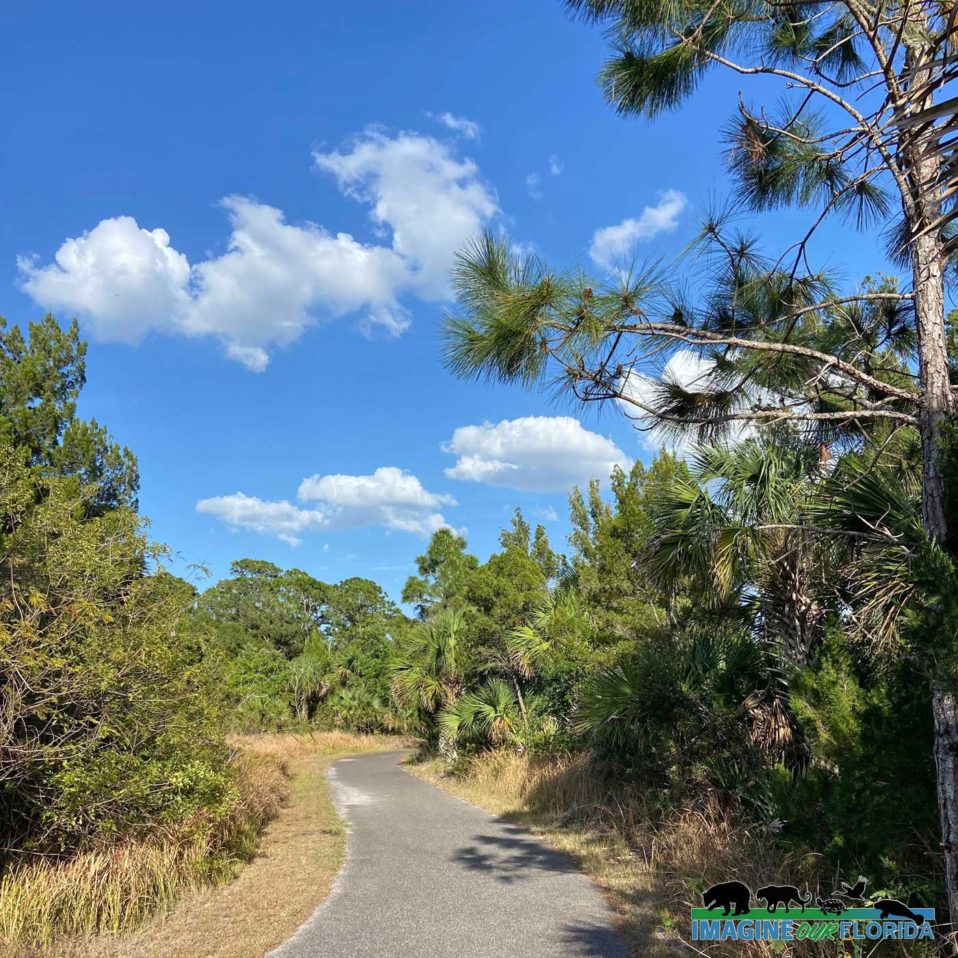
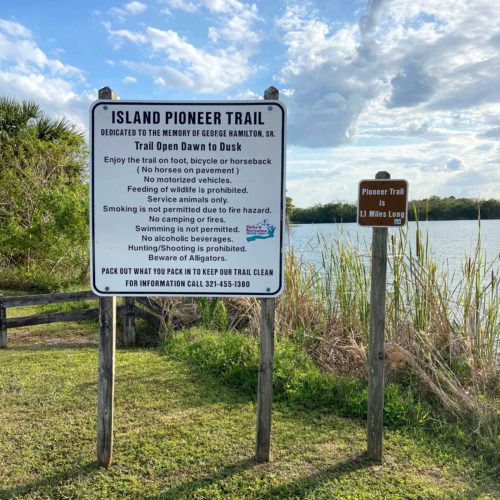
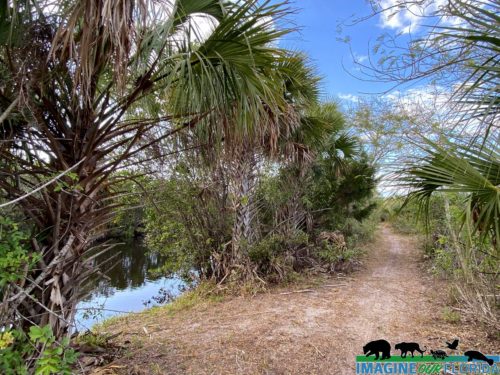
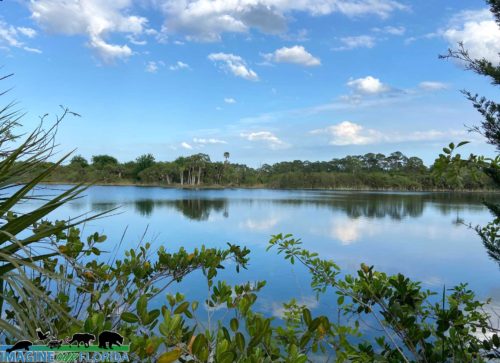
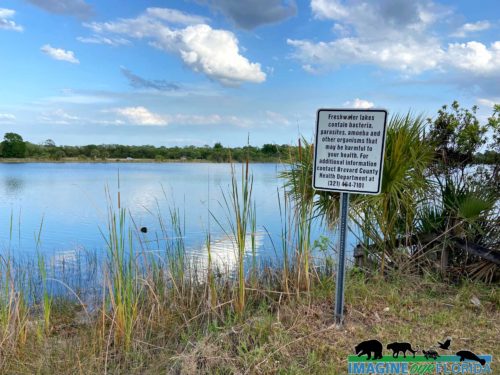
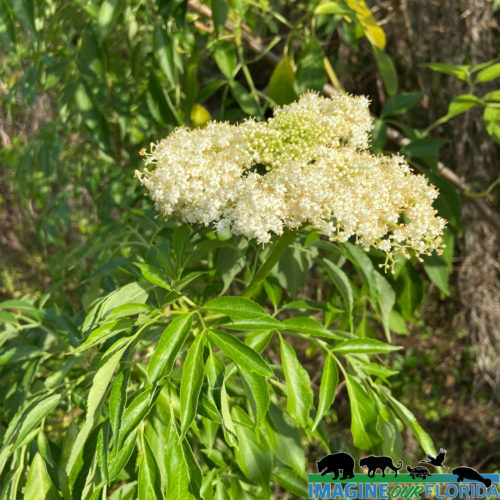
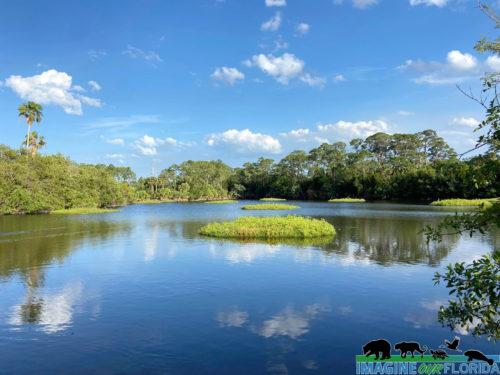
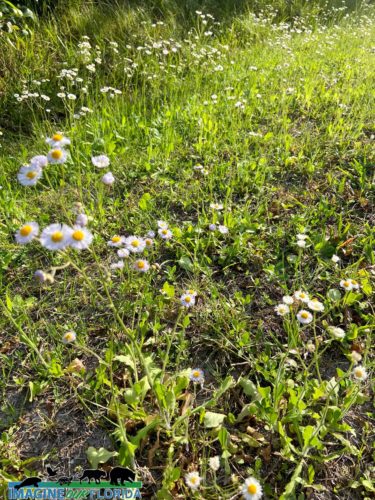
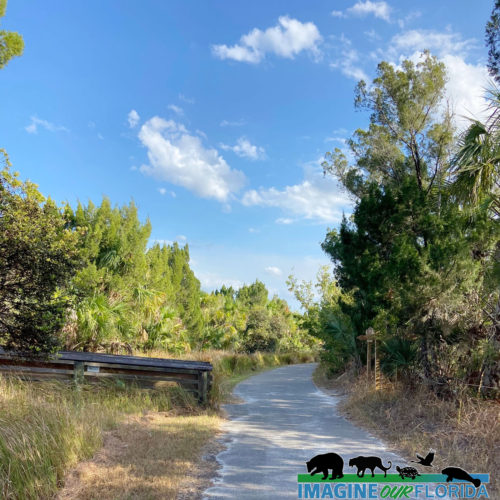
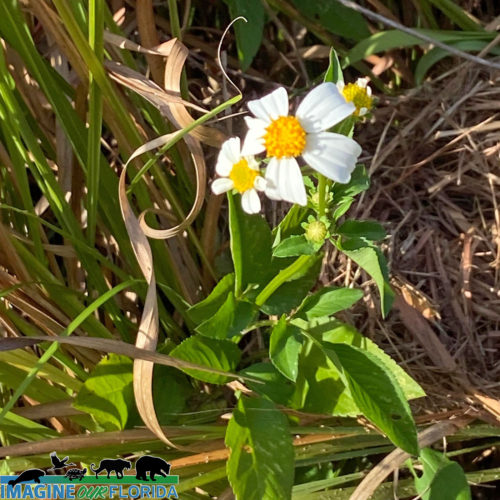
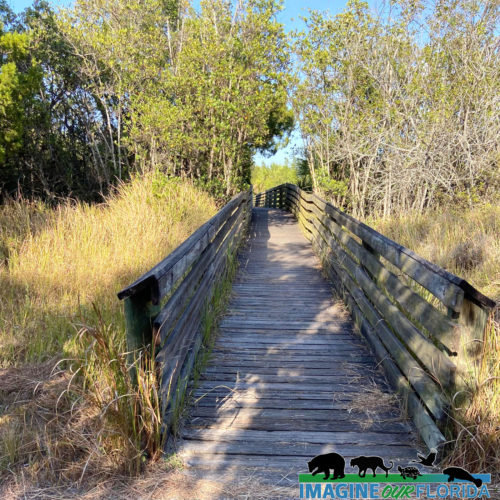
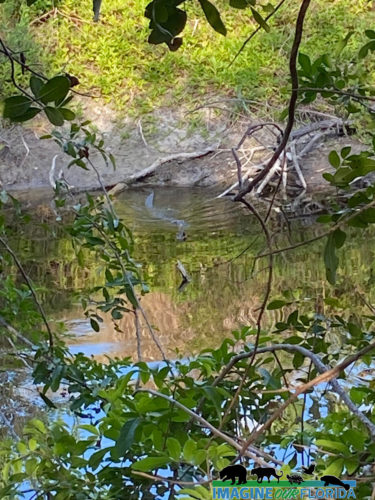
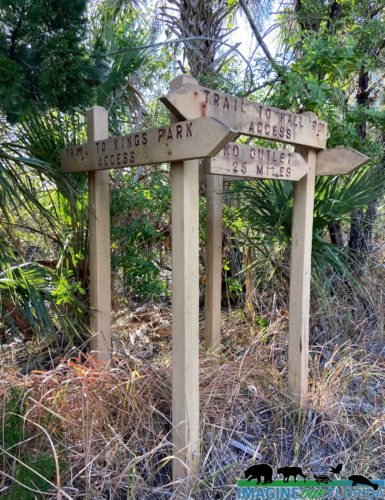
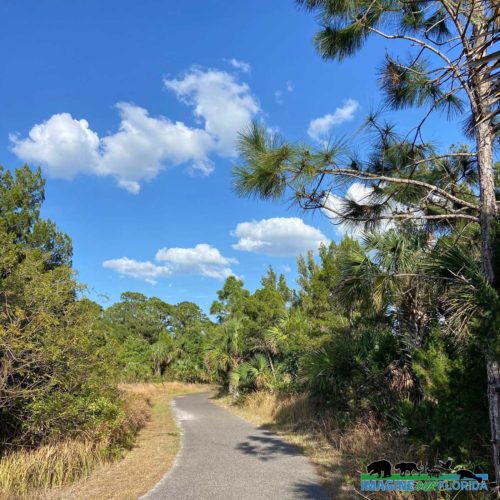
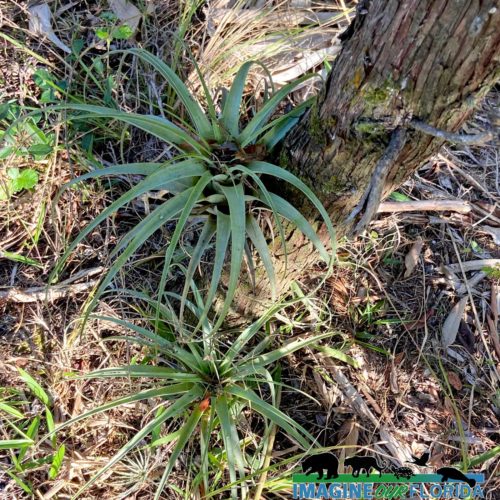
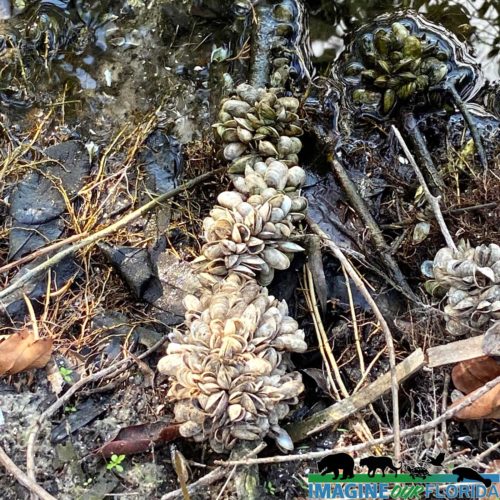
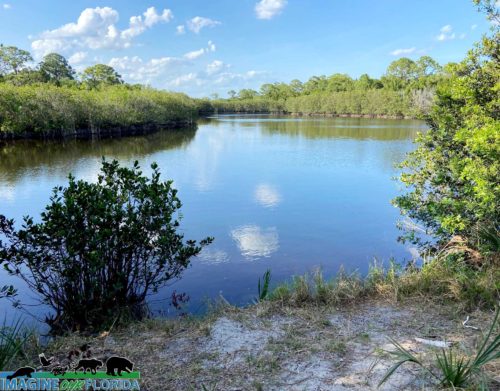
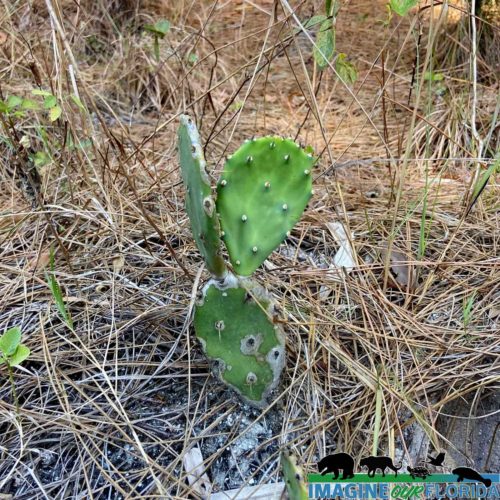
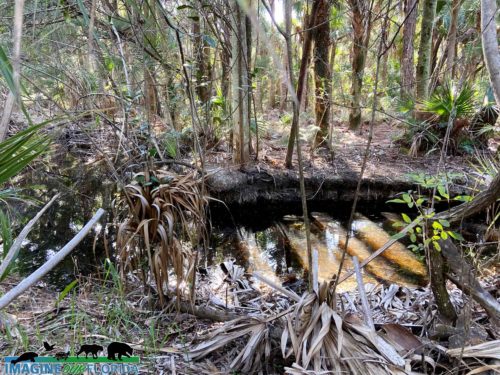
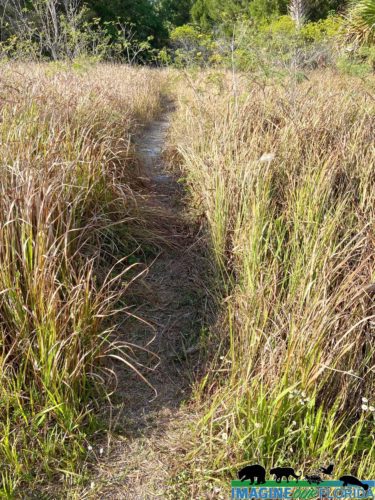
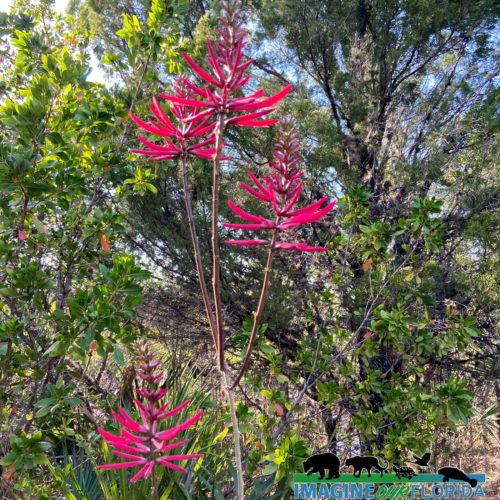
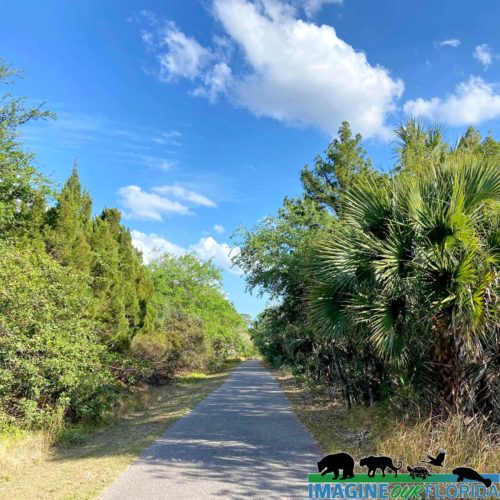
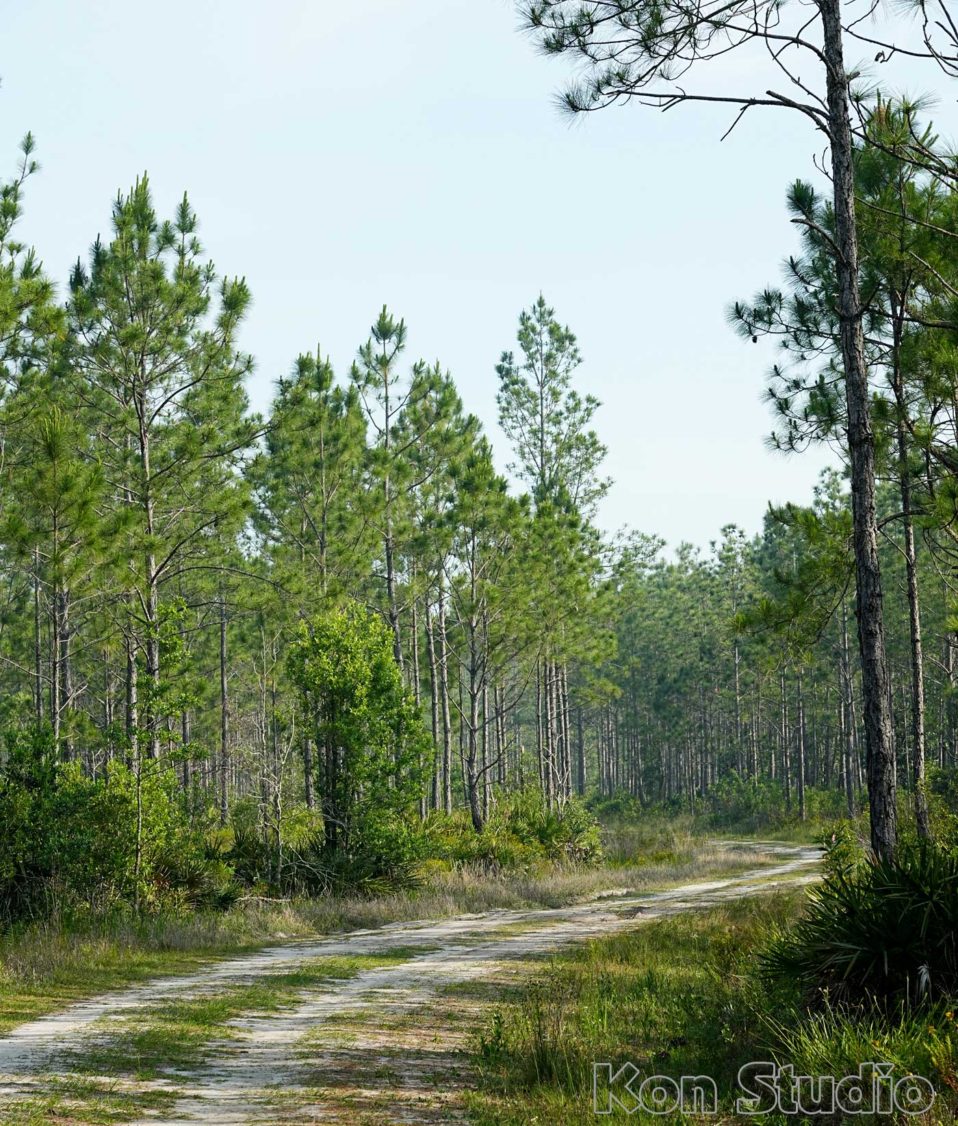
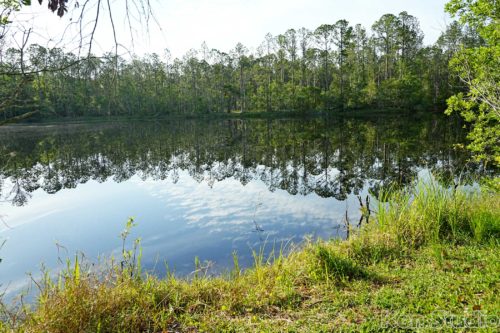
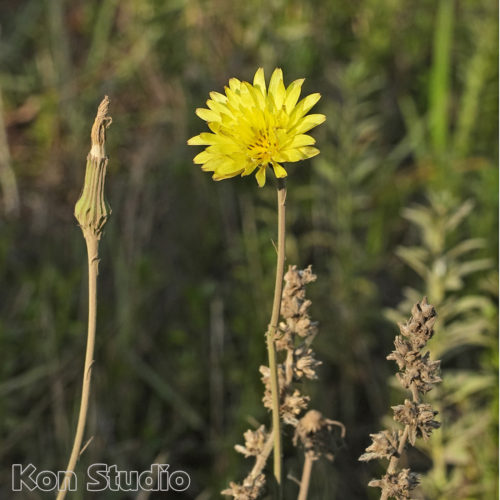
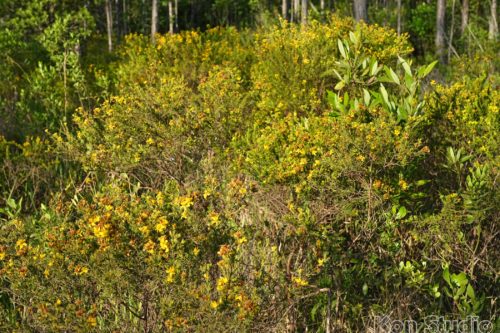
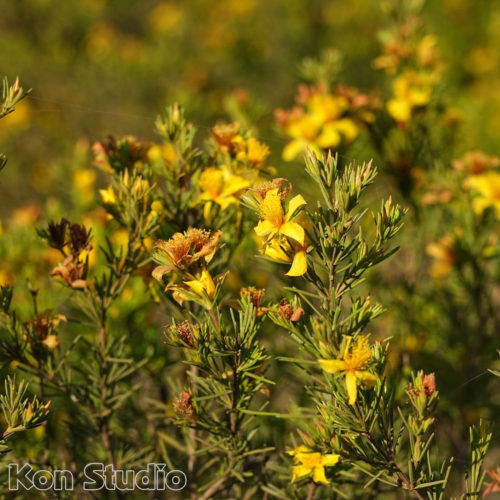
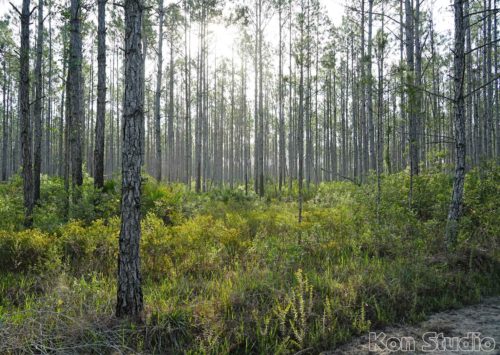
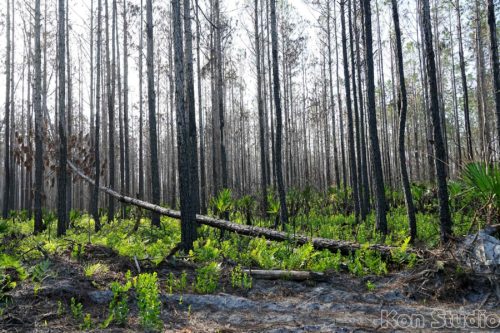
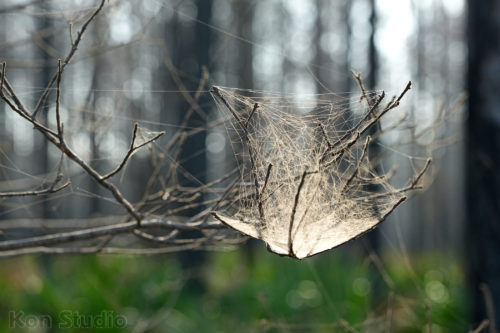
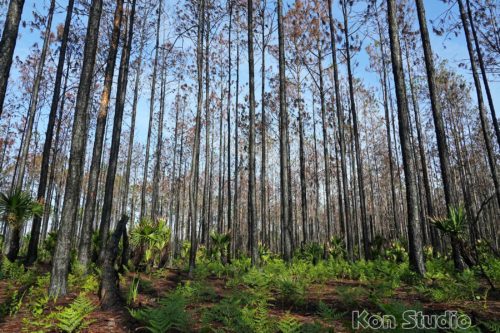
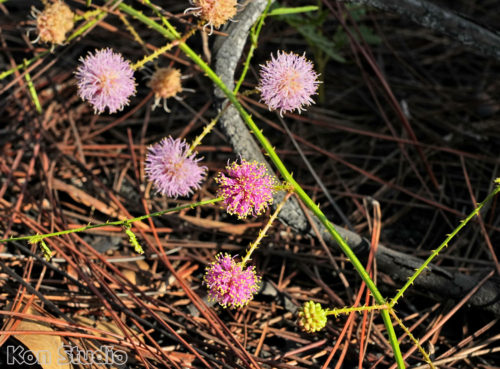
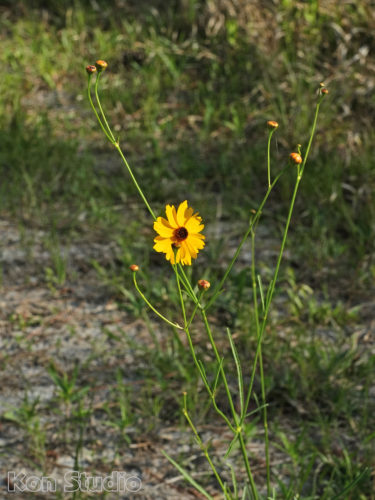
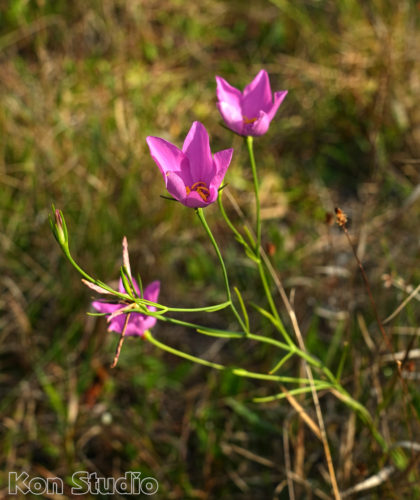
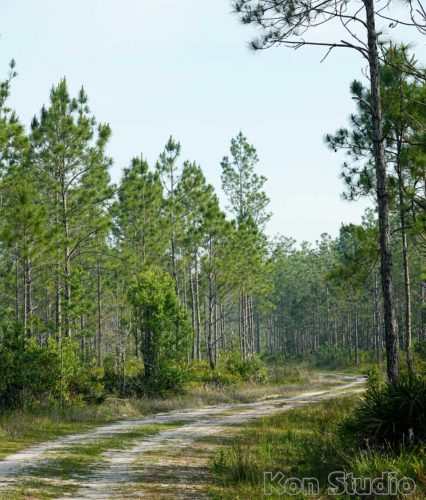
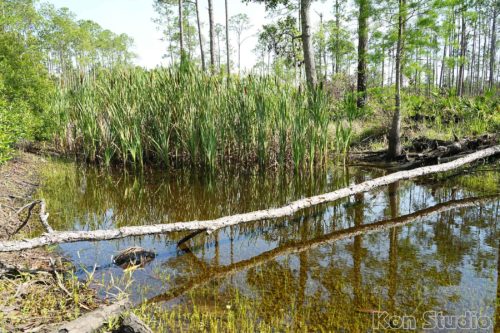
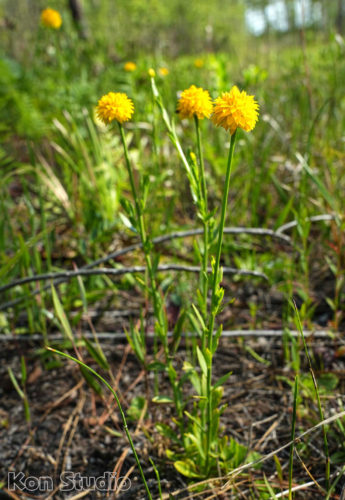
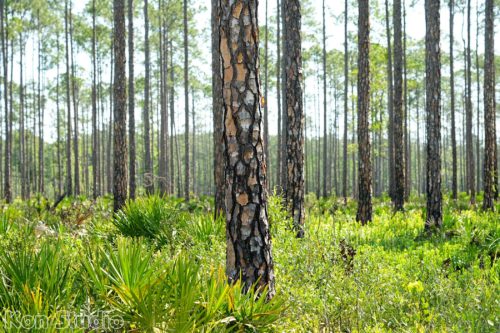
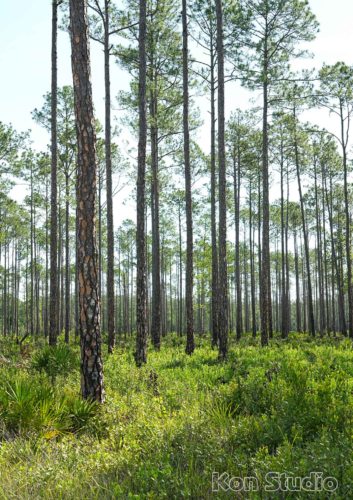
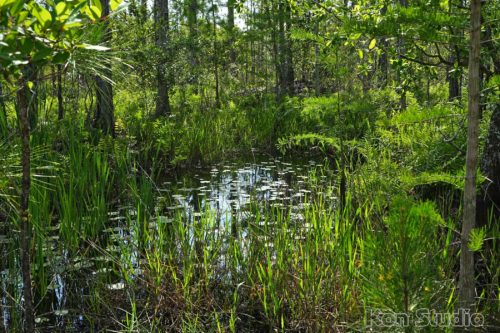
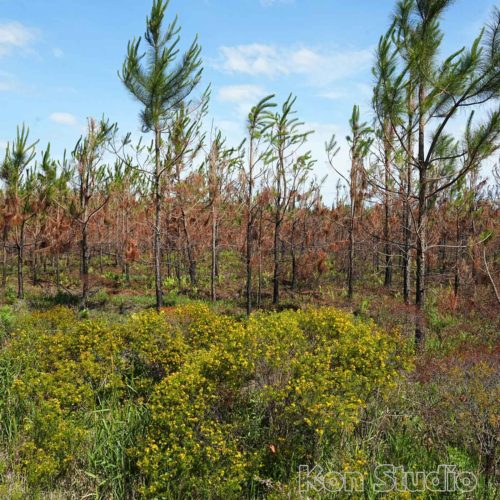
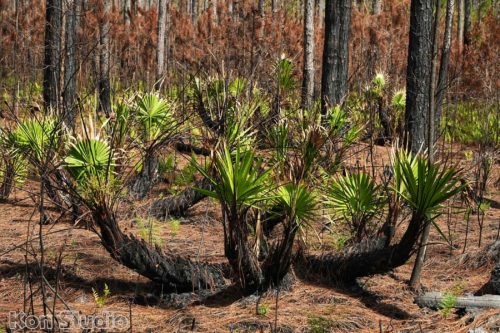
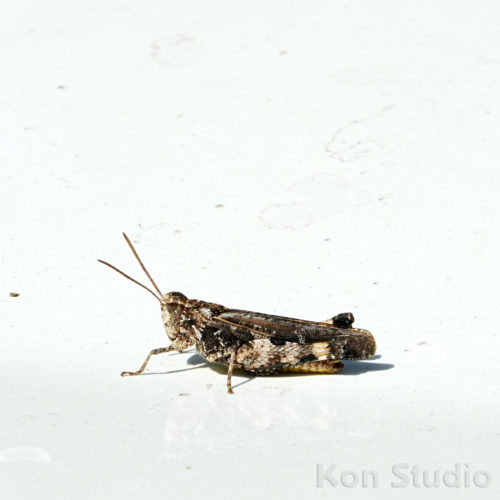
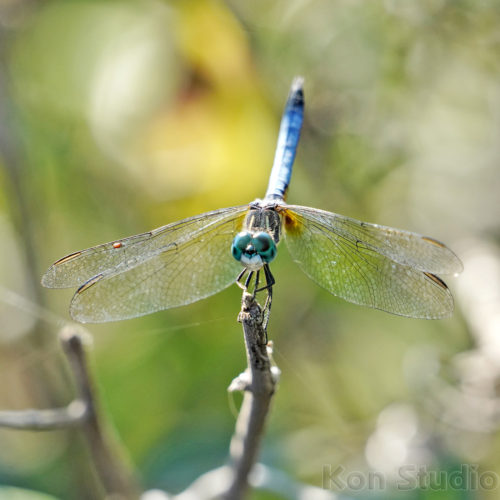
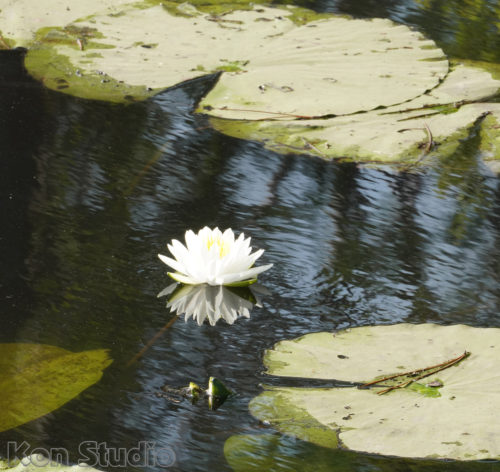
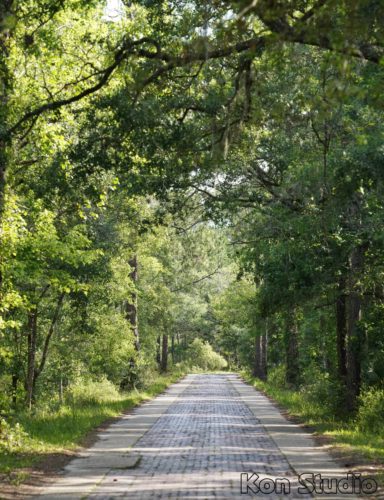
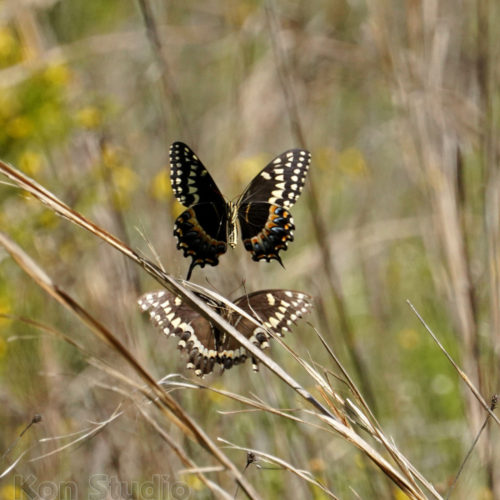
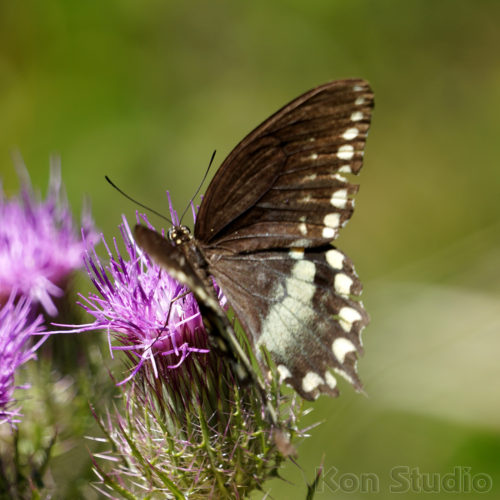
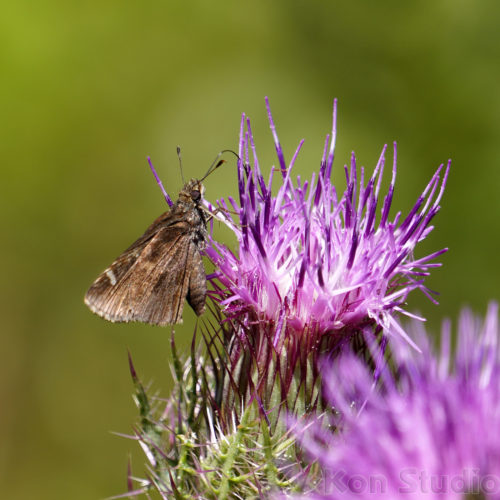
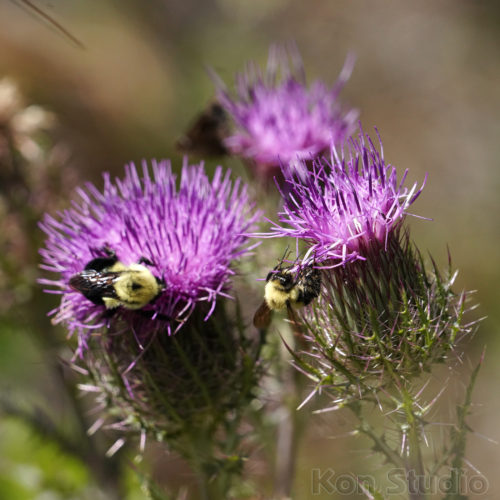
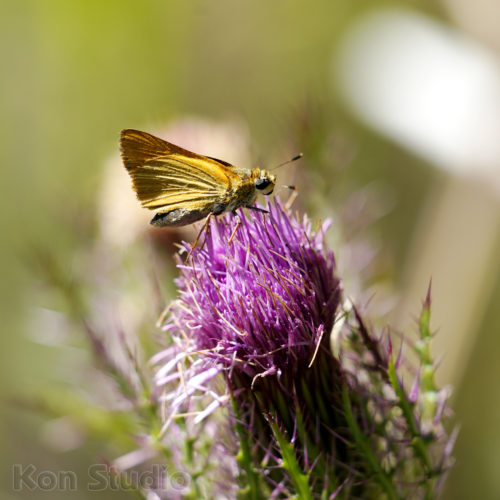
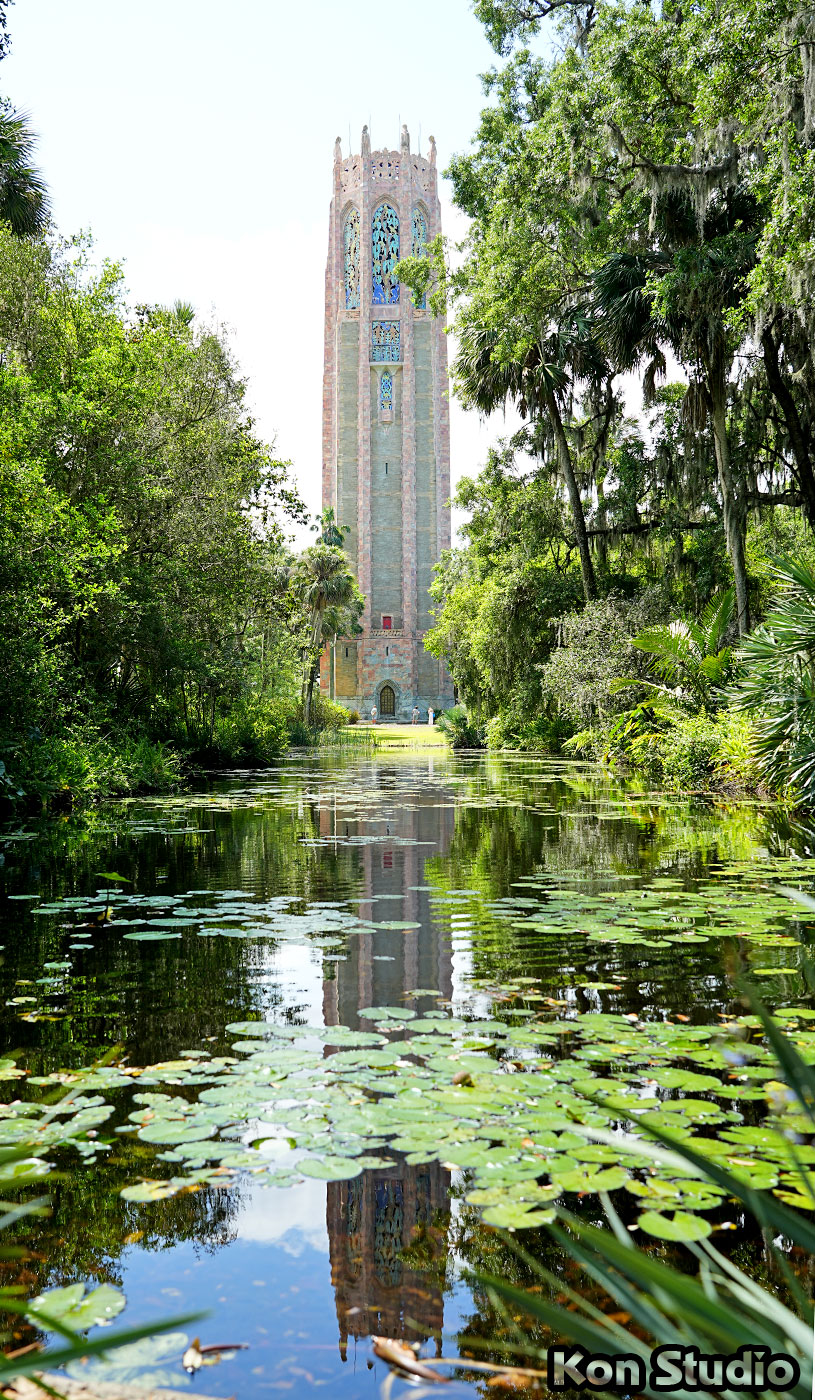
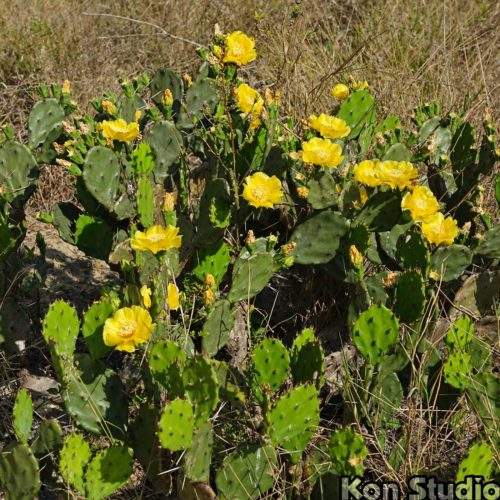
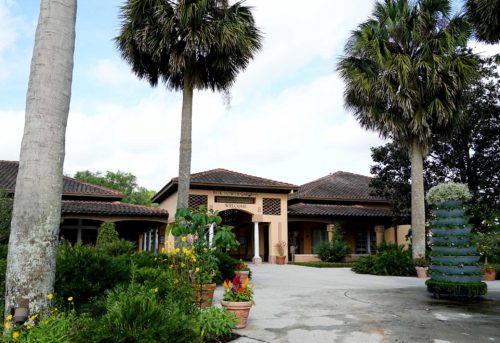
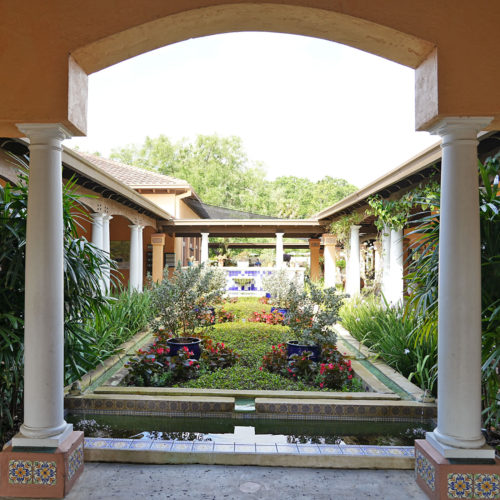
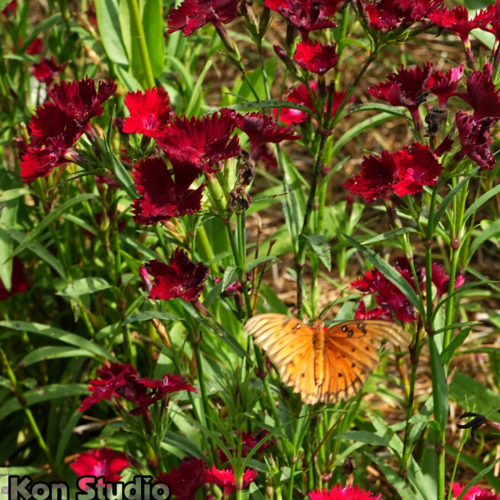
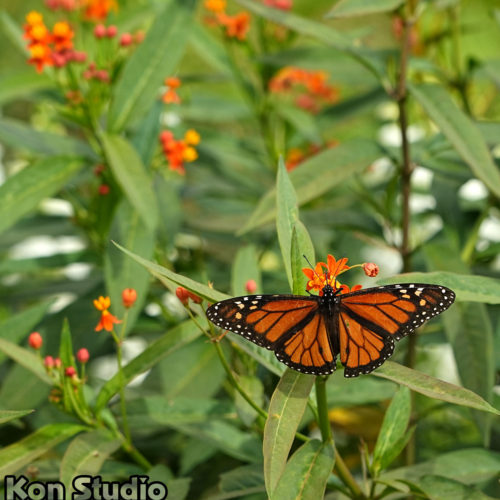
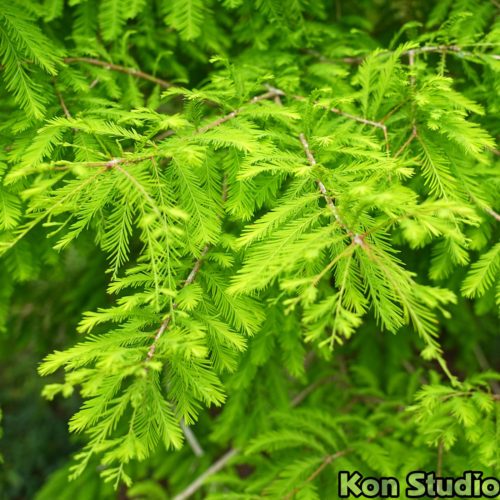
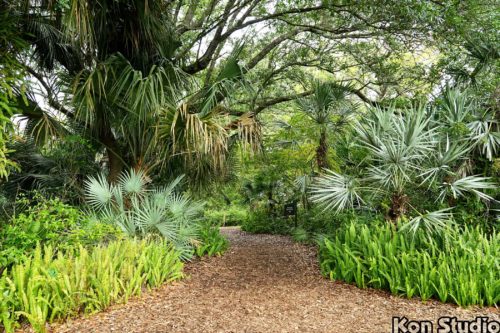
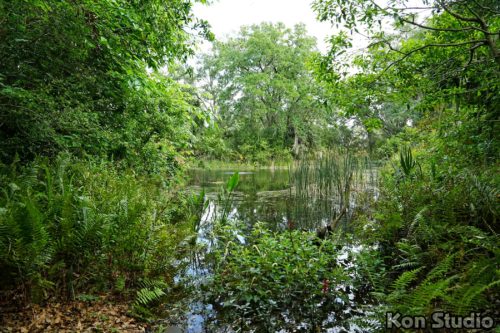
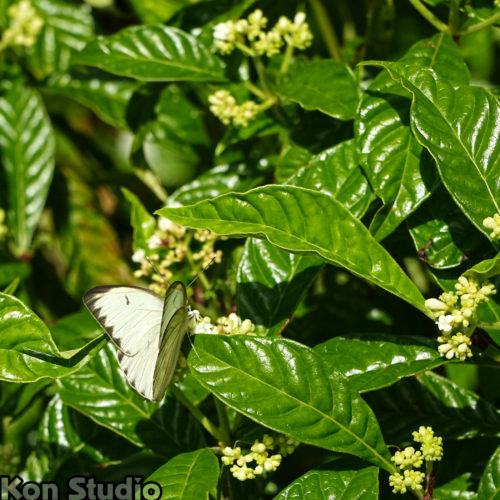
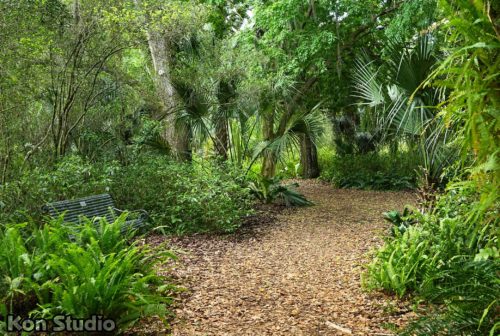
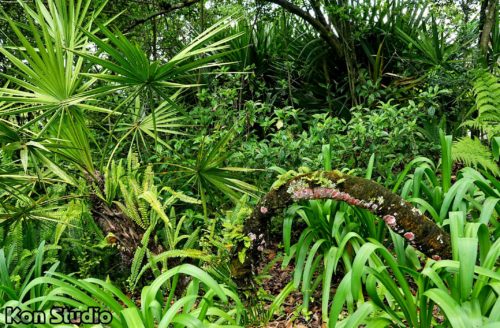
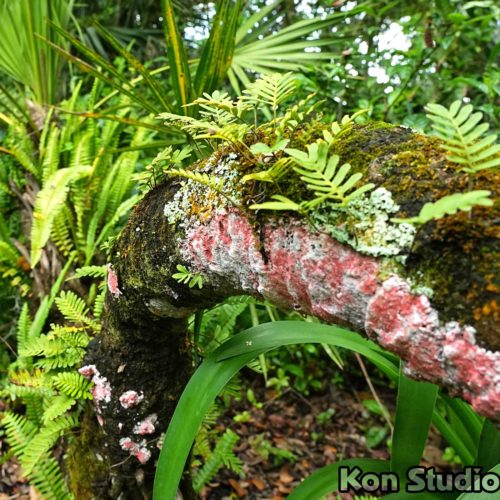
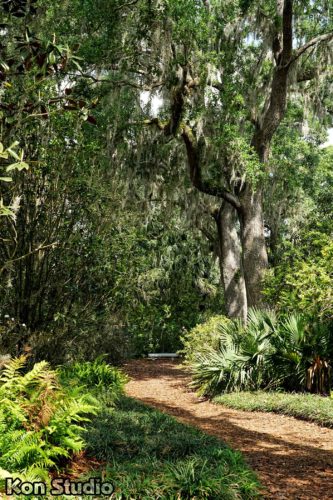
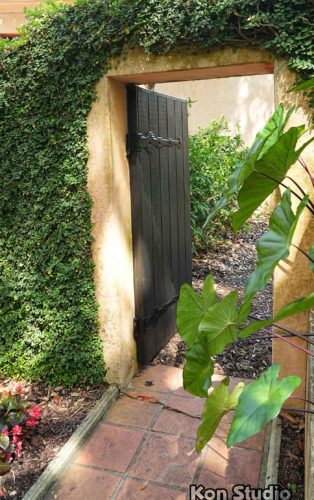
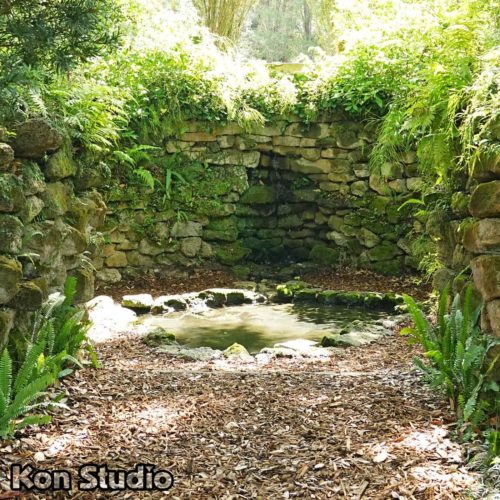
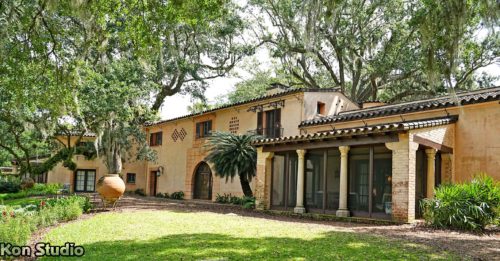
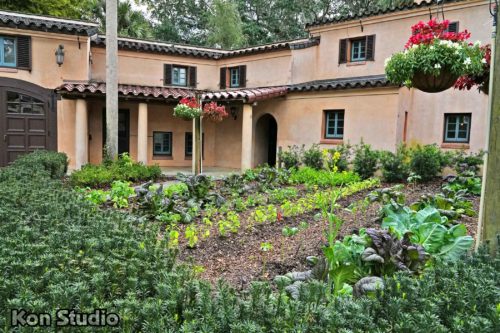
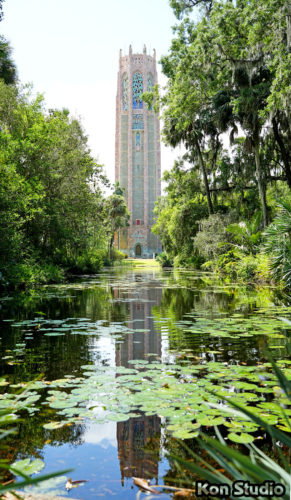
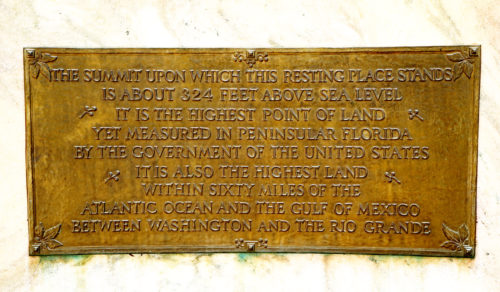

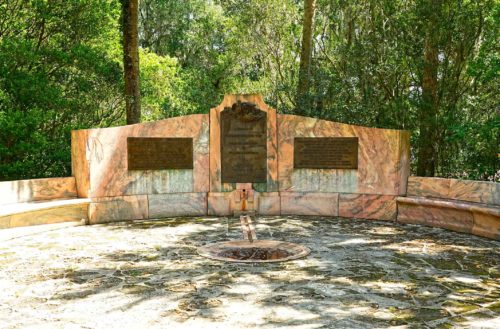
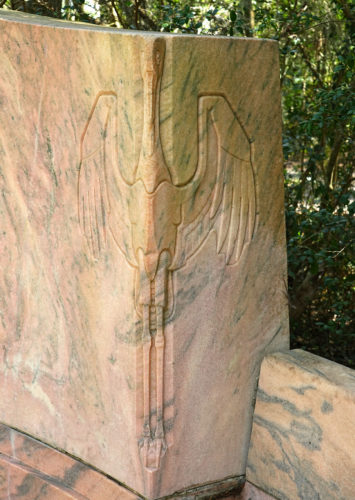
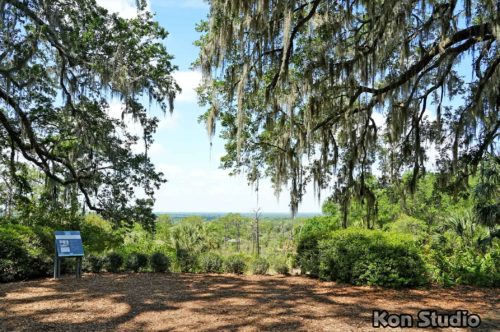
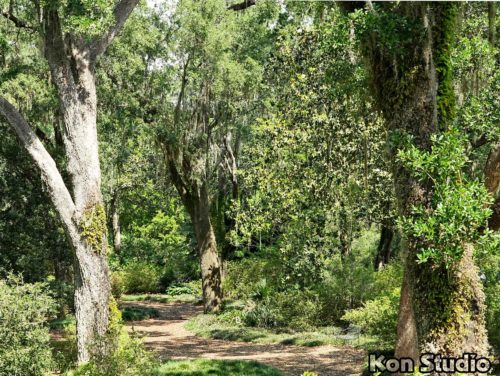
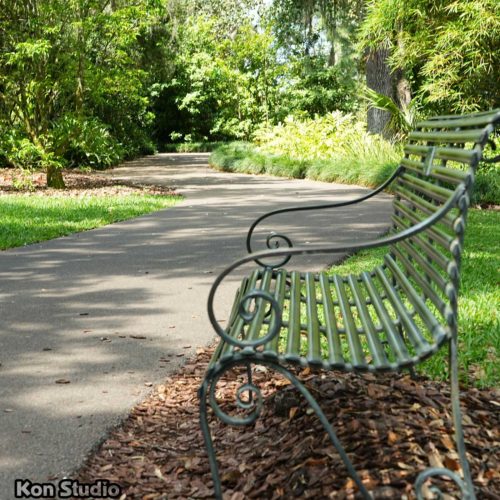

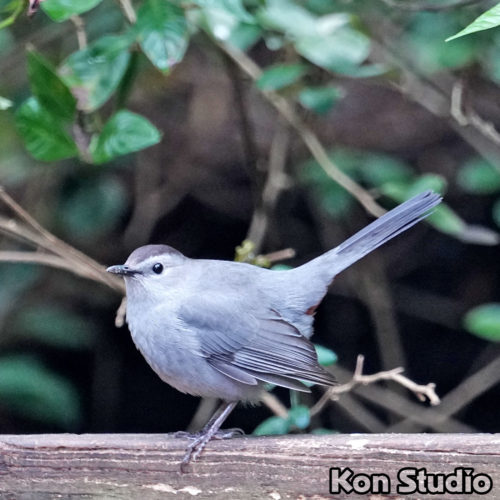
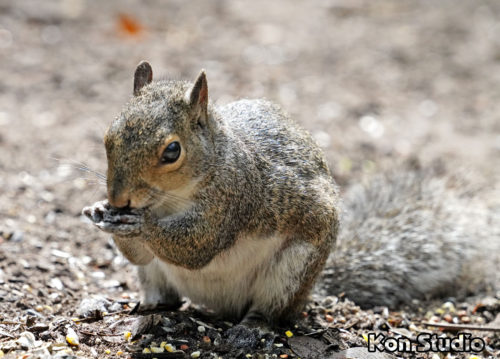
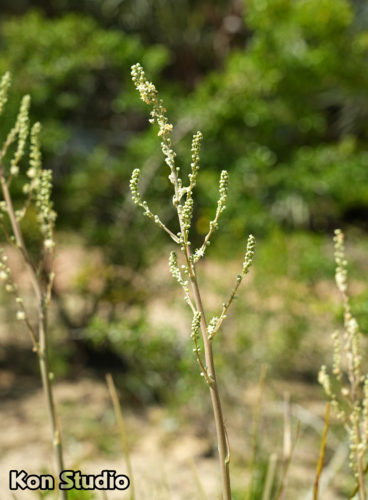
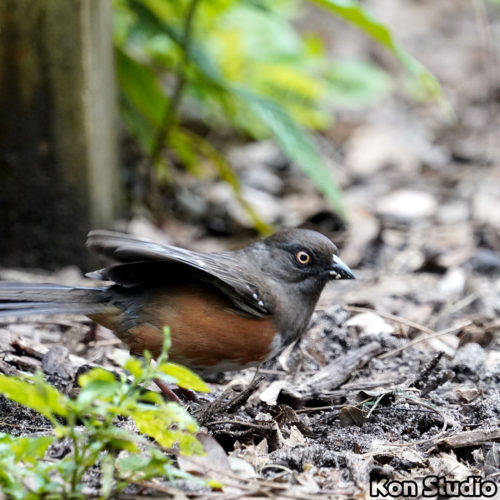
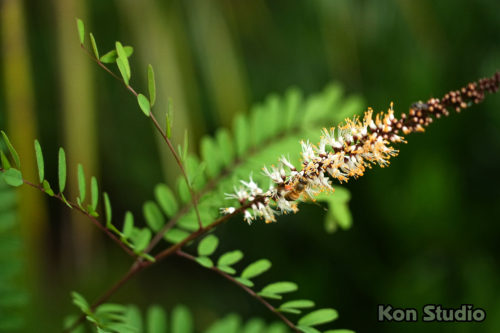
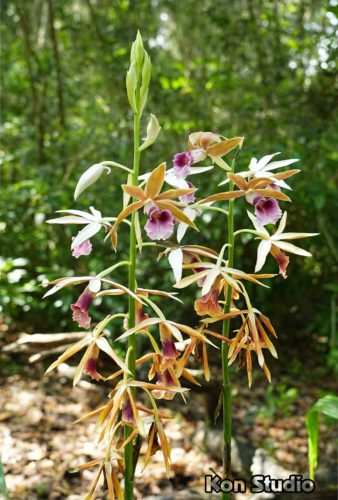
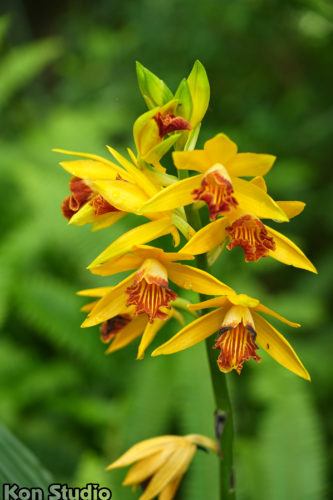
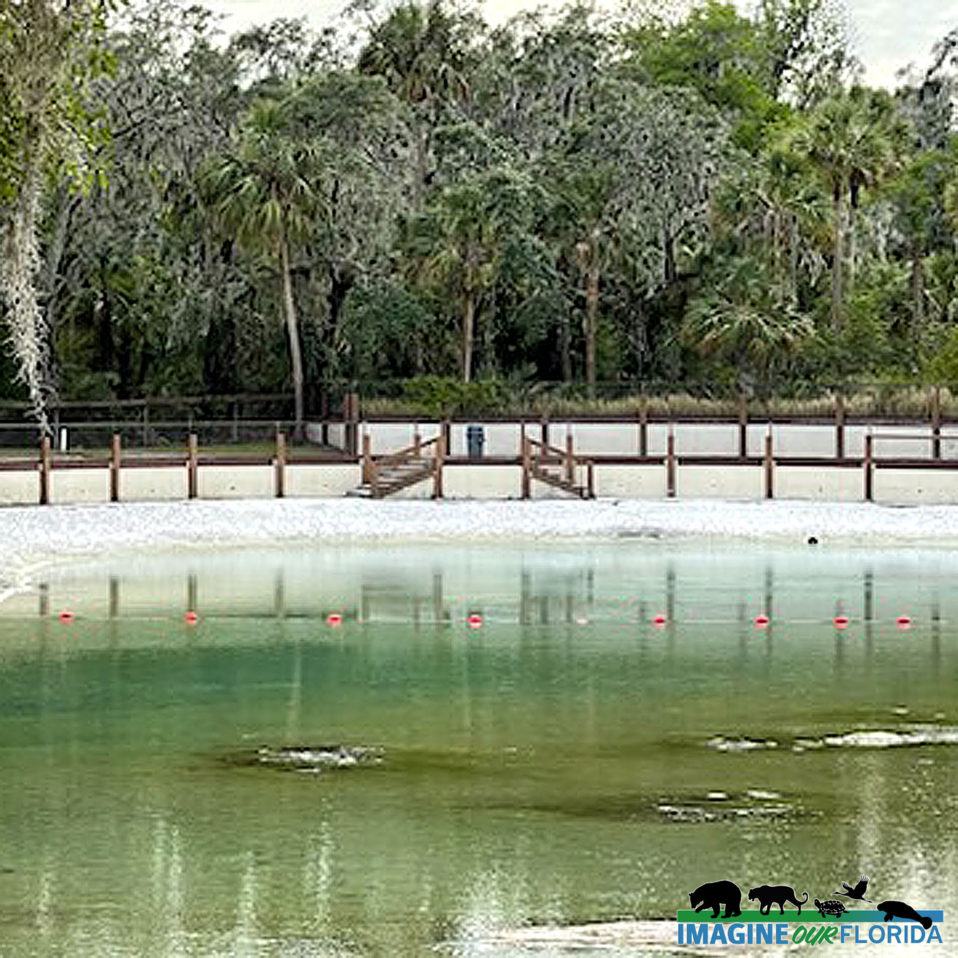
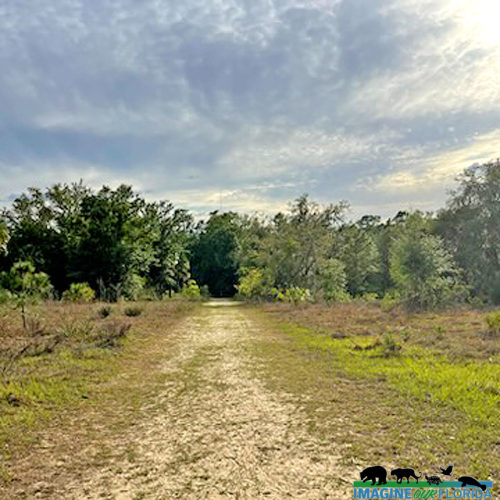
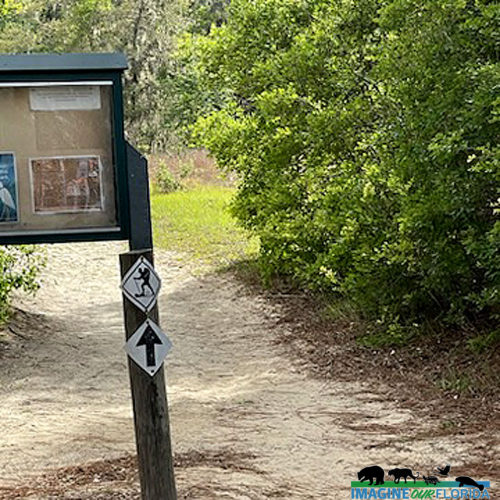
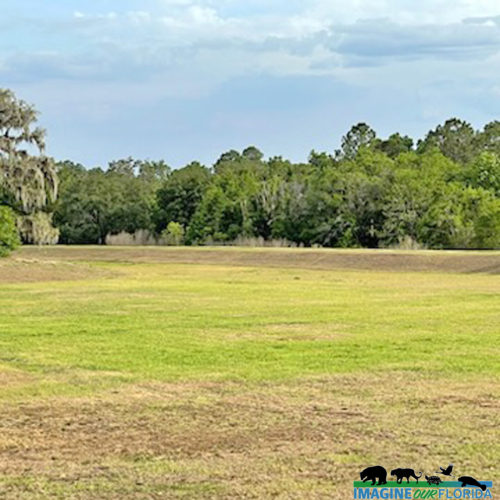
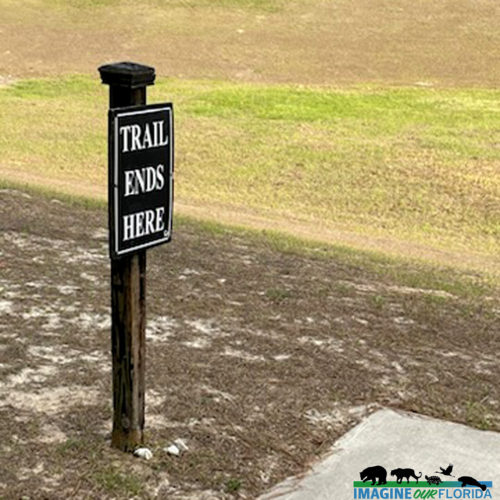
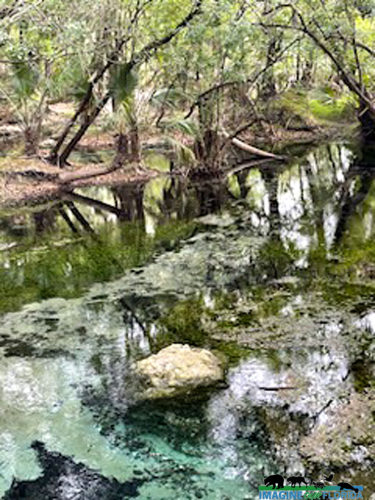
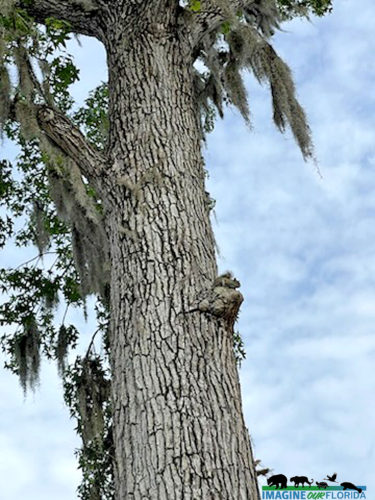
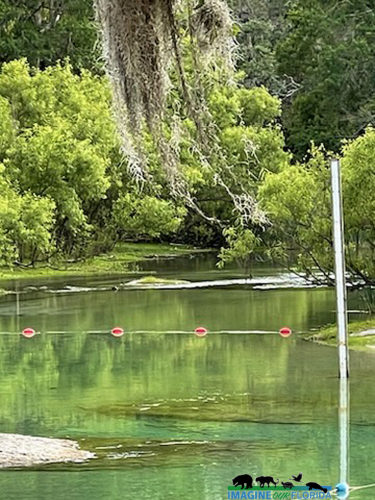
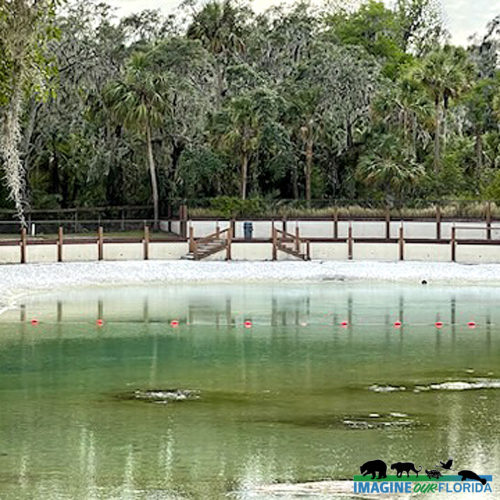
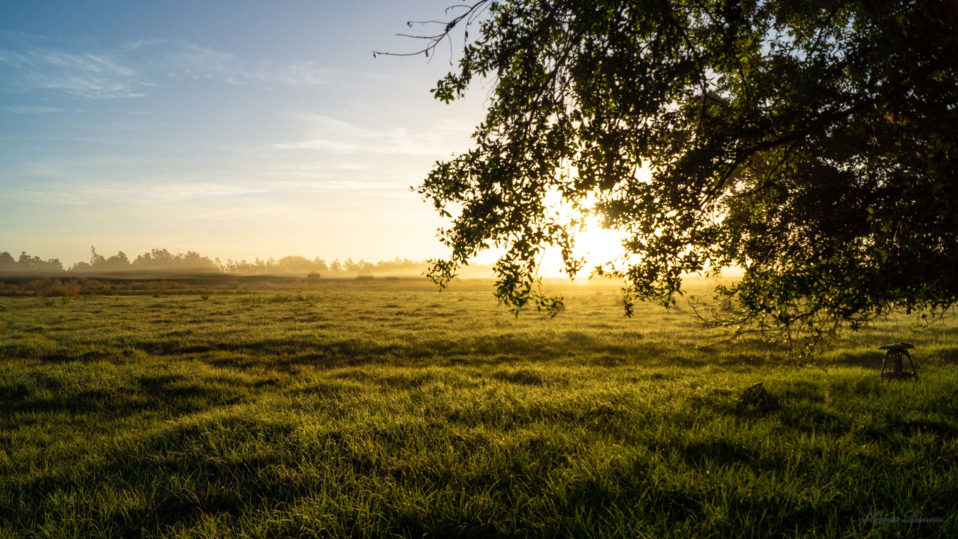
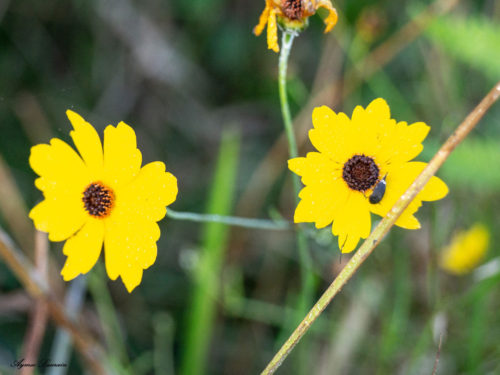
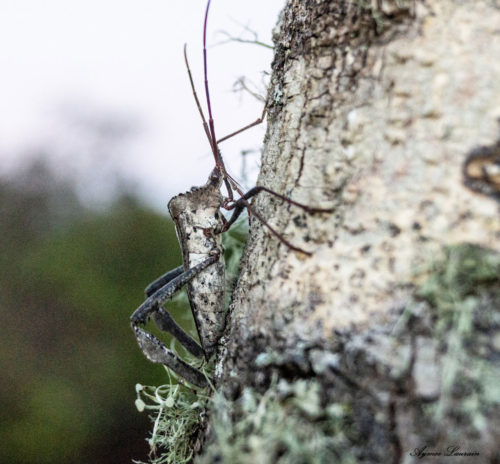
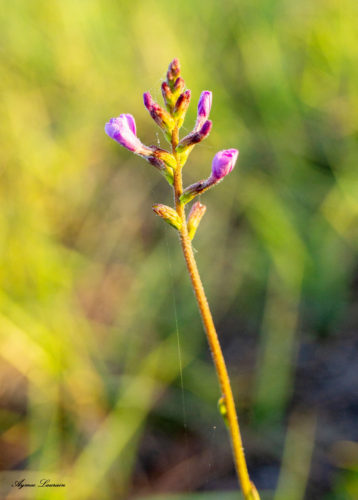
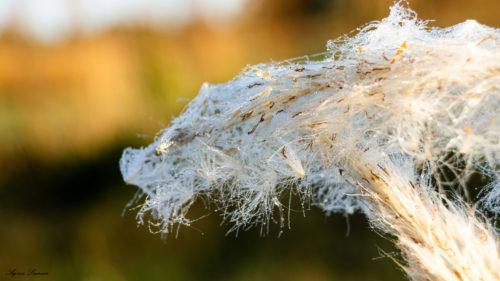
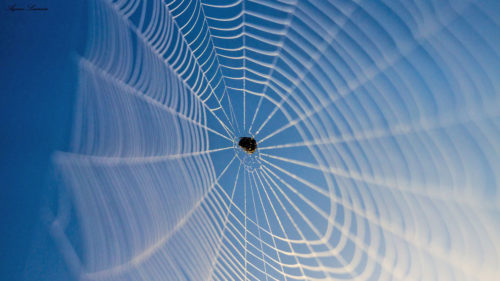
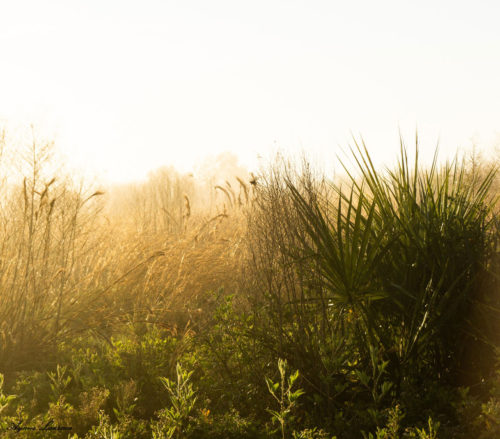
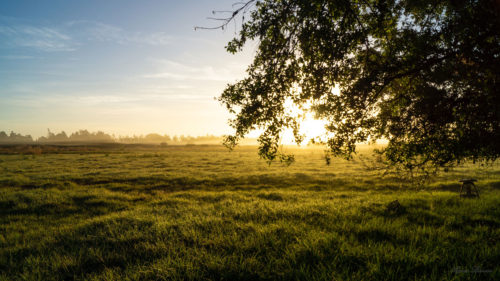
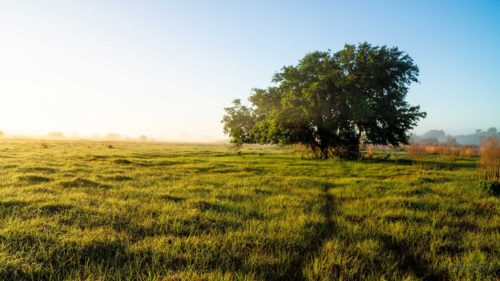
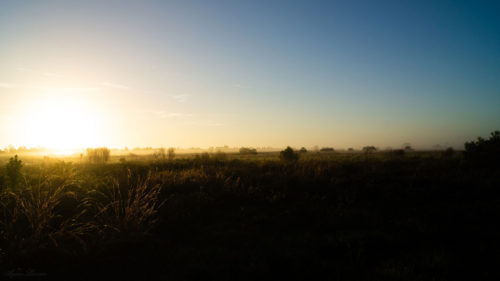
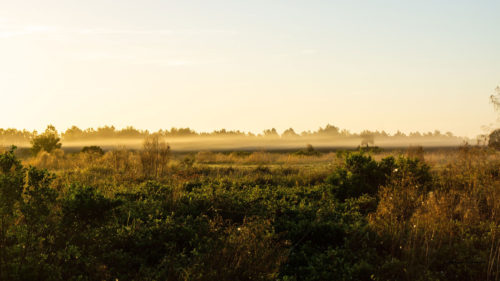
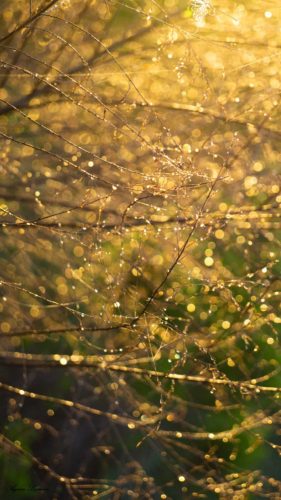
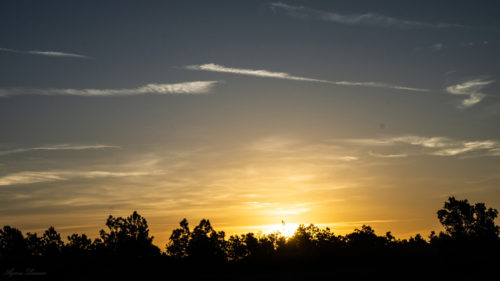
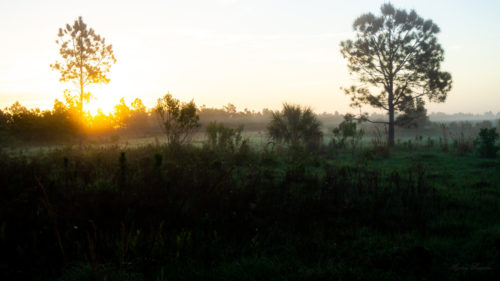
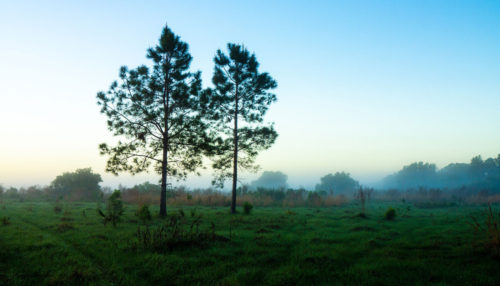
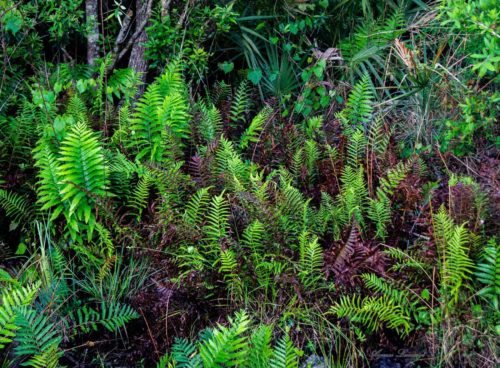
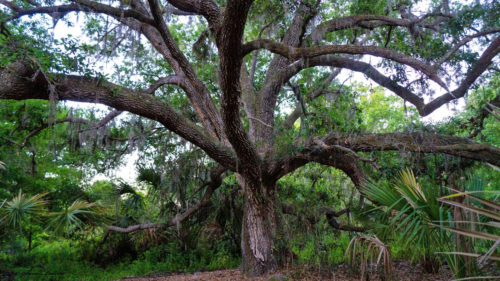
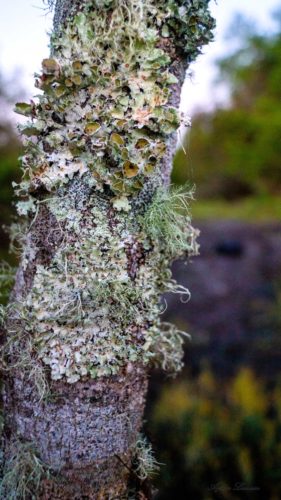
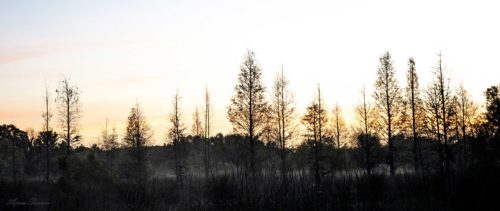
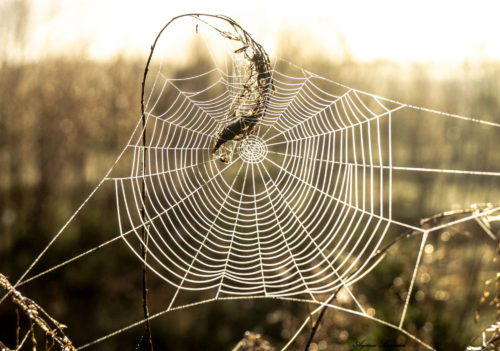
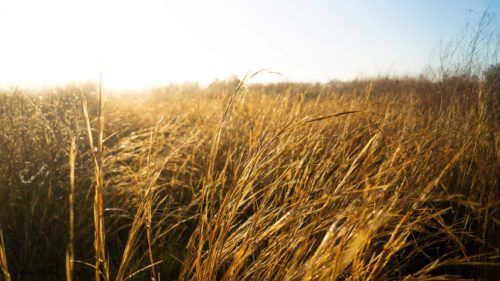
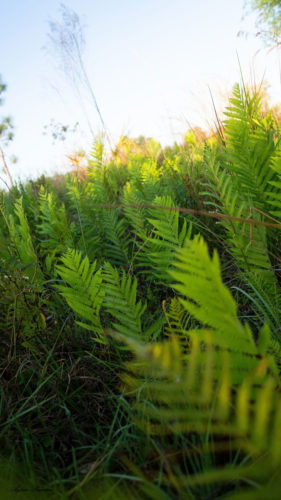
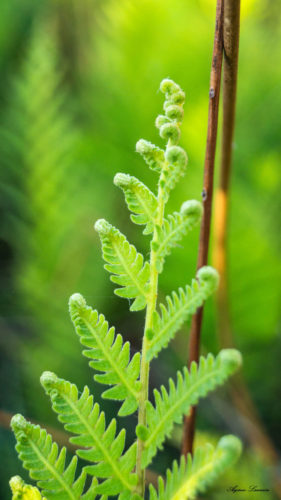
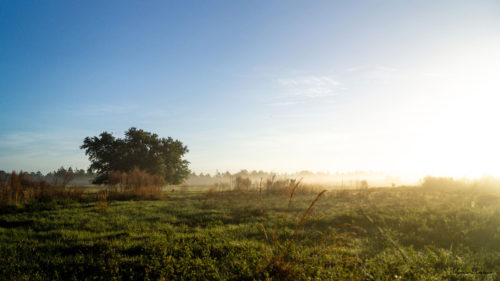
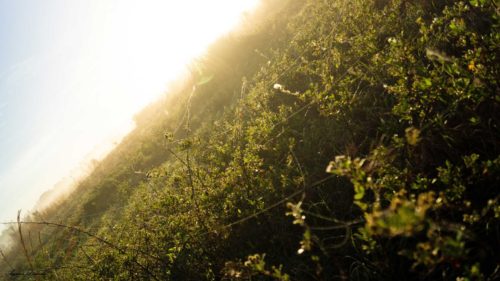
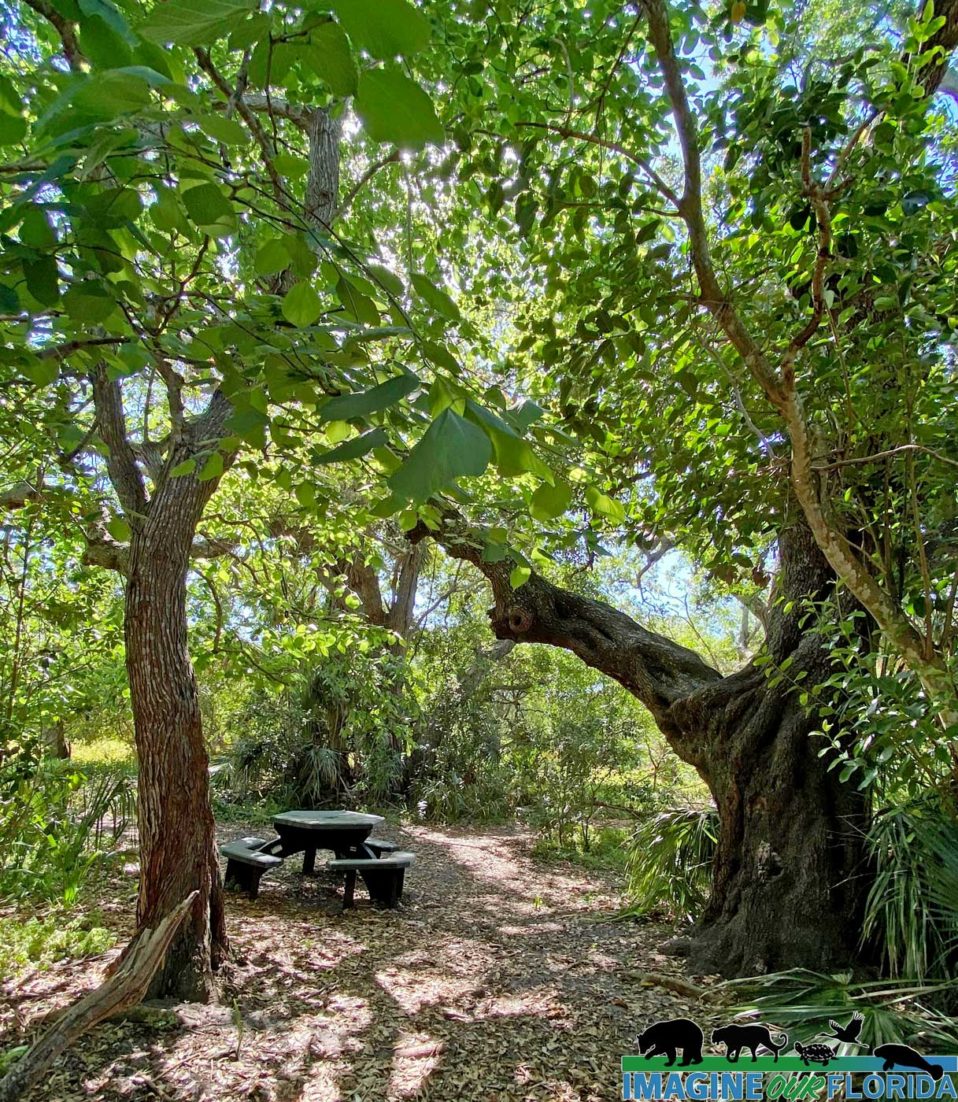
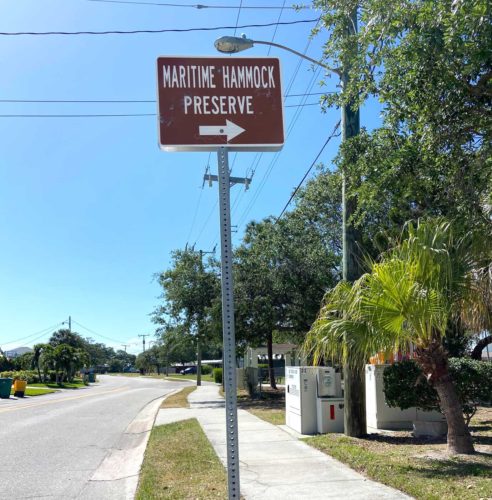
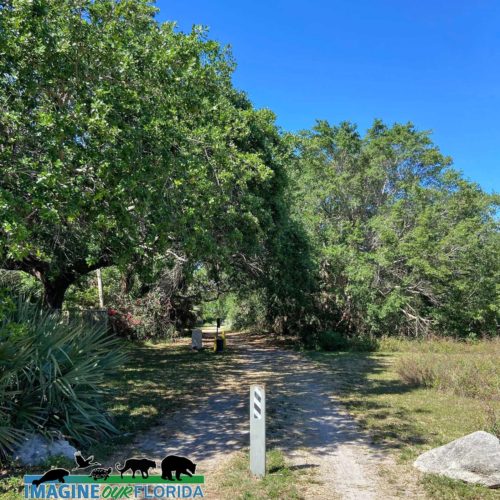
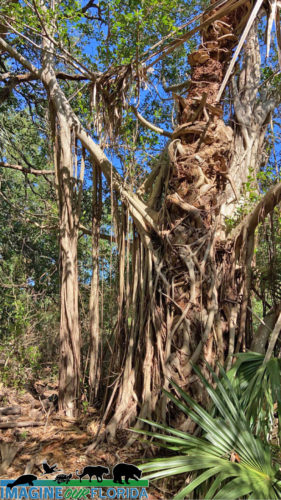
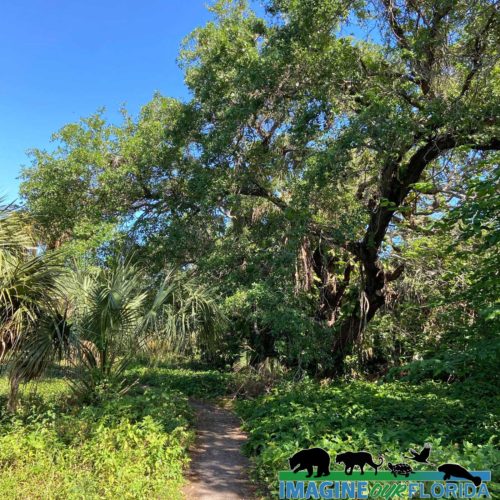
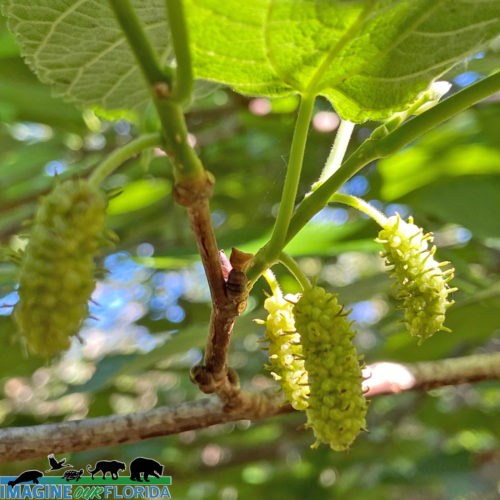
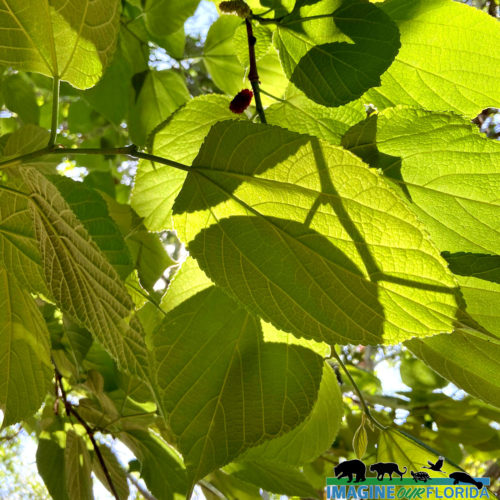
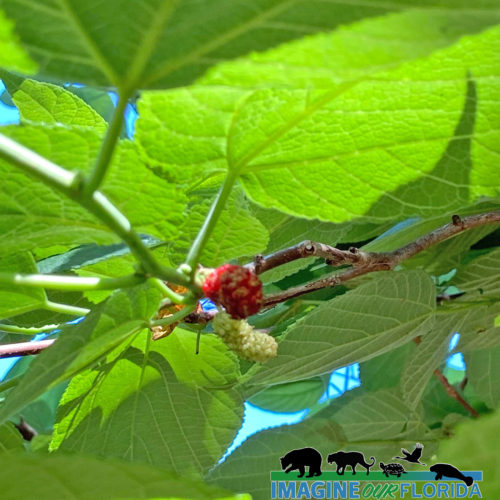
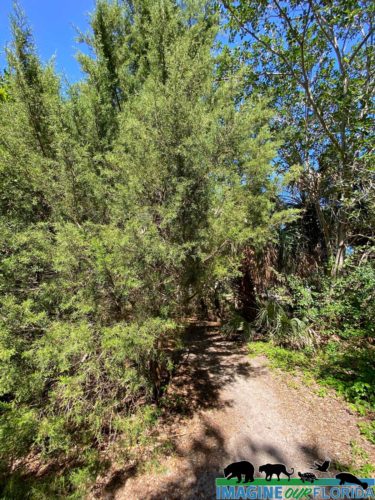
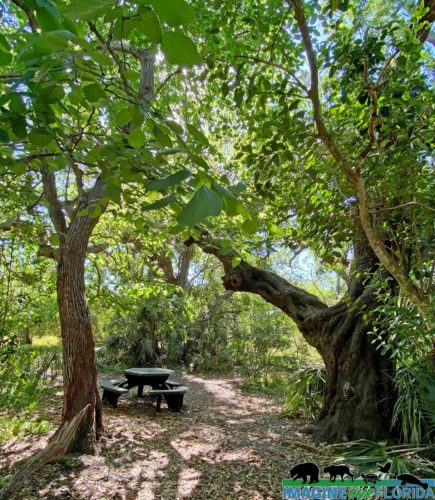
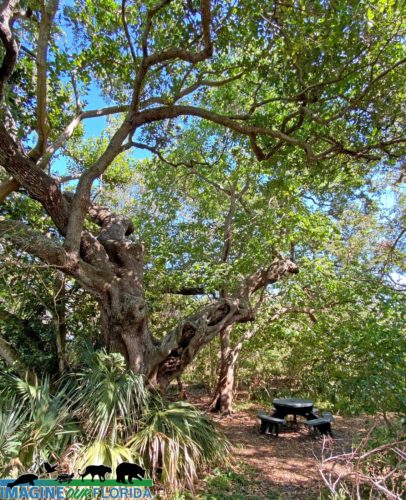
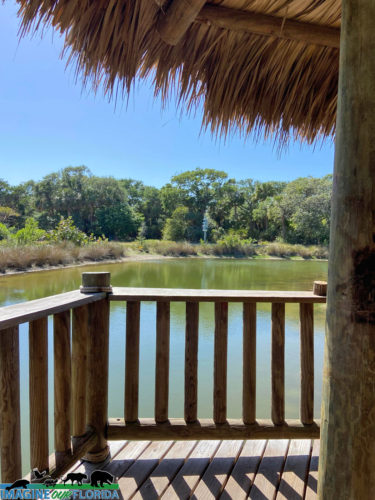
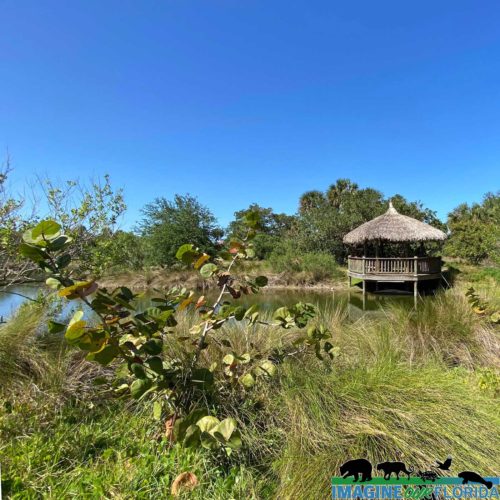
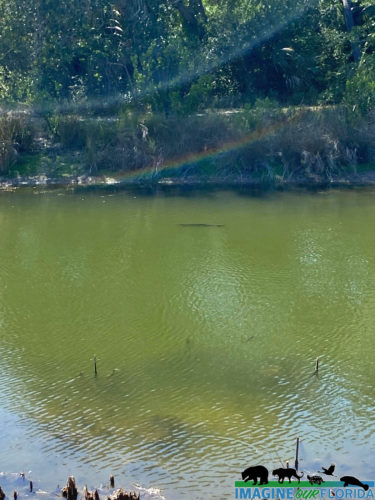
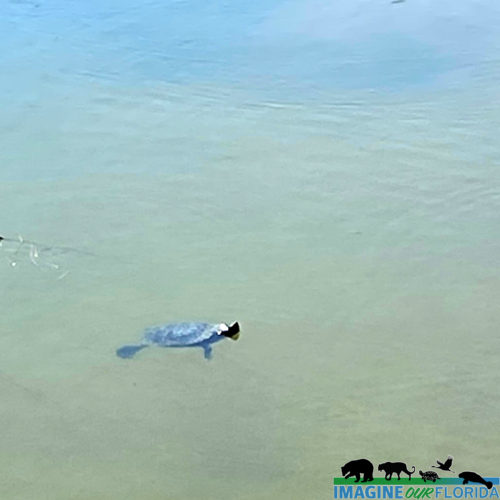
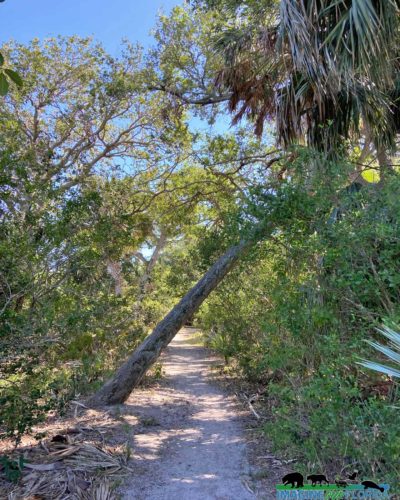
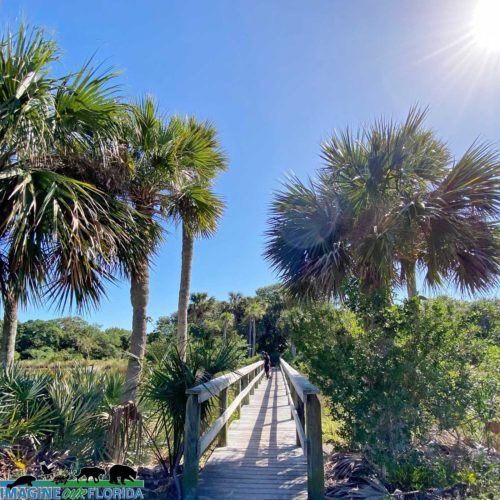
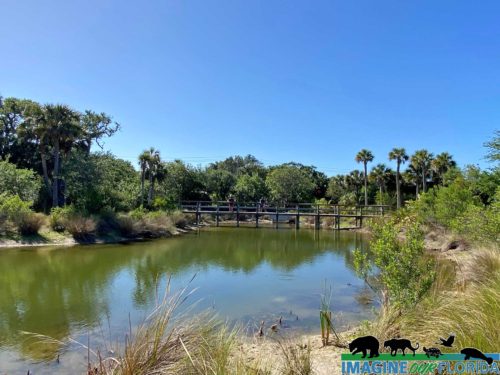
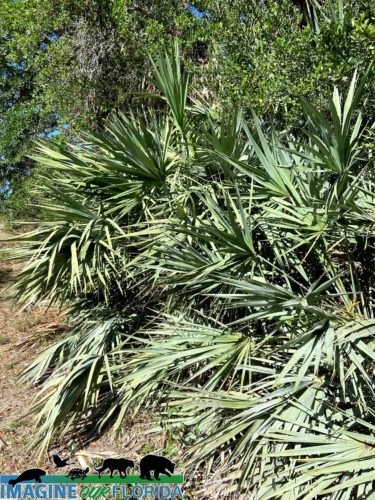
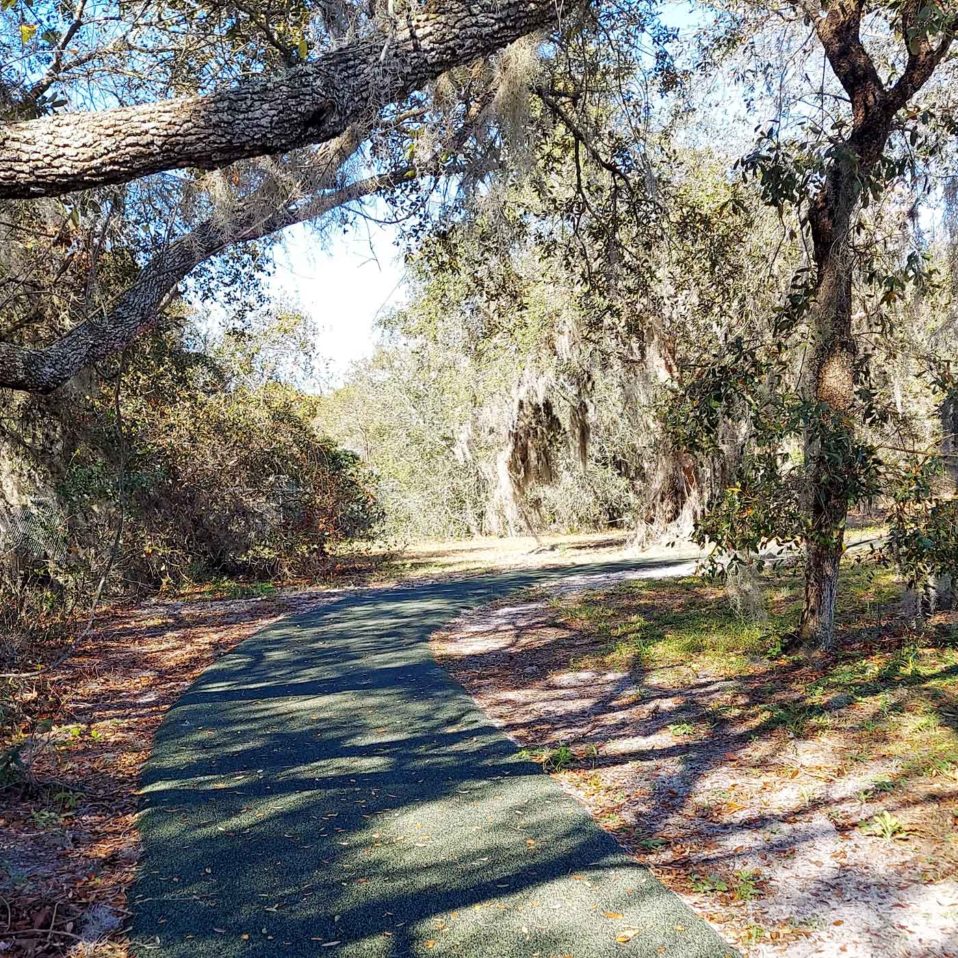
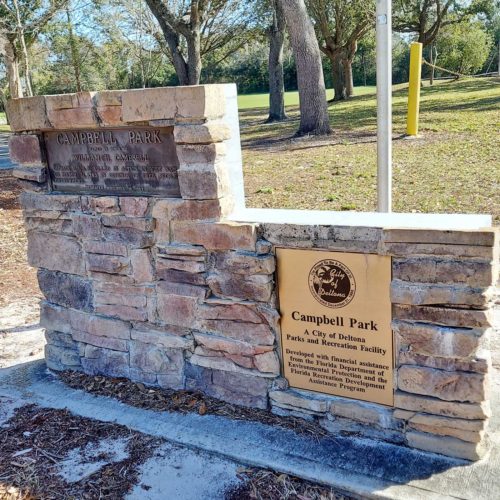
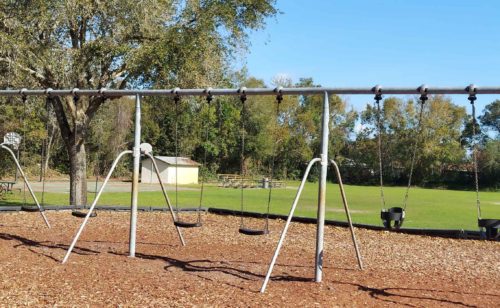
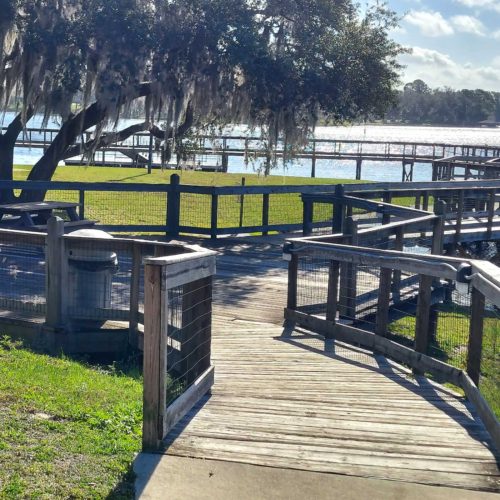
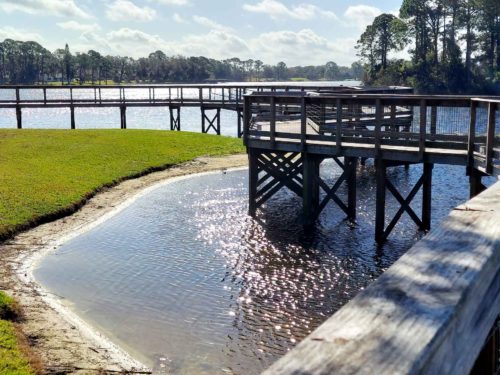
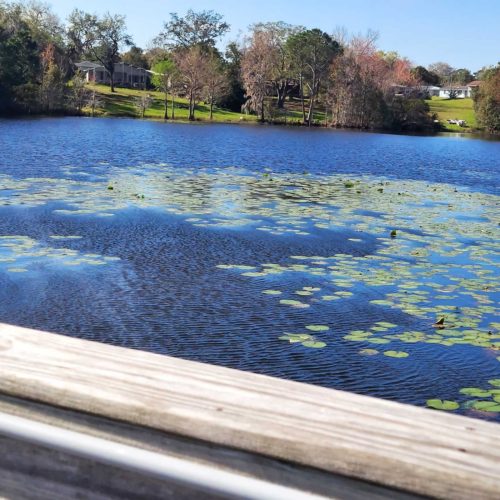
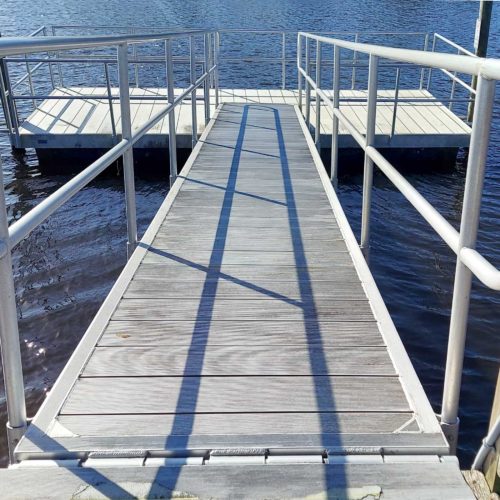
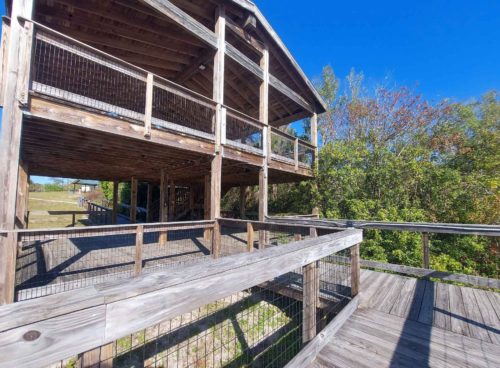
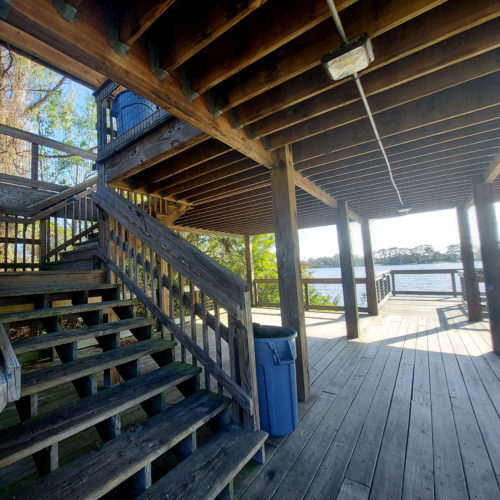
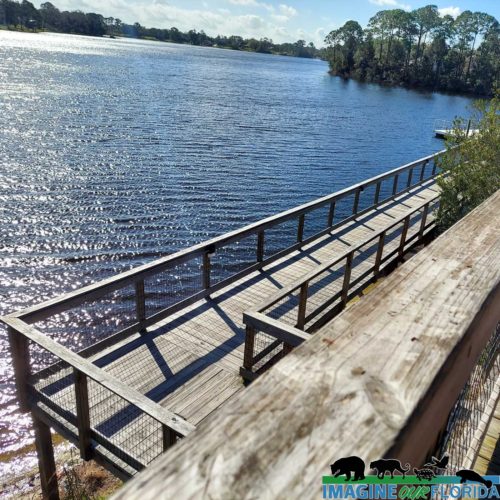
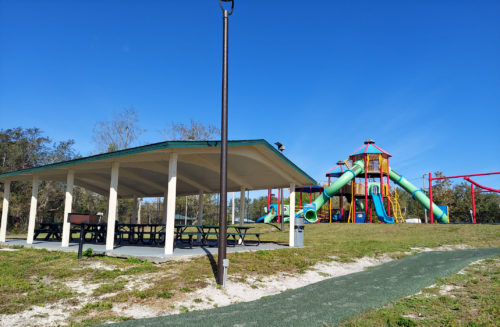
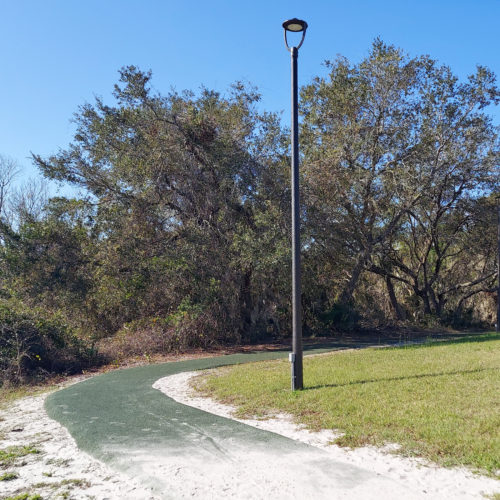
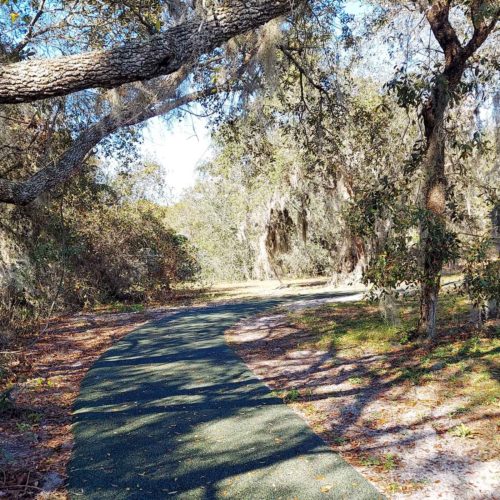
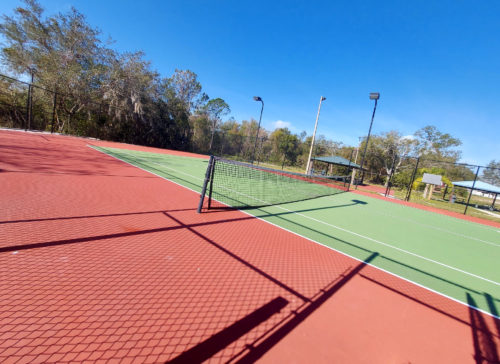
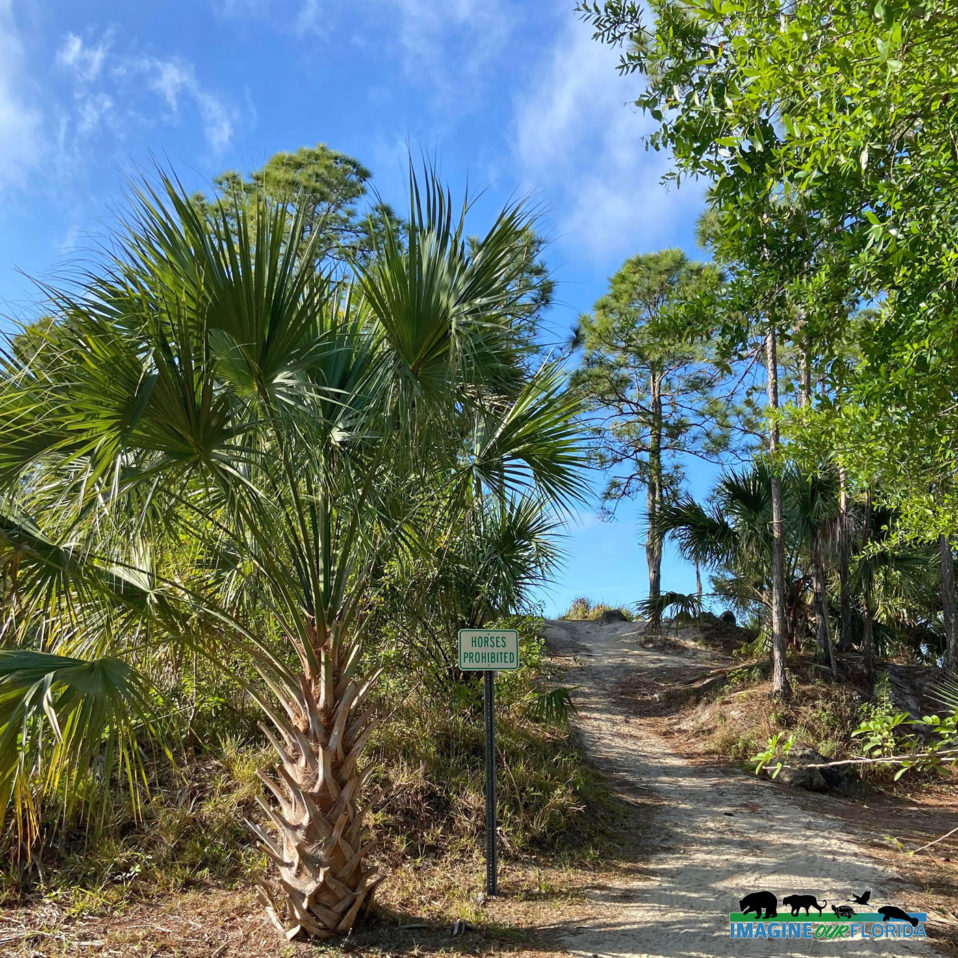
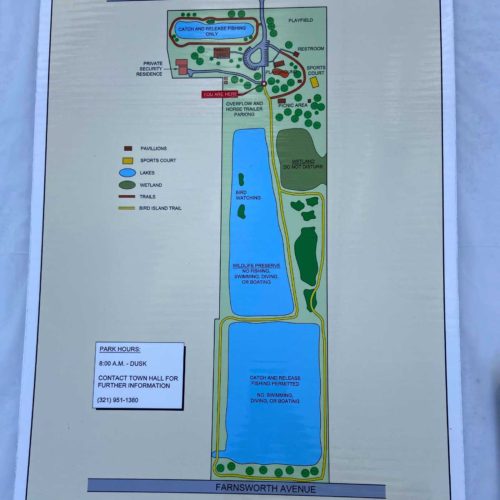
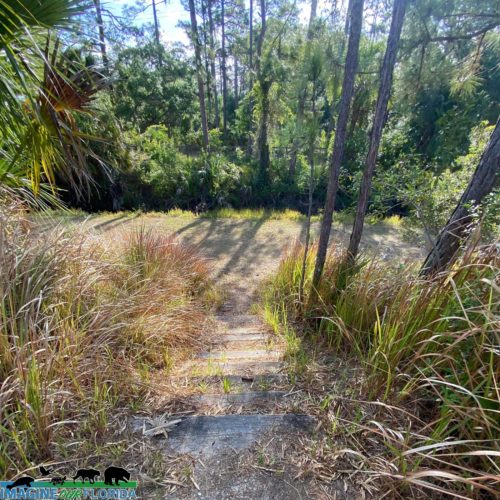
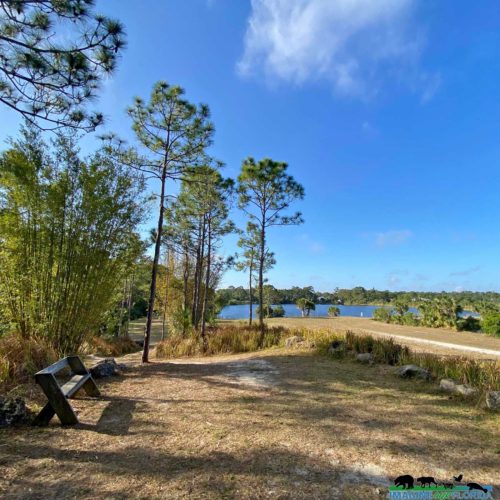
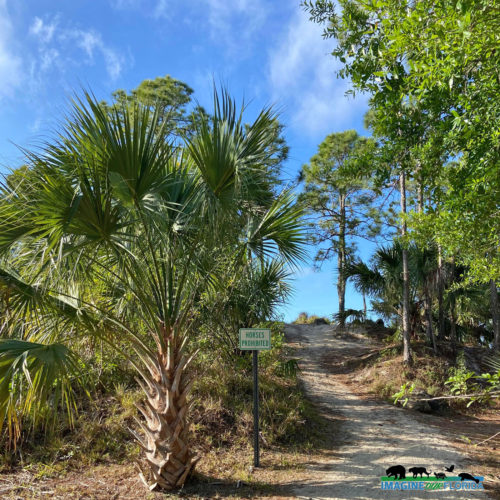
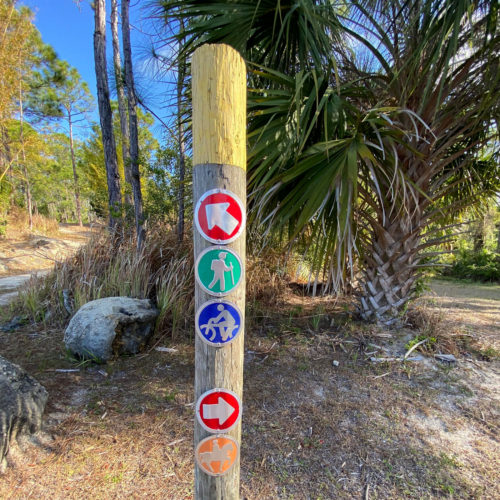

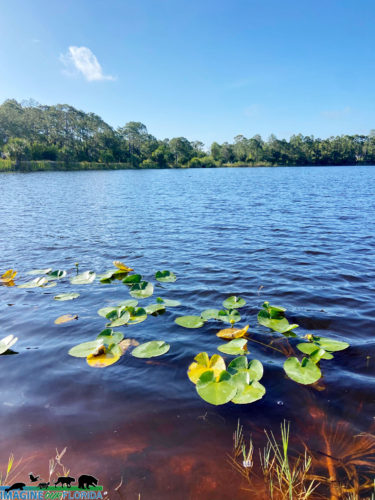
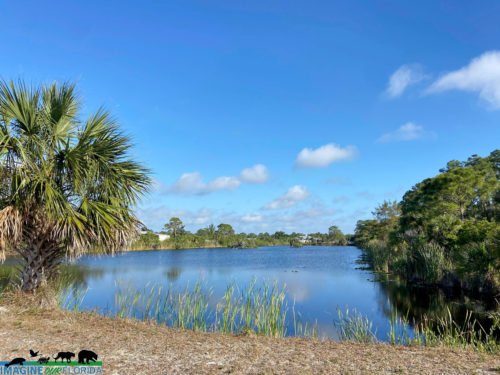
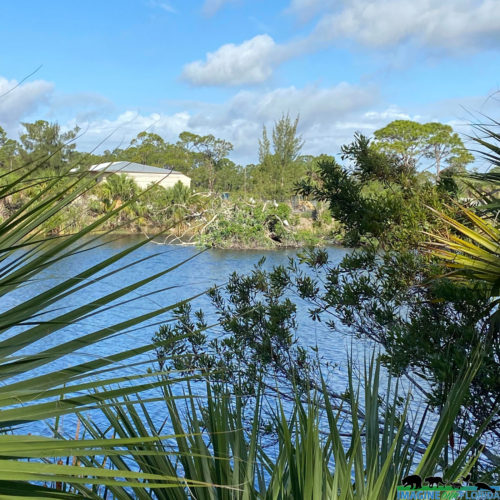
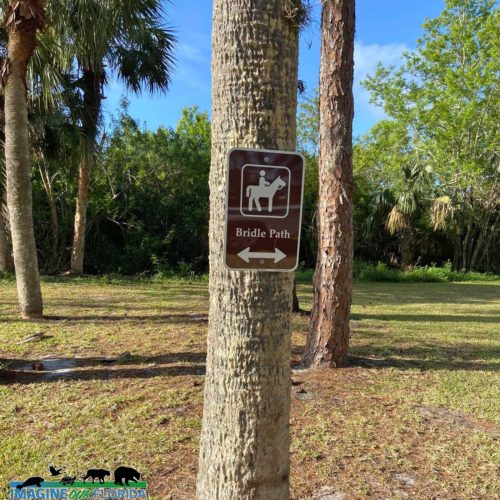
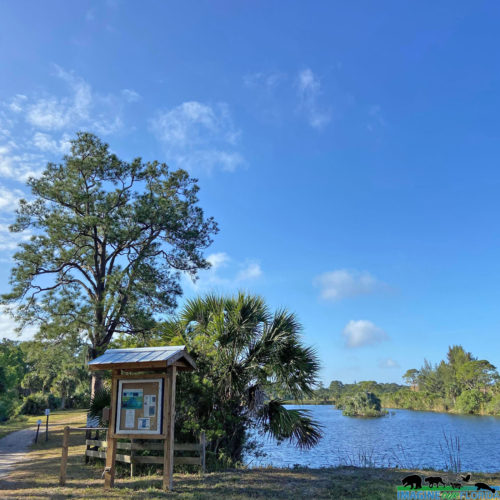
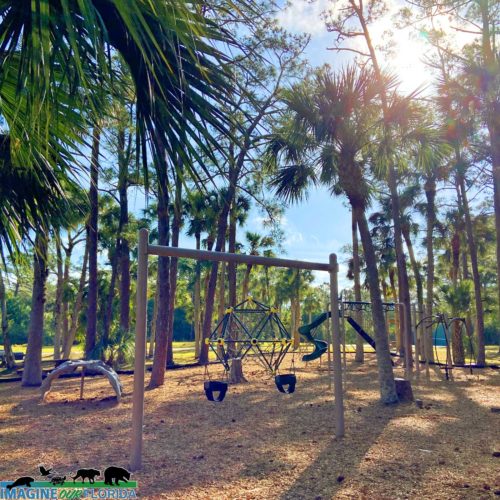
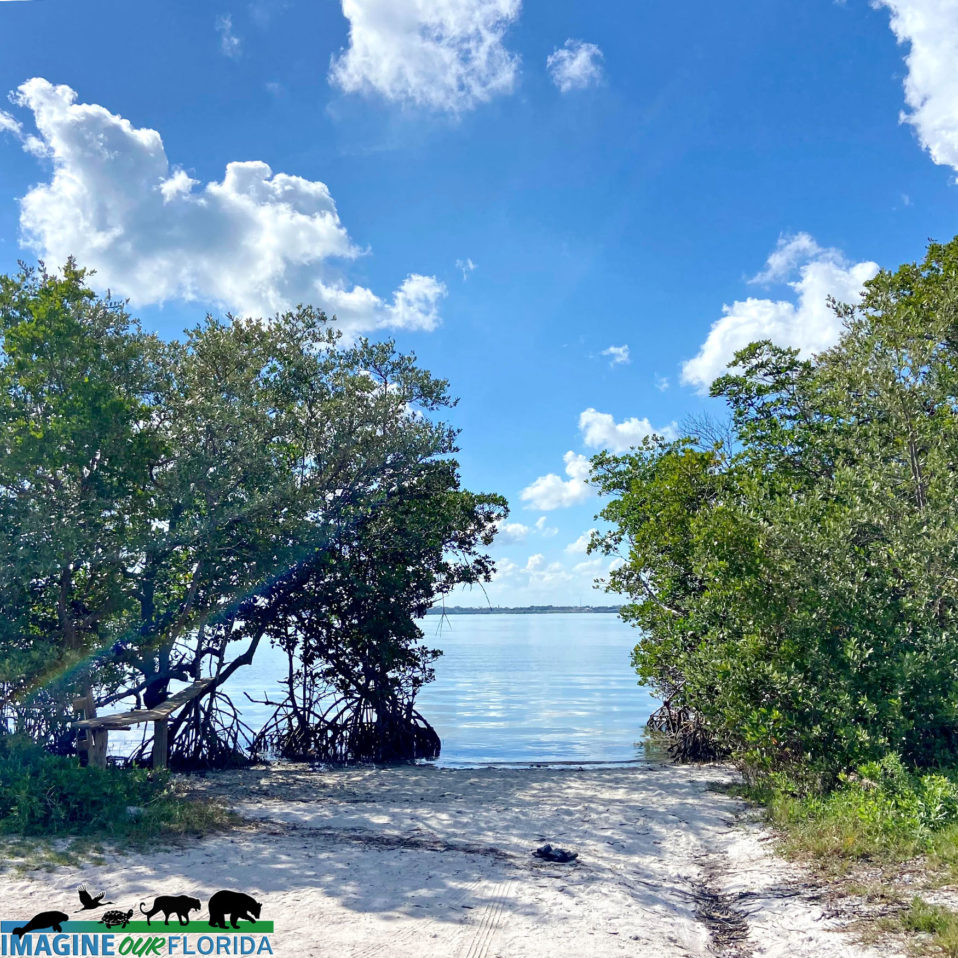
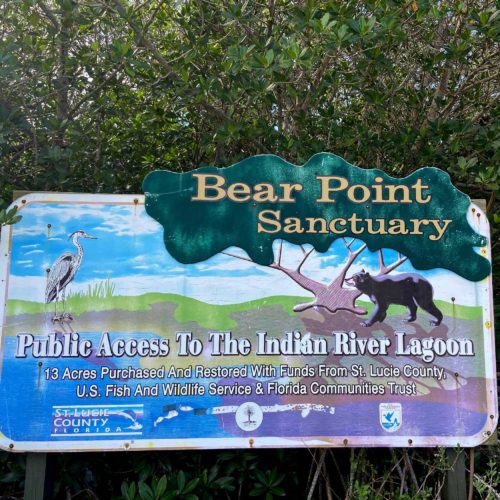
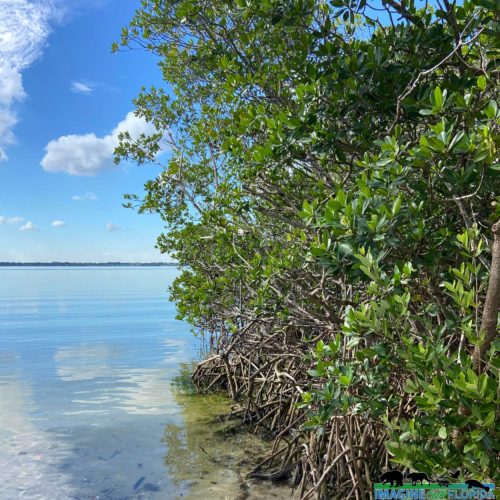
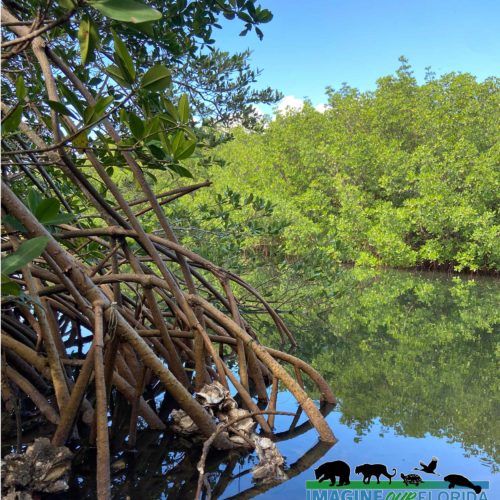
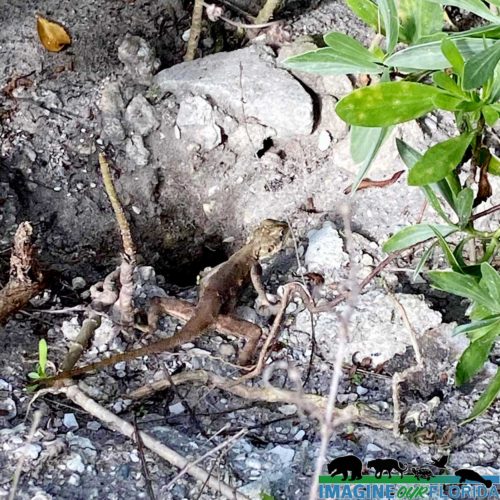
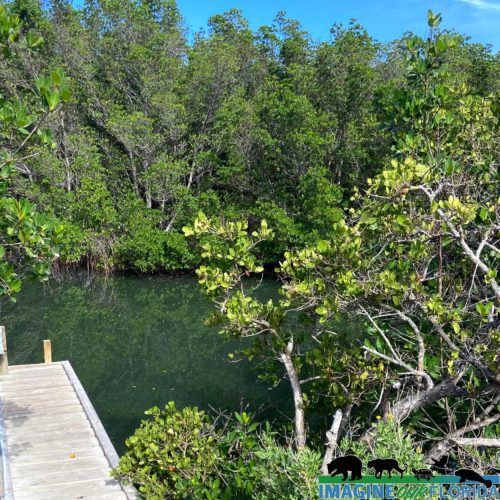
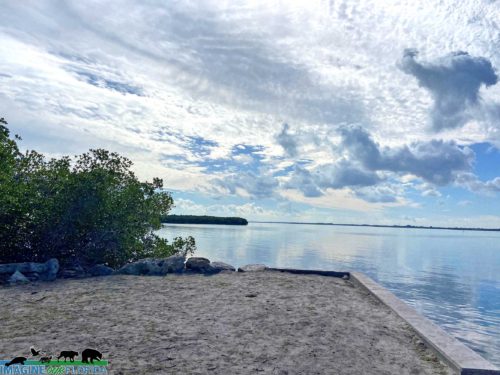
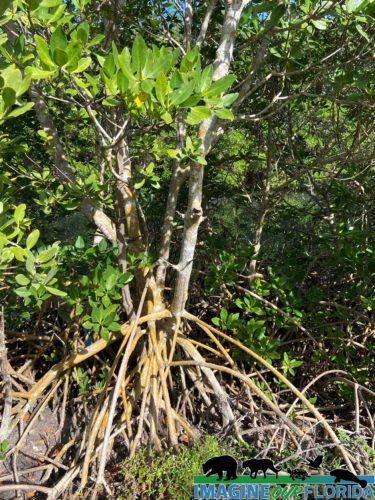
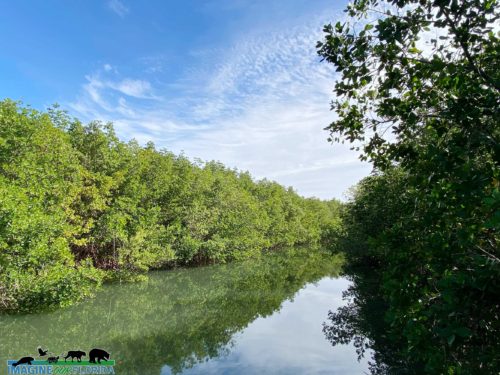
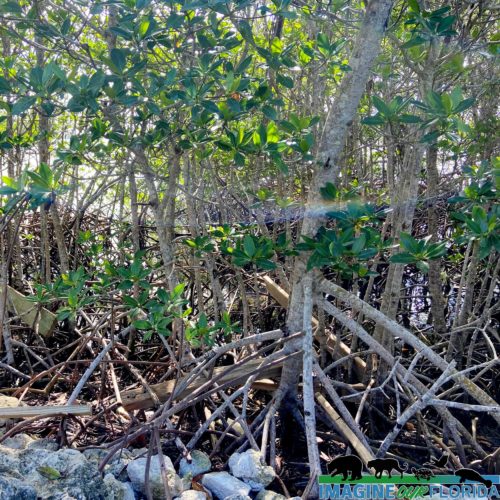
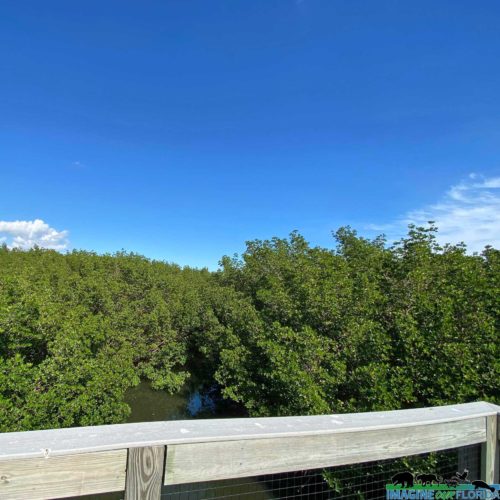
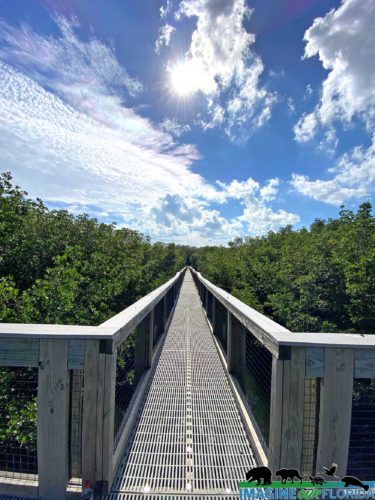
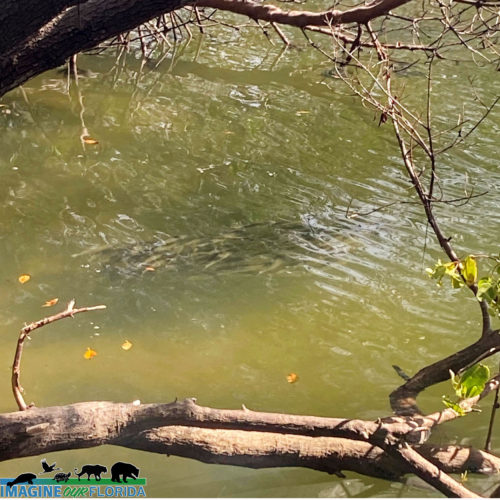
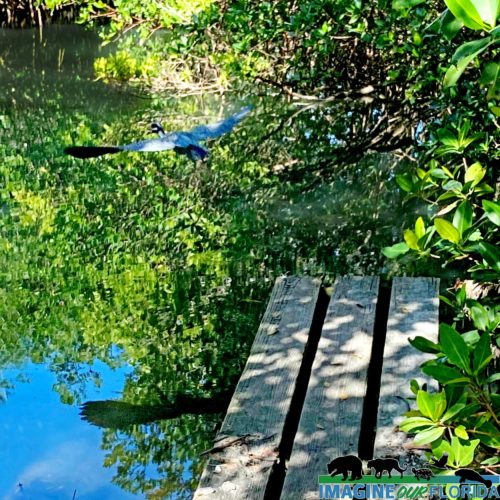
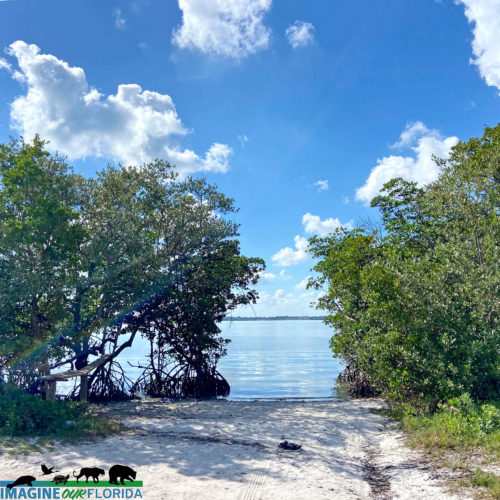
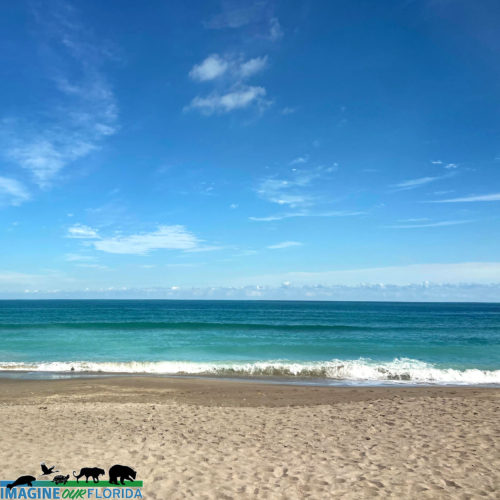
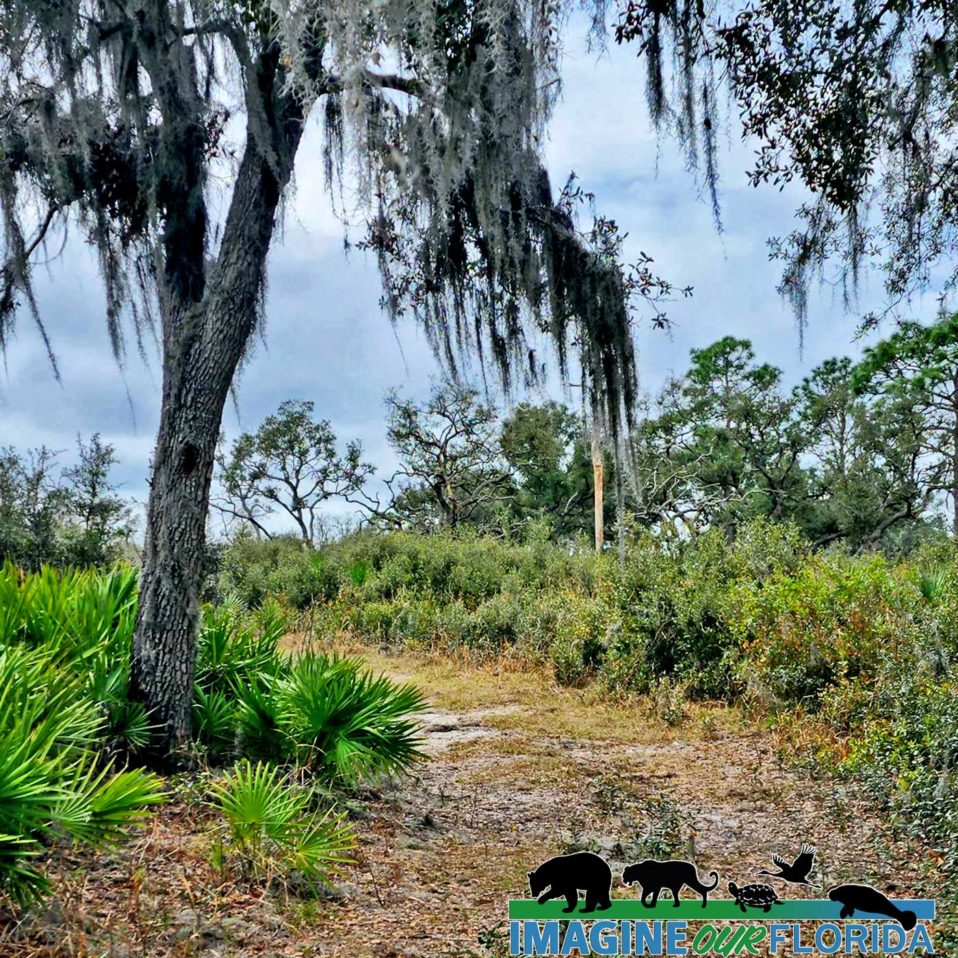
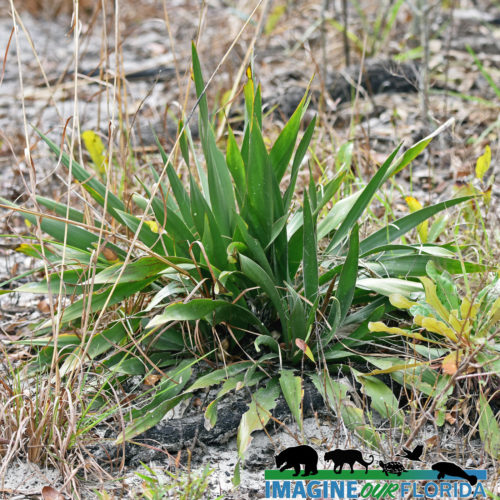
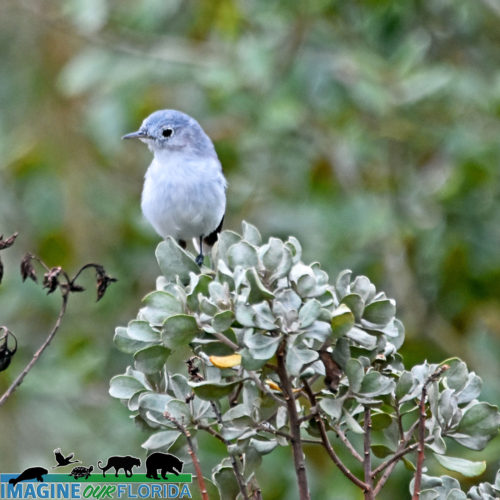
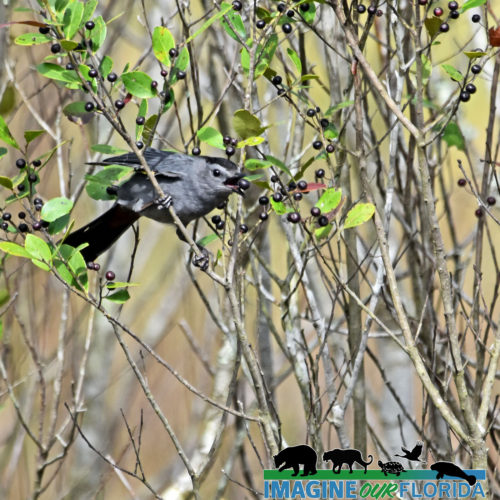
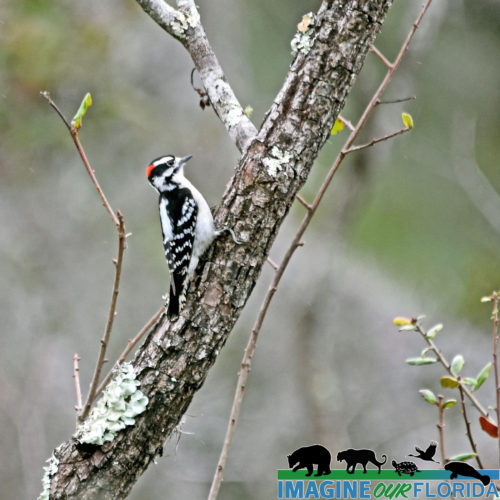
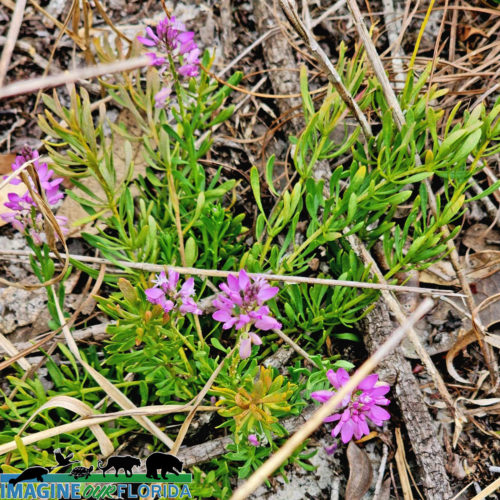
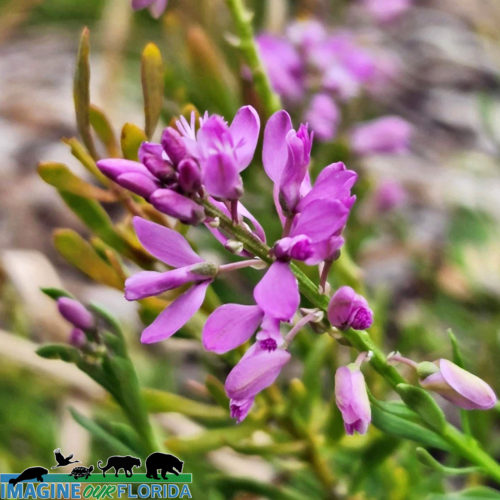
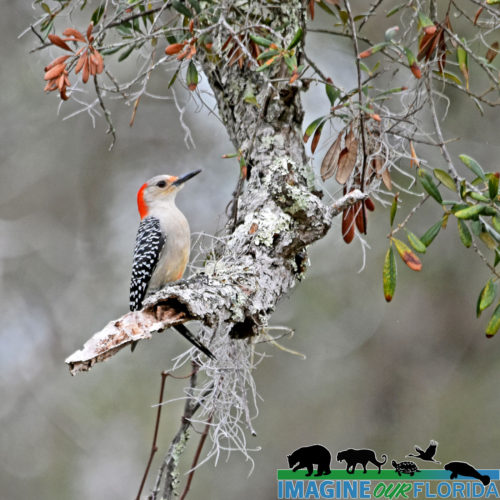
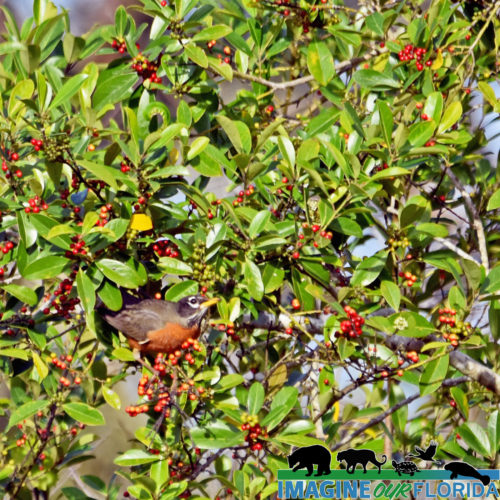
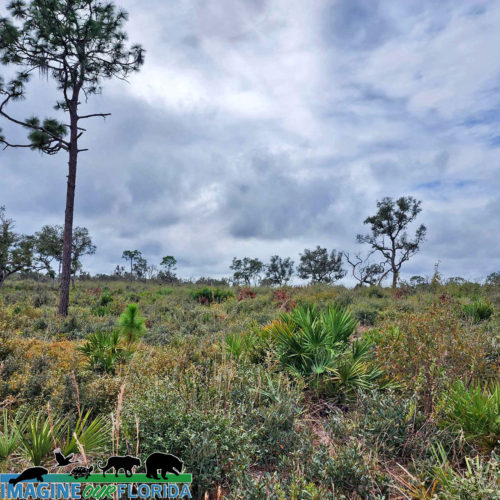
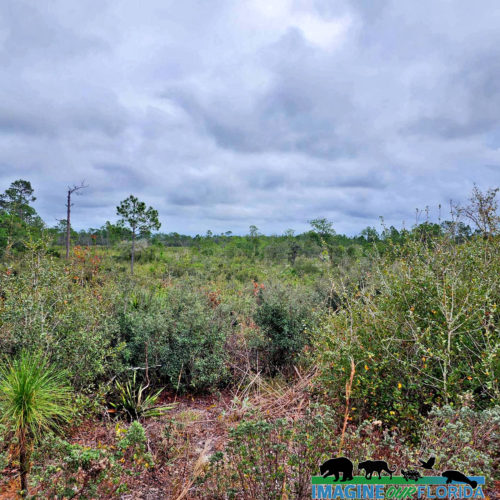
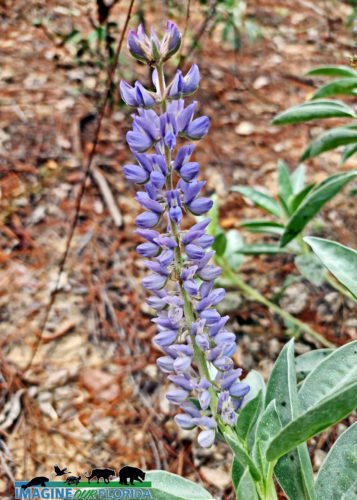
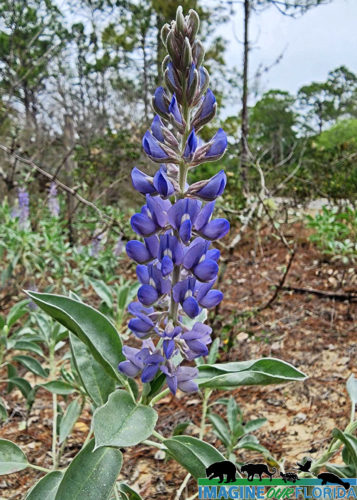
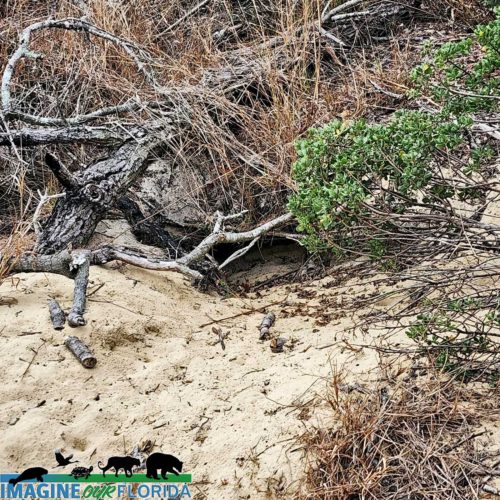
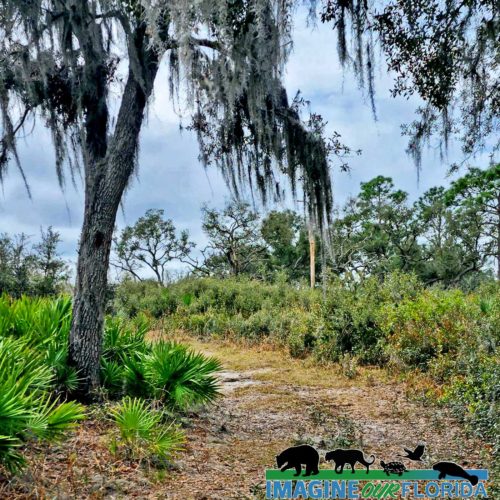
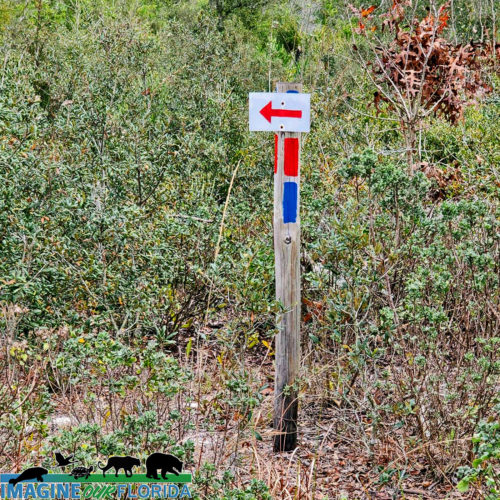
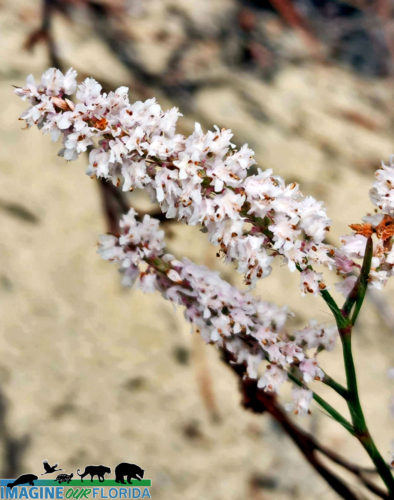
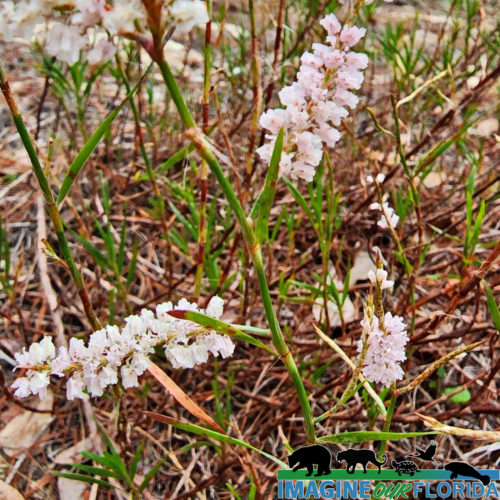
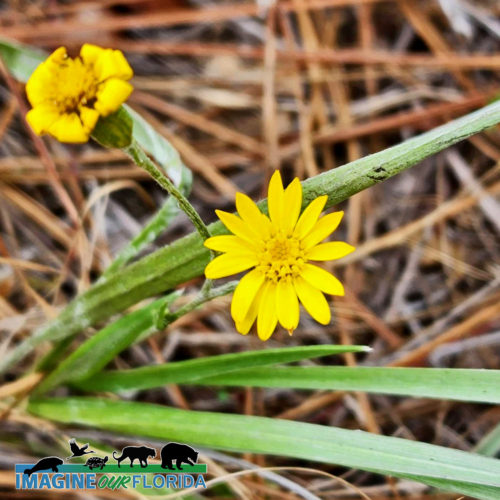
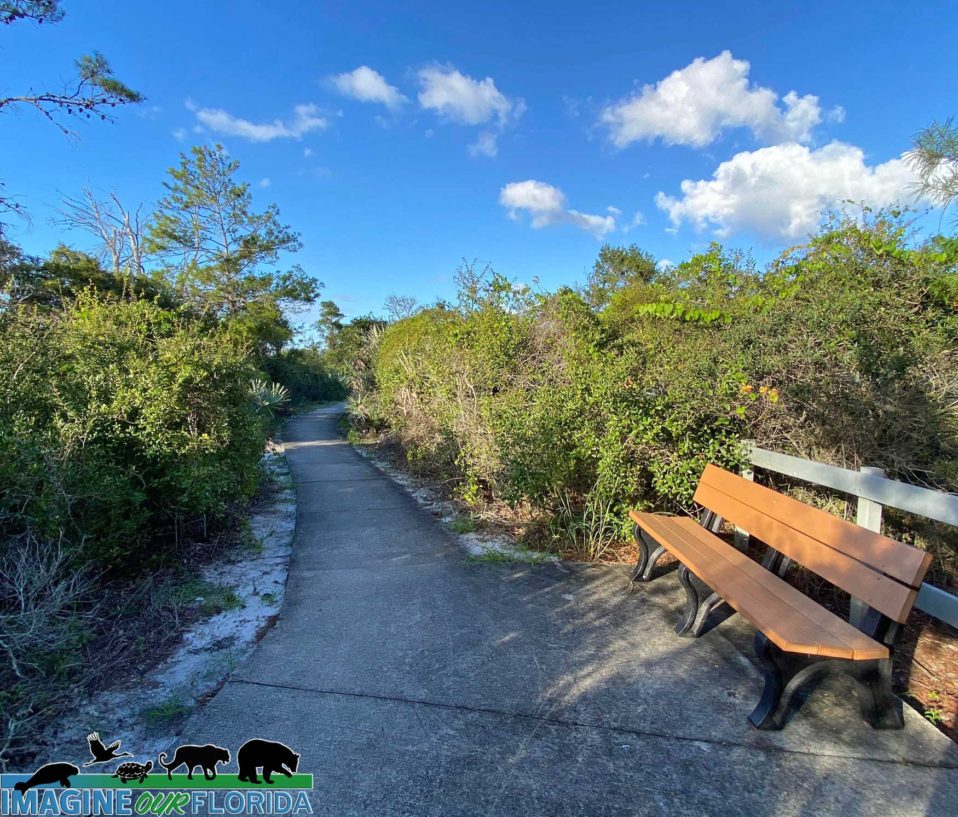
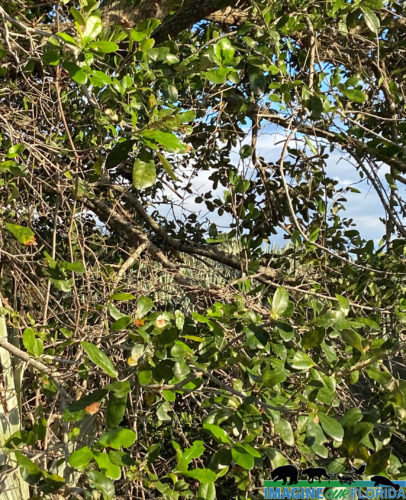
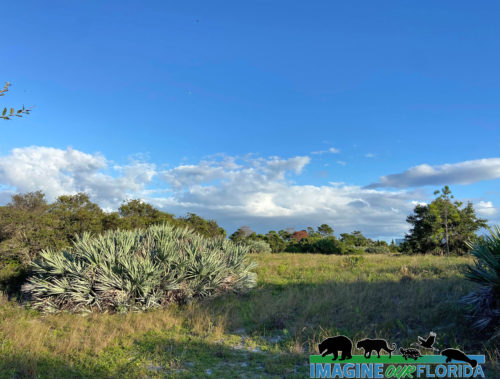
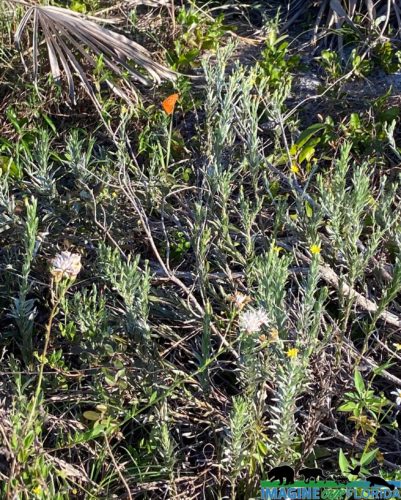
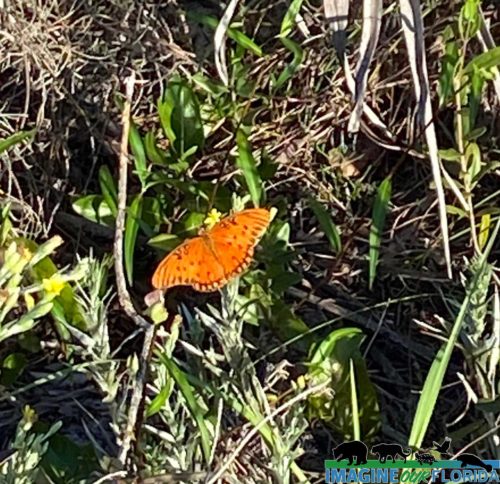
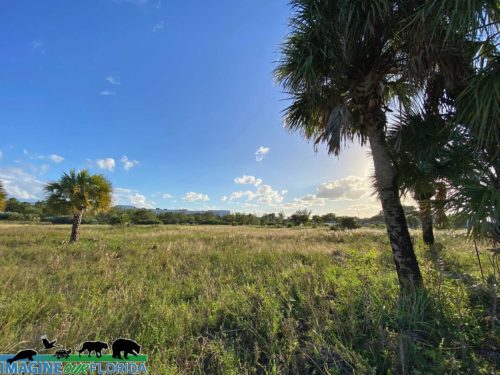
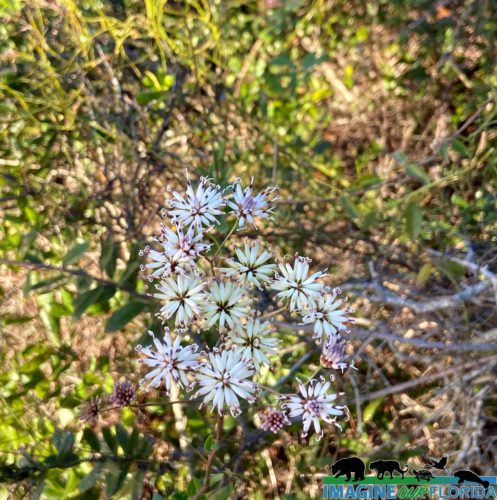
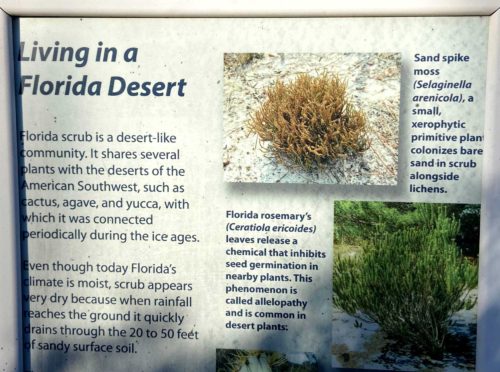
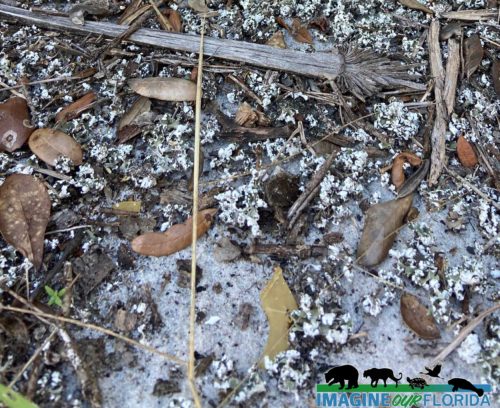
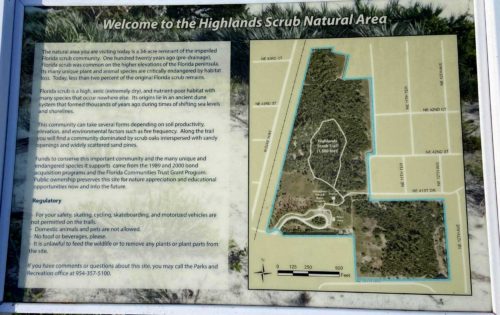
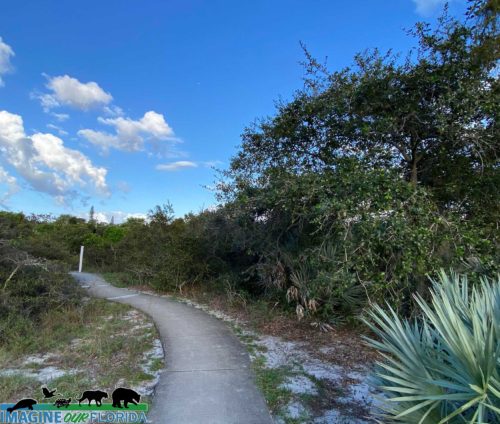
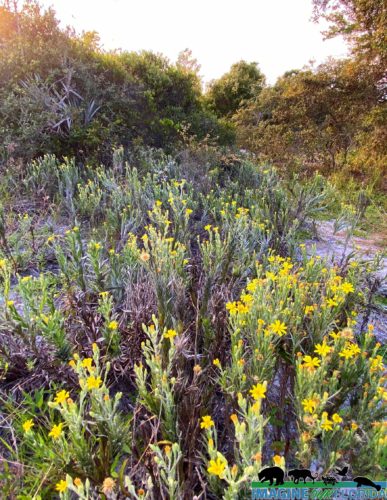
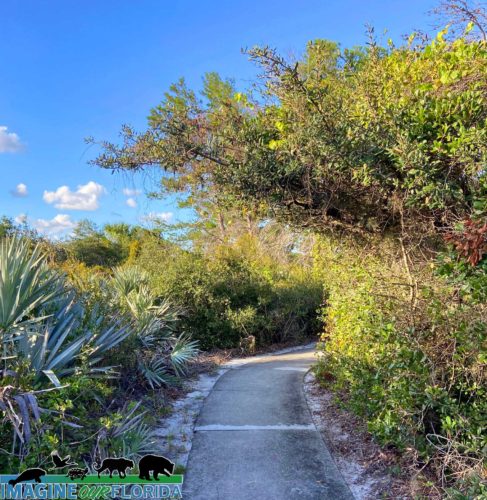
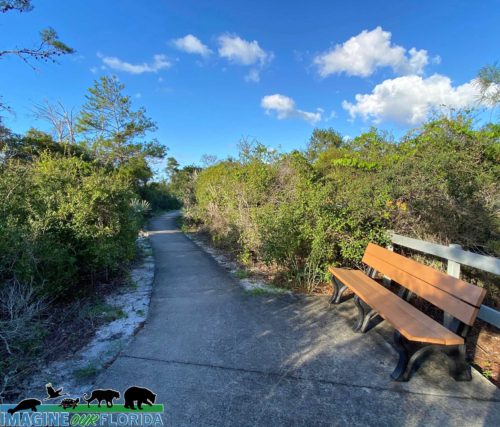
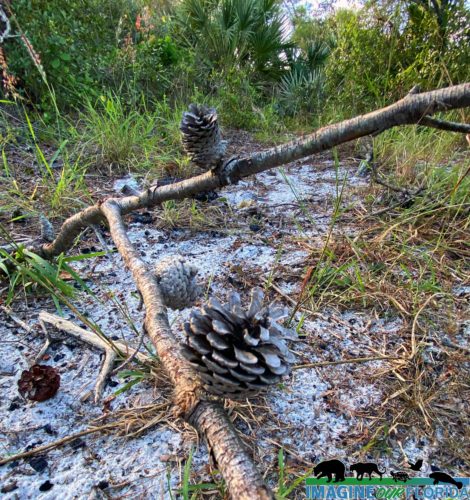
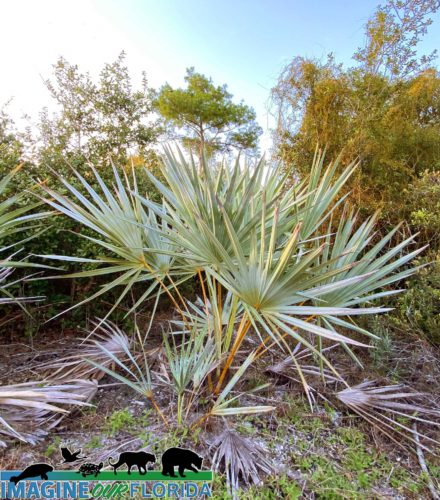
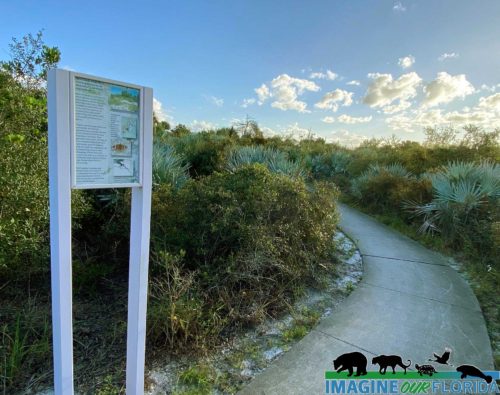
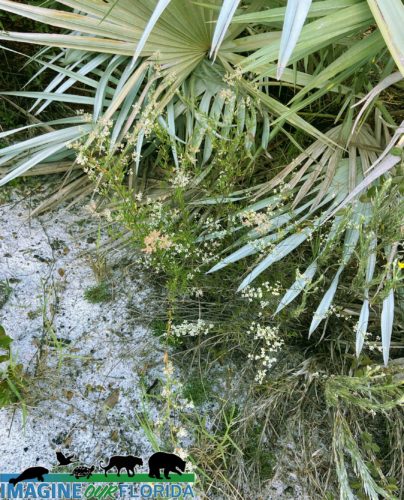
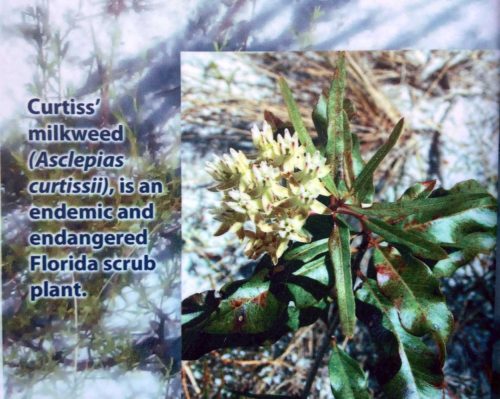
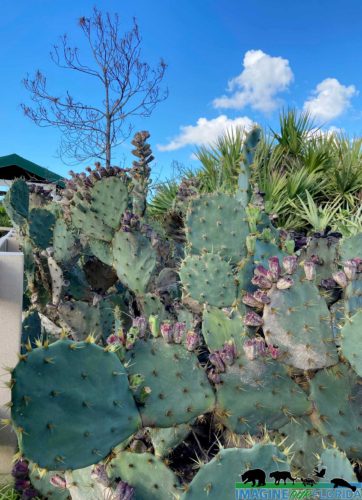
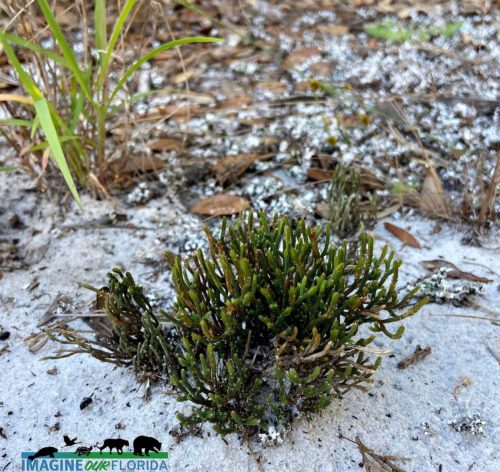
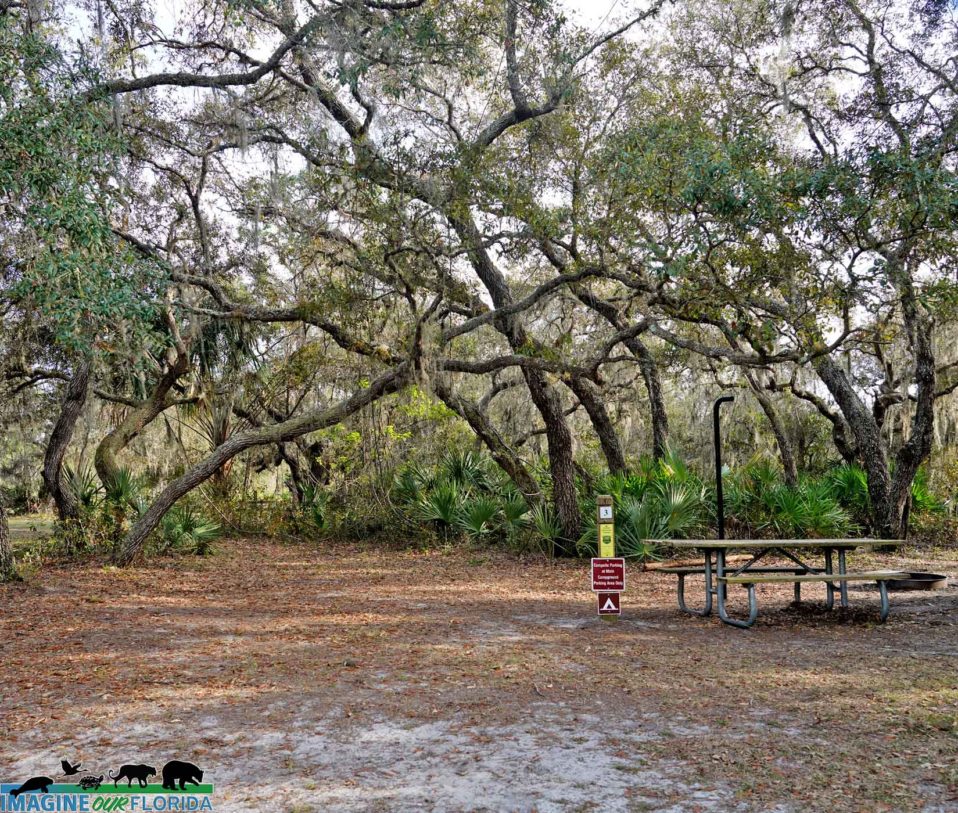
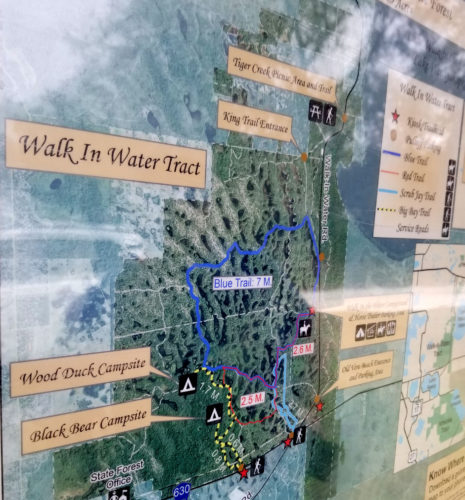
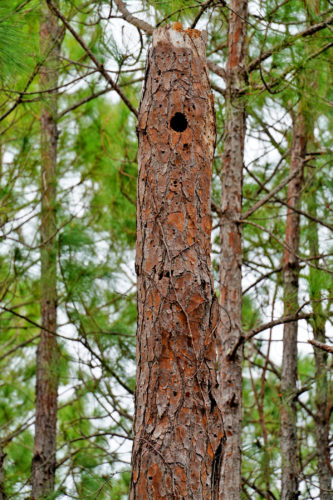
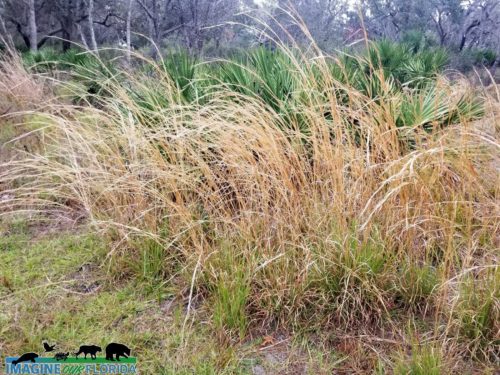
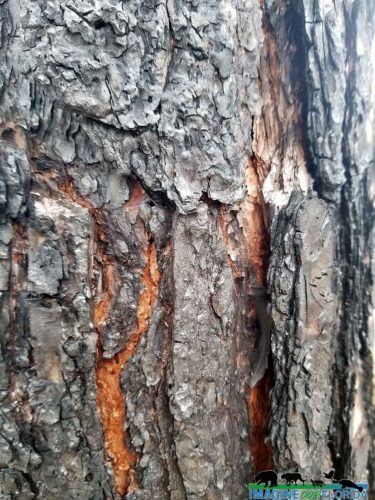
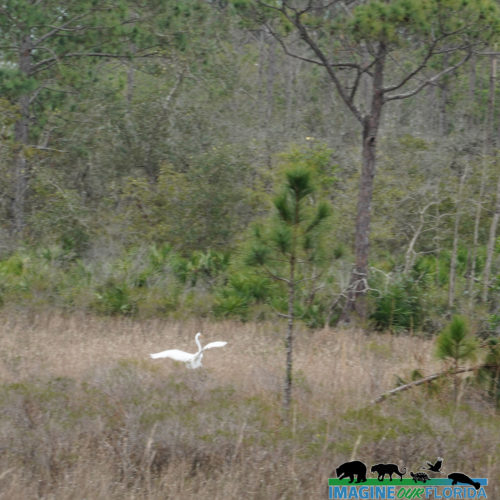
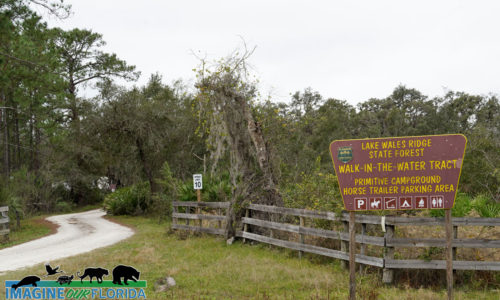
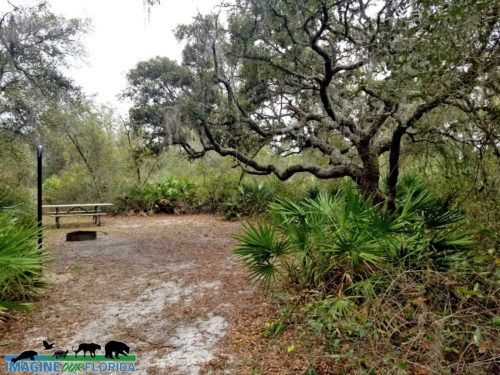
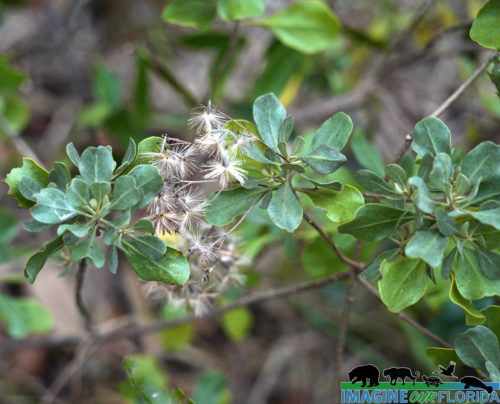
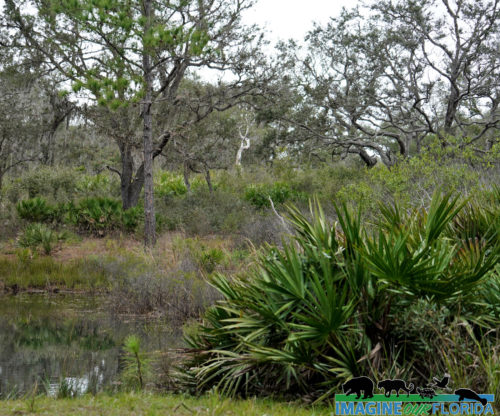
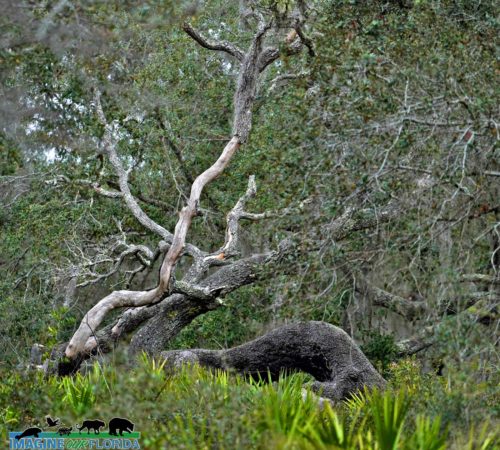
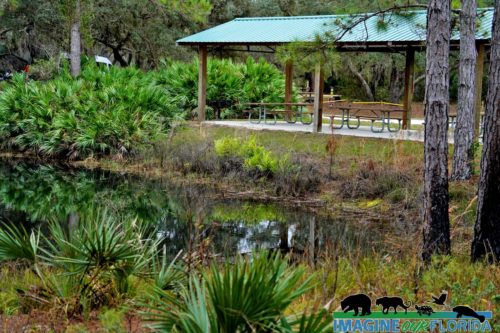
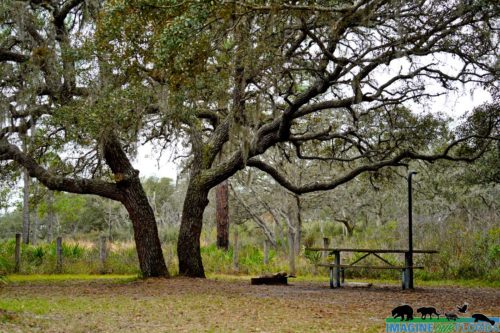 wa
wa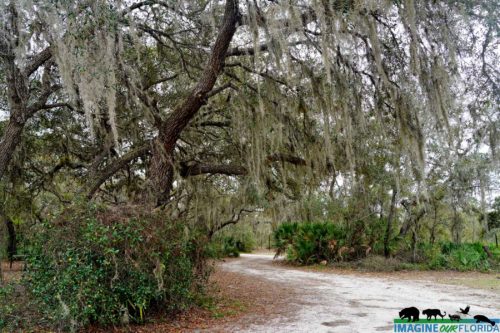
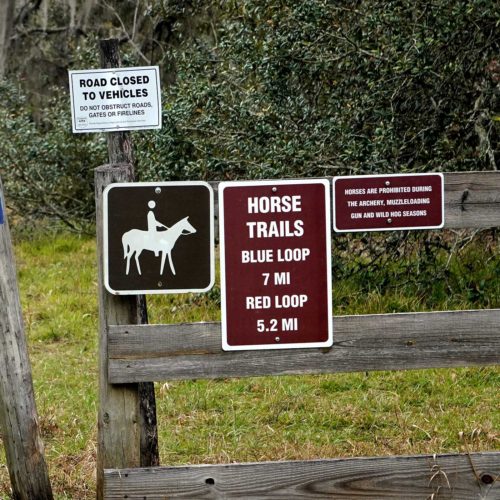
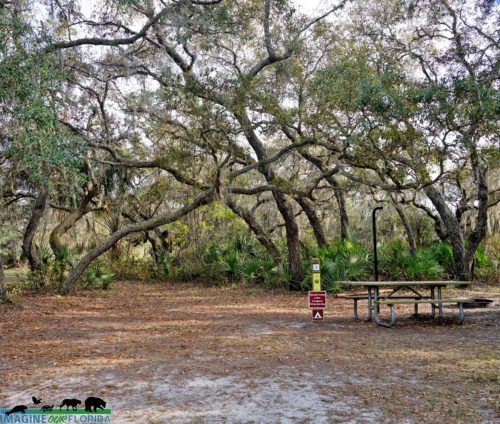
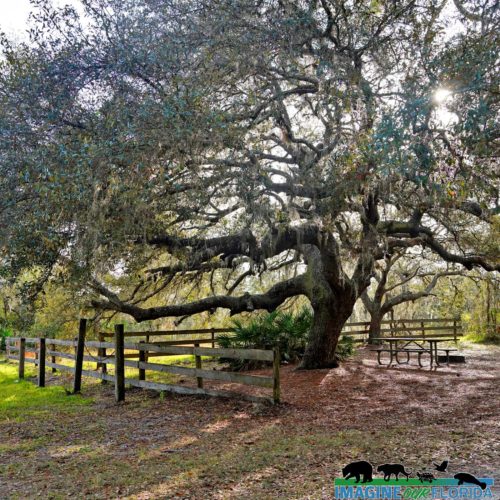
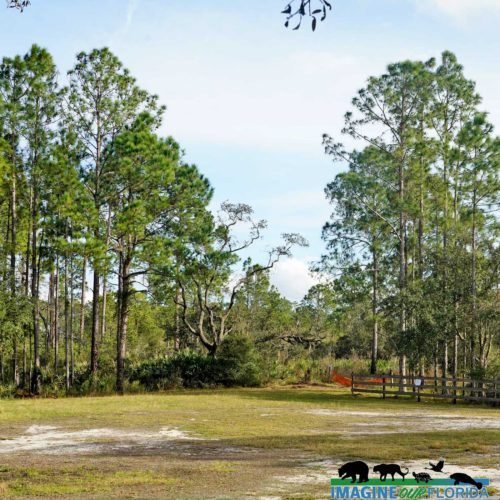
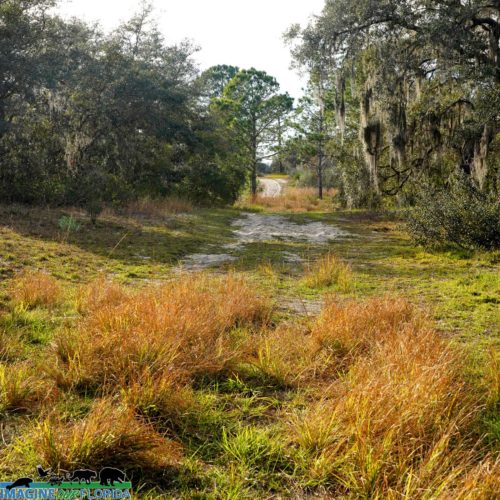
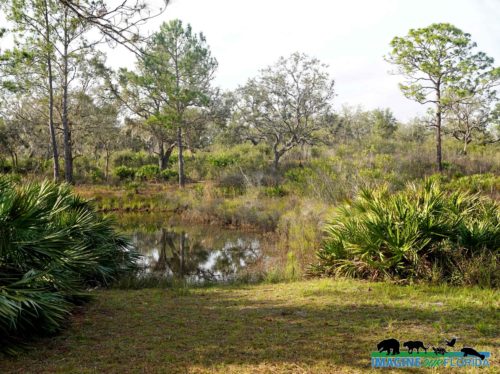
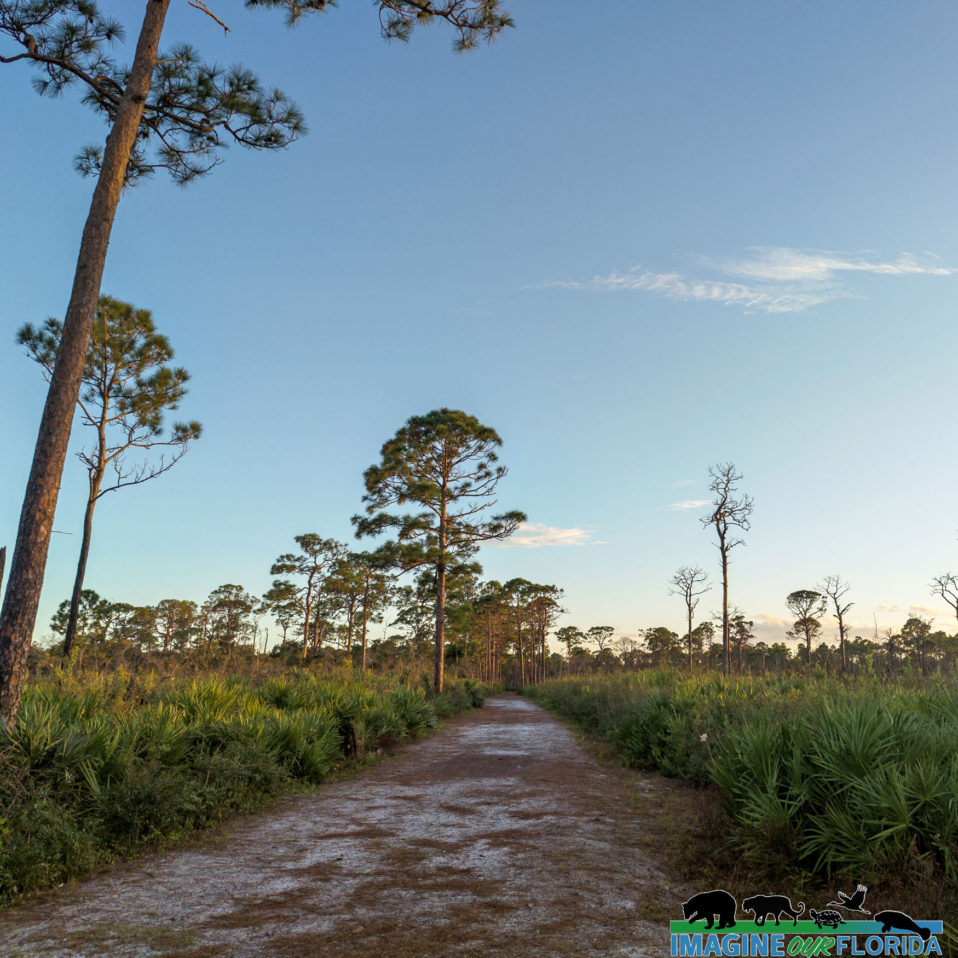
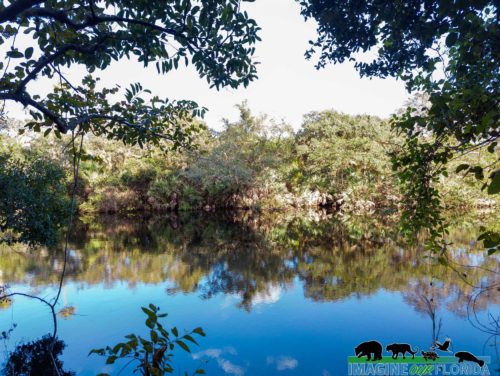
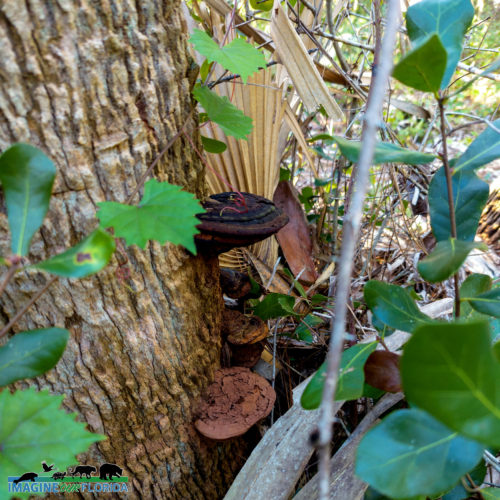
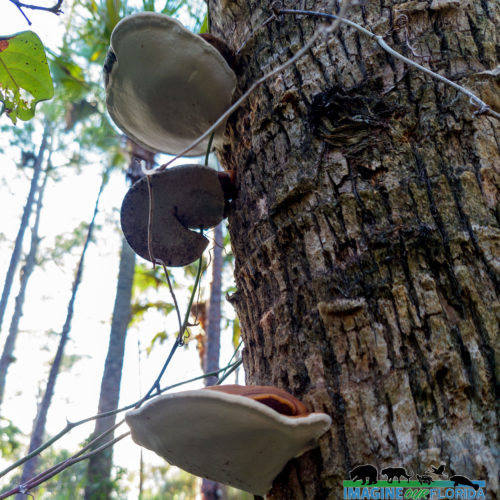
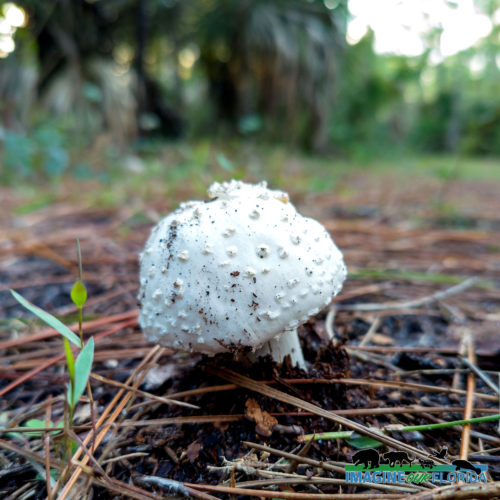
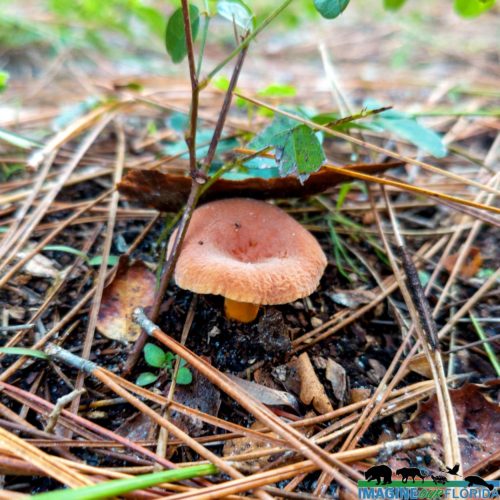
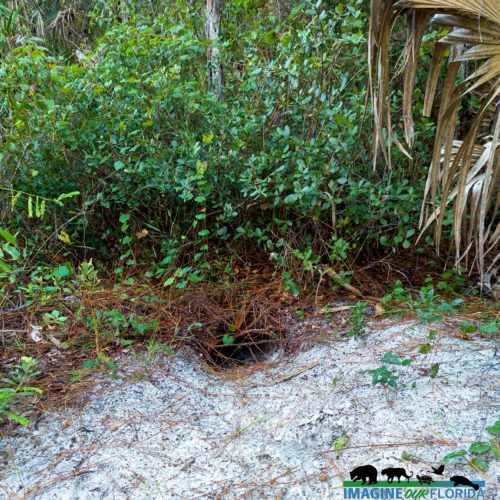
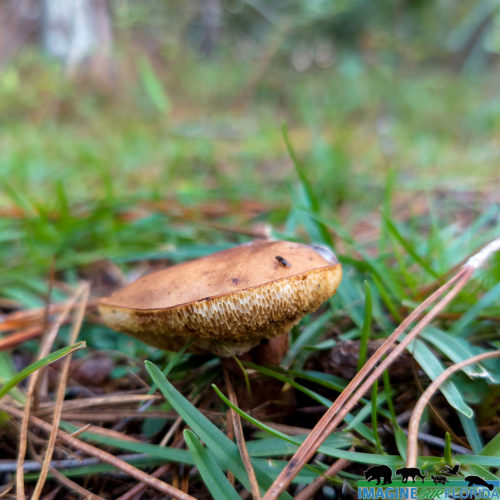
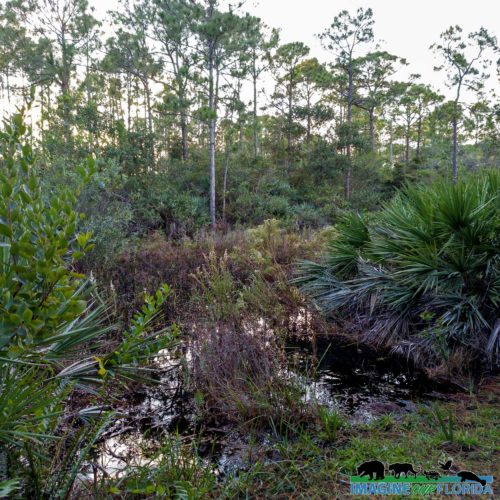
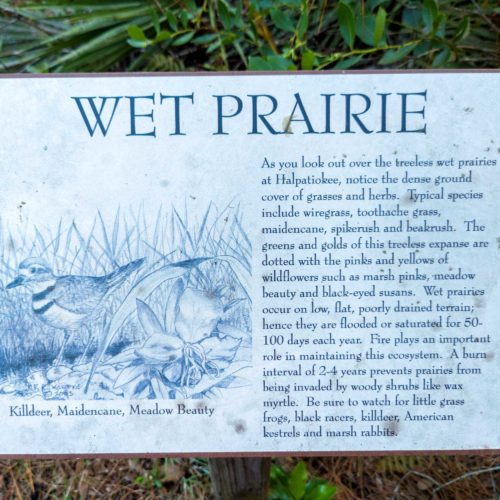
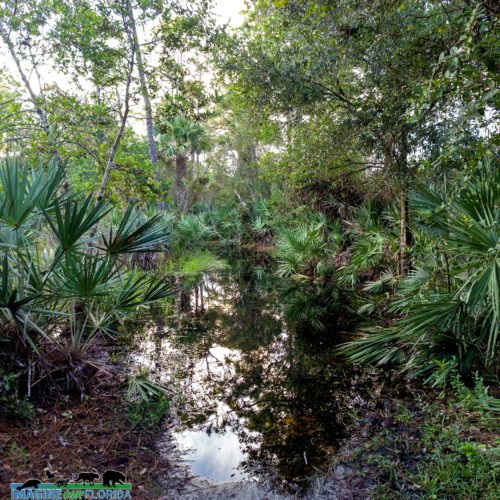
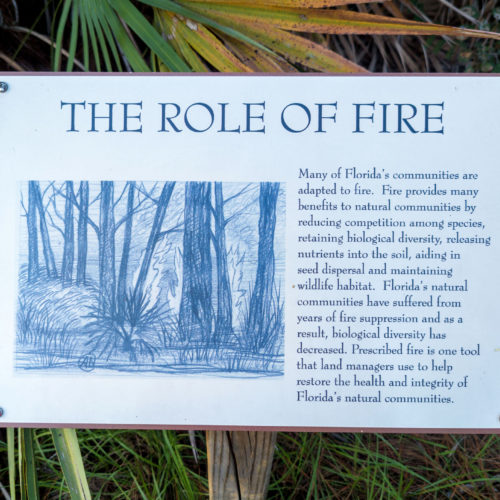
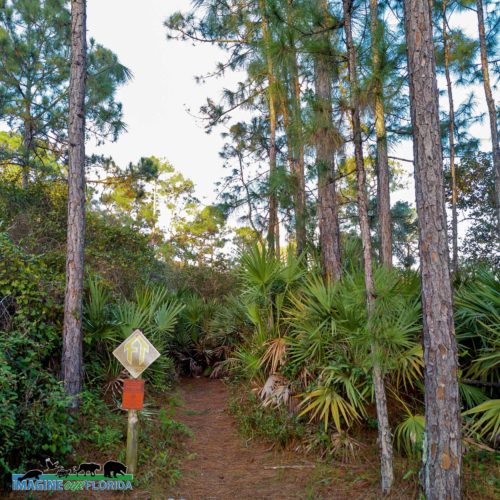
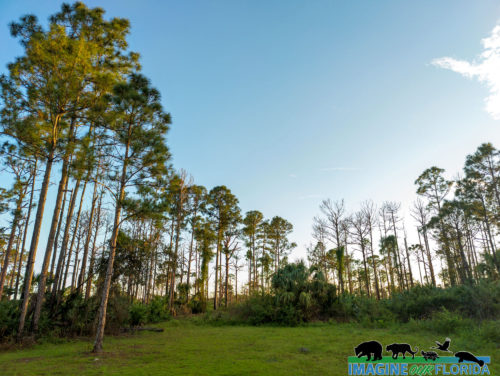
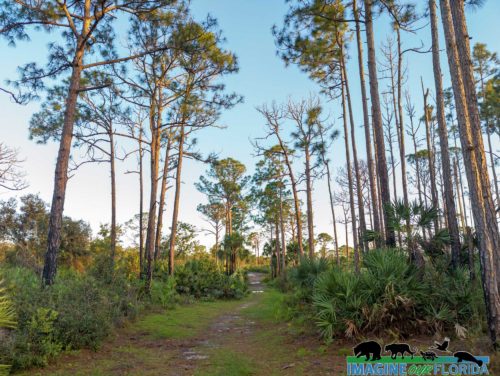
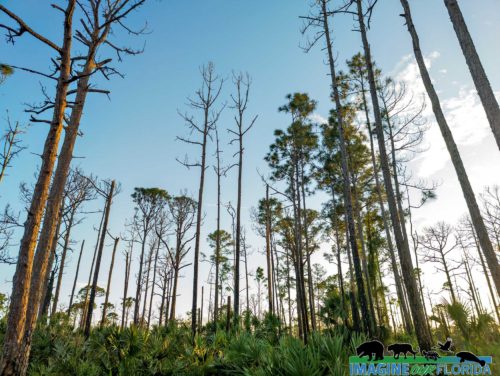
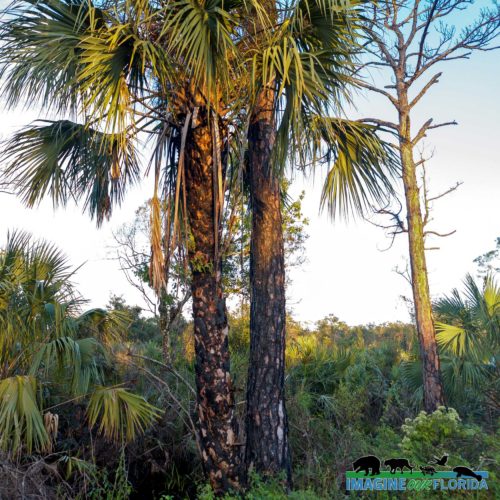
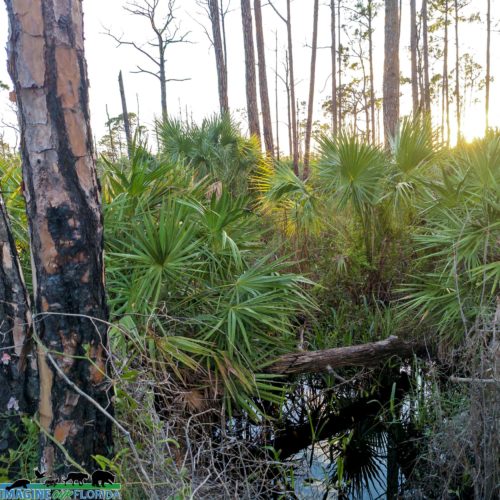
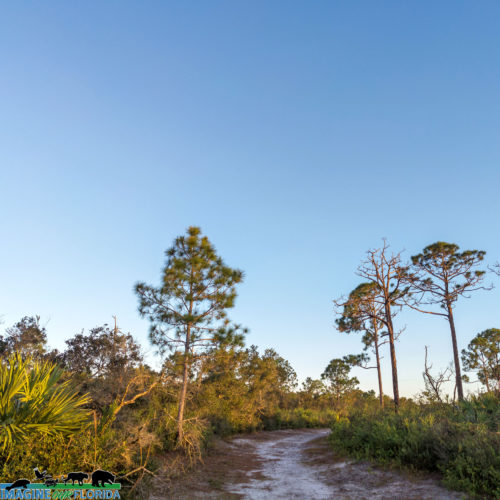
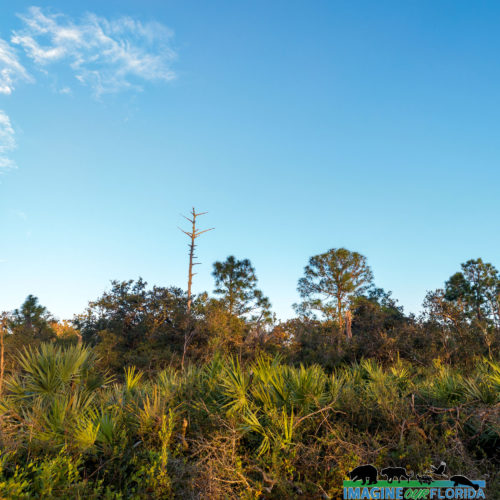
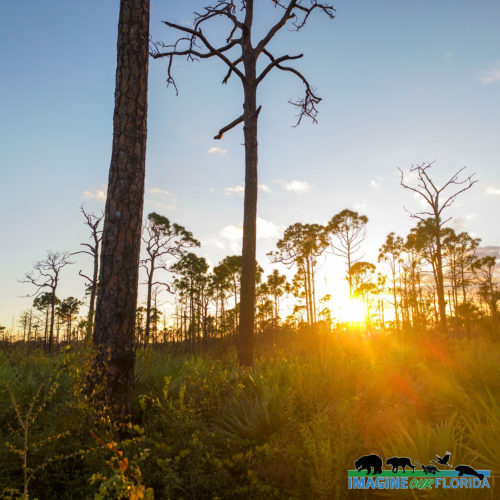
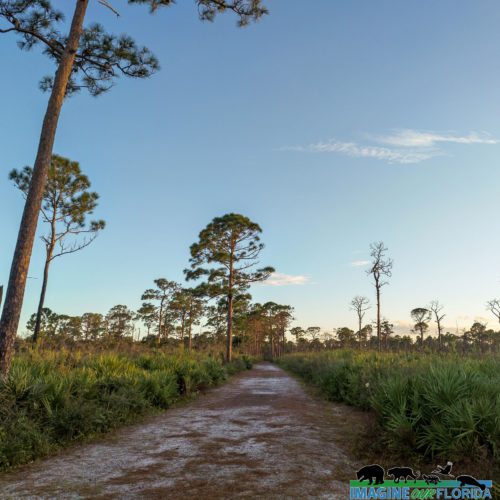
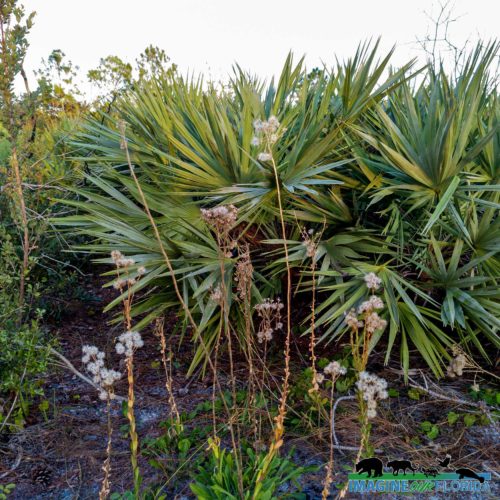
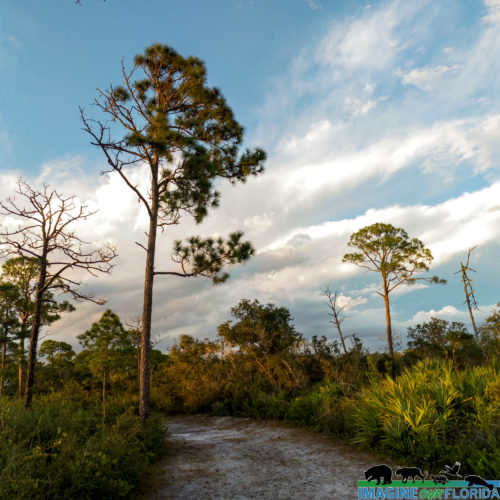
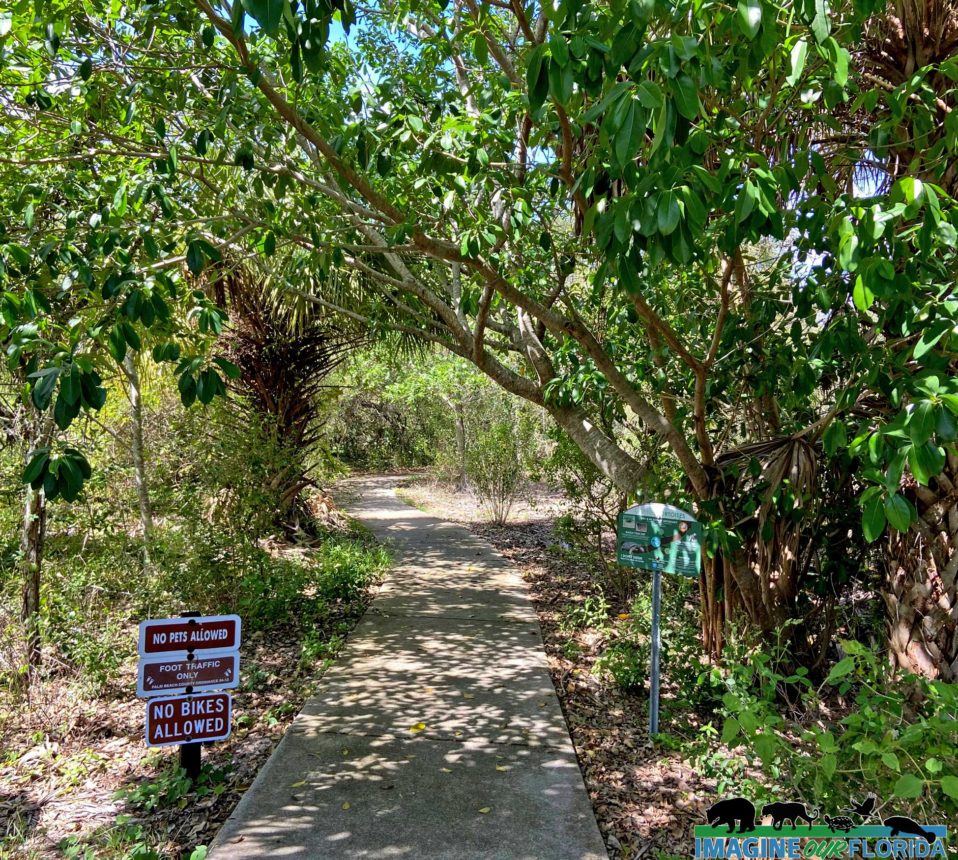
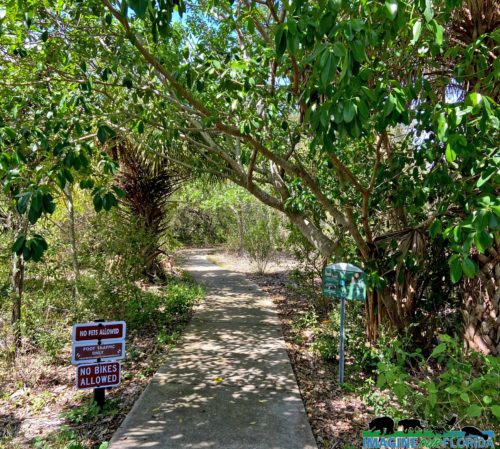
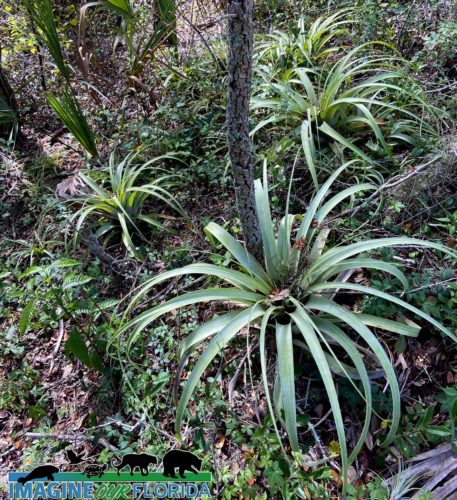
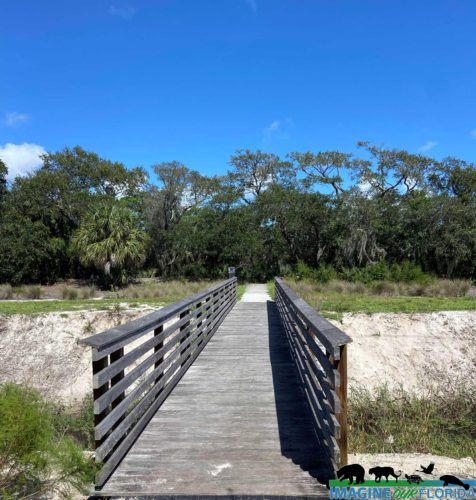
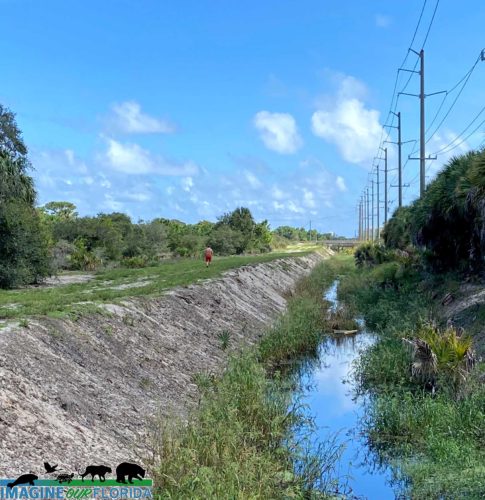
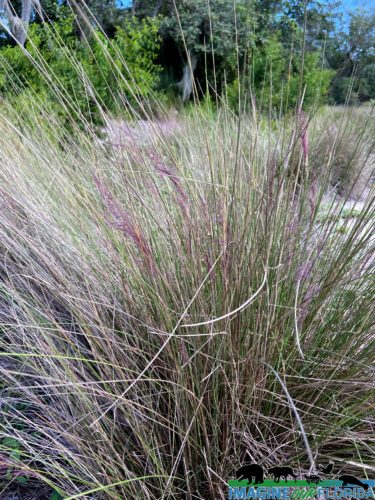
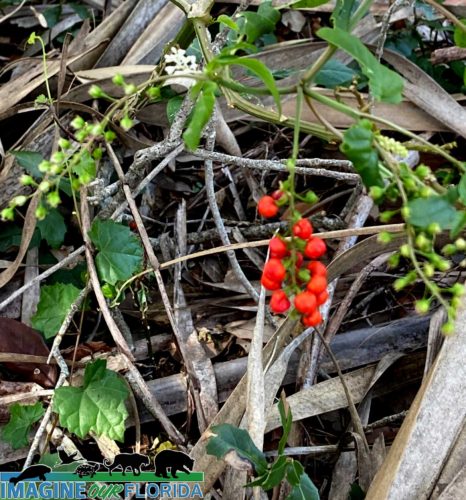
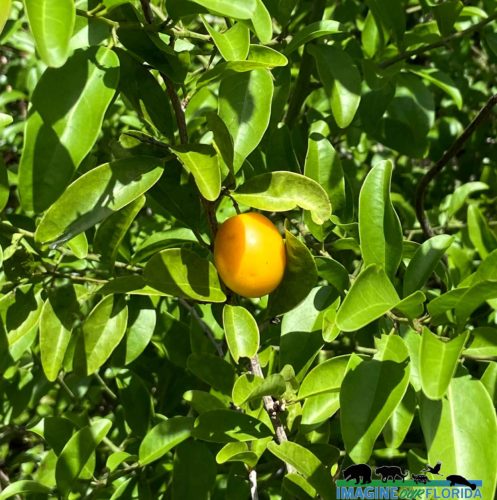
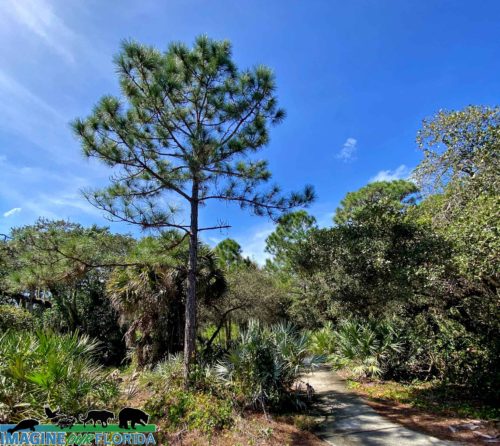
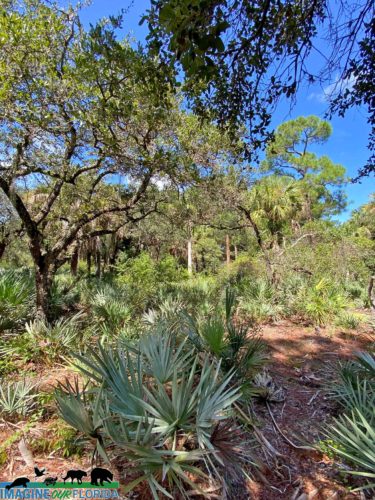
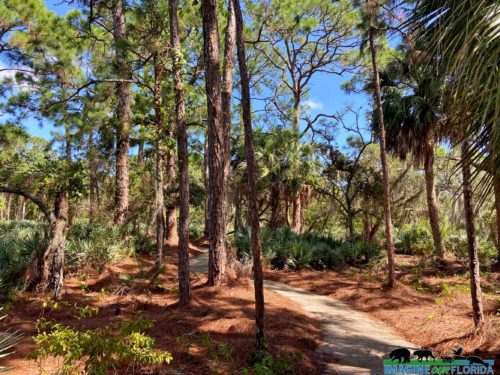
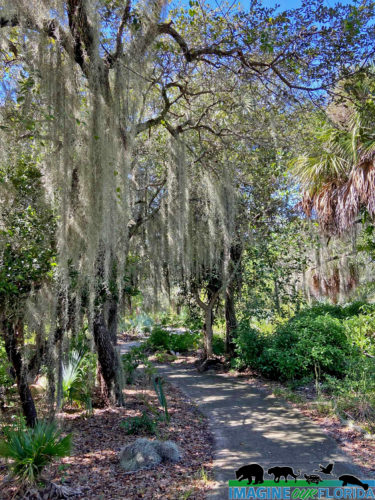
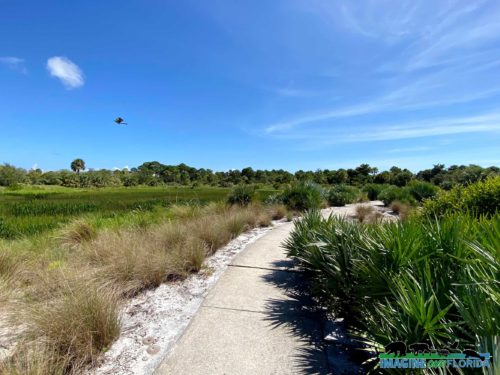
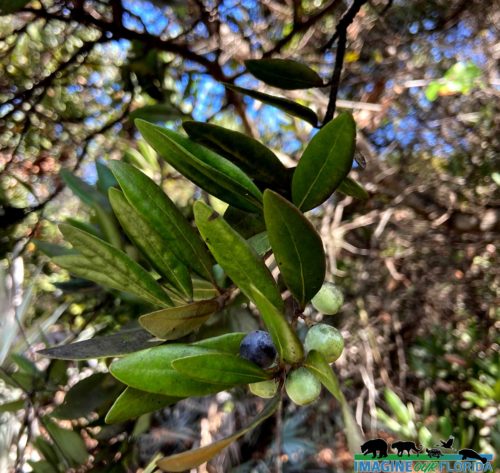
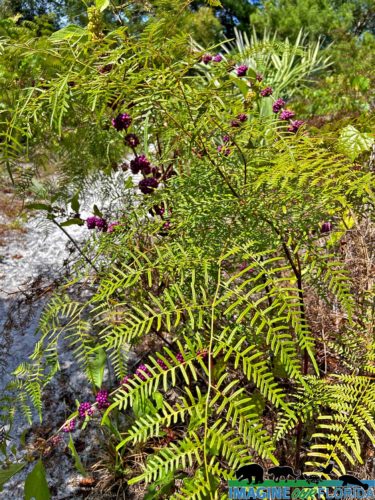
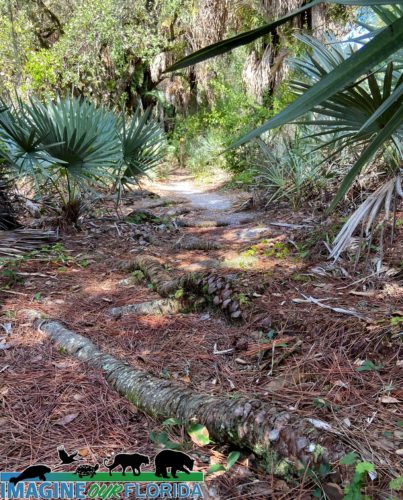
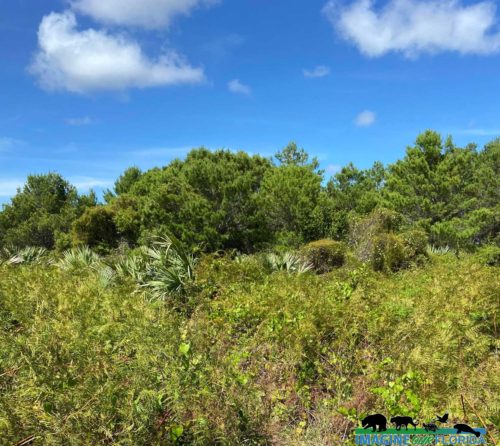
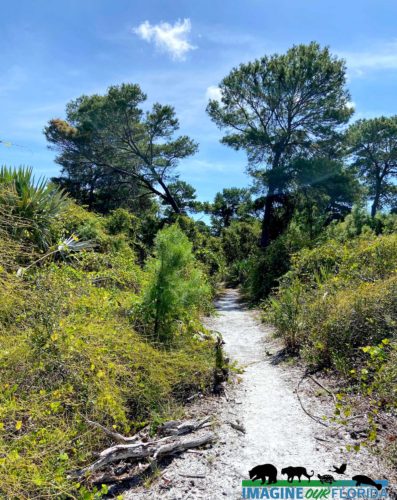
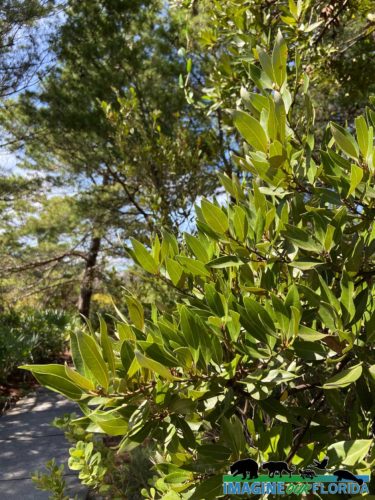
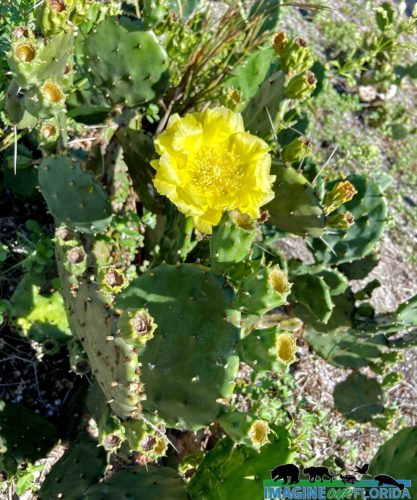
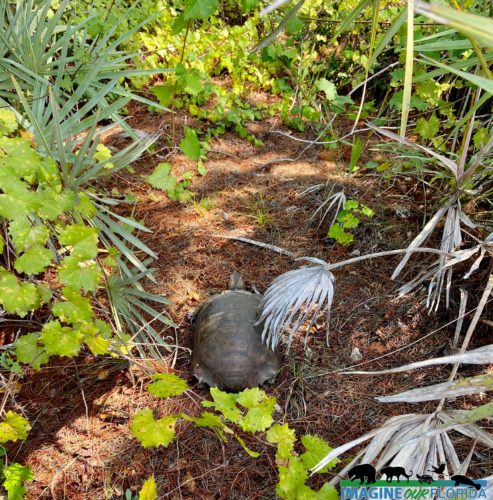
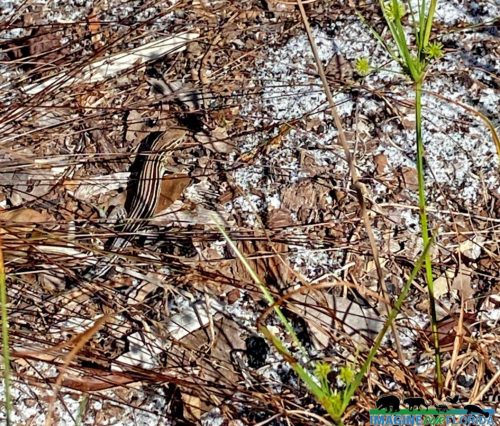
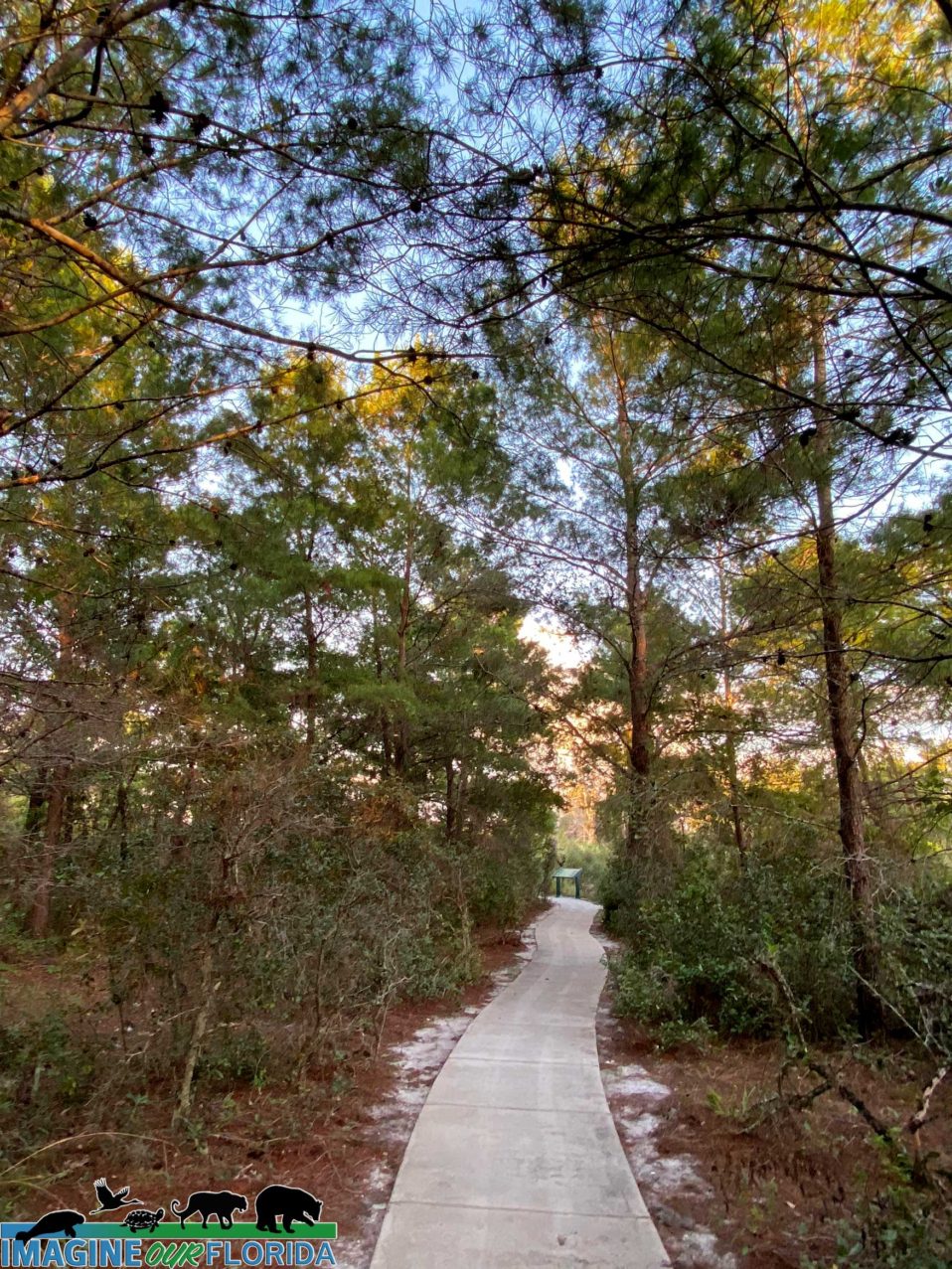
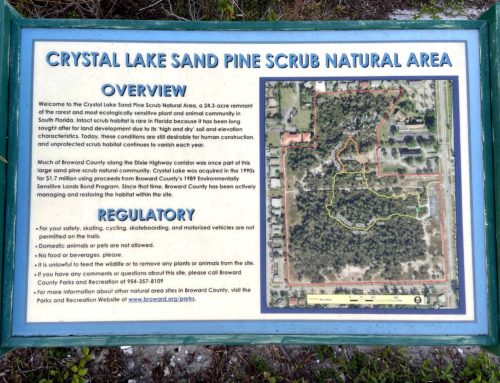
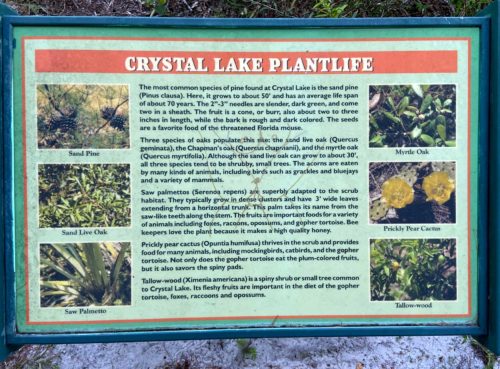
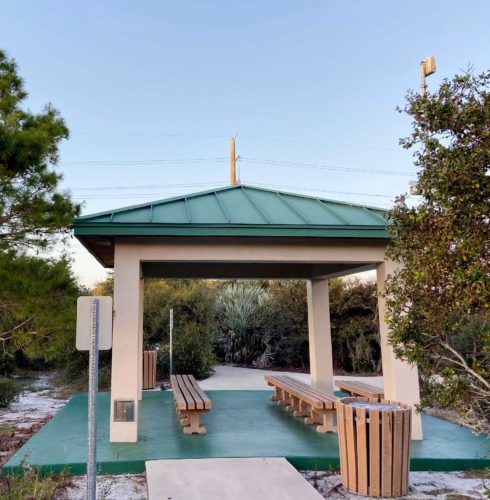
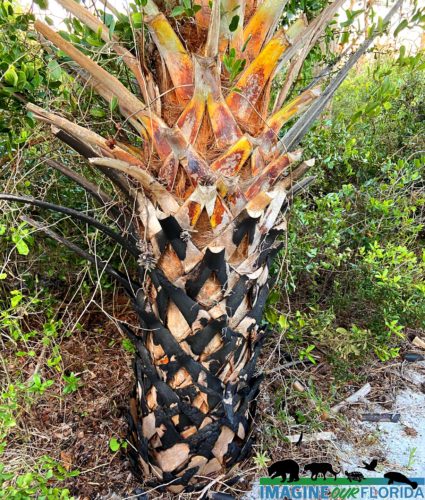
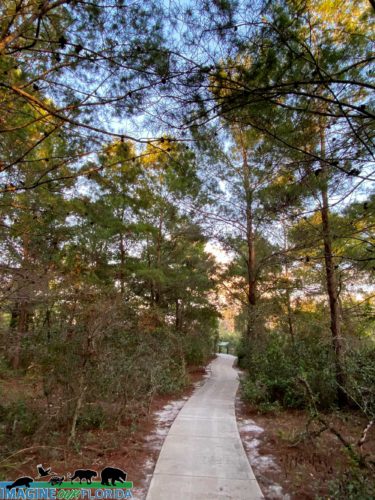
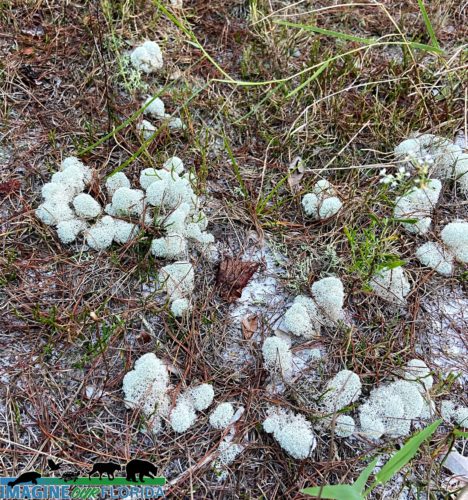
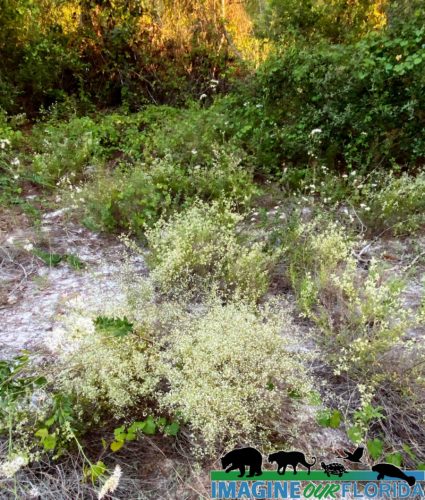
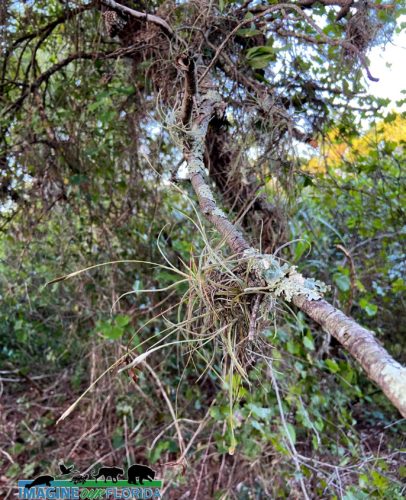
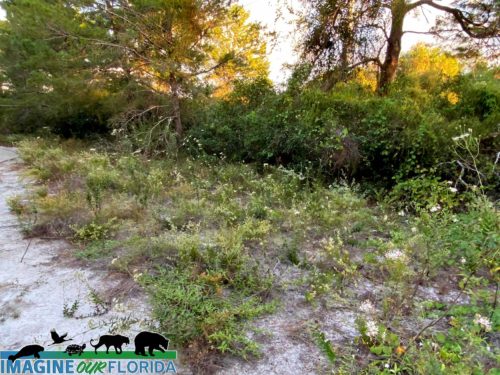
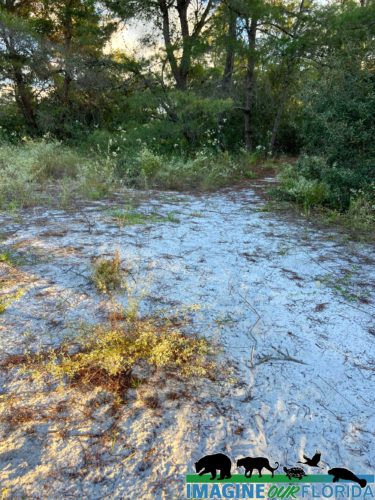
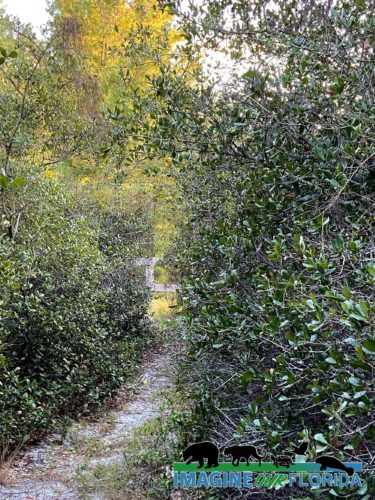
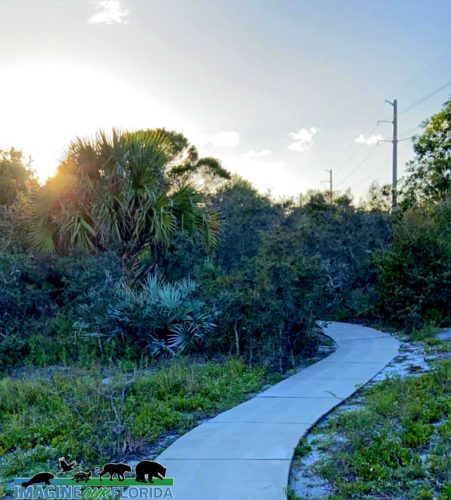
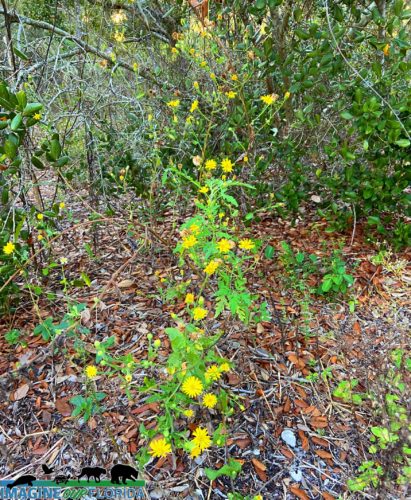
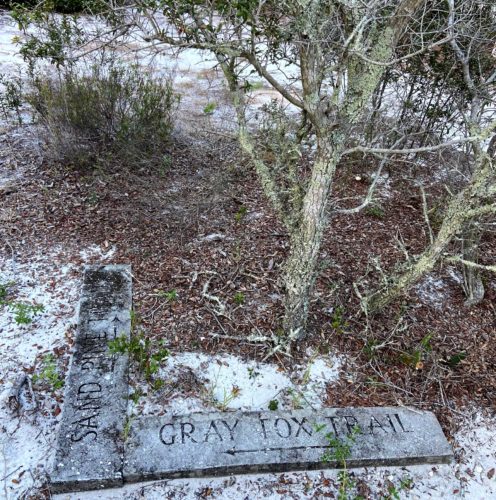
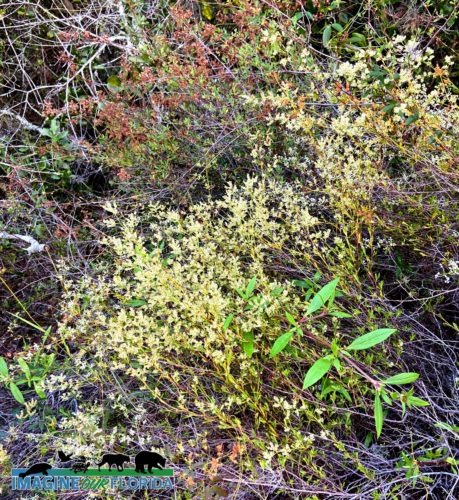
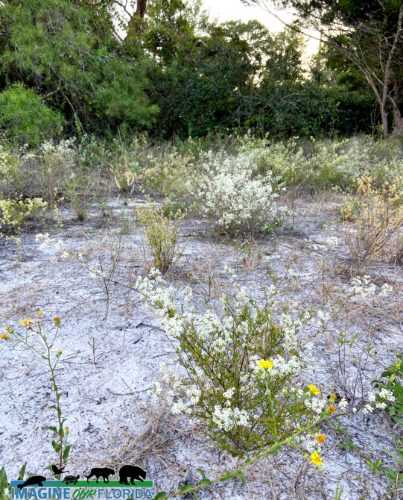
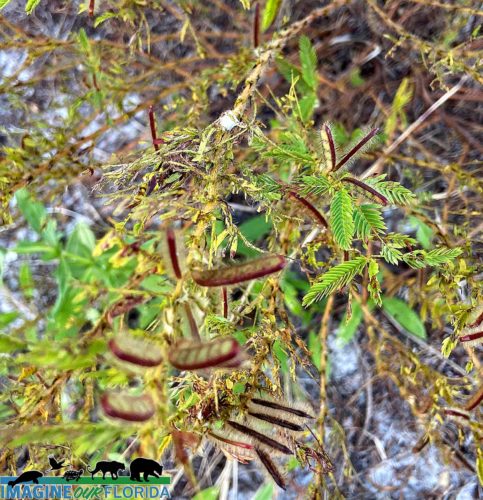
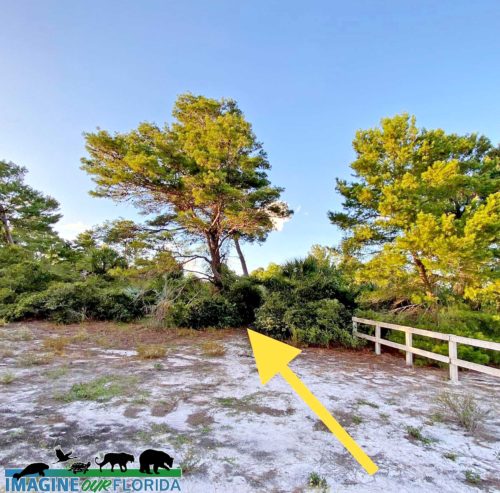
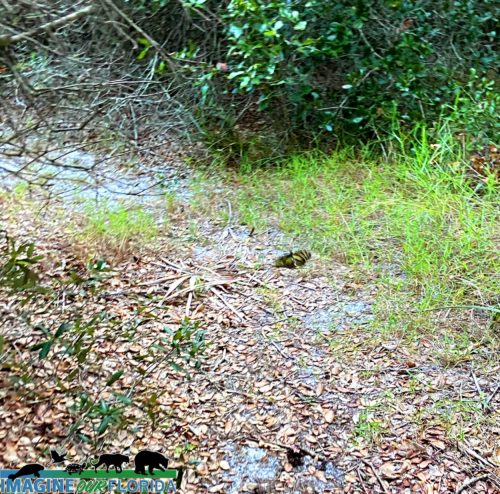
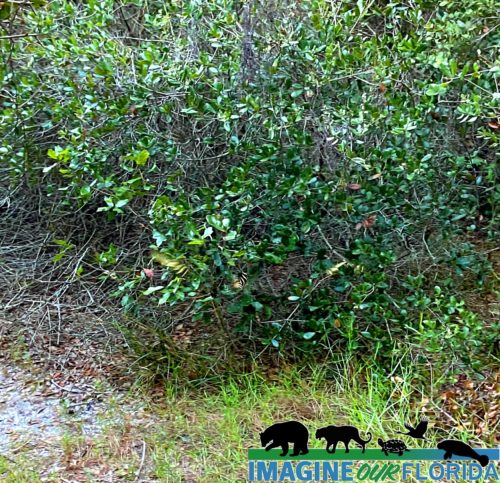
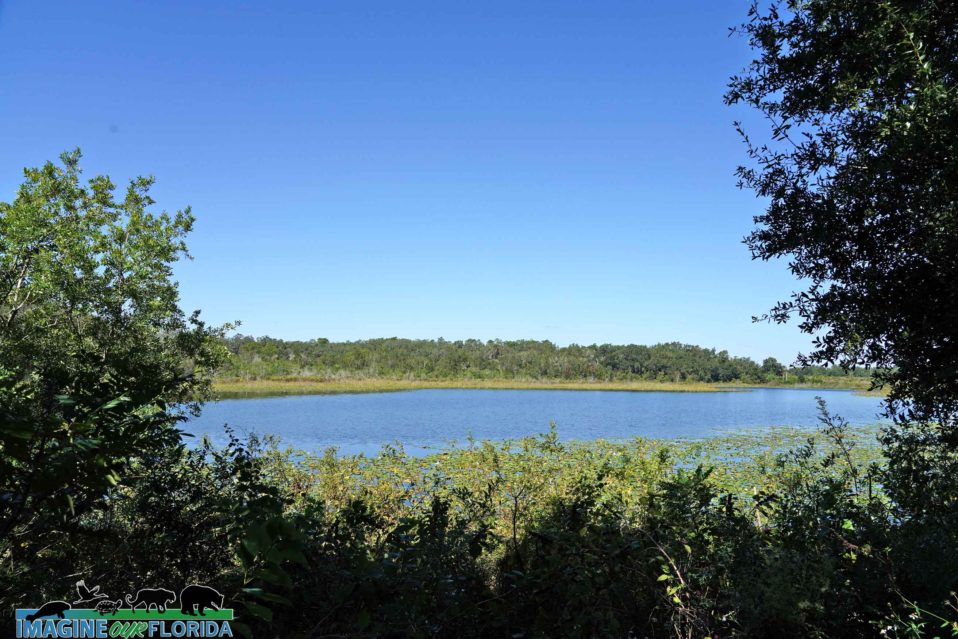
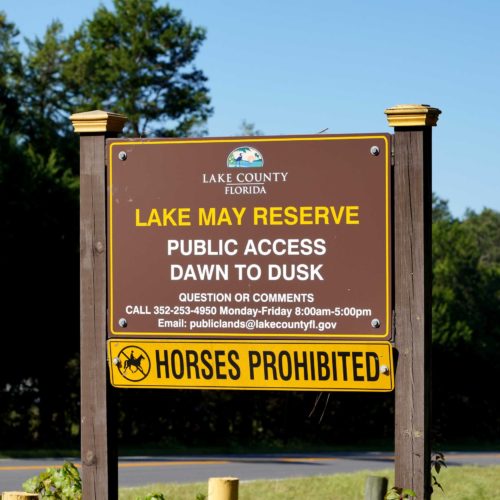
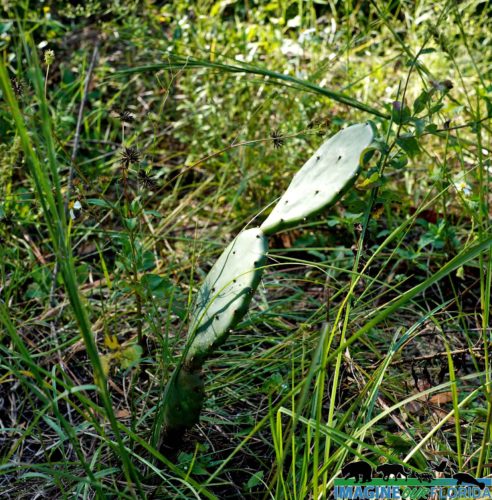
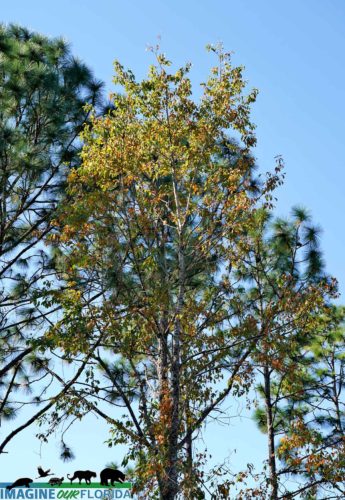
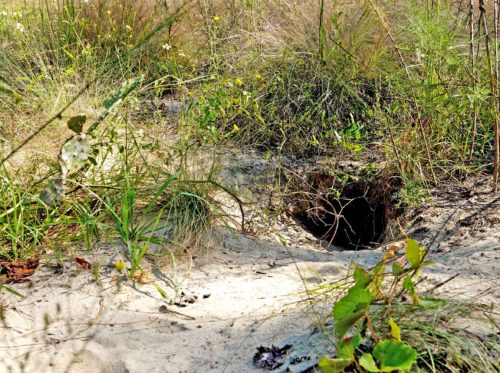
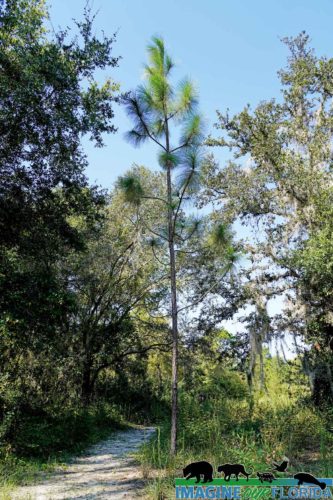
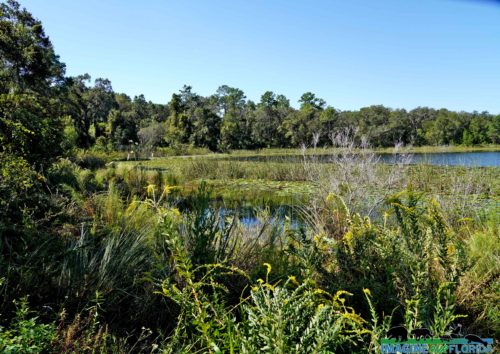
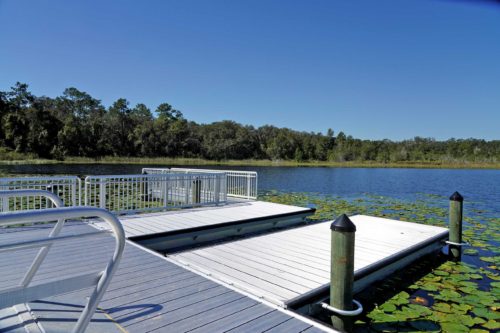
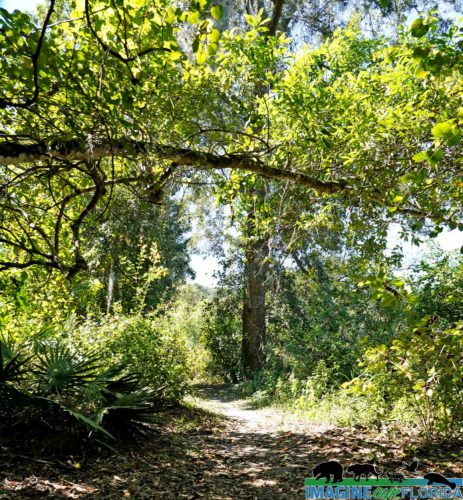
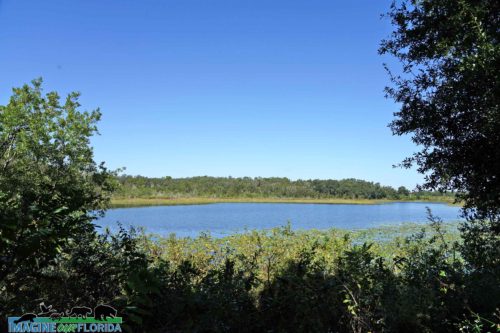
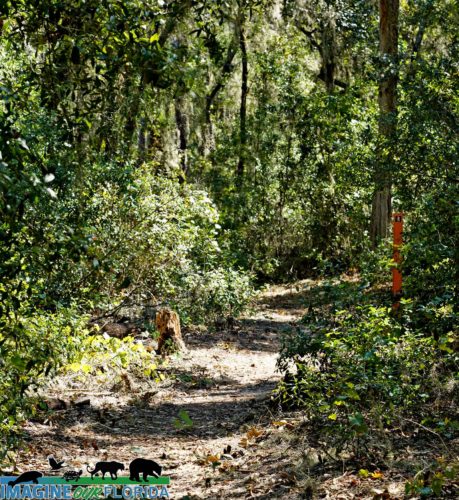
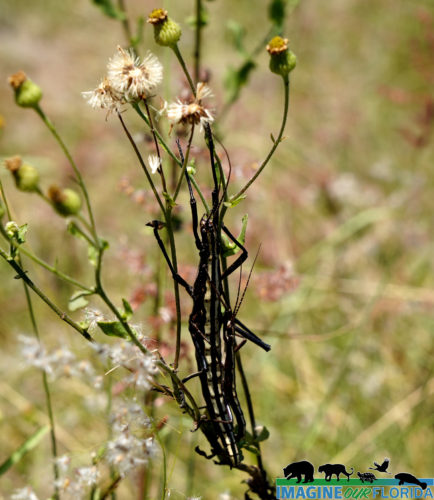
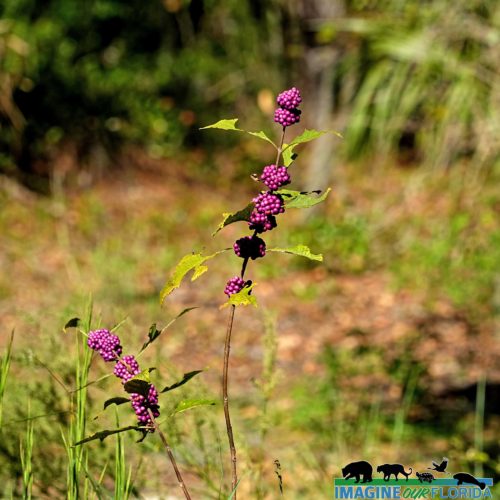
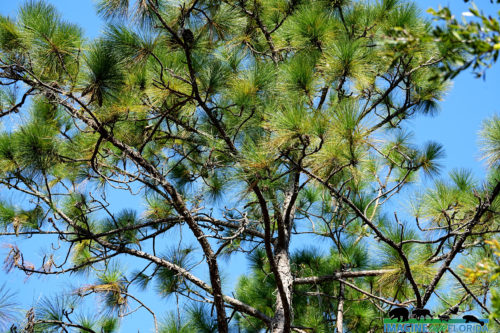
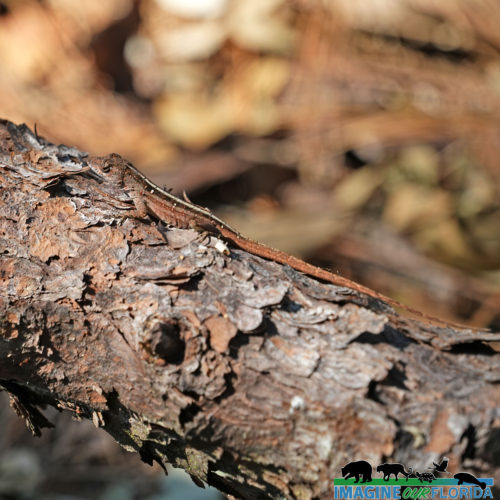
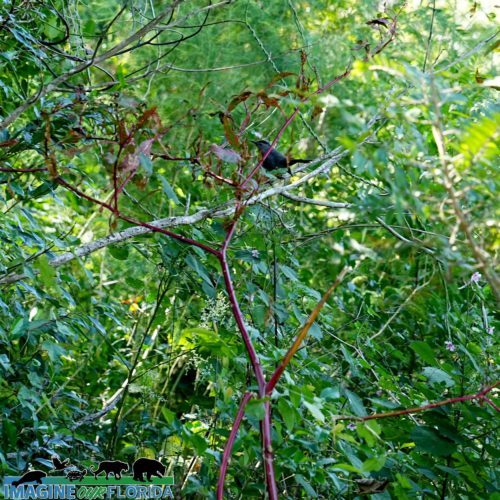
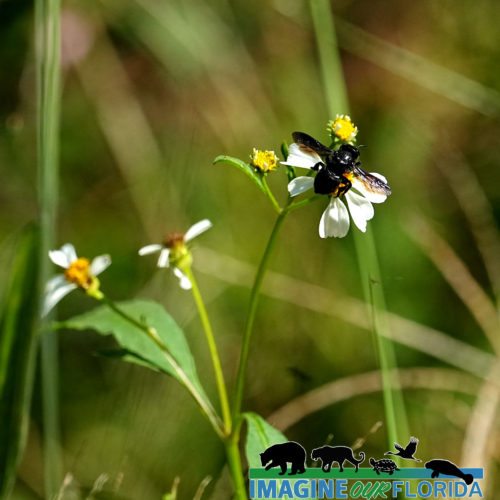
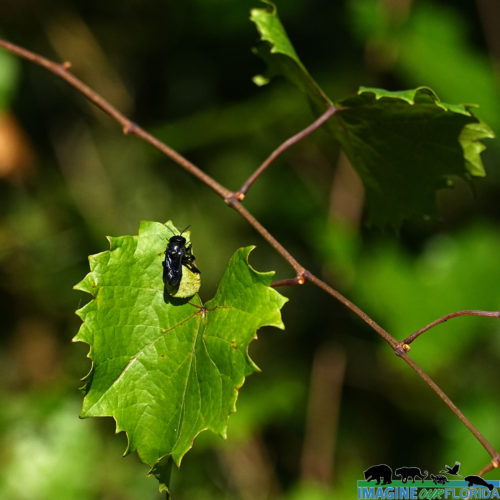
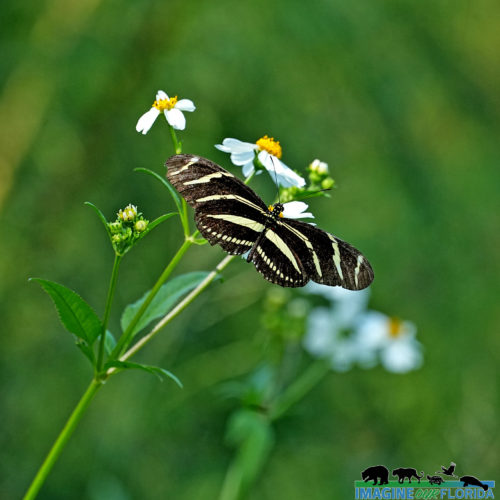
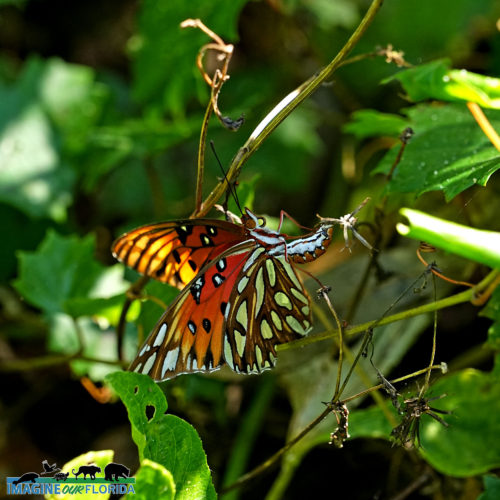
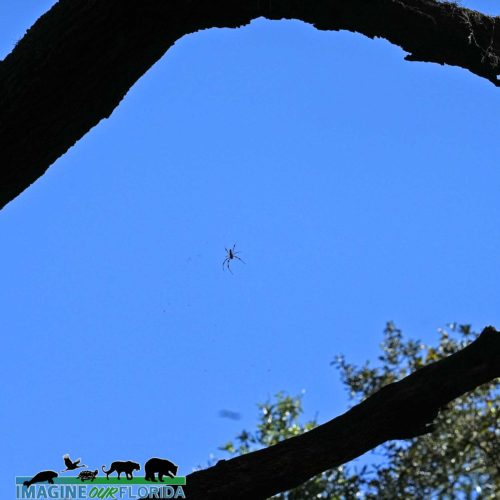
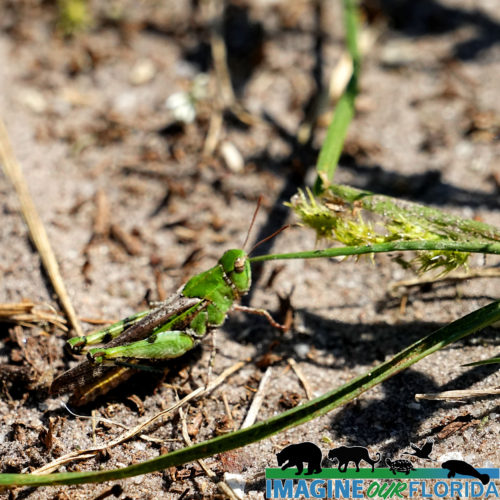
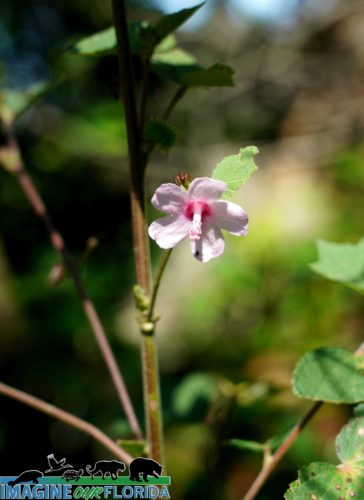
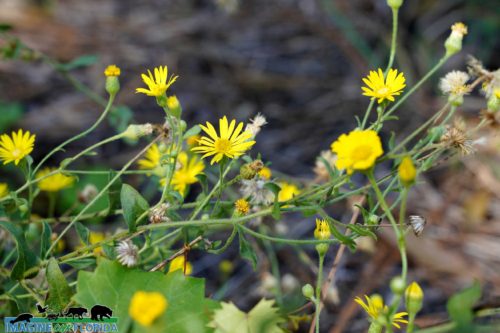
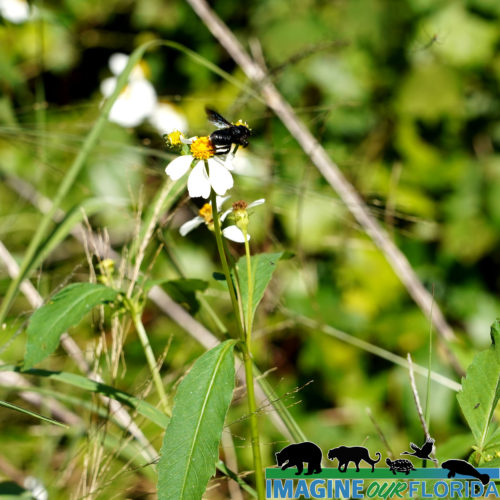
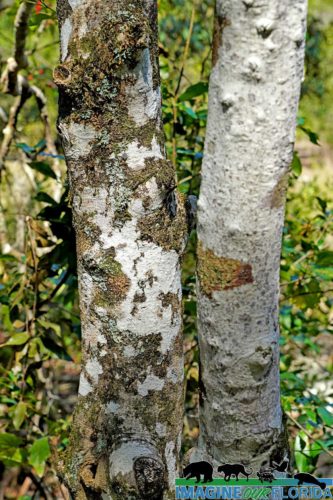
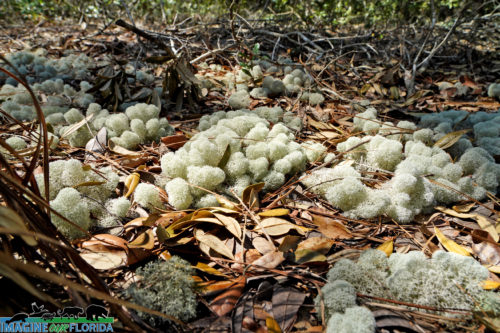
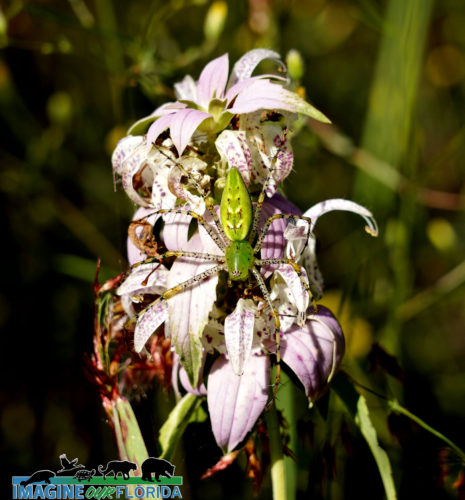
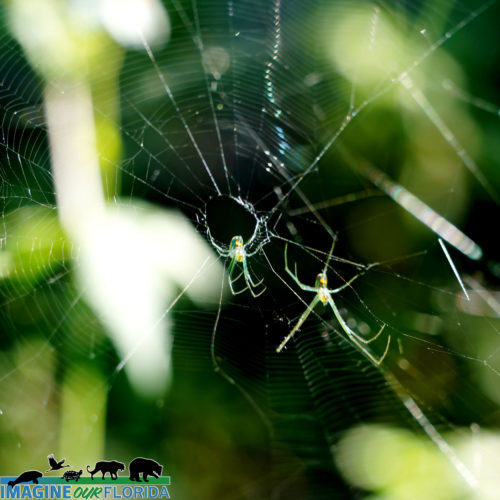
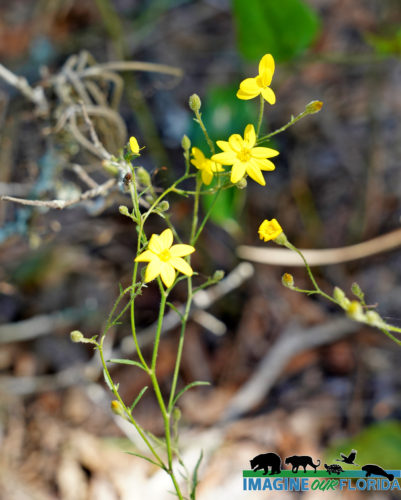
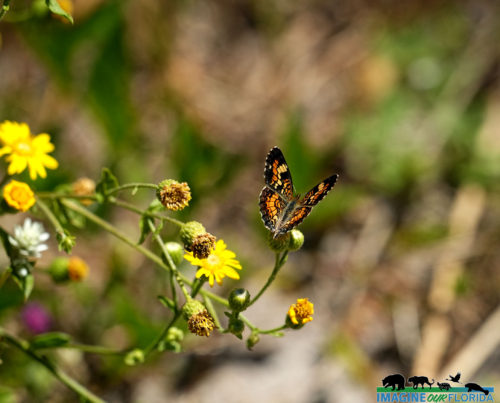
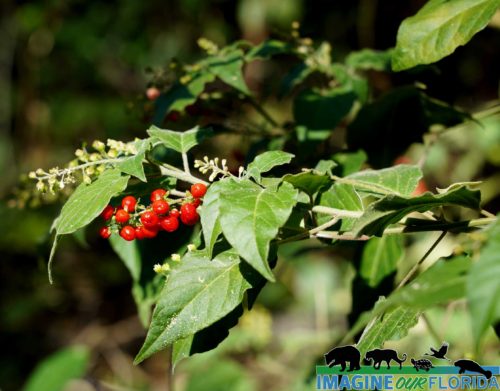
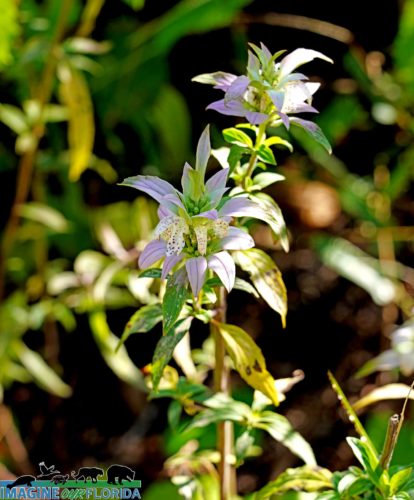
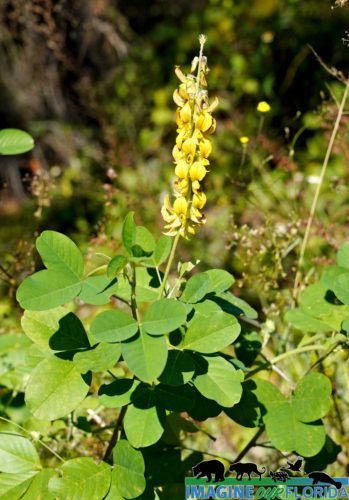
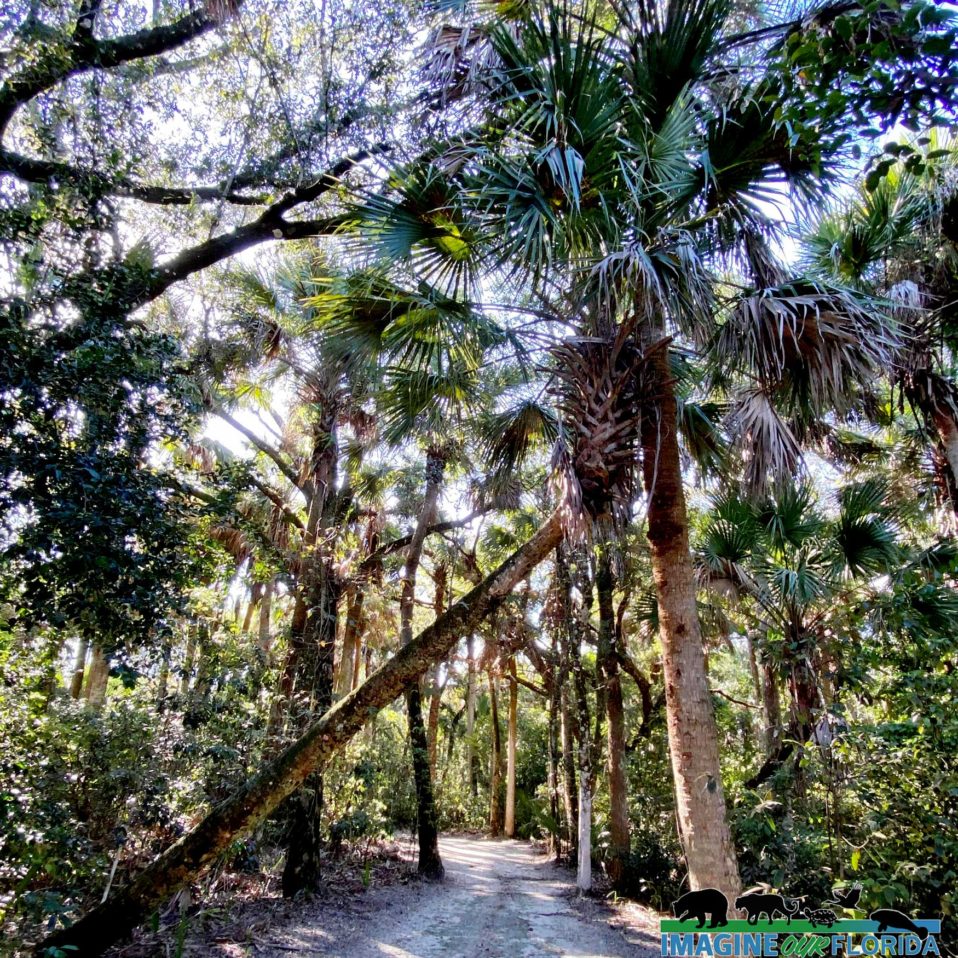
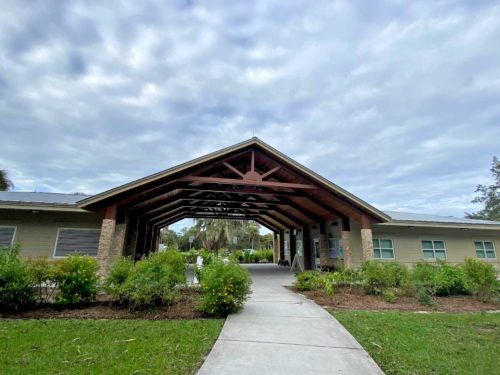
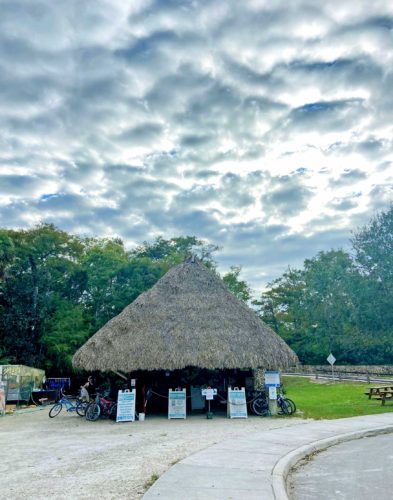
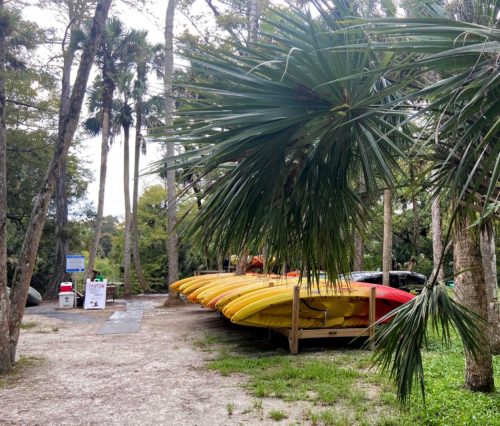
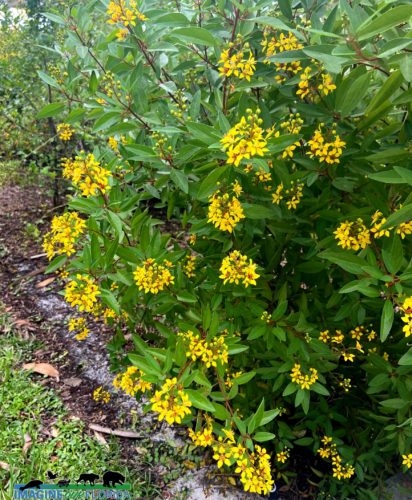
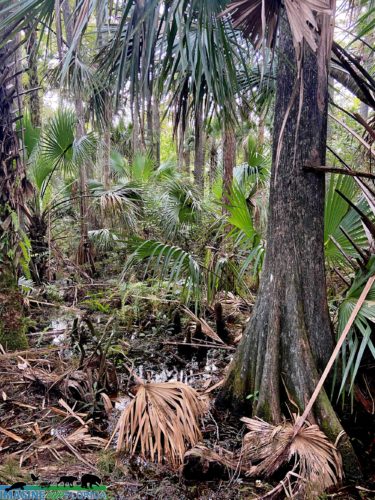
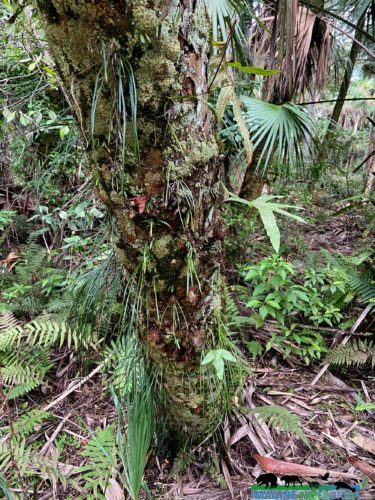
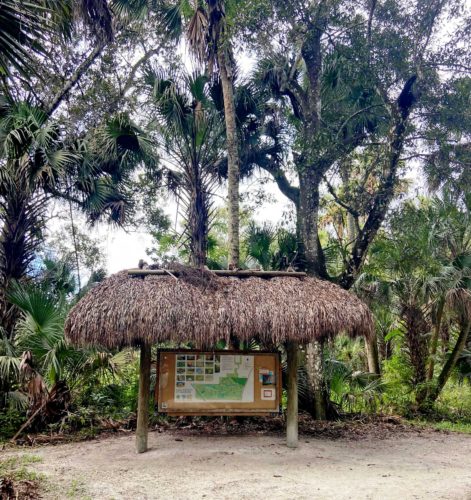
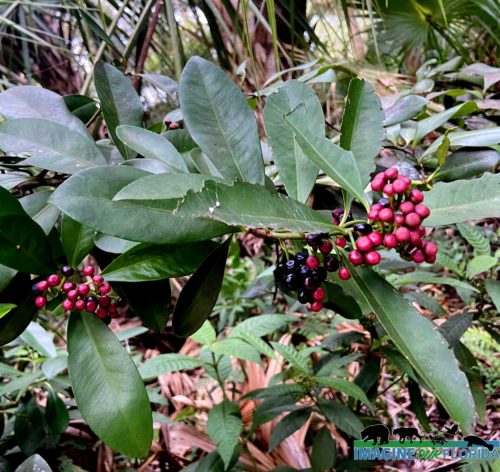
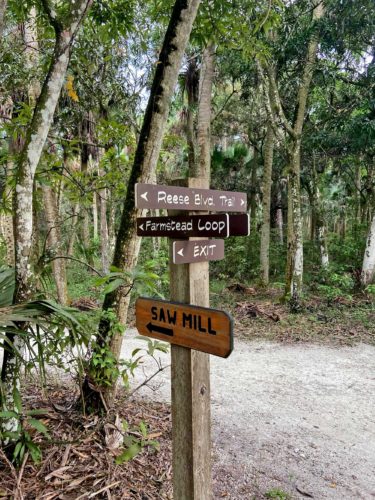
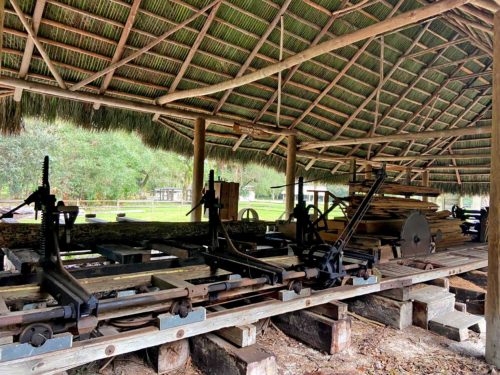
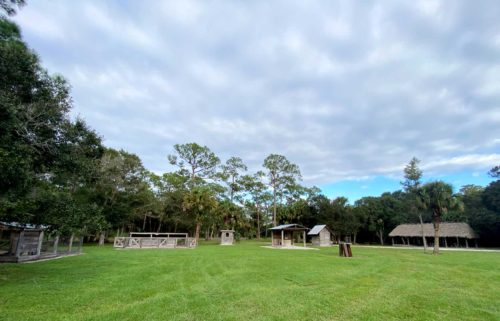
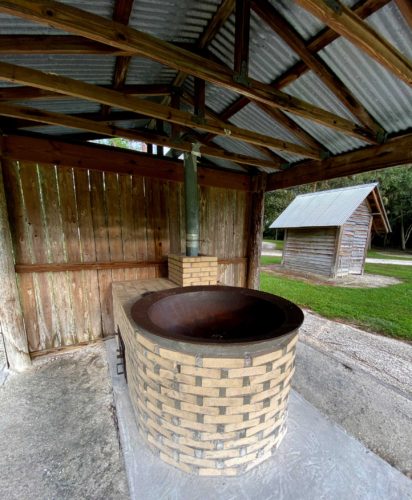
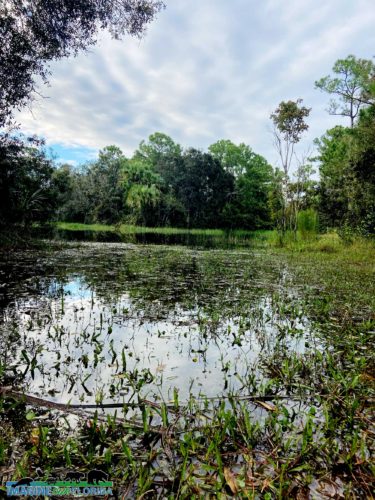
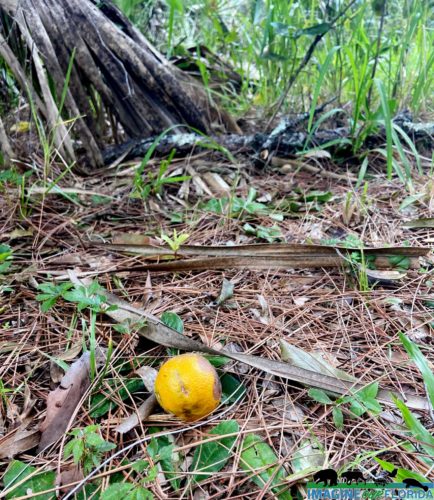
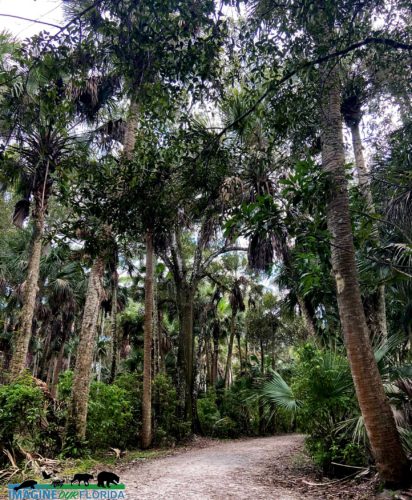
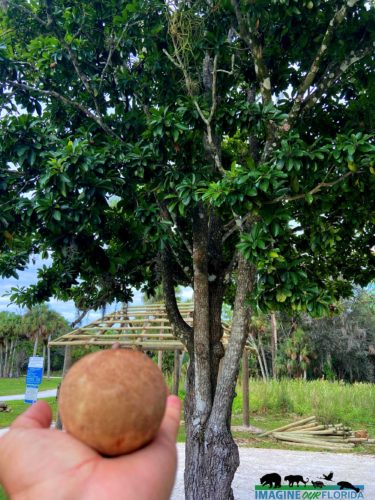
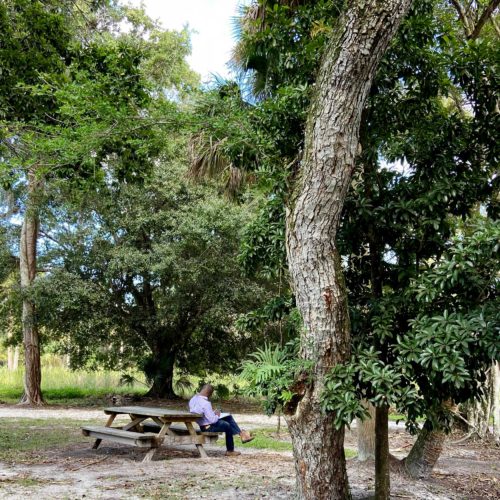
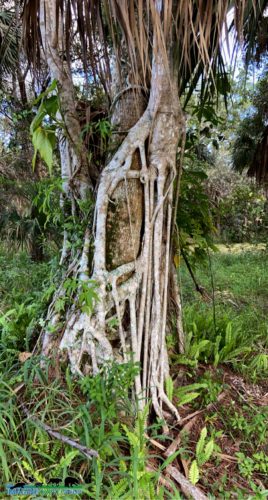
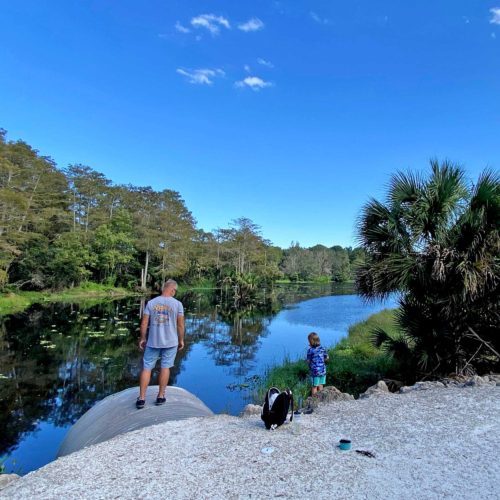
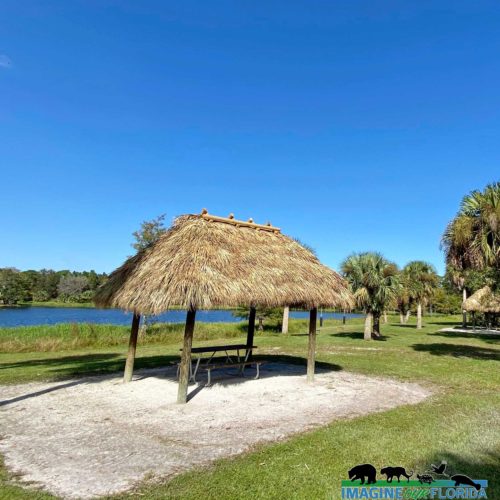
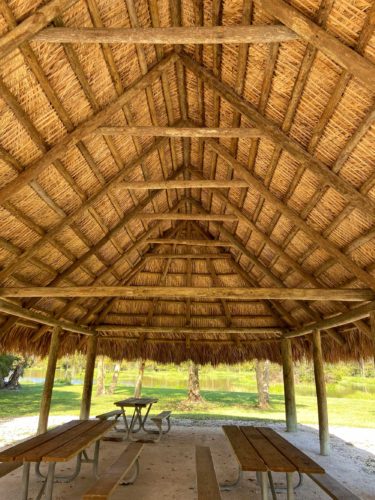
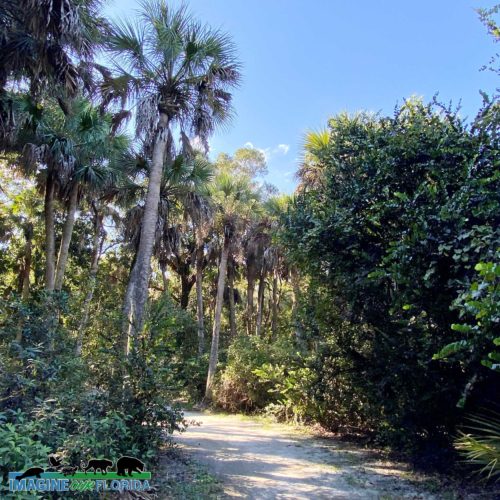
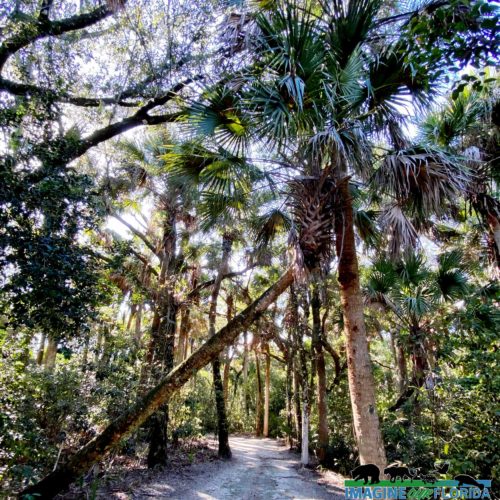
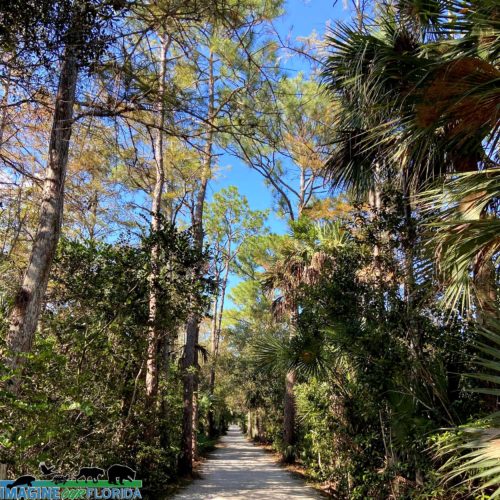
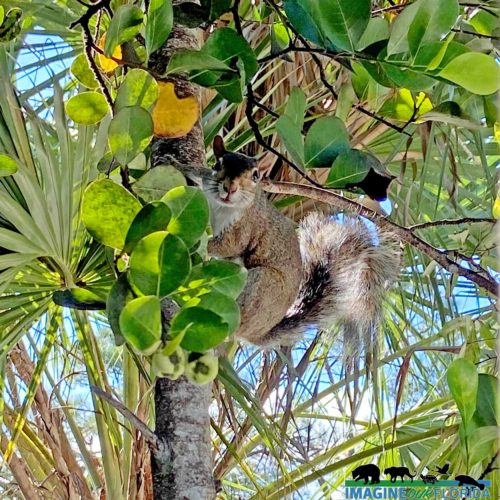
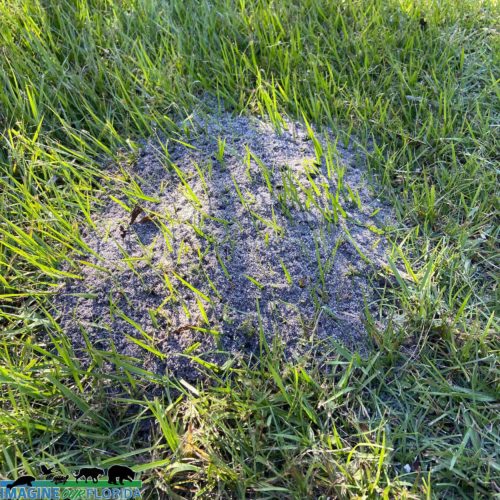
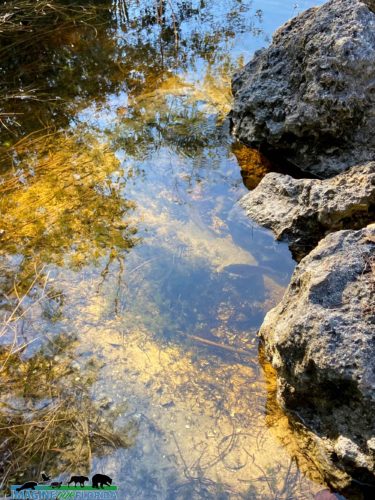
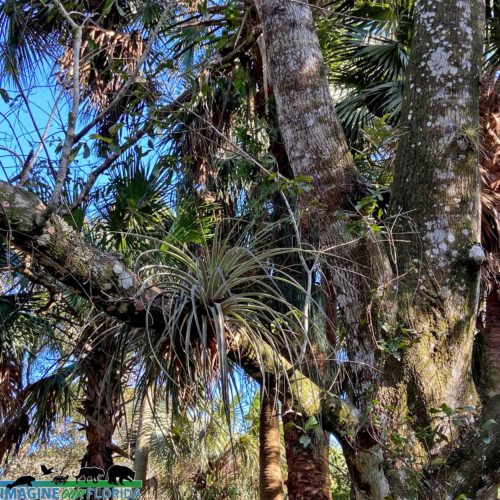
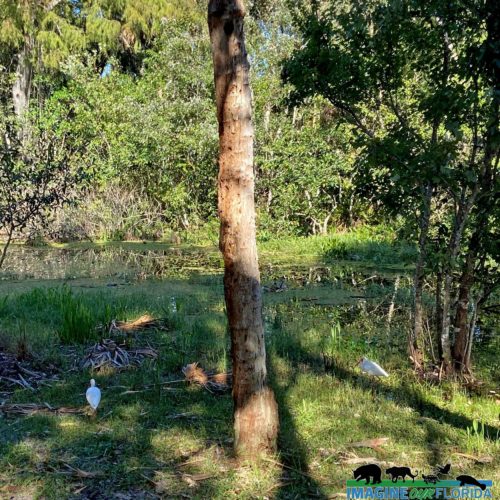
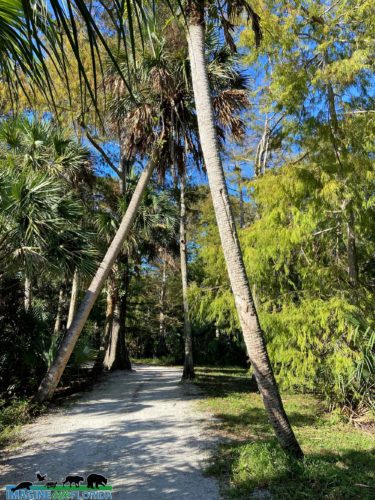
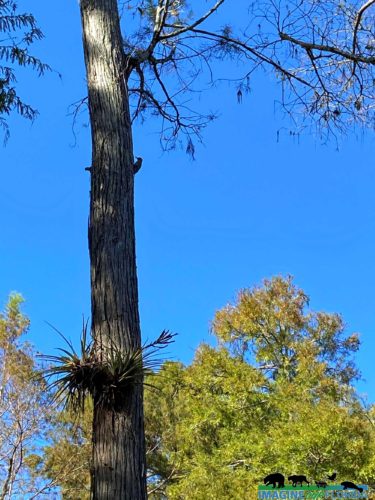
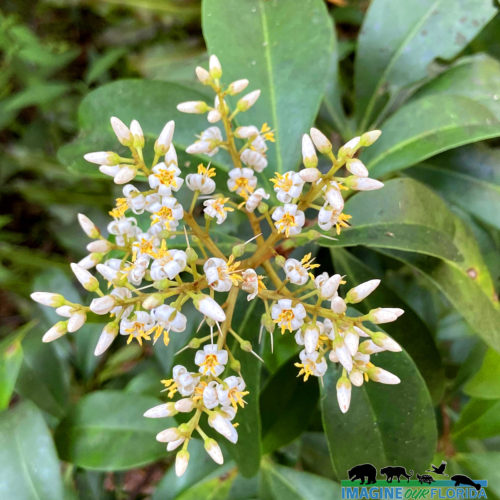
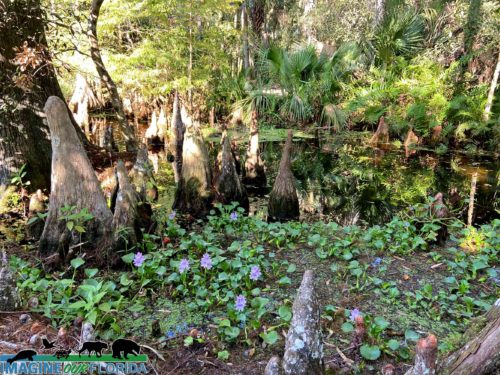
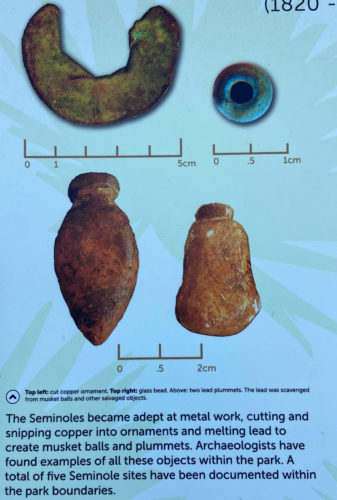
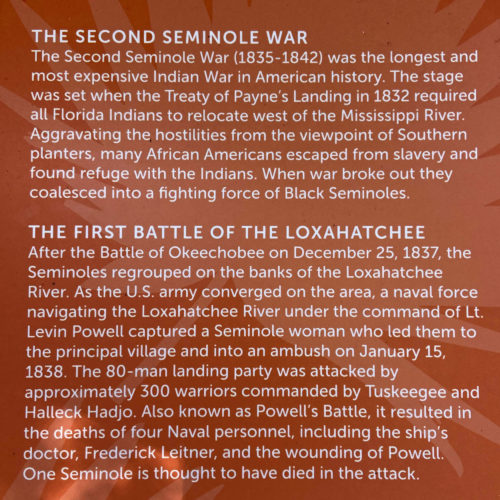
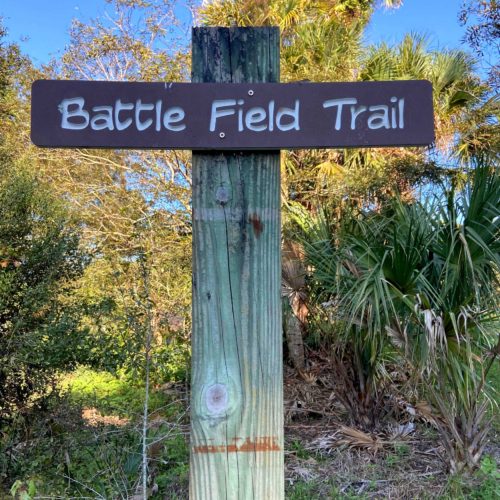
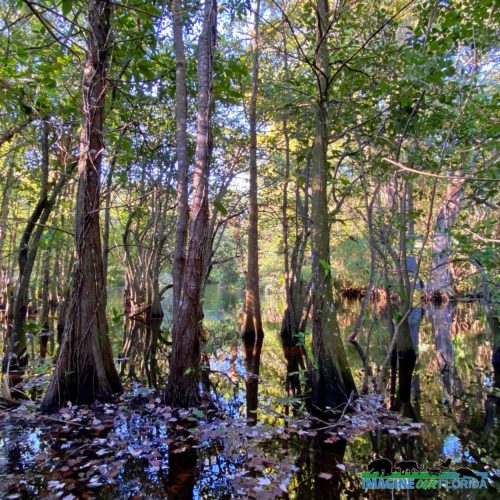
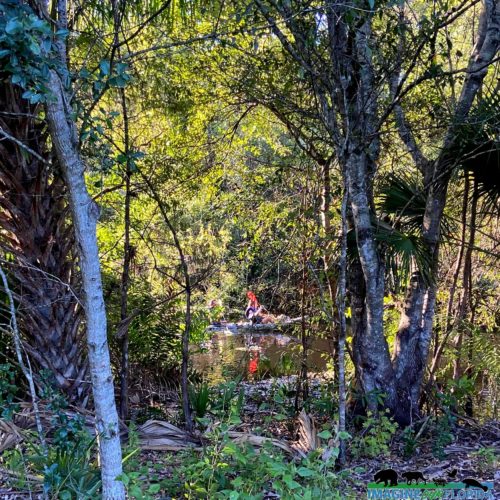
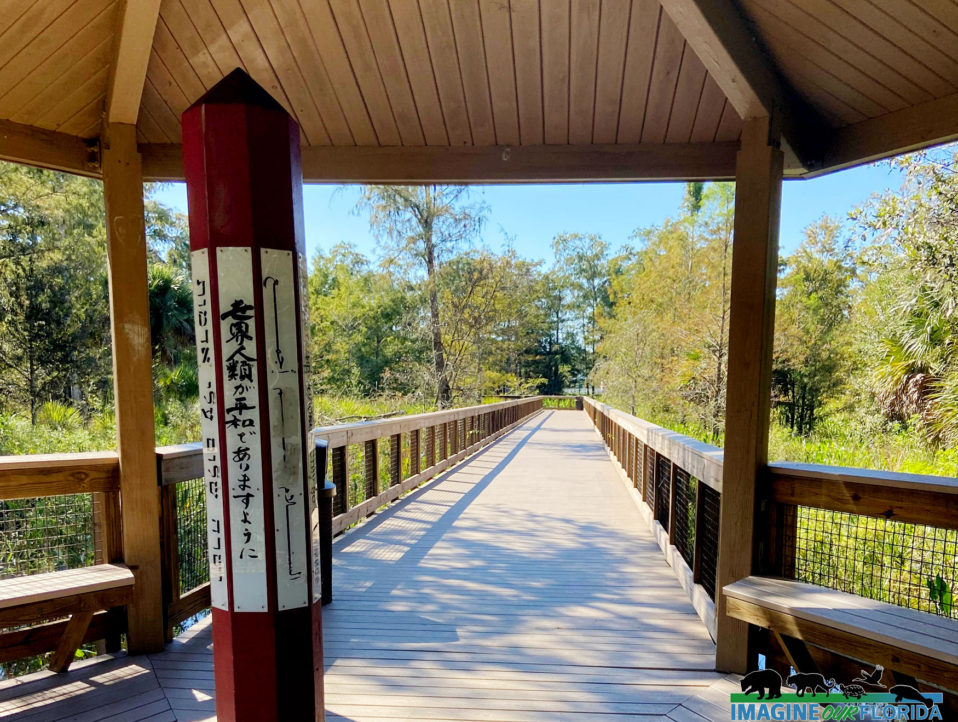
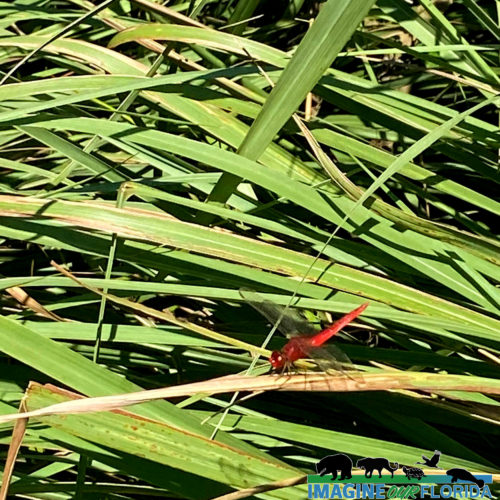
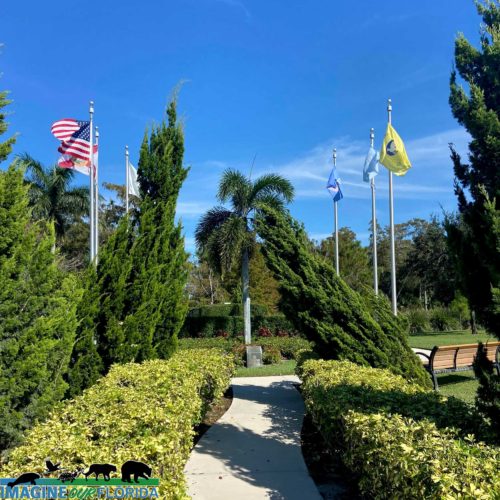
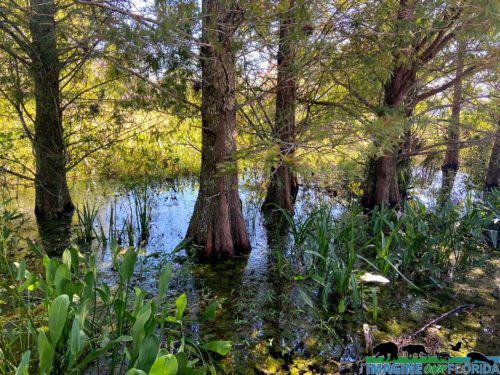
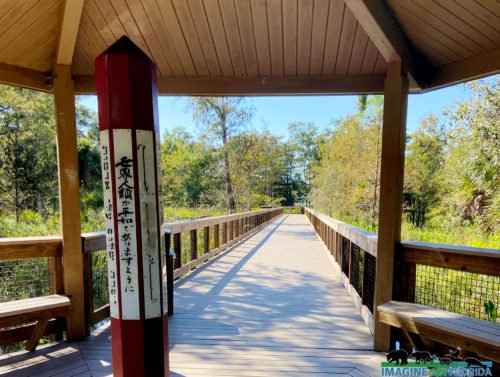
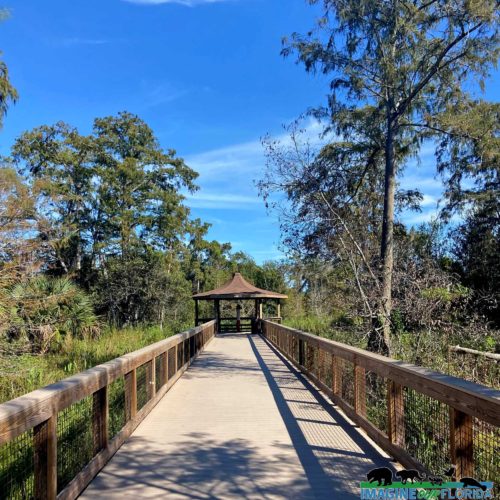
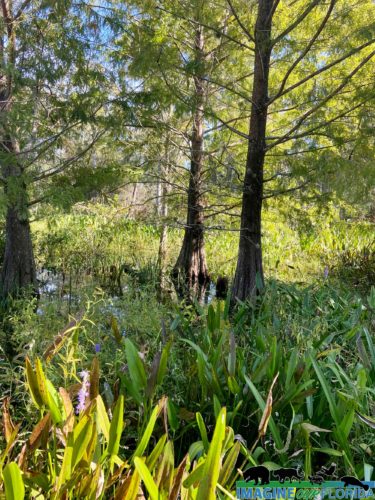
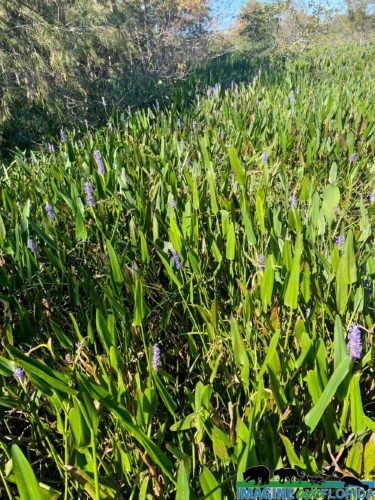
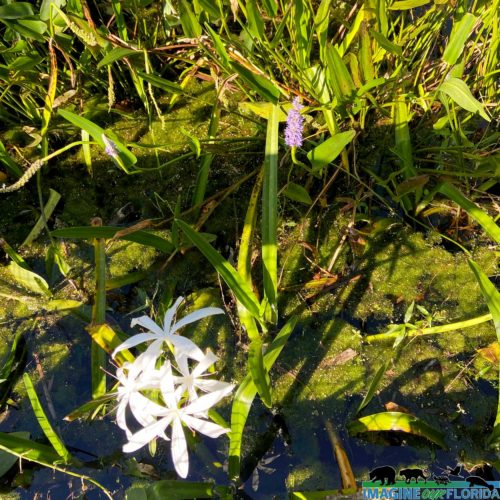
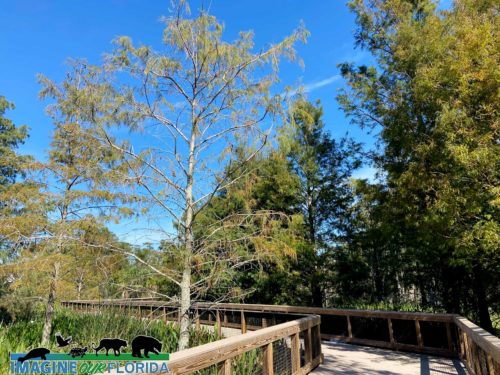
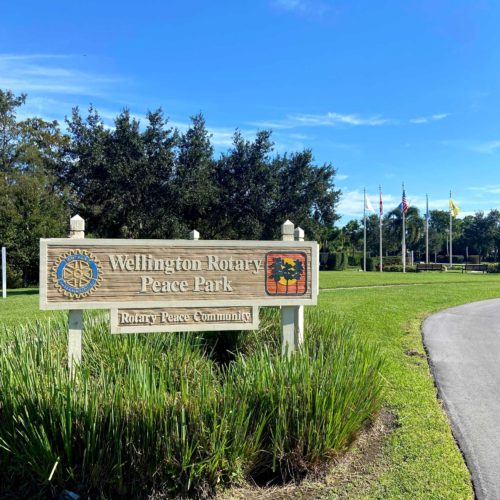
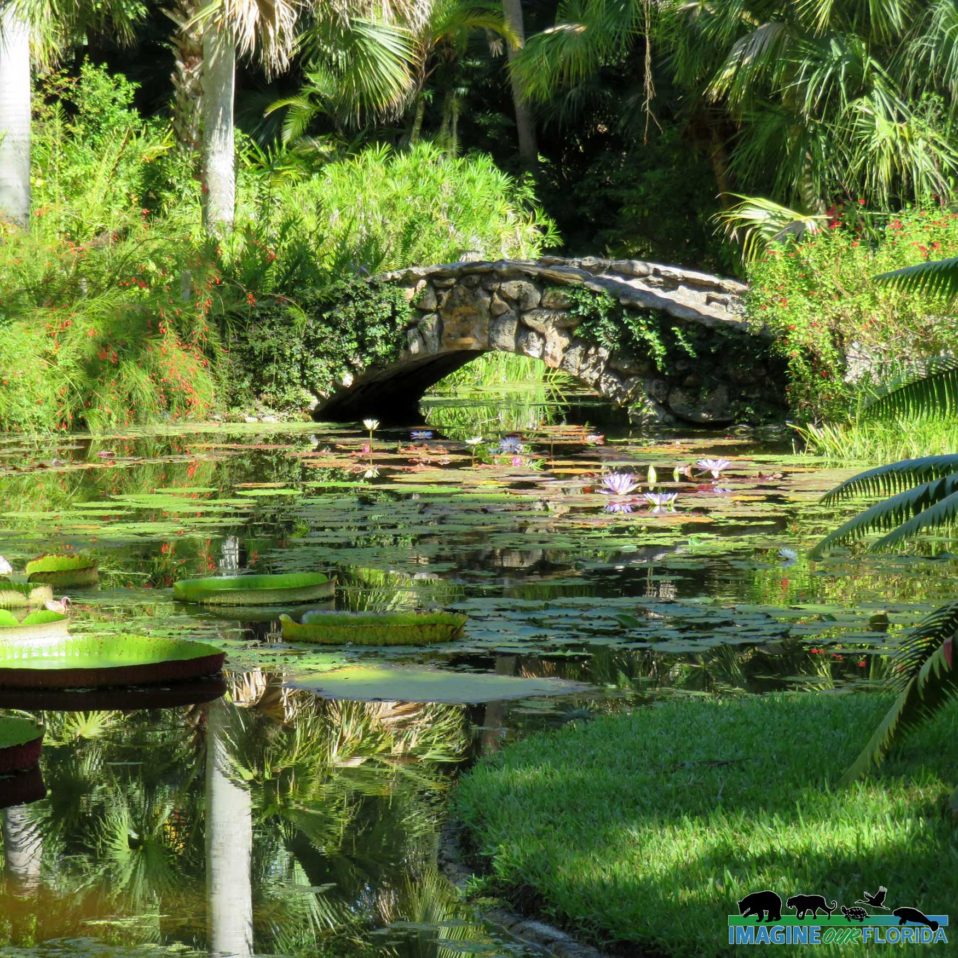
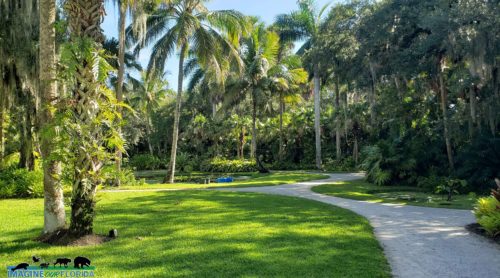
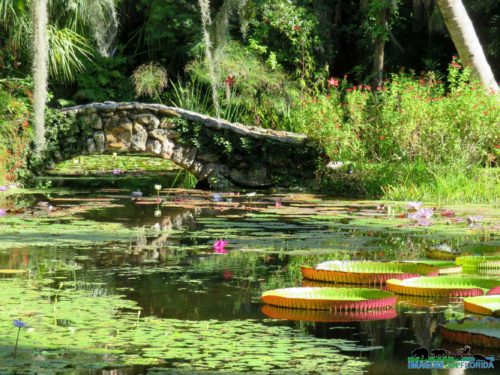
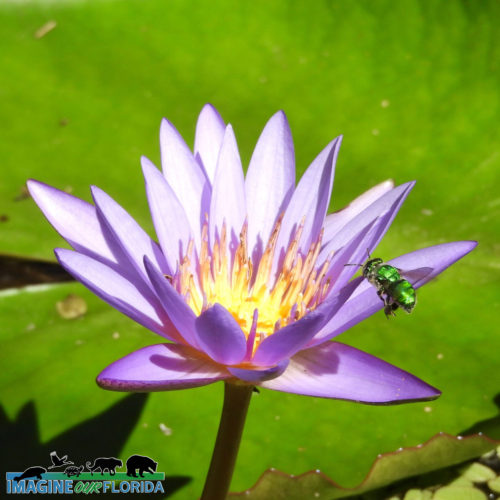
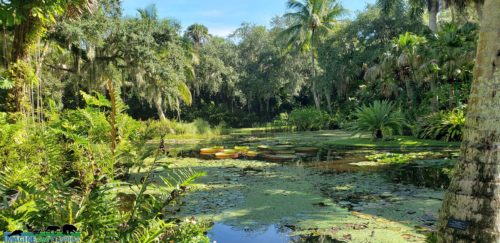
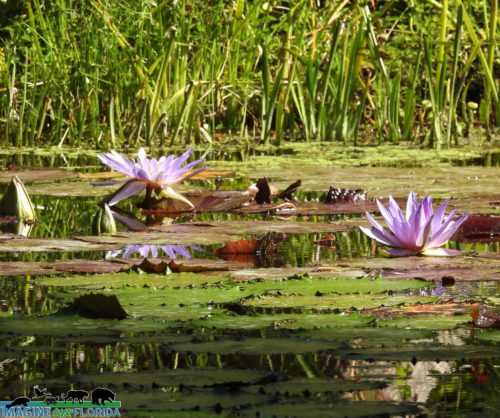
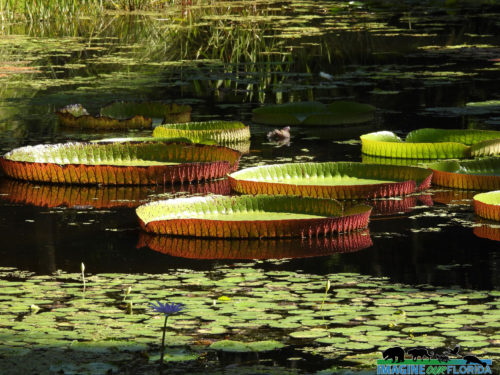
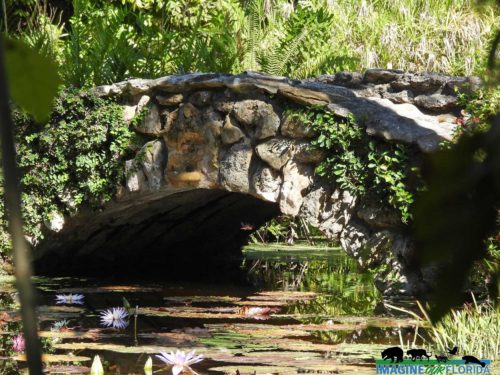
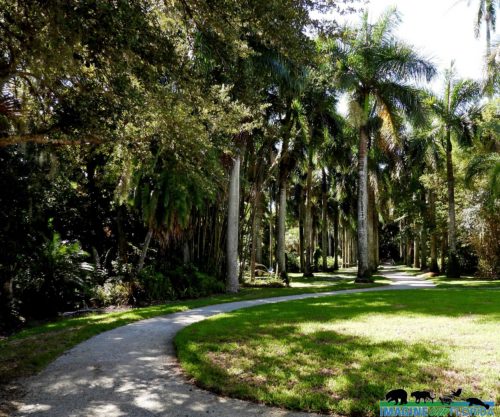
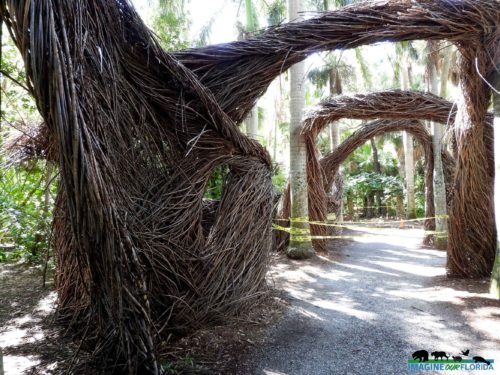
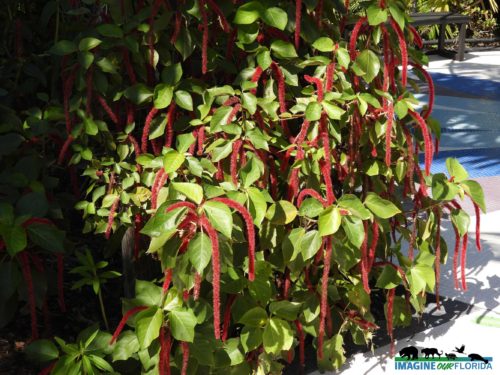
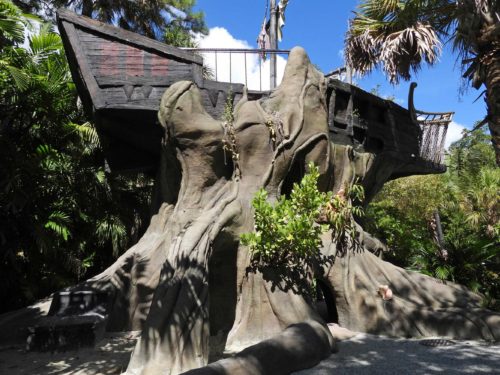
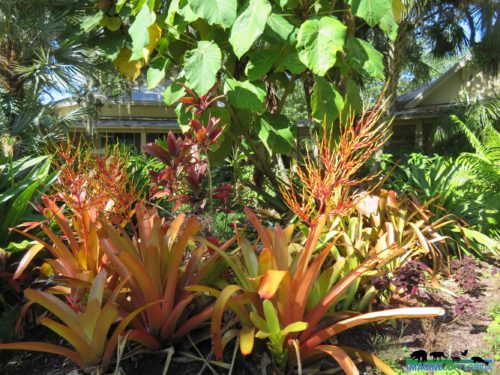
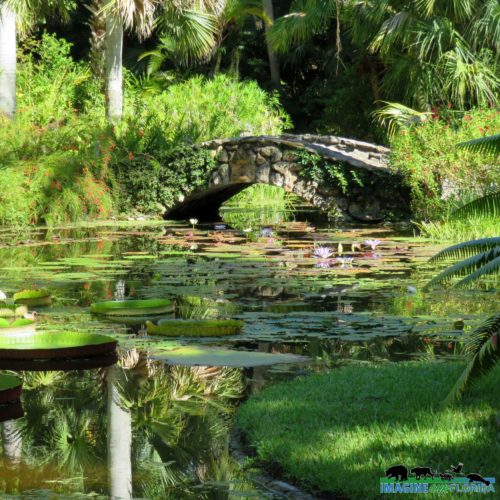
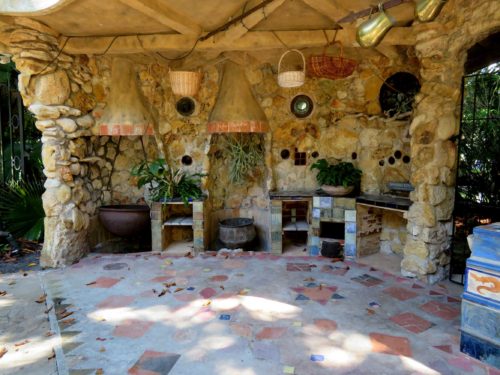
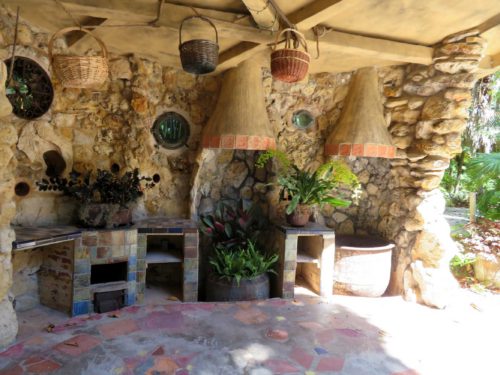
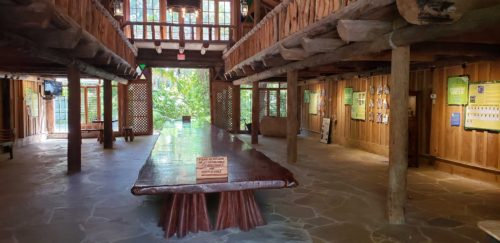
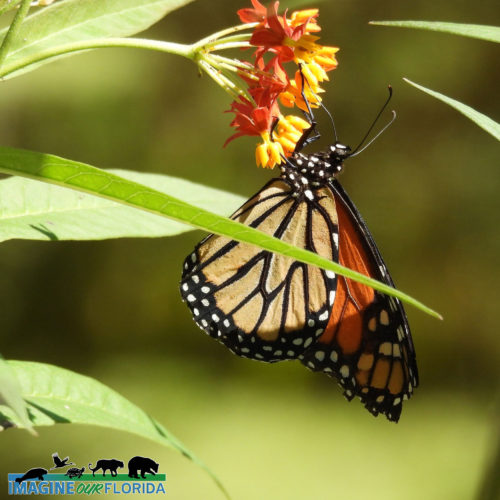
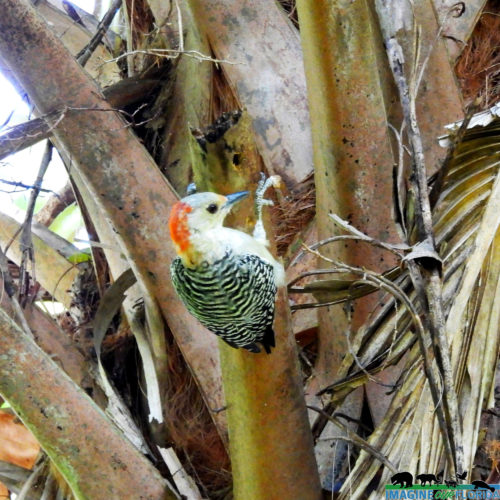
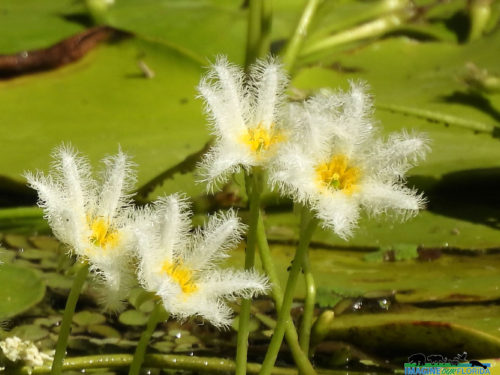
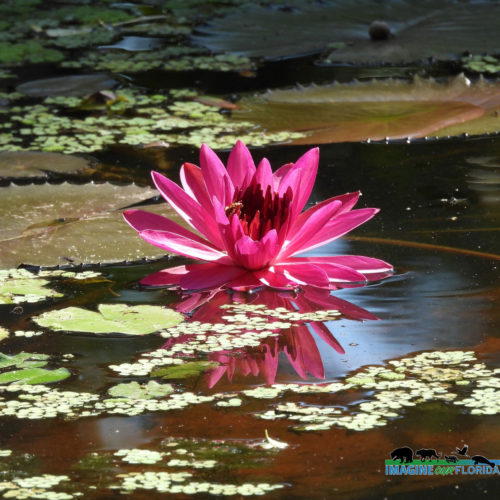
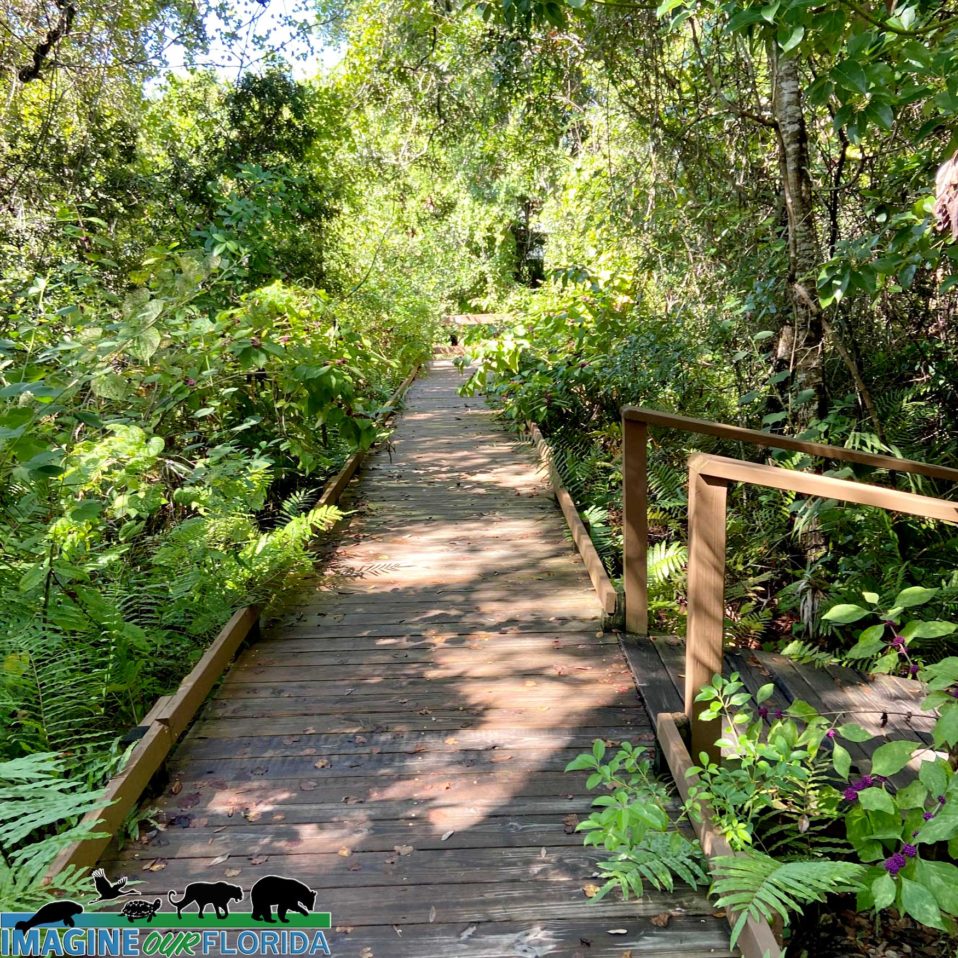
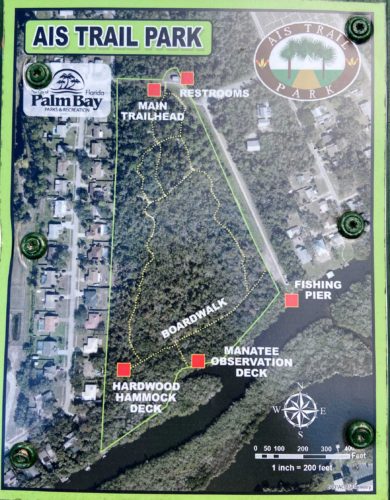
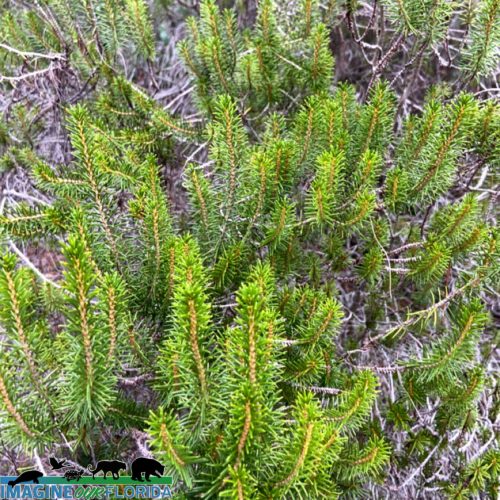
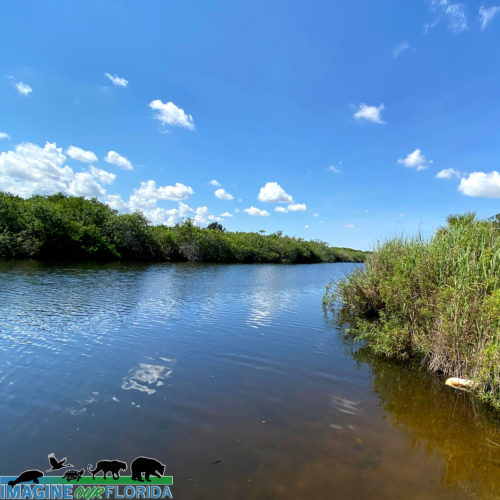
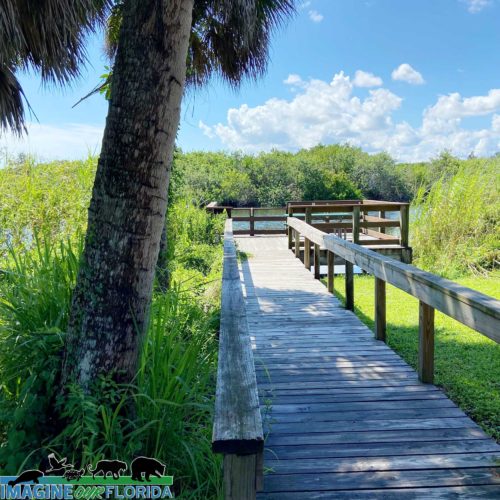
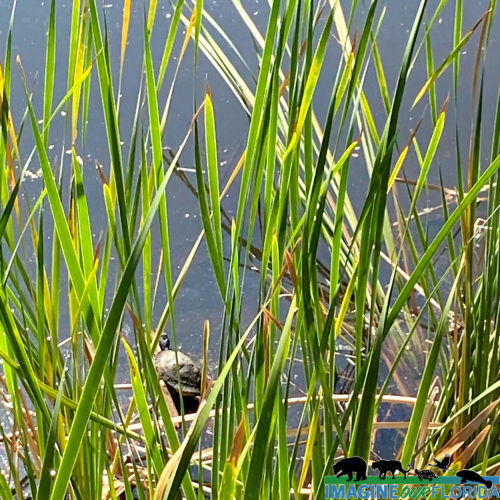
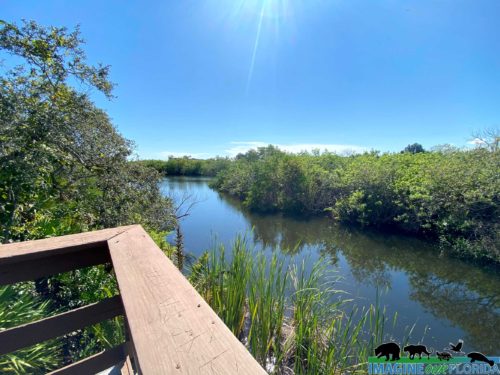
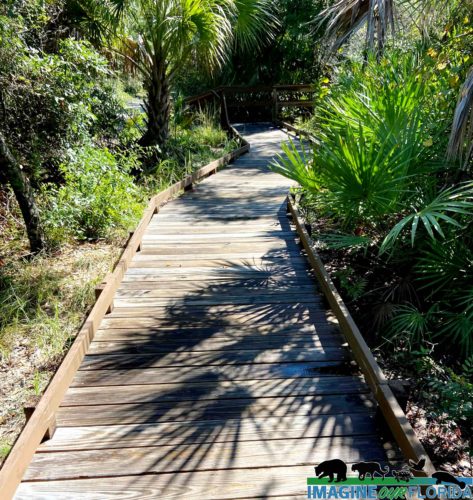
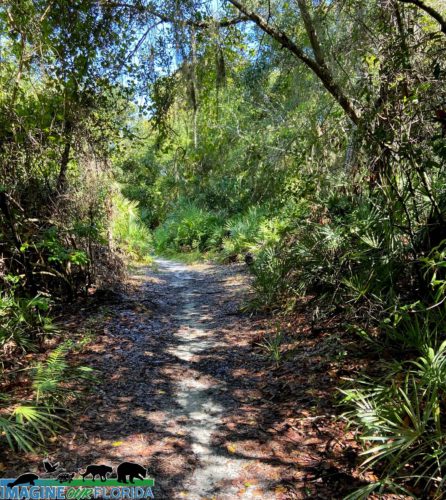
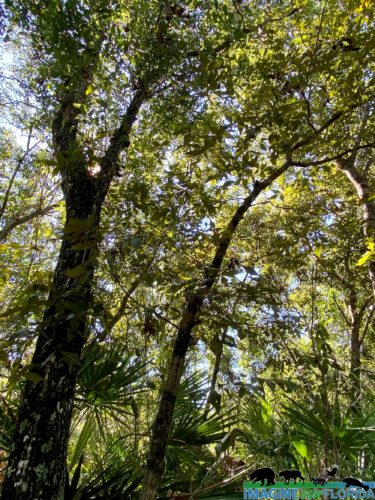
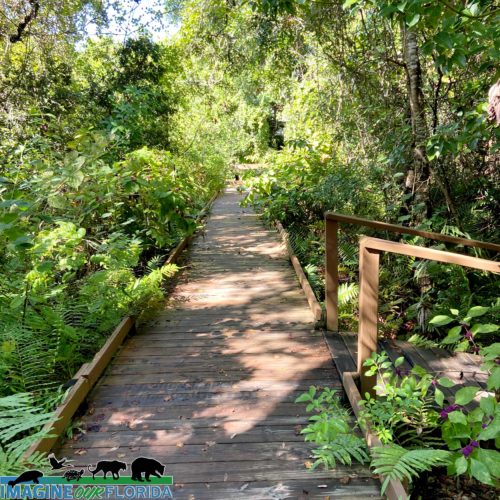
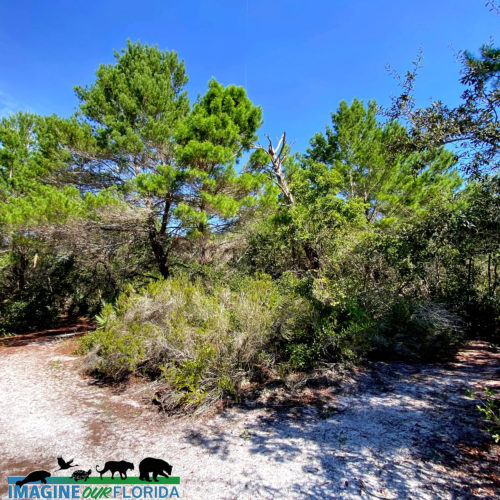
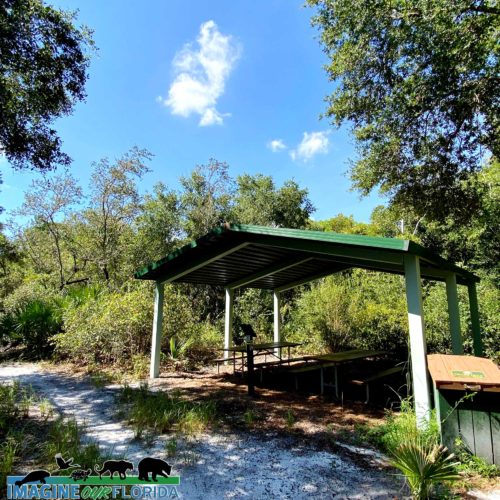
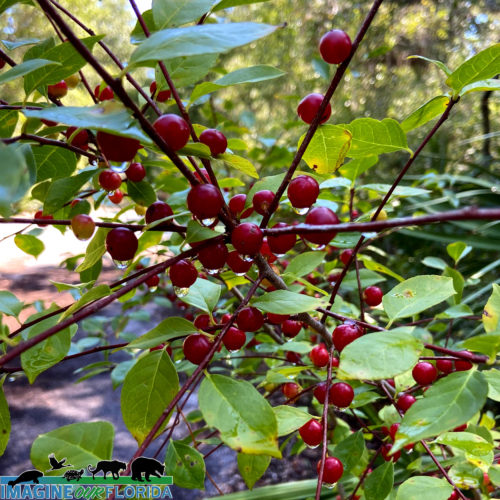
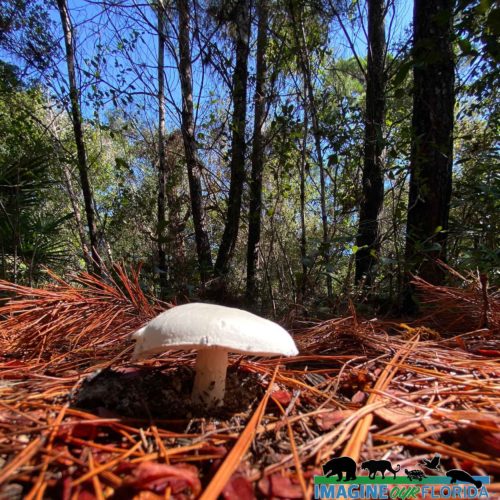
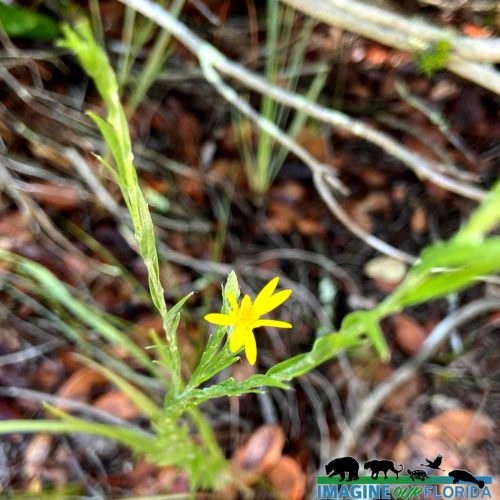
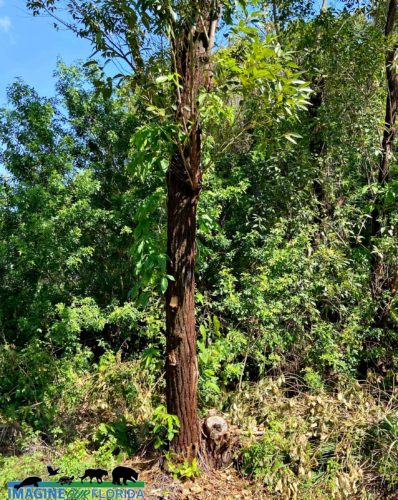
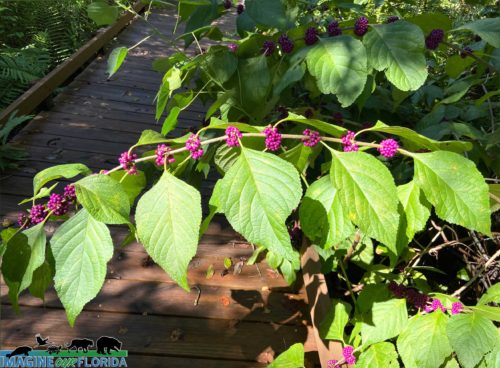
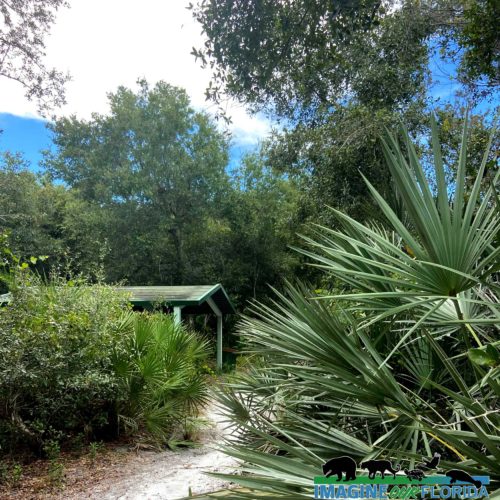
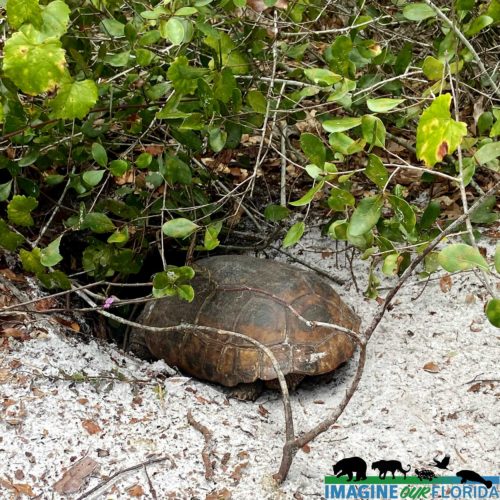
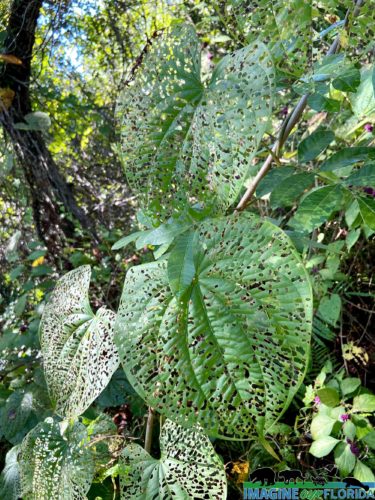
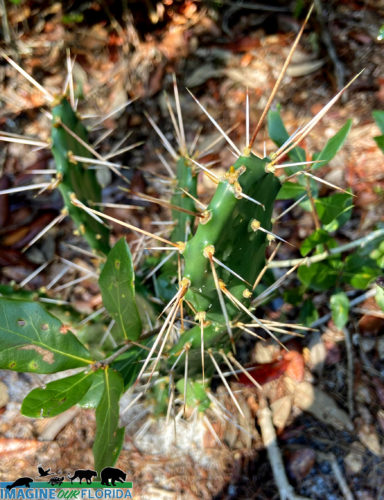
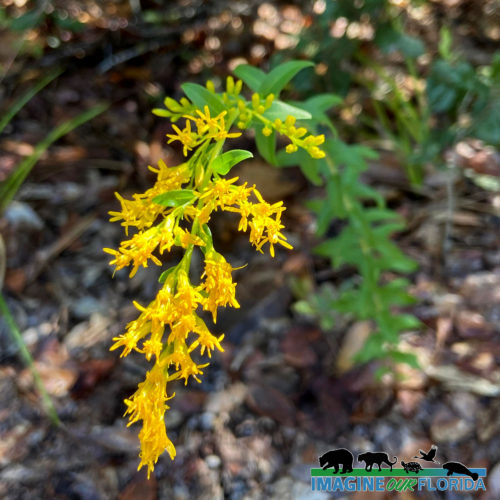
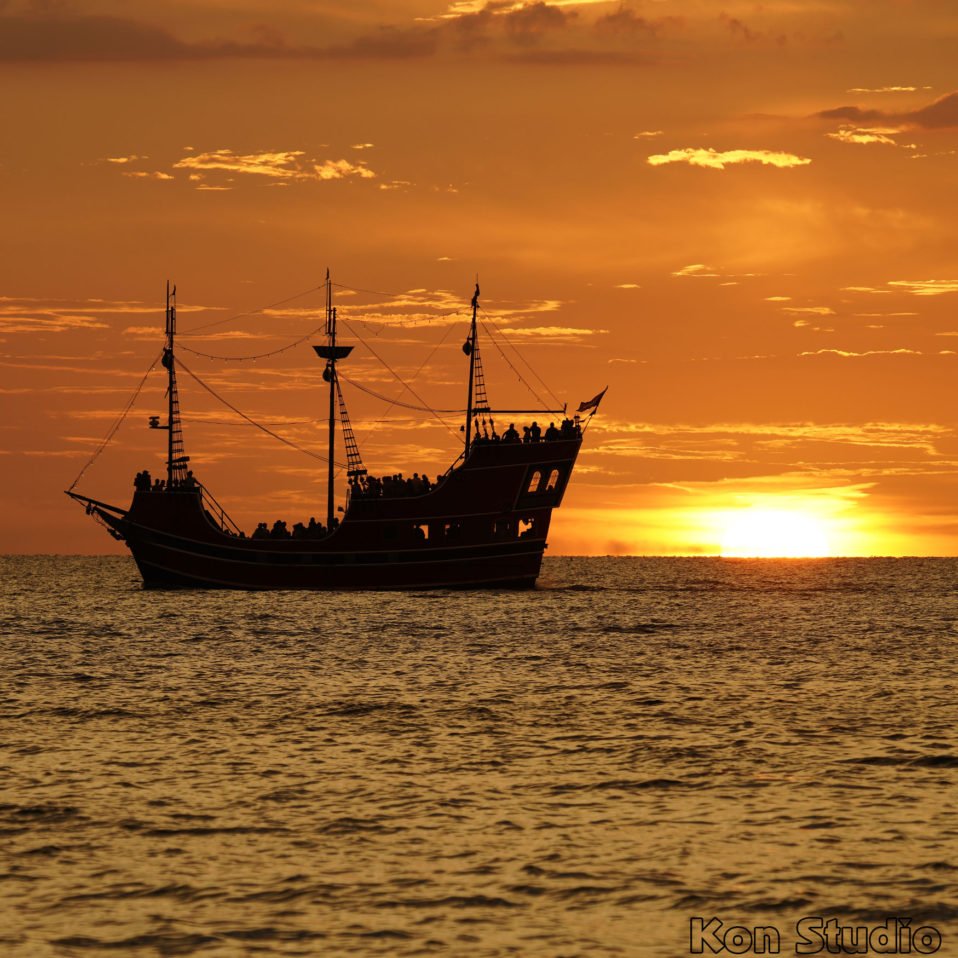
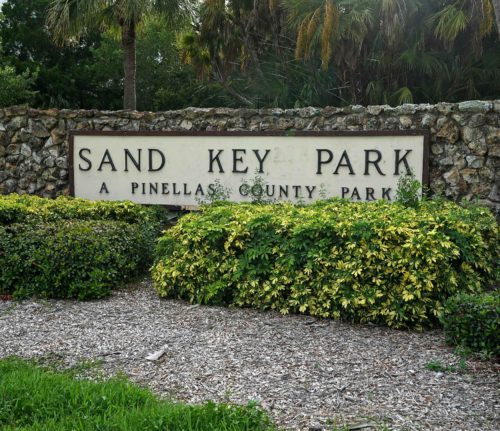
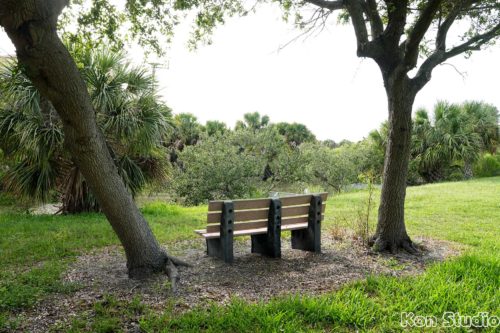
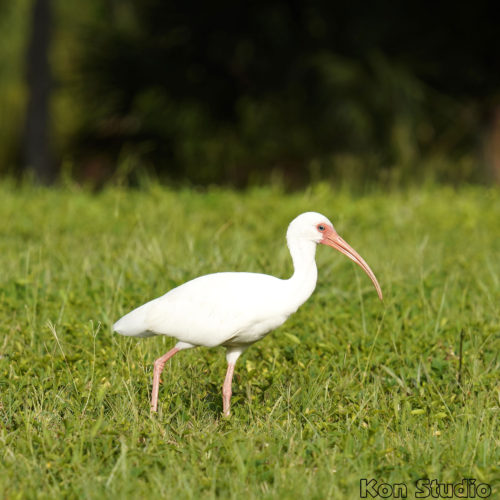
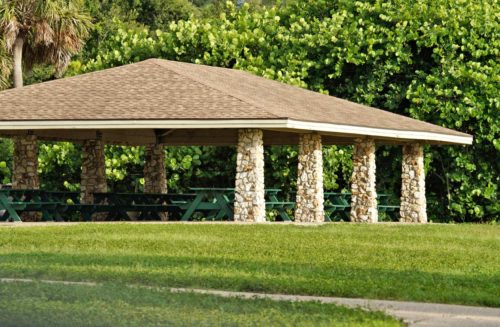
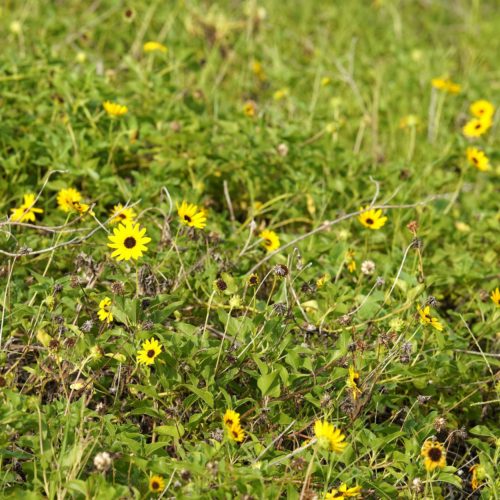
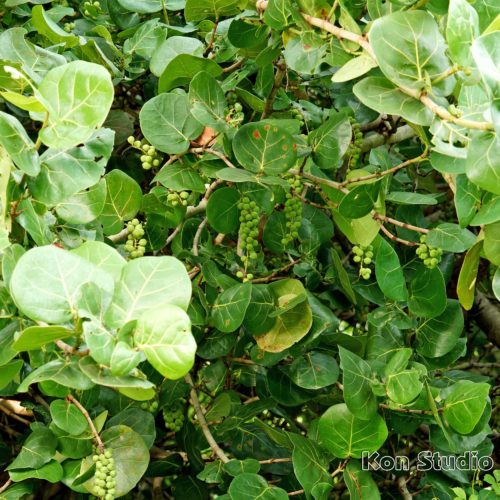
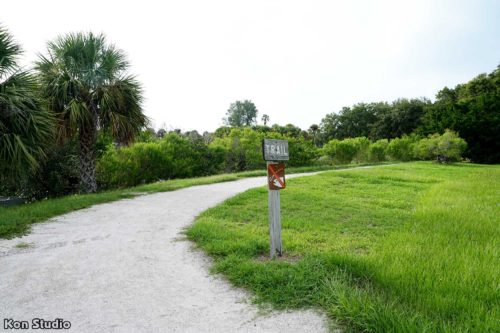
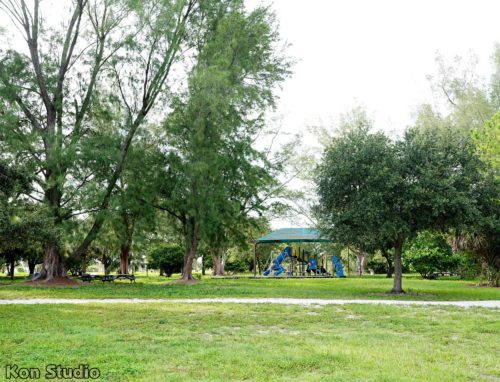
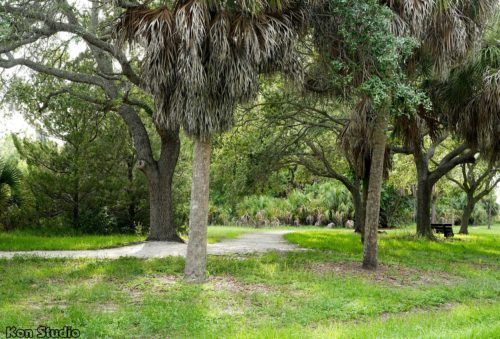
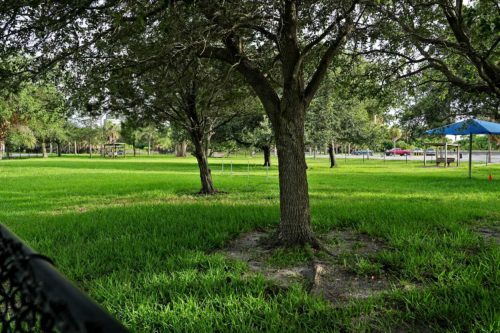
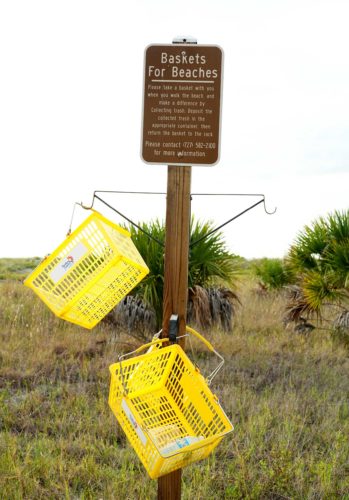
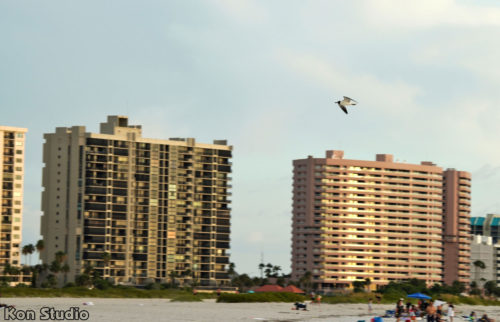
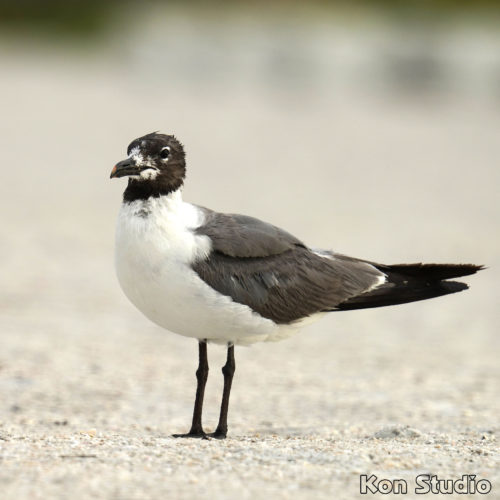
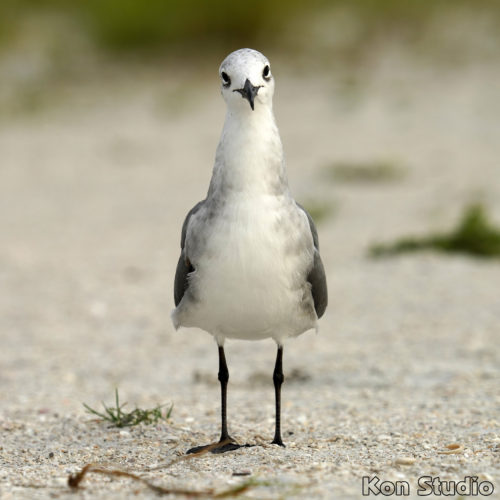
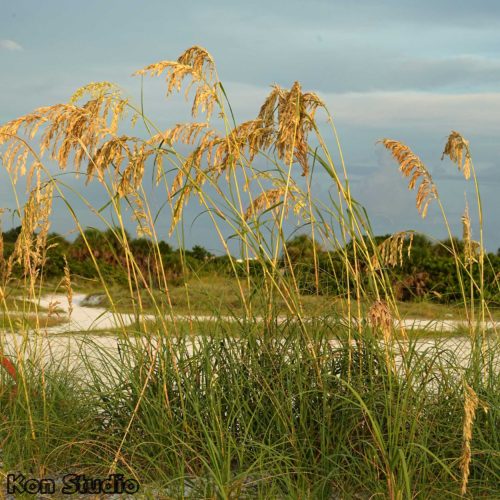
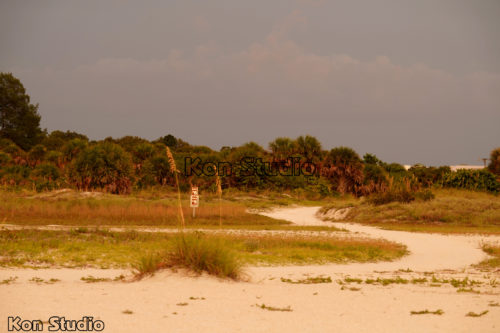
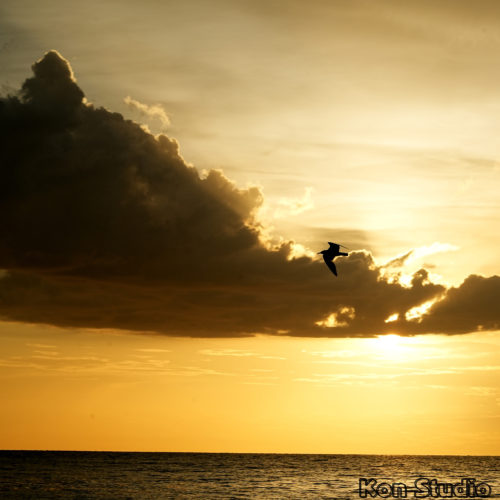
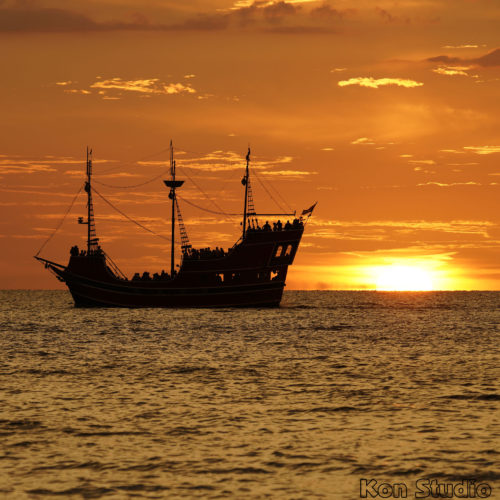
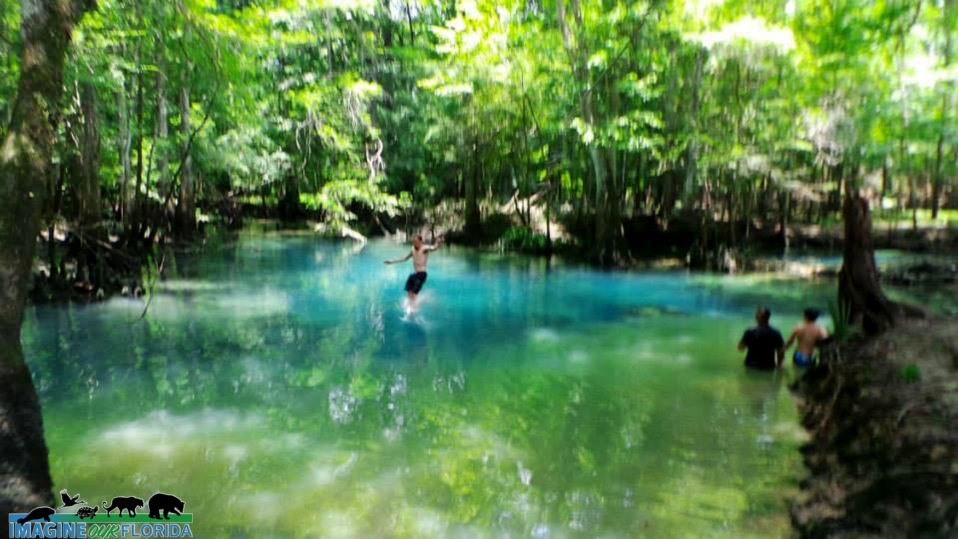
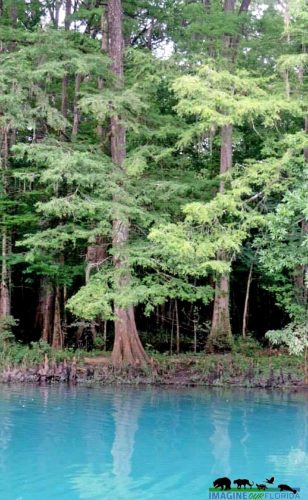
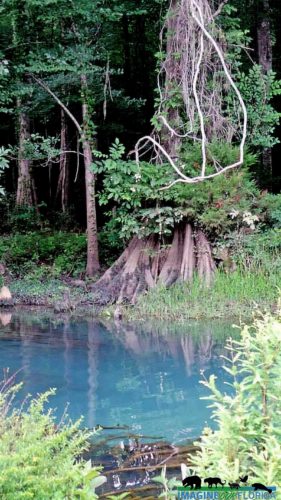
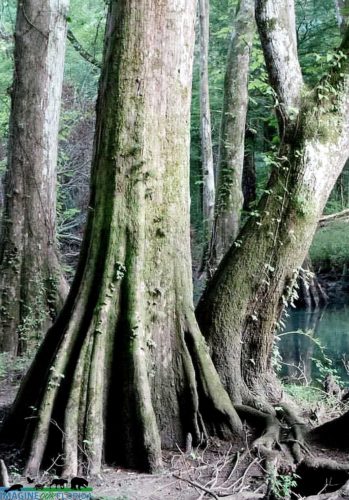
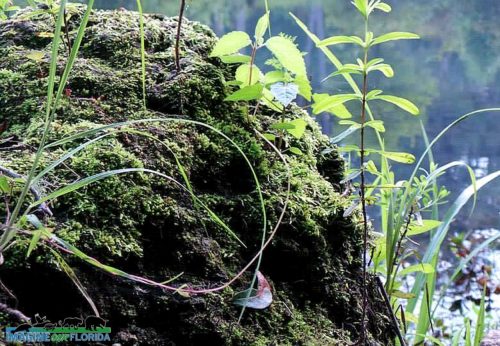
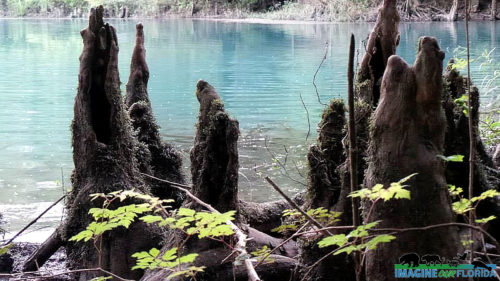
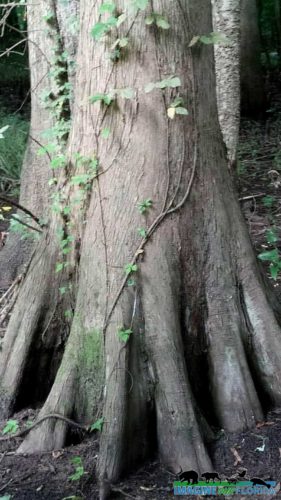
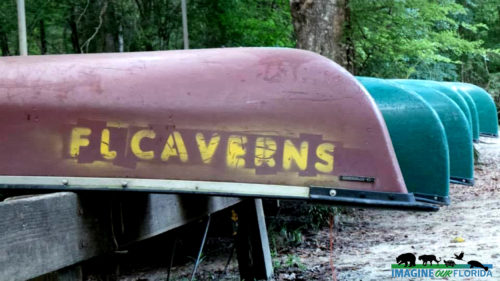
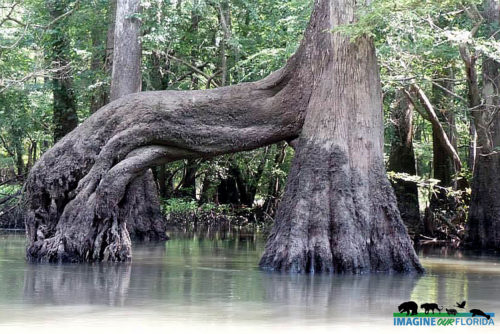
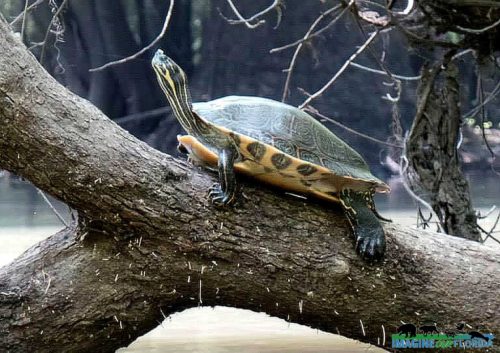
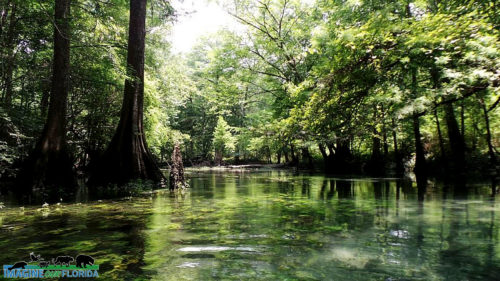
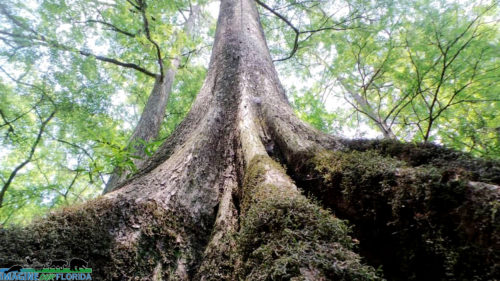
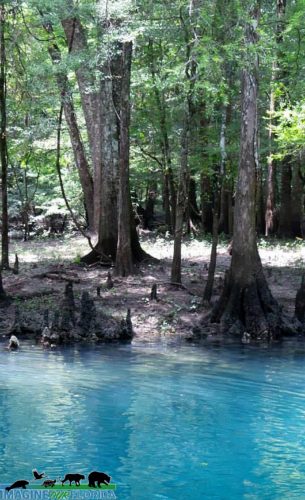
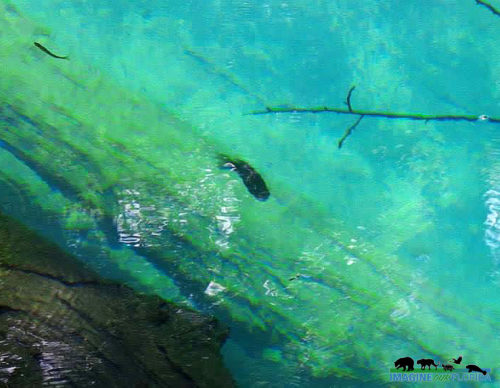
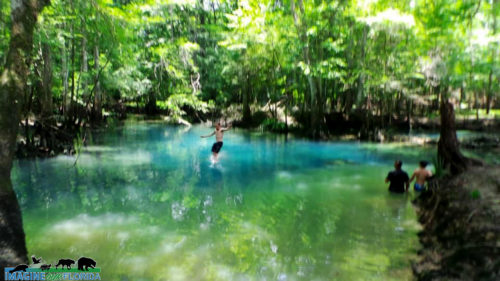
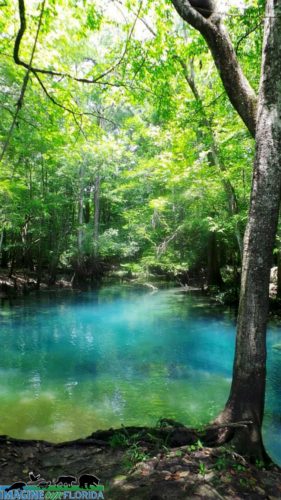
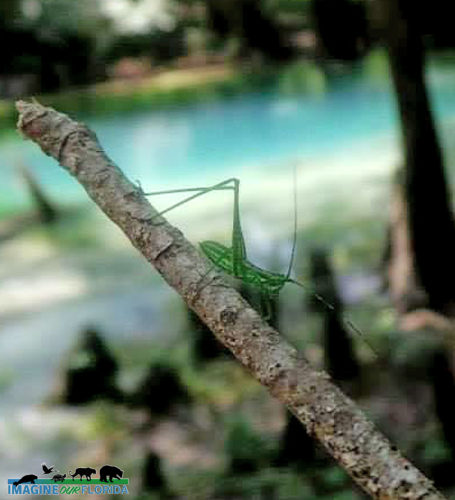
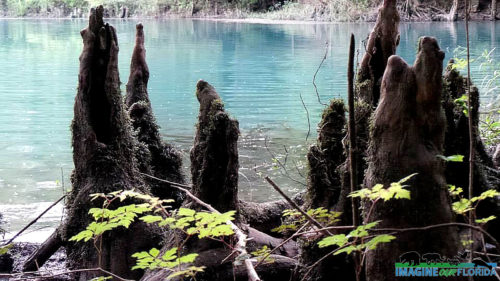
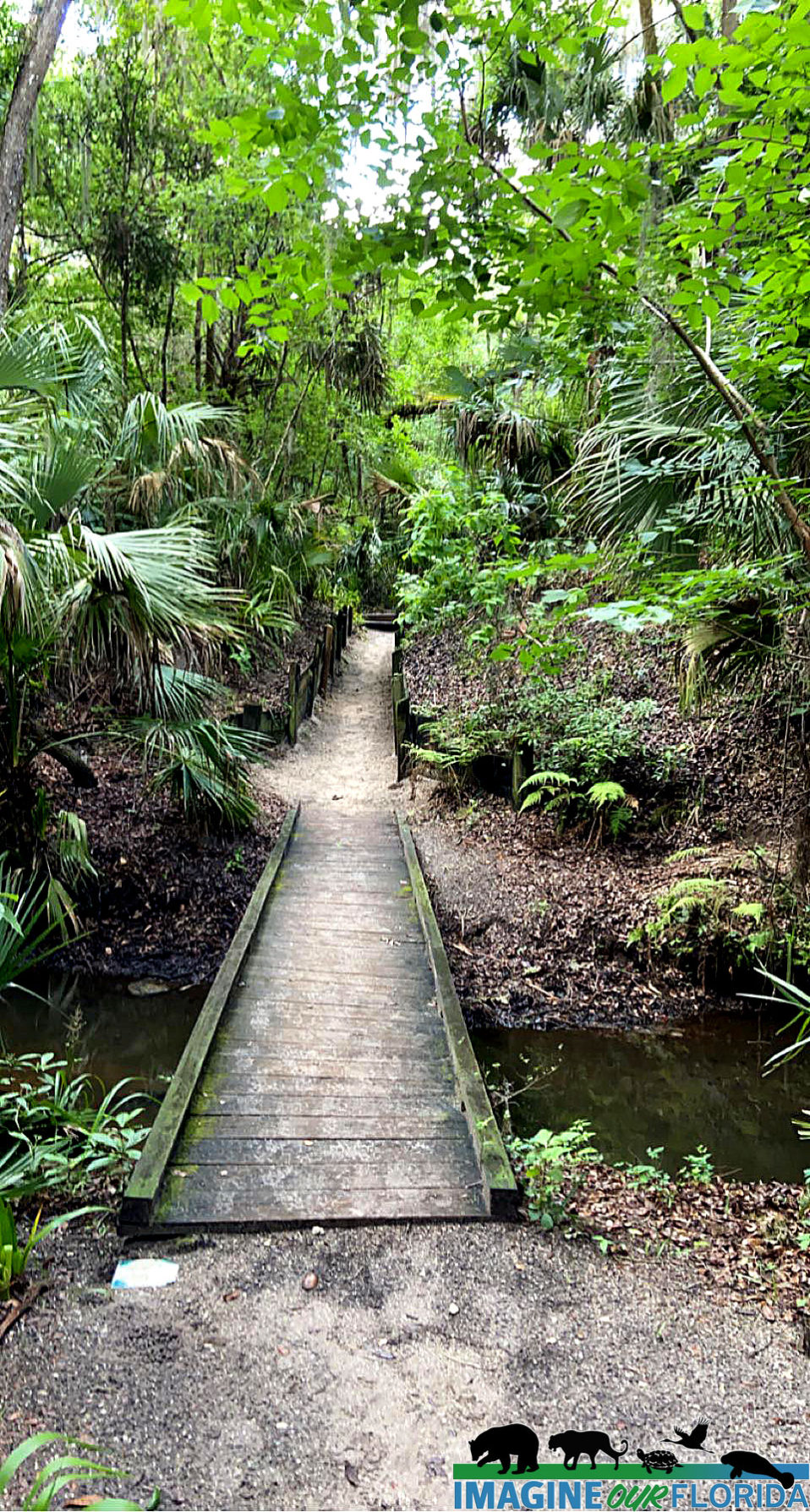
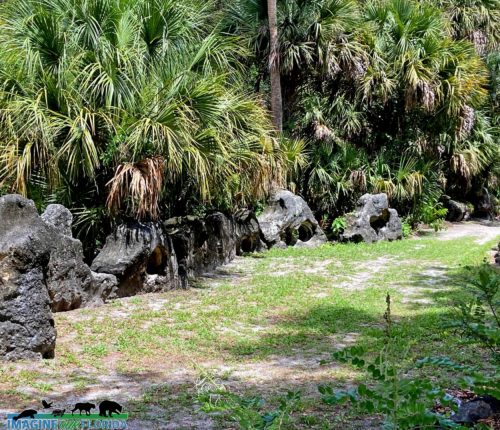
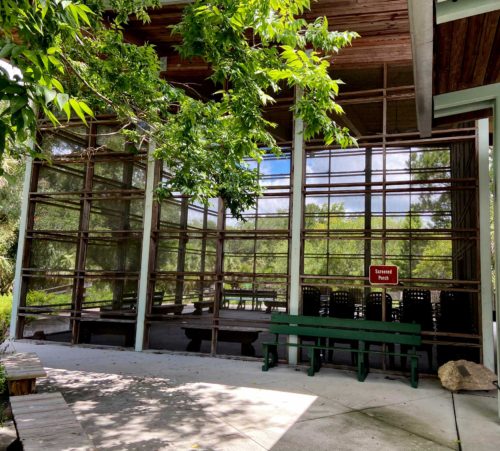
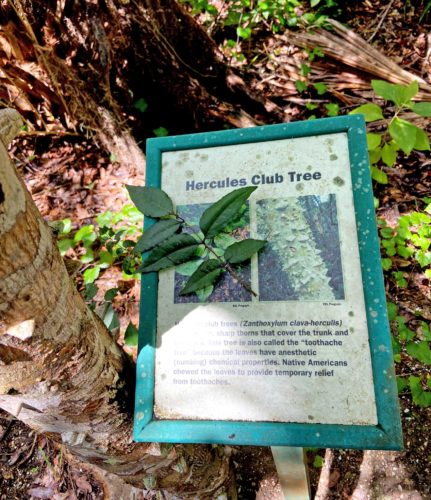 ted
ted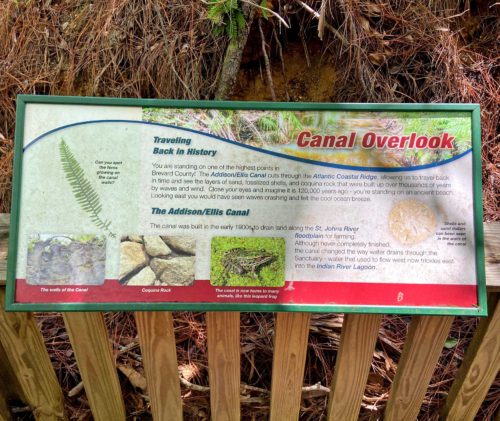
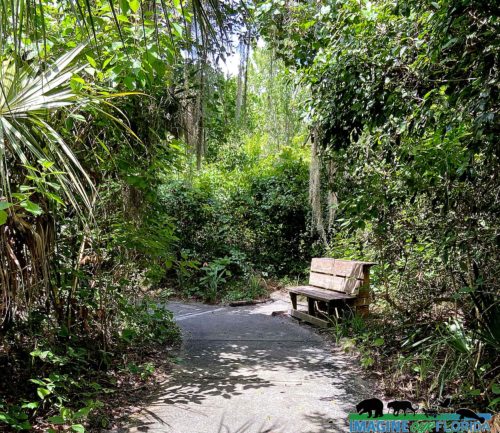
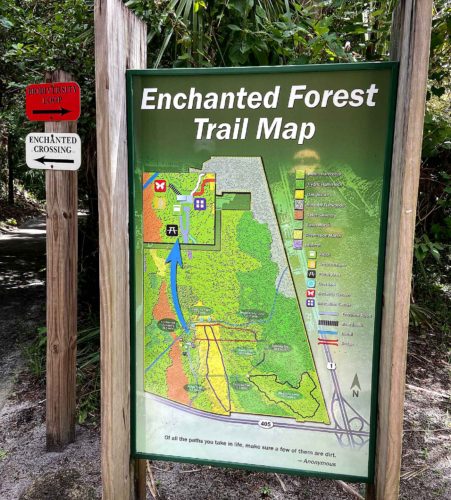
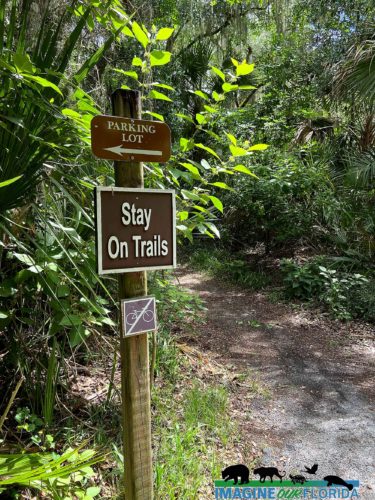
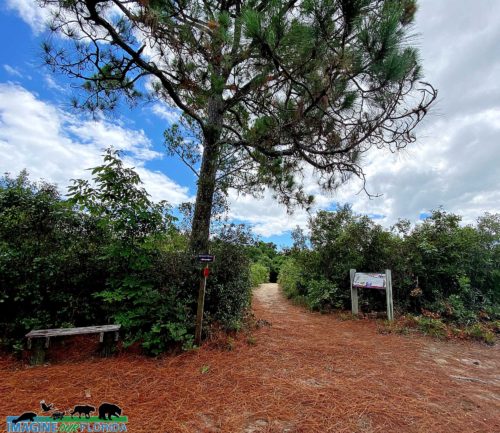
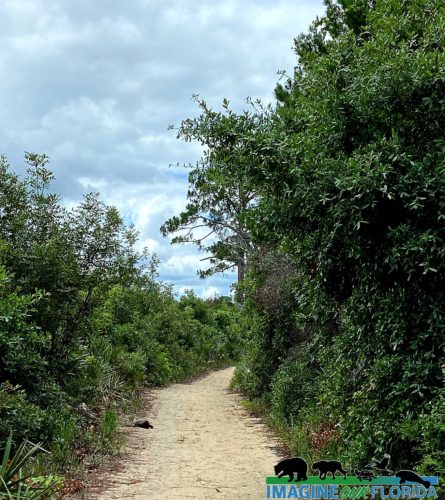
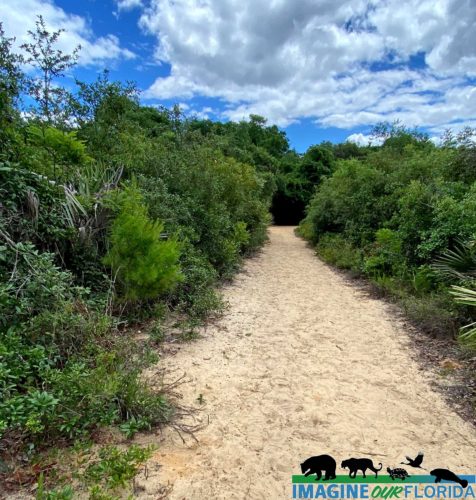
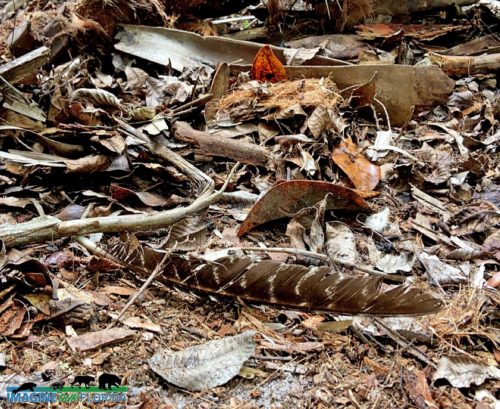
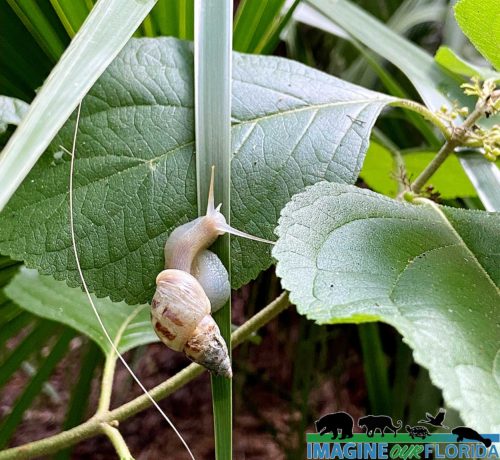
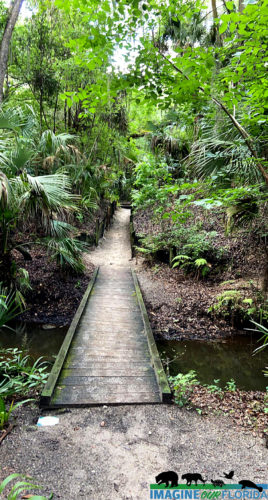
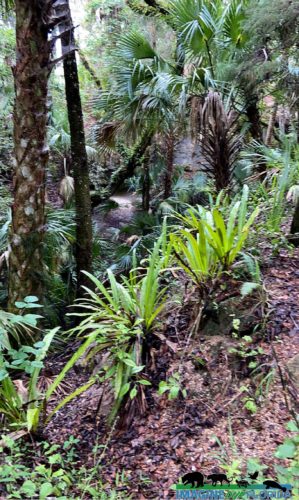
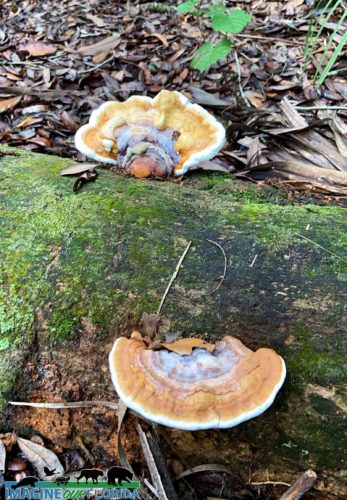
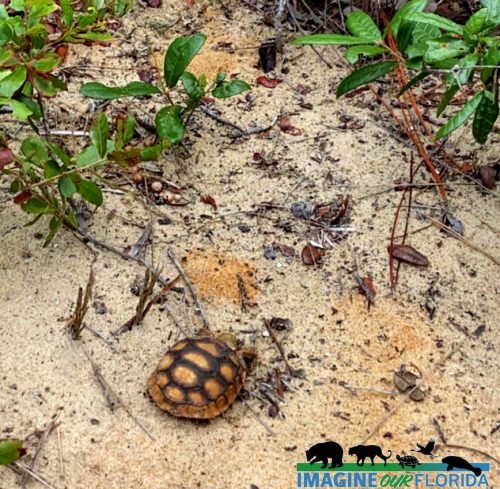
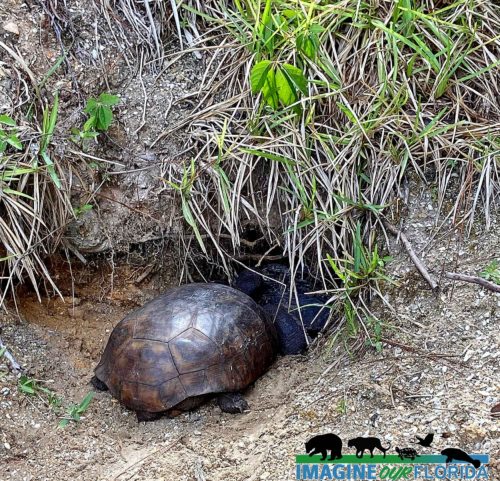
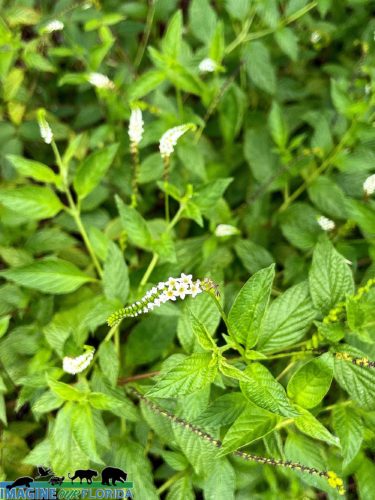
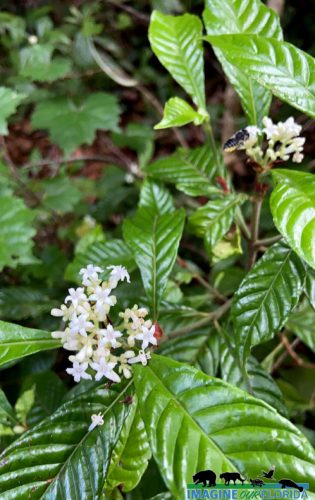
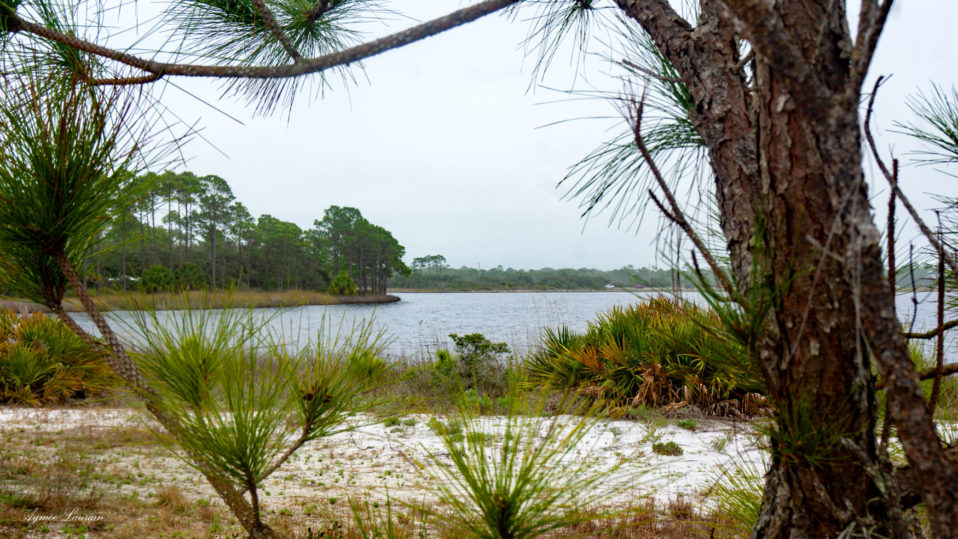
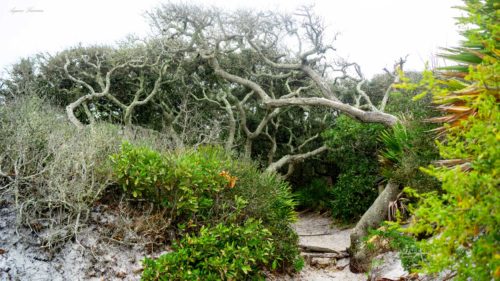
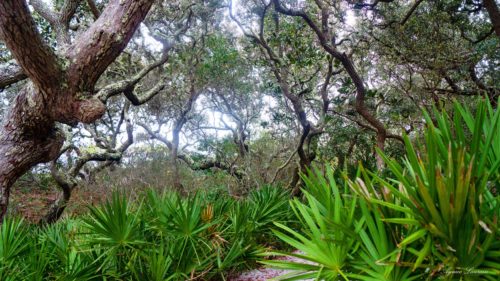
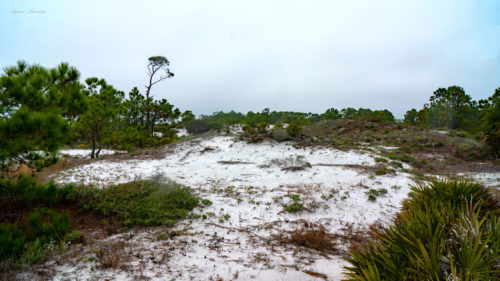
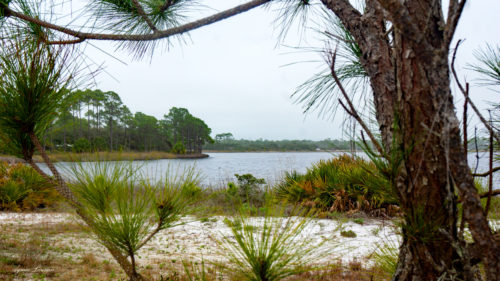
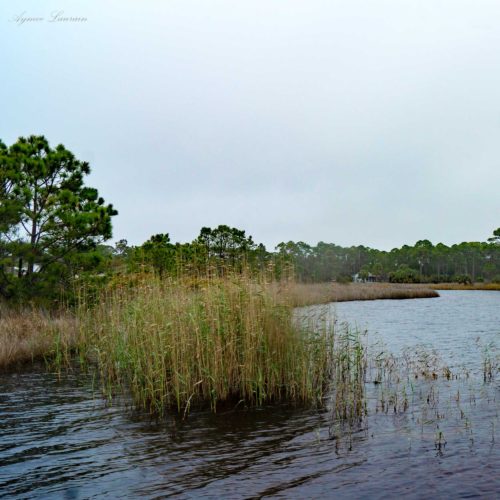
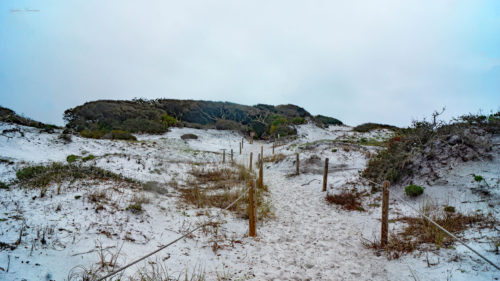
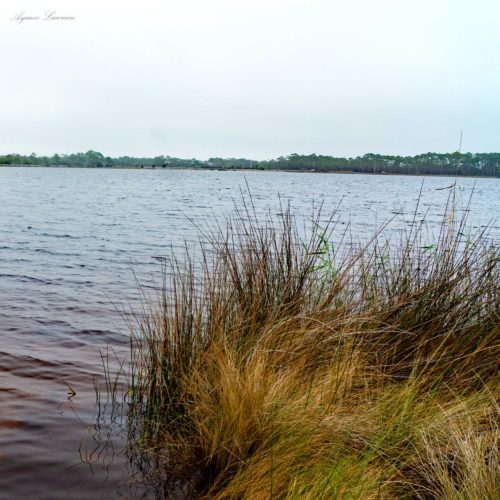
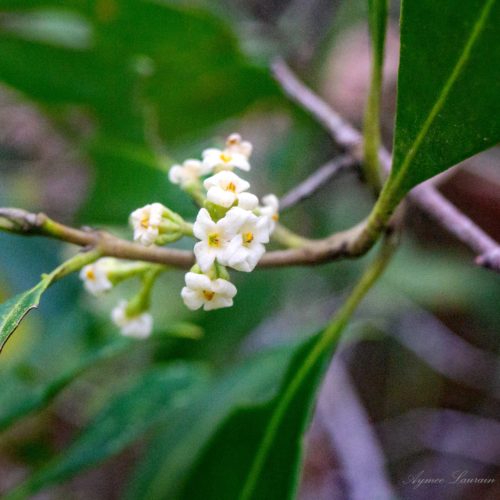
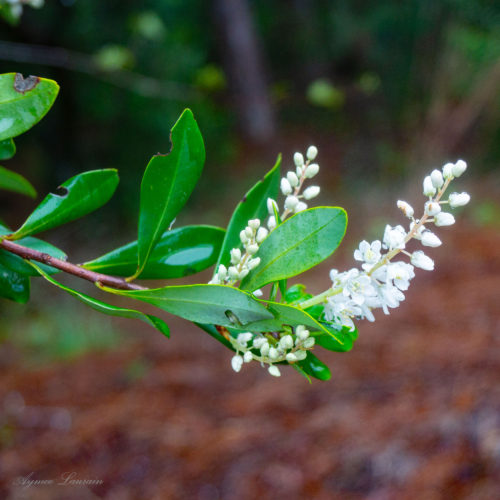
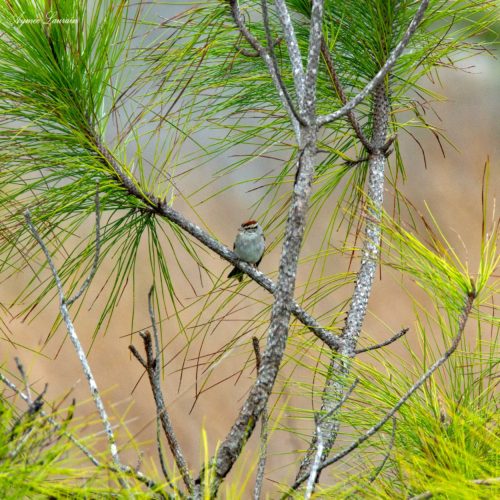
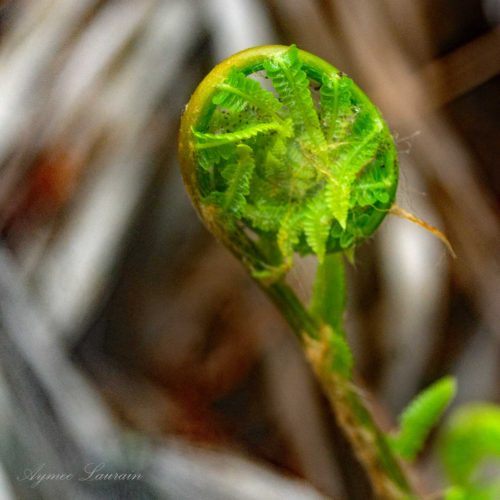
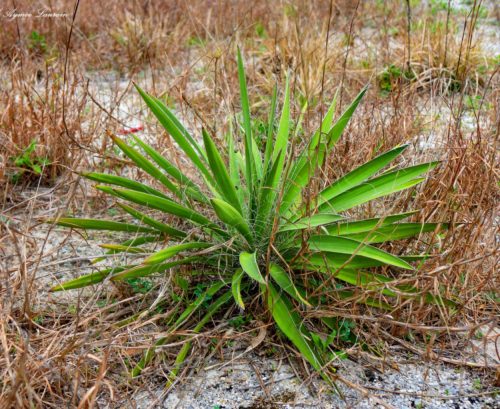
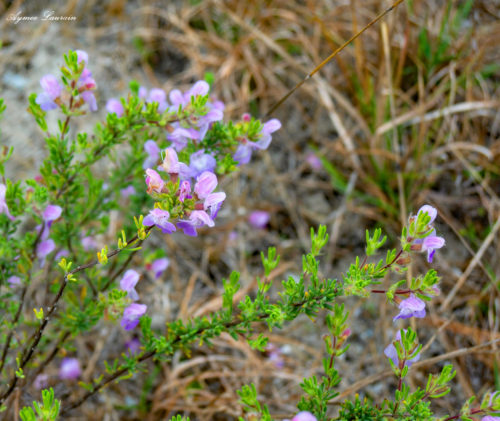
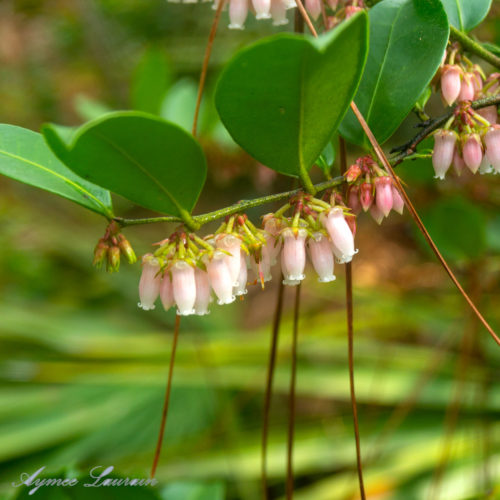
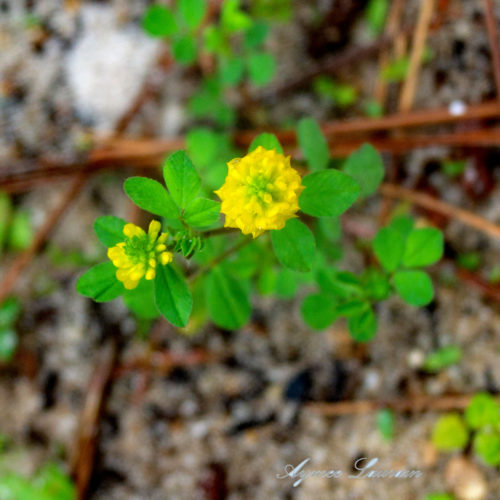
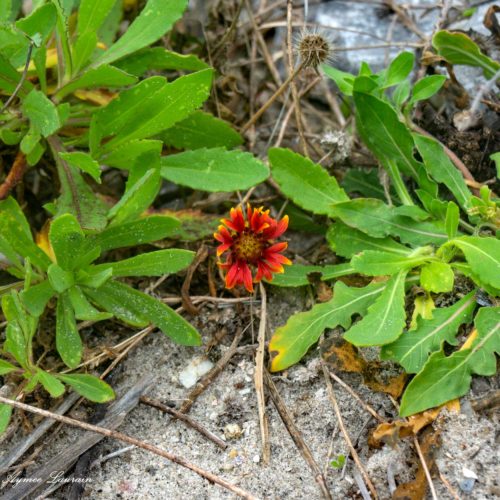
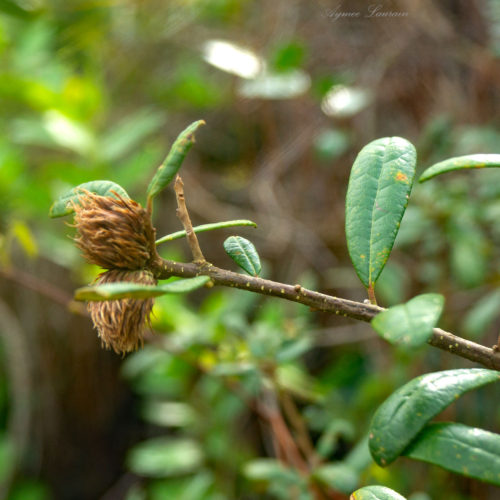
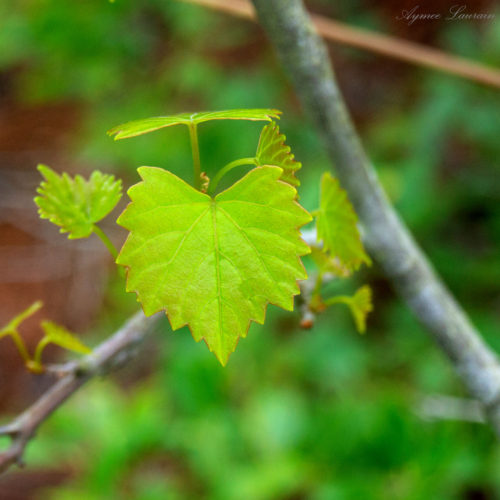
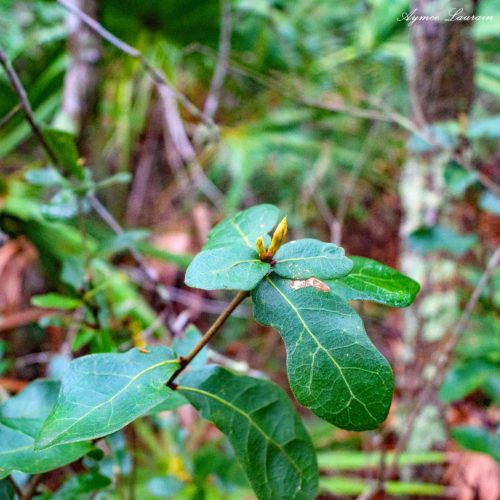
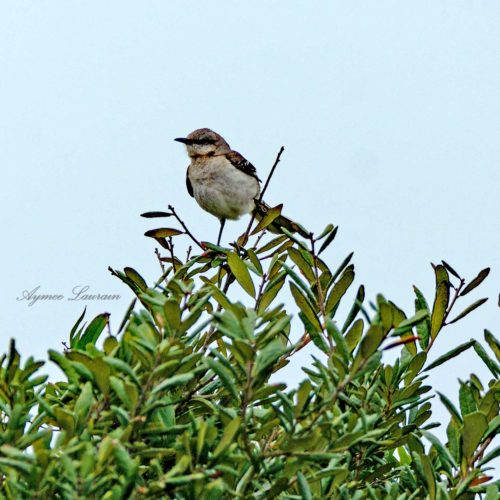
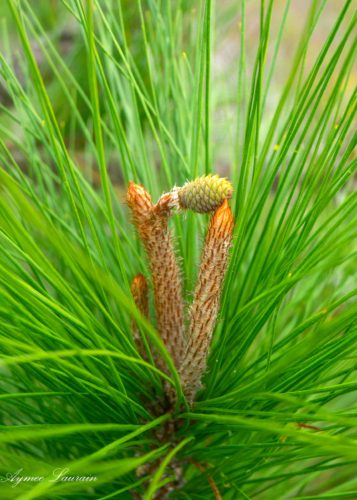
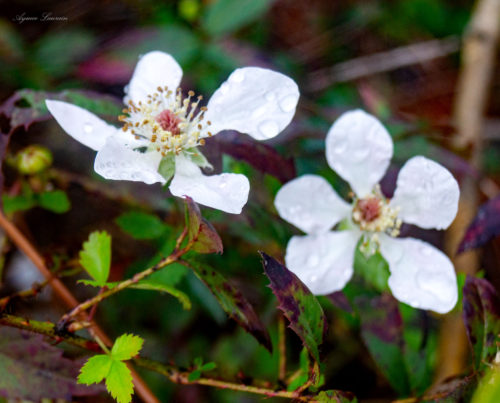
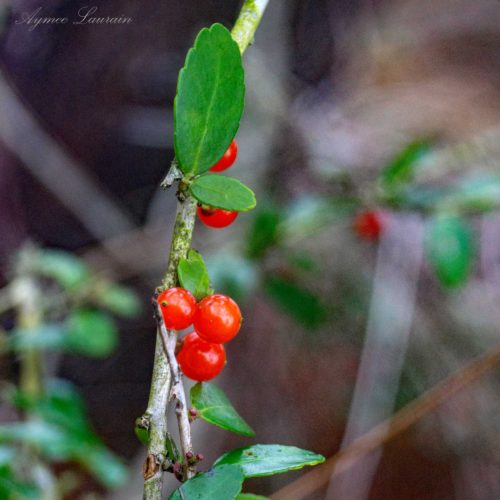
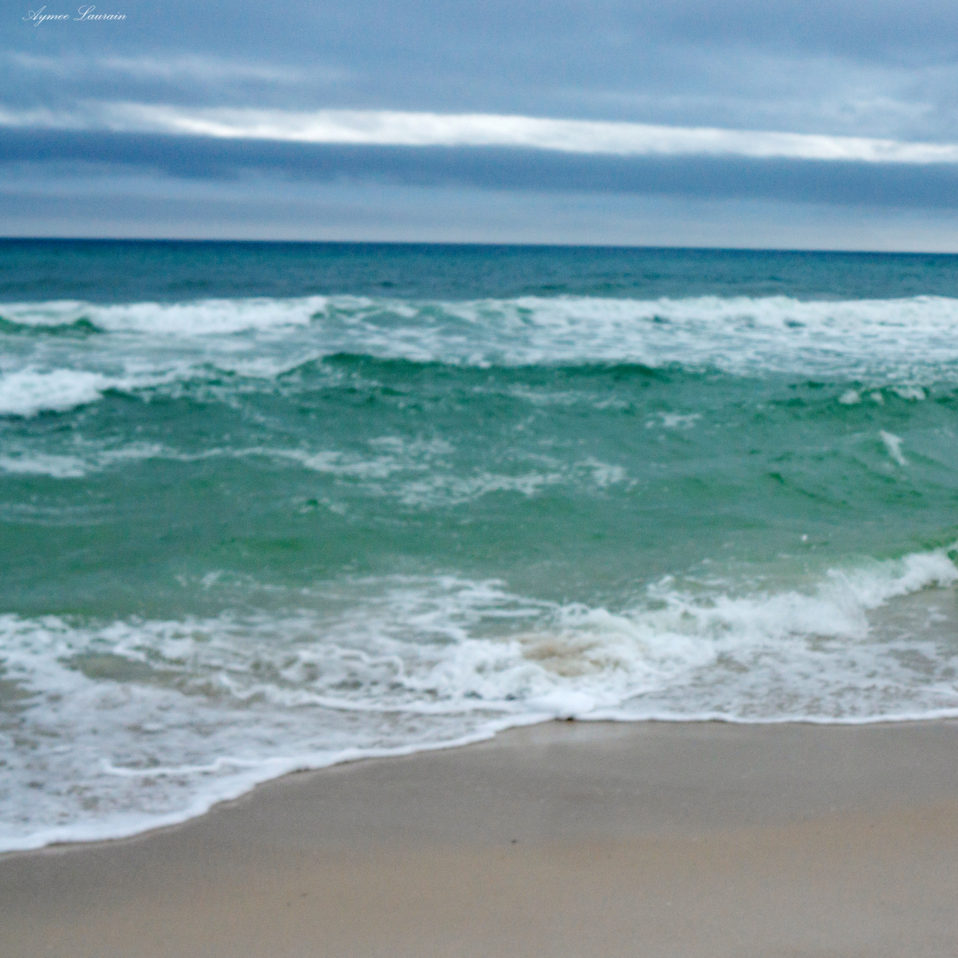
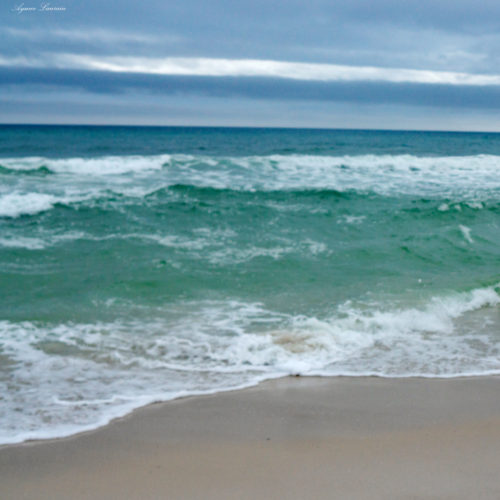
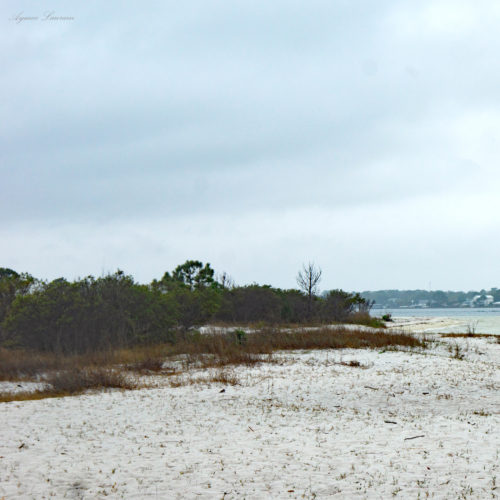
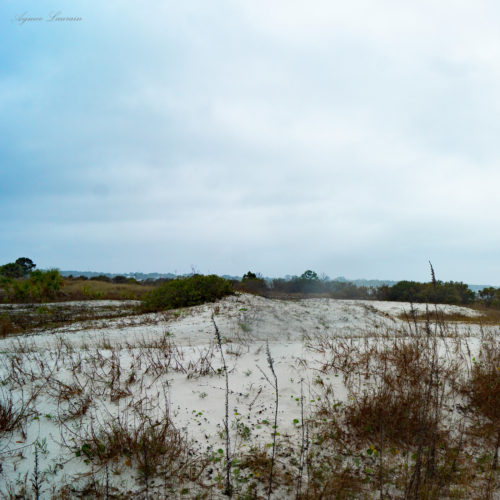
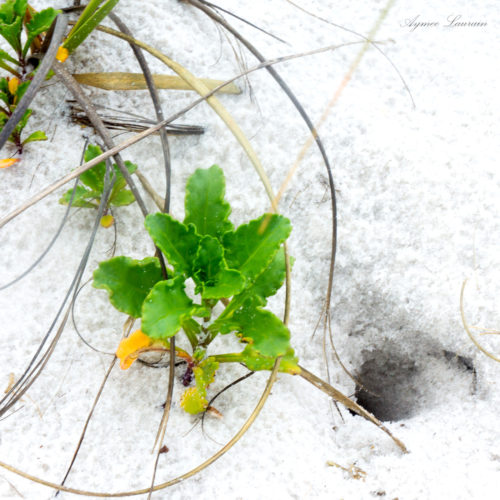
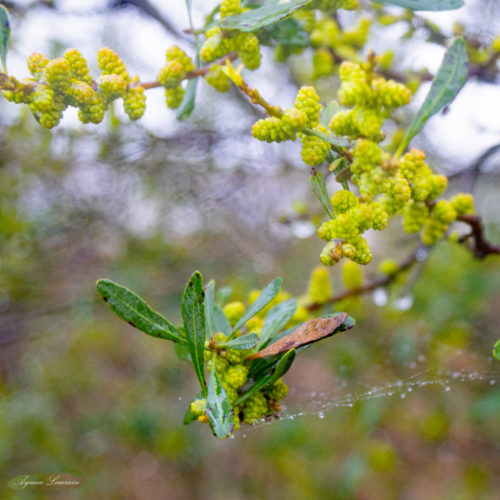
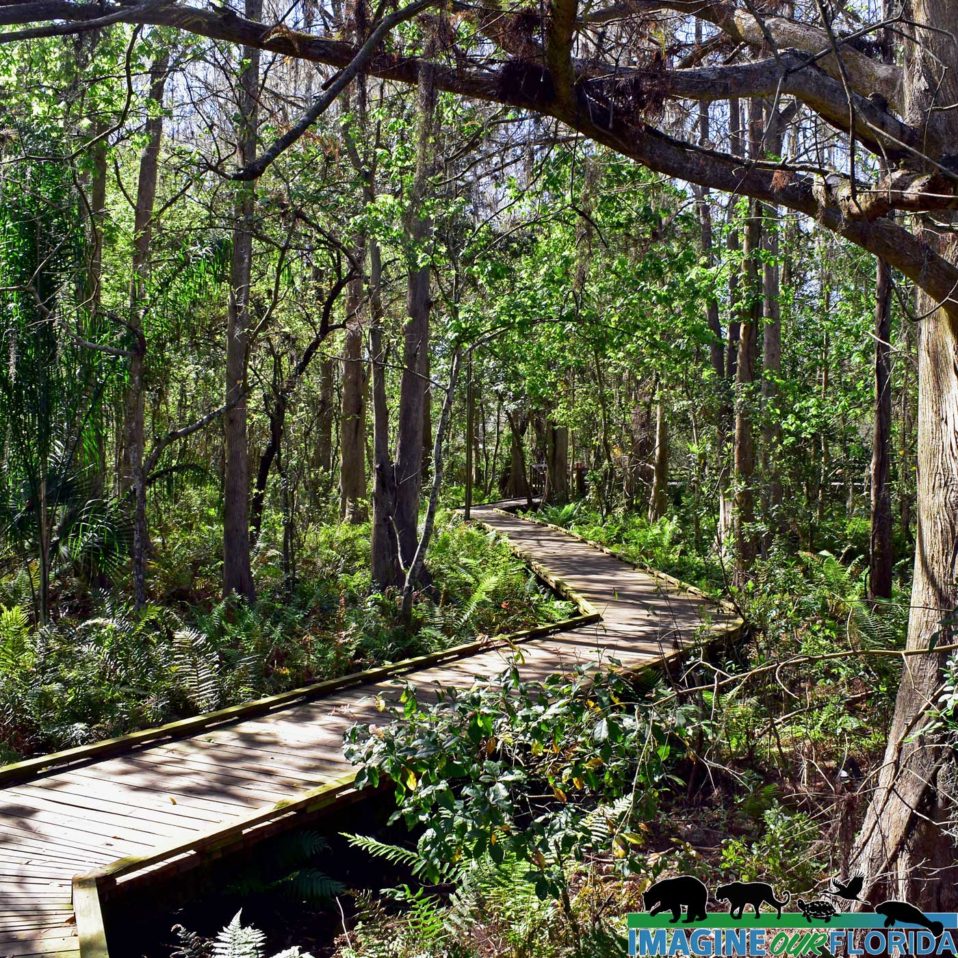
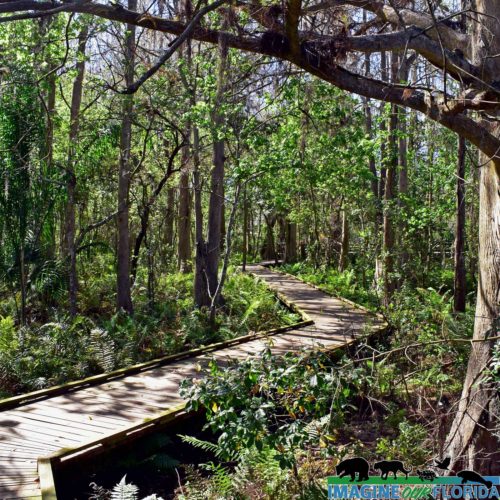
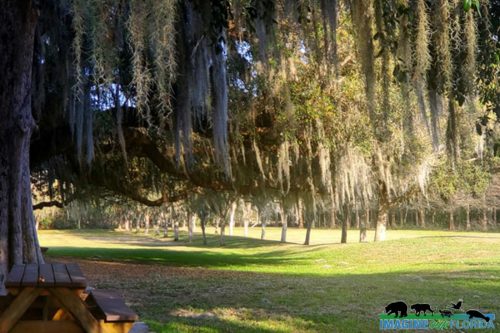
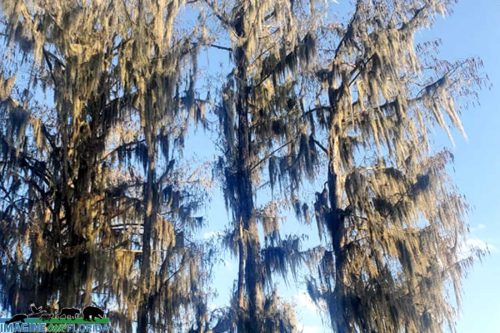
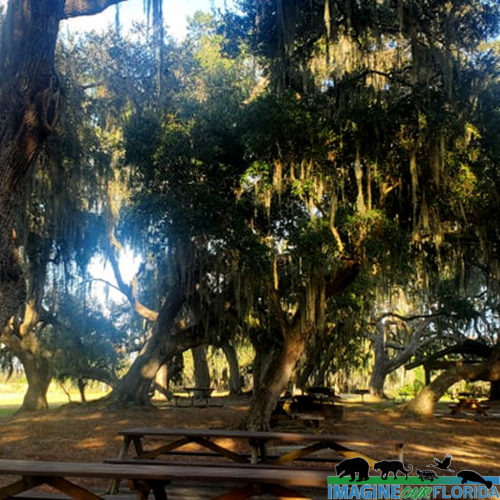
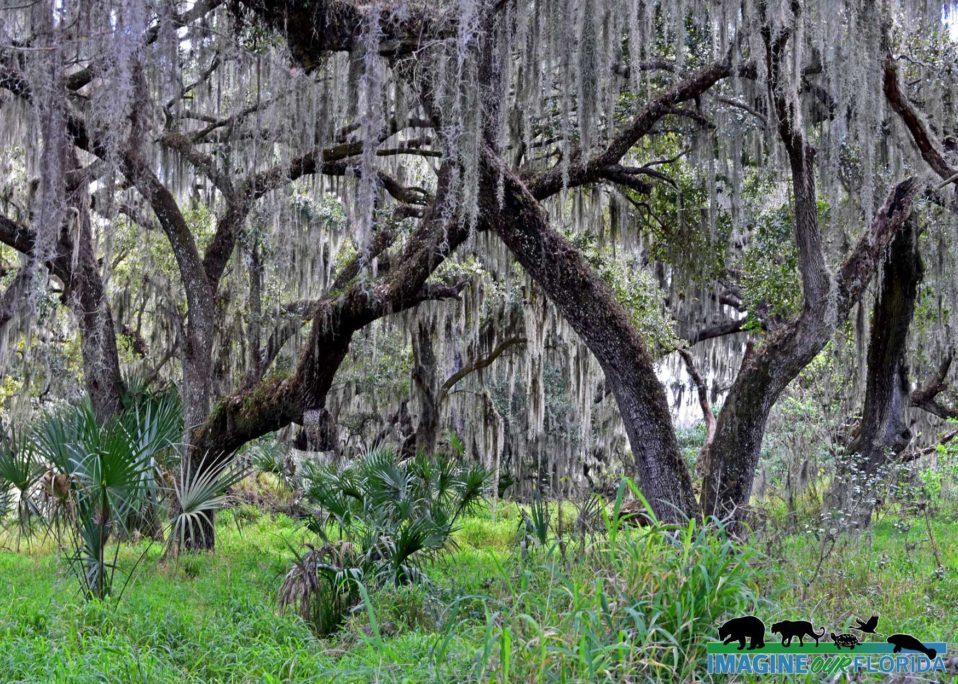
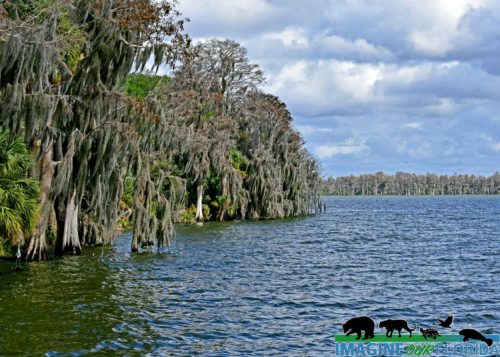
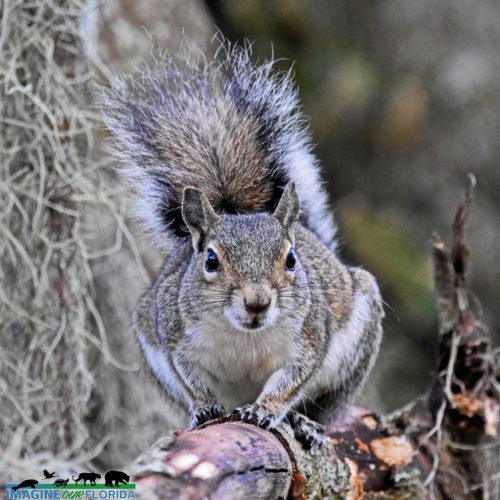
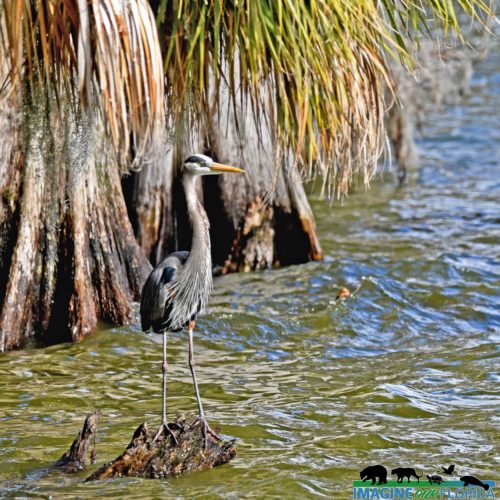
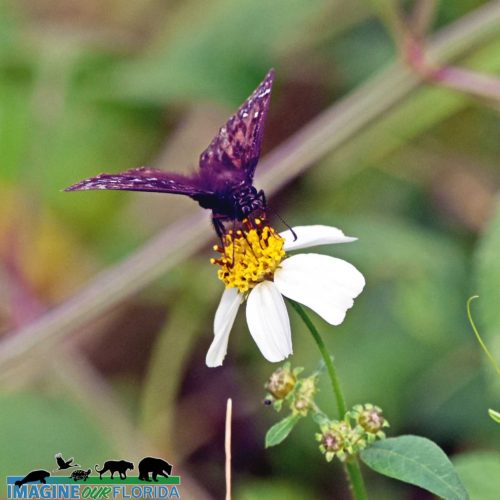
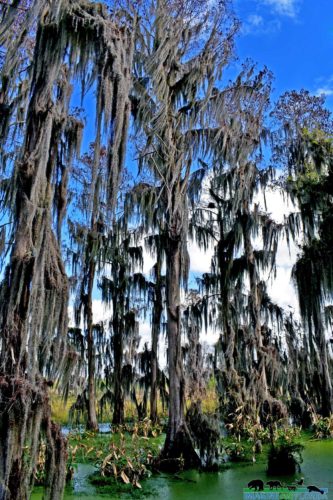
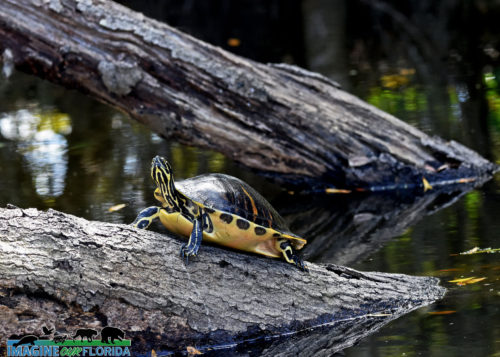
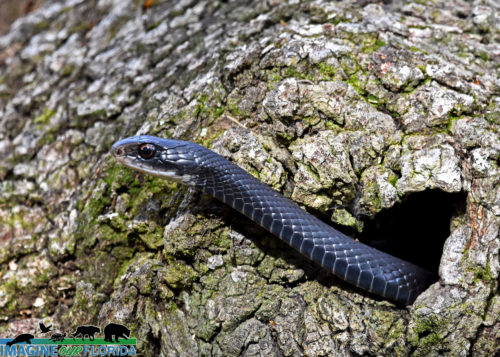
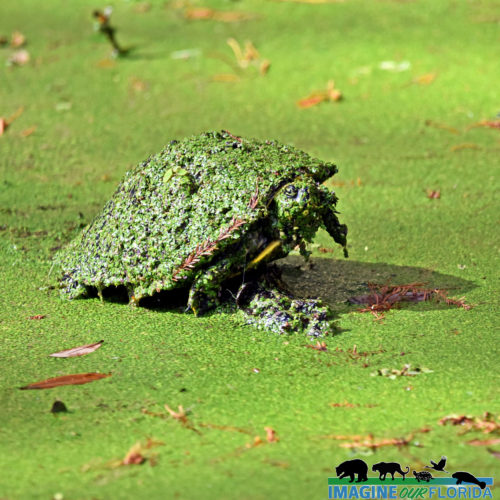
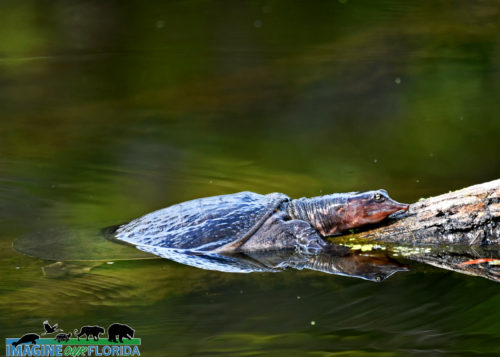
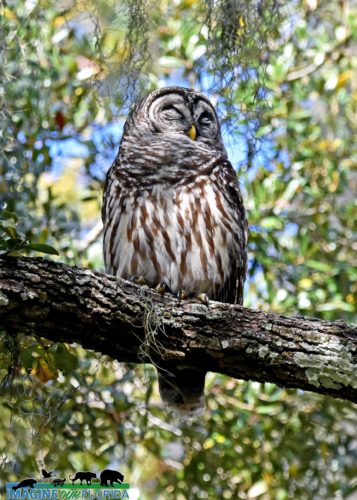
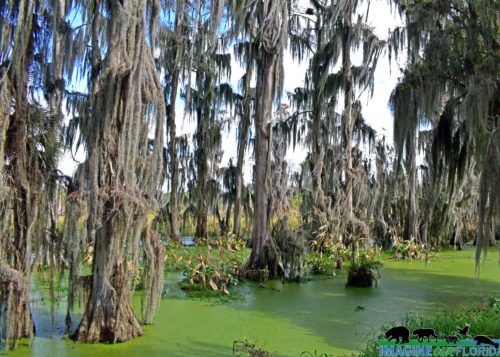
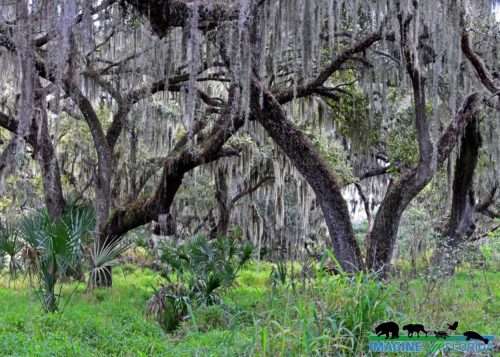
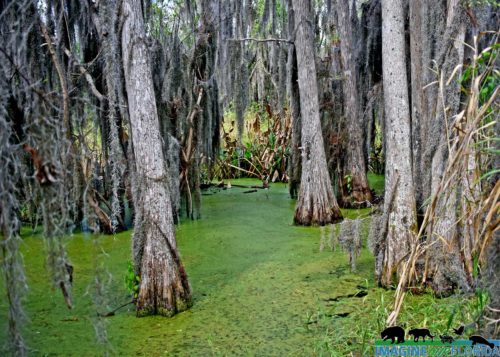
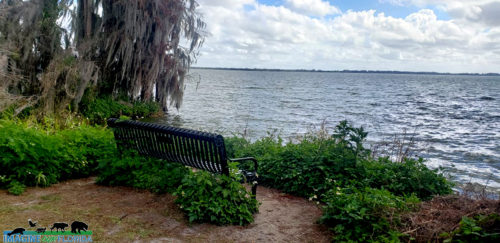
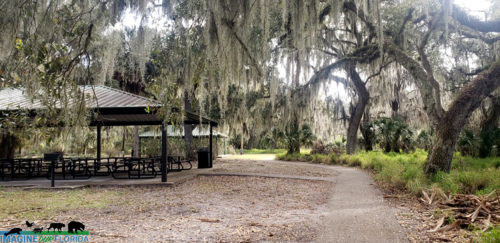
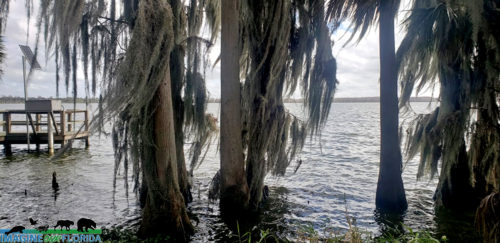
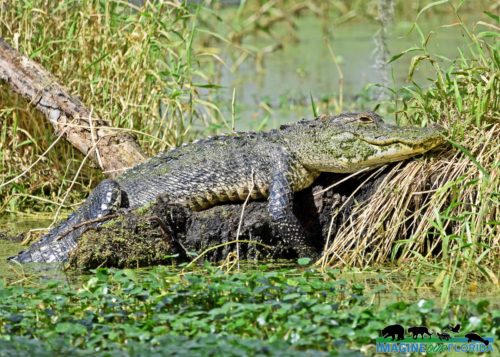
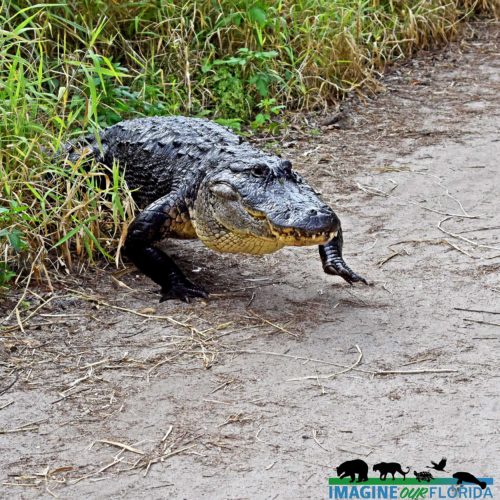
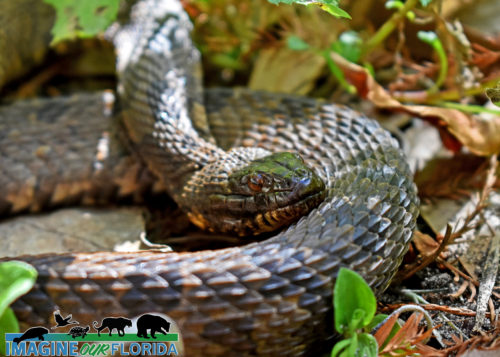
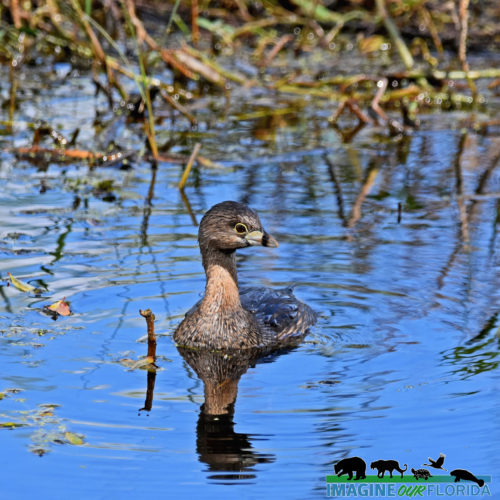
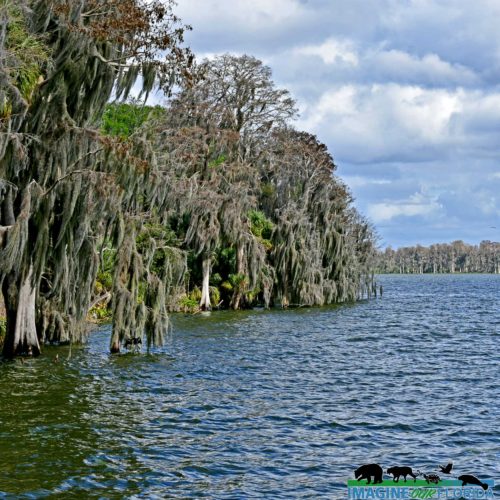
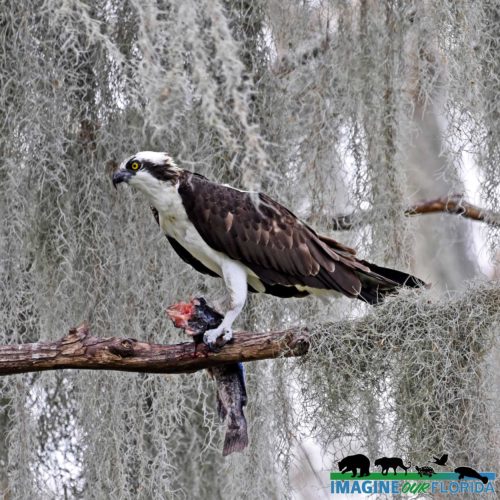
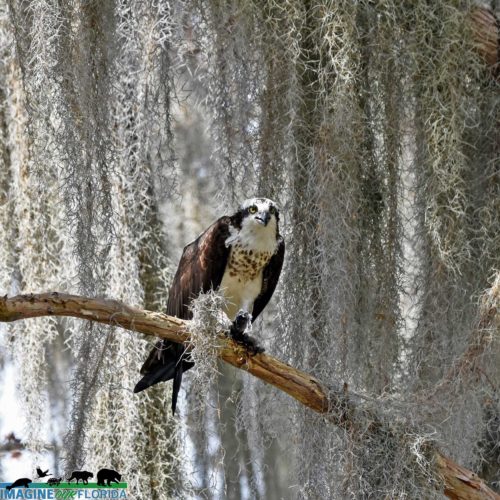
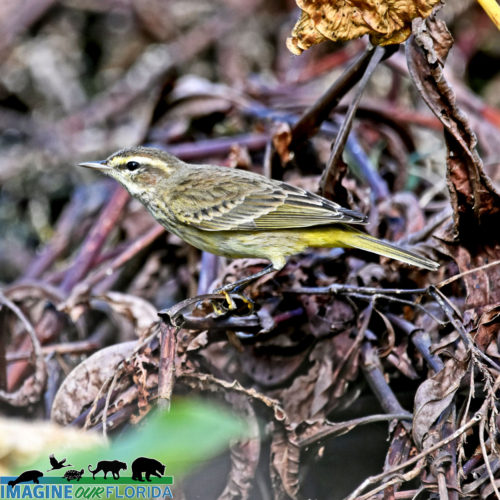
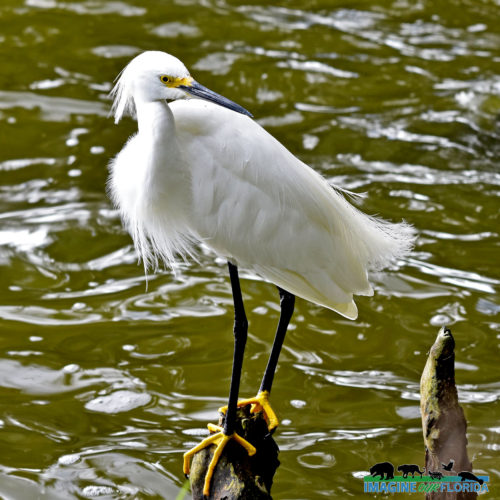
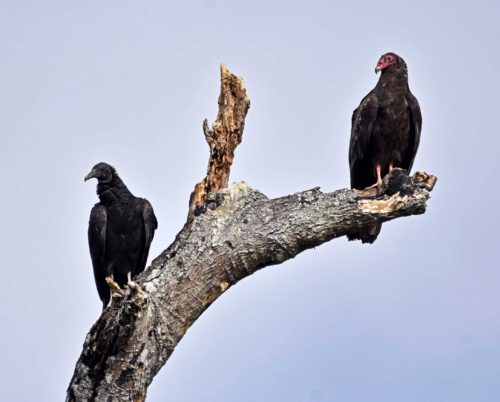
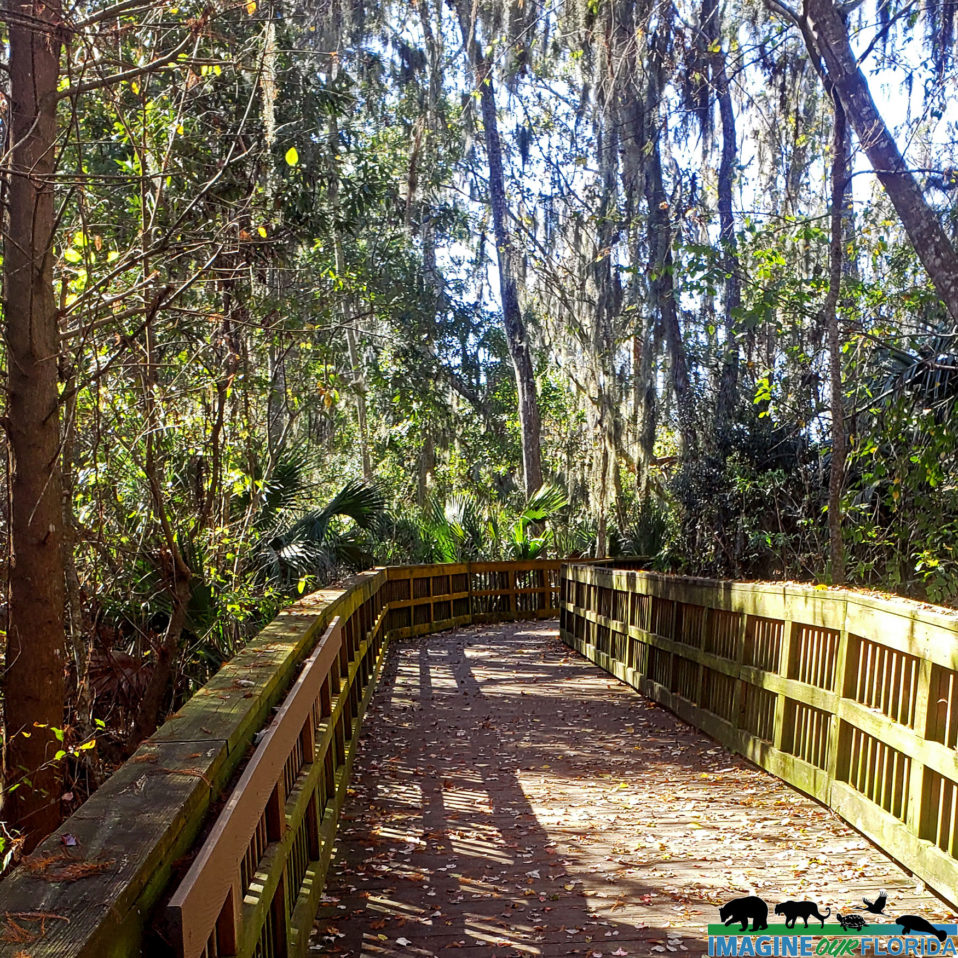
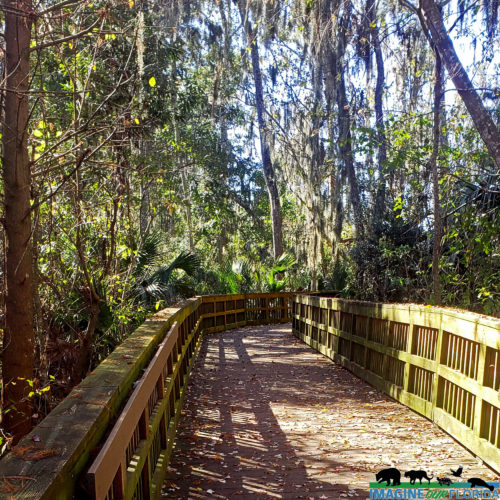
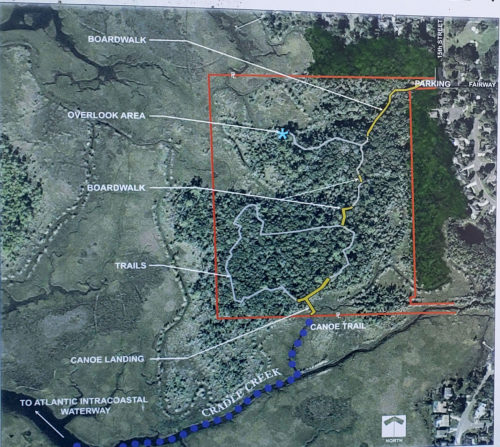
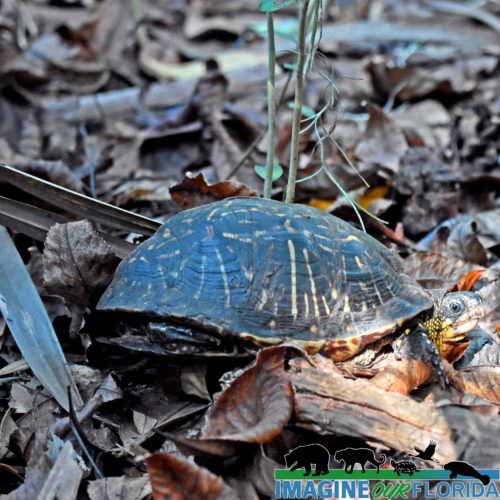
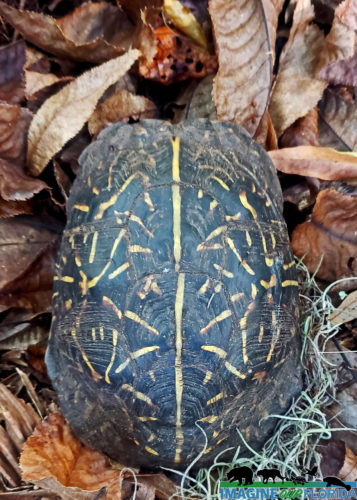
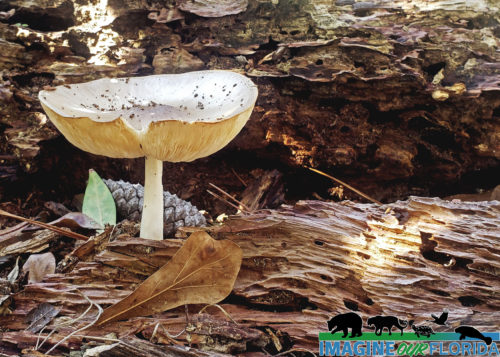
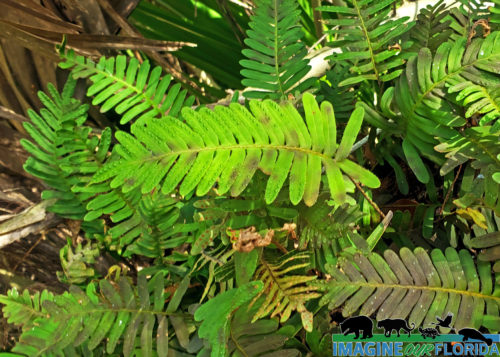
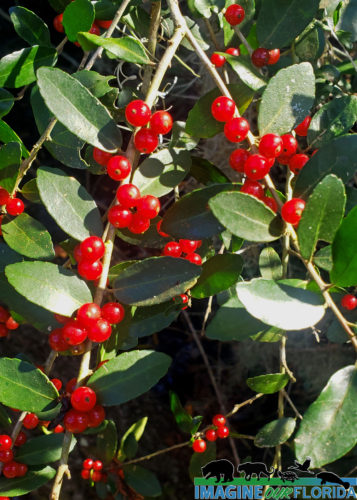
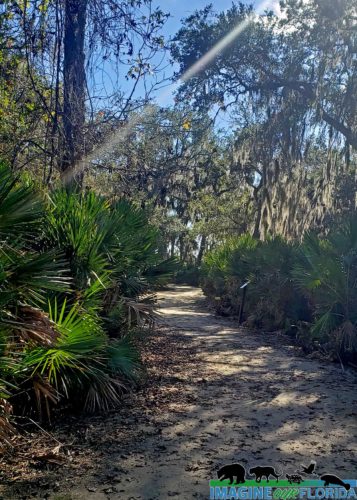
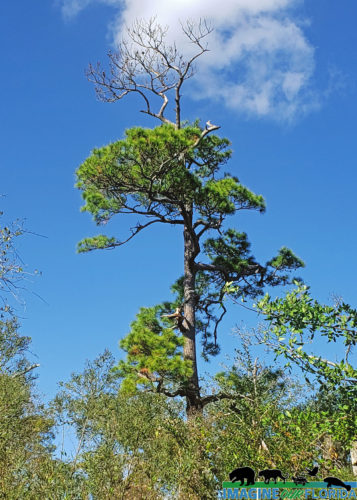
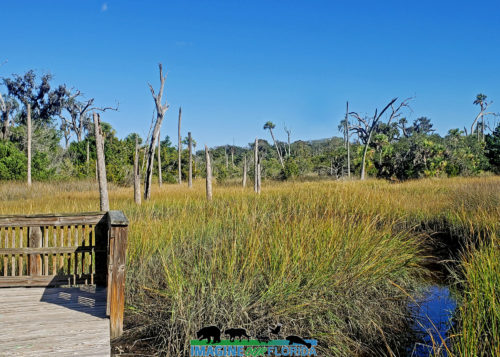
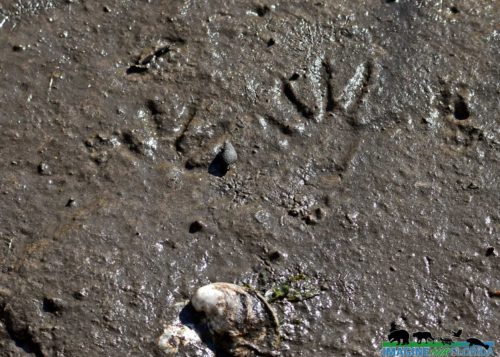
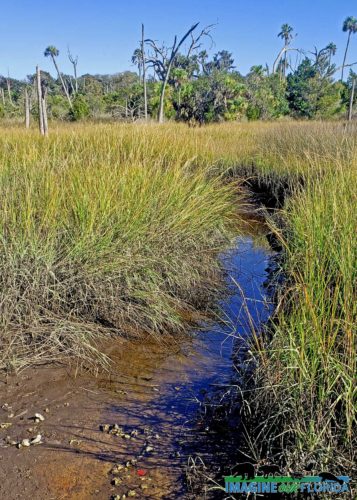
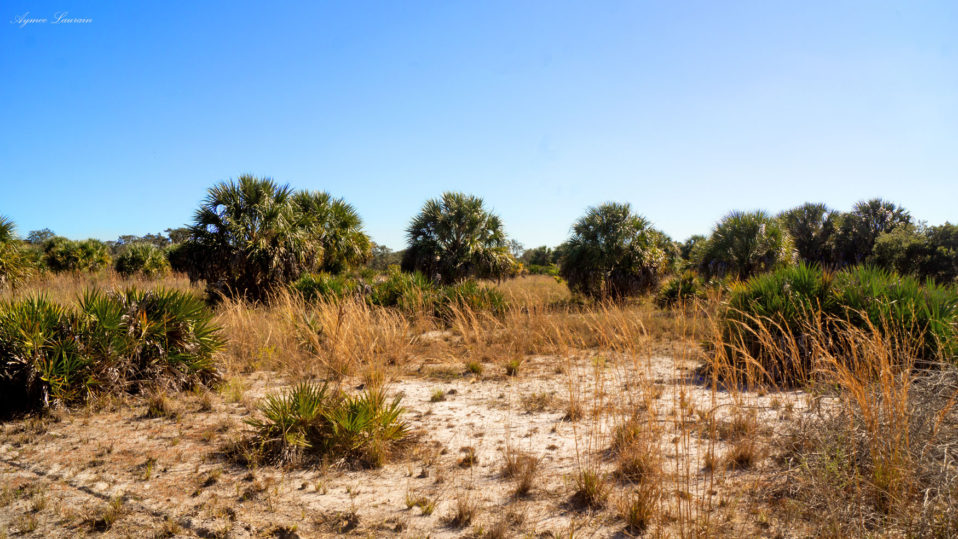
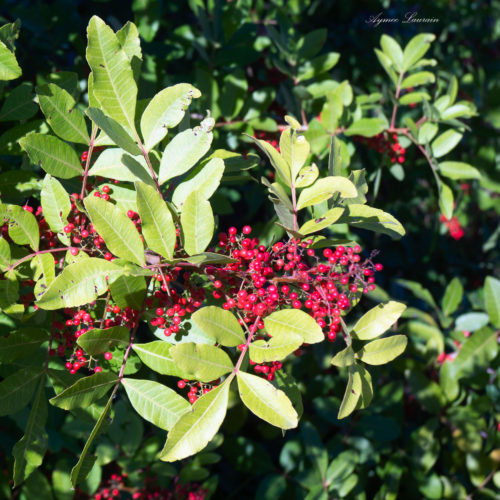
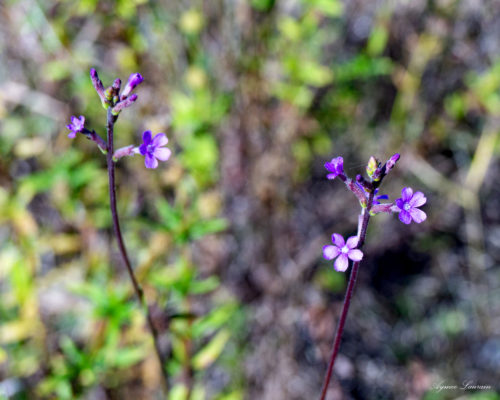
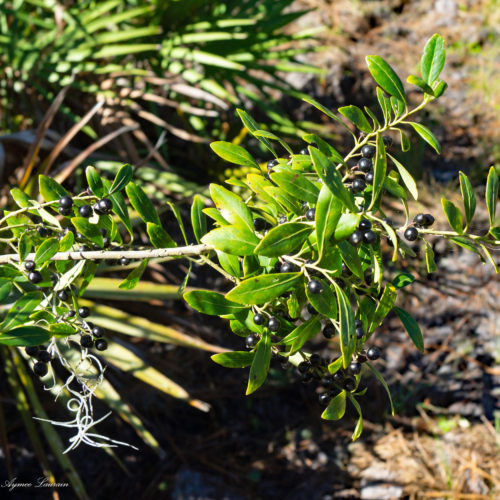
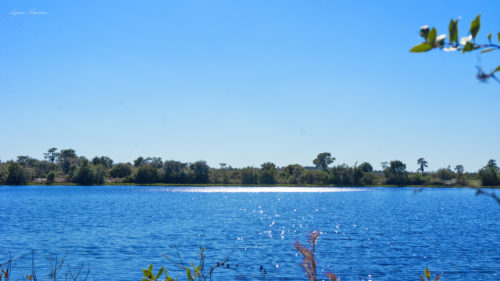
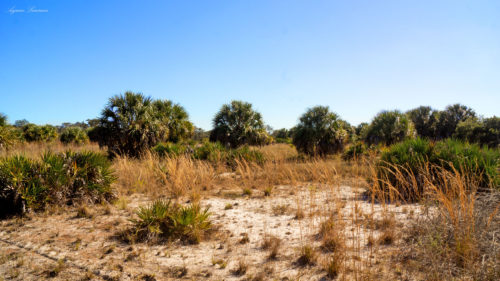
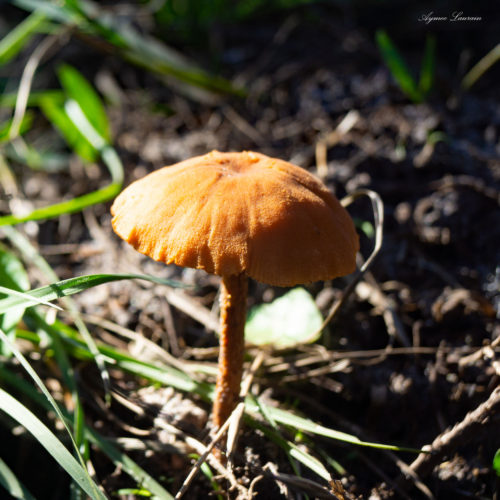
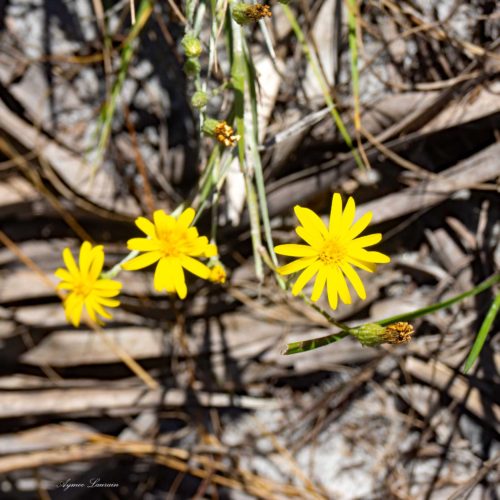
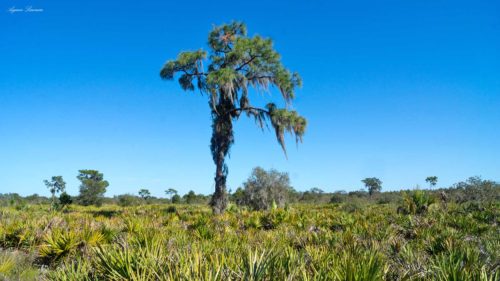
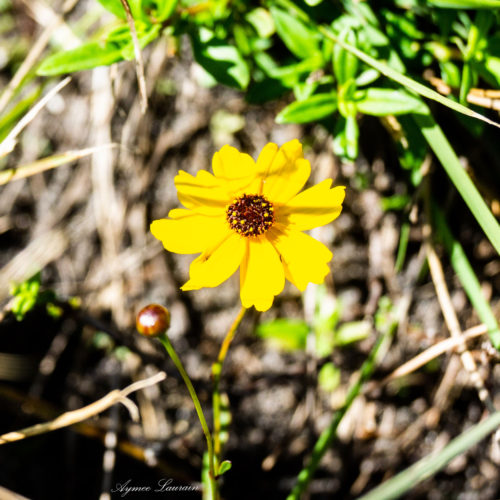
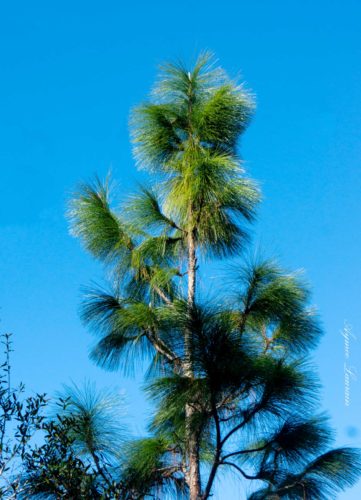
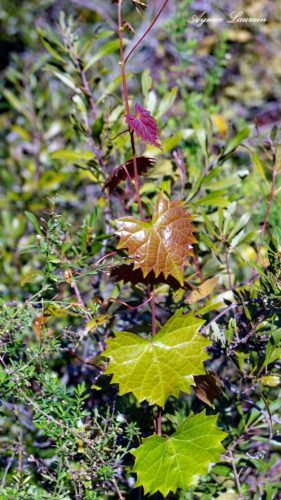
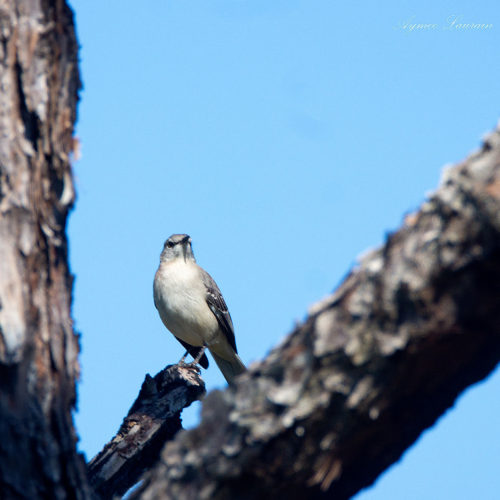
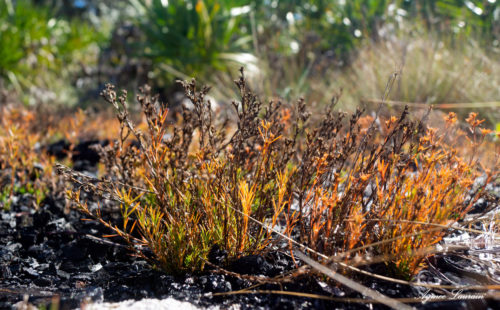
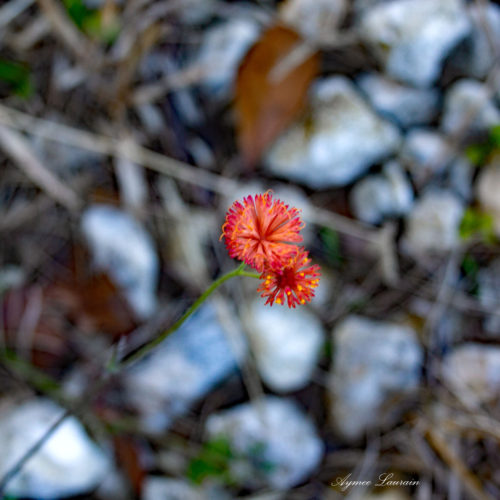
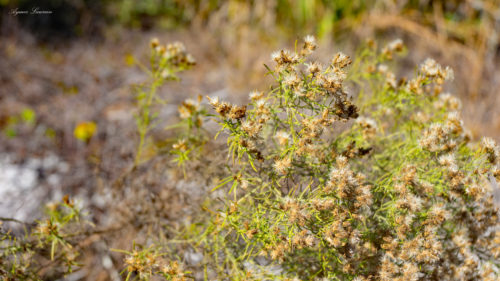
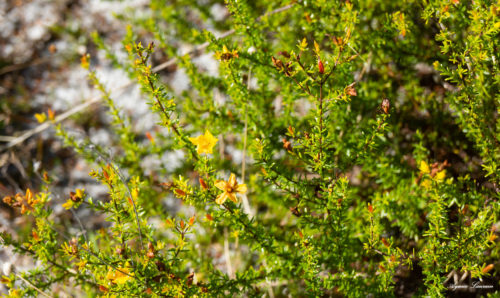
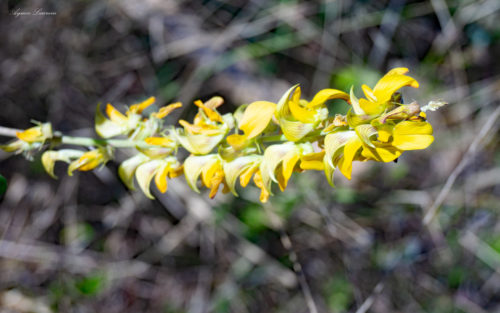
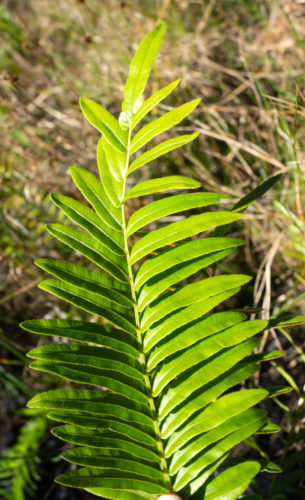
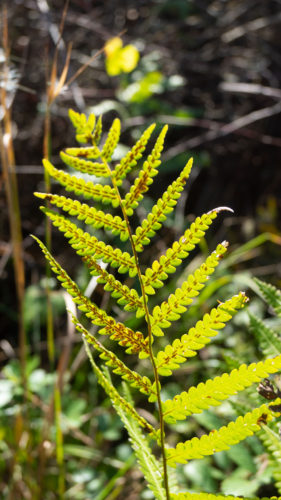
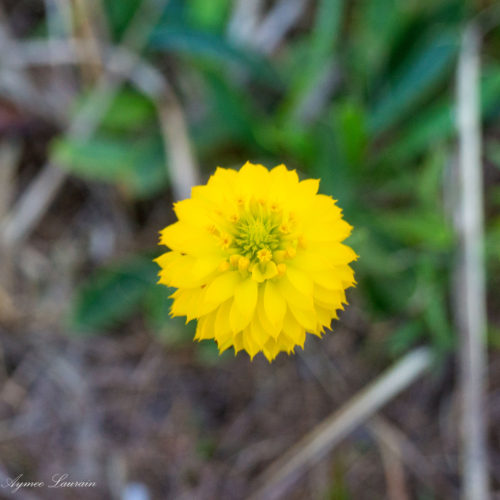
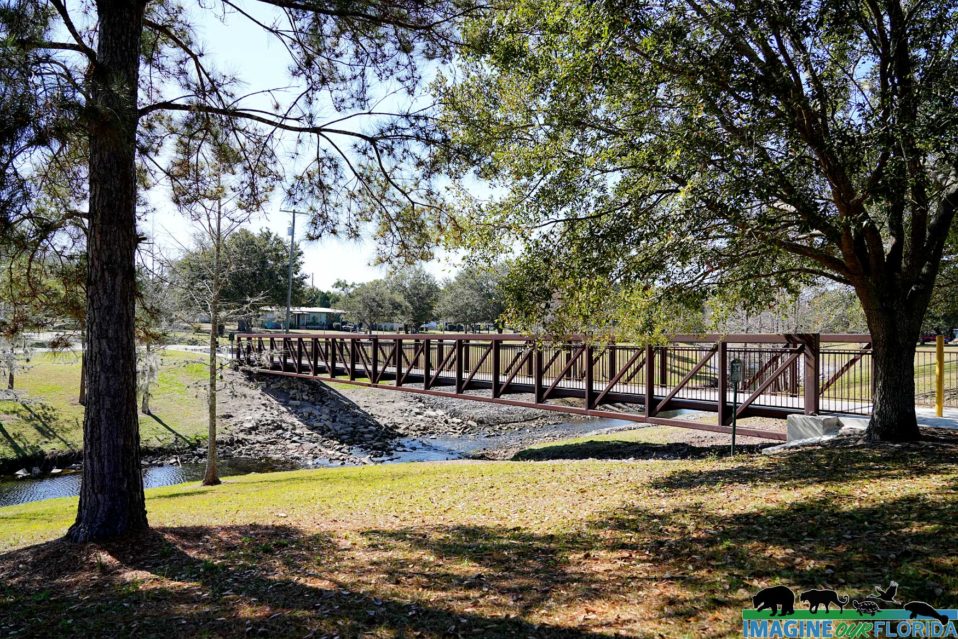
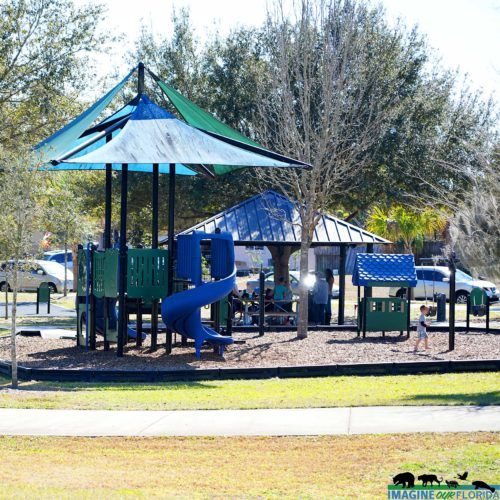
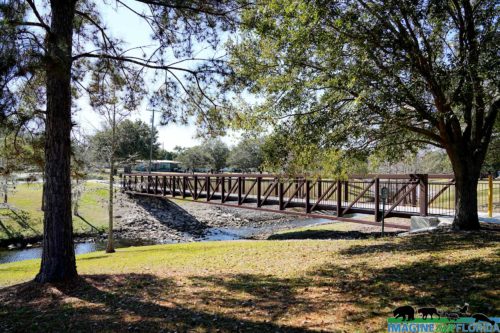
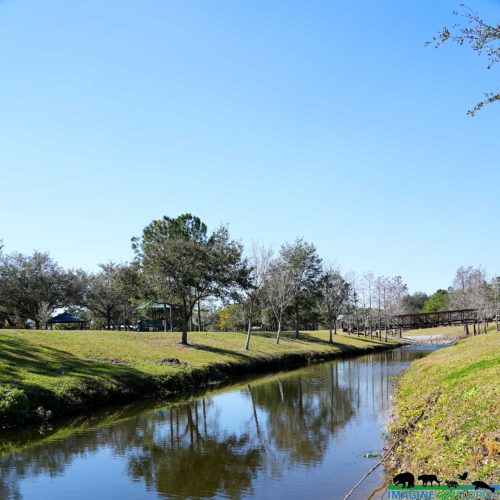
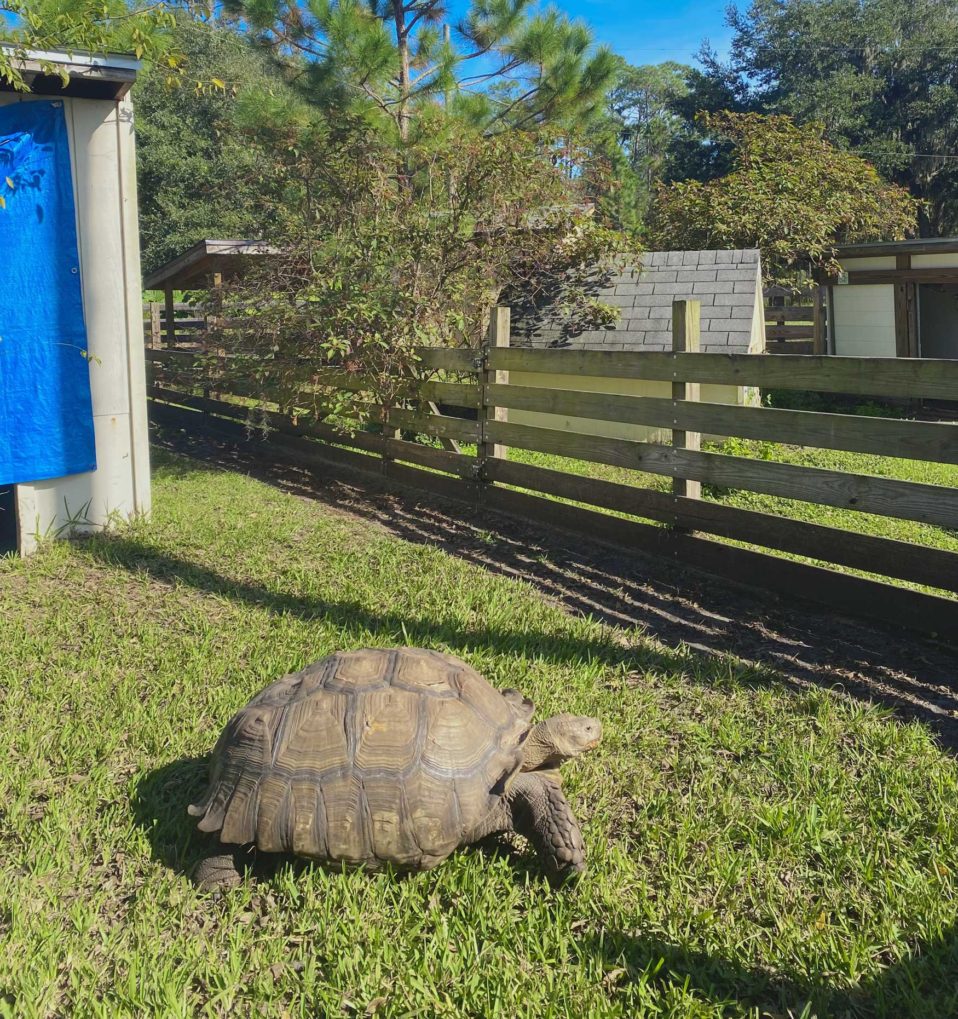
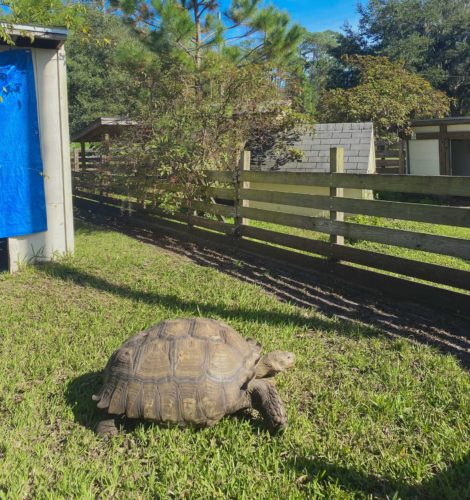
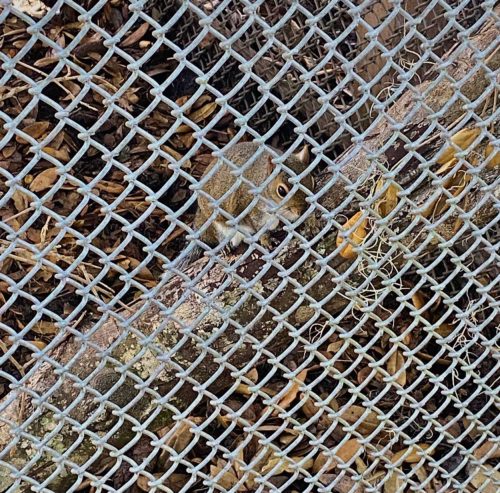
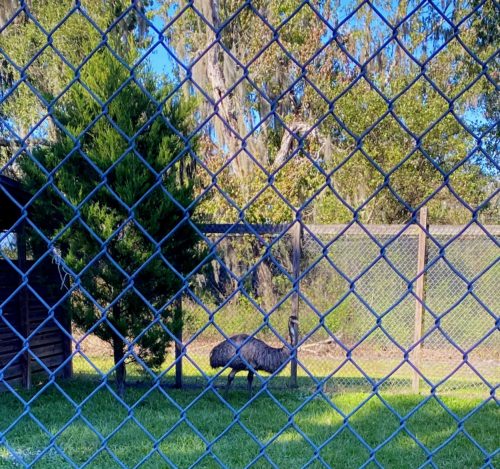
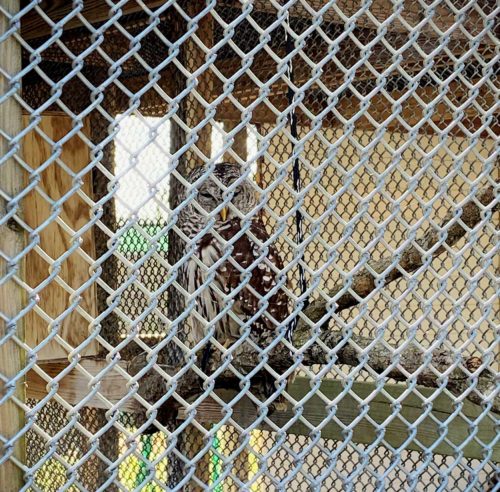
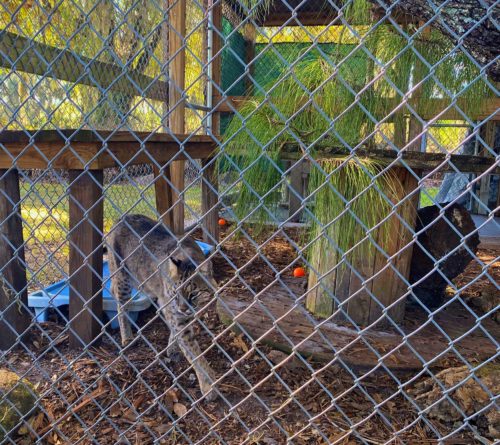
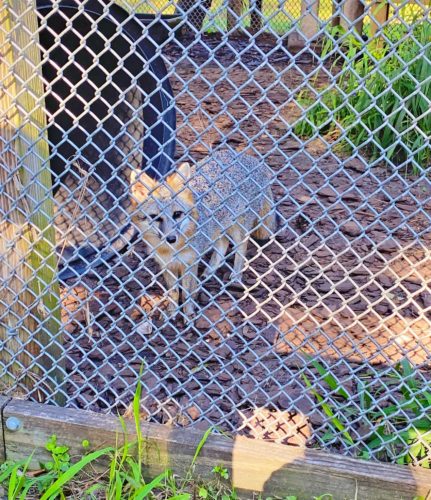
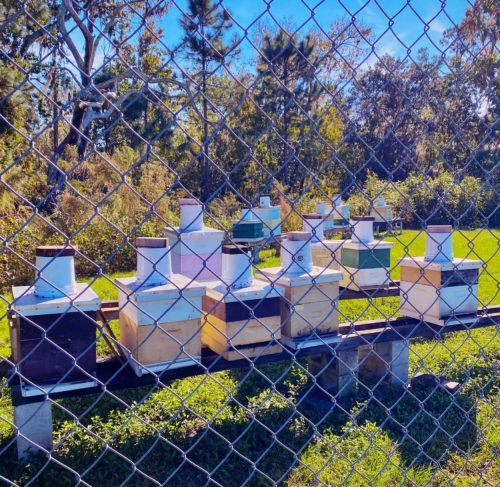
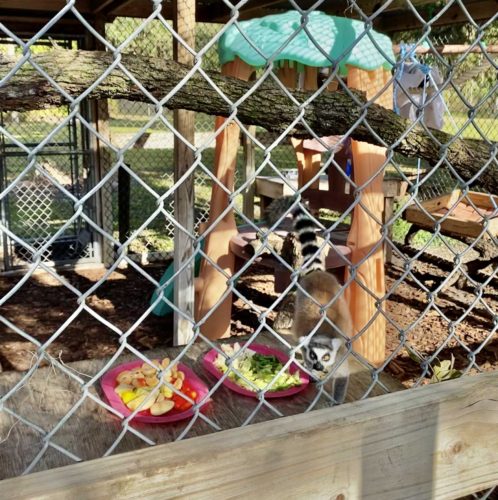
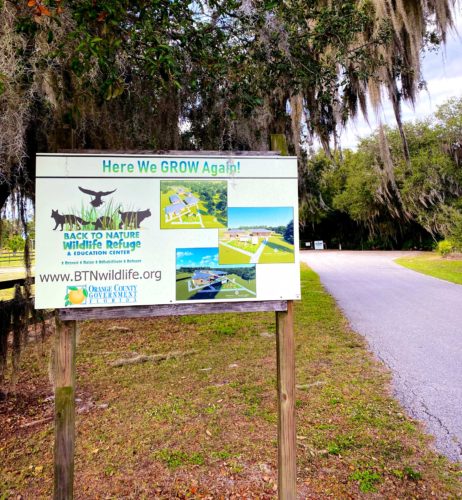
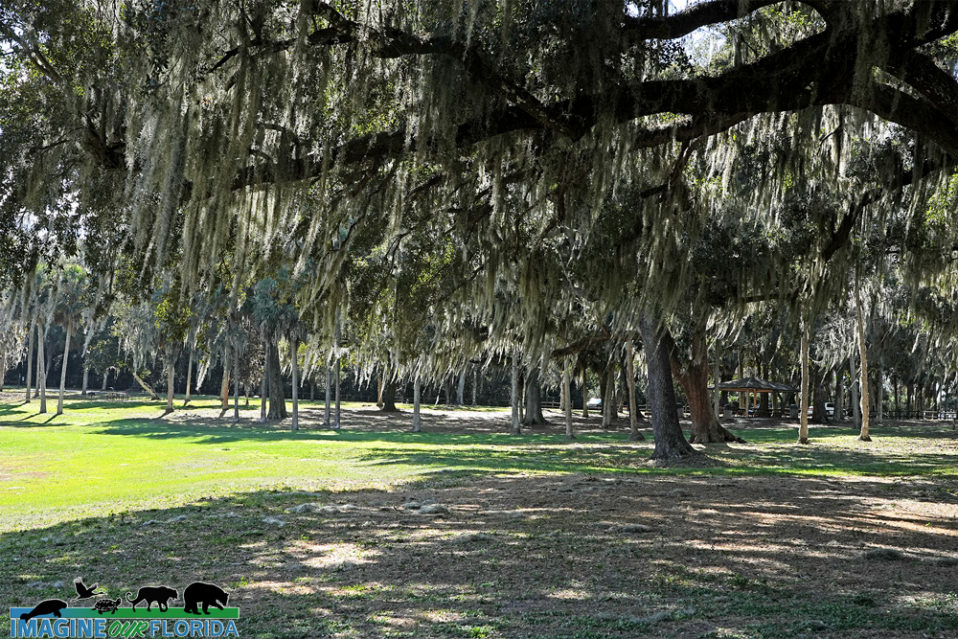
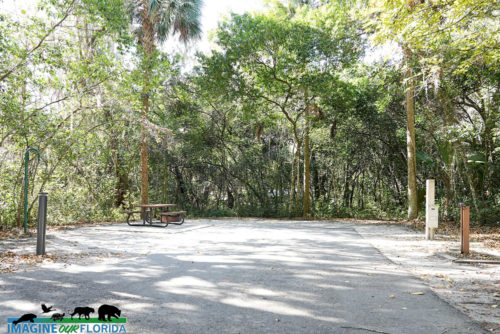
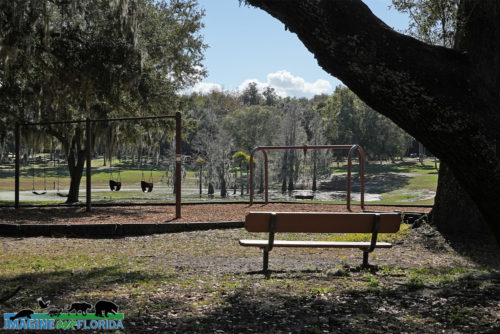
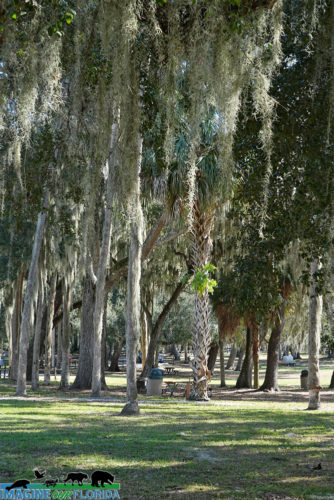
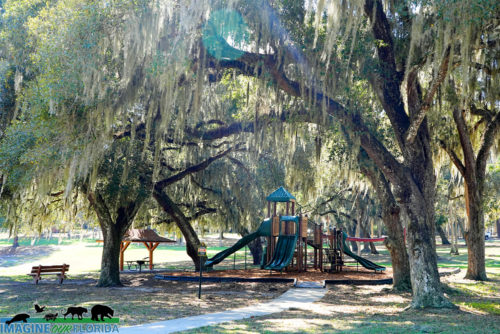
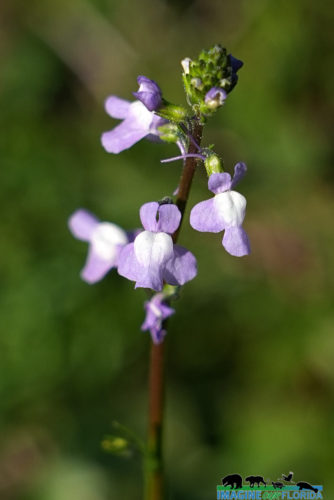
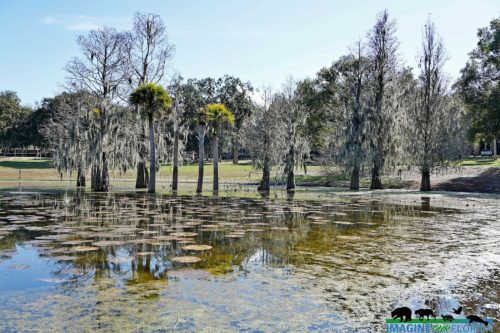
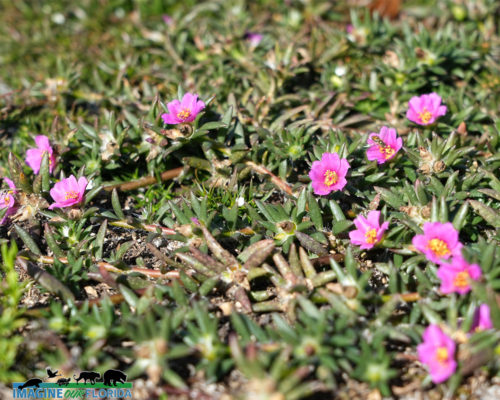 m
m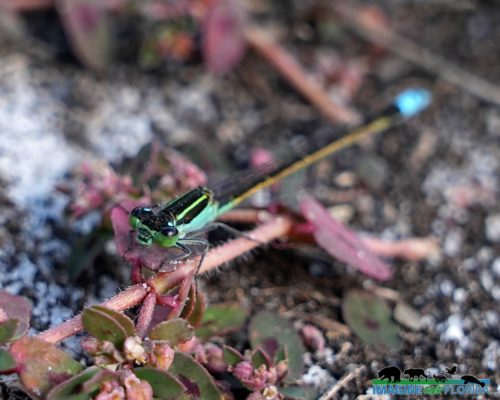
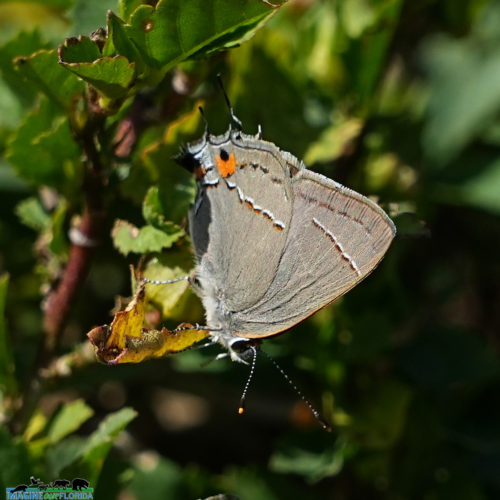
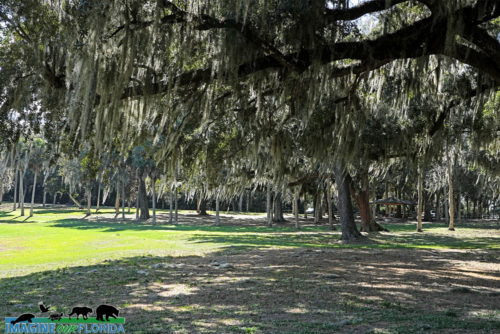 a
a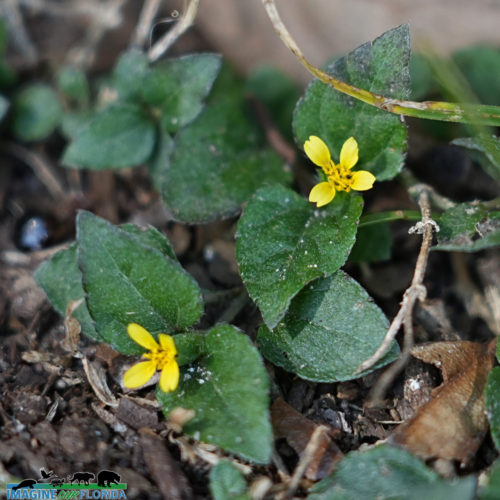
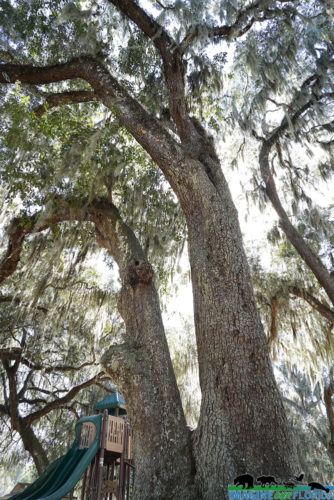
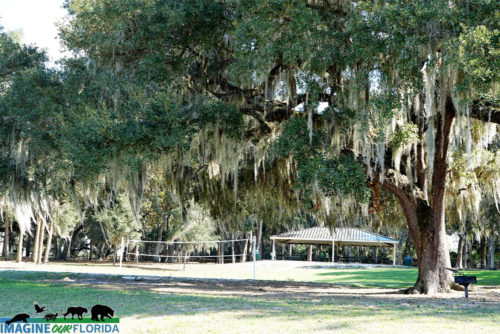
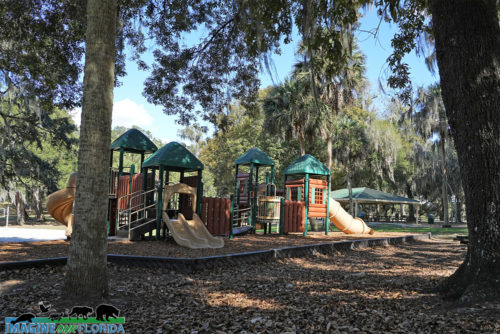
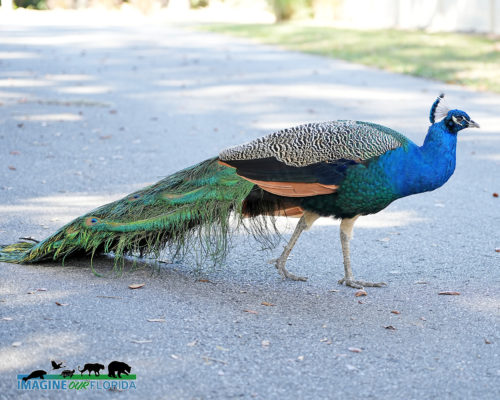
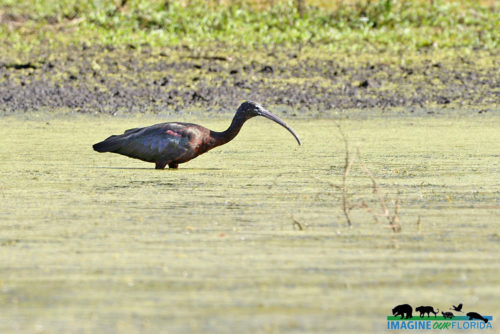
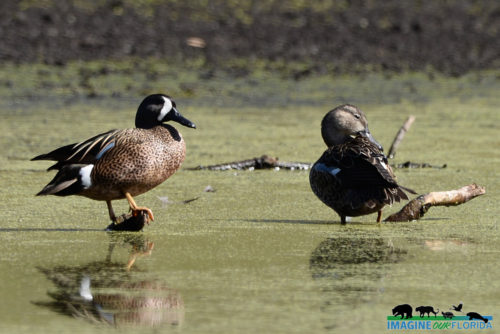
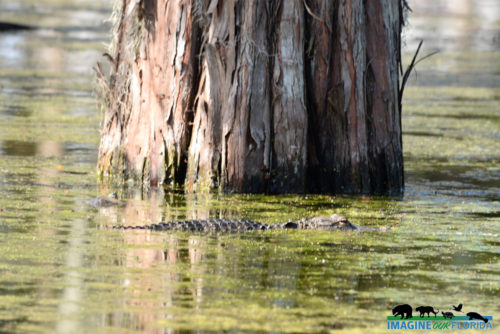
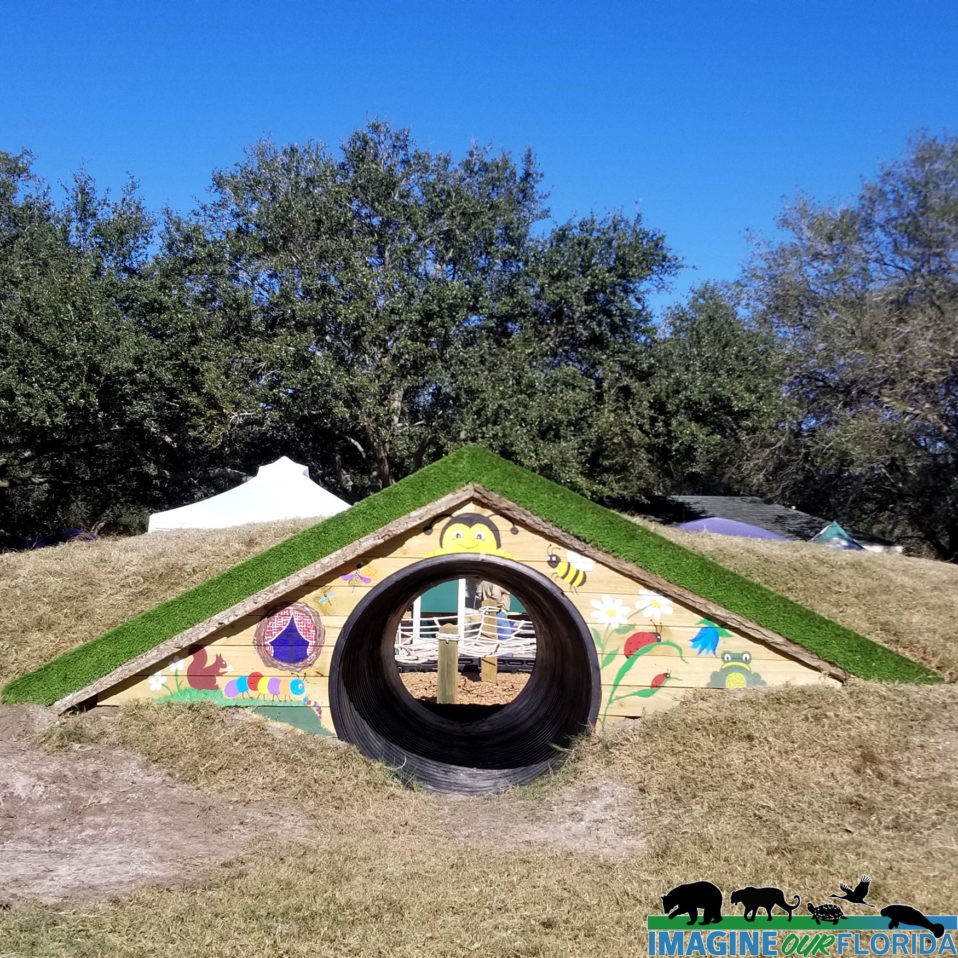
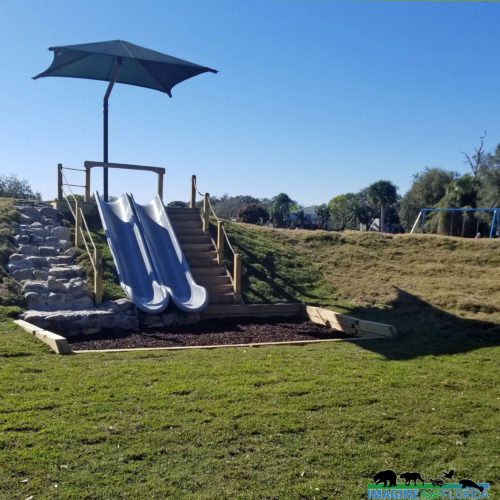
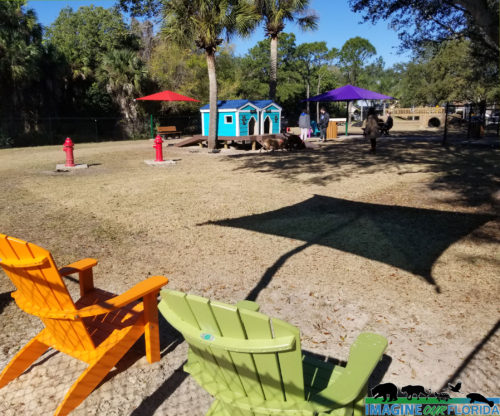
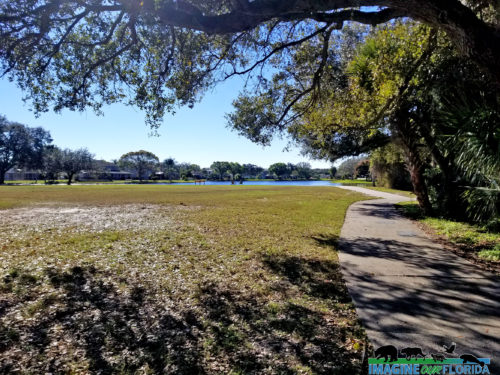
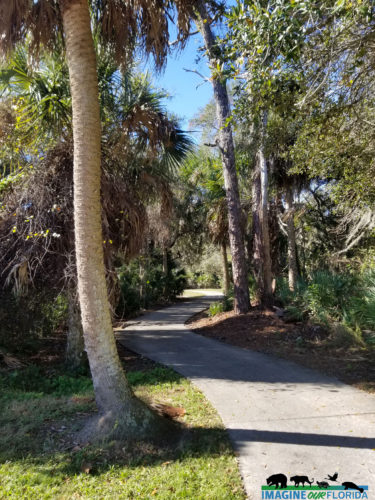
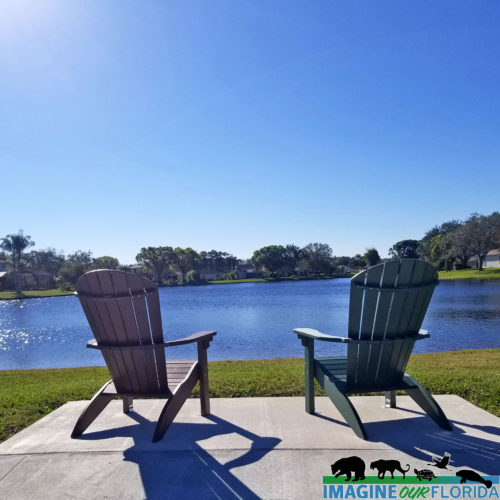
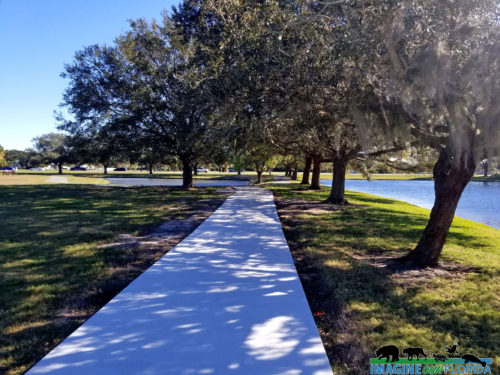 i
i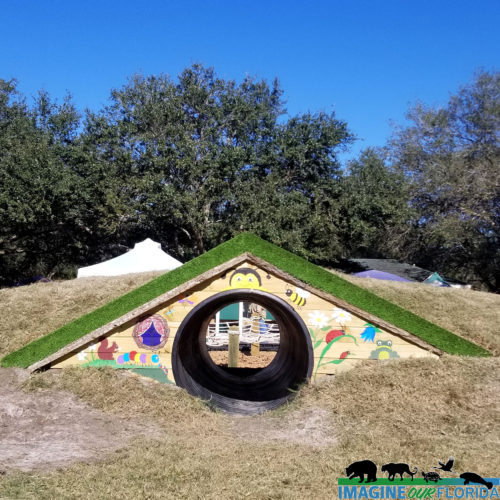
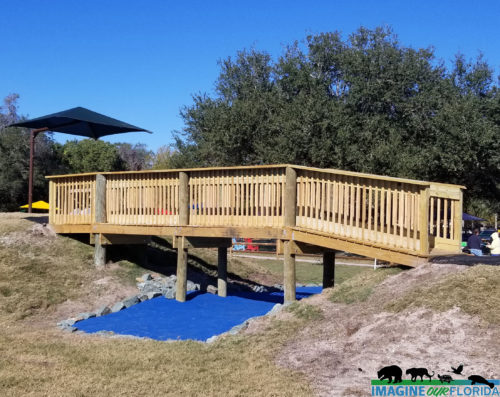
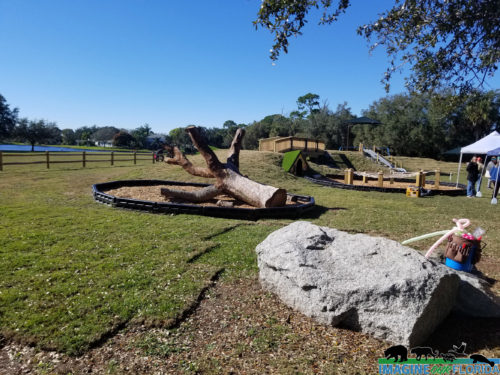
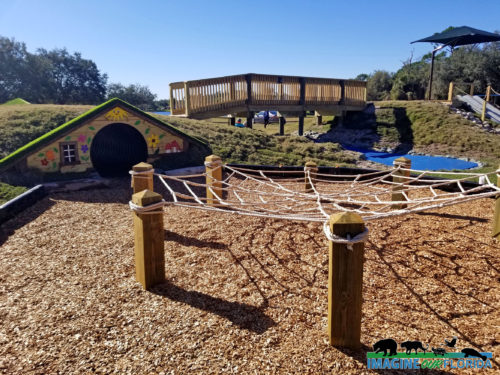
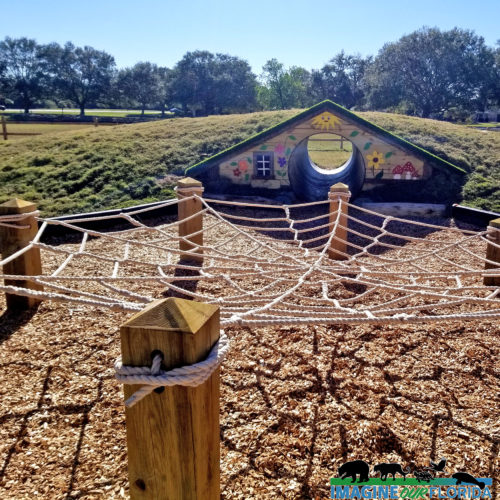
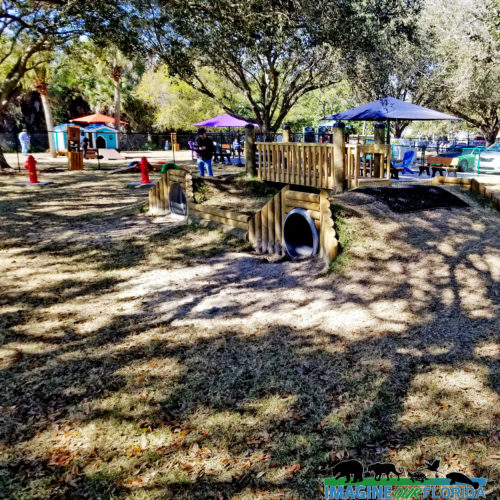 iera
iera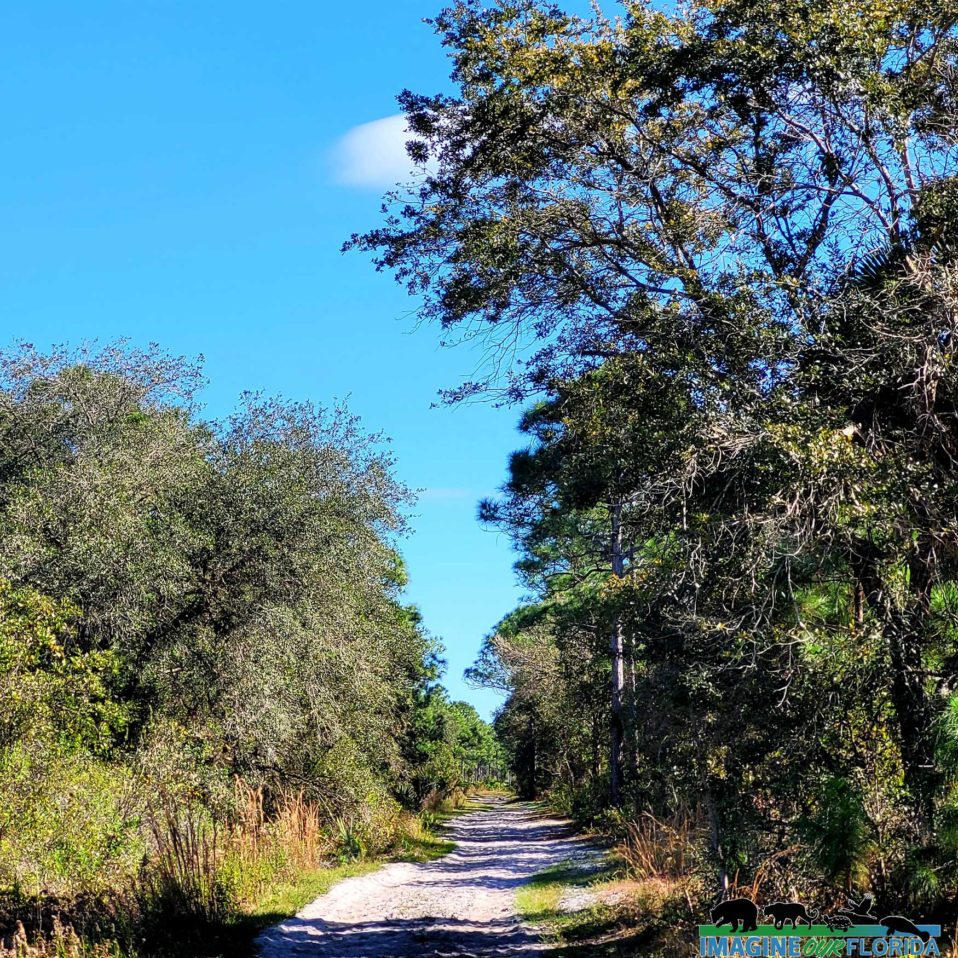
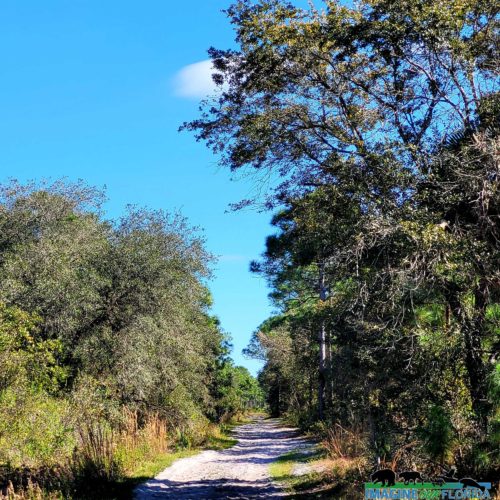
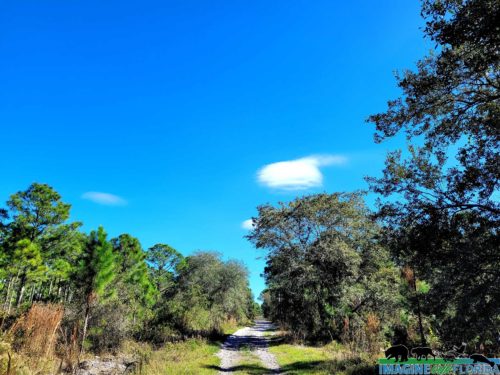
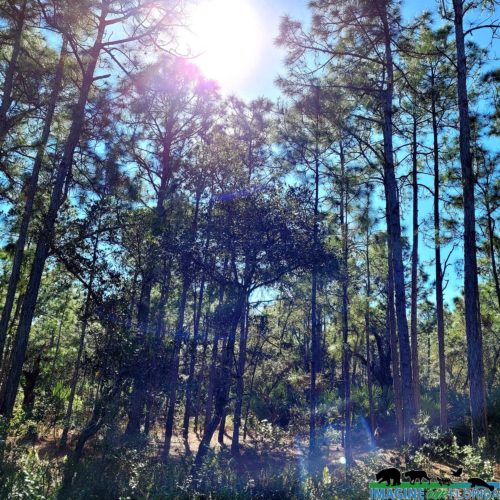
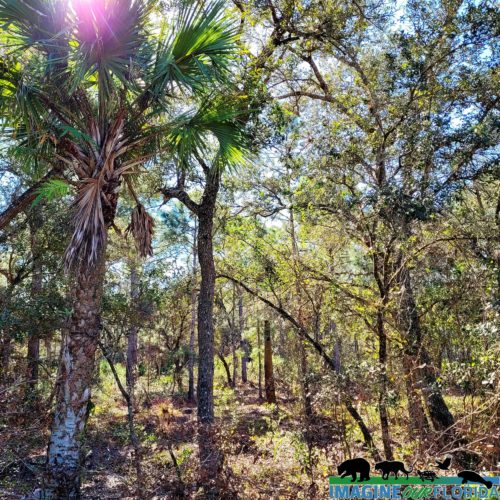
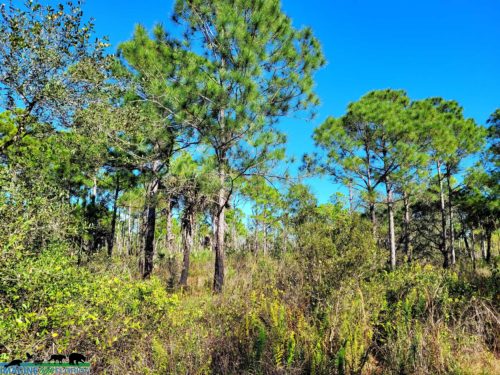
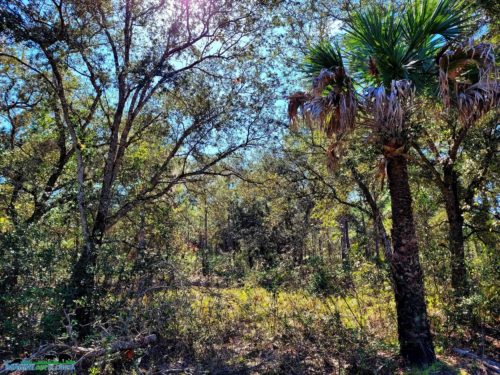
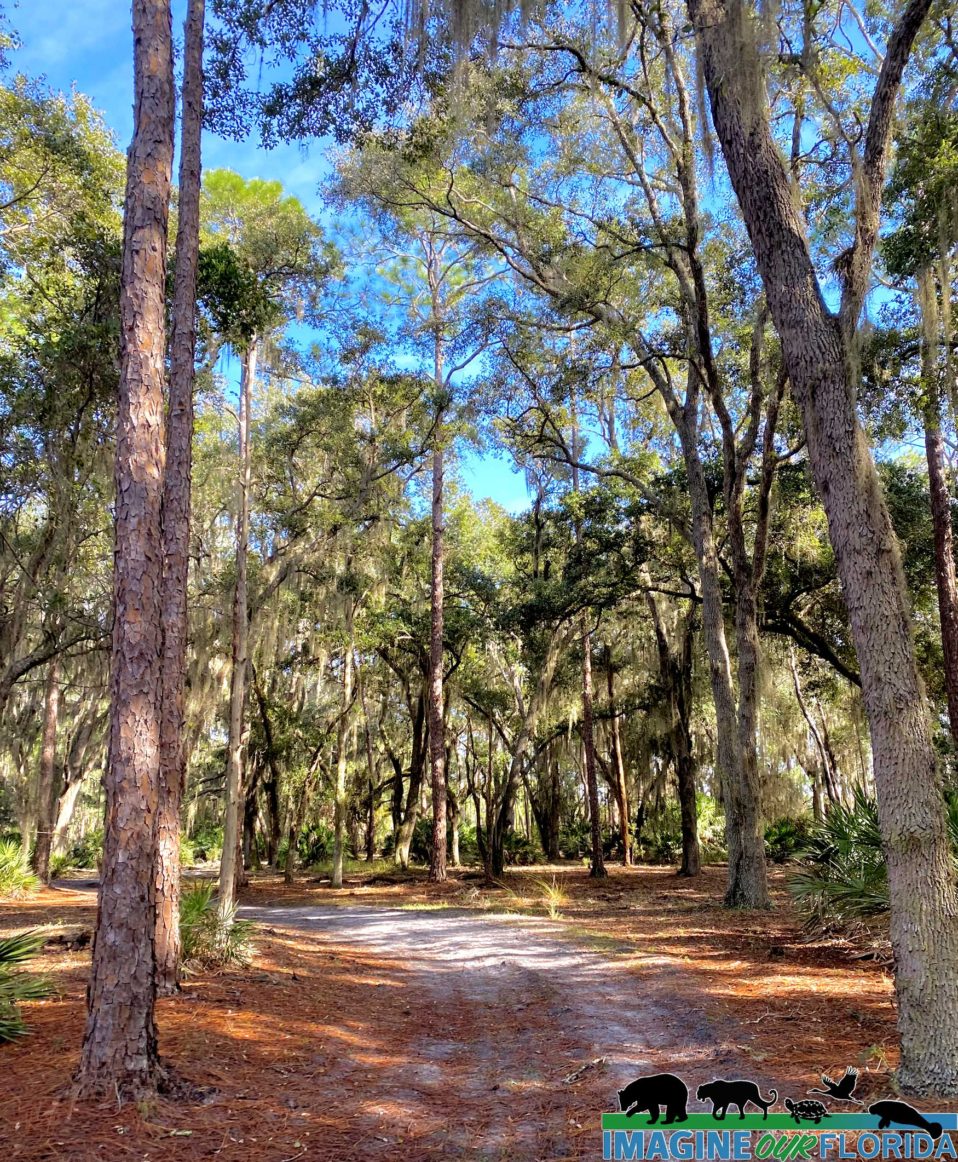
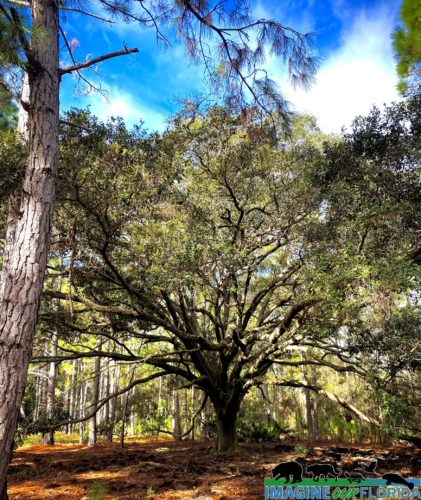
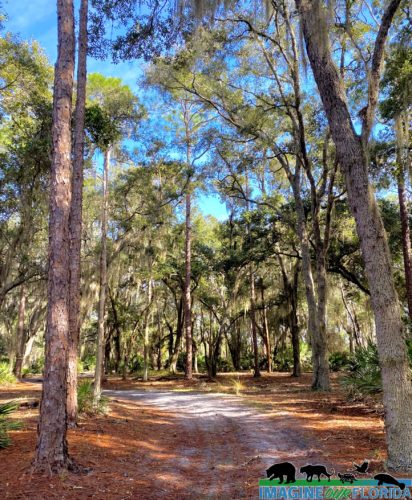
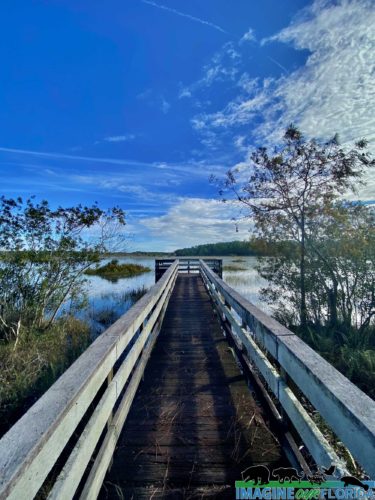
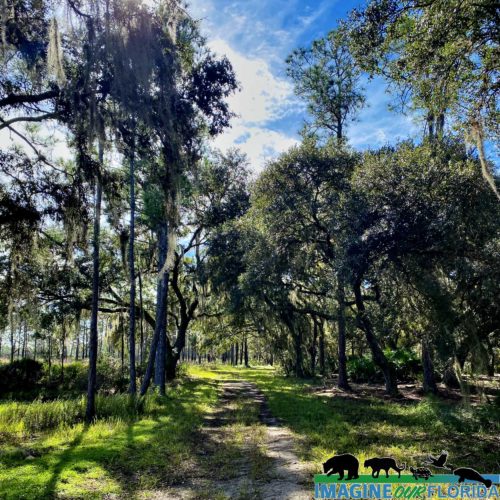
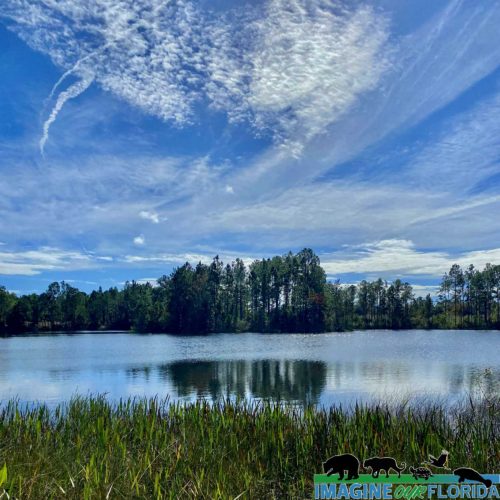
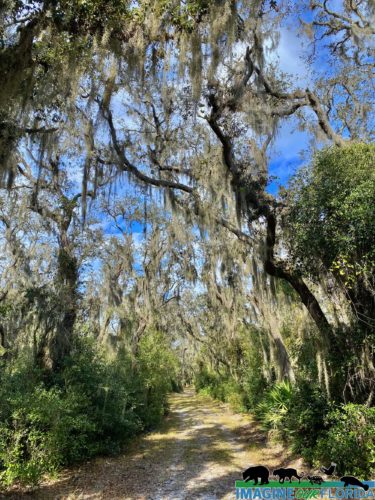
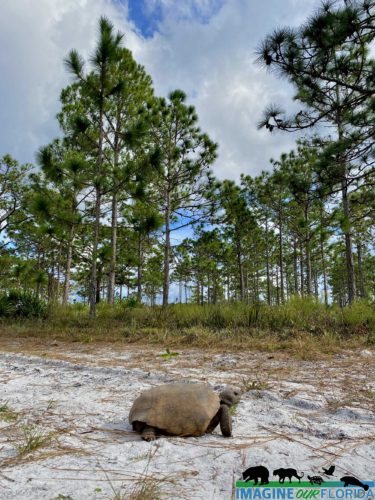
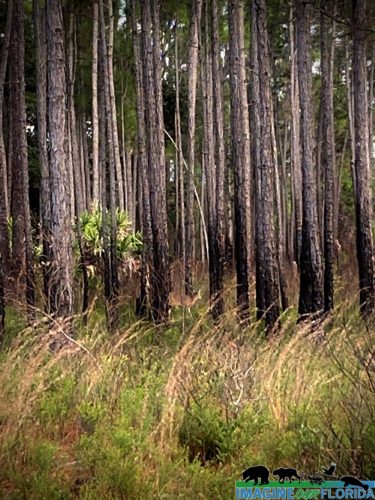 iof, imagineourflorida,
iof, imagineourflorida,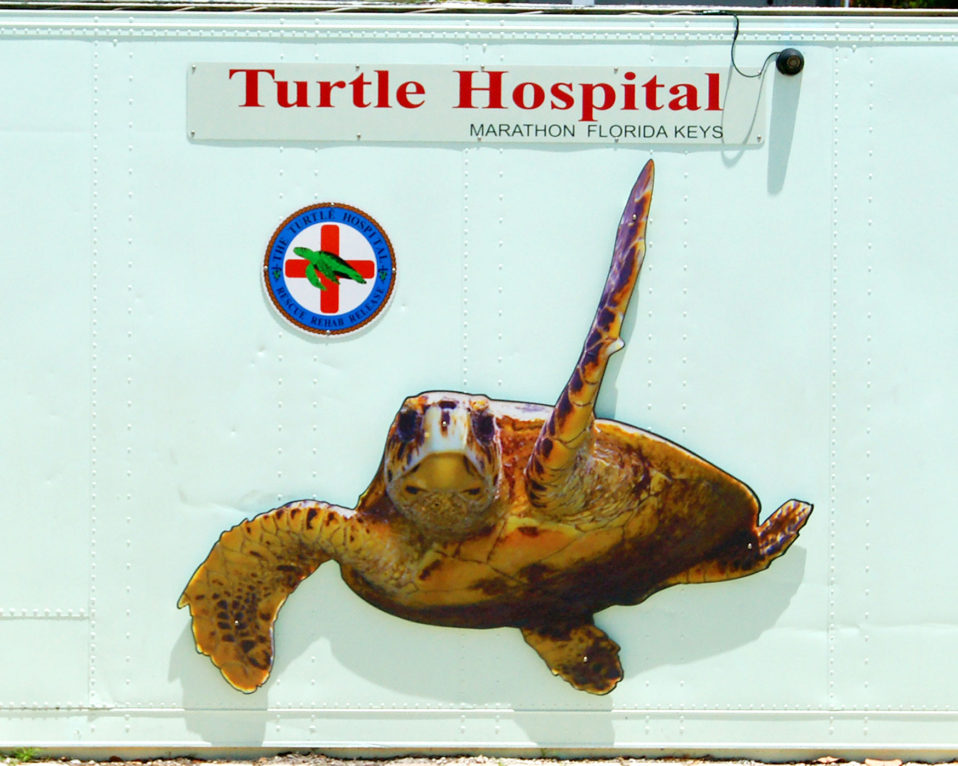

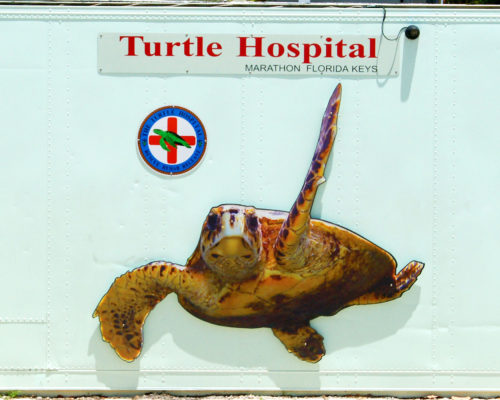
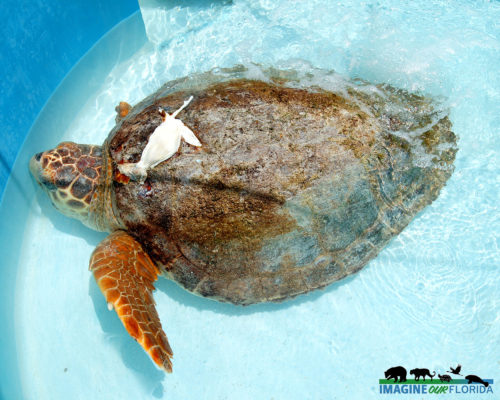
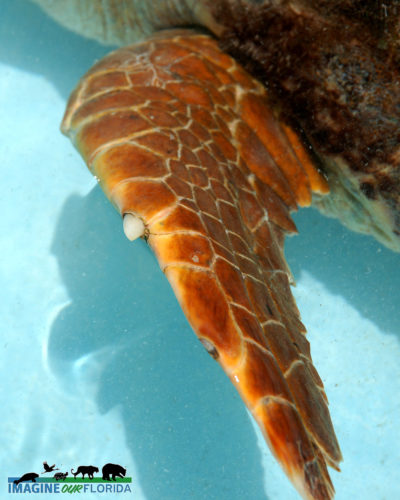
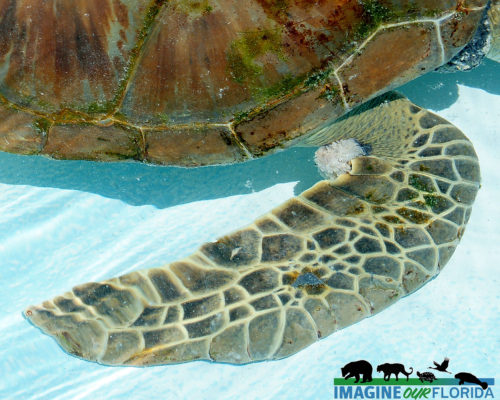
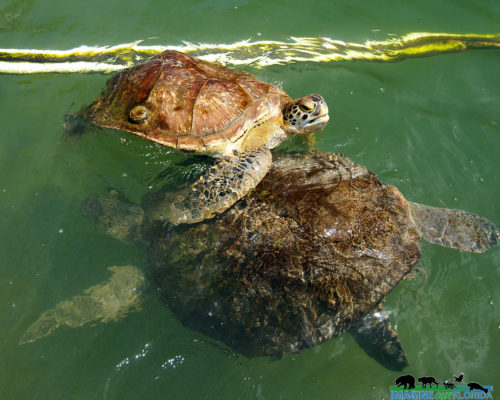
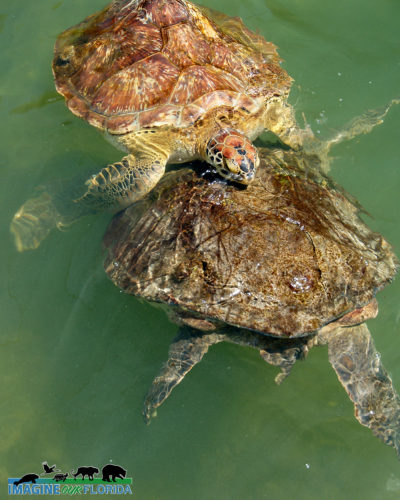
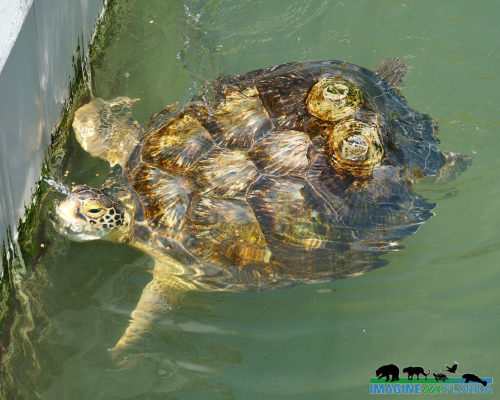
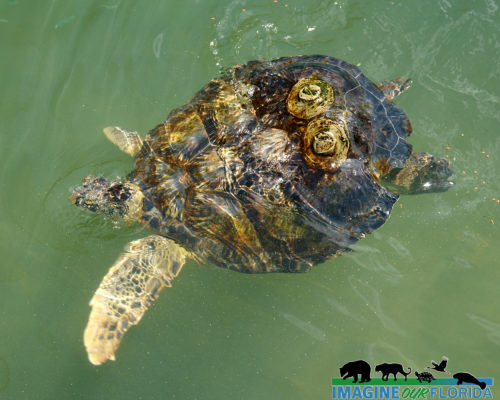
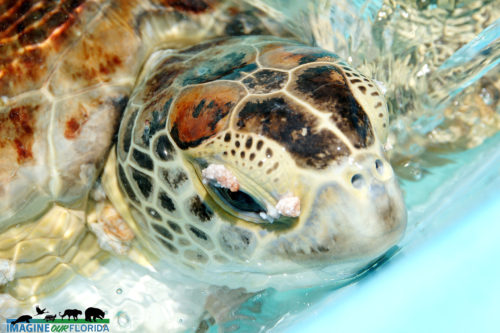
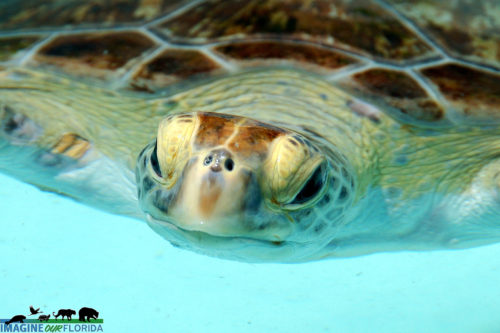
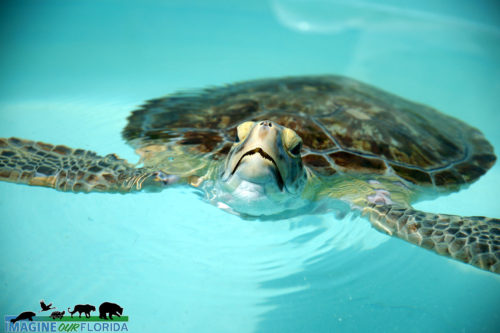 tle
tle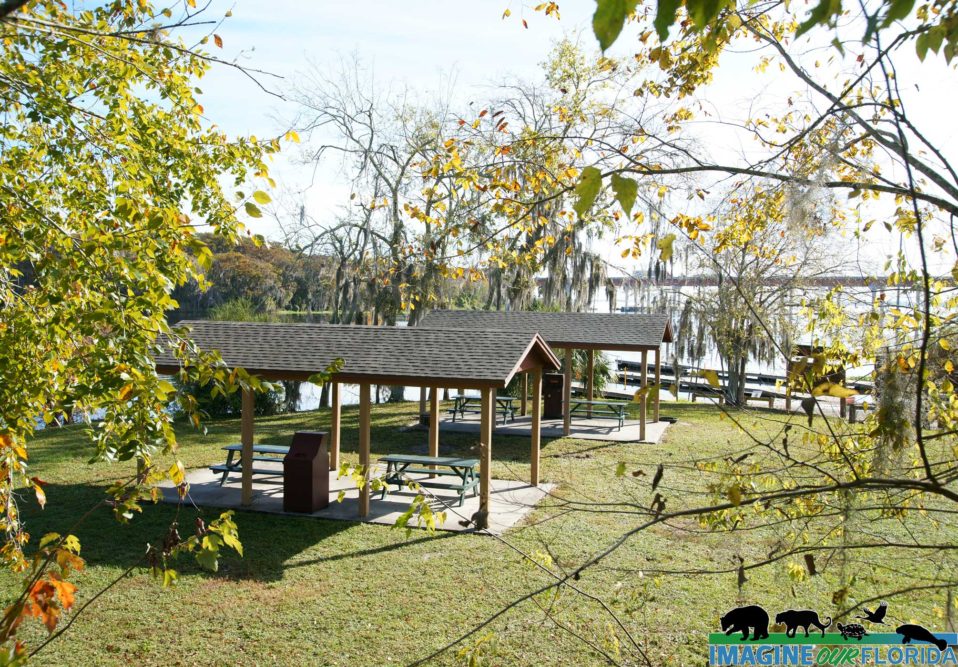
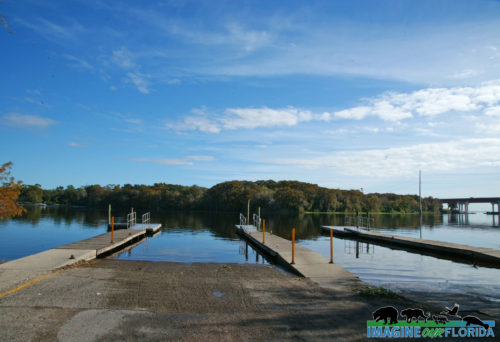
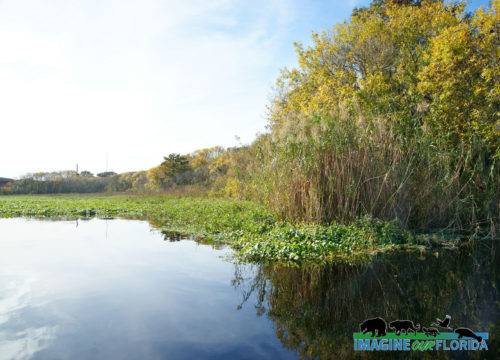
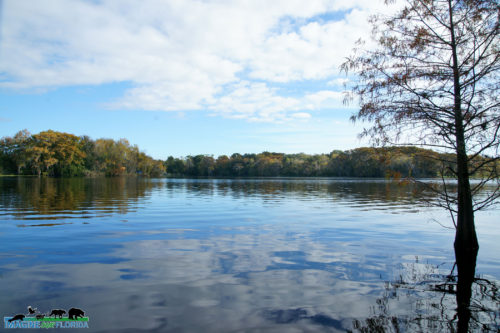
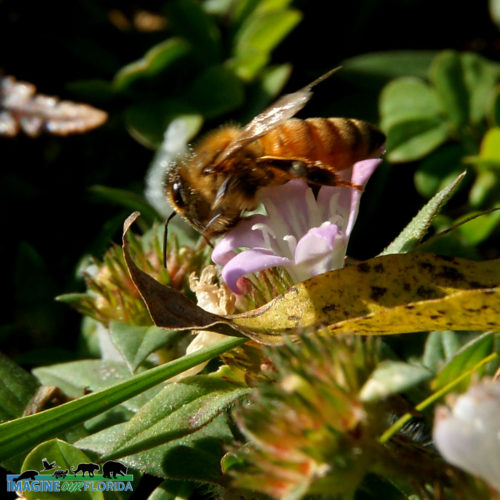
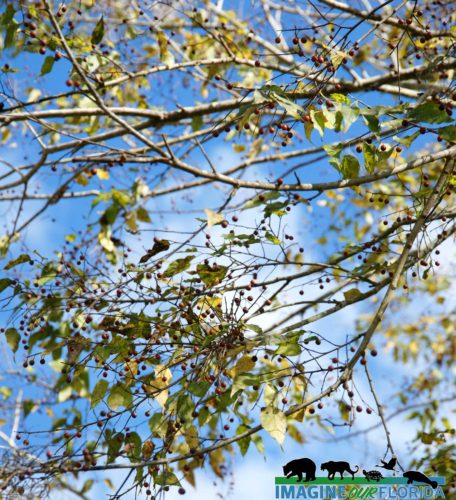
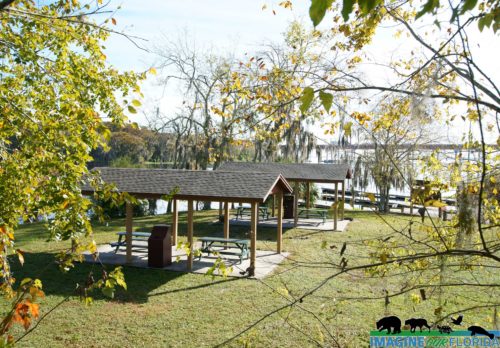
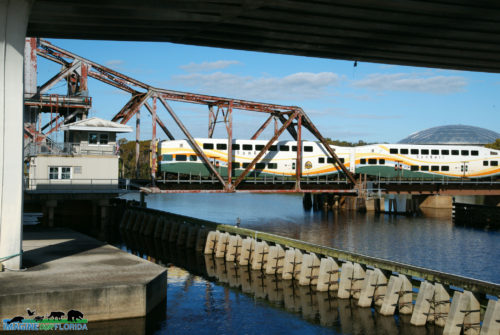
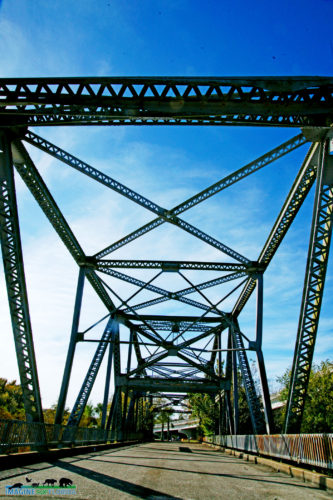
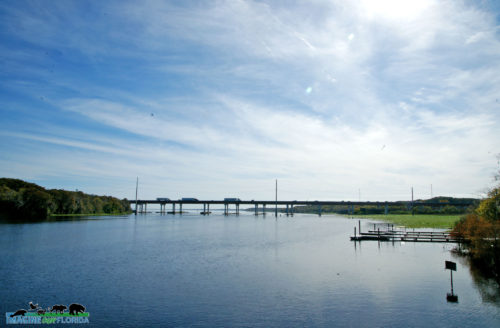
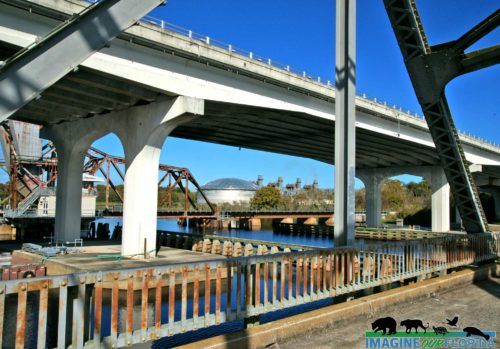
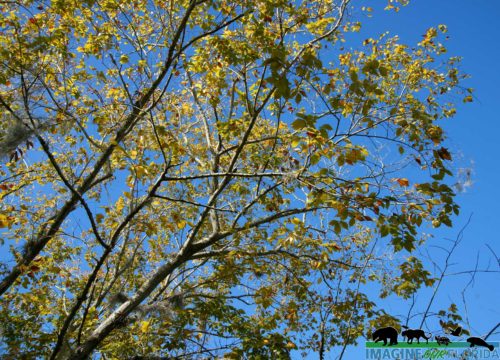
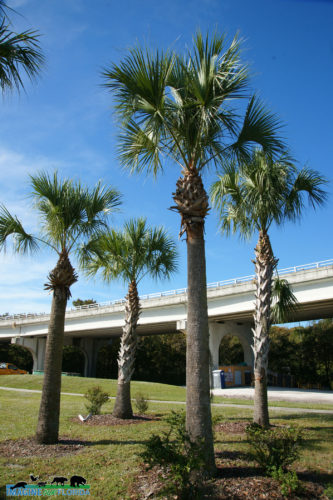
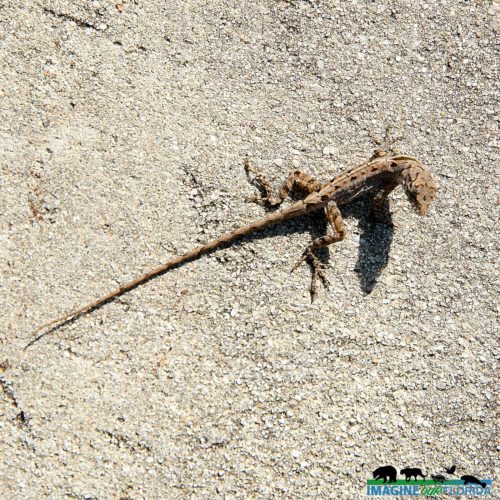
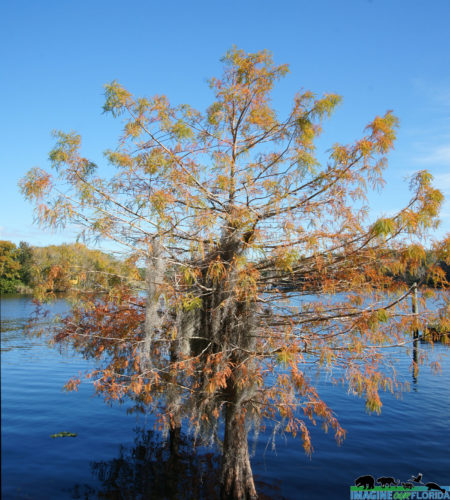
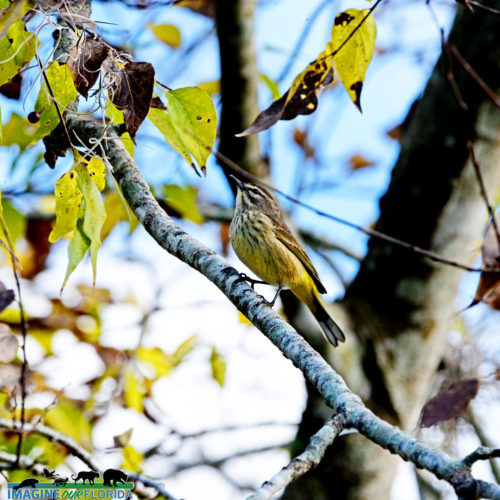
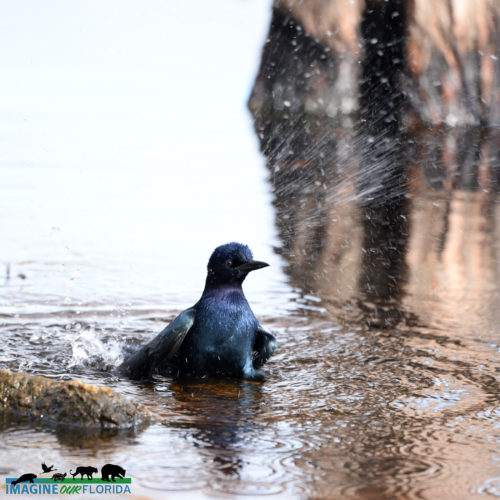
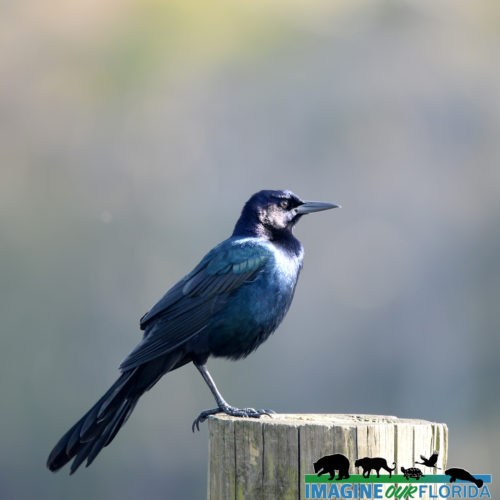
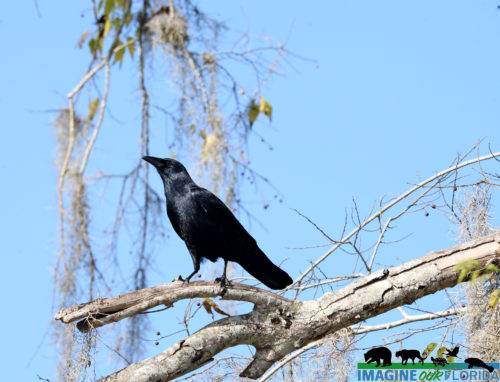
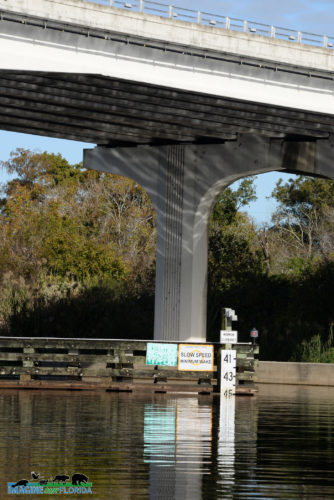
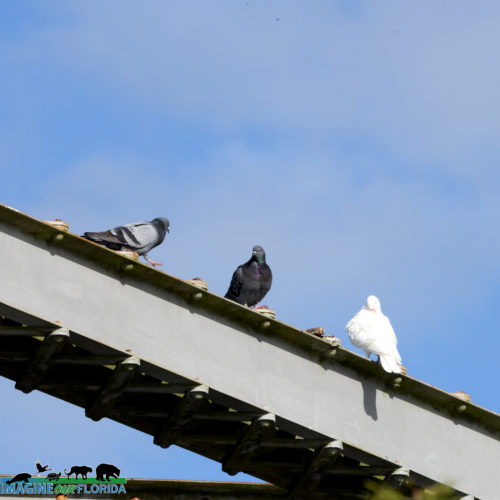
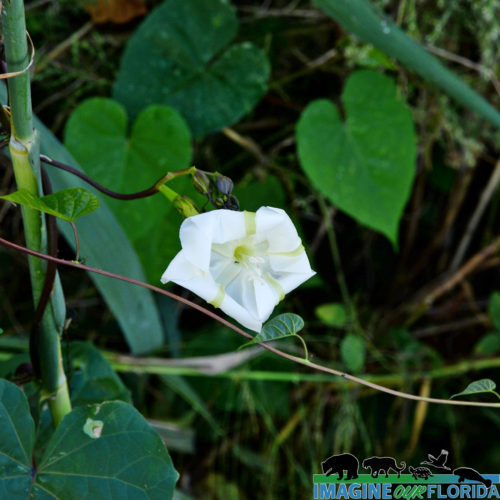
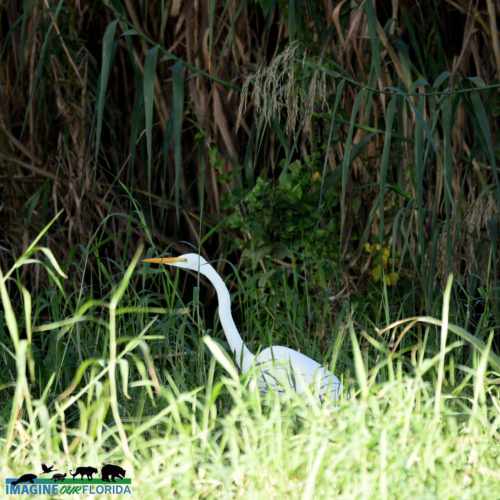
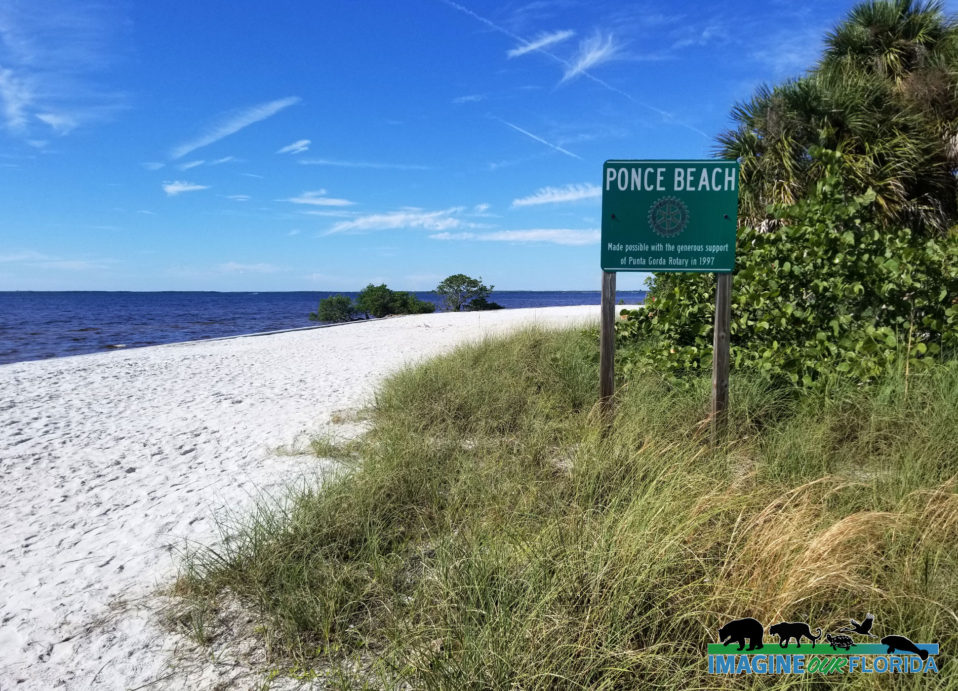
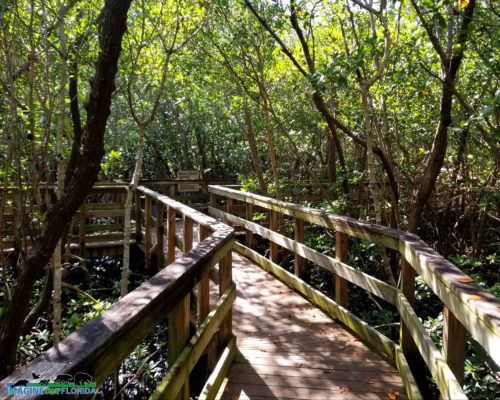
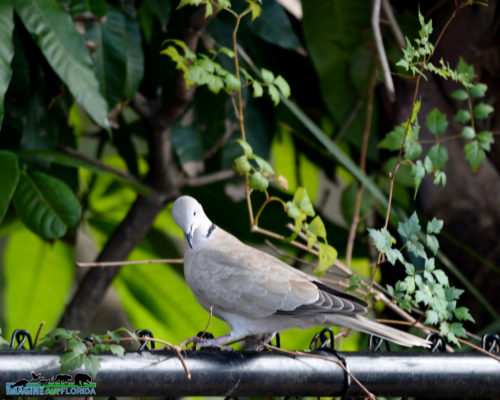
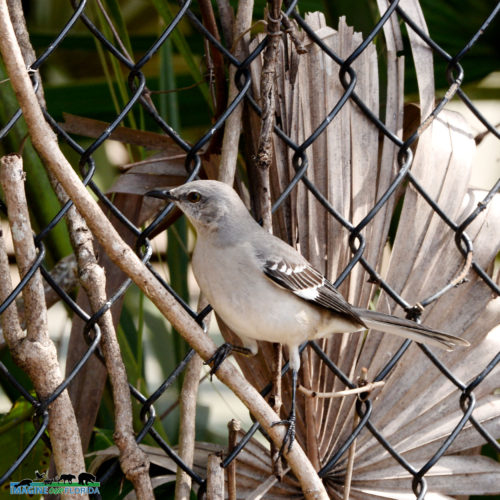
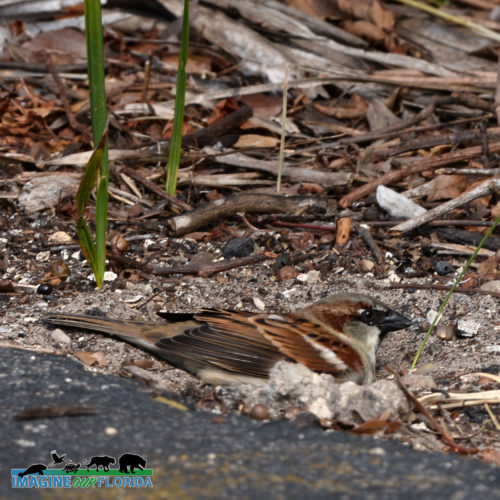
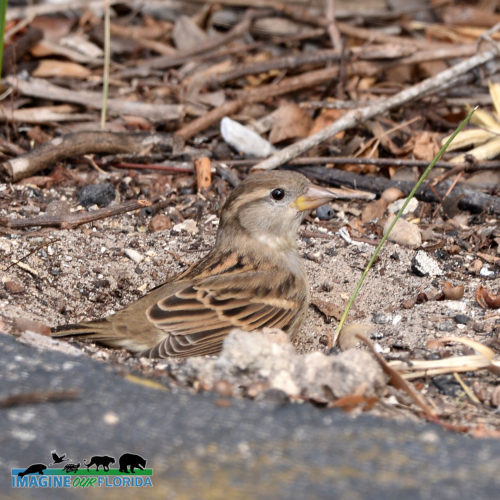
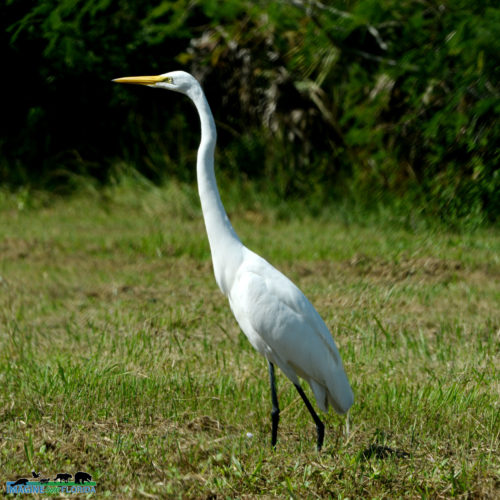
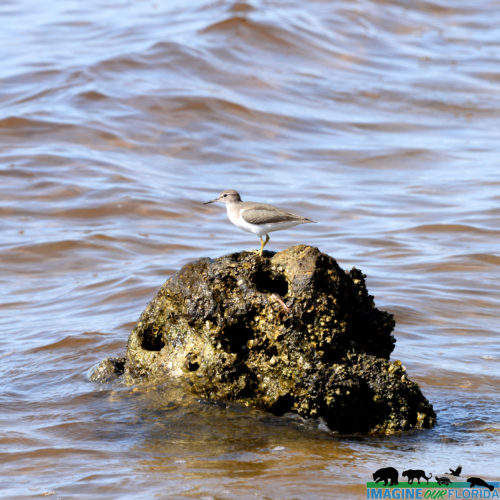
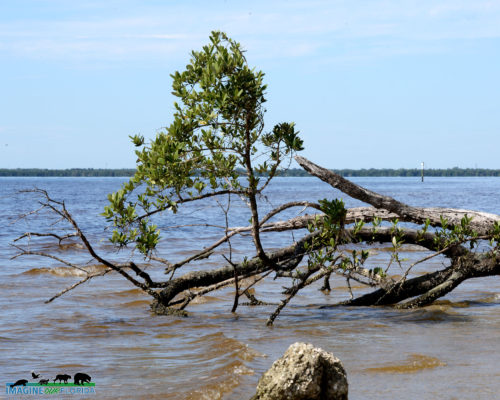
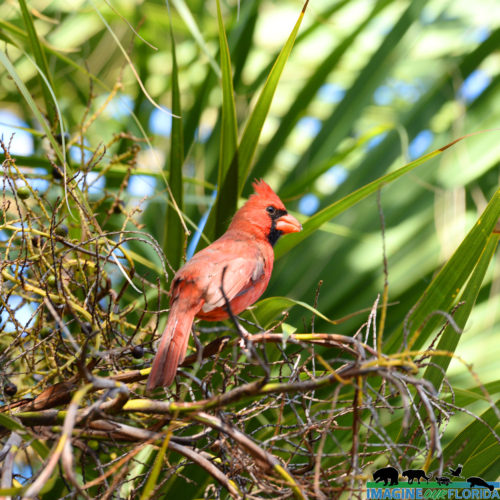
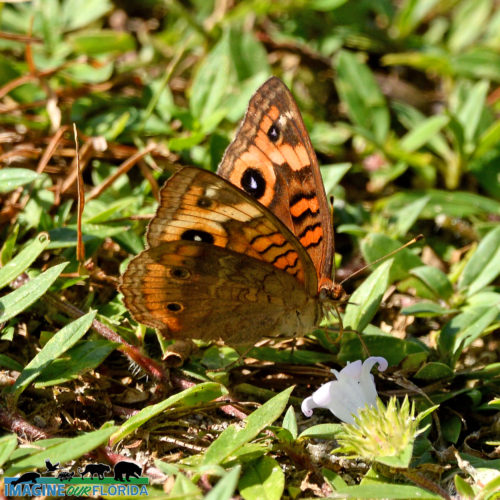
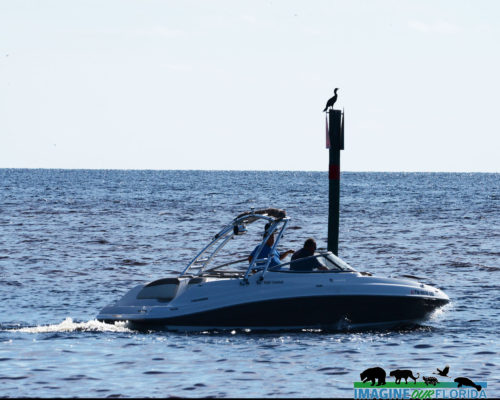
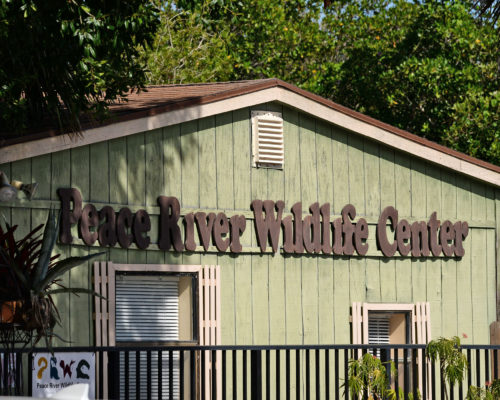
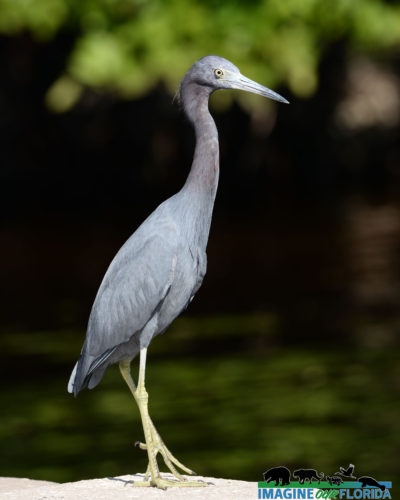
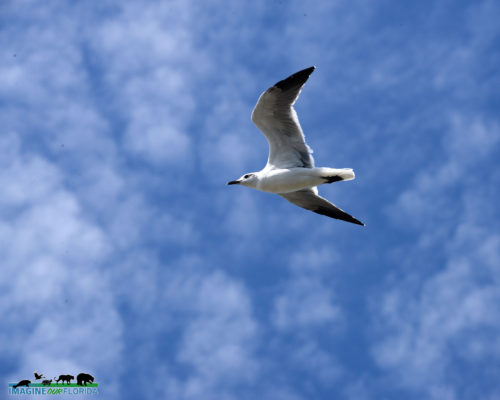
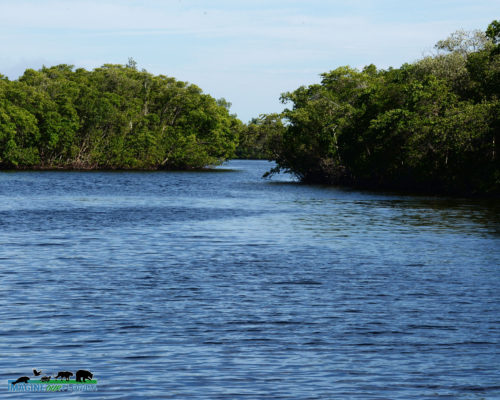
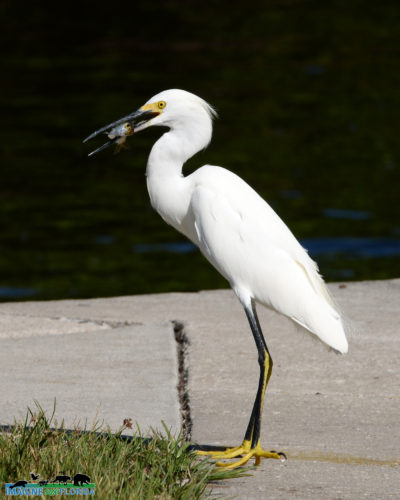
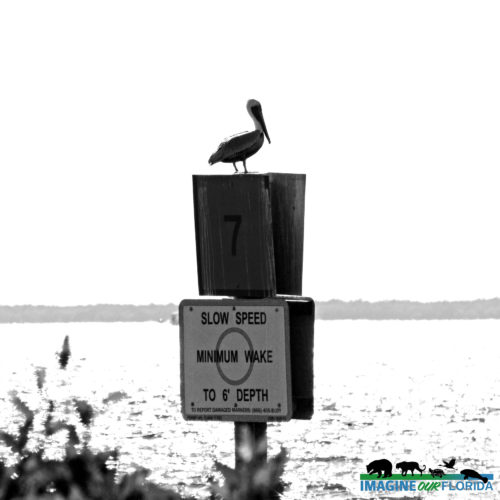
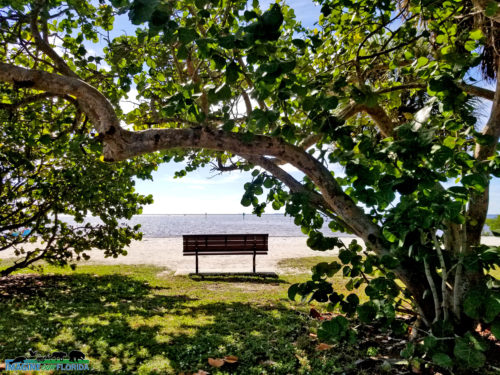
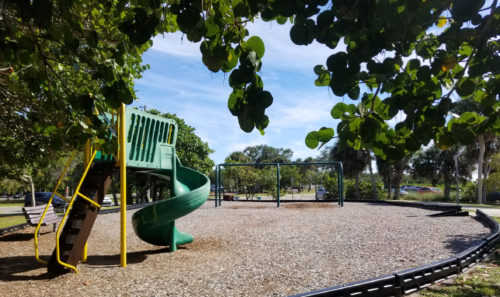
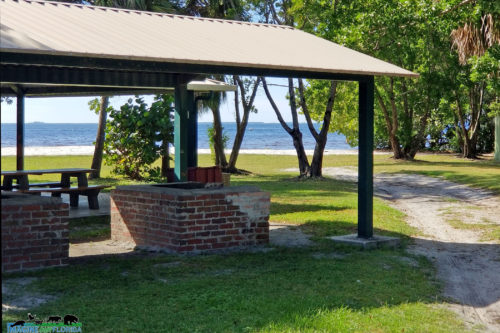
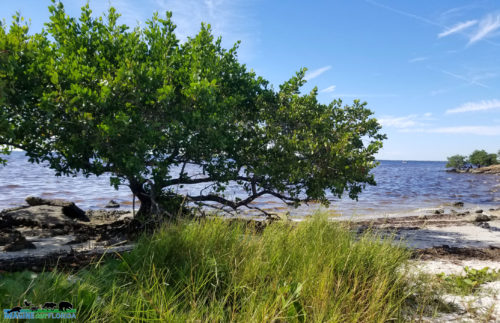
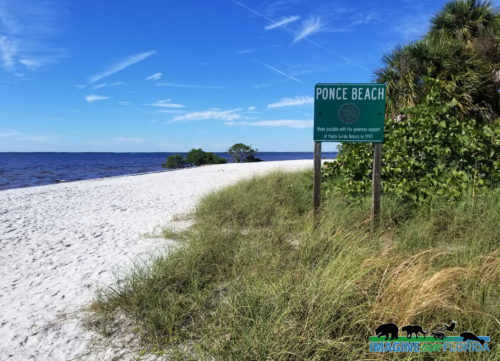
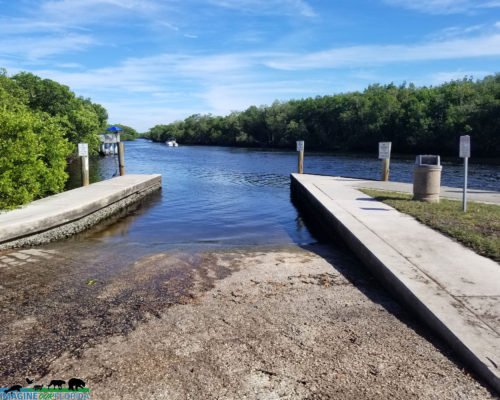
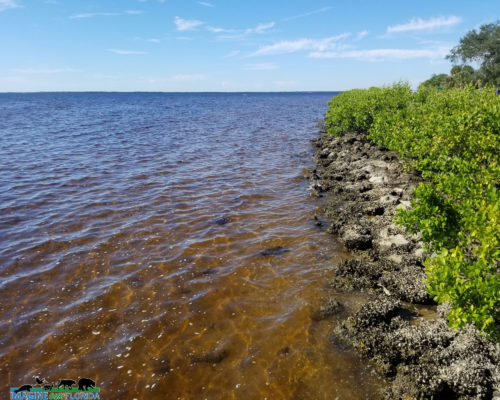
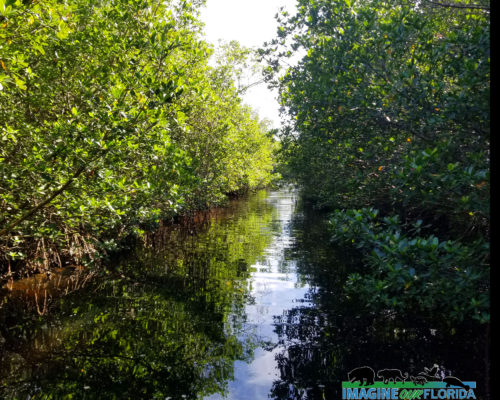
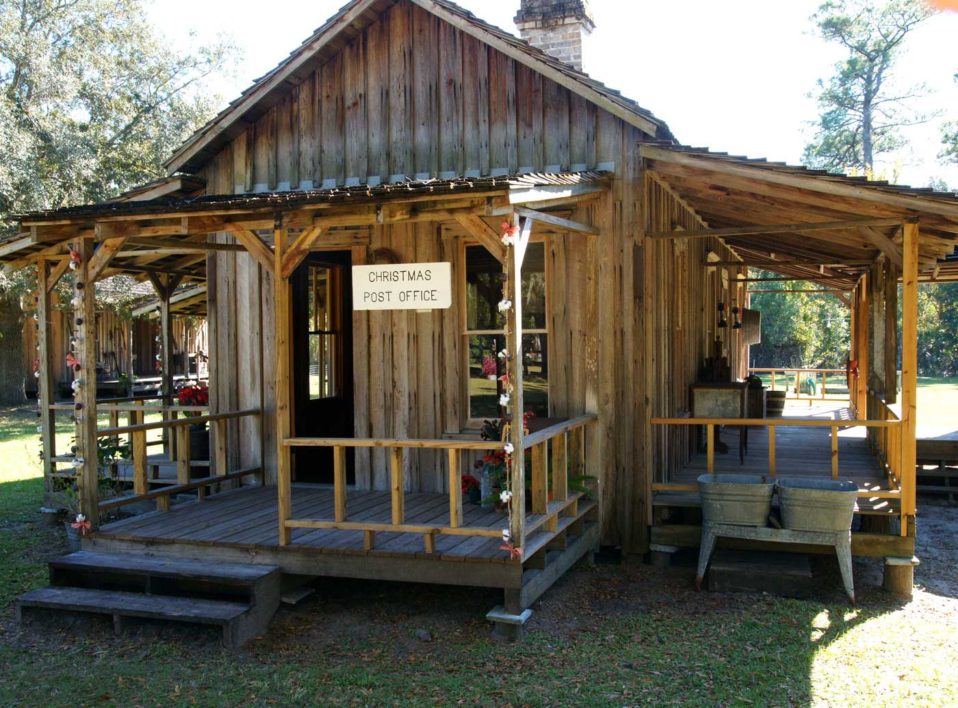
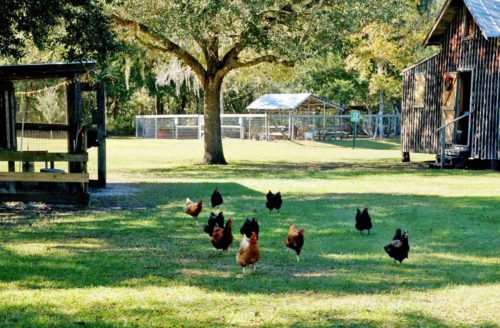
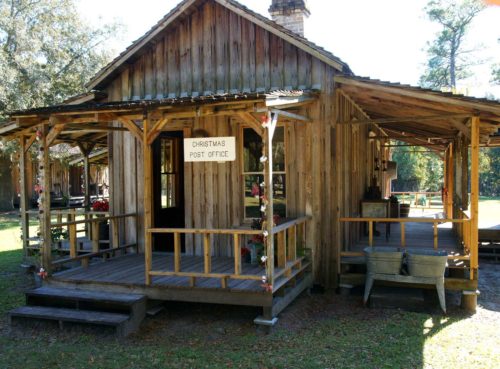
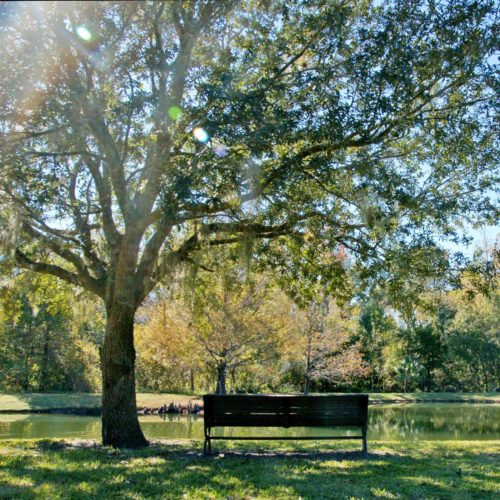
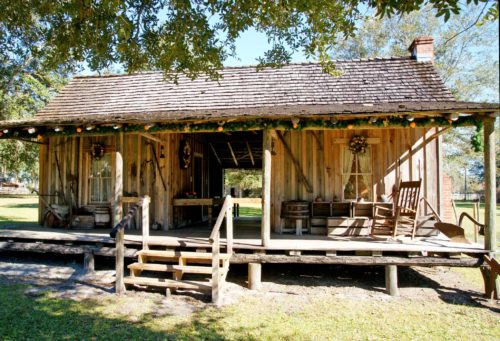
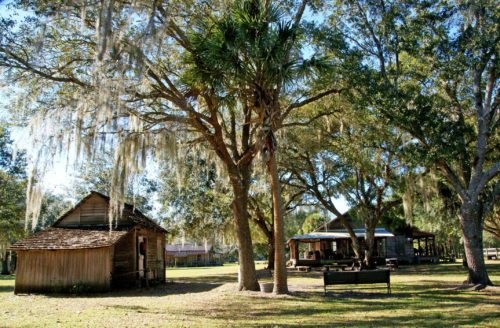
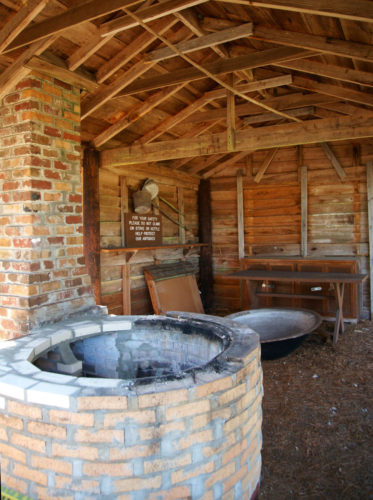
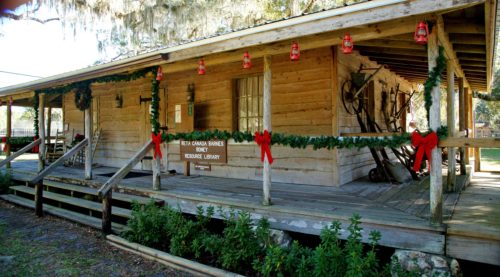
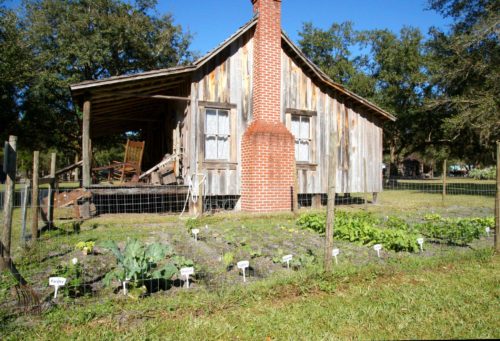
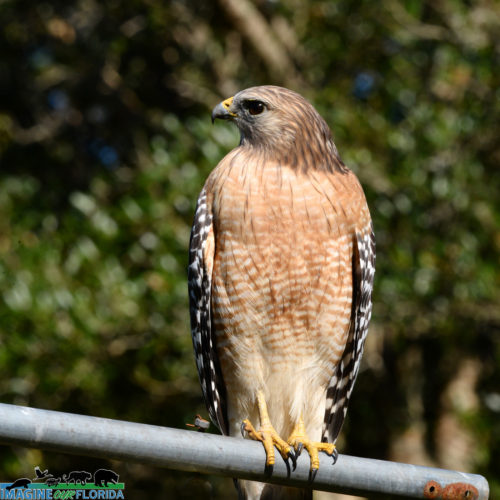
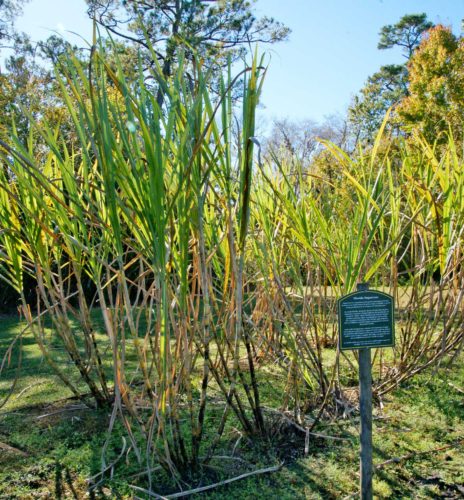
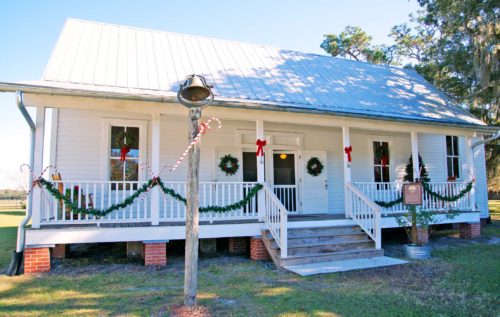
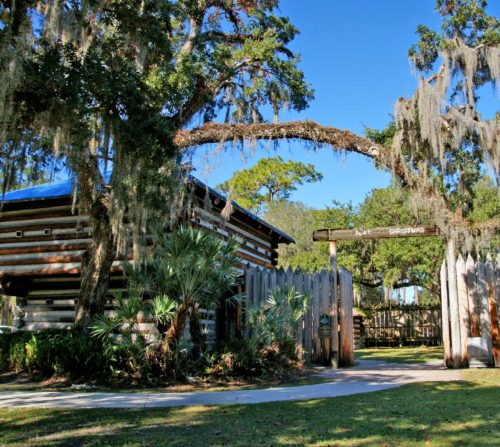
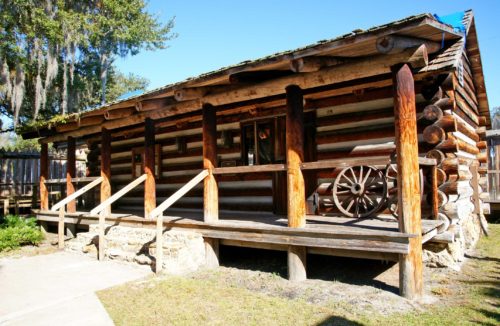
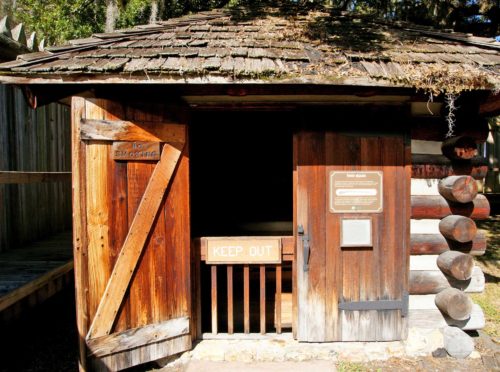
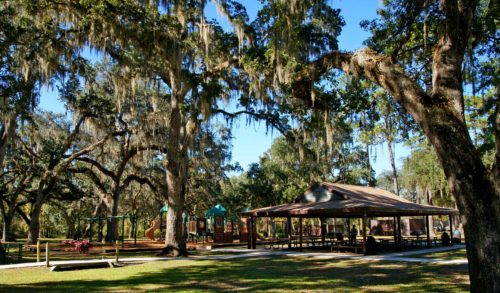
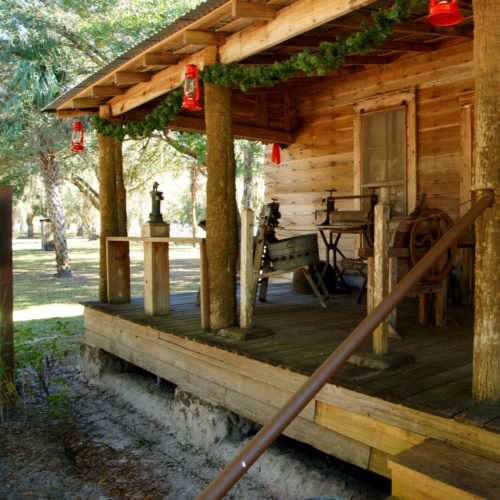
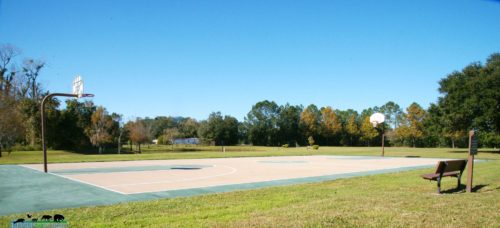
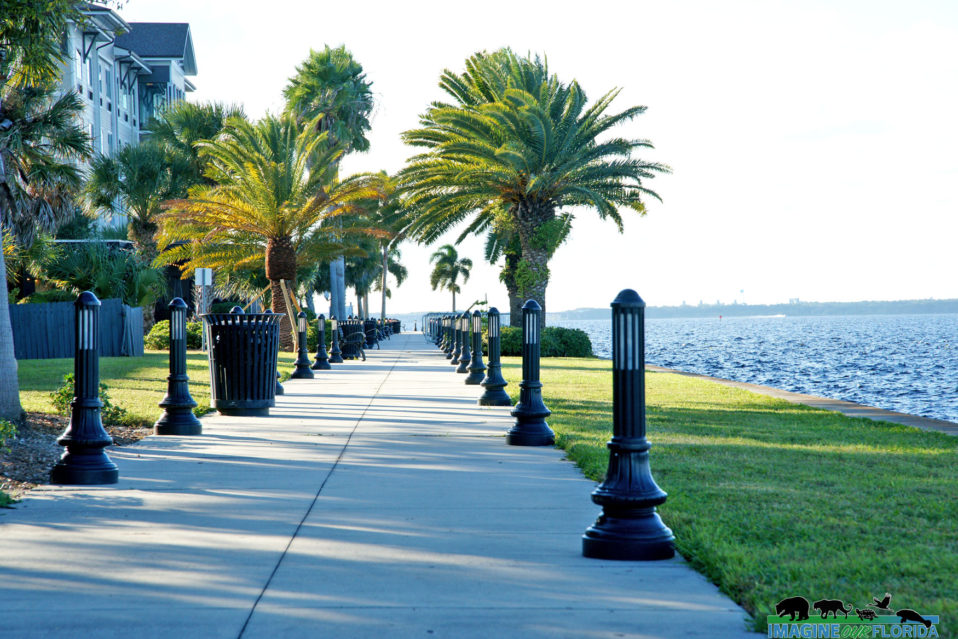
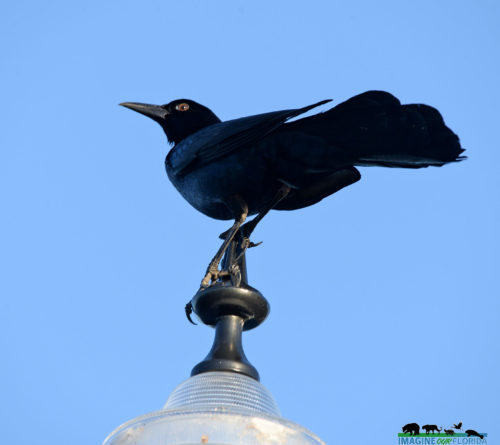
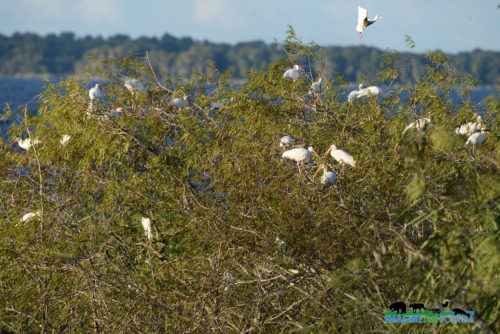
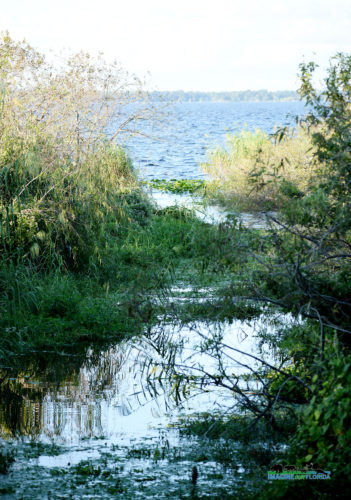
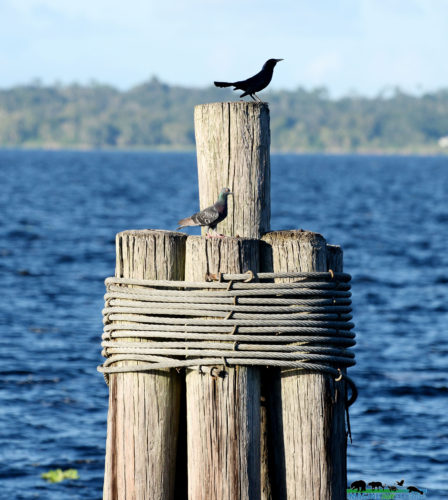
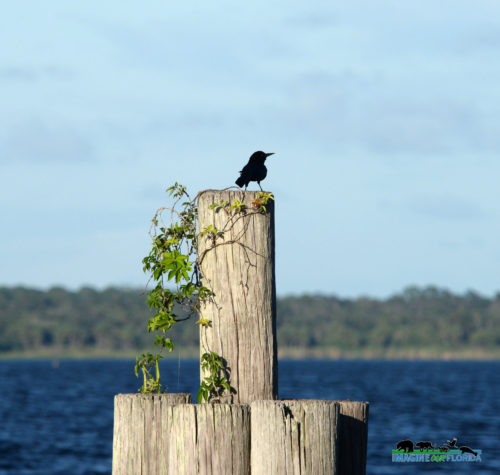
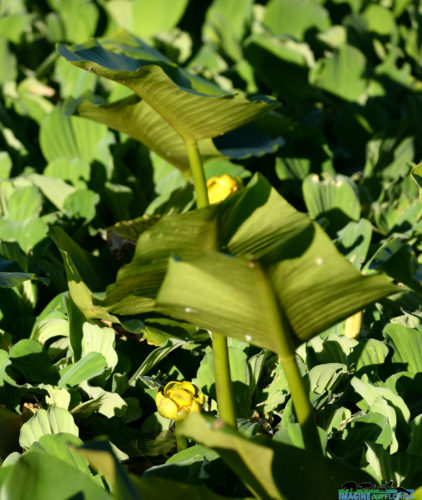
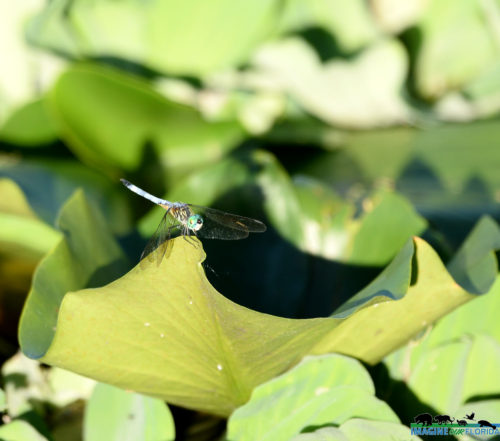
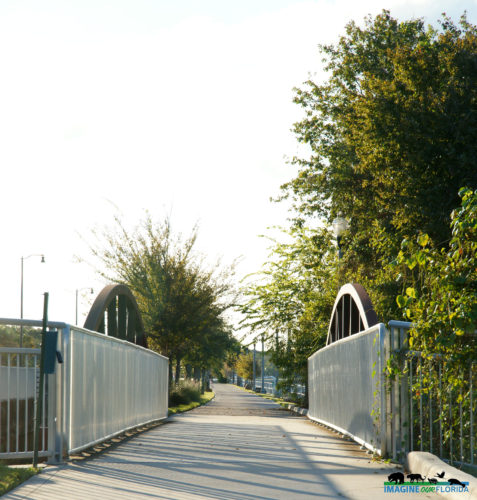
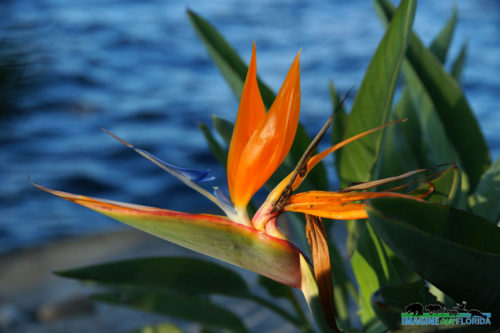 l
l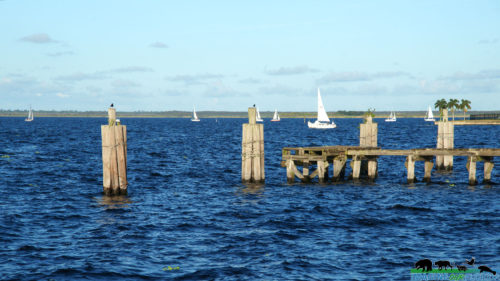 k
k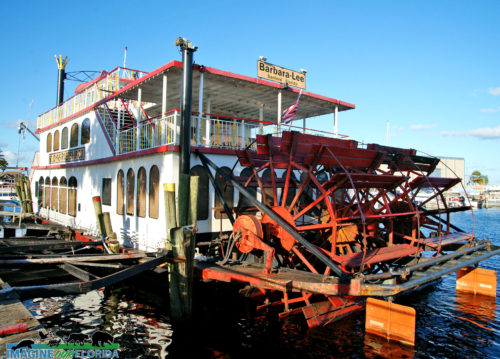
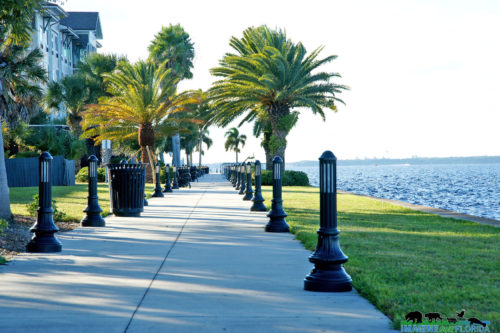
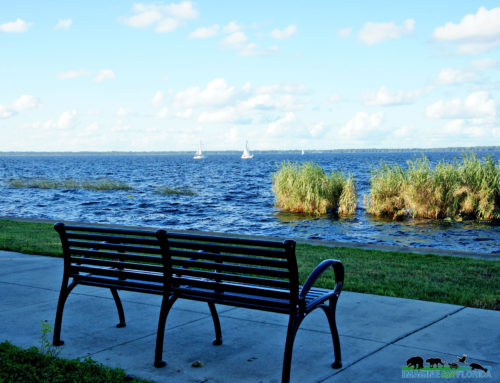 nfor
nfor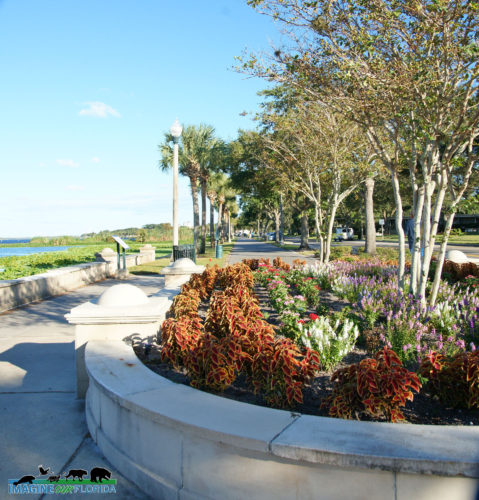
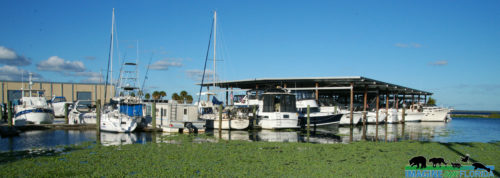
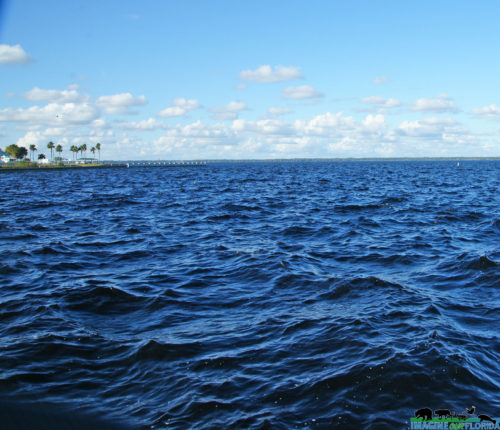
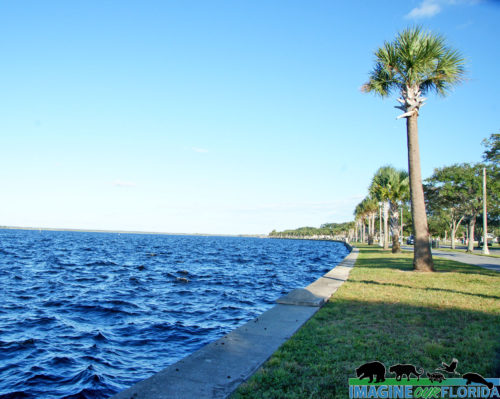 s
s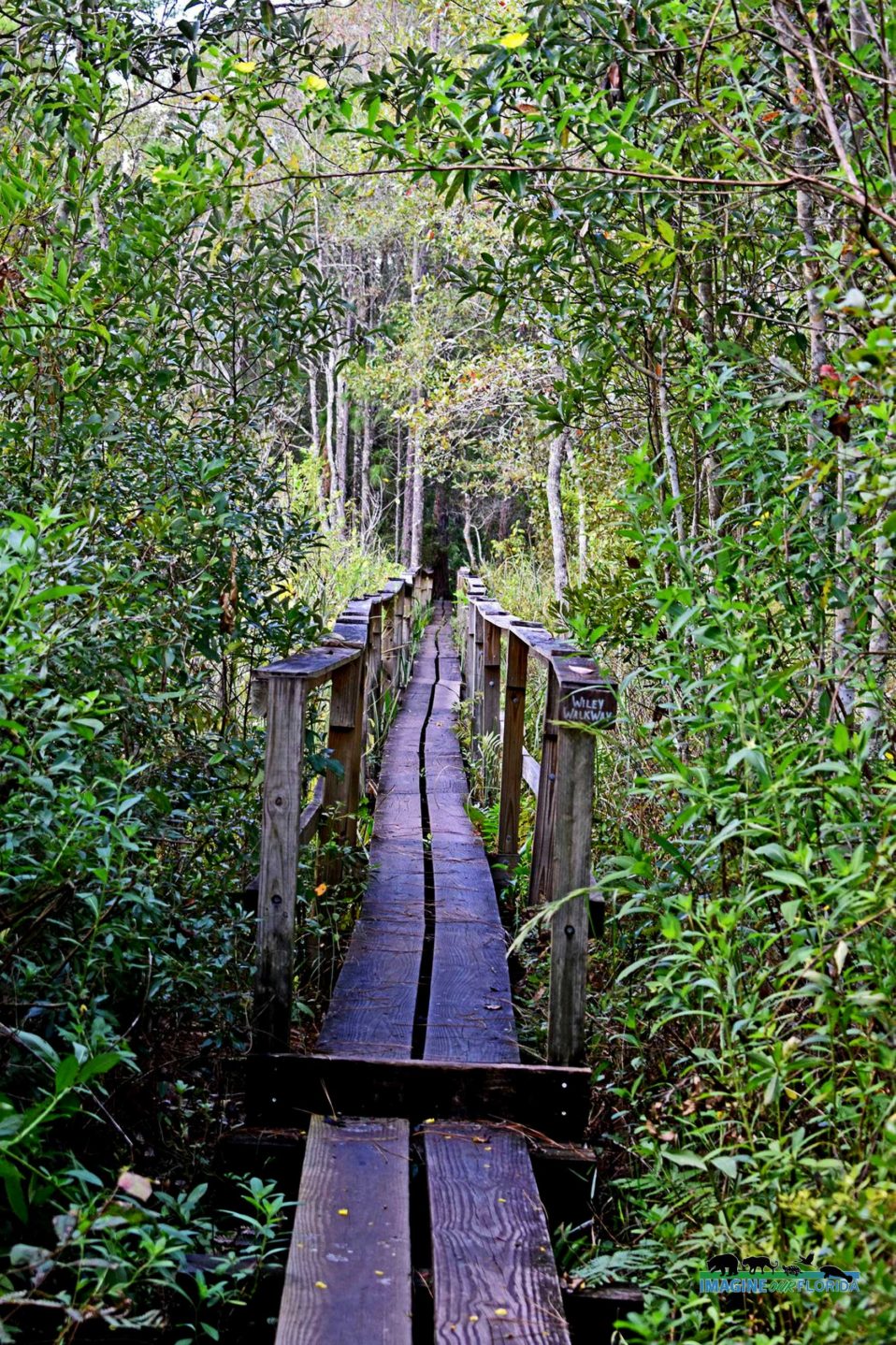
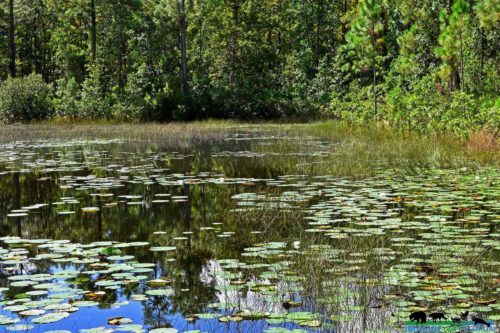
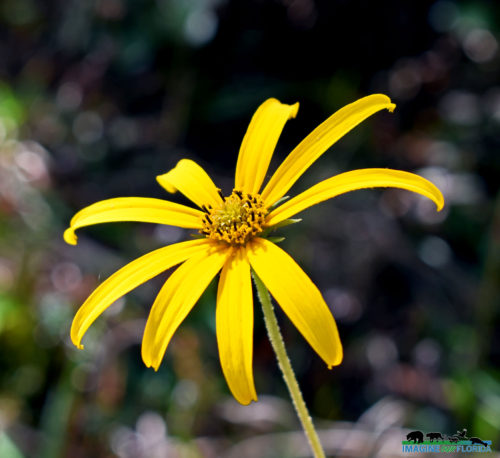
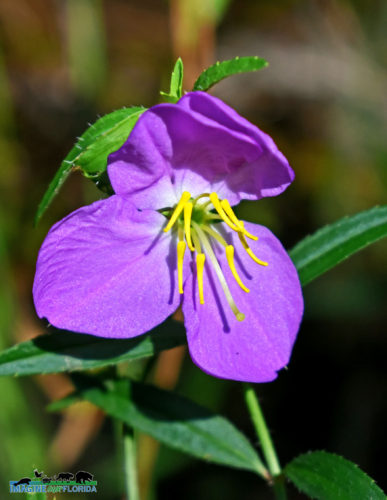
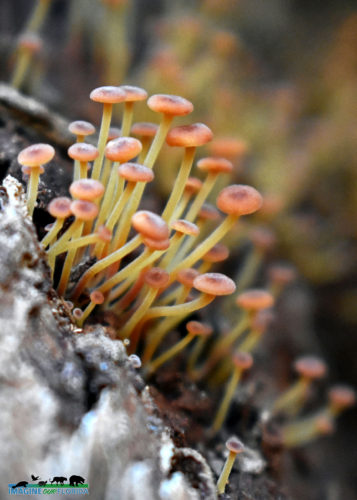
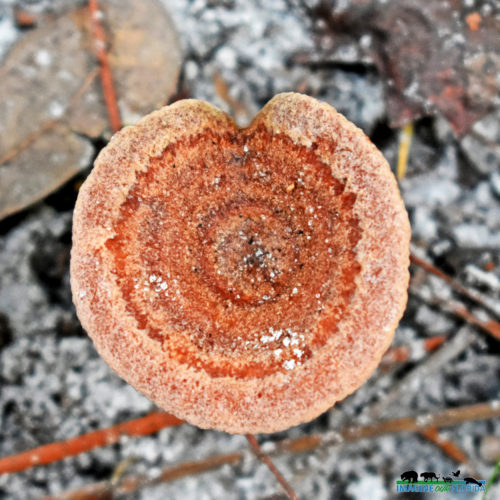
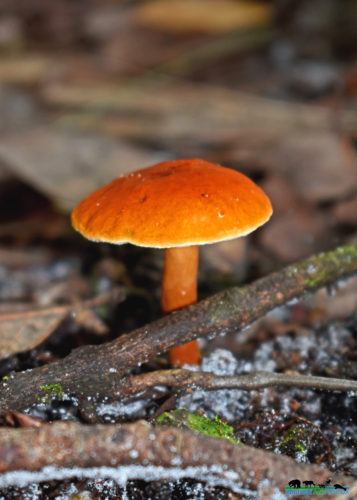
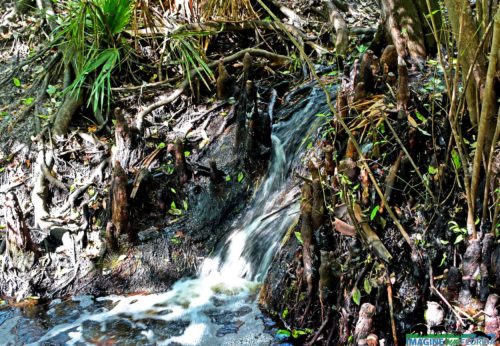
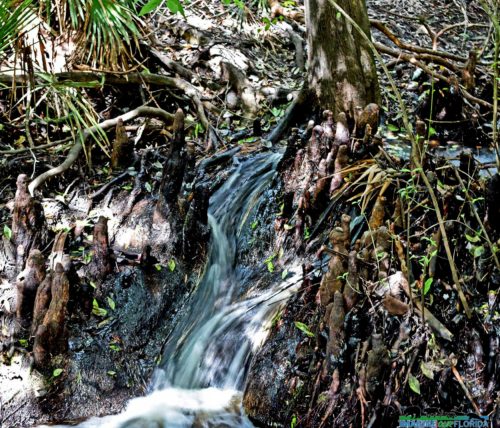
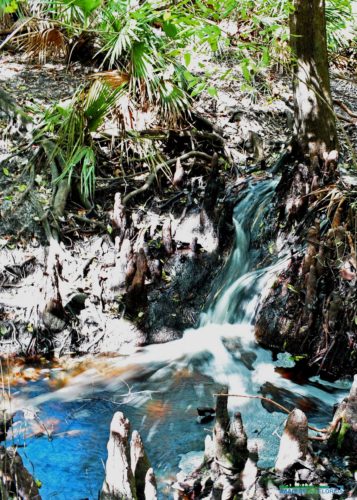
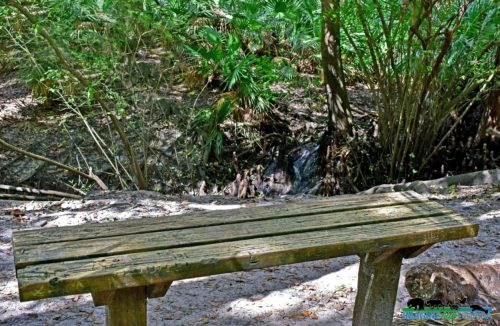
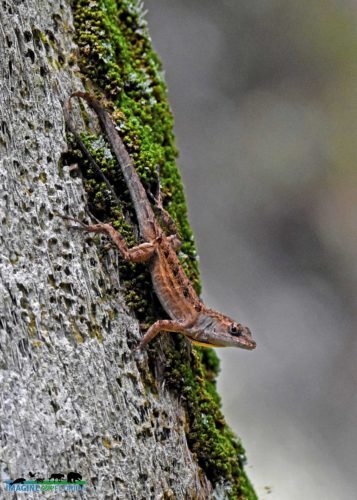
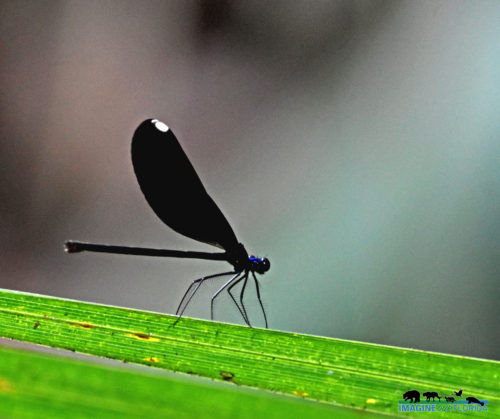
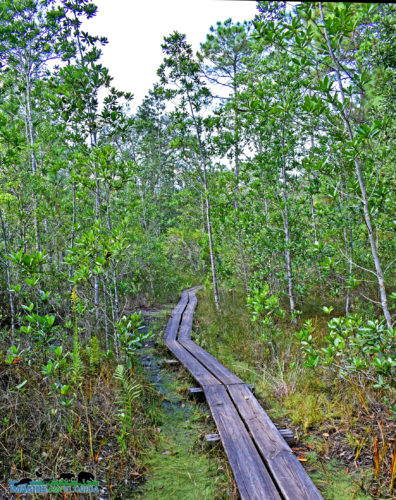
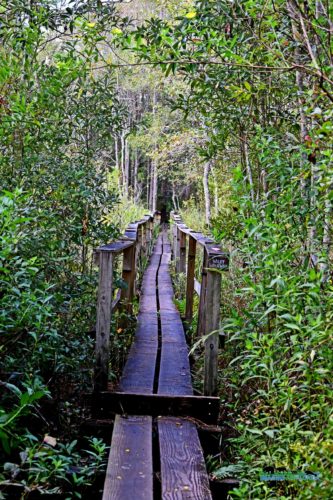
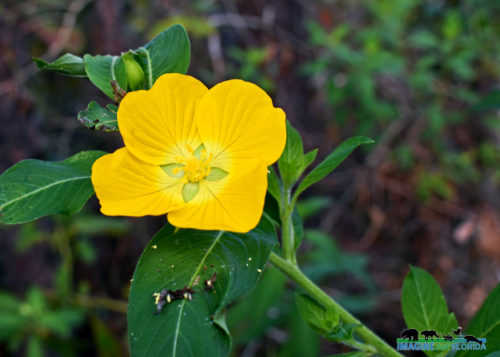
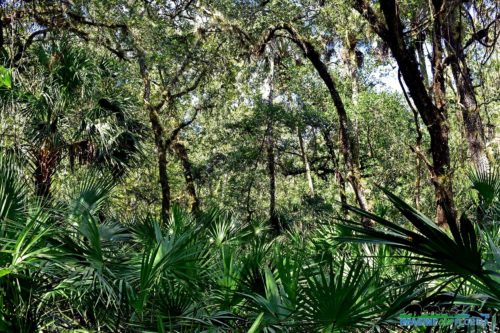
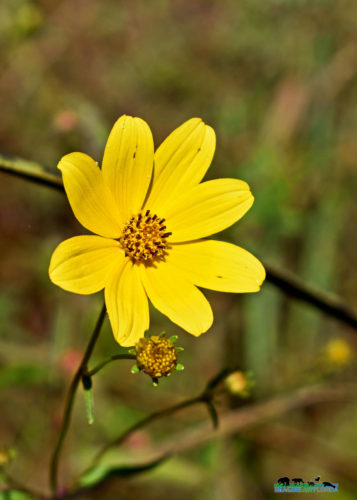
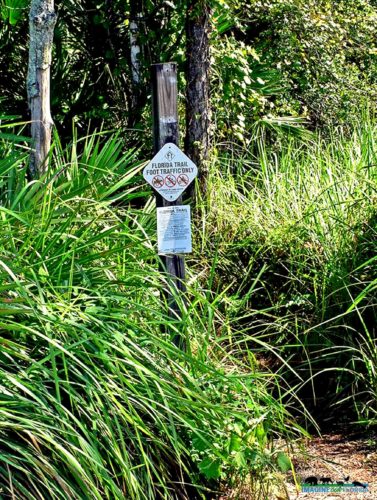
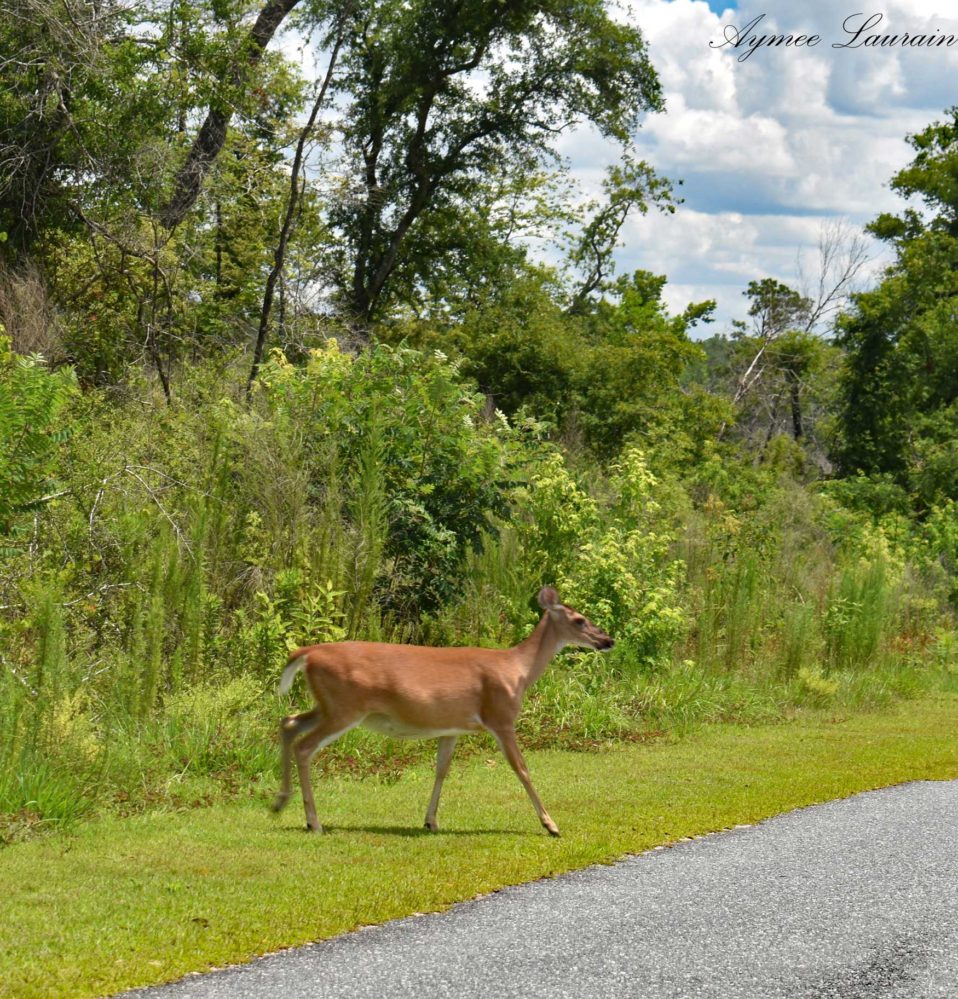
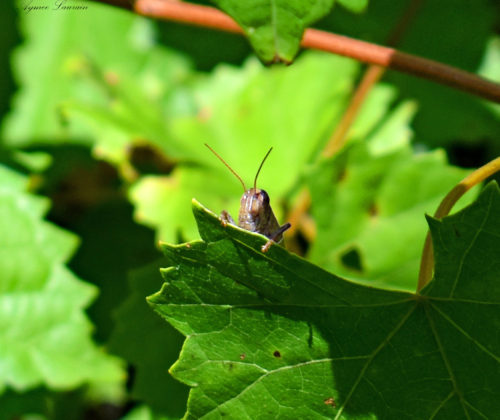
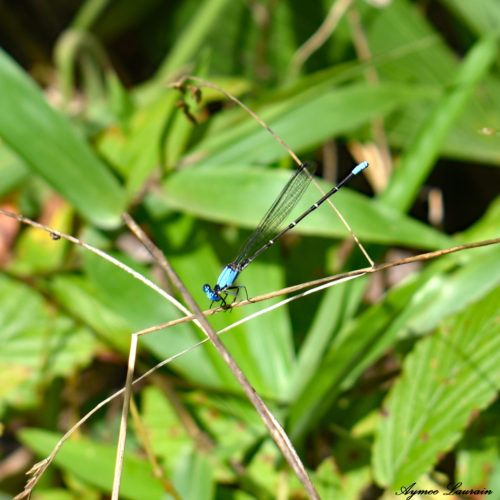
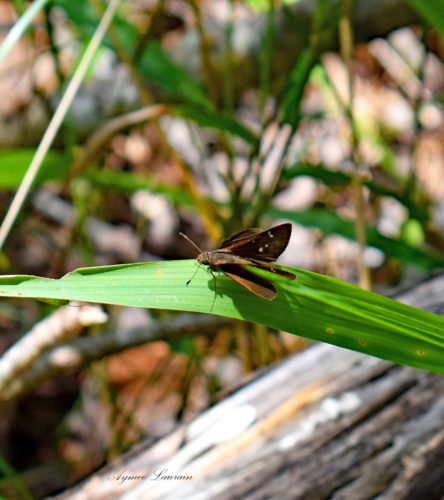
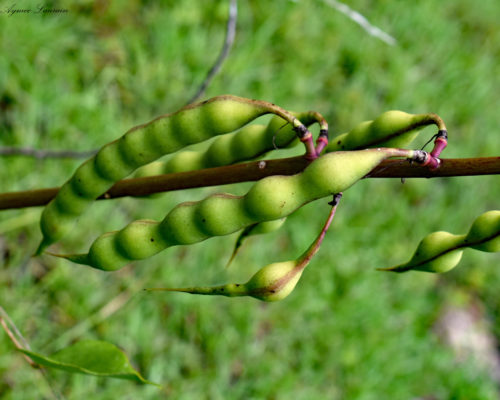
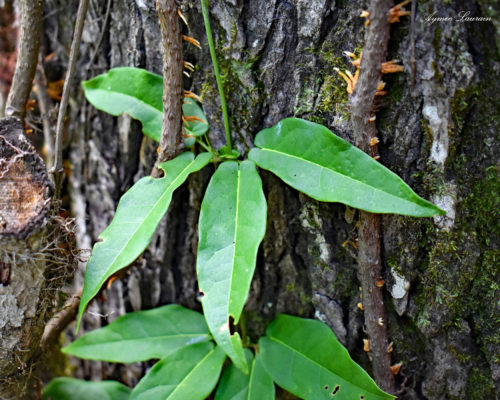
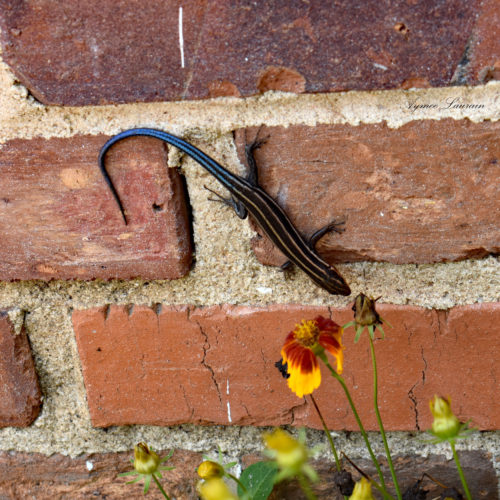
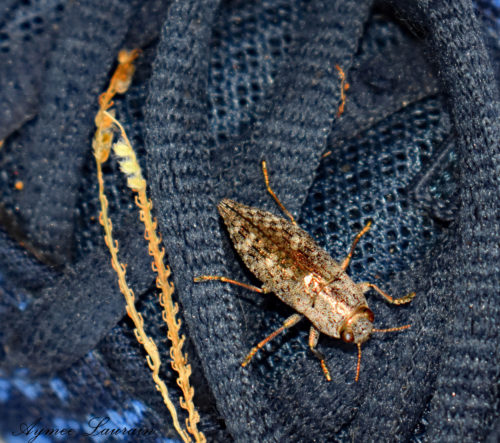
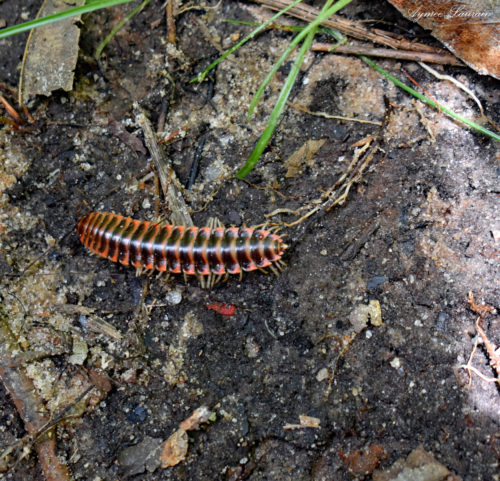
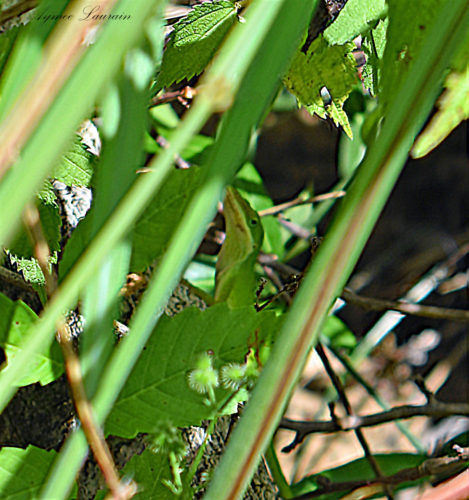
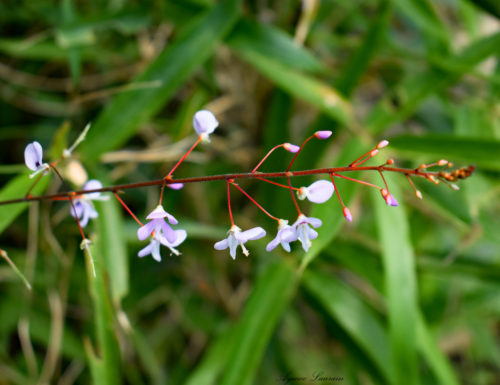
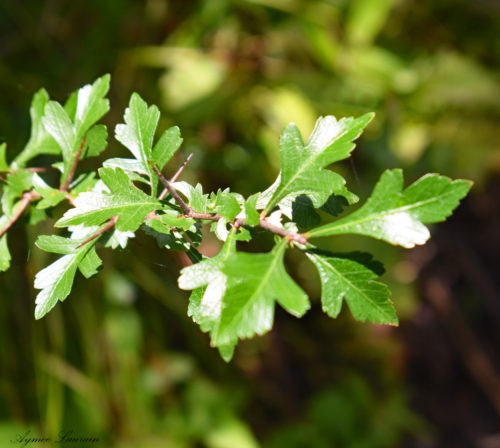
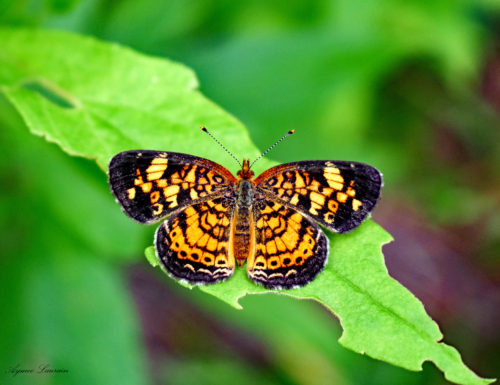
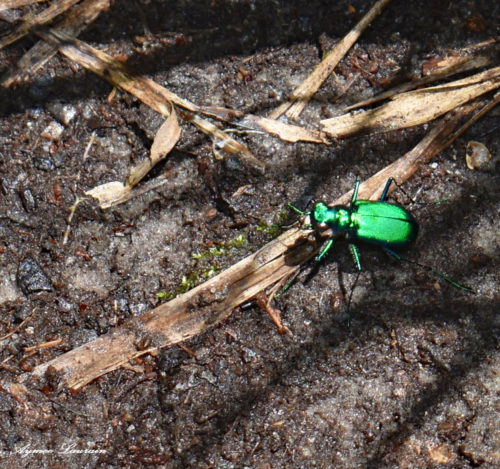
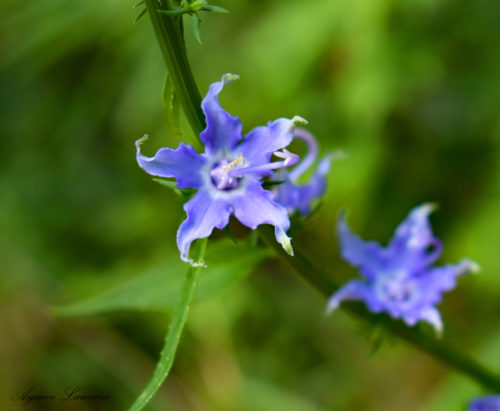
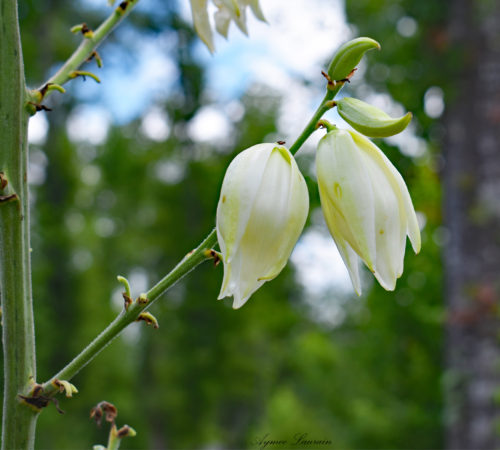
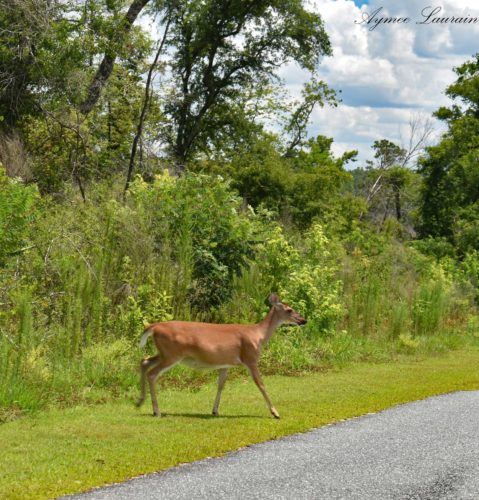
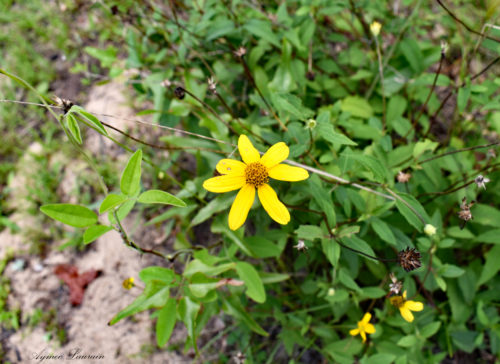
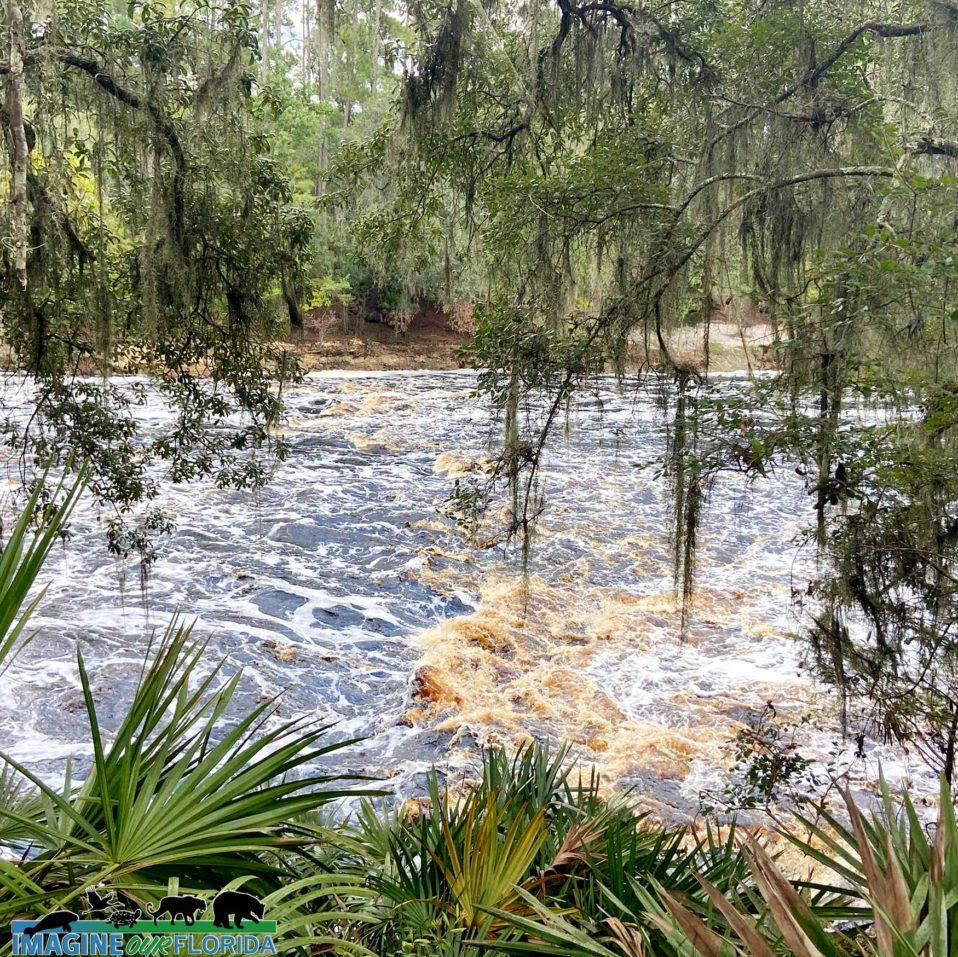
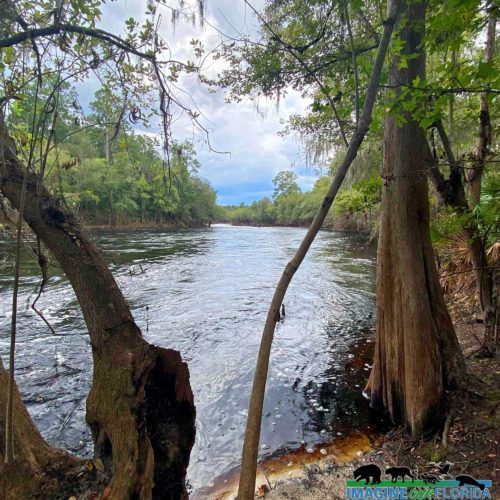
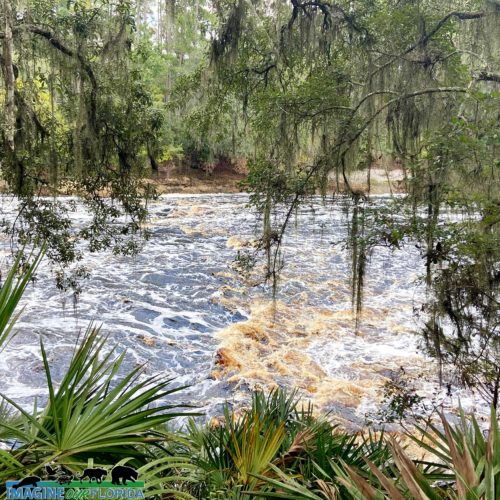
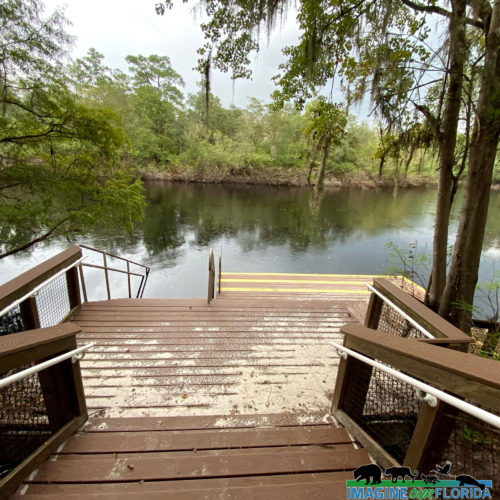
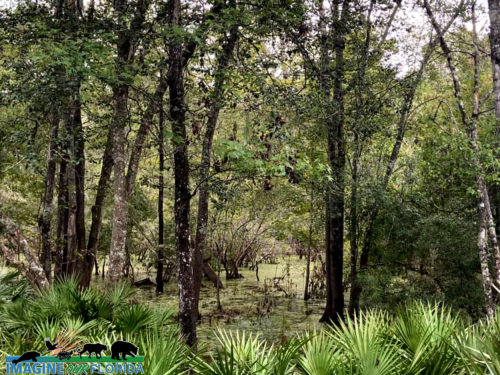
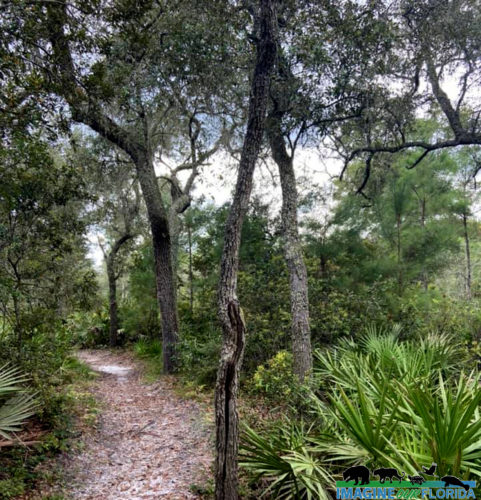
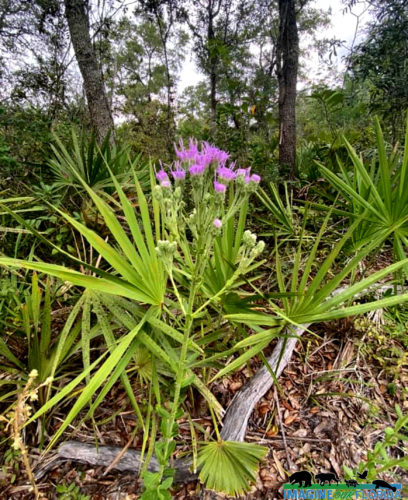
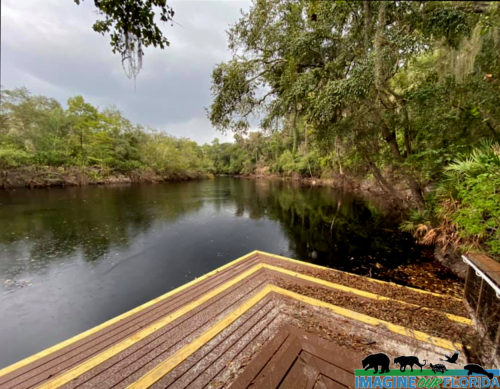
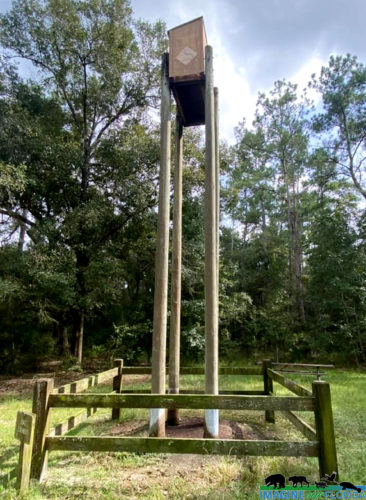
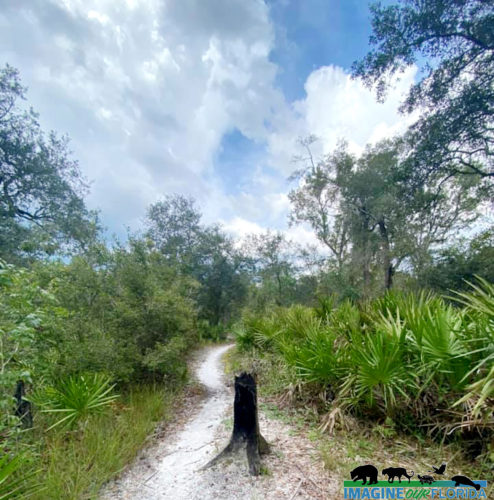
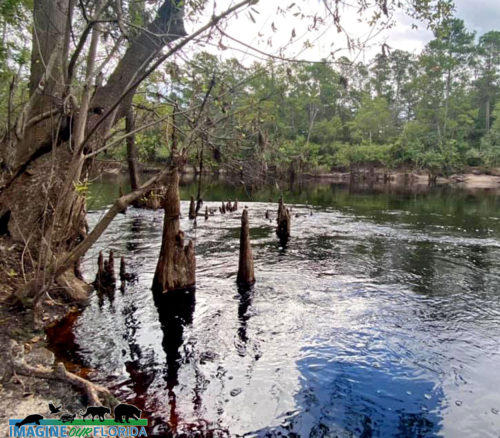
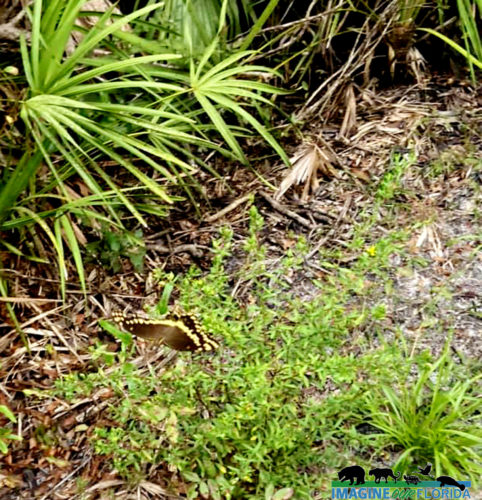
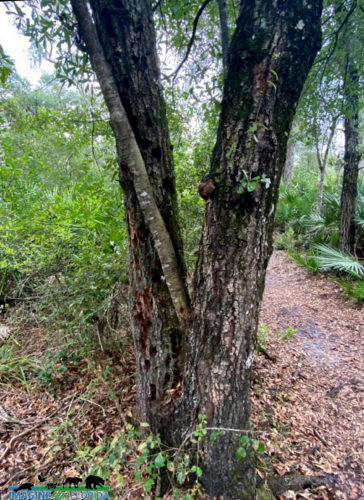
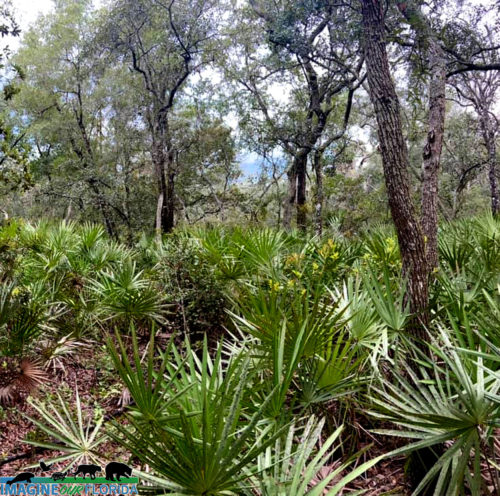
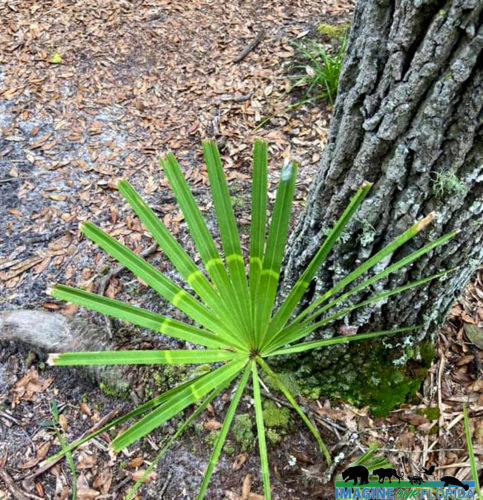
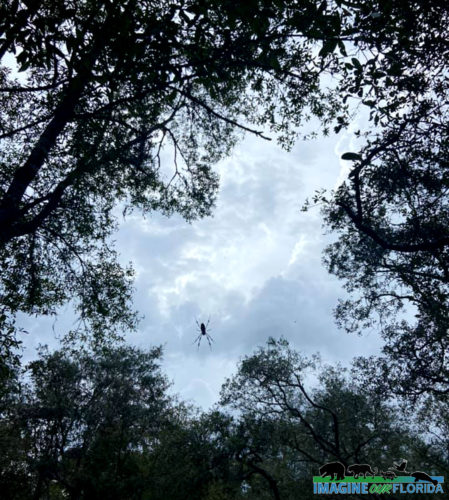
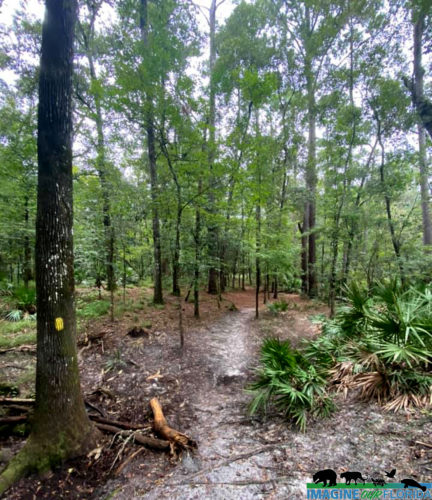
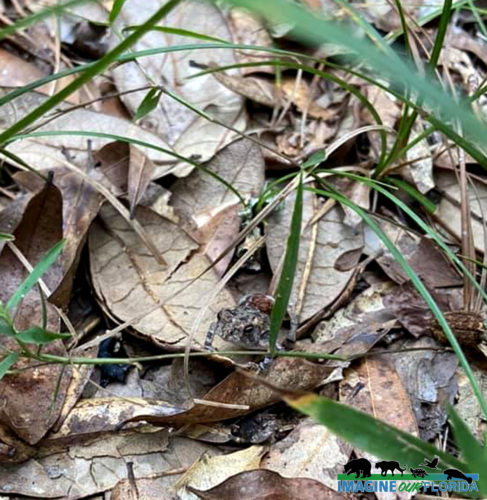
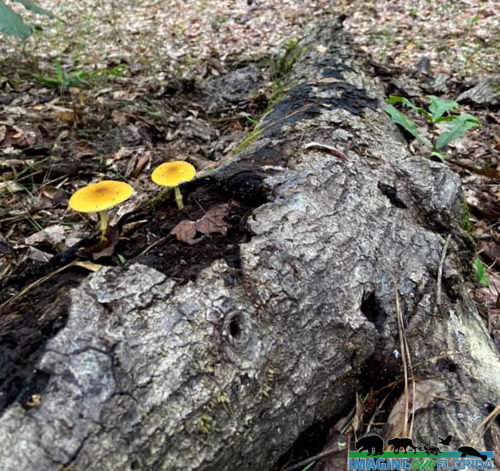
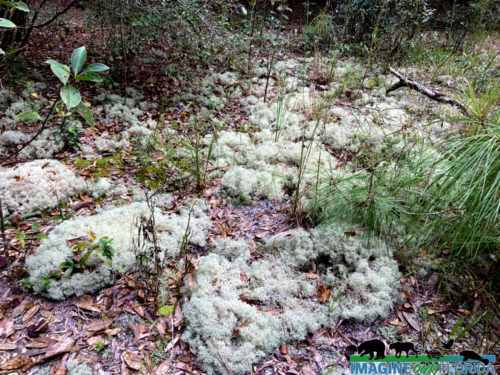
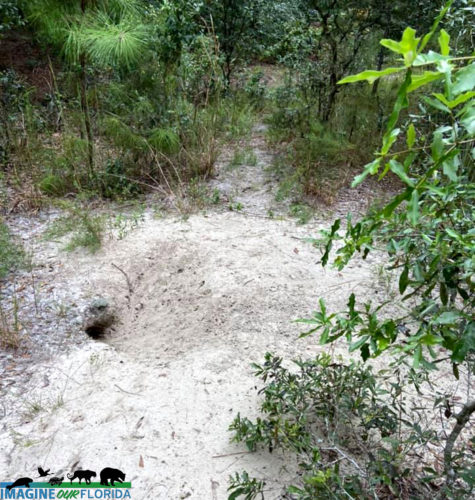
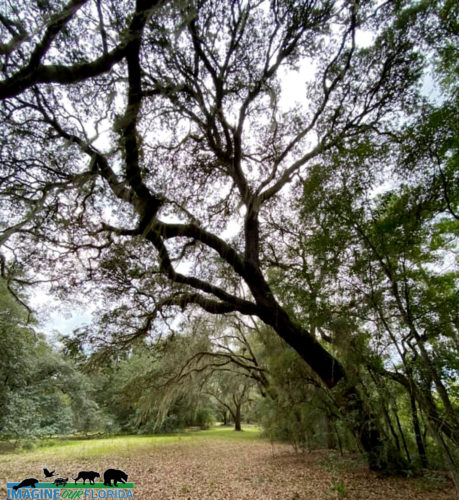
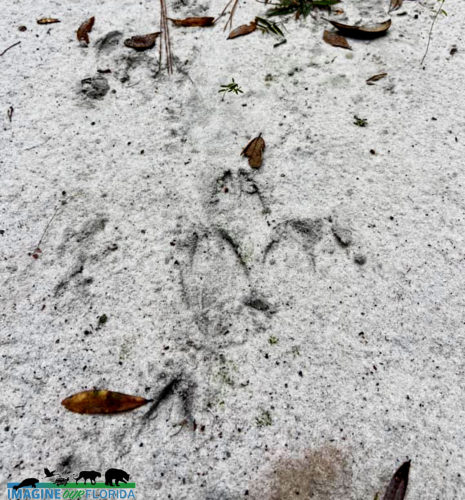
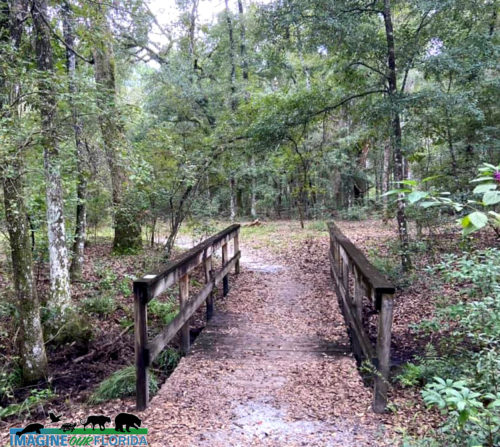
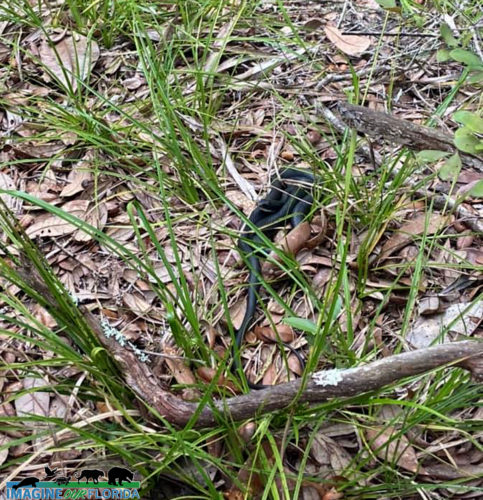
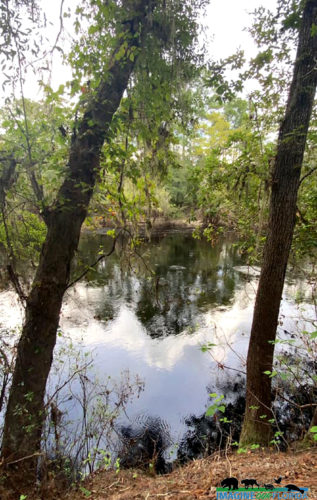
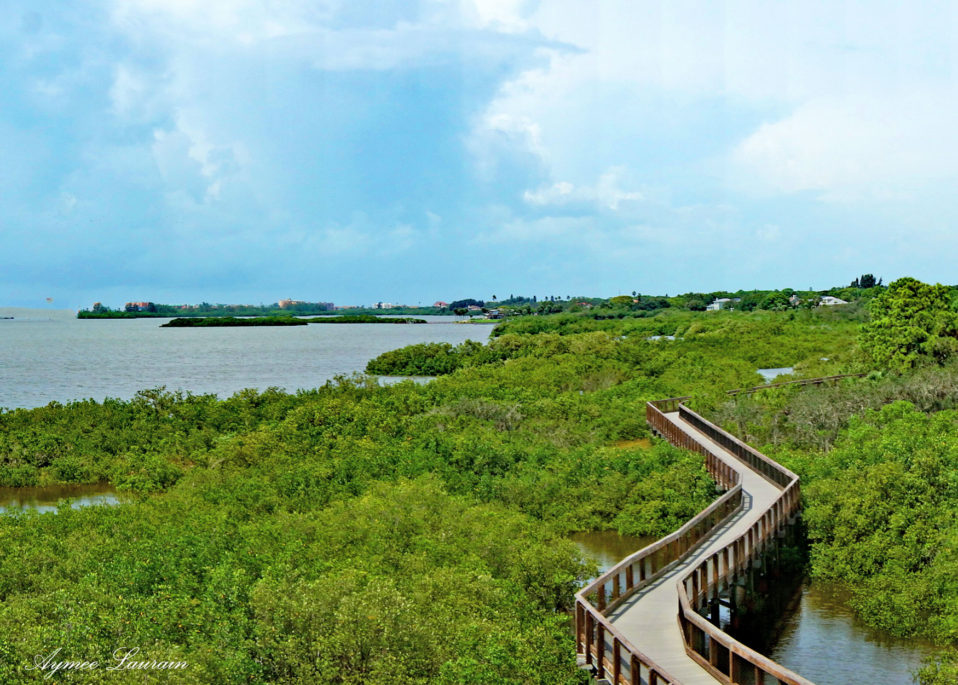
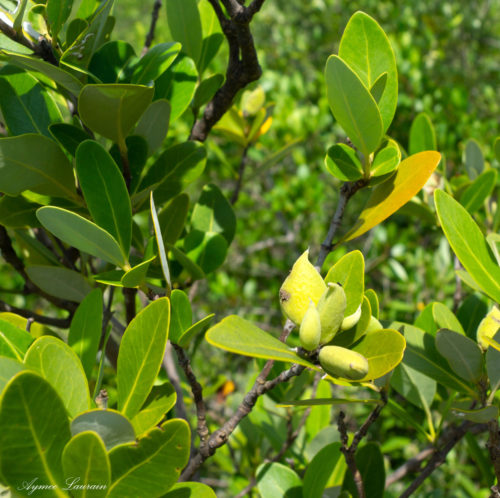
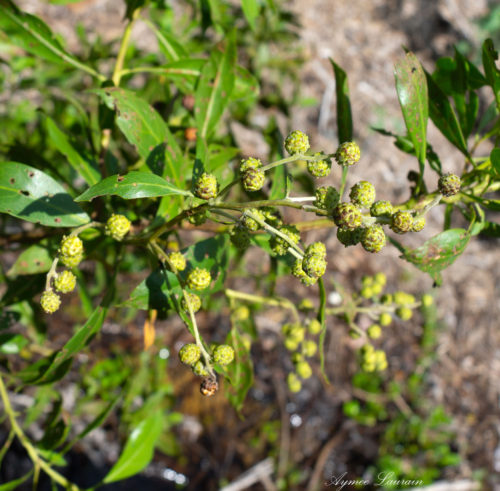
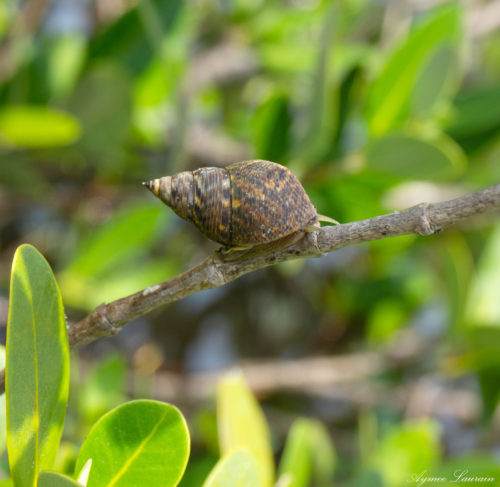
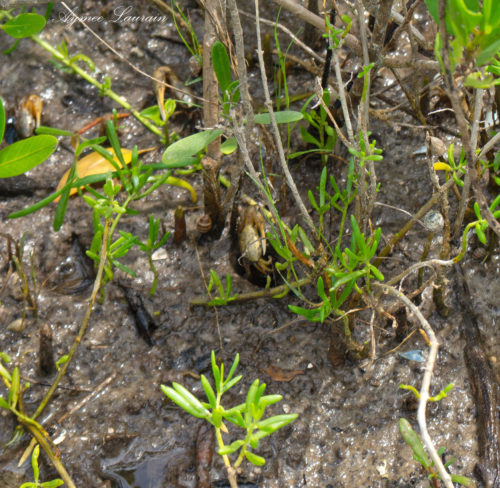
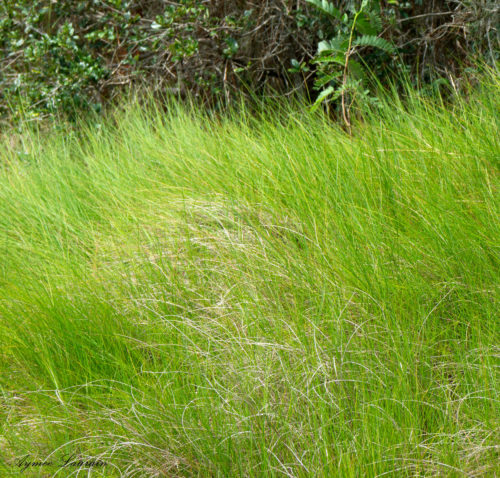
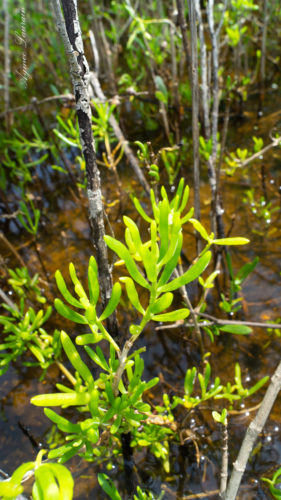
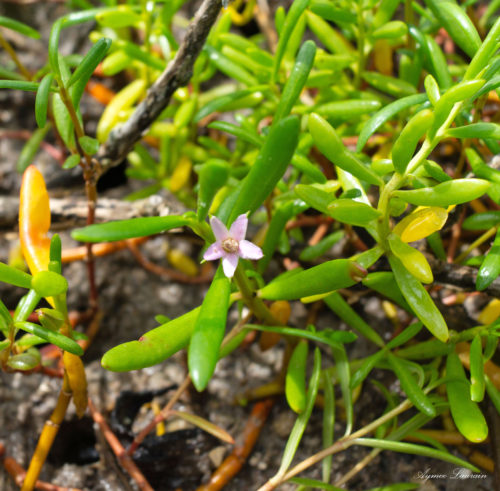
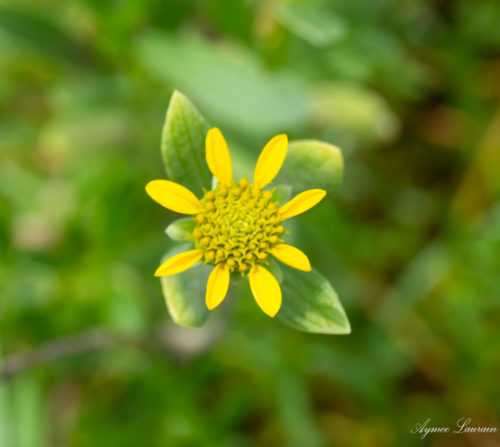
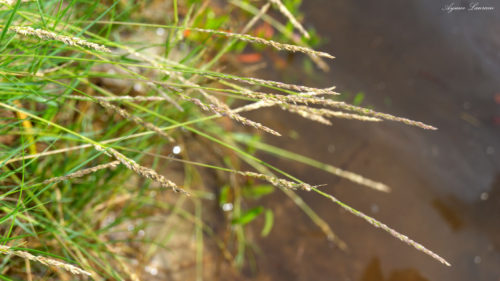
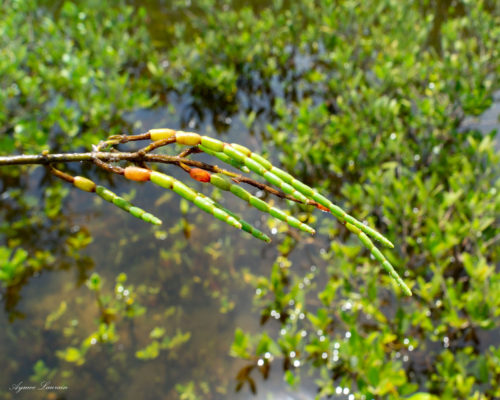
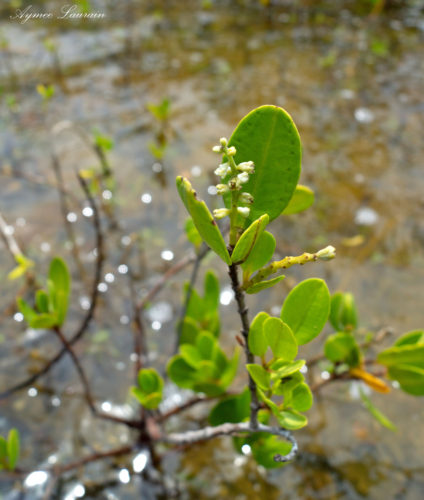
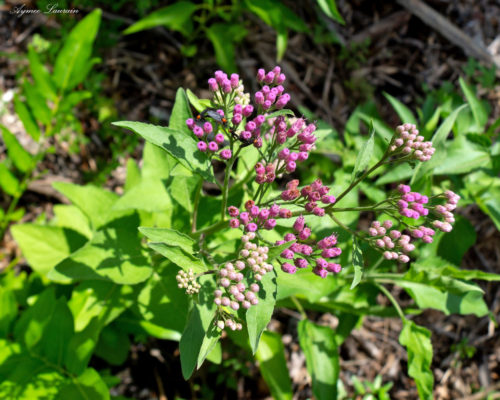
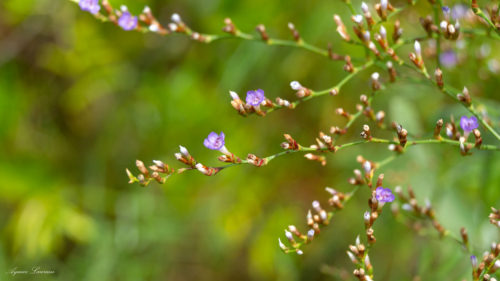
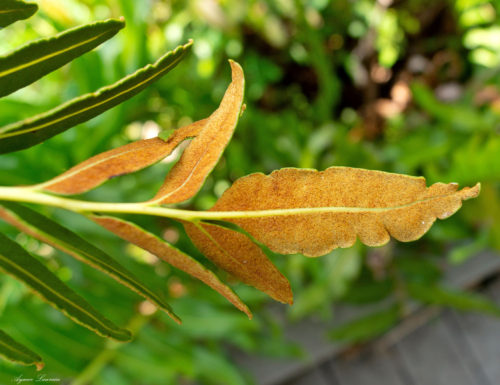
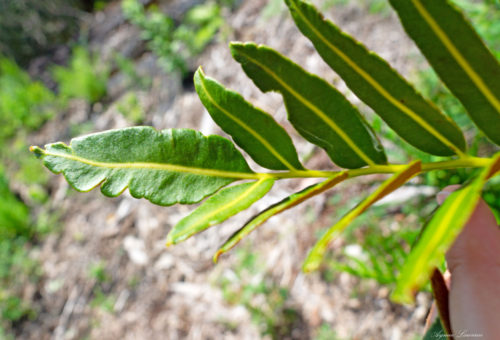
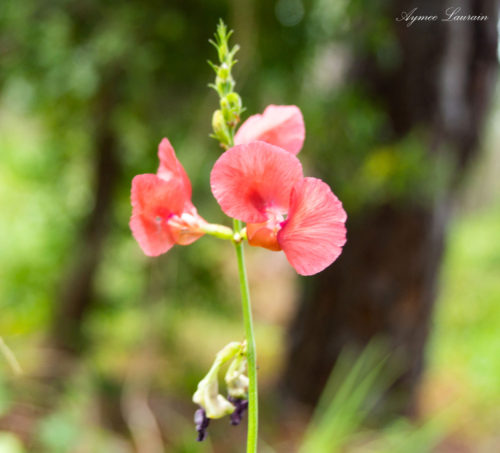
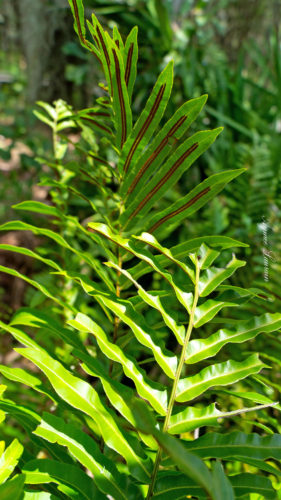
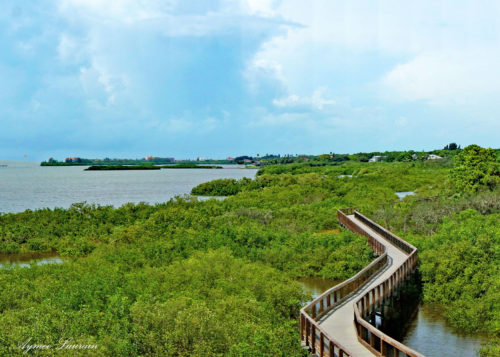
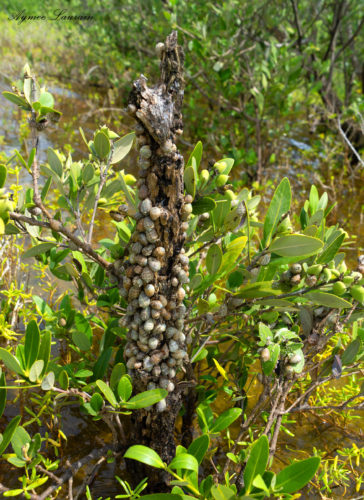
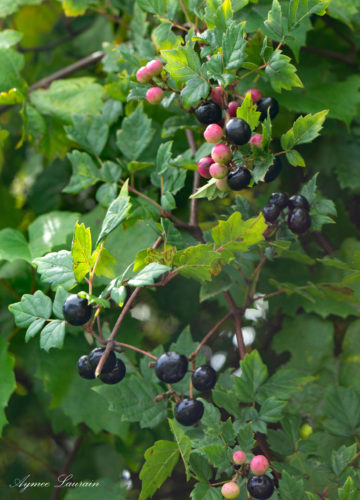
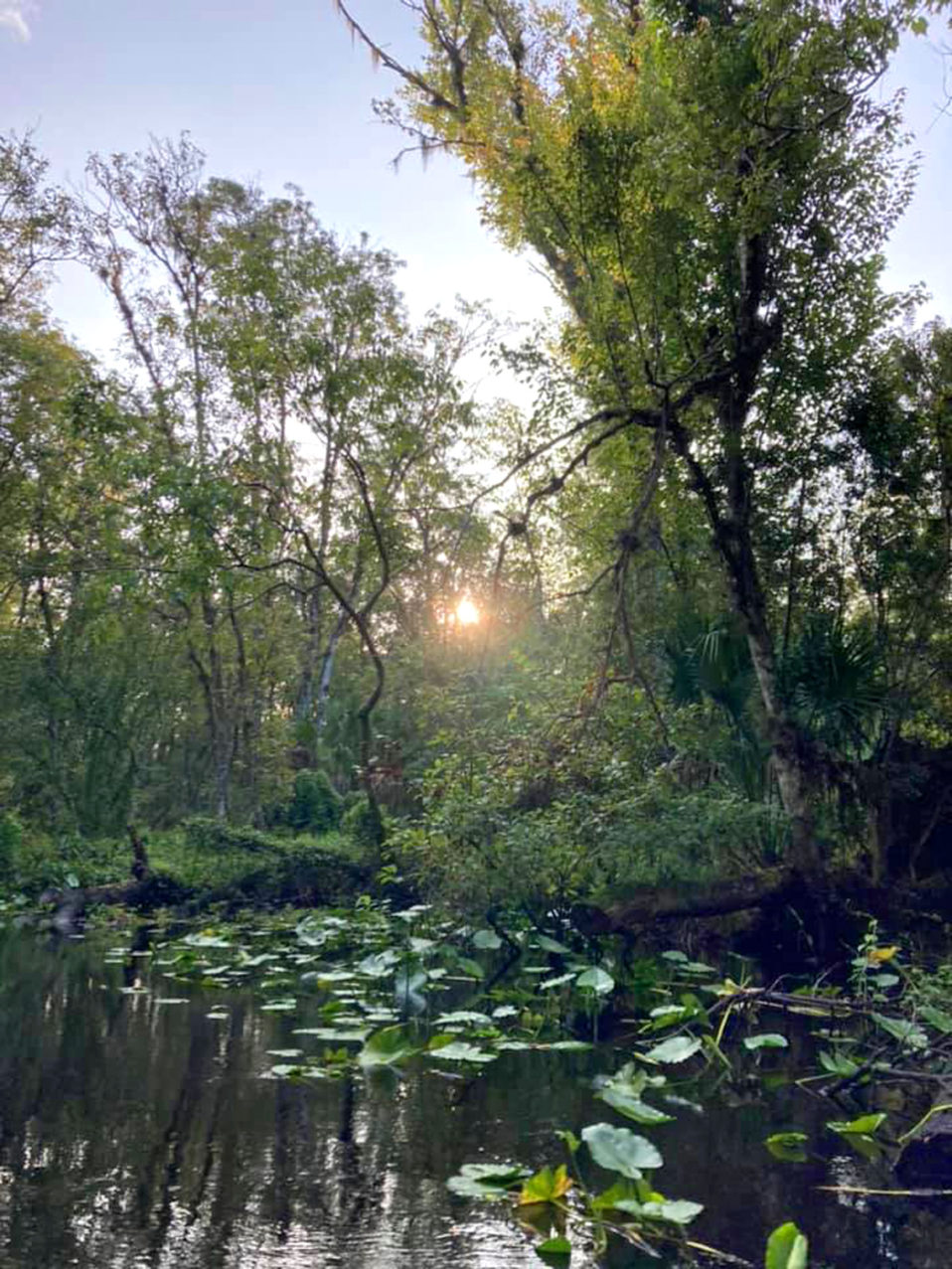
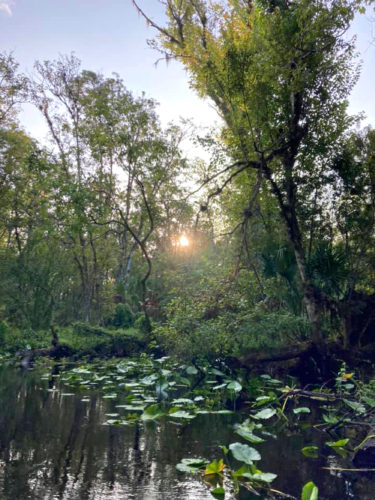
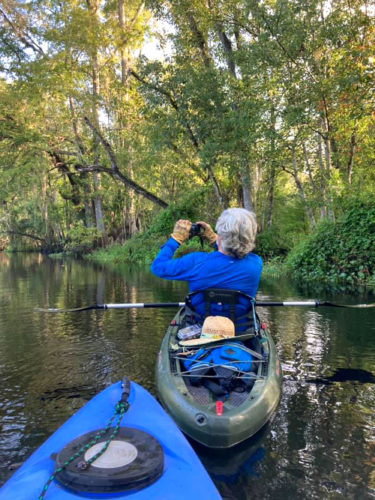
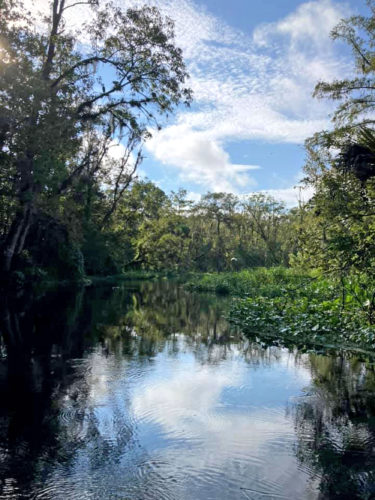
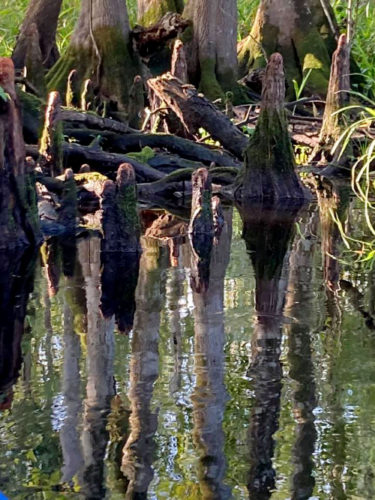
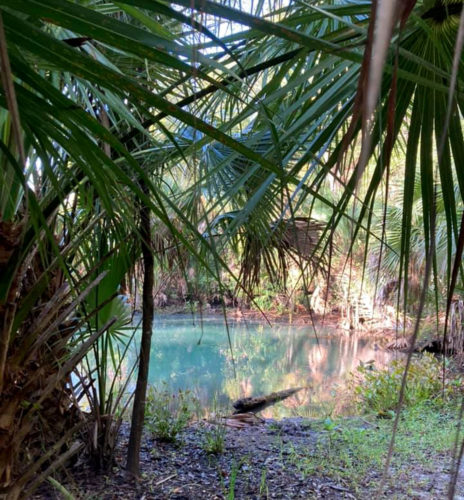
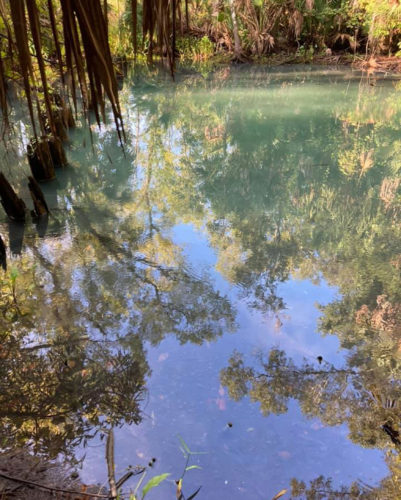
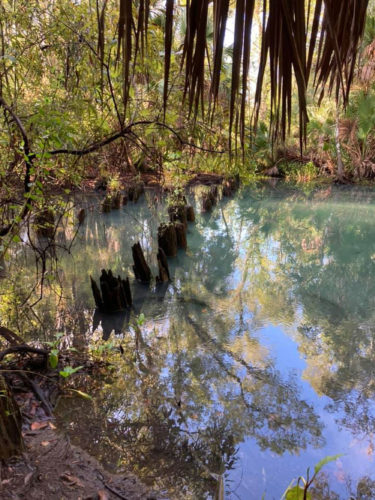
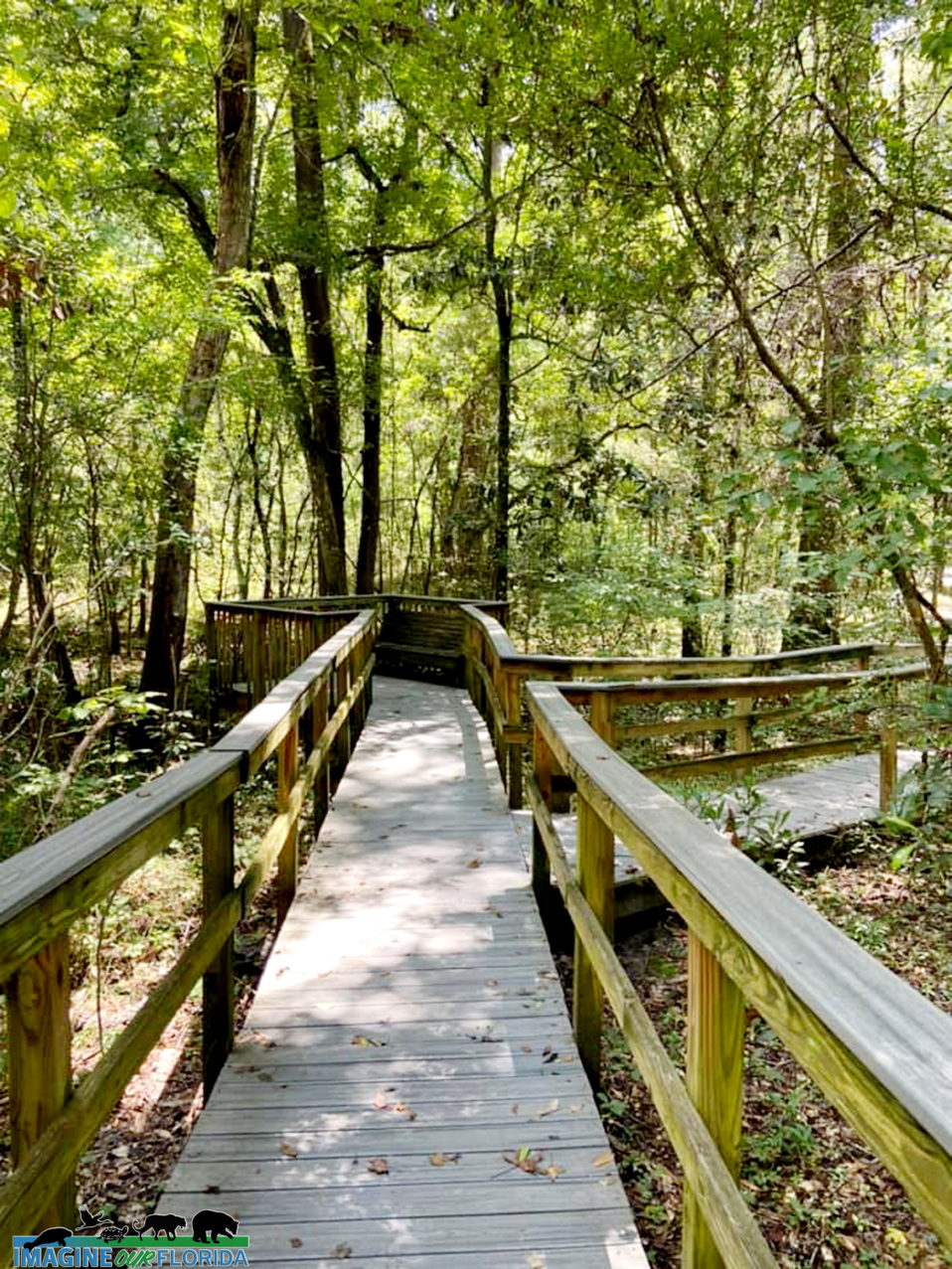
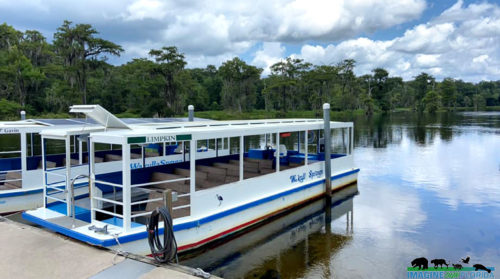
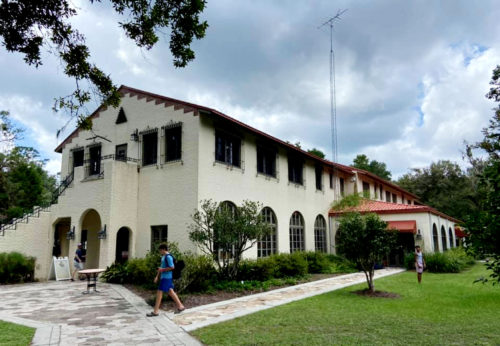
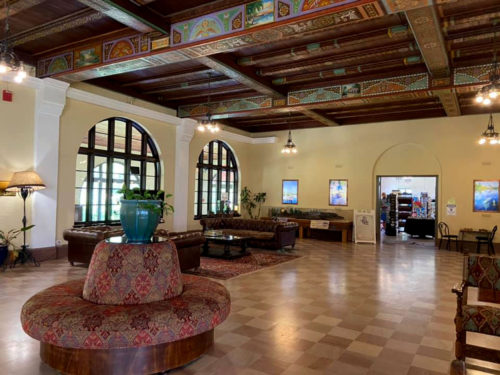
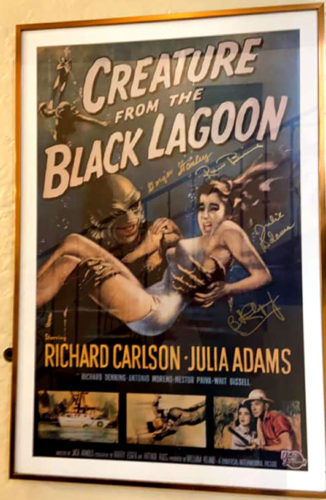
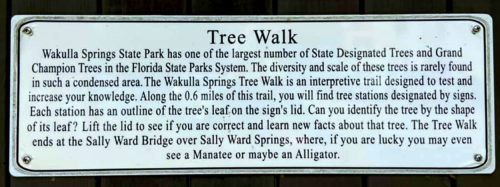
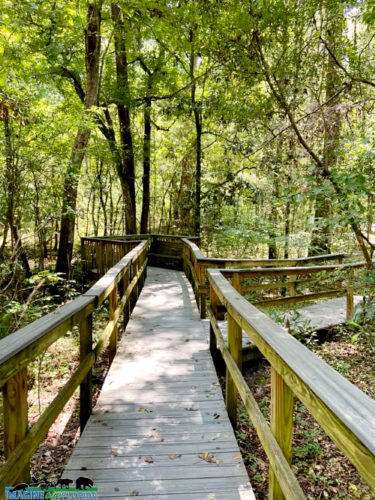
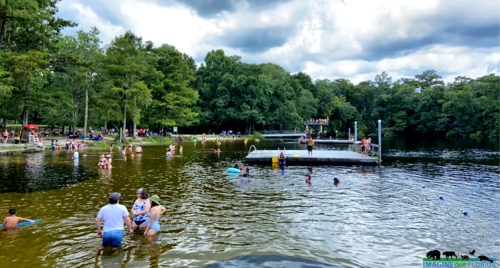
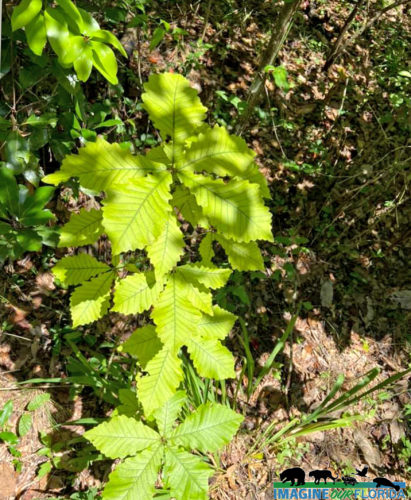
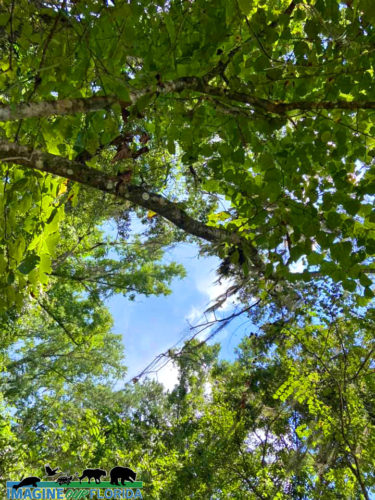
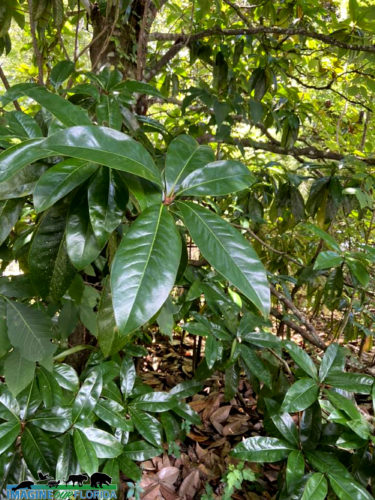
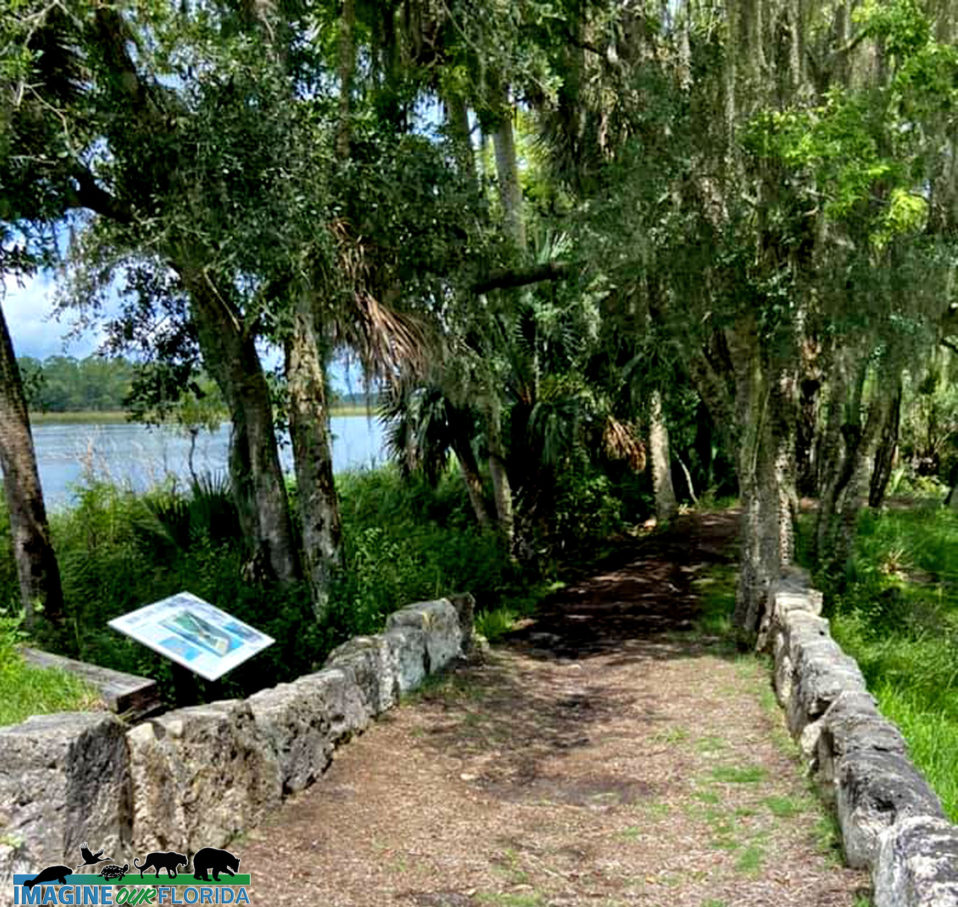
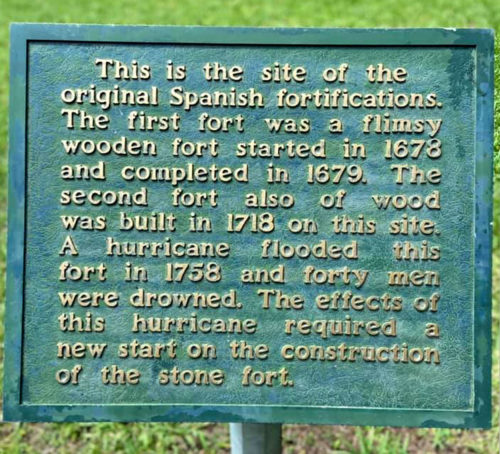
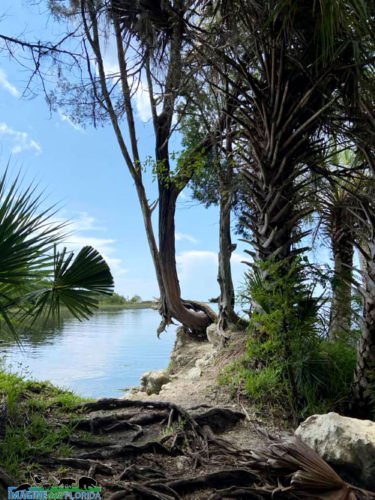
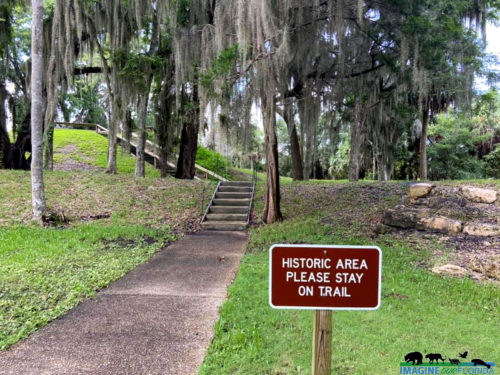
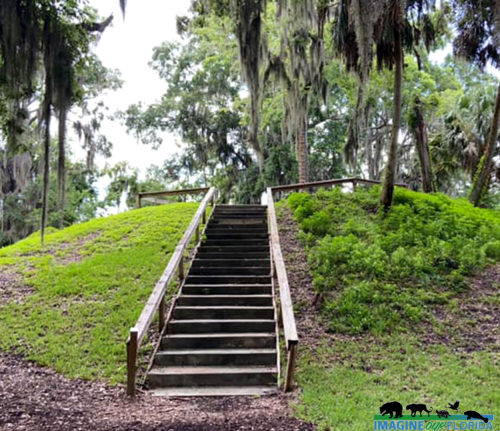
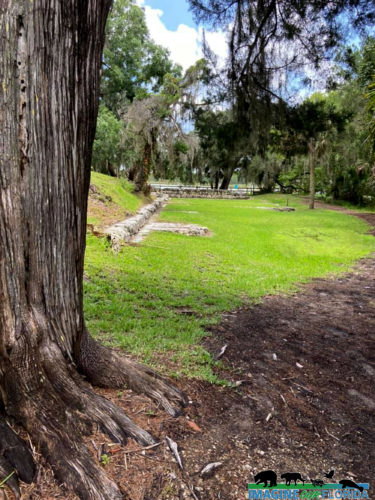
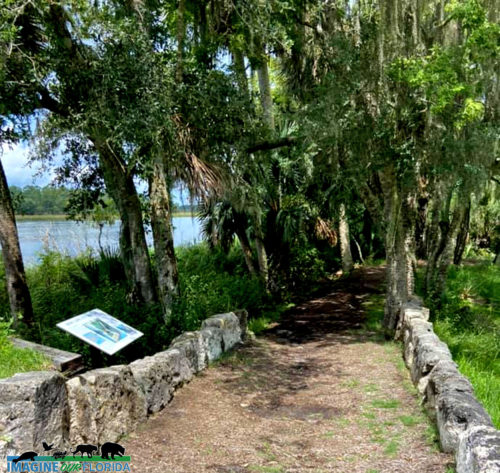
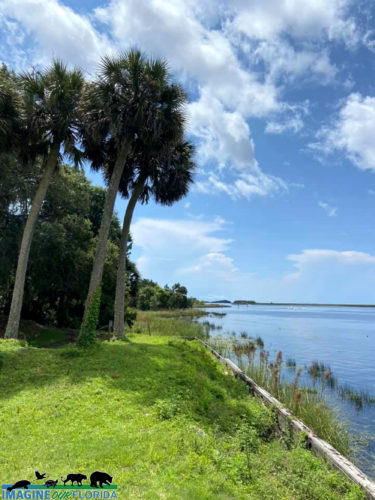

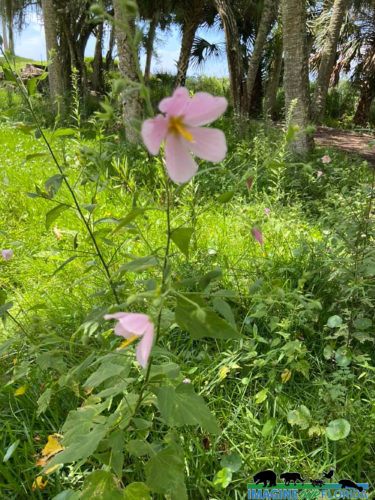
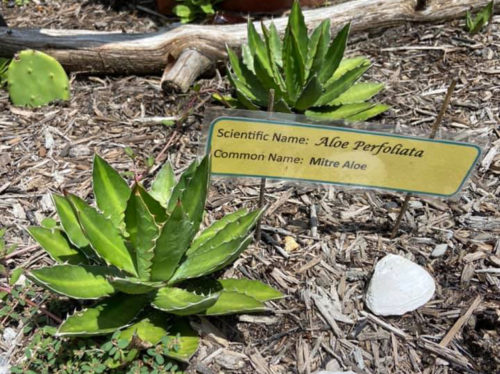

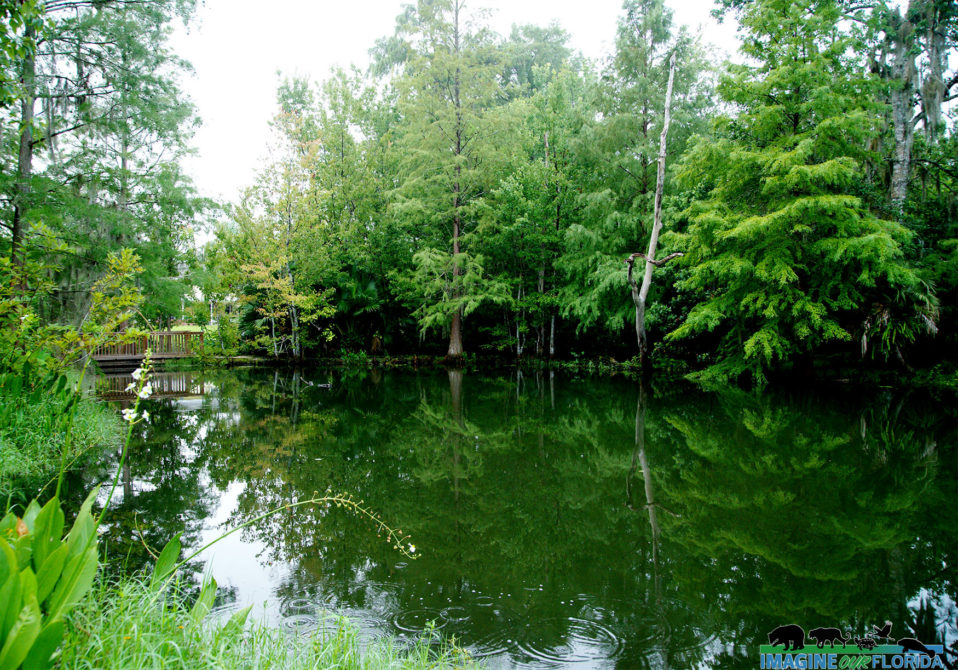
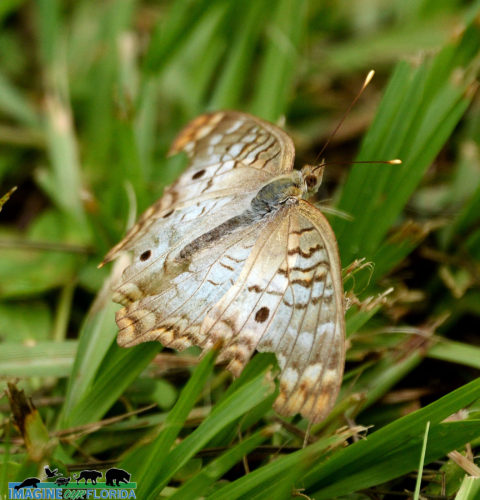
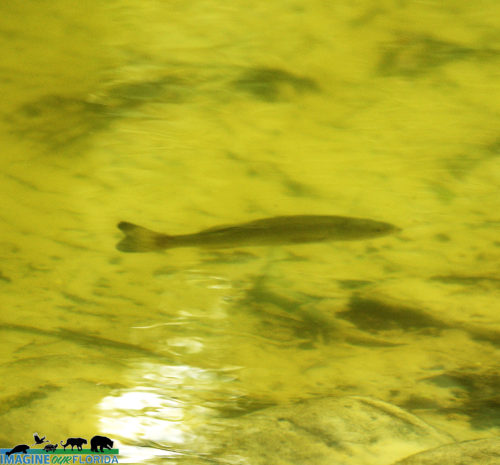
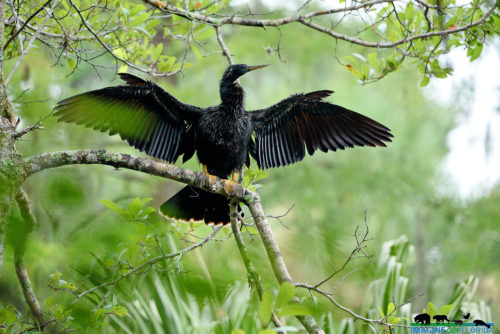
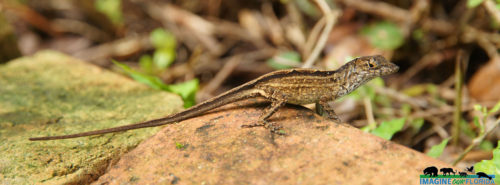
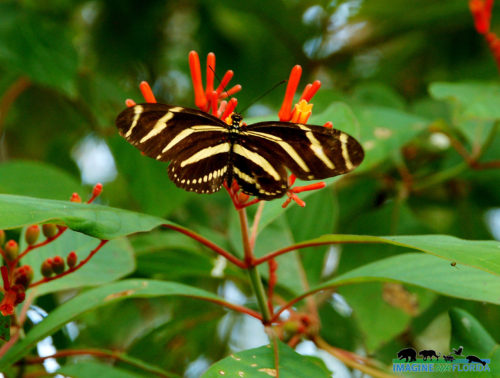
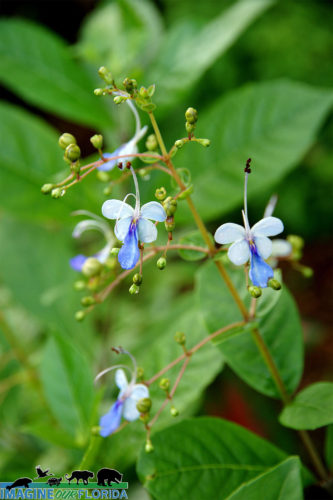
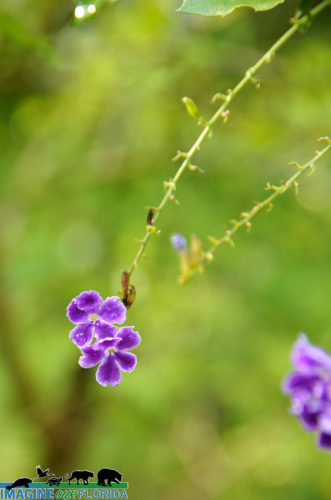
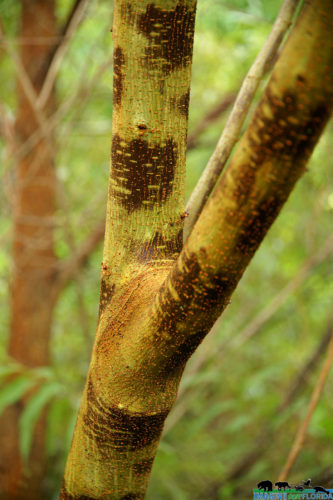
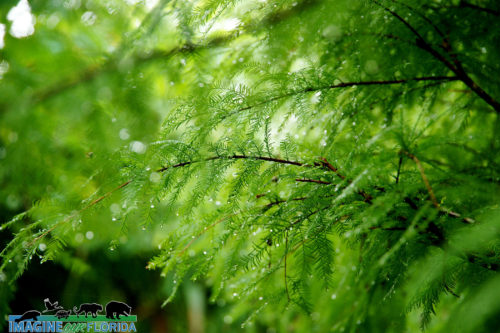
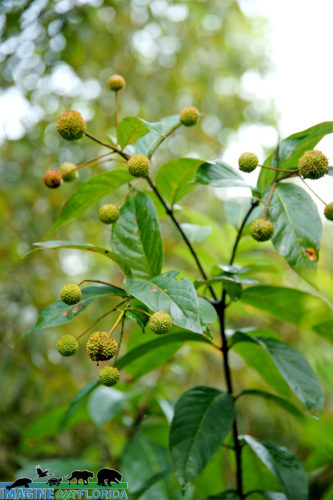
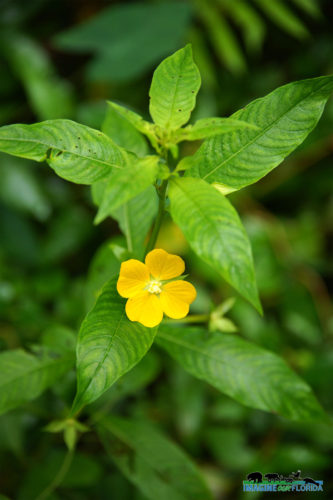
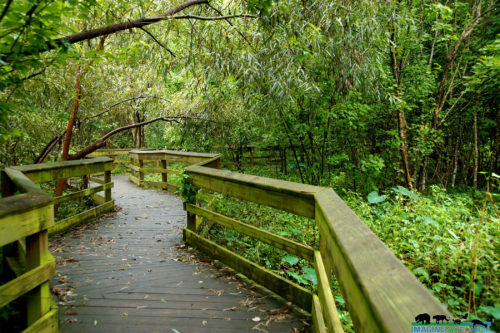
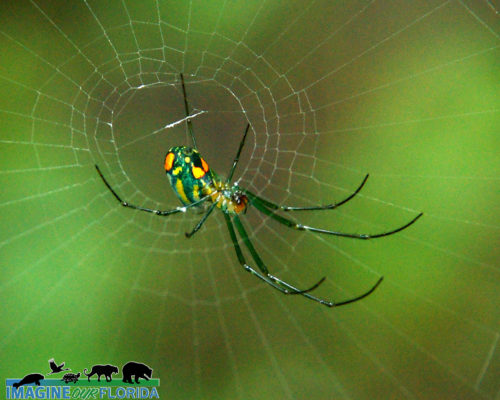
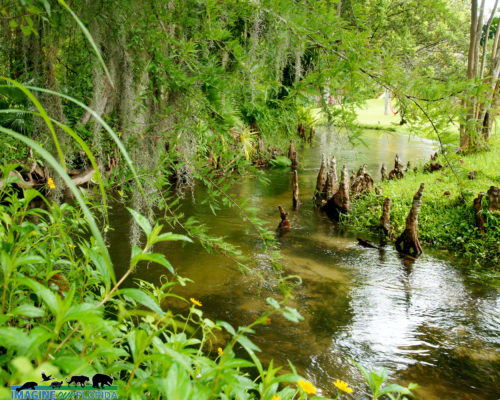
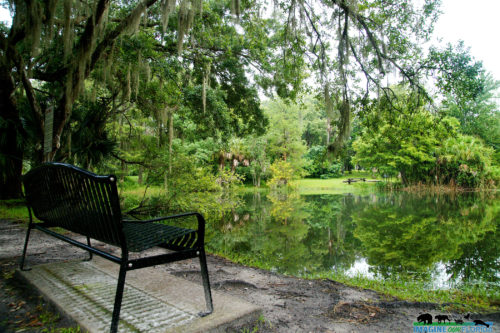
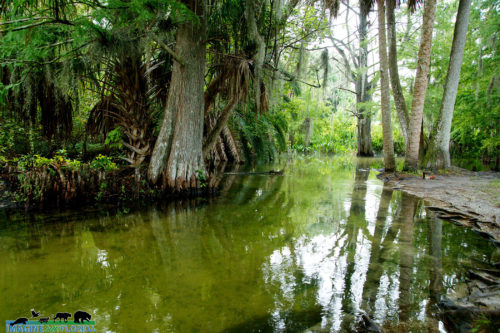
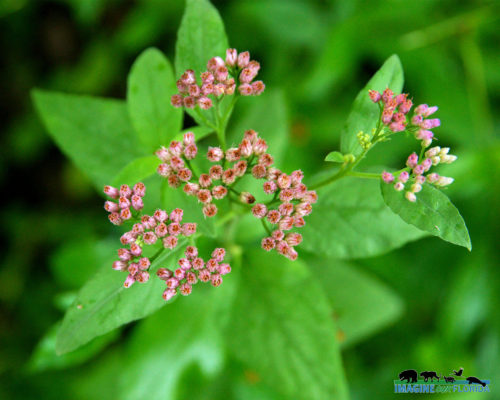
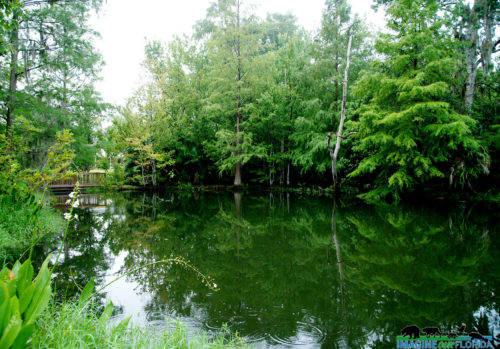
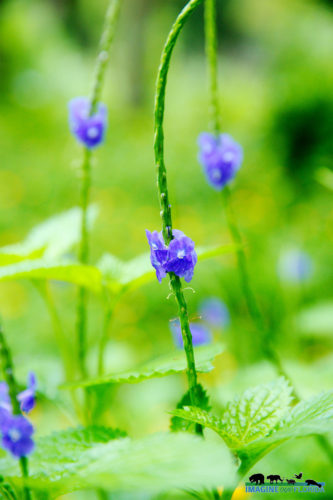
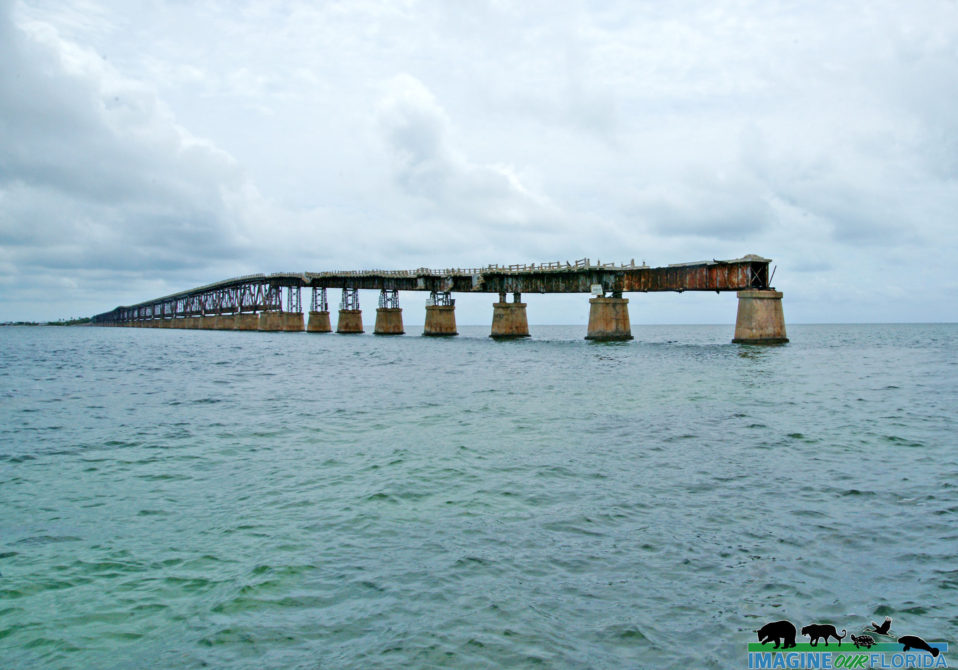
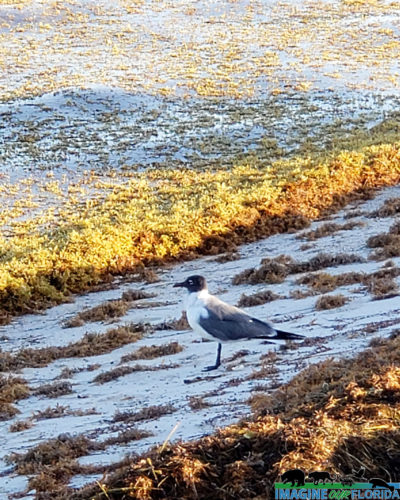
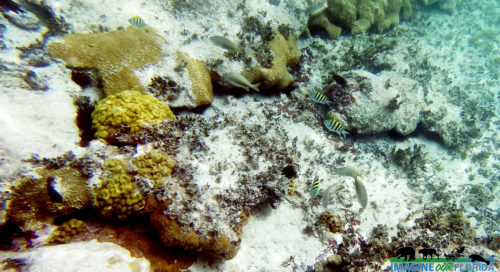
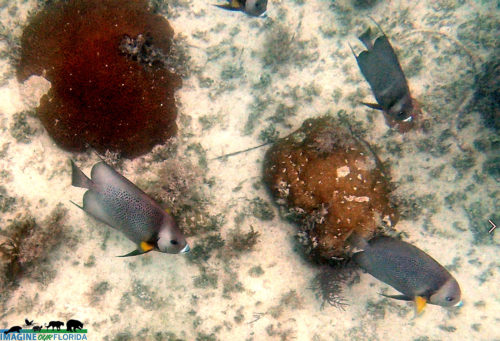
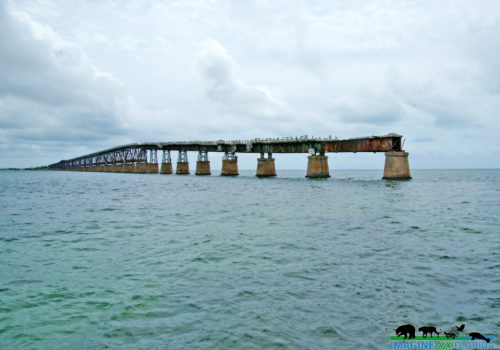
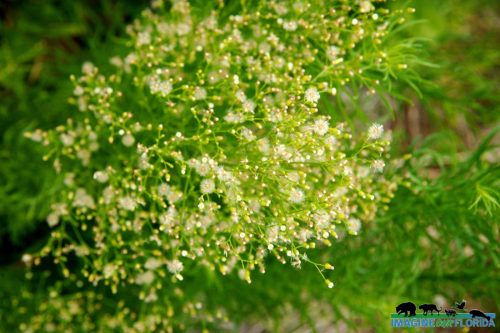
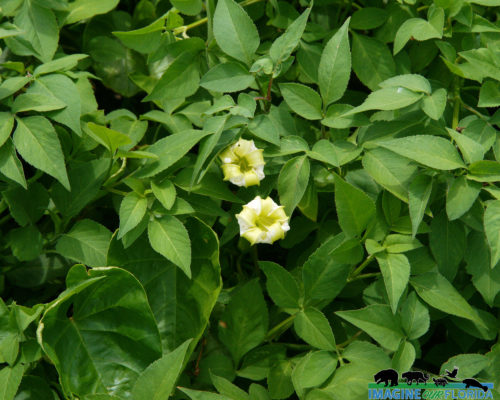
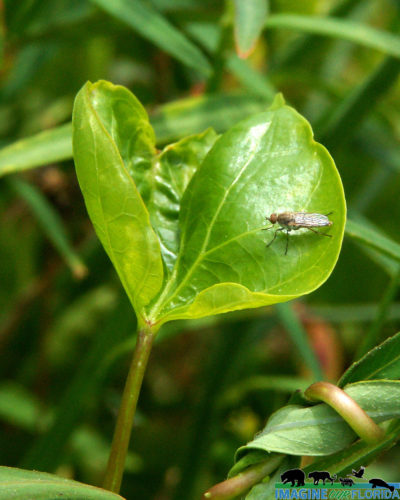
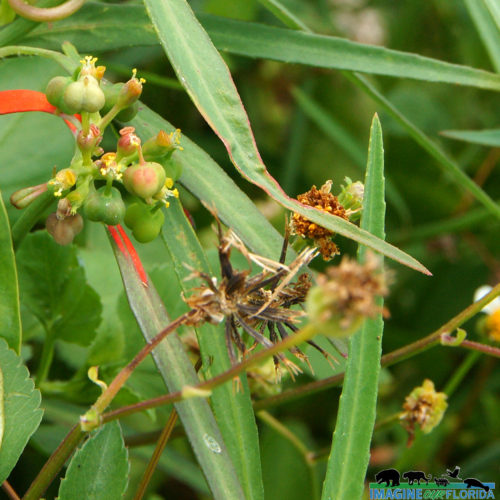
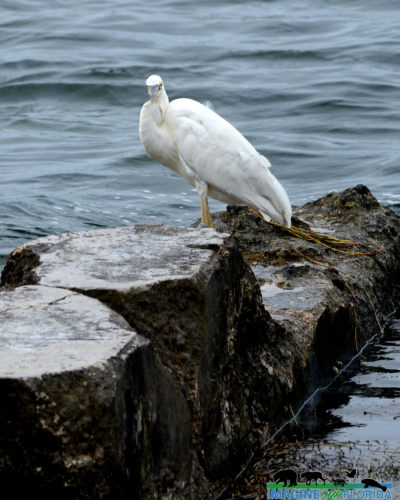
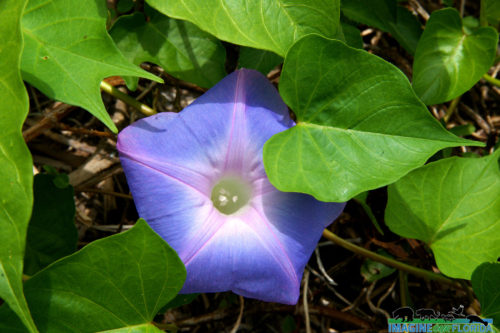
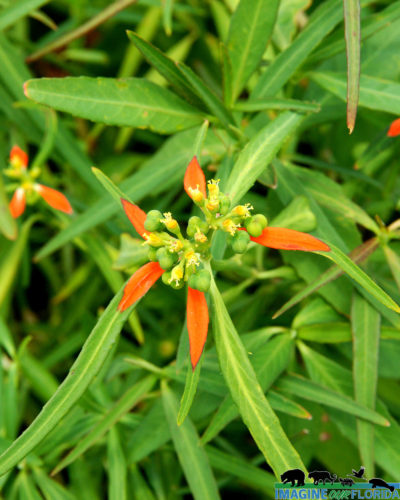
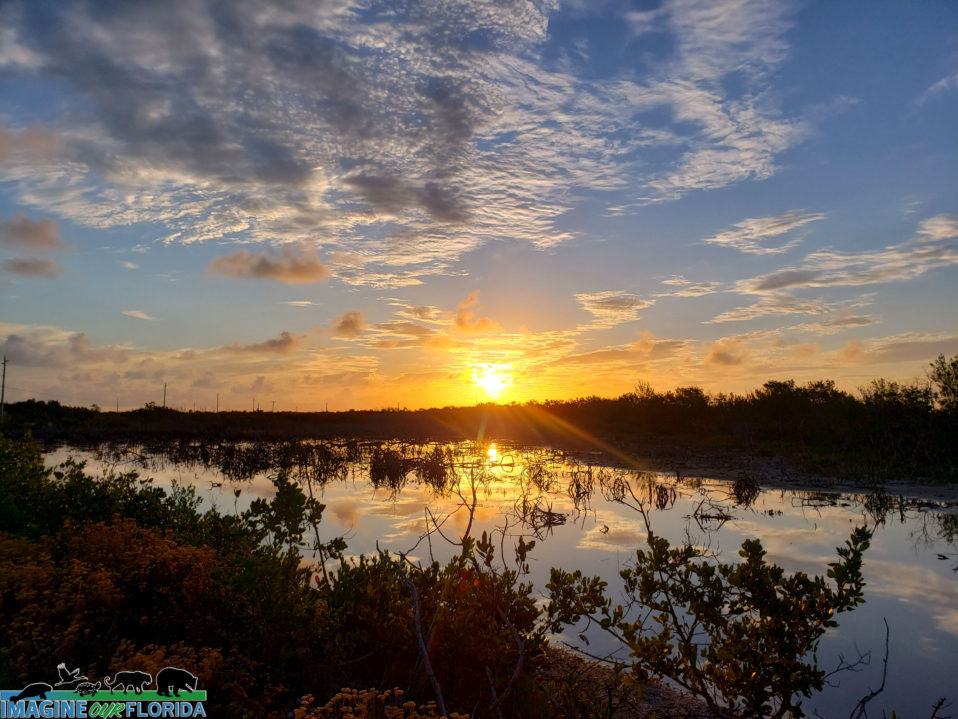
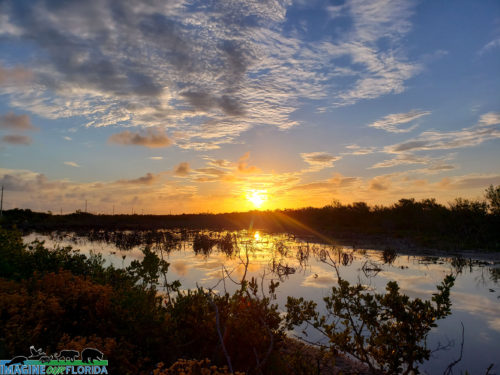
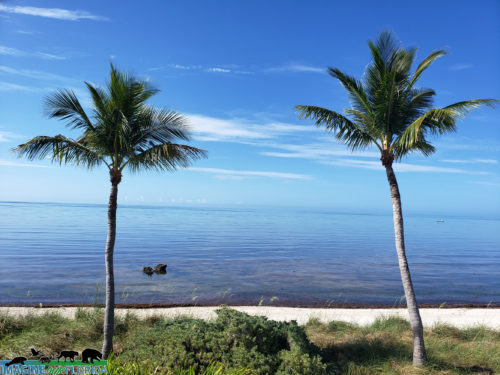
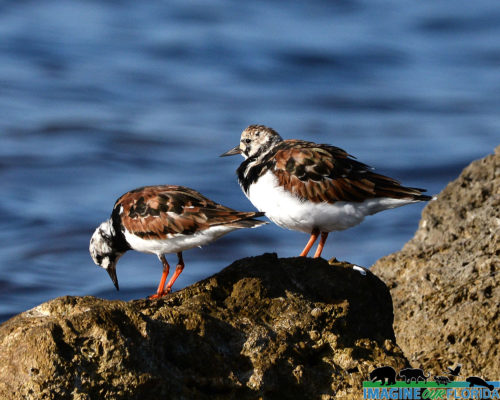
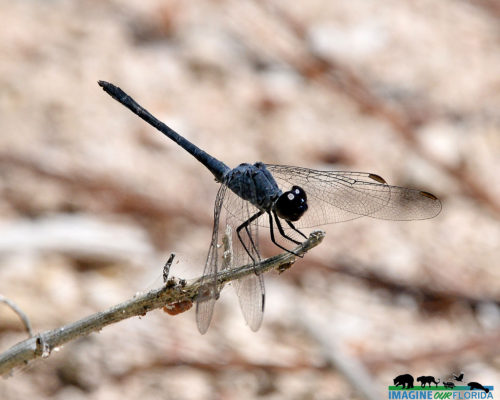
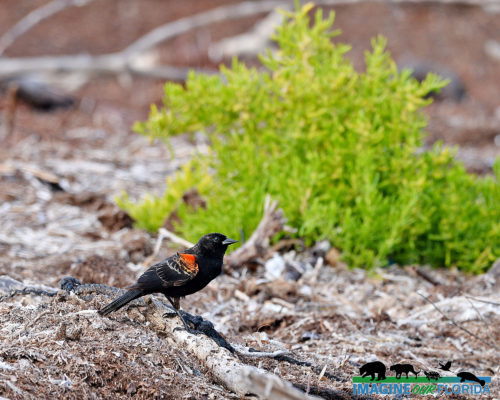
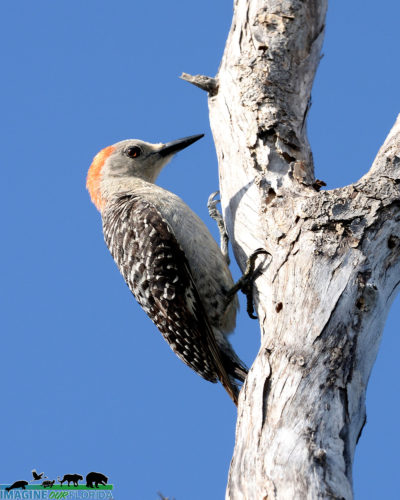
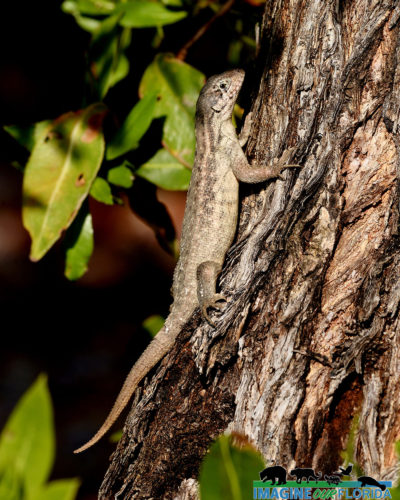
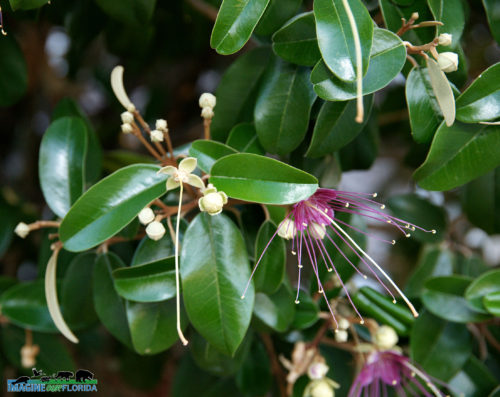
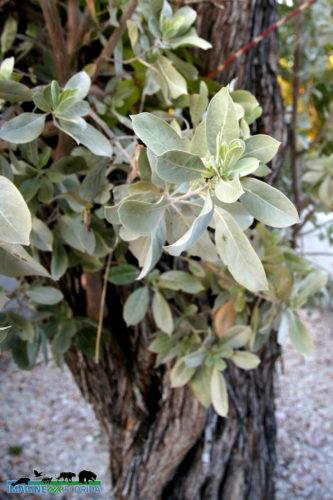
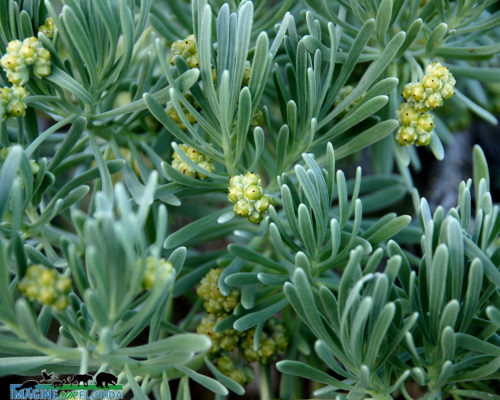
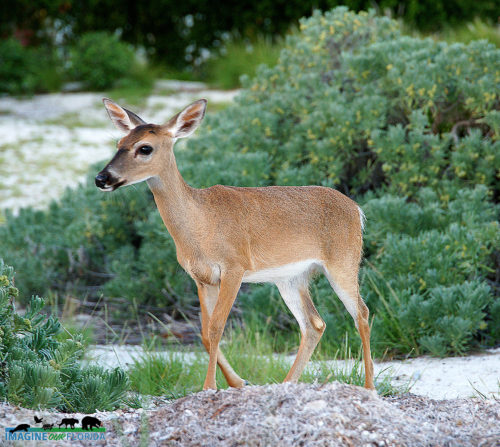
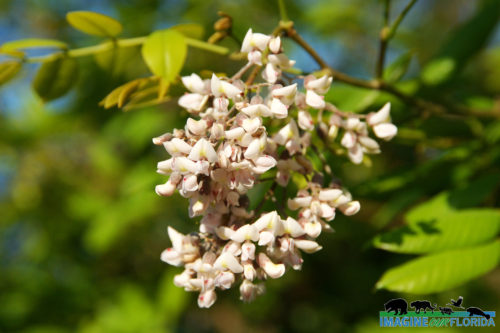
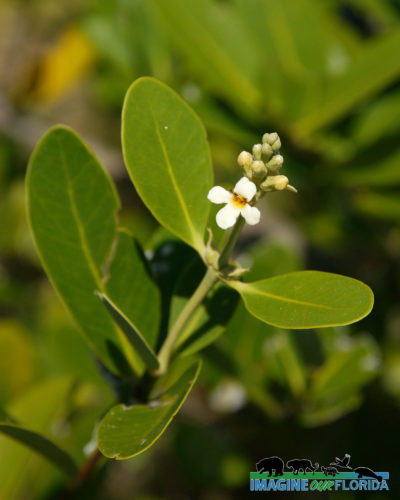
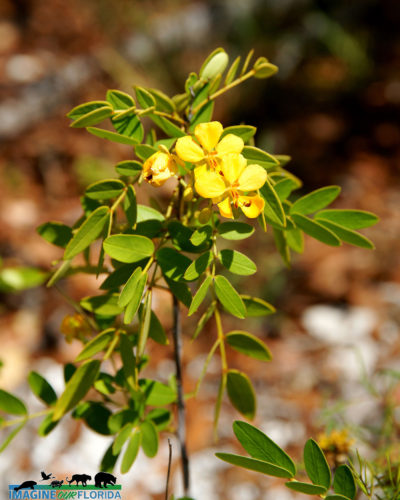
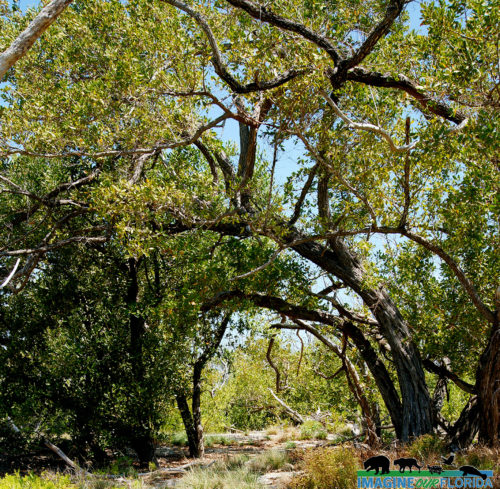
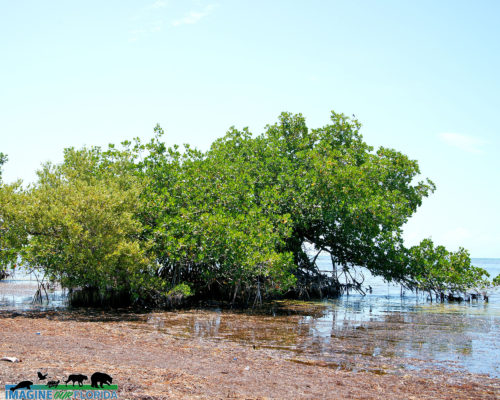
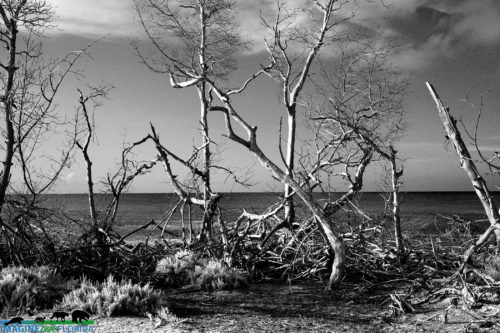
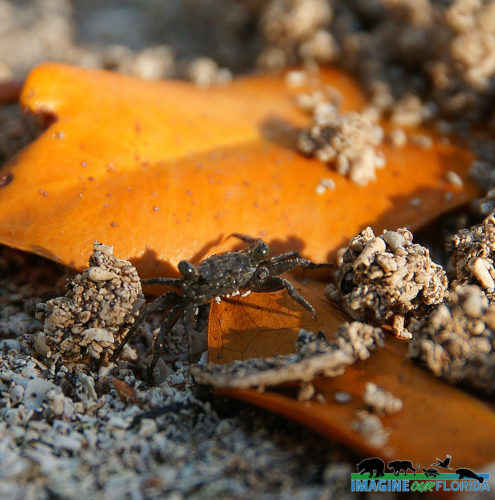
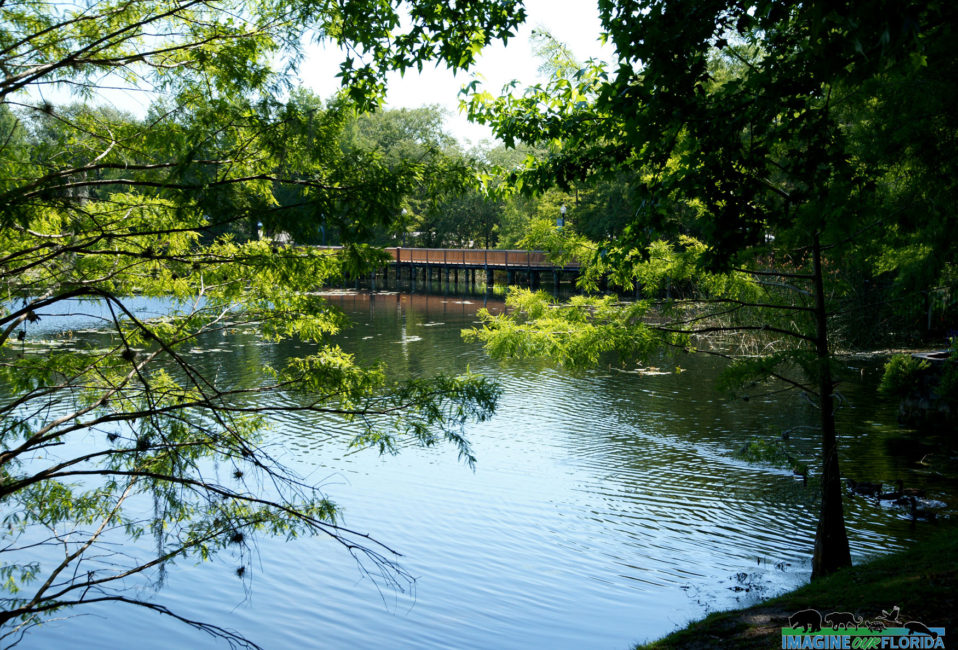
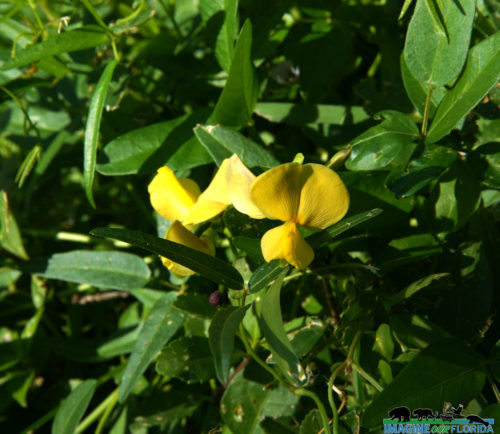
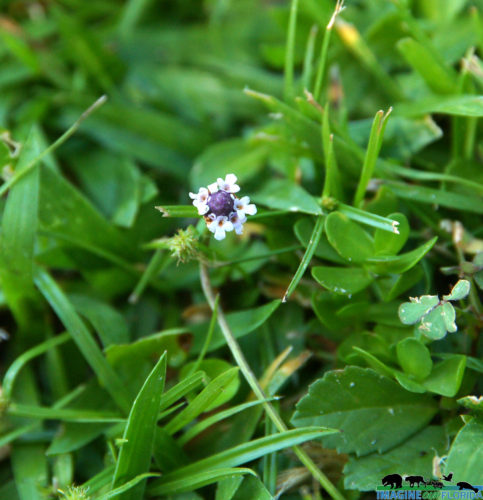
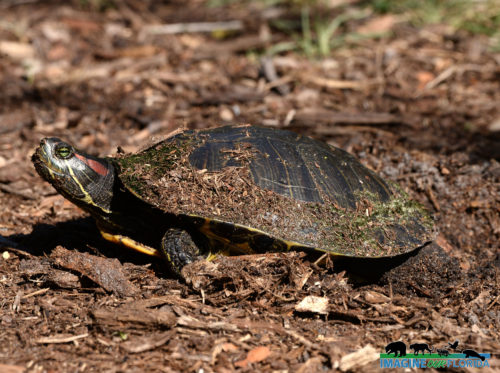
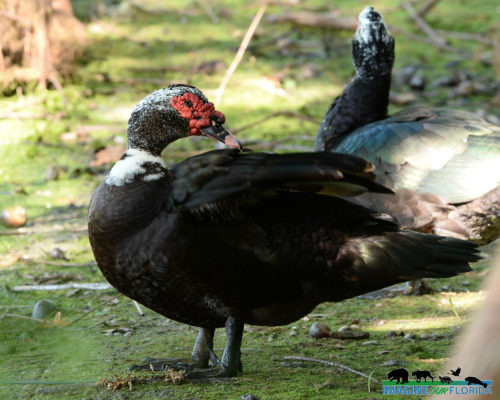
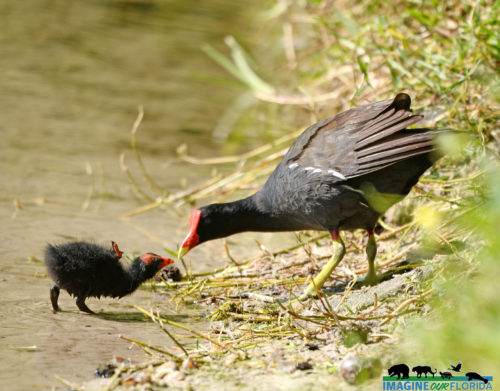
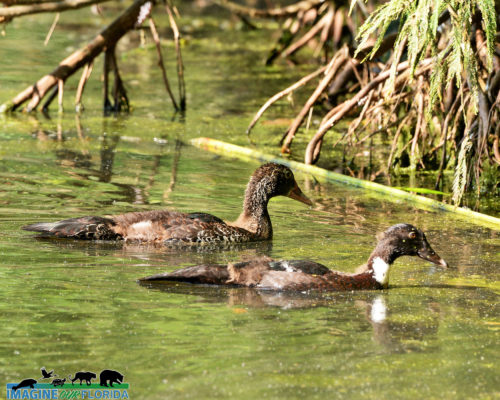
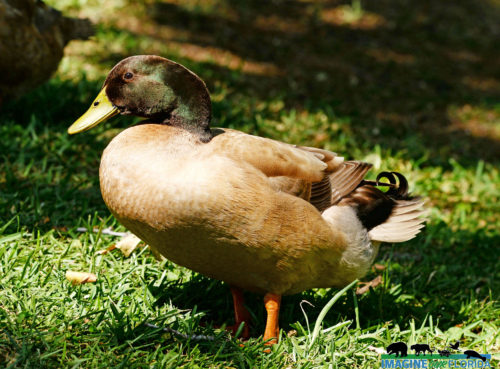
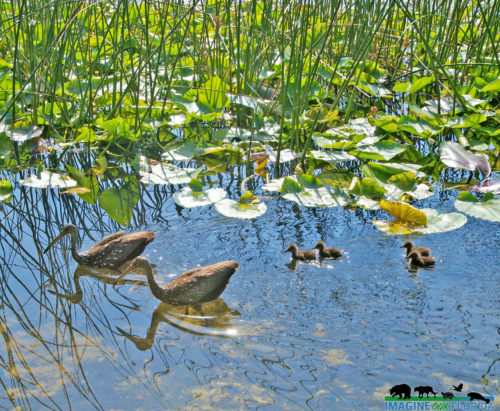
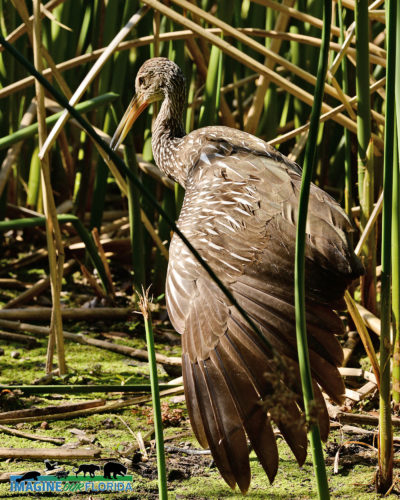
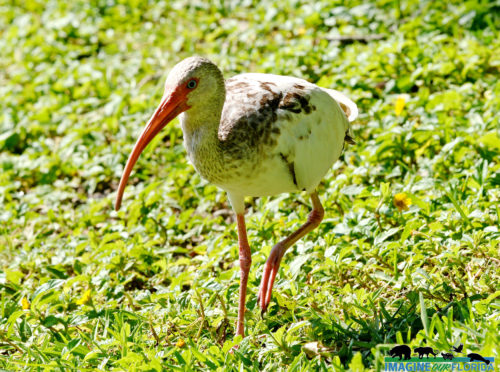
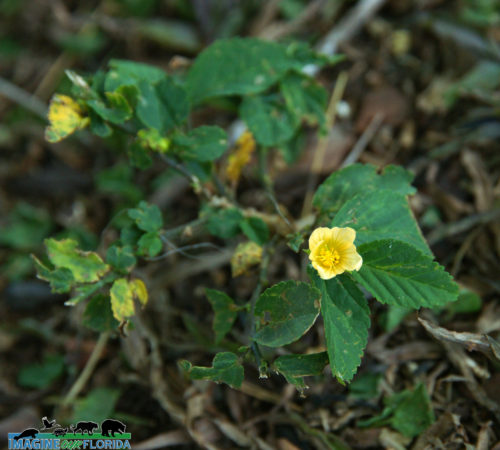
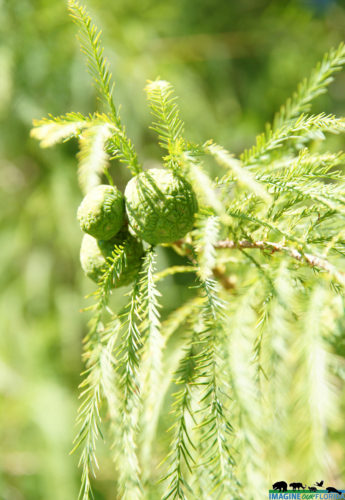
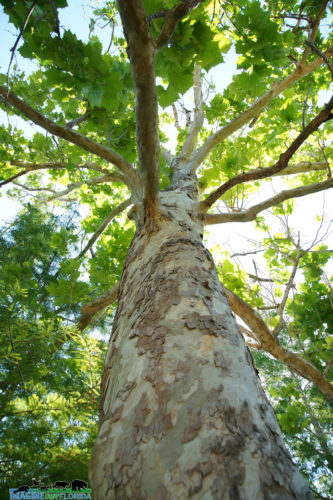
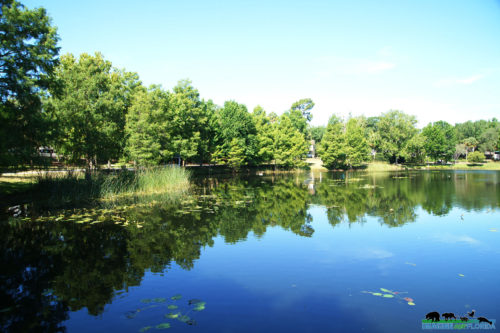
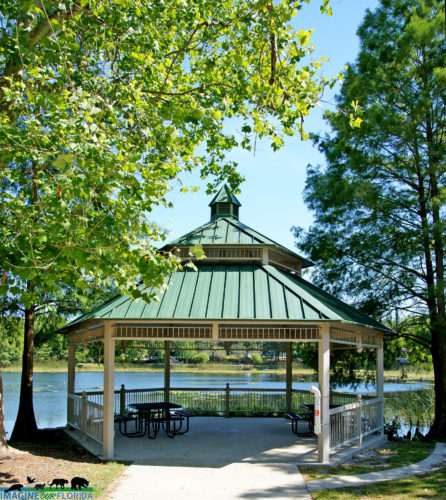
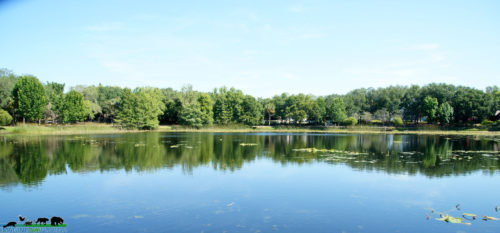
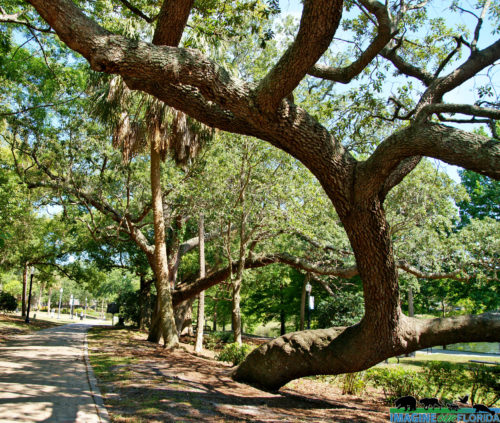
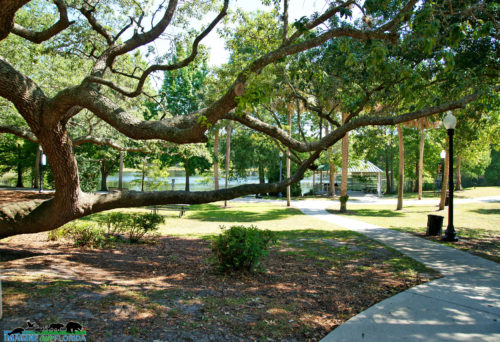
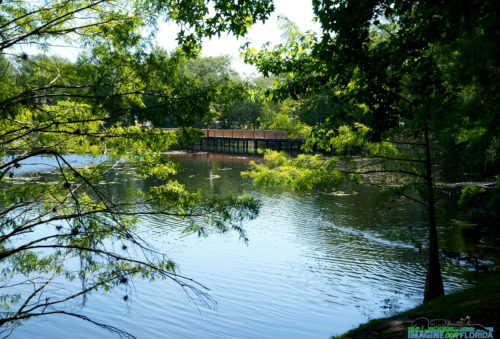
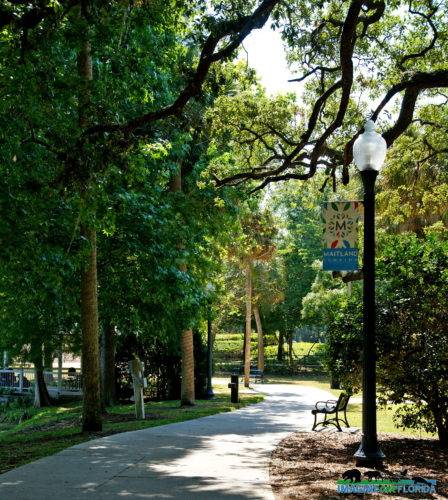
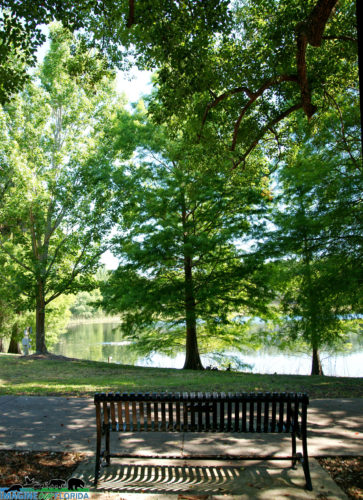
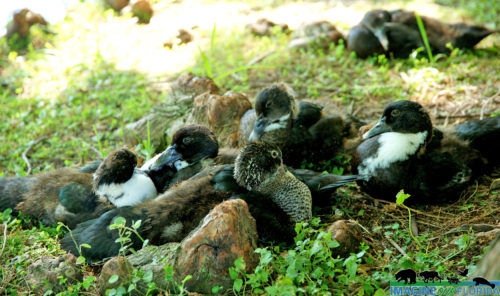
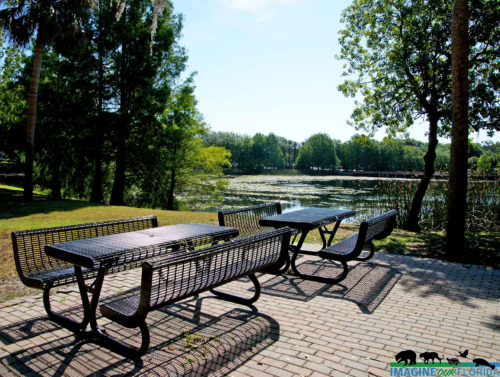
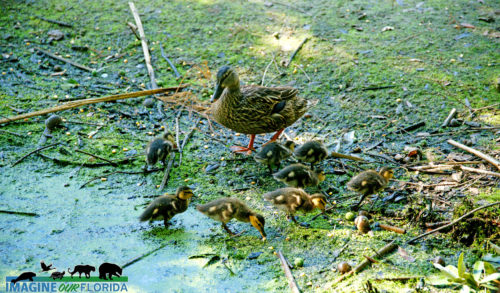
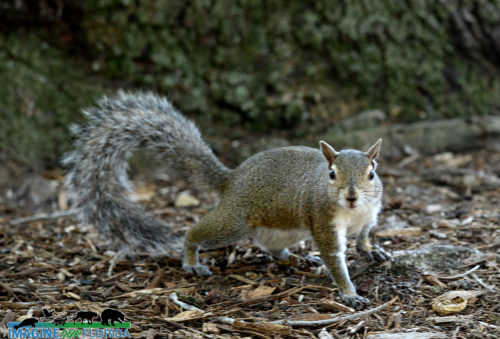
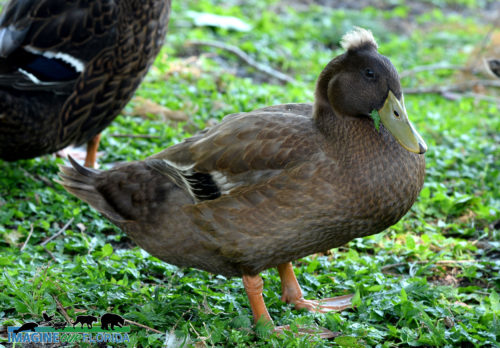
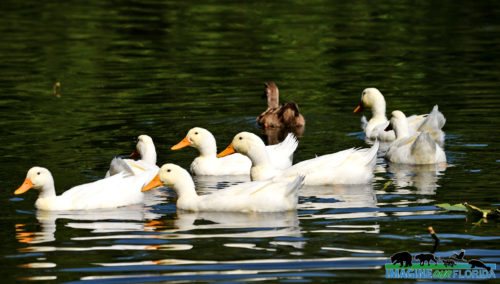
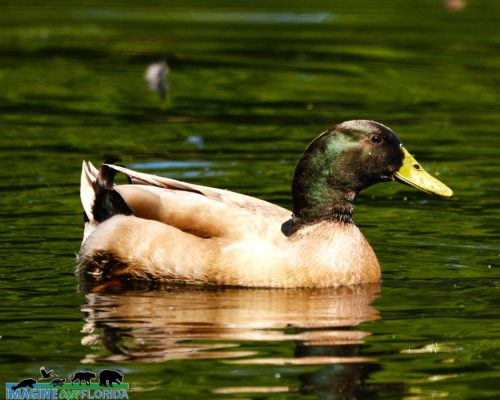
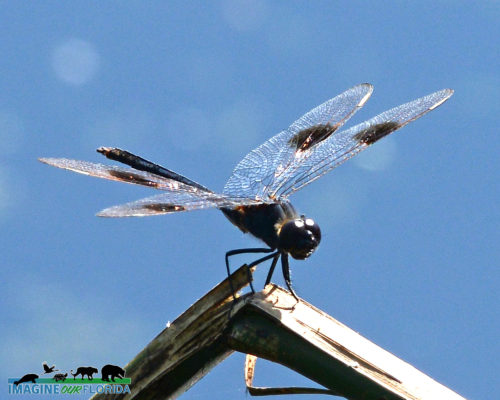
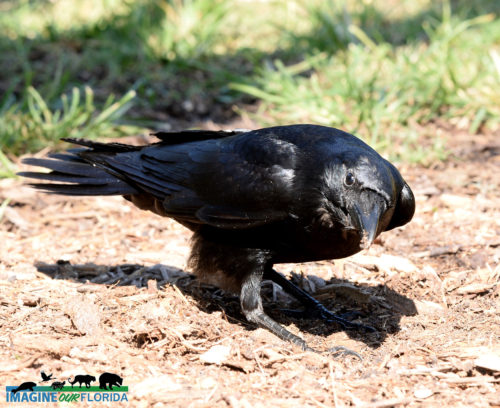
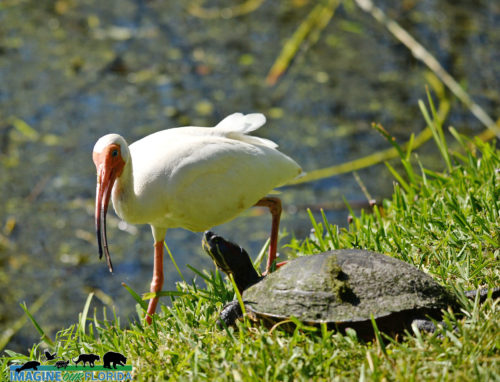
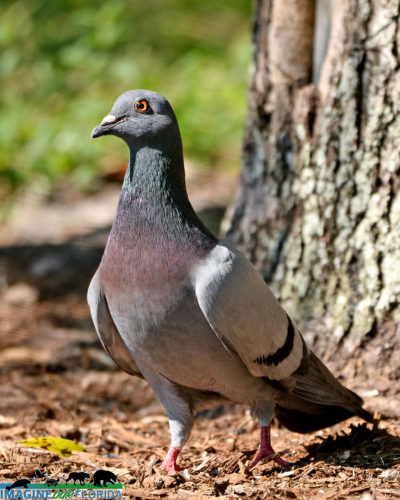
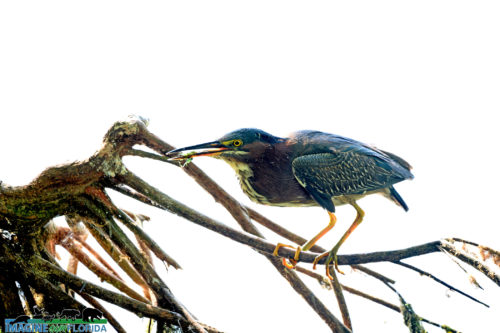
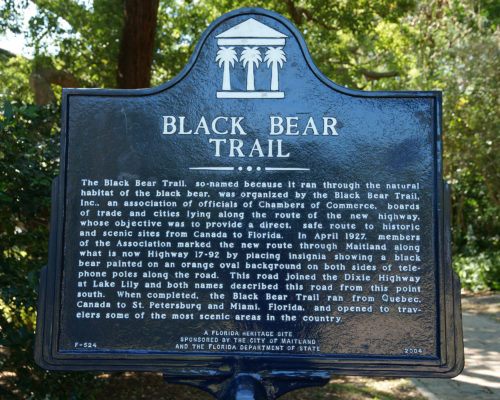
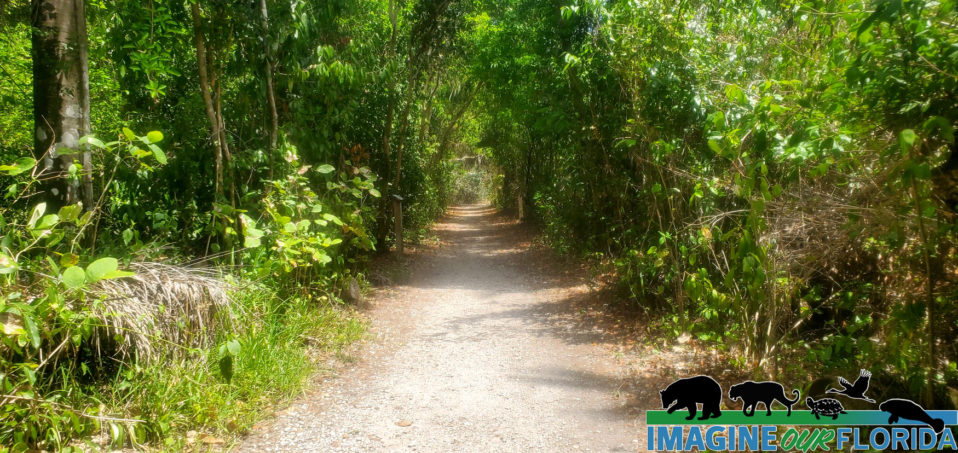
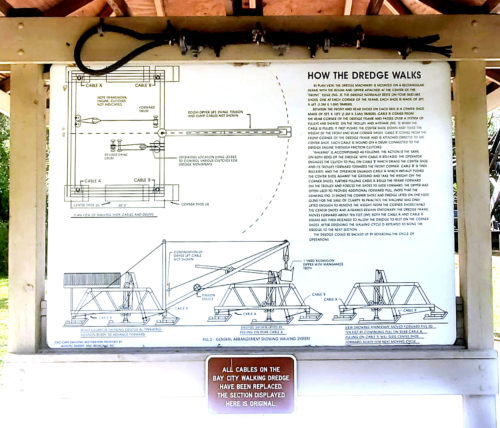
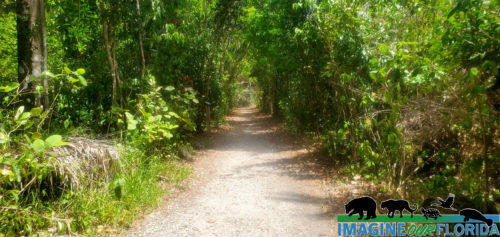
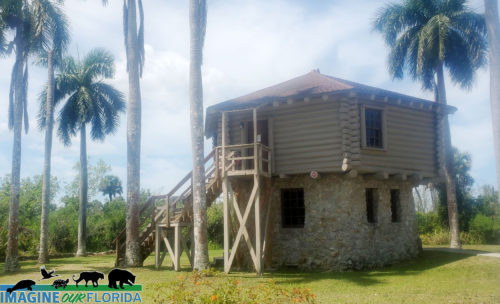
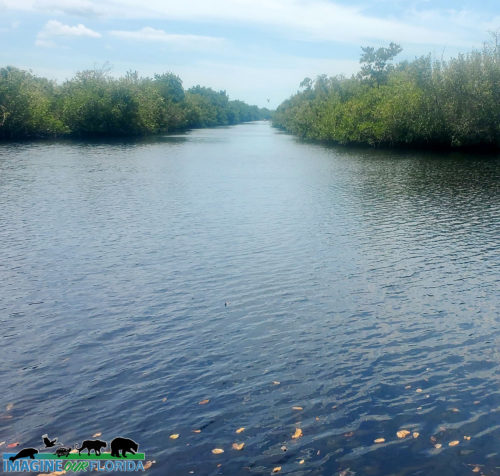
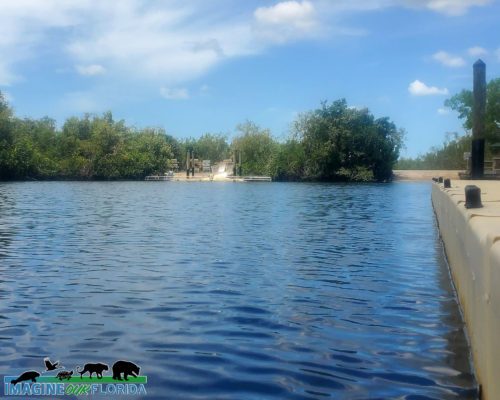
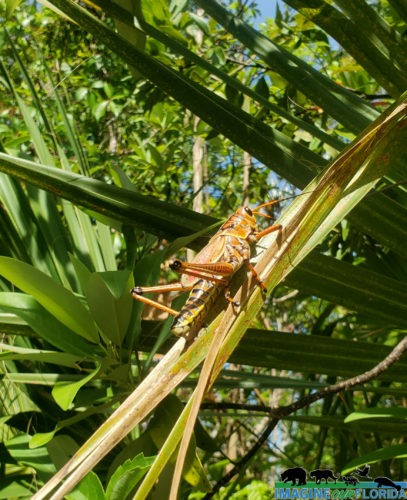
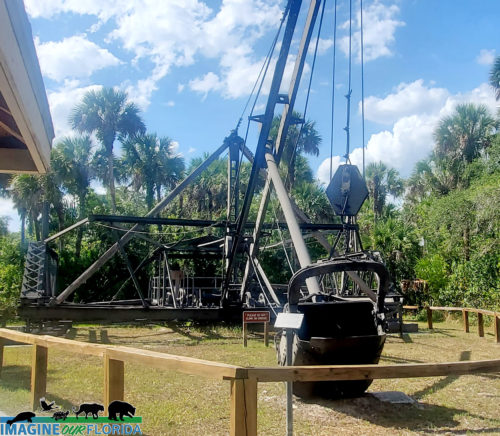
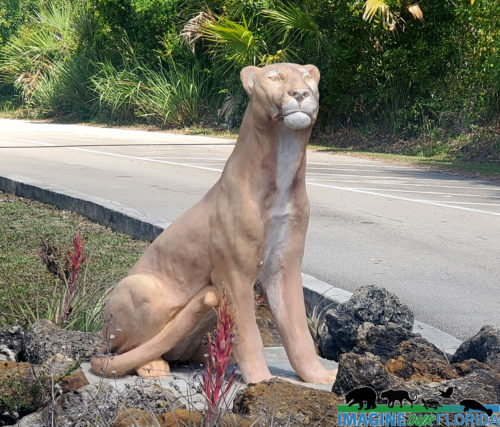
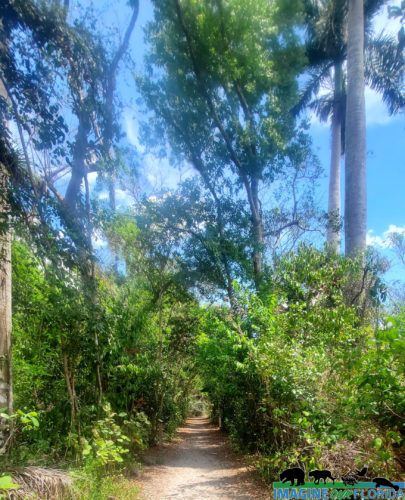
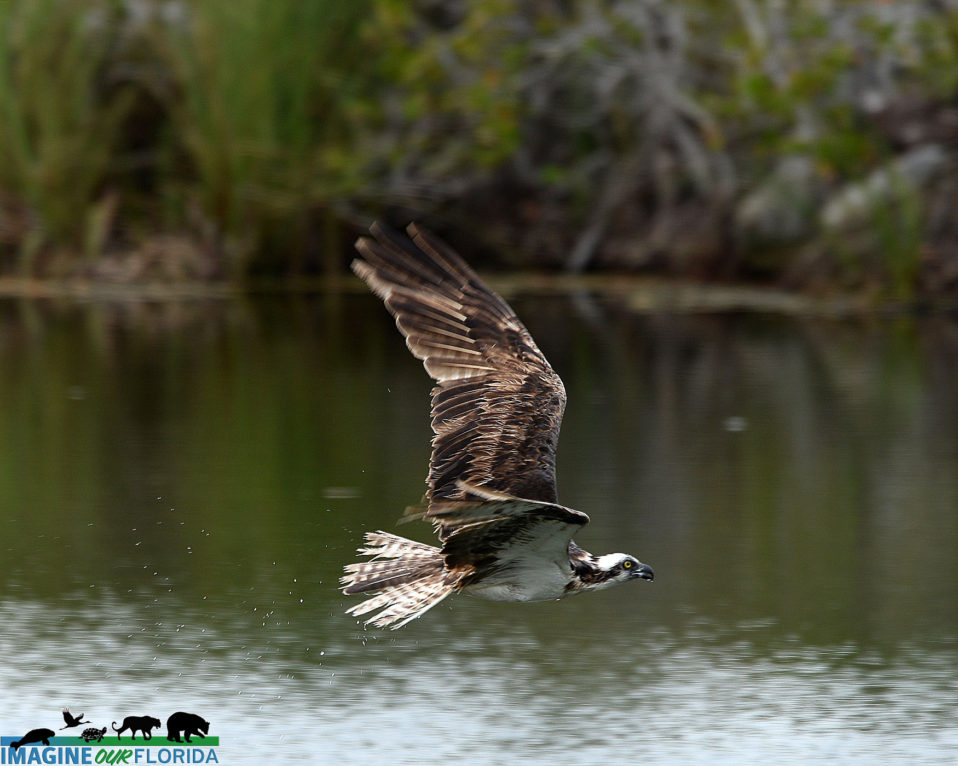
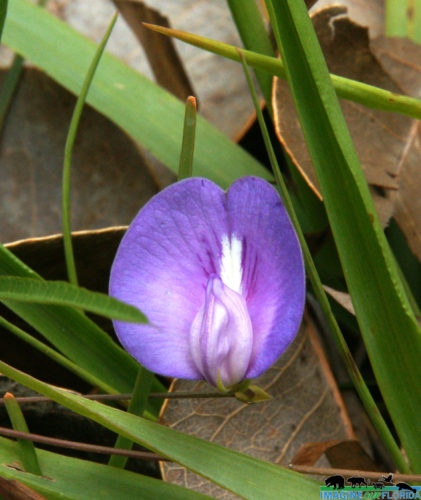
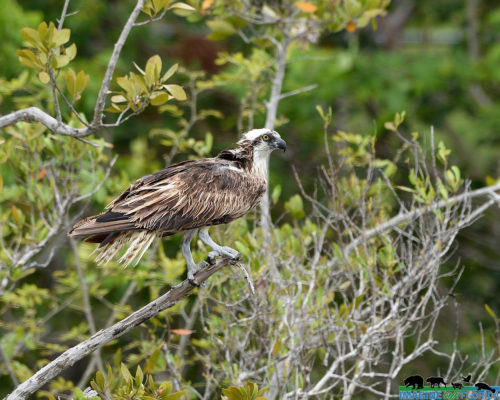
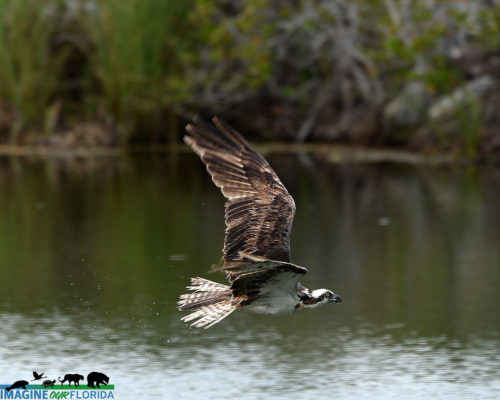
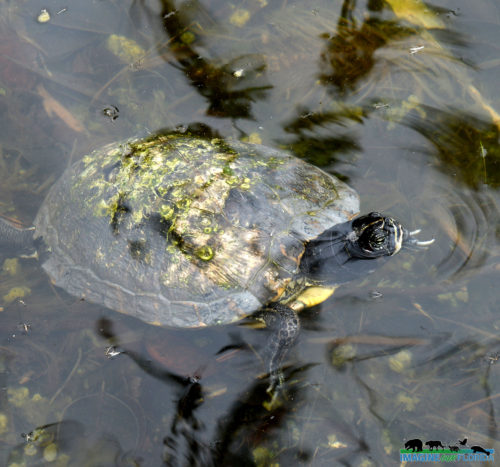
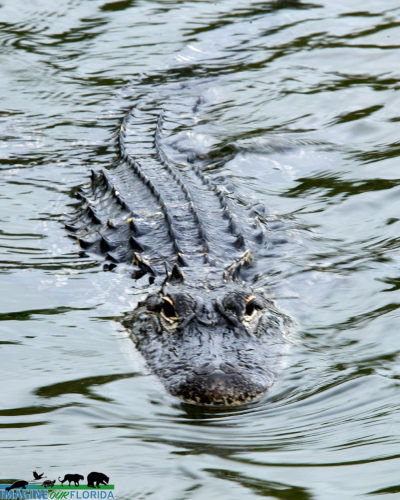
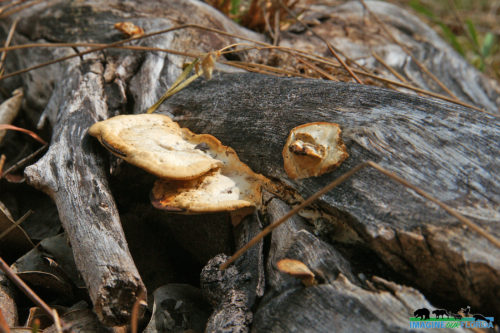
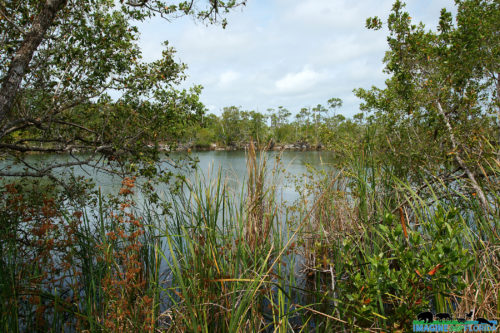
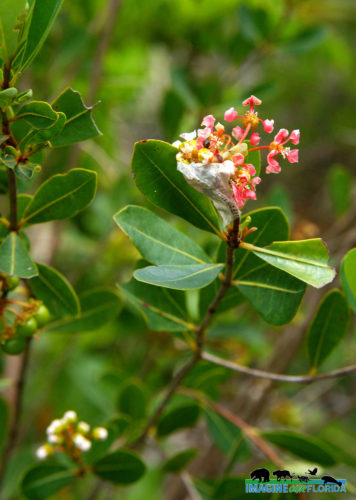
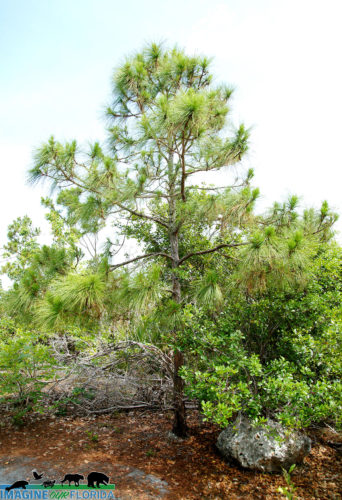
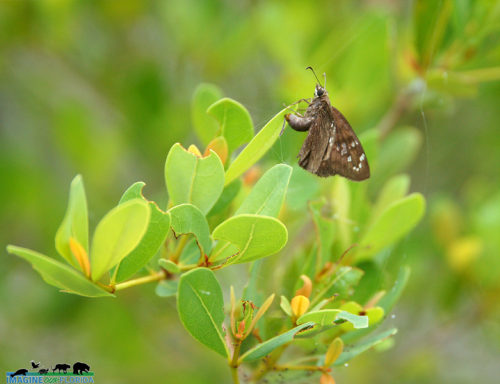
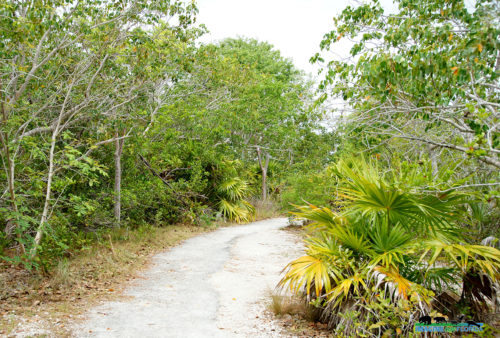
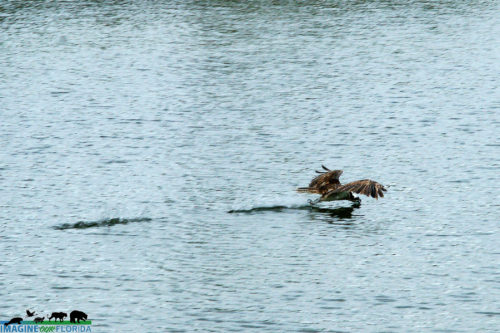
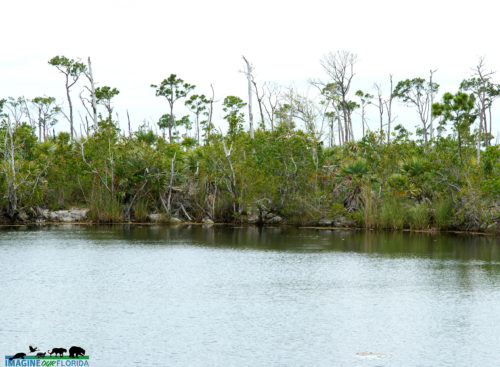
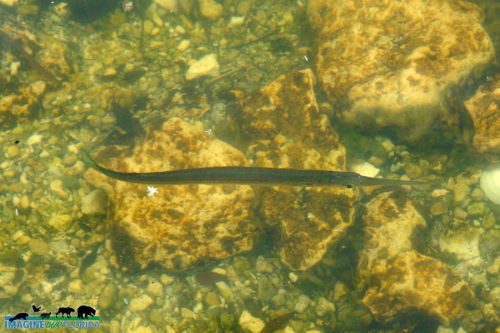
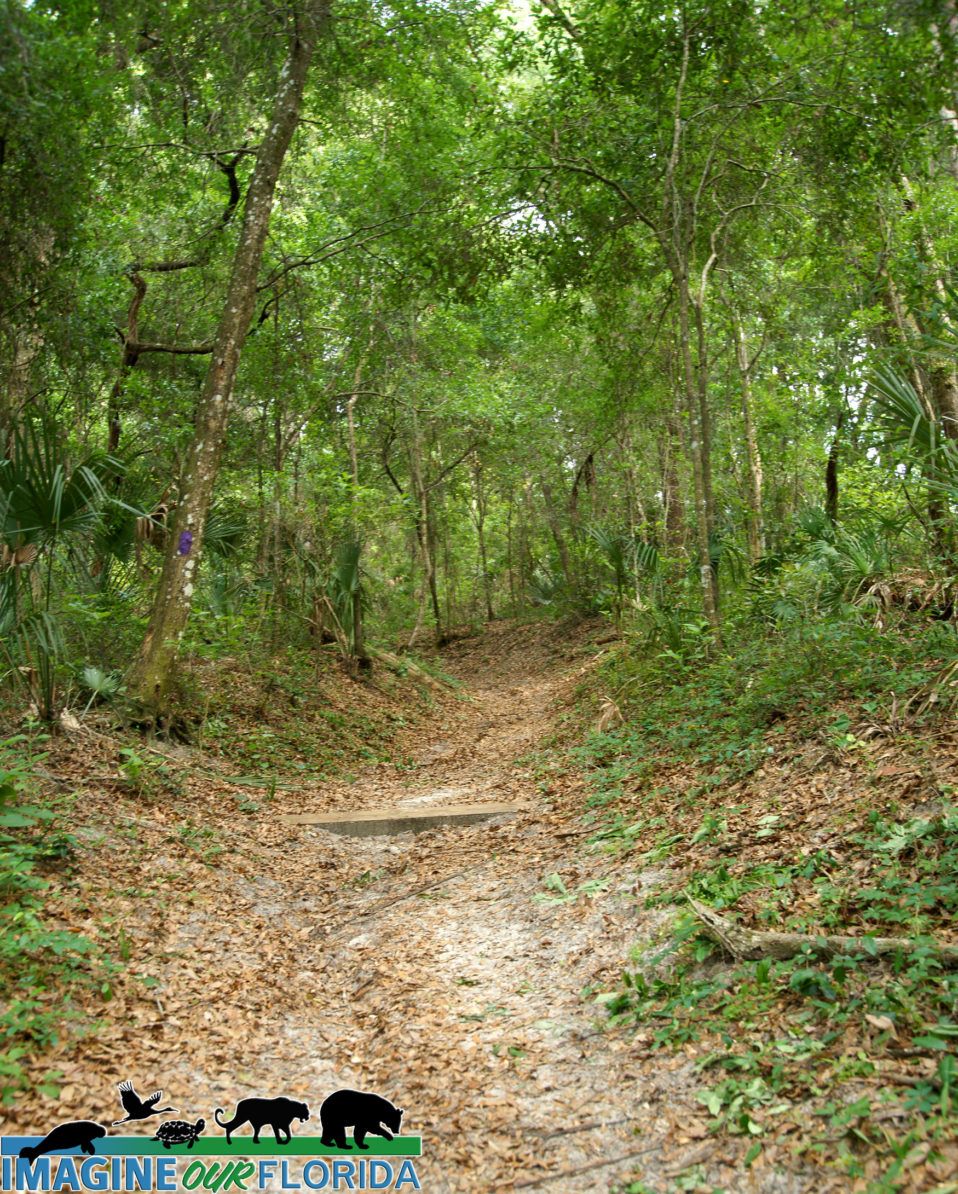
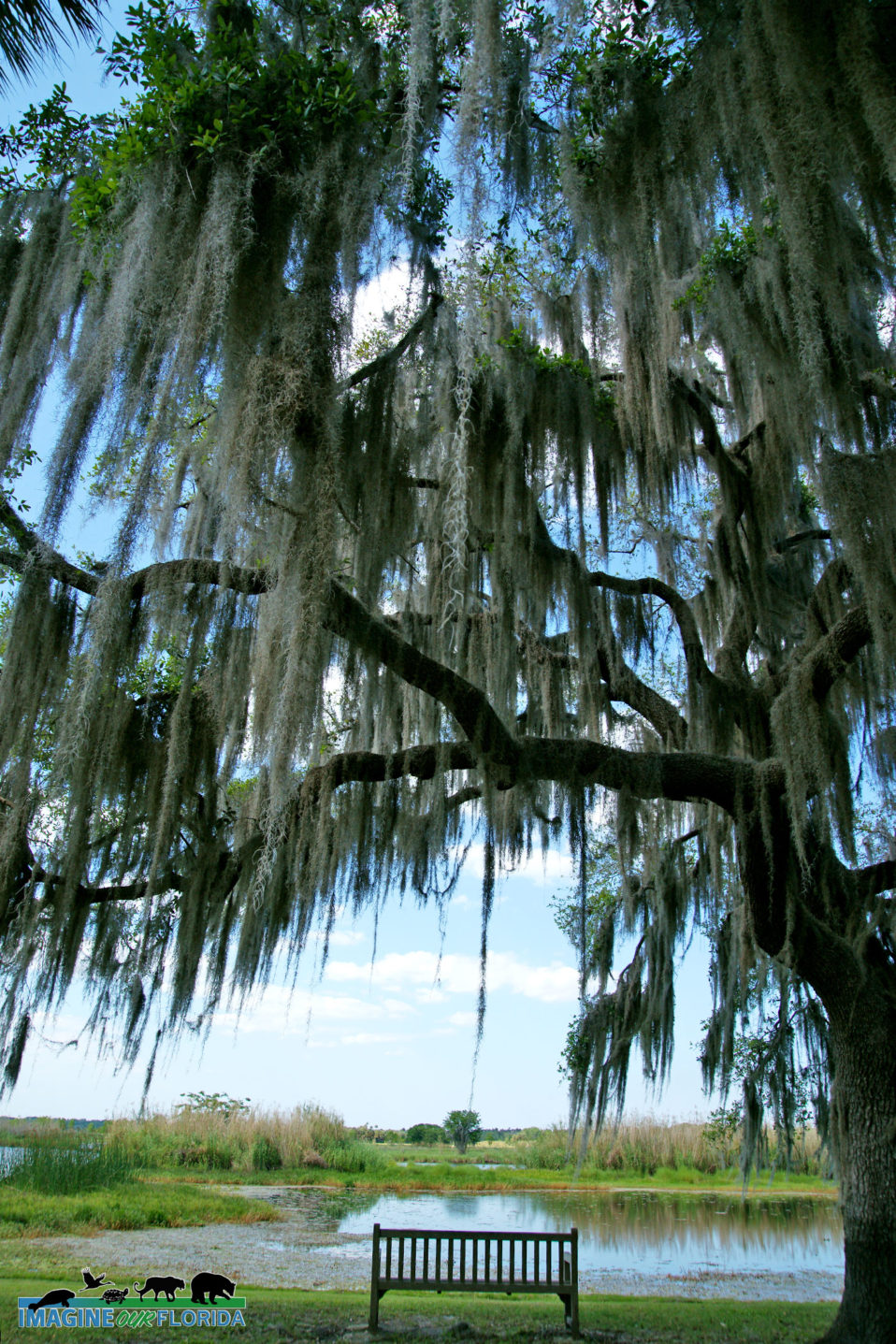
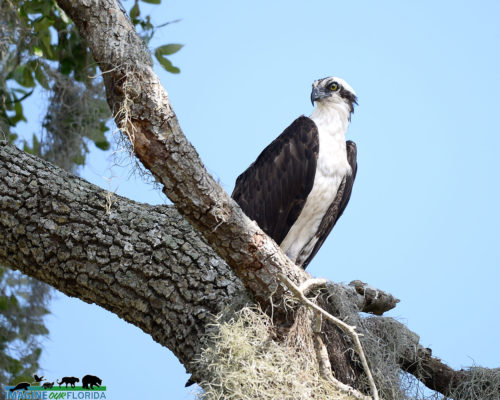
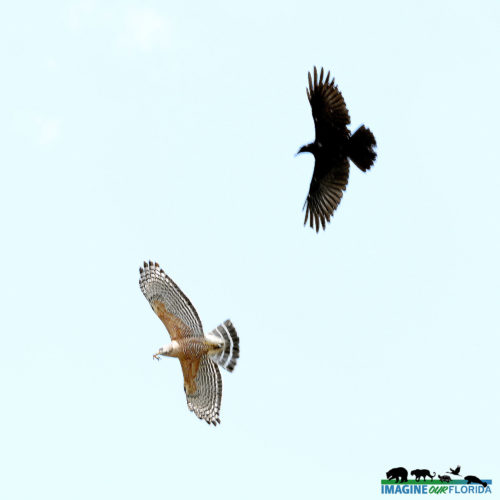
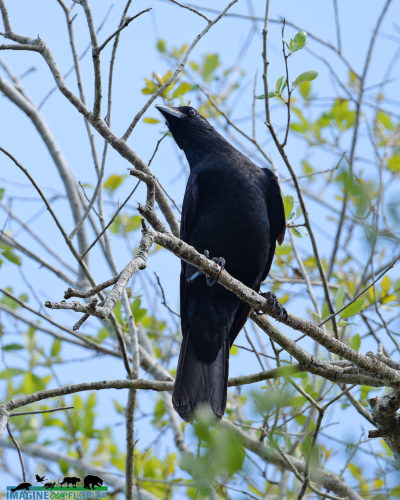
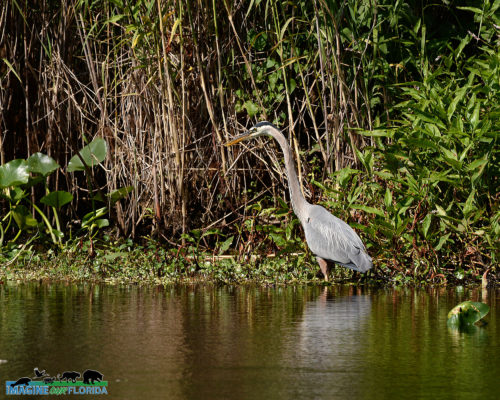
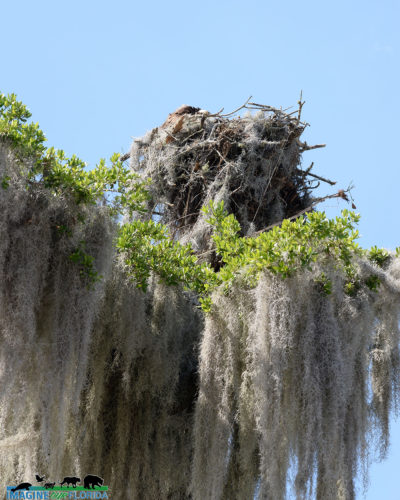
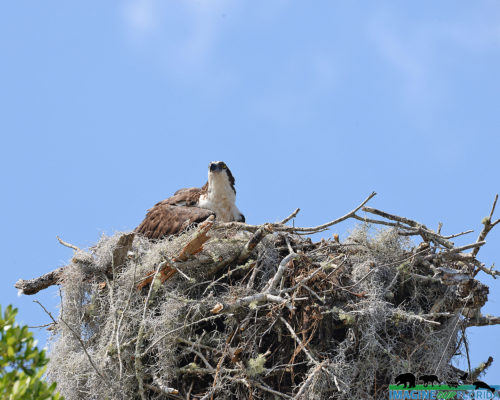
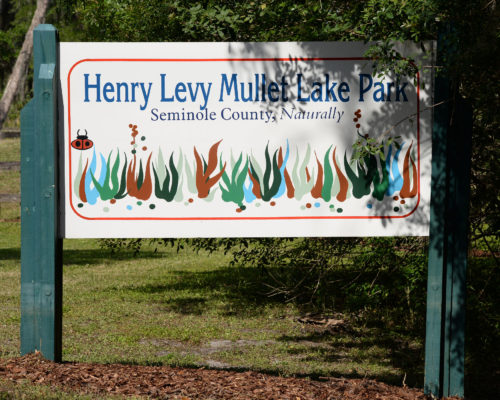
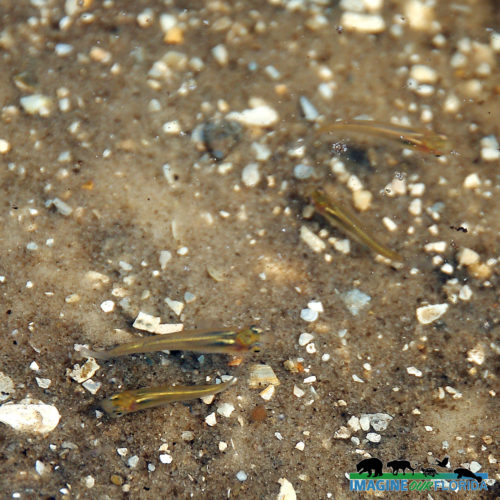
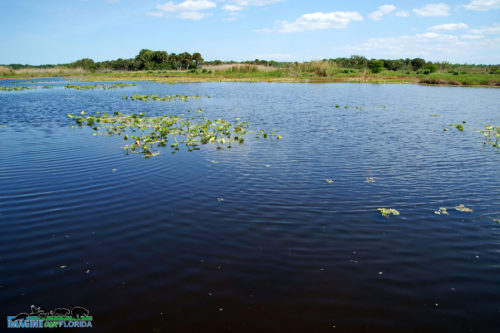
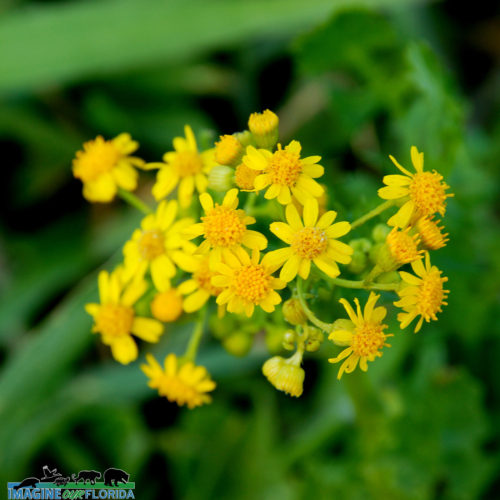
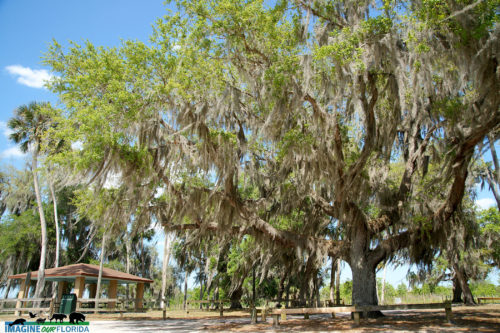
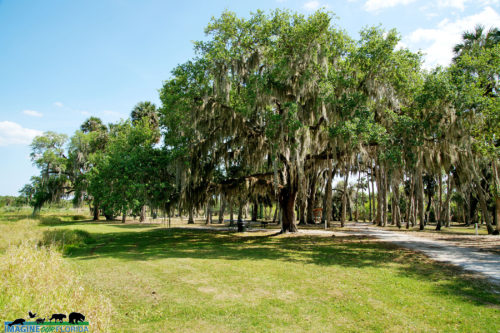
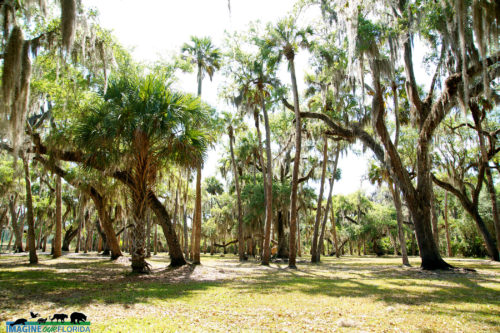
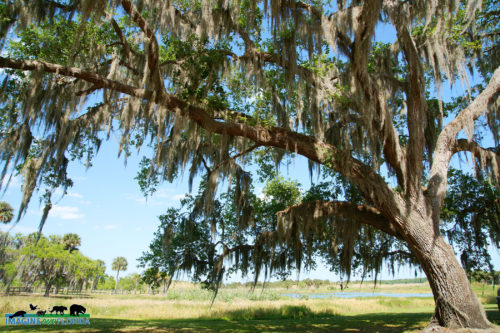
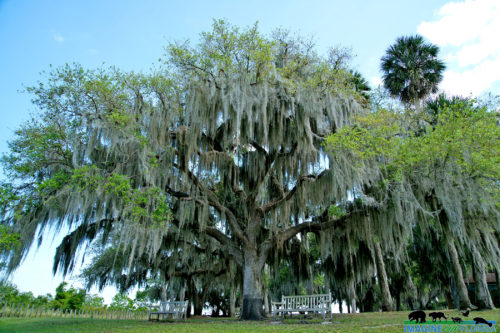
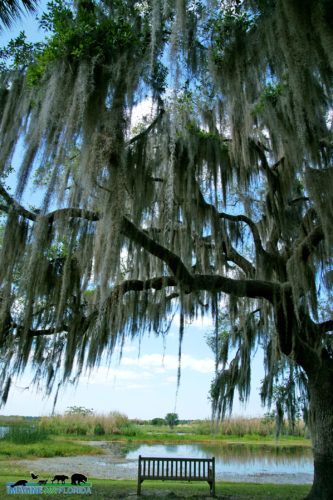
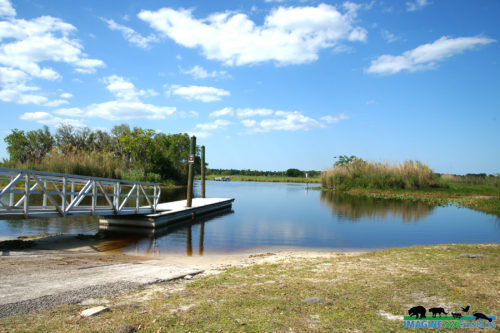
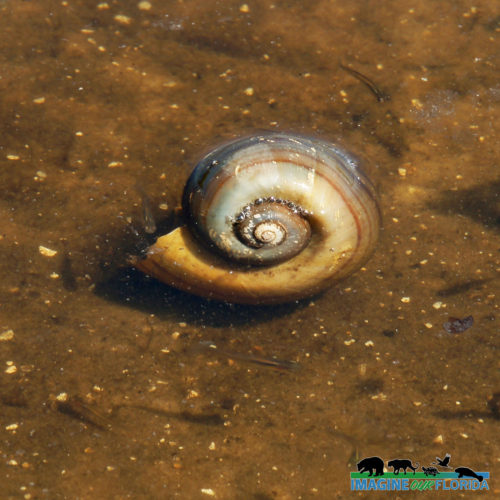
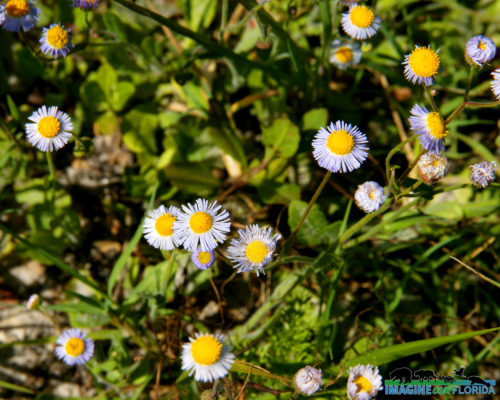
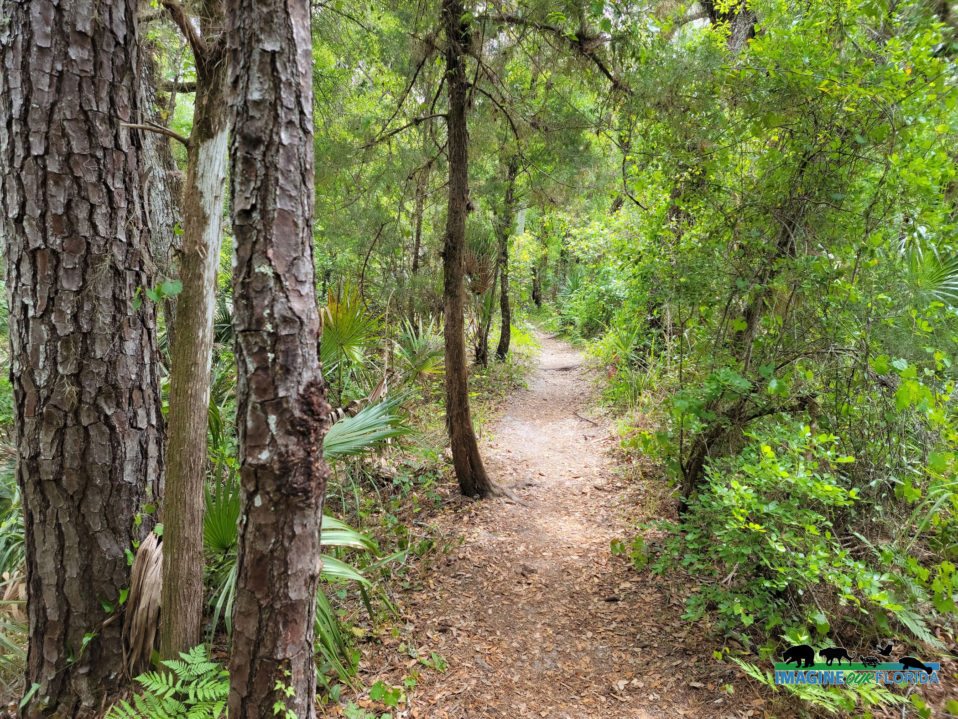
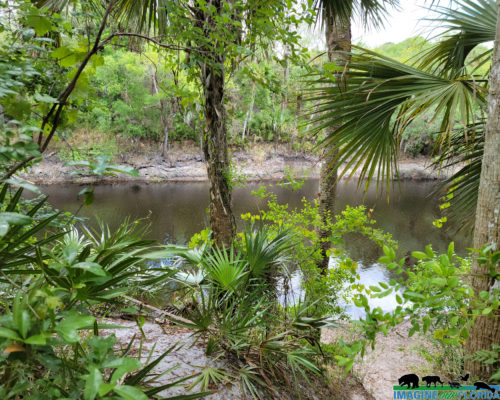
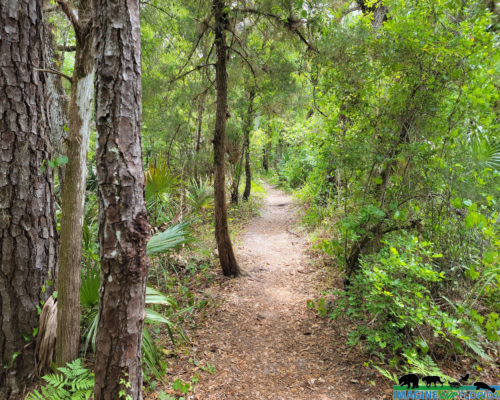
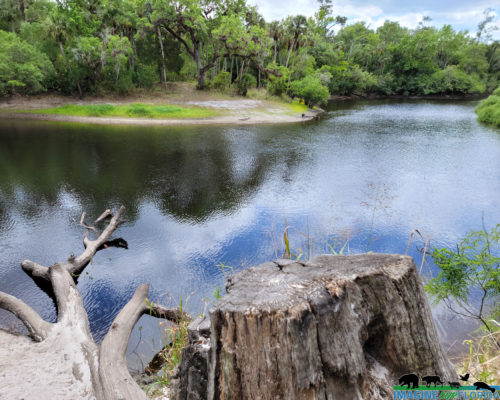
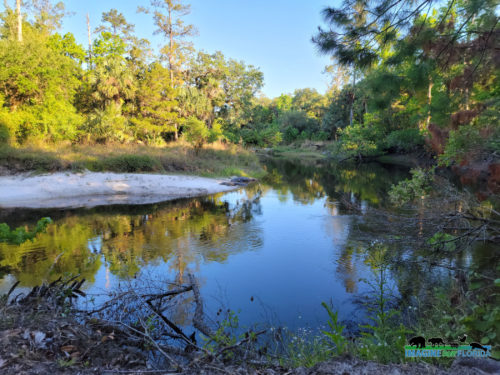
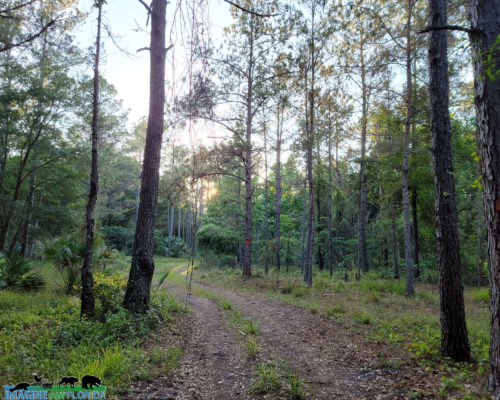
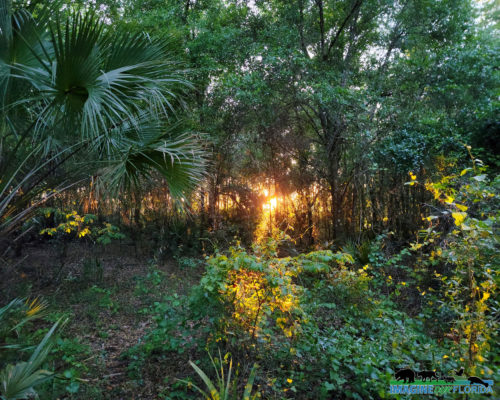
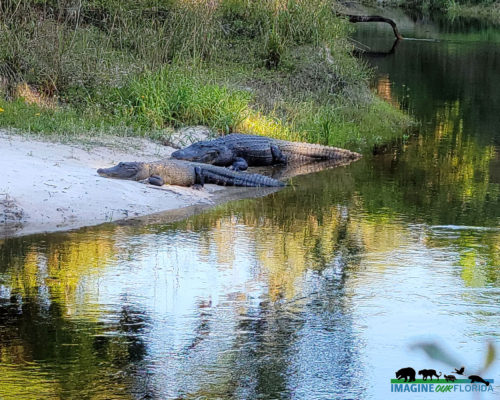
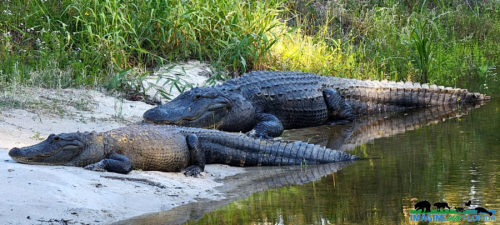
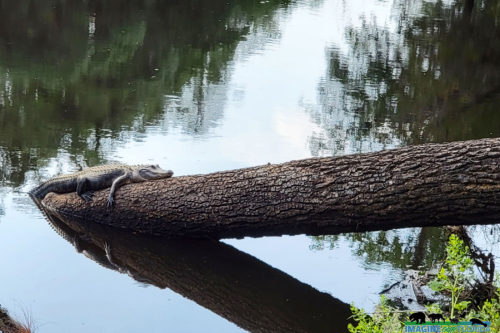
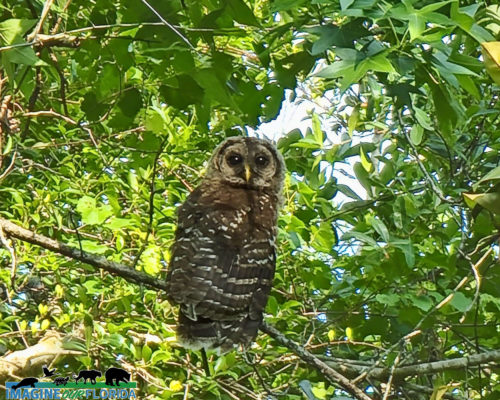
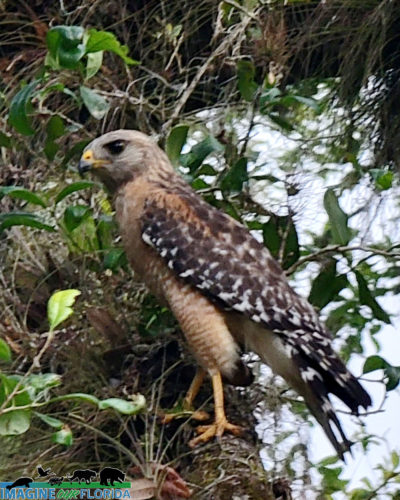
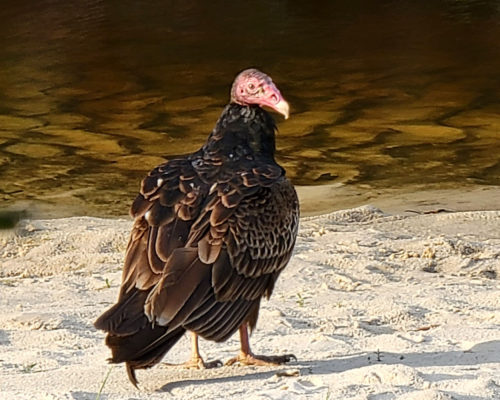
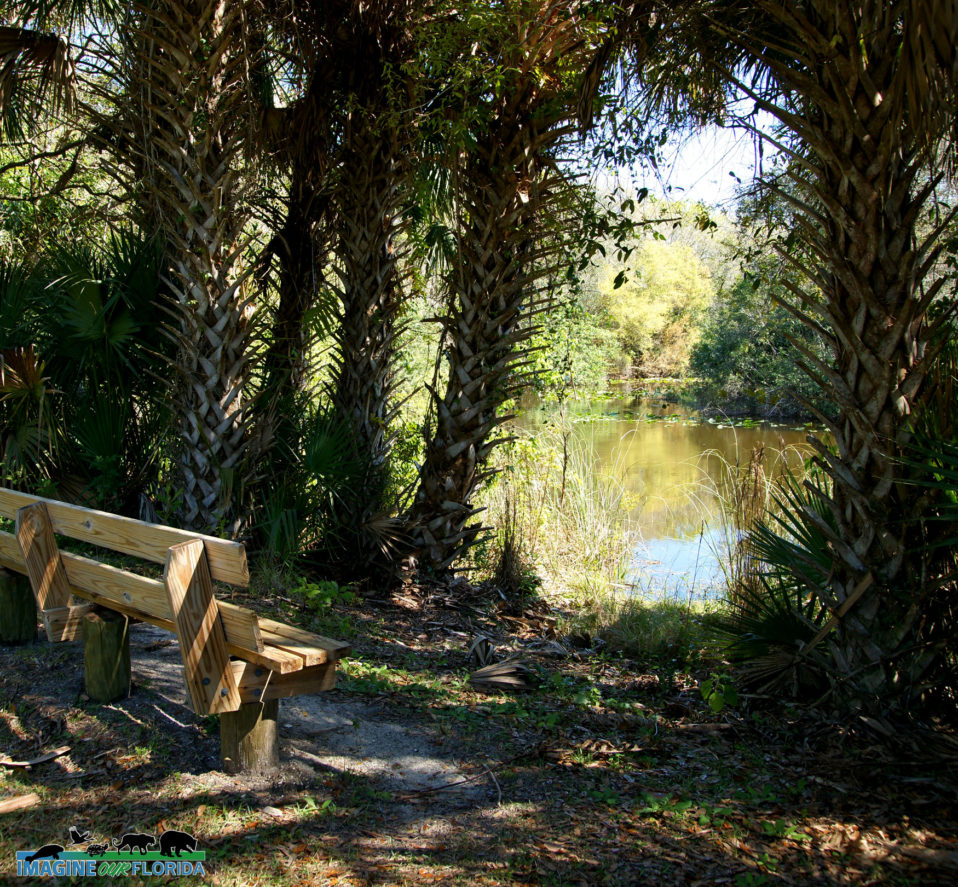
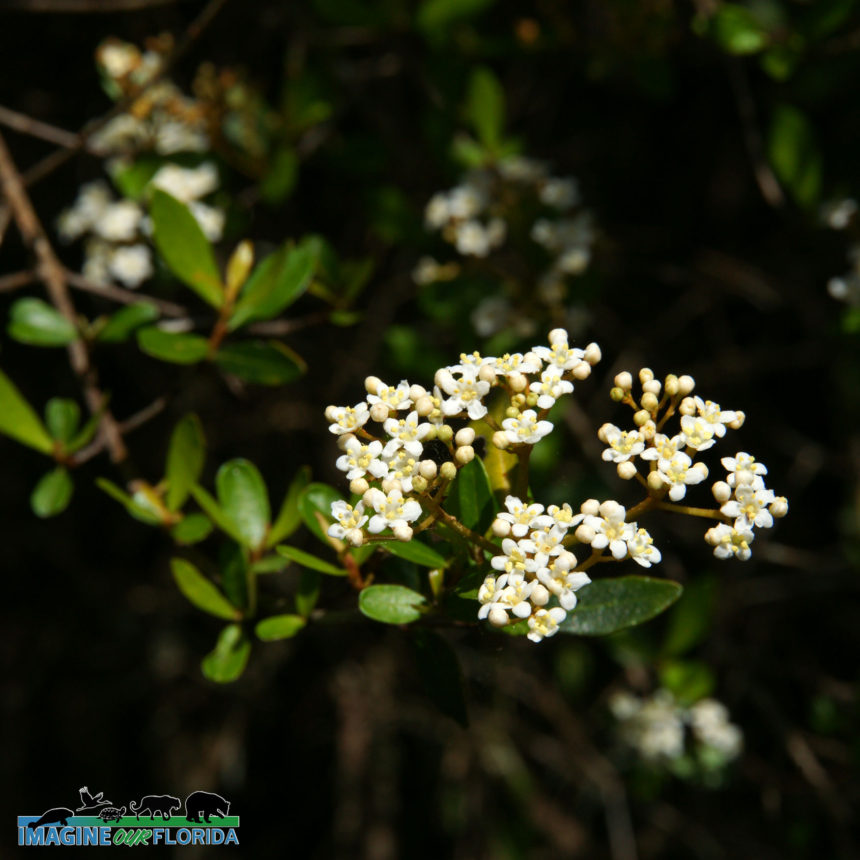
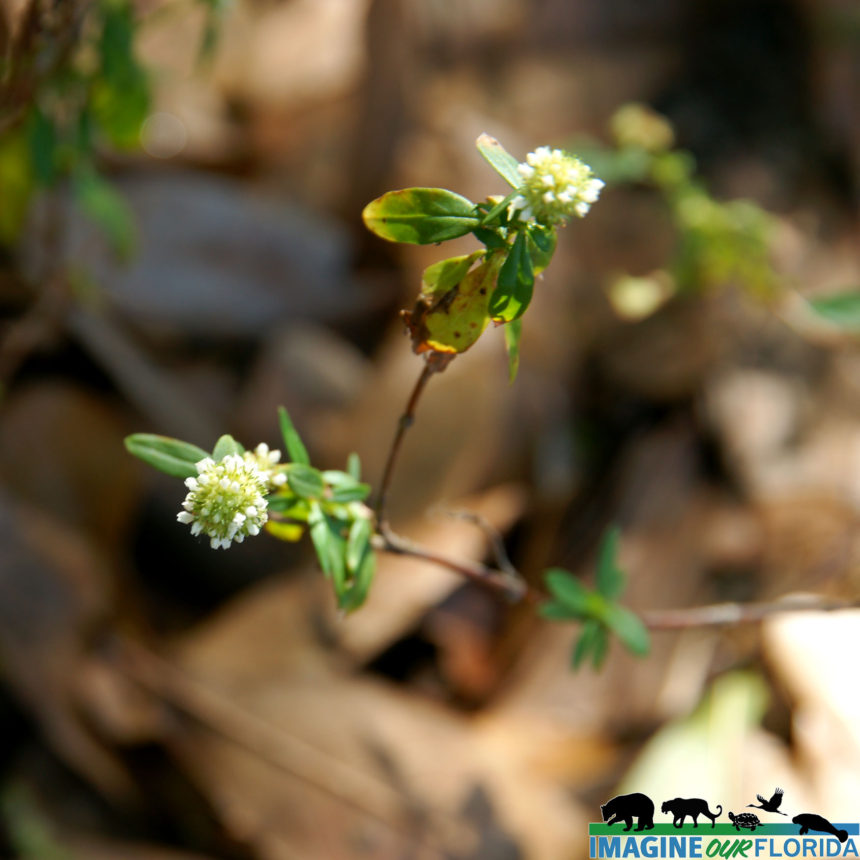
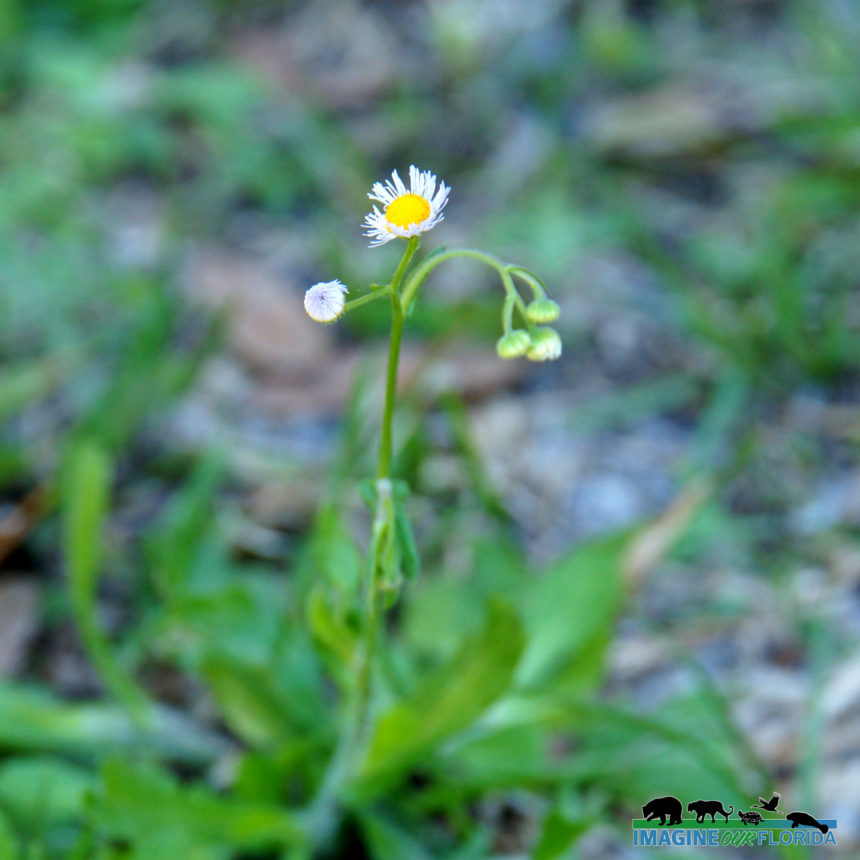
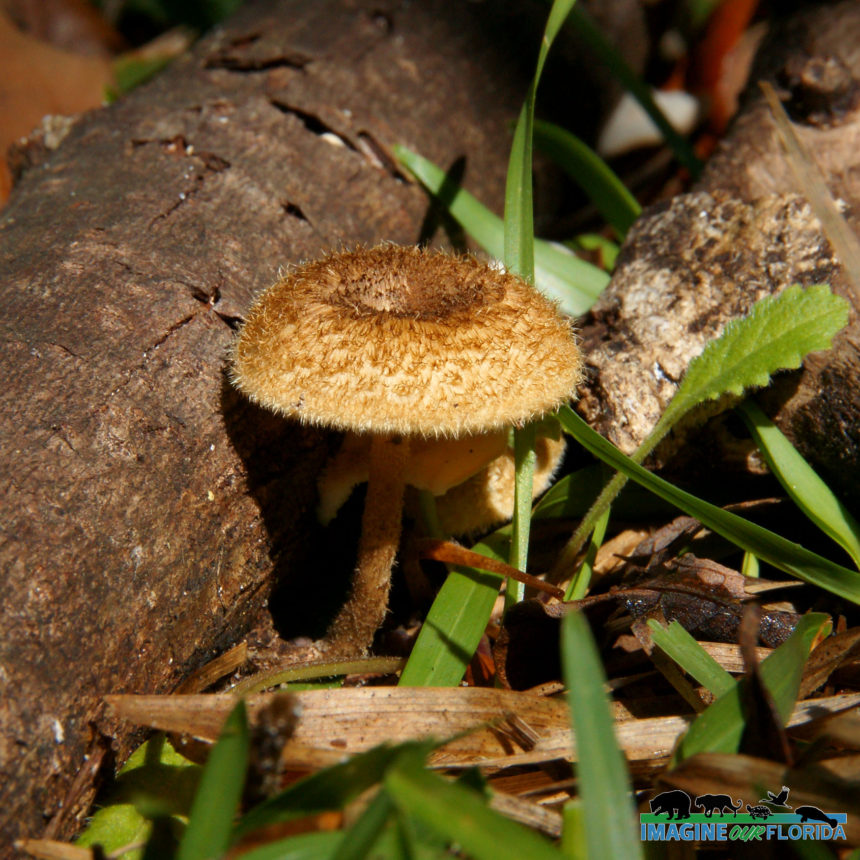
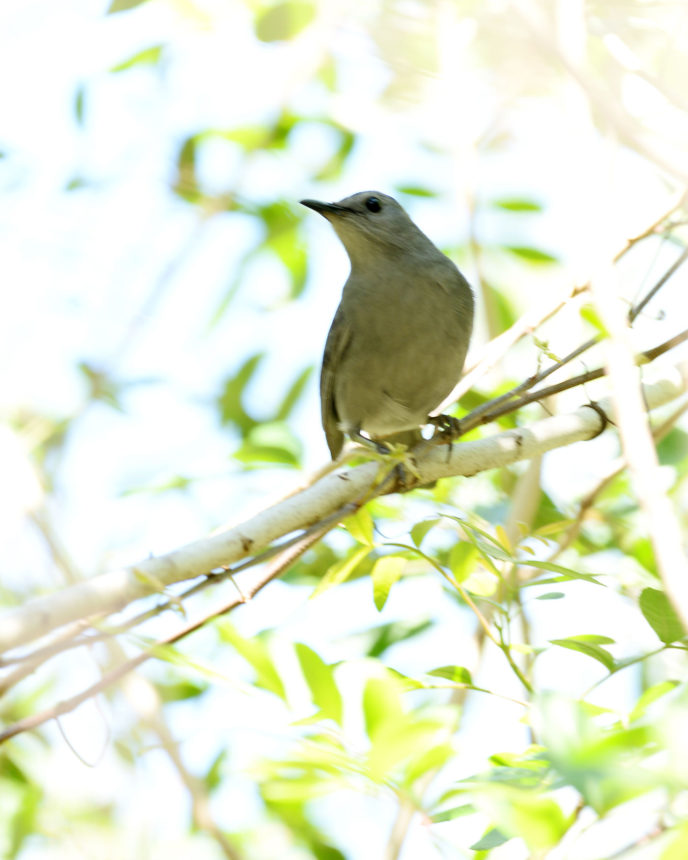
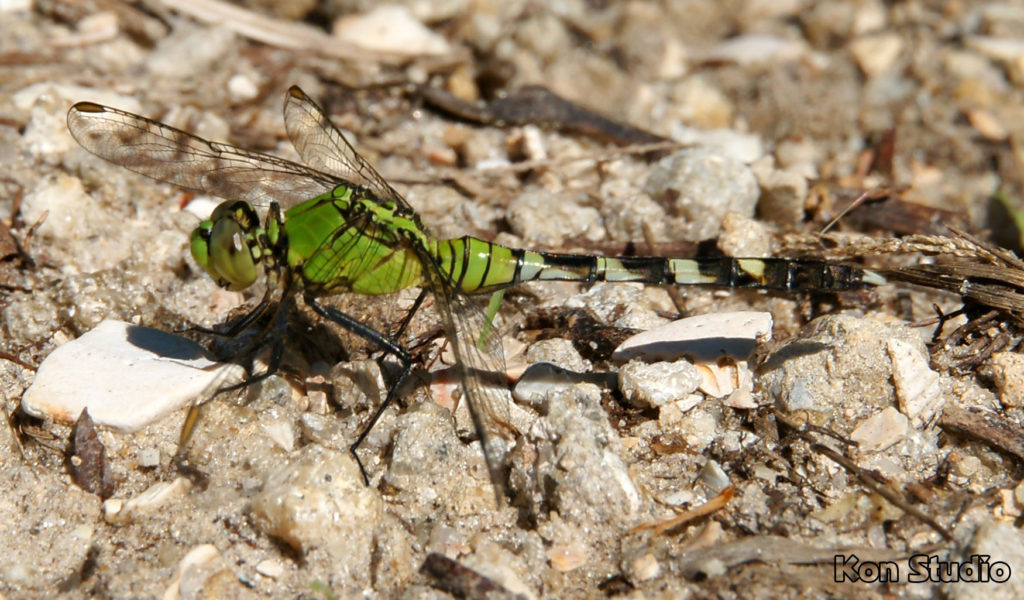
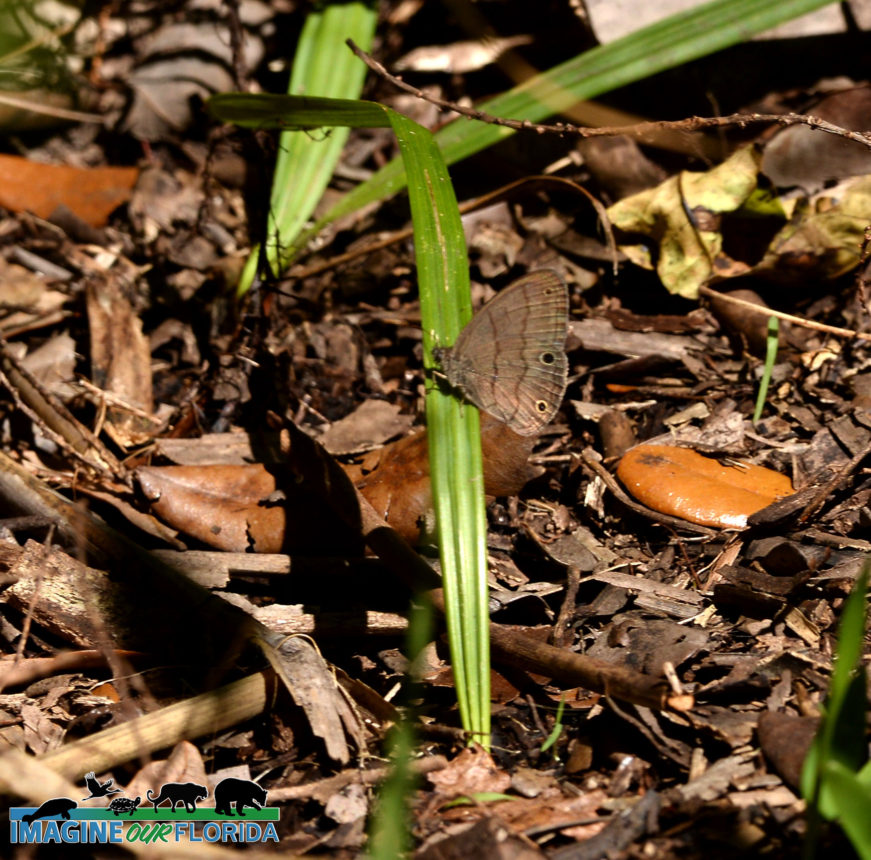
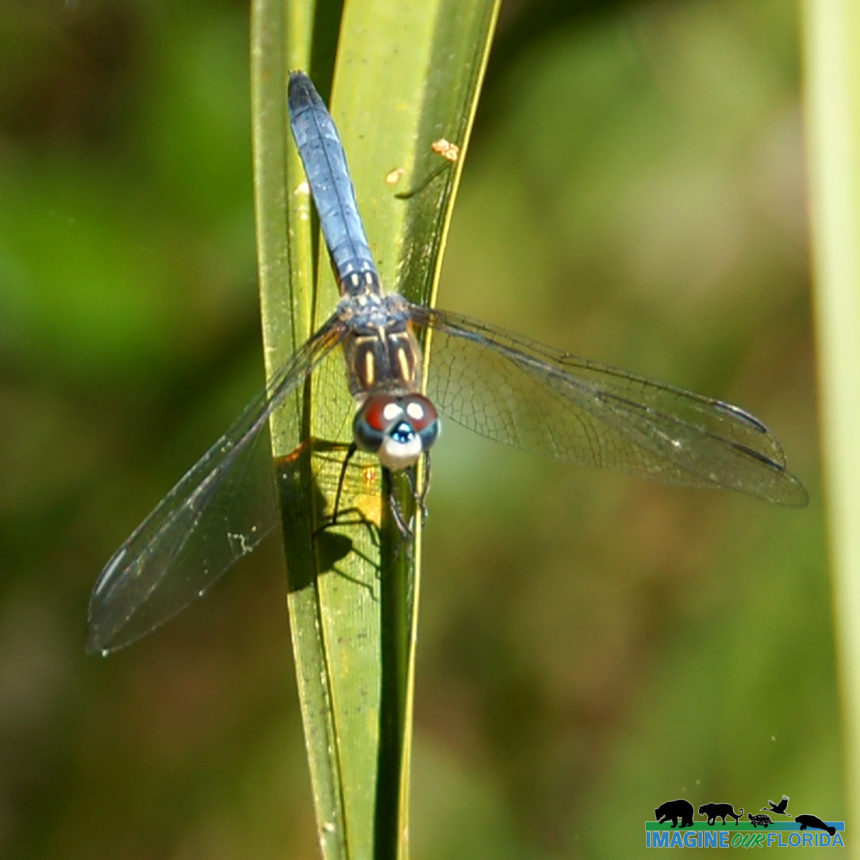
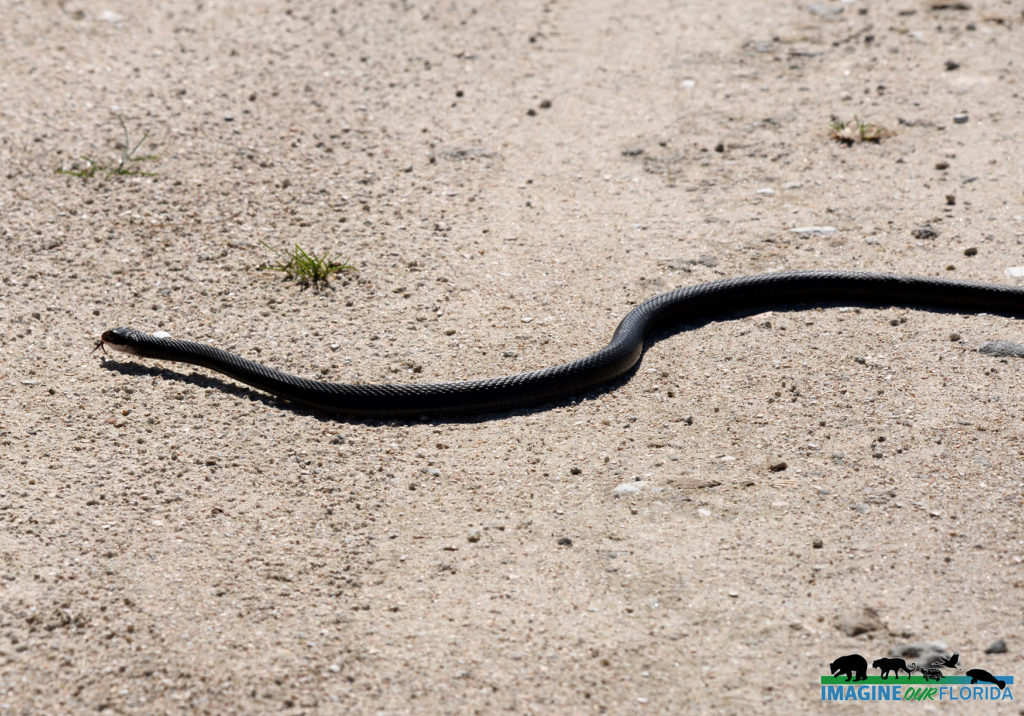
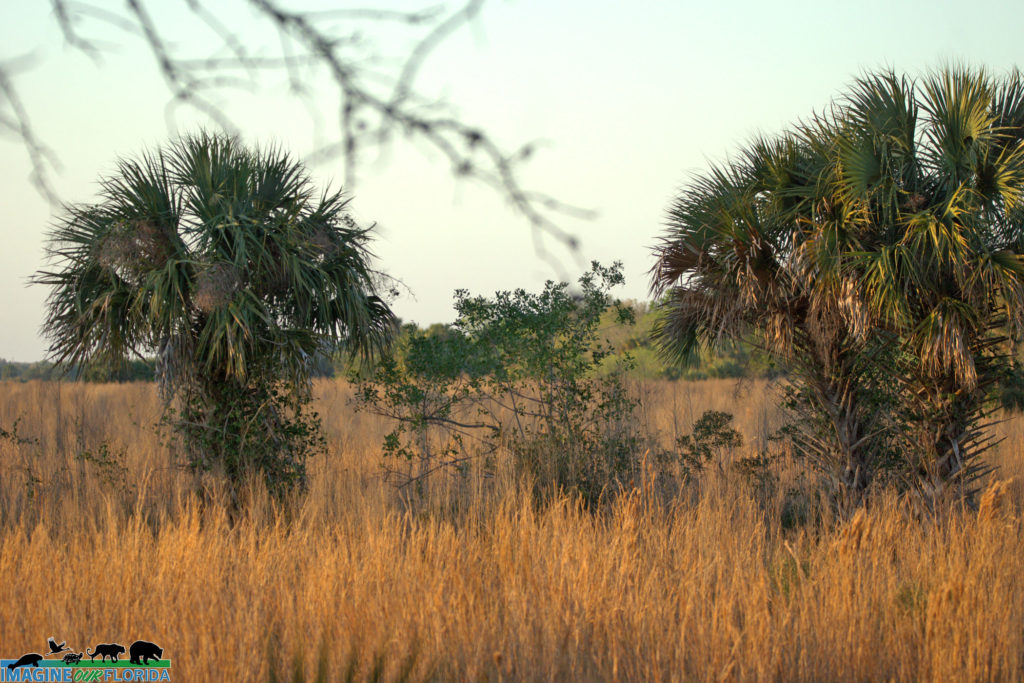
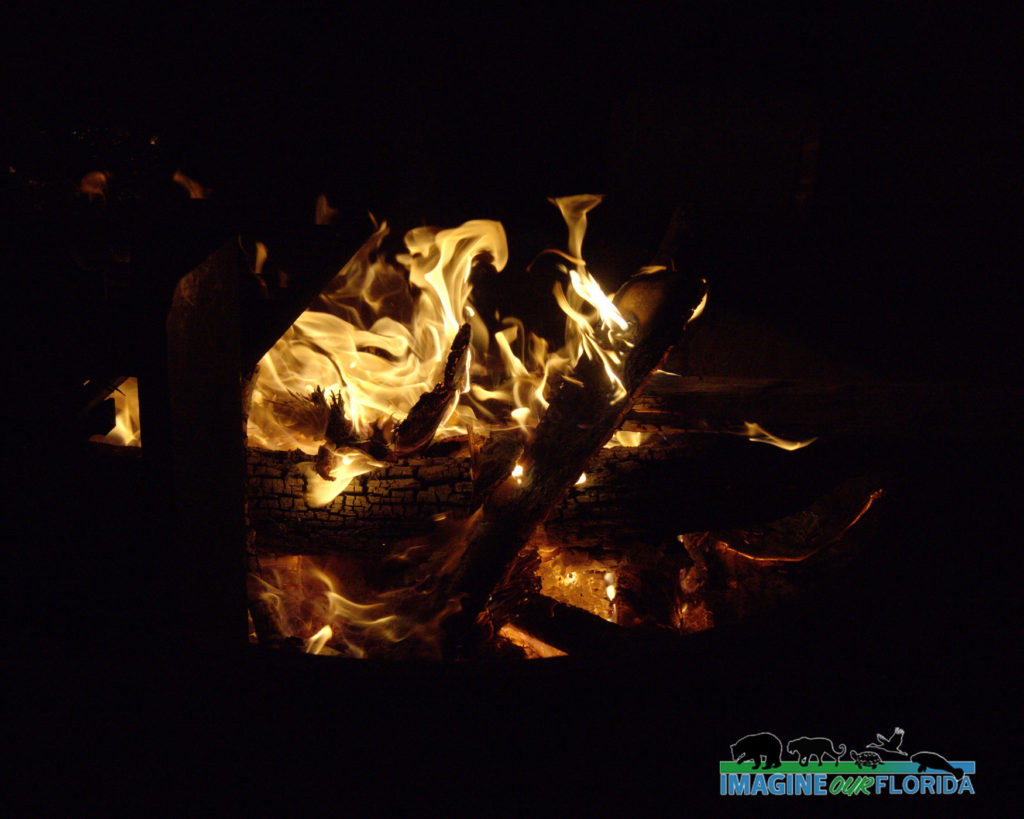
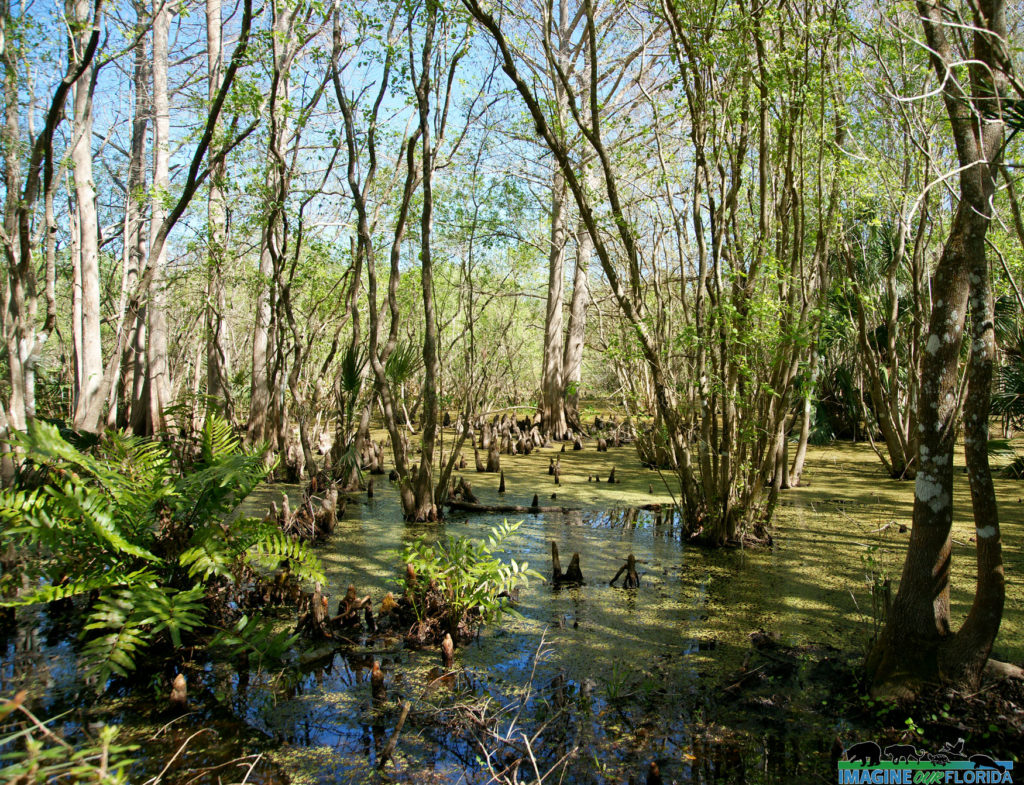
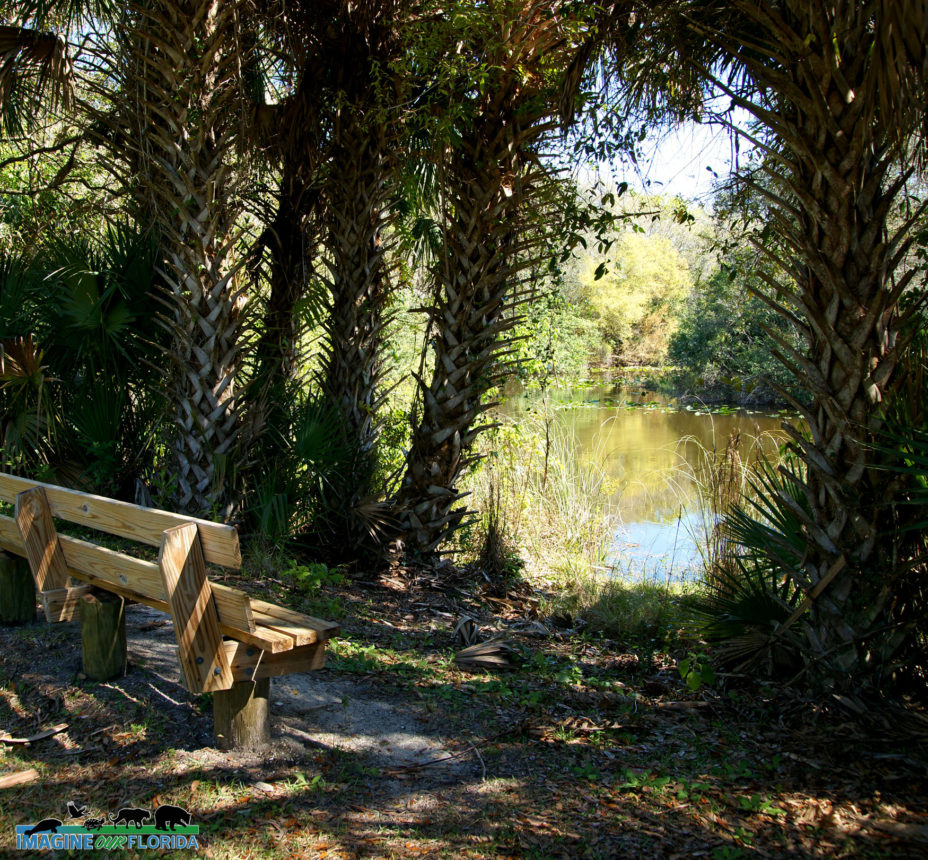
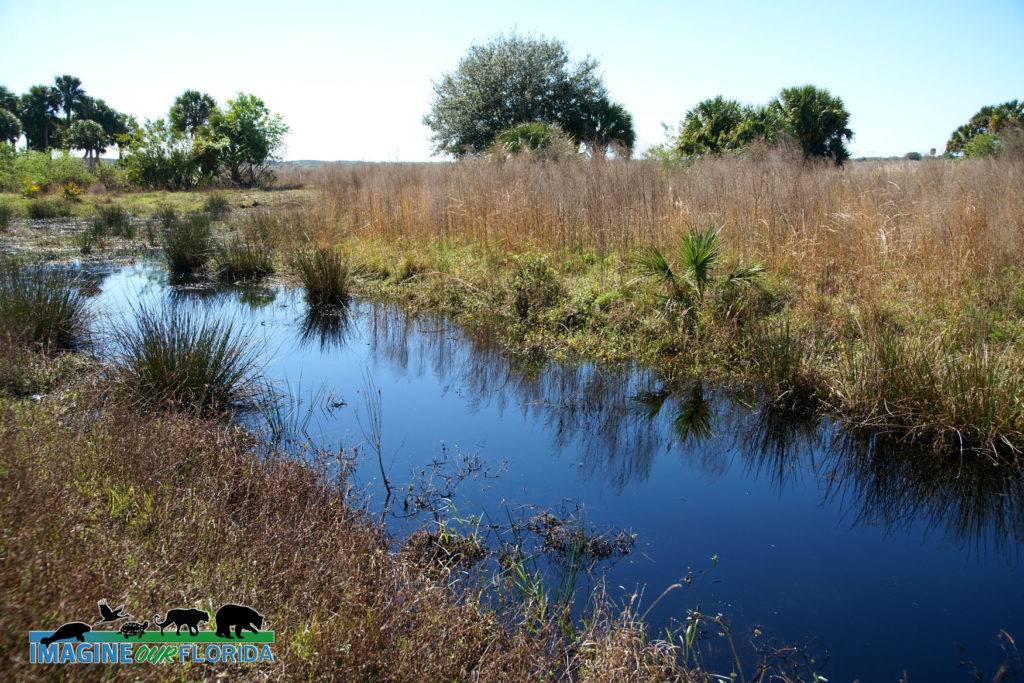
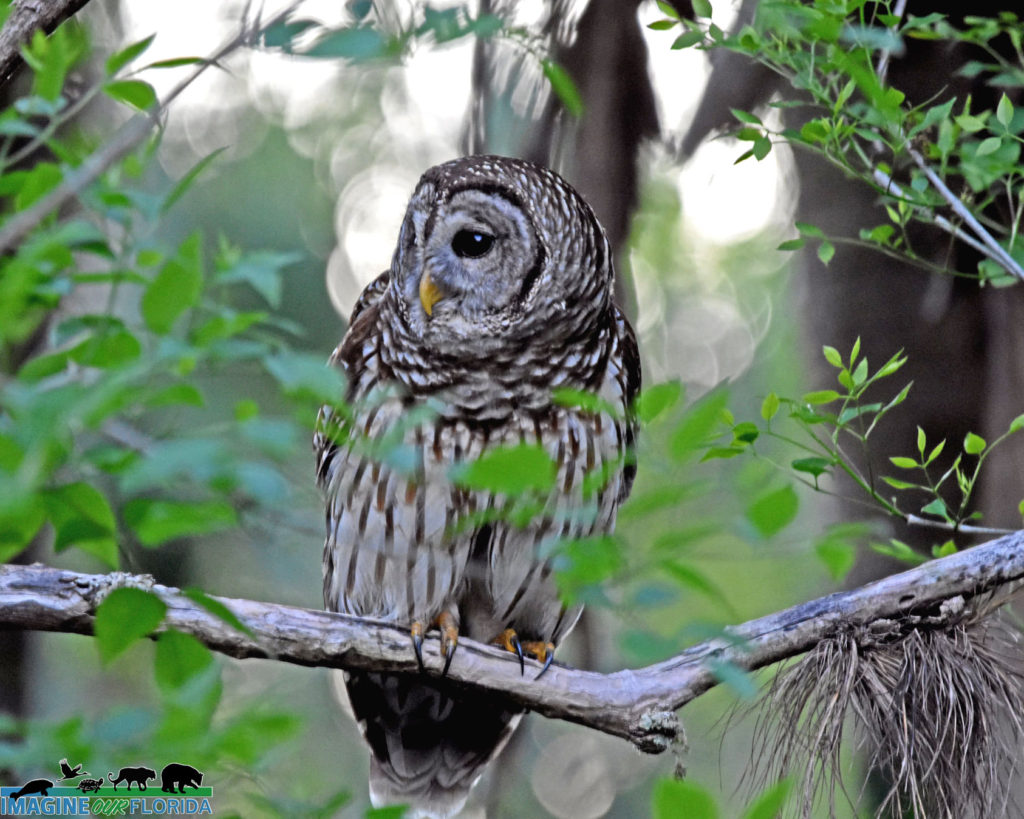
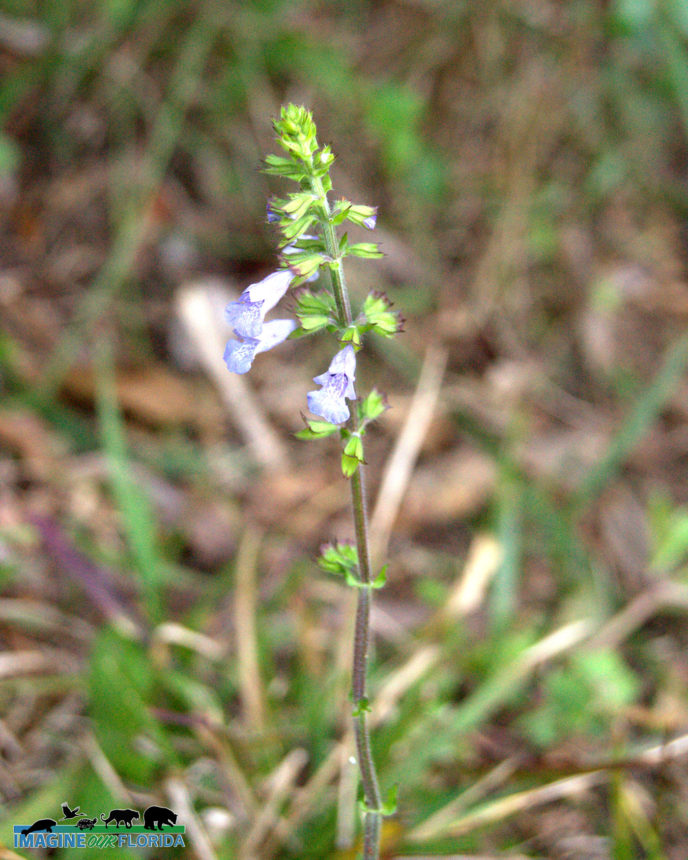
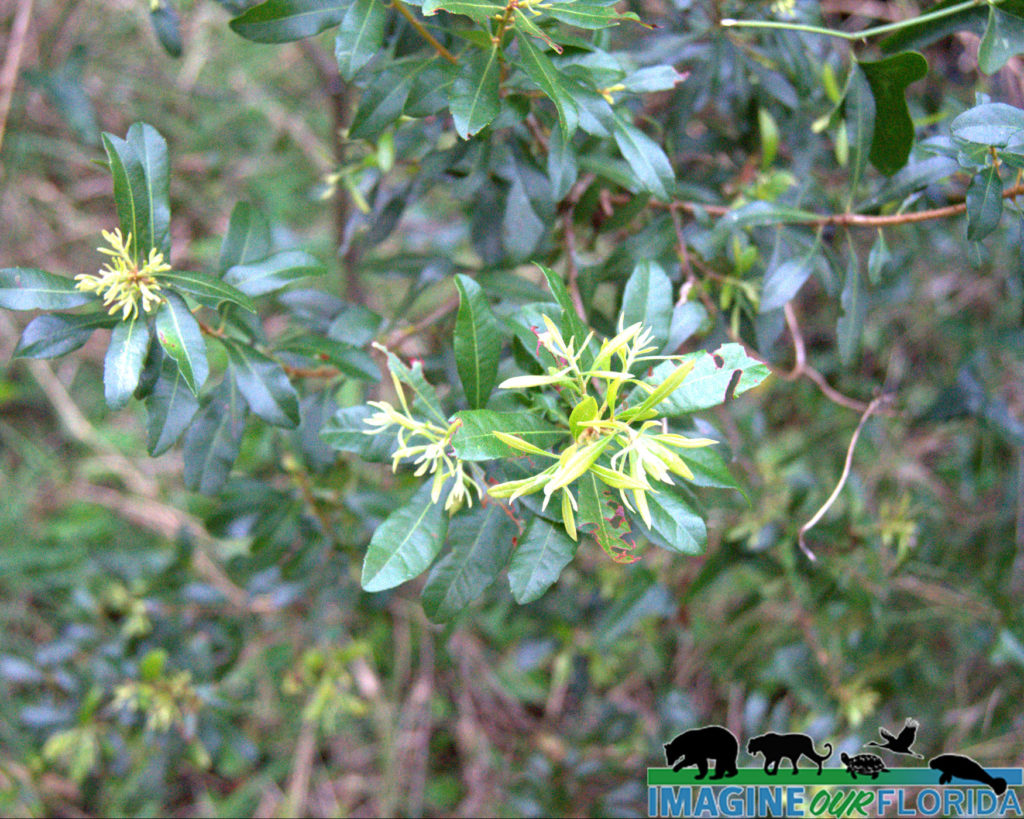
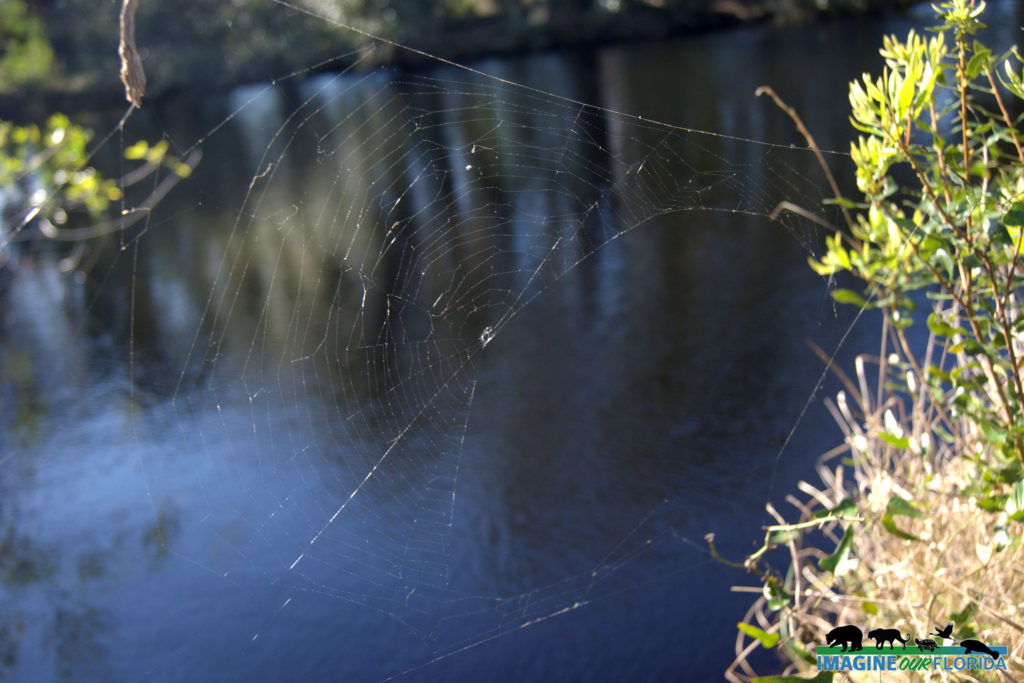
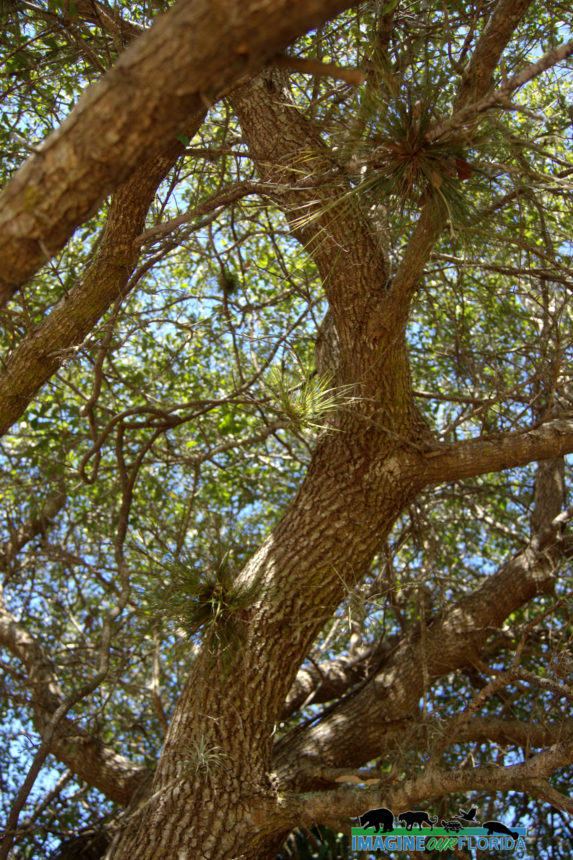
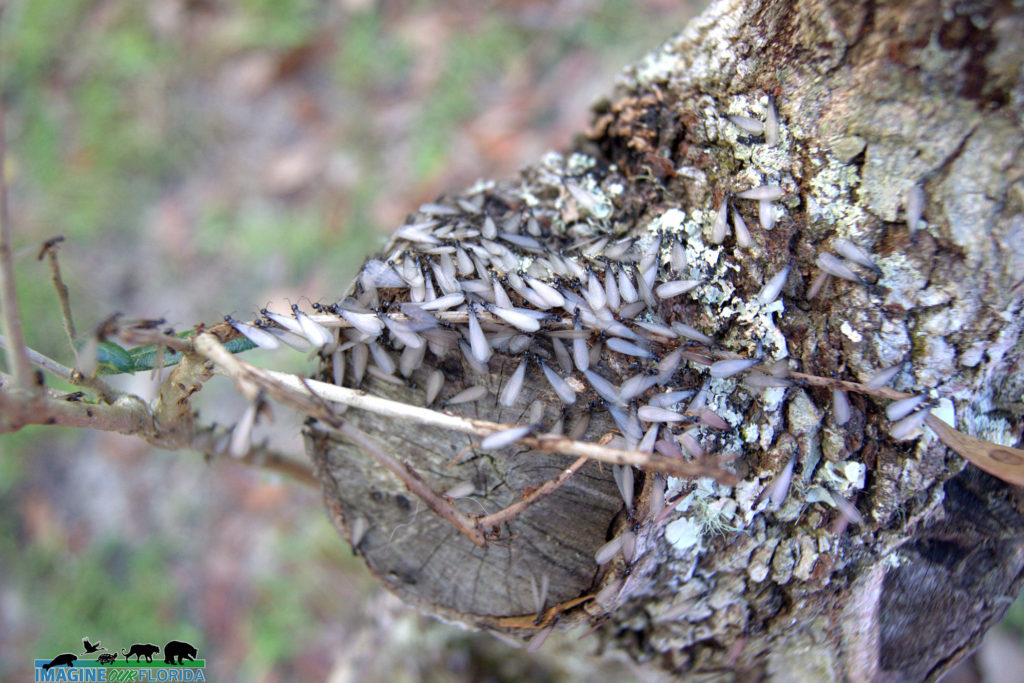
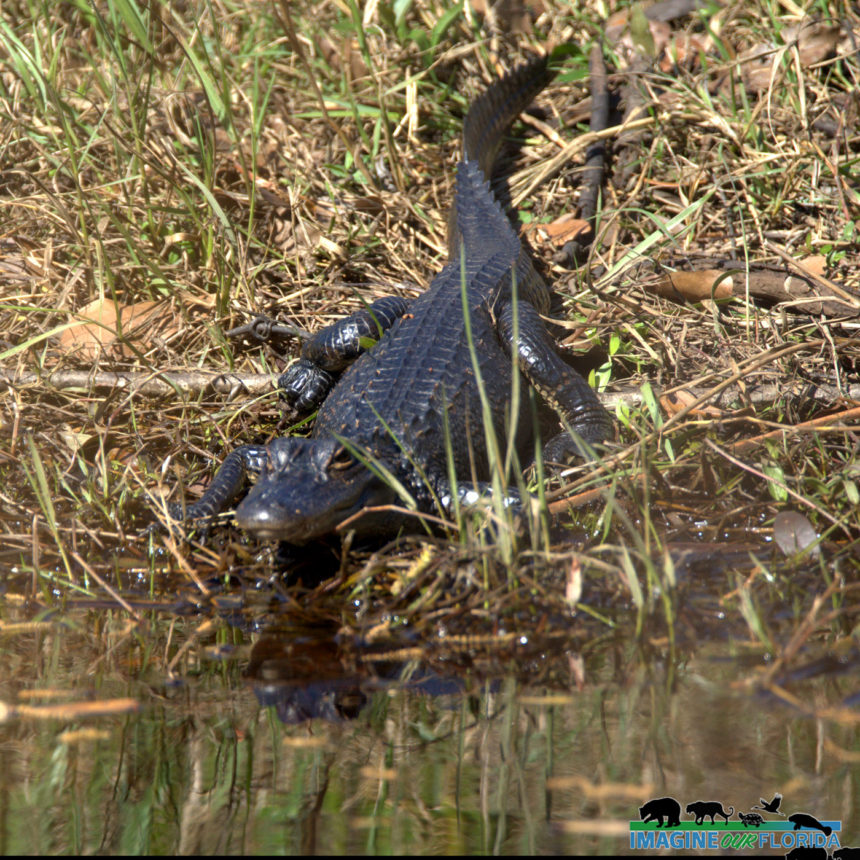
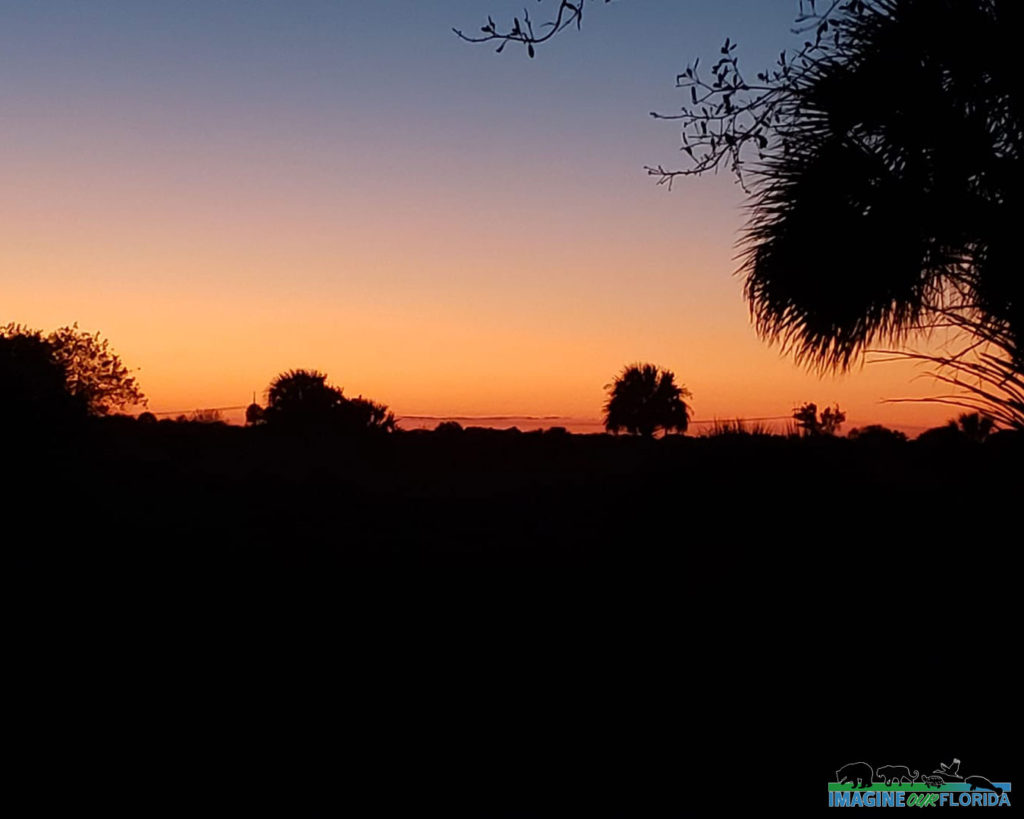
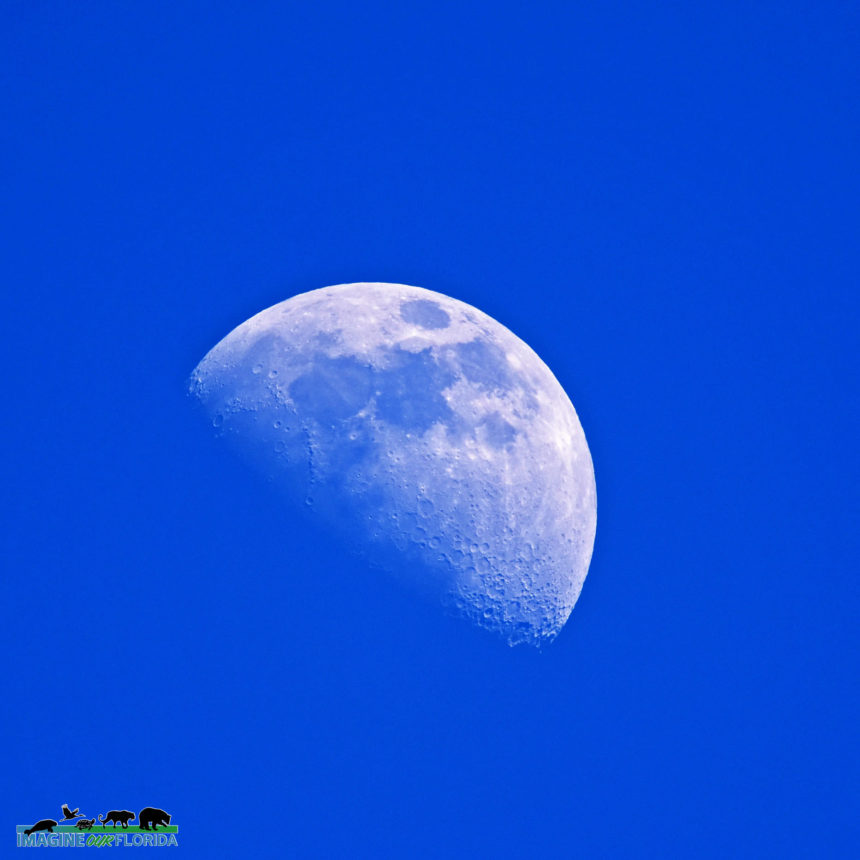
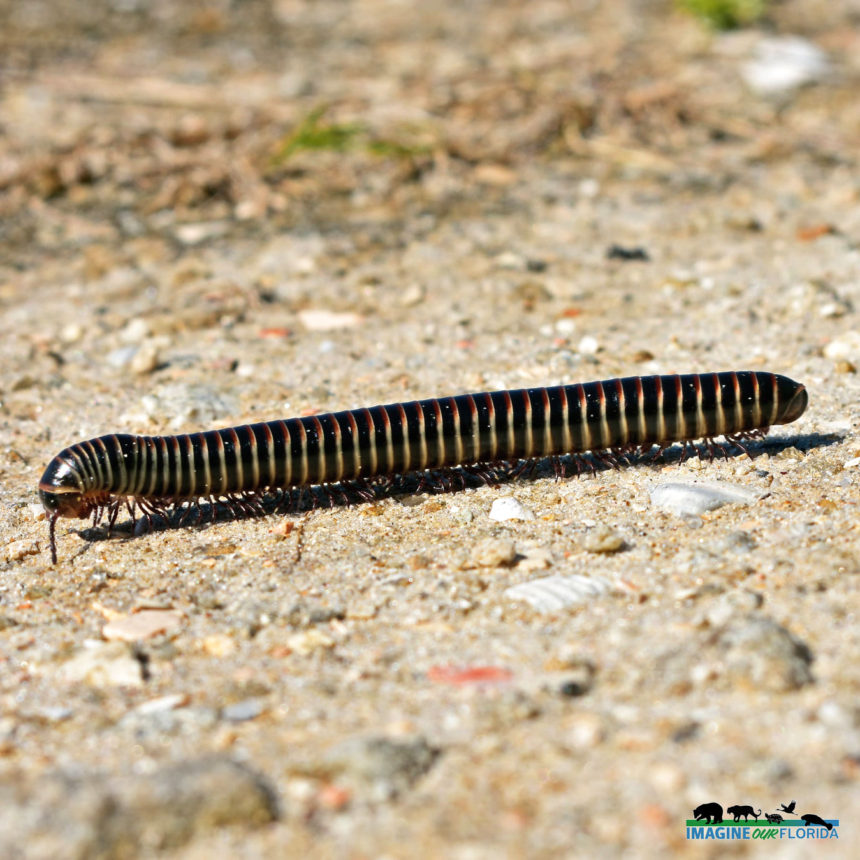
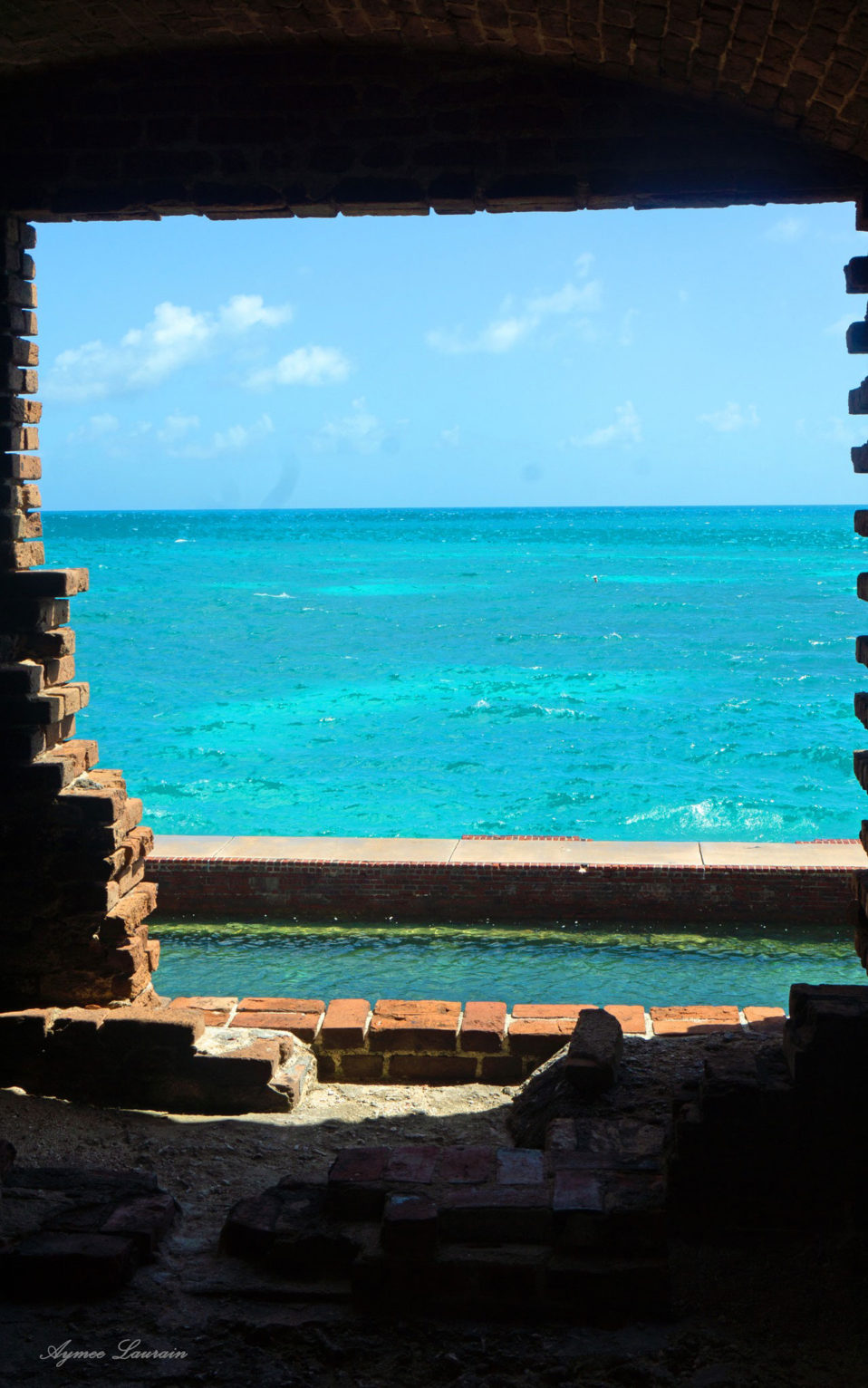
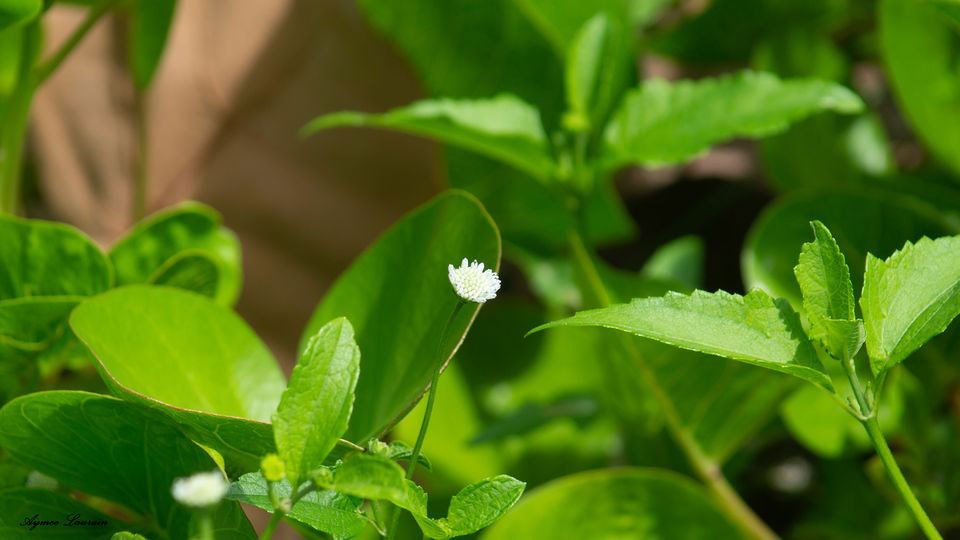
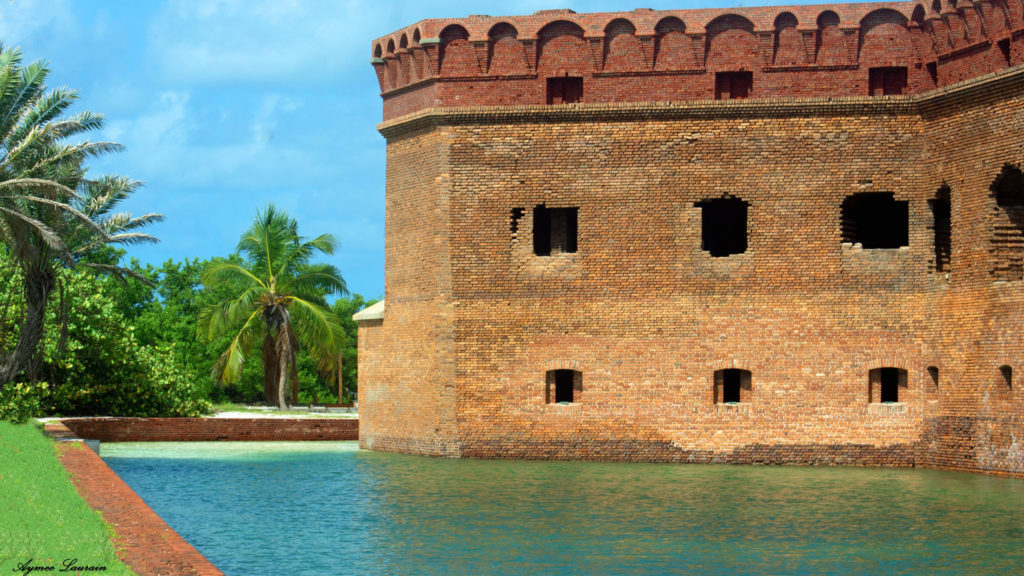

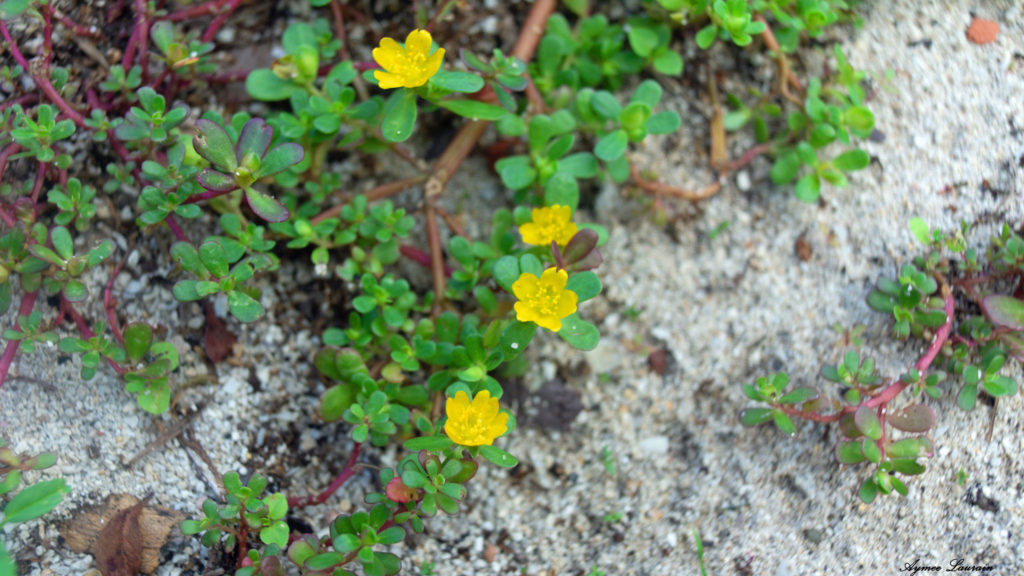
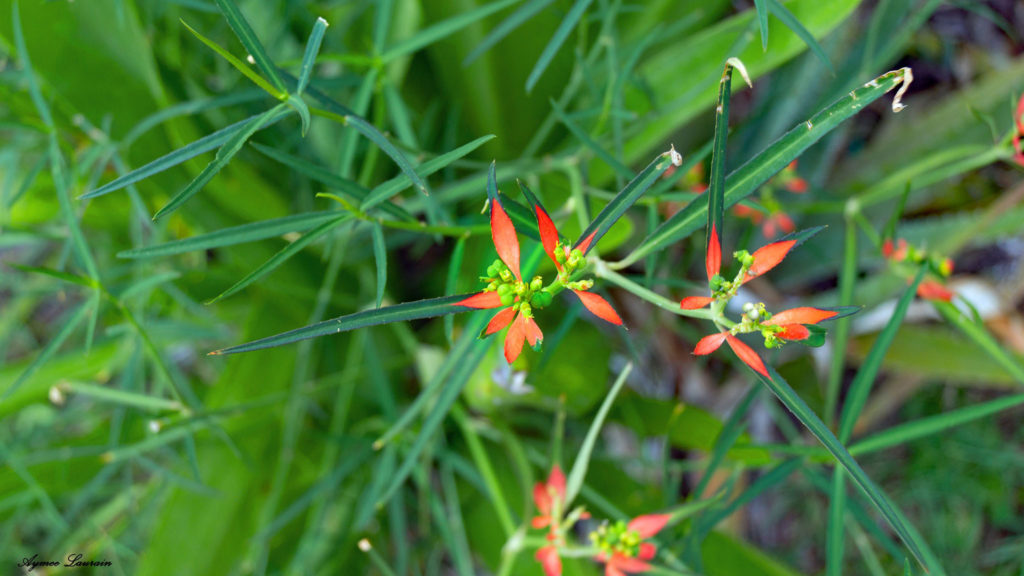
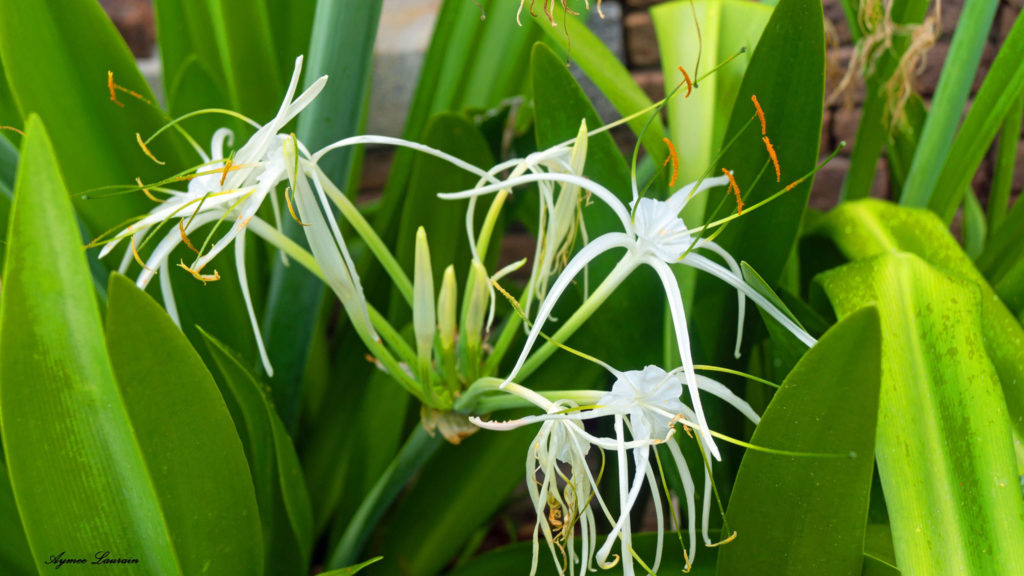
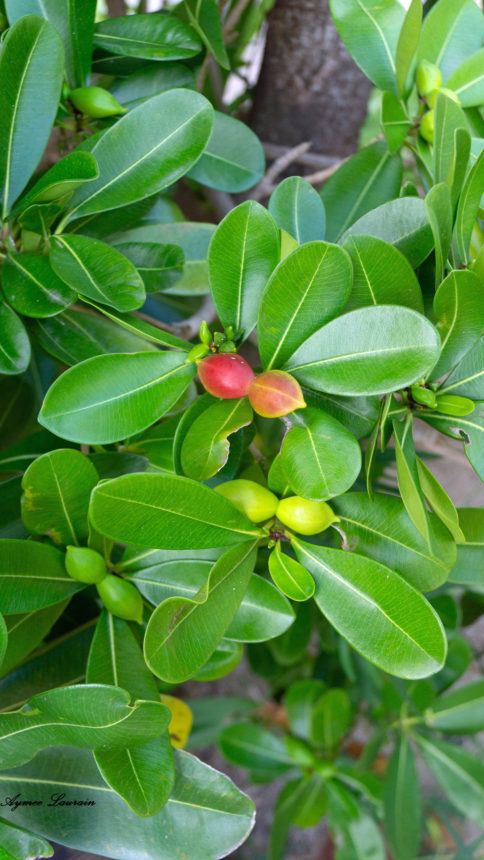

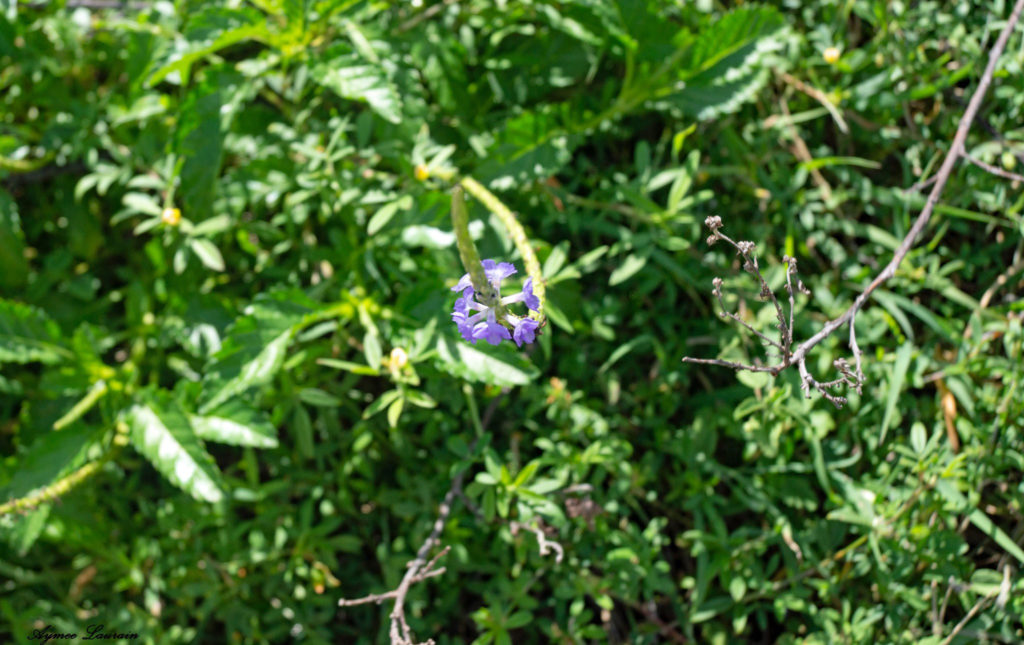
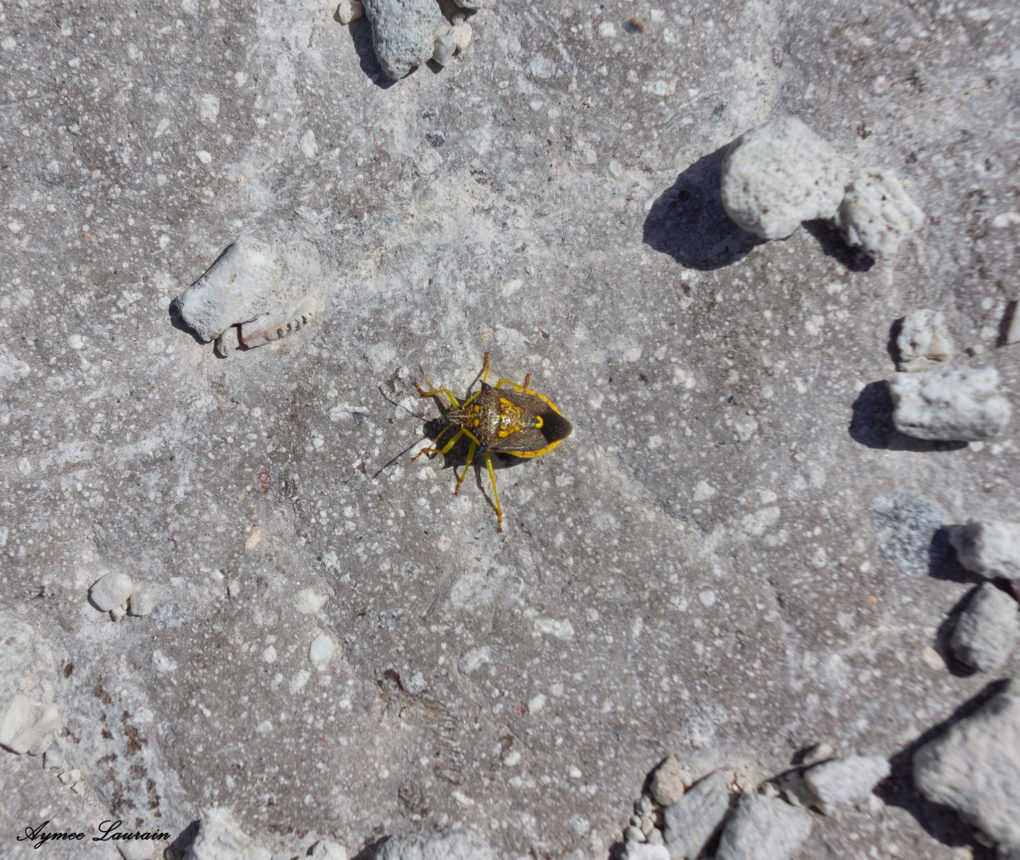
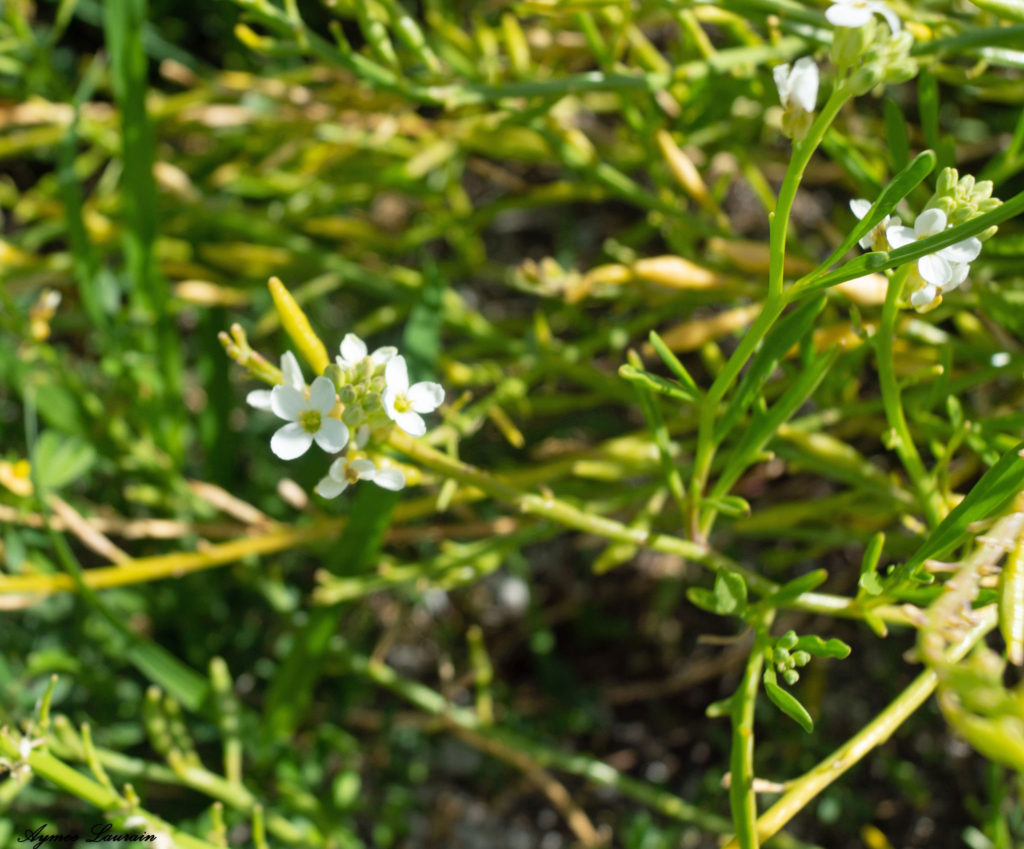
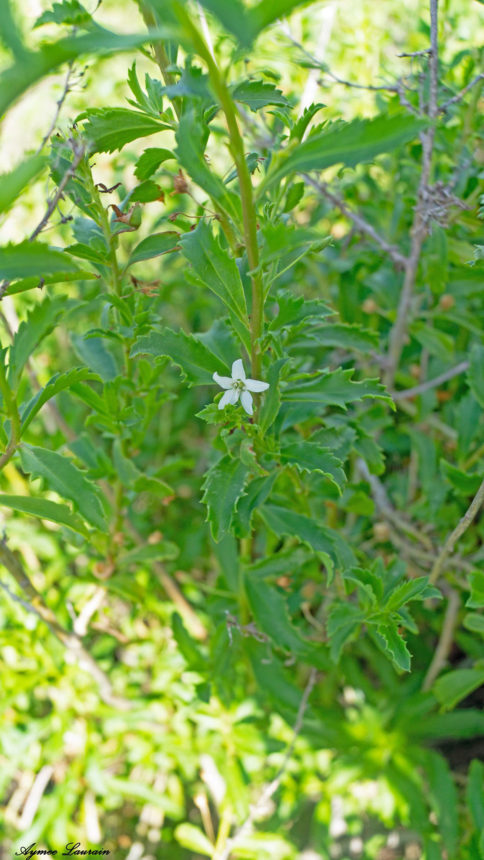
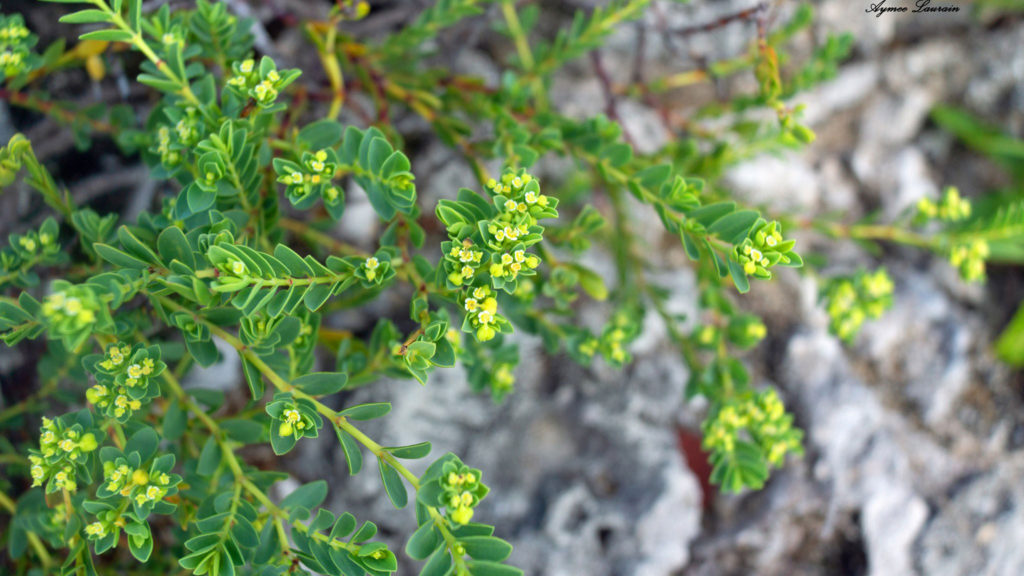
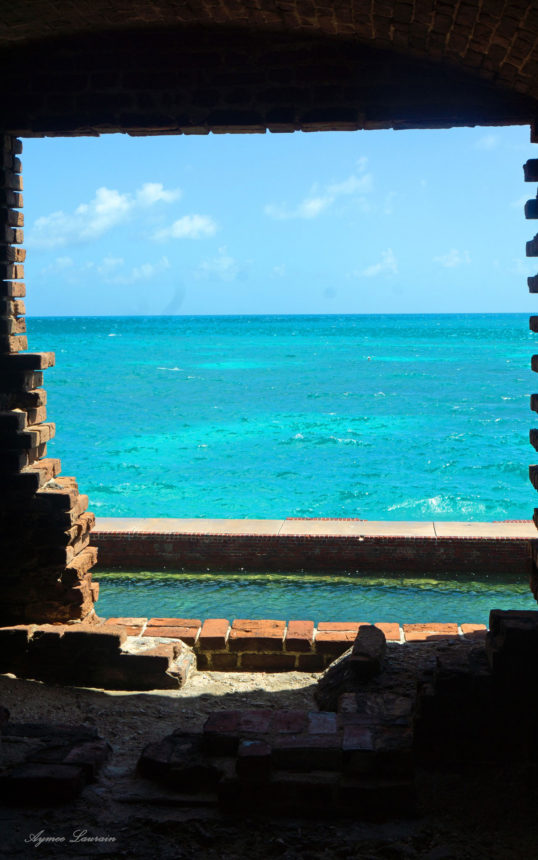
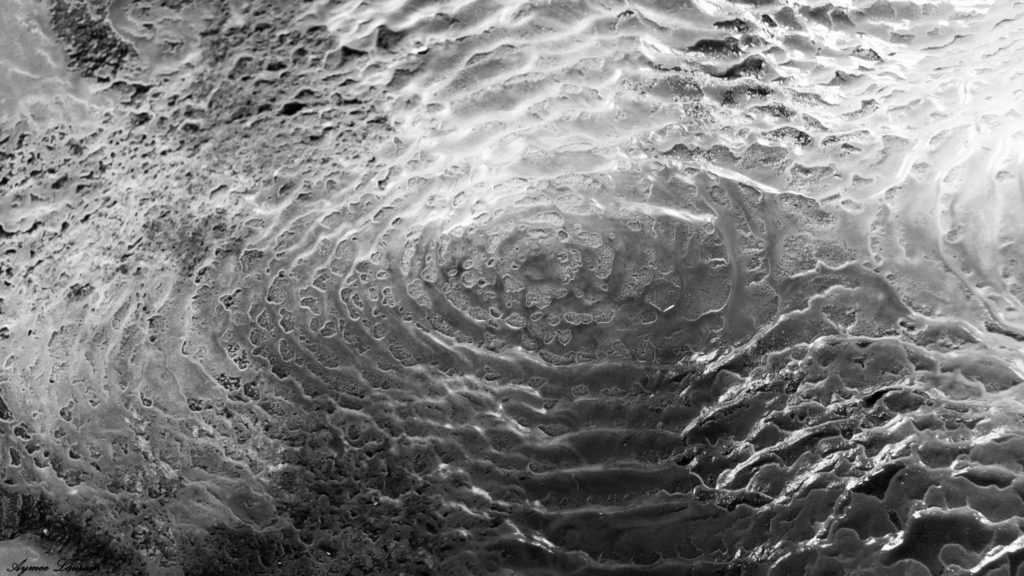
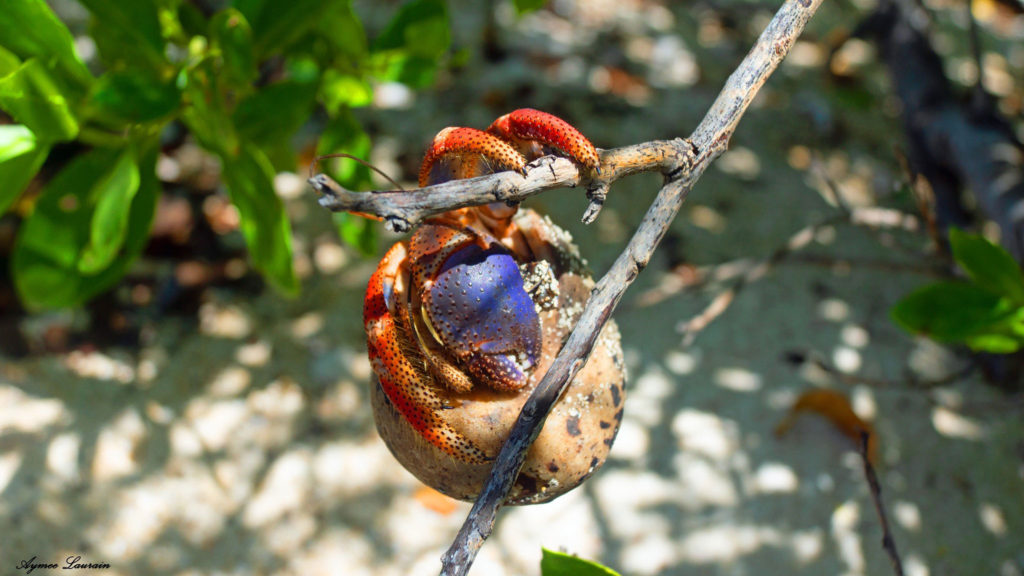
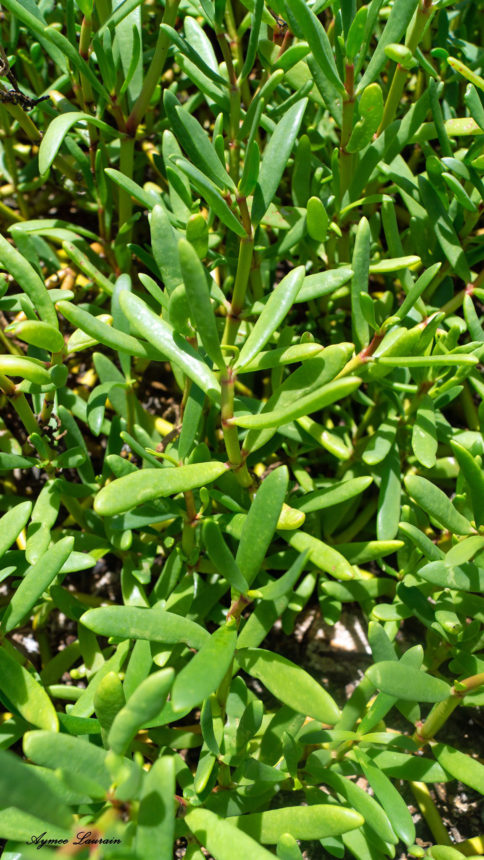
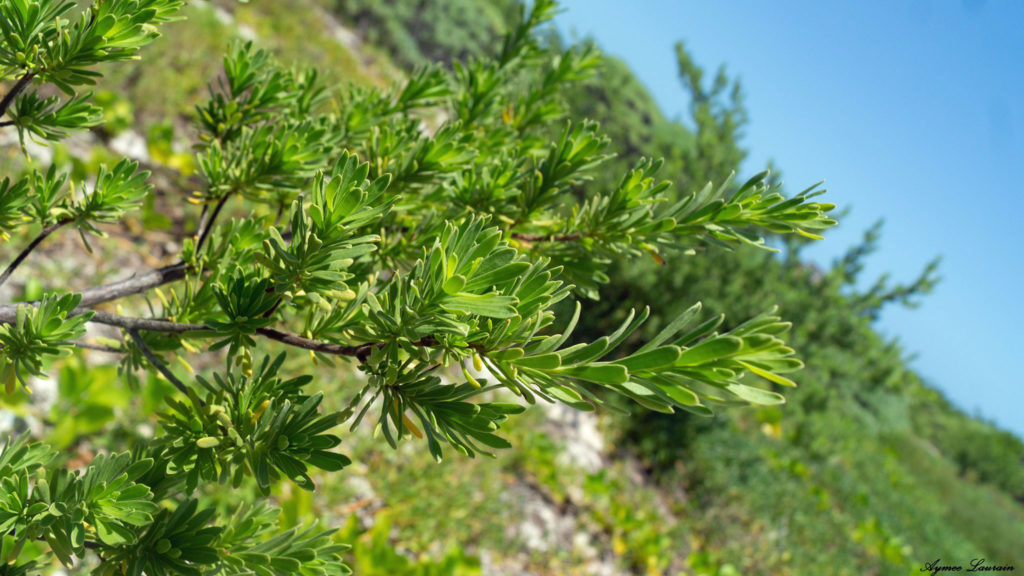
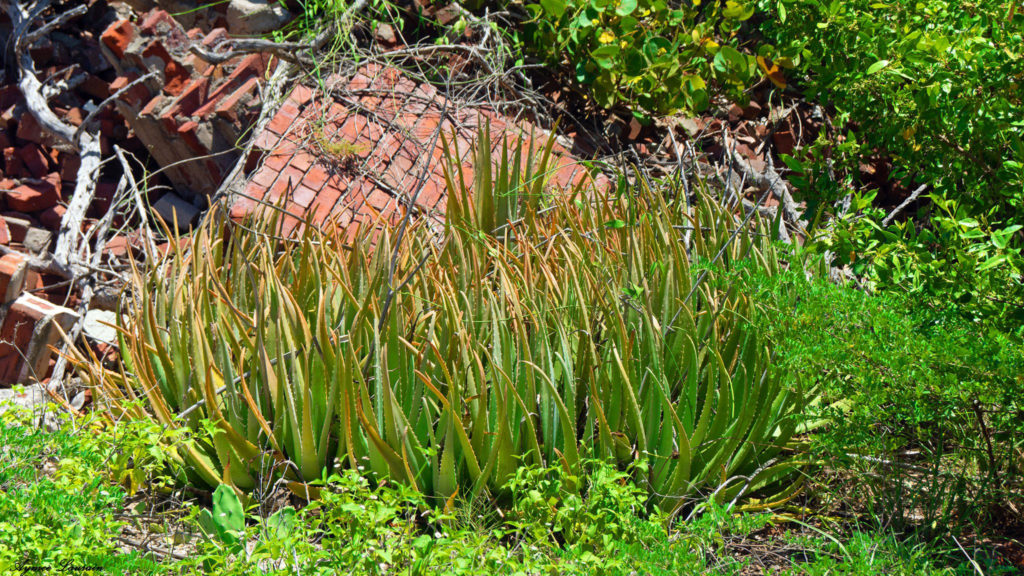
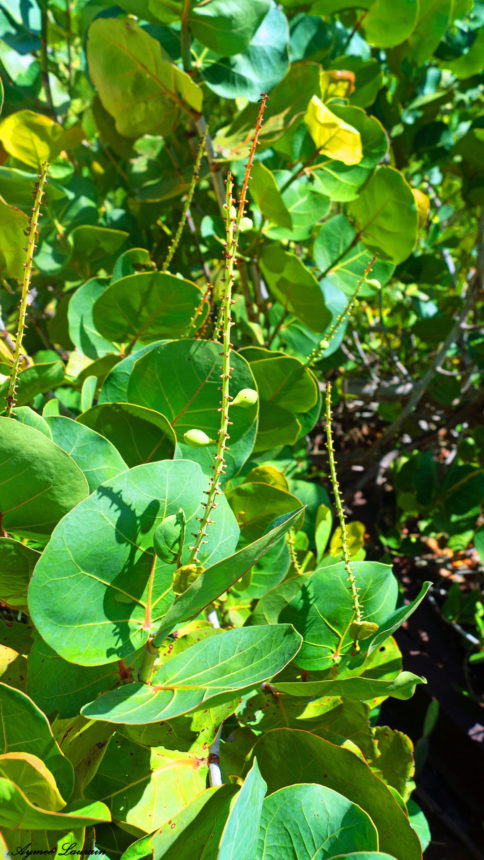
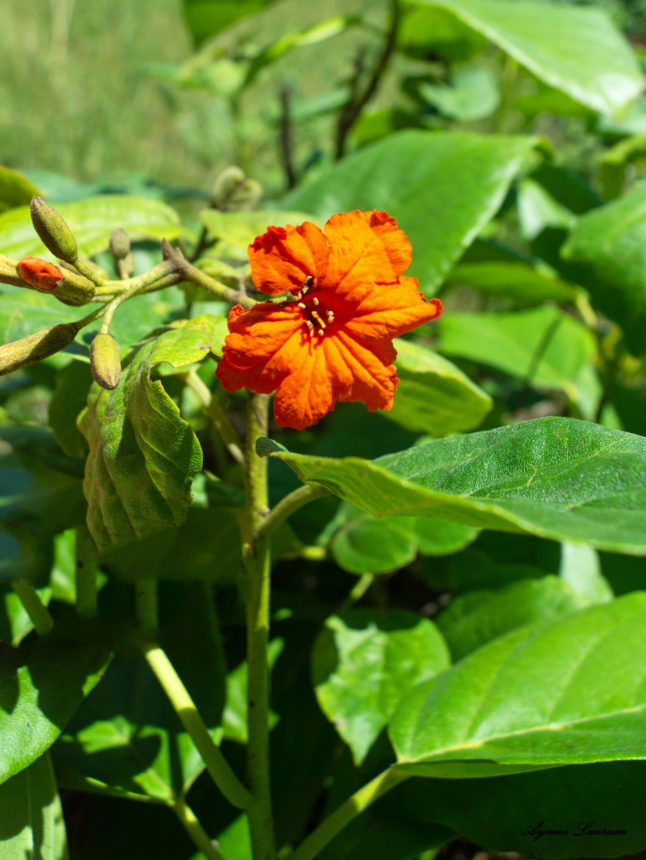
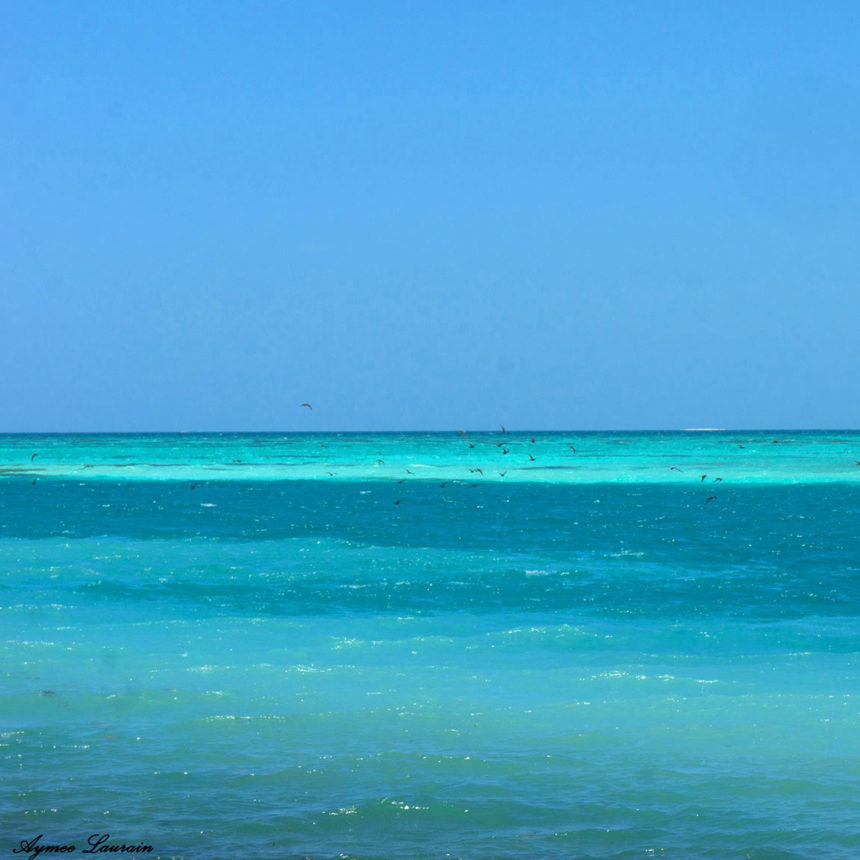
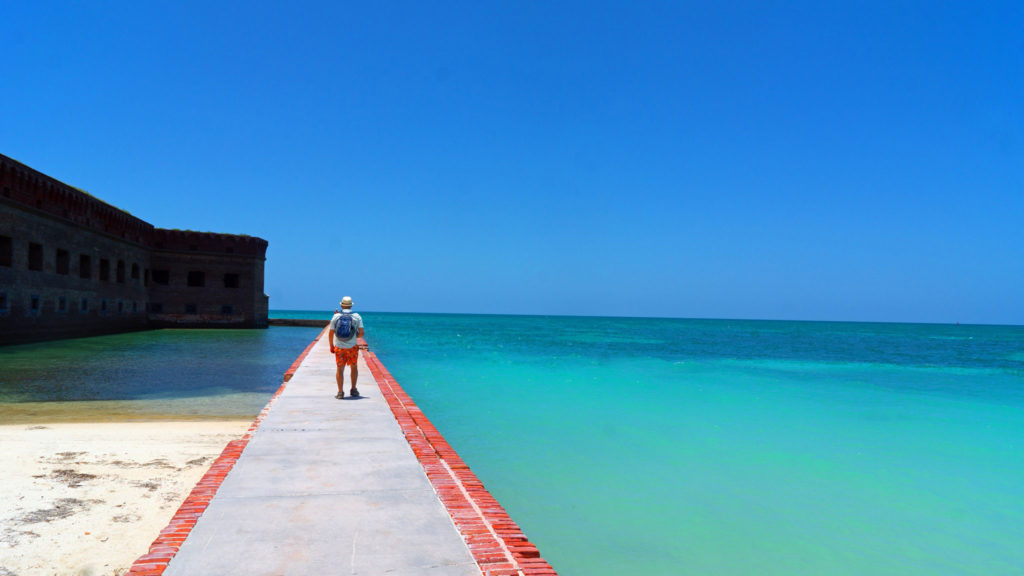
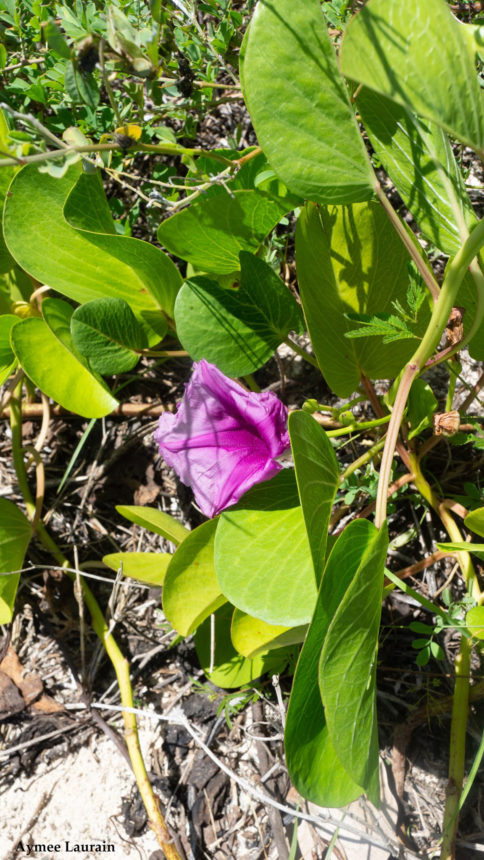
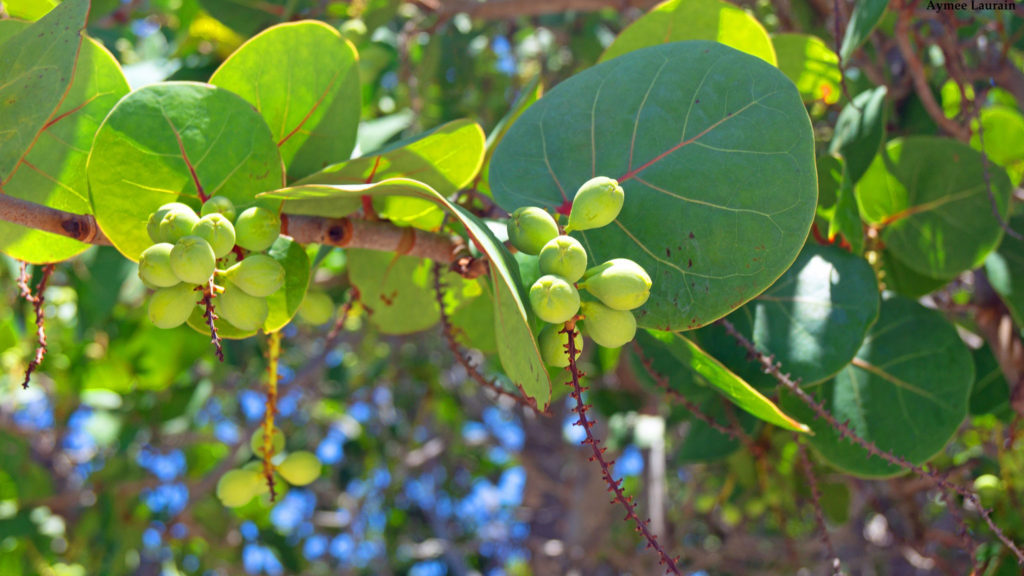
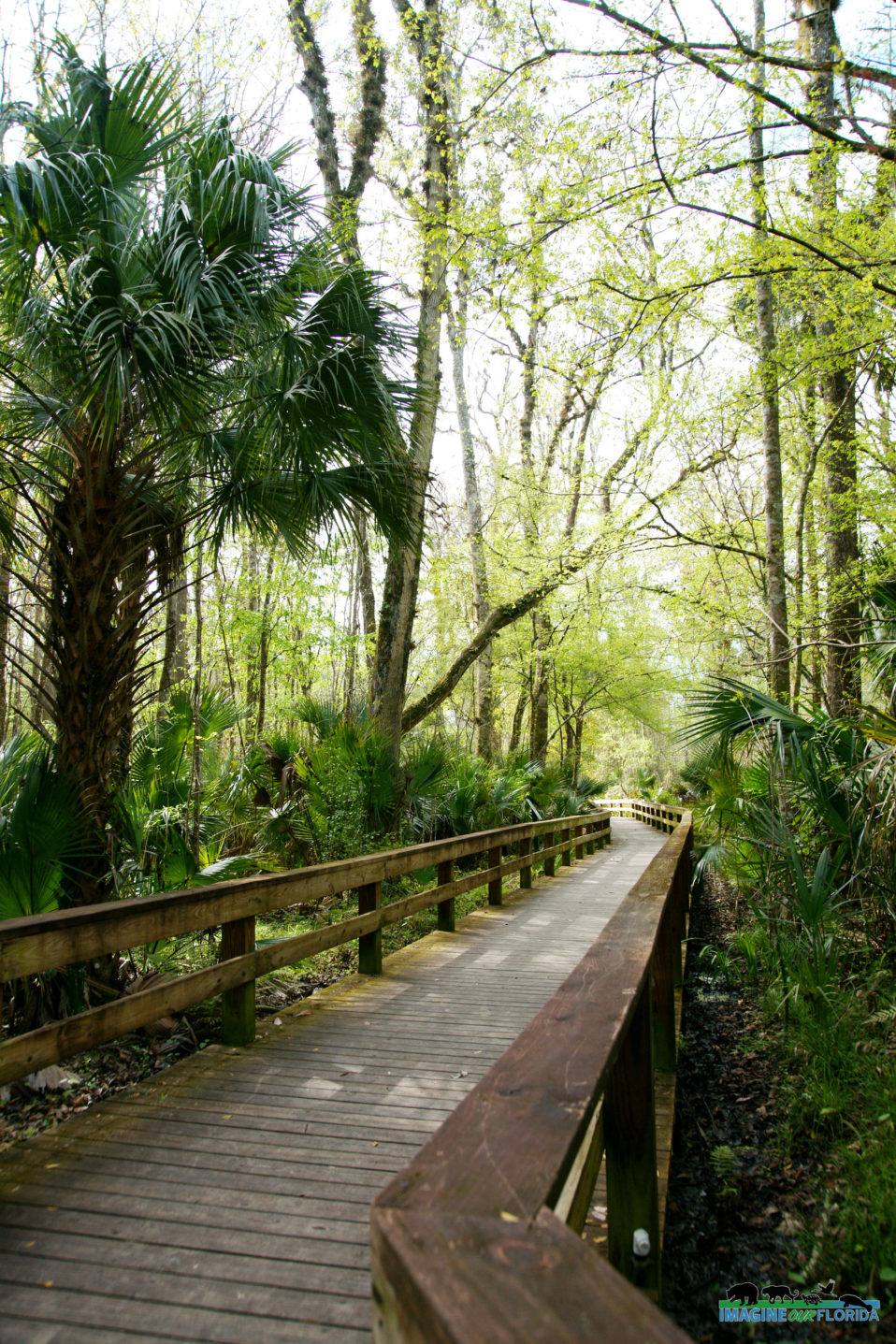
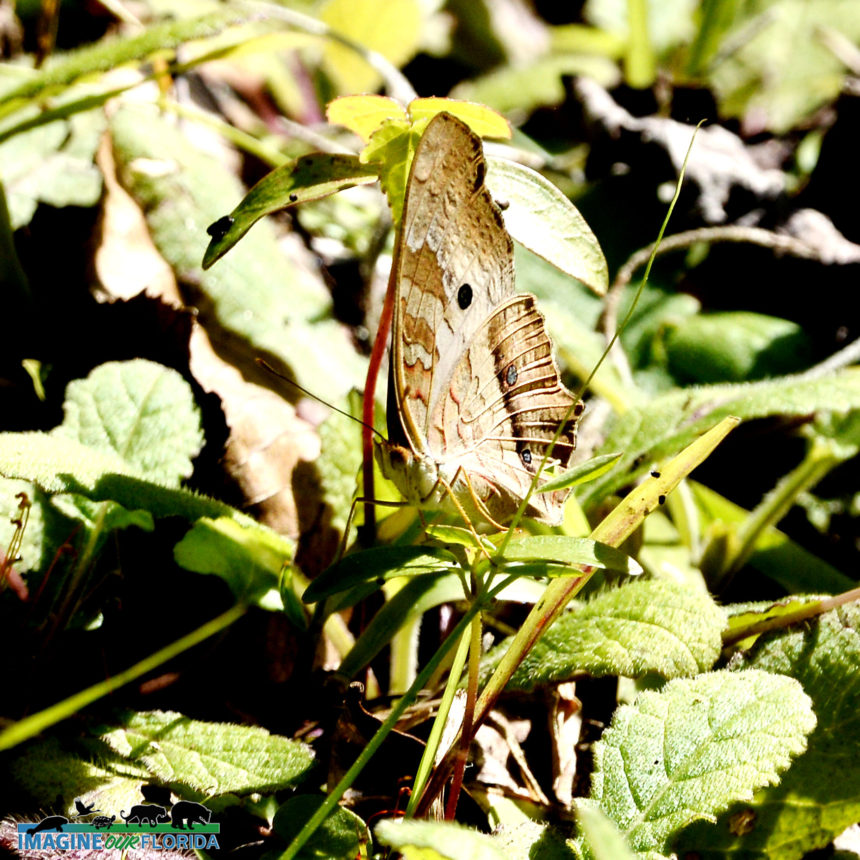
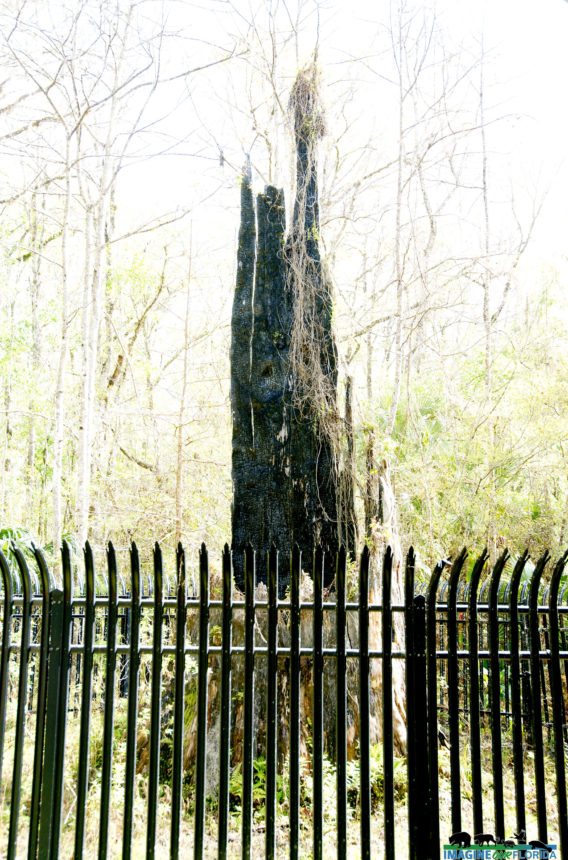
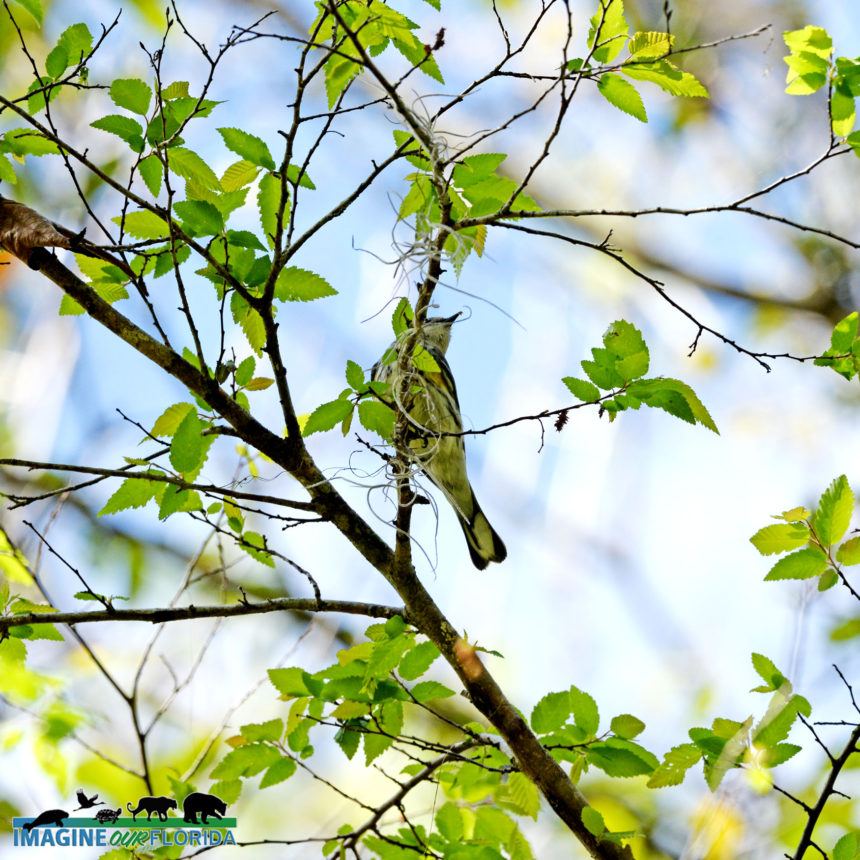
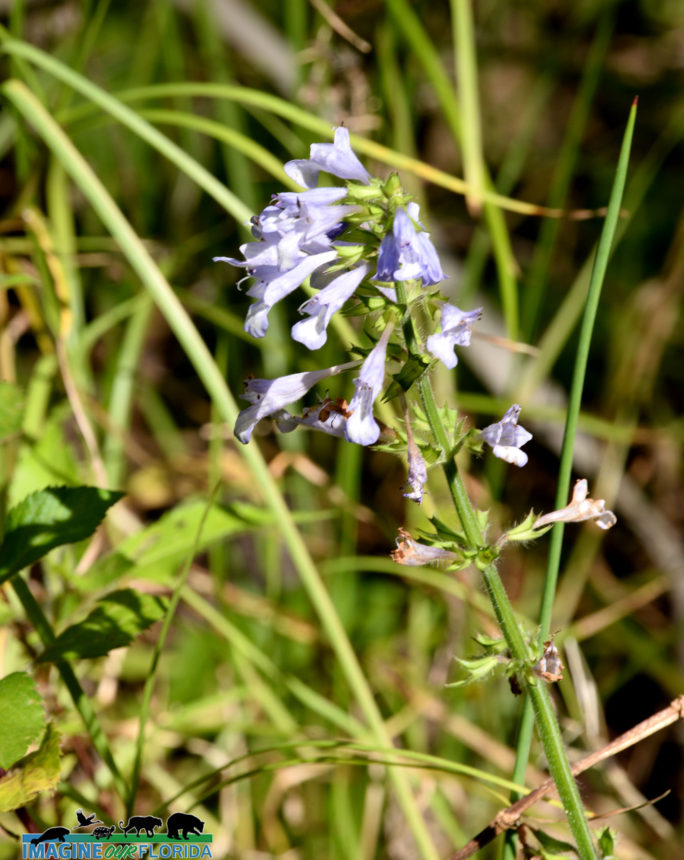
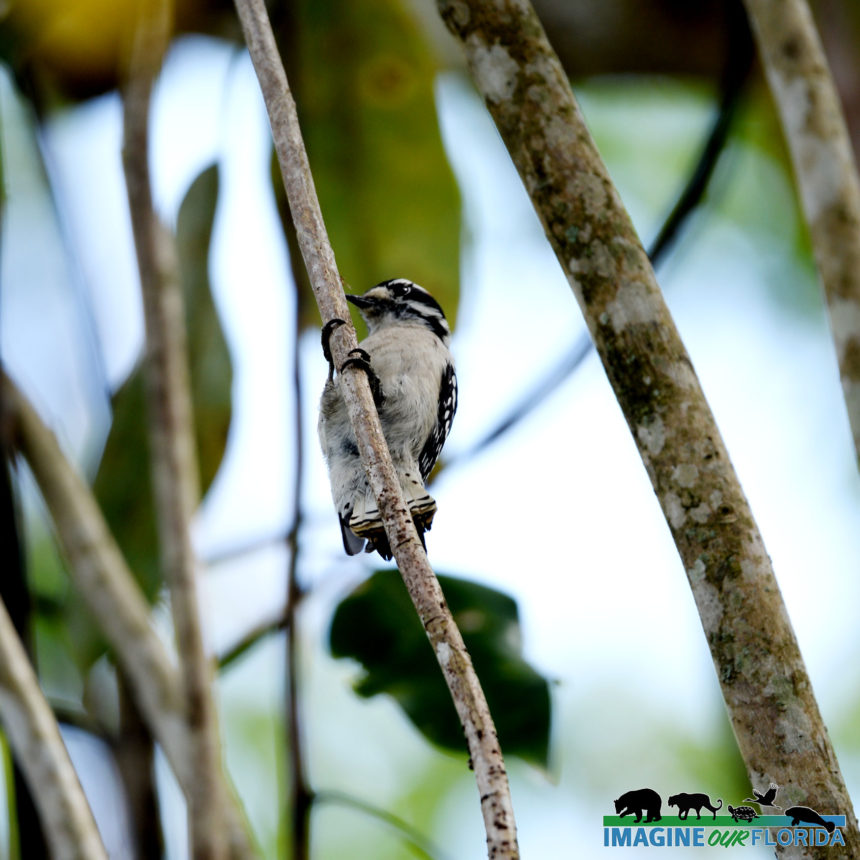
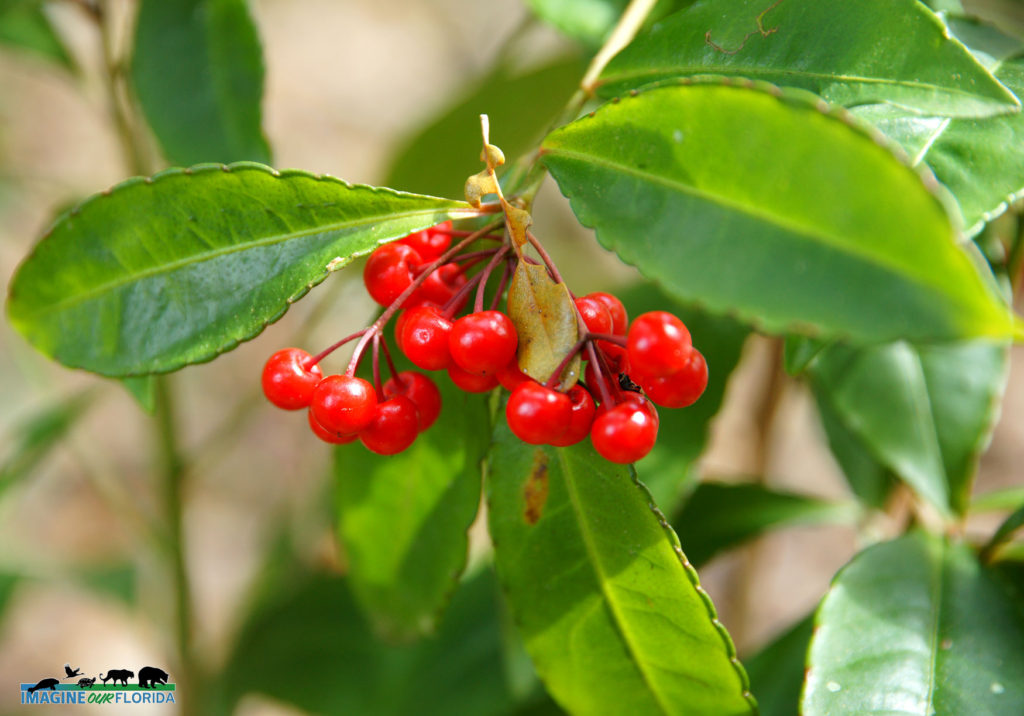
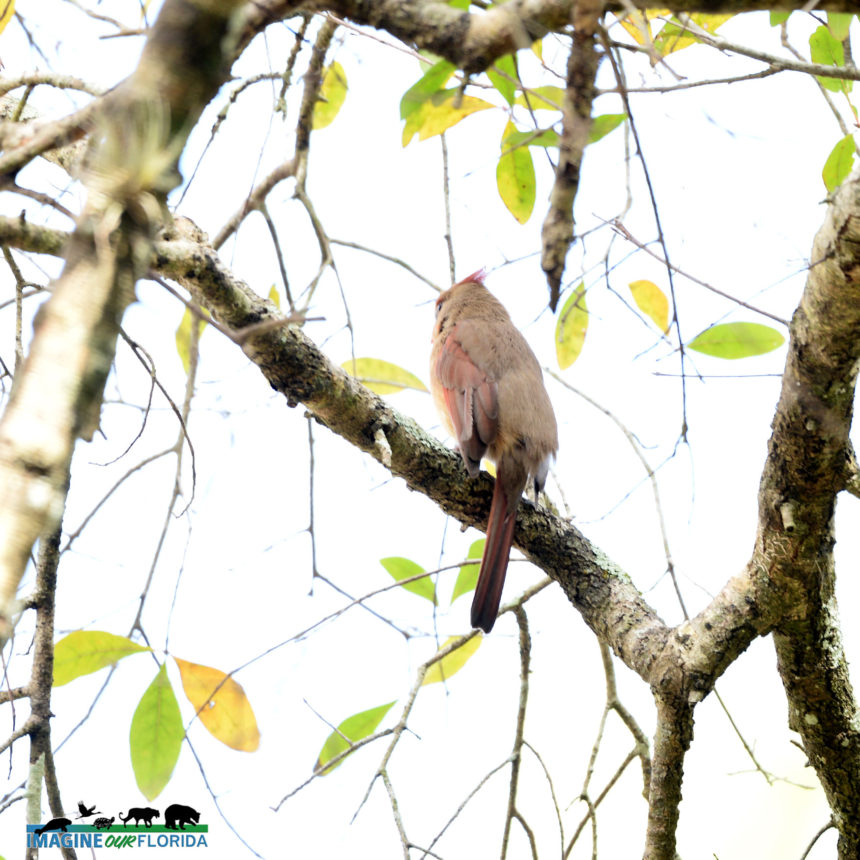
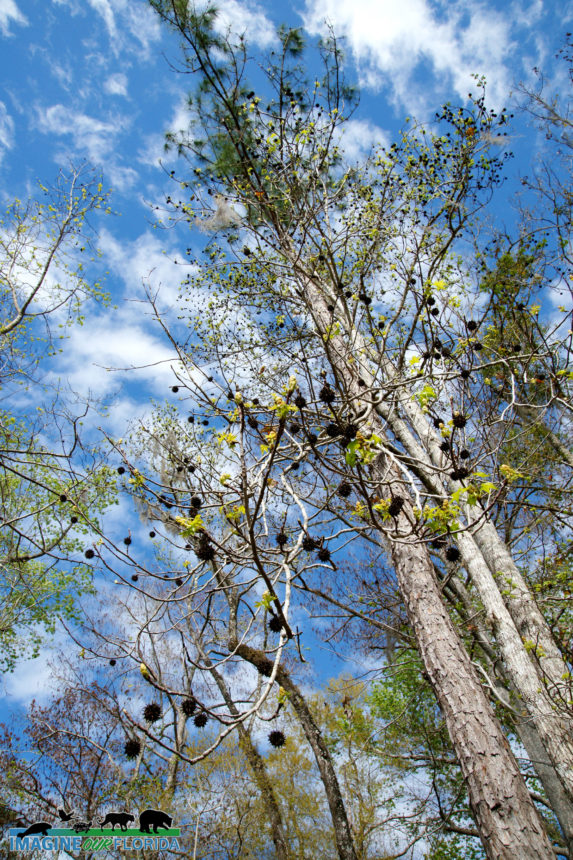
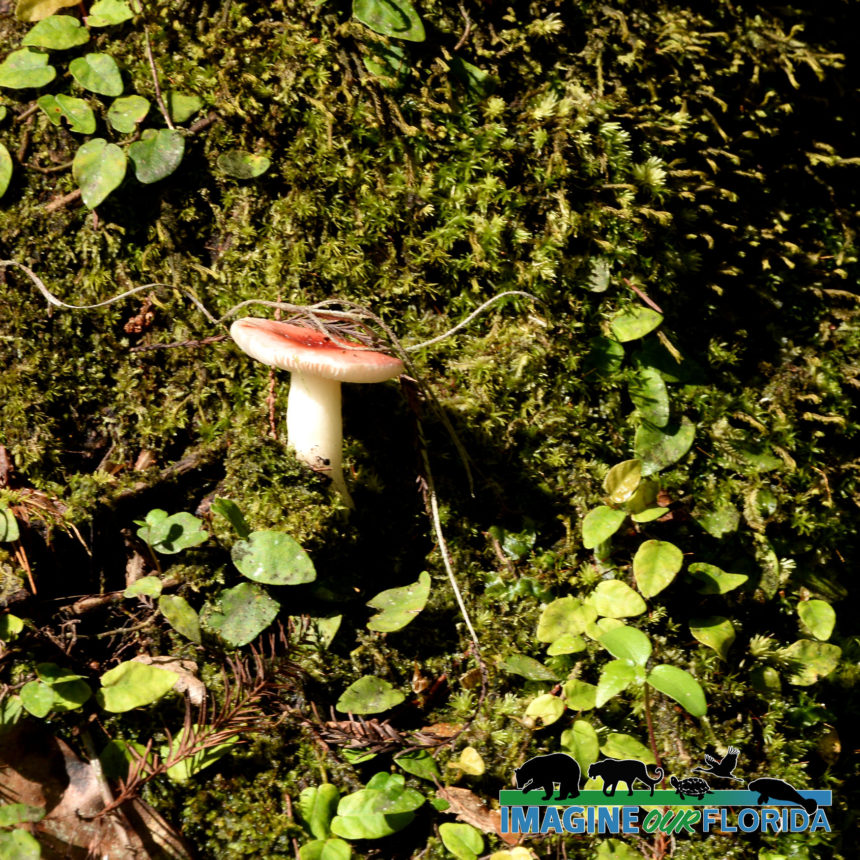
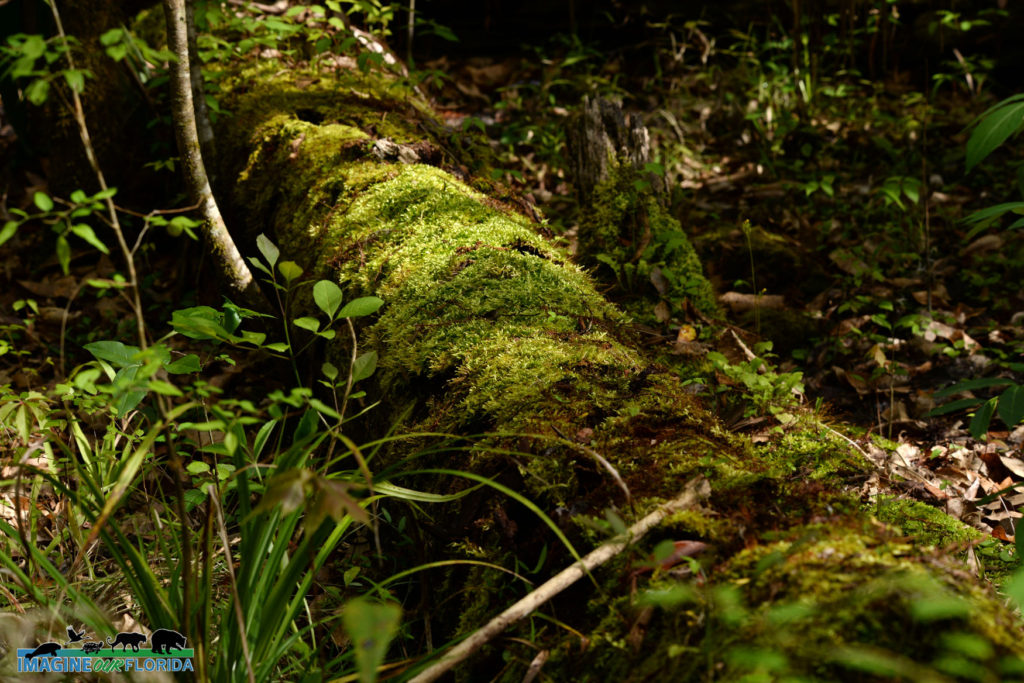
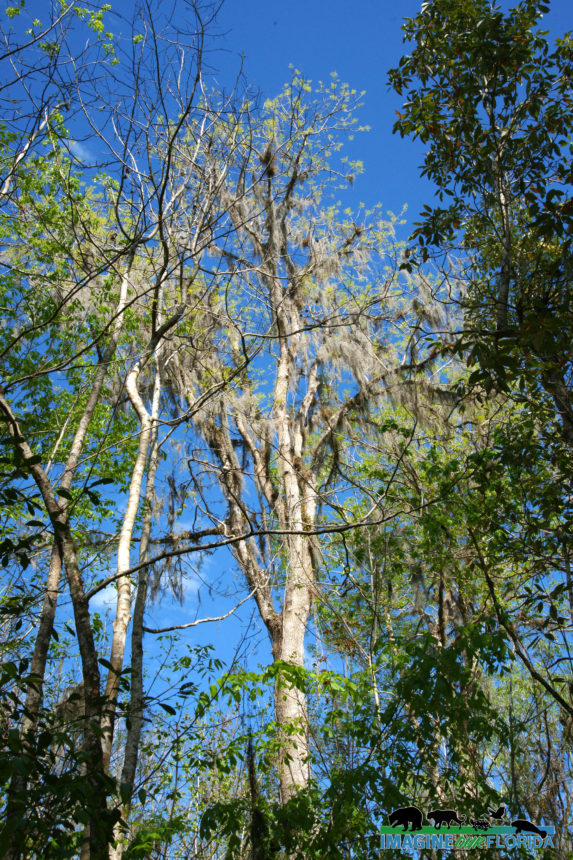
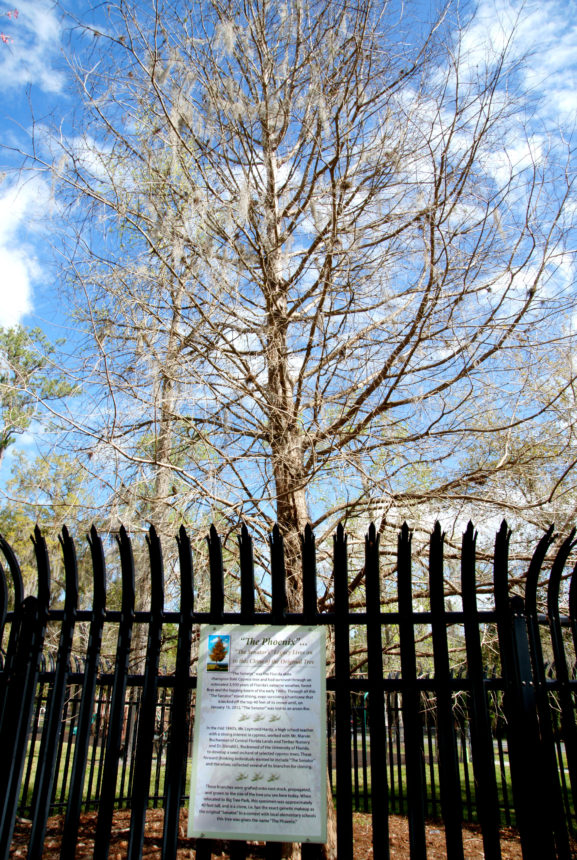
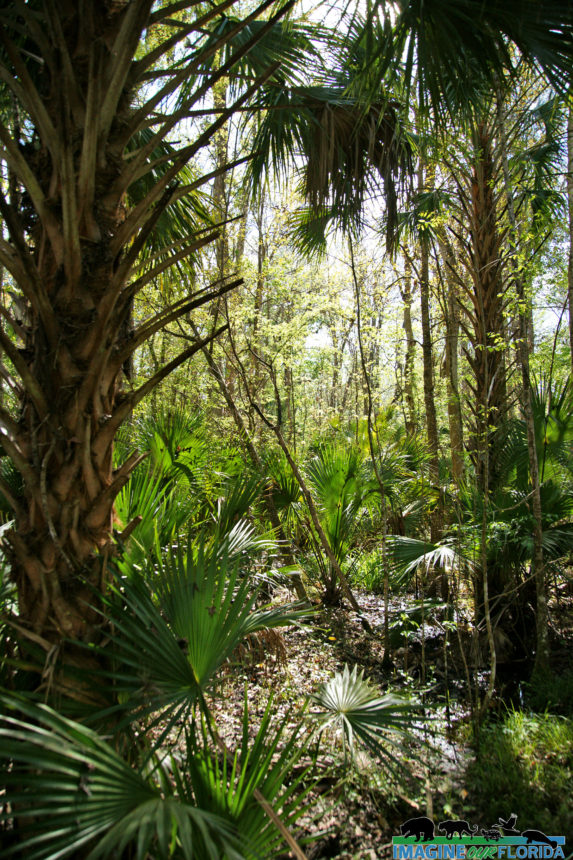
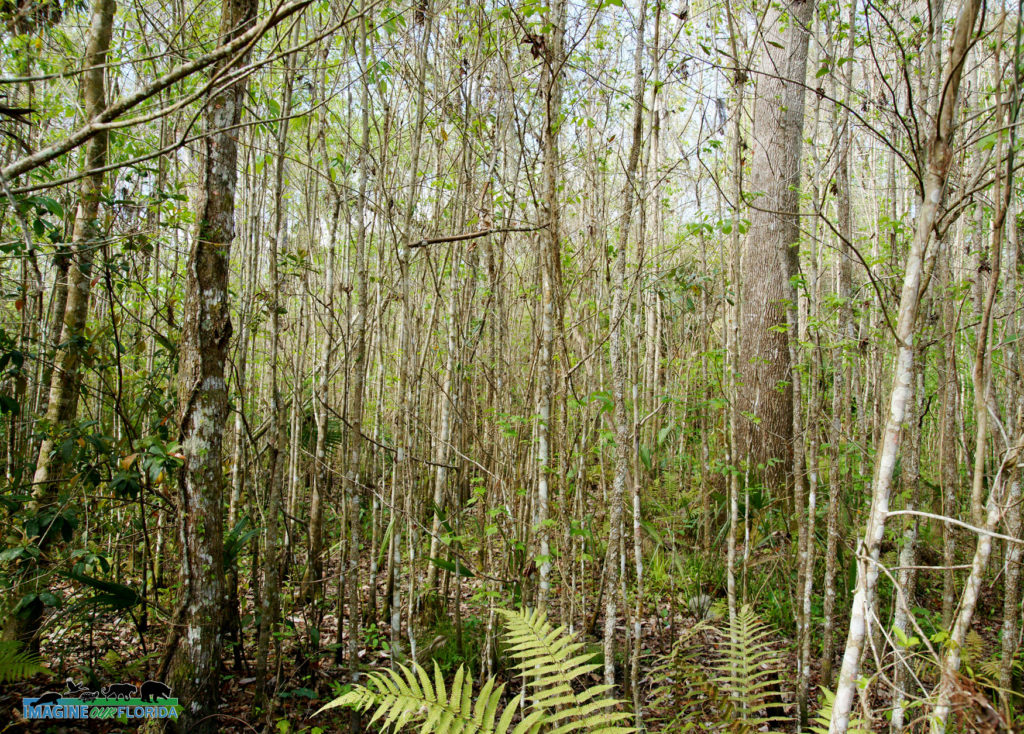
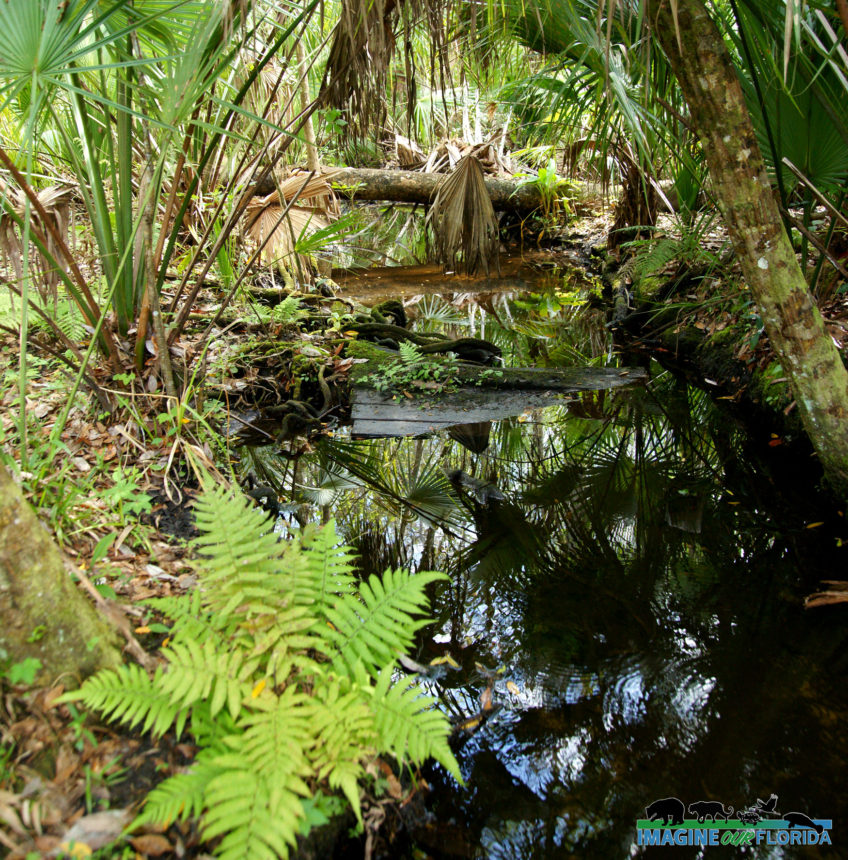
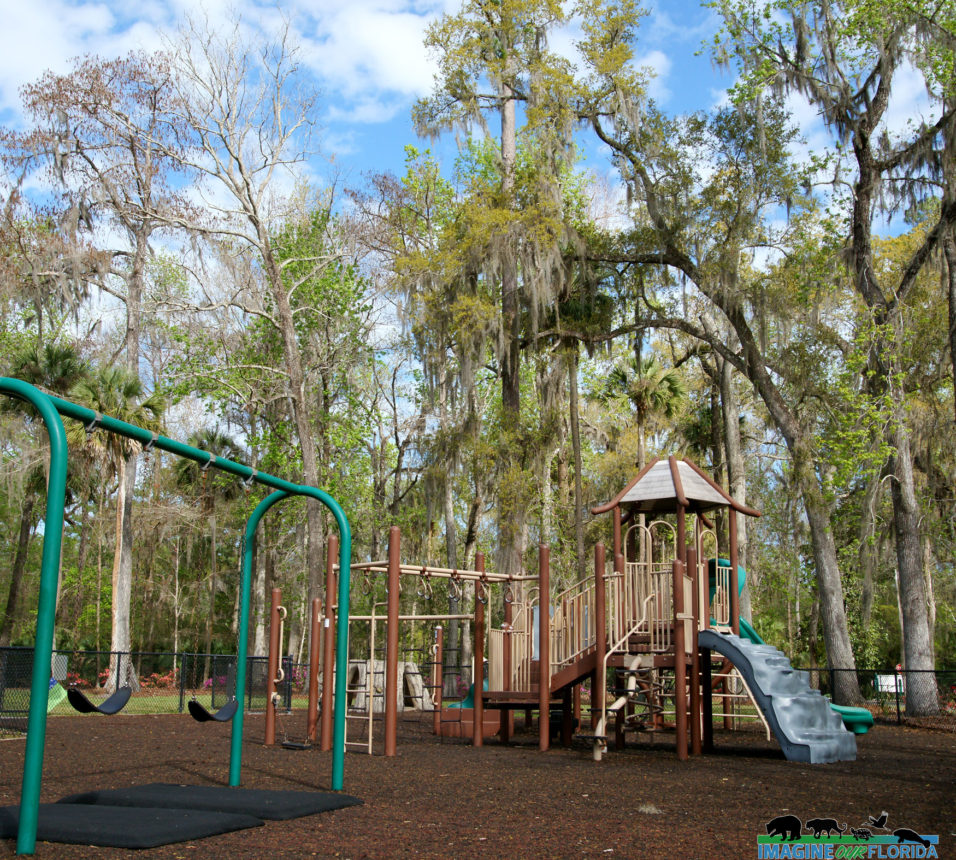
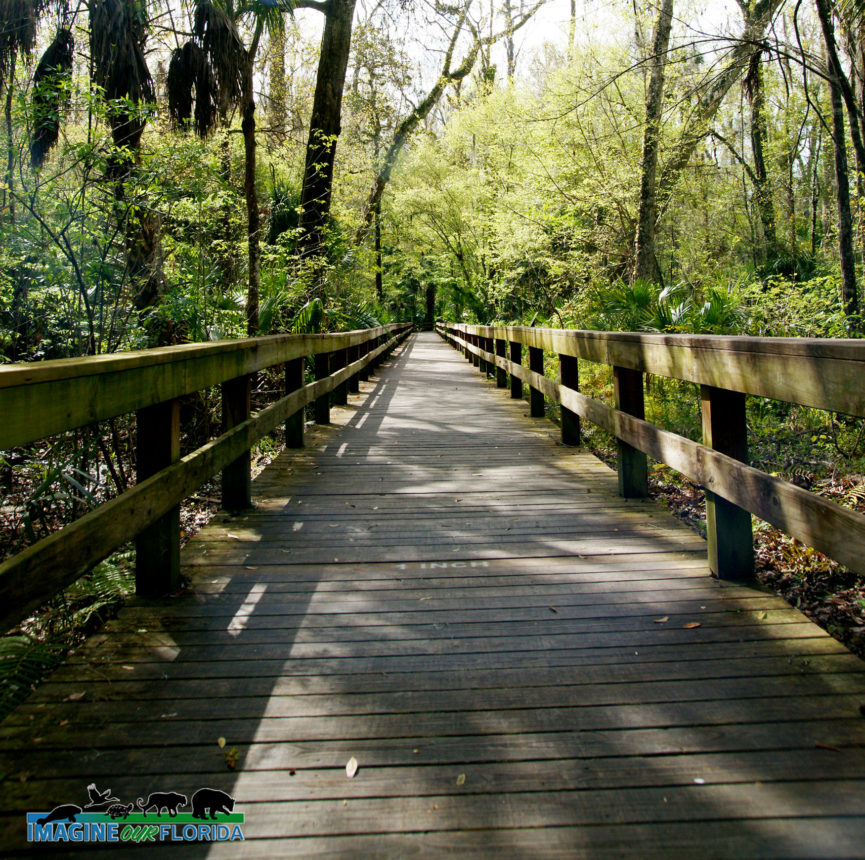
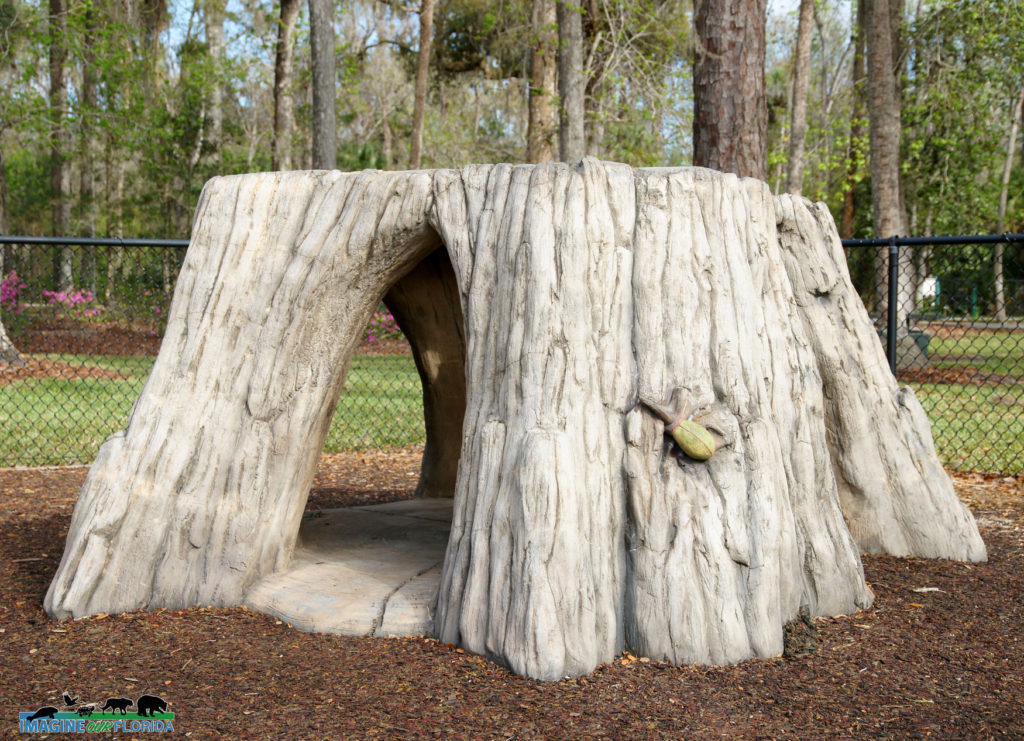
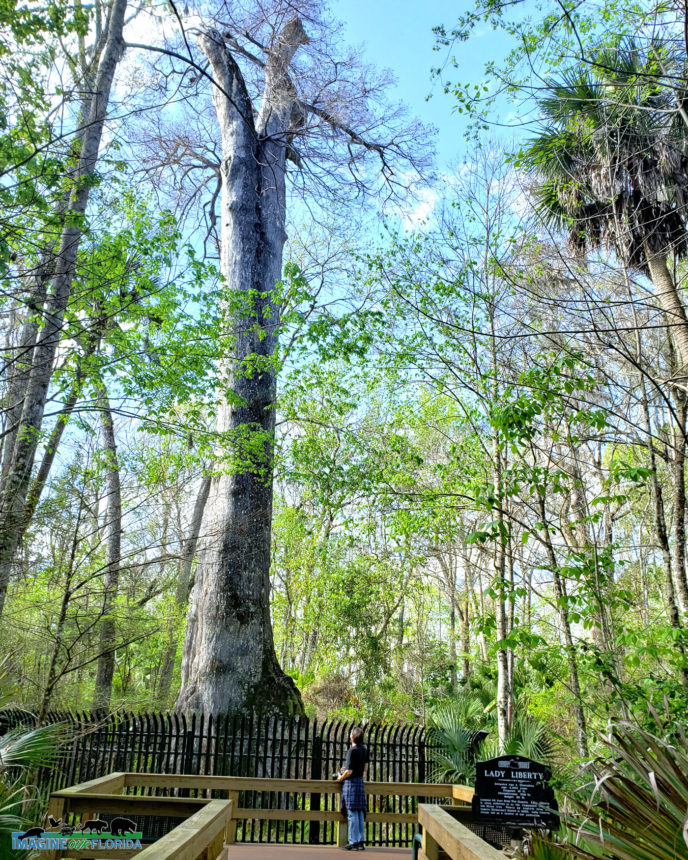
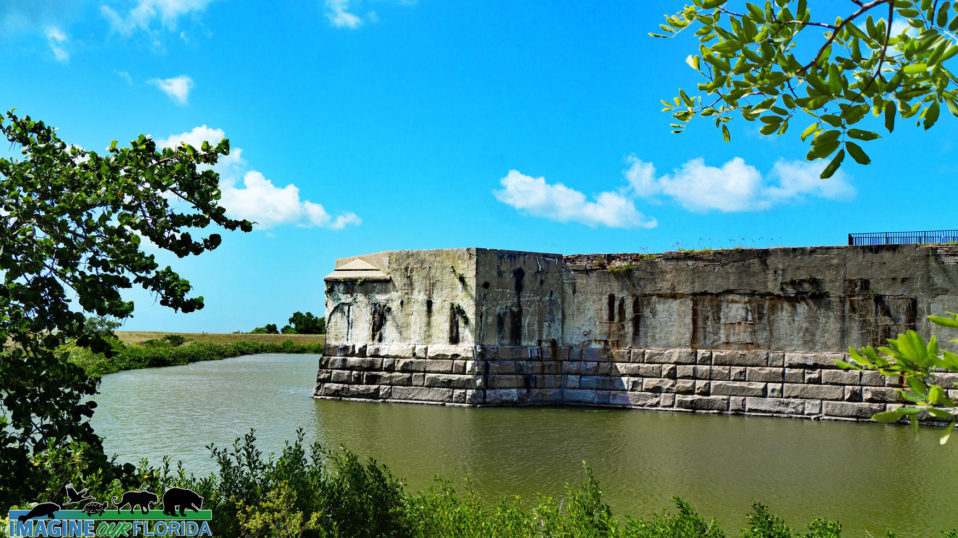
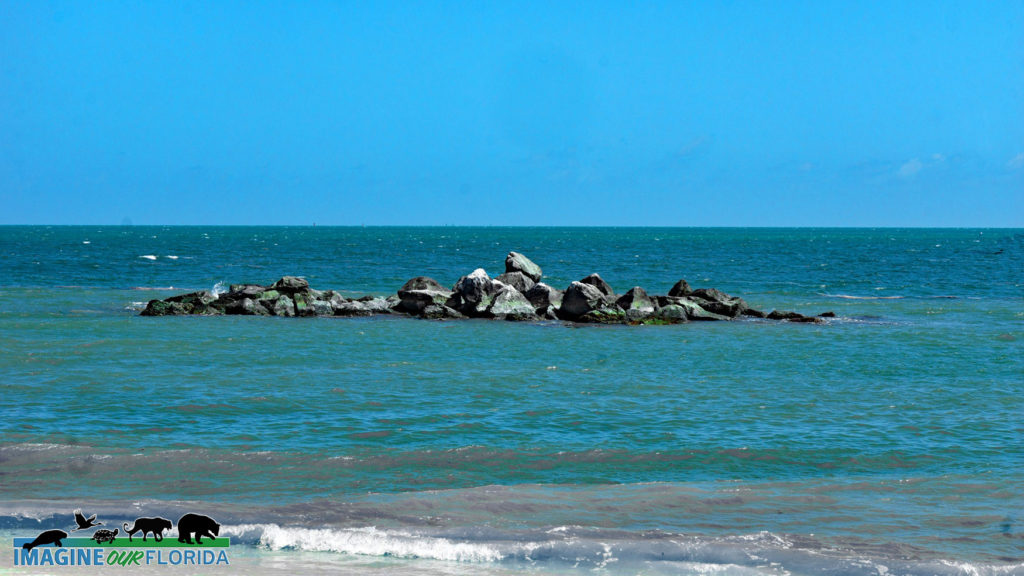
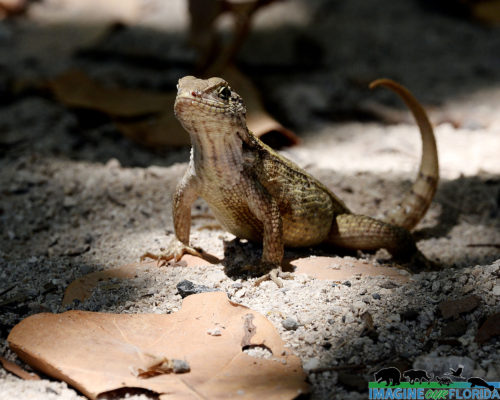
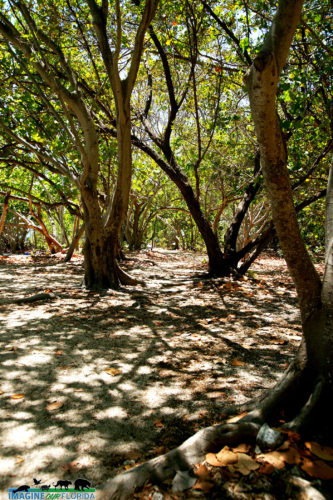
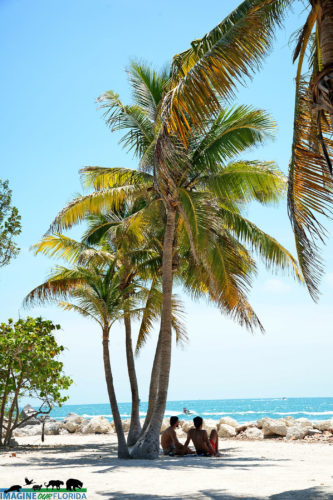
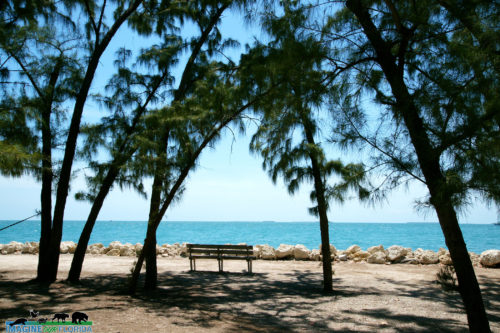
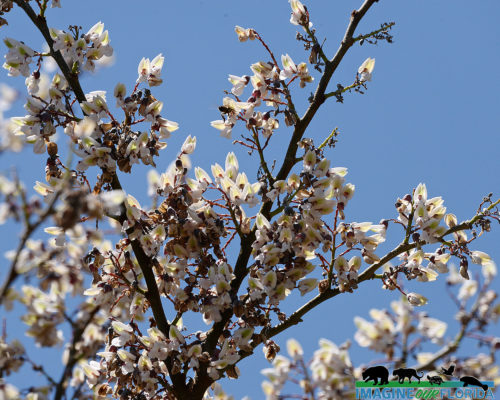
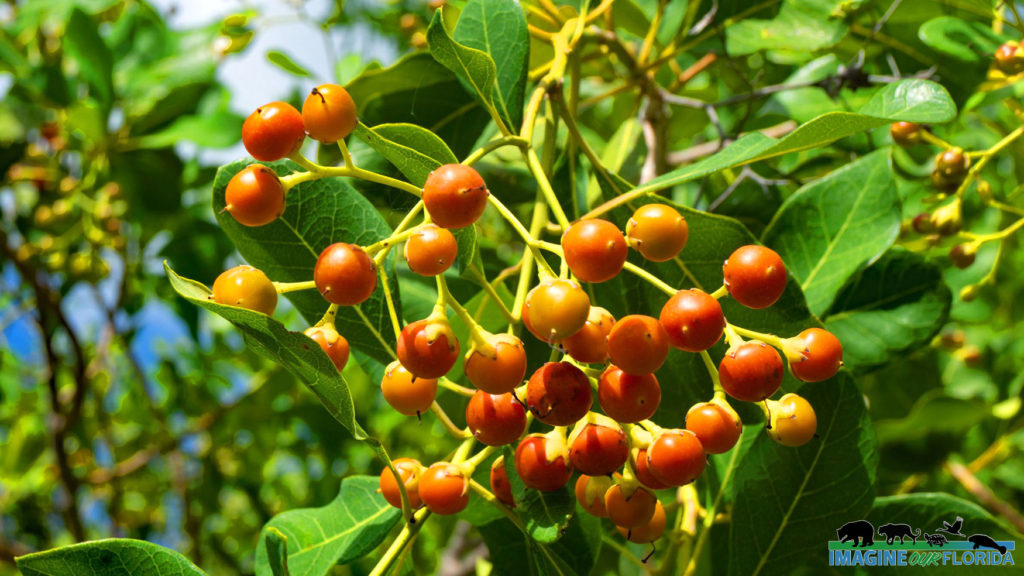
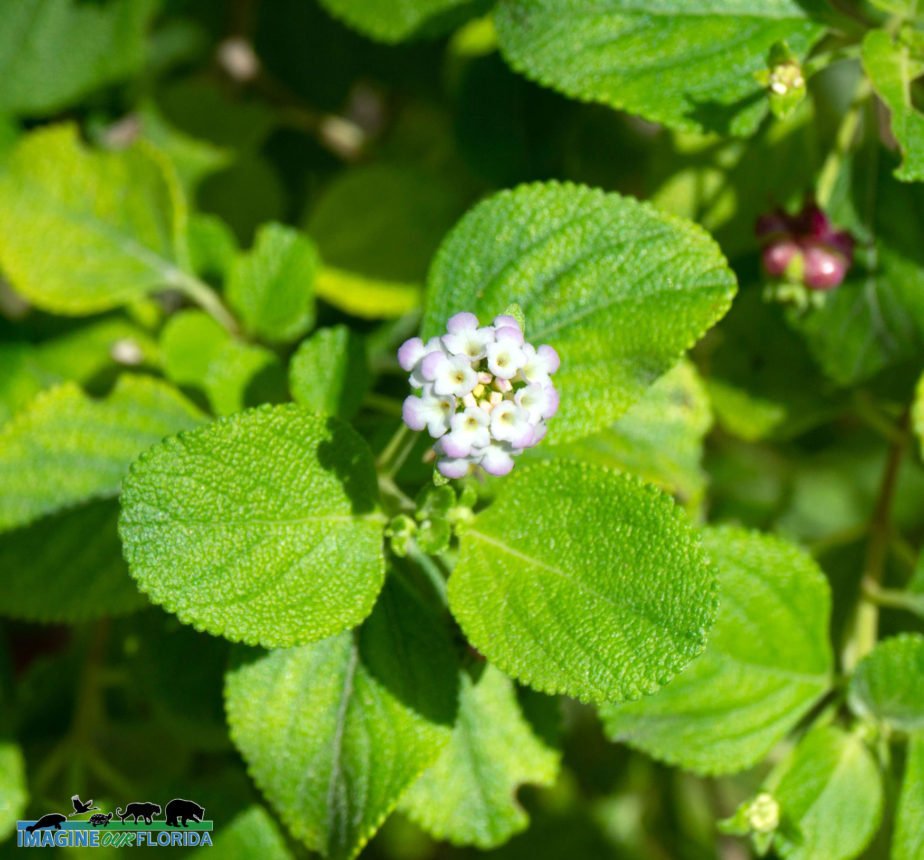
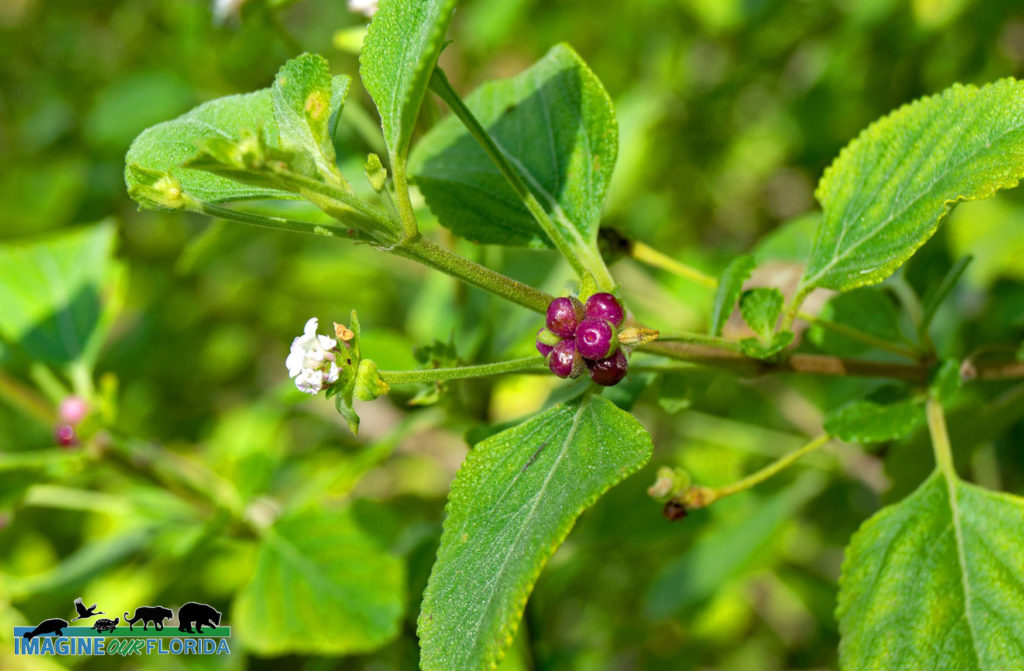
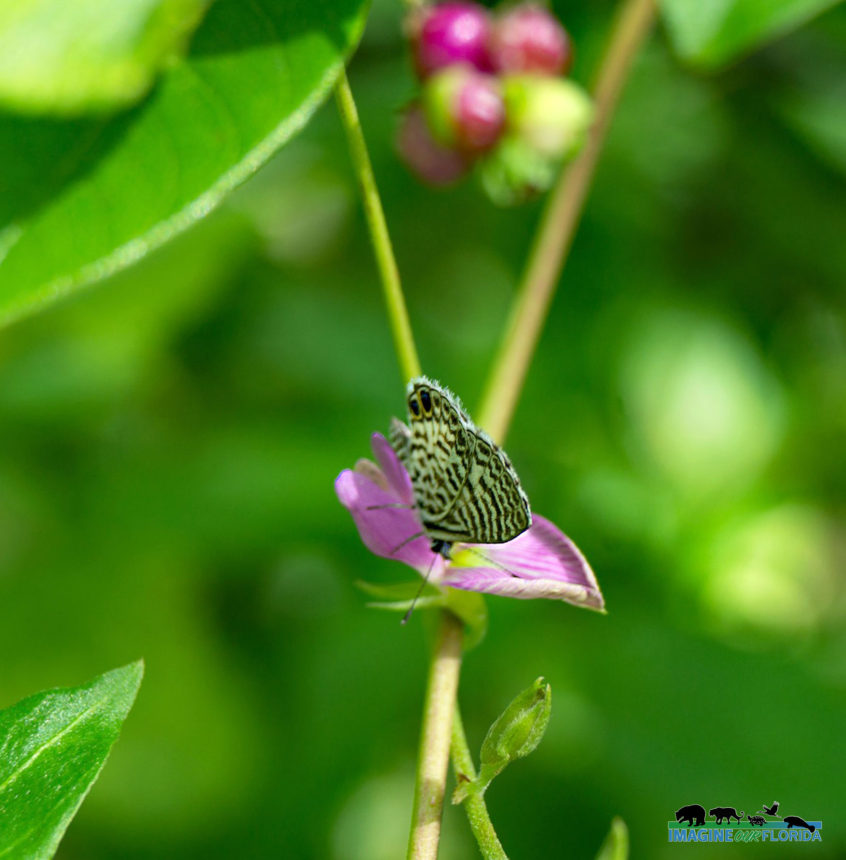
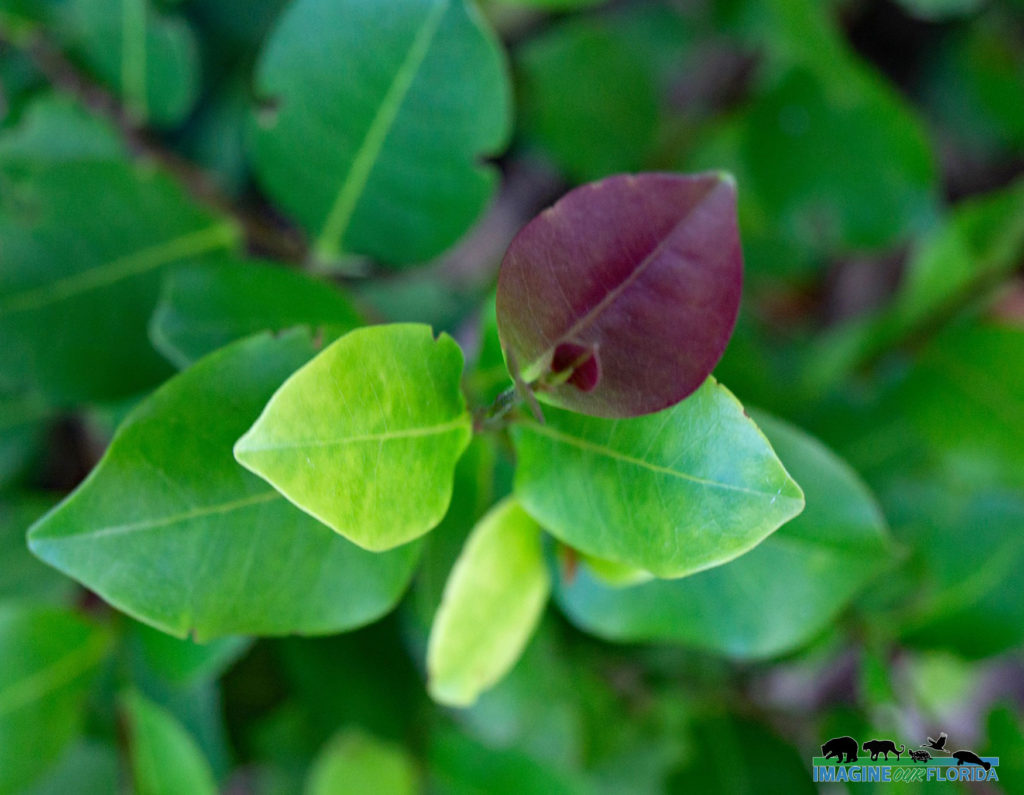
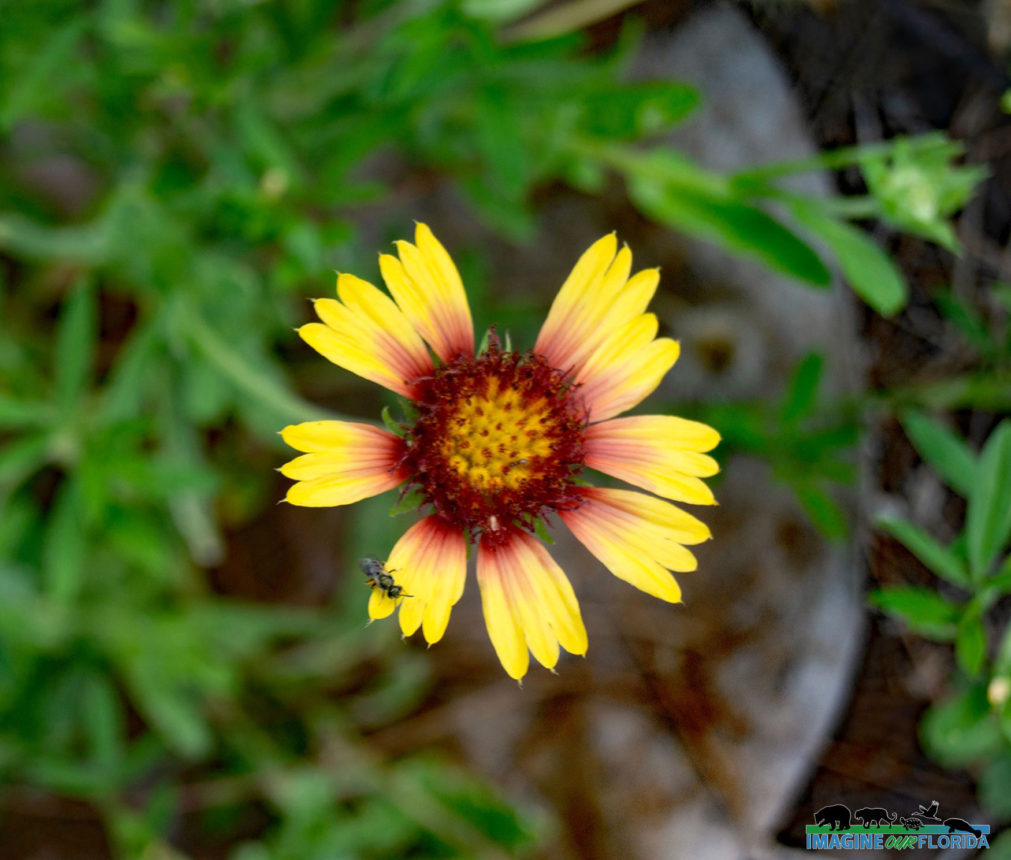
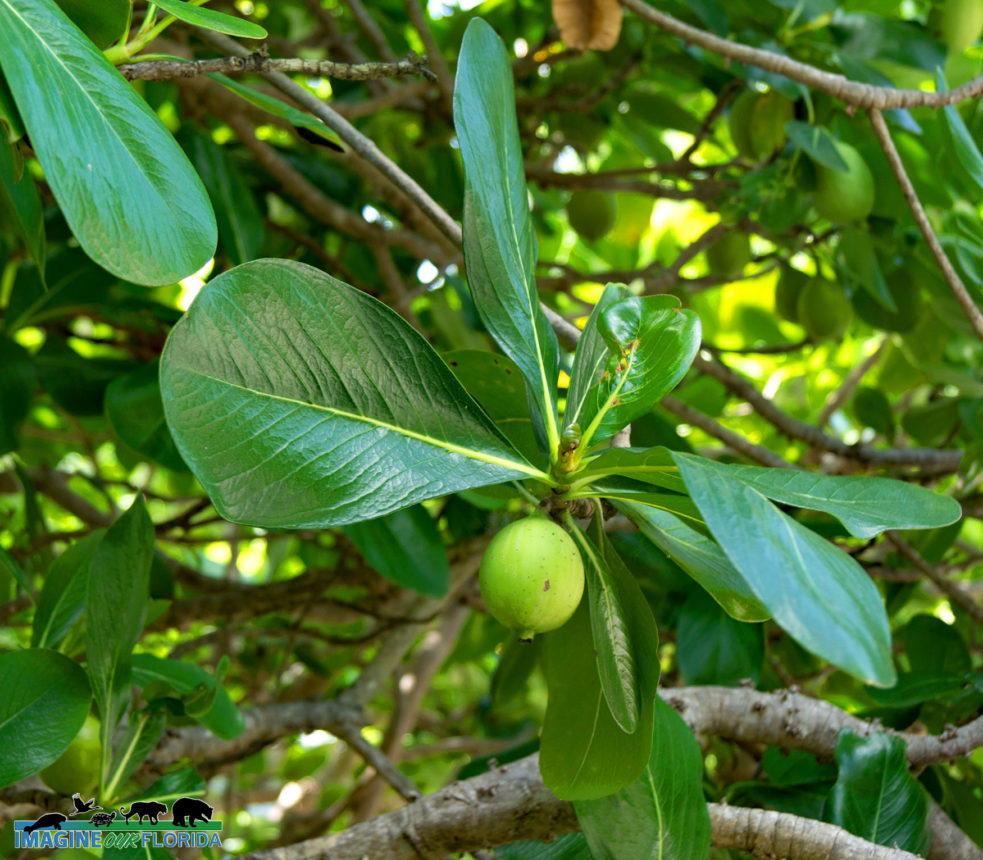
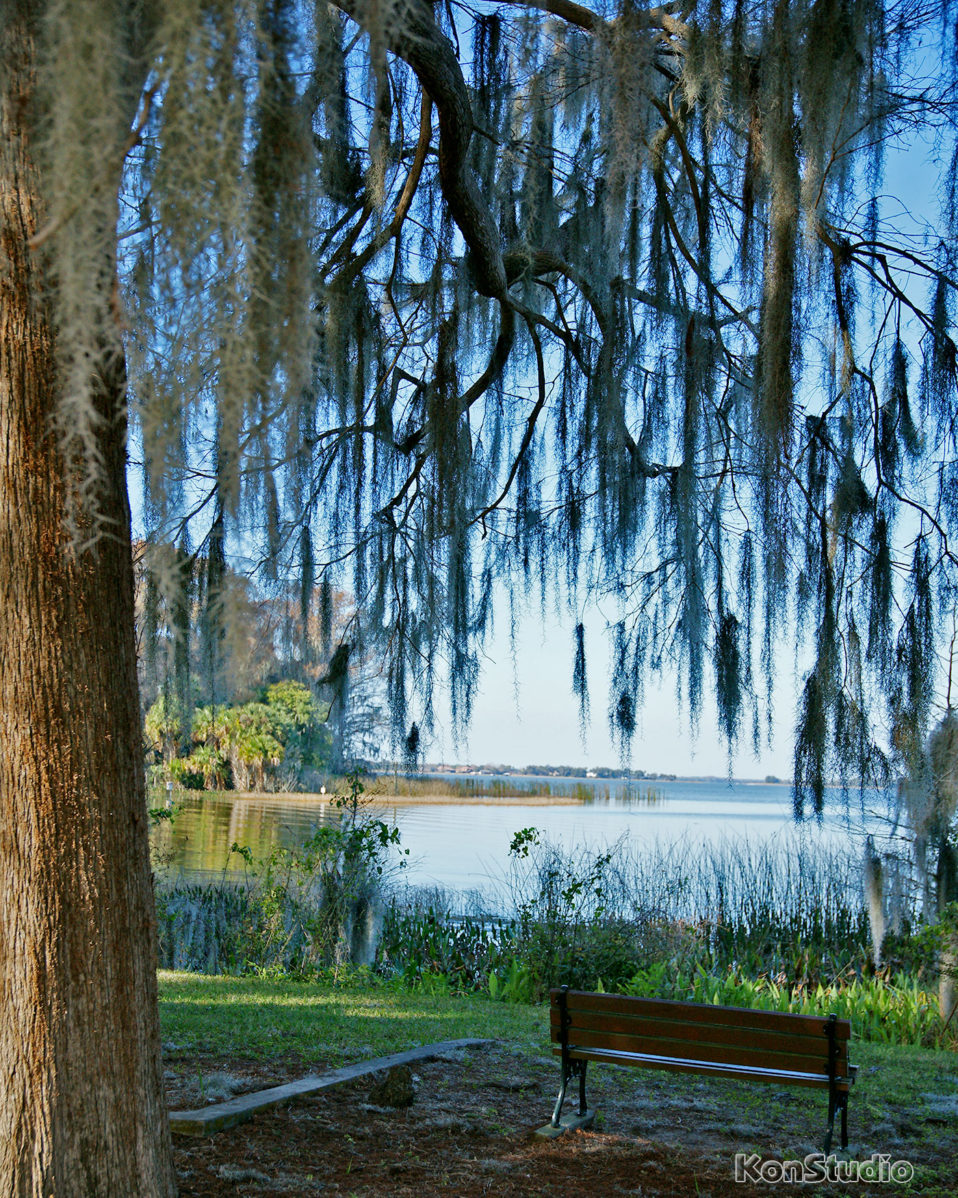
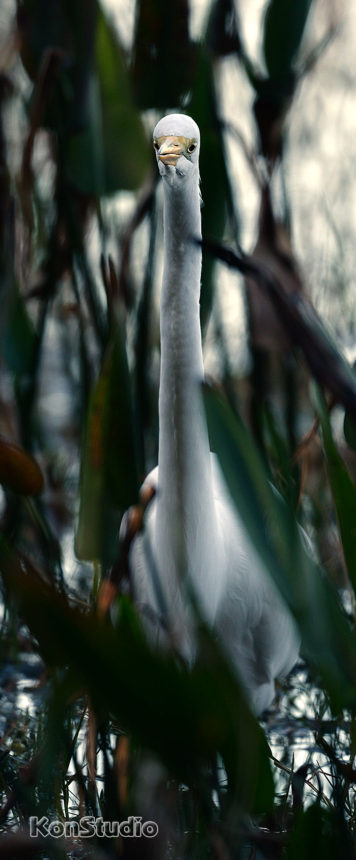
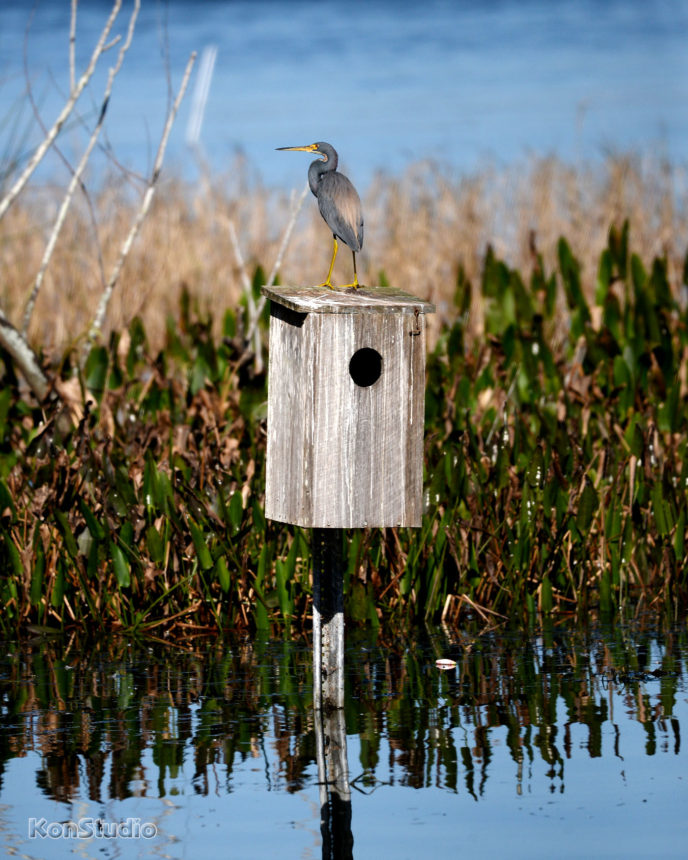
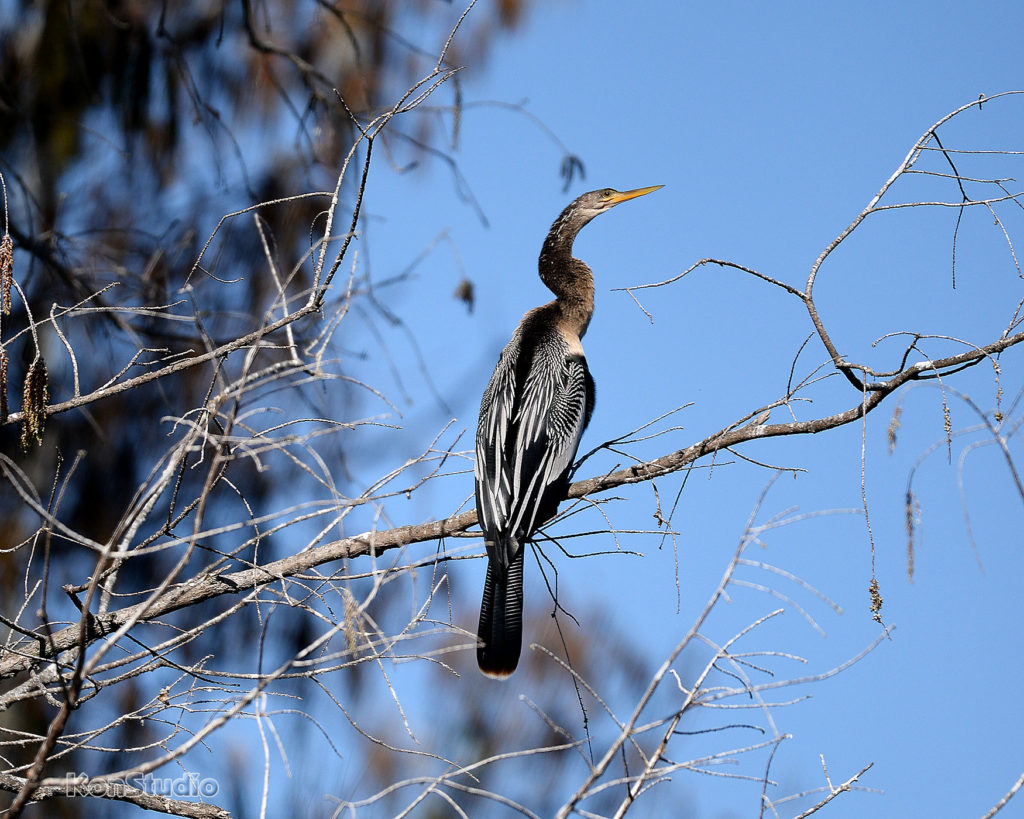
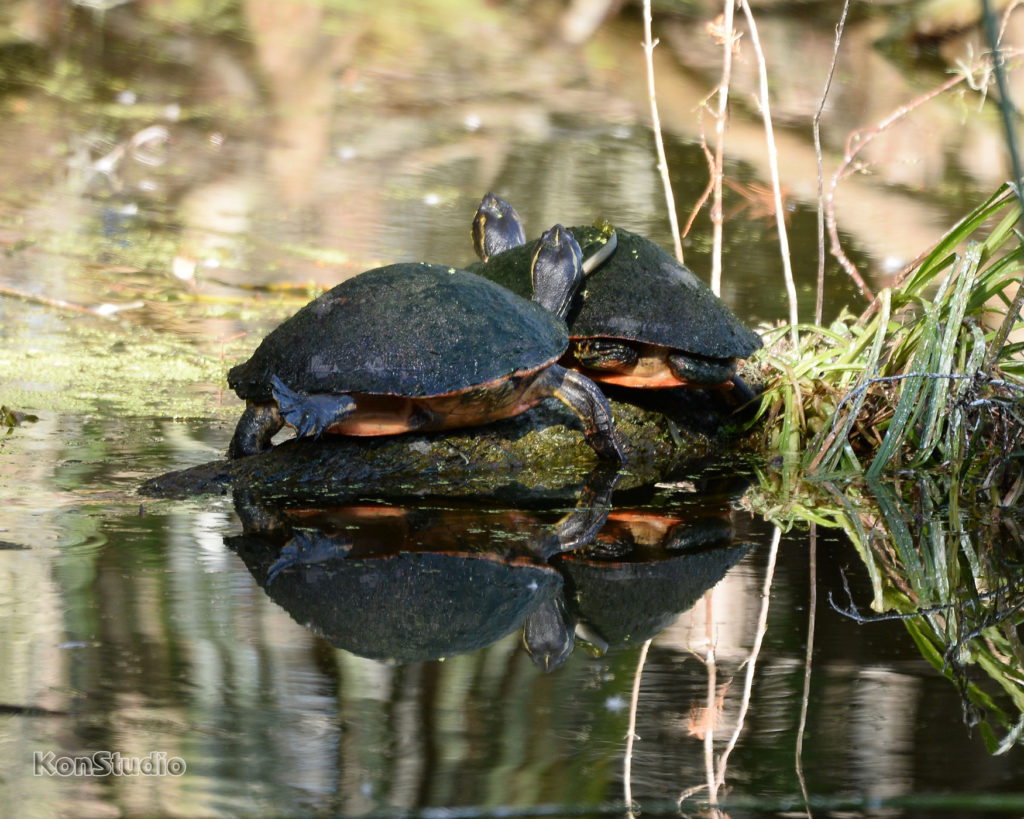
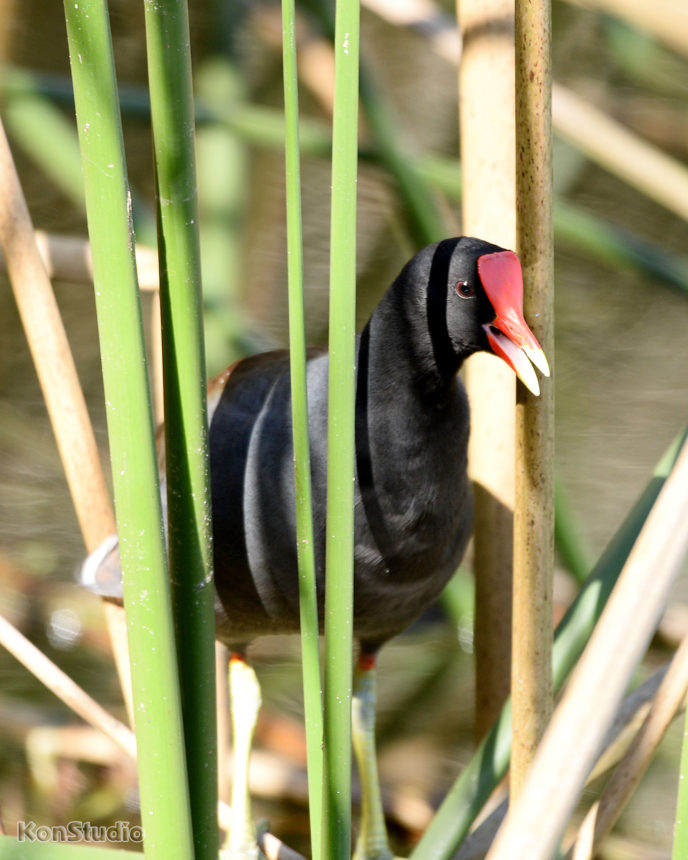
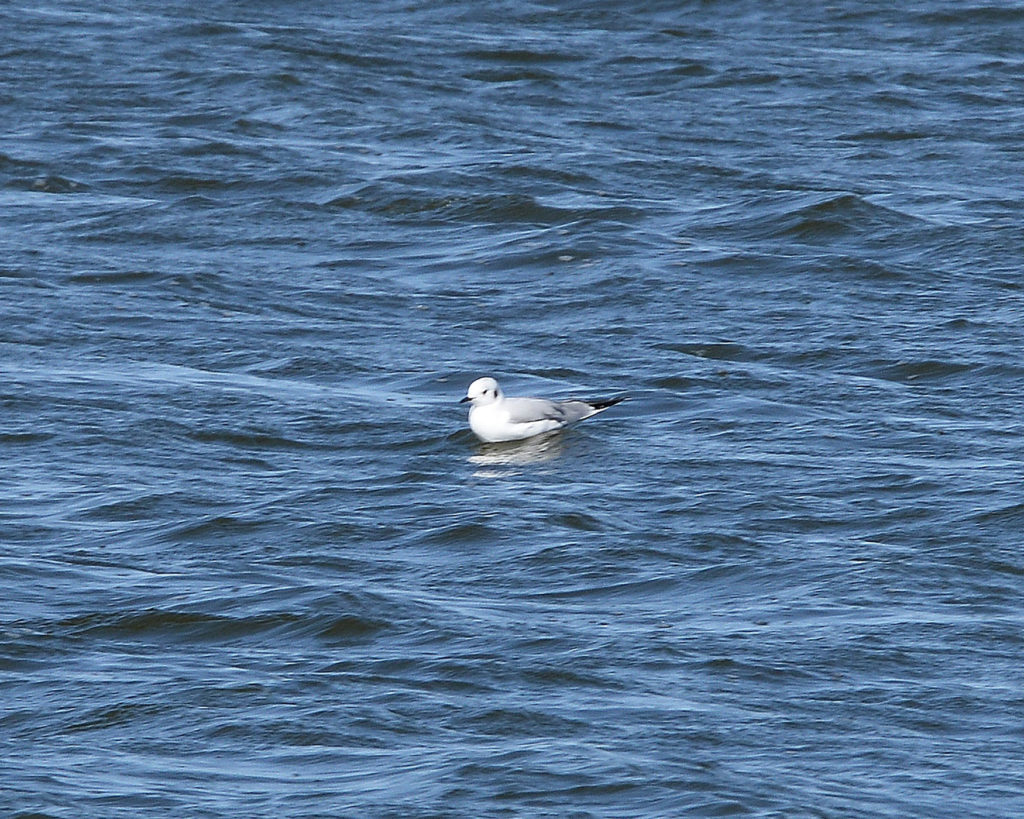
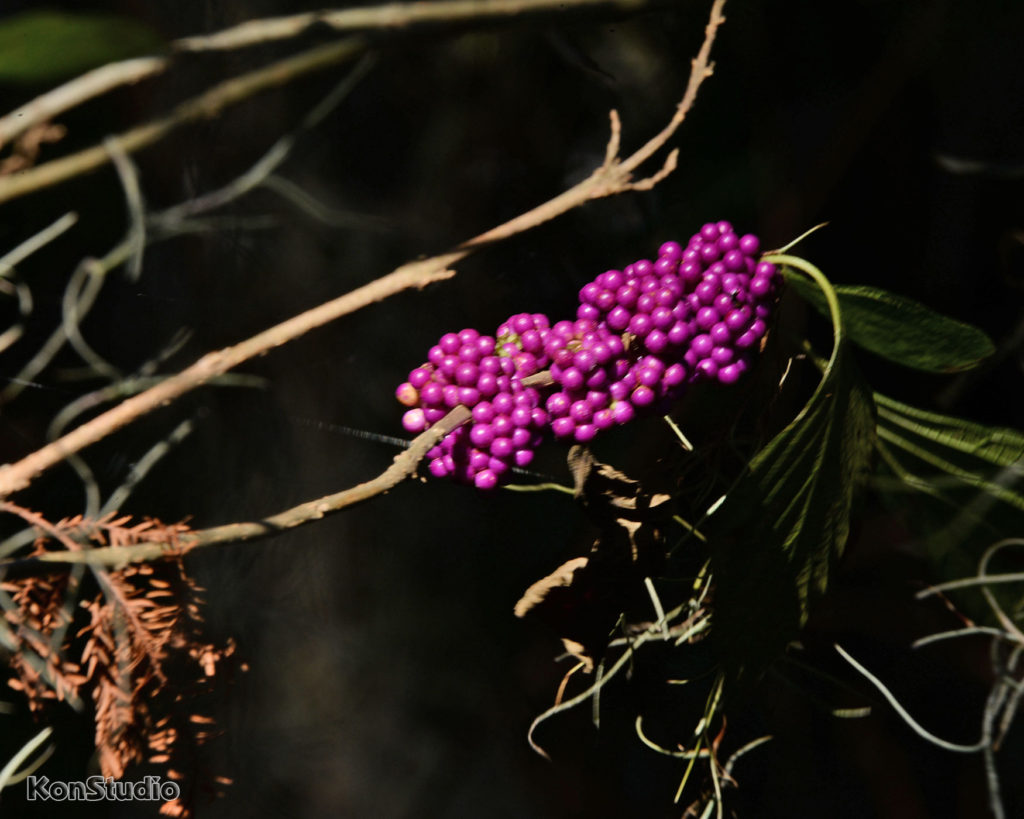
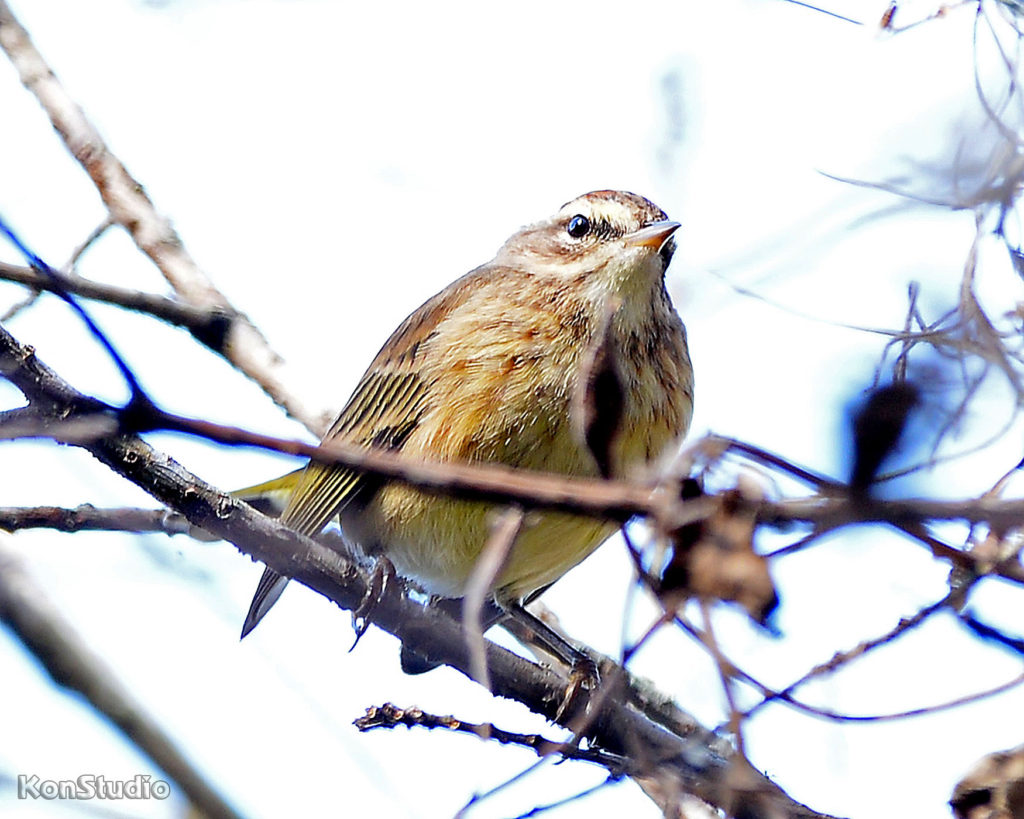
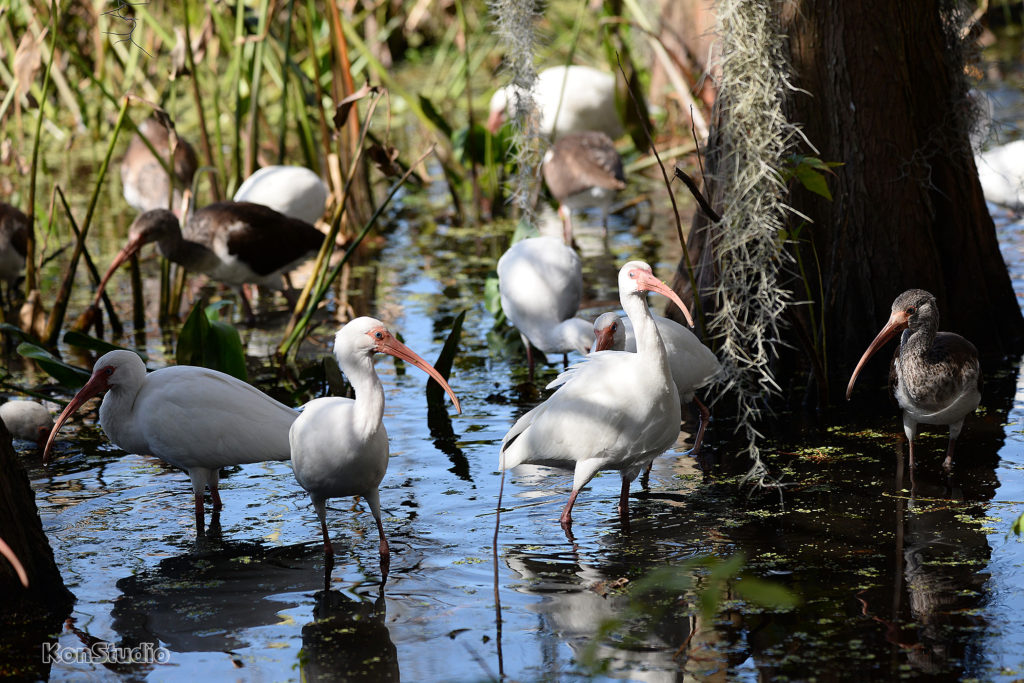
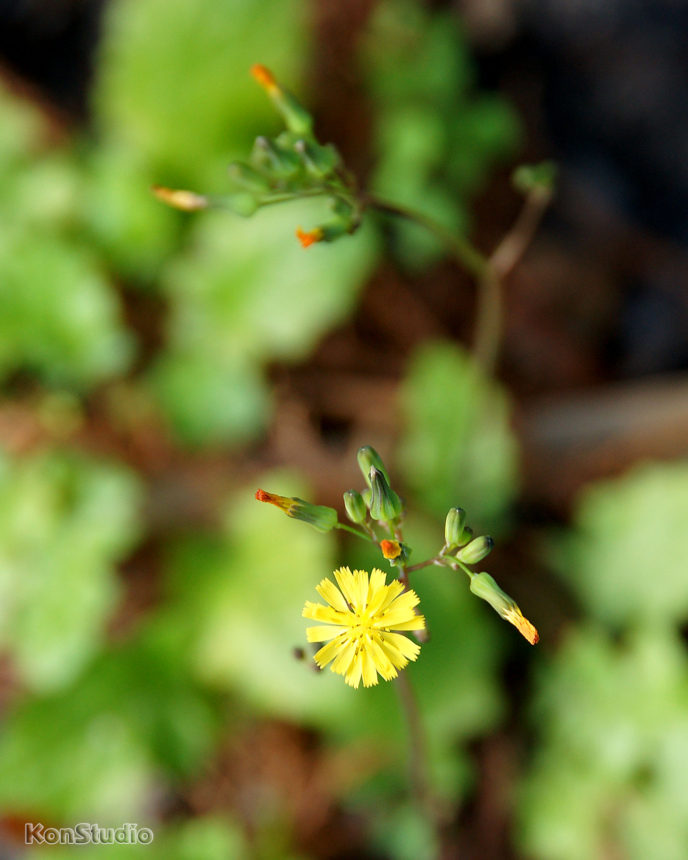
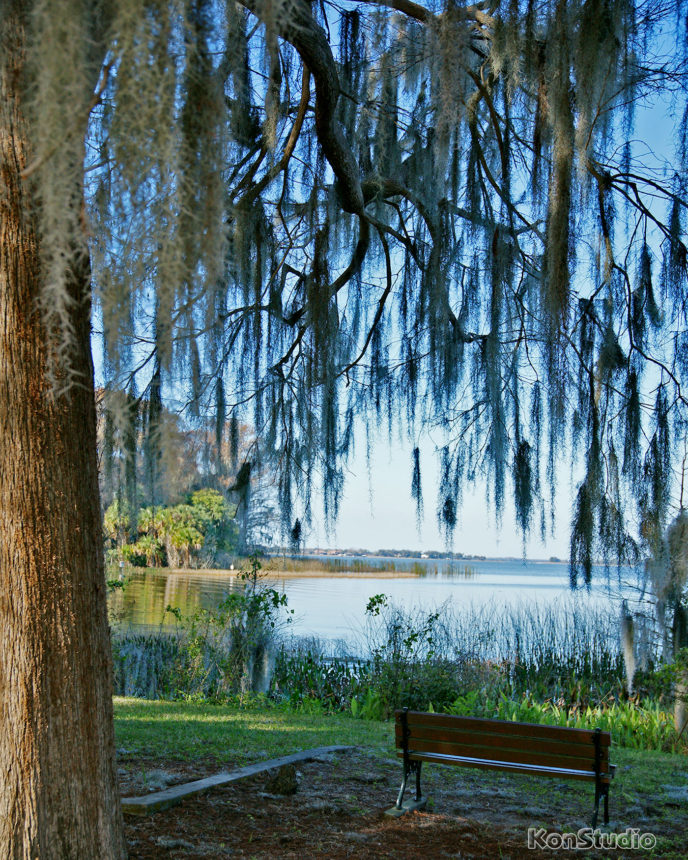
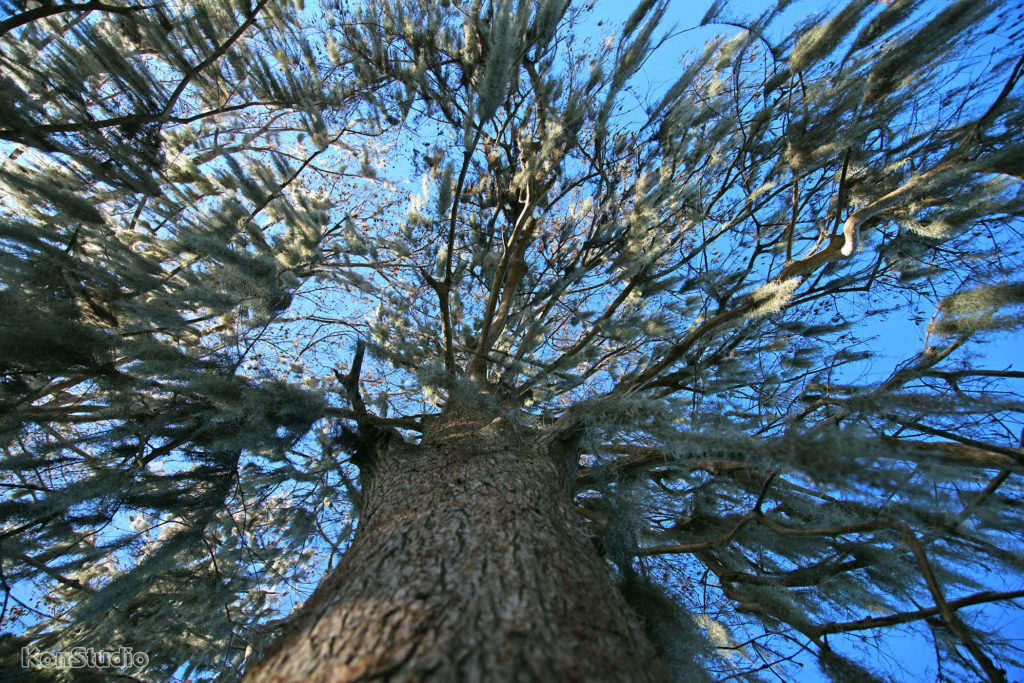
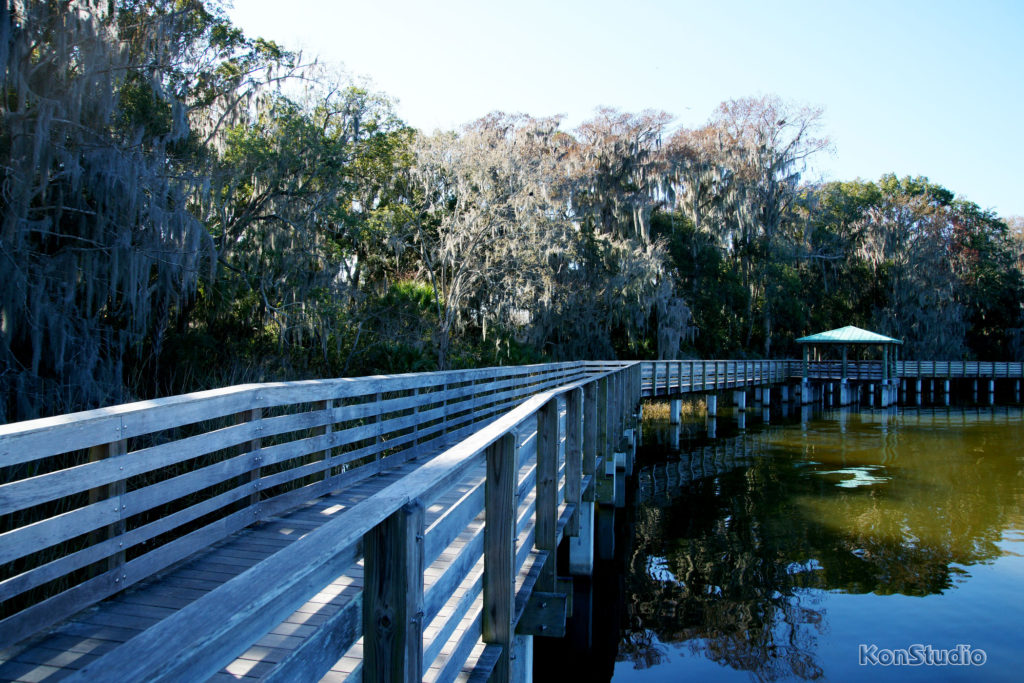
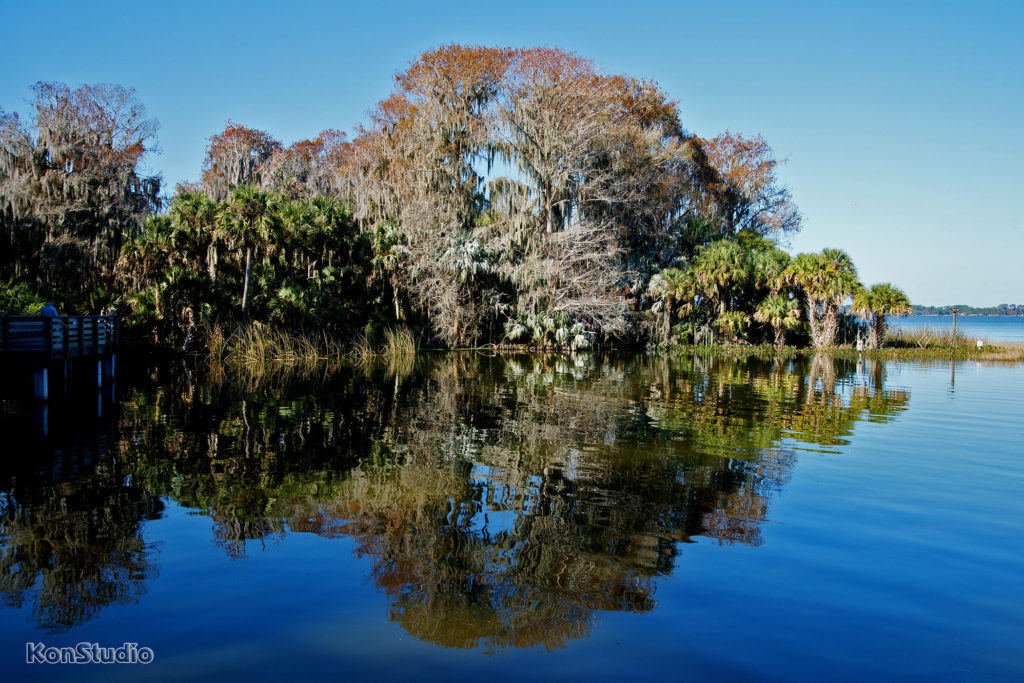
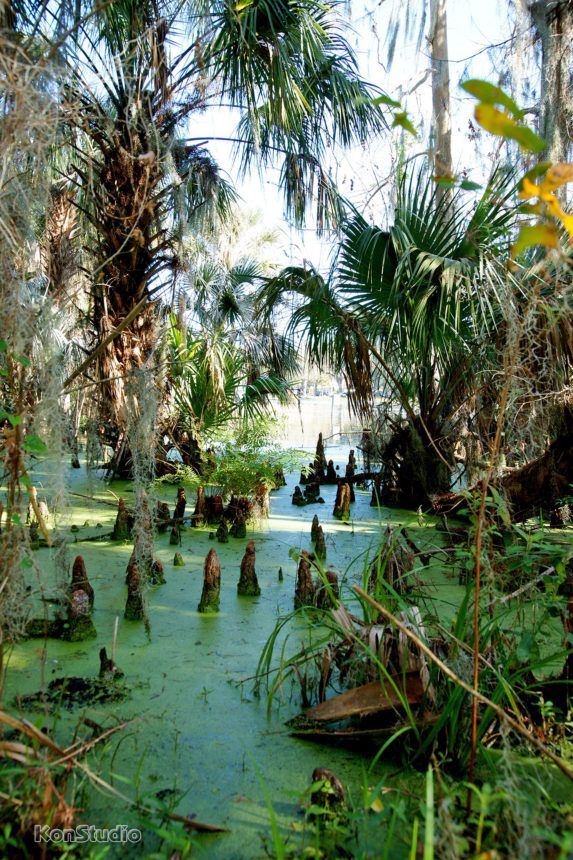
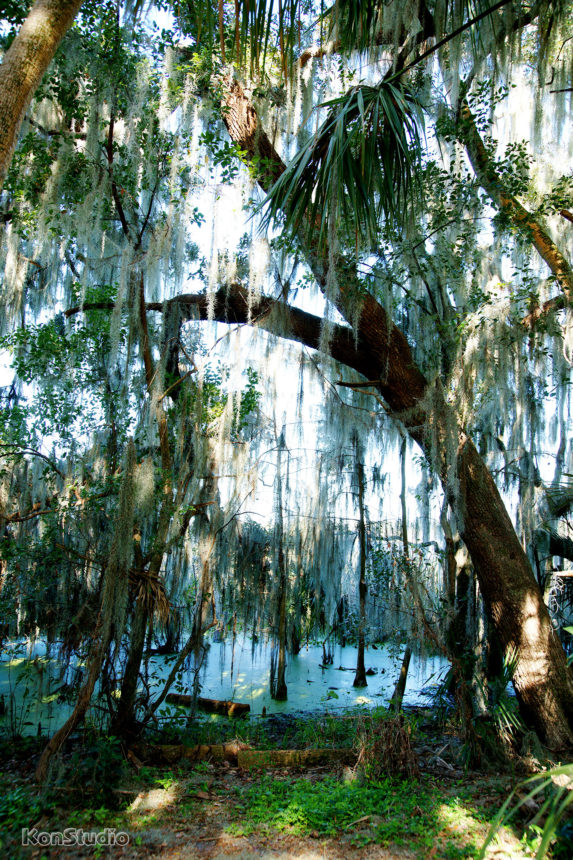
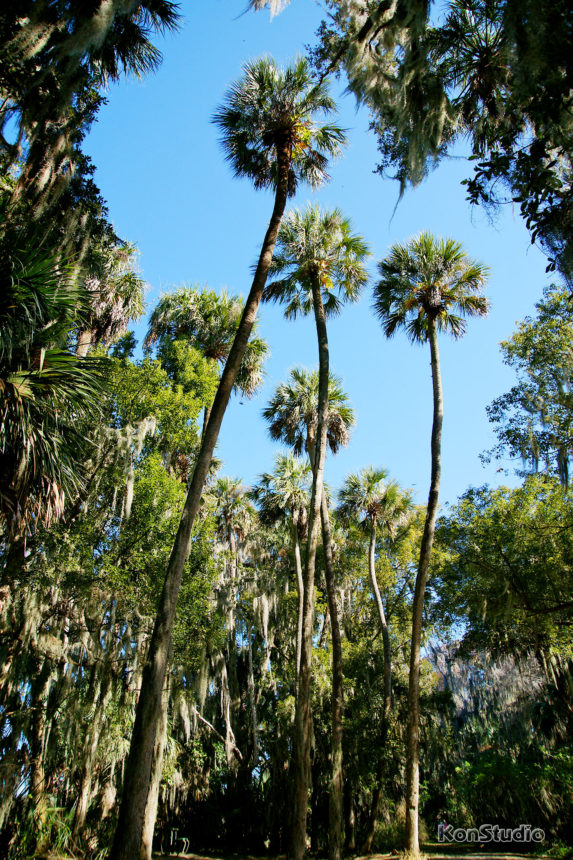
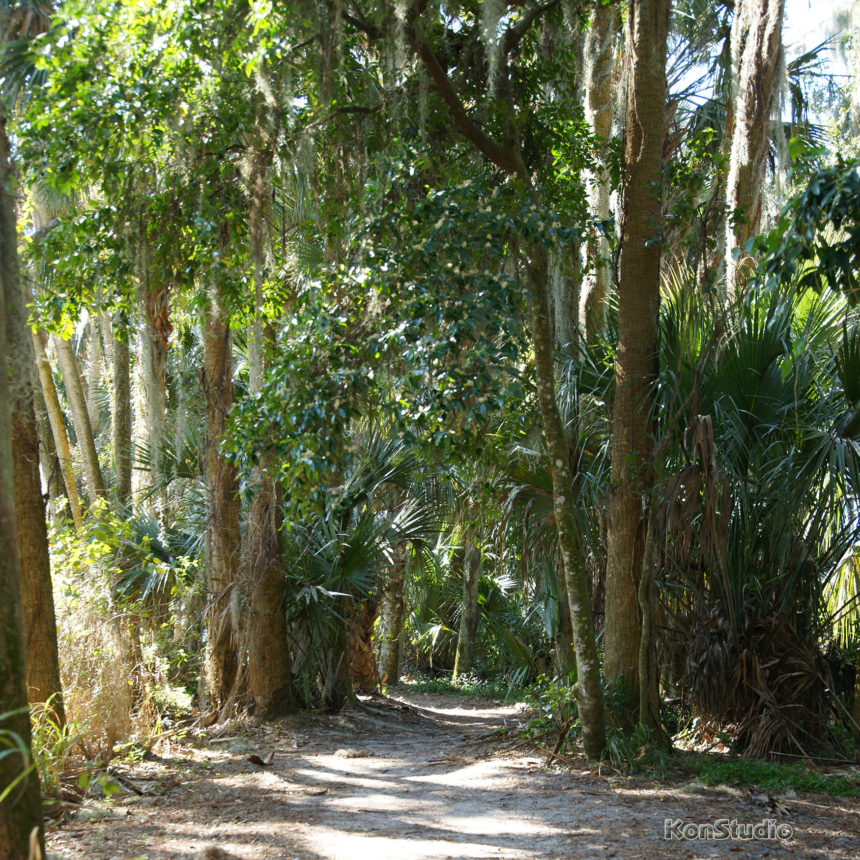
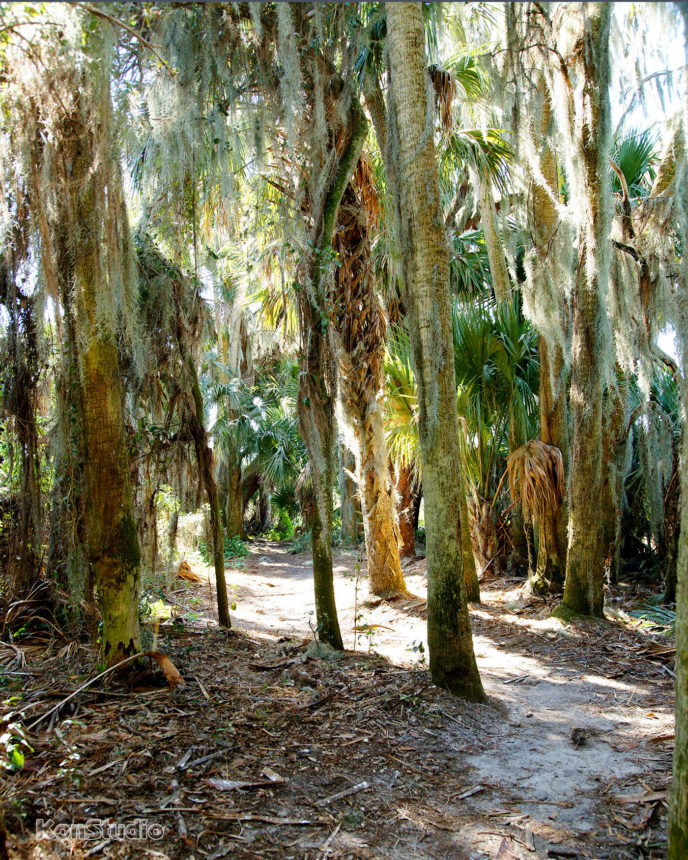
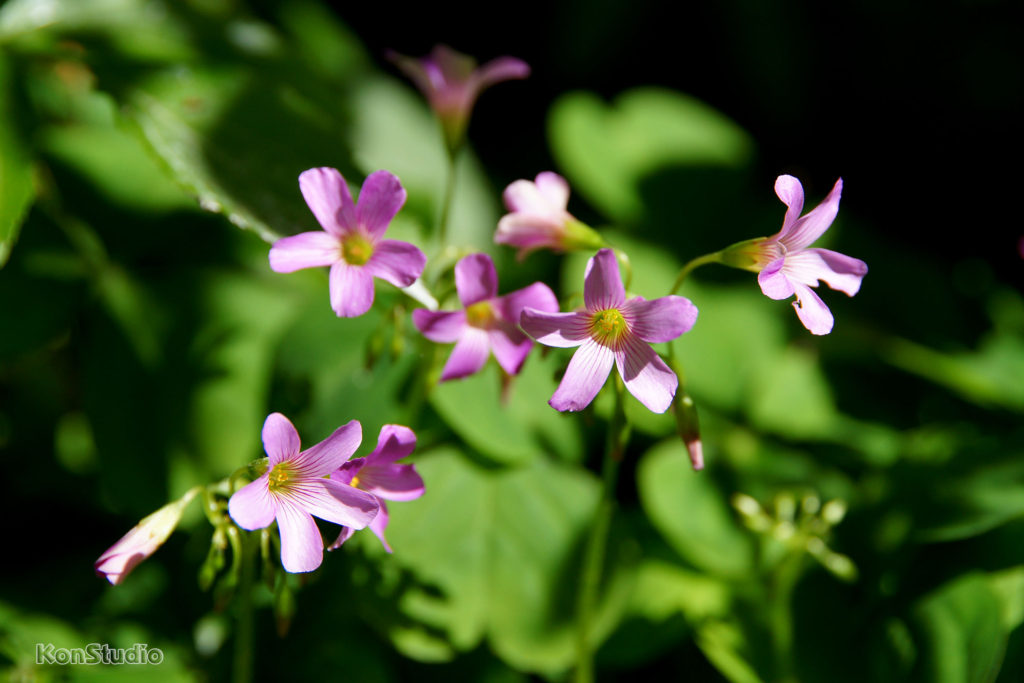
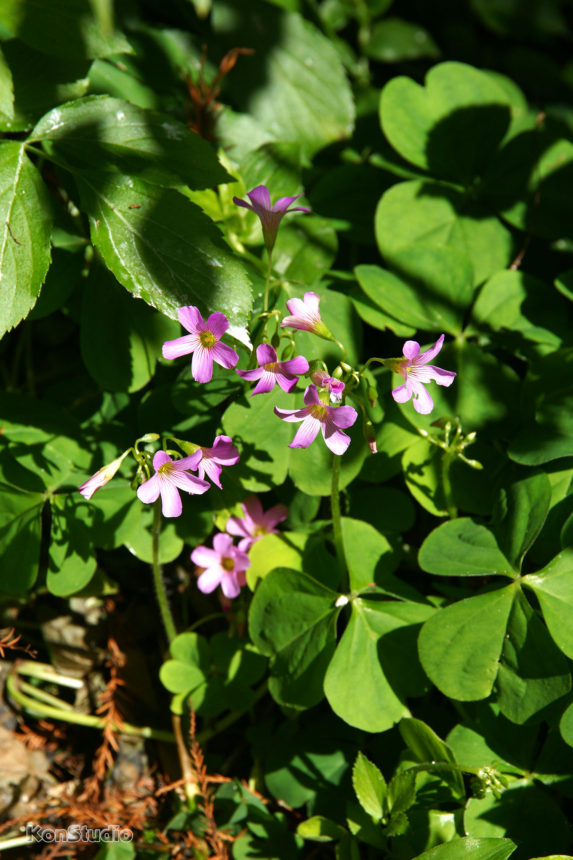
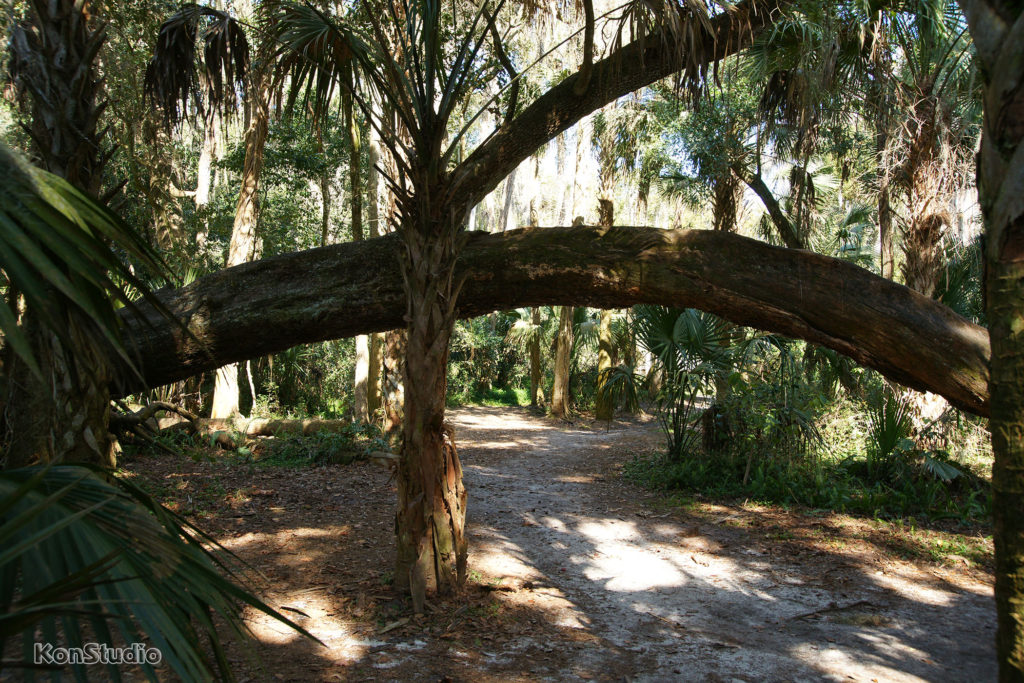
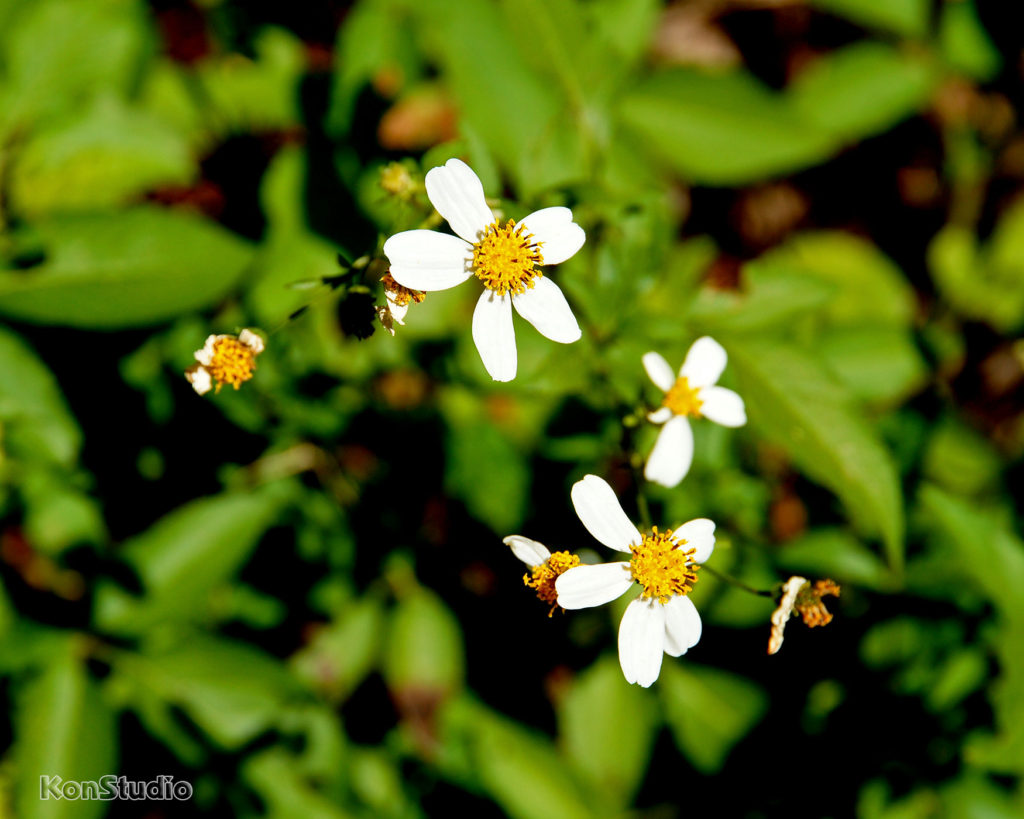
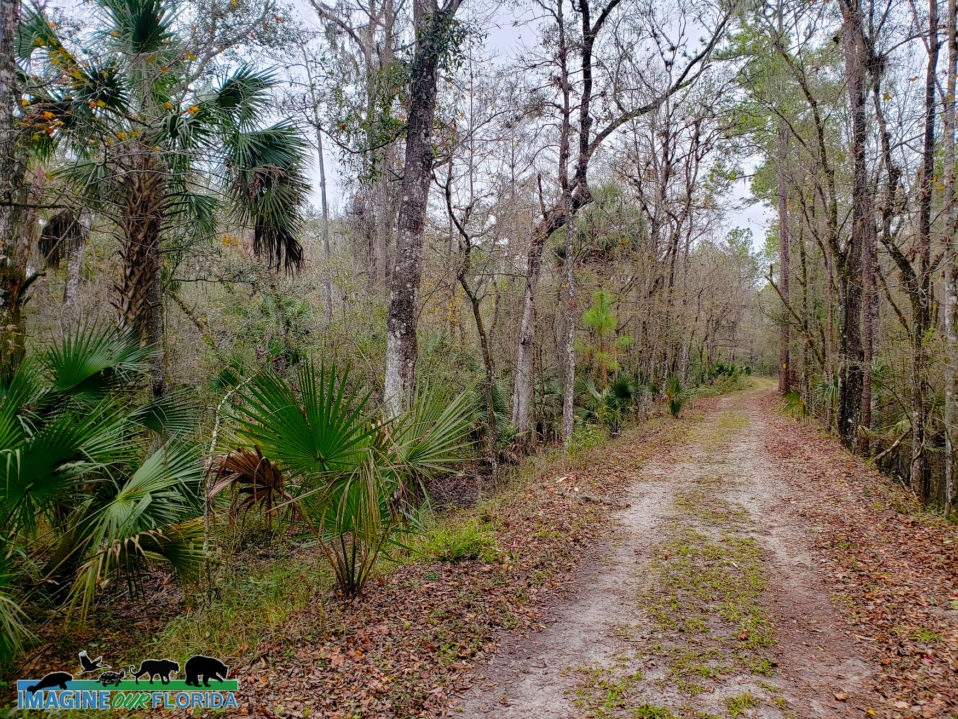
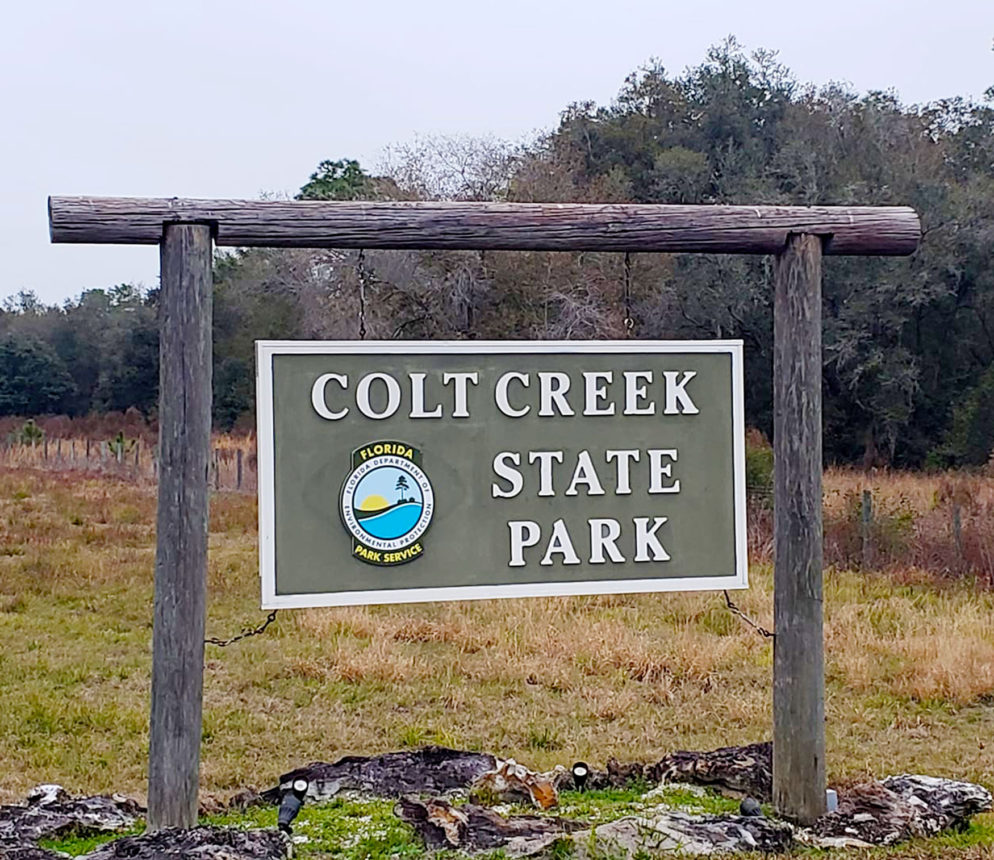
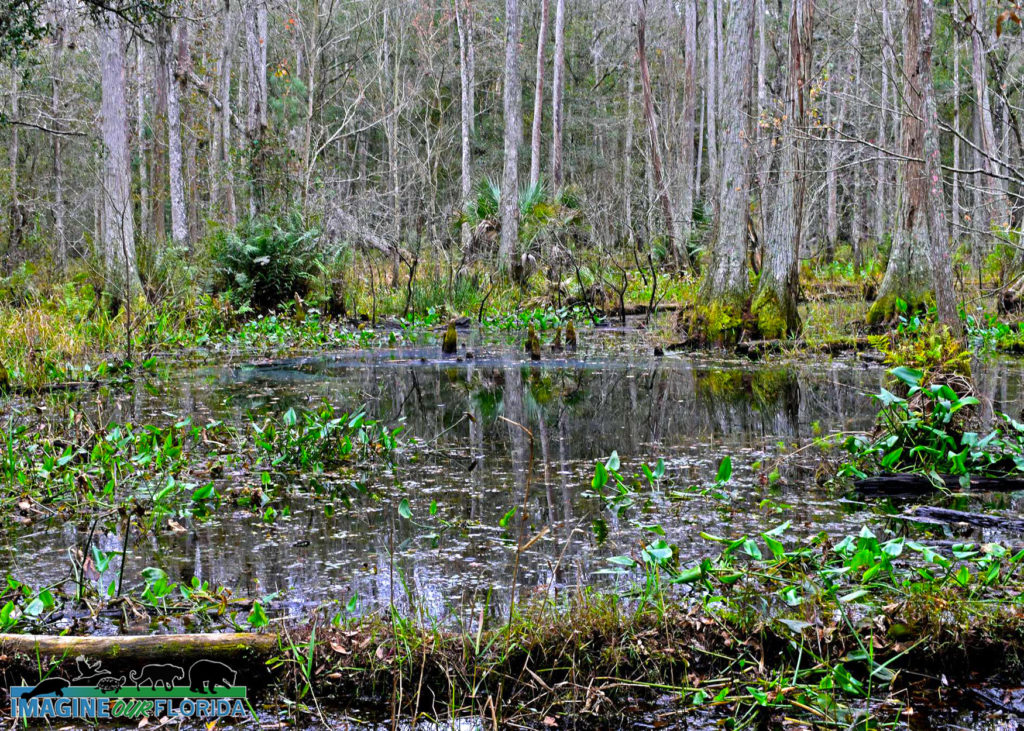
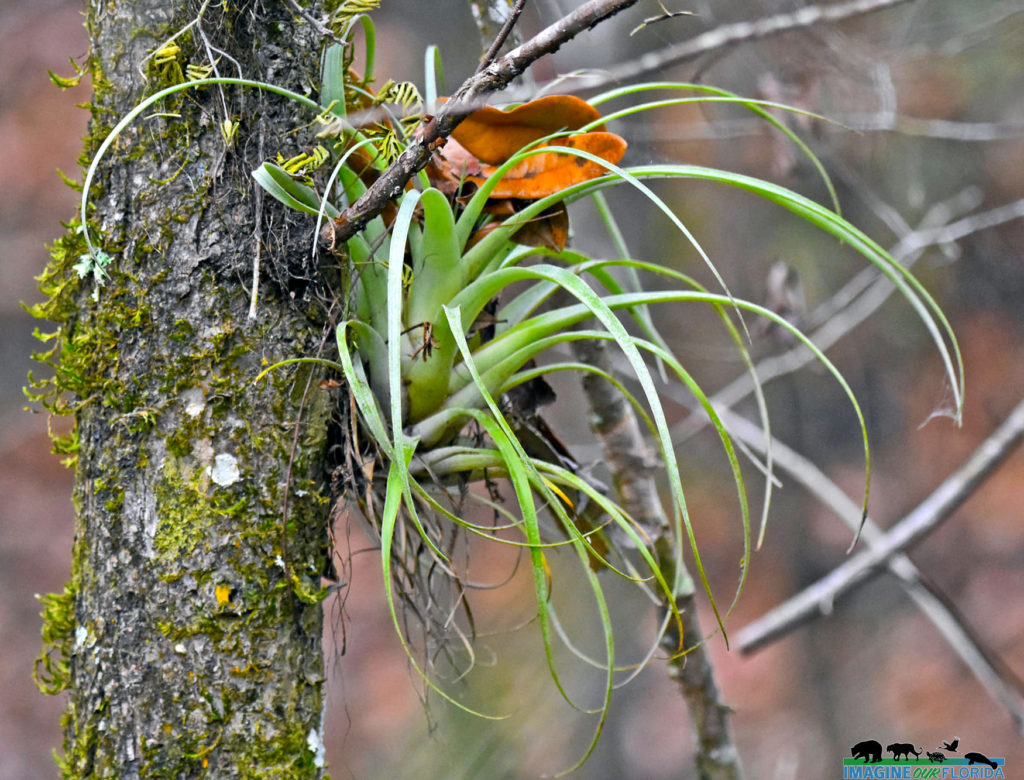
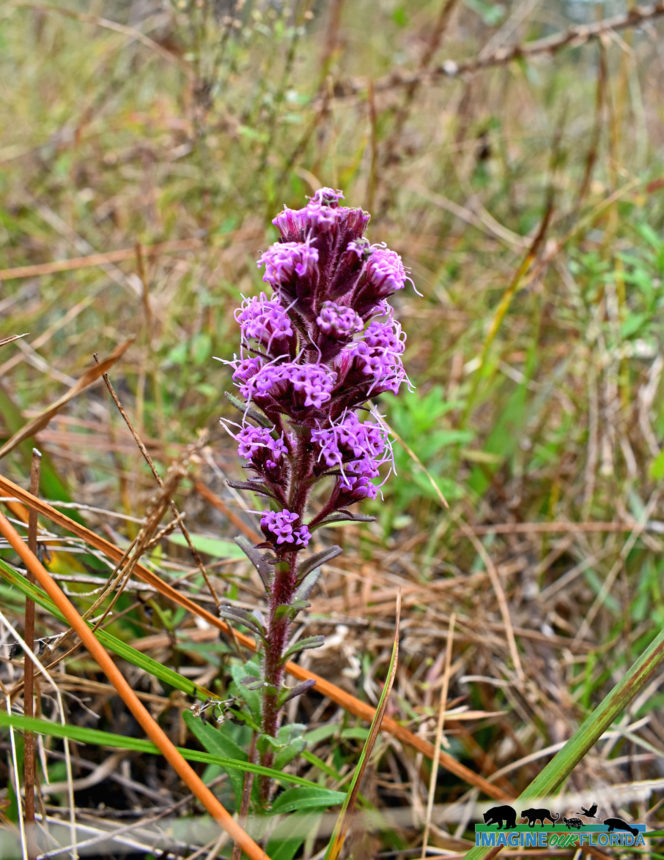
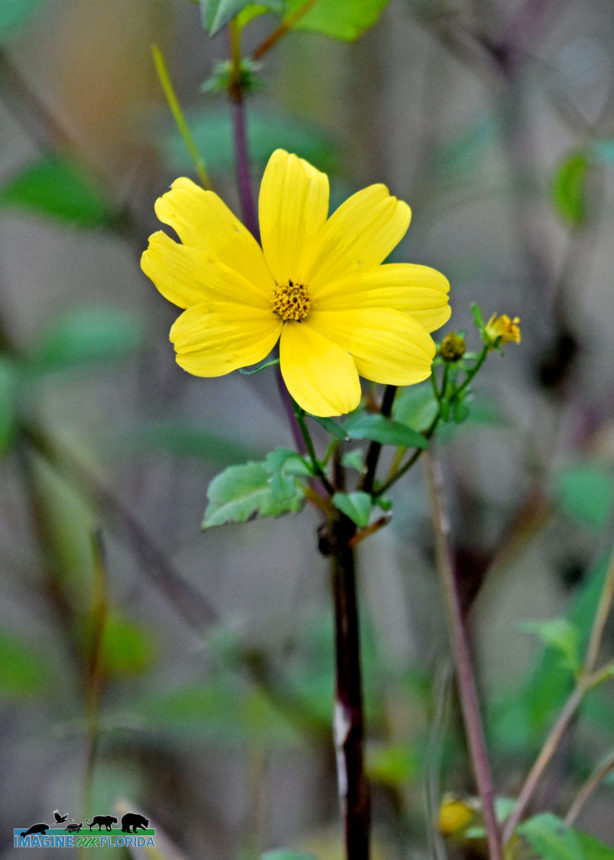
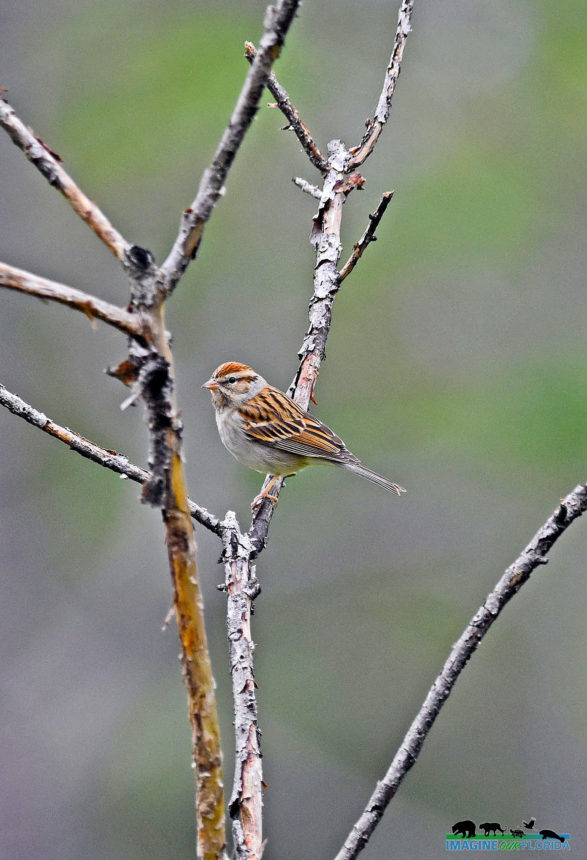
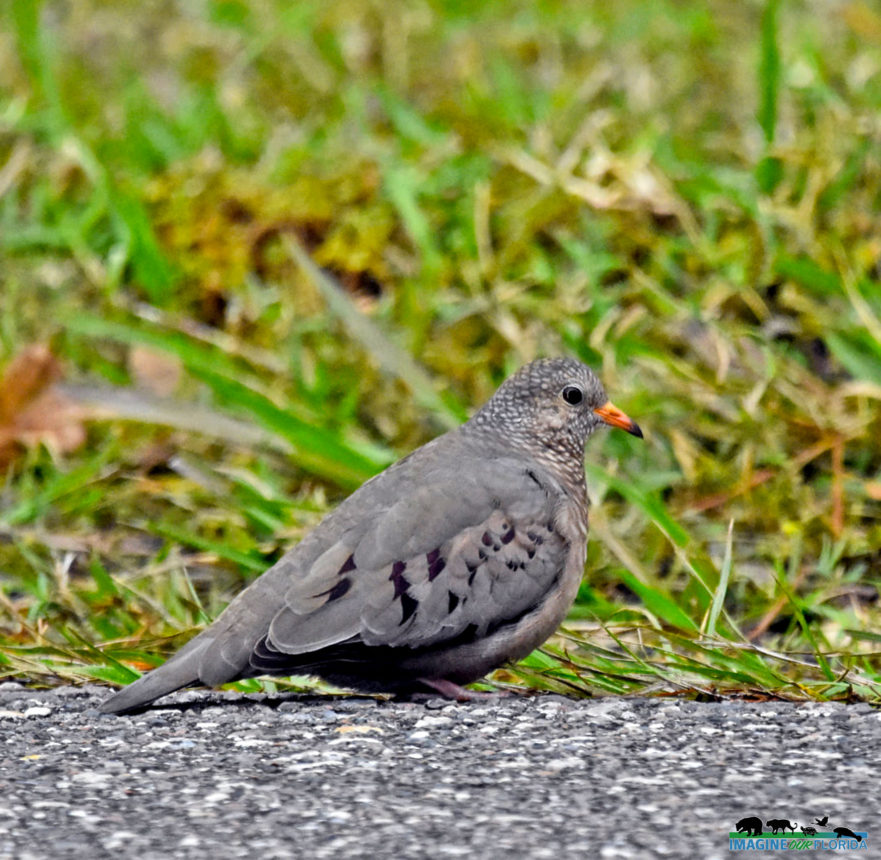
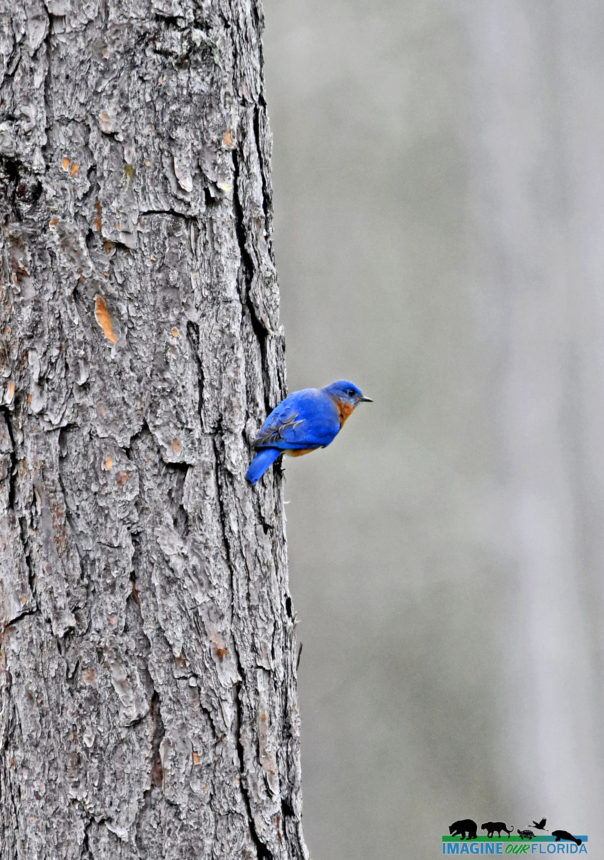
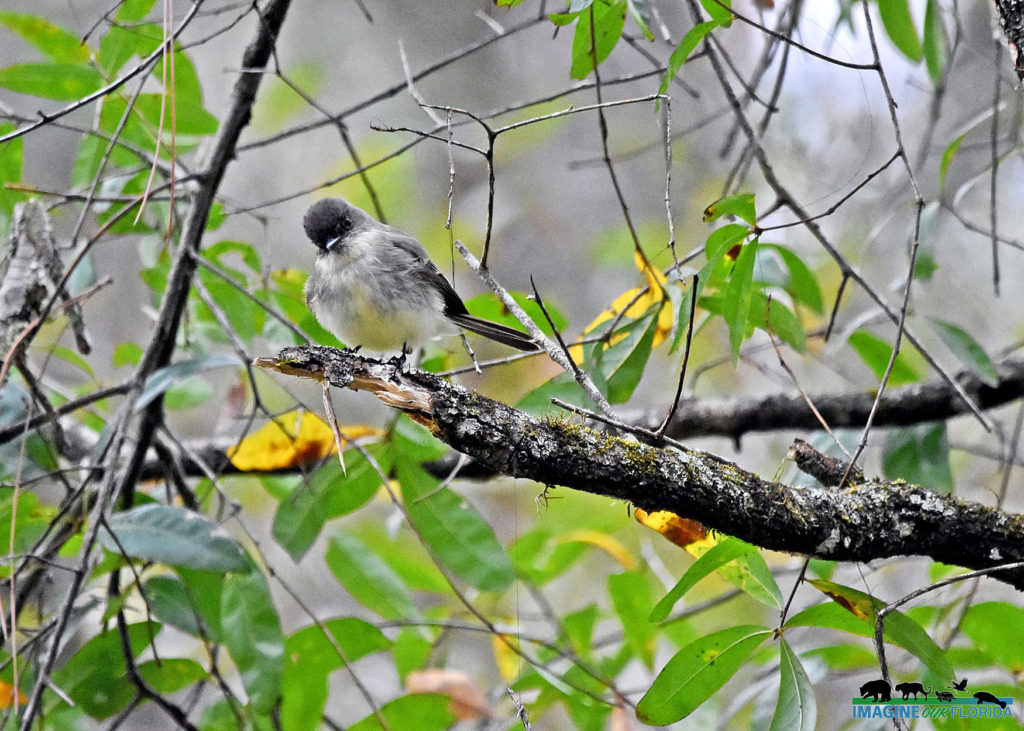
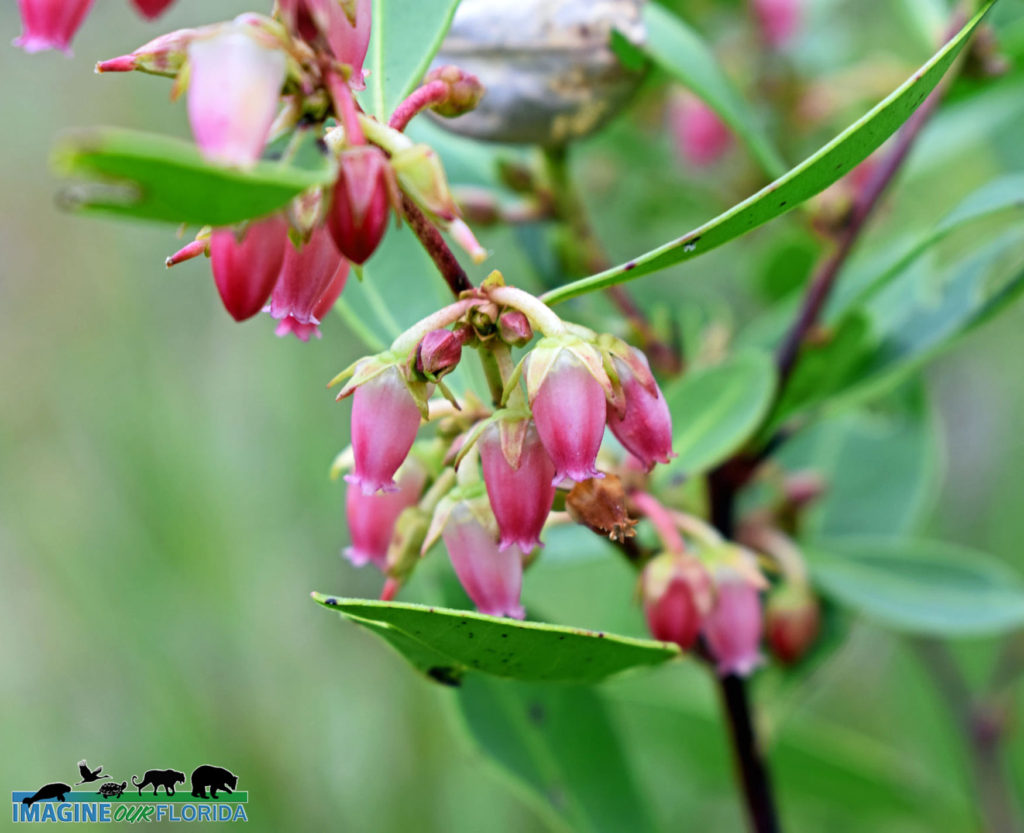
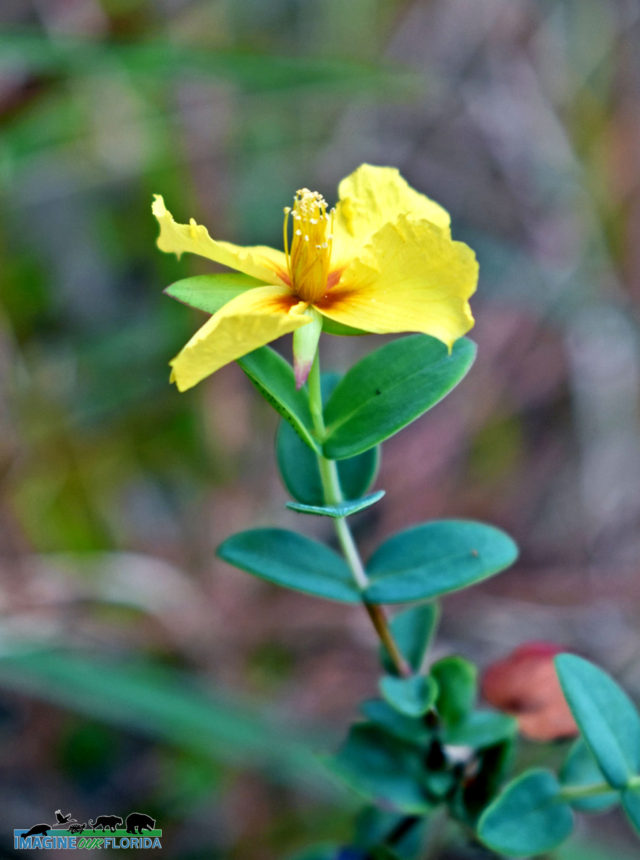
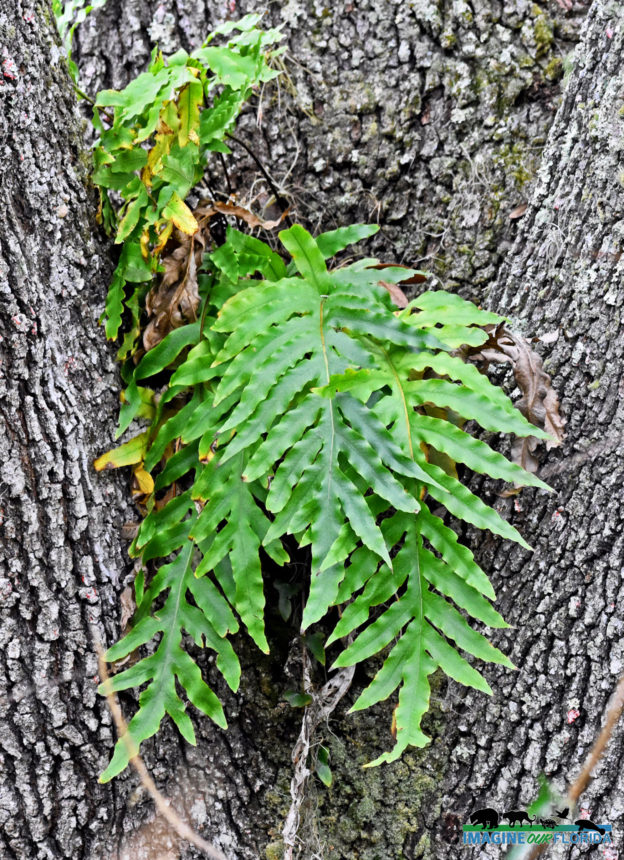
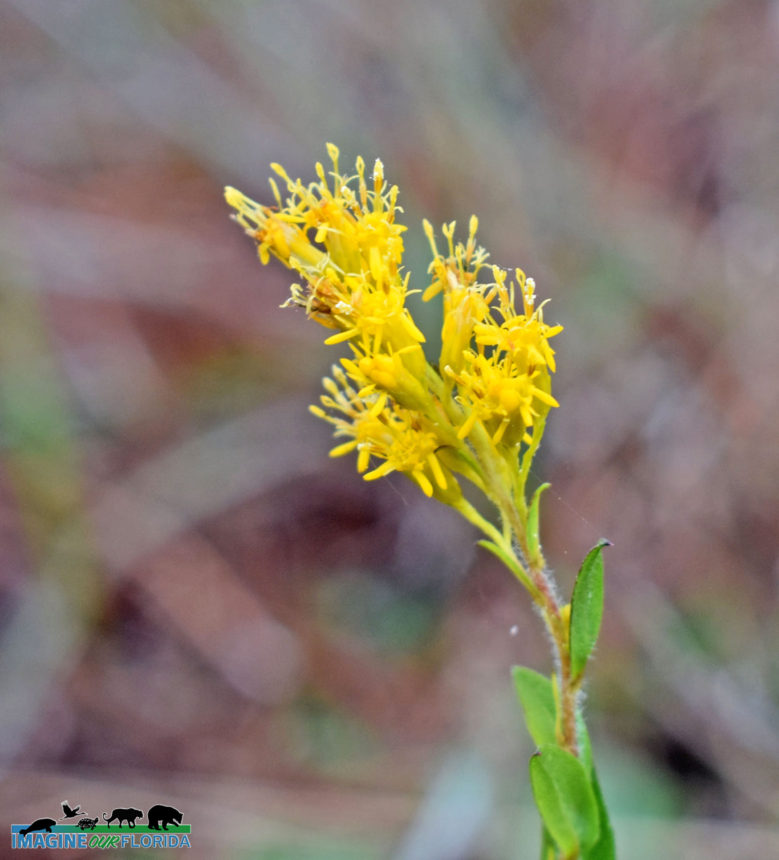
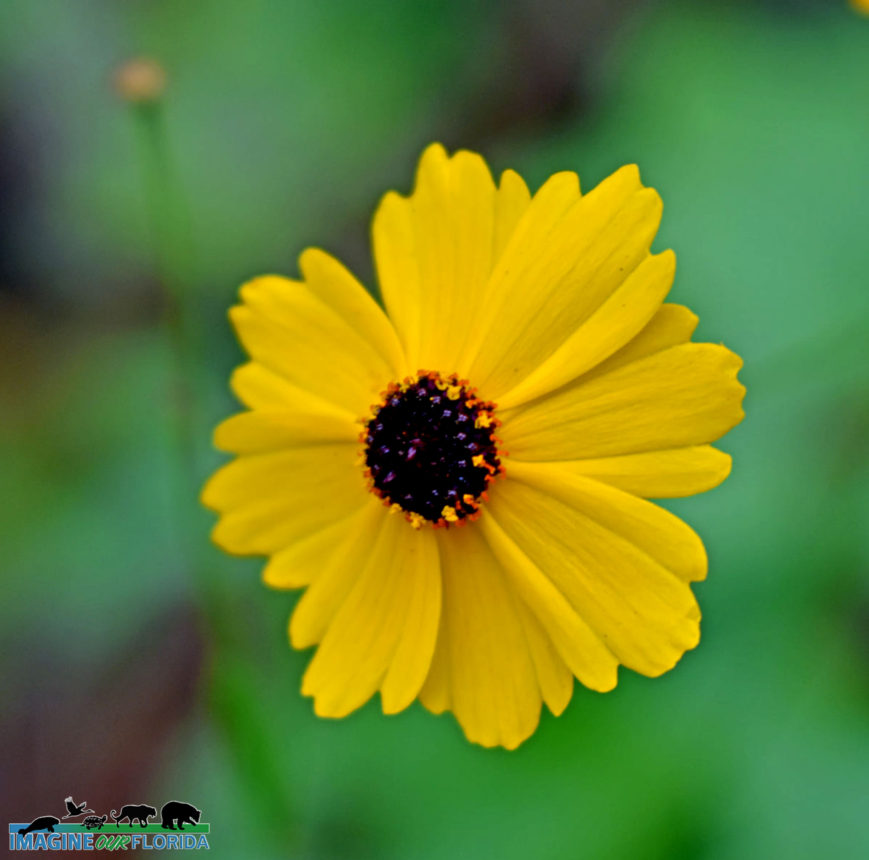
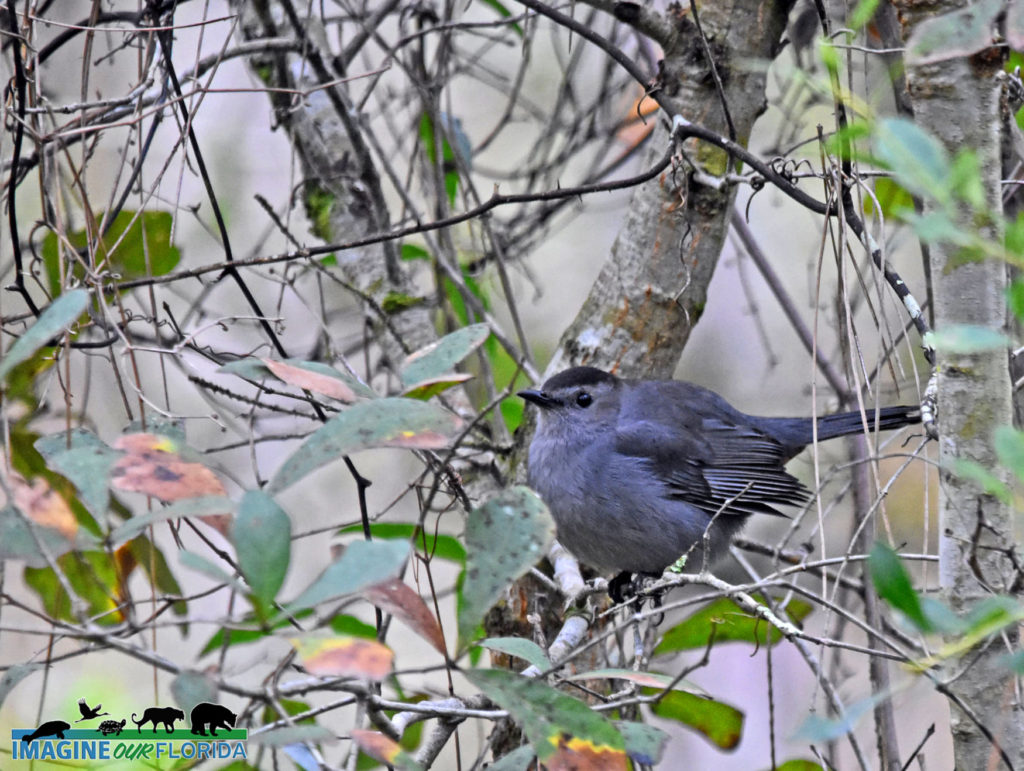
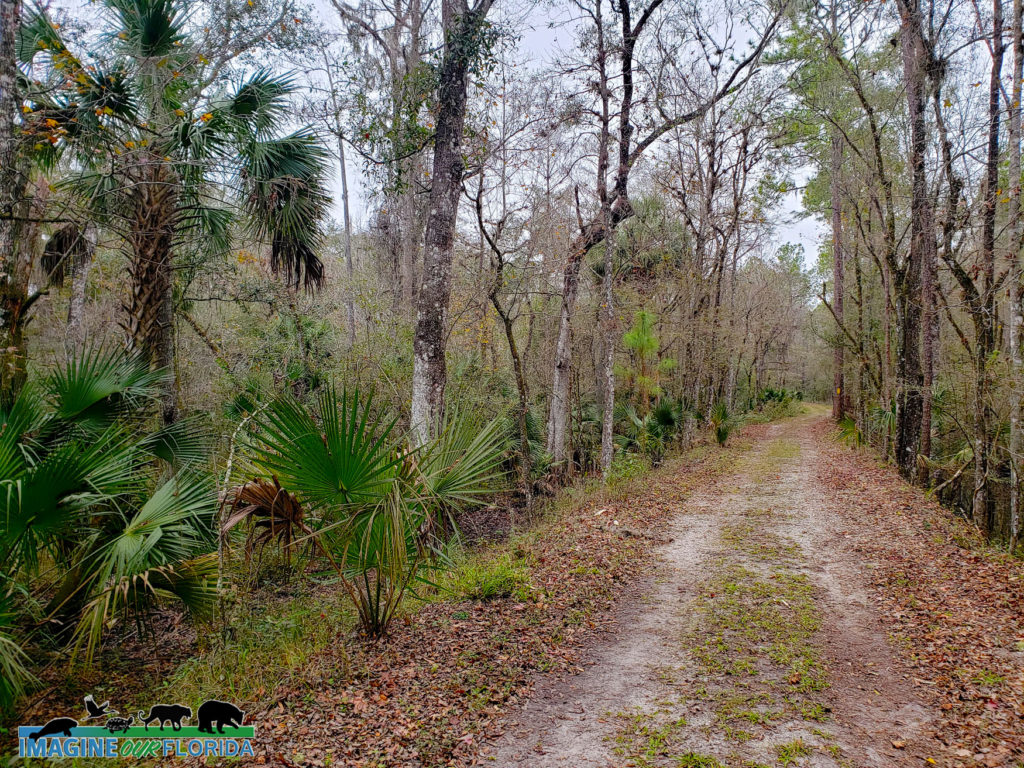
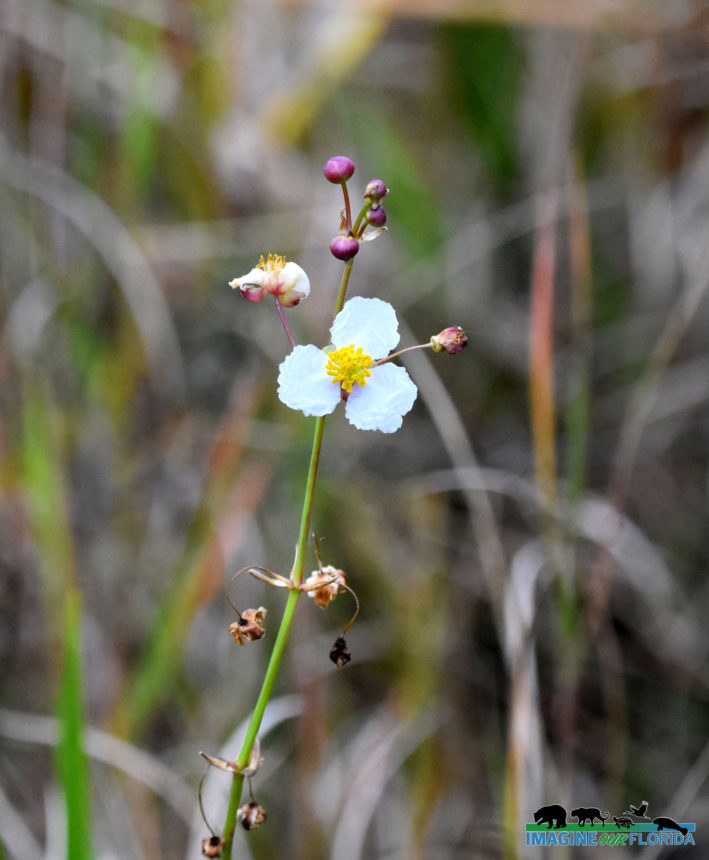
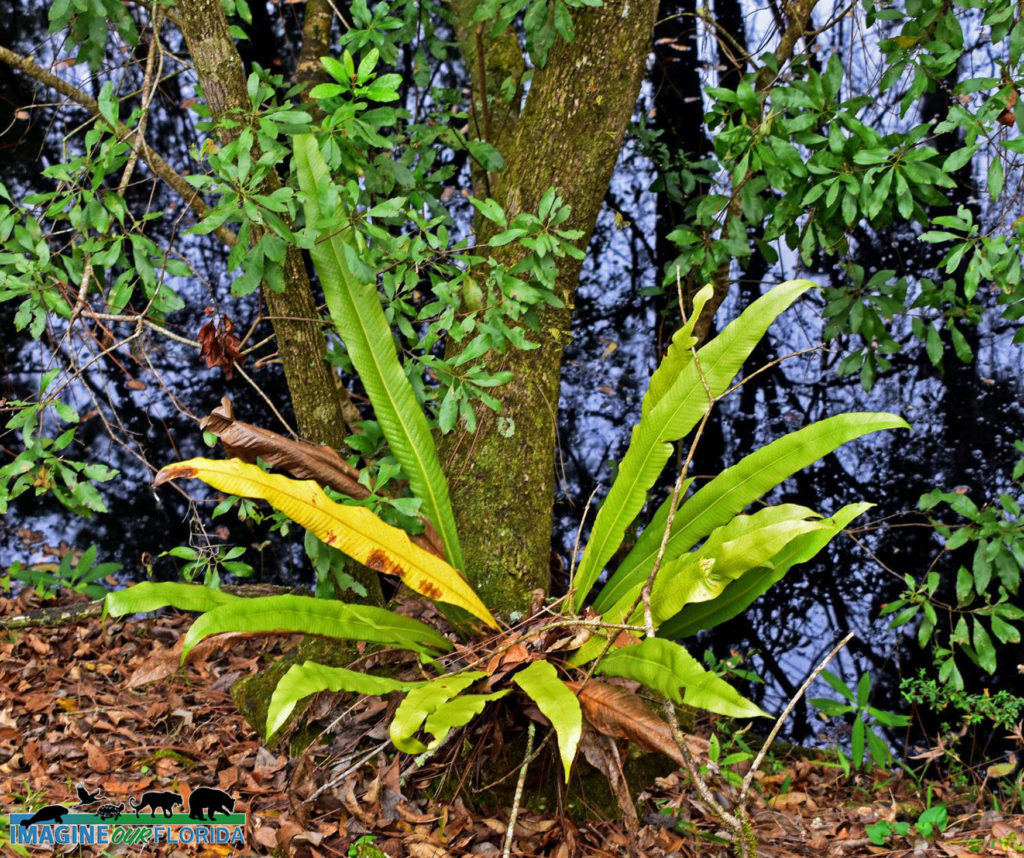
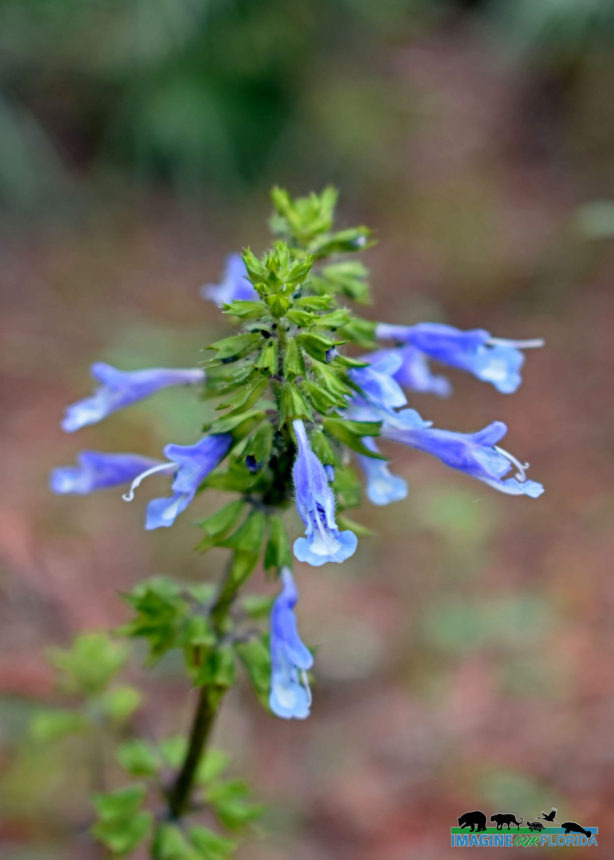
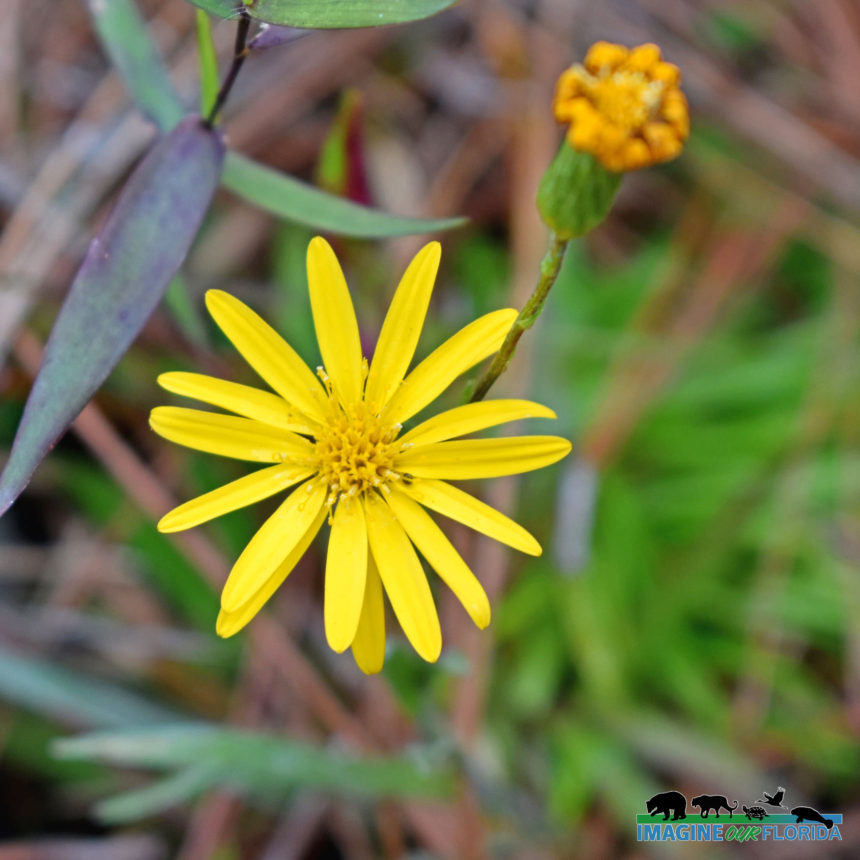
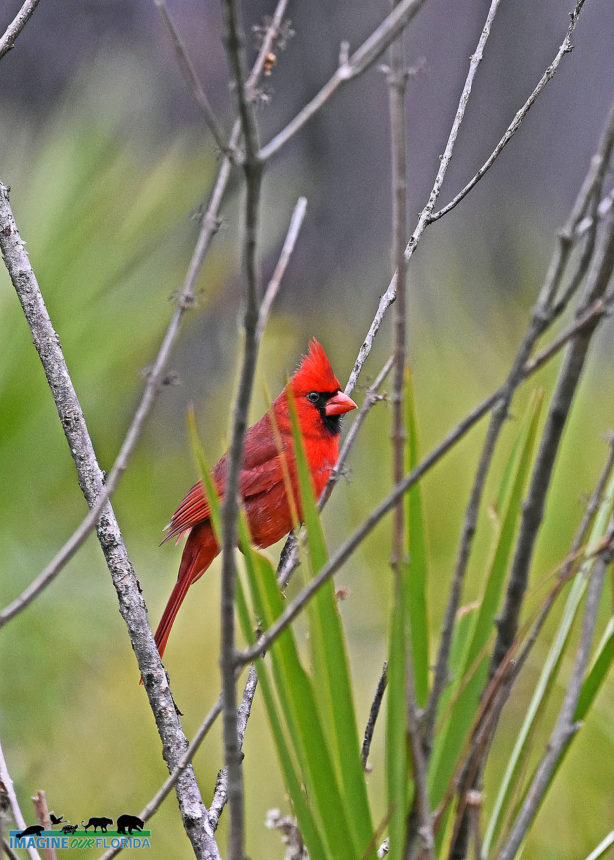
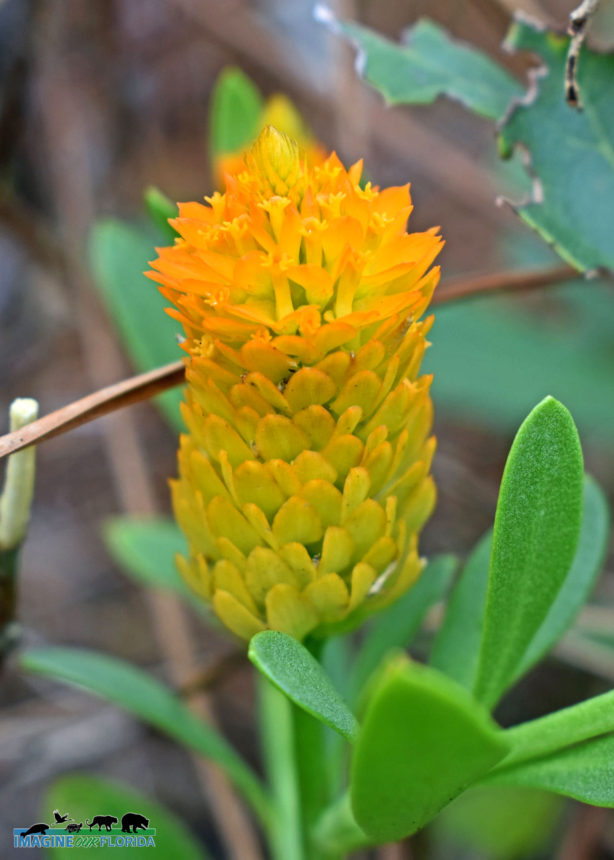
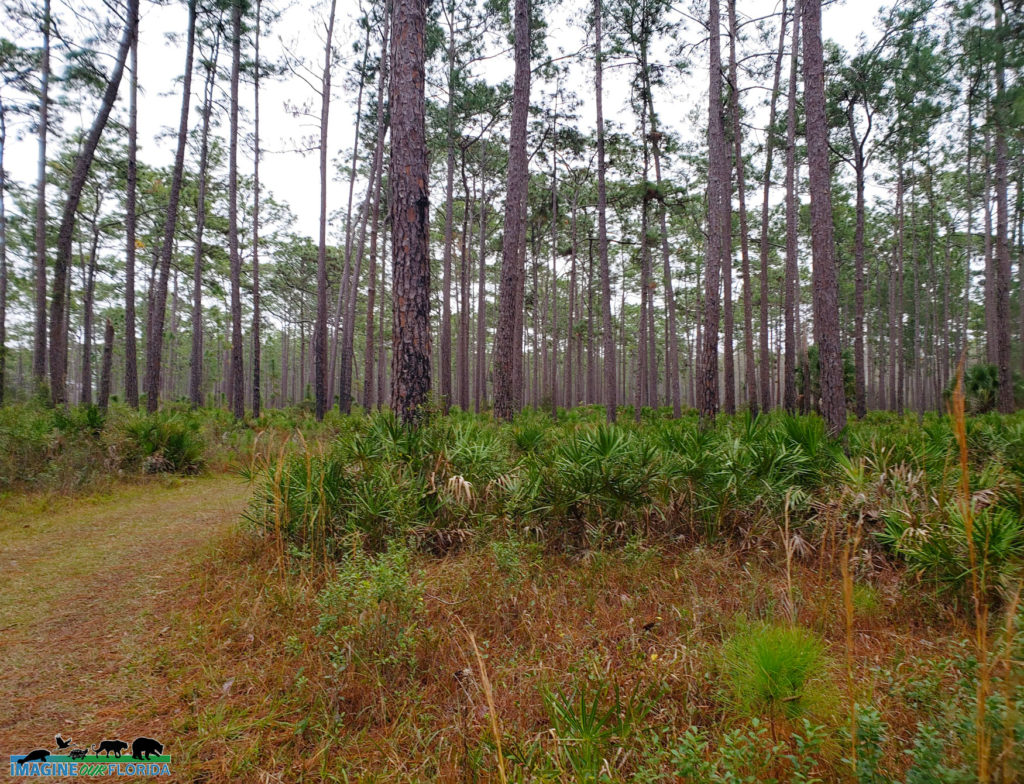
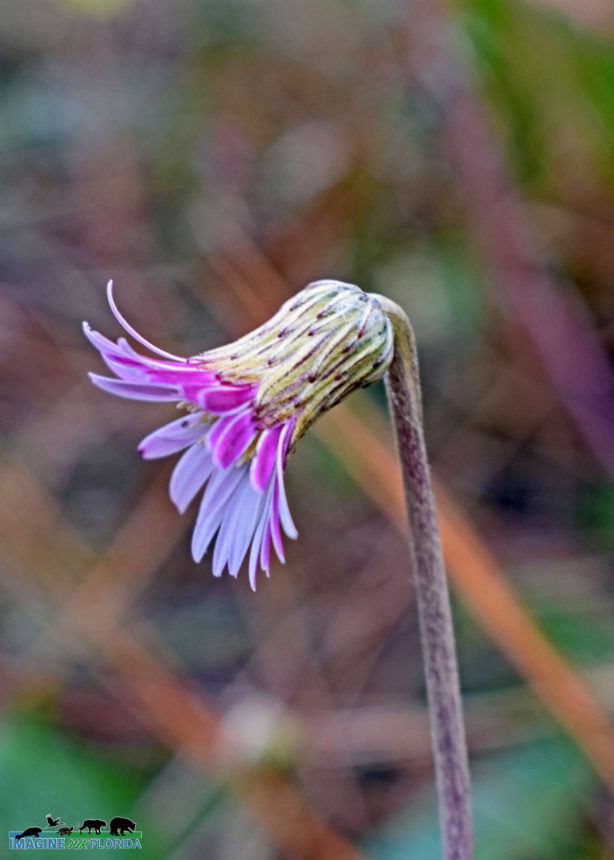
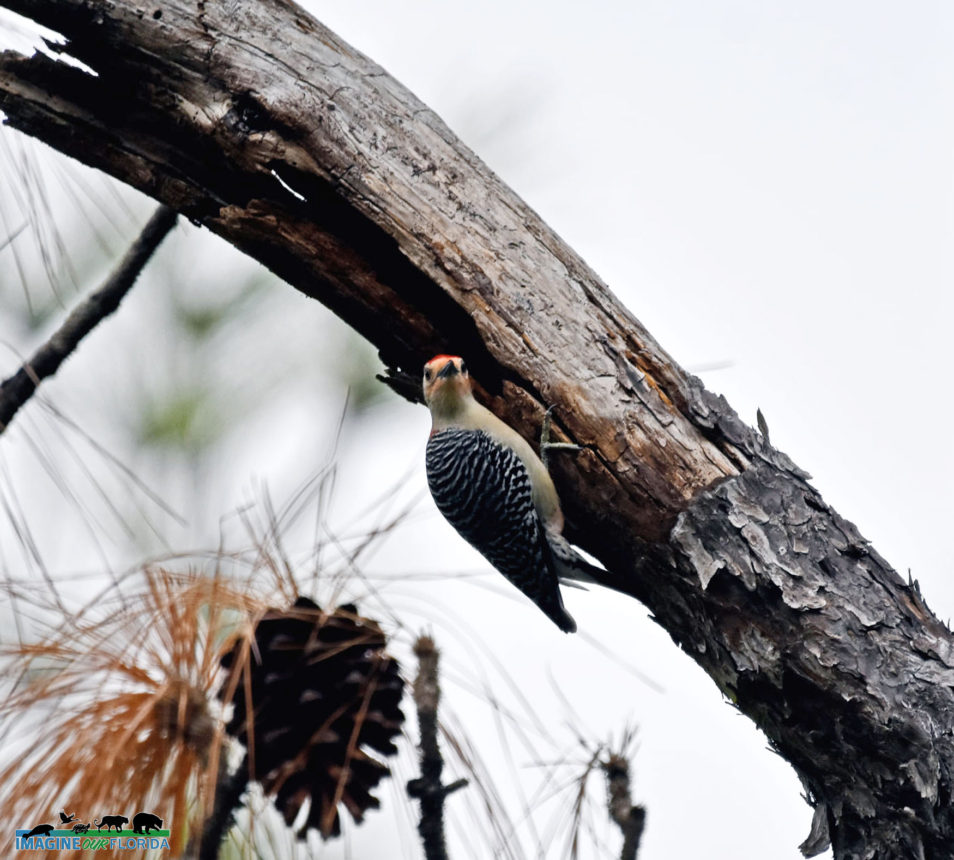
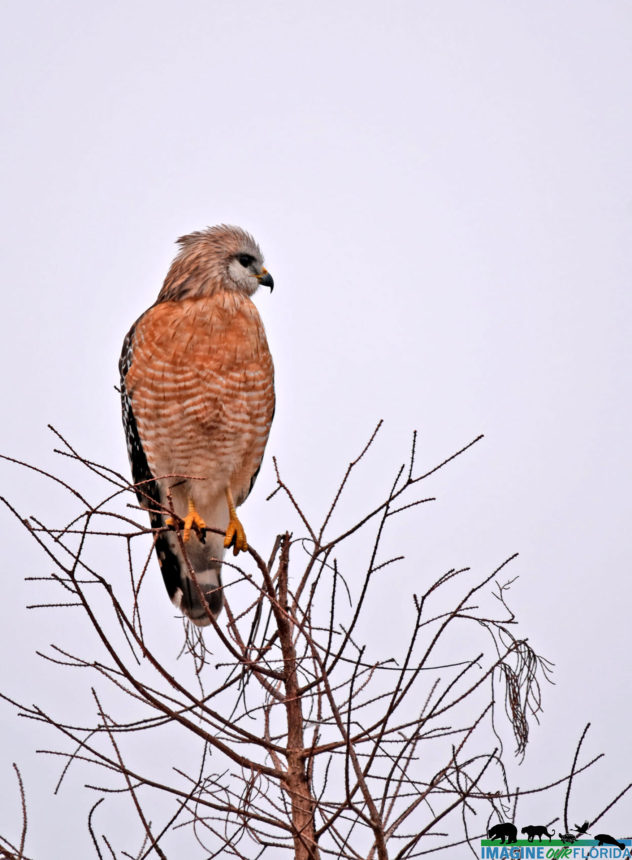
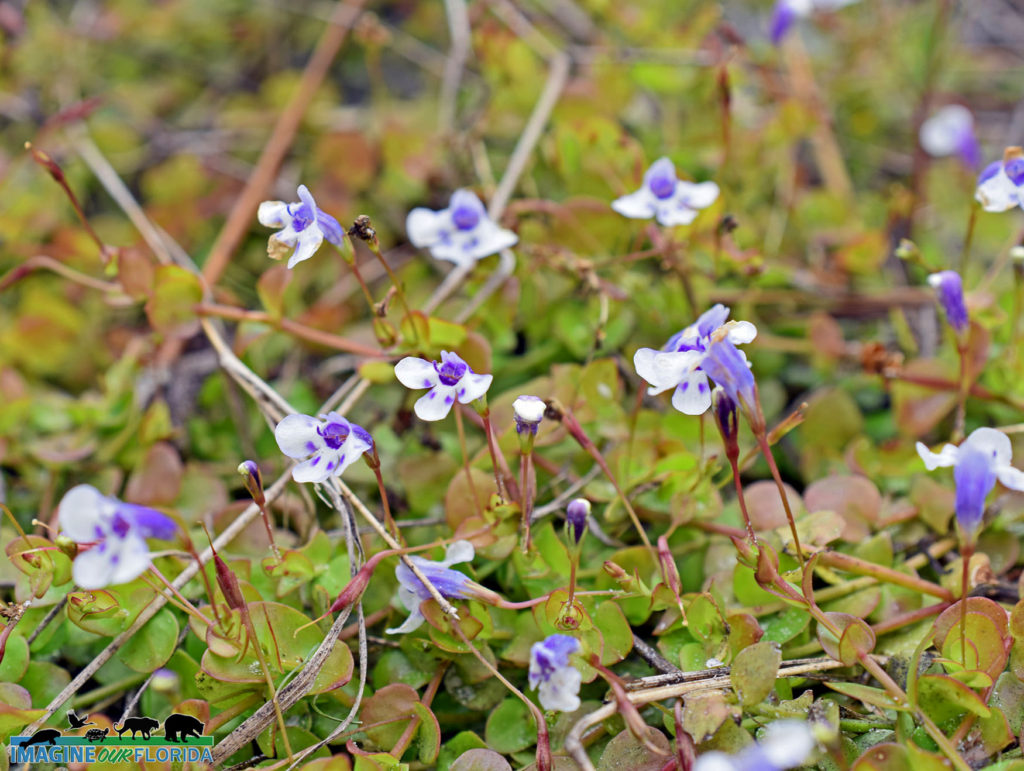
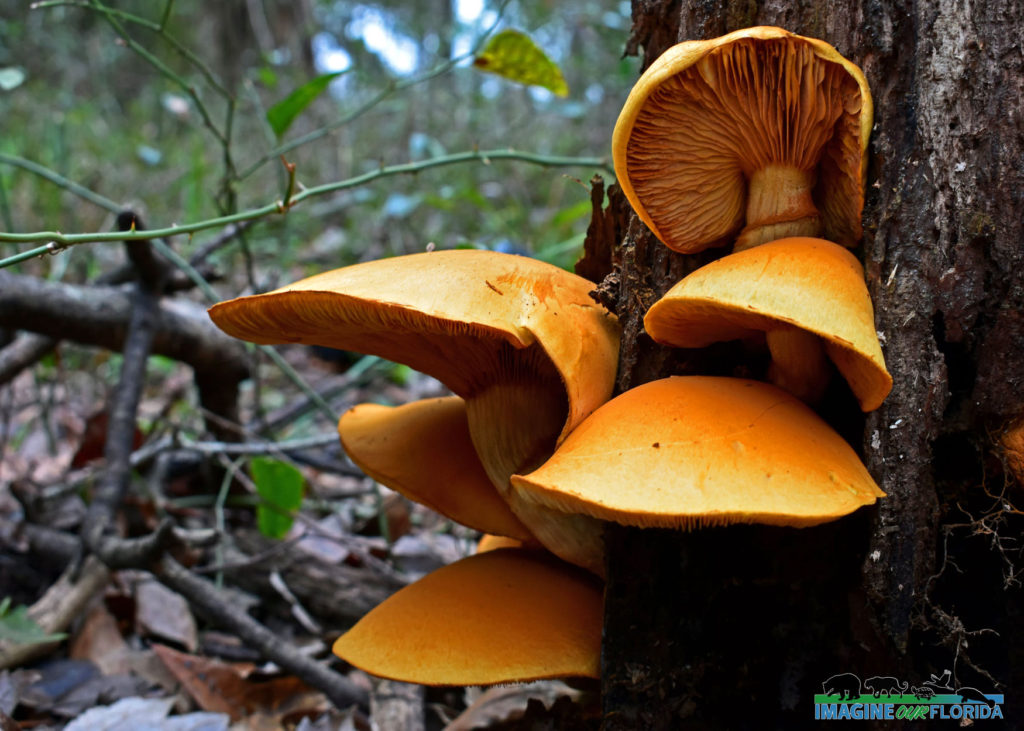
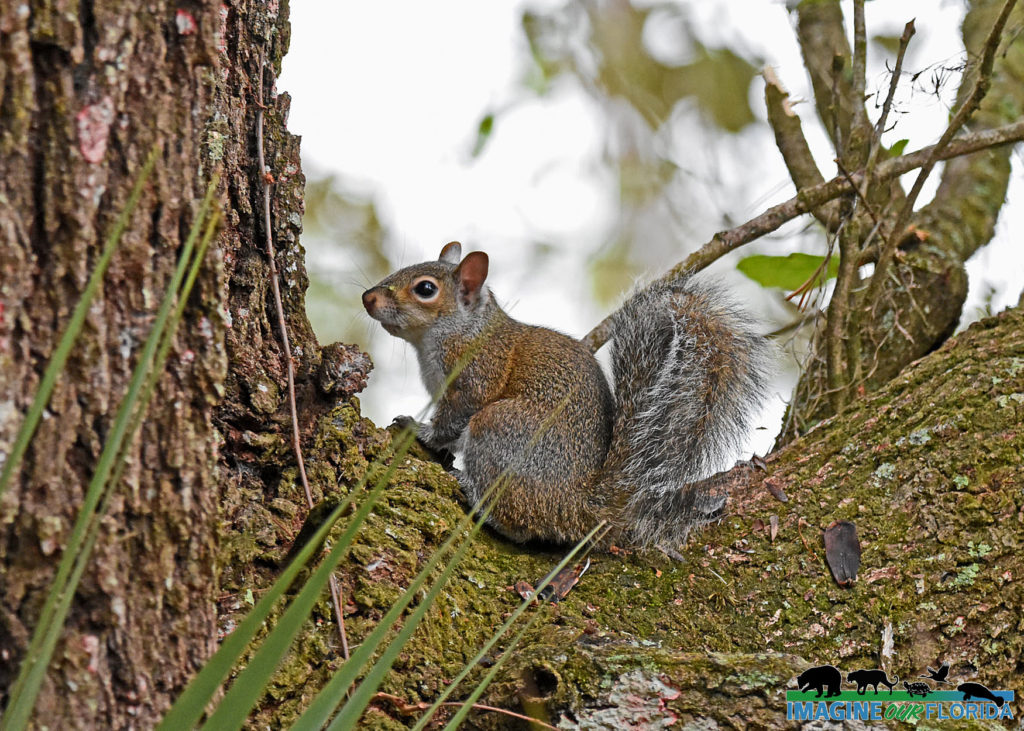
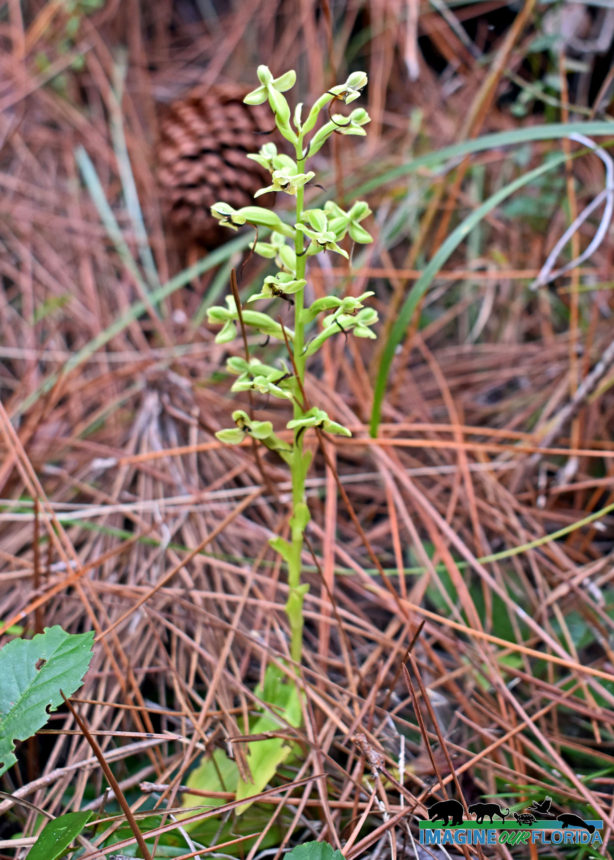
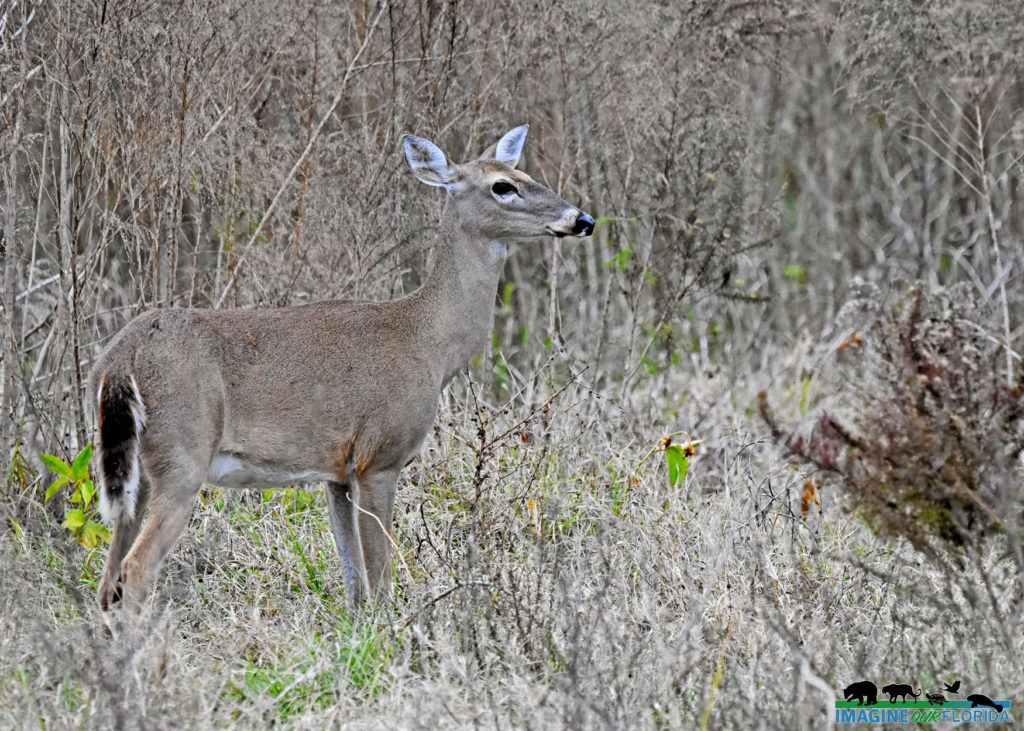
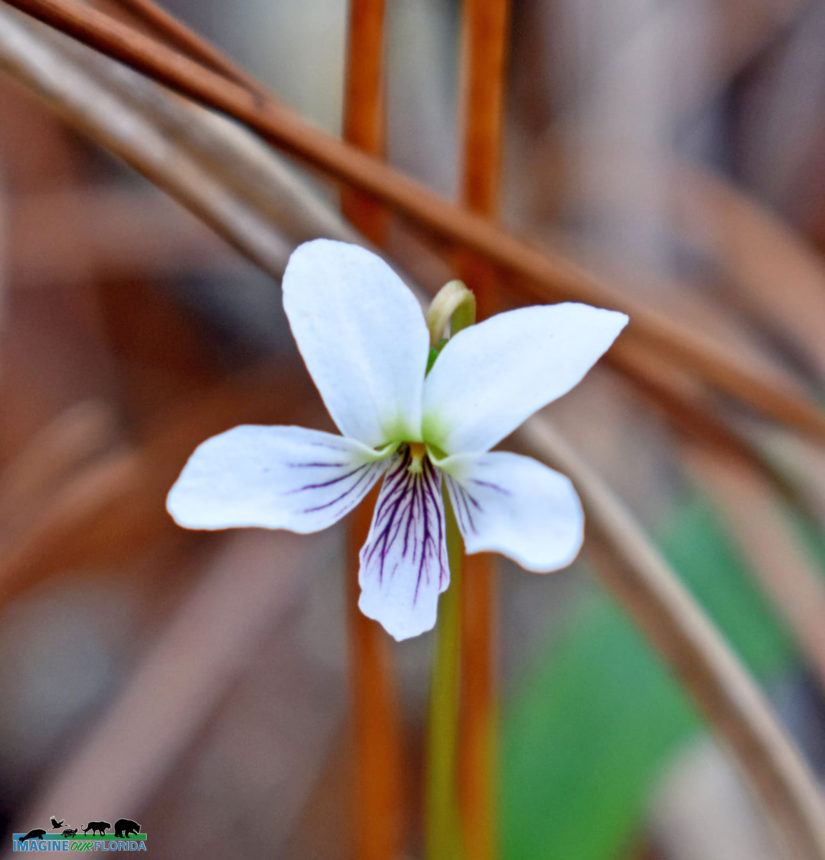
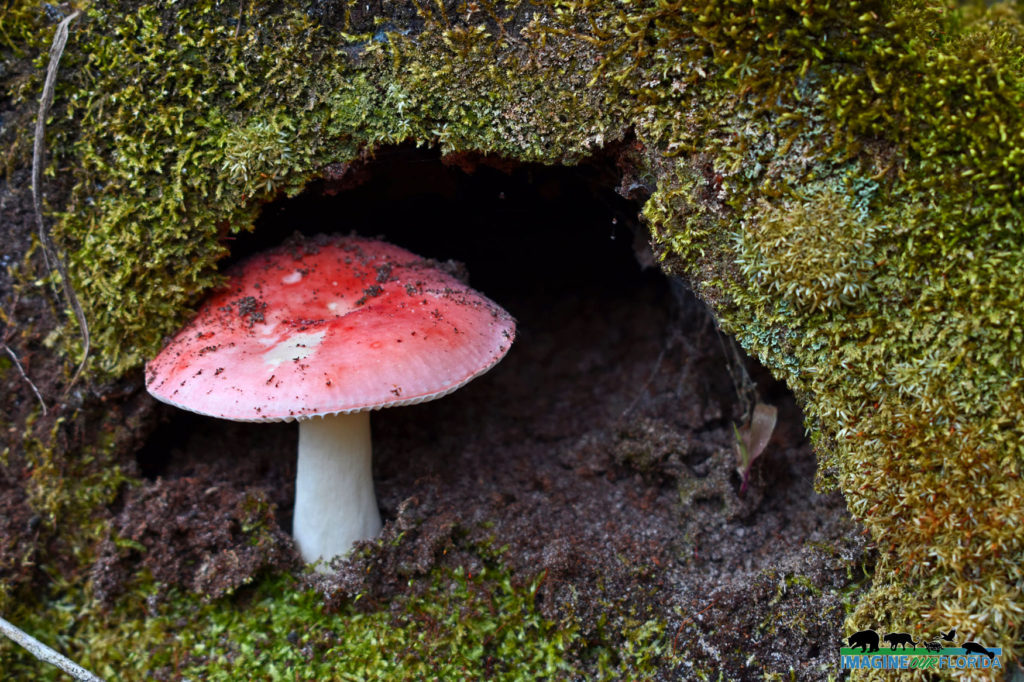
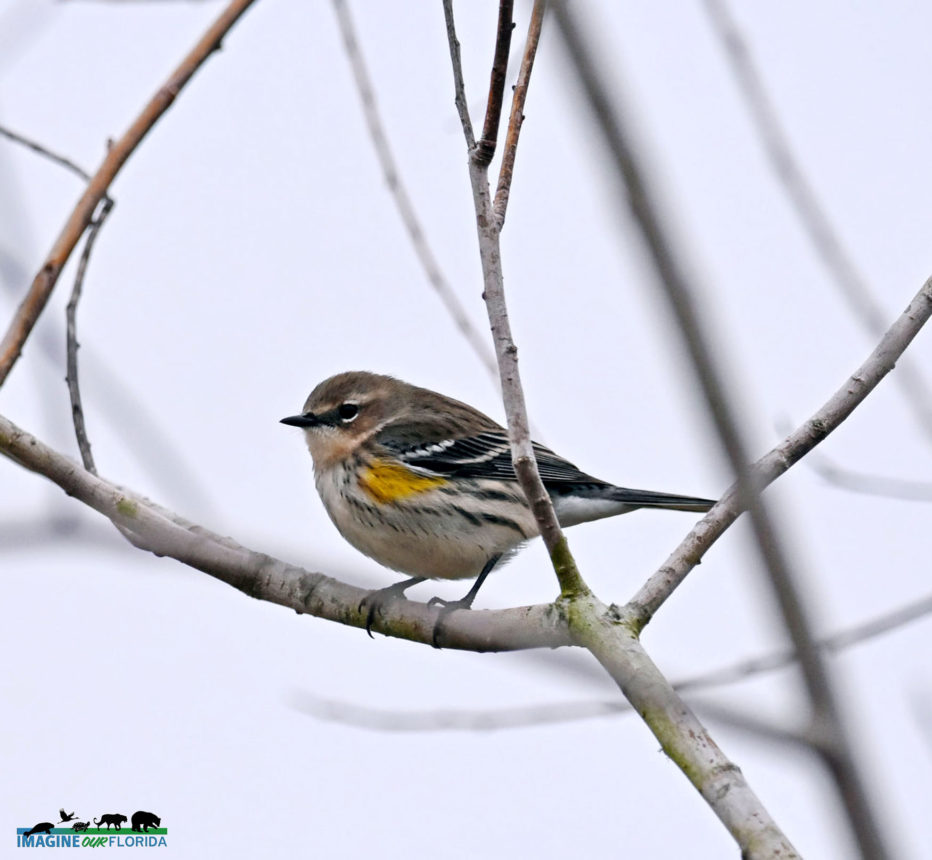
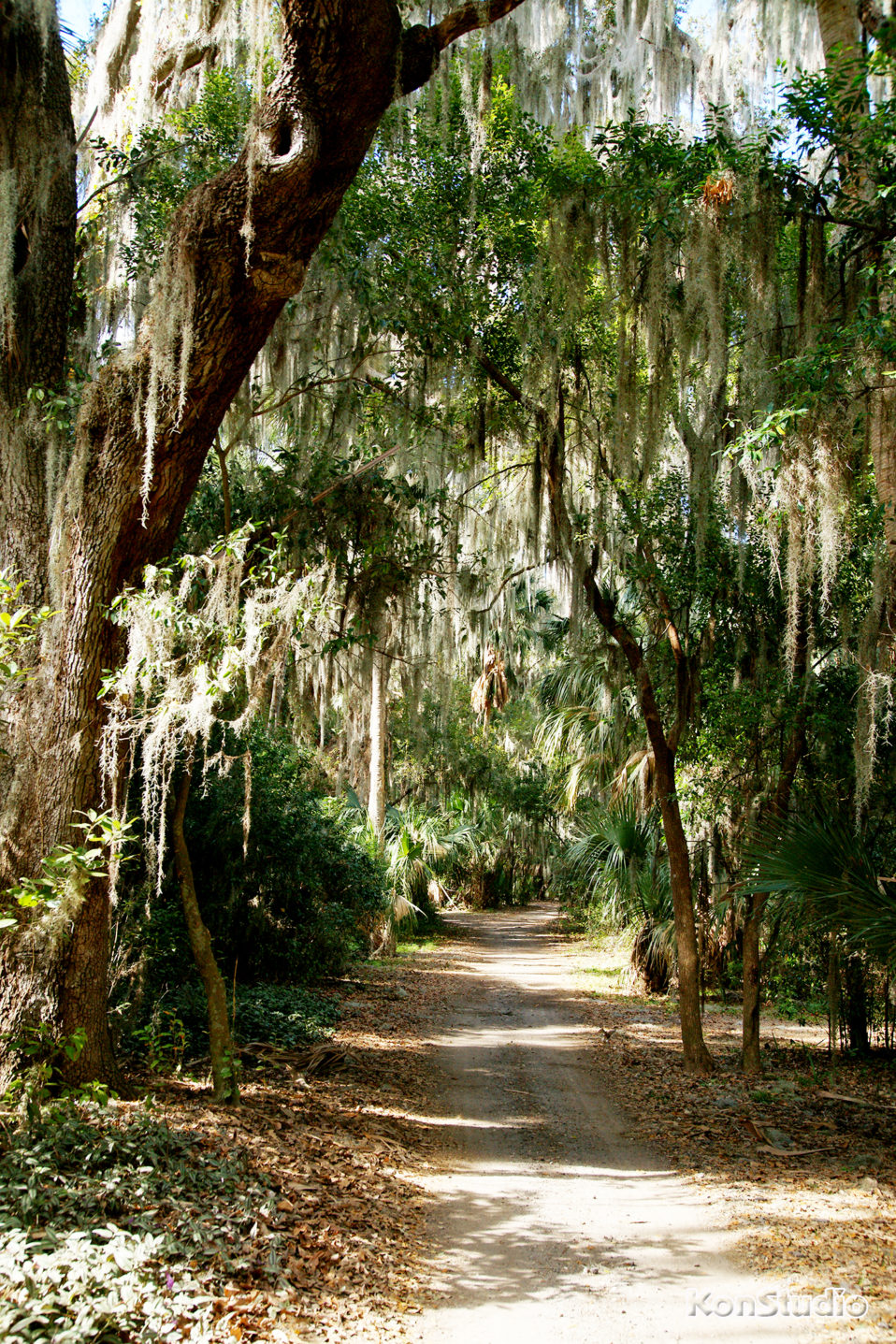
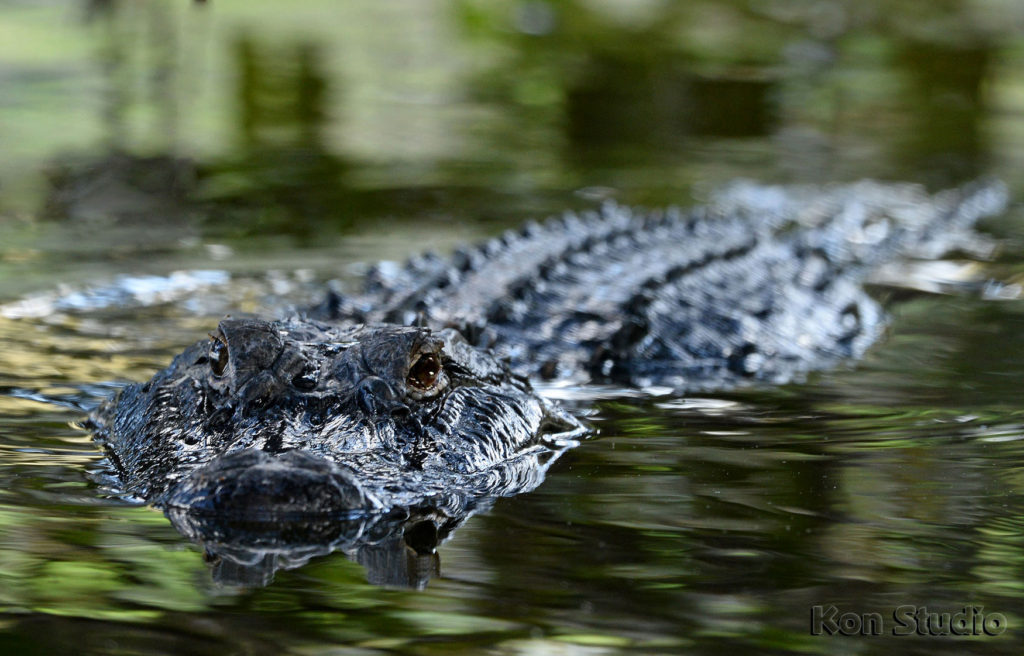
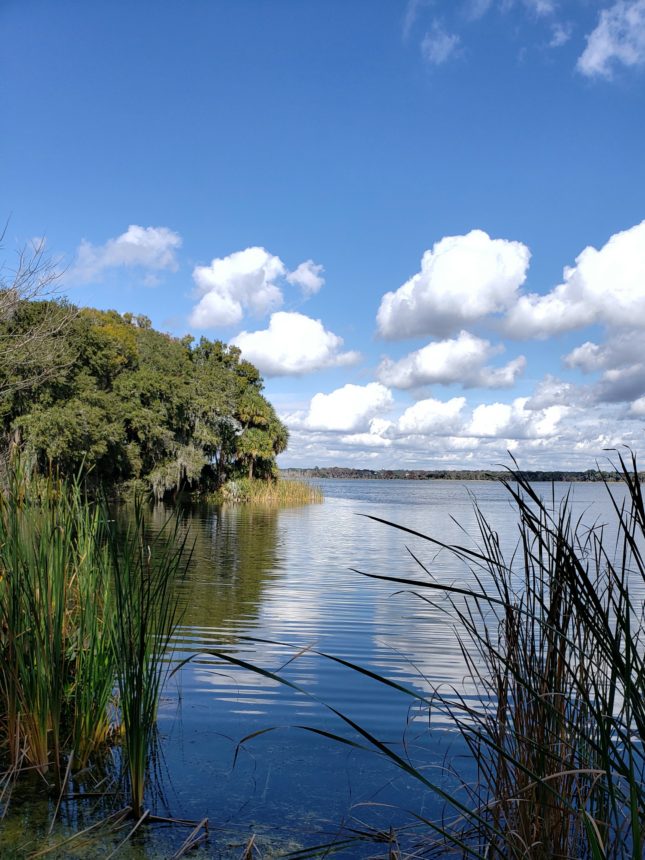
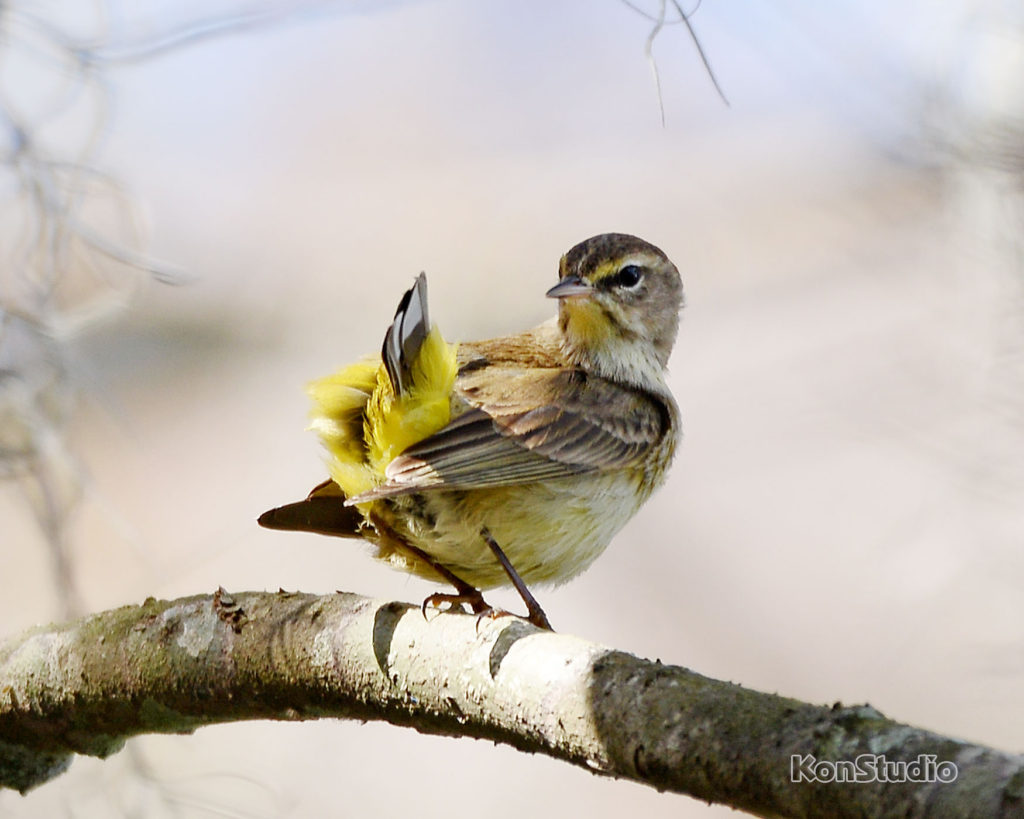
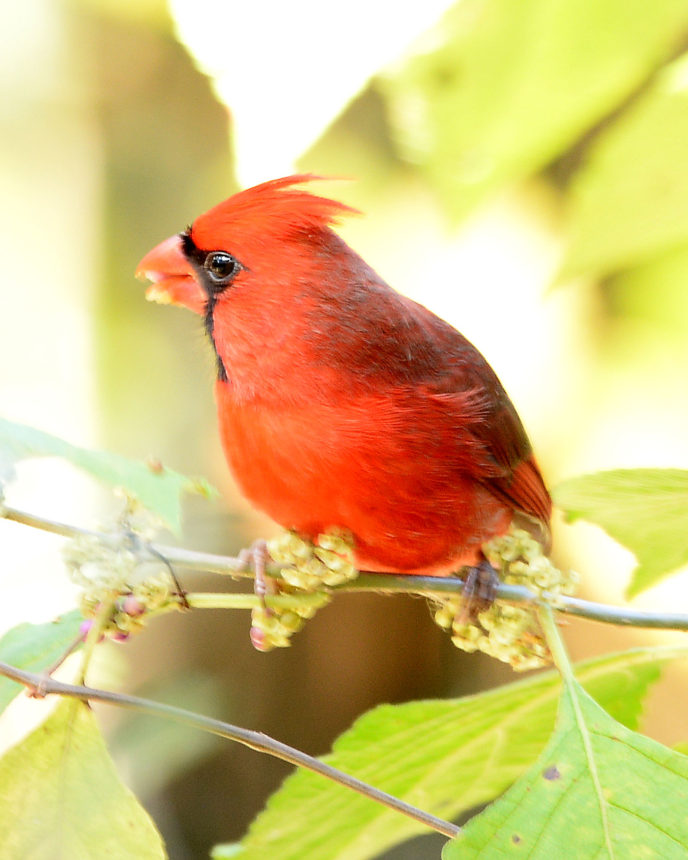
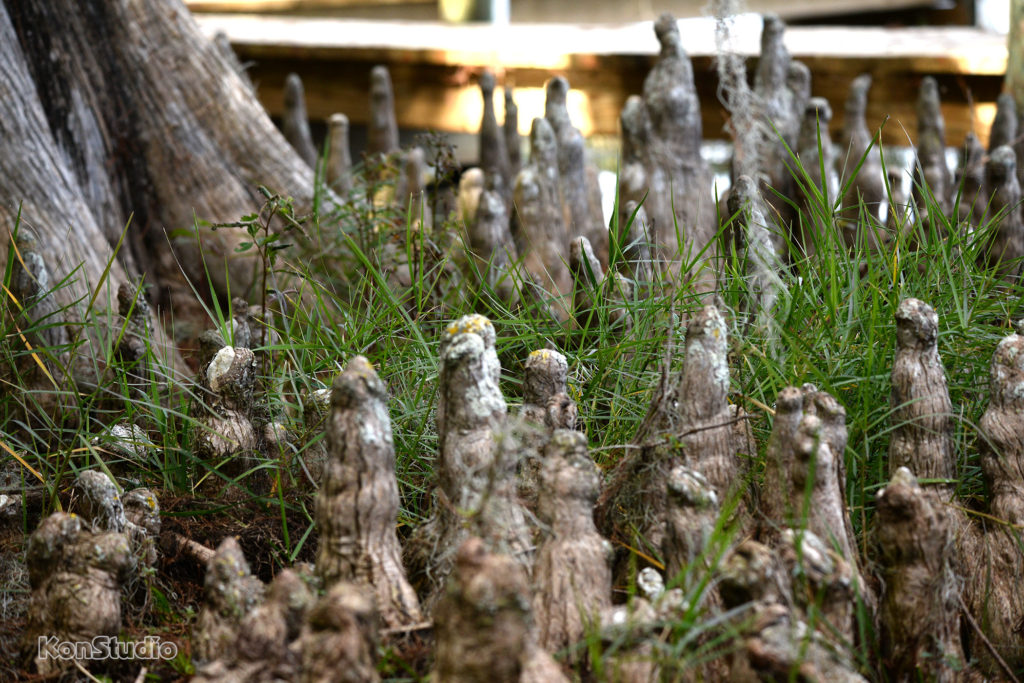
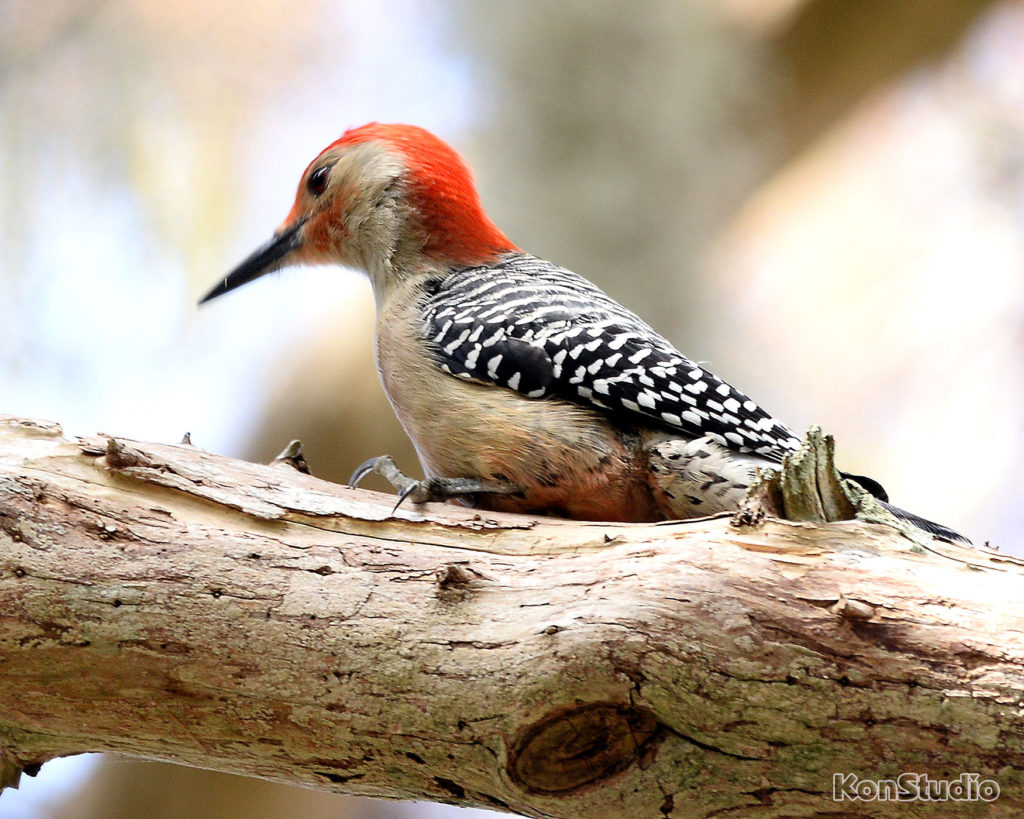
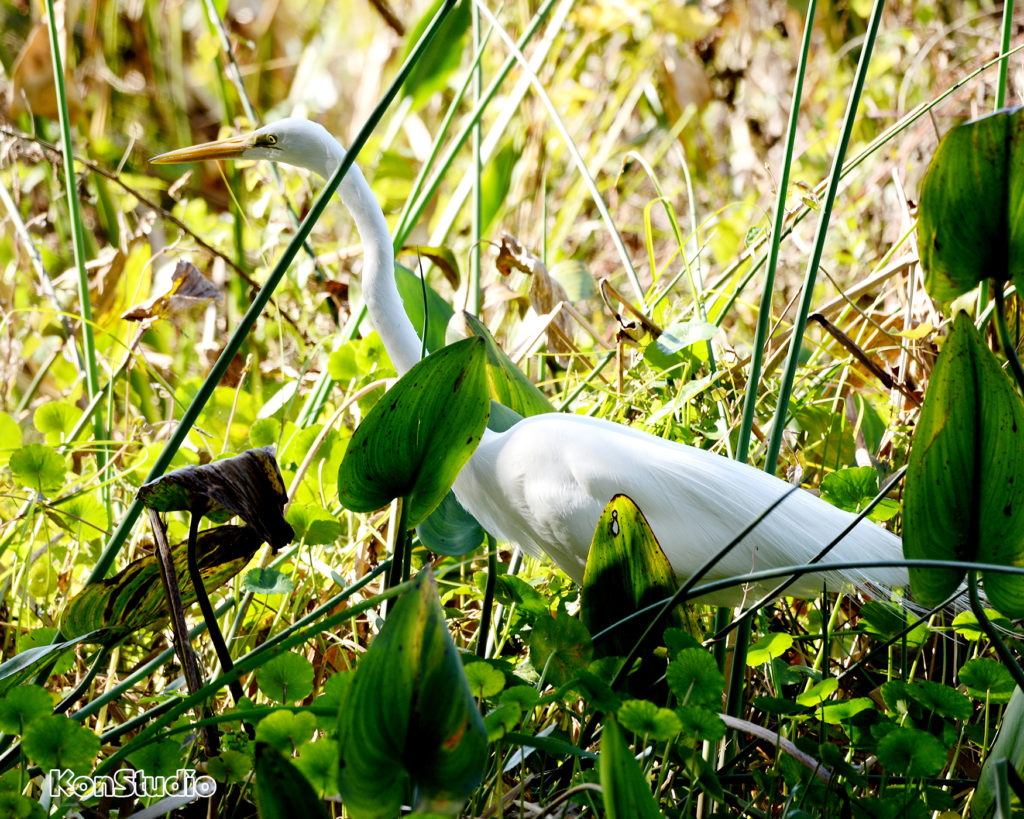
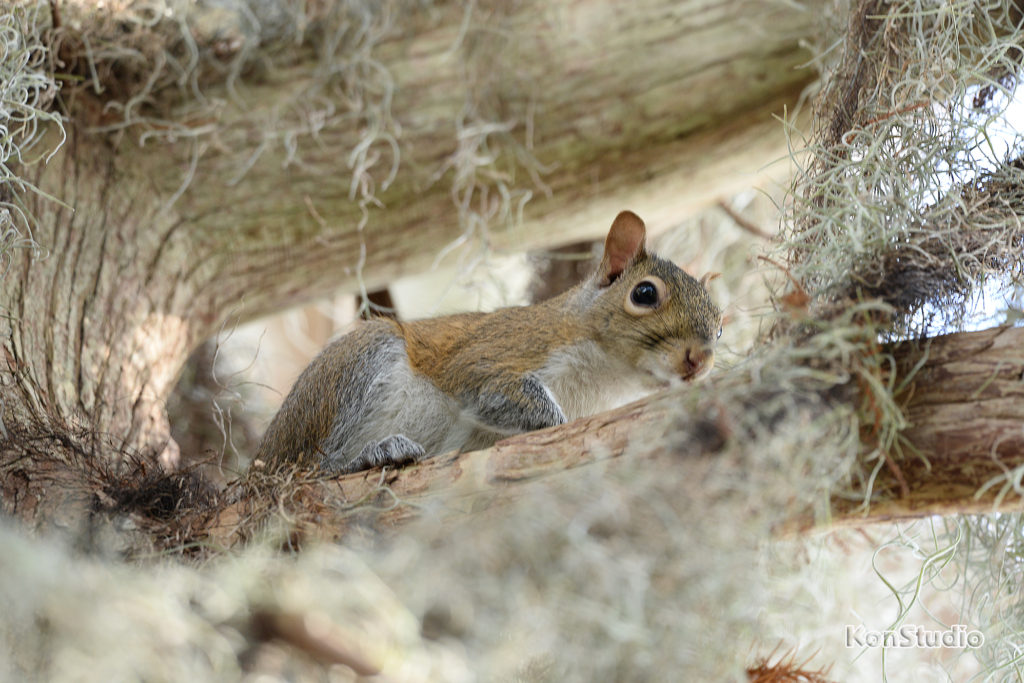
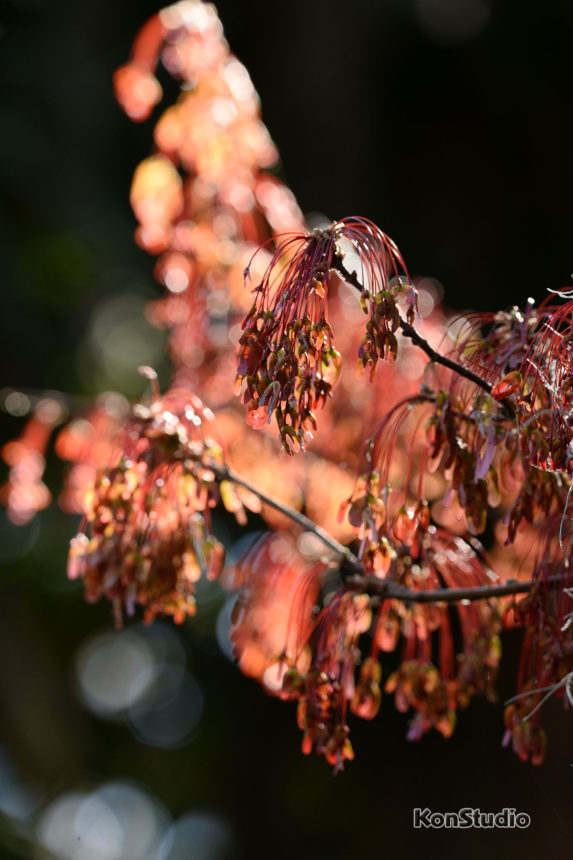
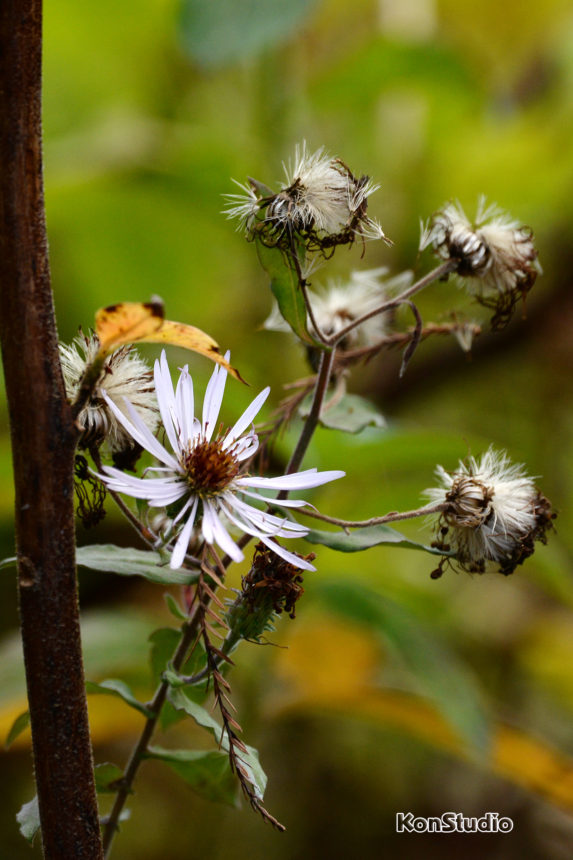
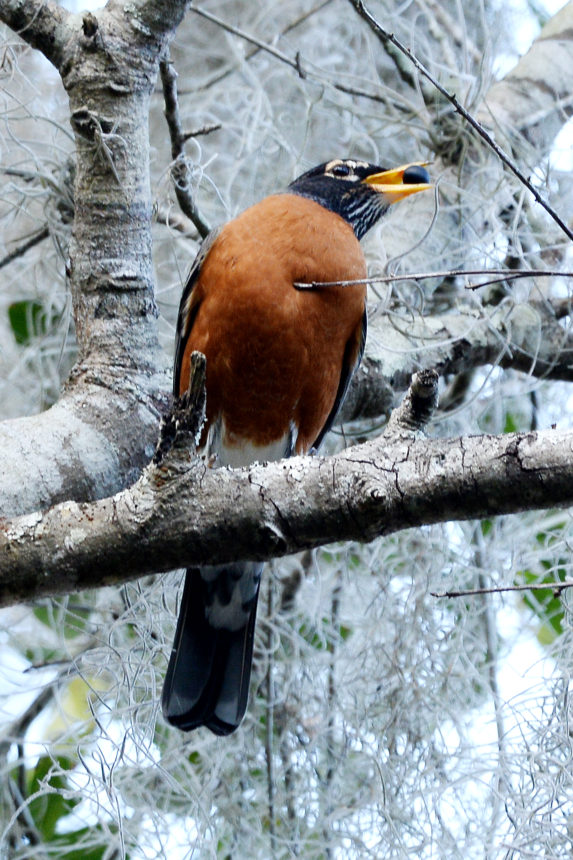
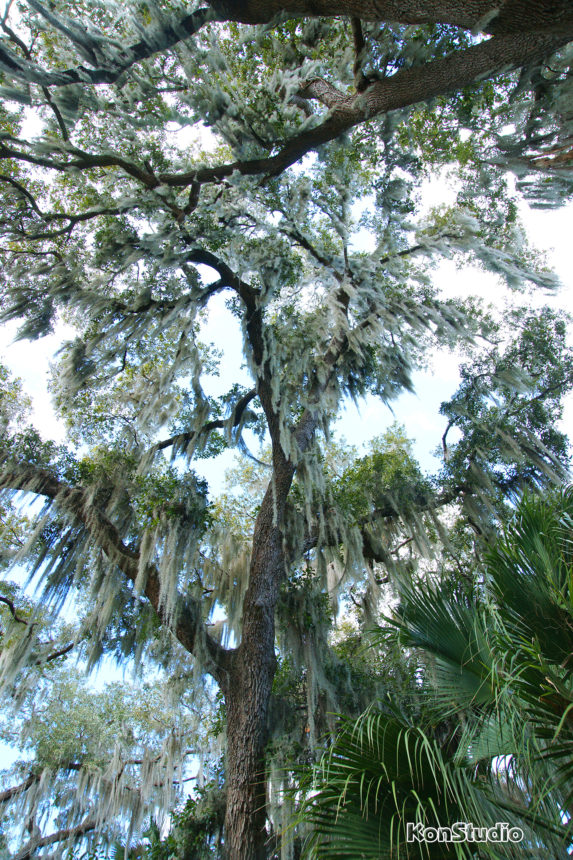
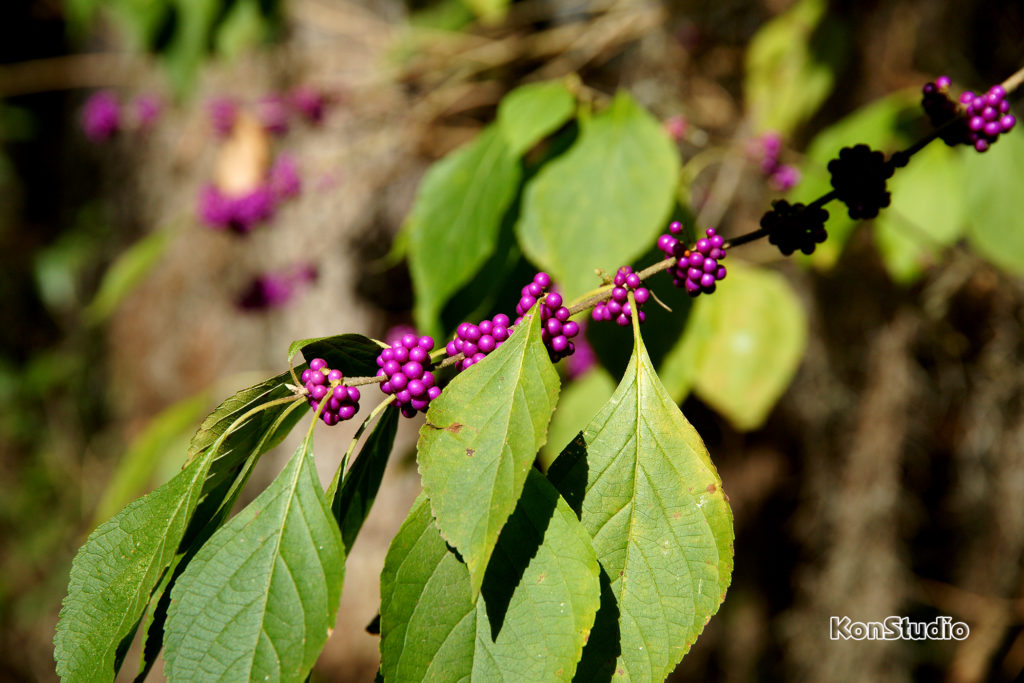
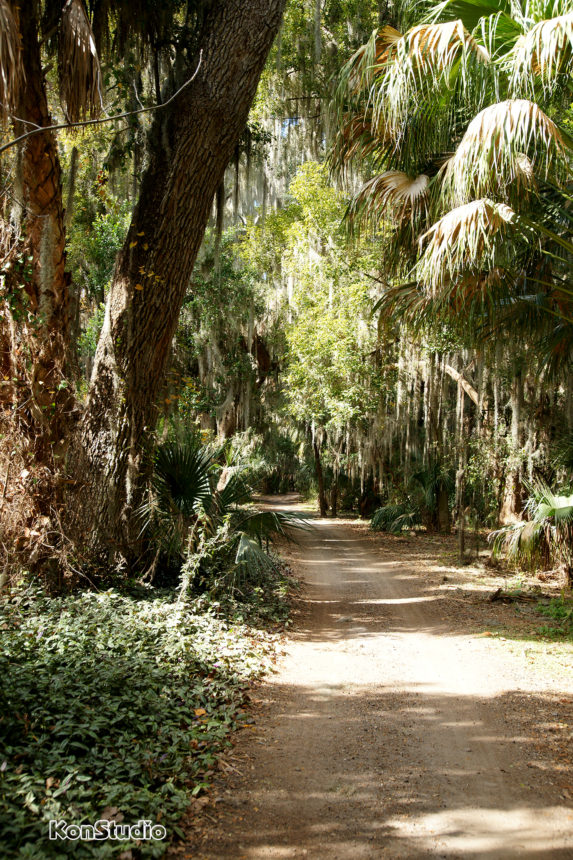
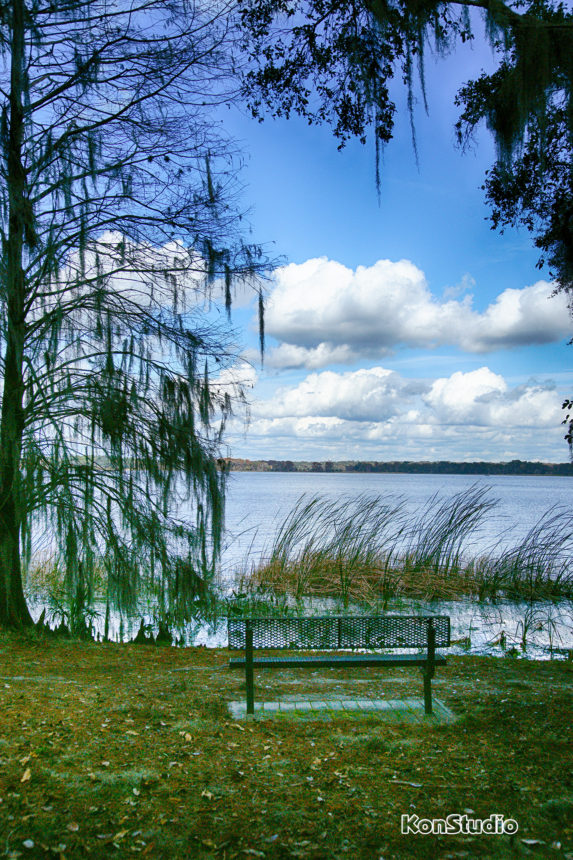
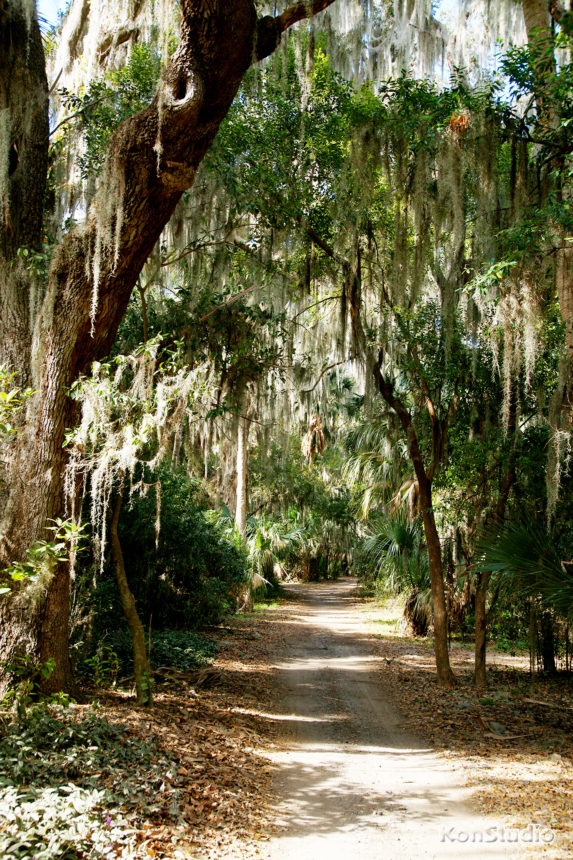
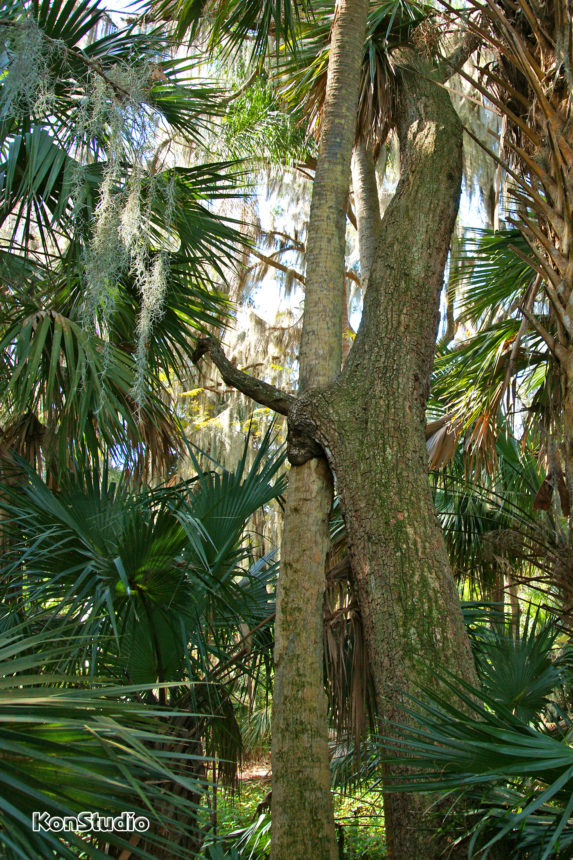
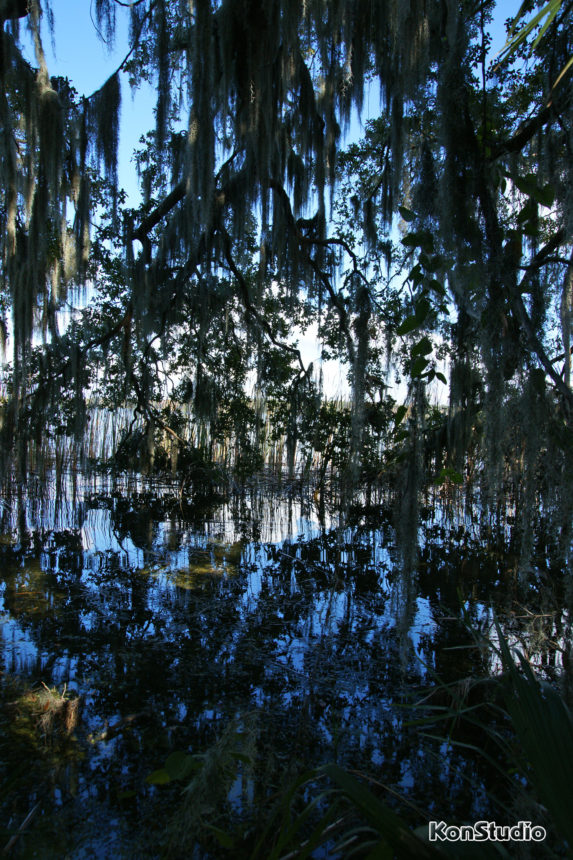
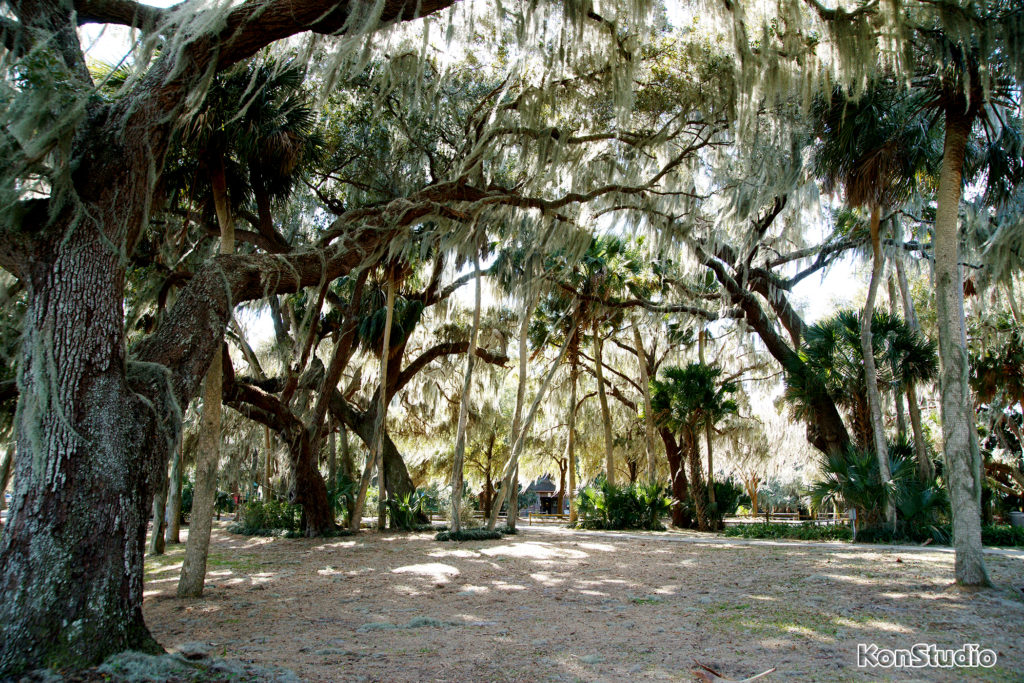
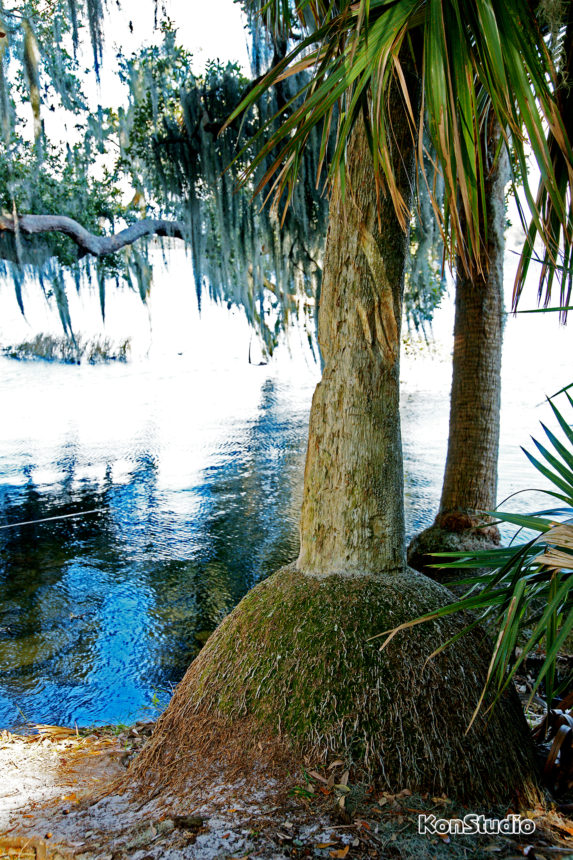
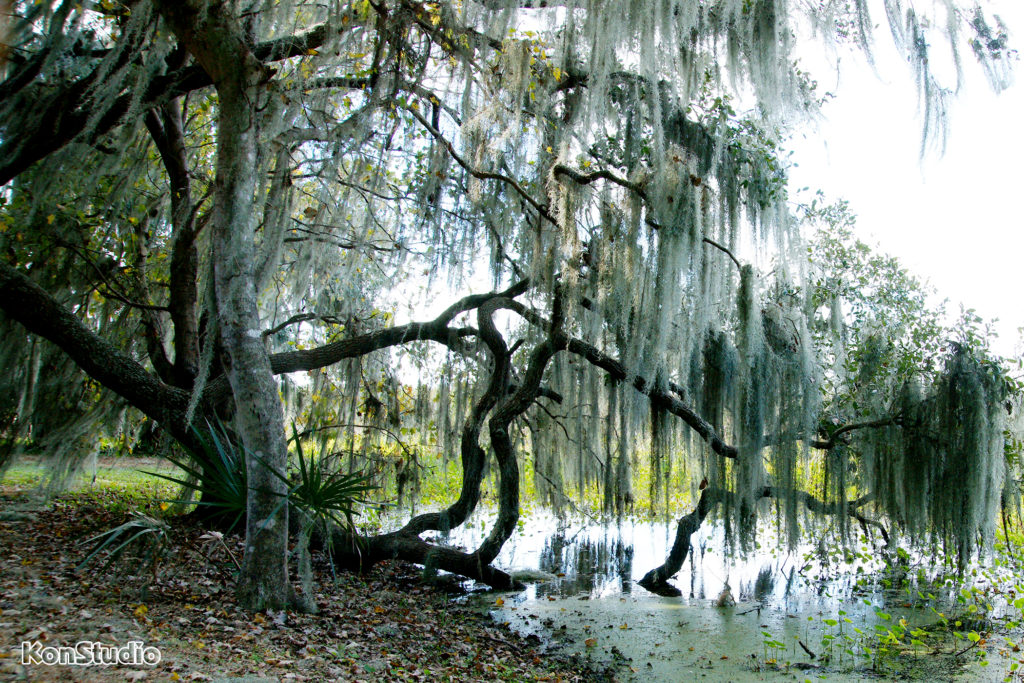
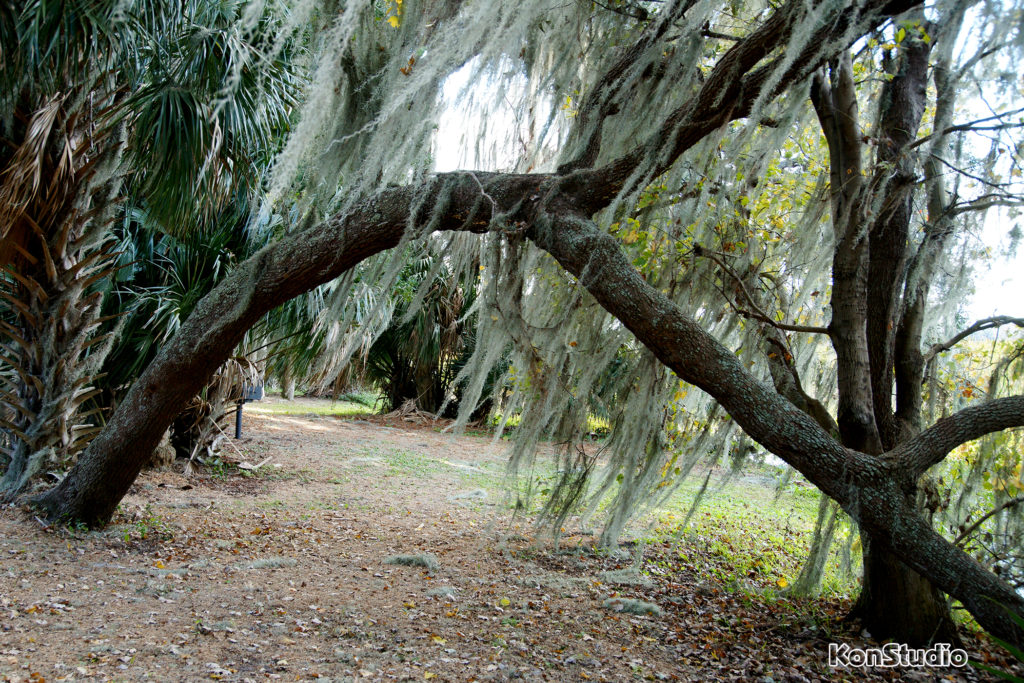
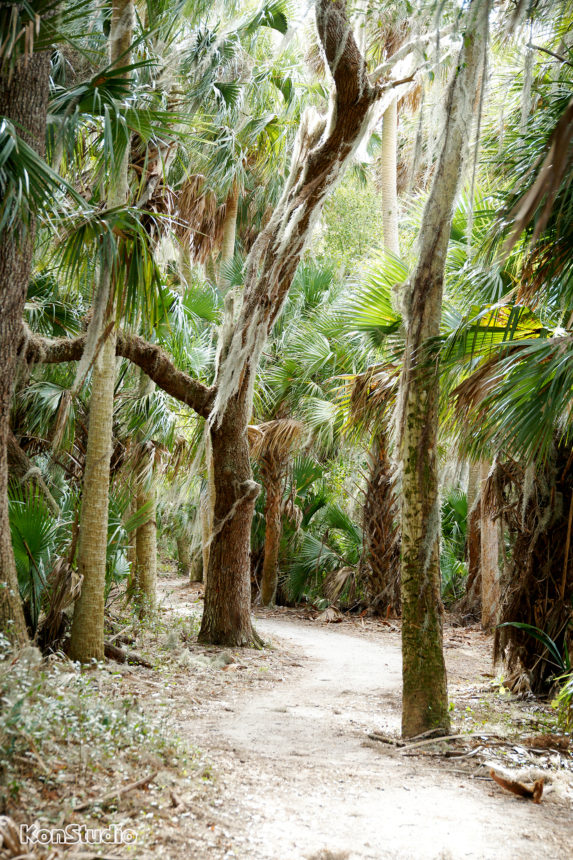
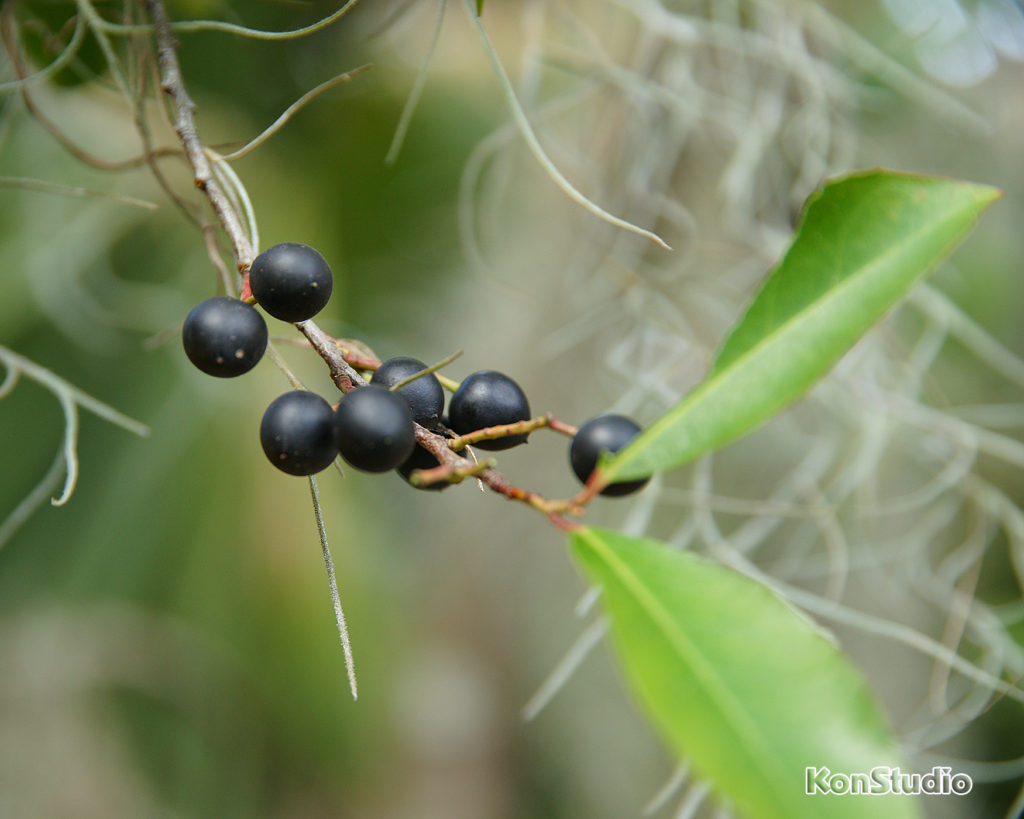
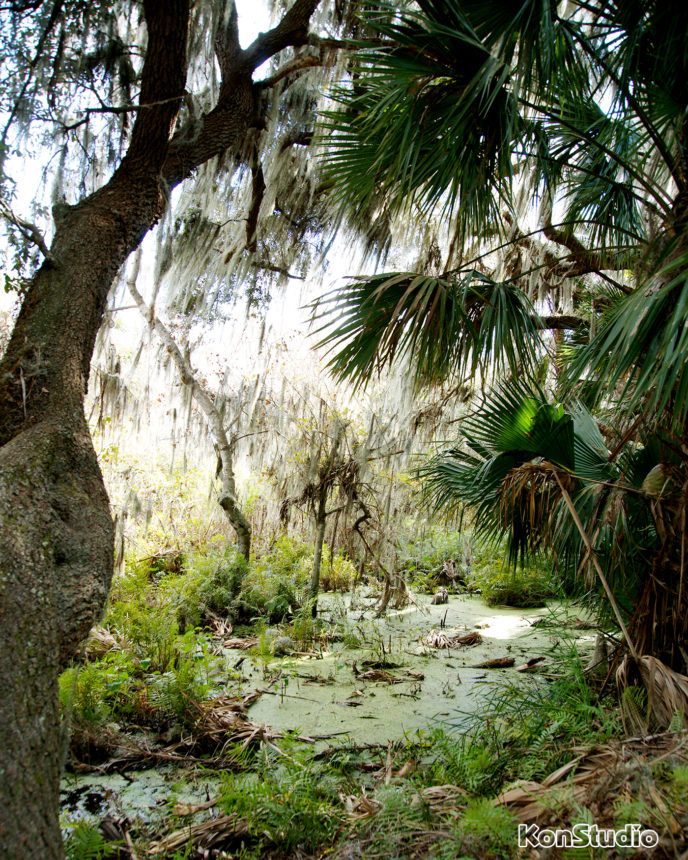
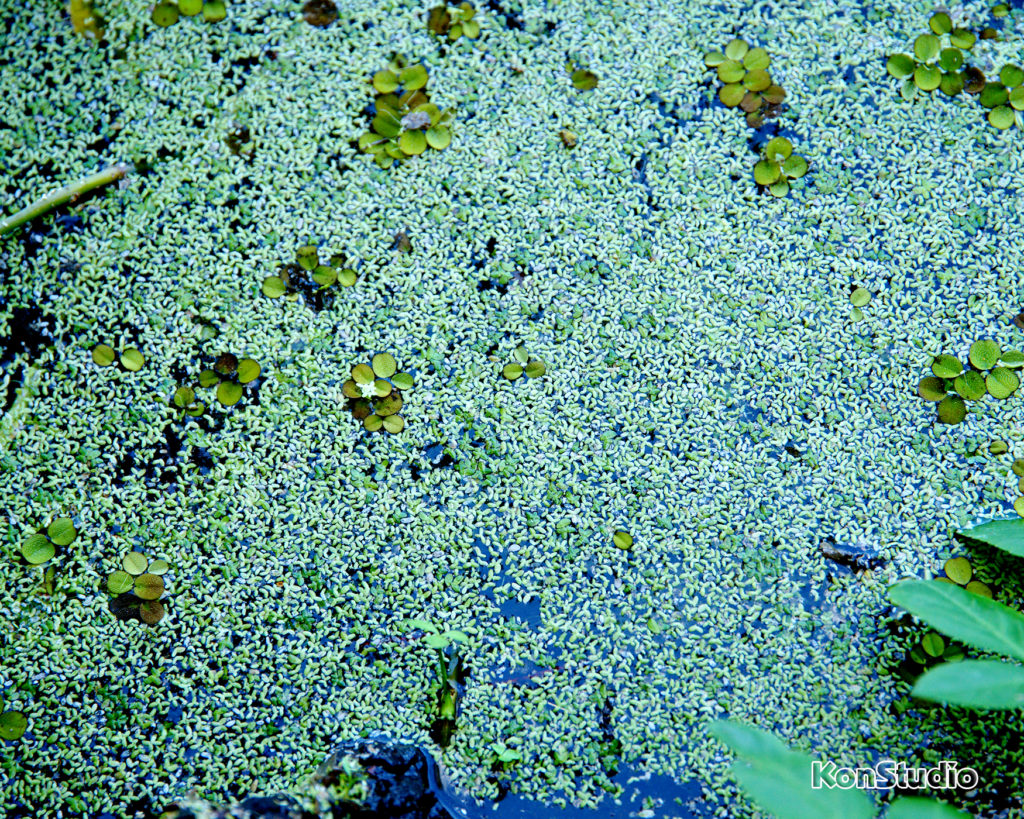
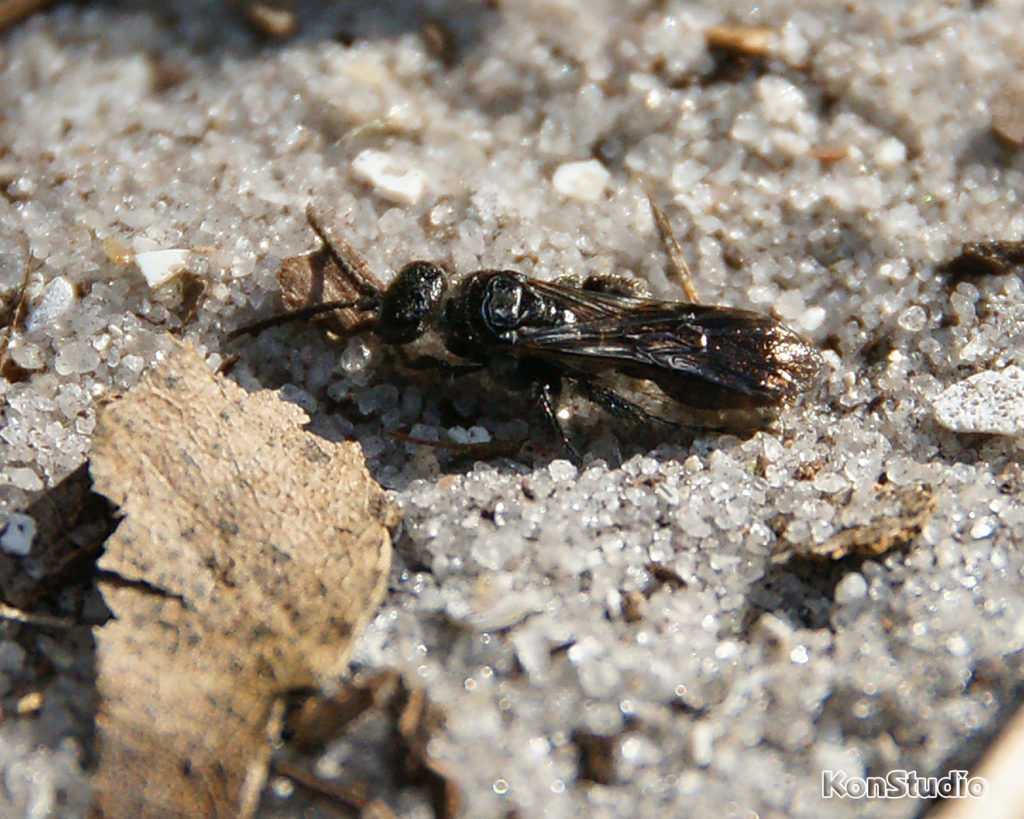
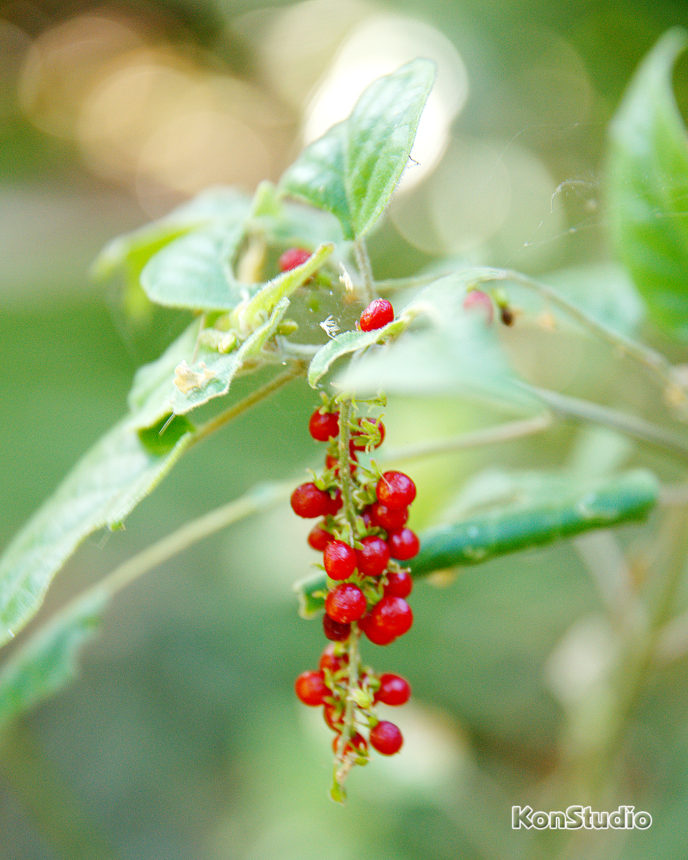
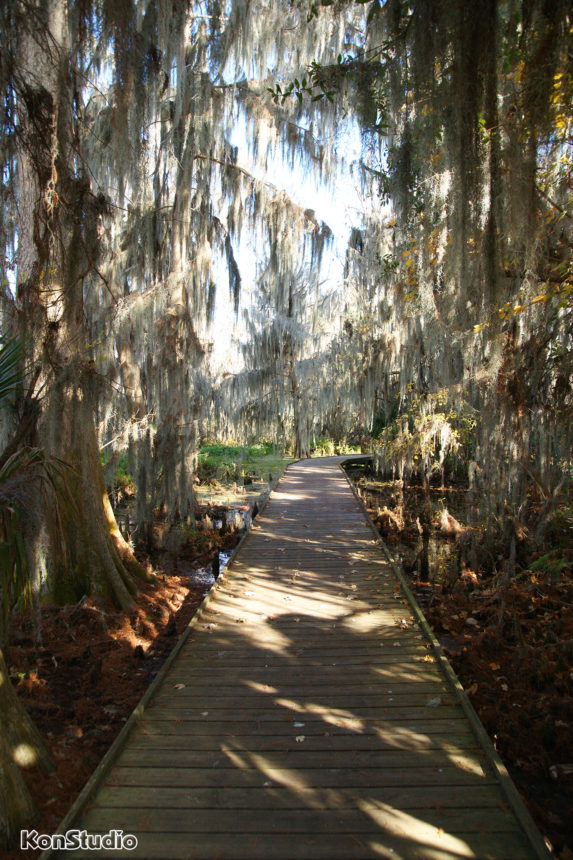
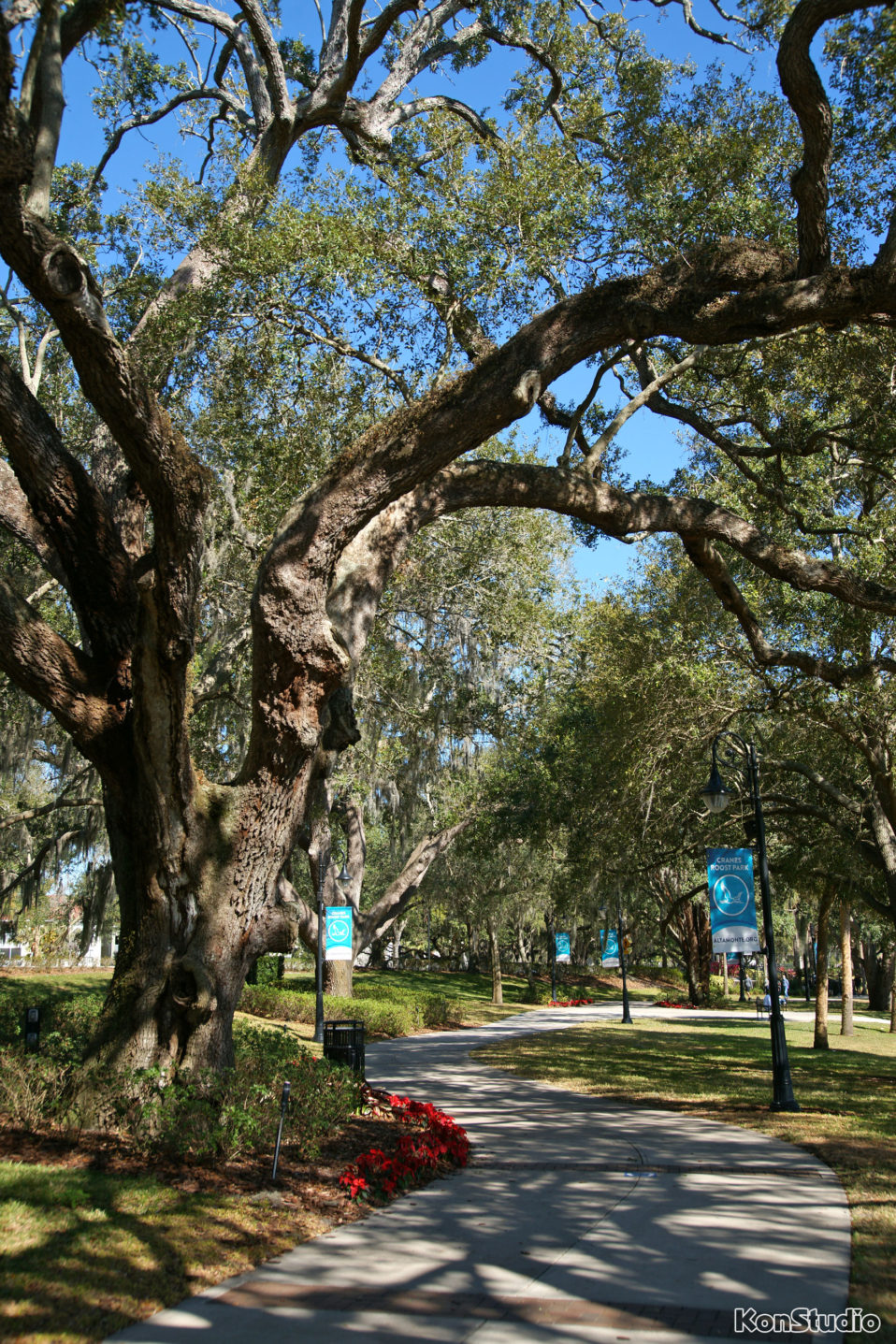
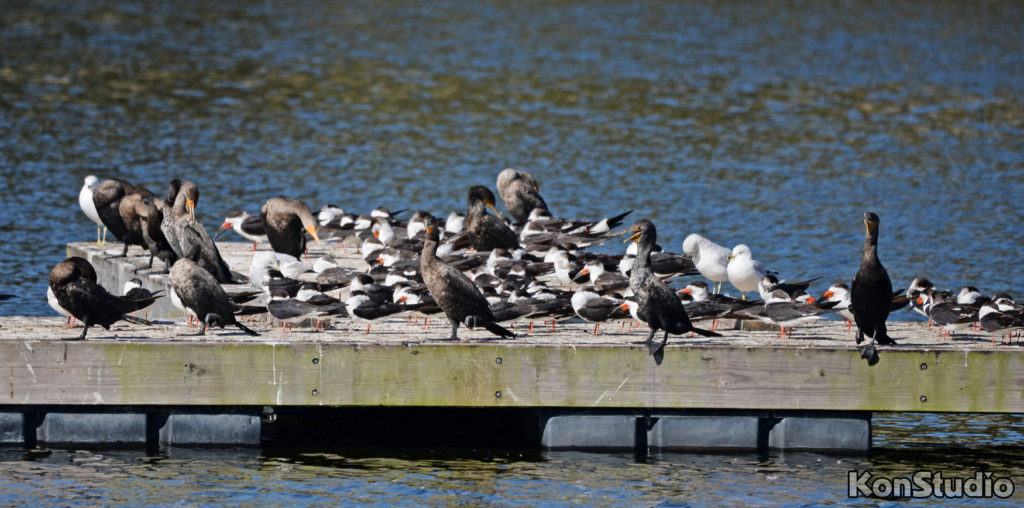
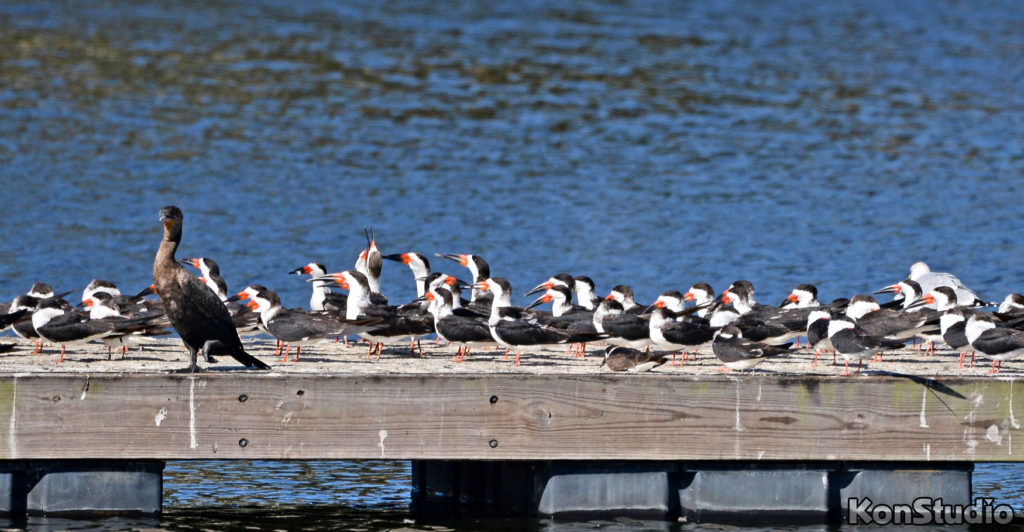
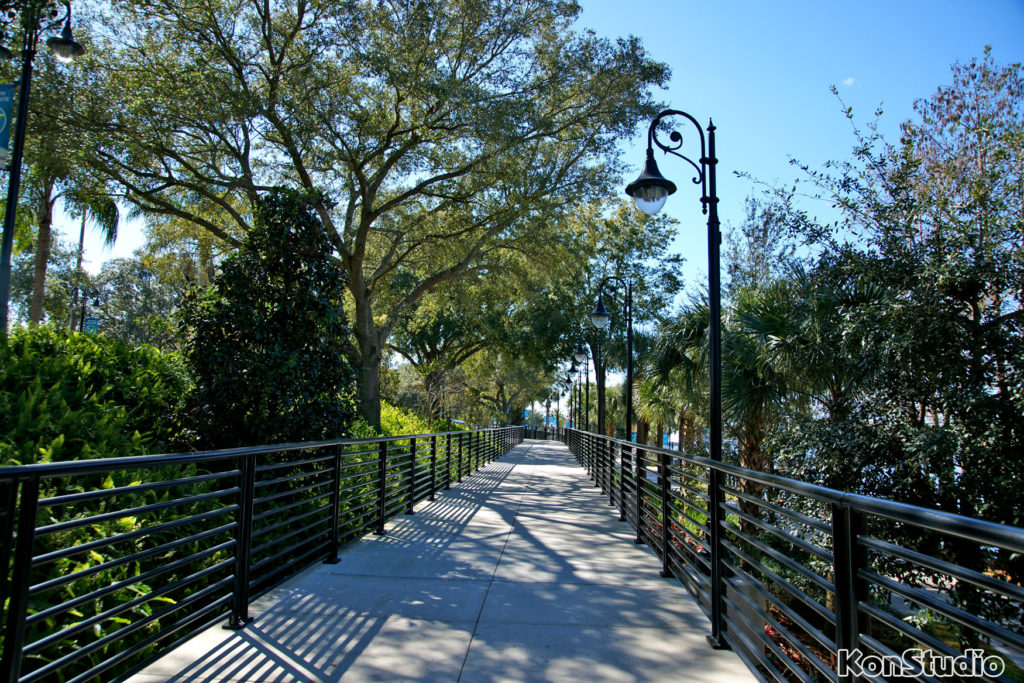
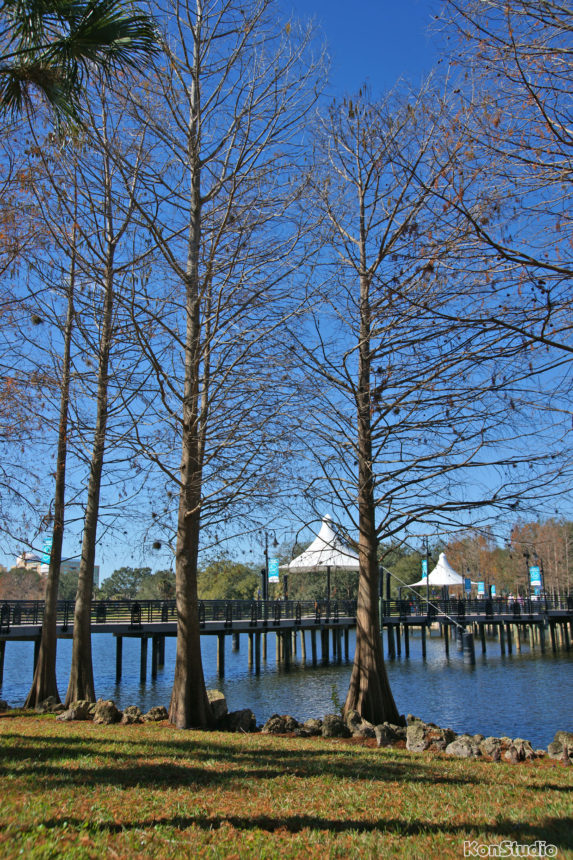
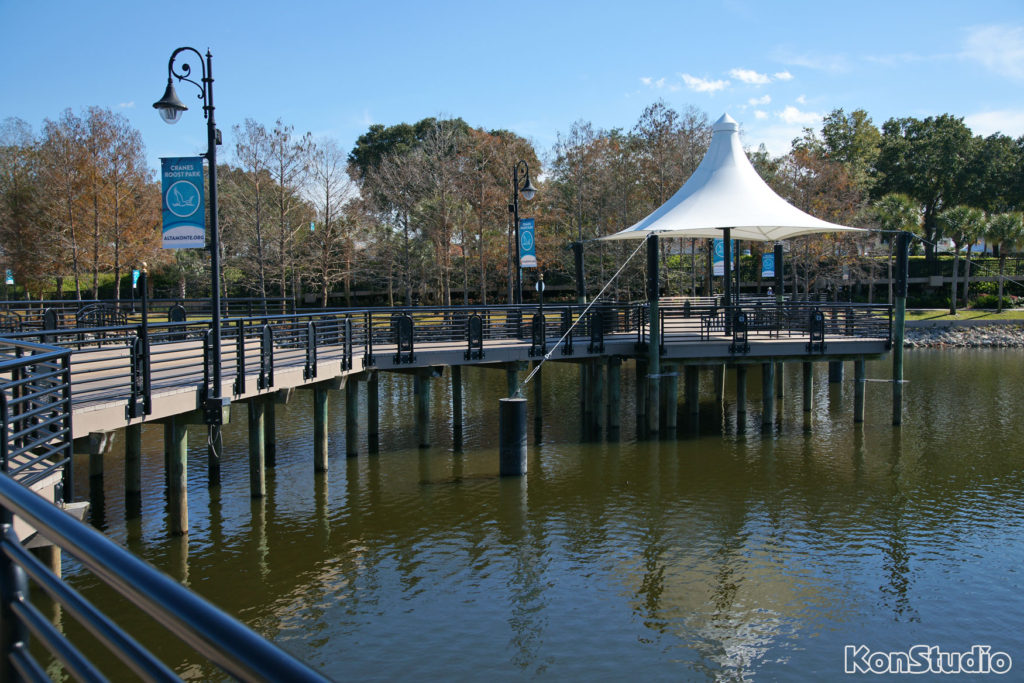
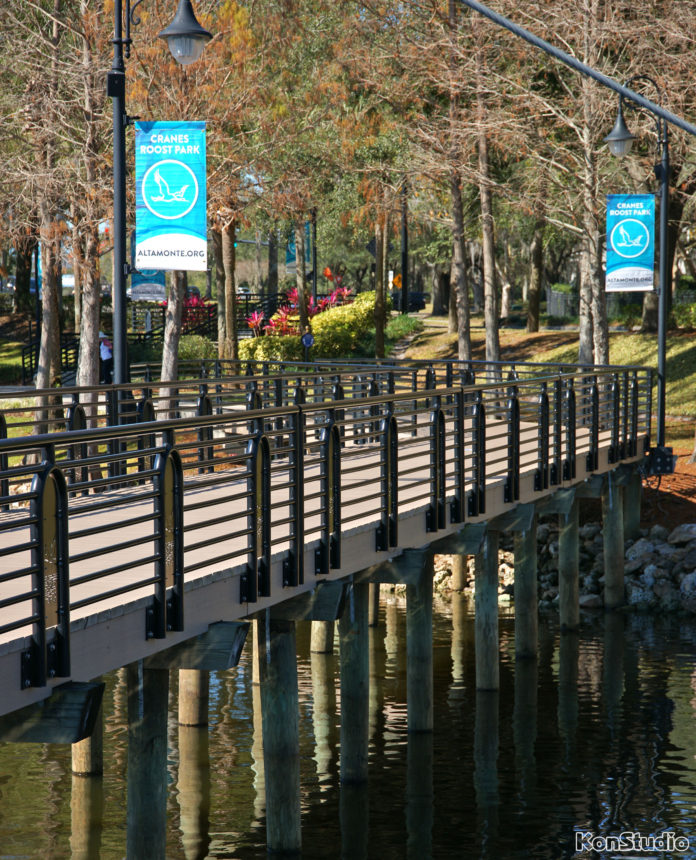
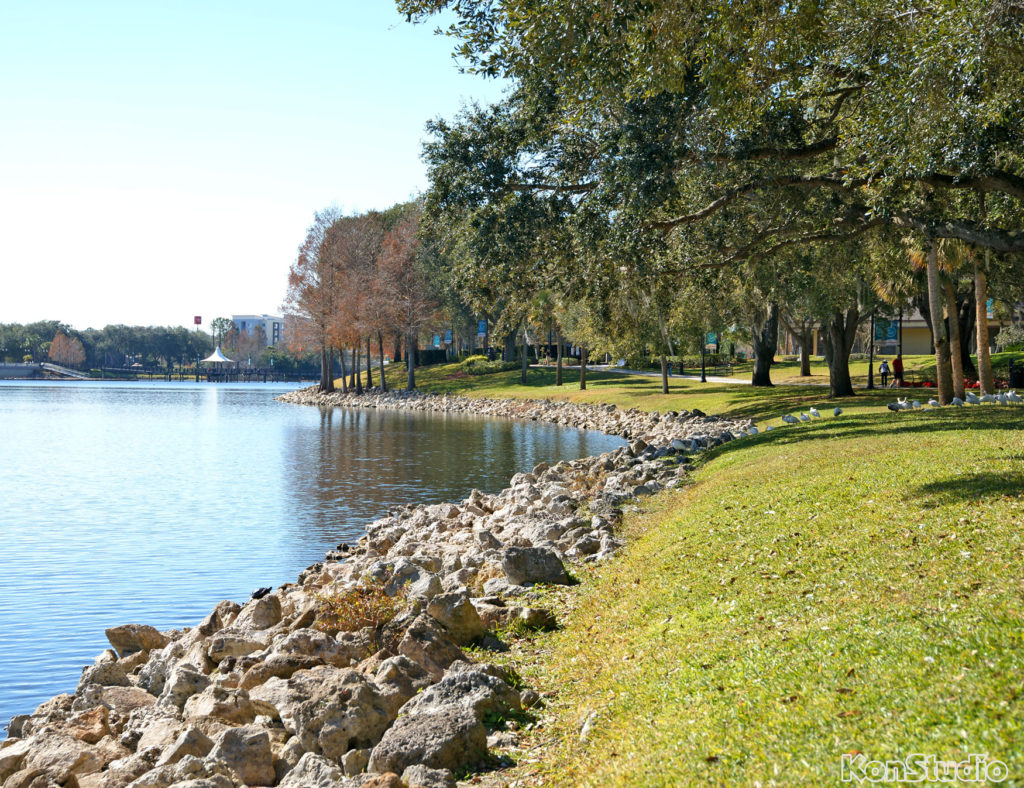
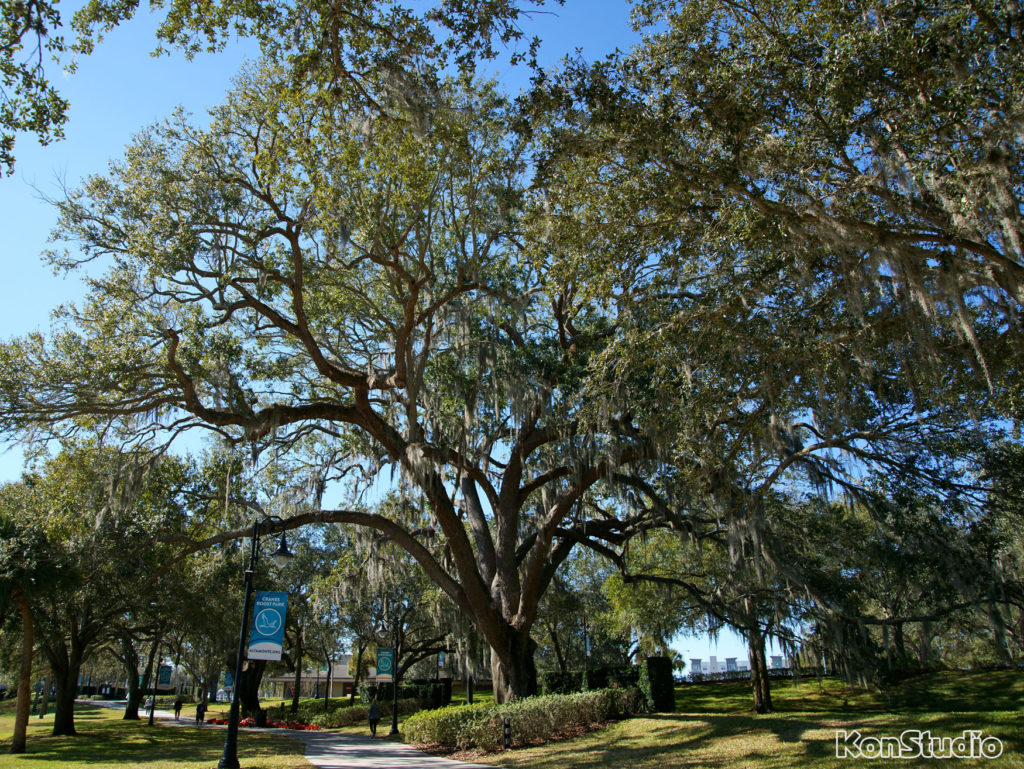
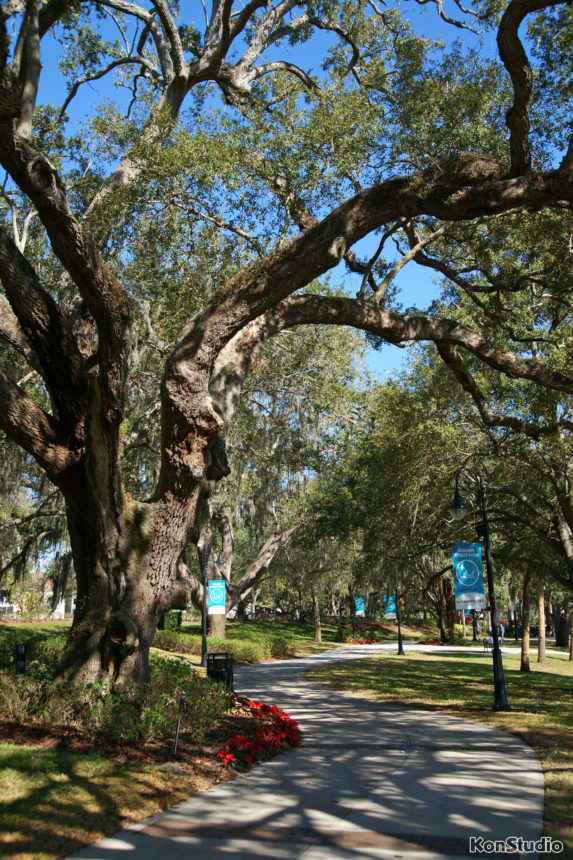
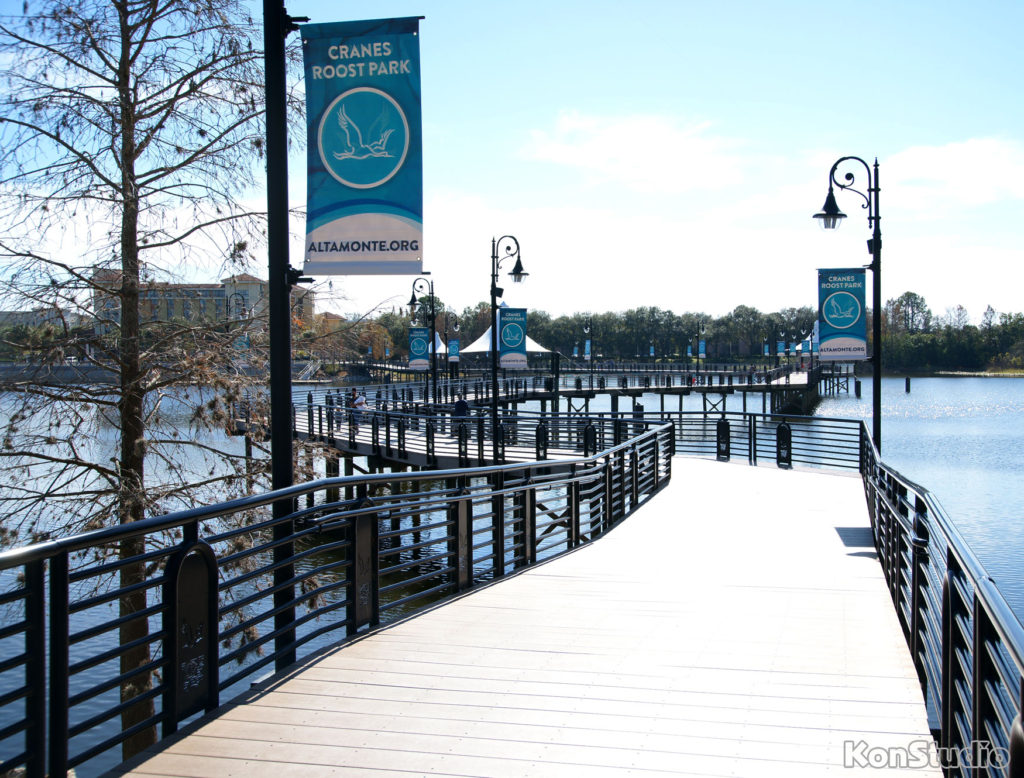
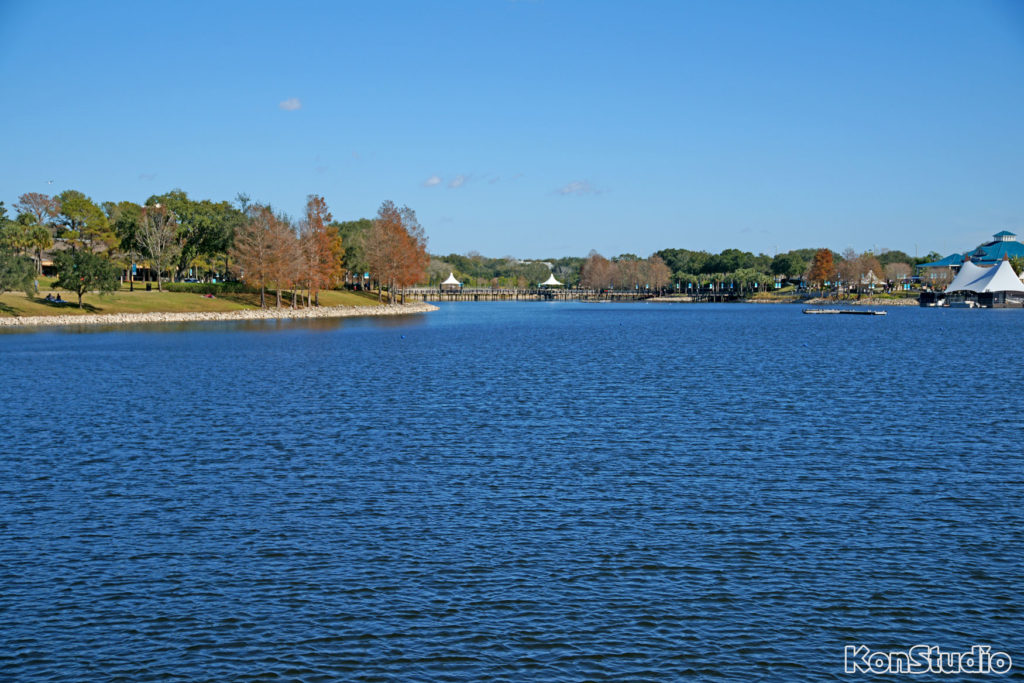
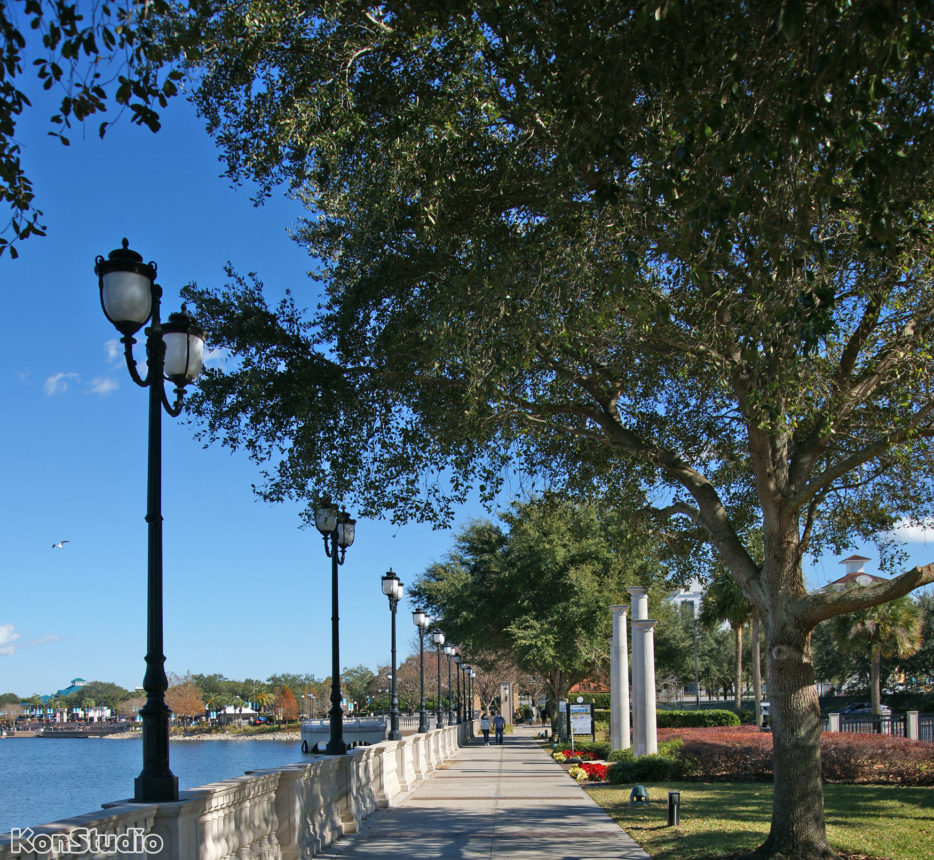
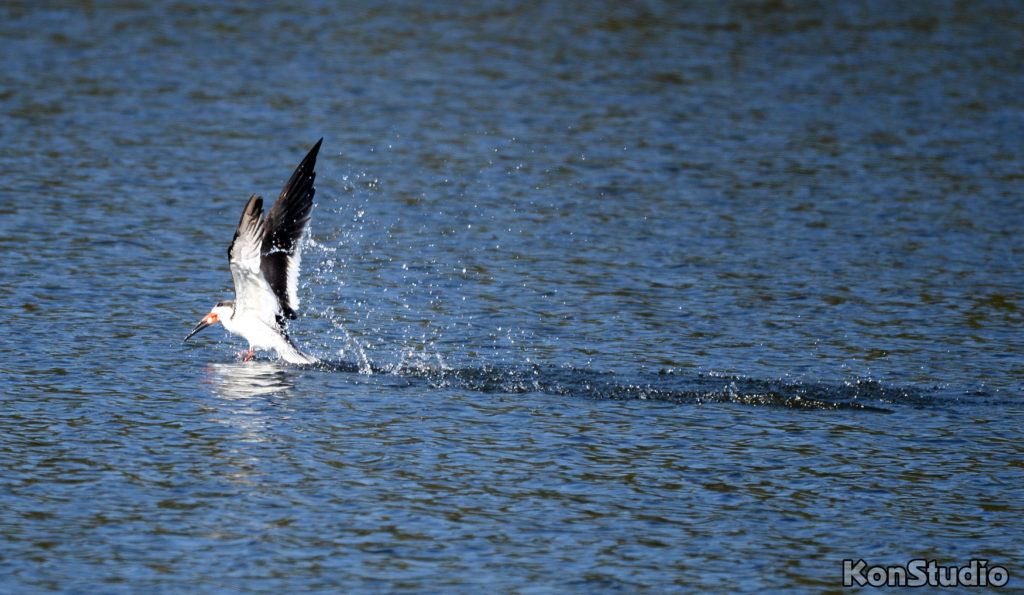
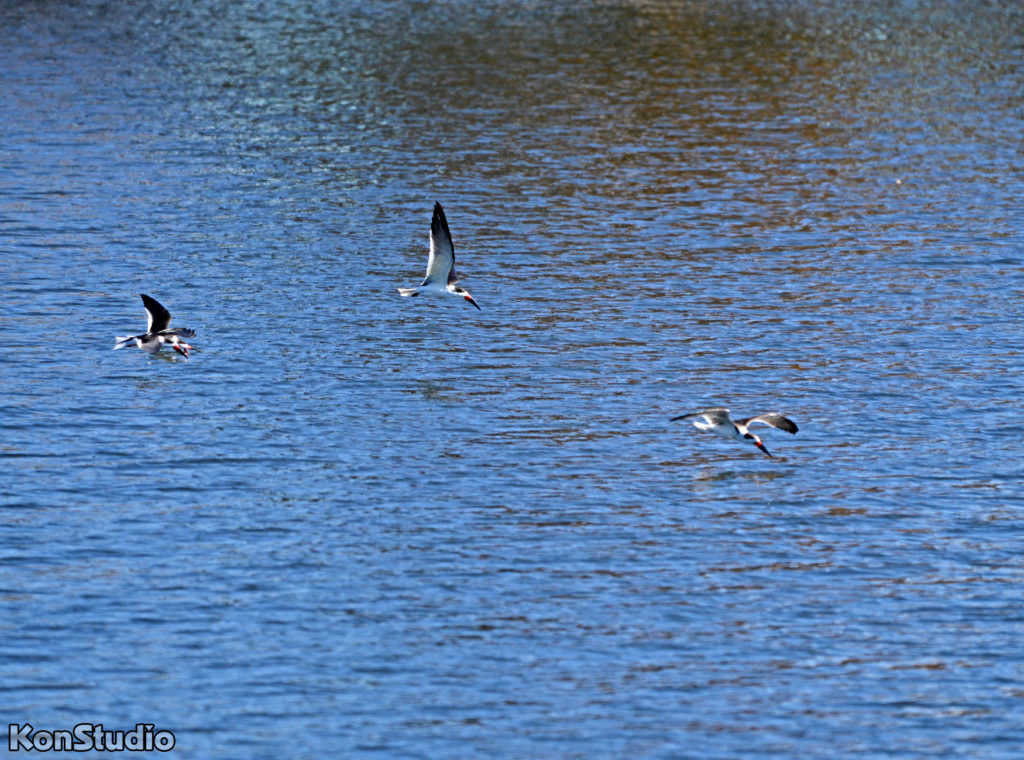
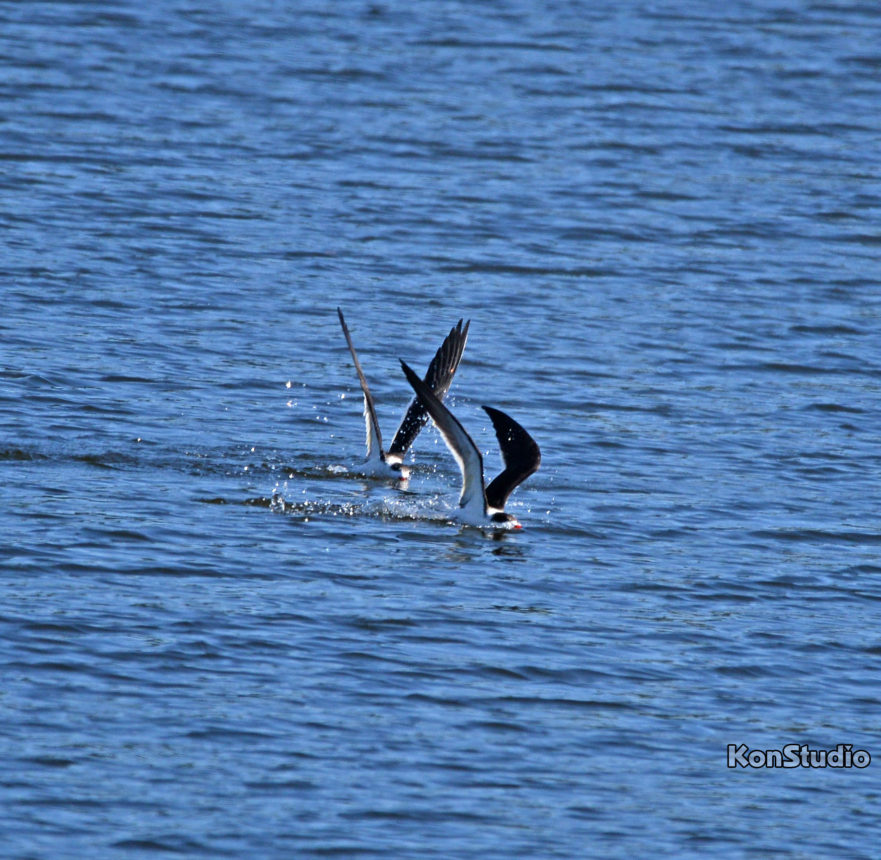
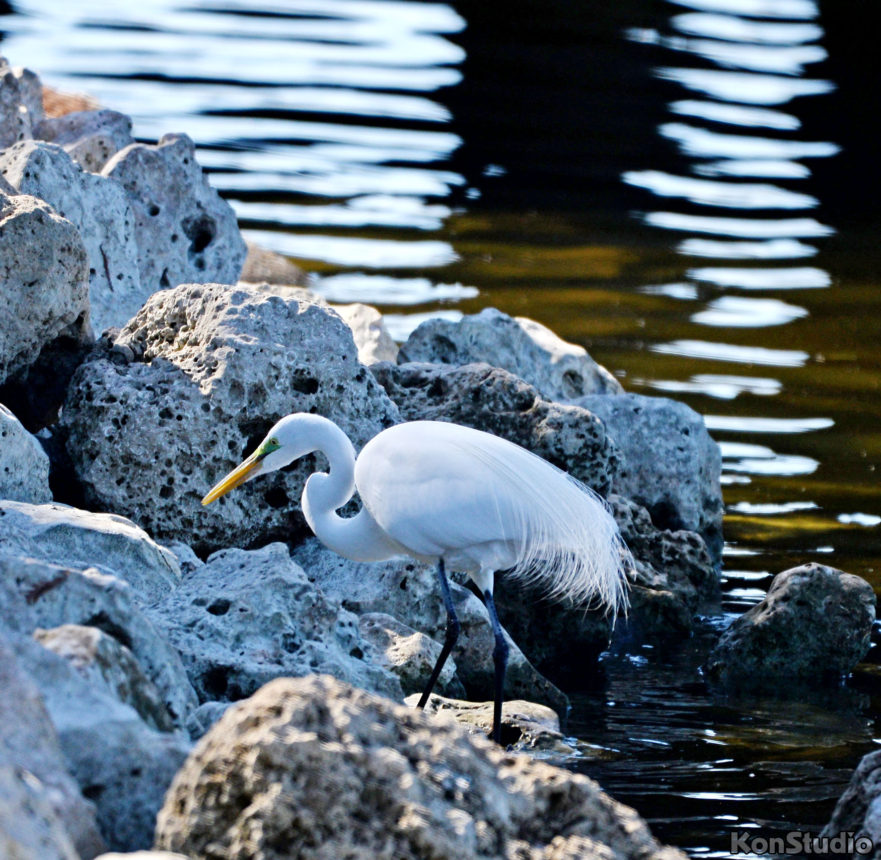
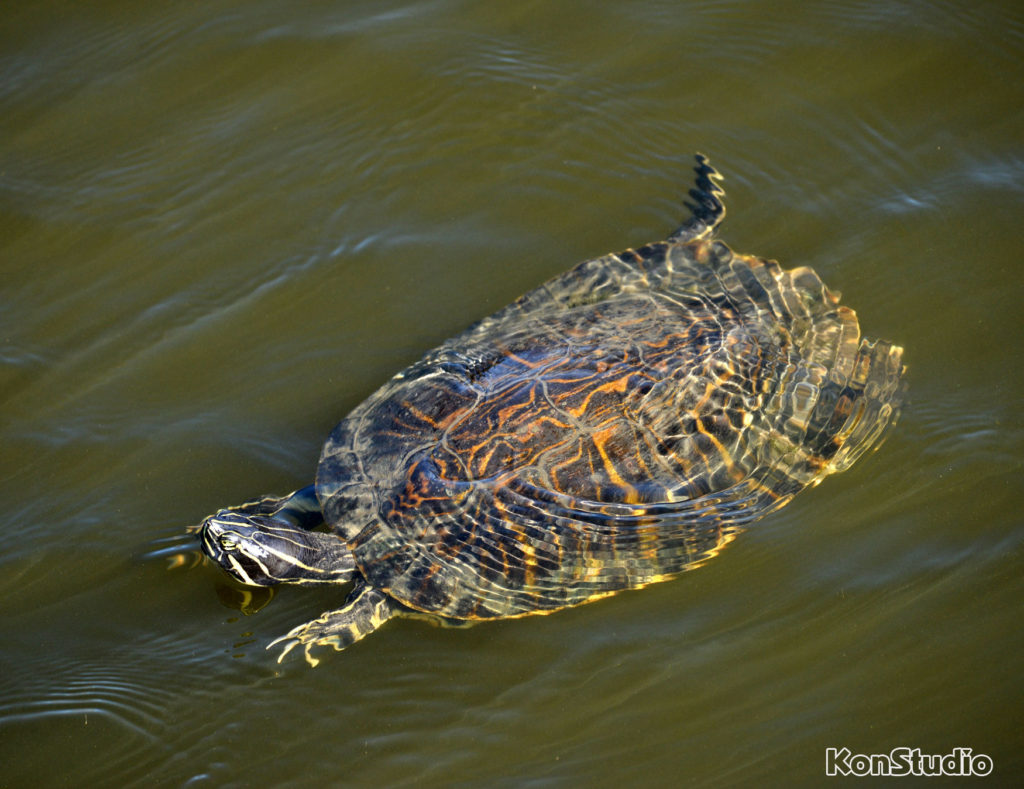
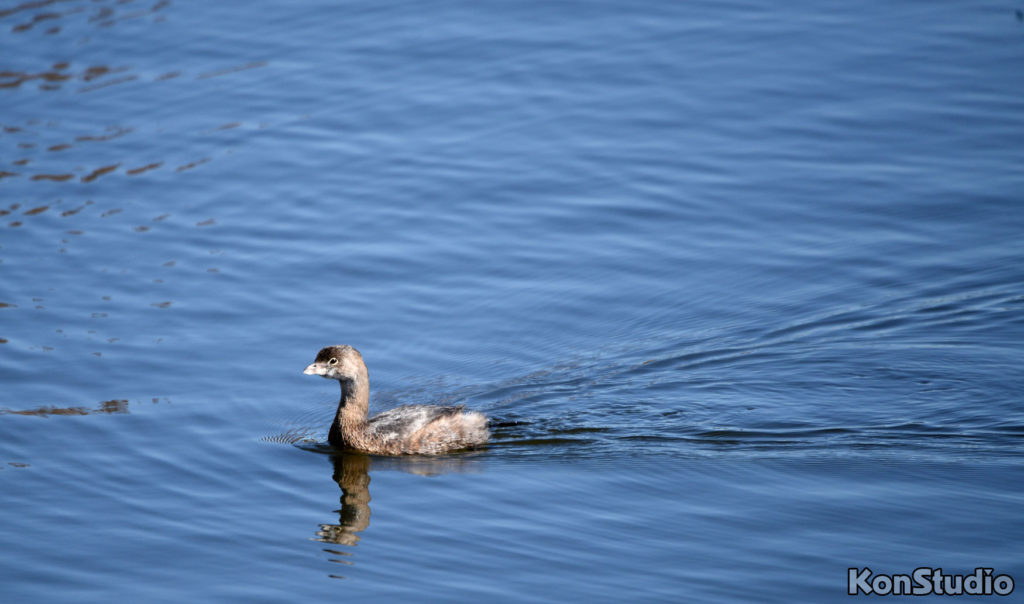
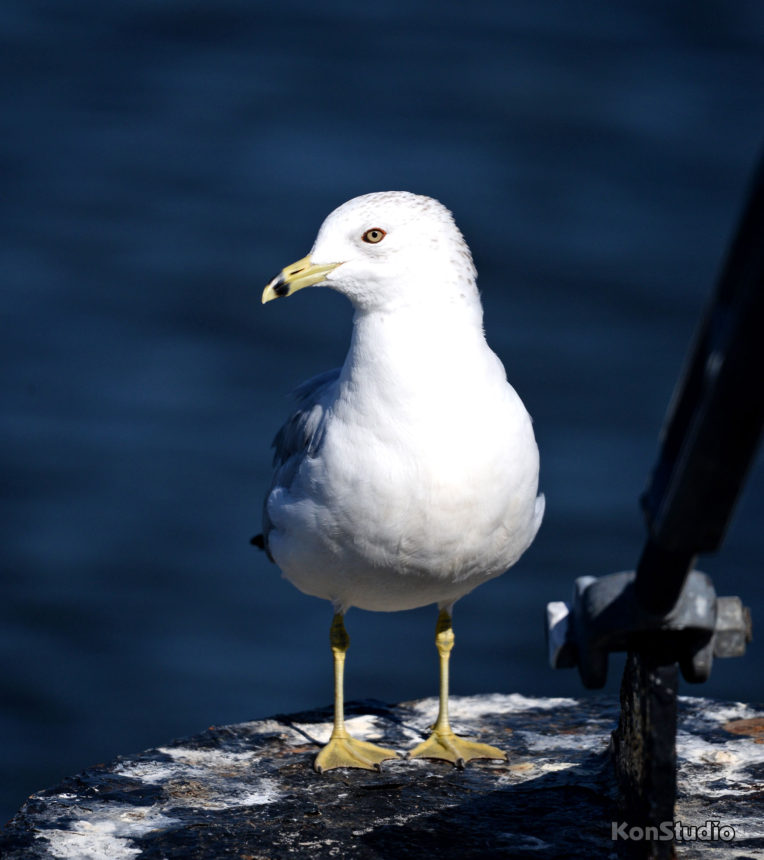
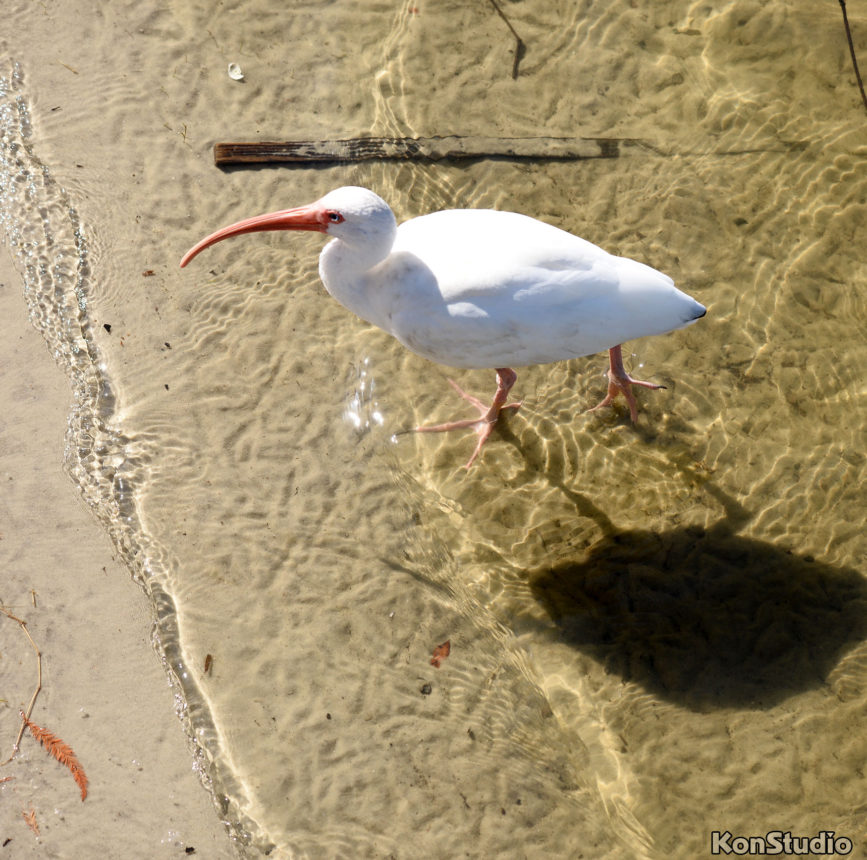
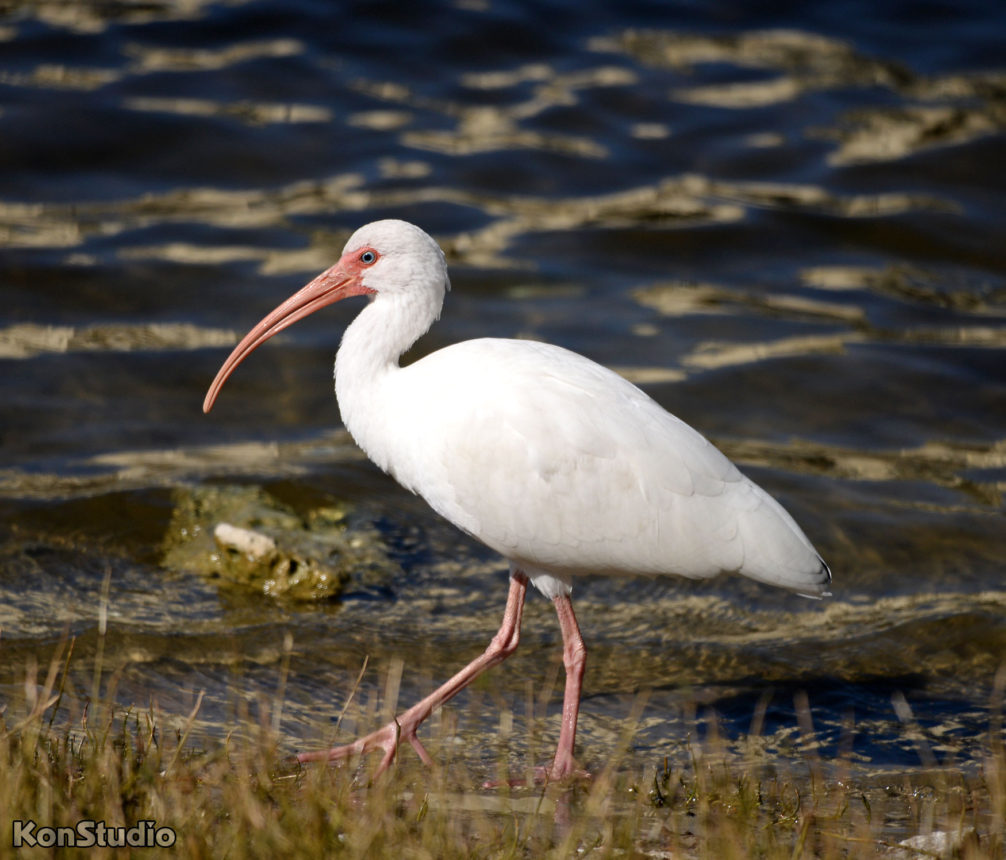
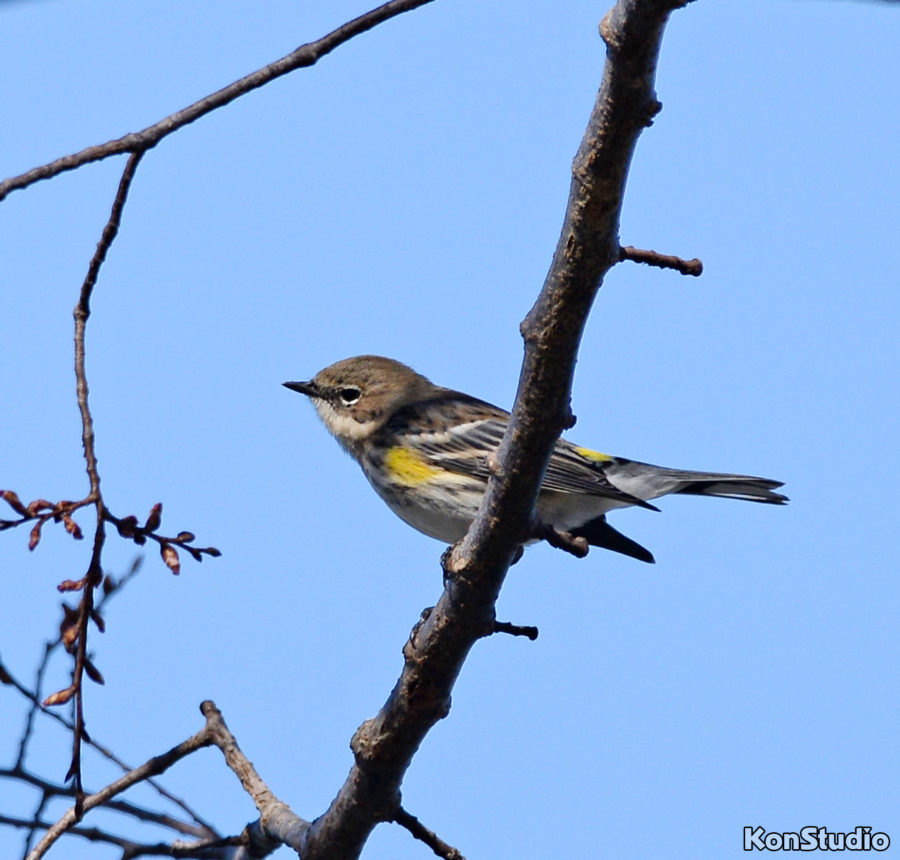
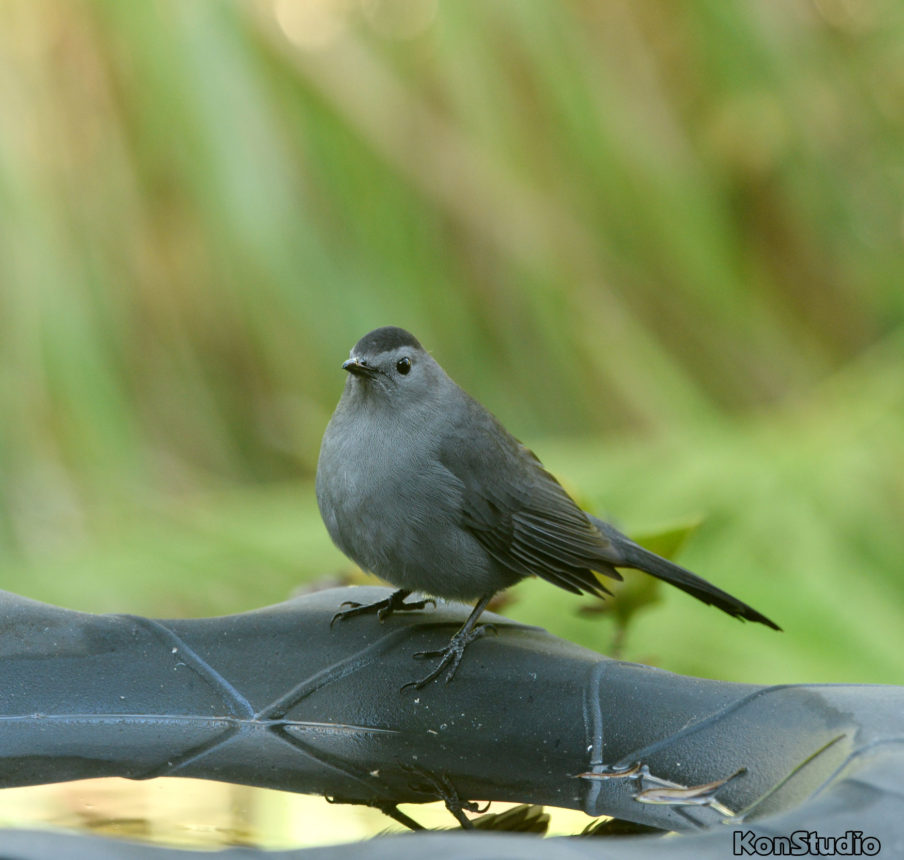
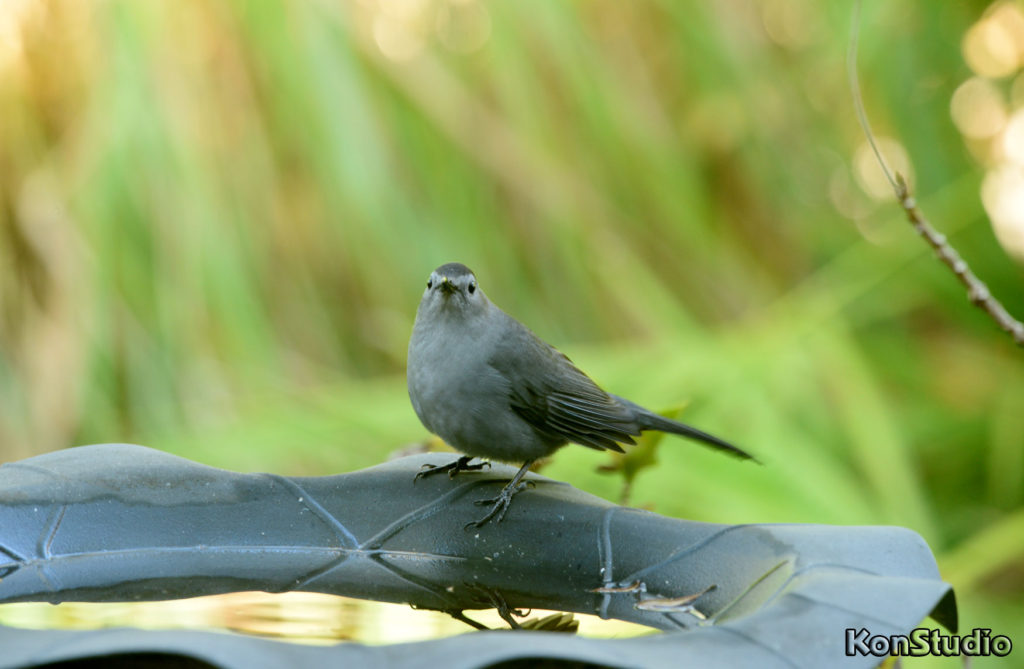
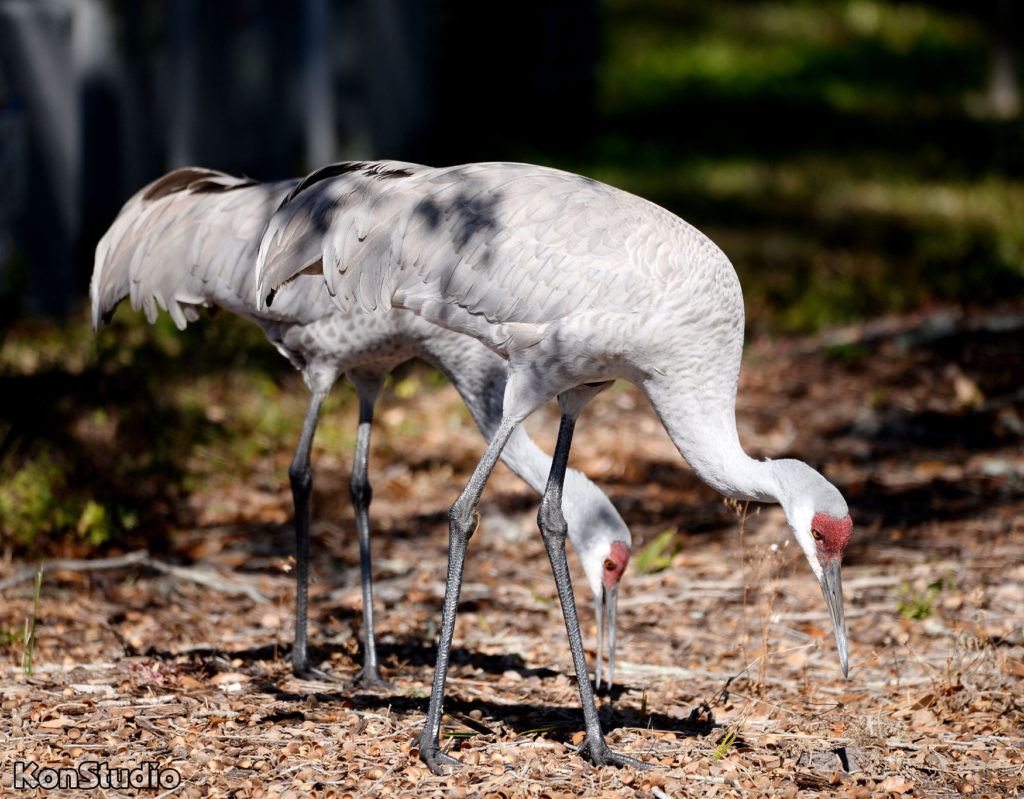
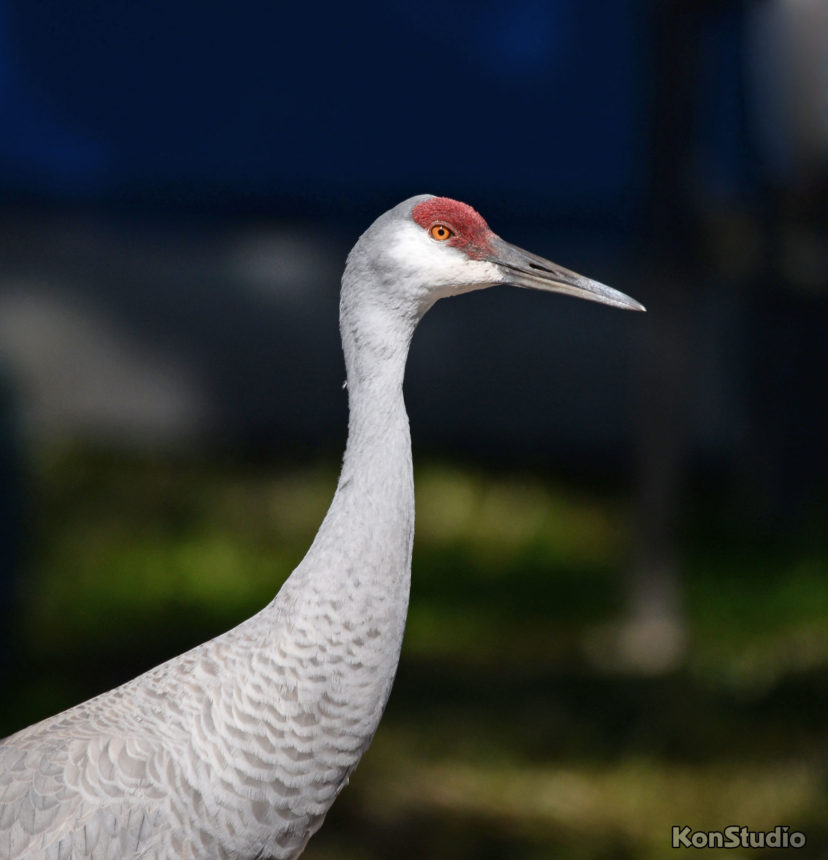
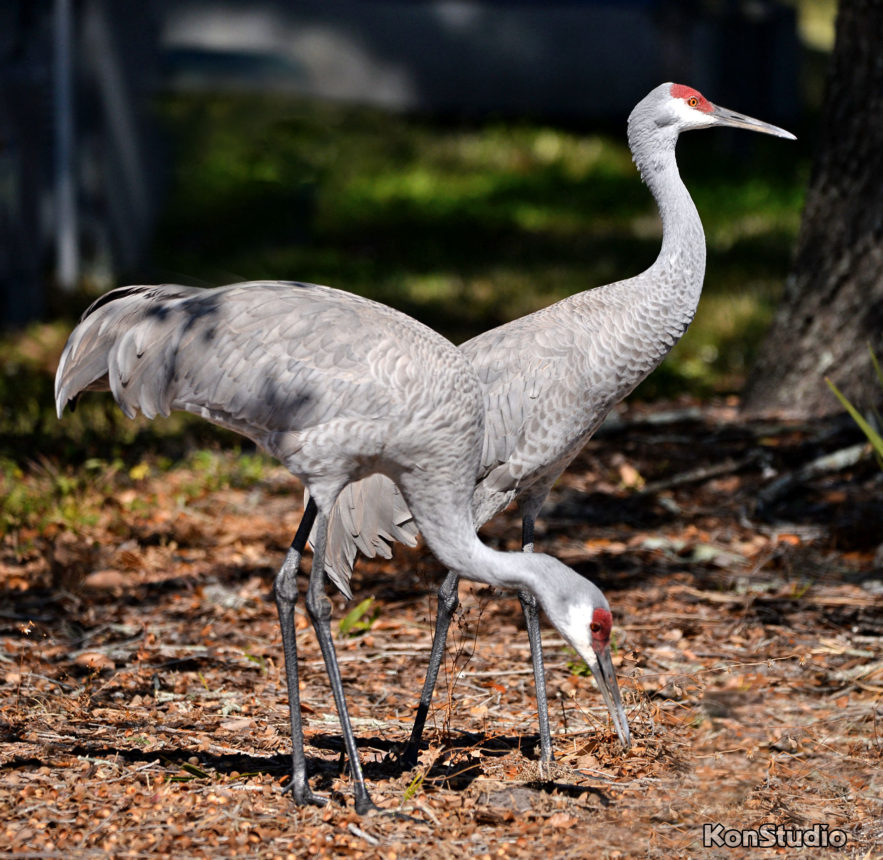
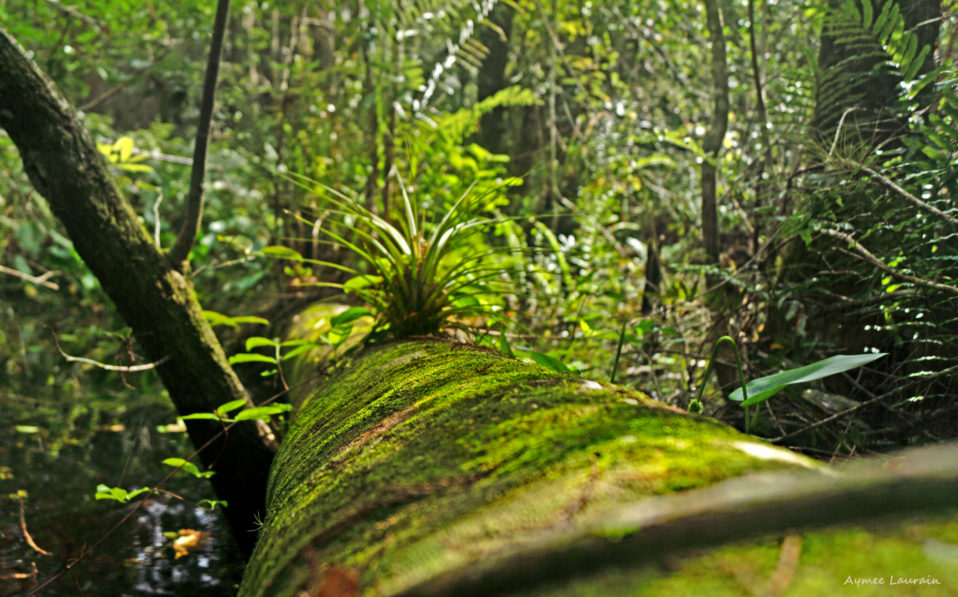
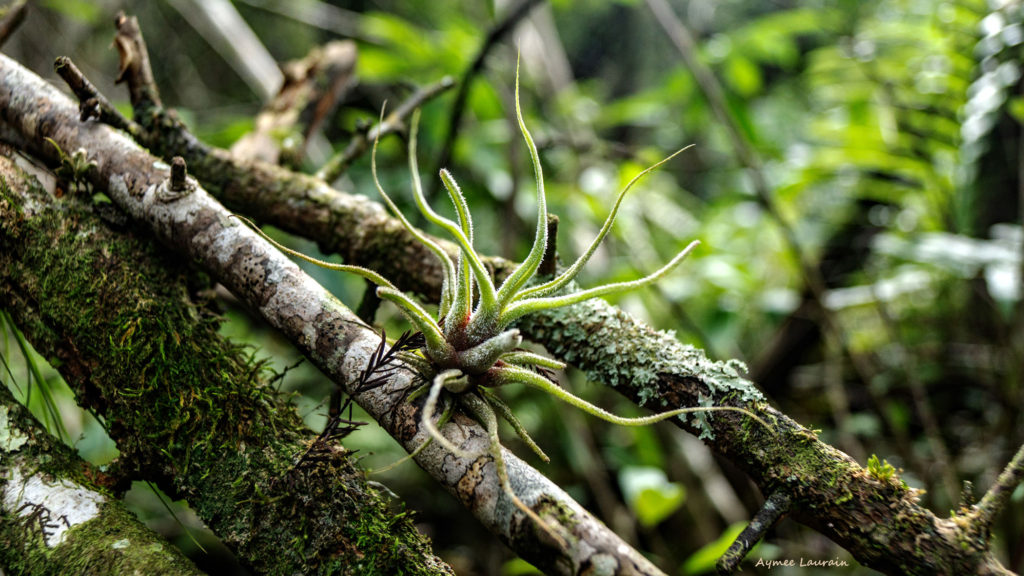
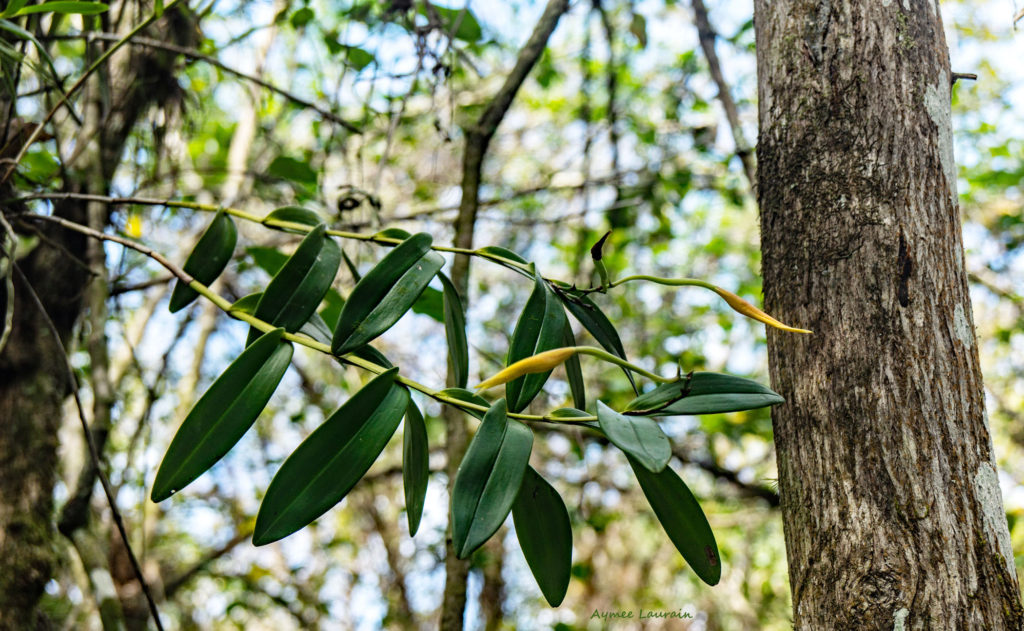
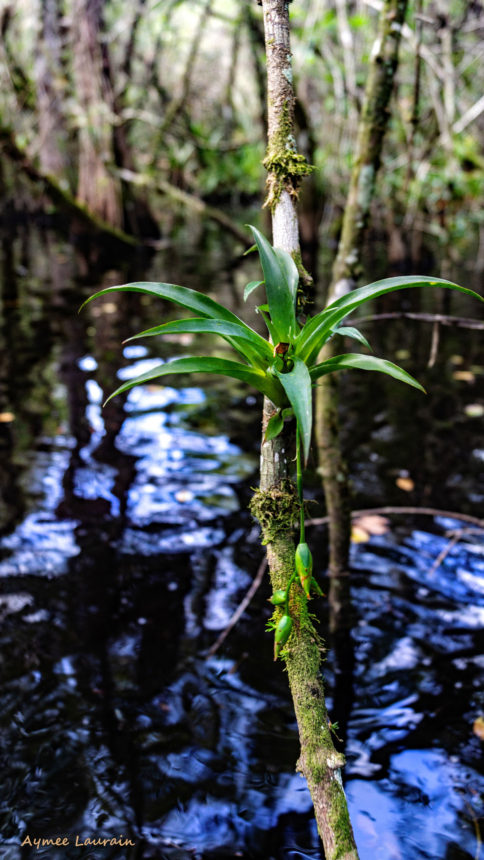
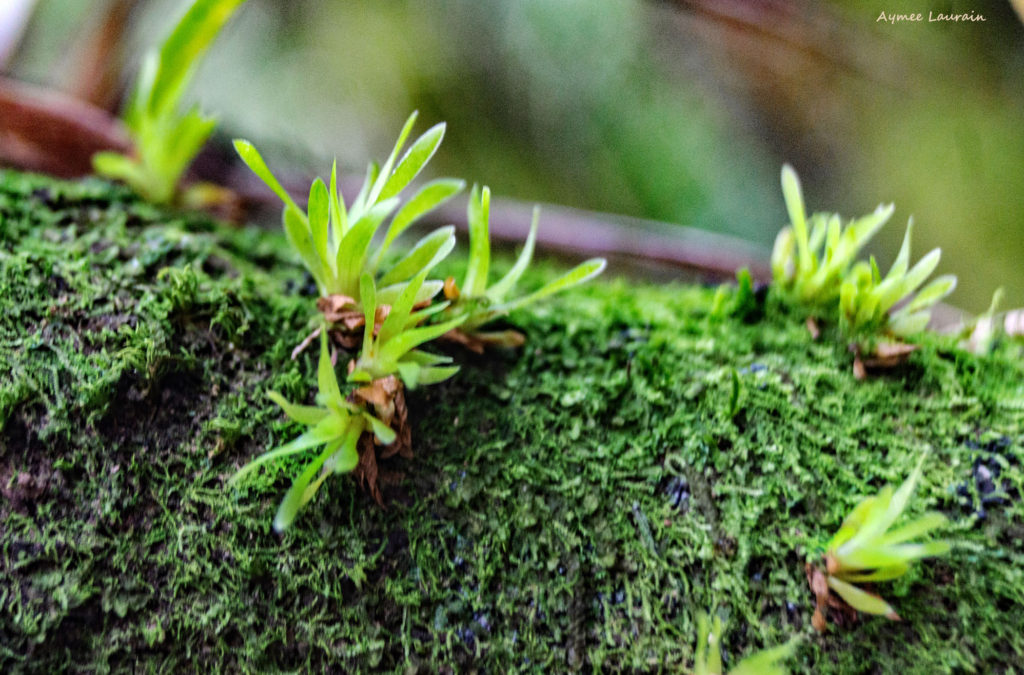
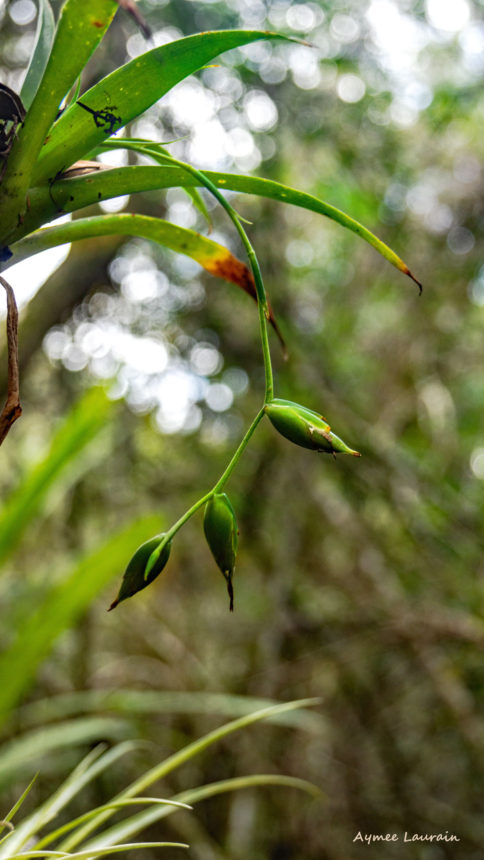
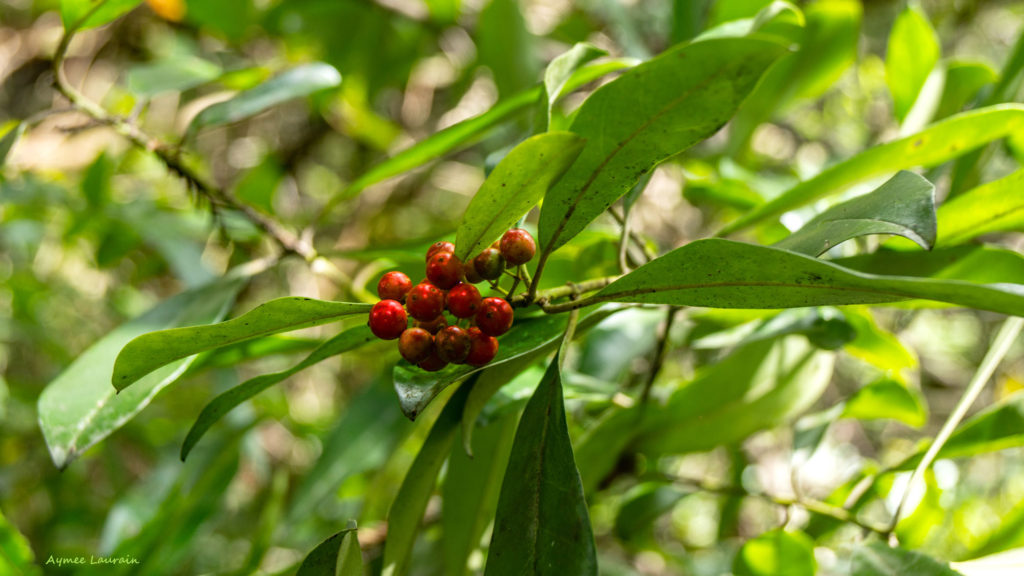
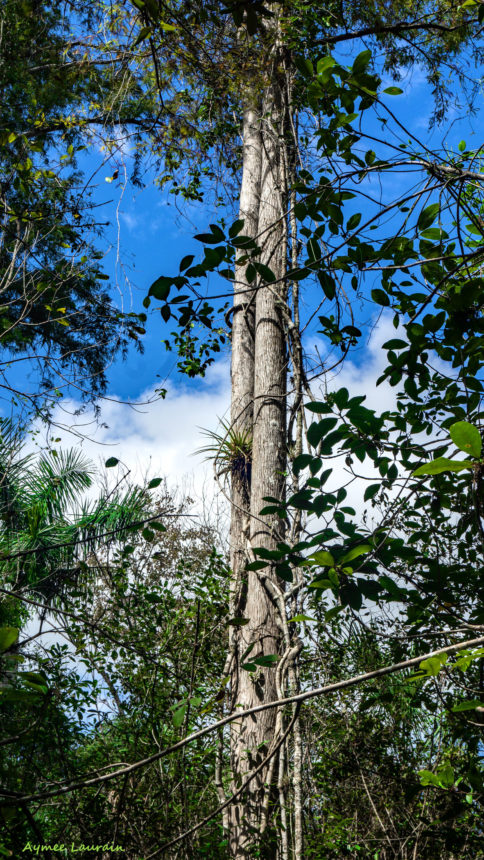
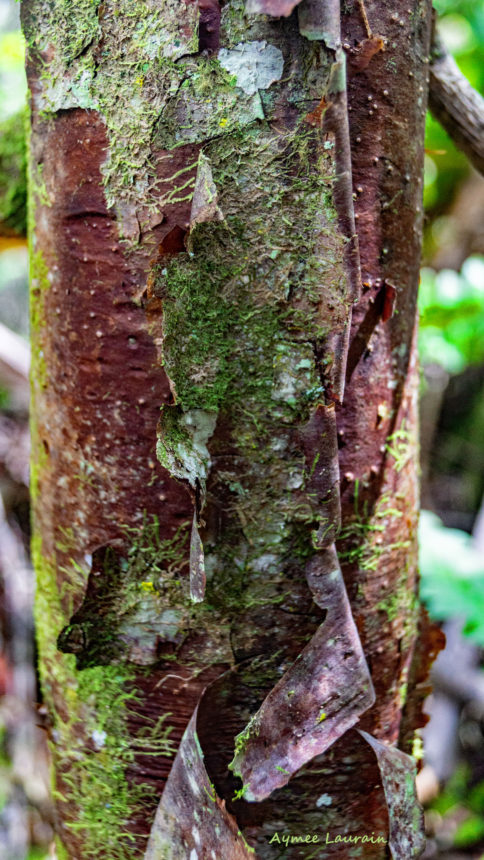
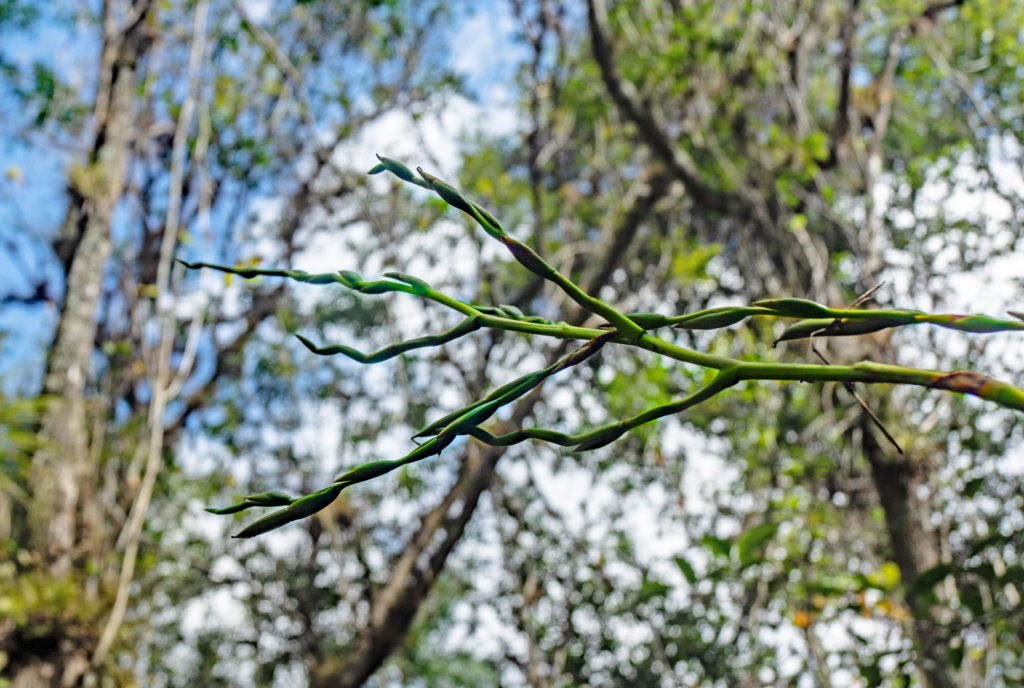
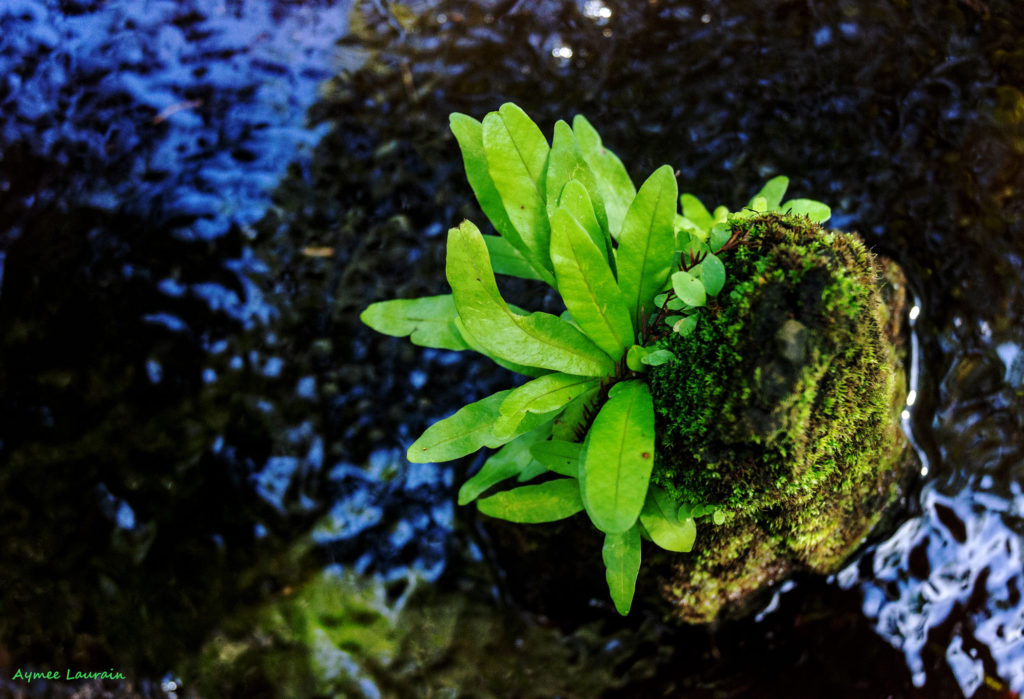
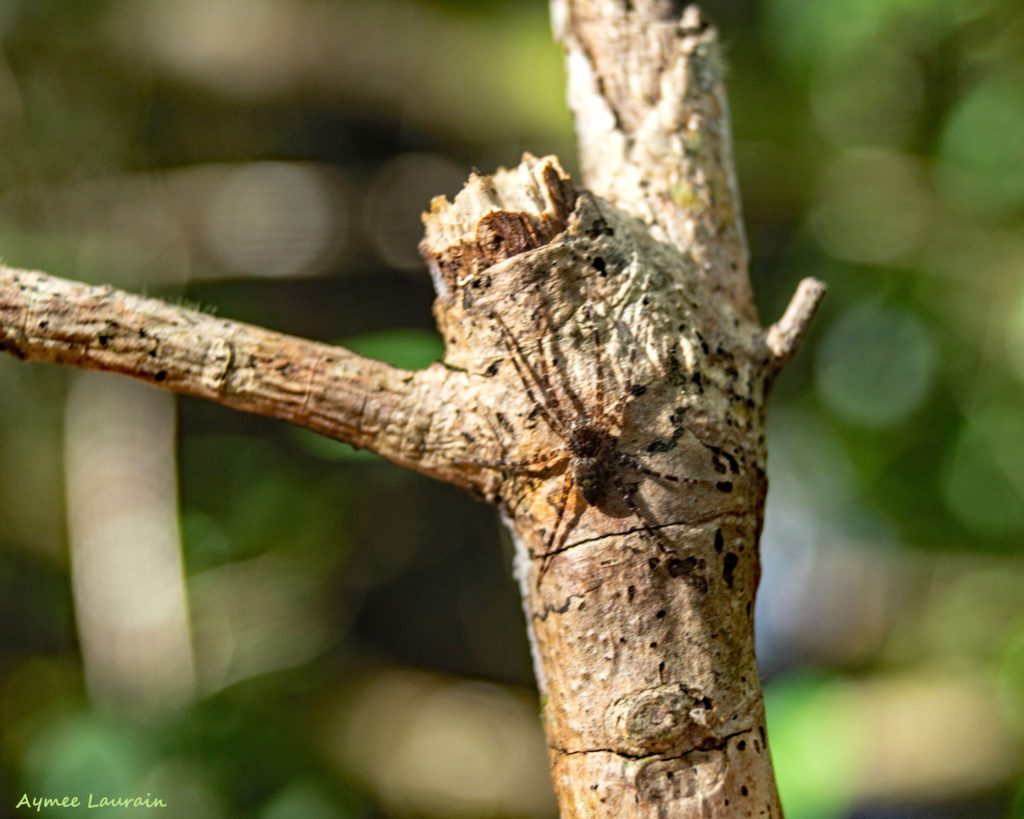
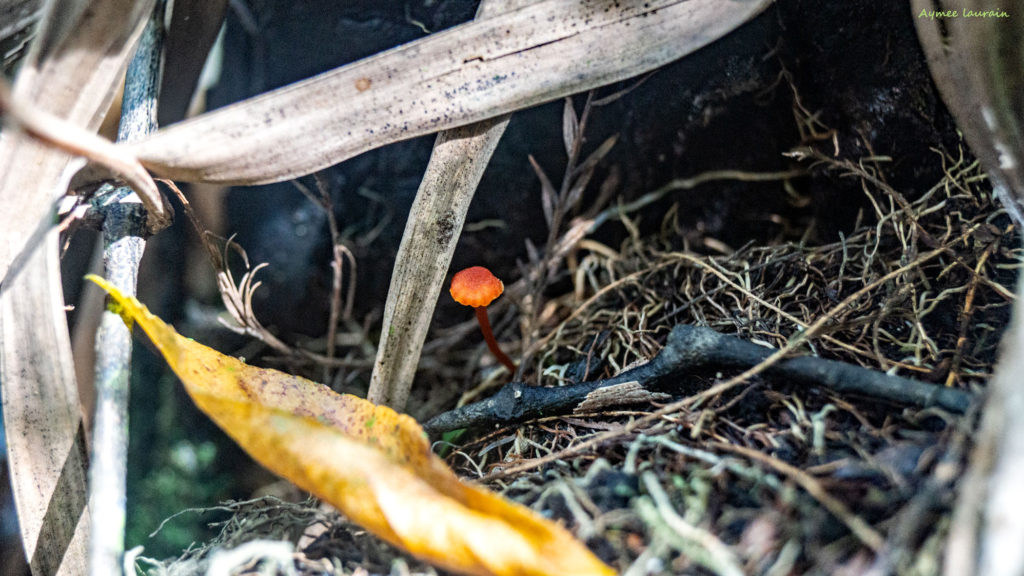
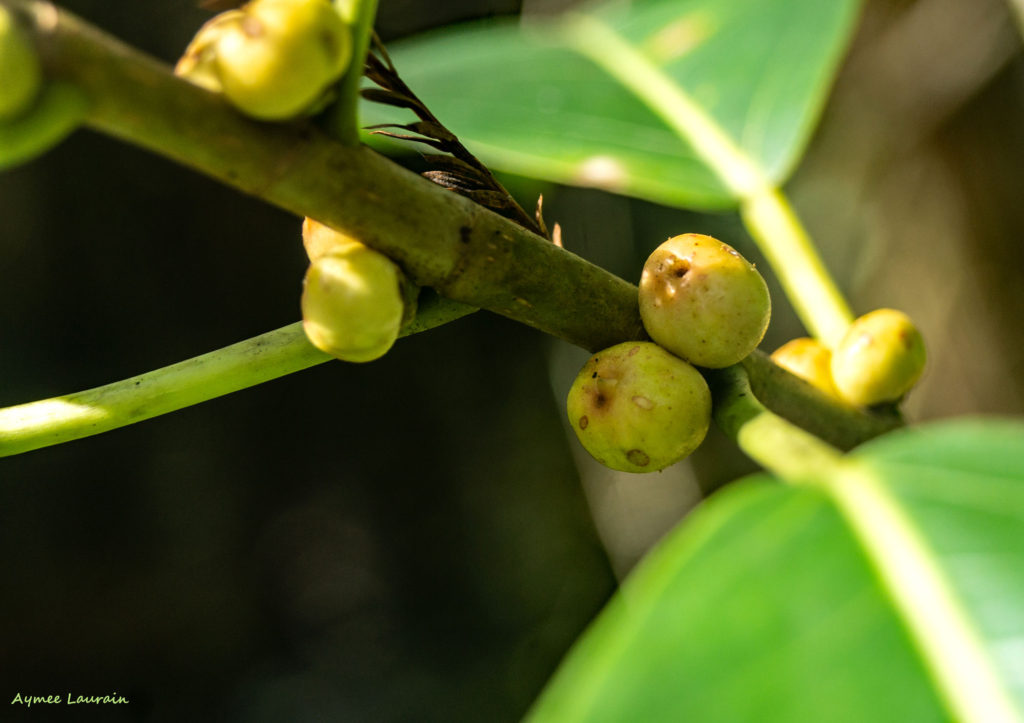
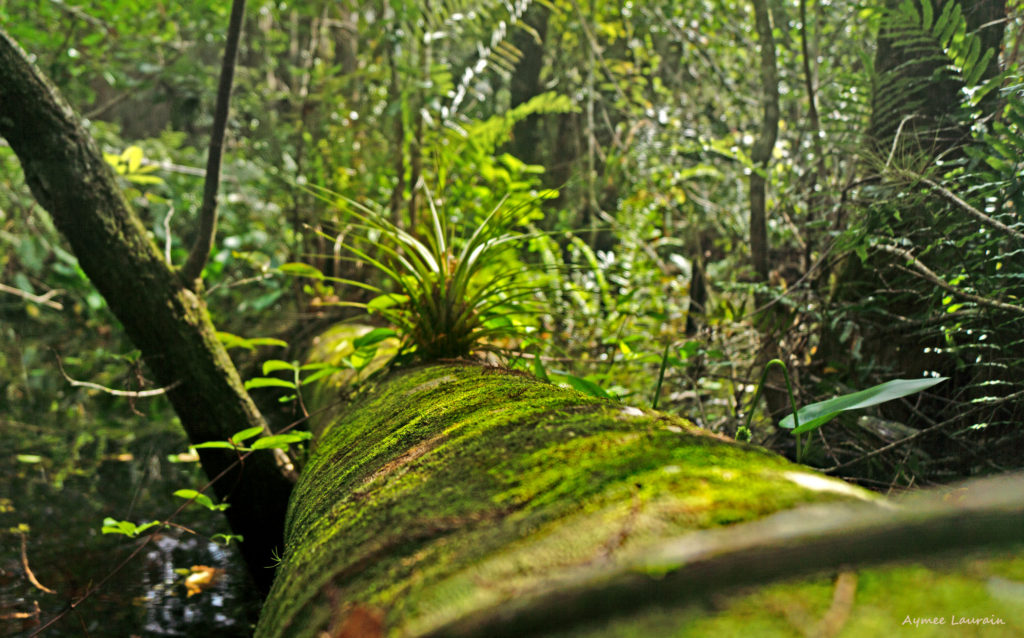
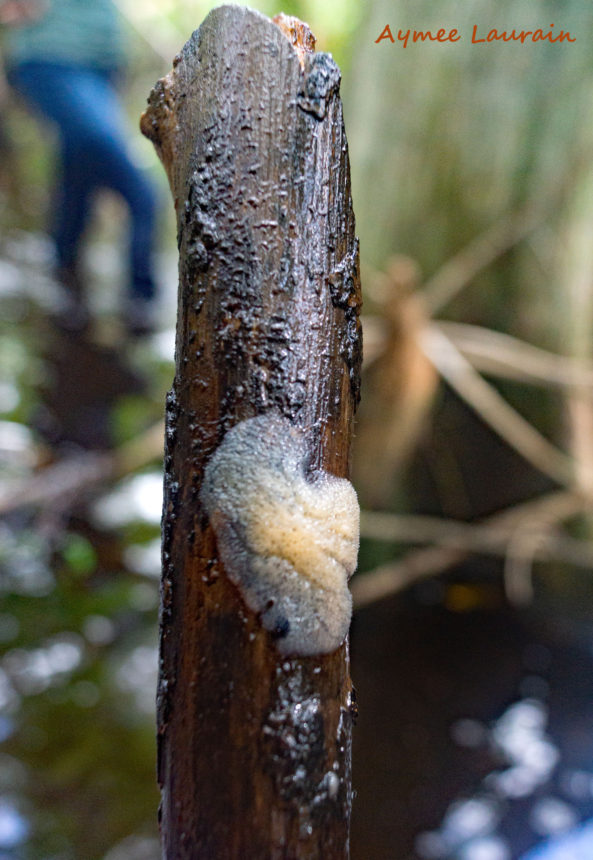
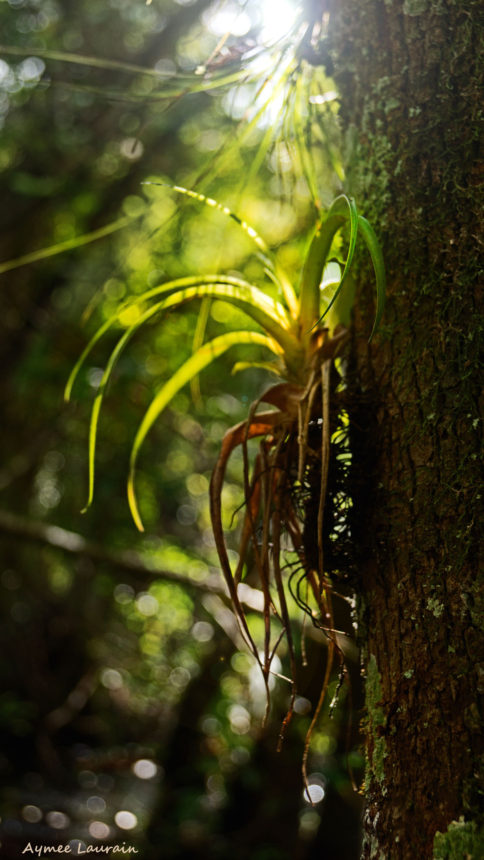
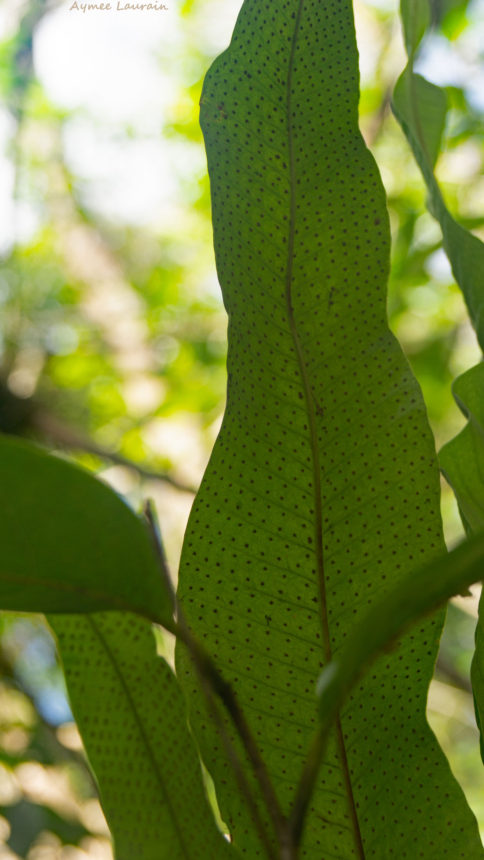
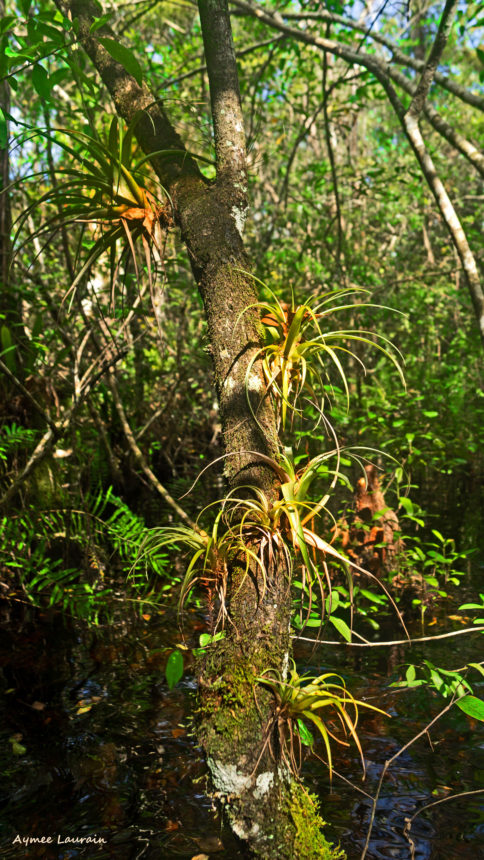
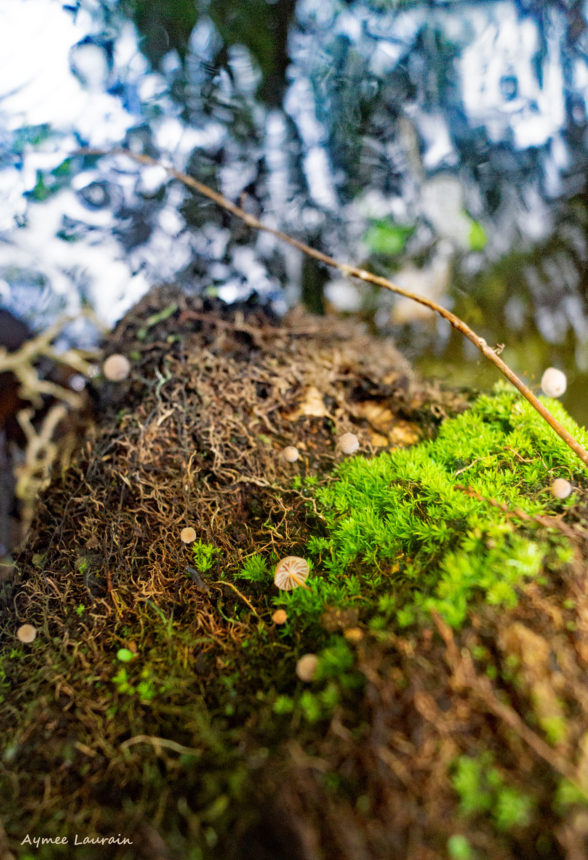
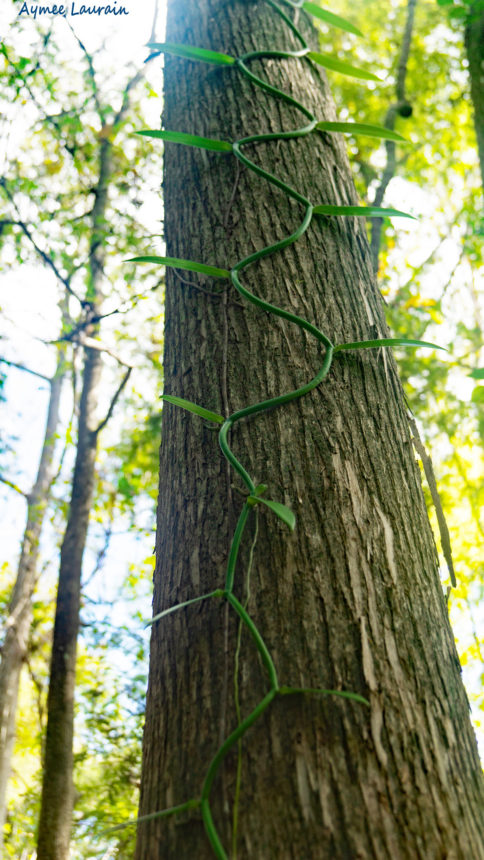
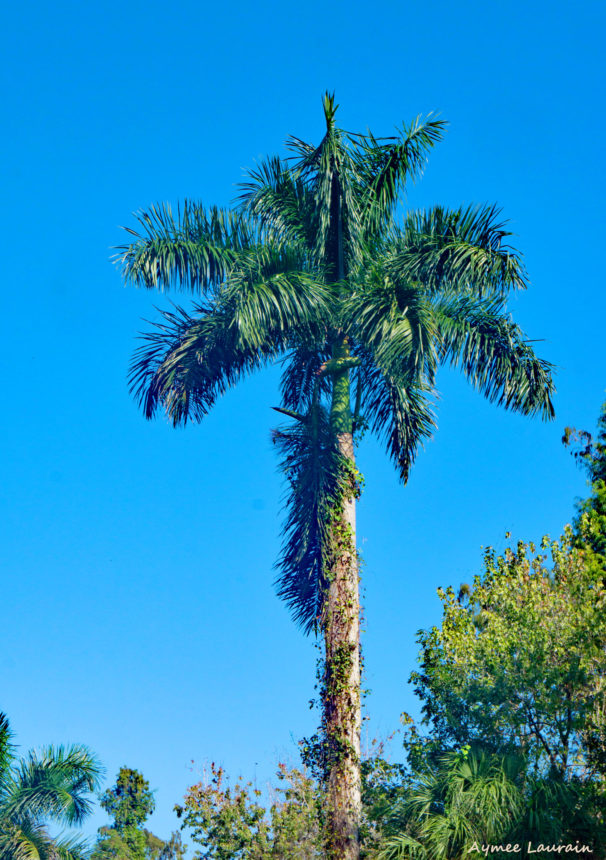
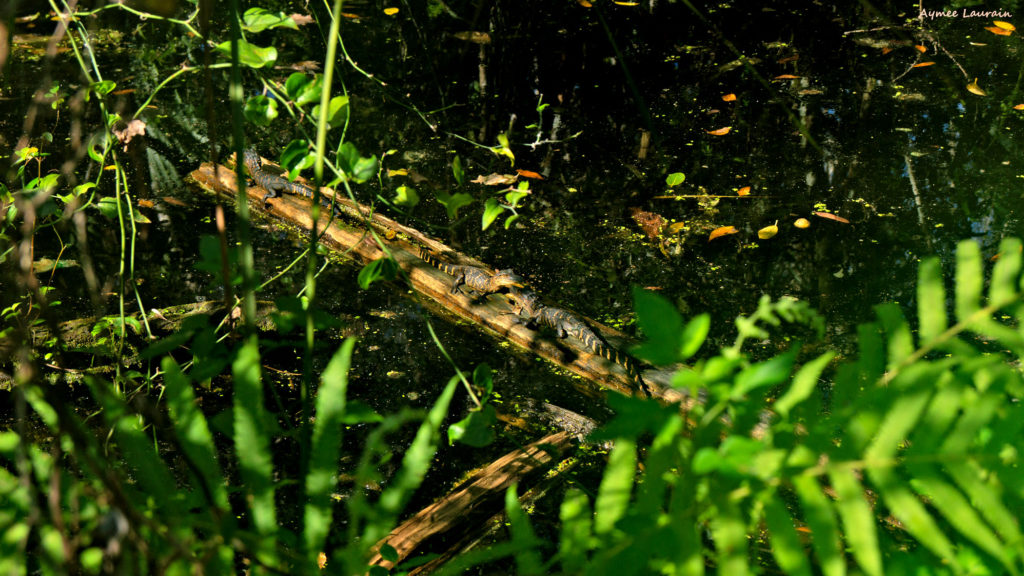
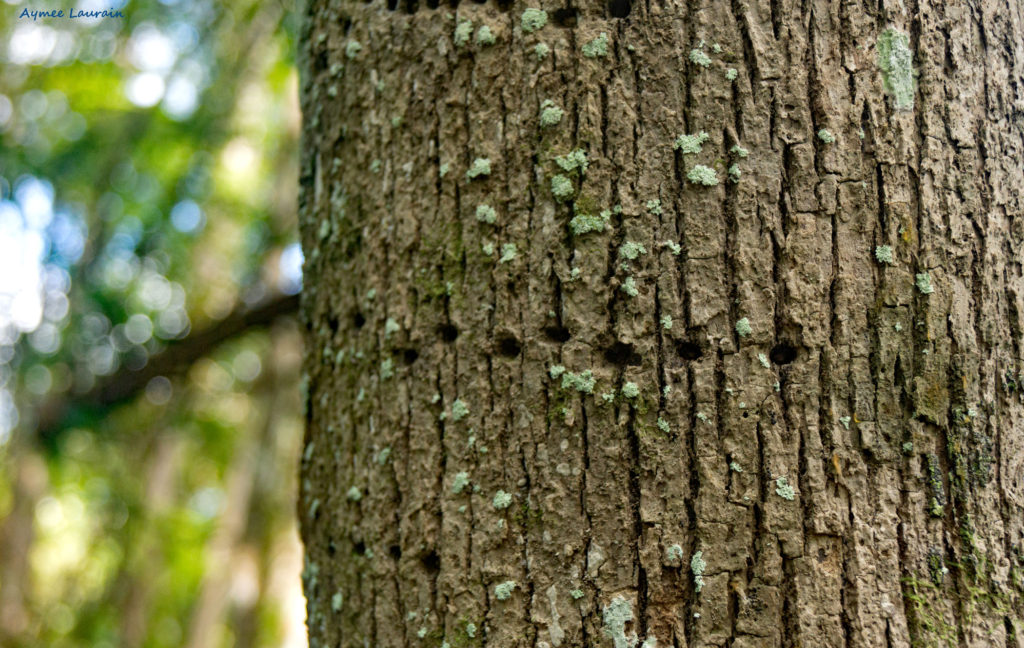
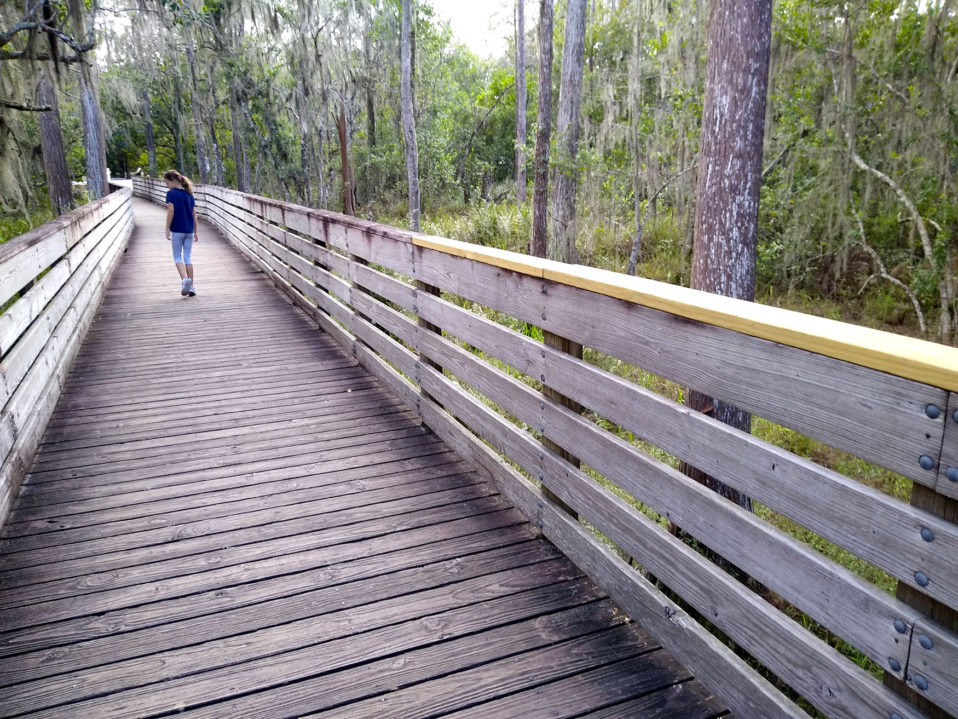
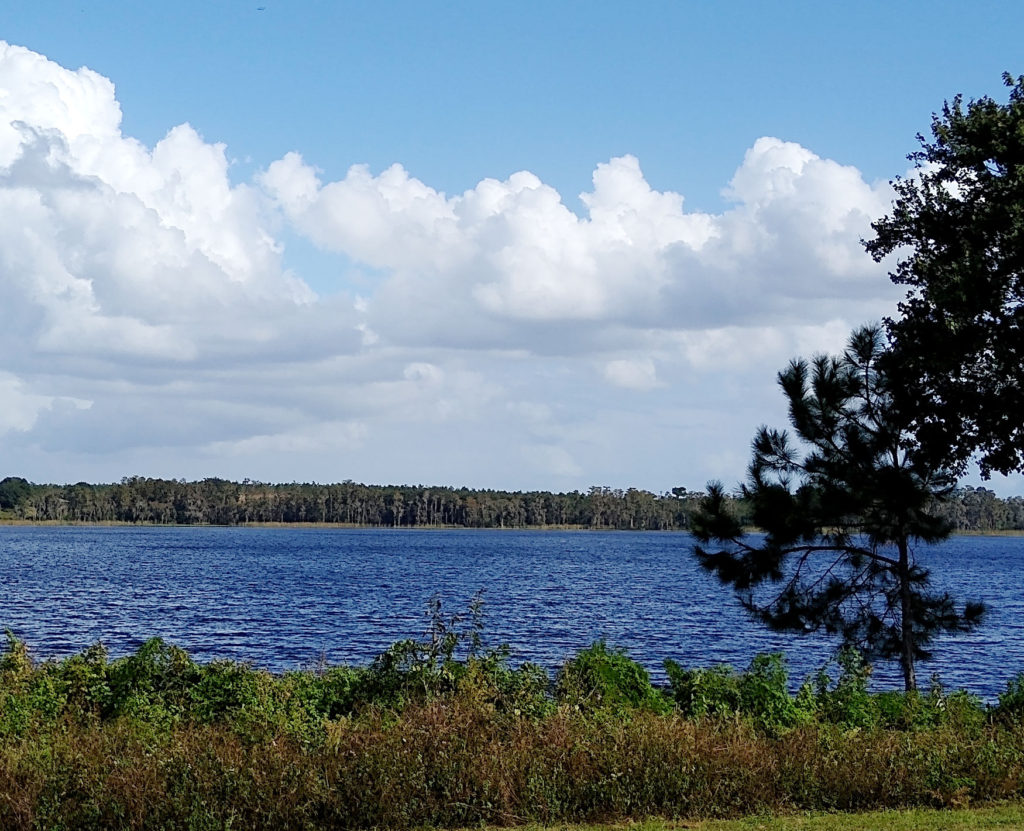
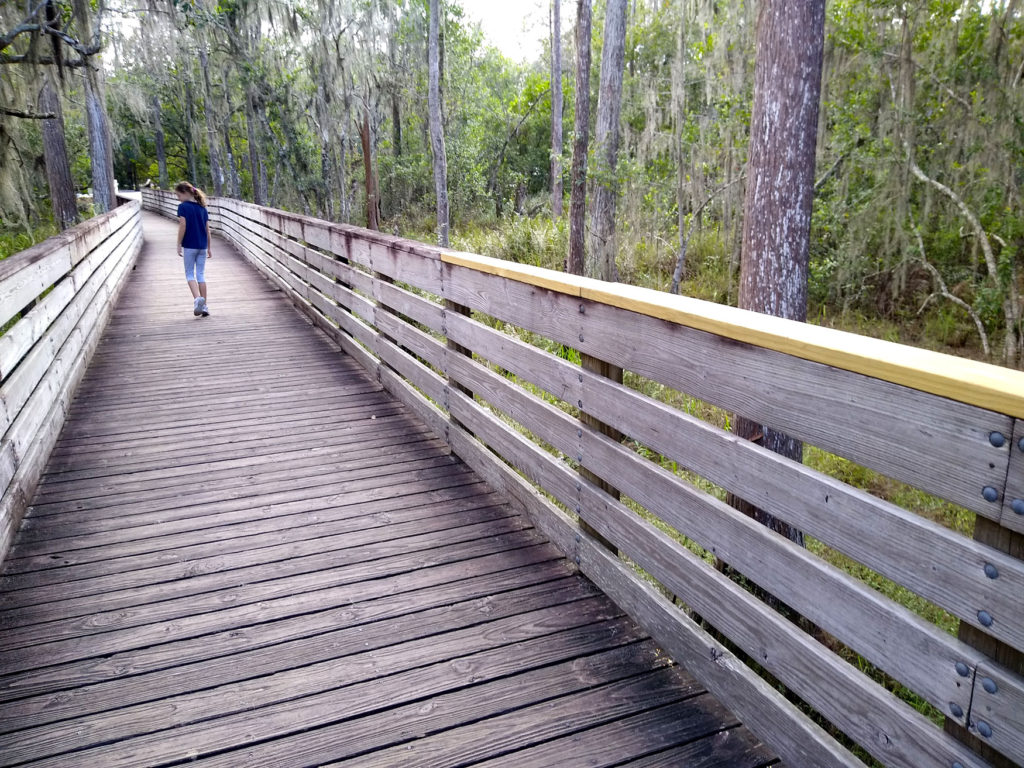
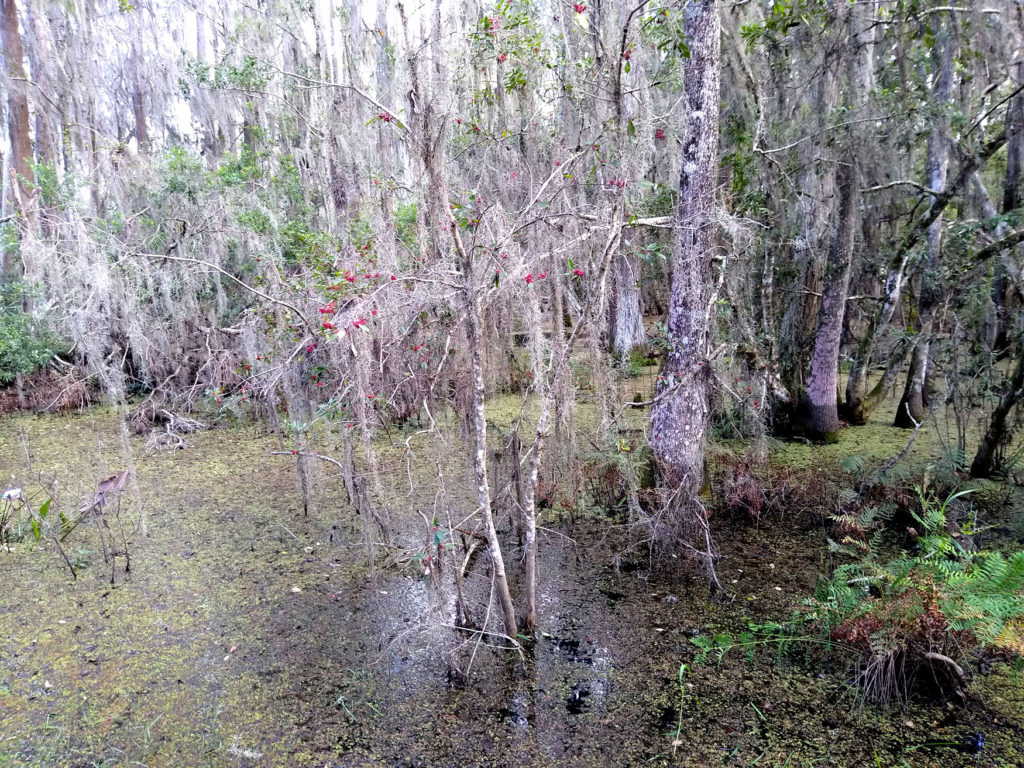
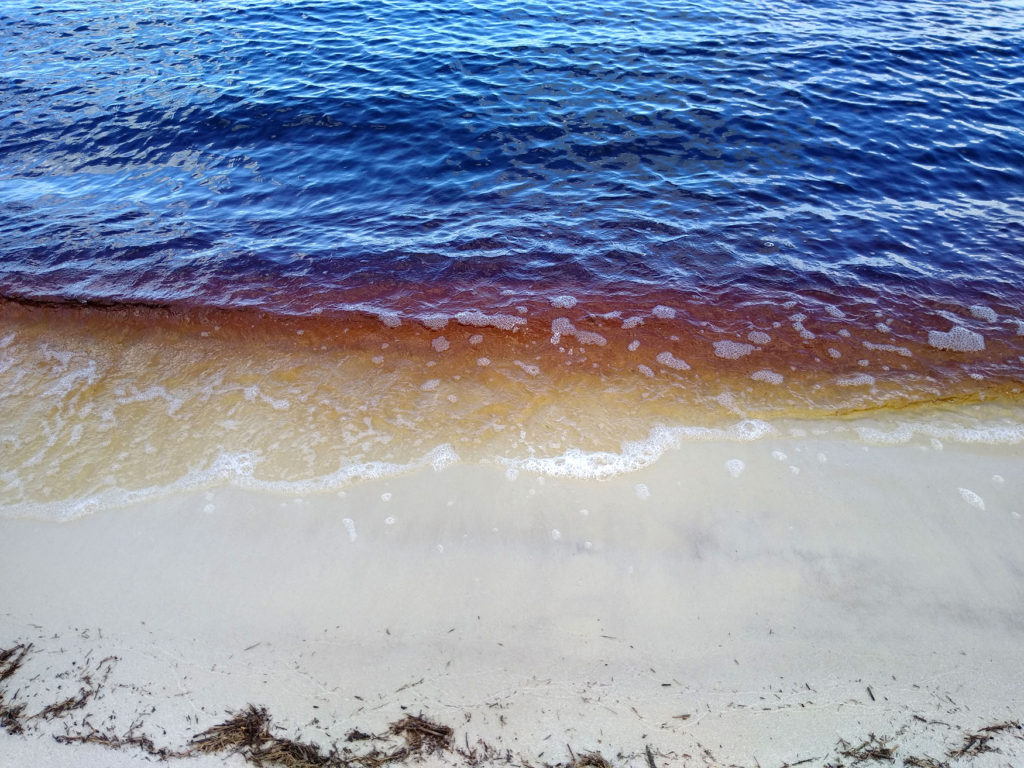
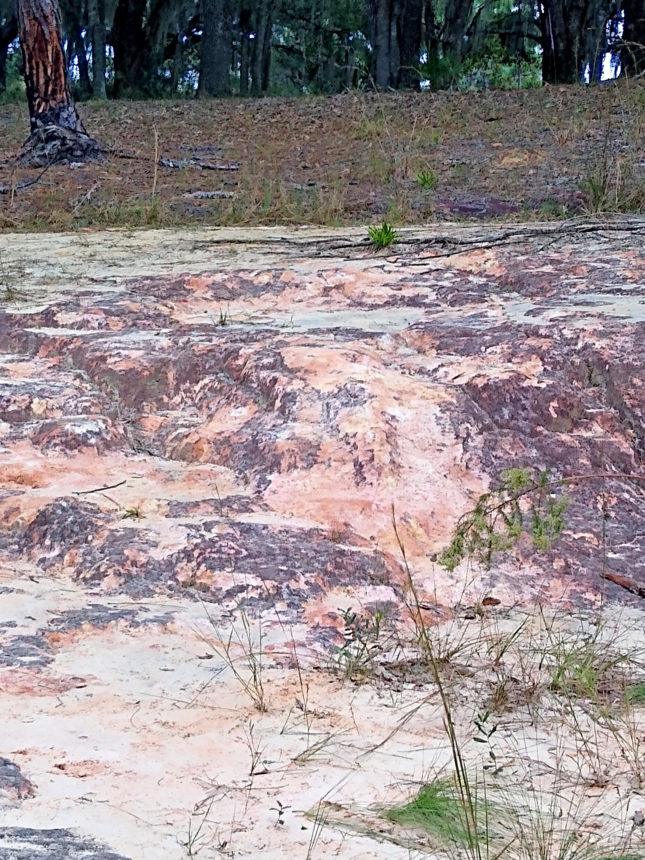
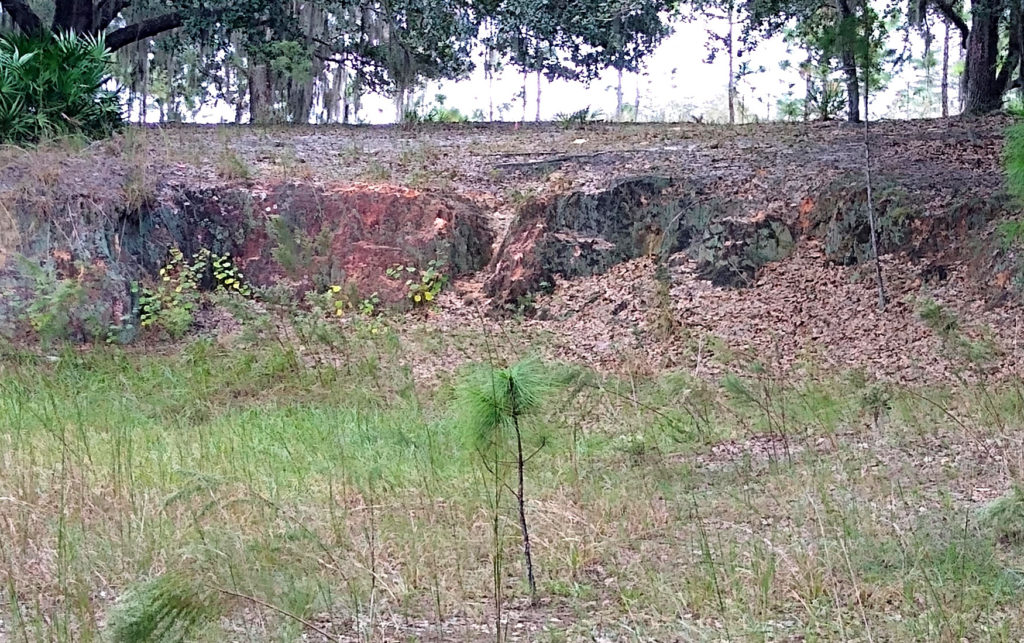
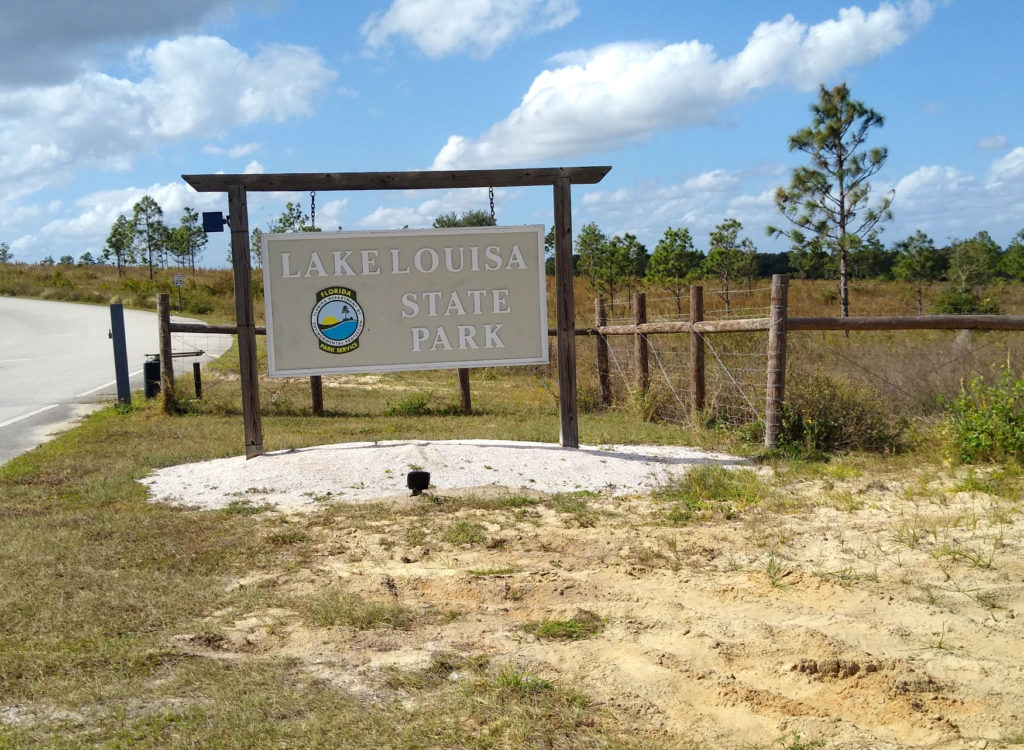
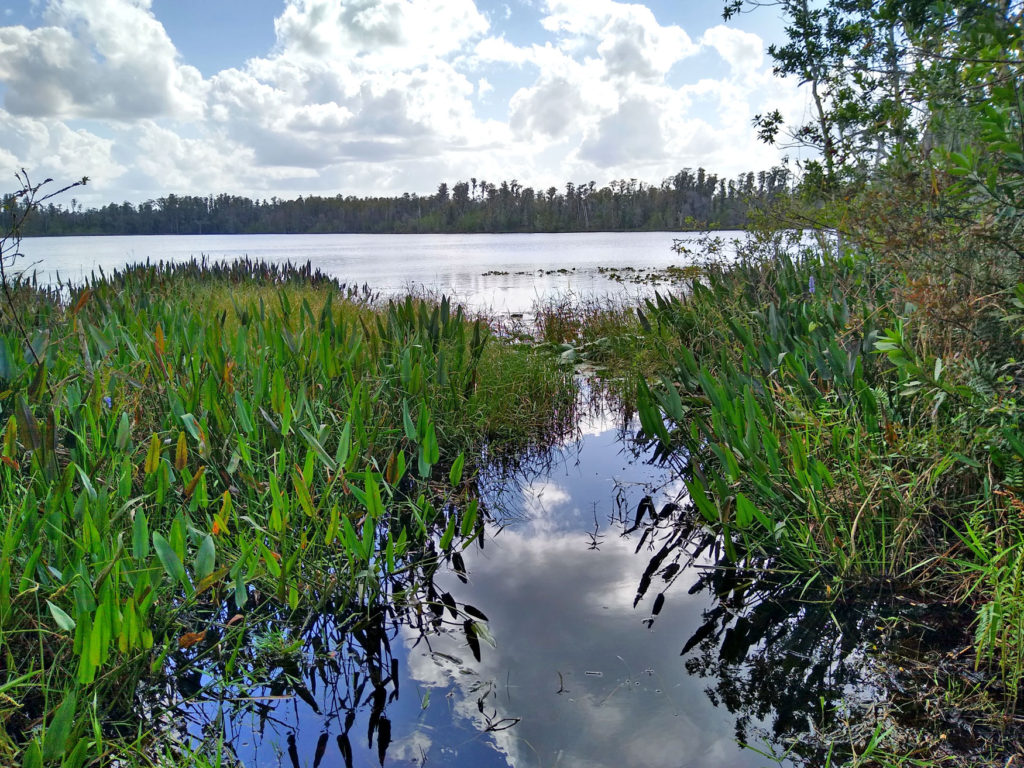
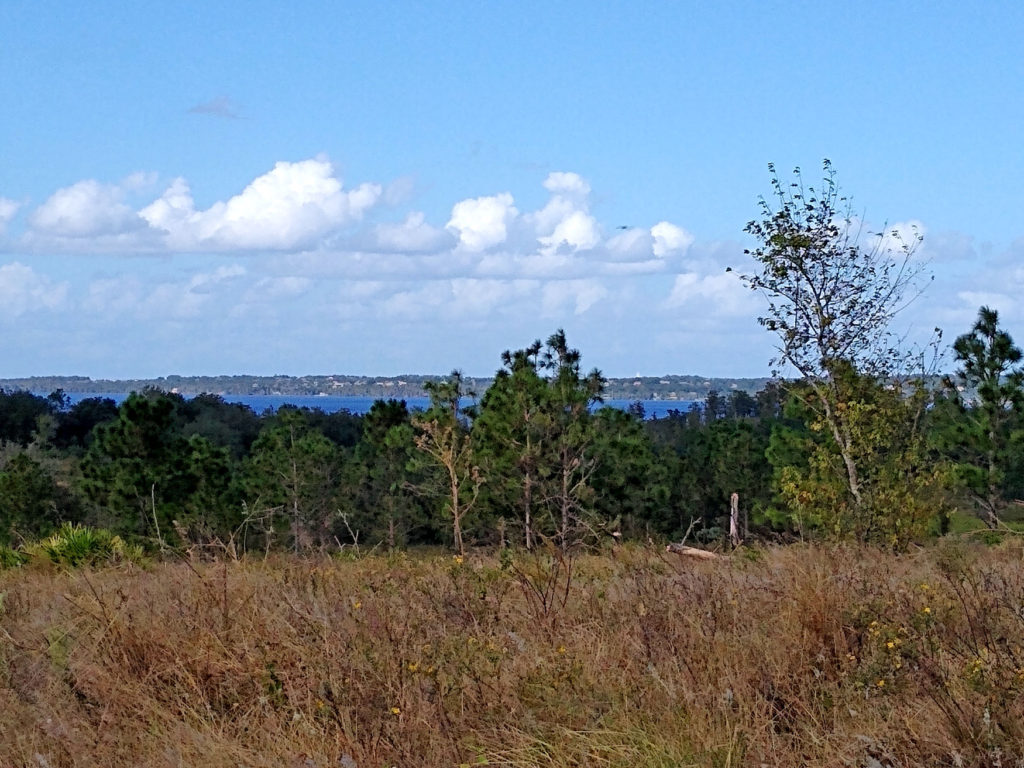
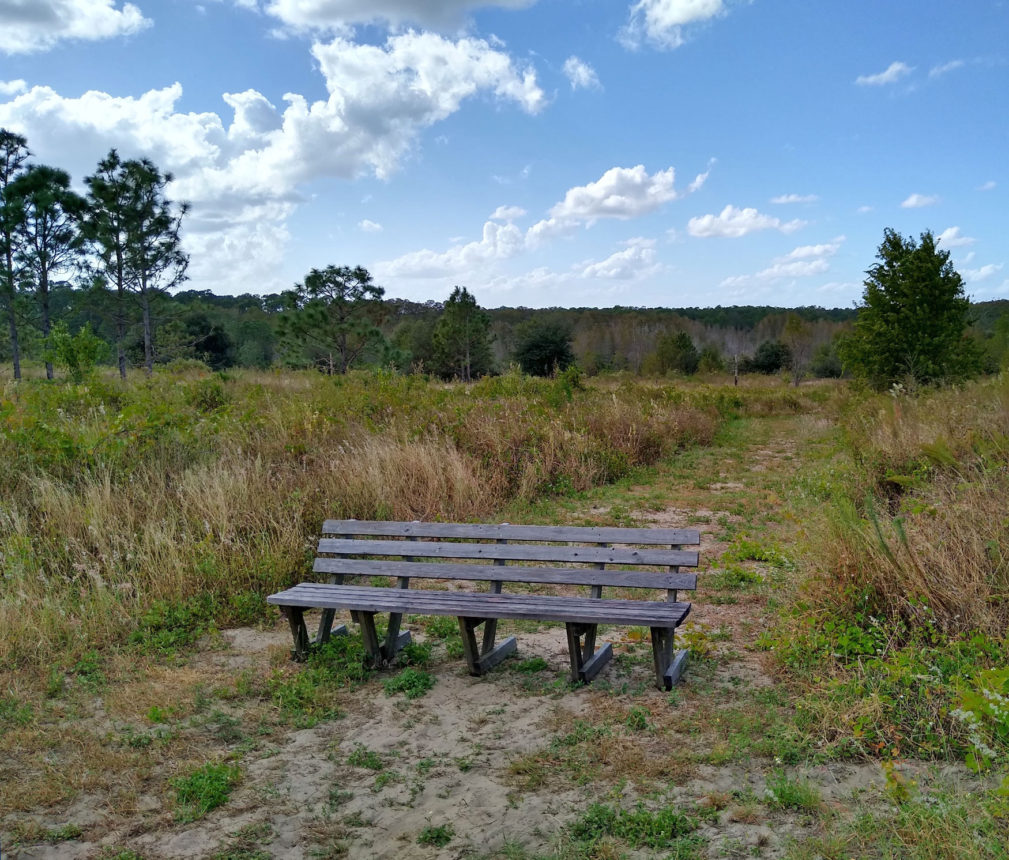
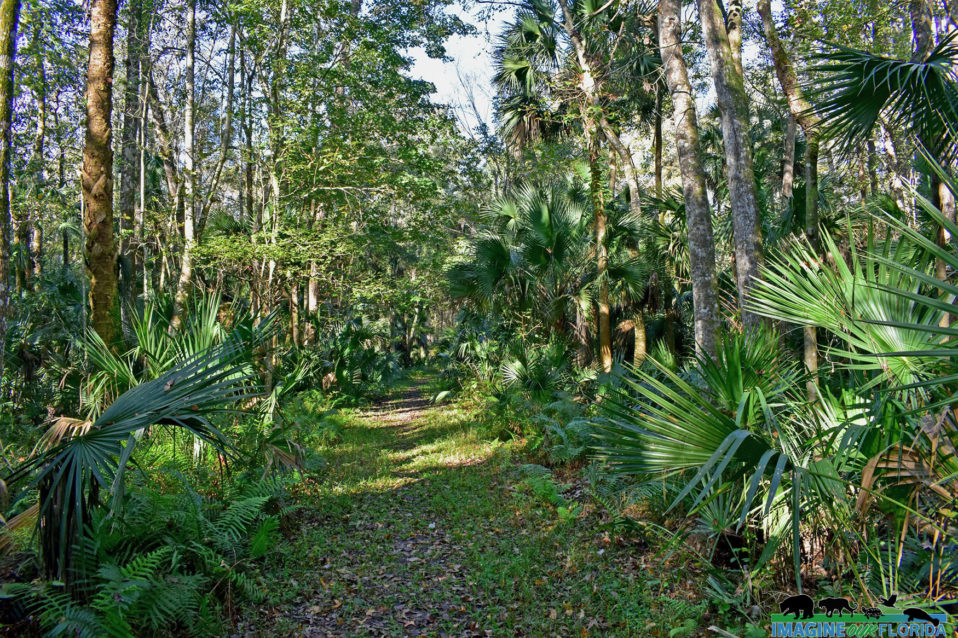
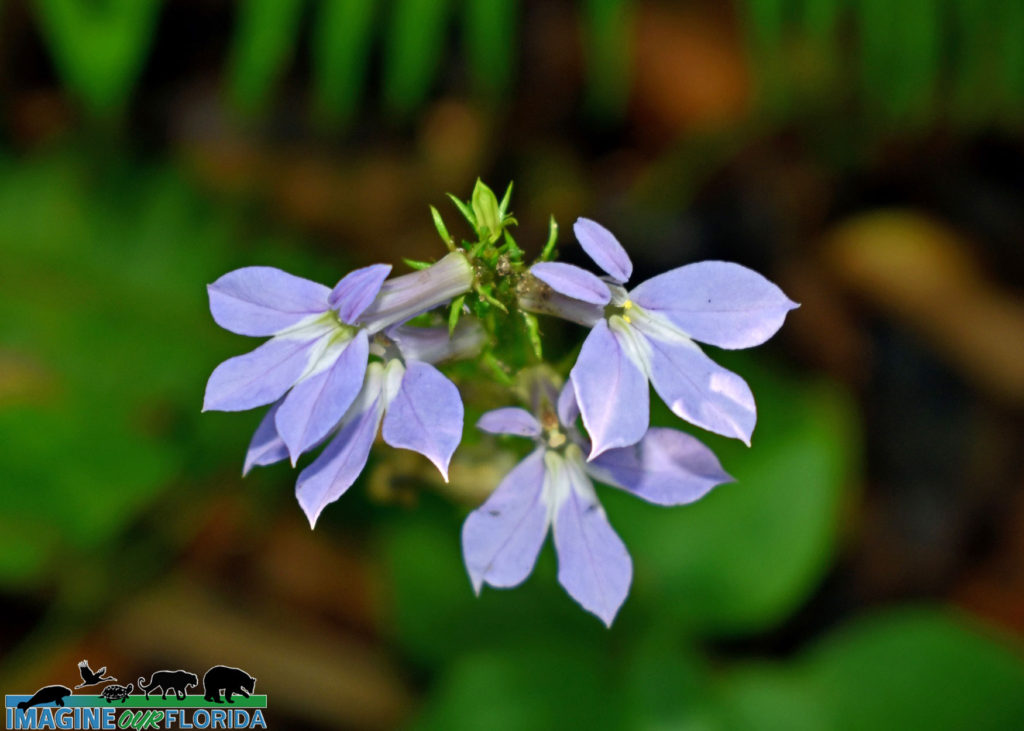
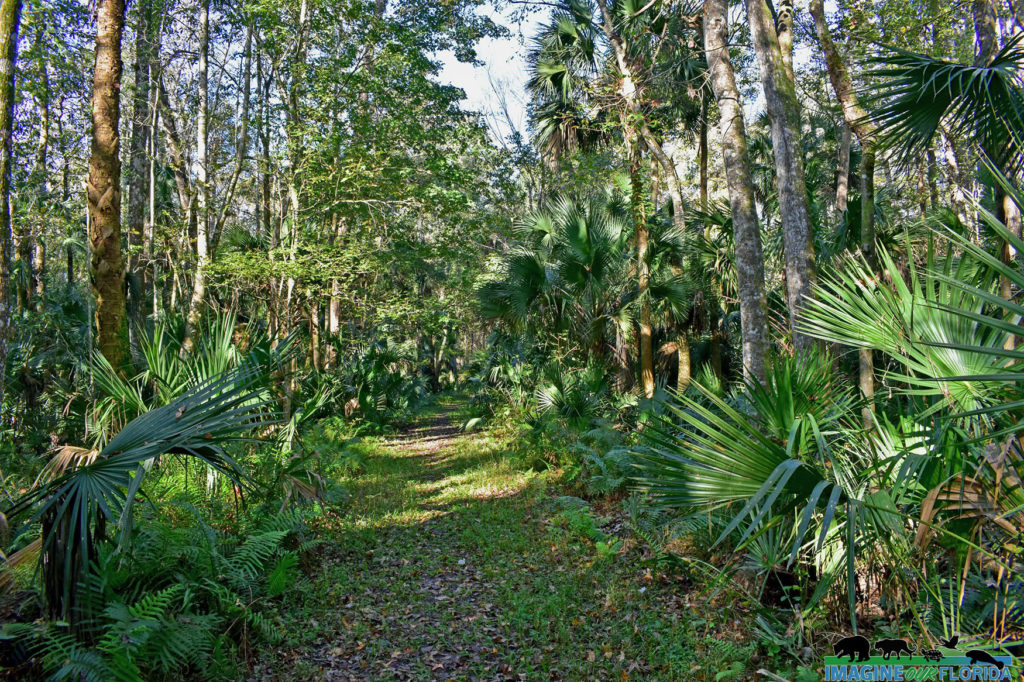
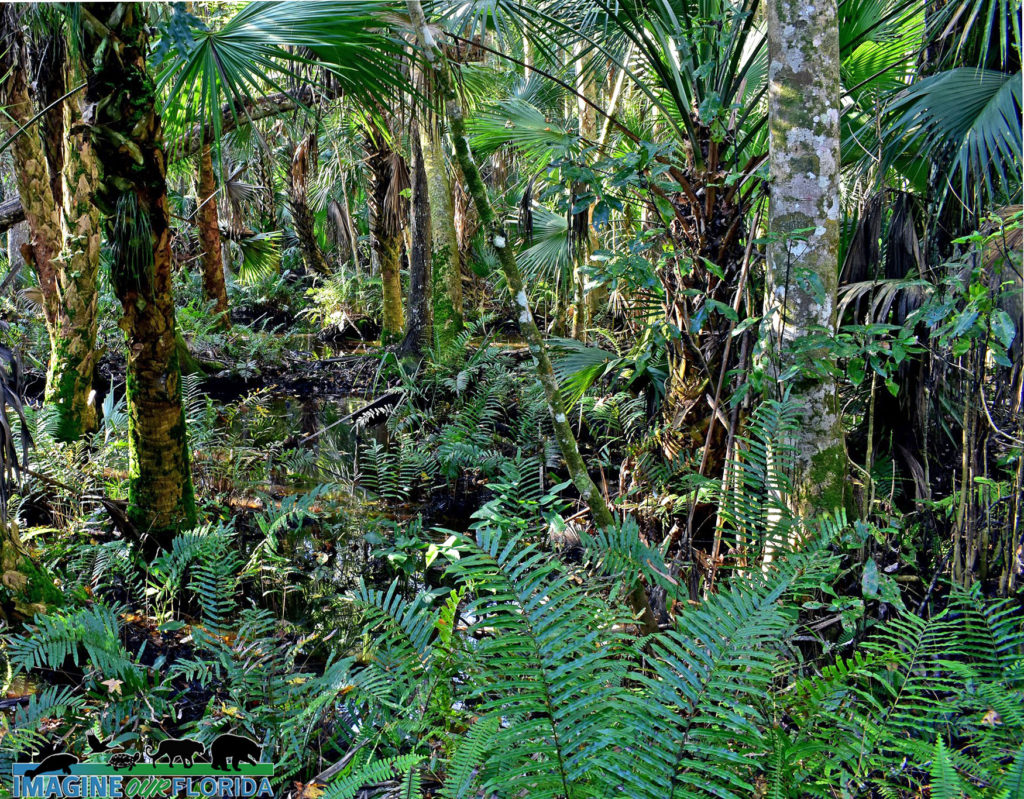
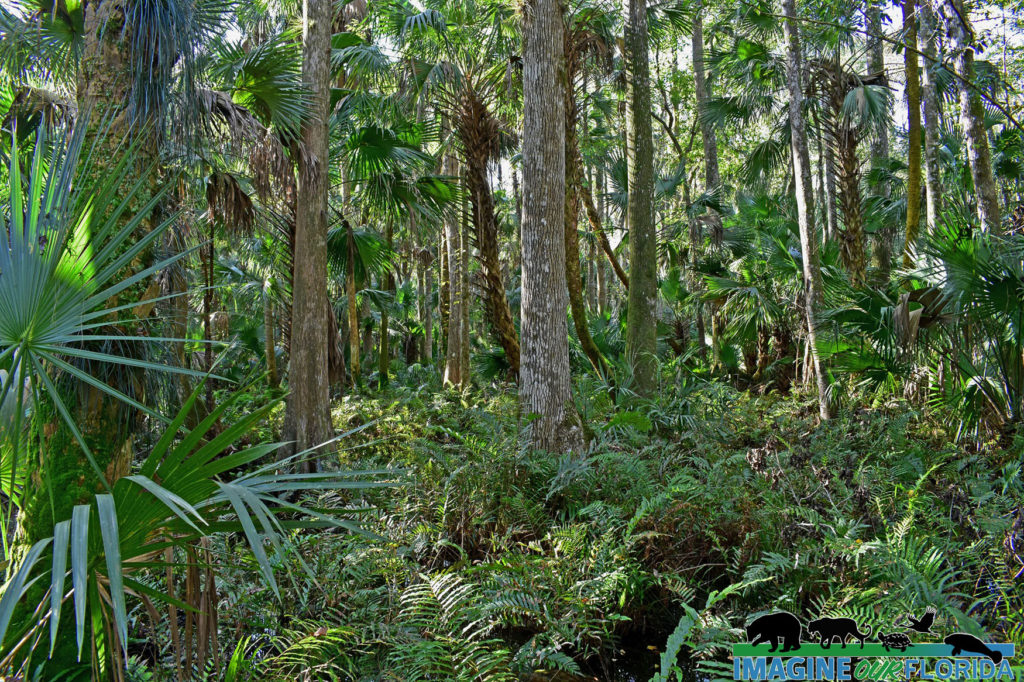
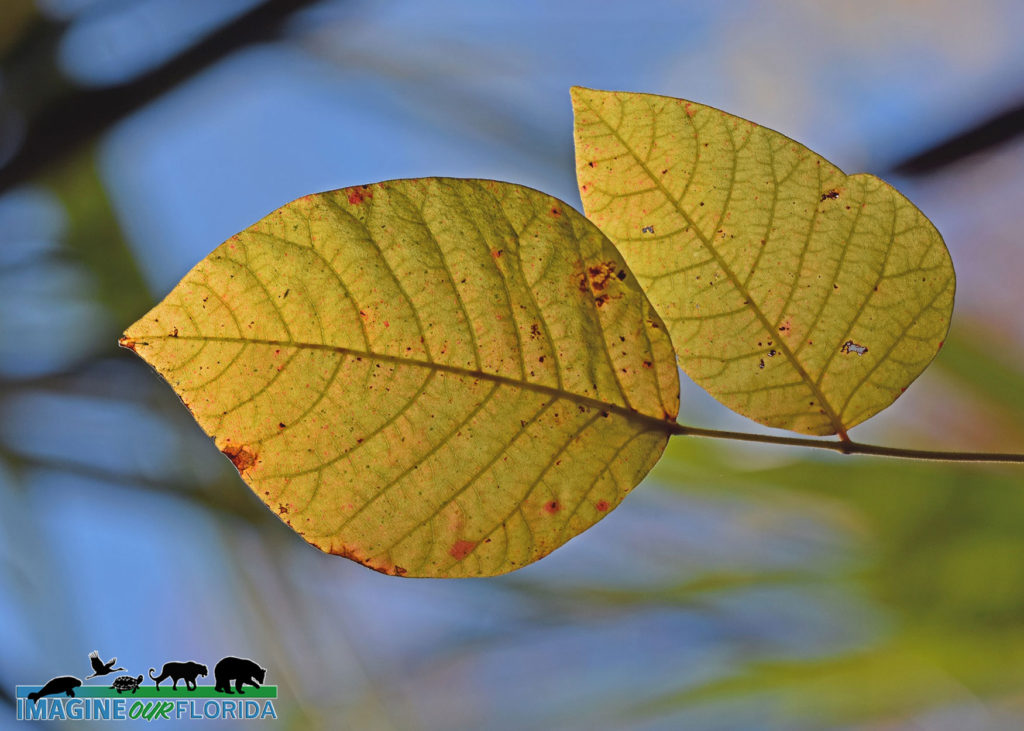
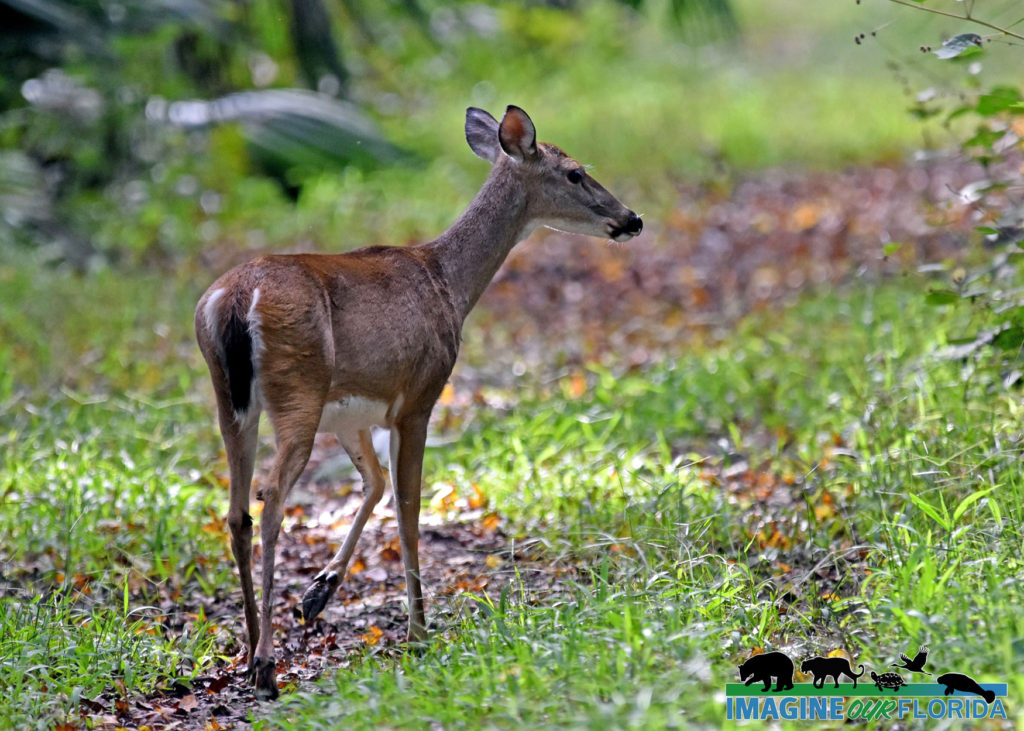
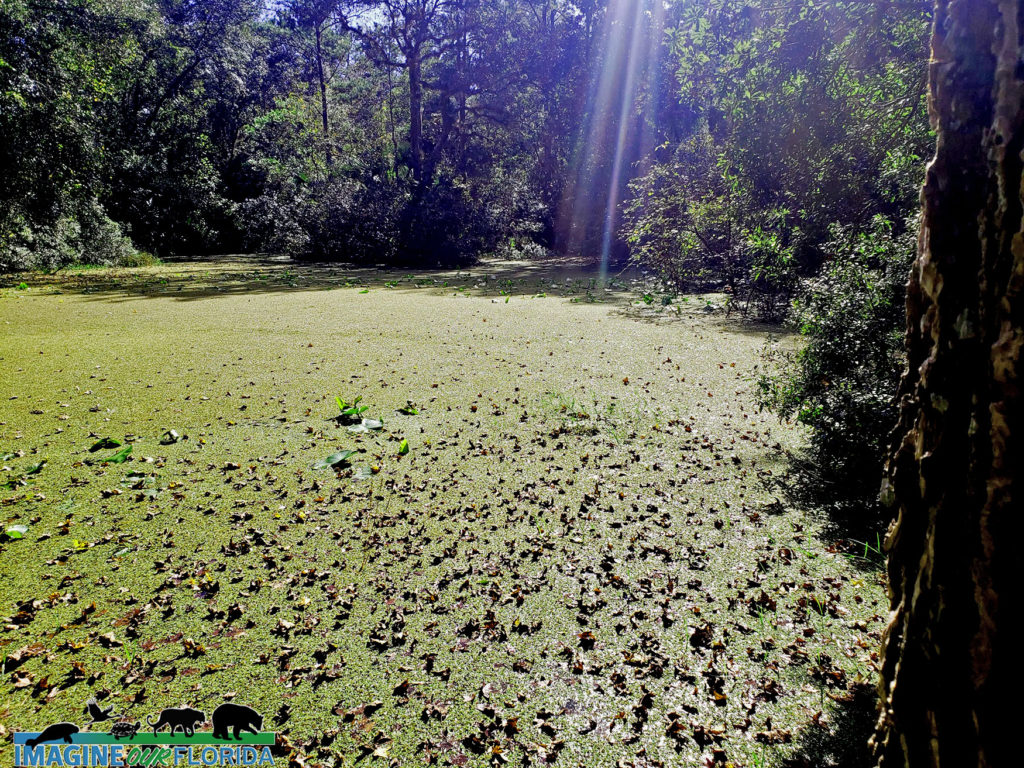
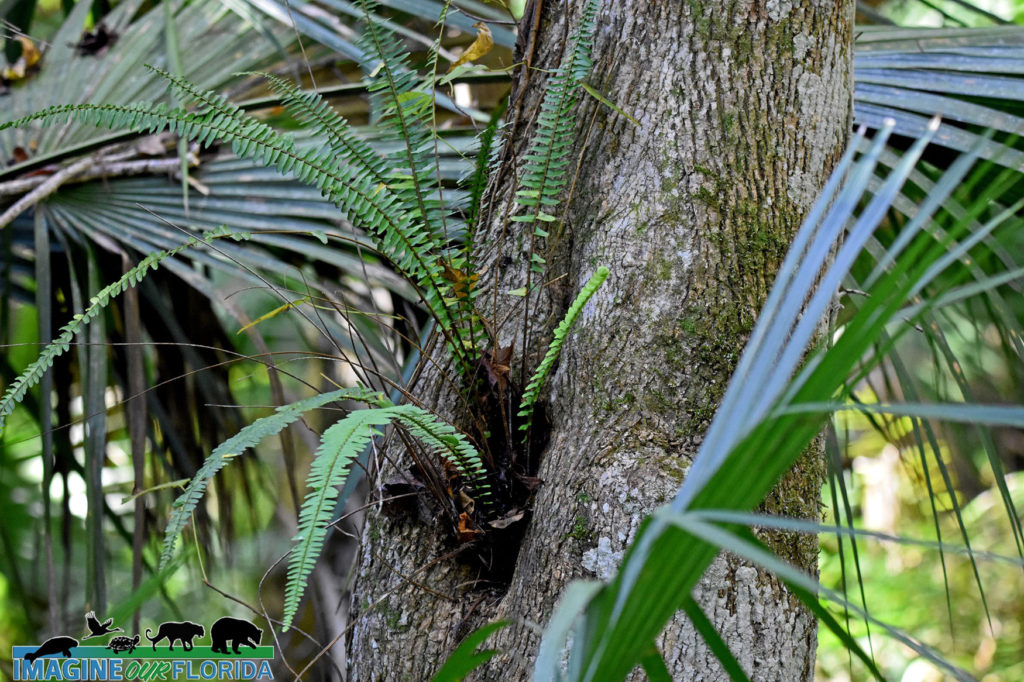
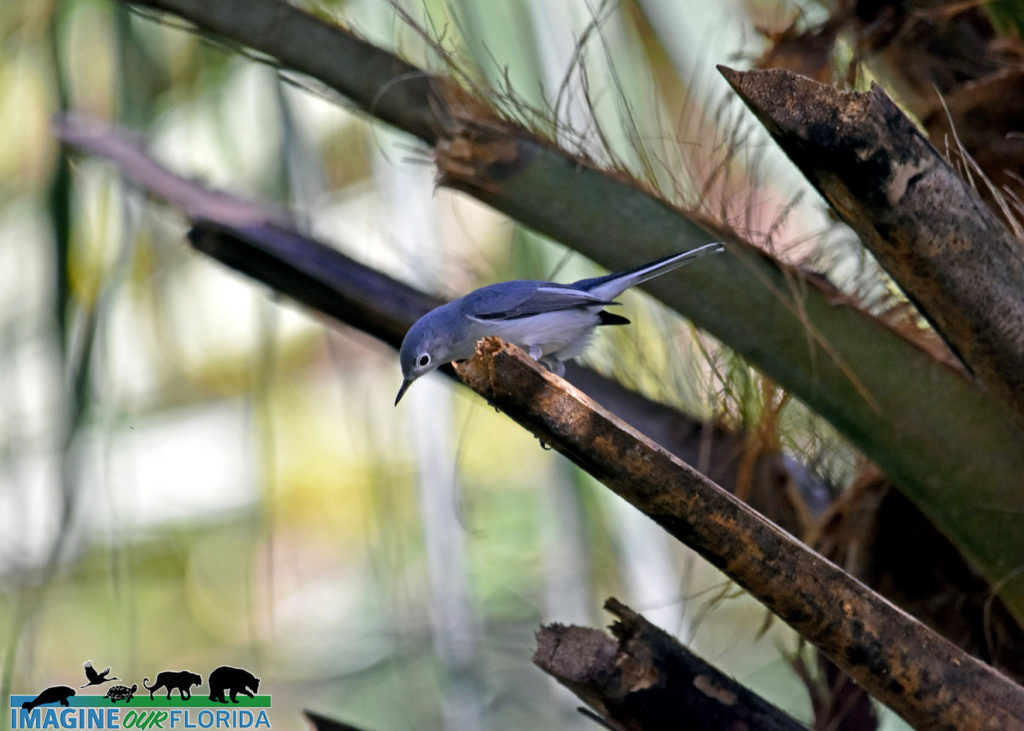
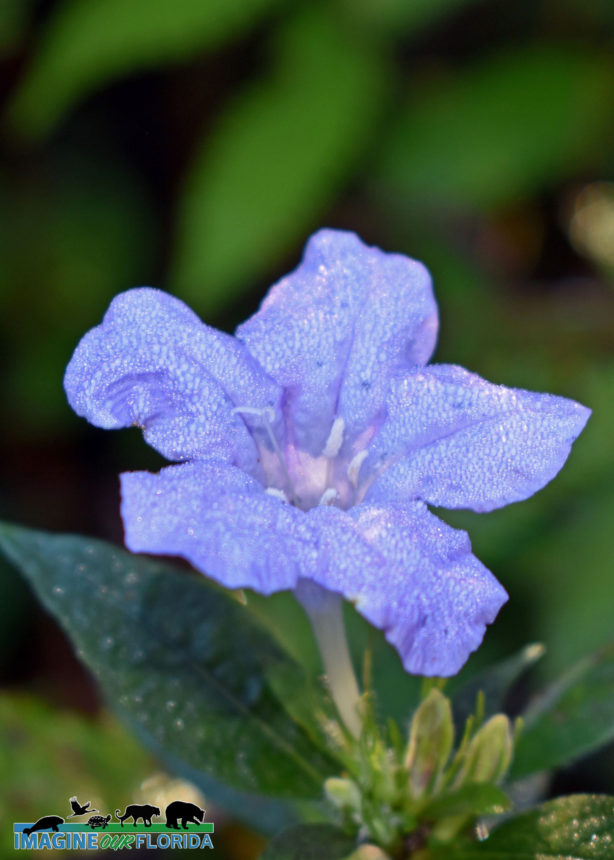
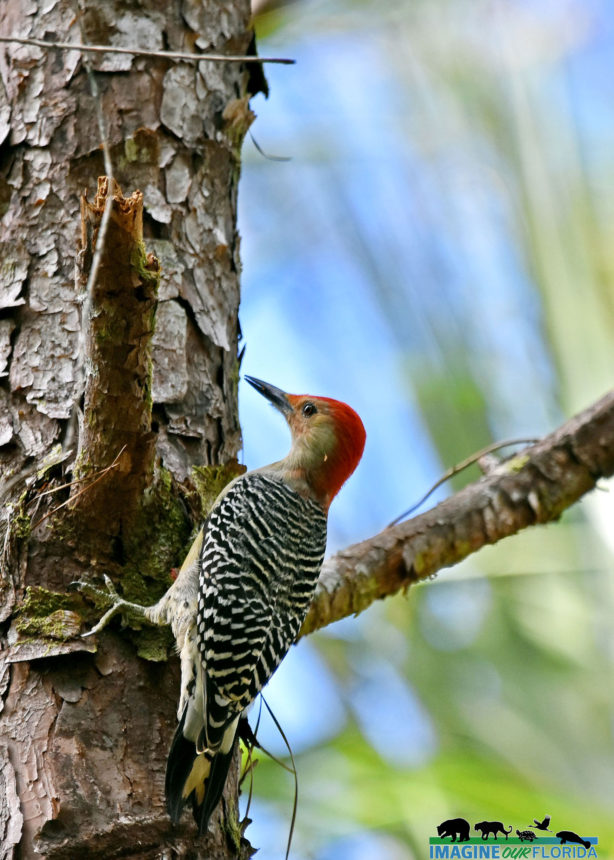
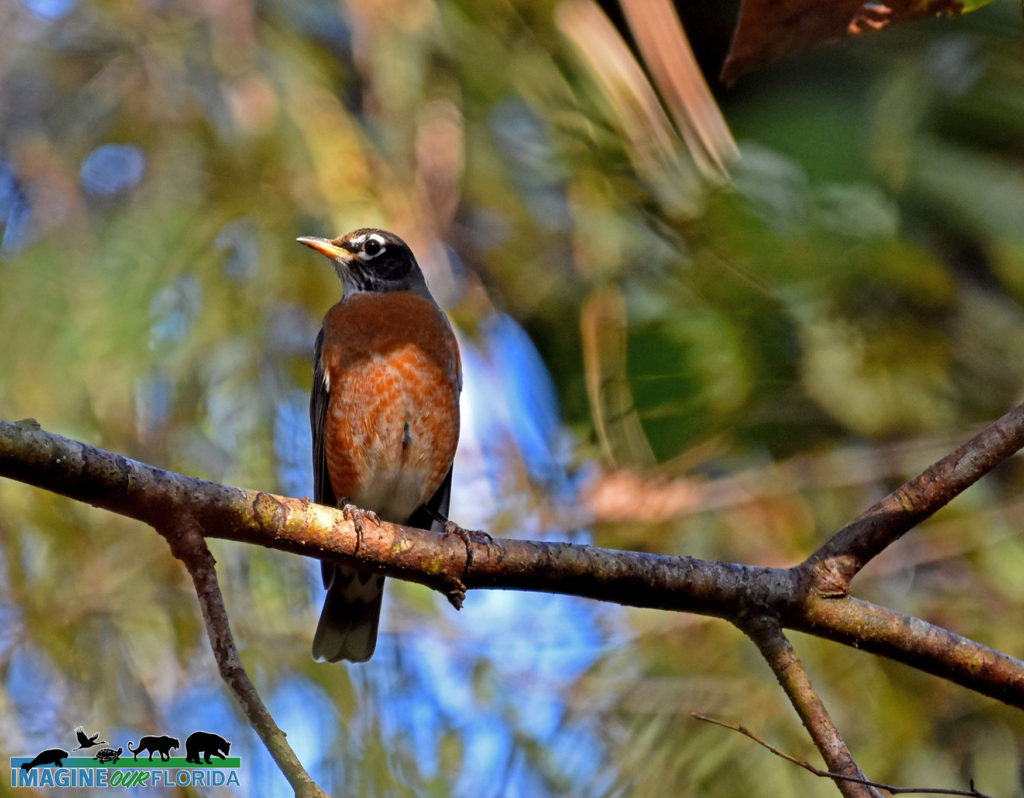
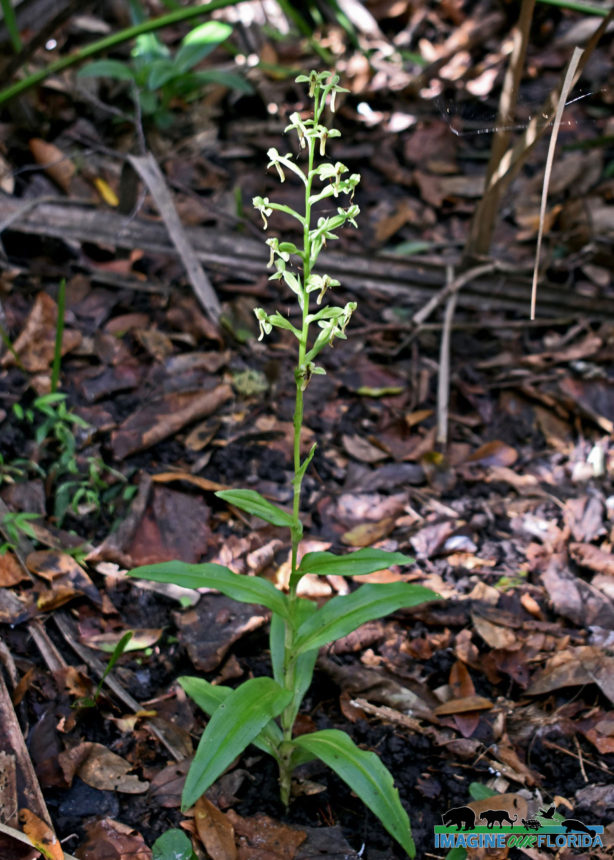
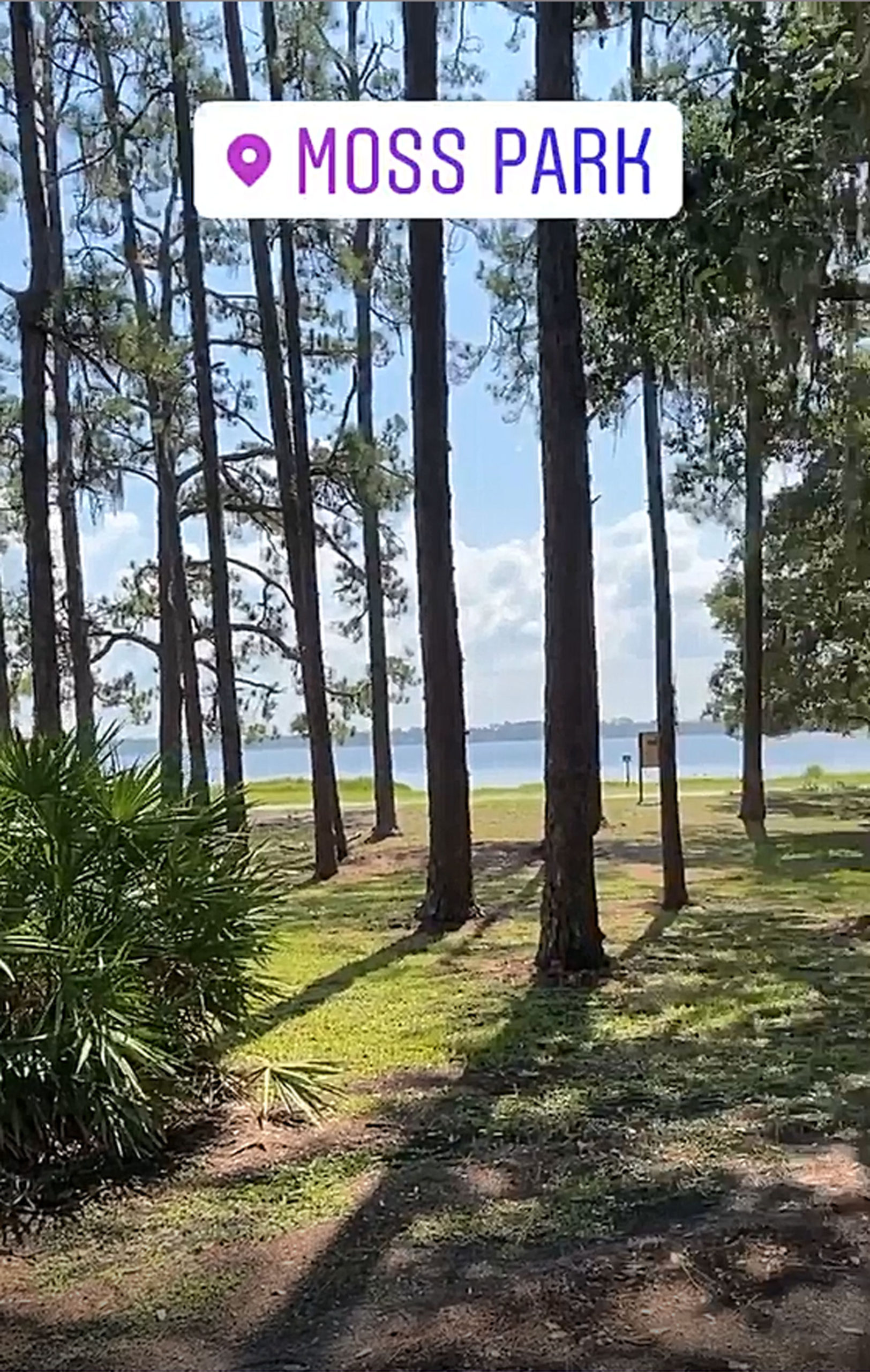
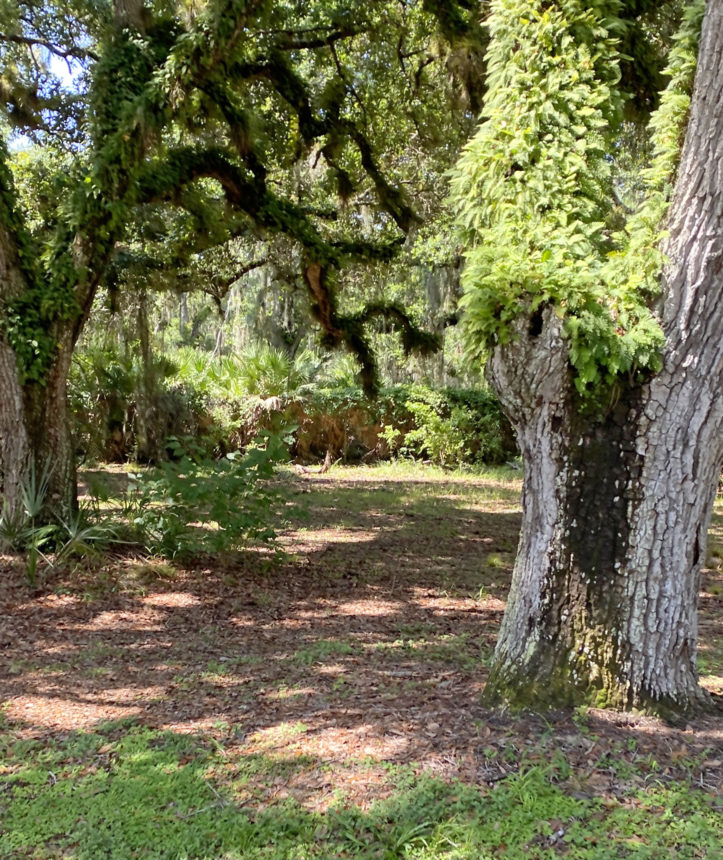
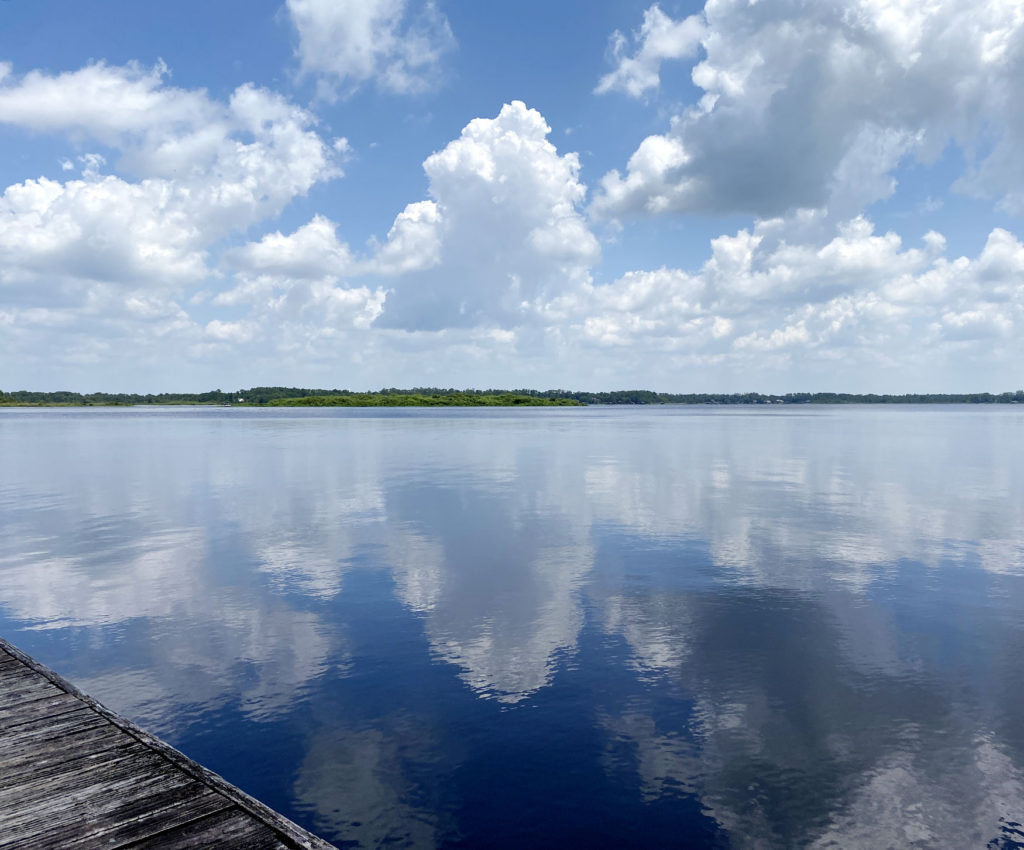
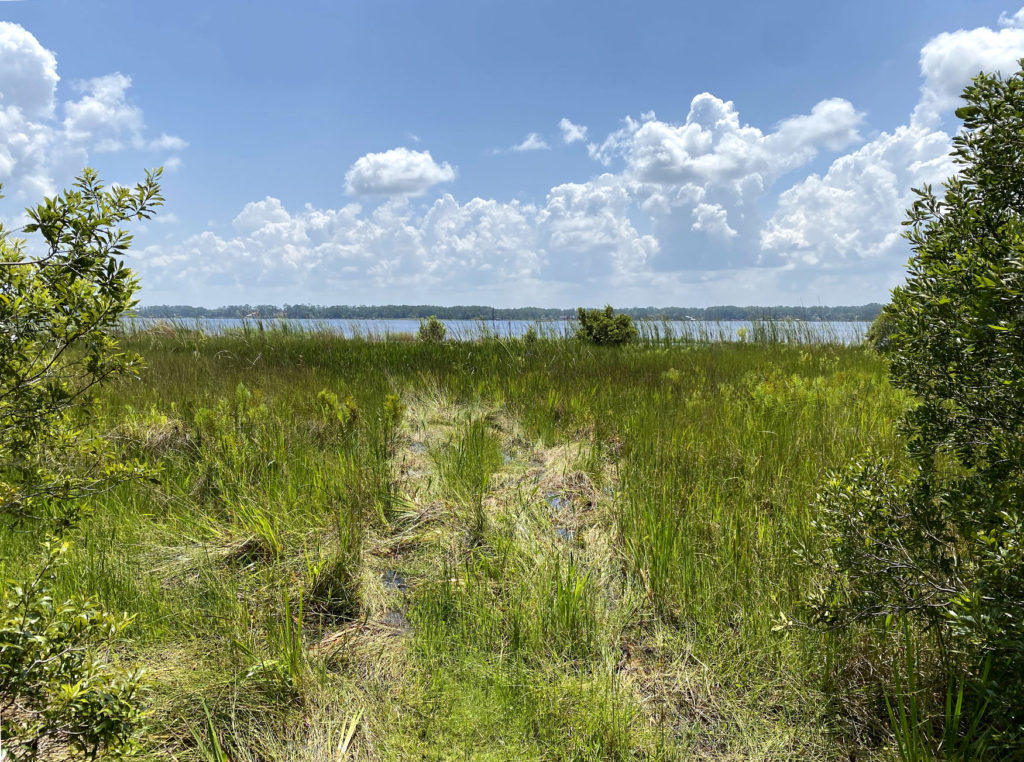
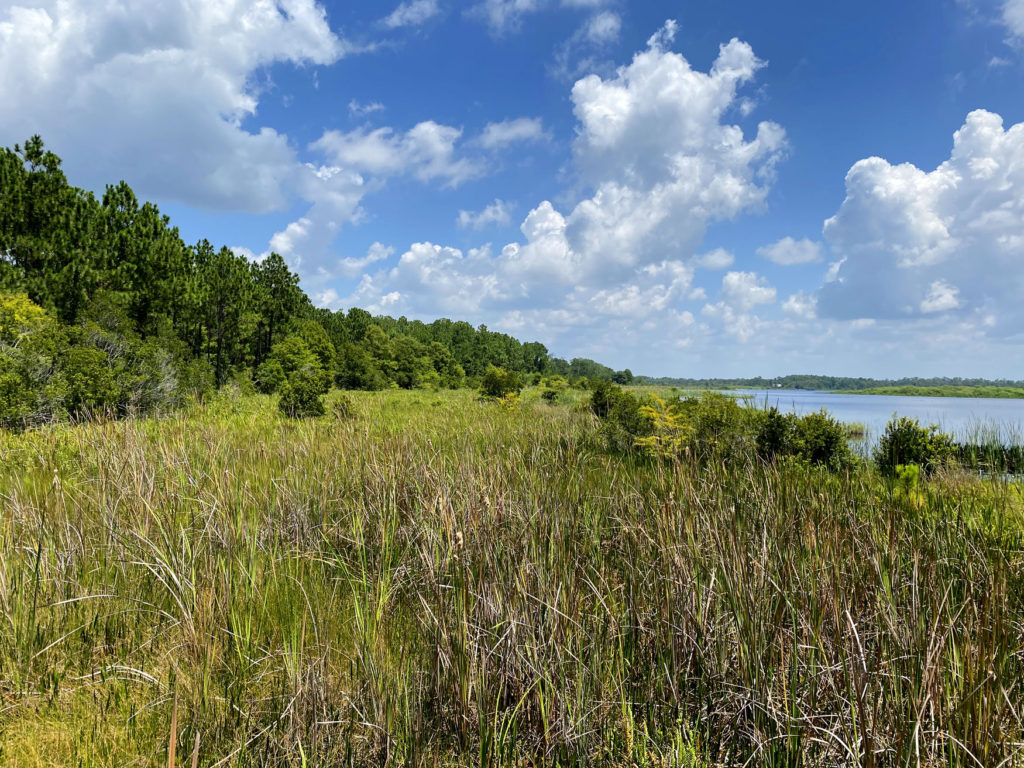
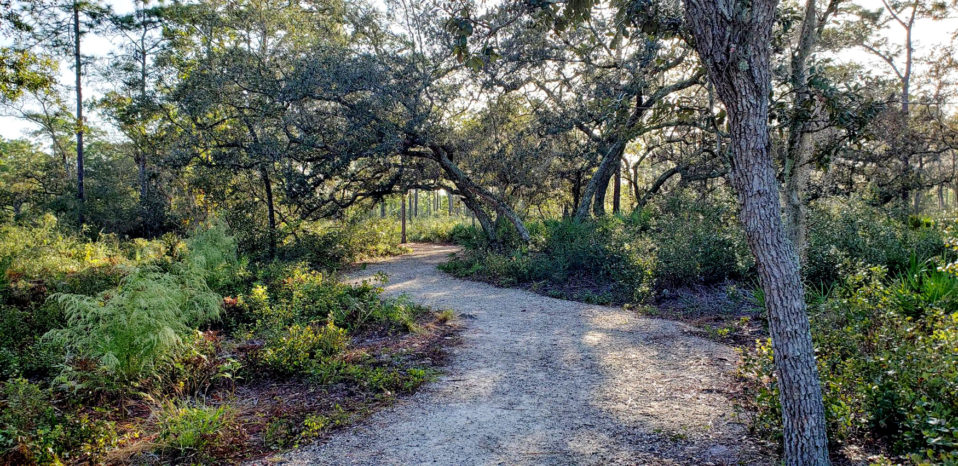
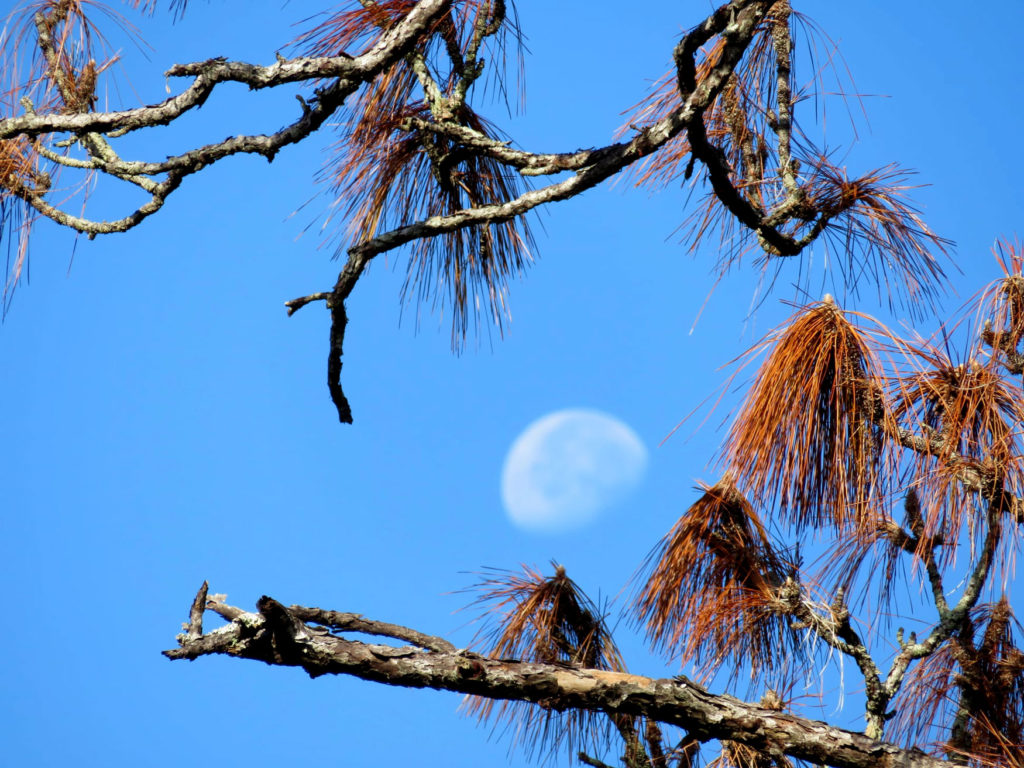
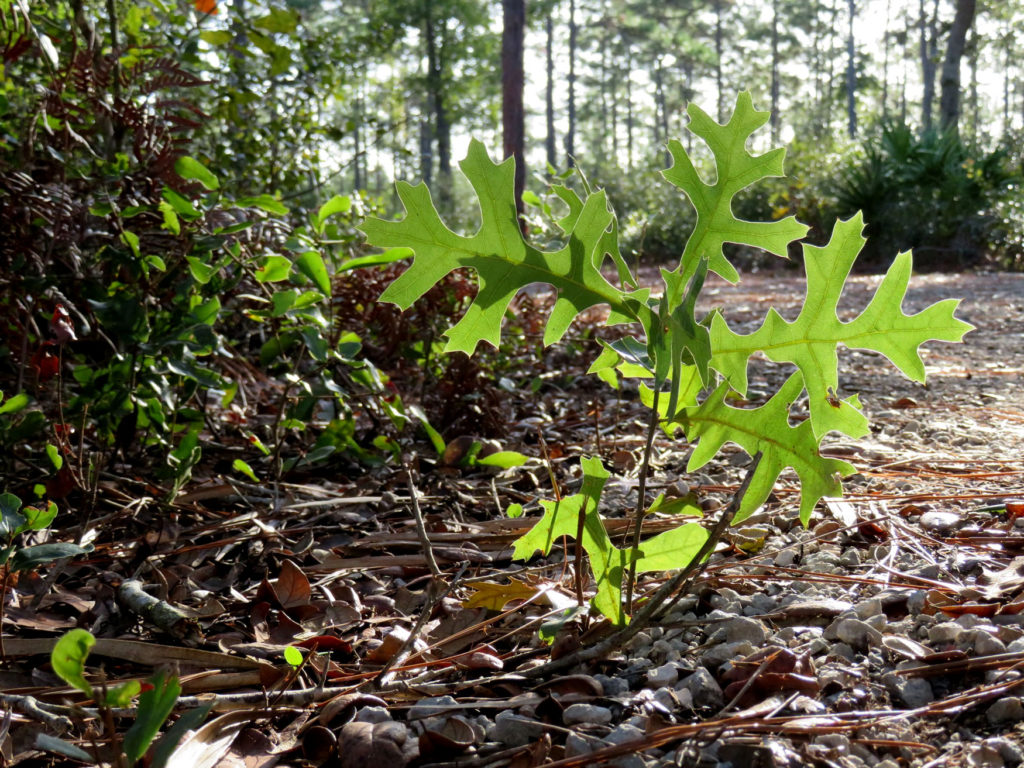
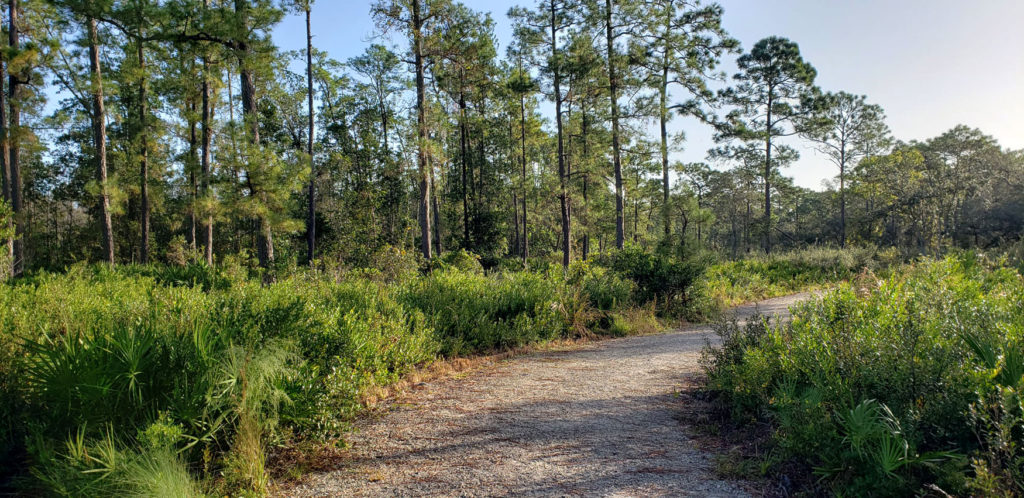
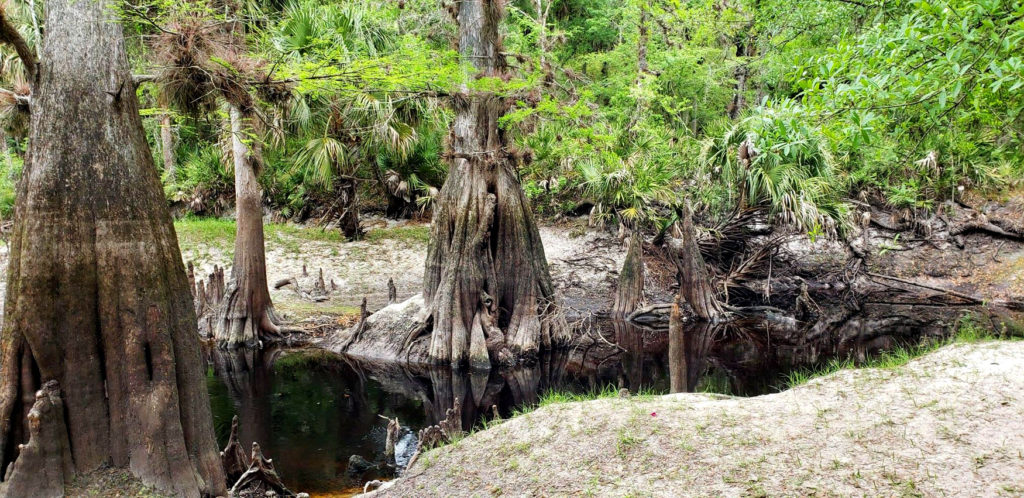
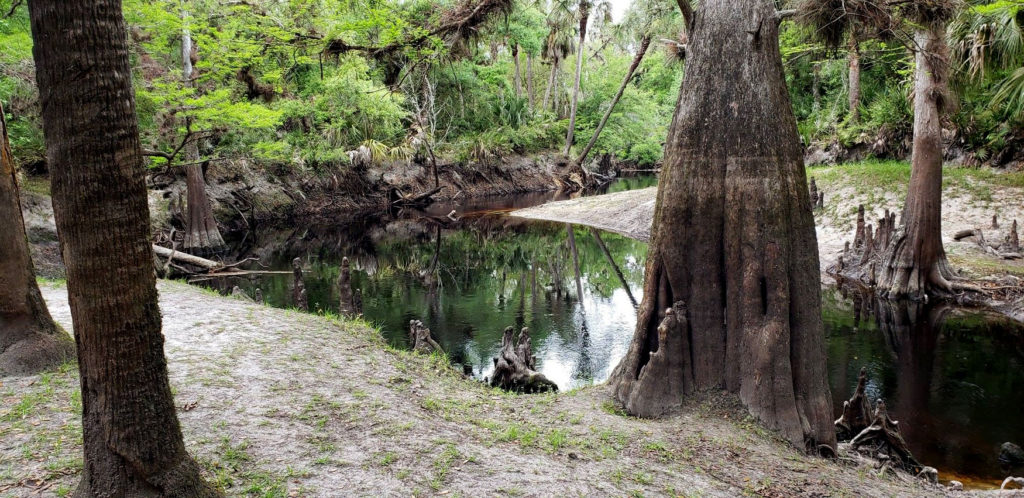
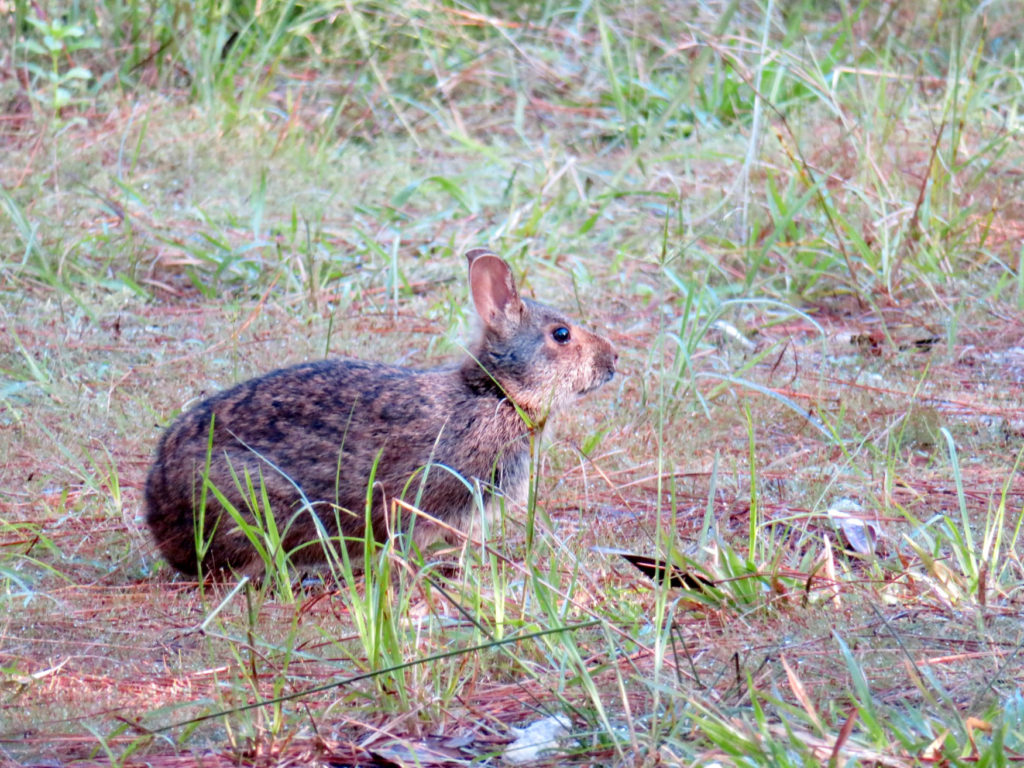
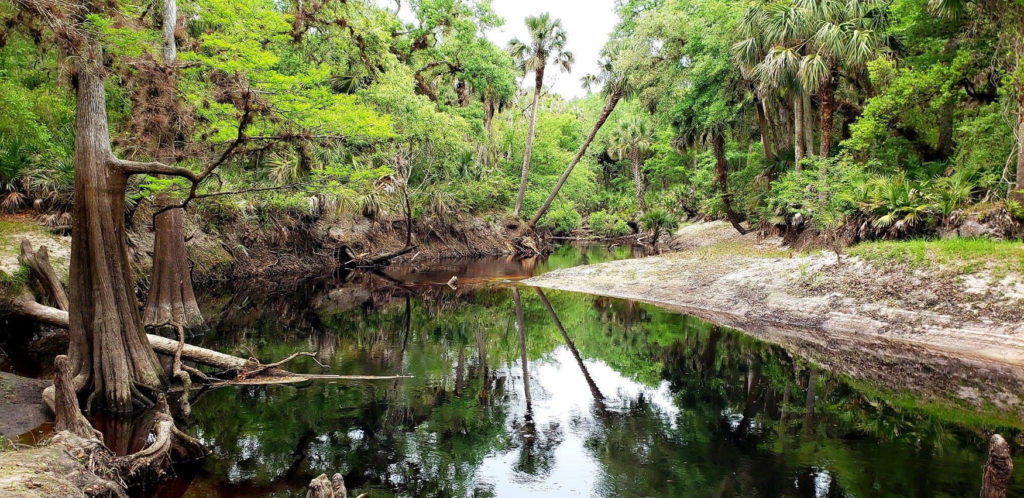
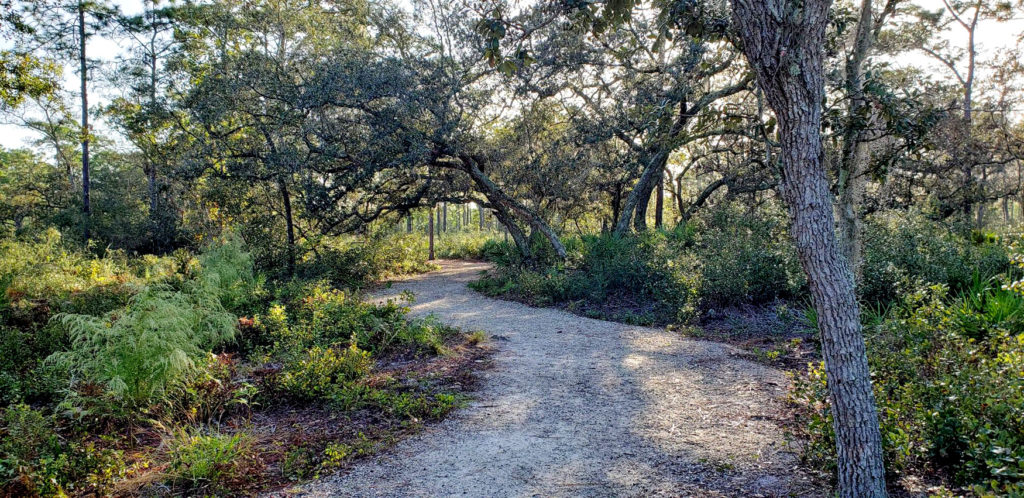
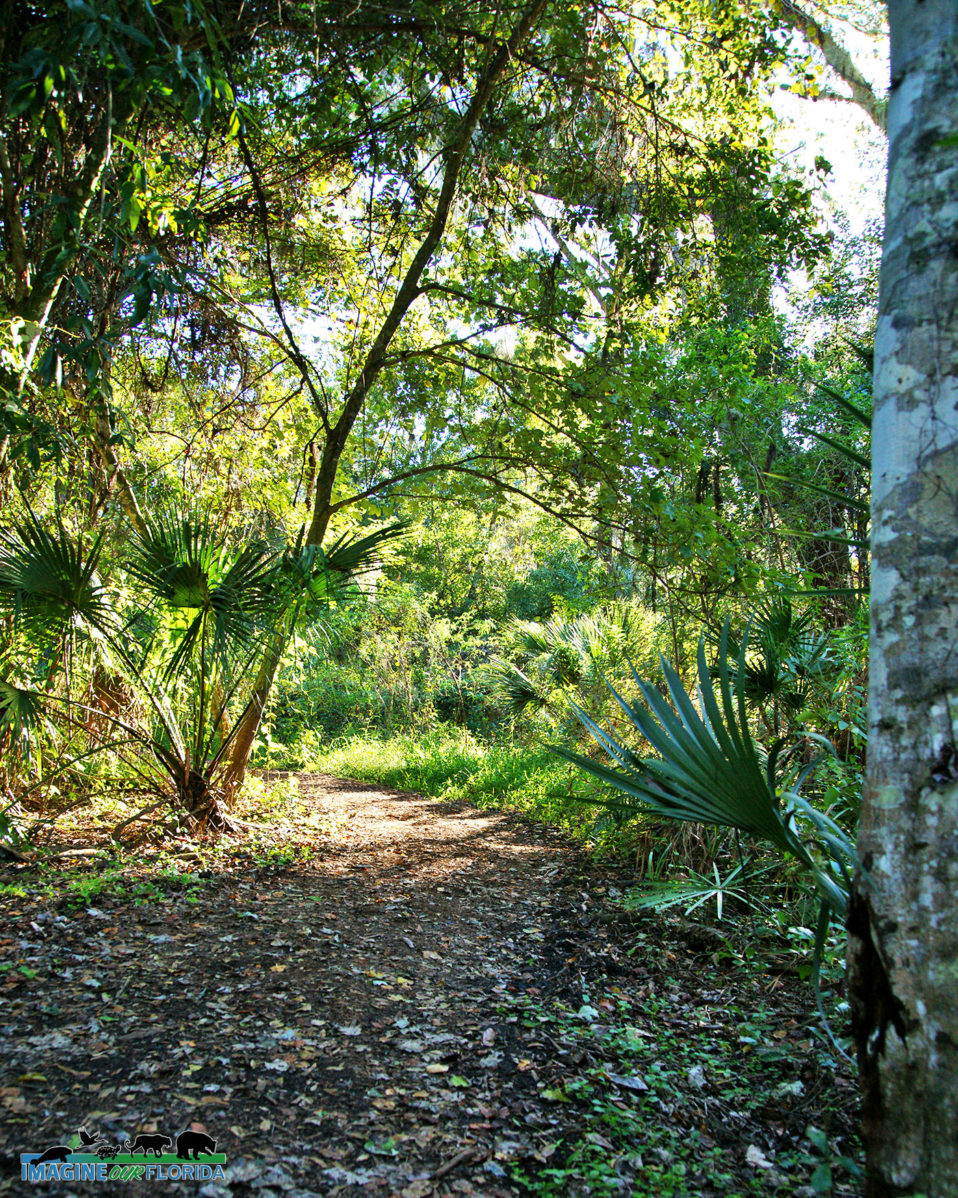
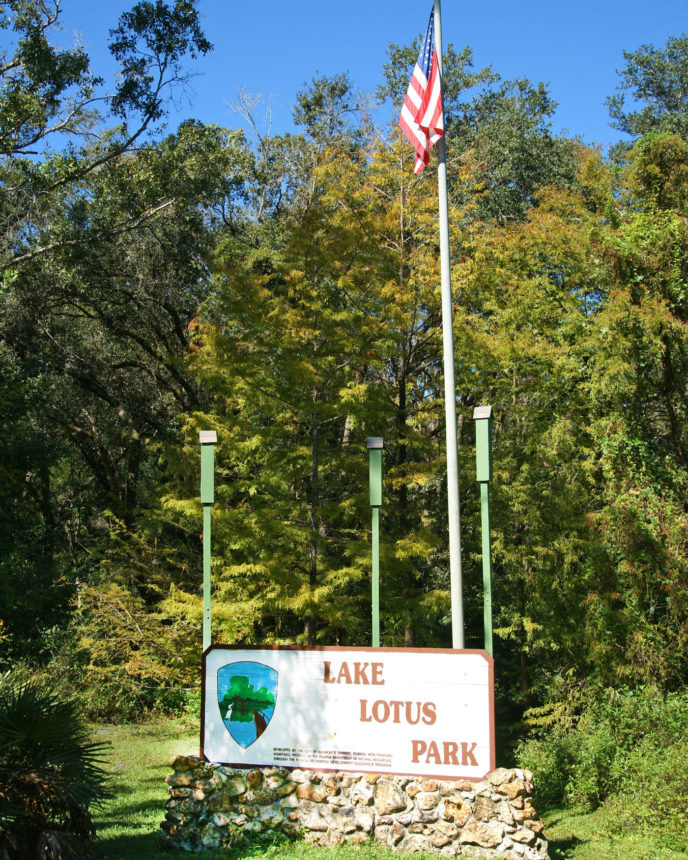
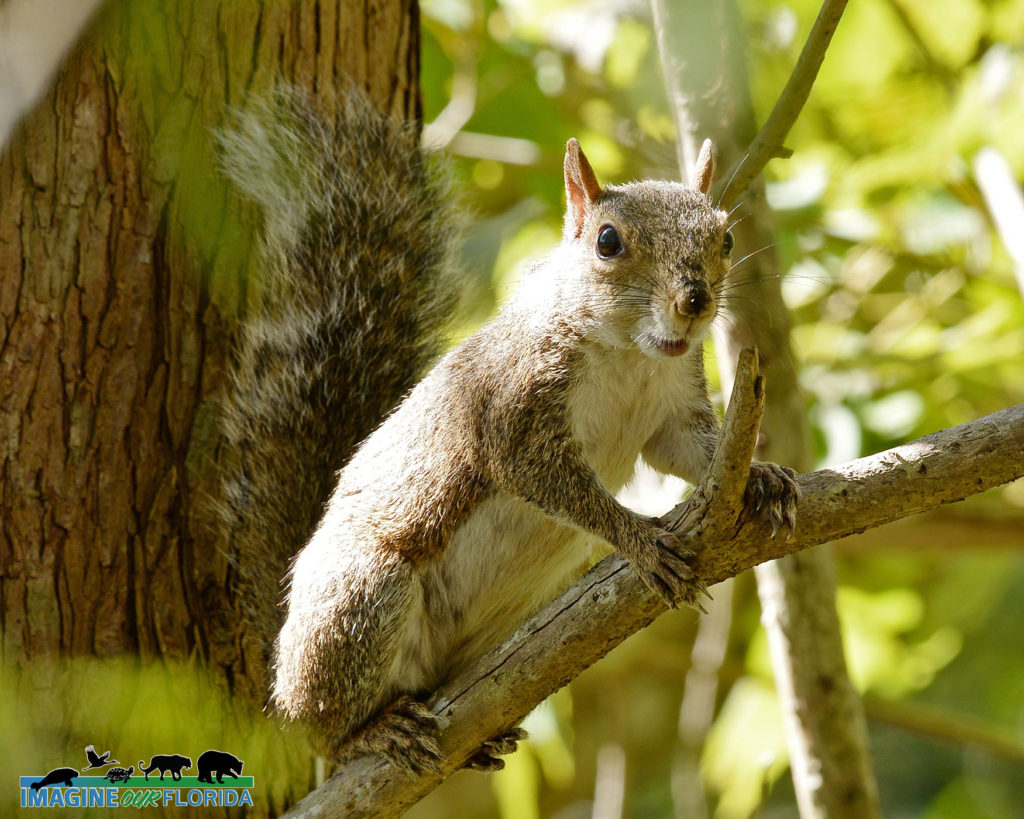
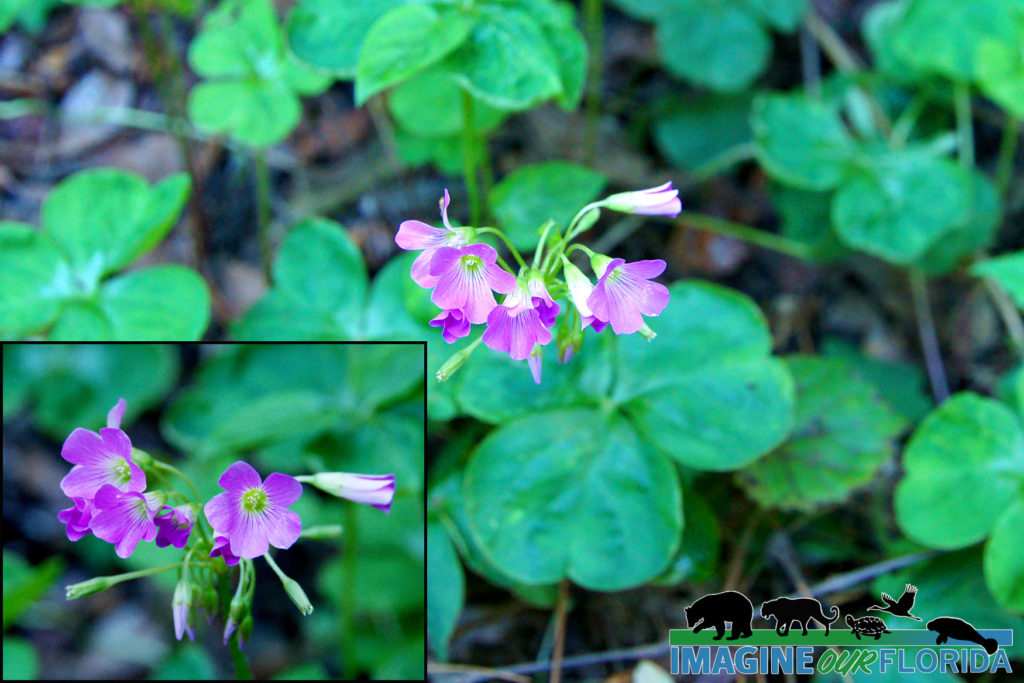
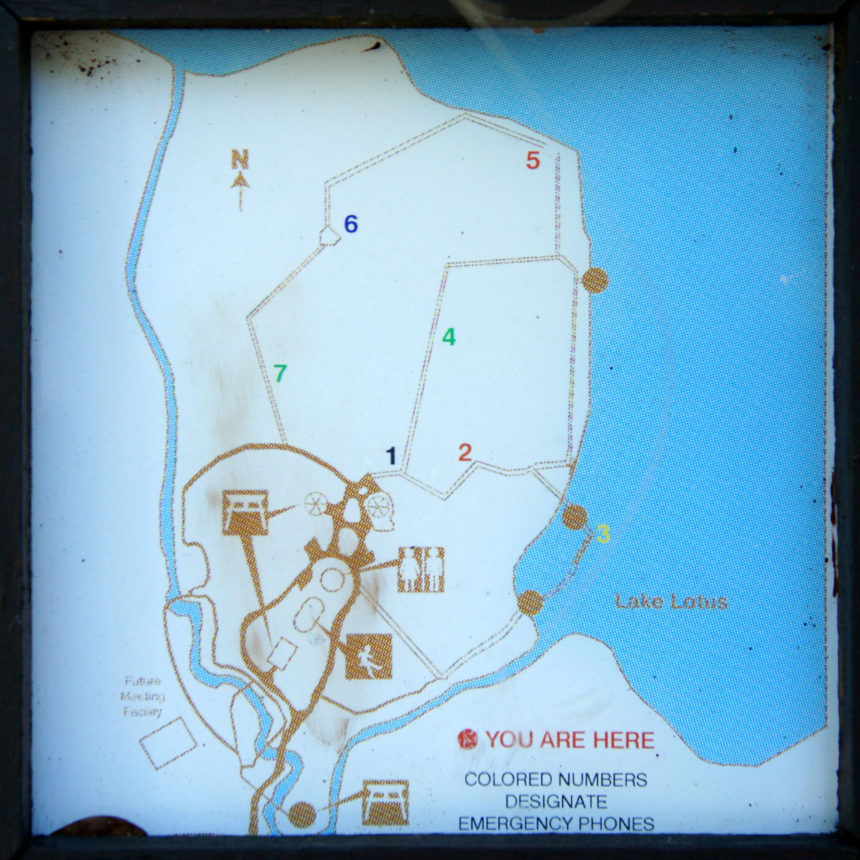
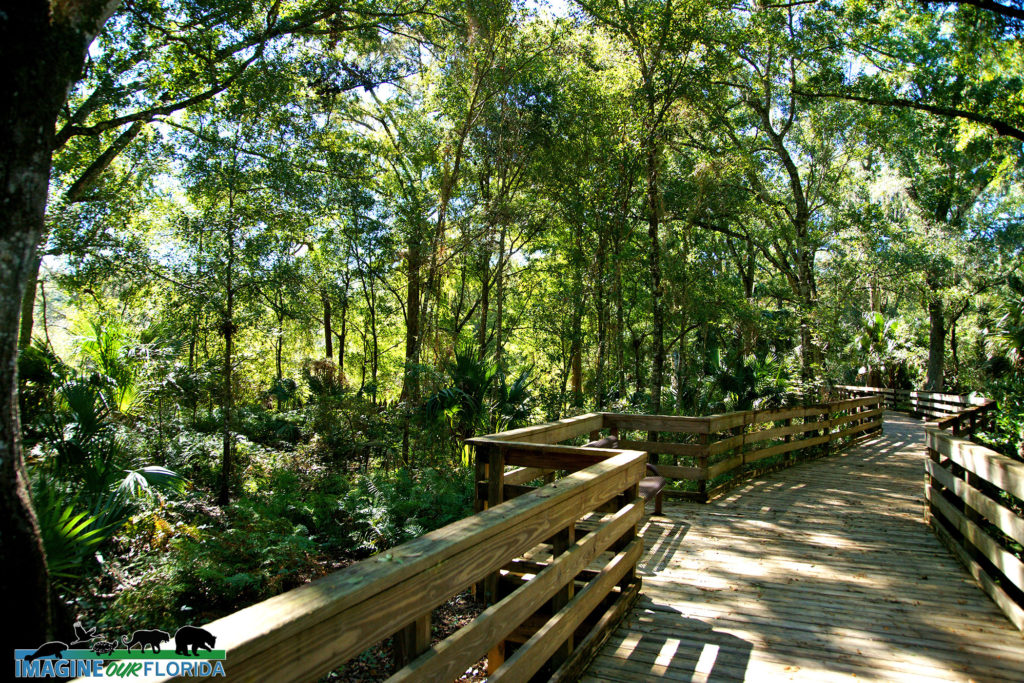
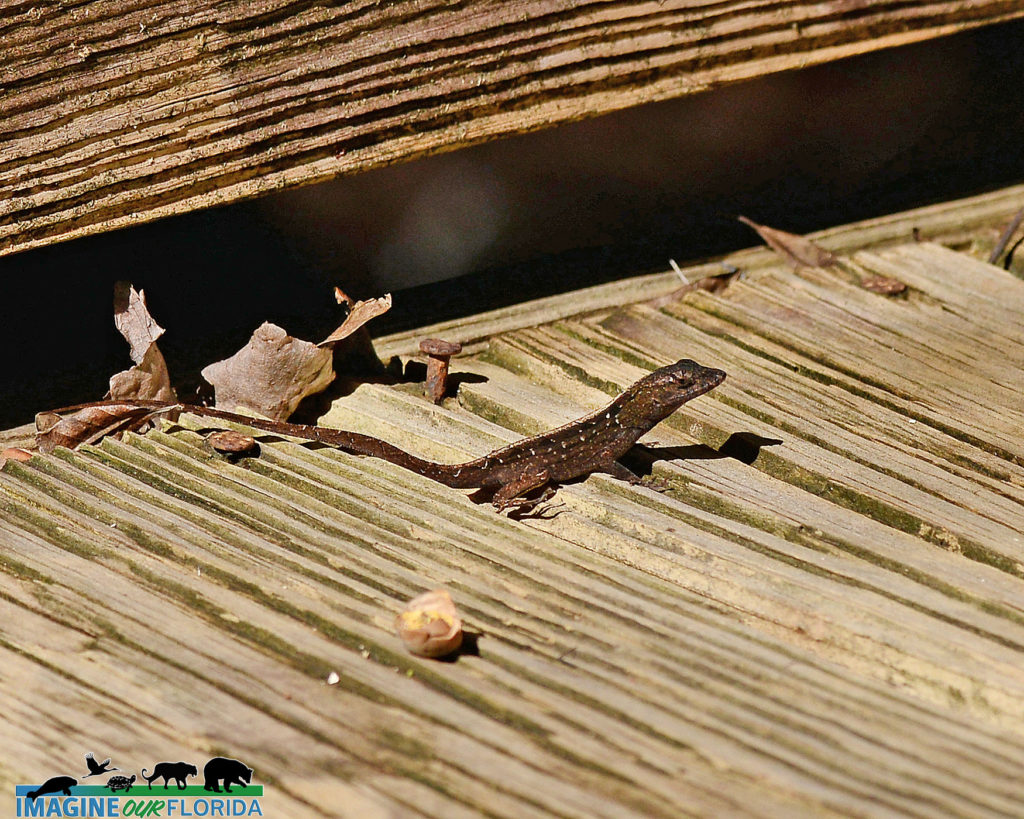
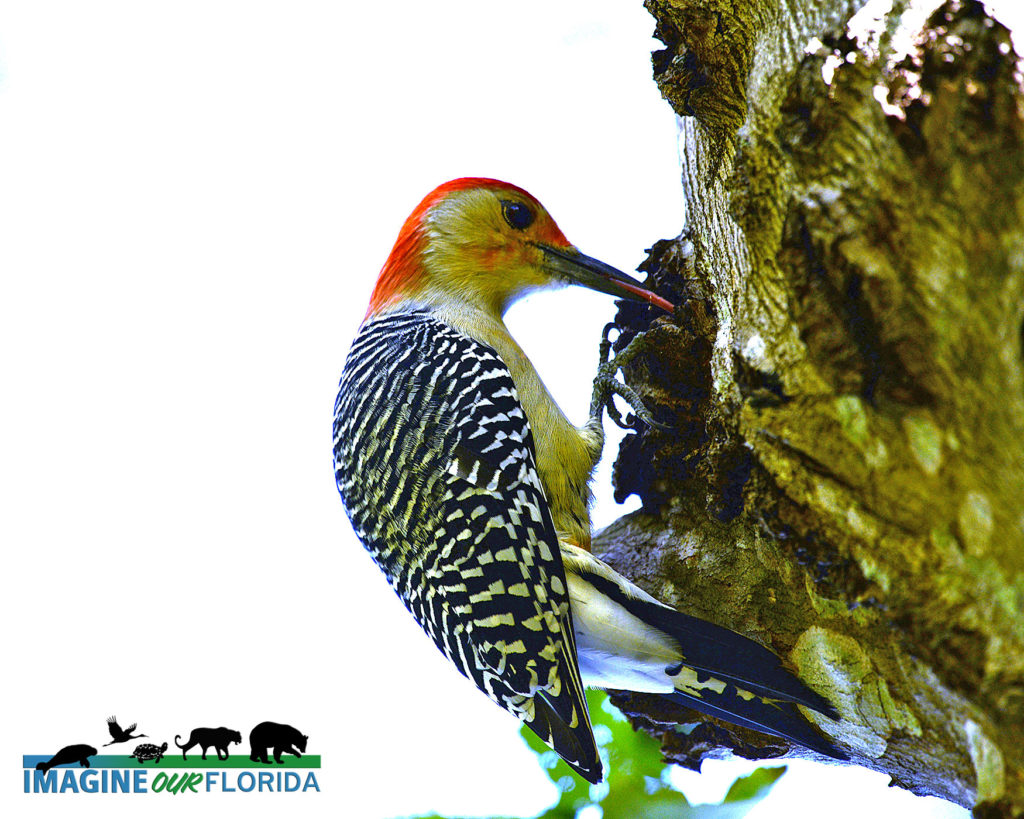
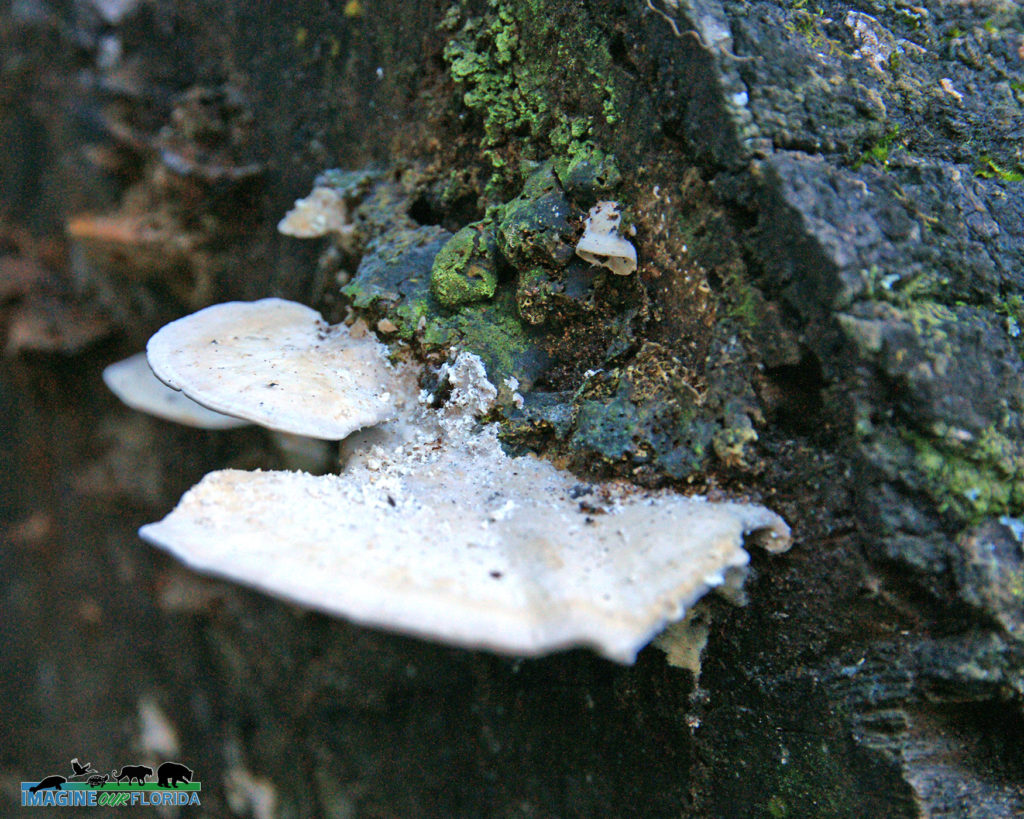
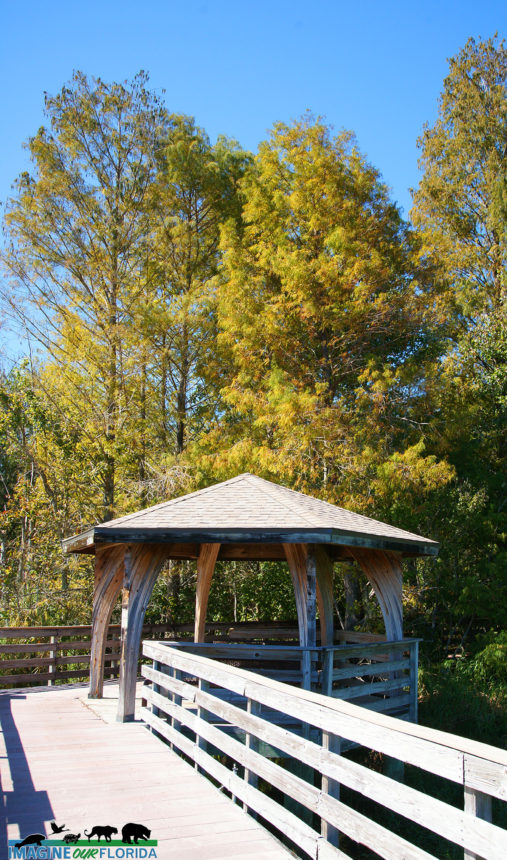
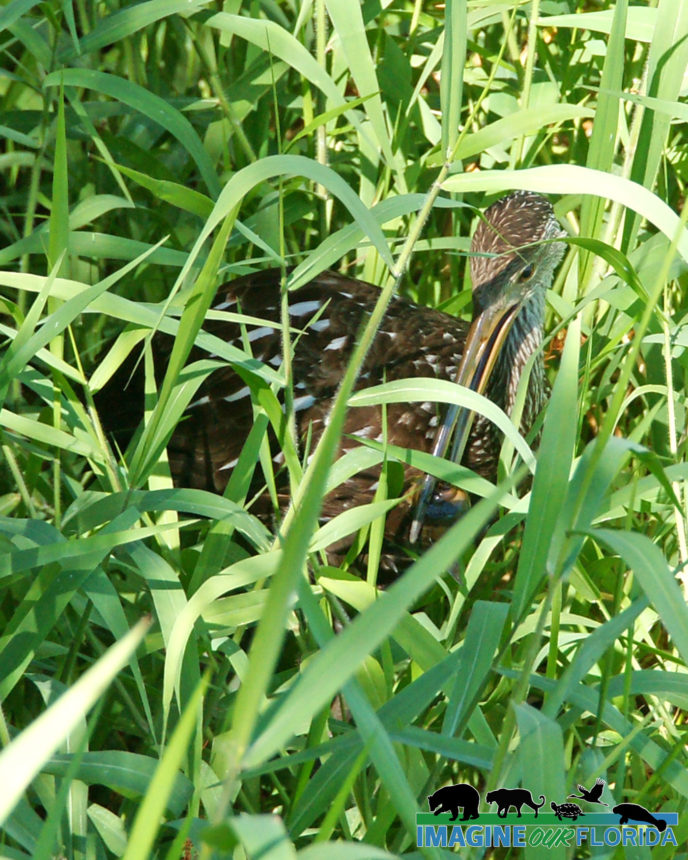
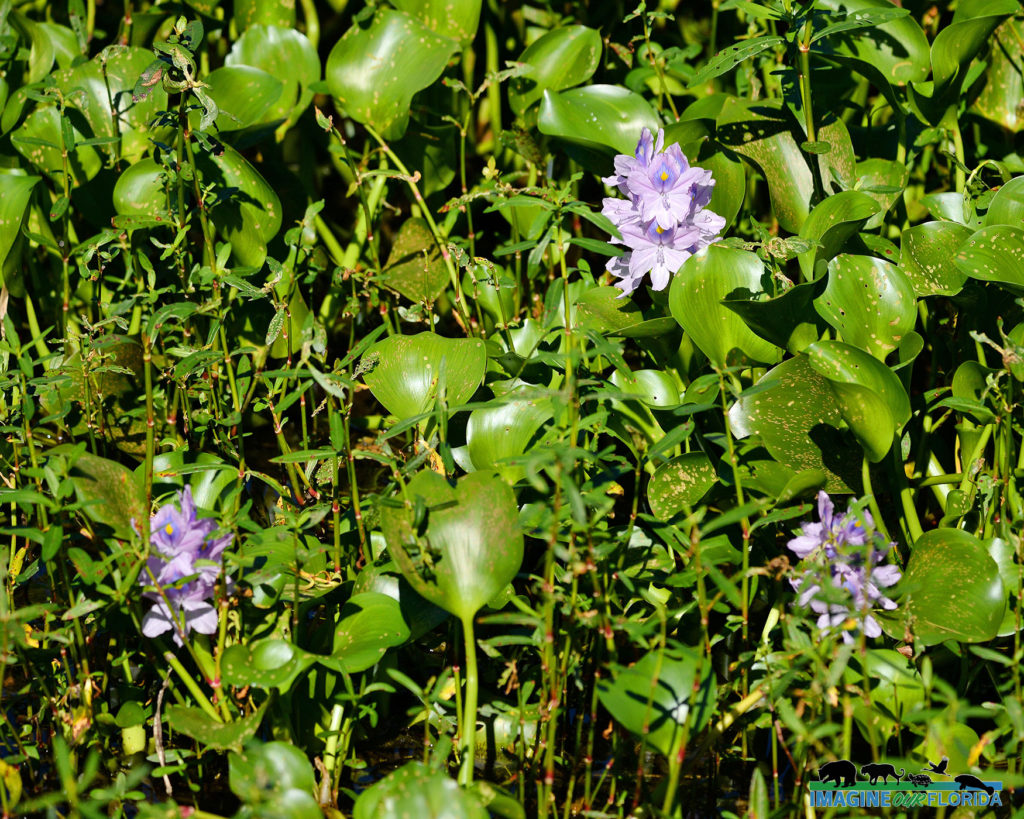
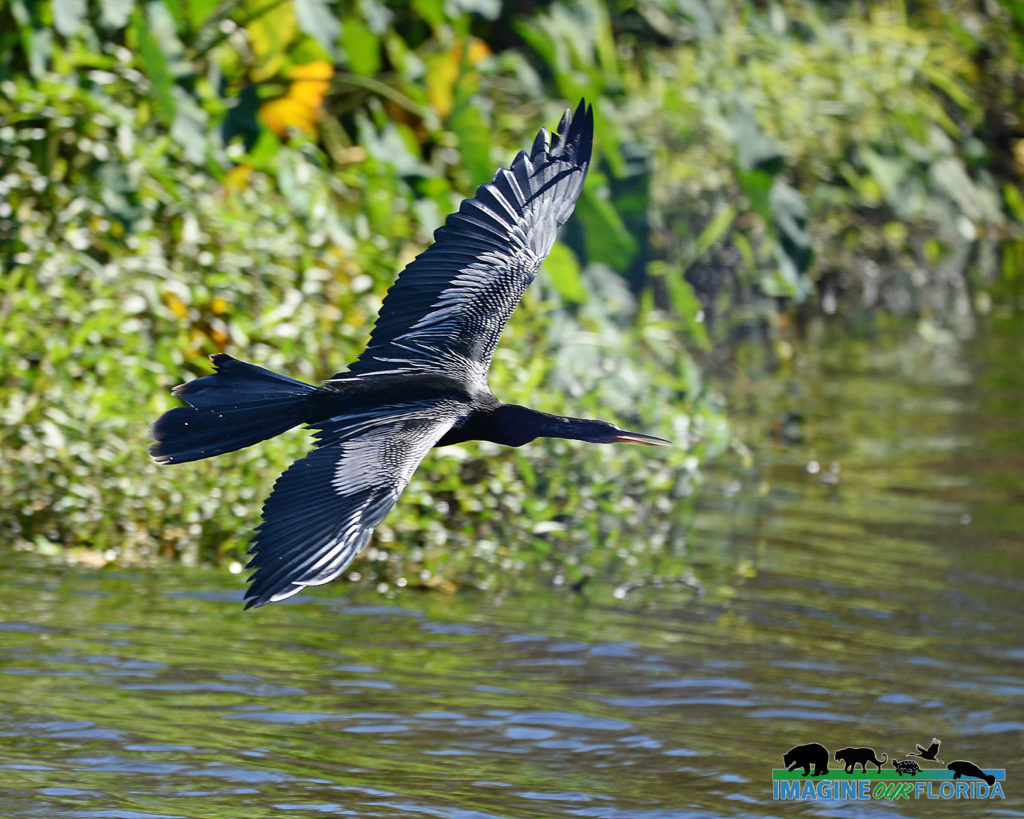
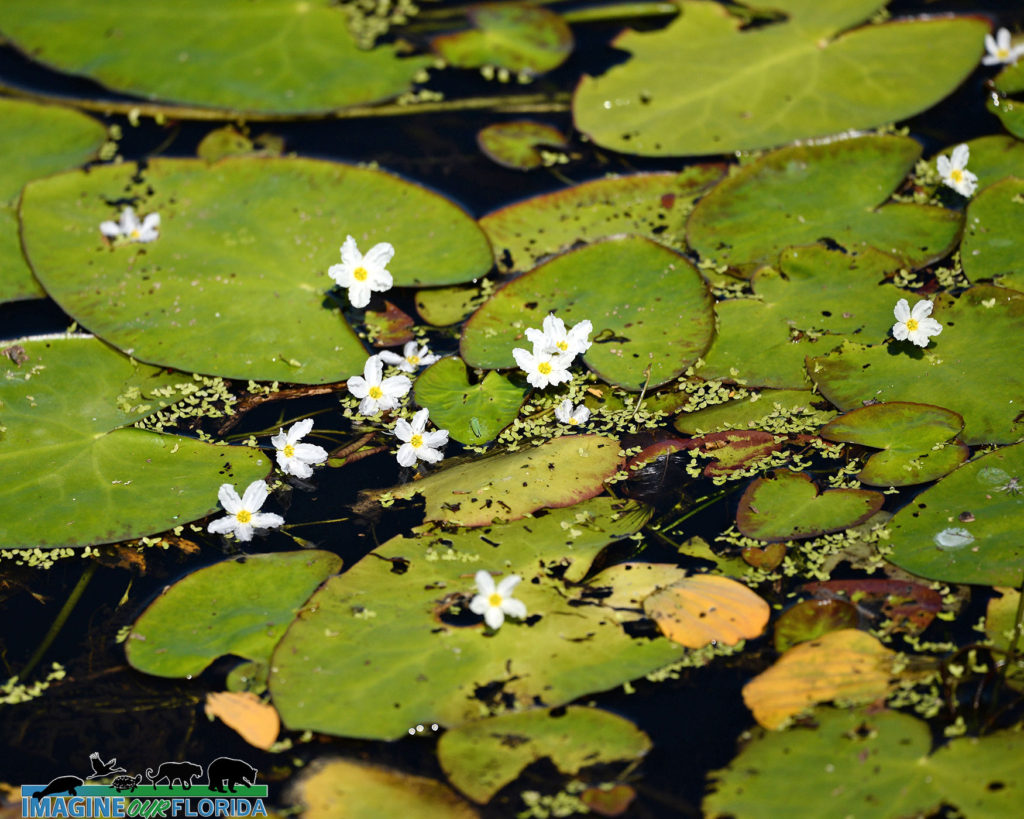
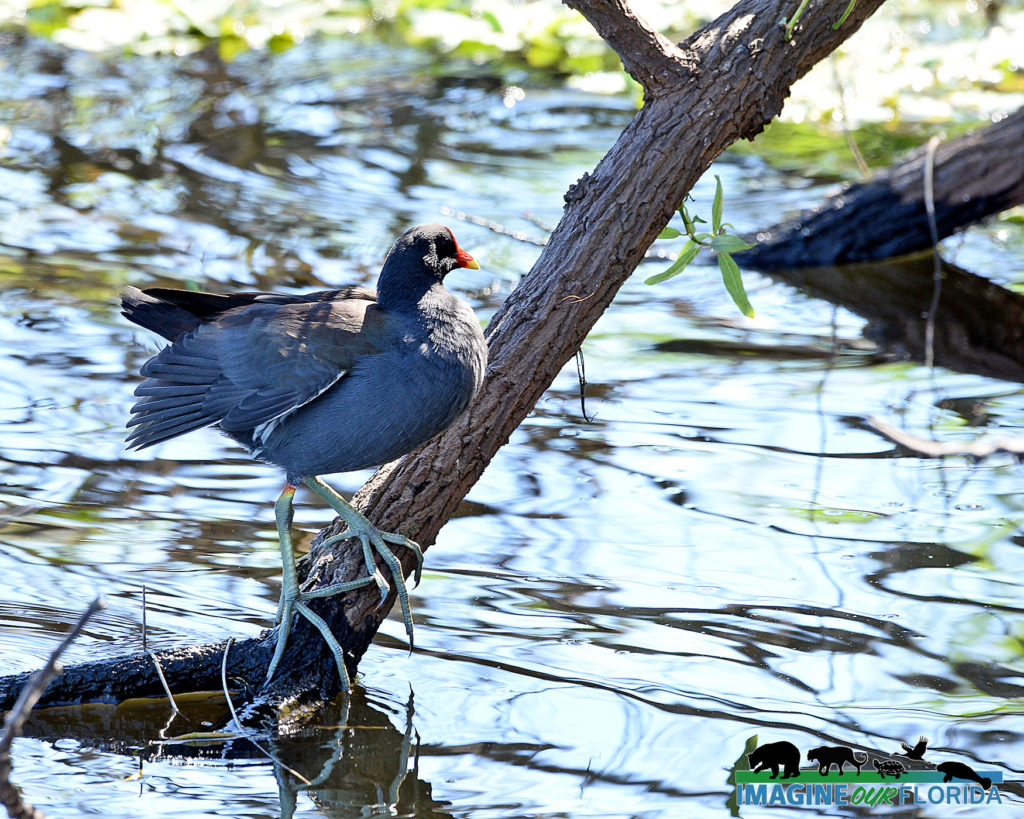
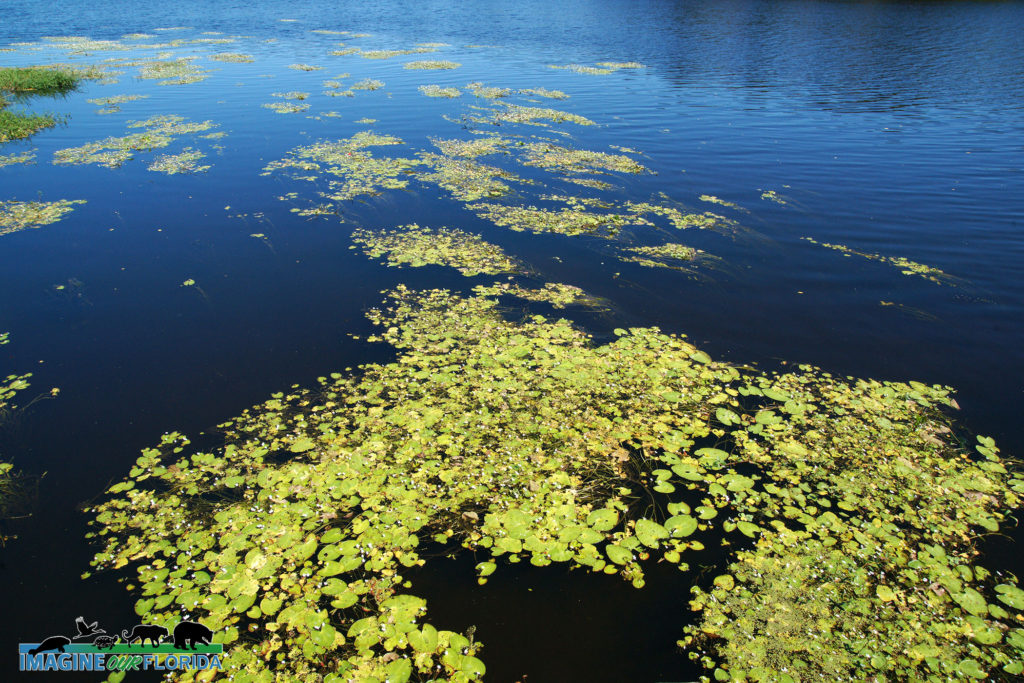
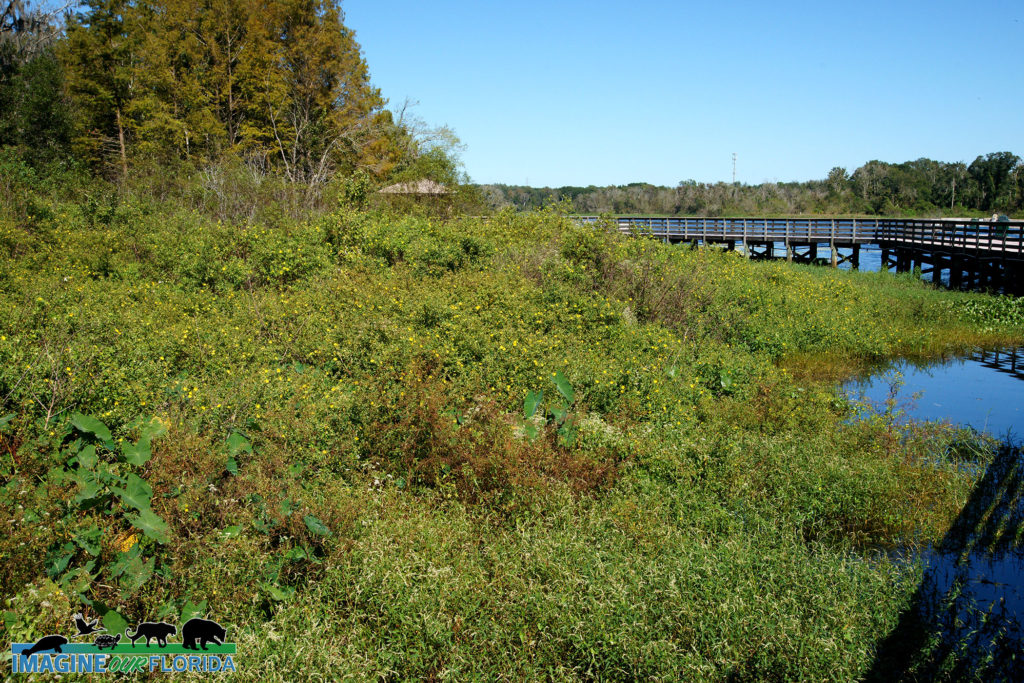
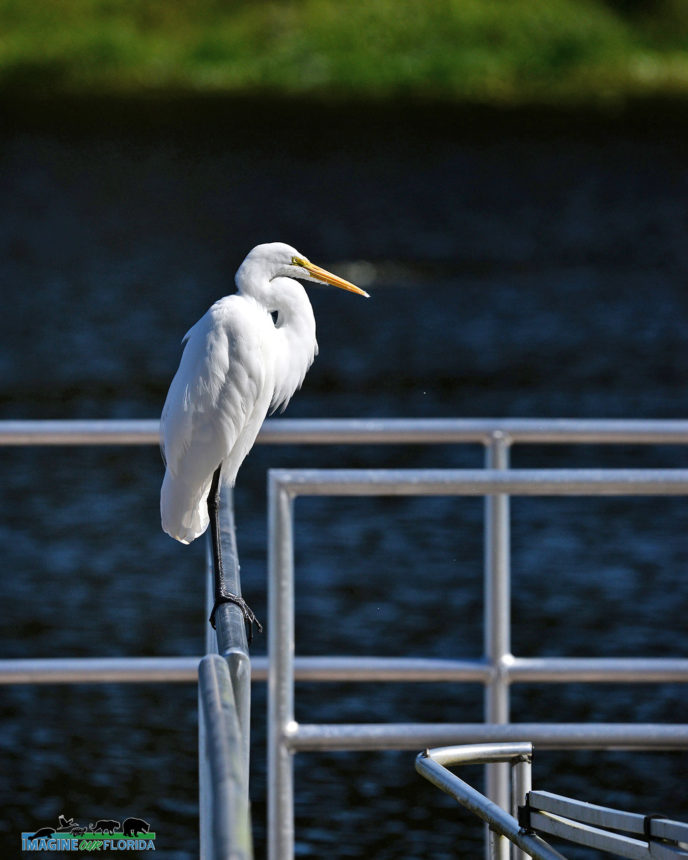
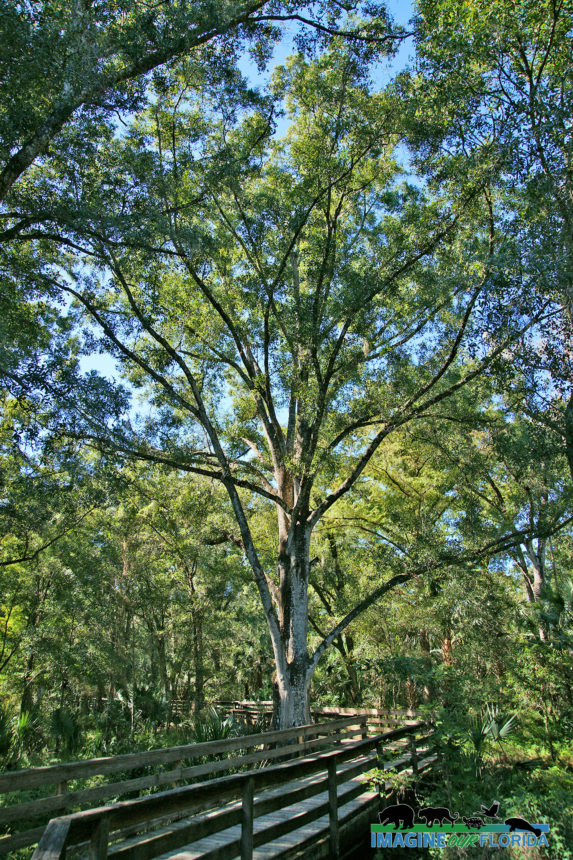
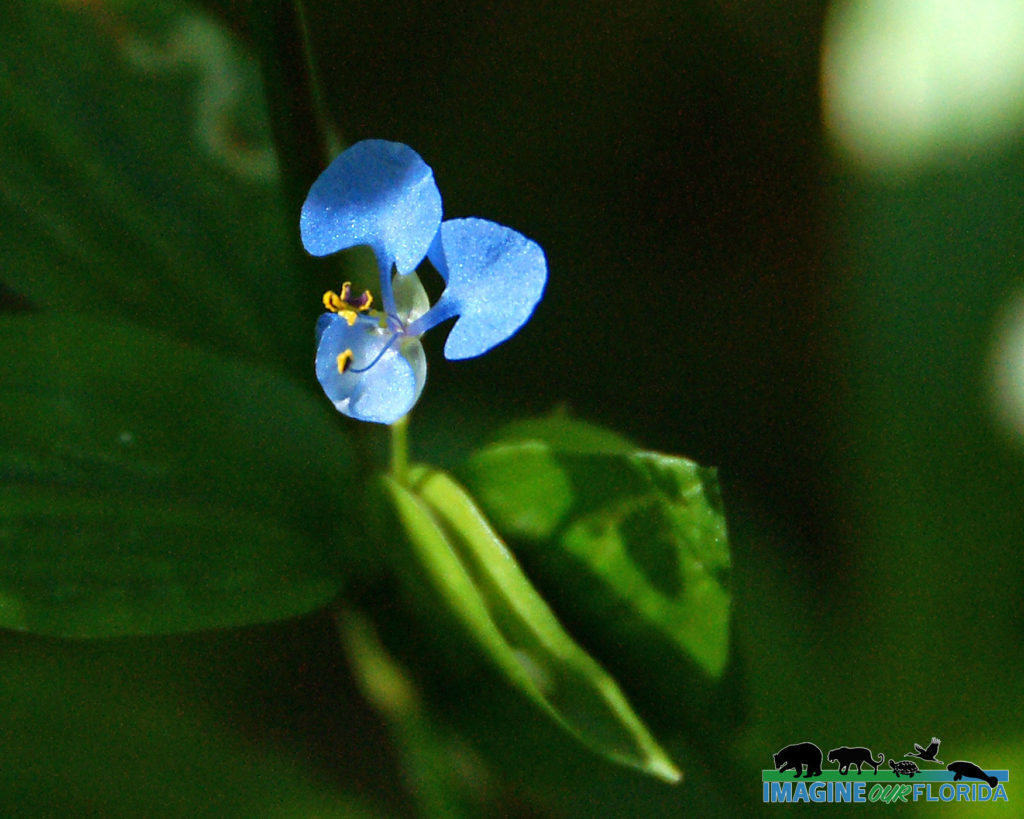
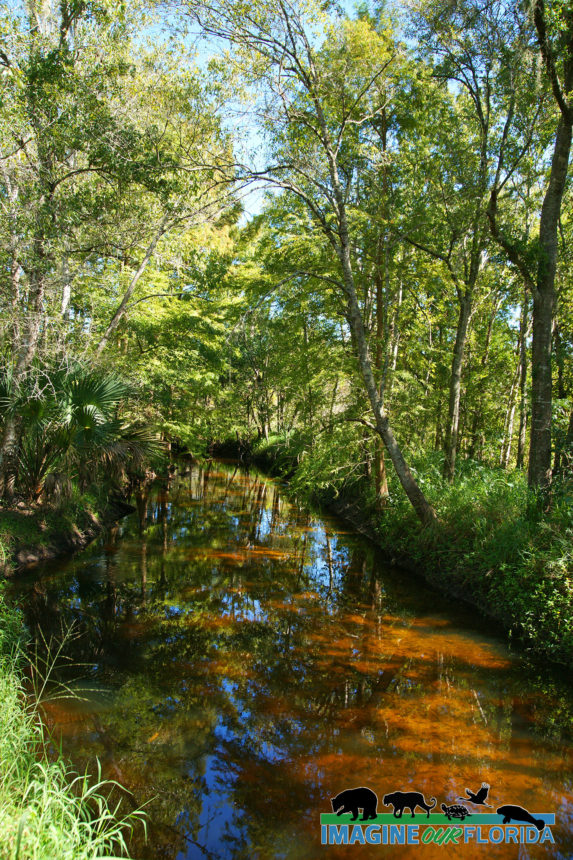
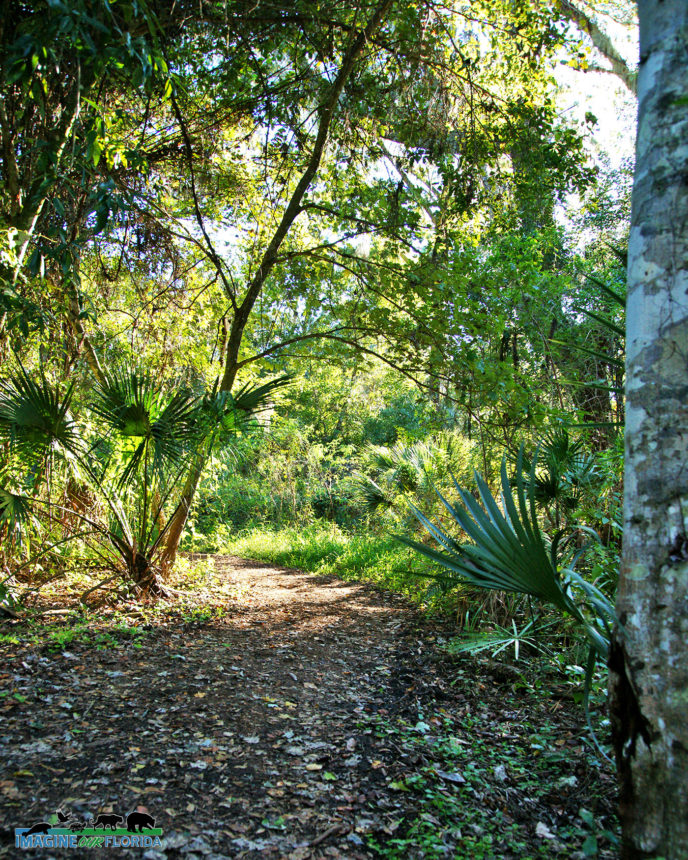
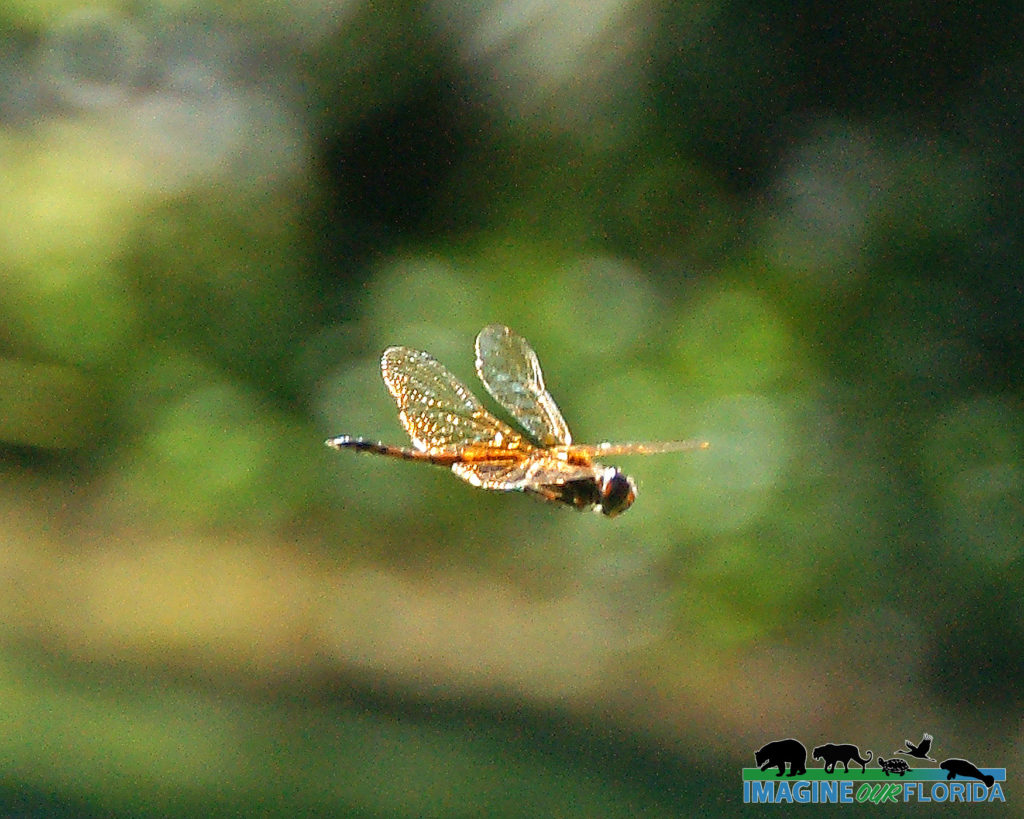
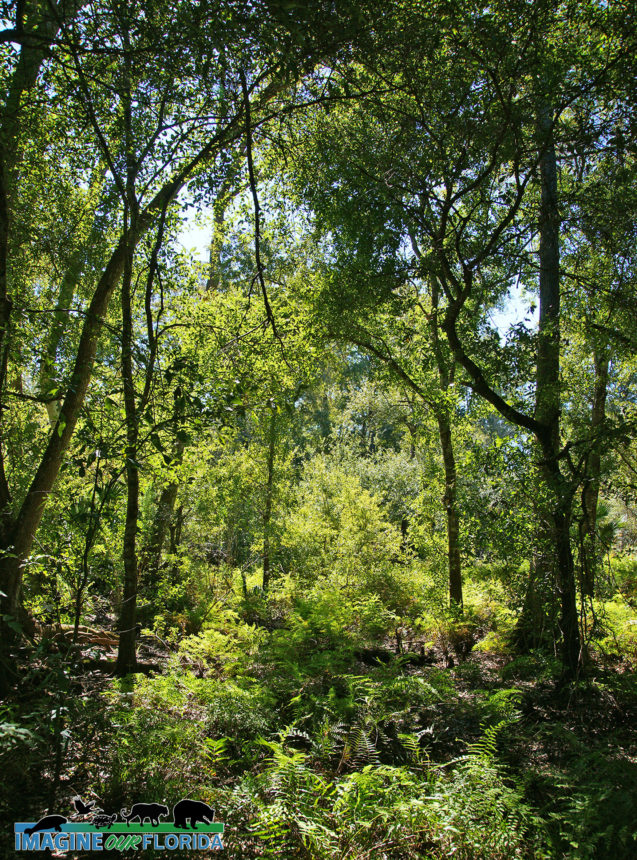
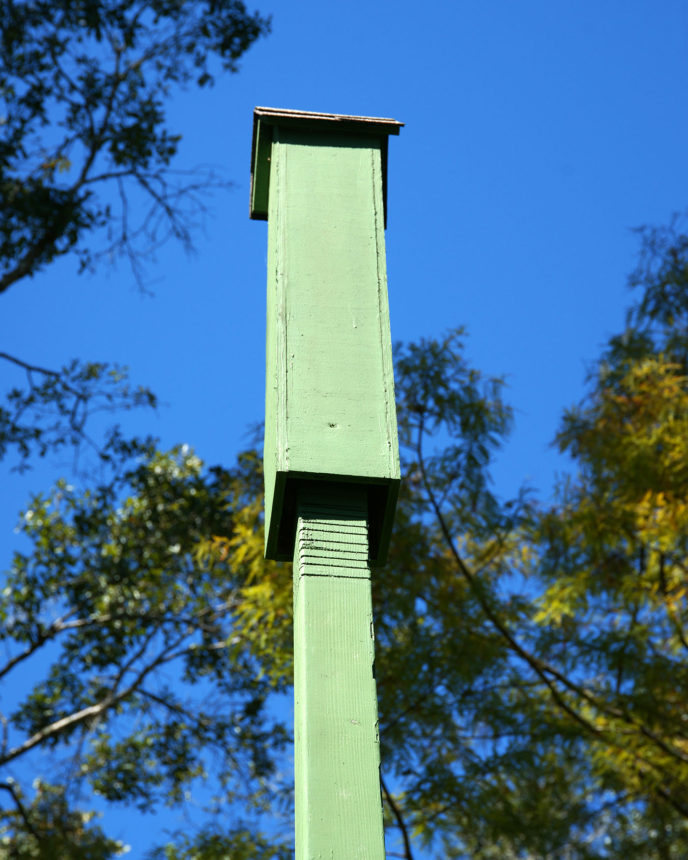
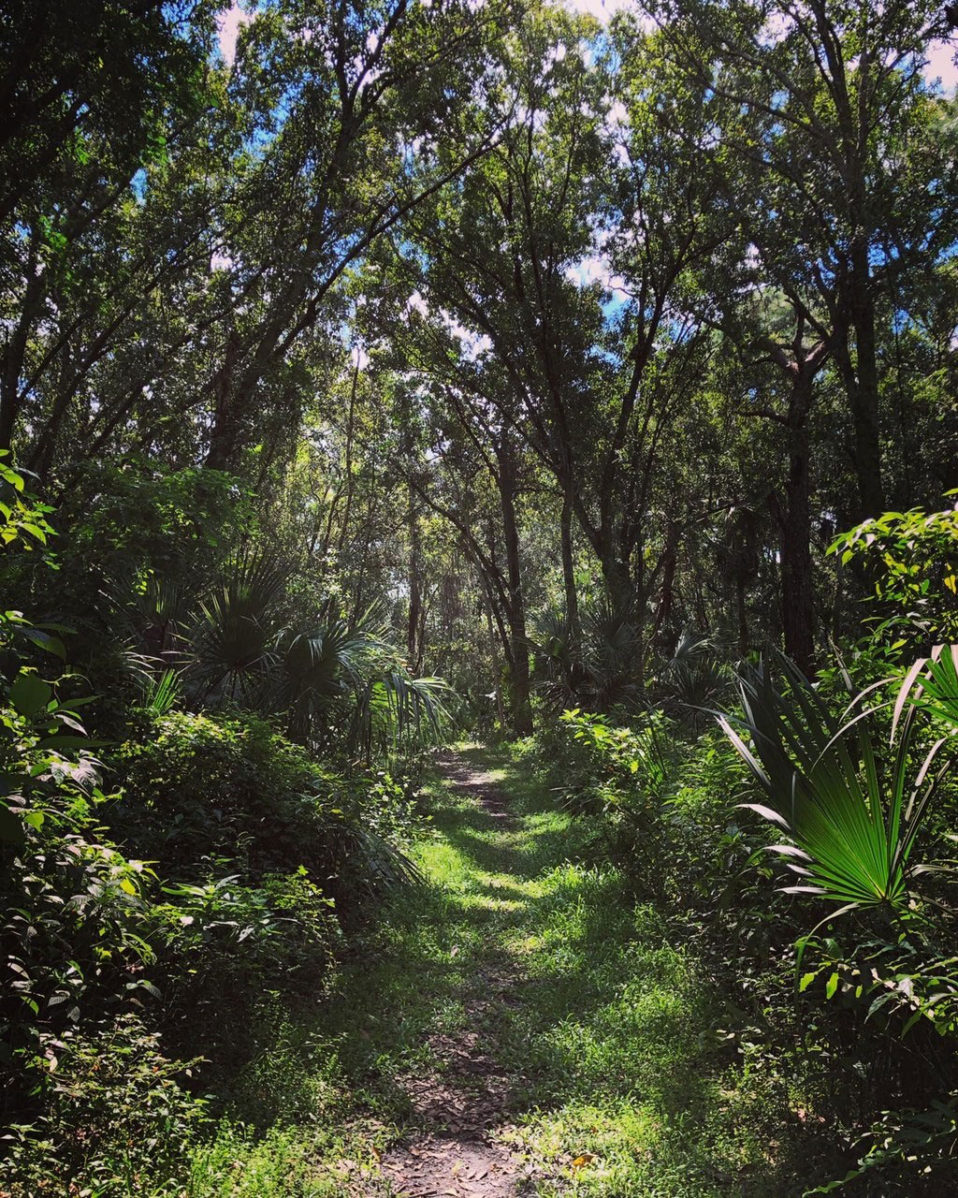
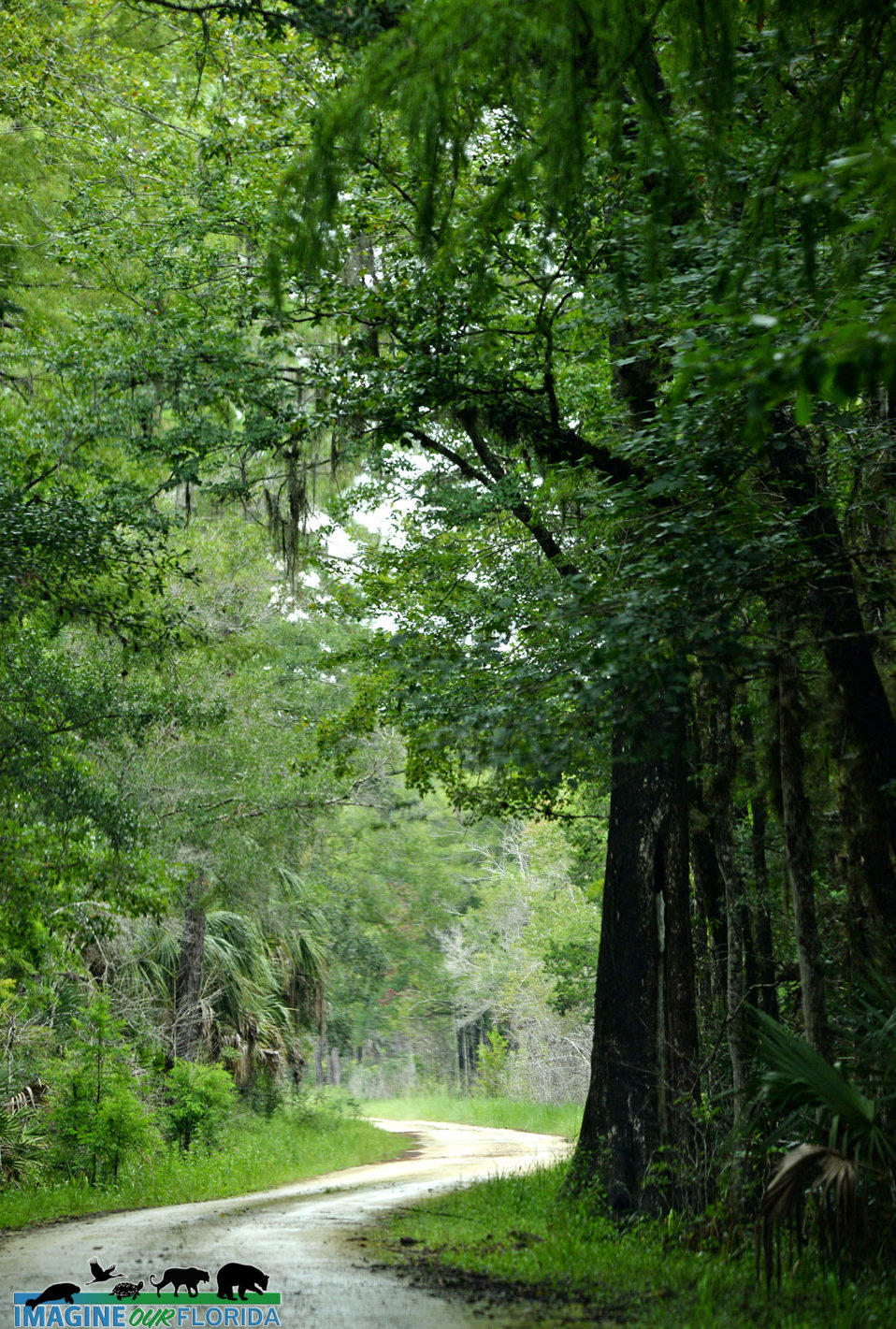
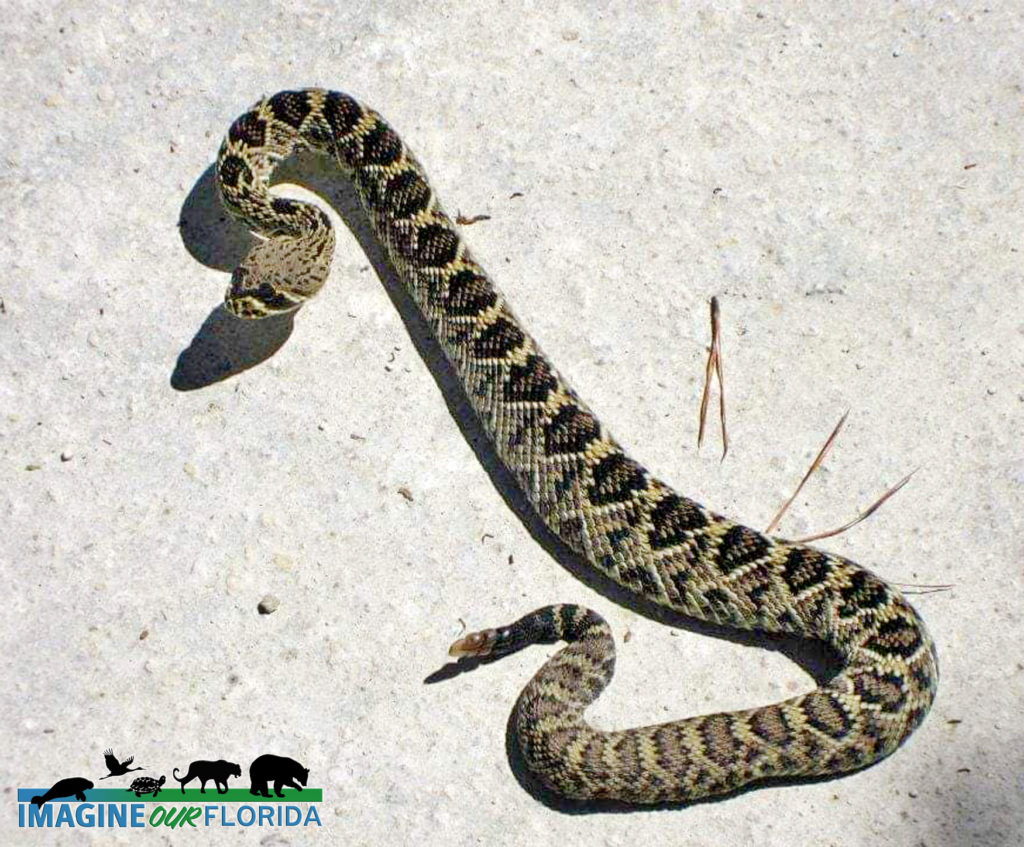
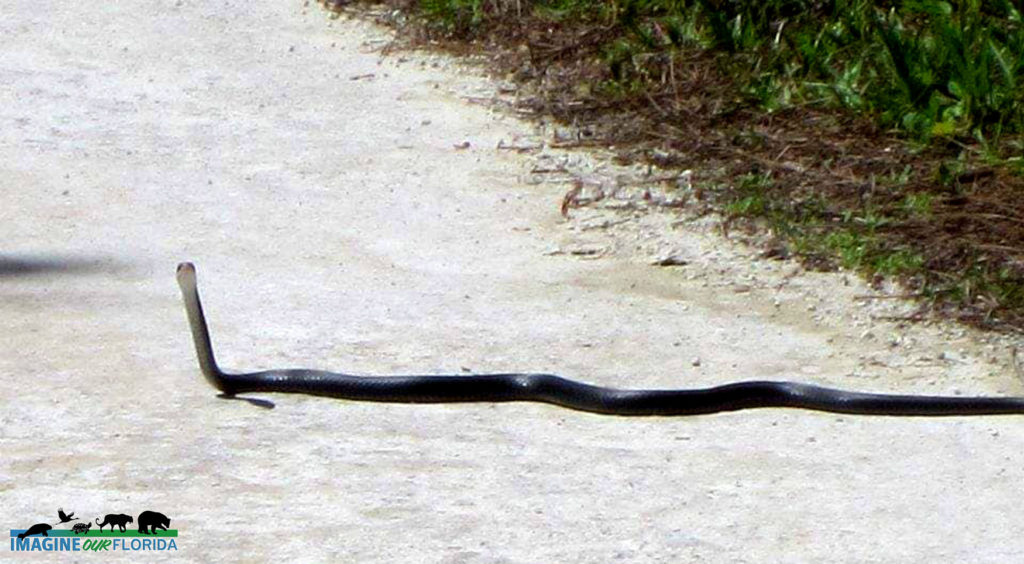
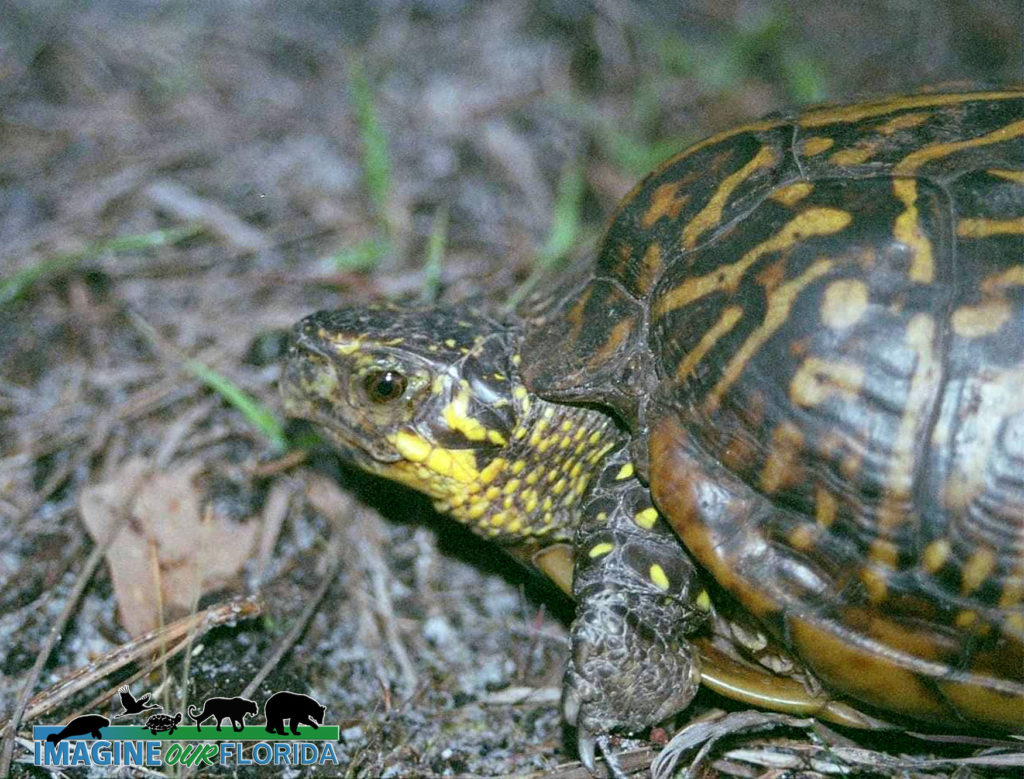
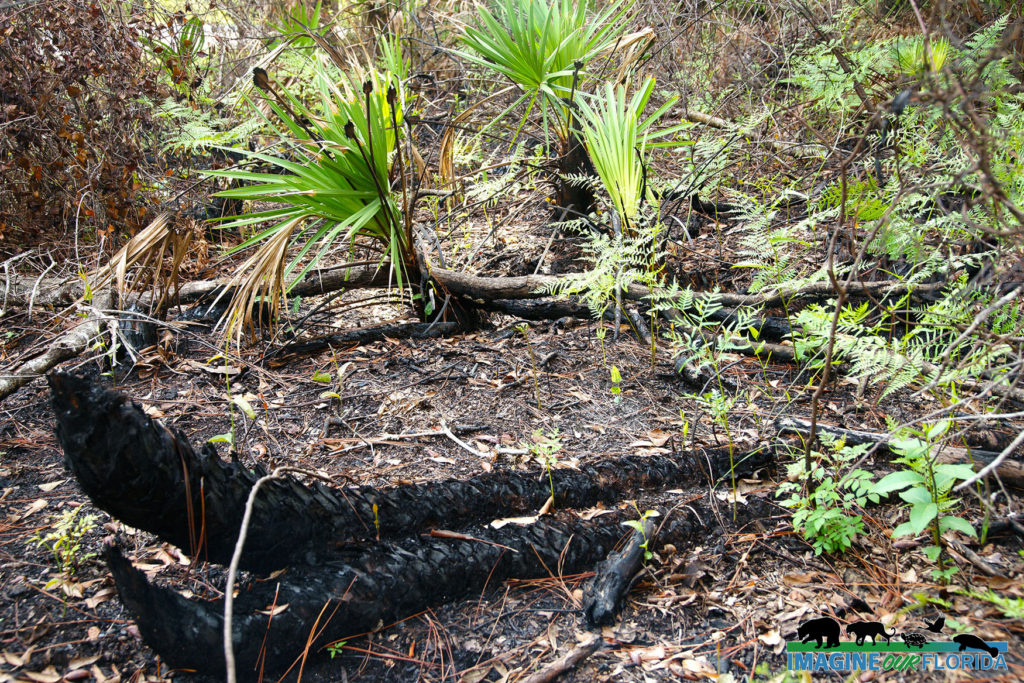
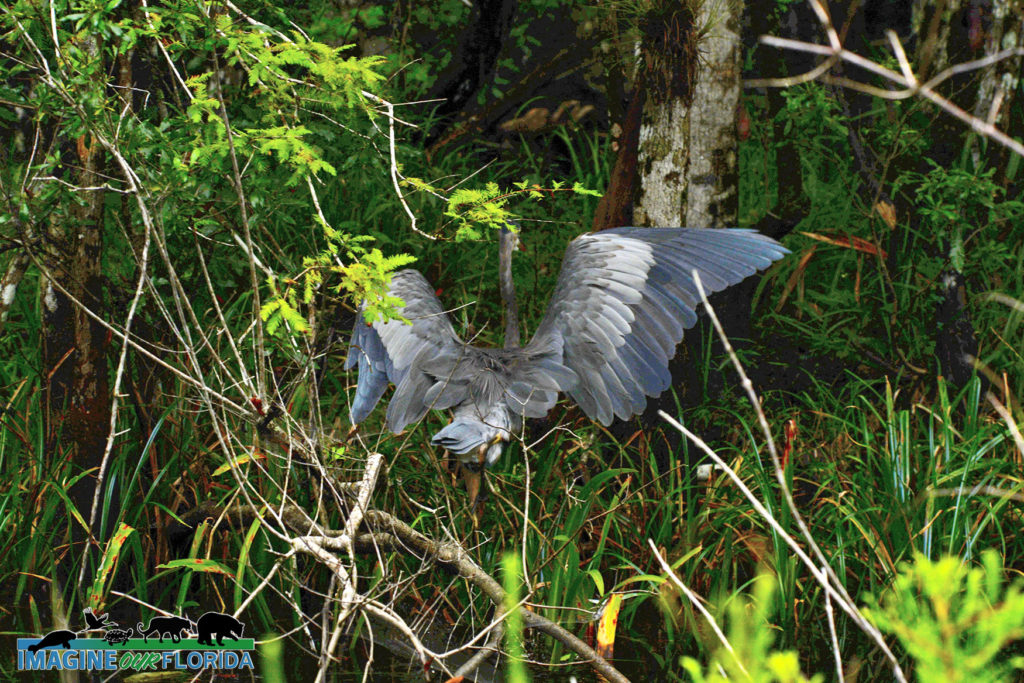
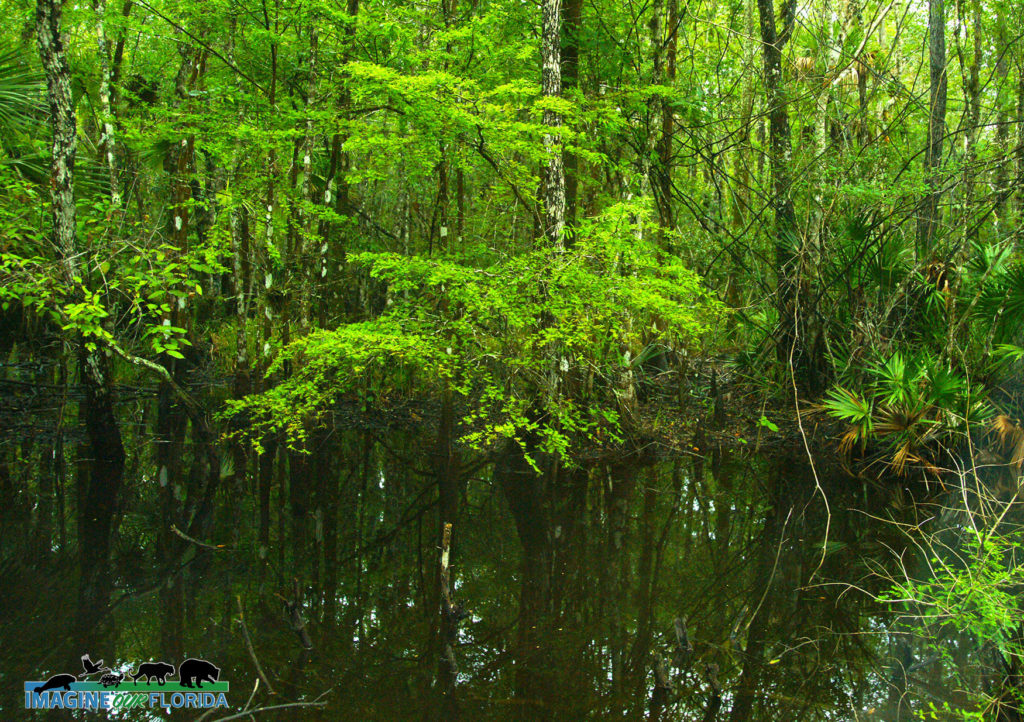
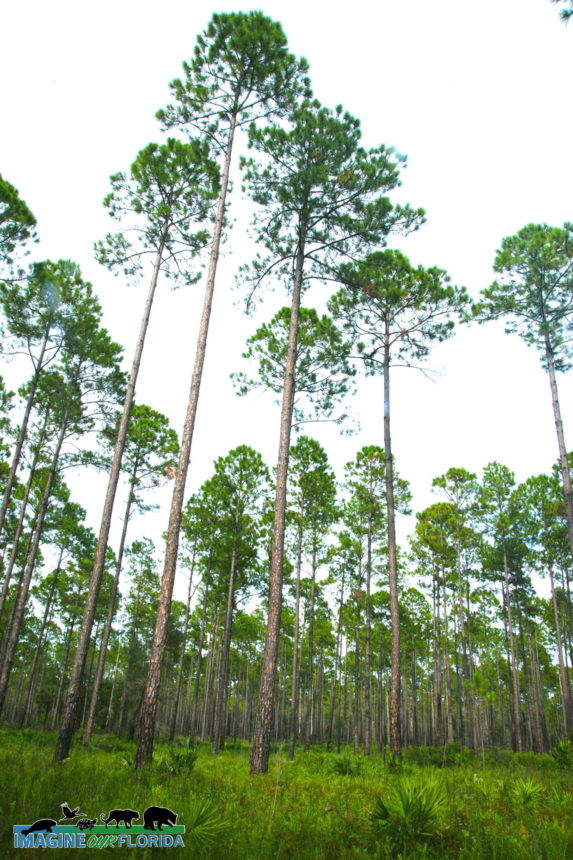
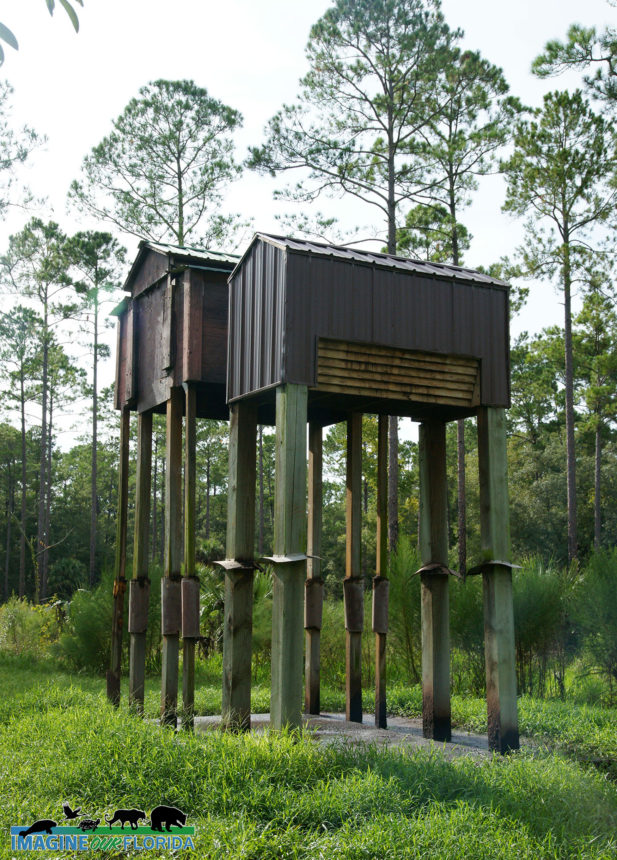
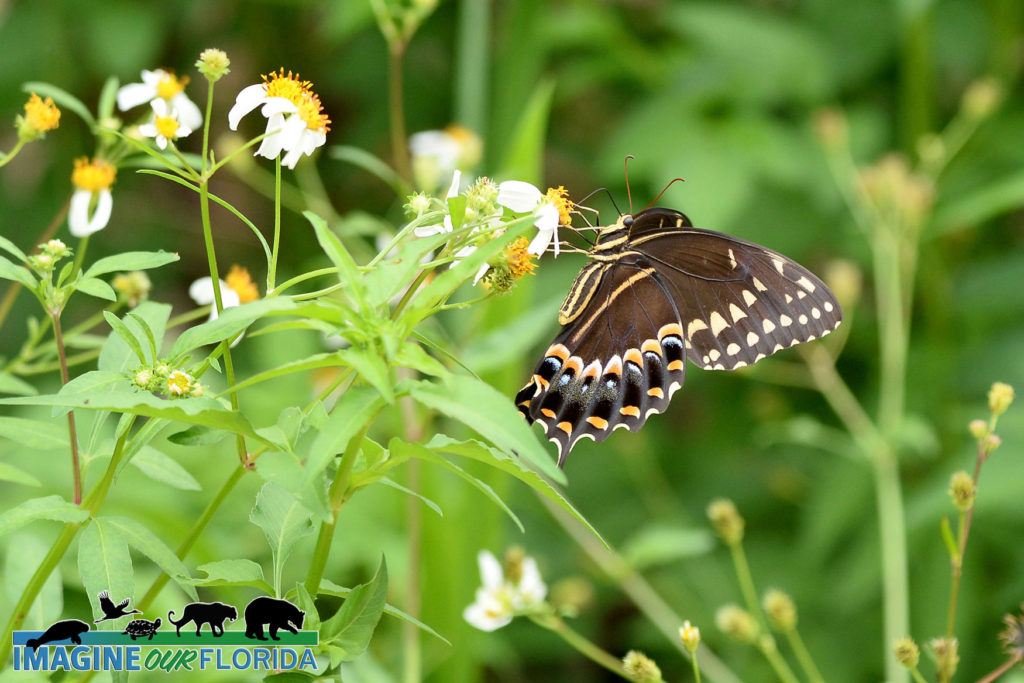
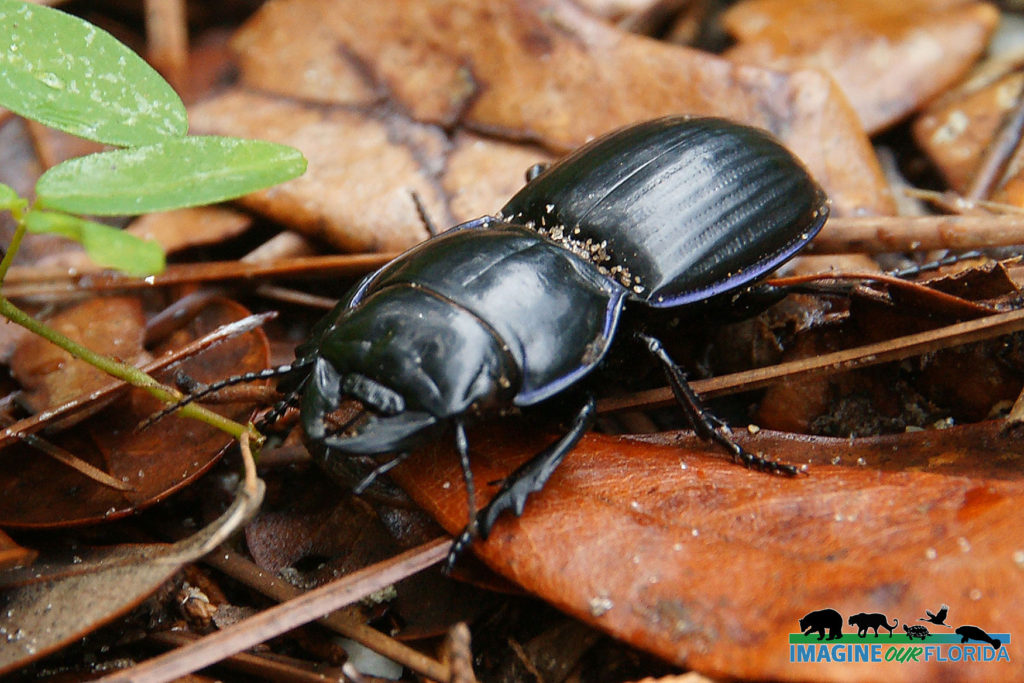
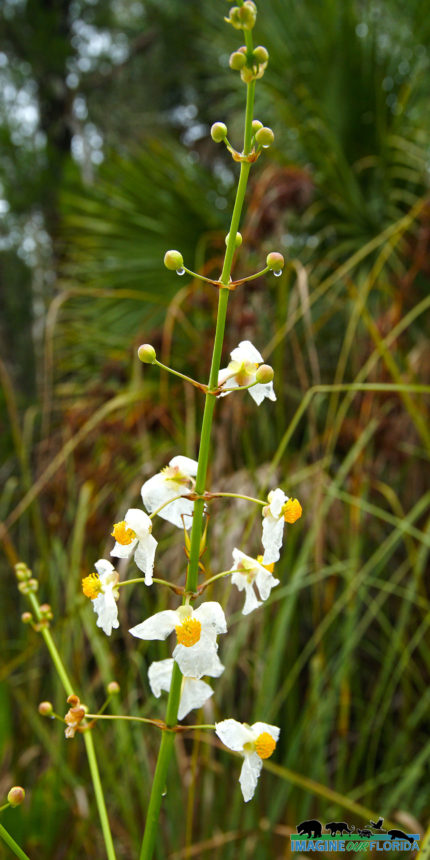
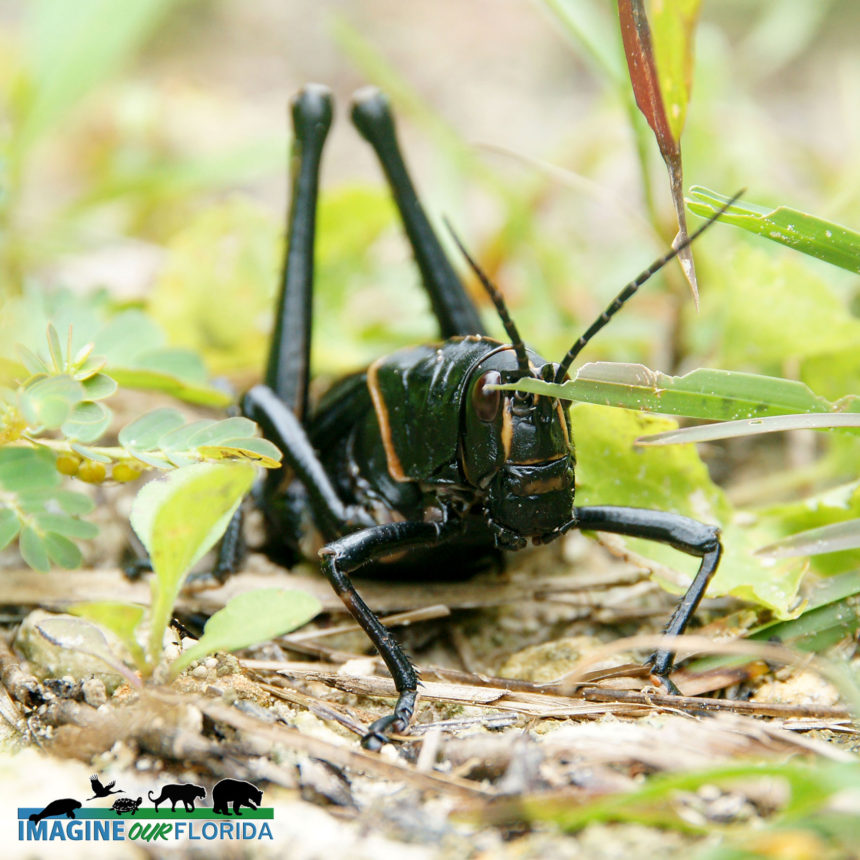
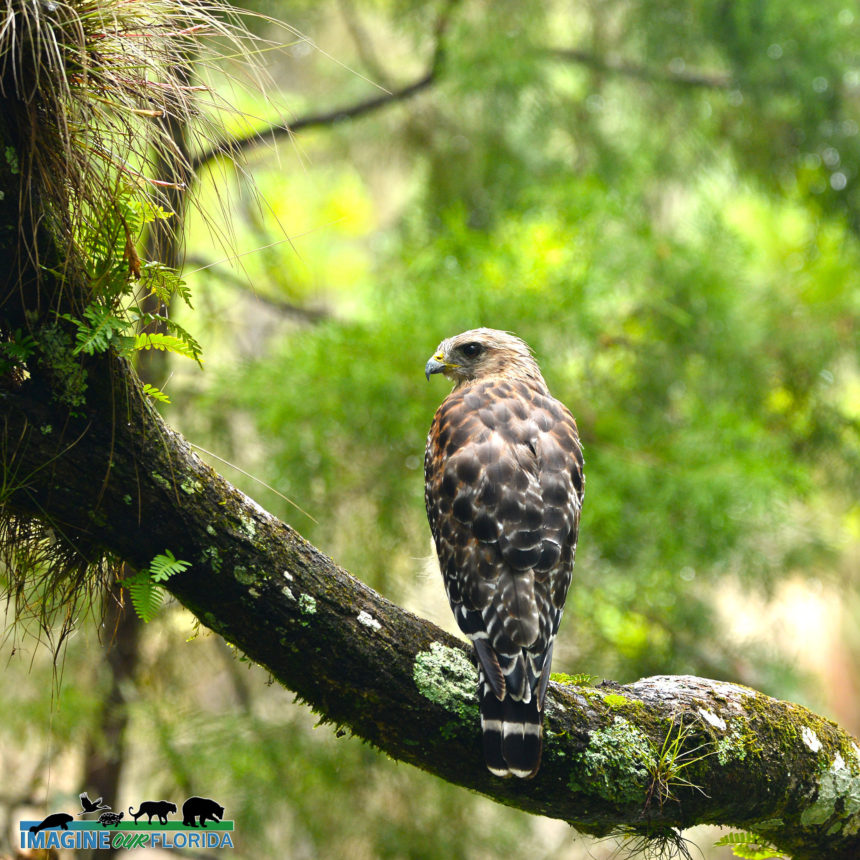
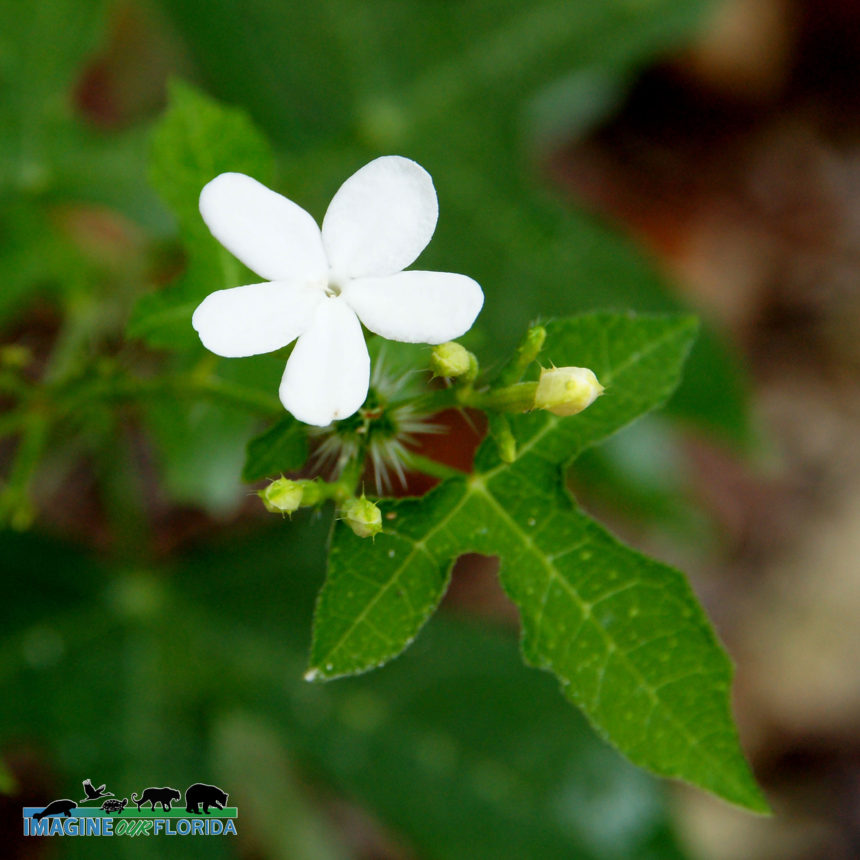
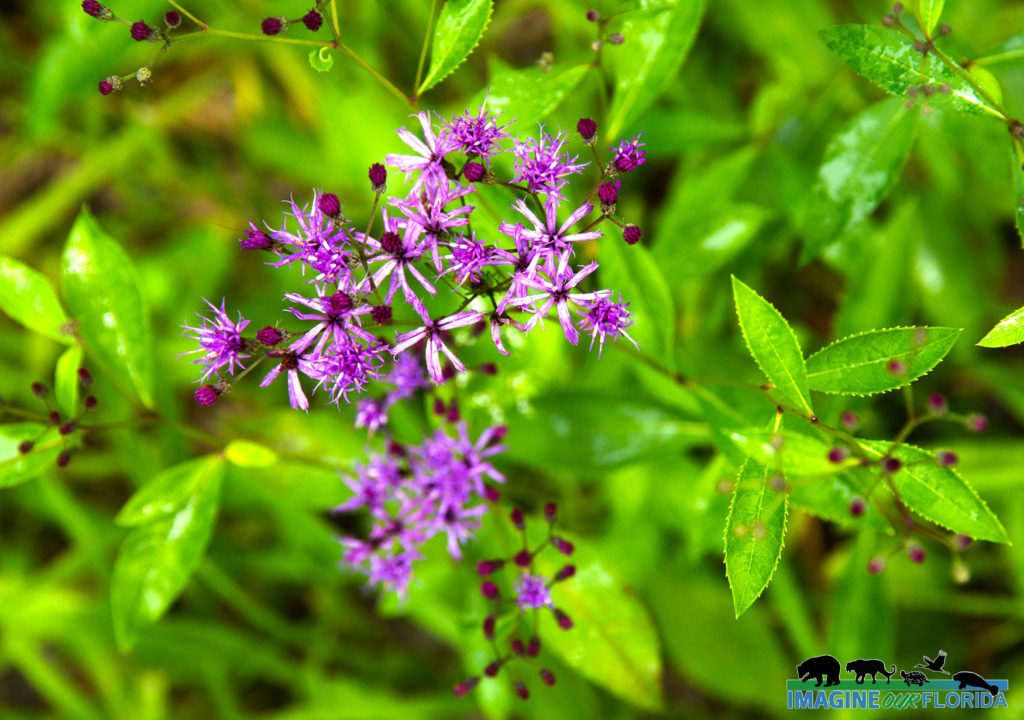
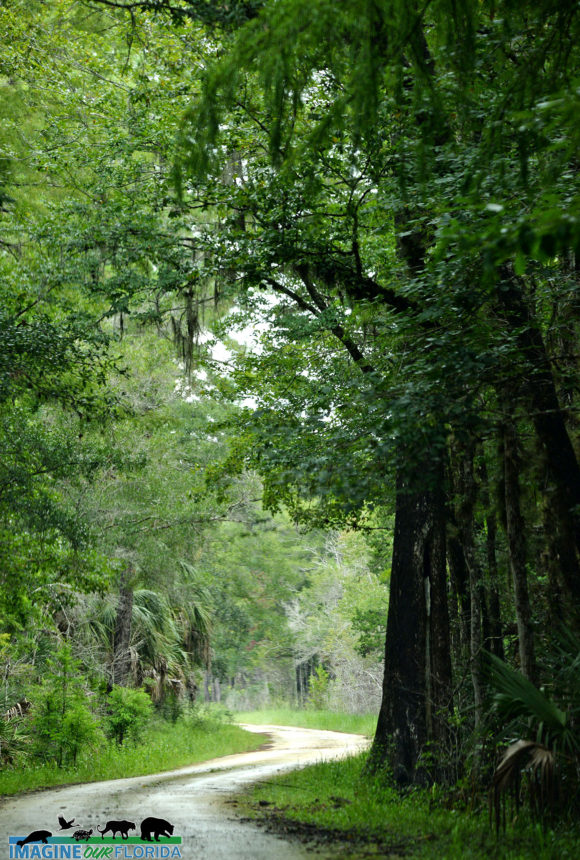
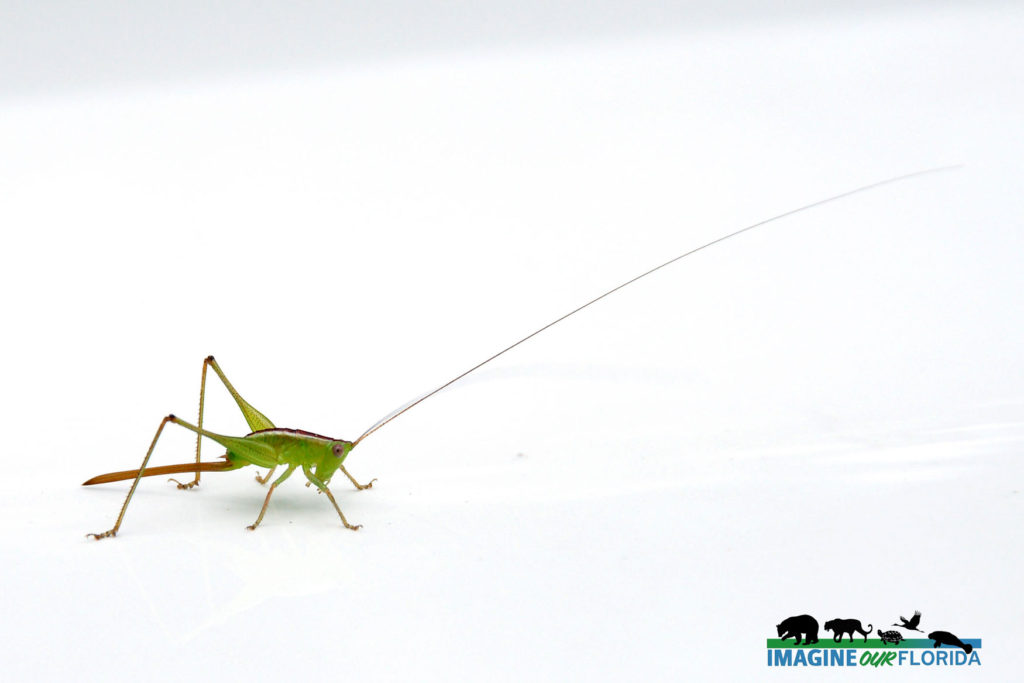
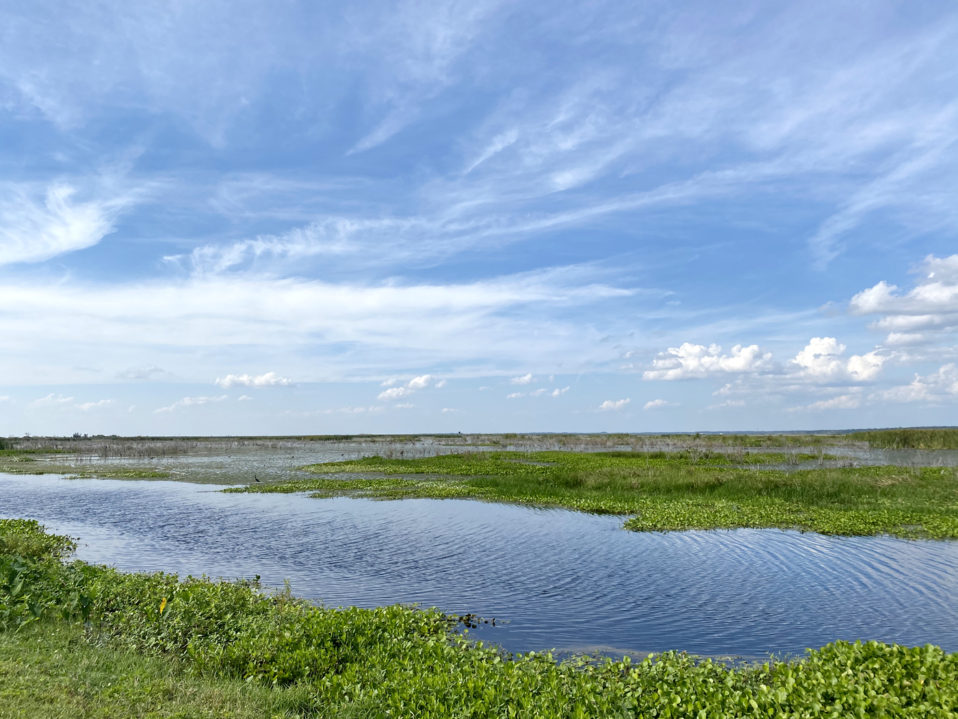
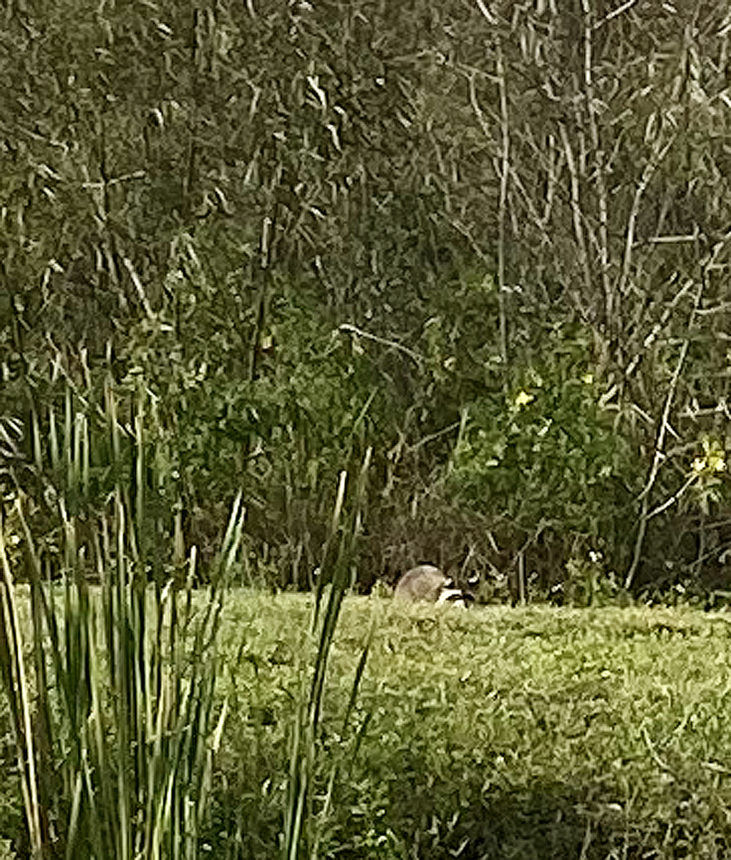
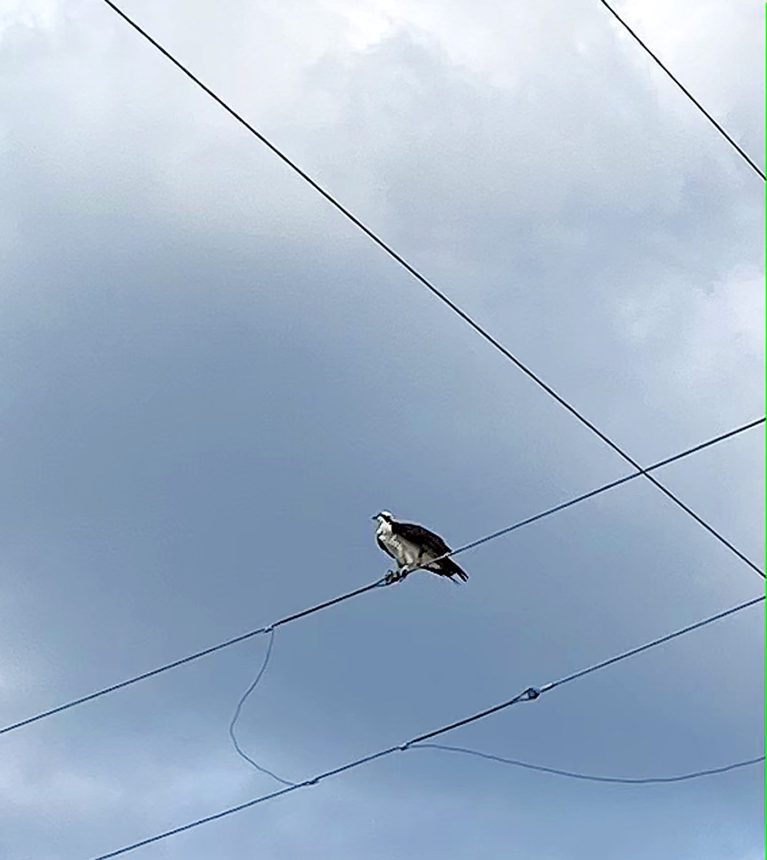
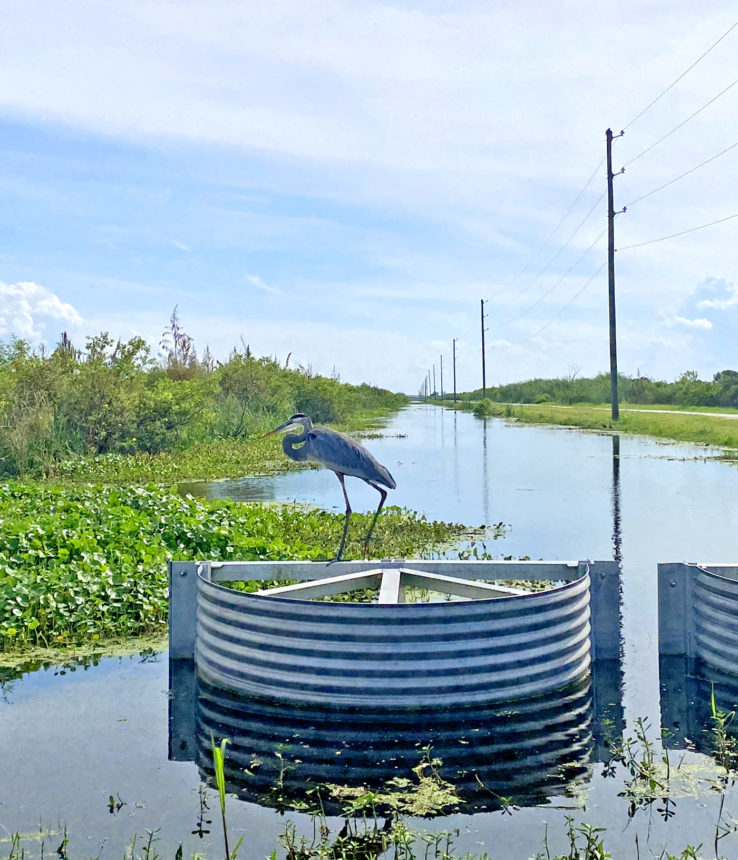
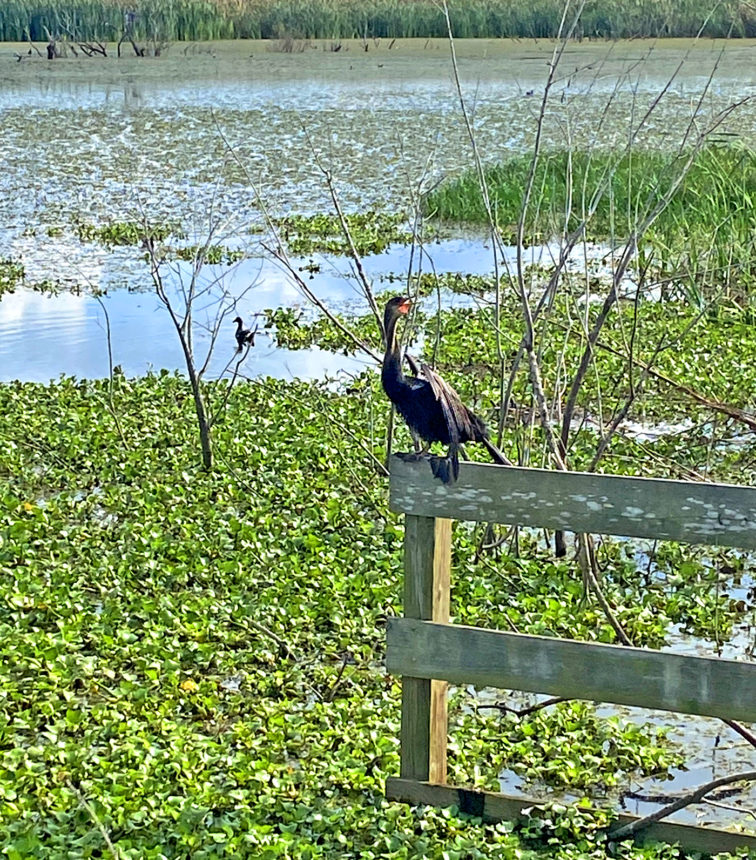
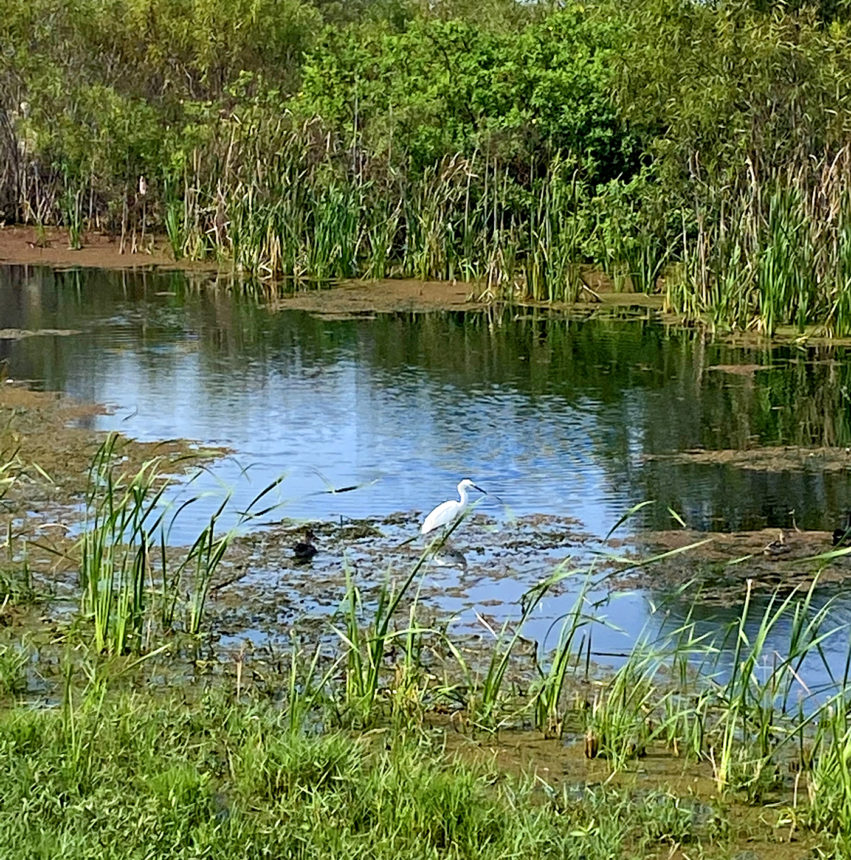
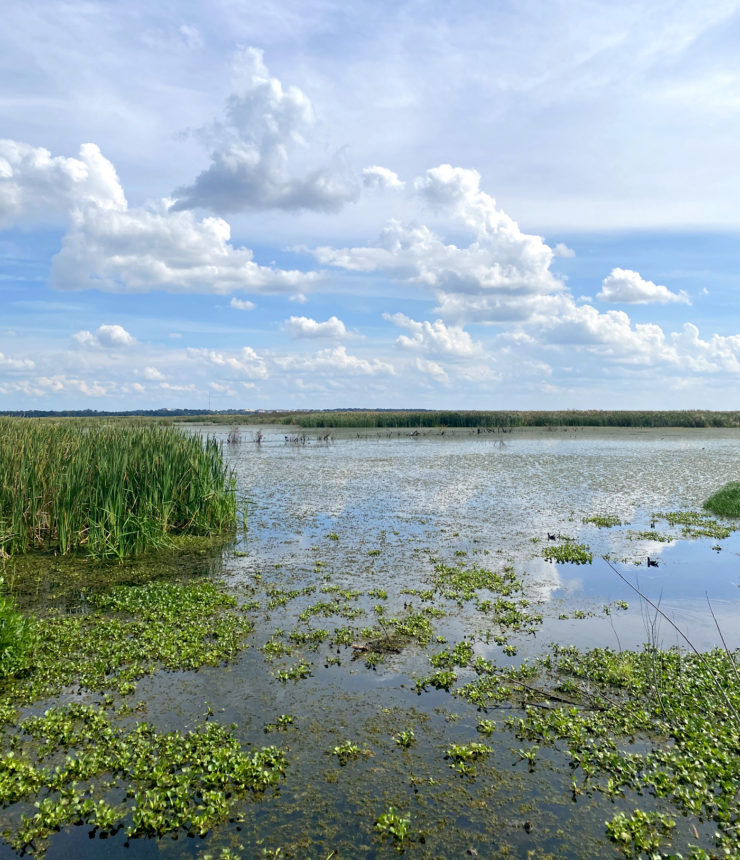
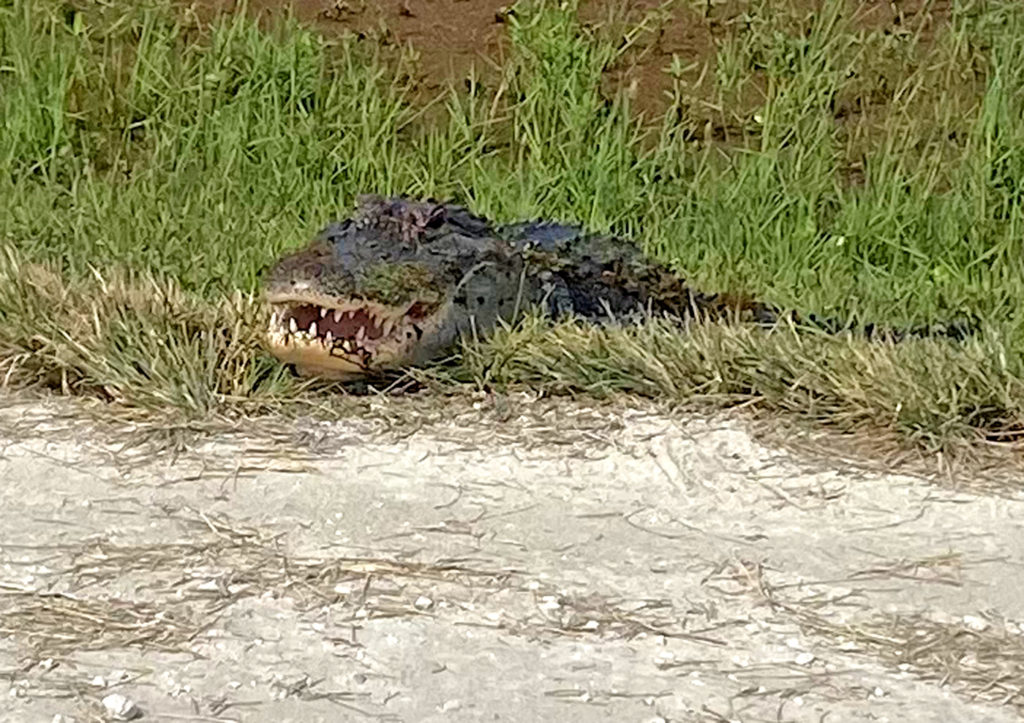
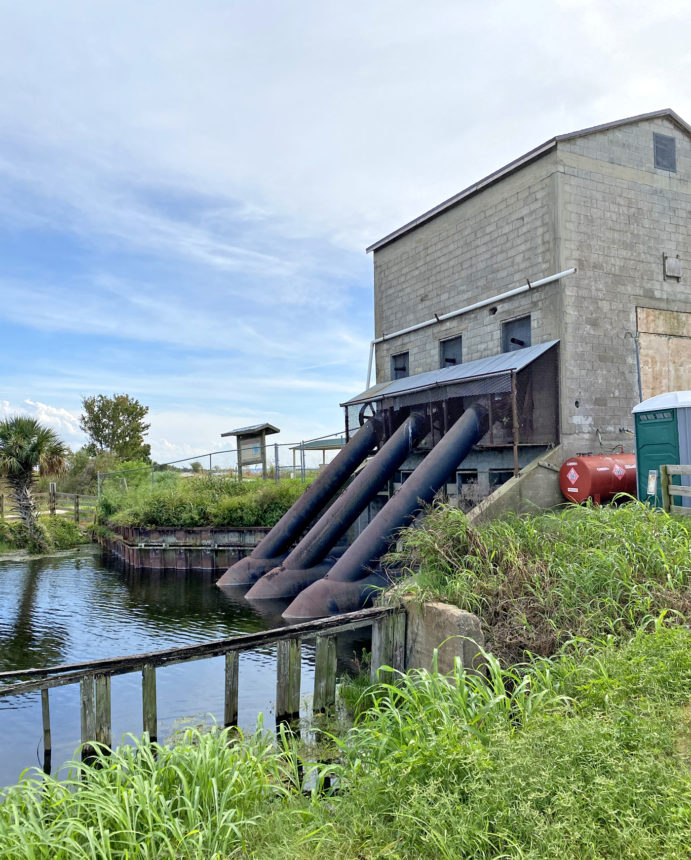
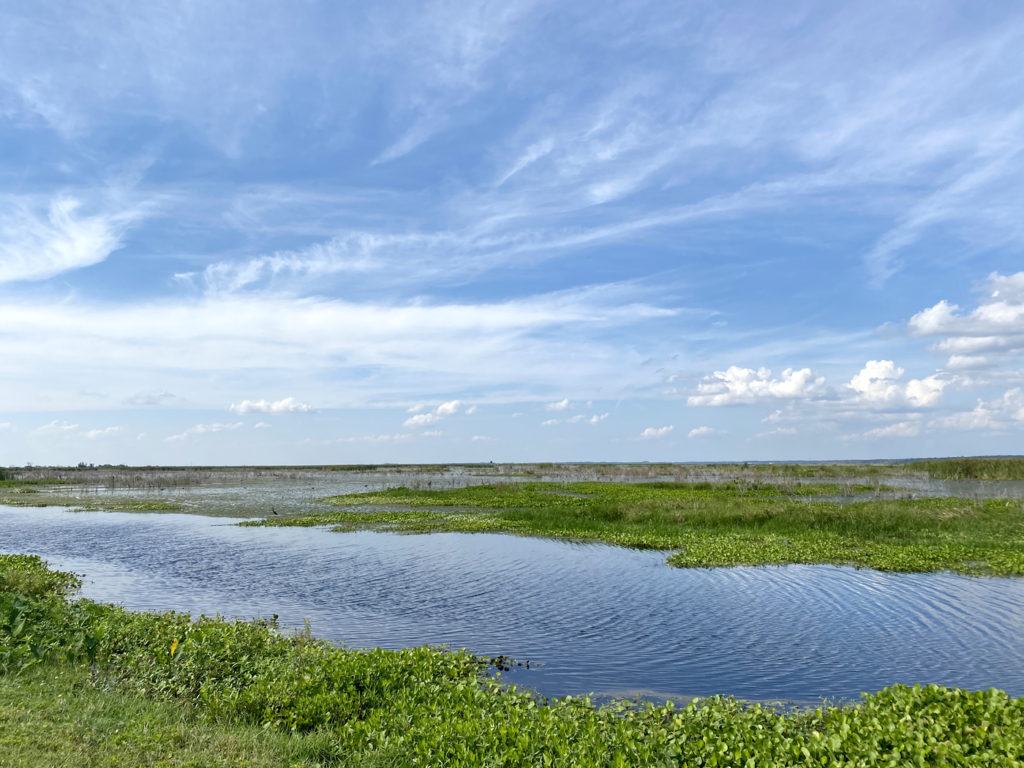
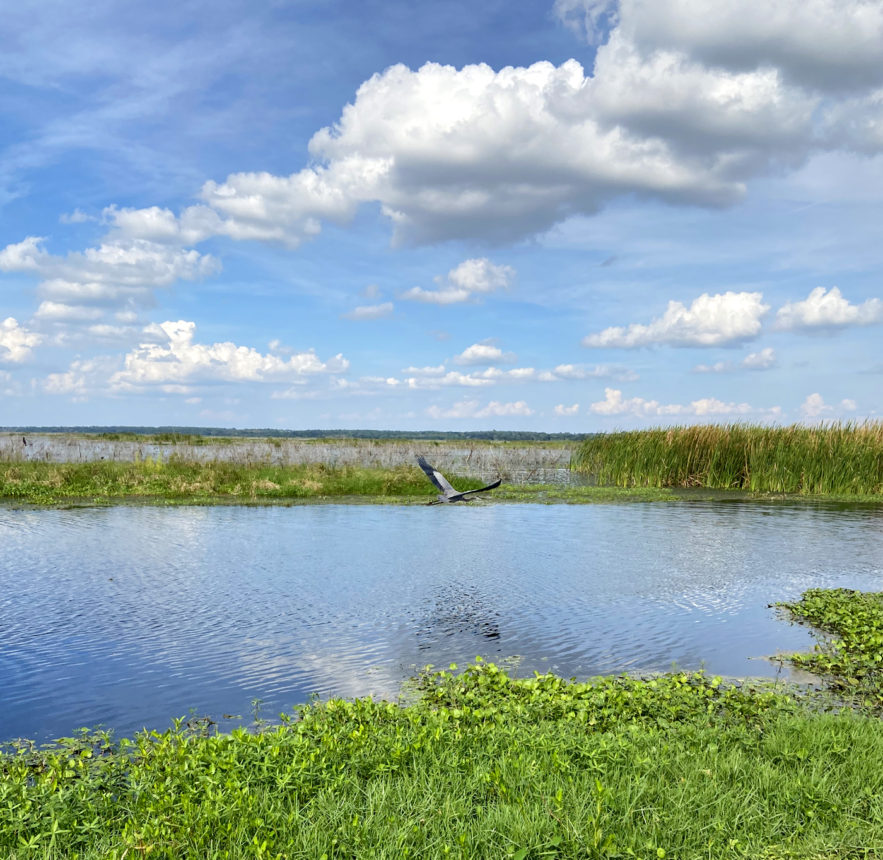
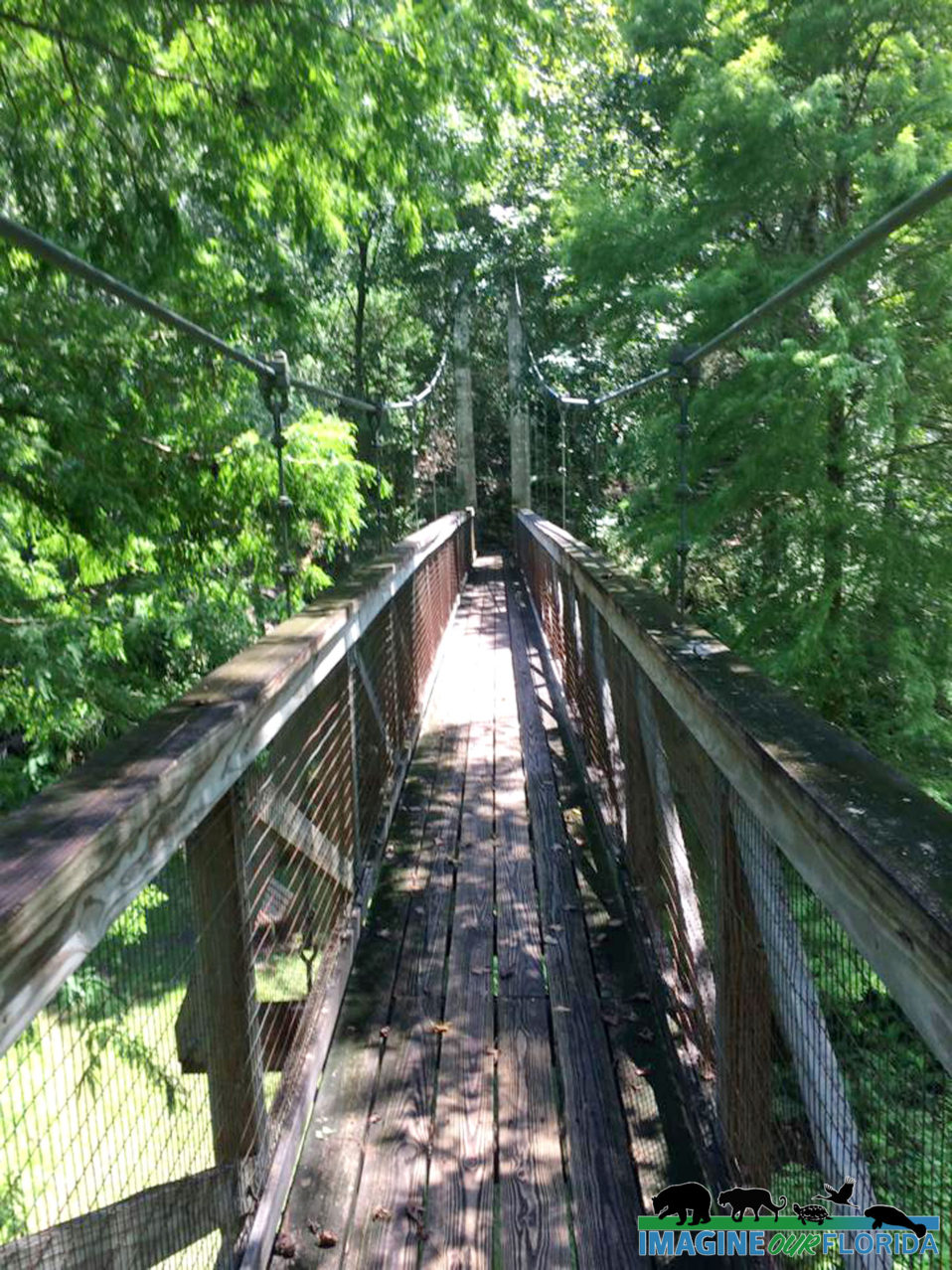
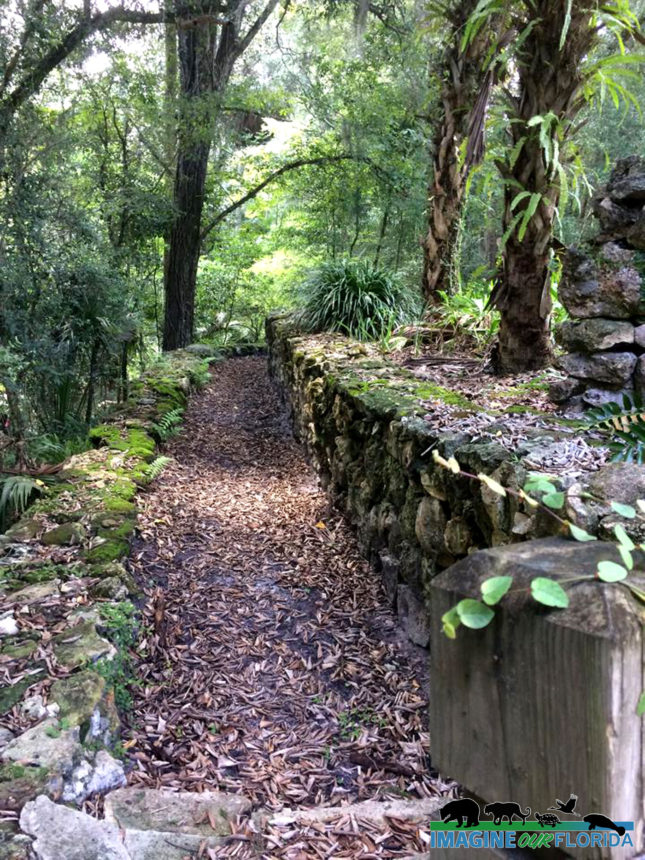
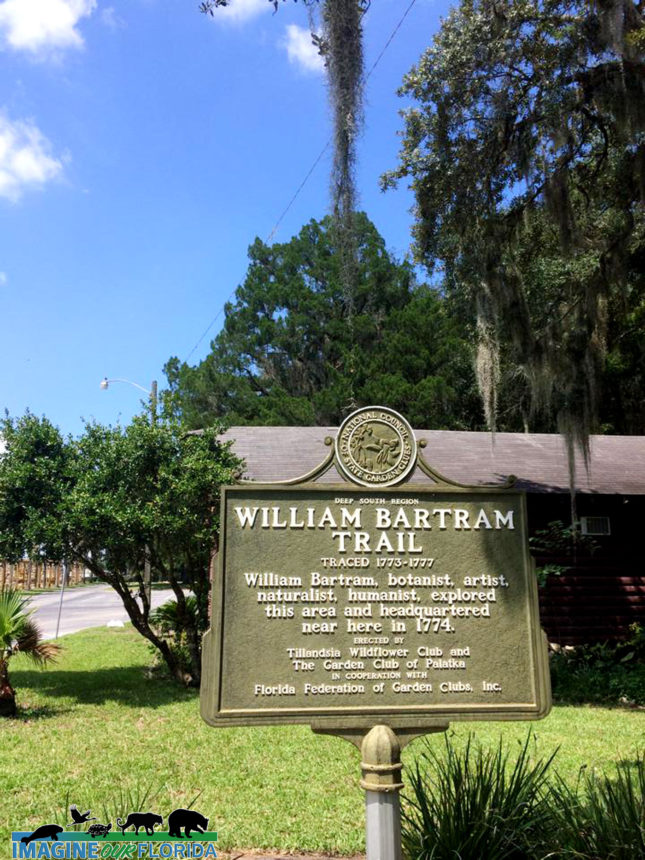
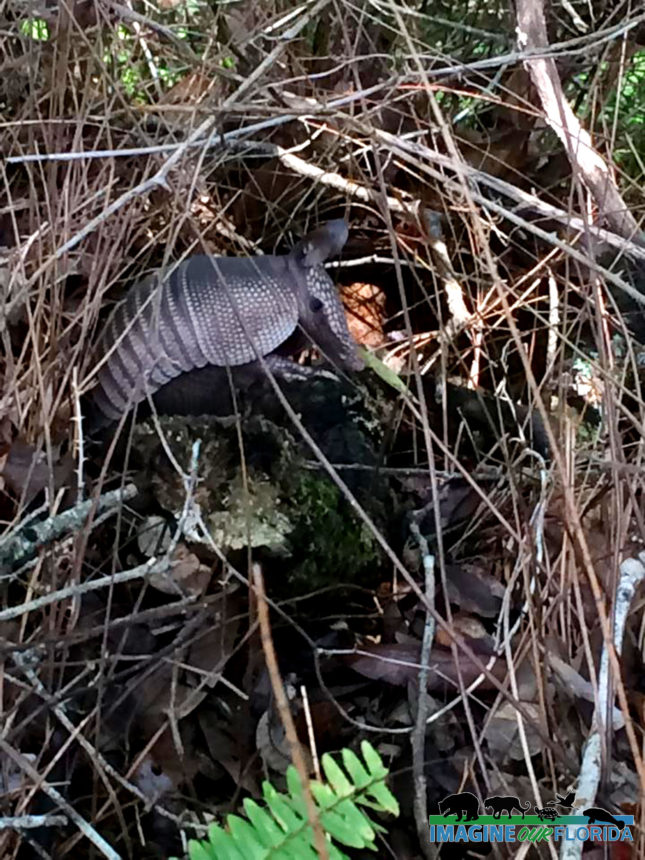
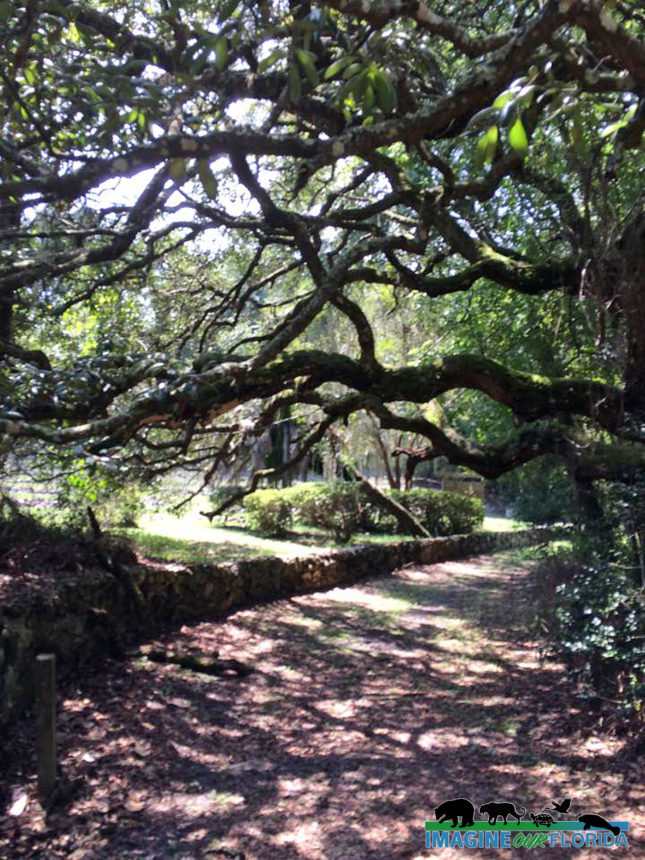
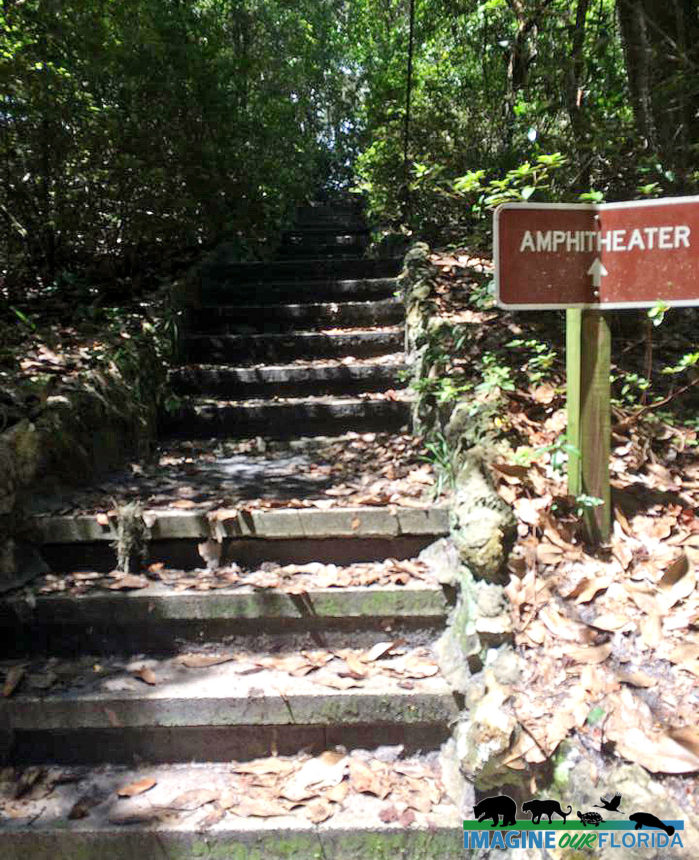
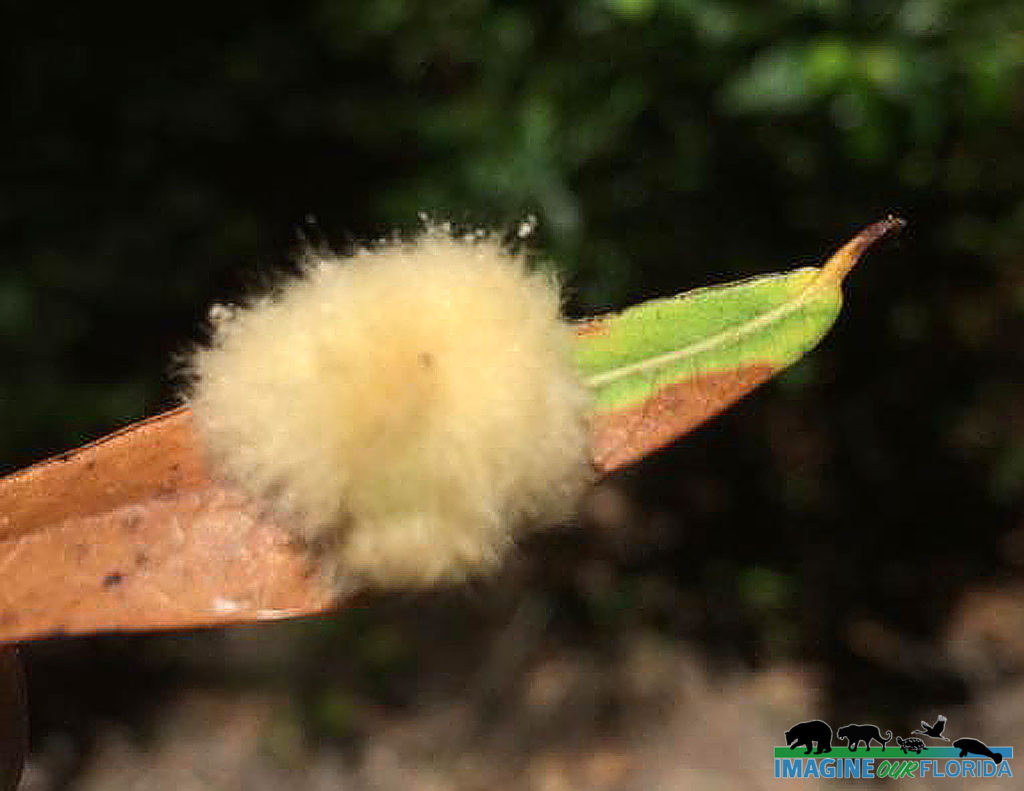
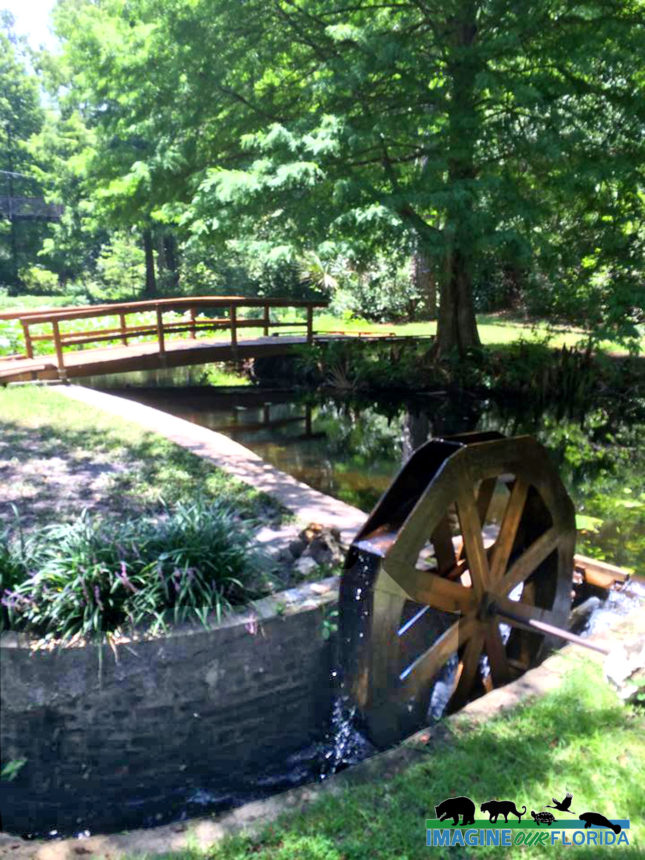
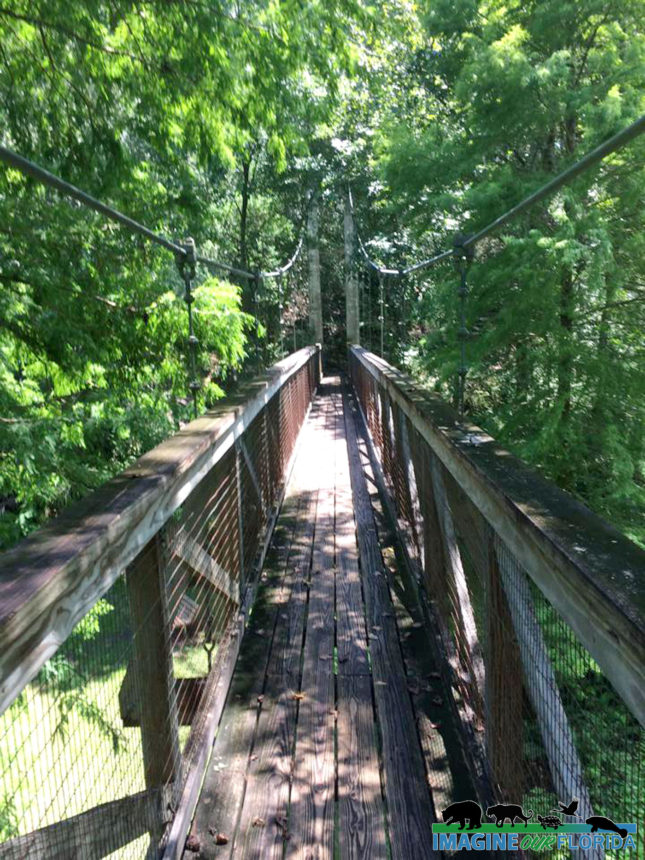
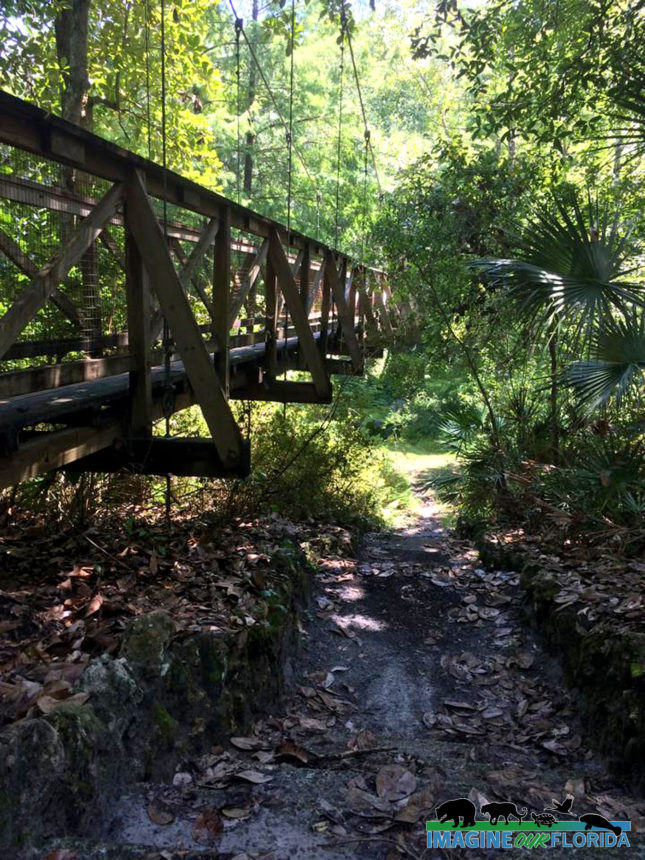
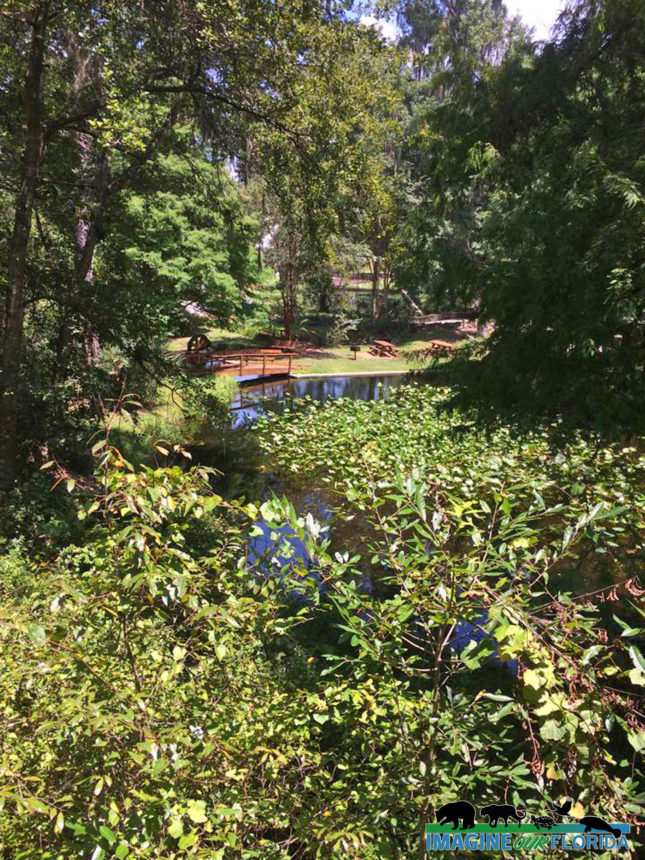
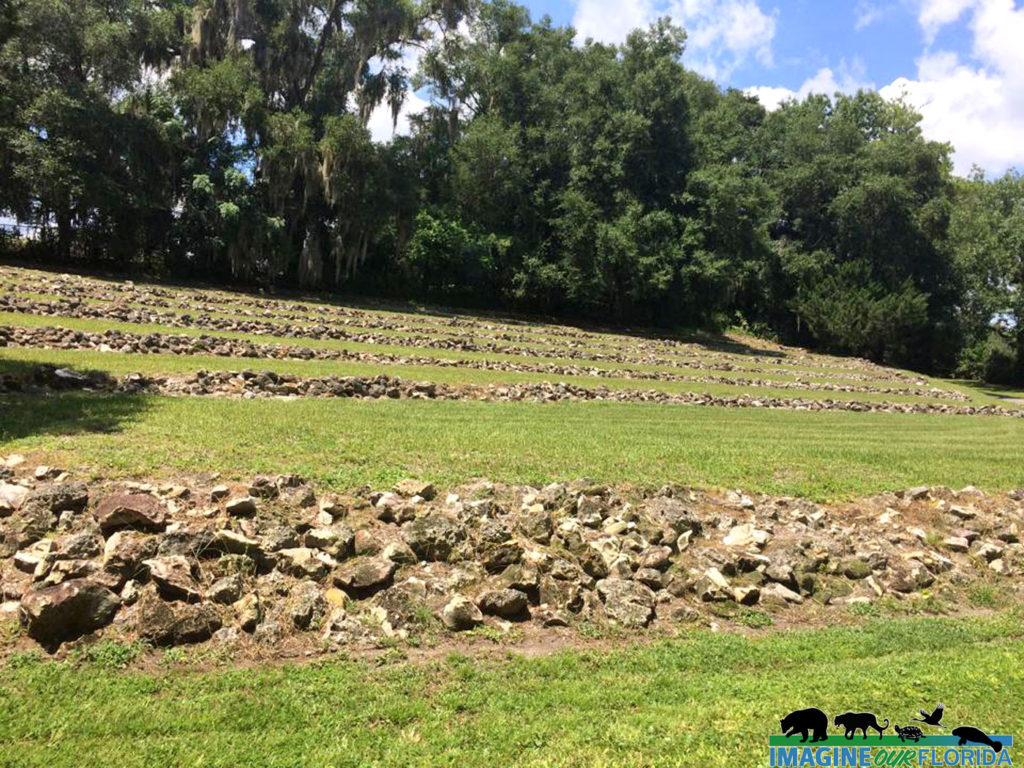
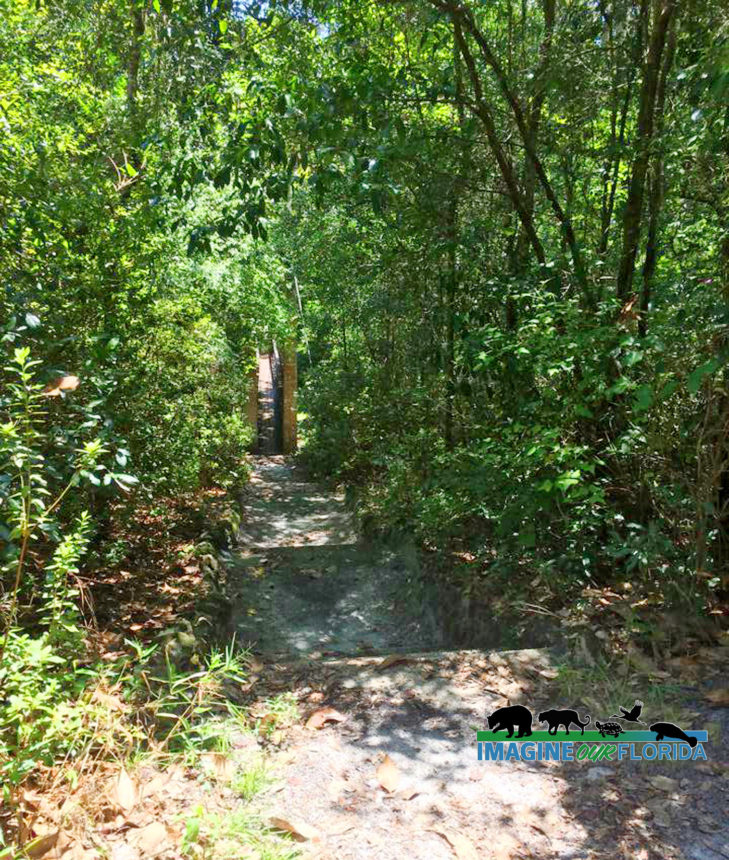
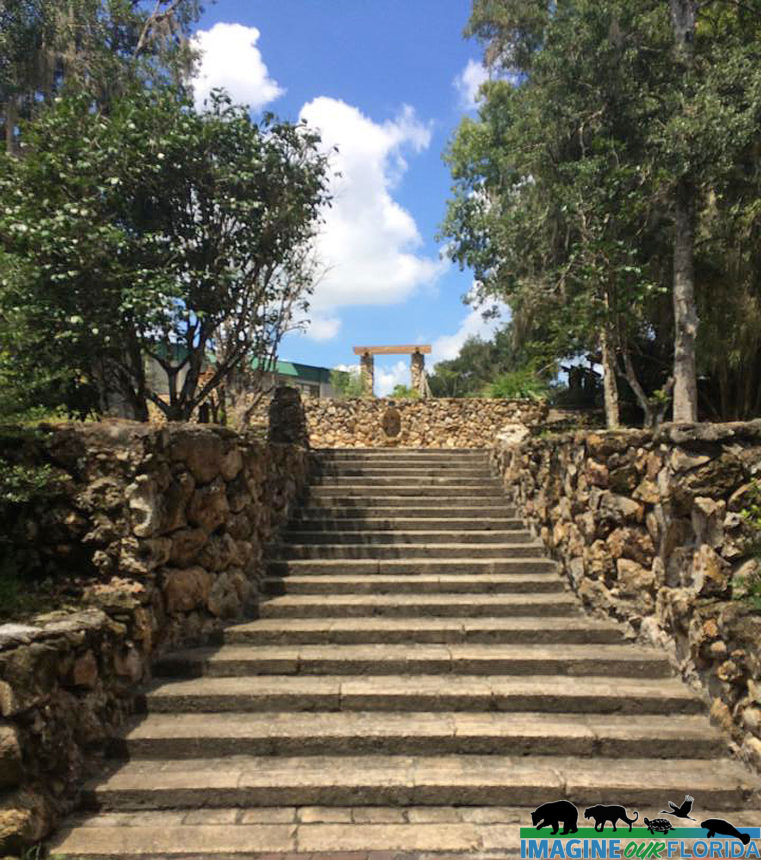
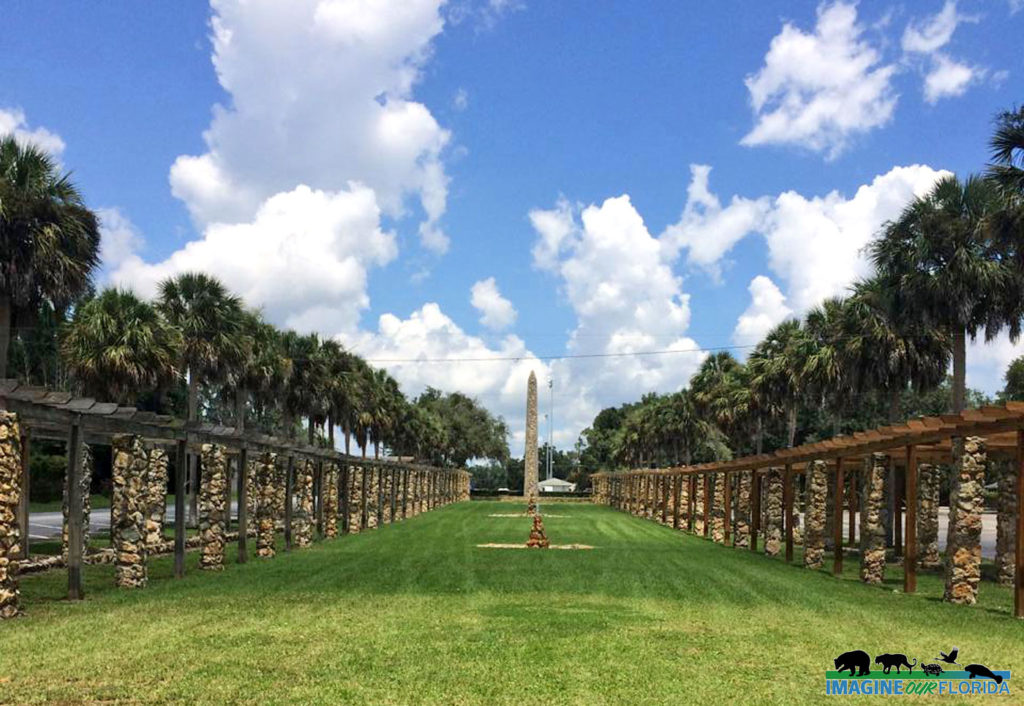
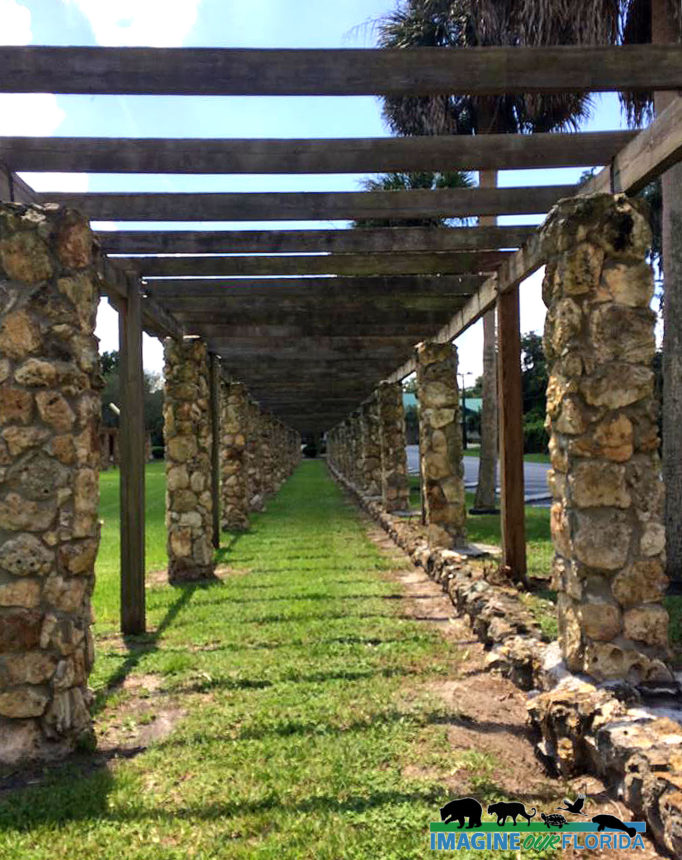
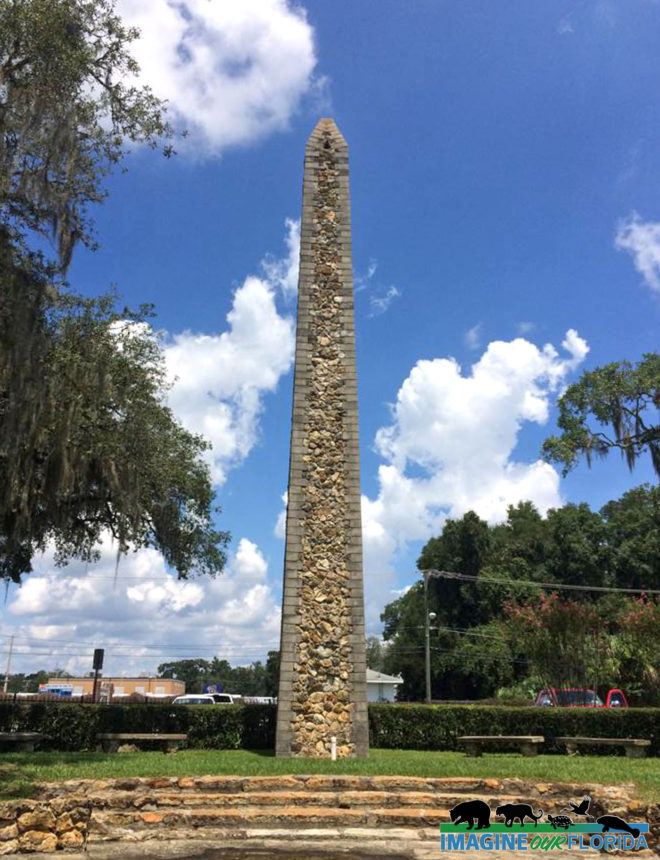
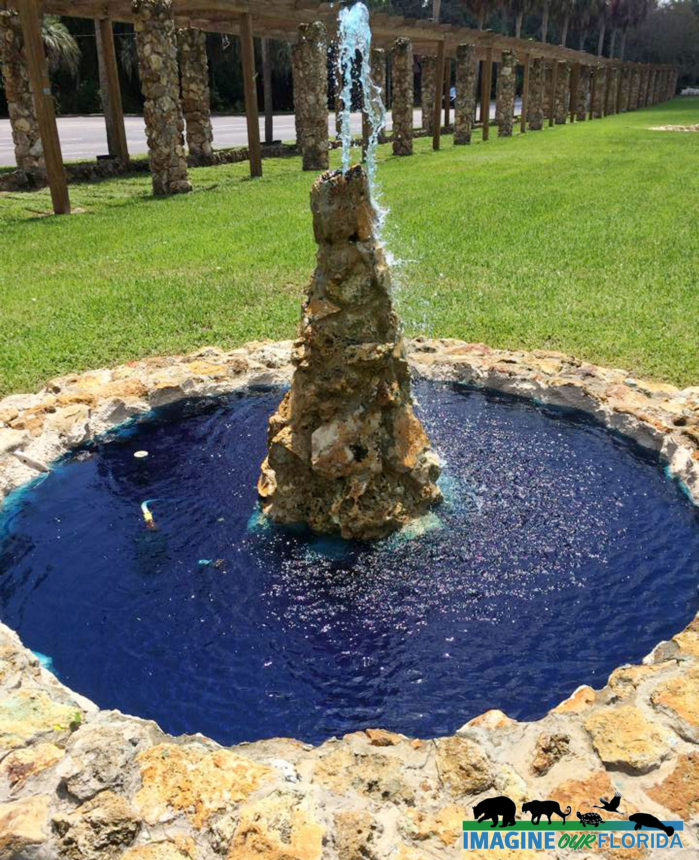
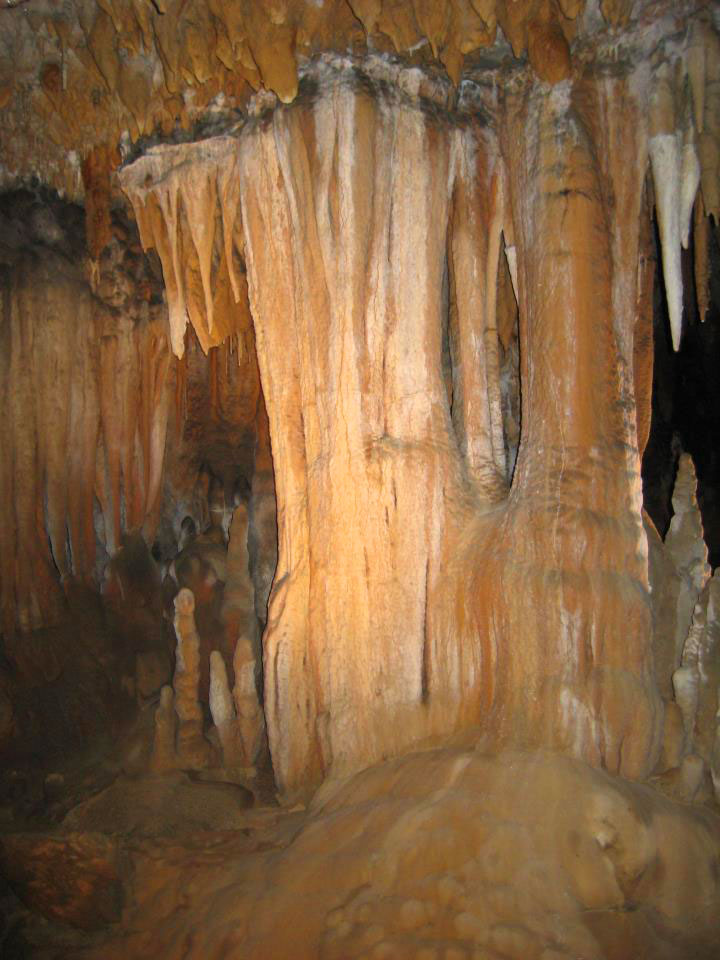
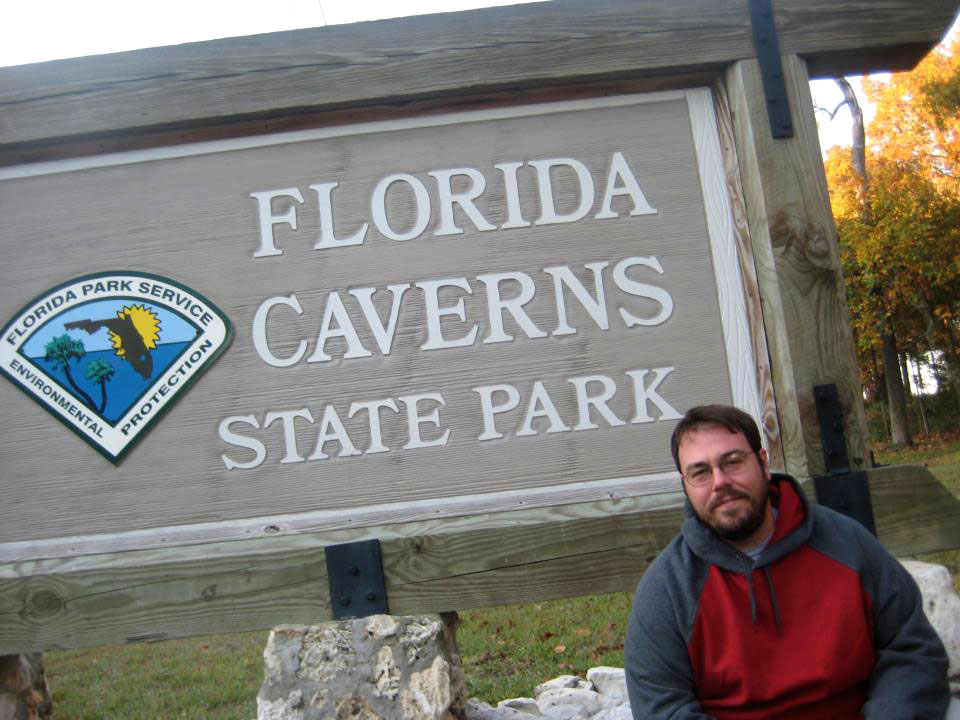
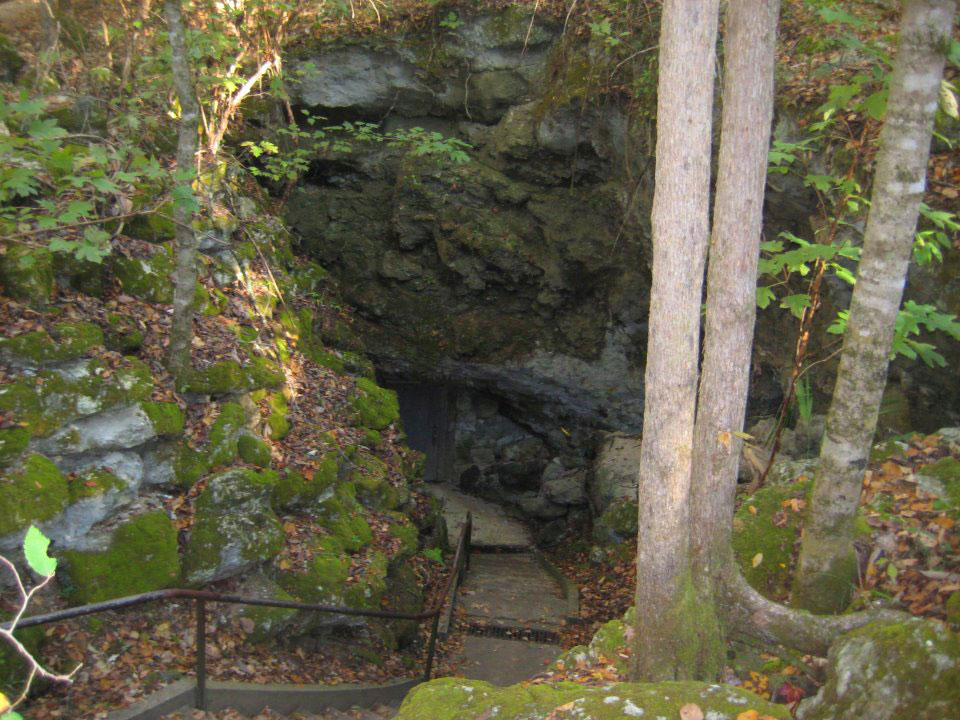
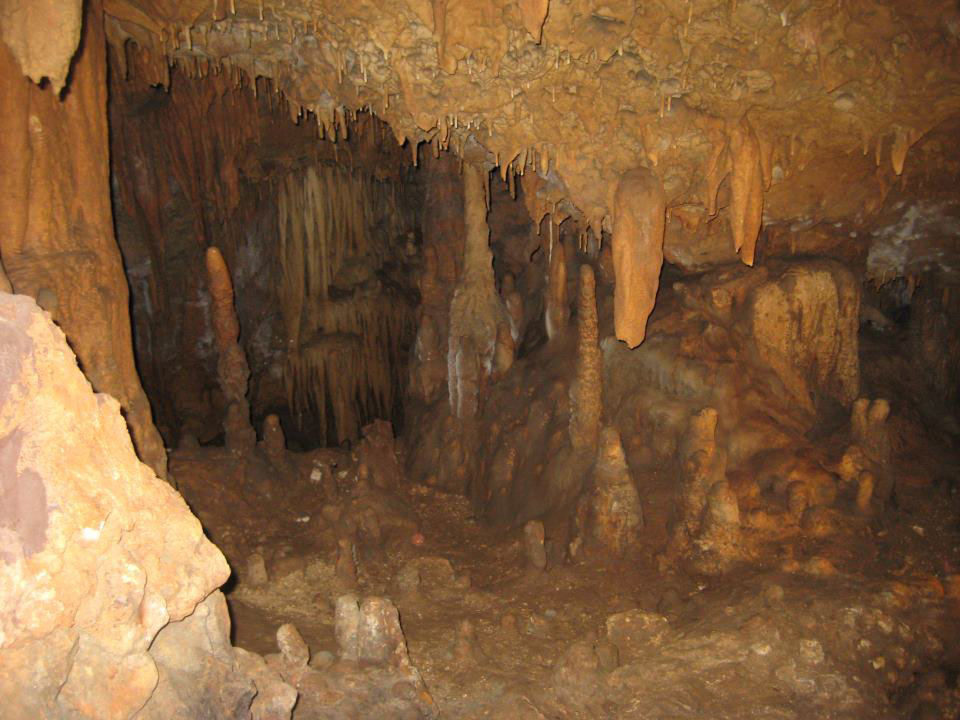
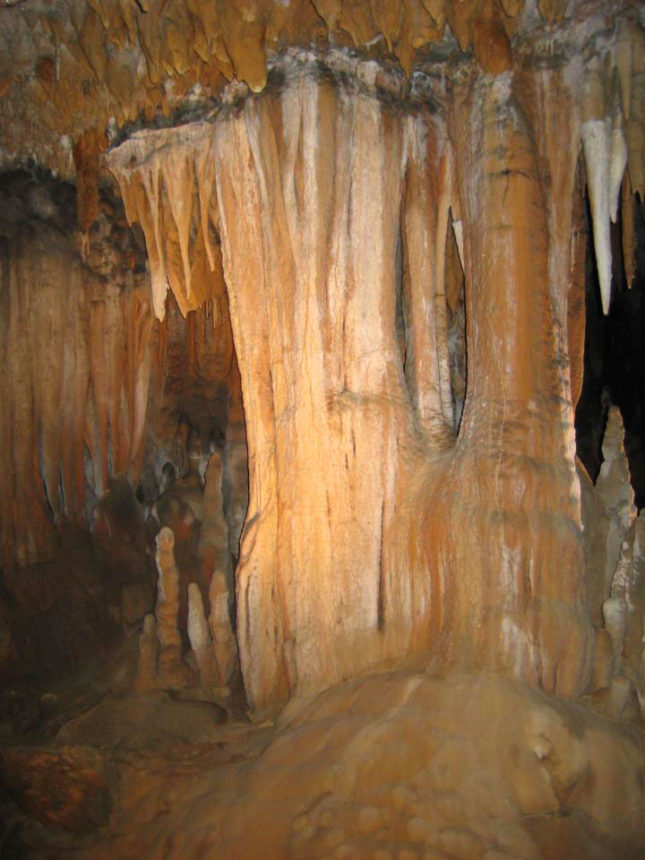
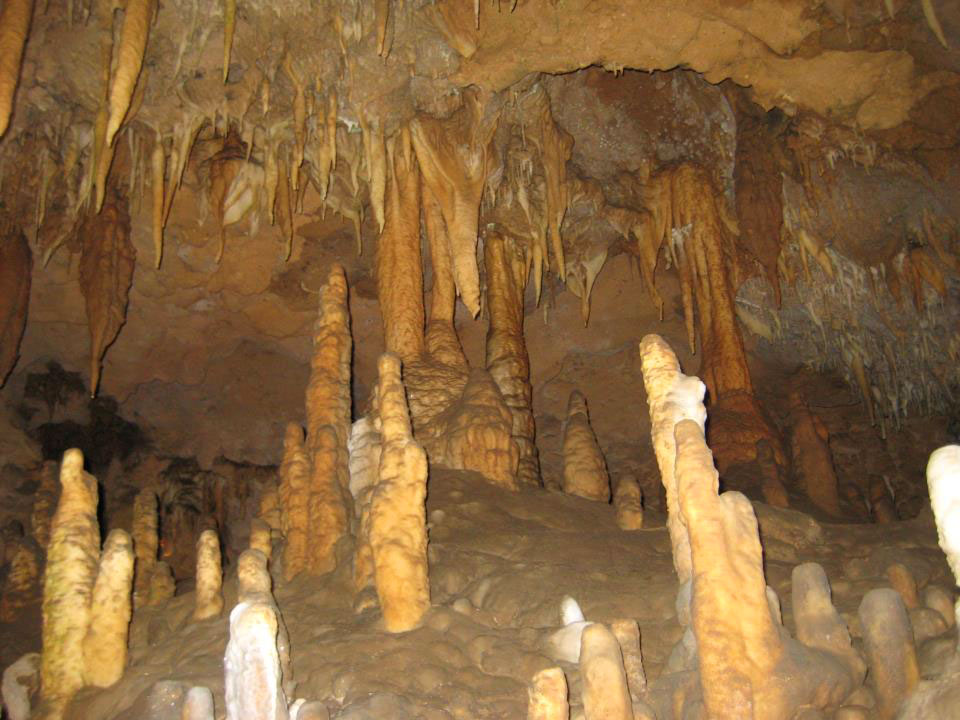
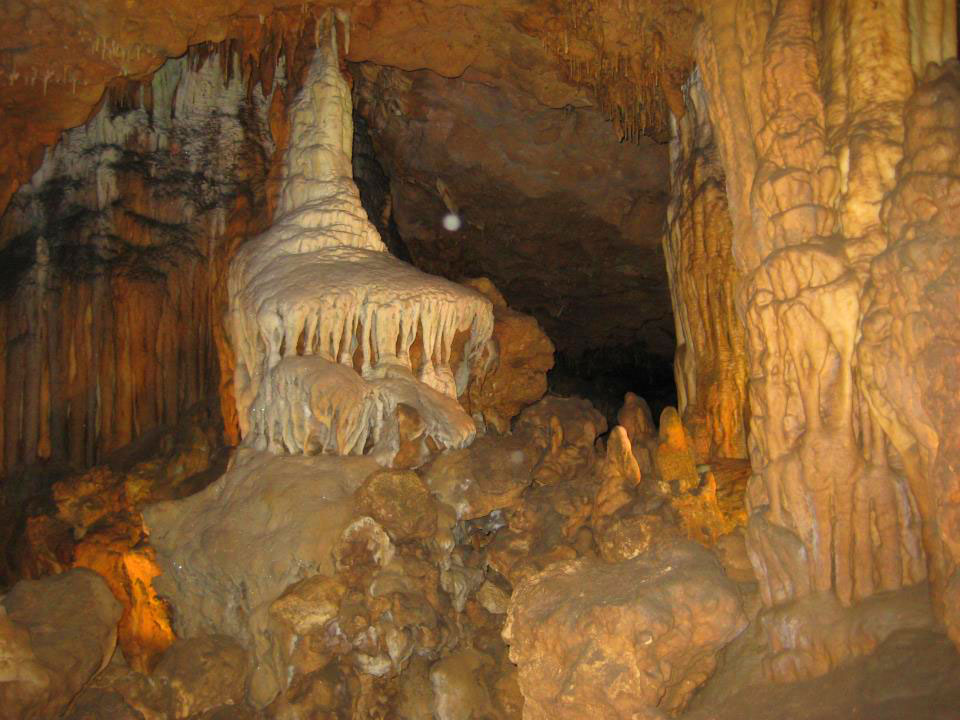
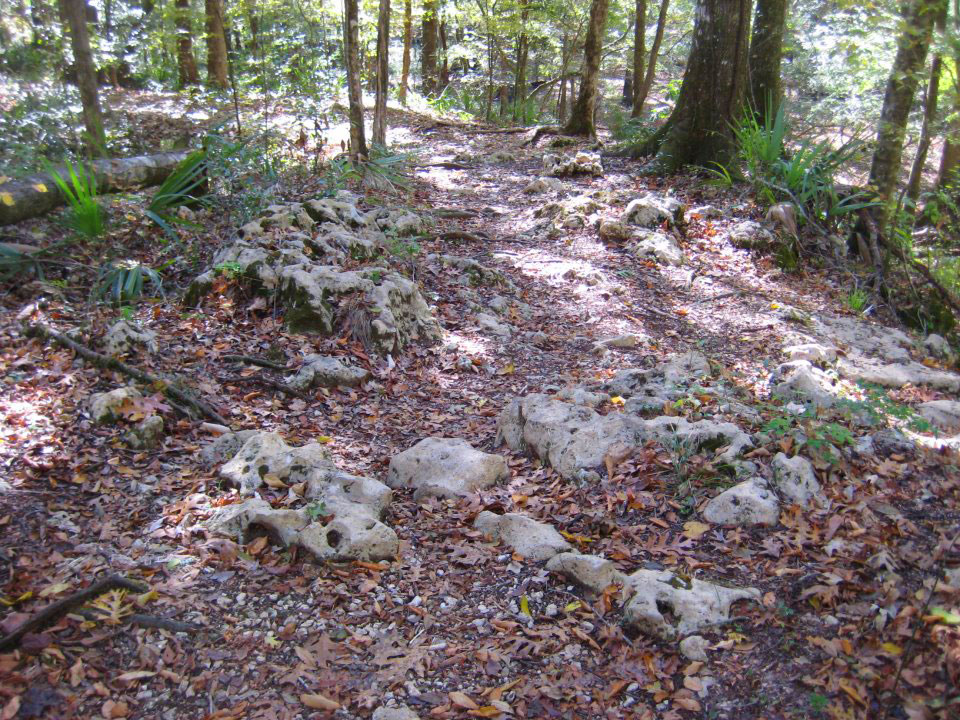
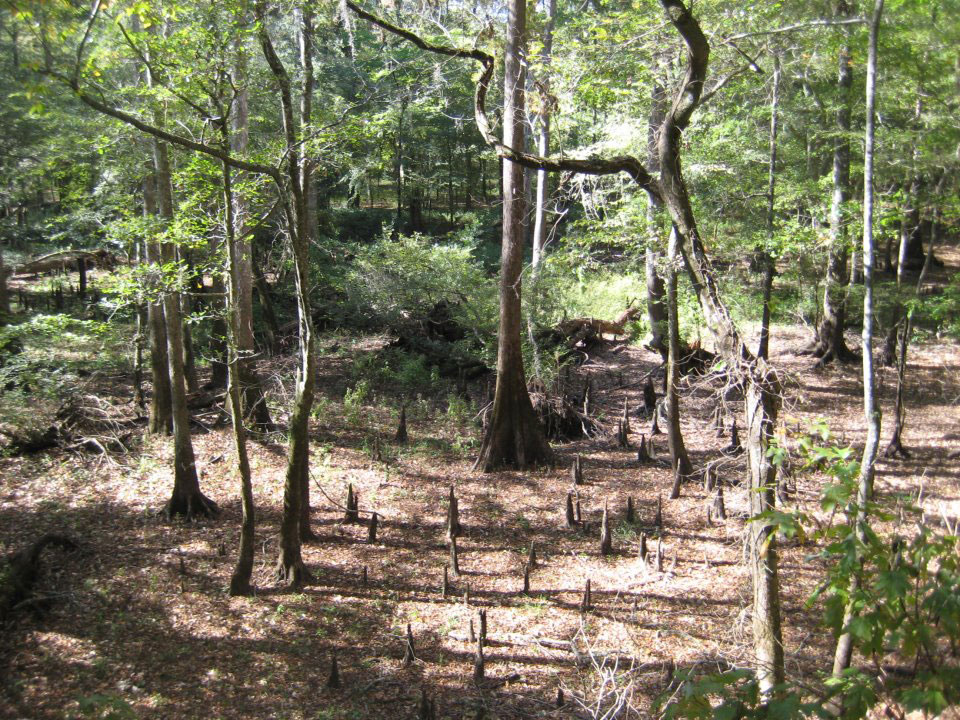
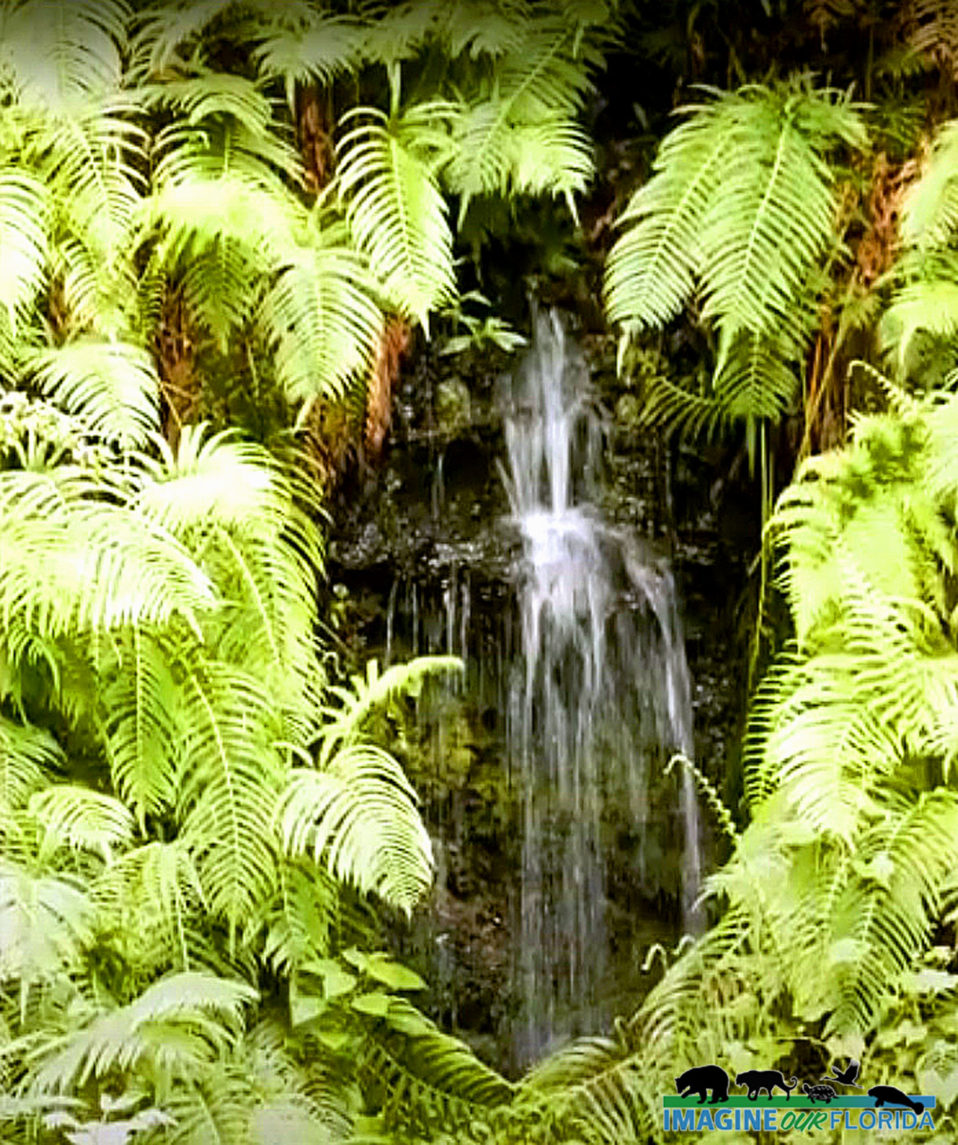
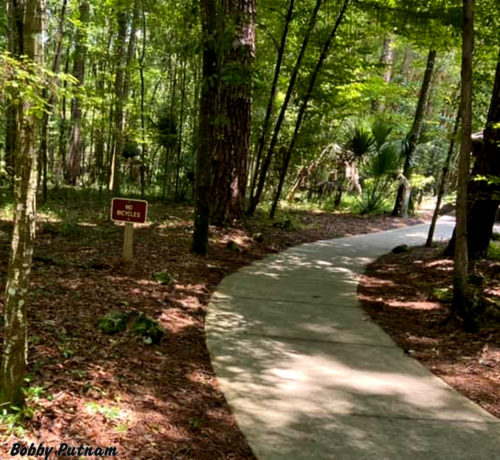
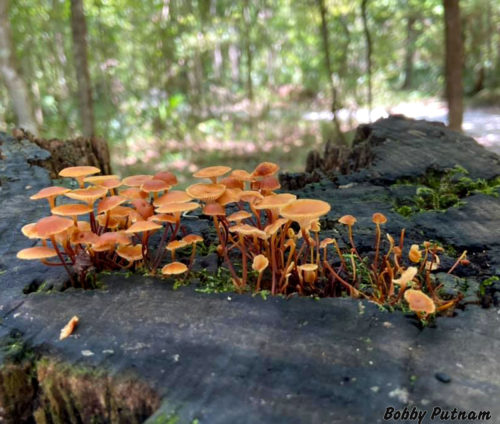
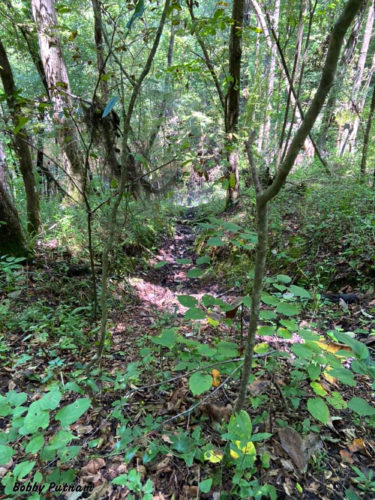
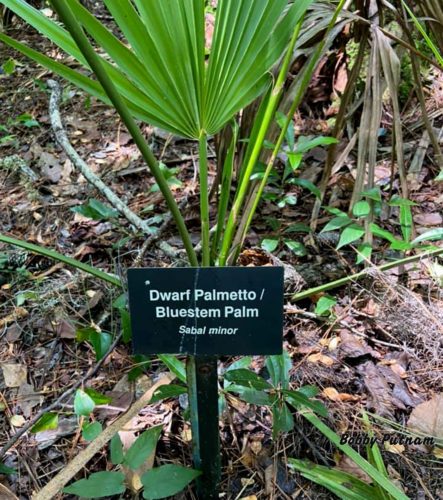
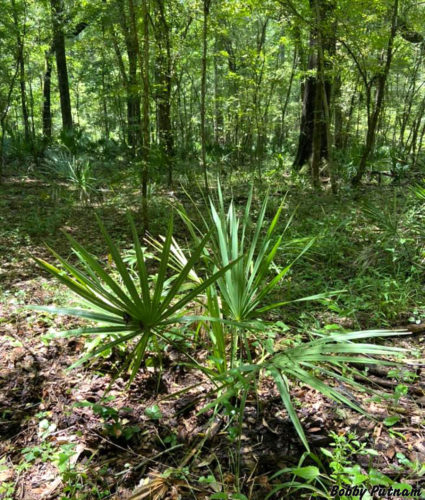
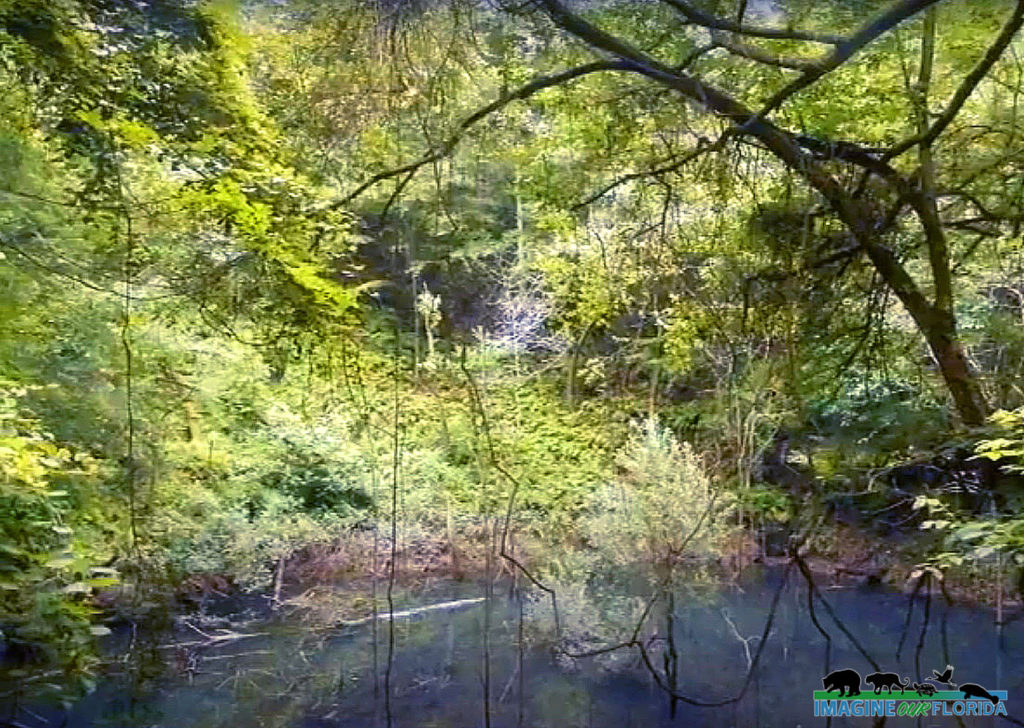
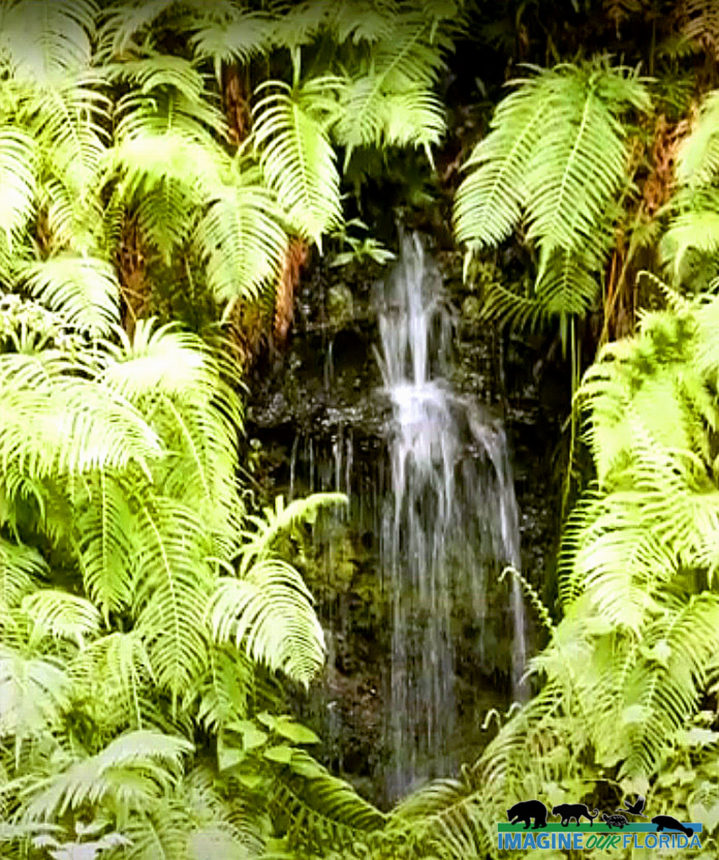
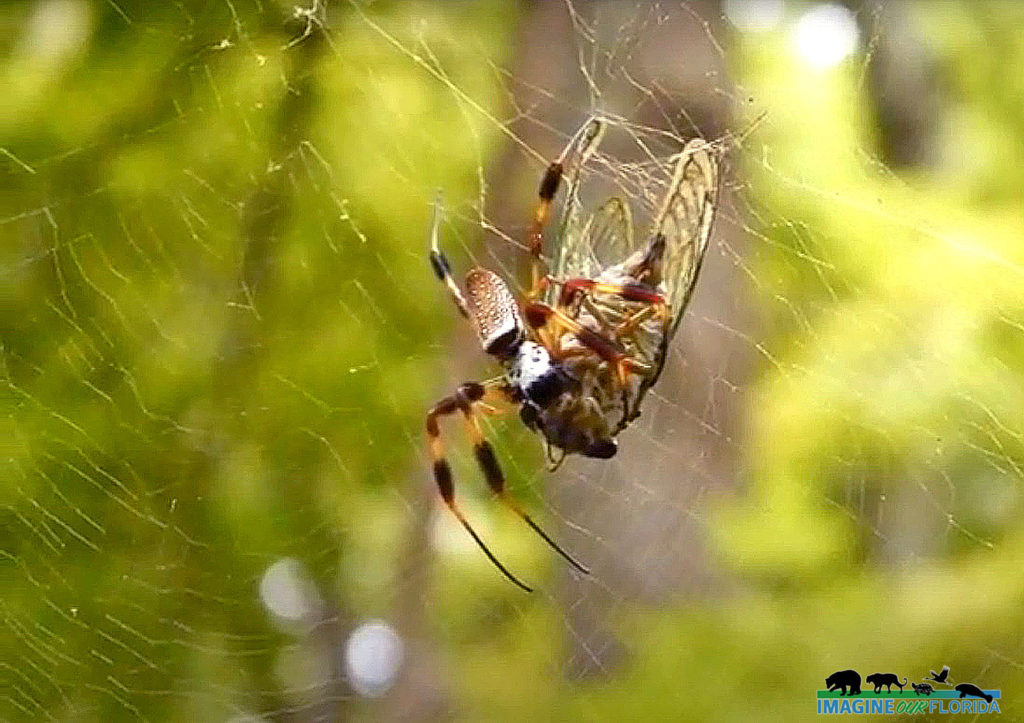
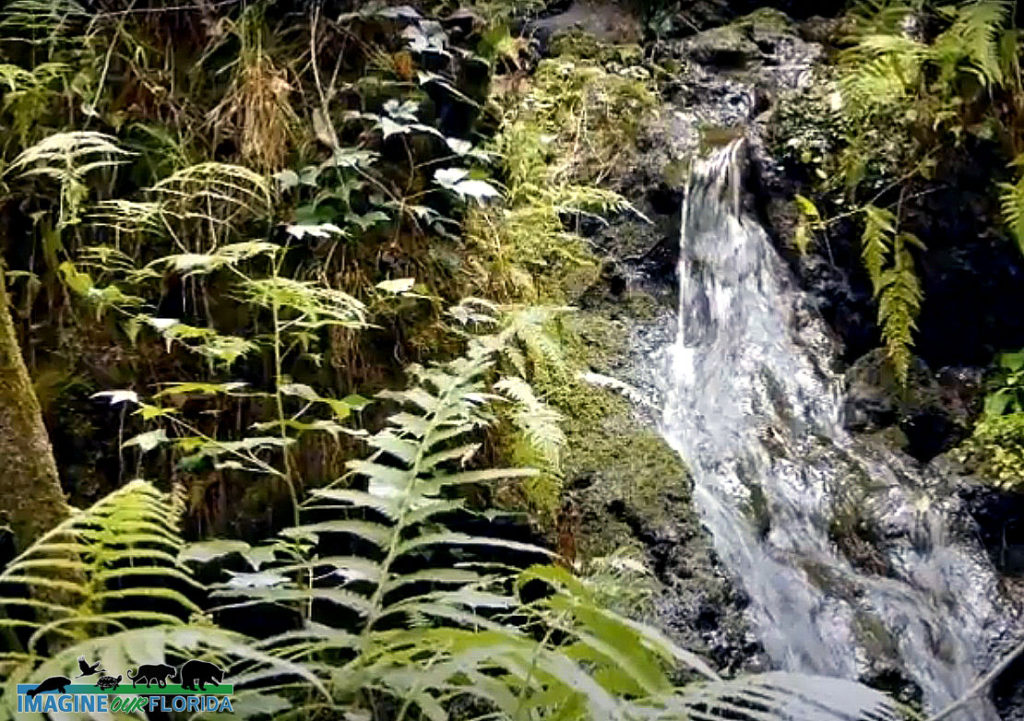
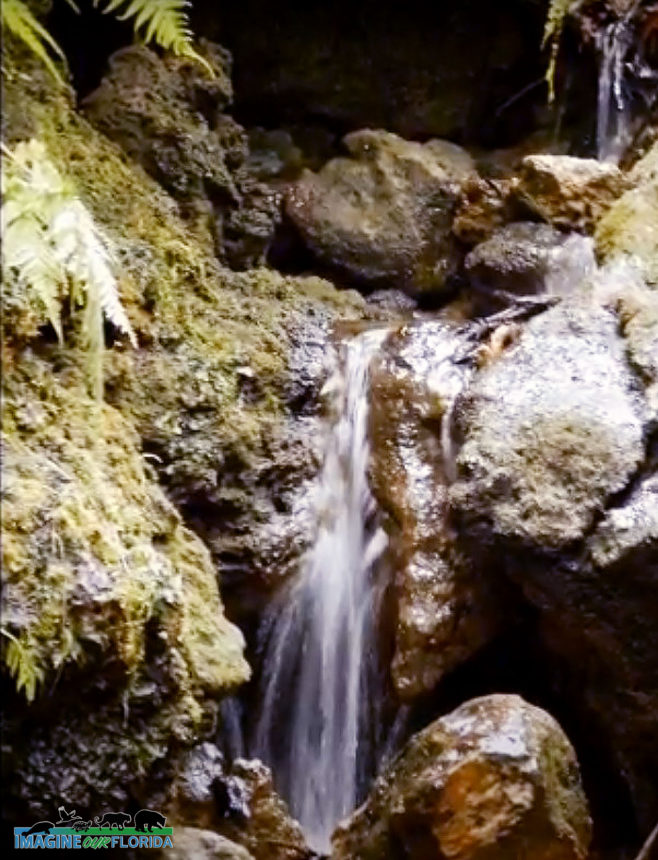
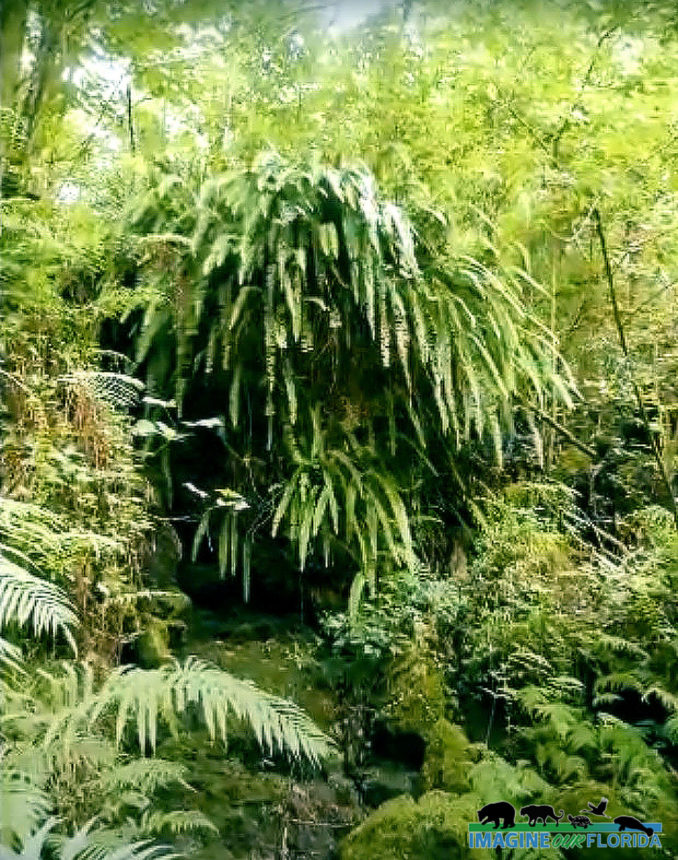
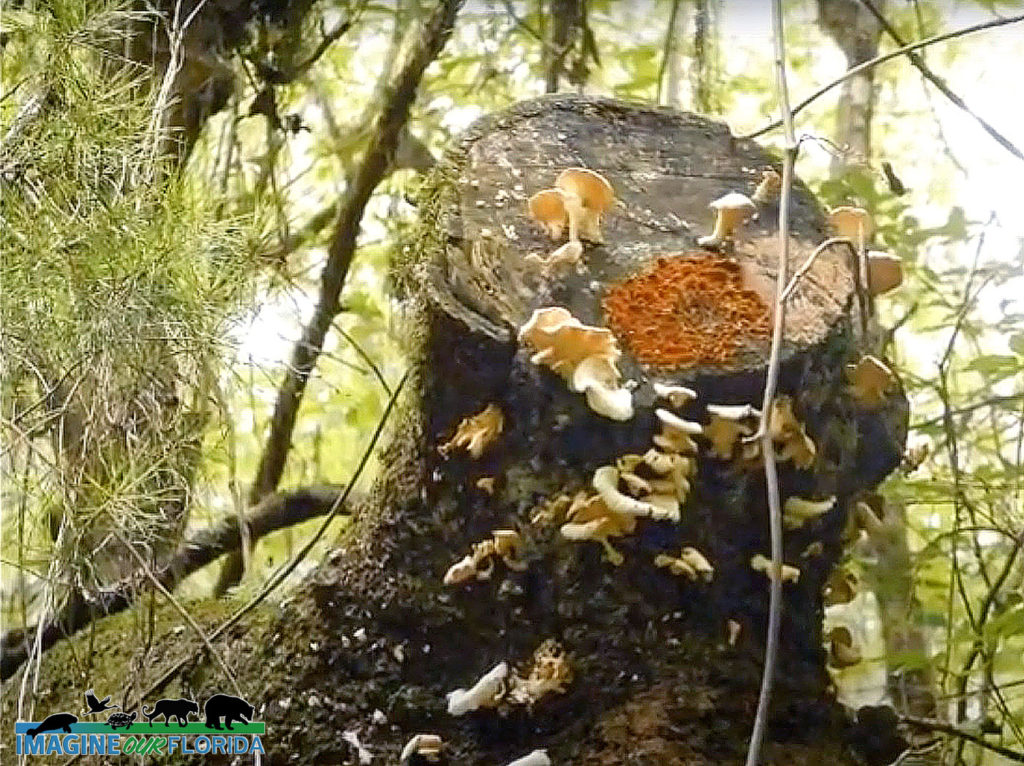
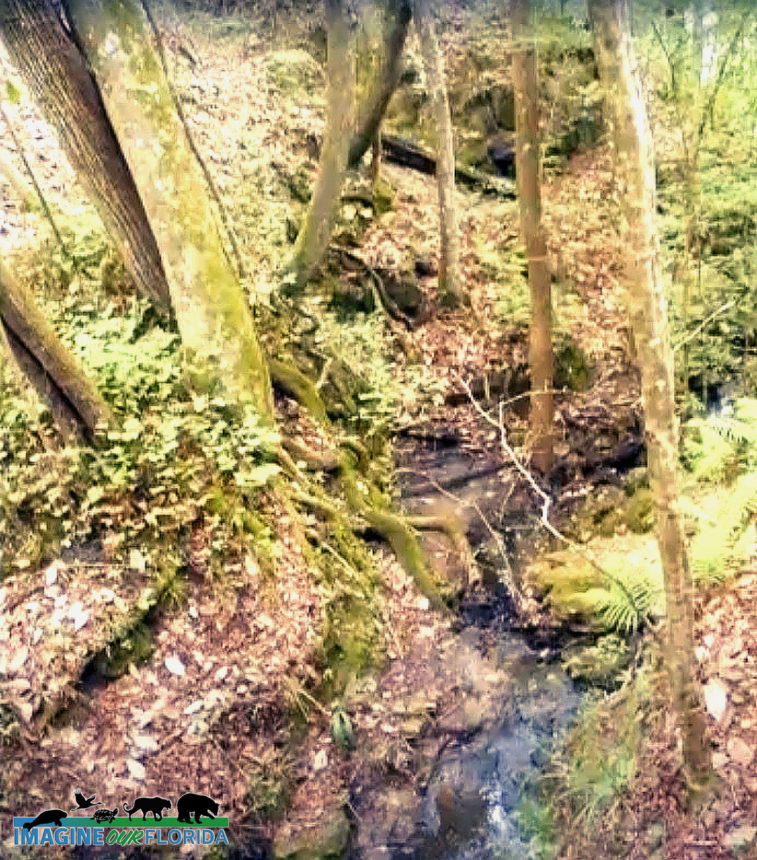
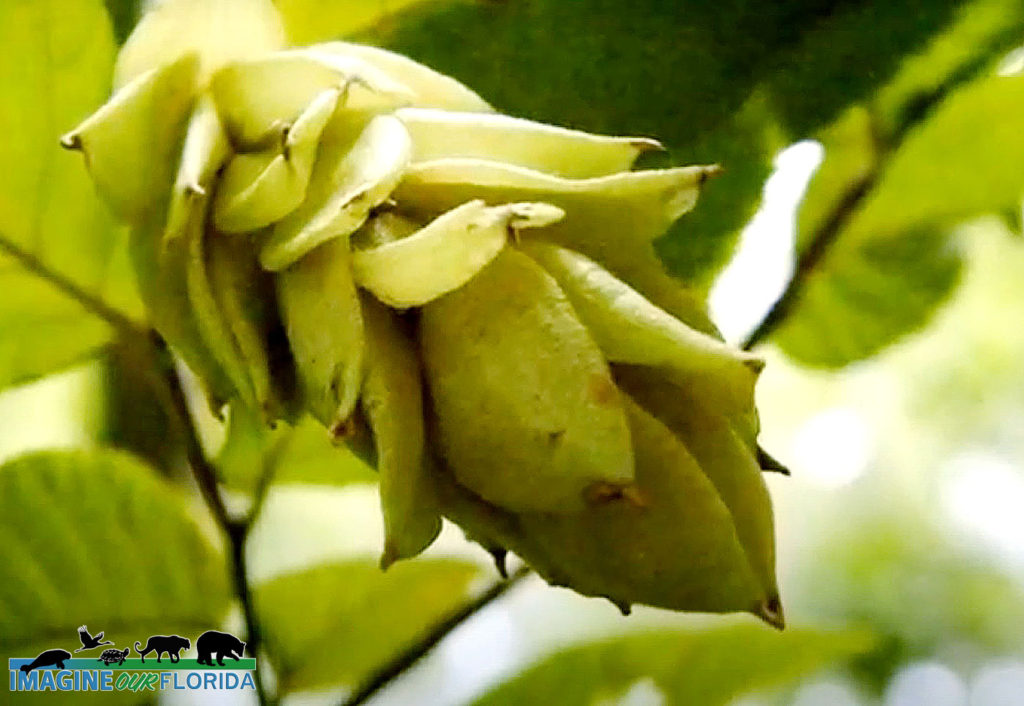
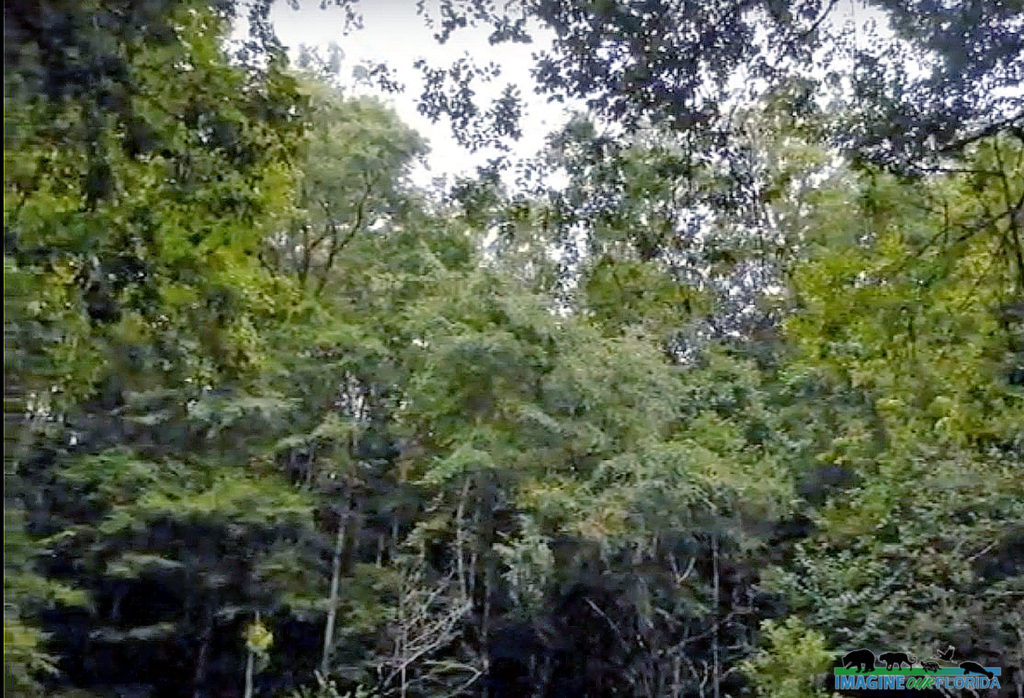
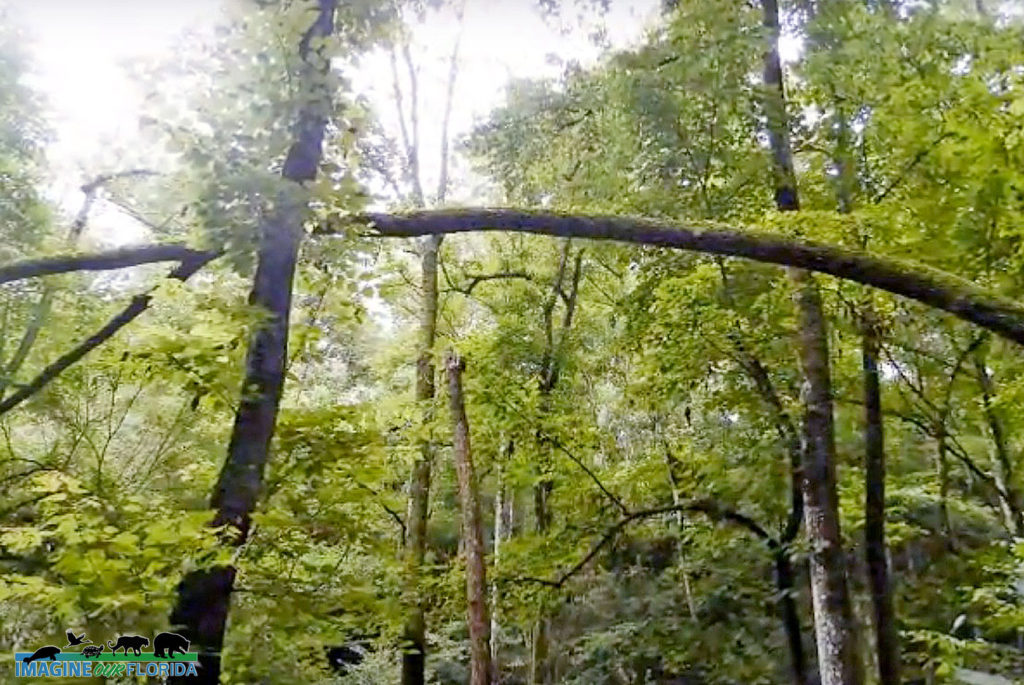
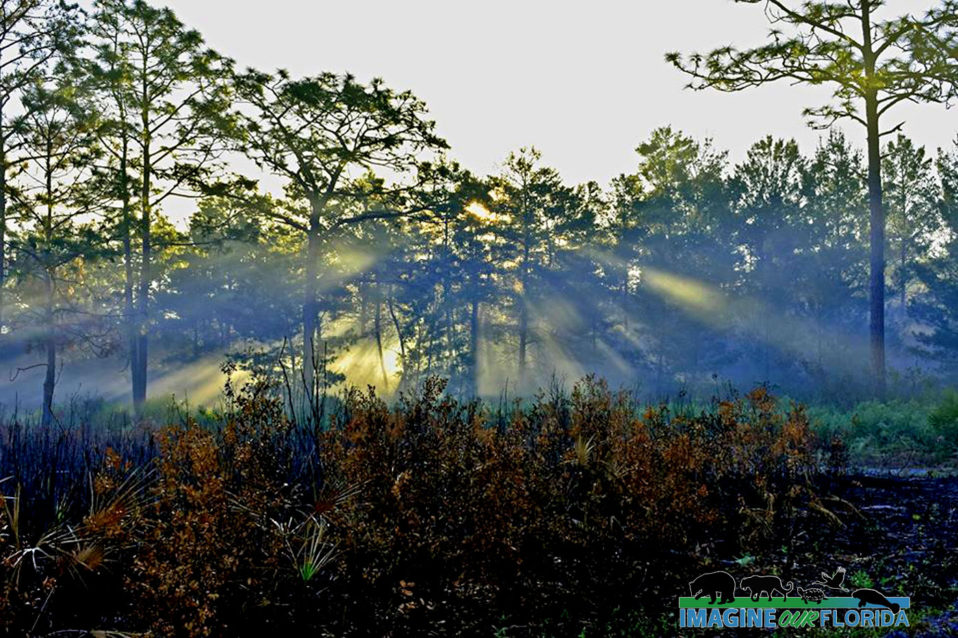
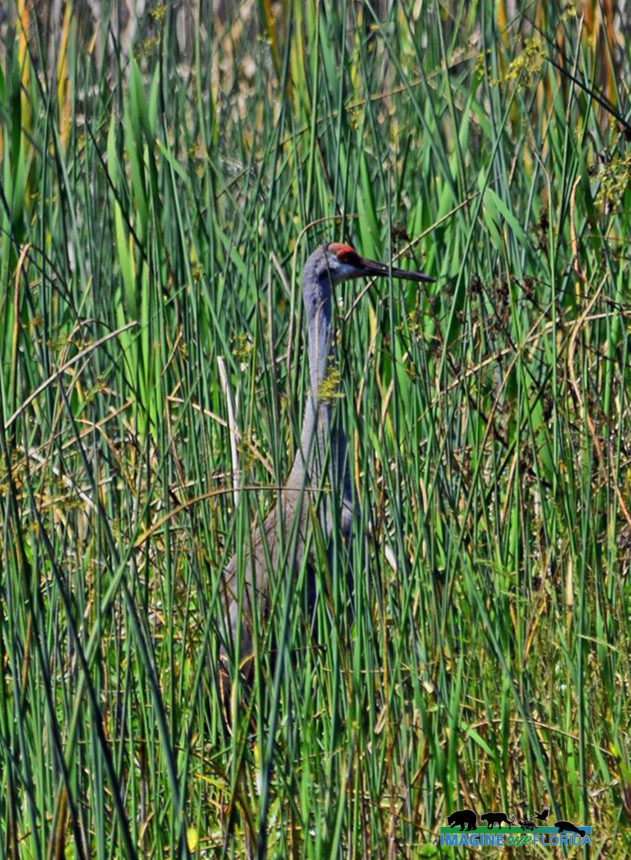
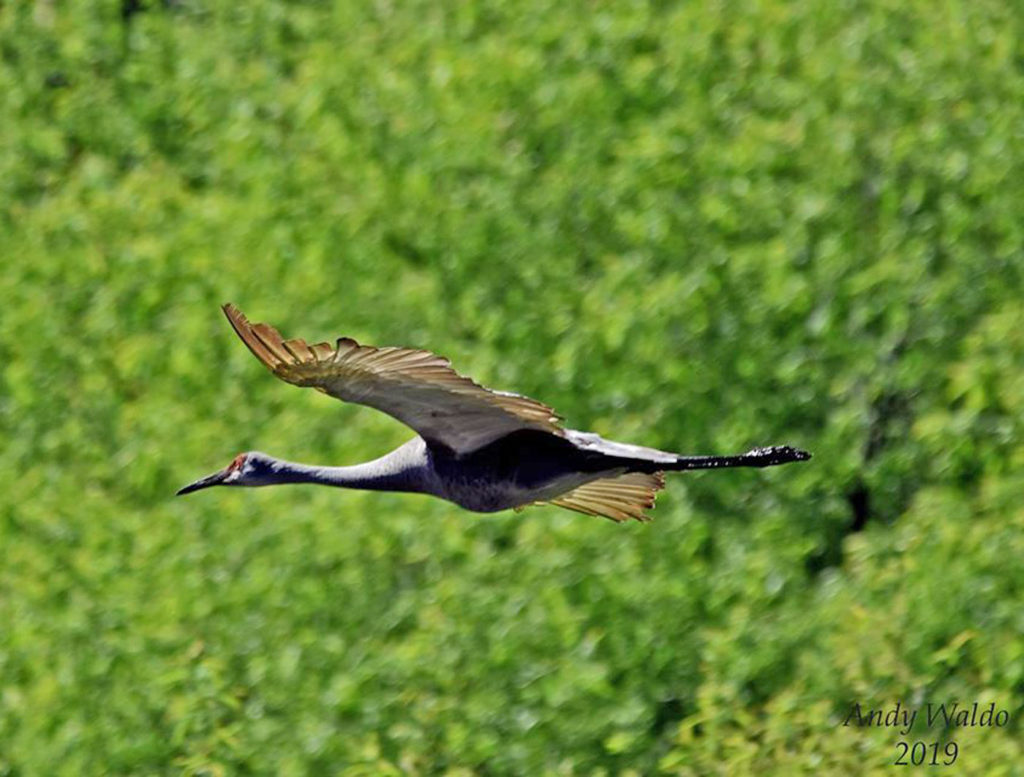
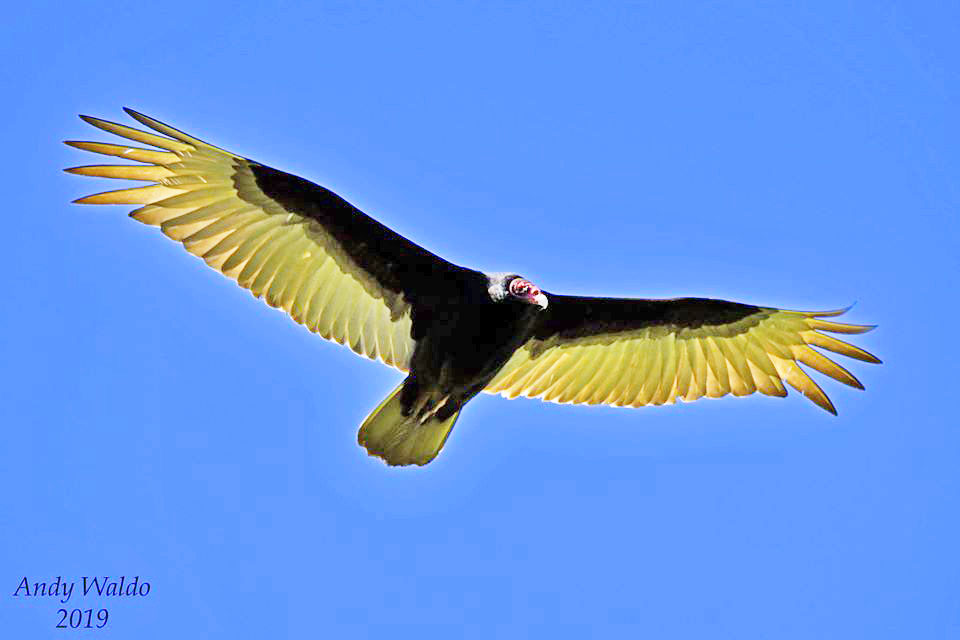
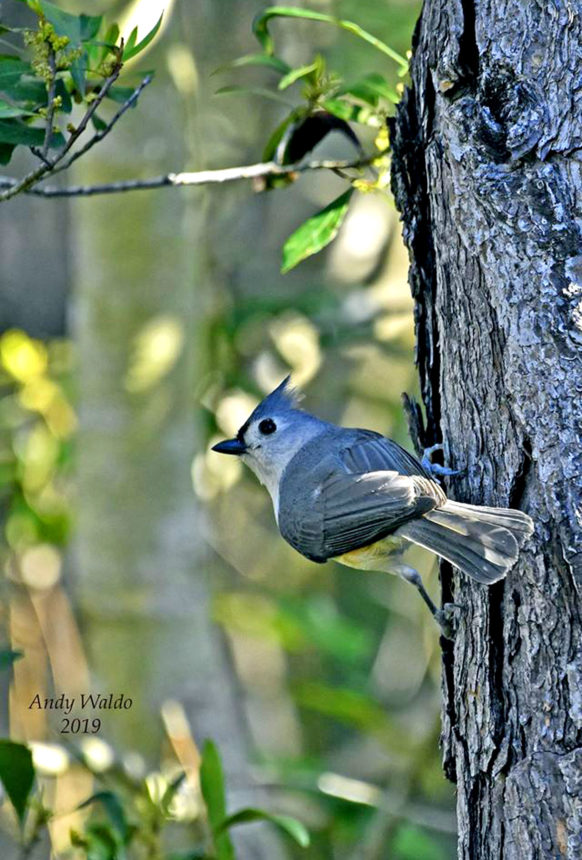
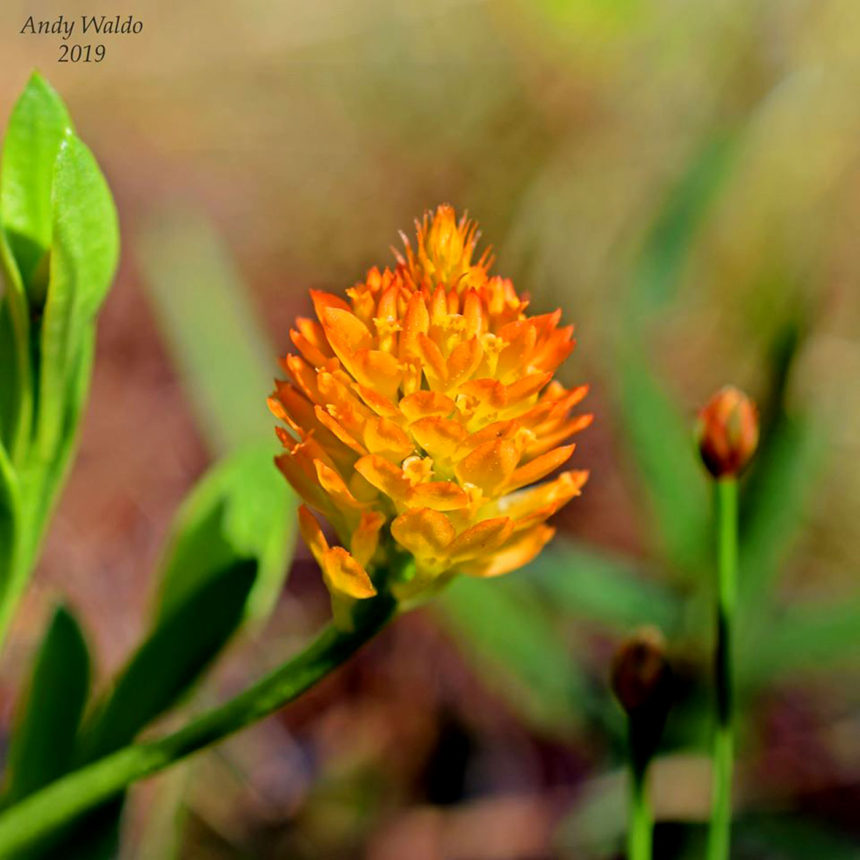
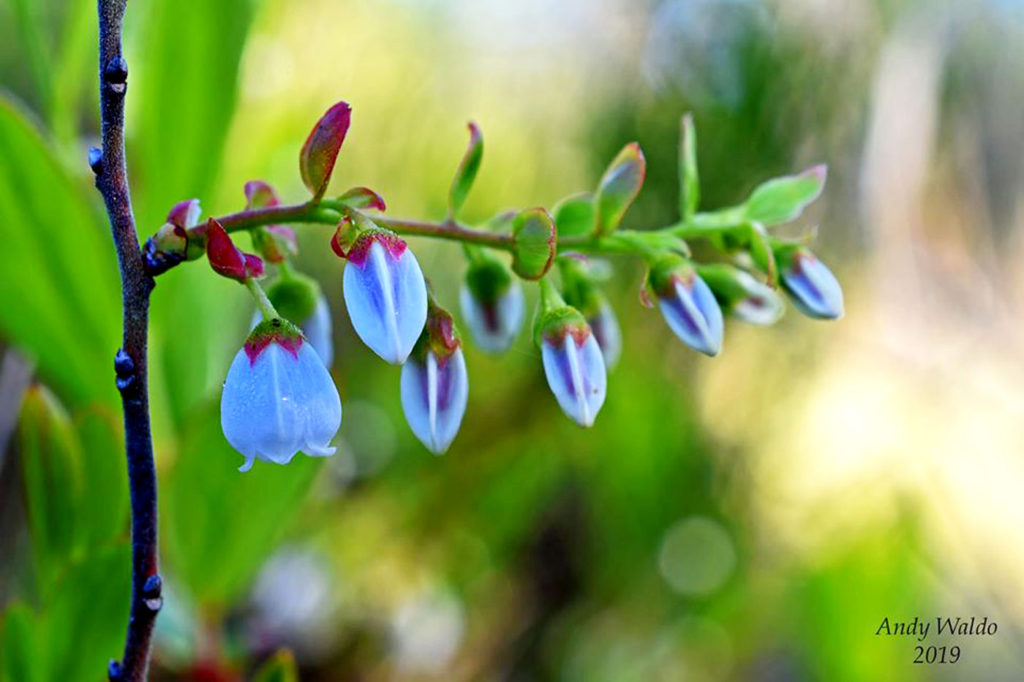
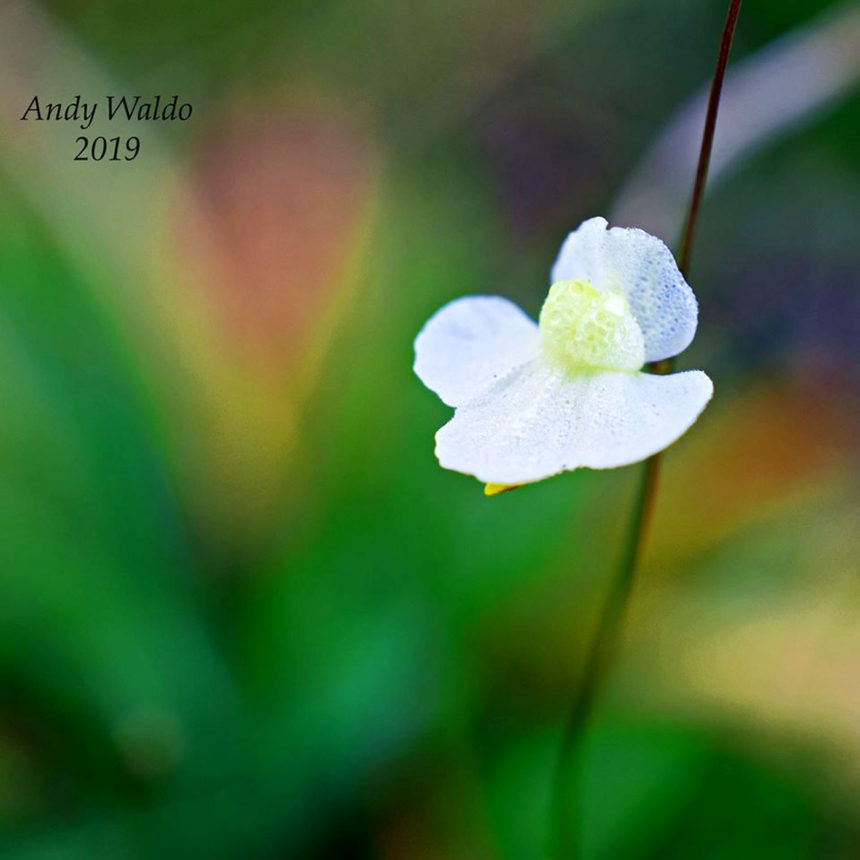
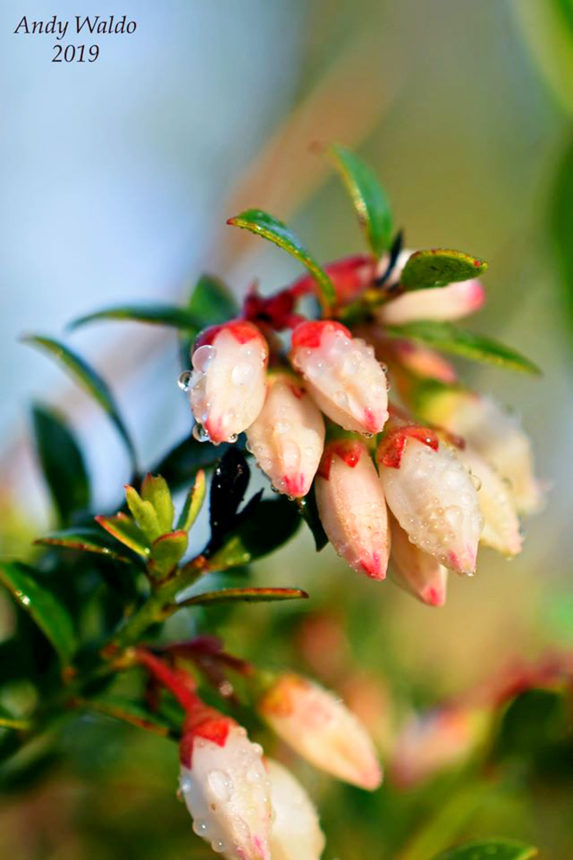
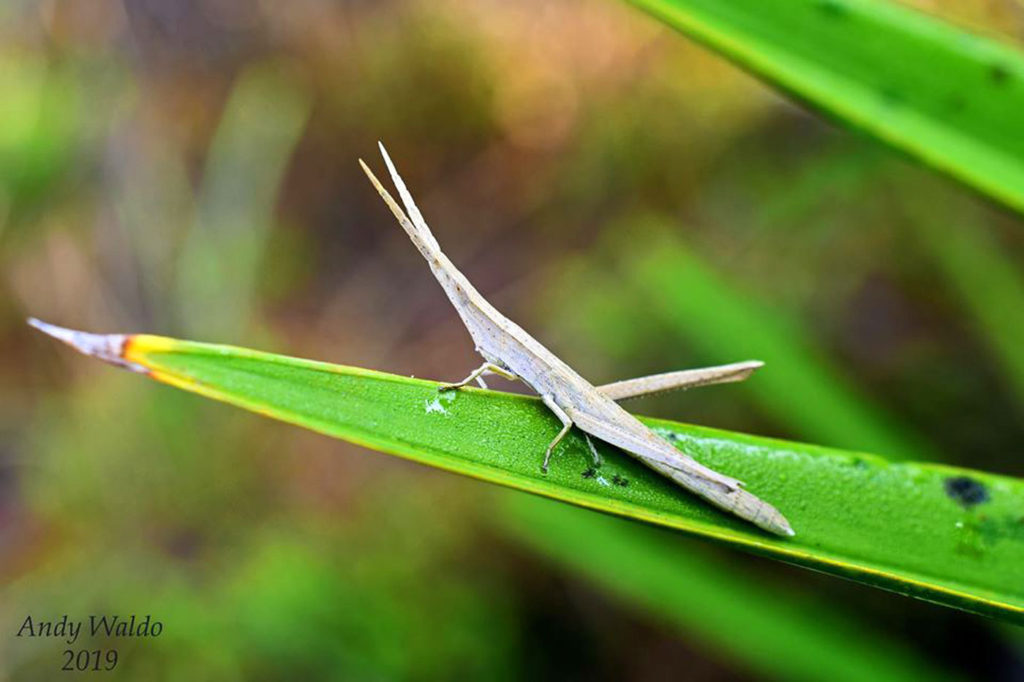
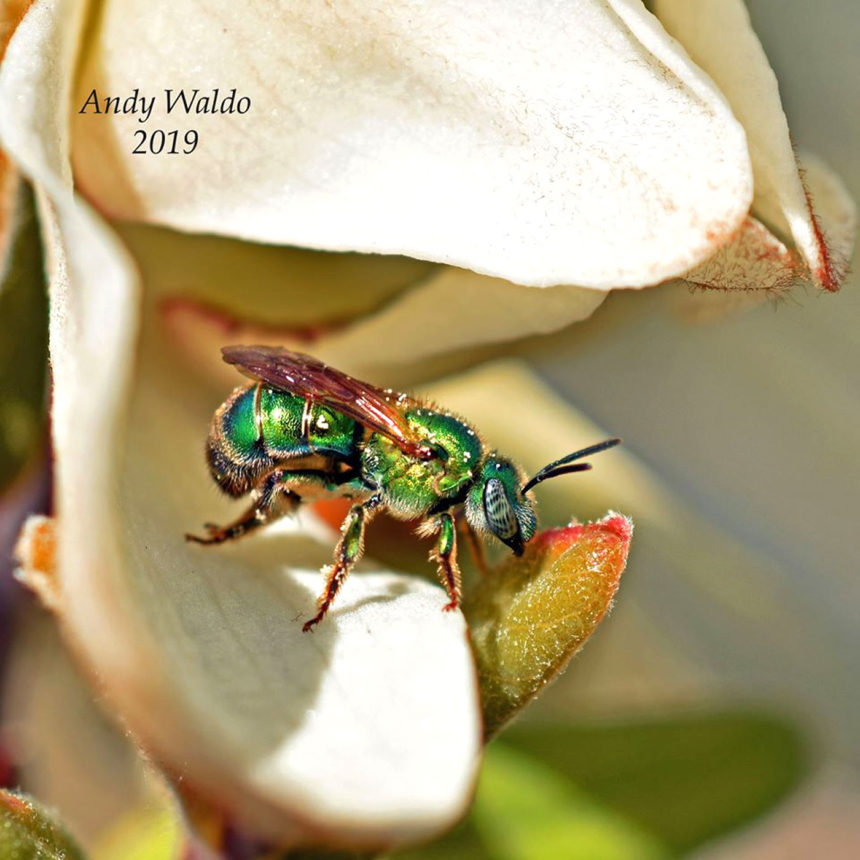
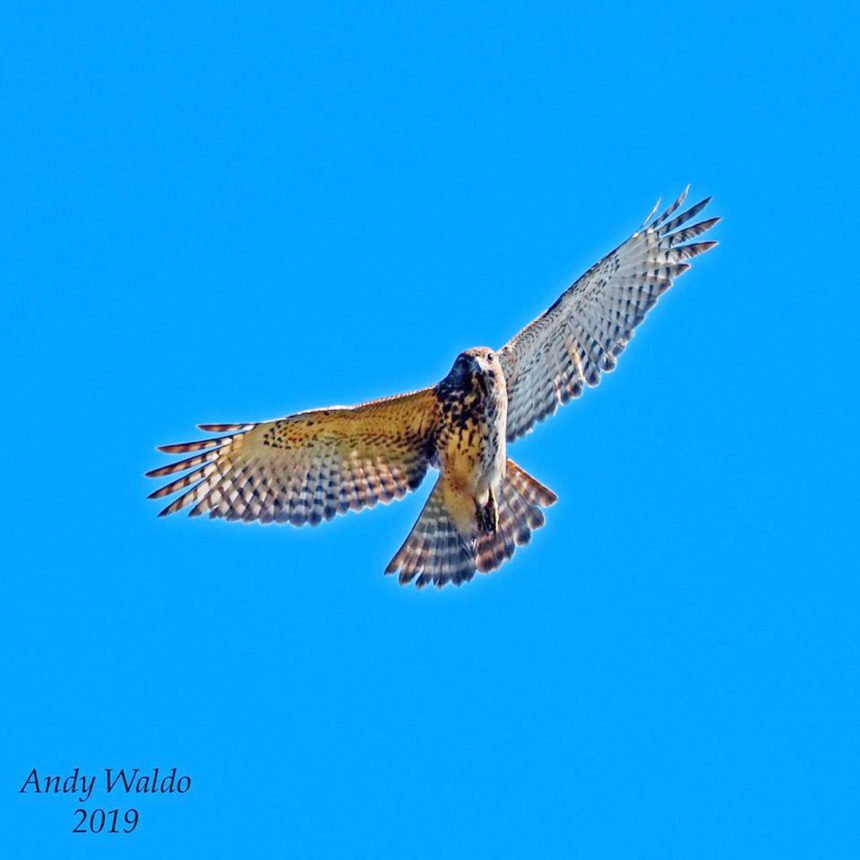
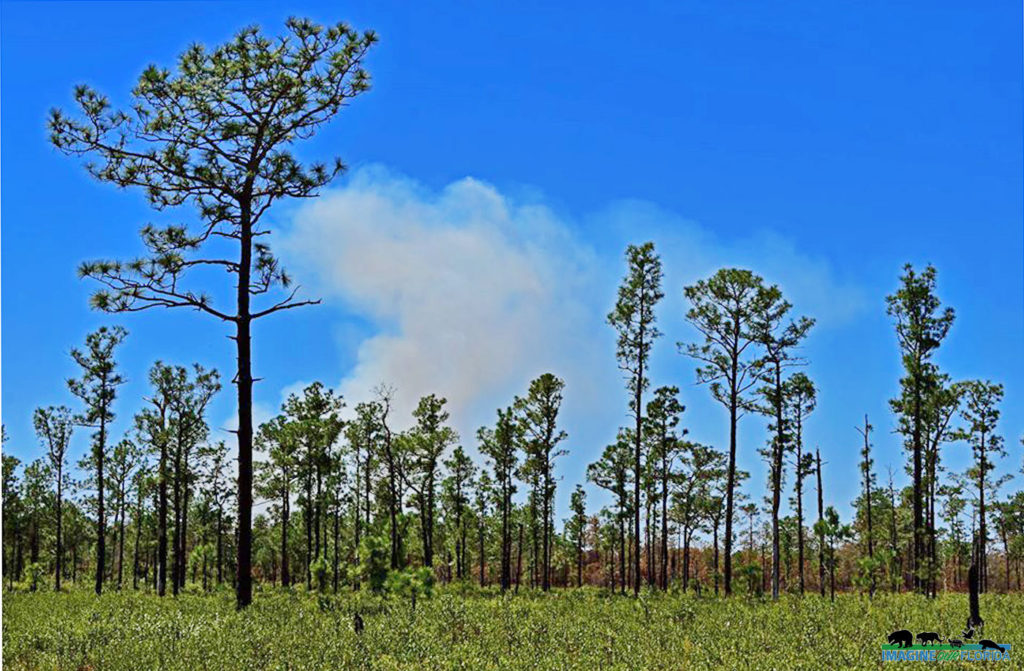
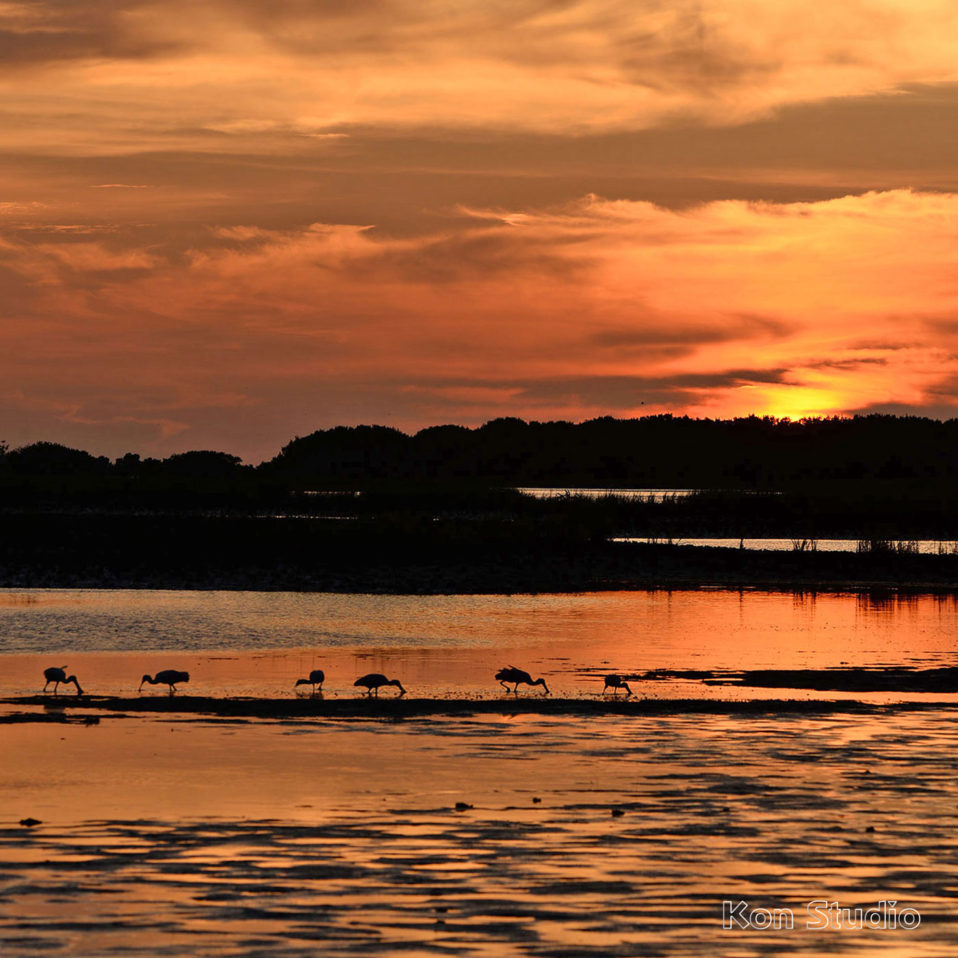
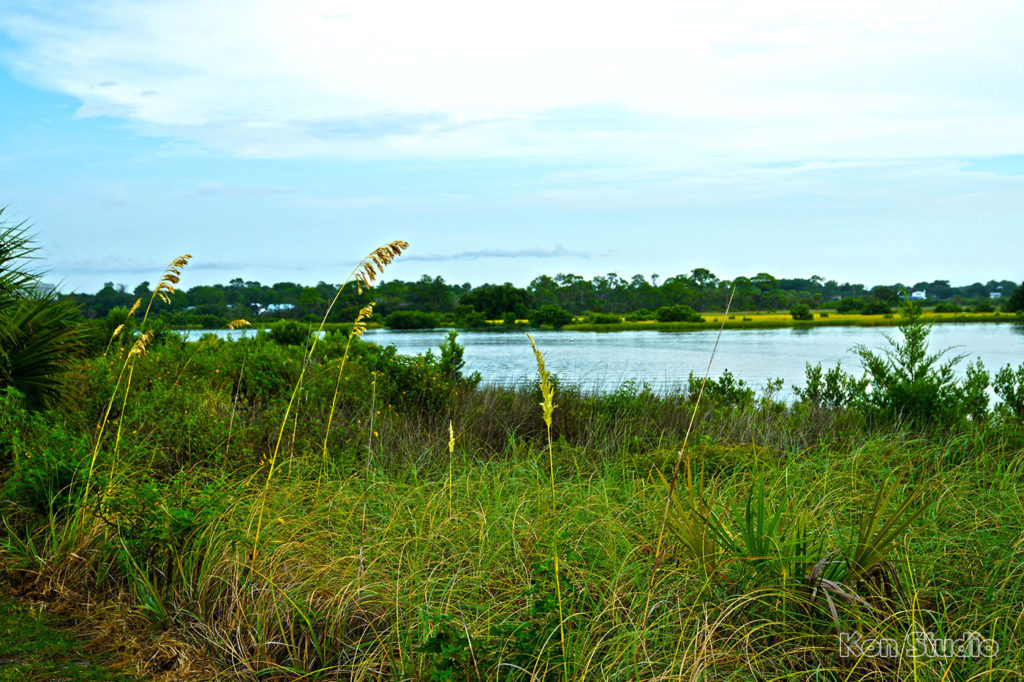
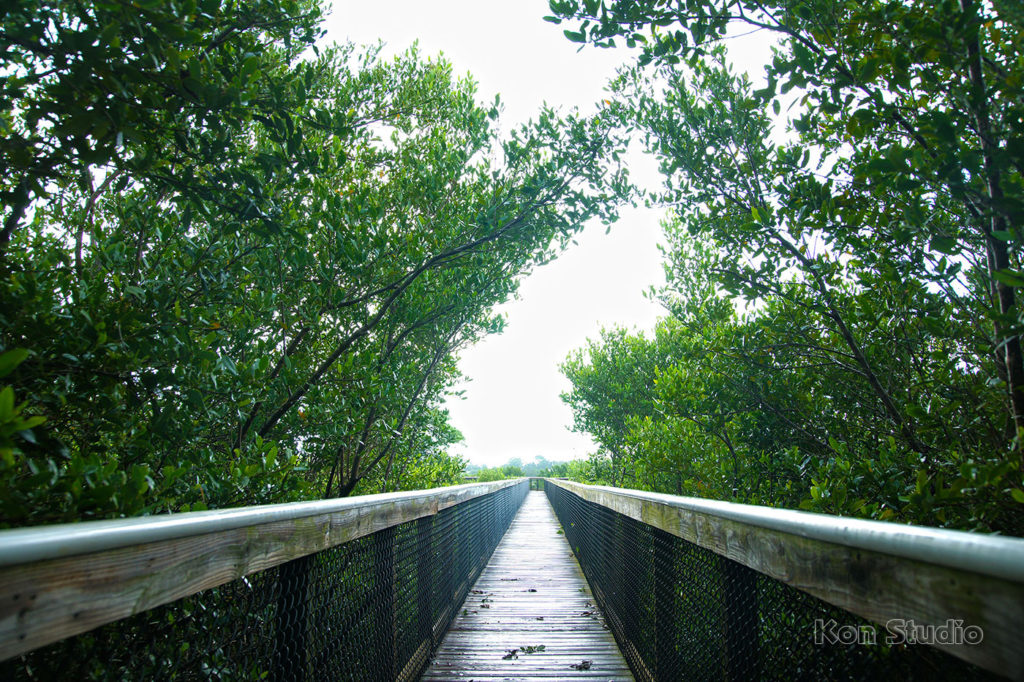
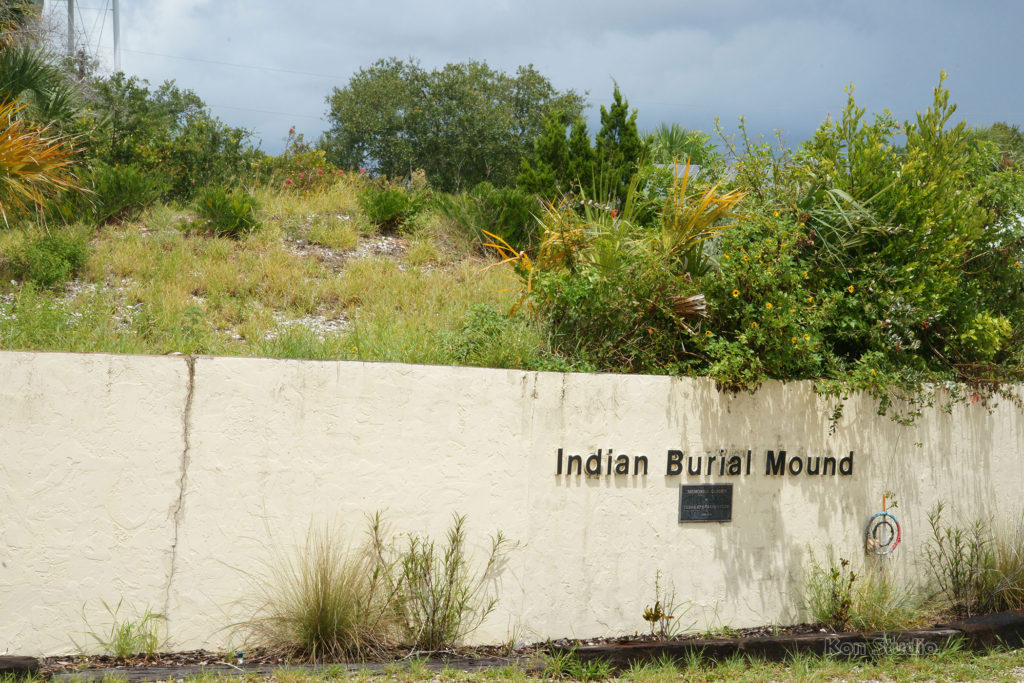
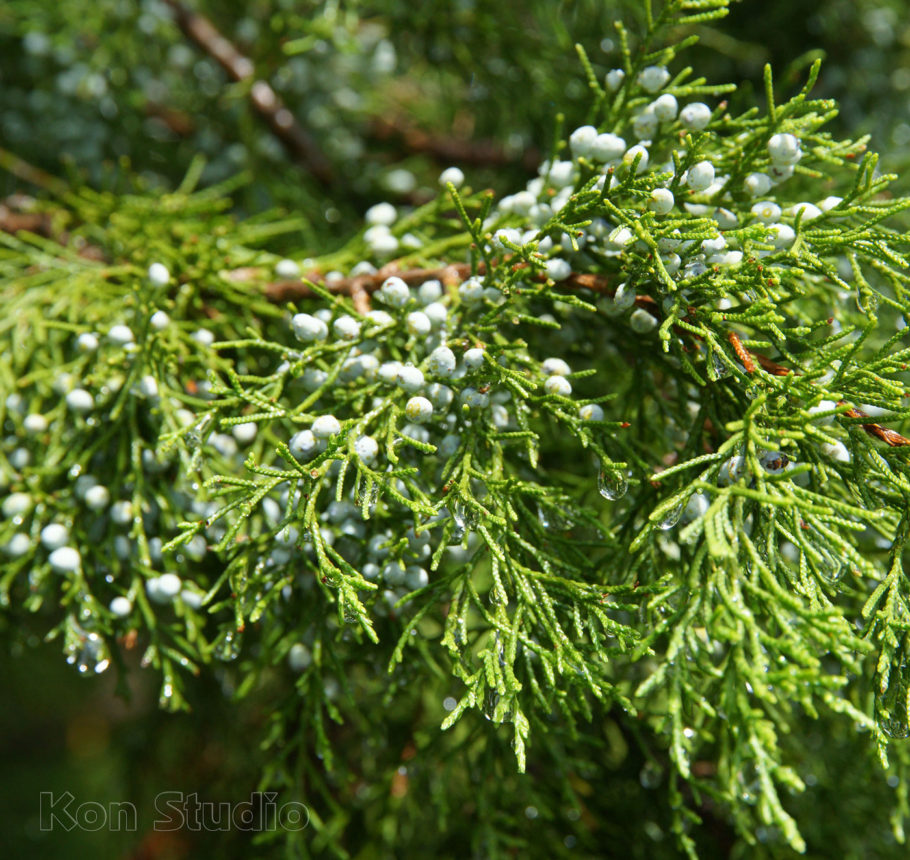
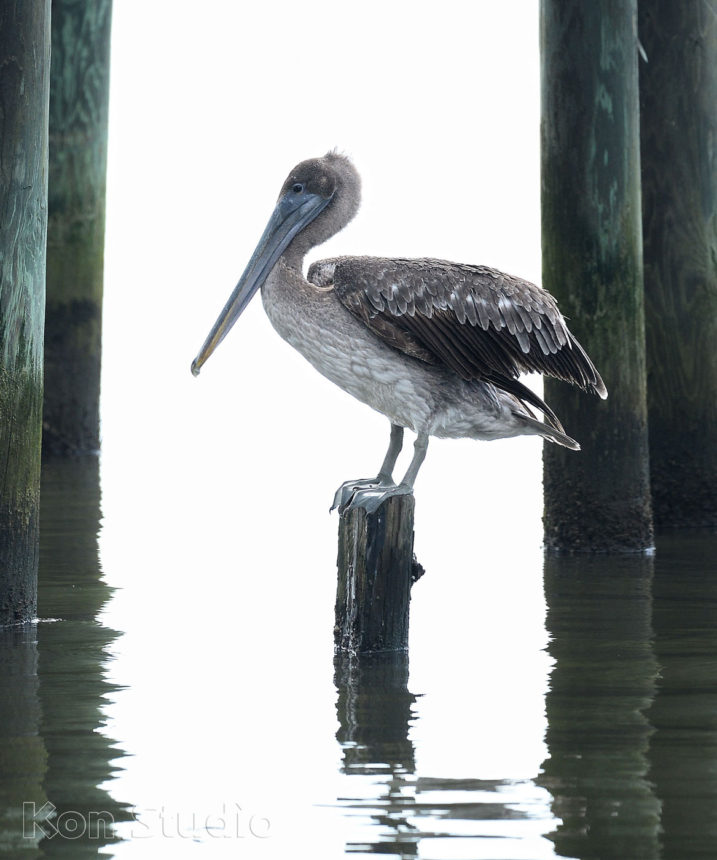
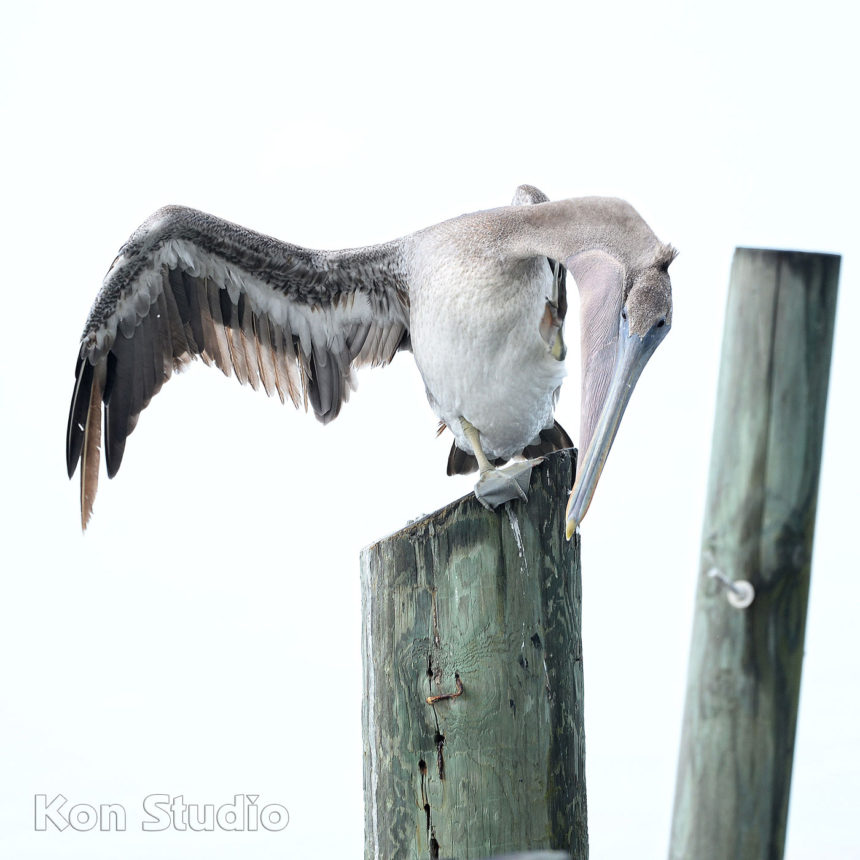
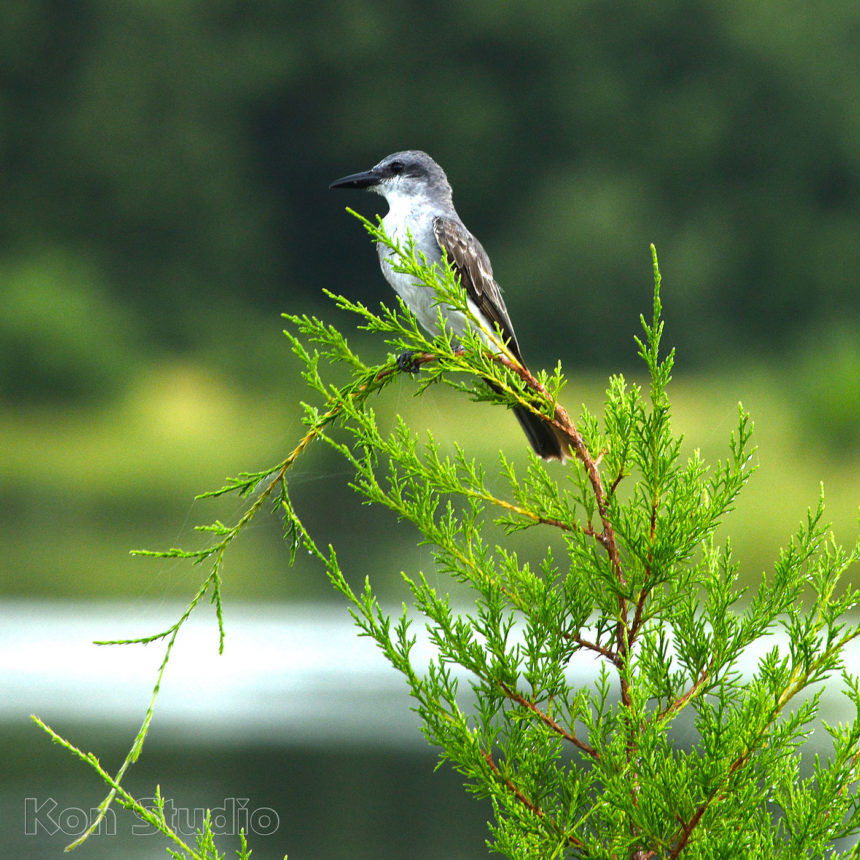
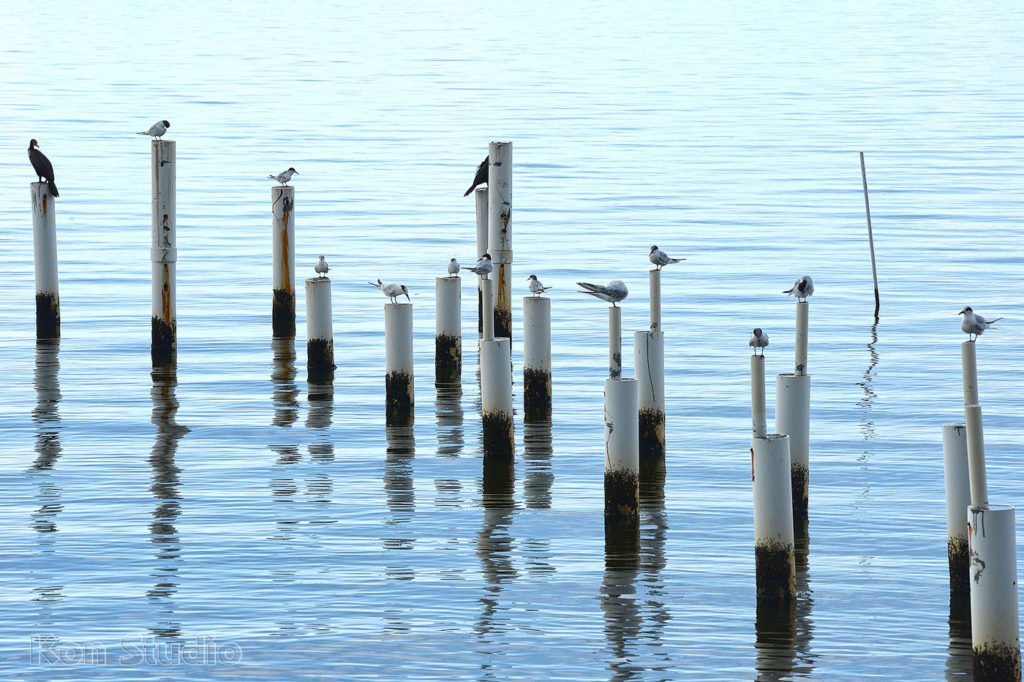
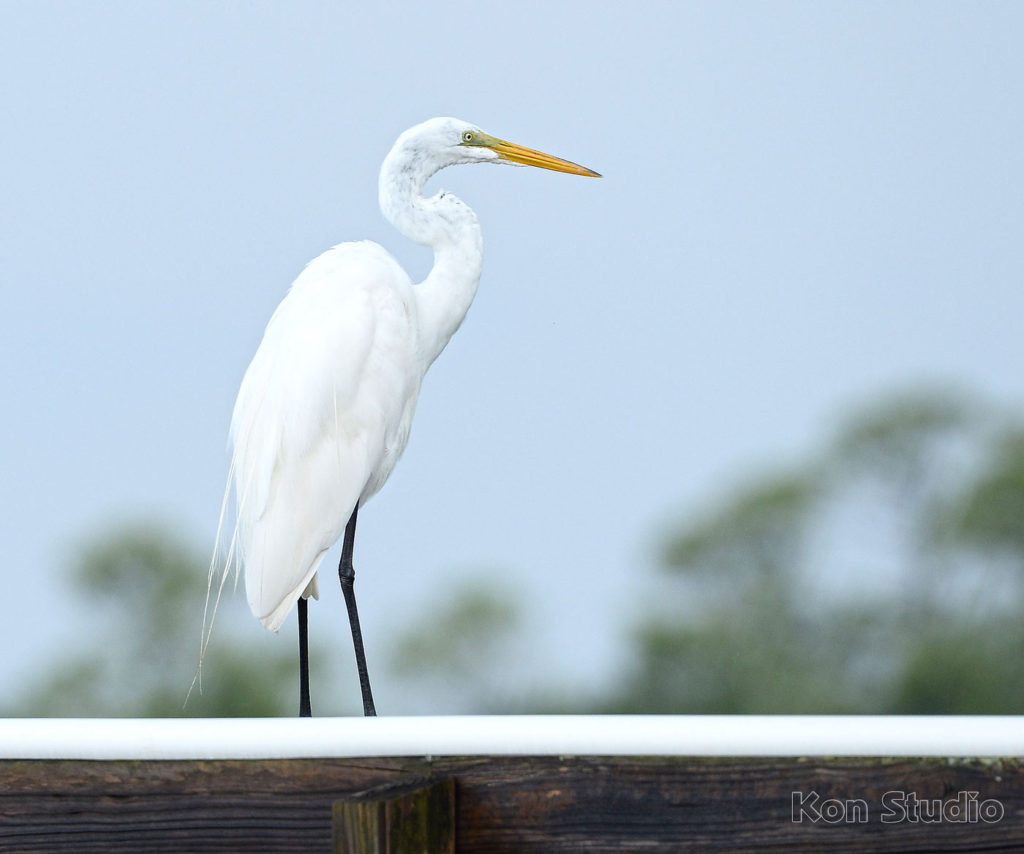
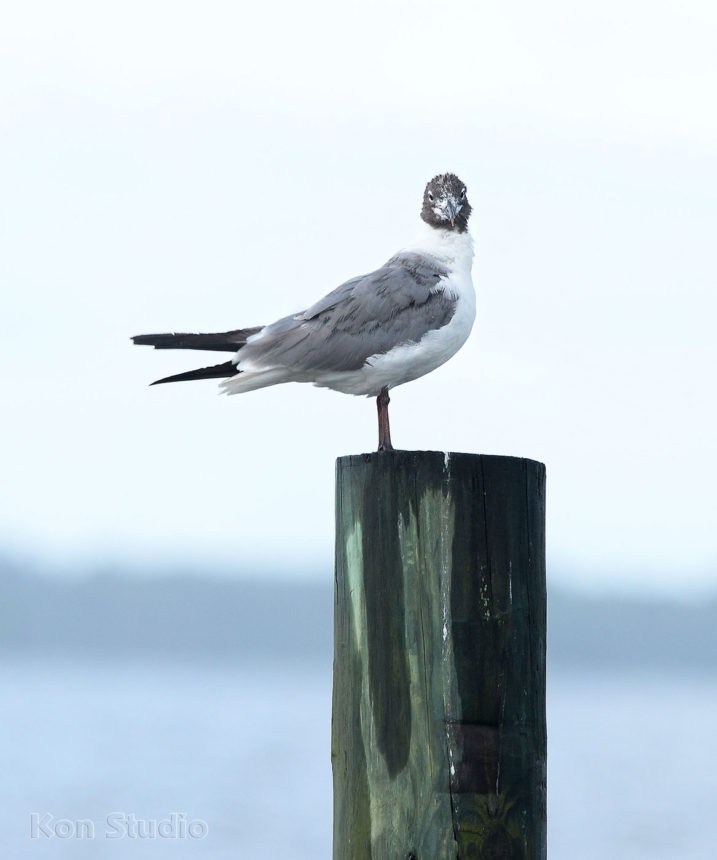
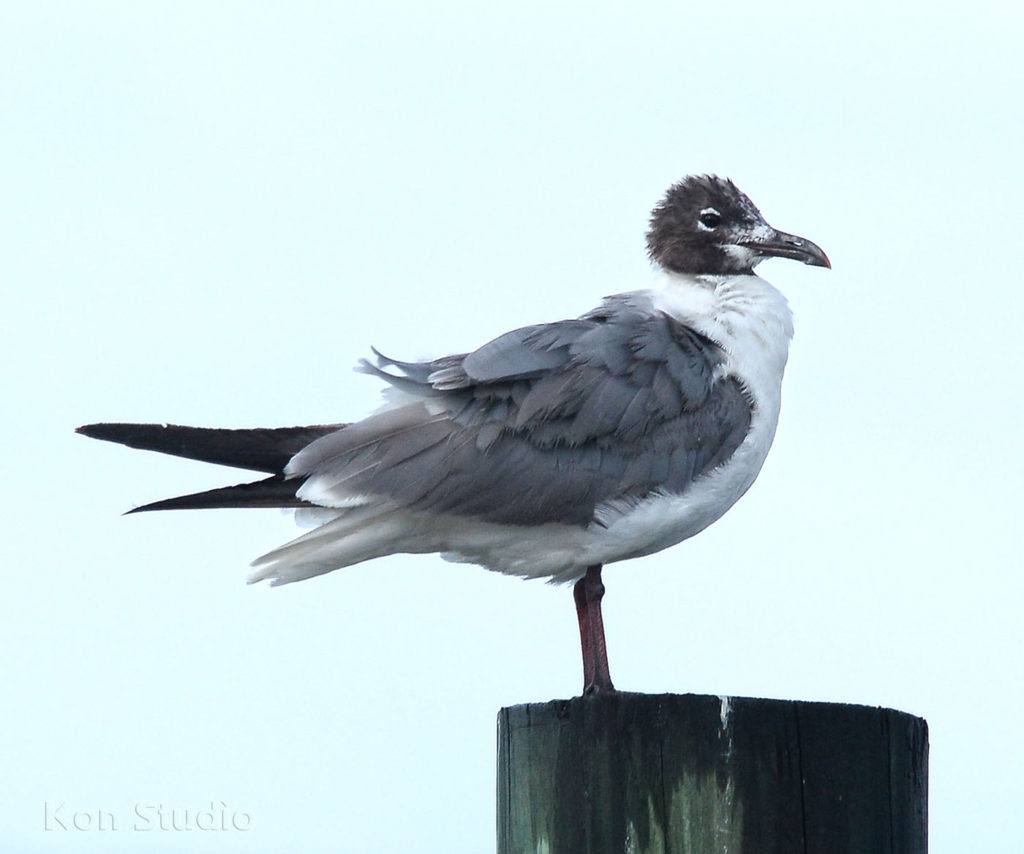
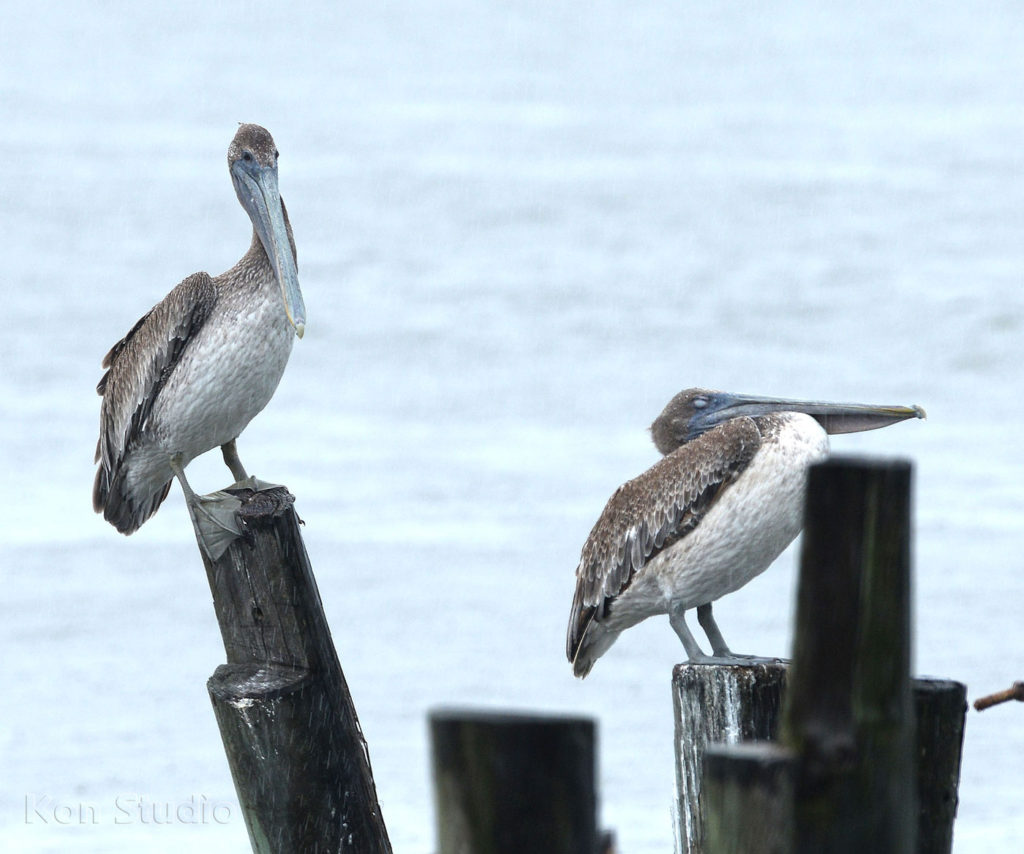
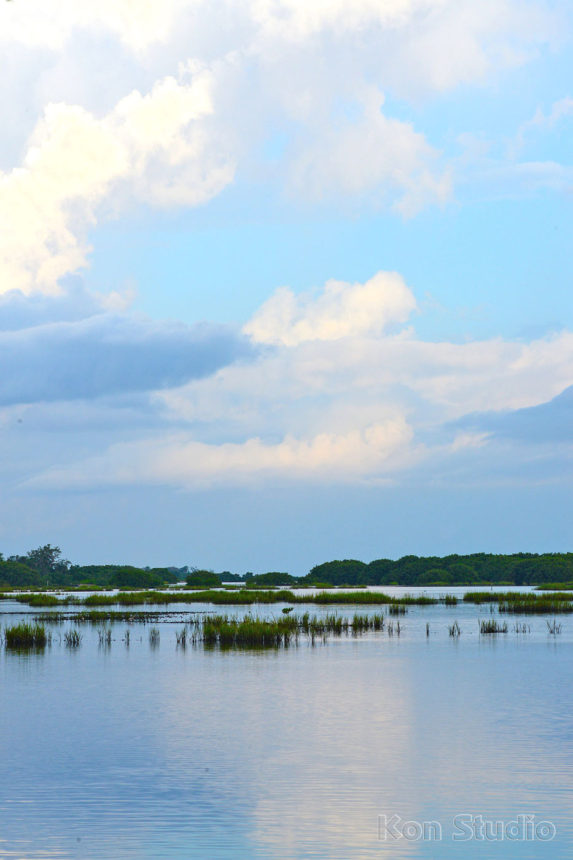
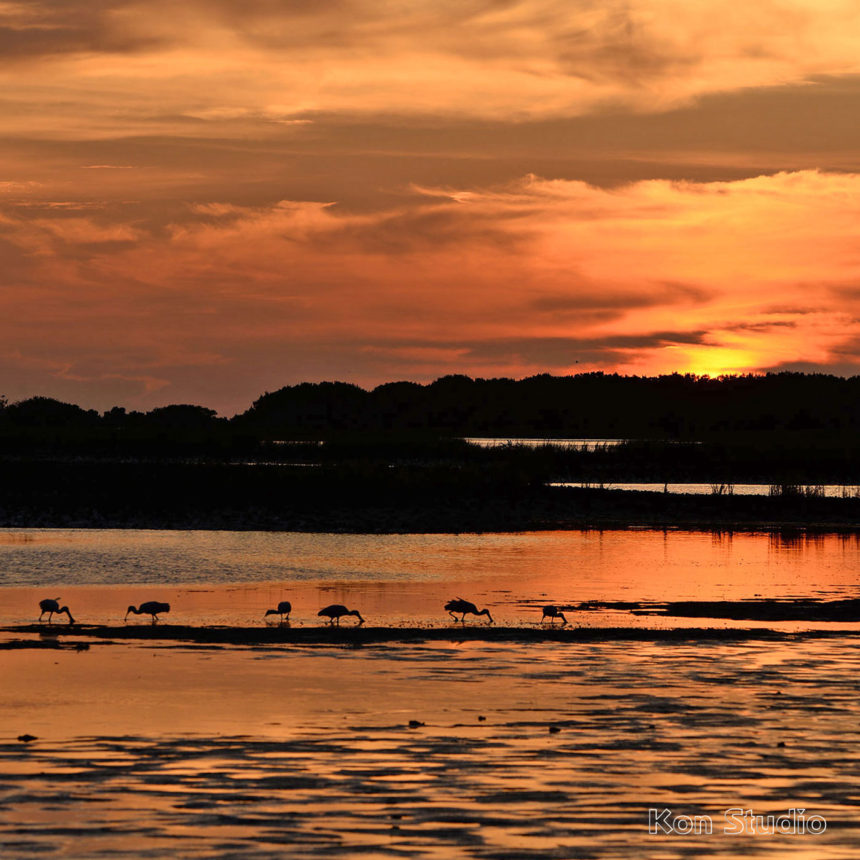
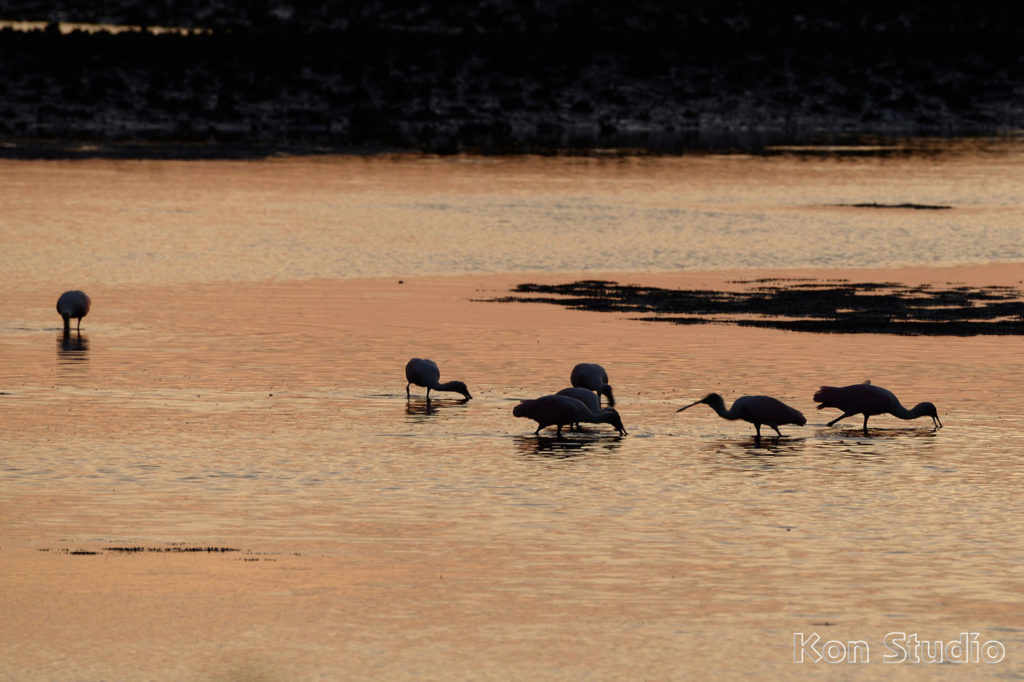
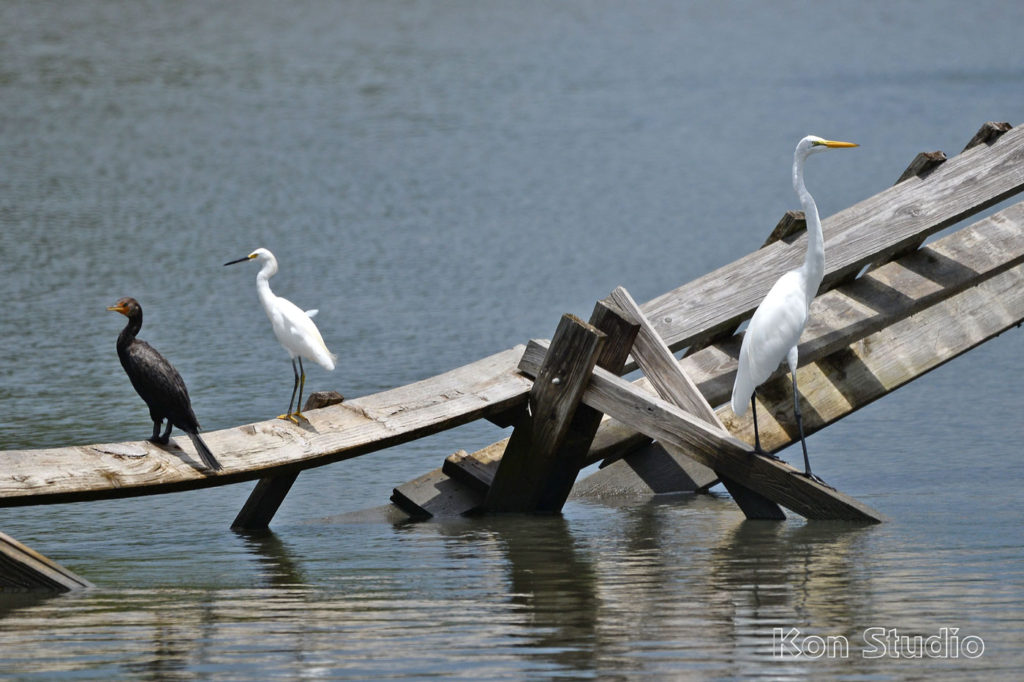
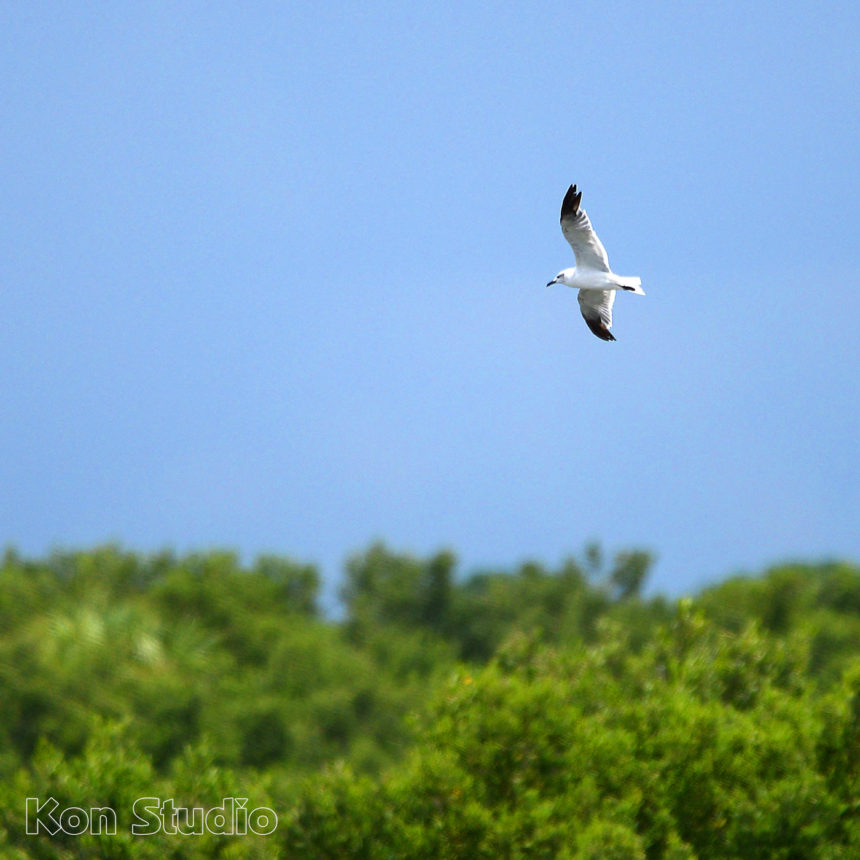
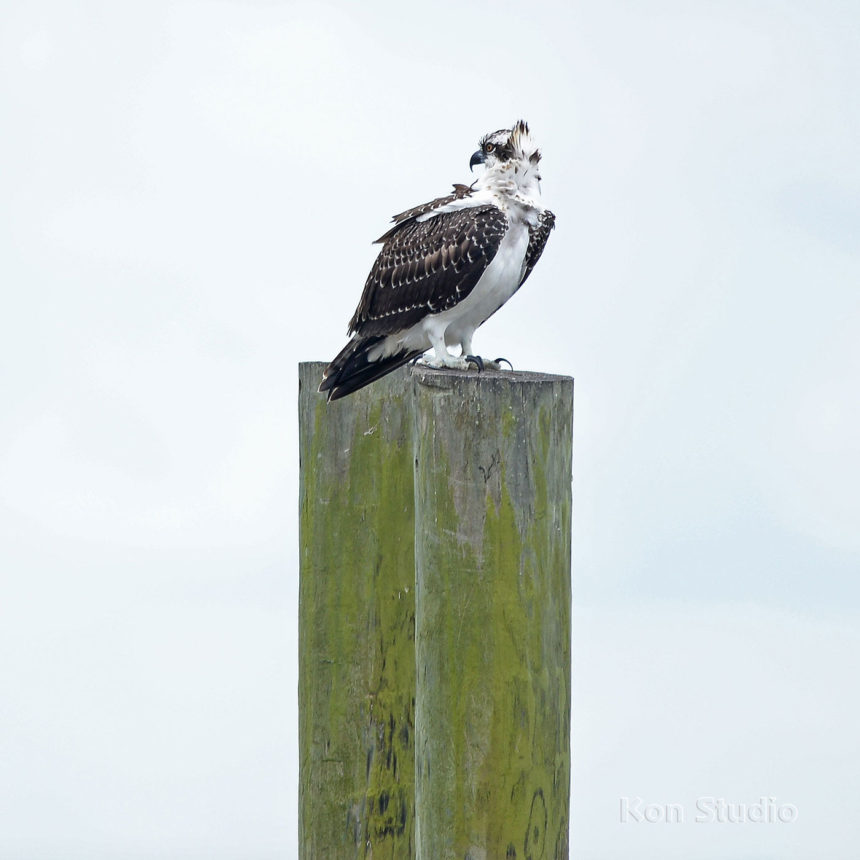
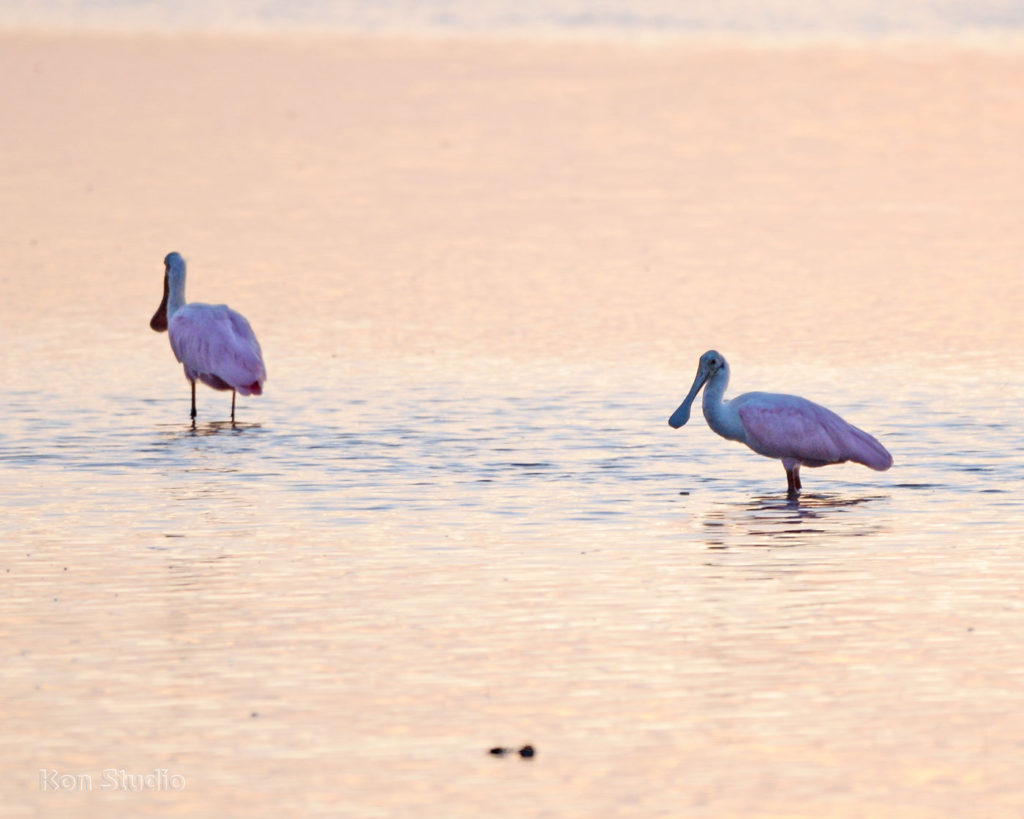
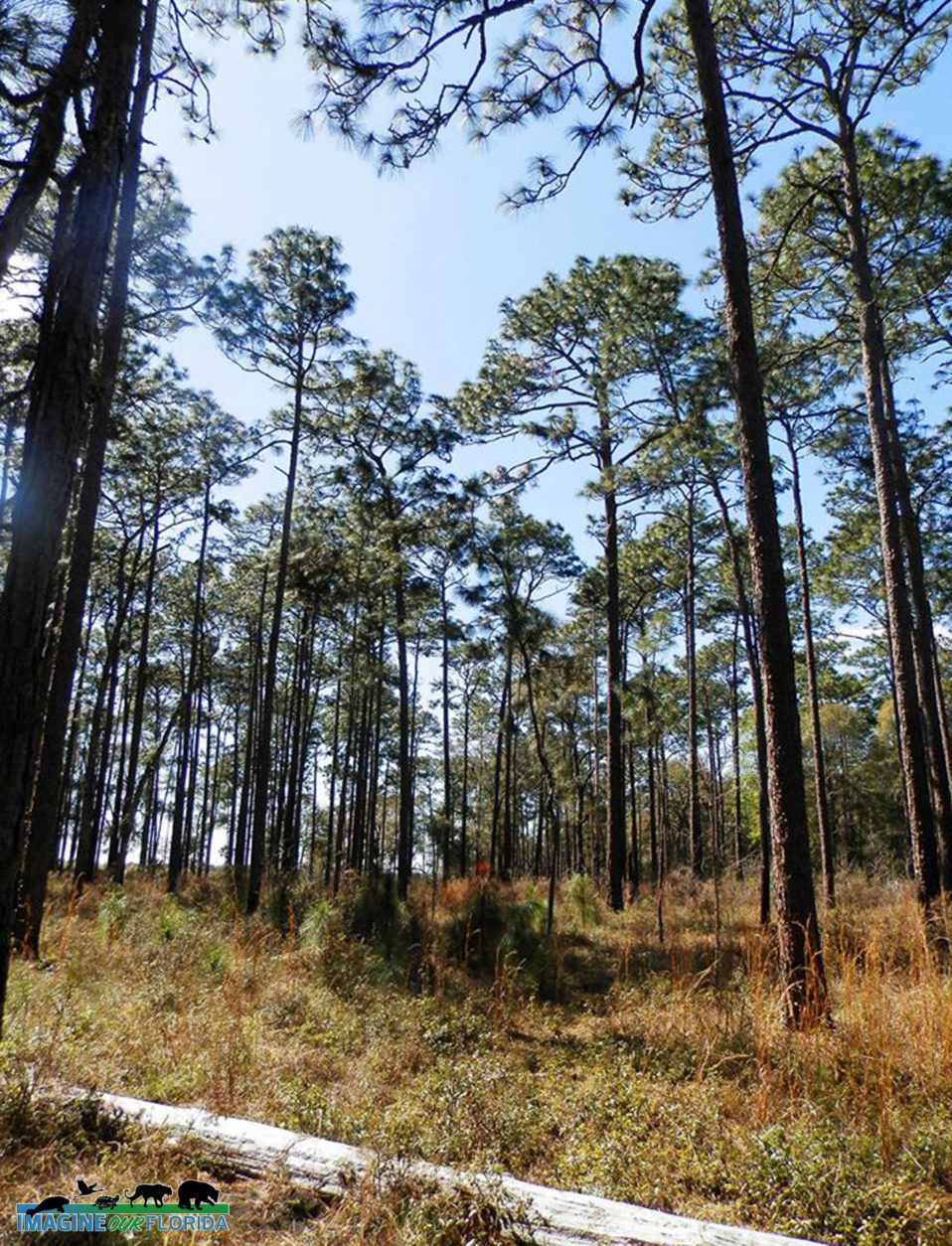
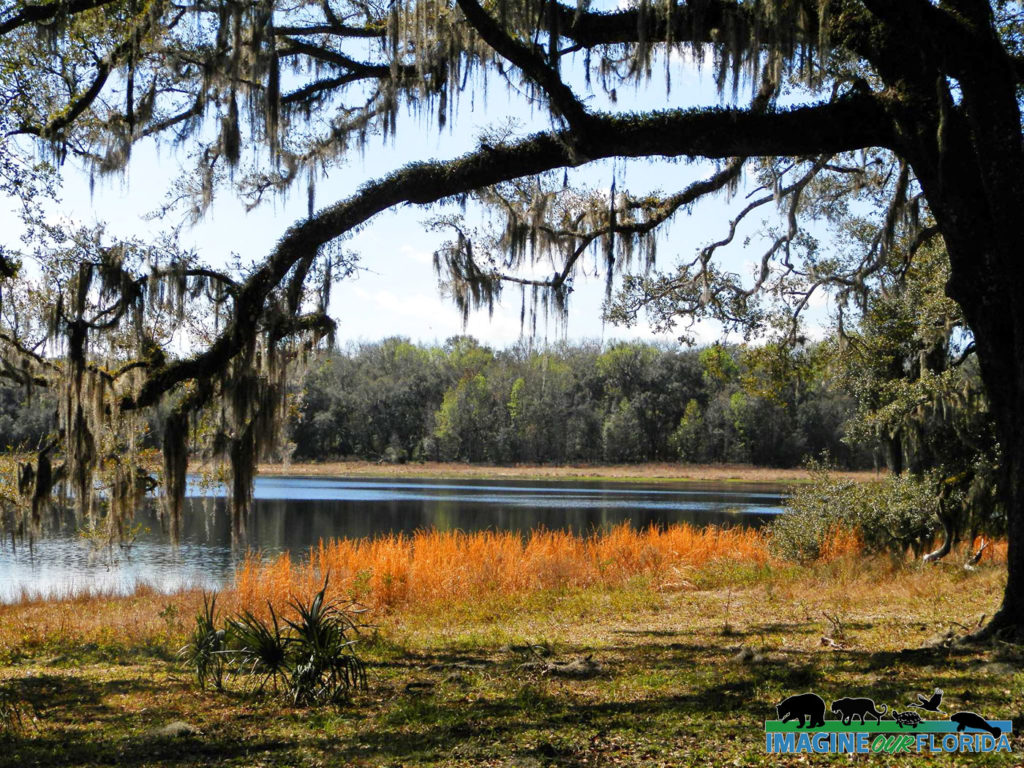
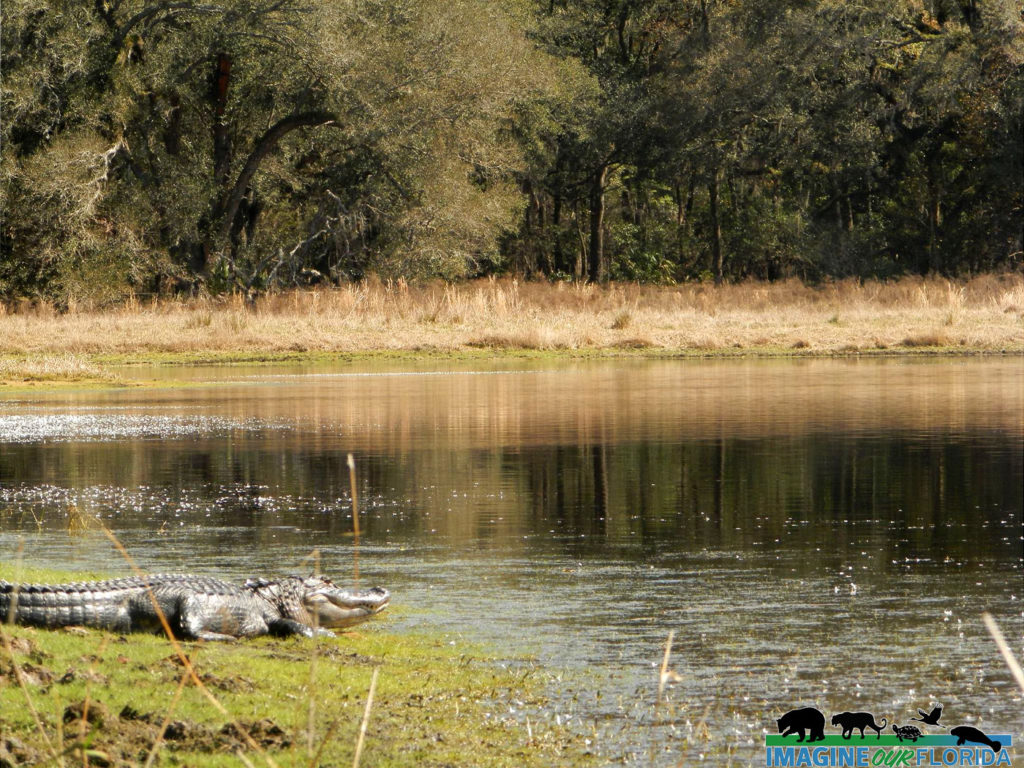
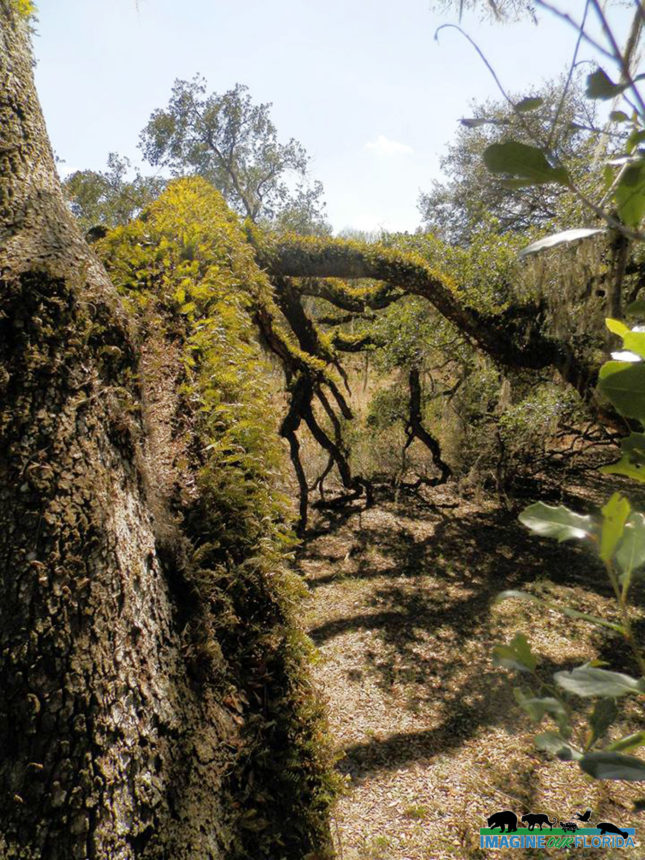
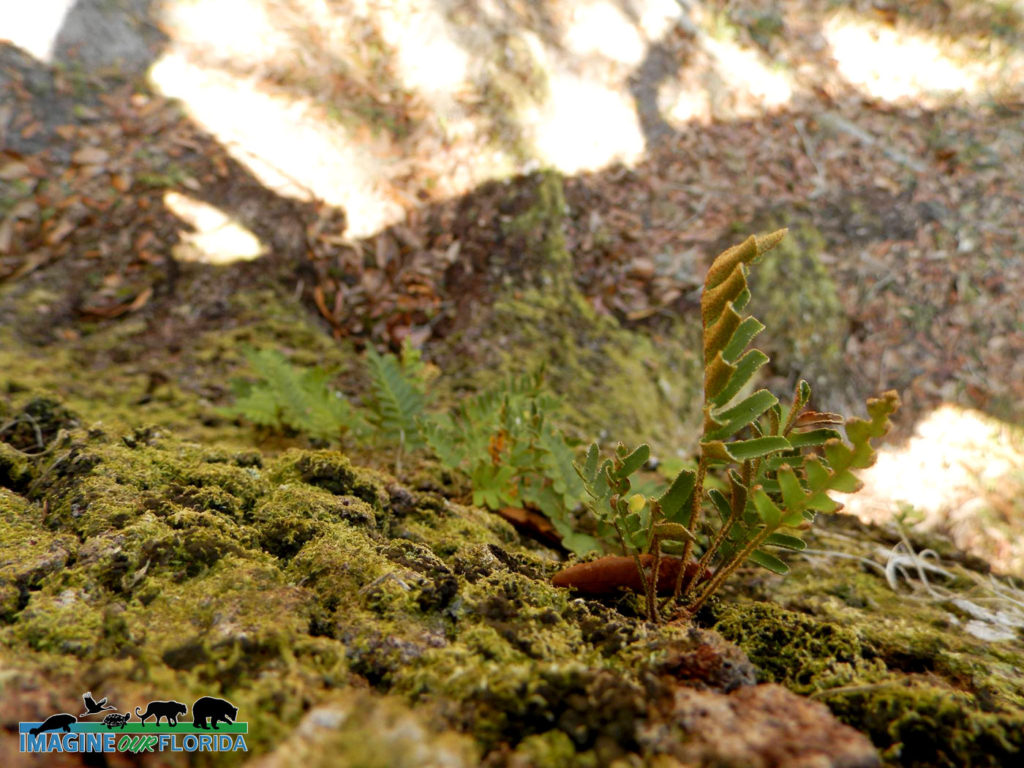
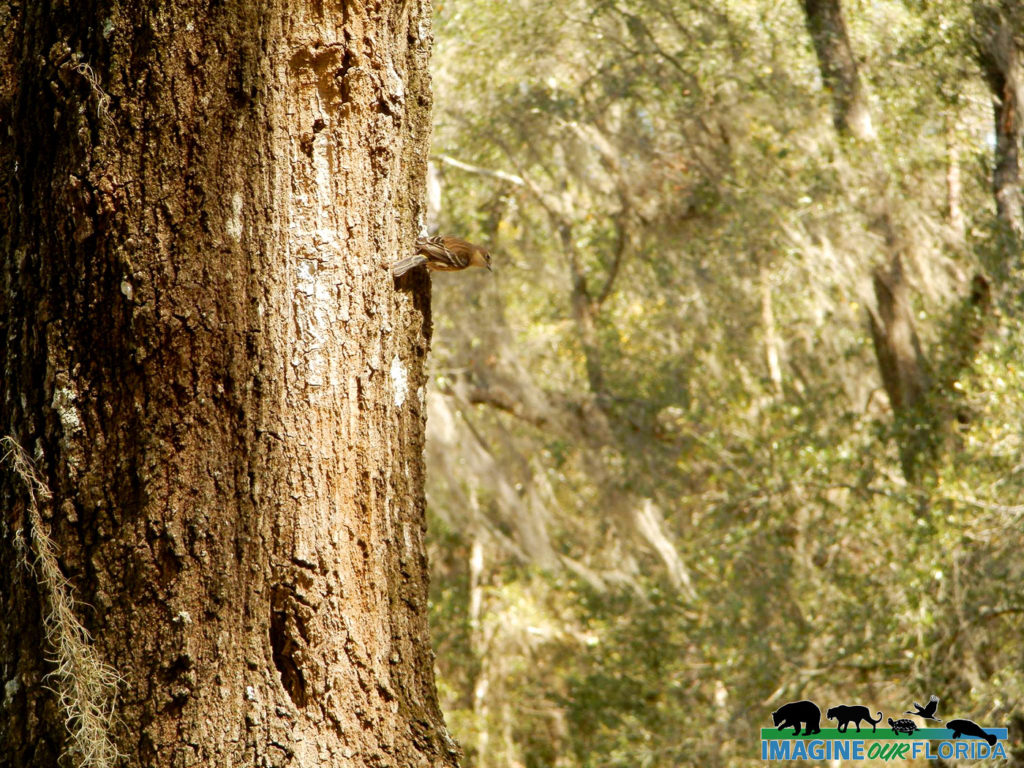
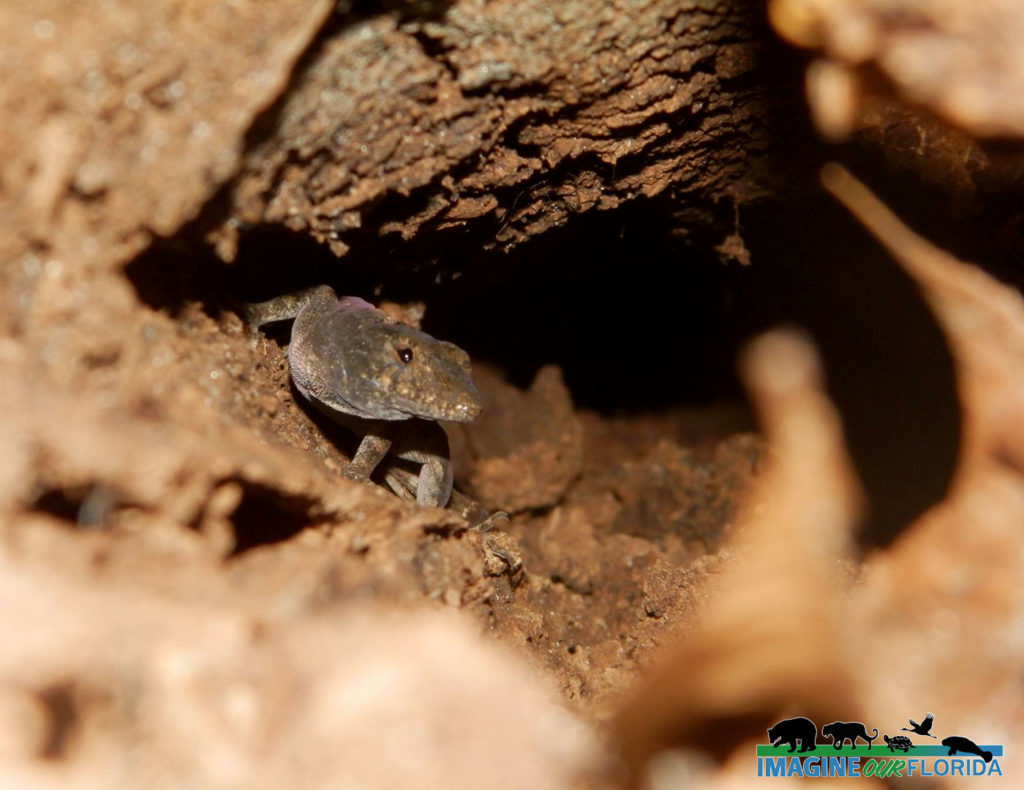
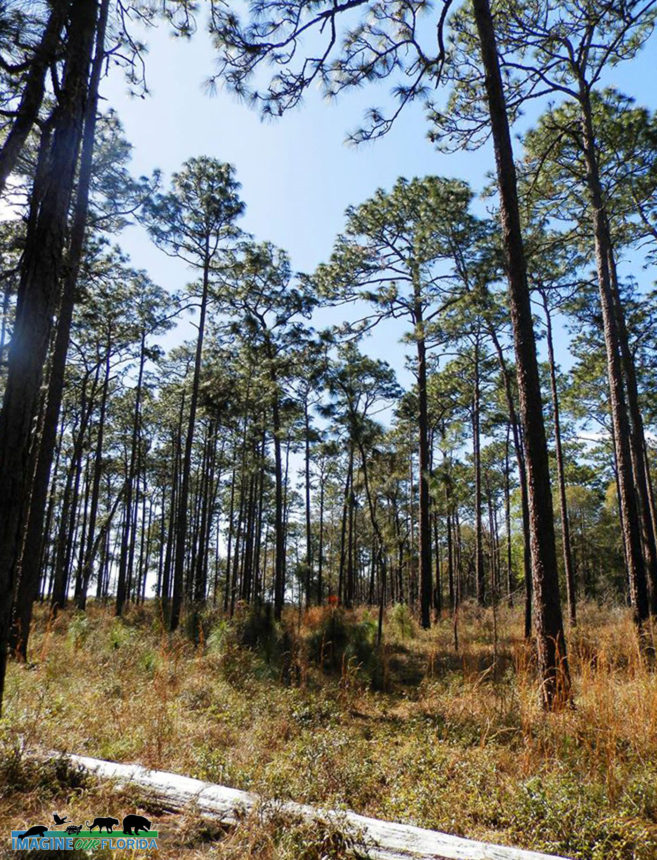
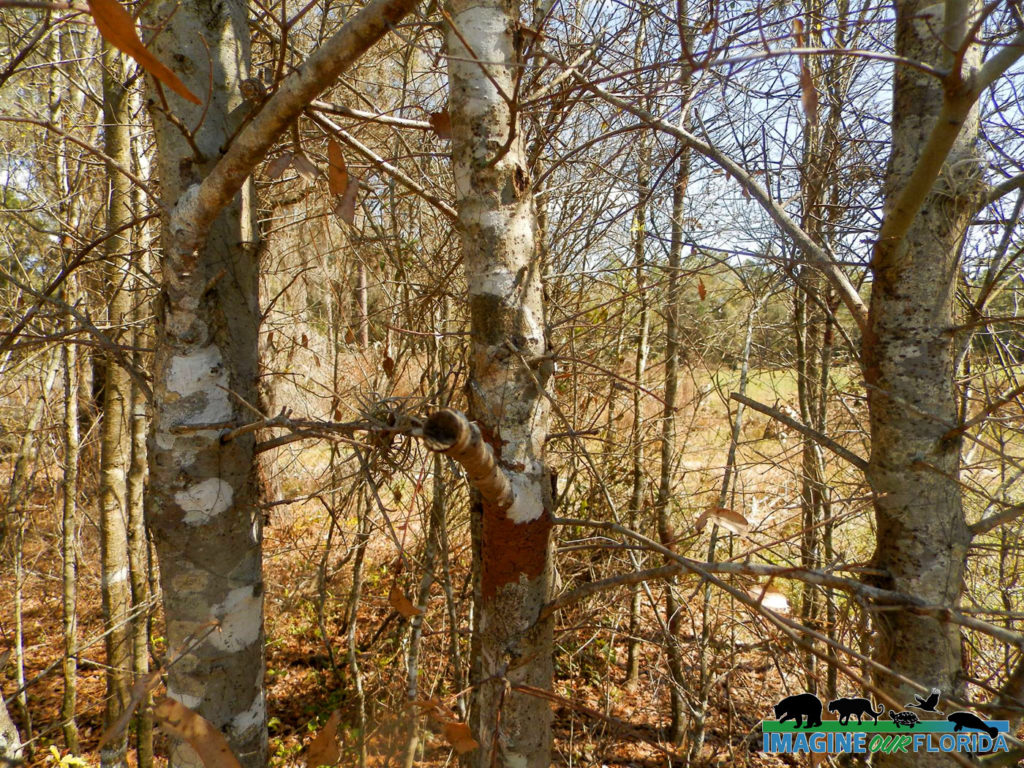
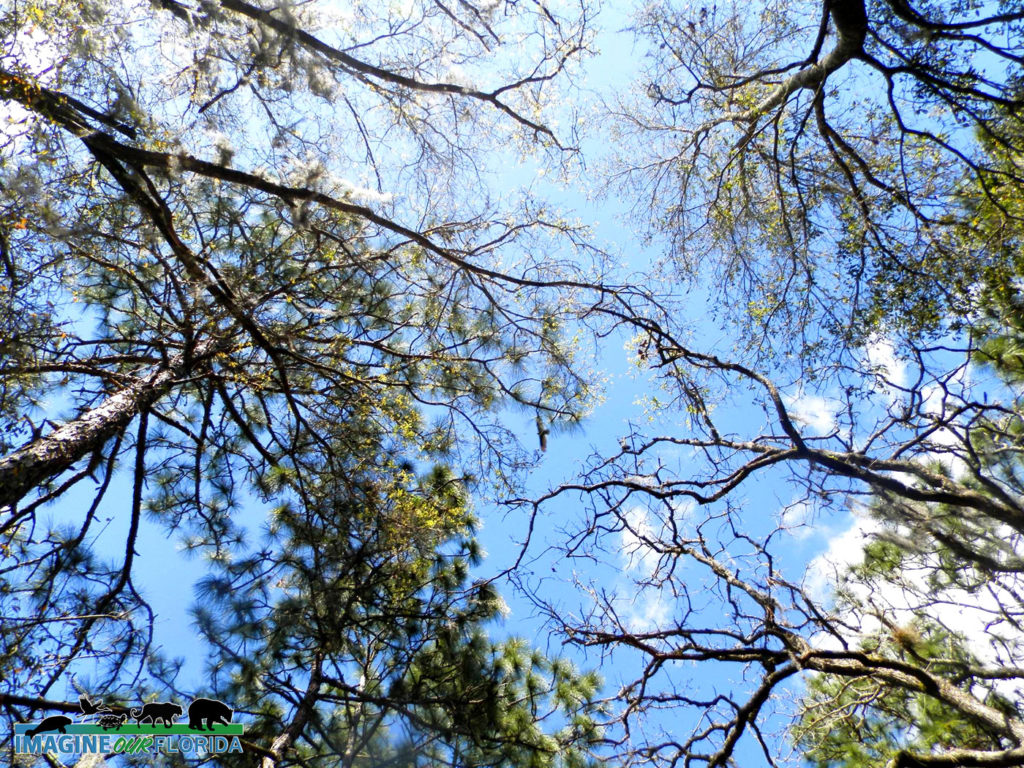
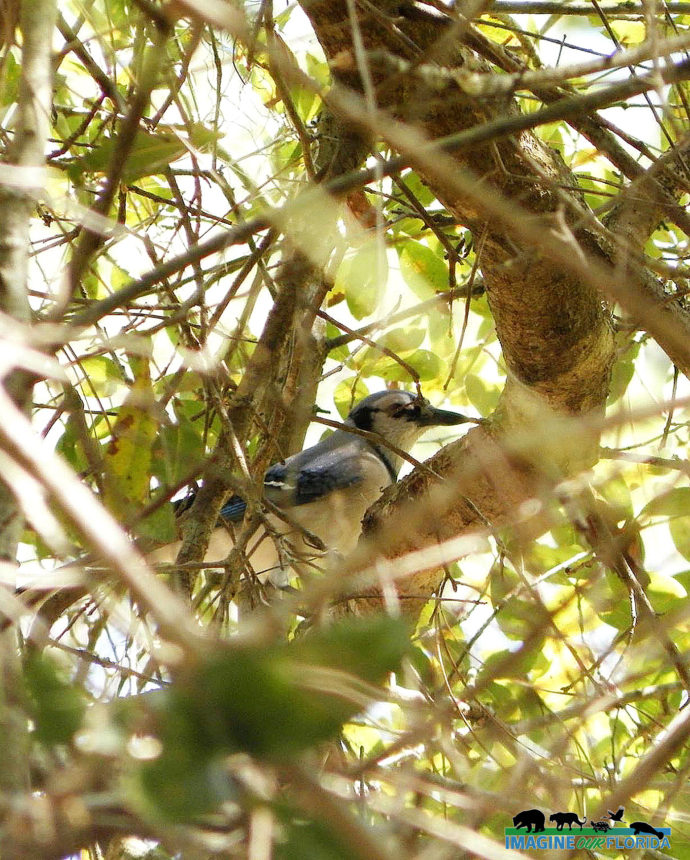
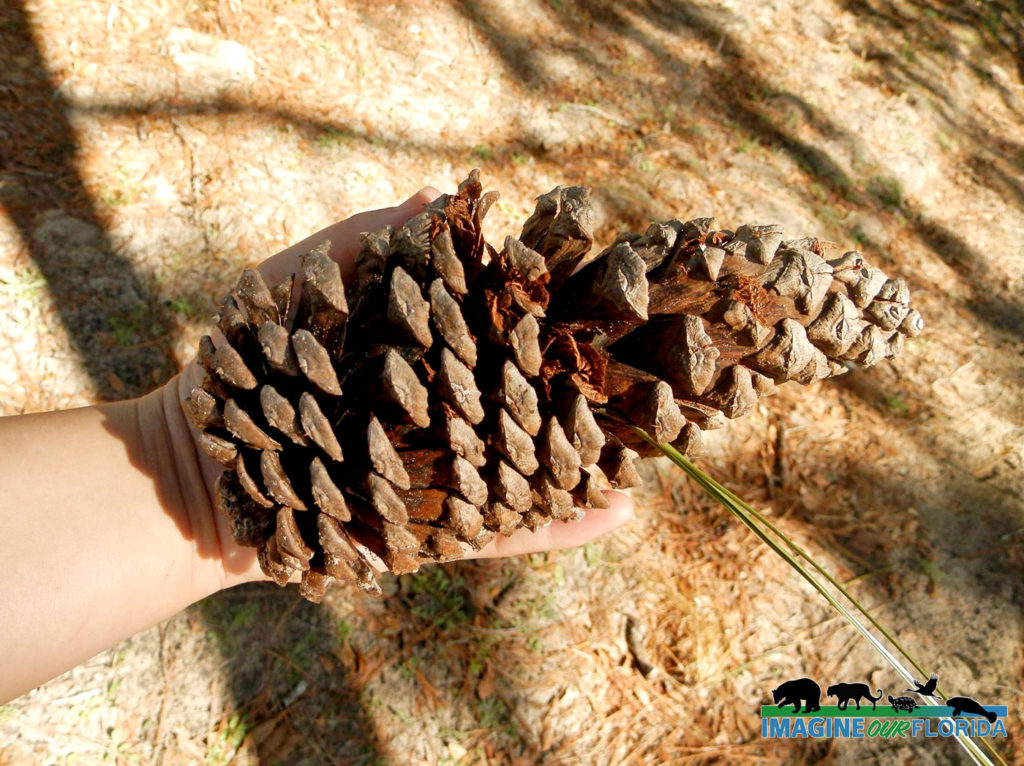
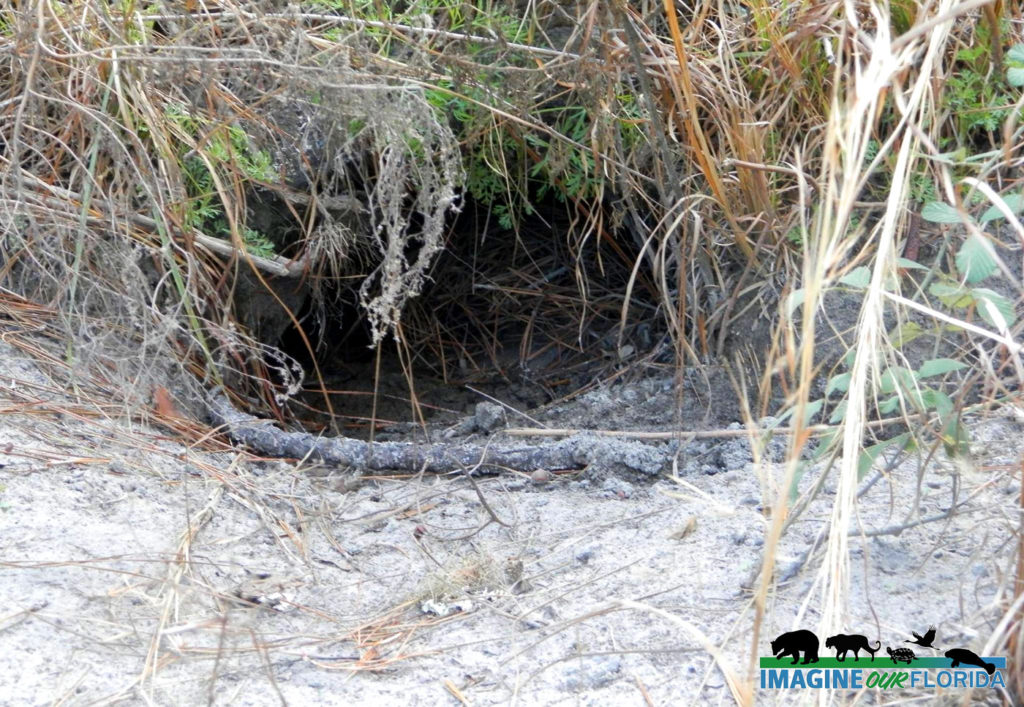
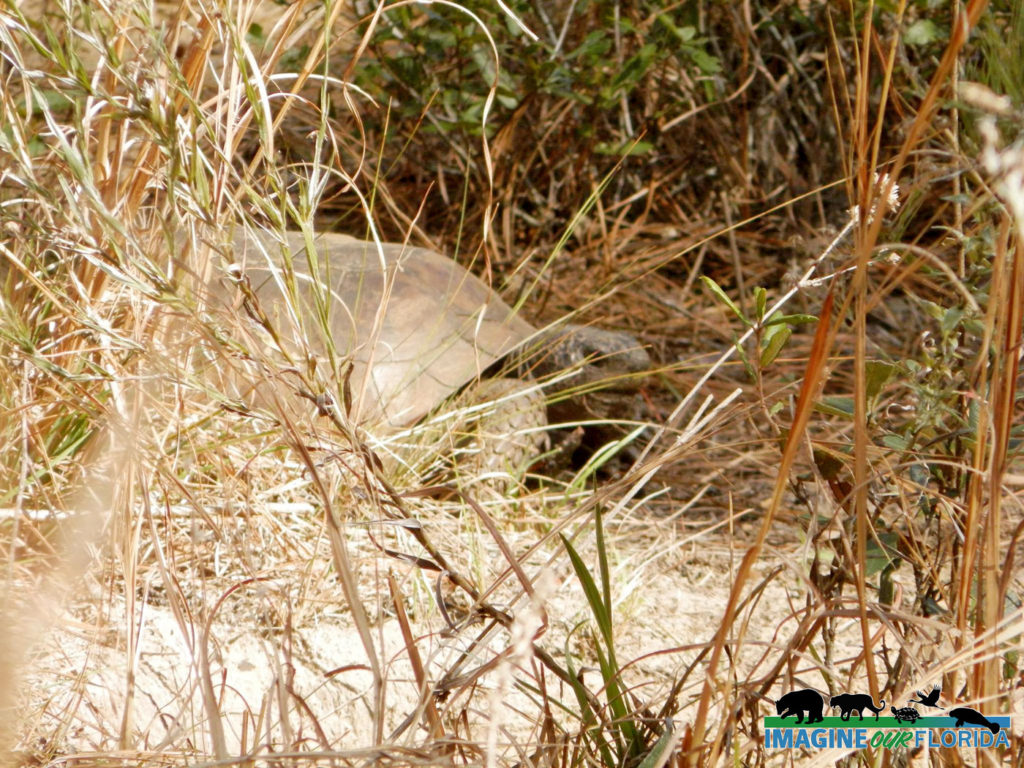
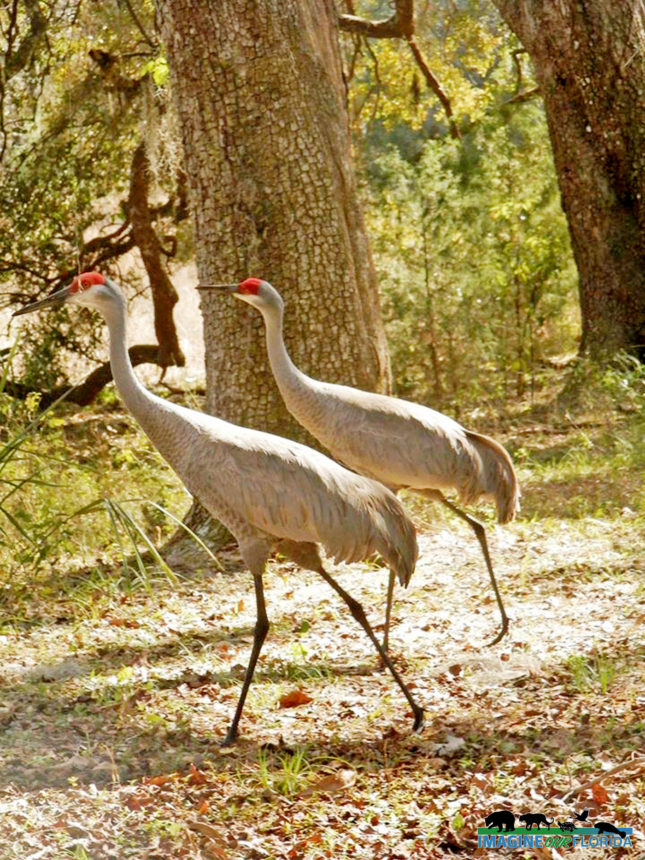
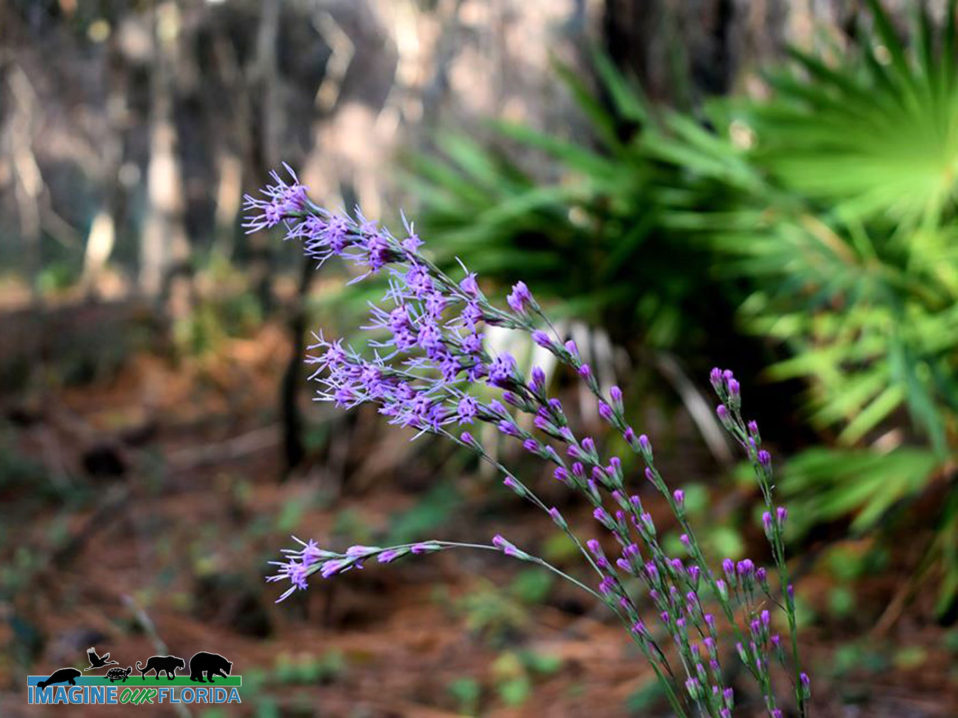
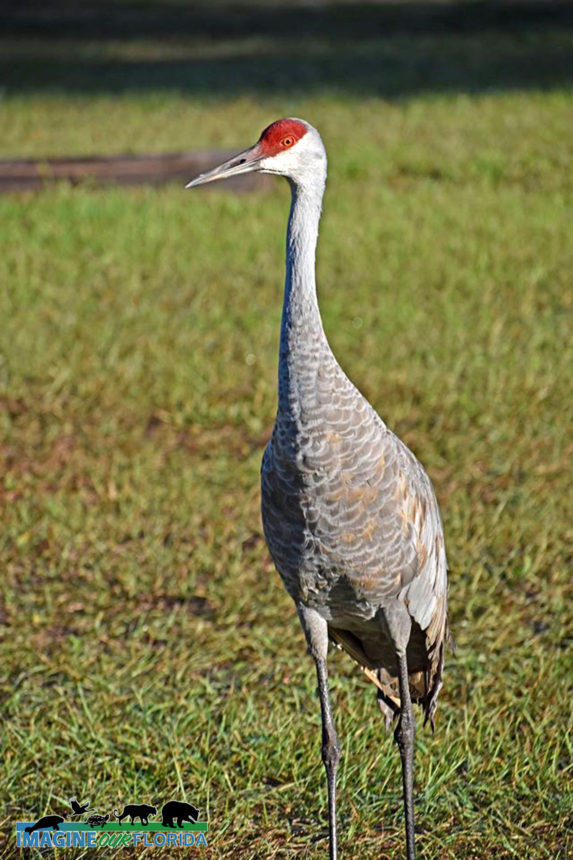
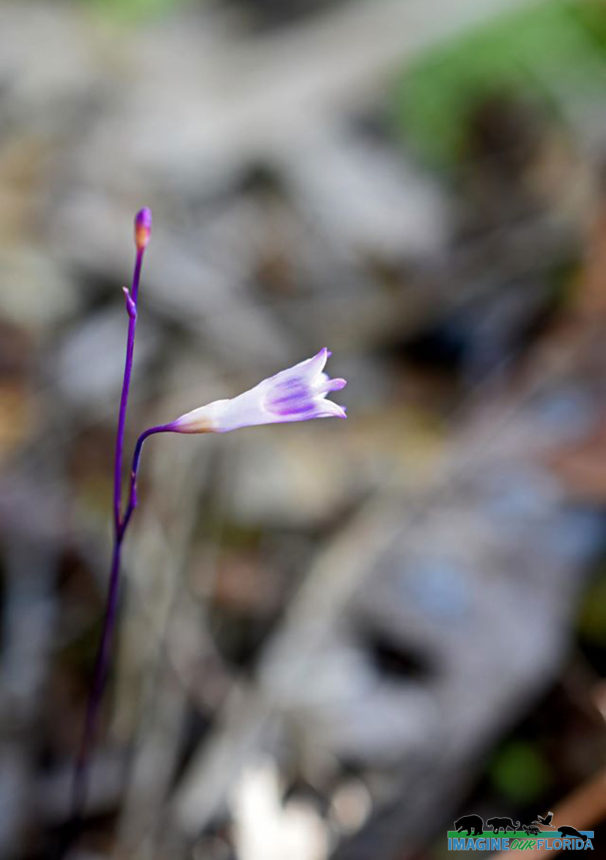
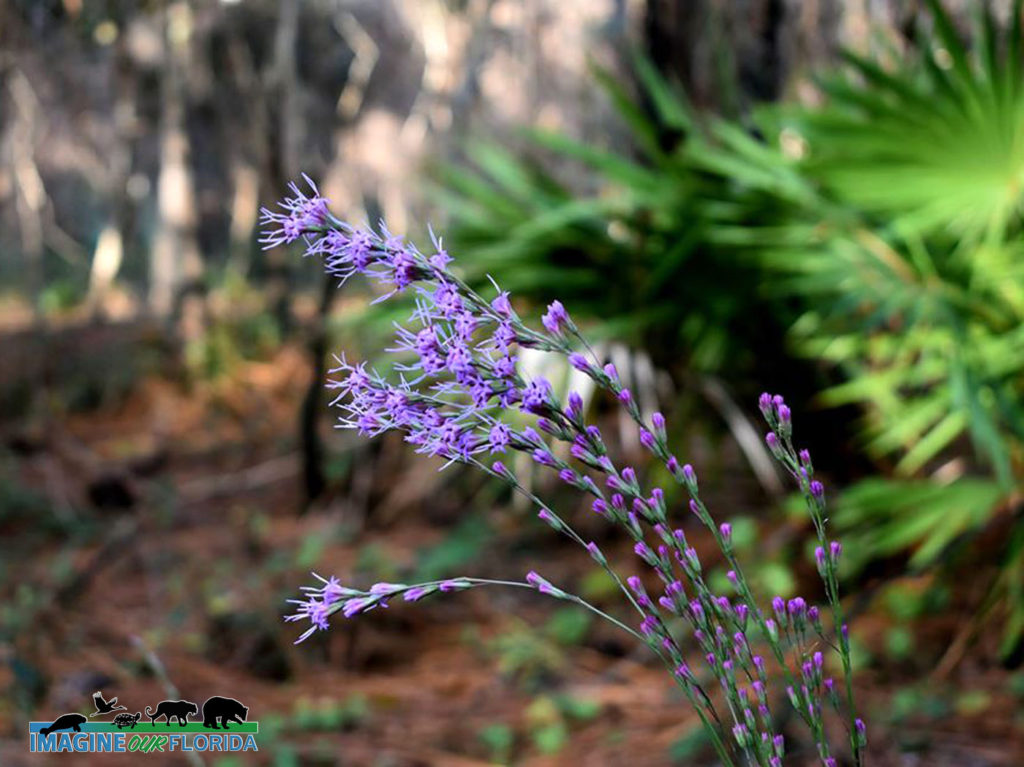
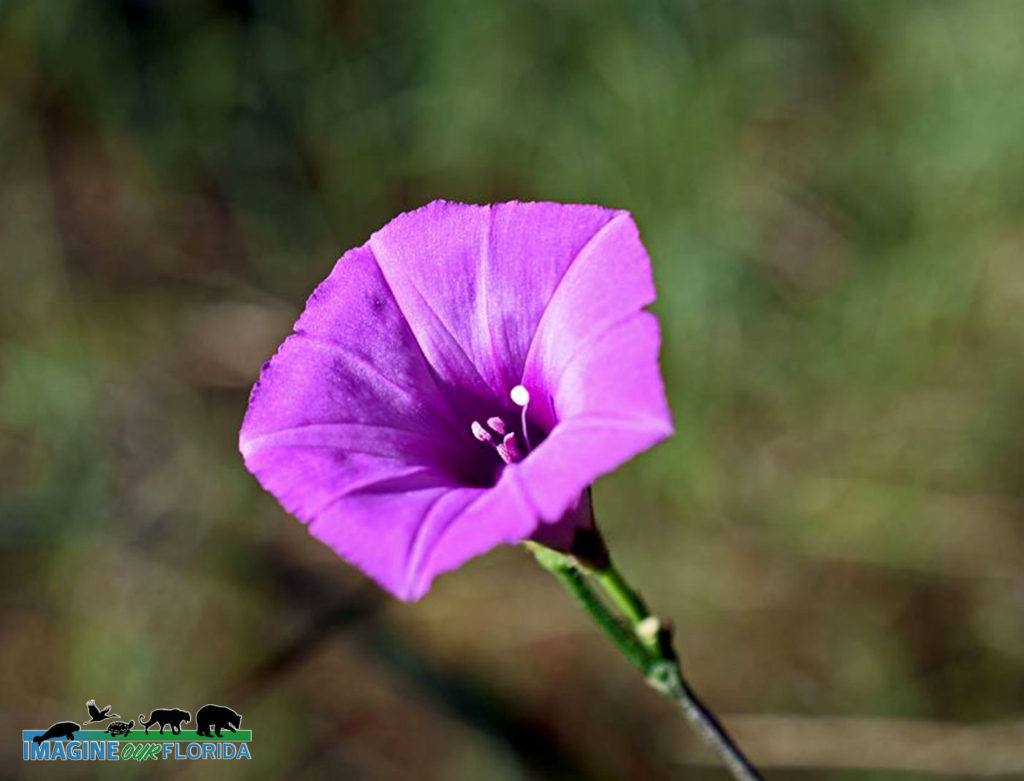
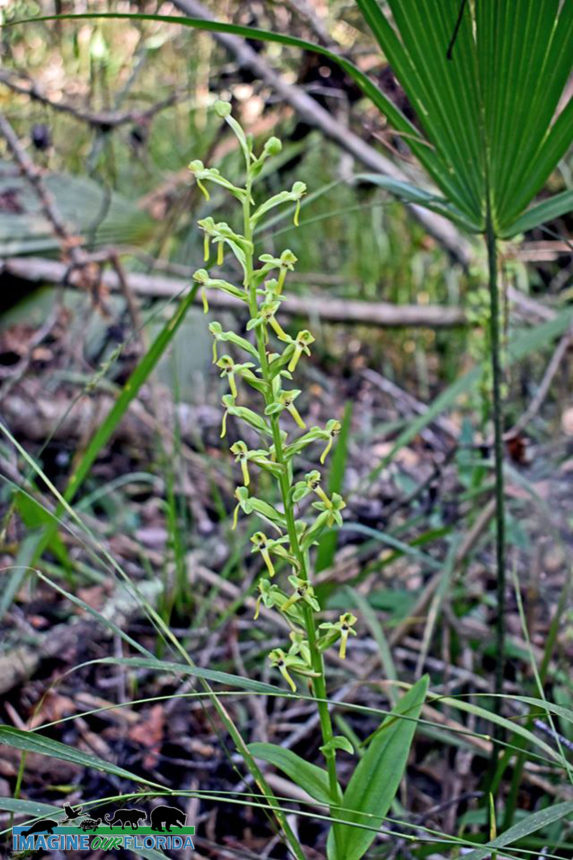
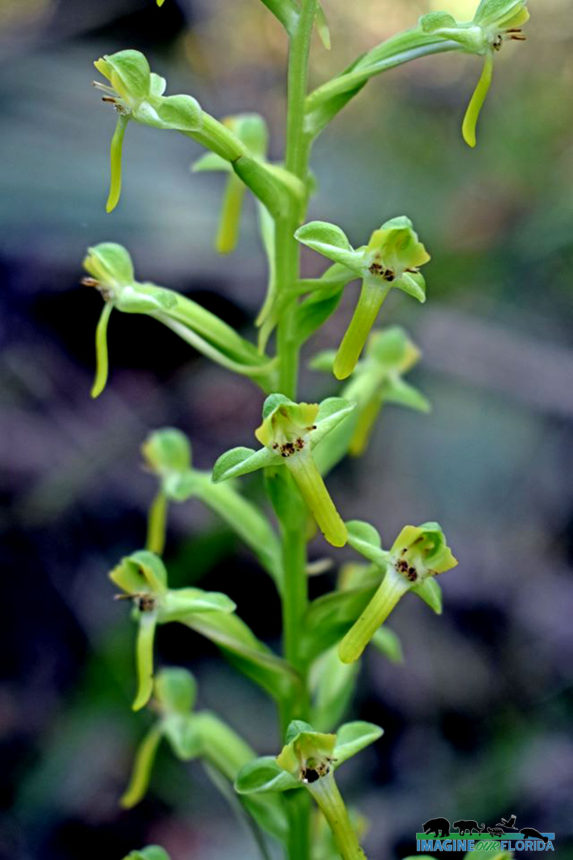
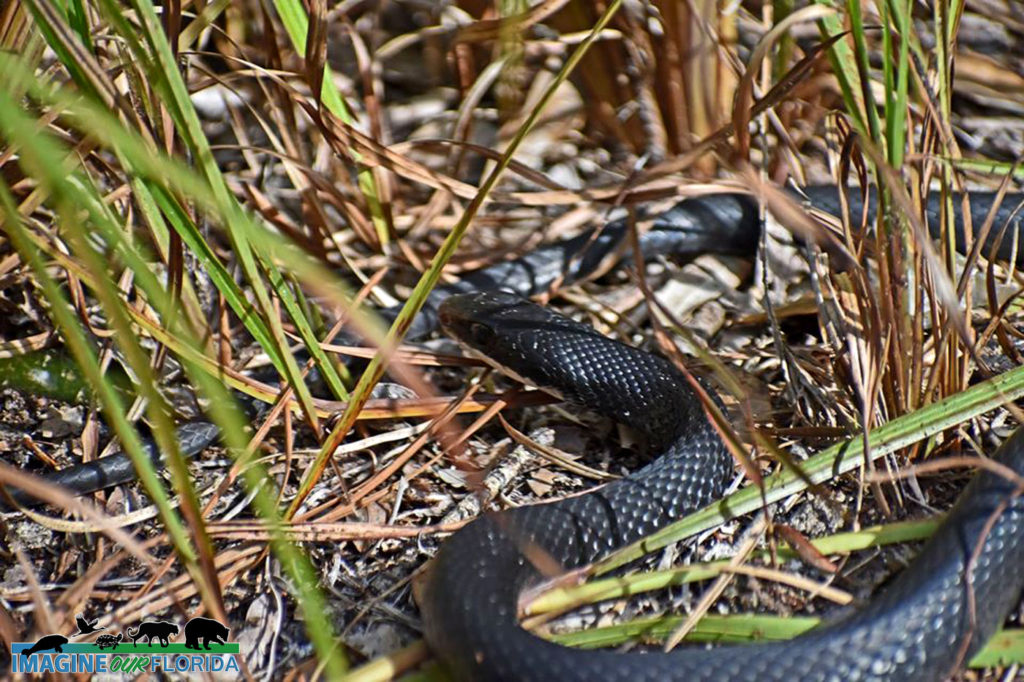
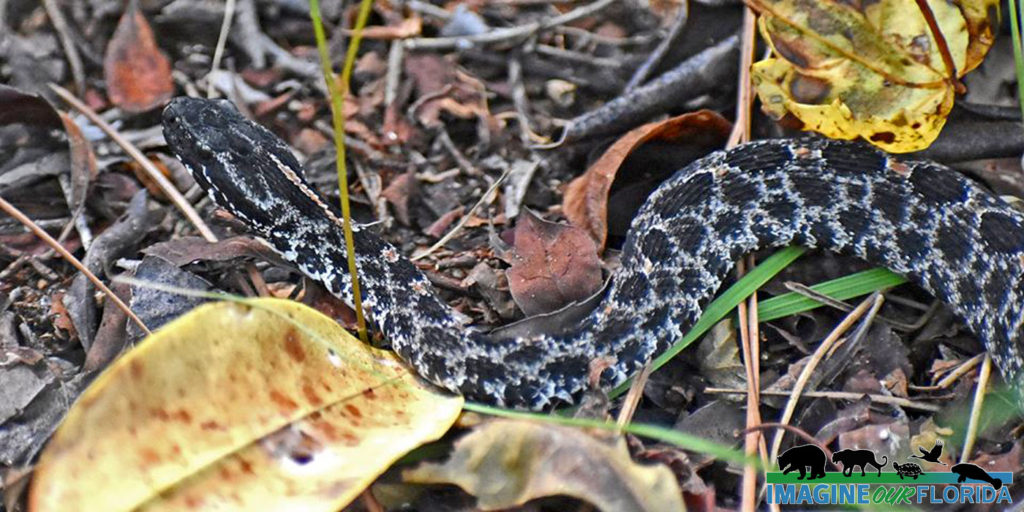
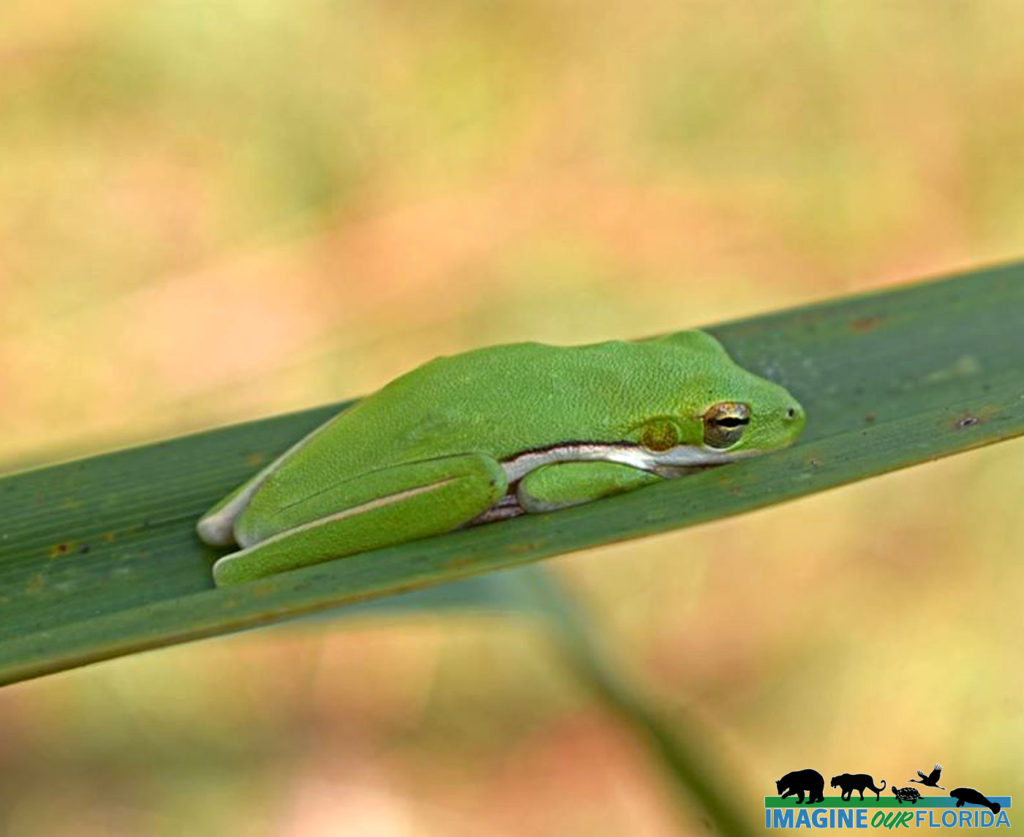
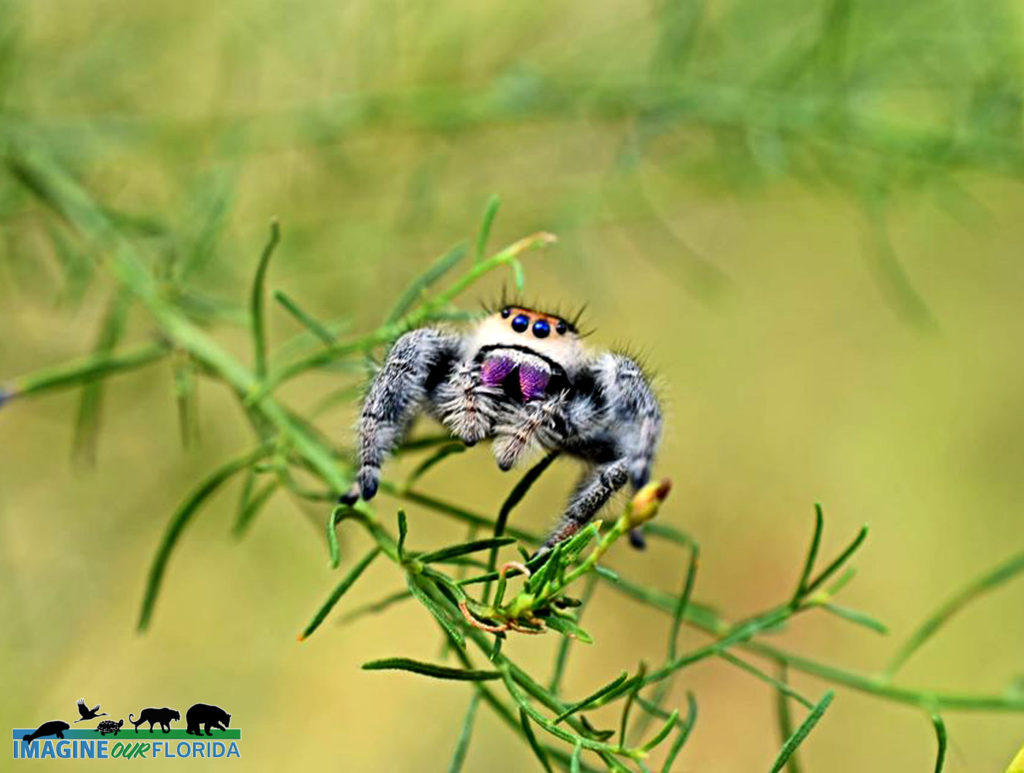
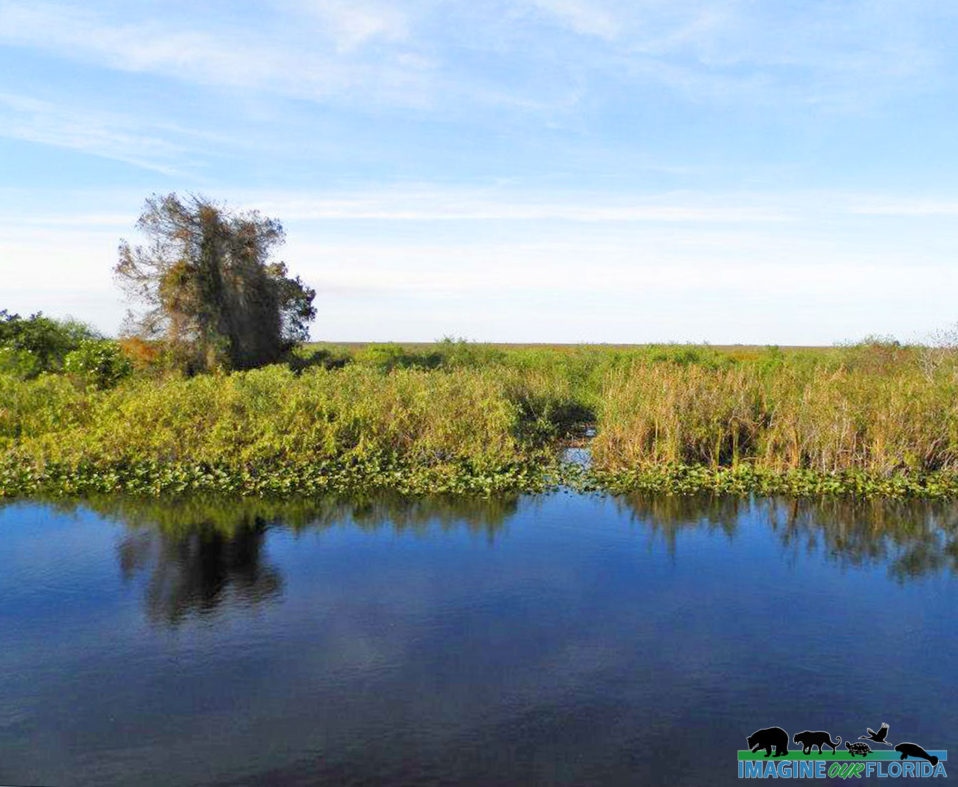
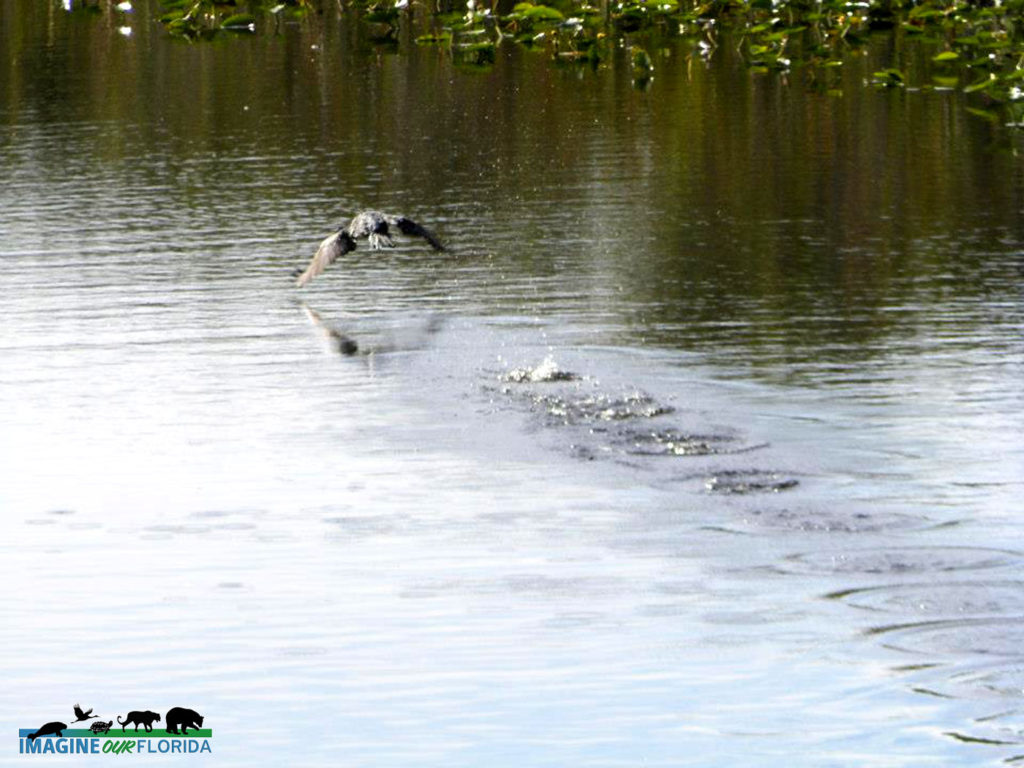
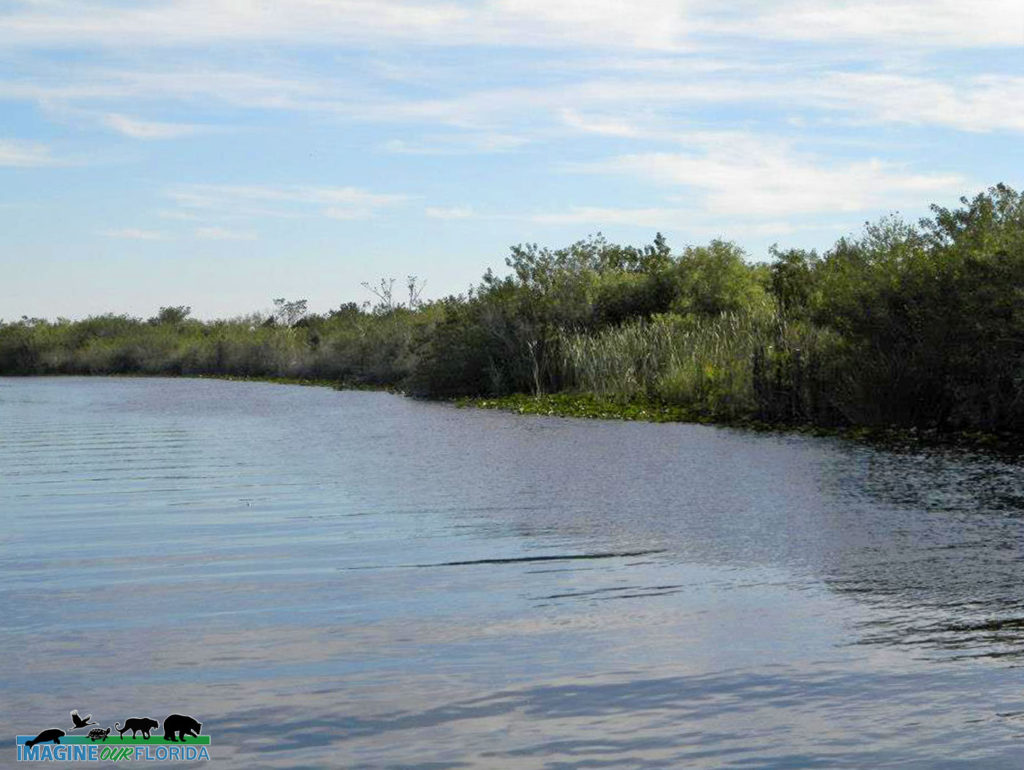
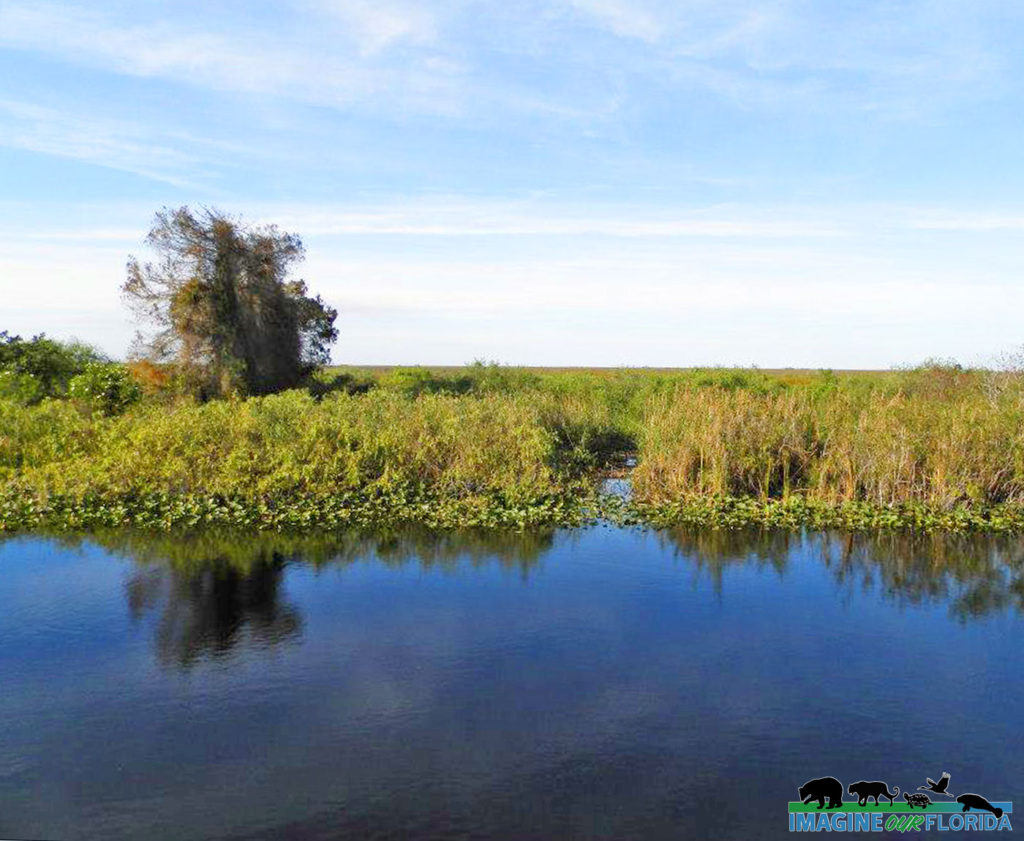
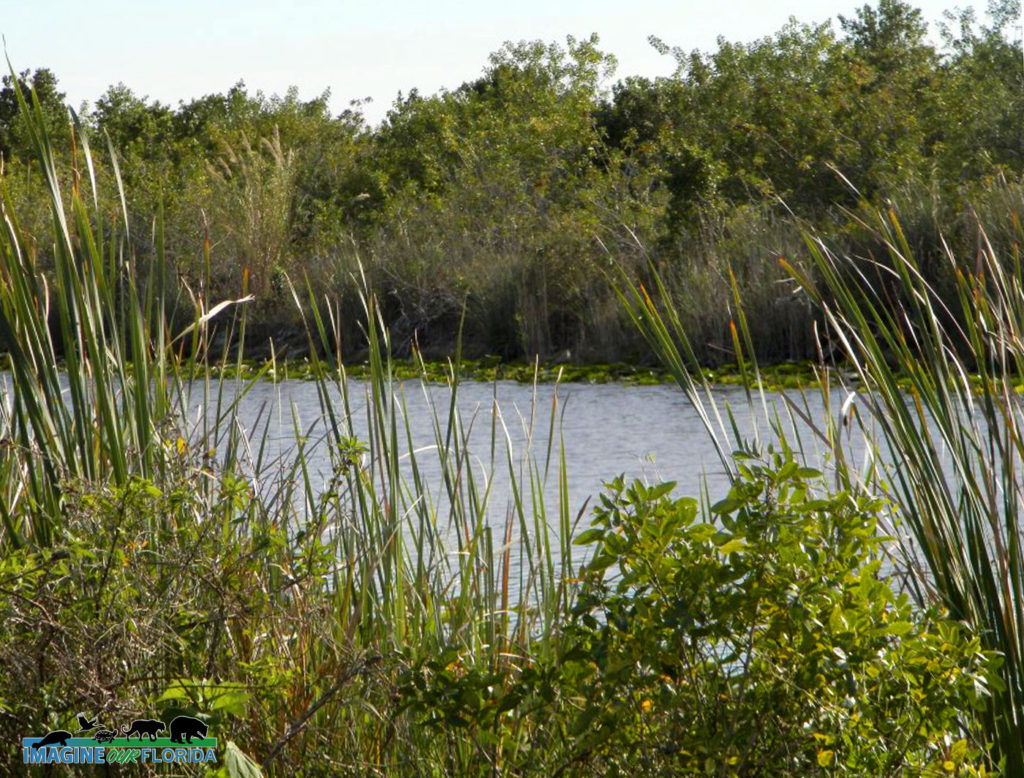
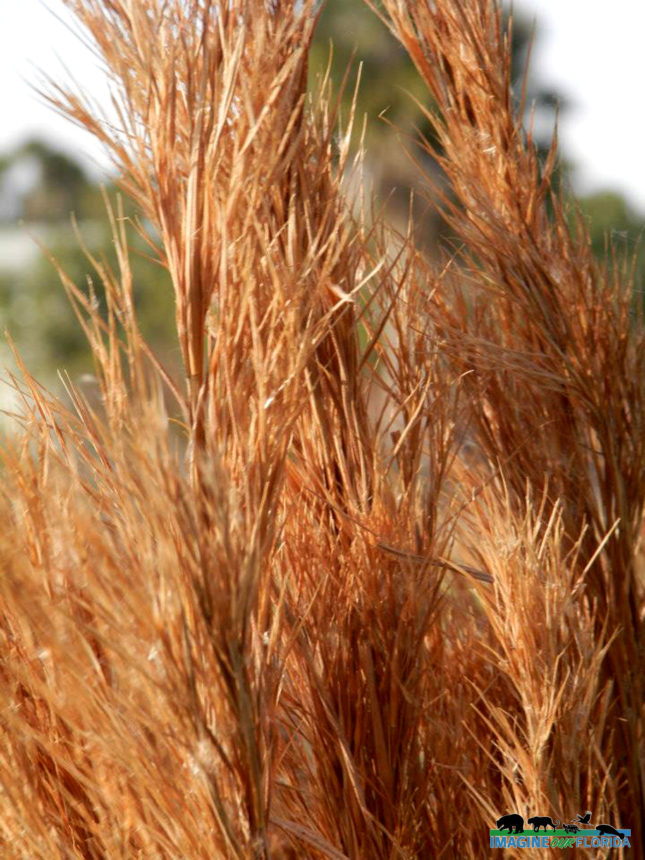
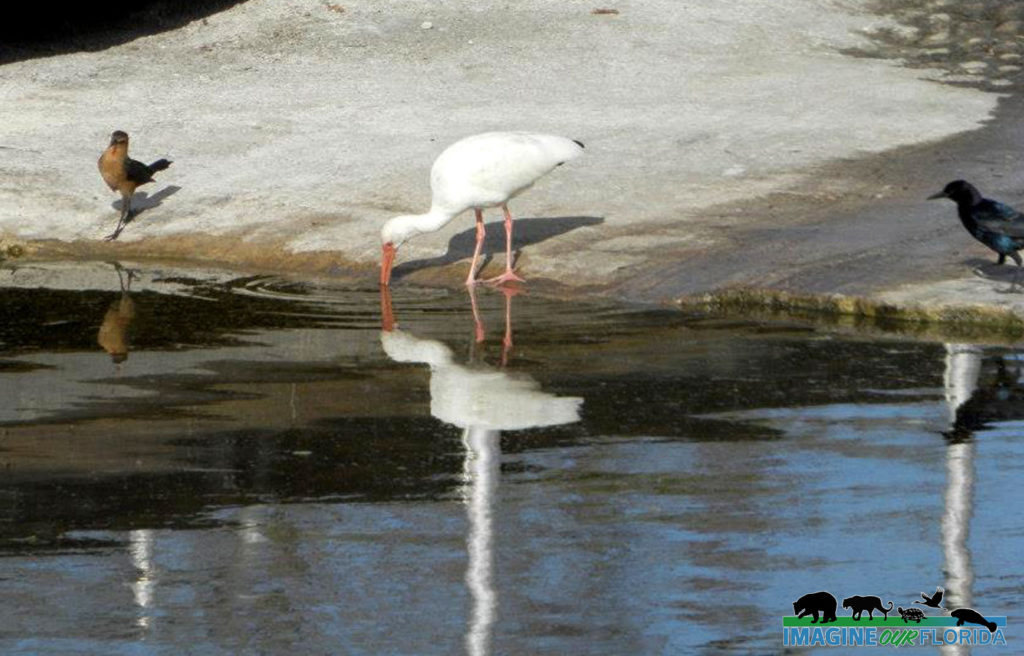
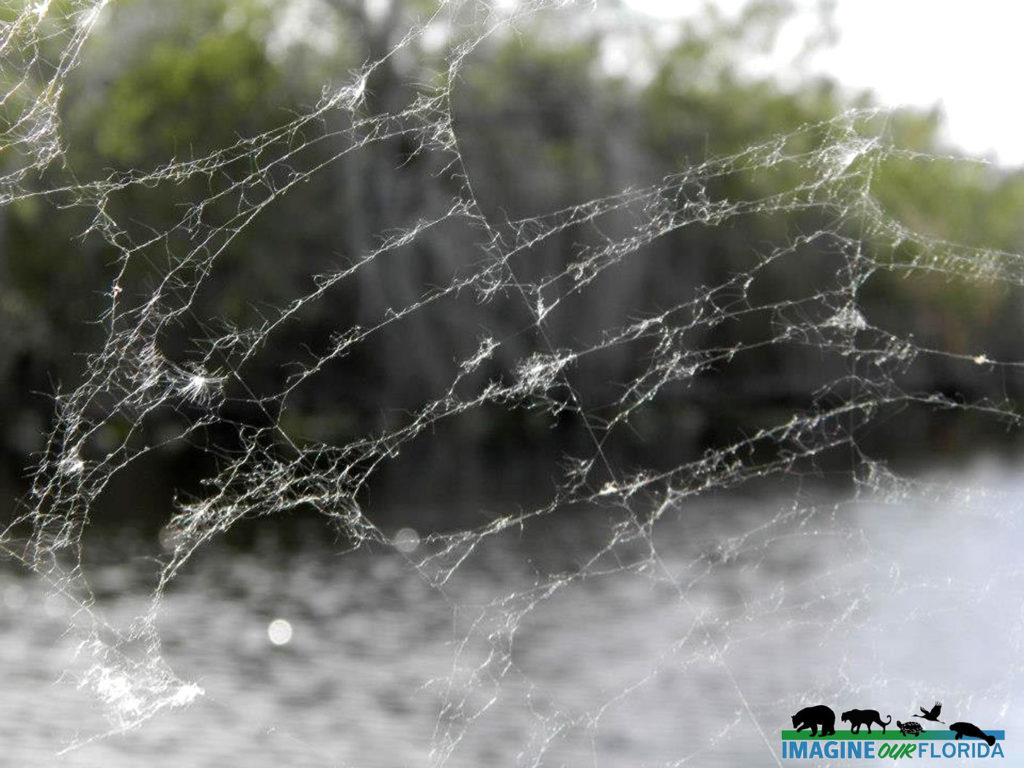
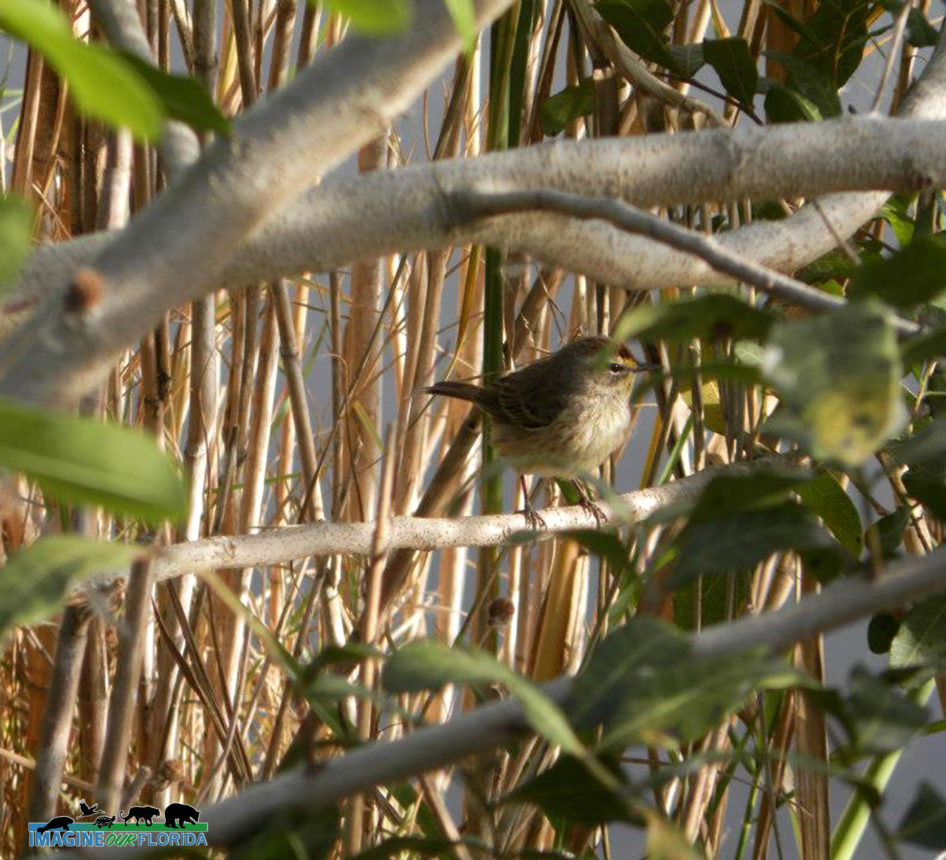
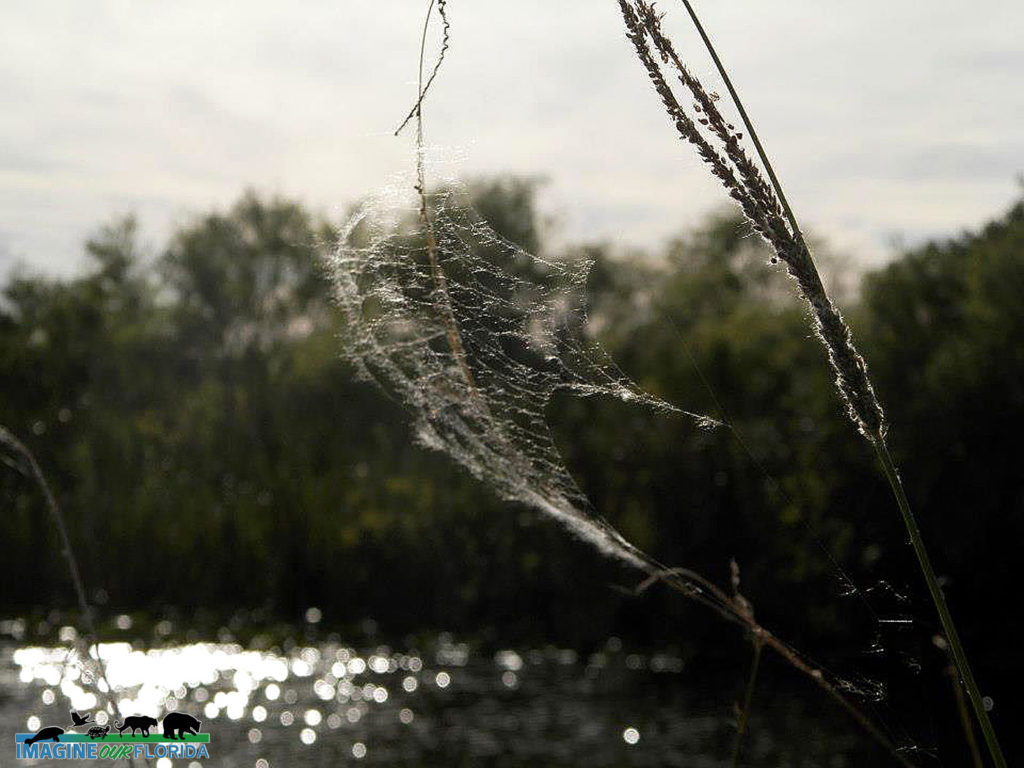
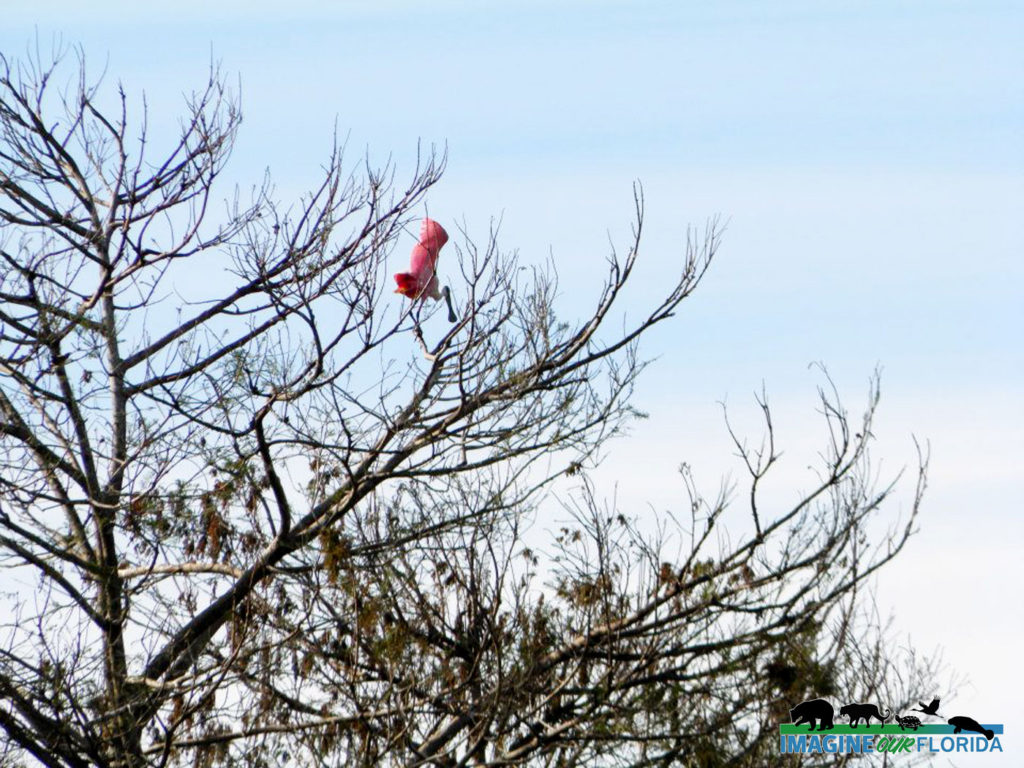
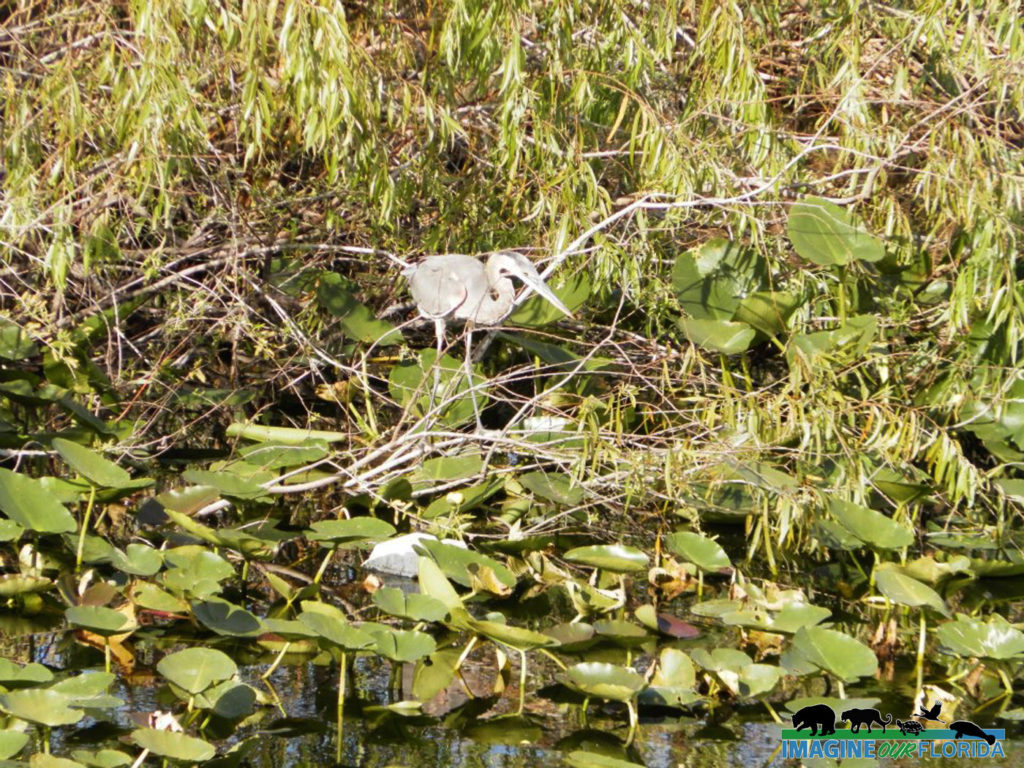
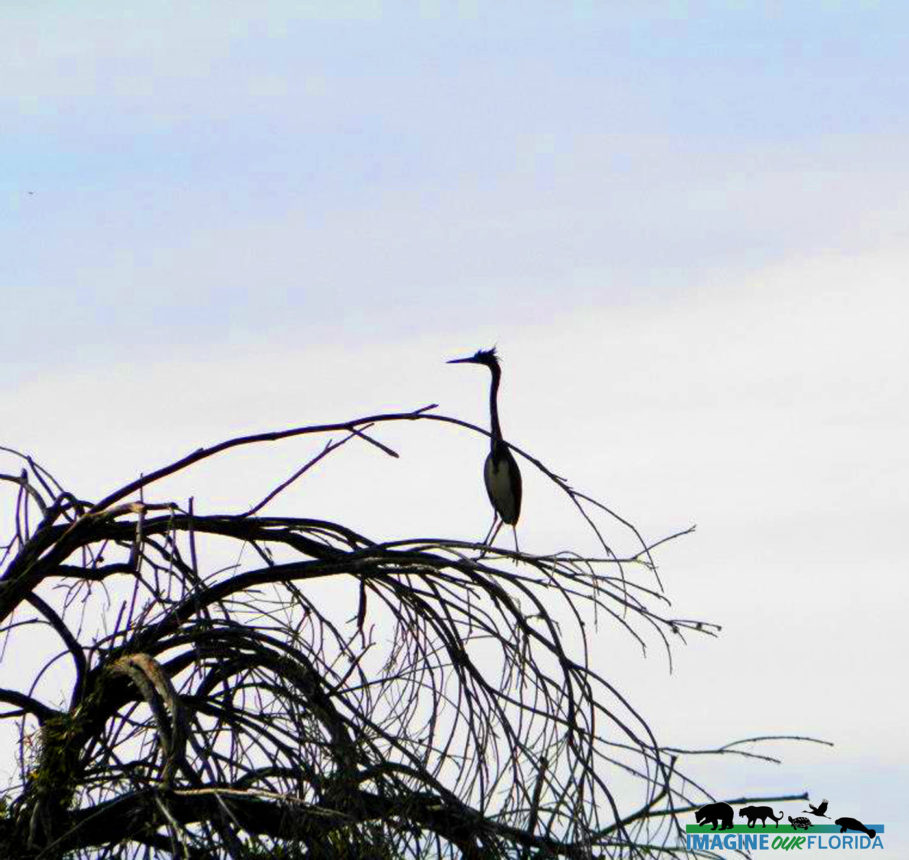
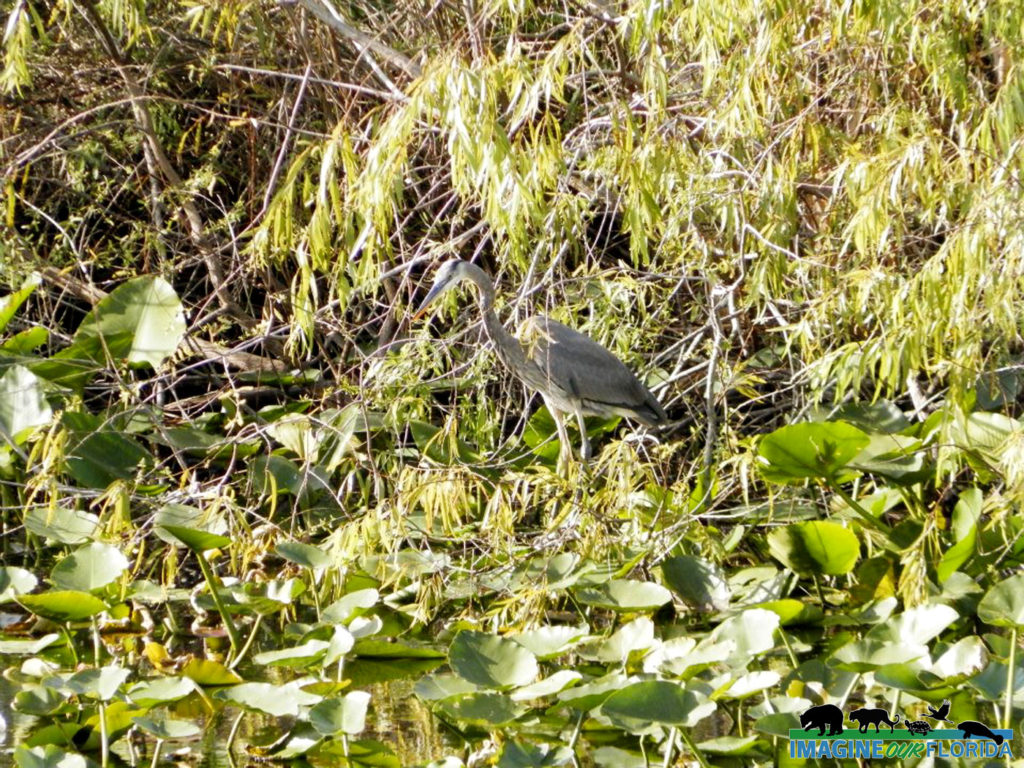
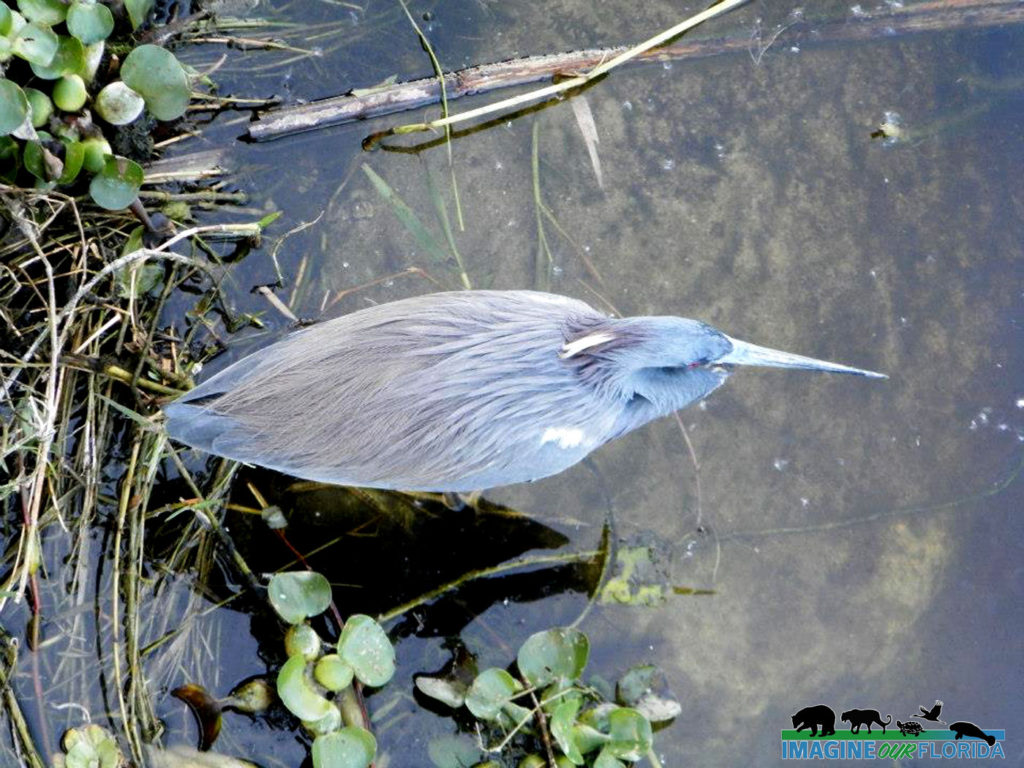
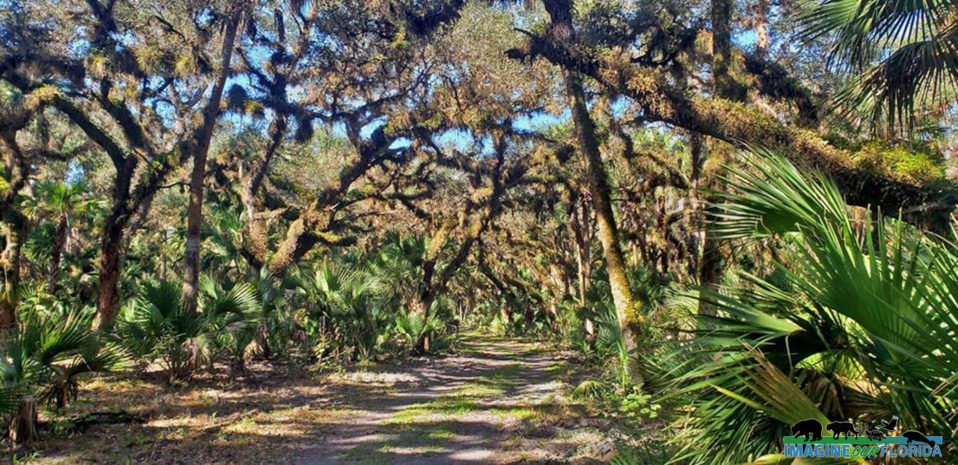
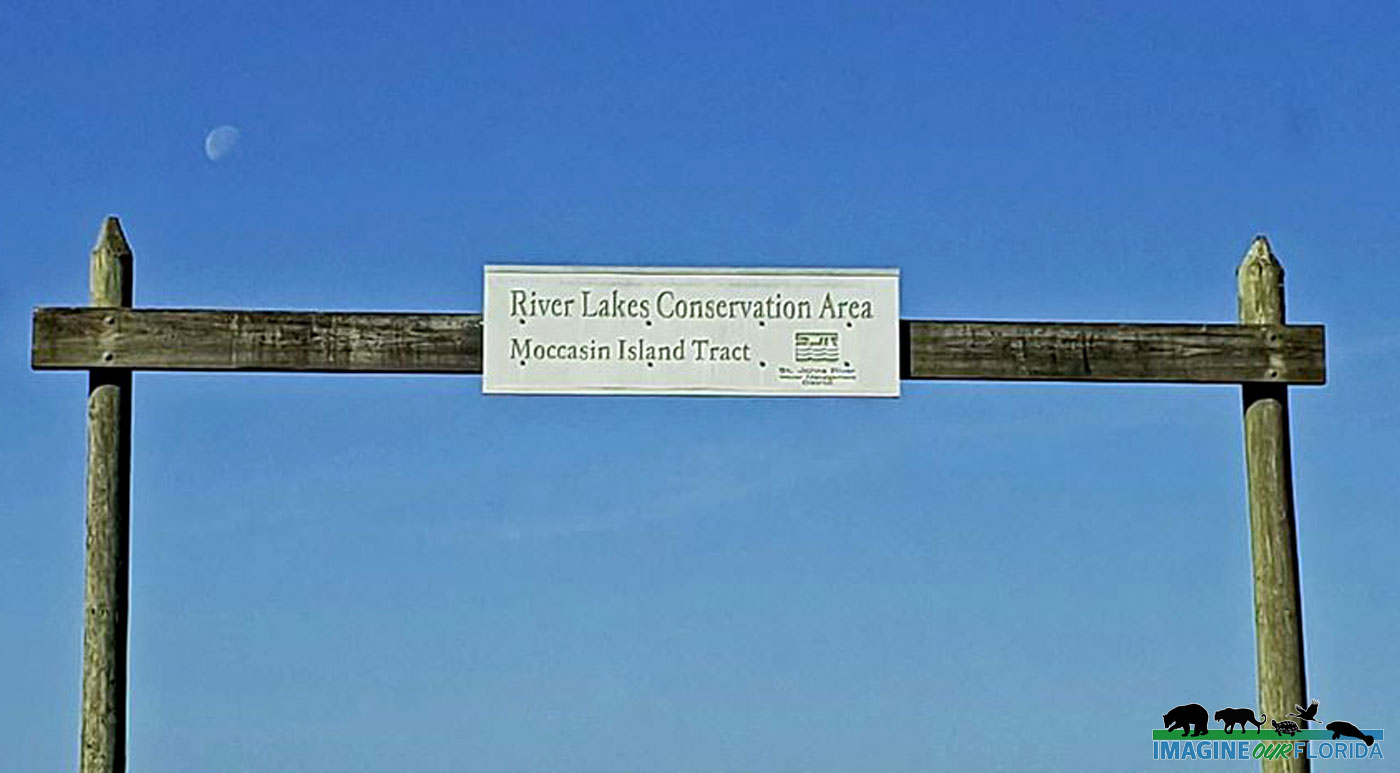
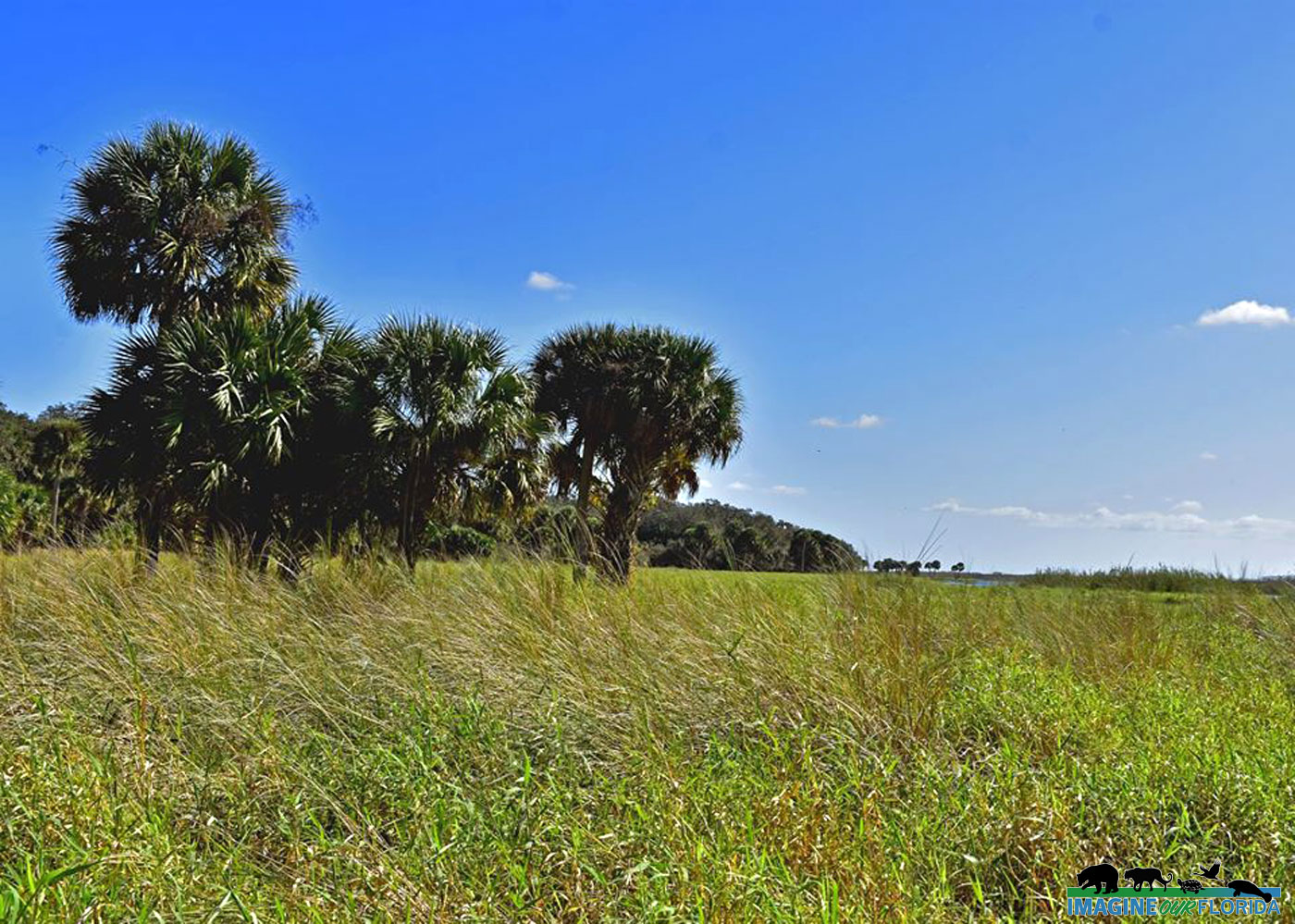
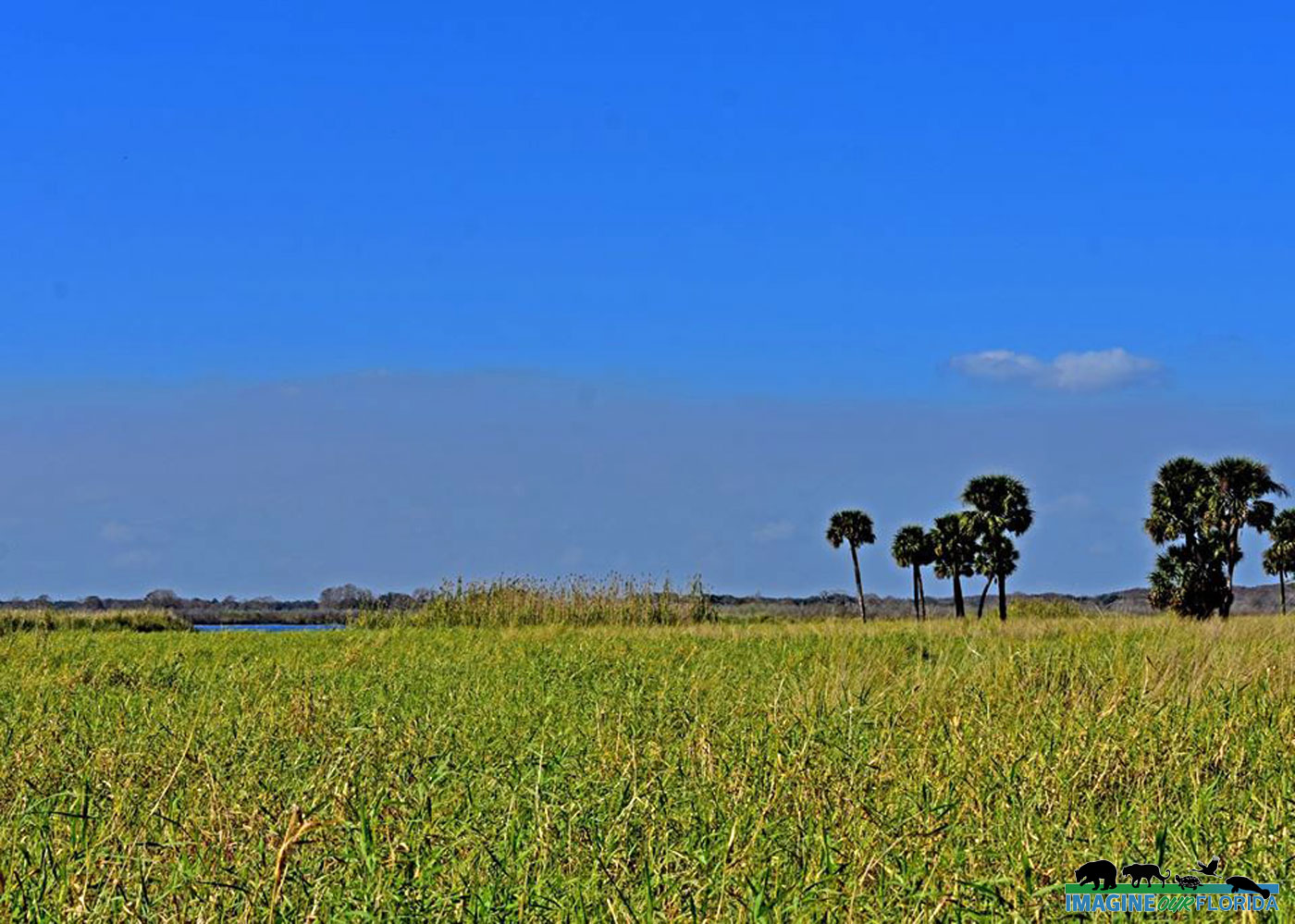
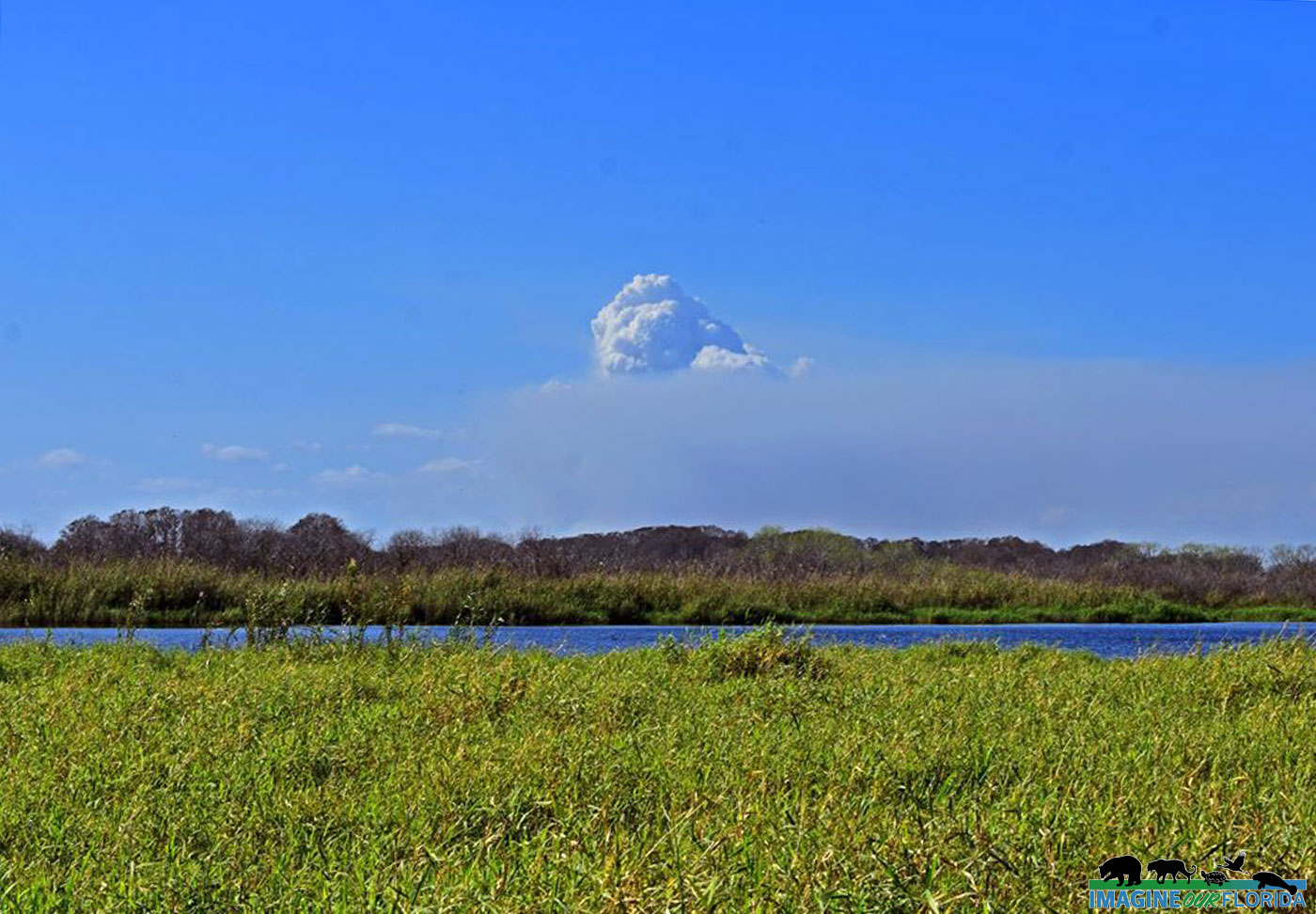
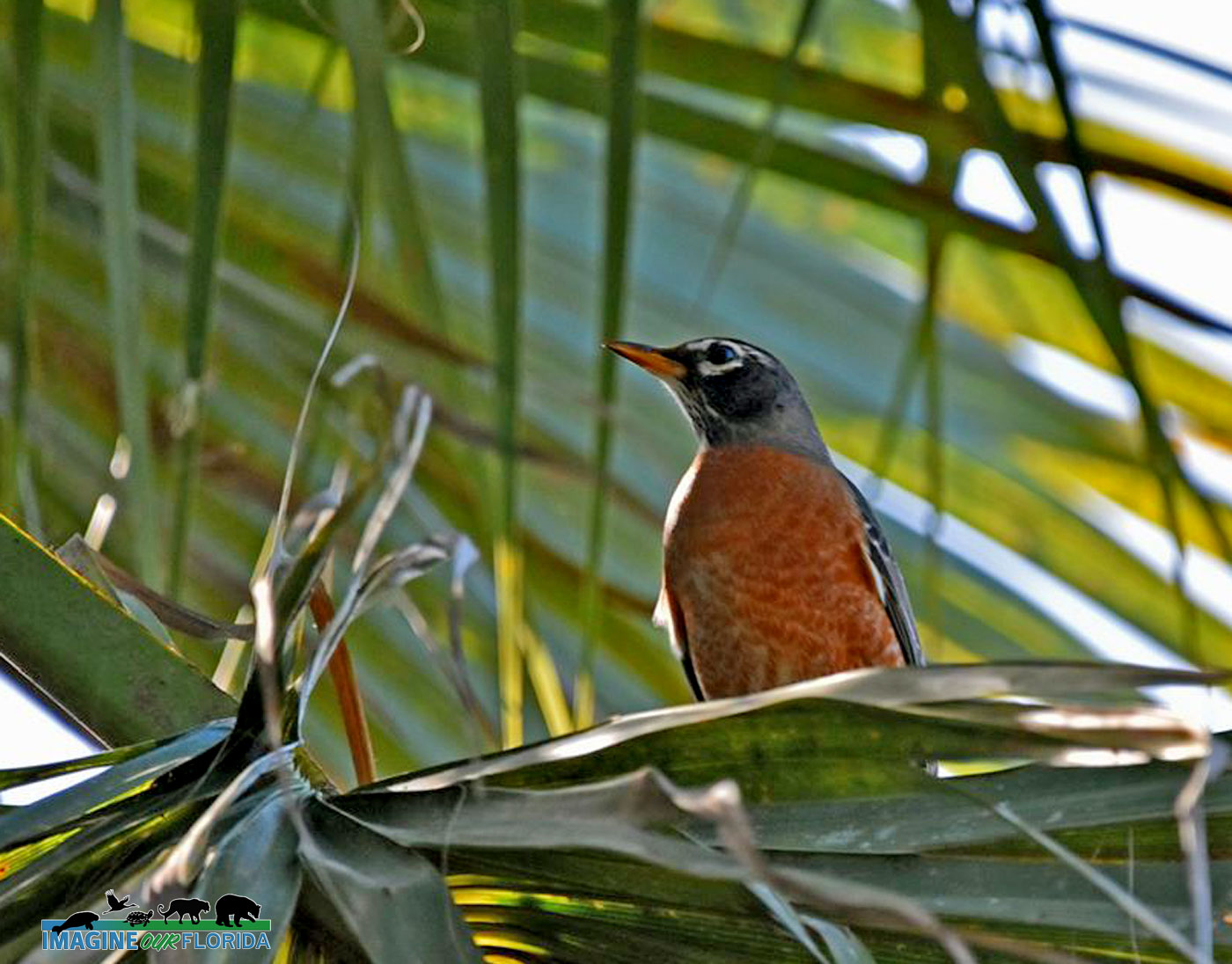
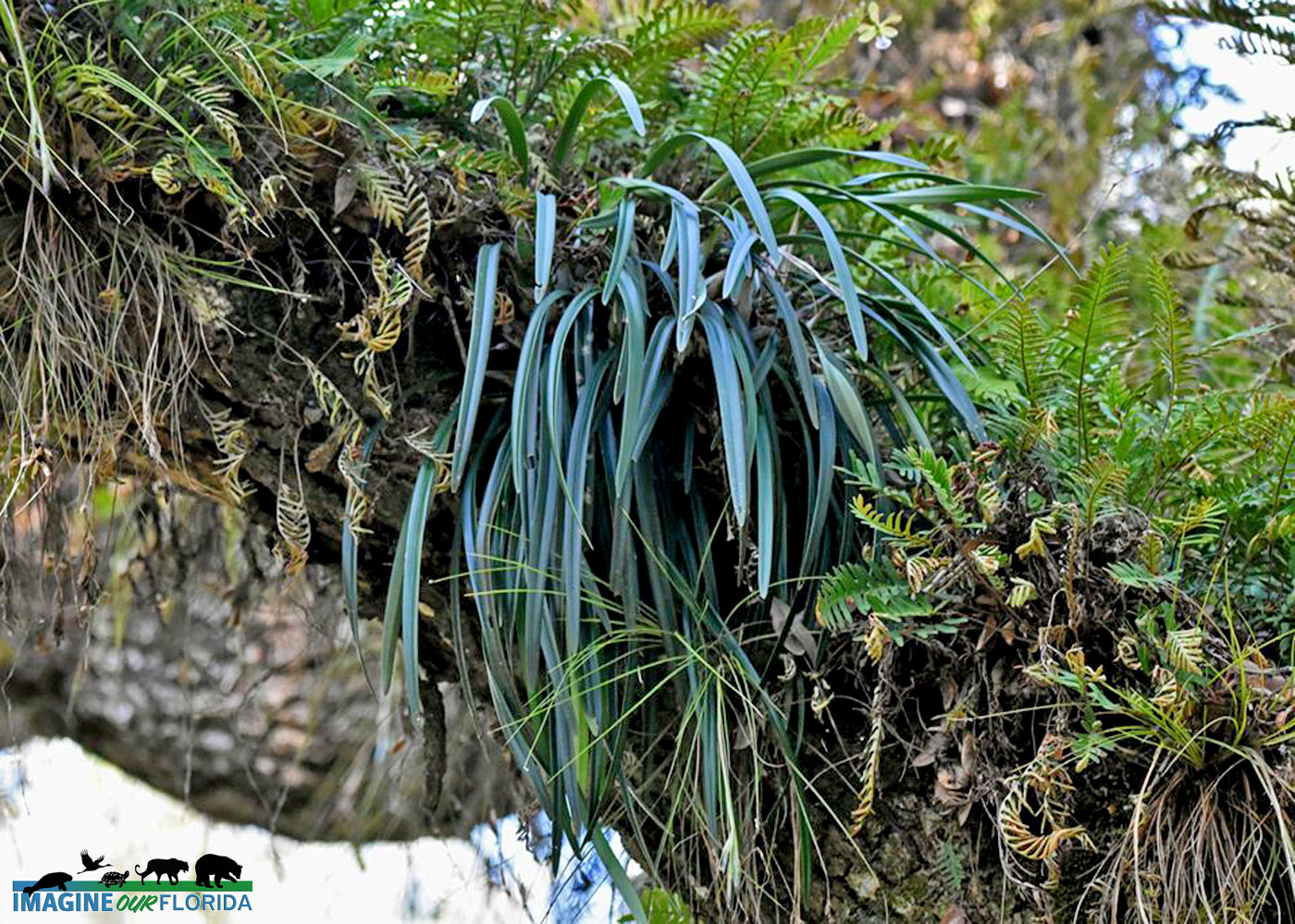
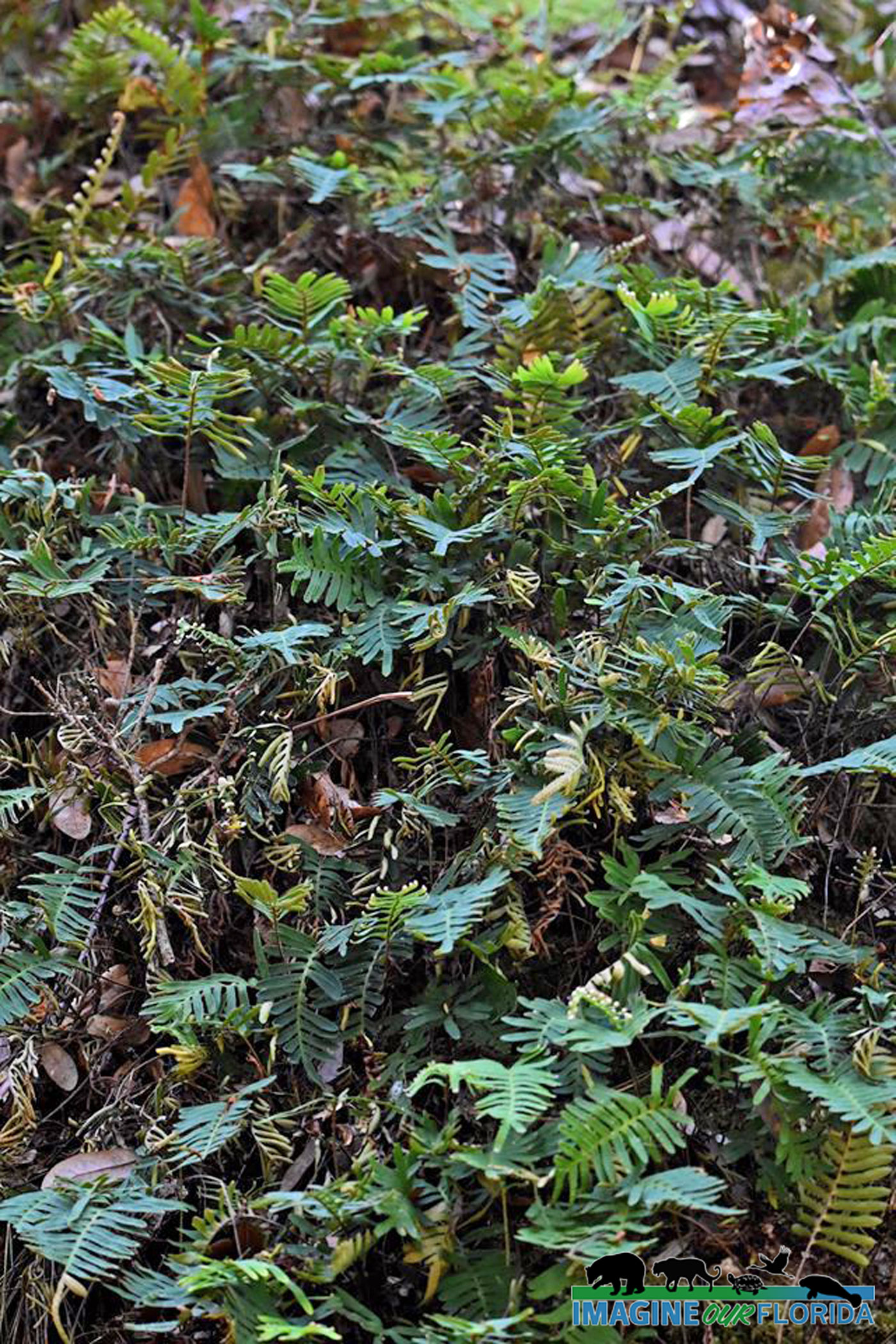
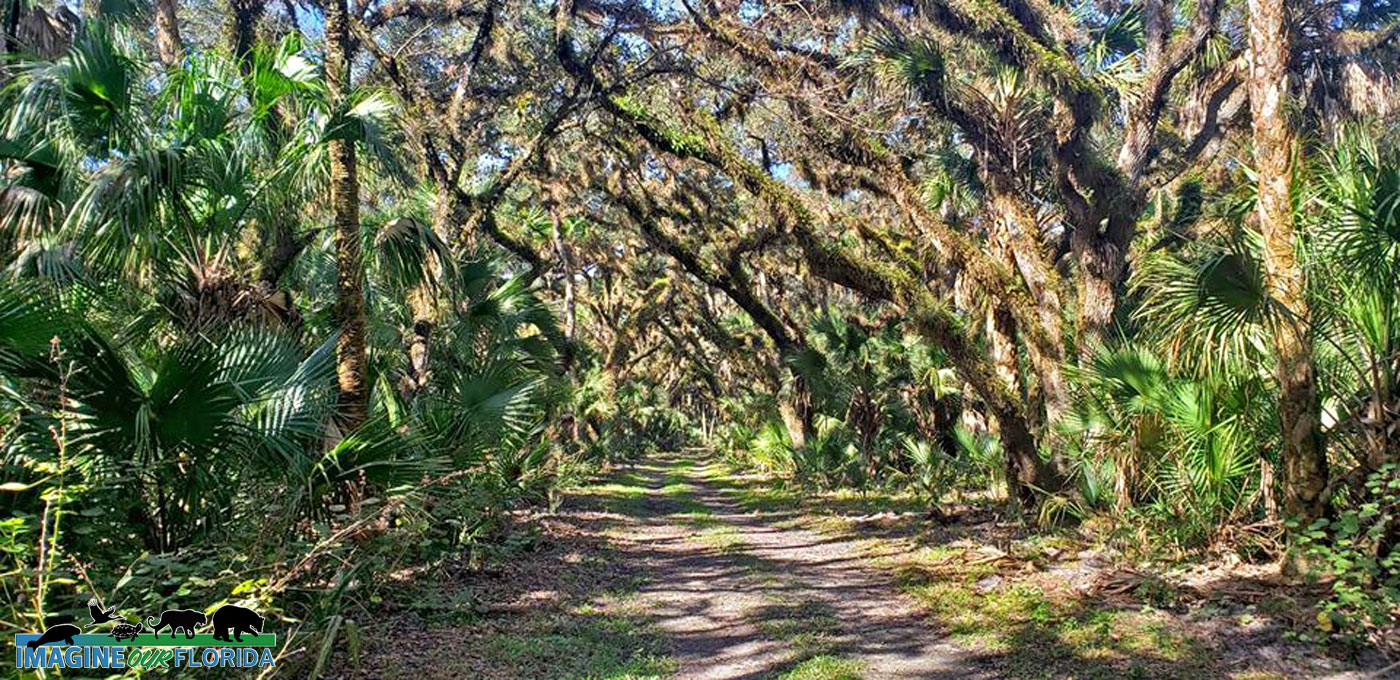
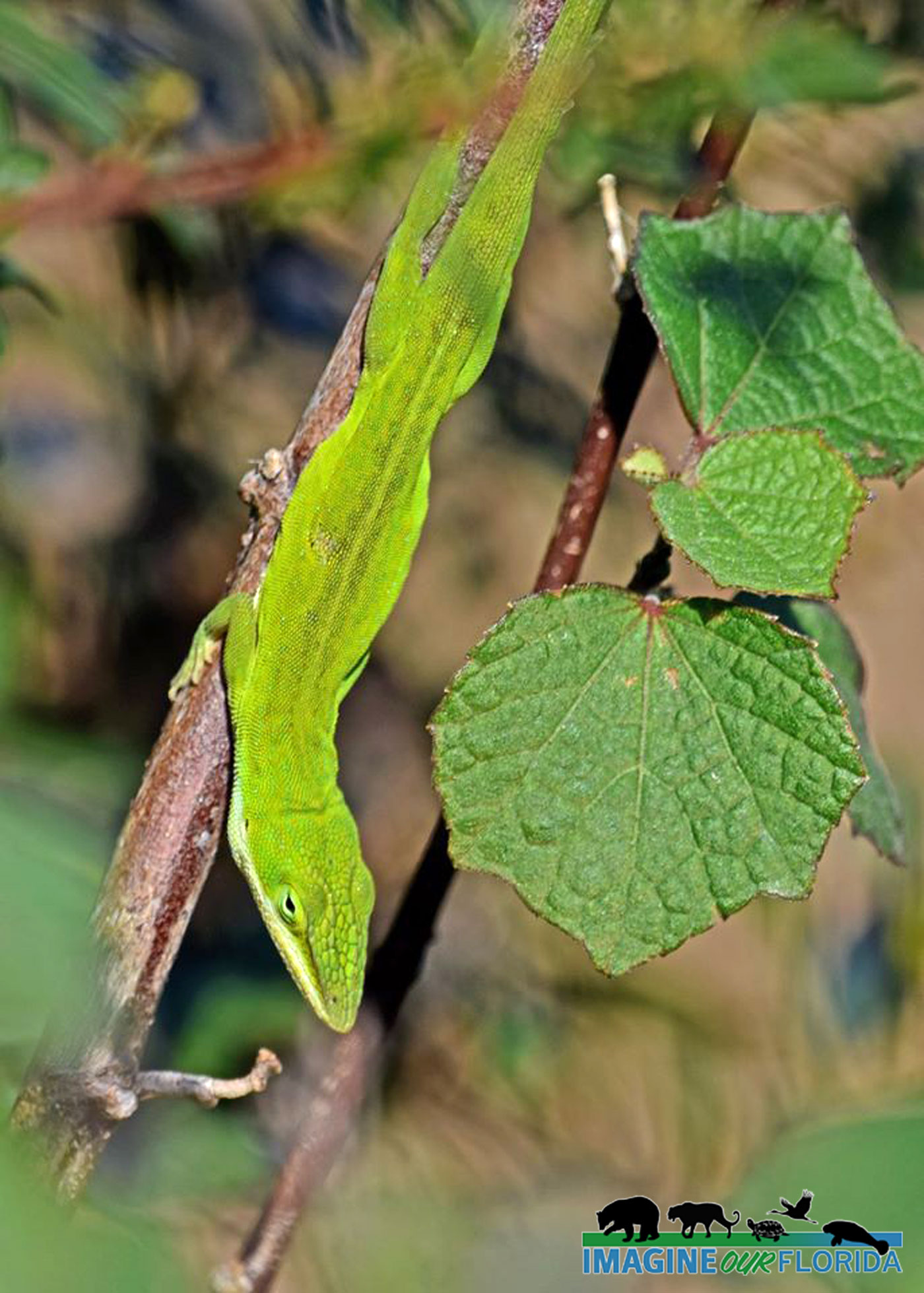
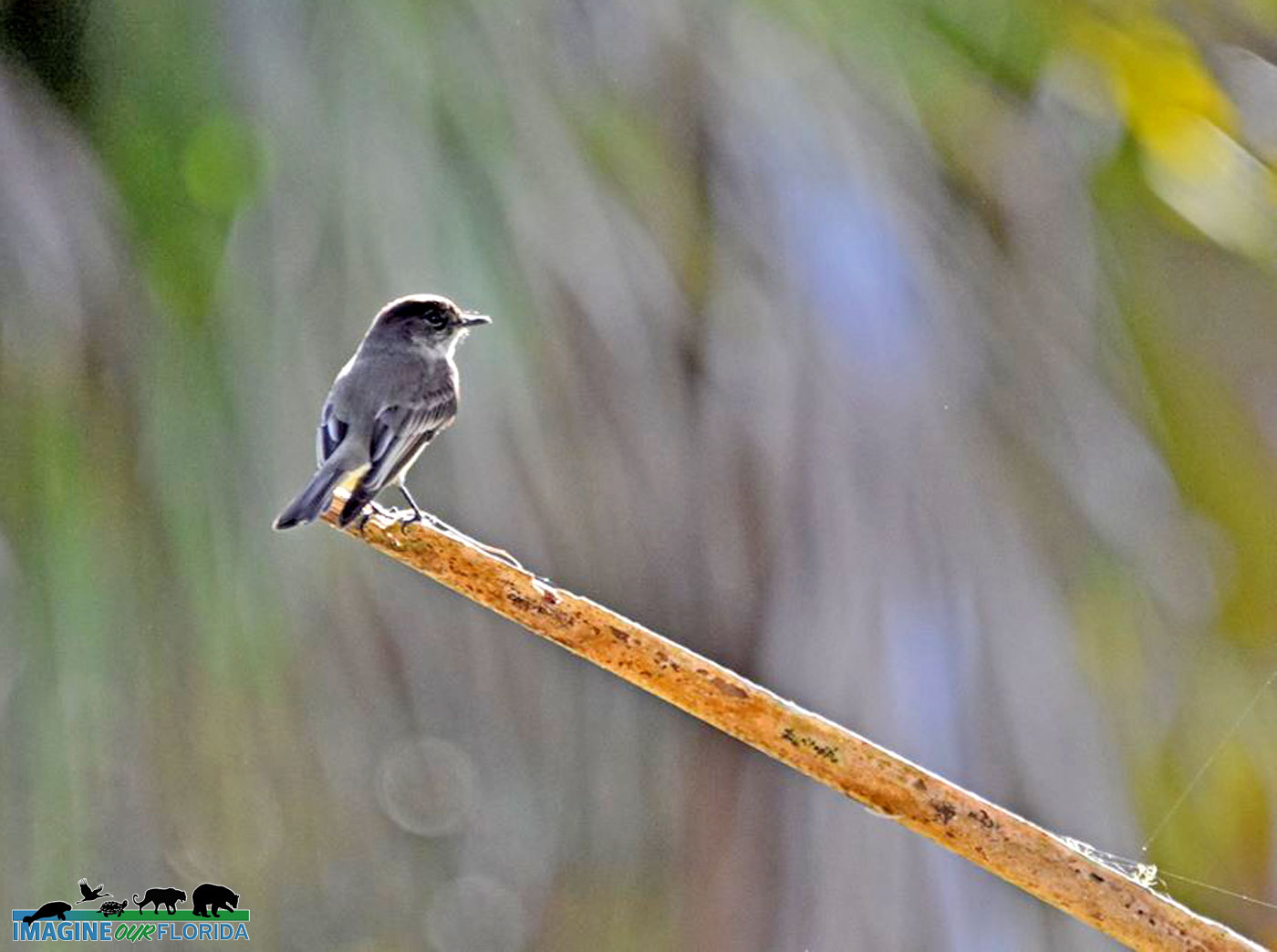
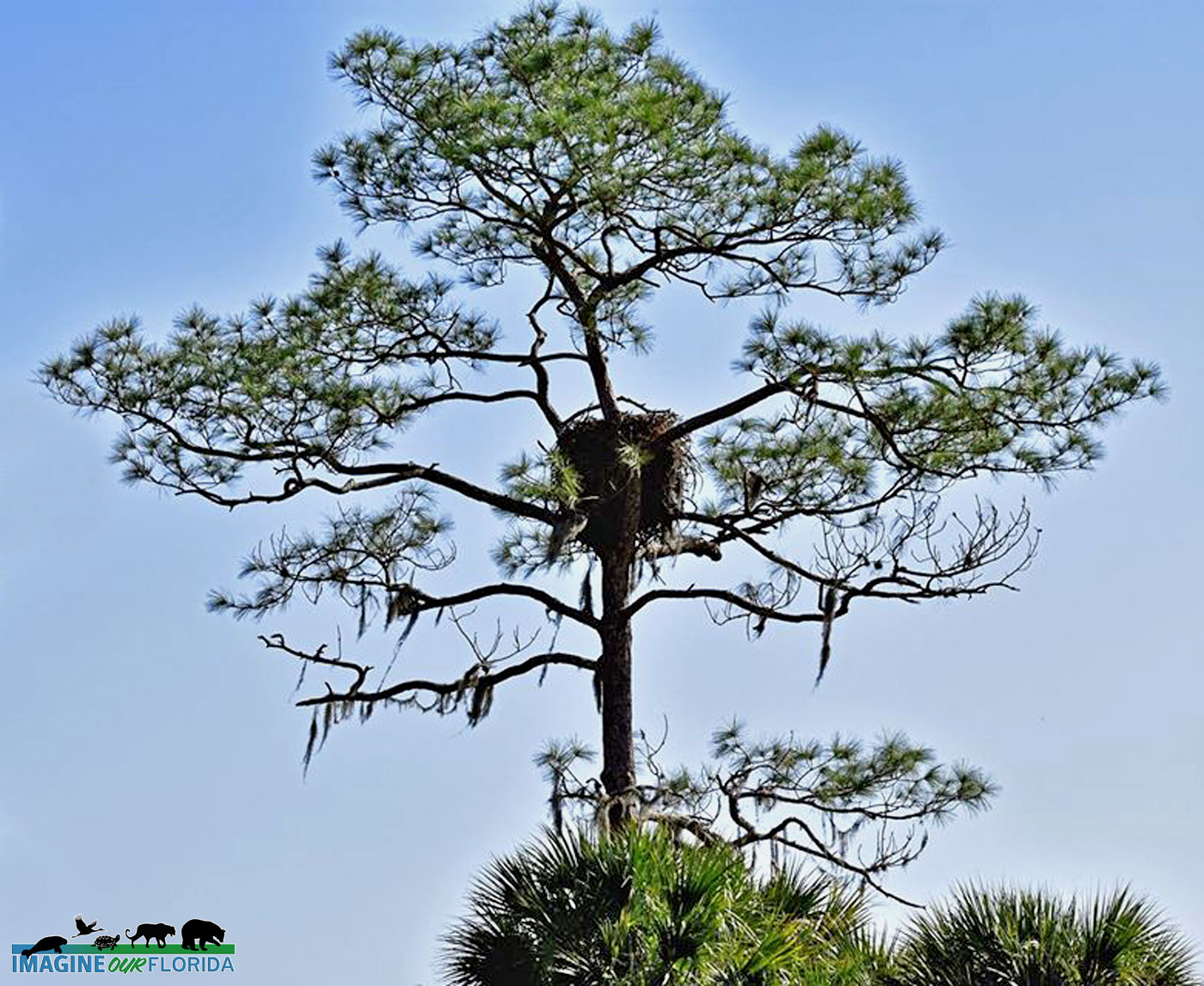
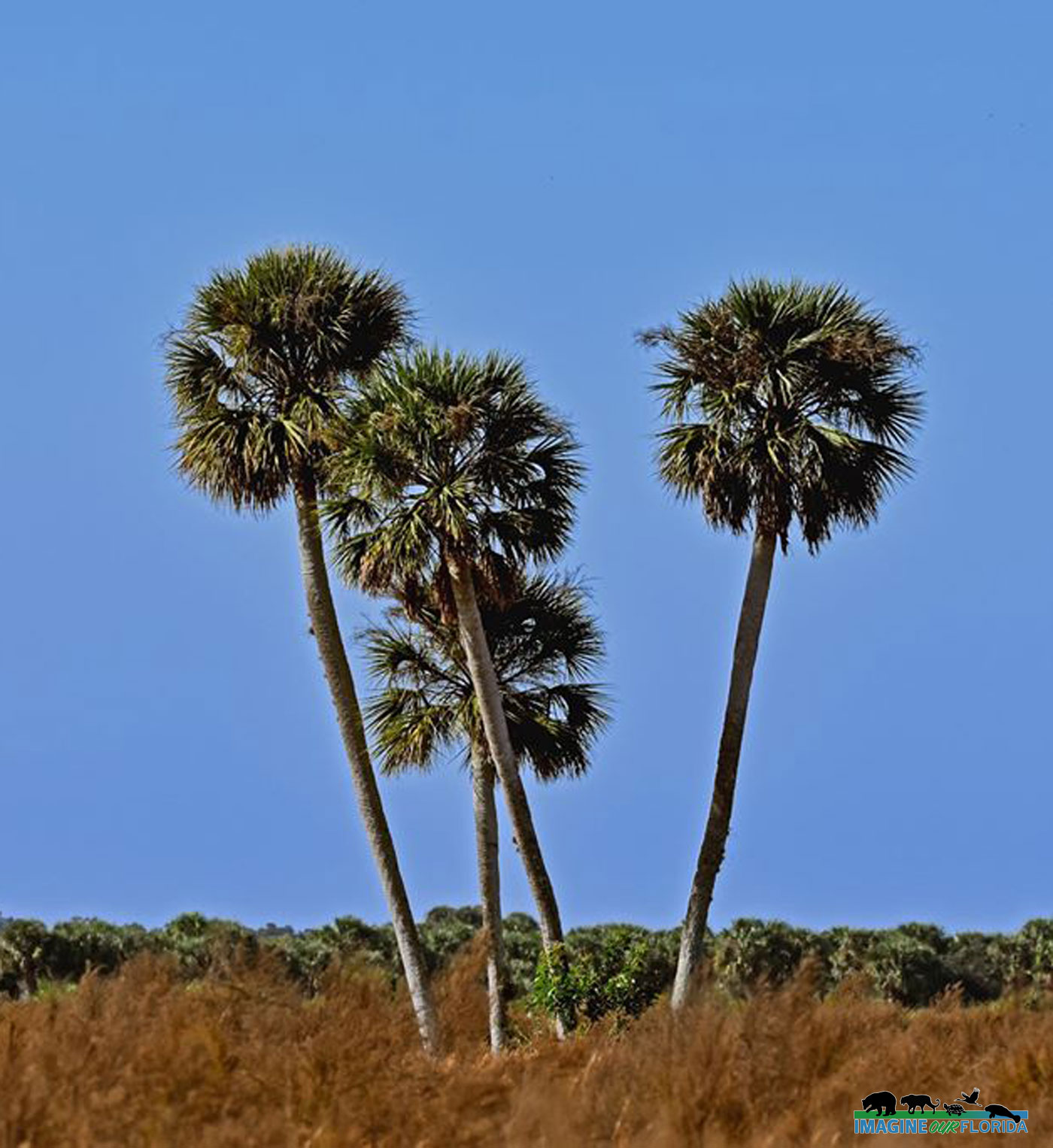
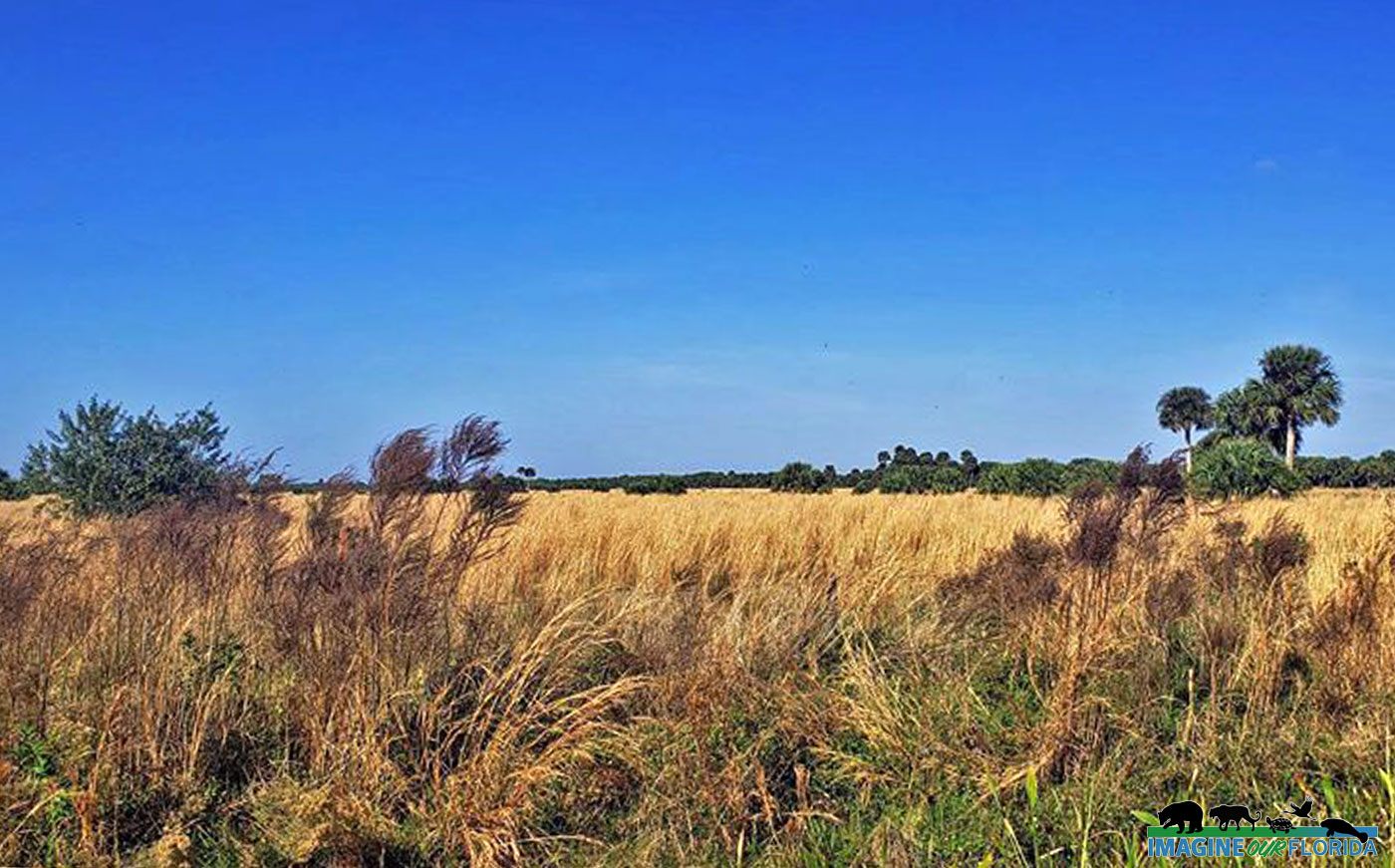
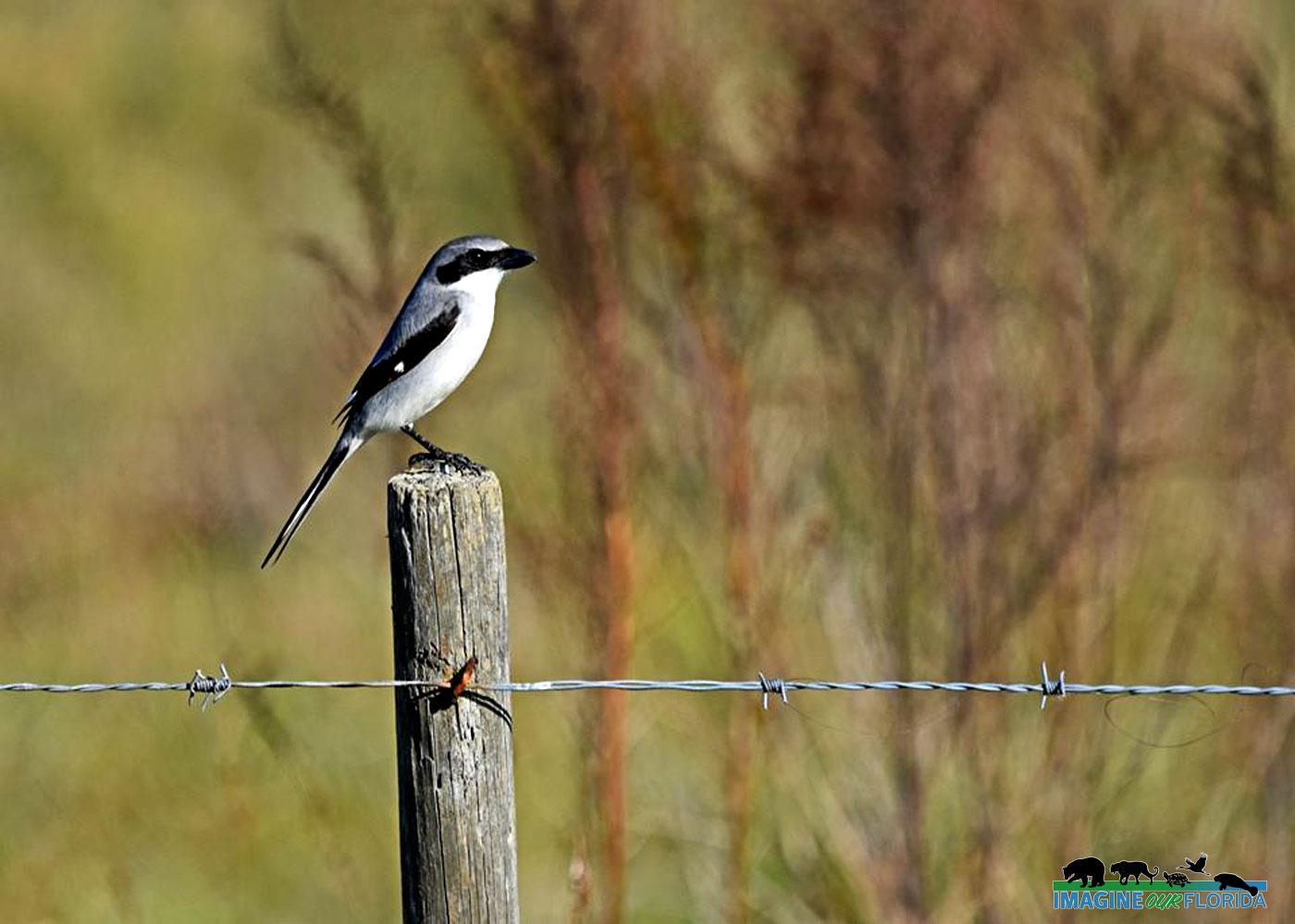
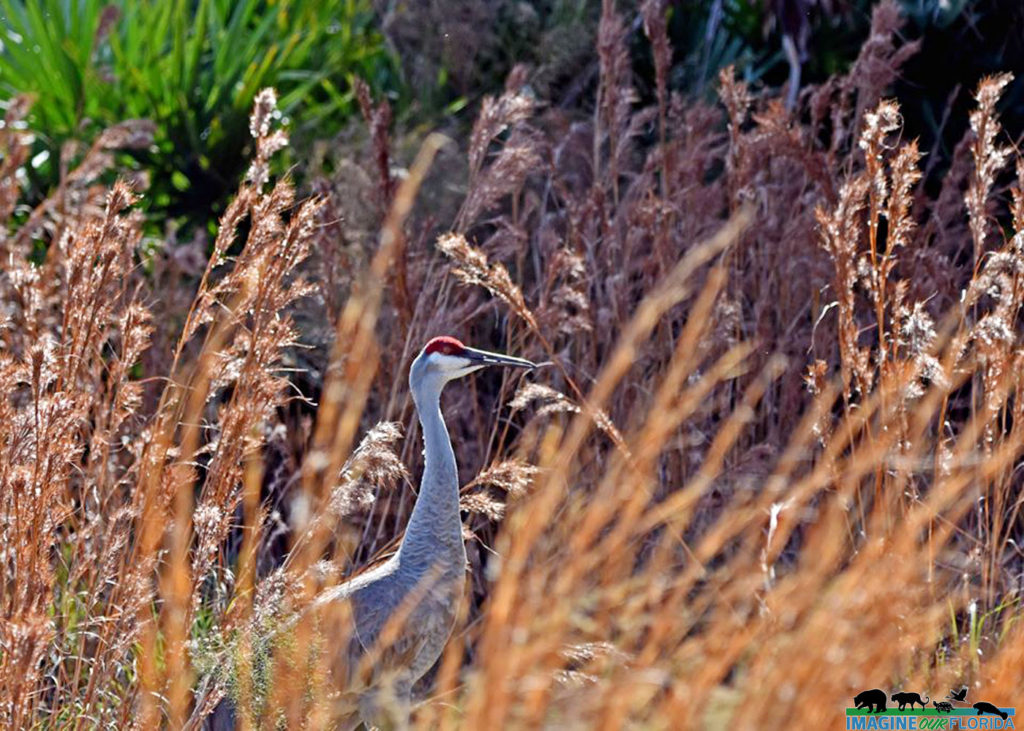
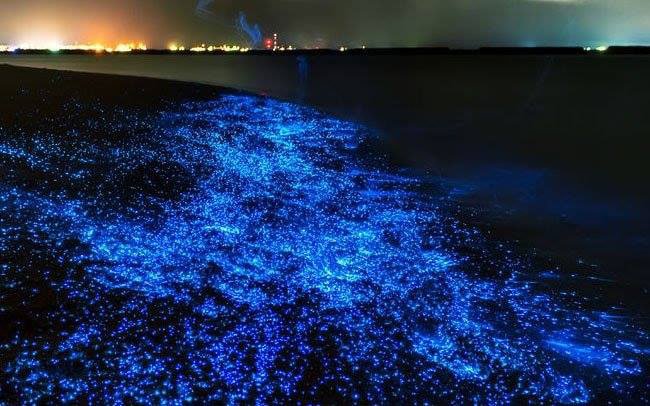
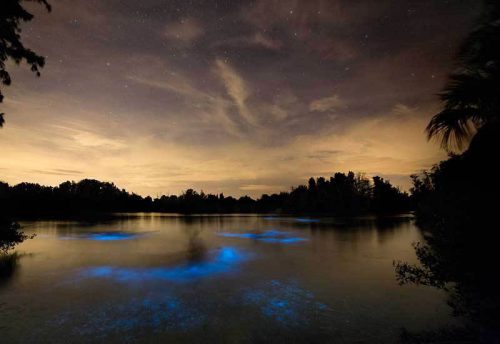
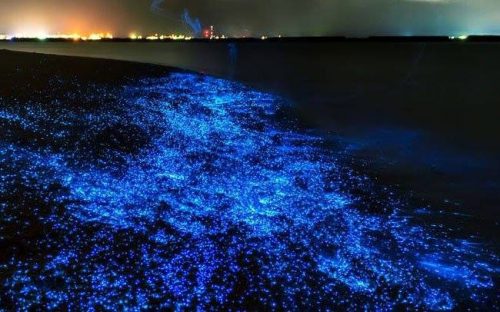
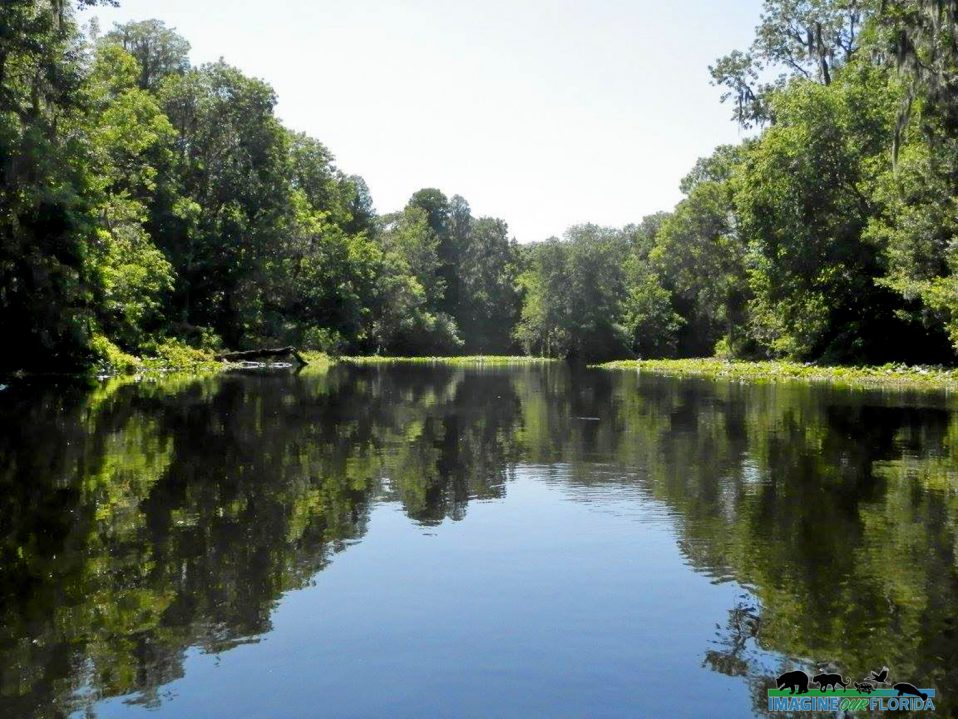
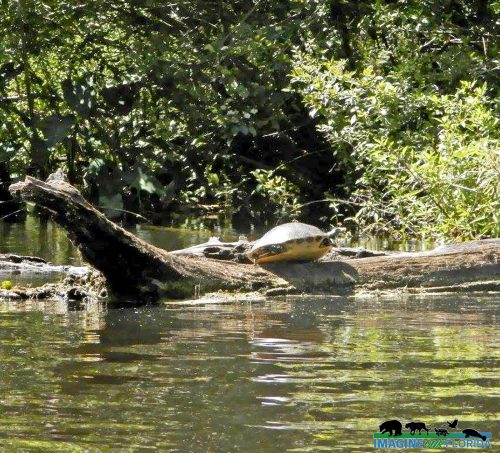
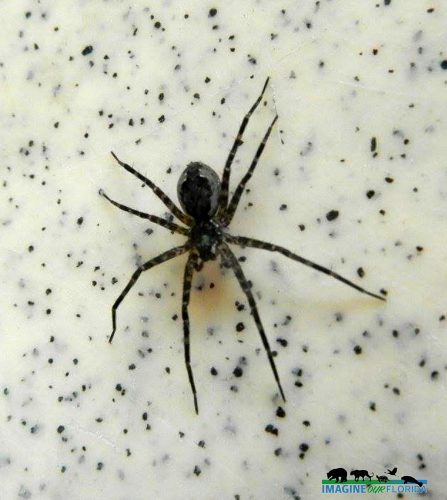
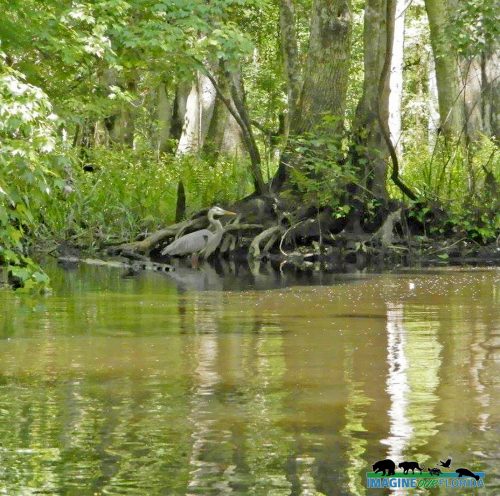
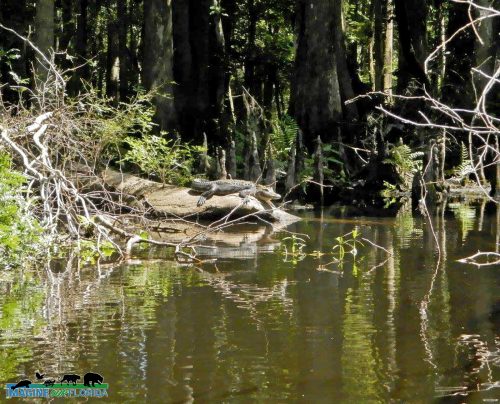
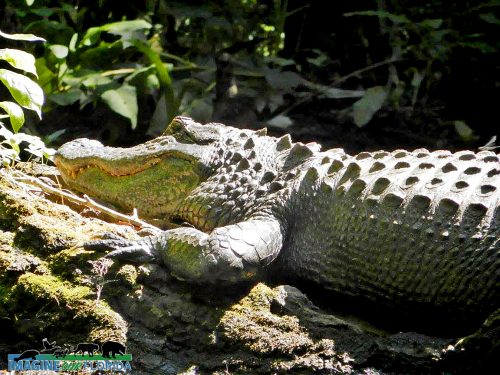

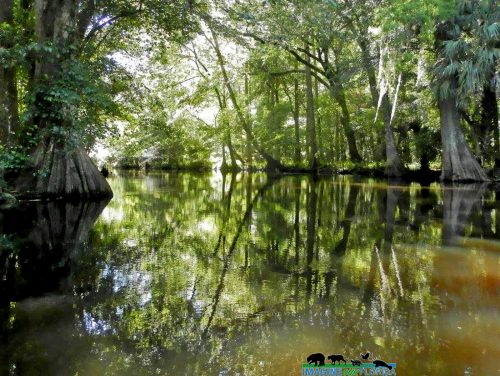
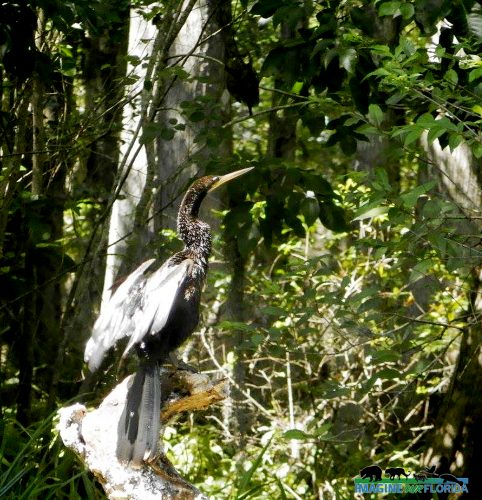
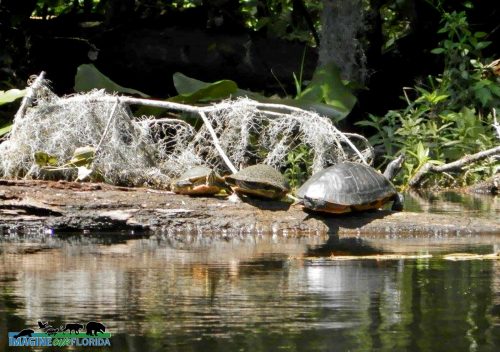

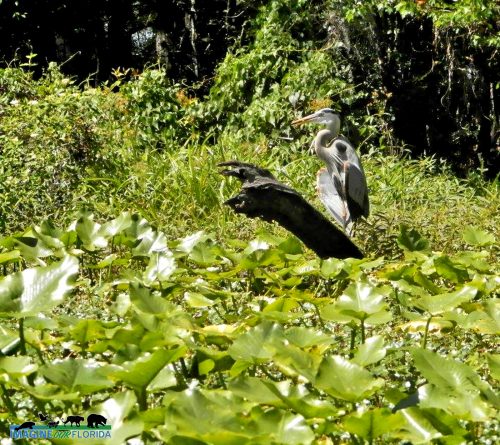


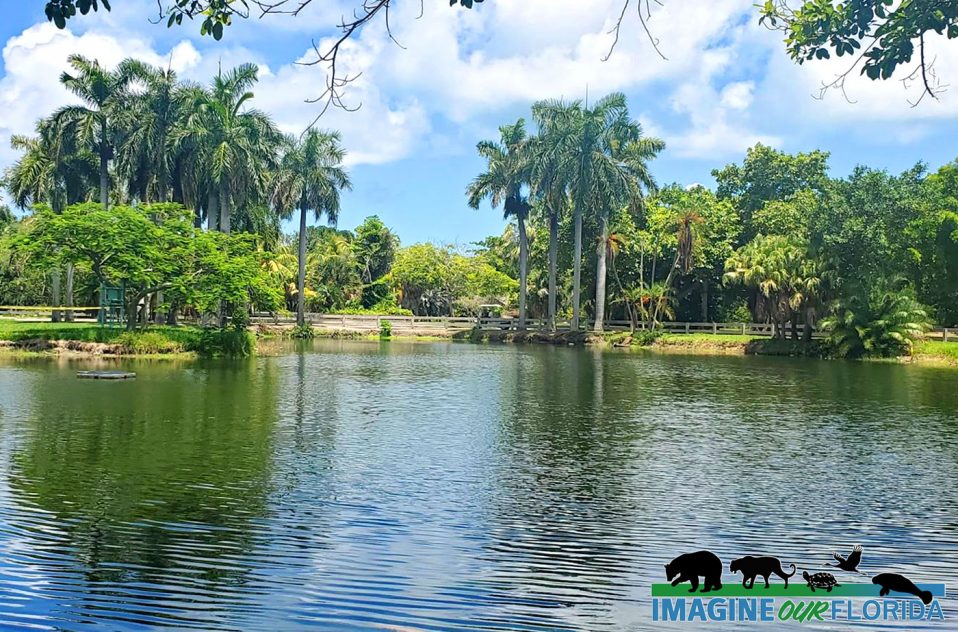
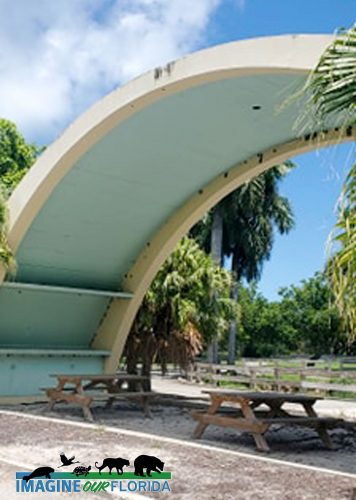
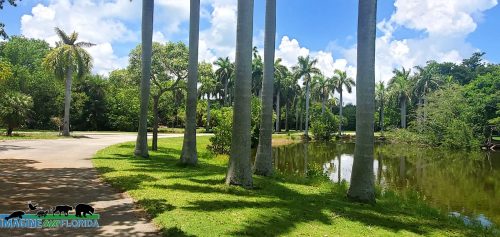
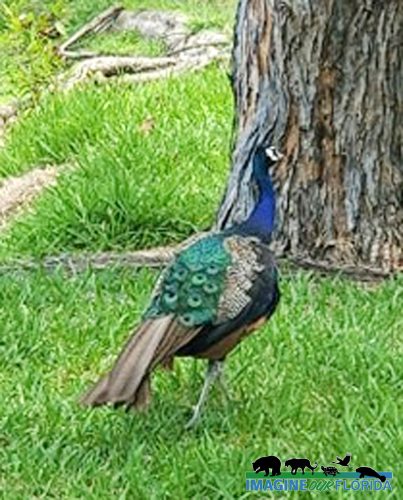
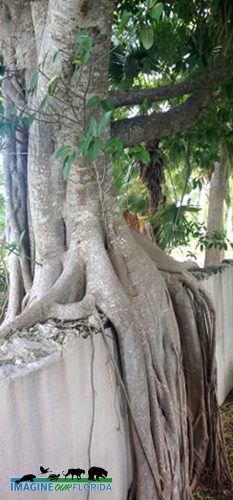
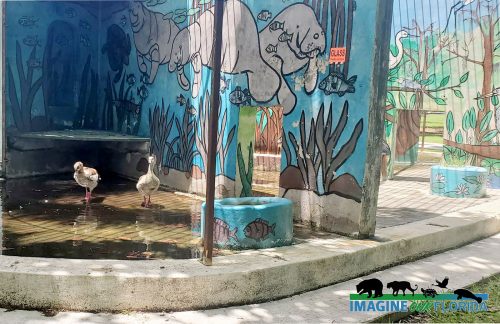
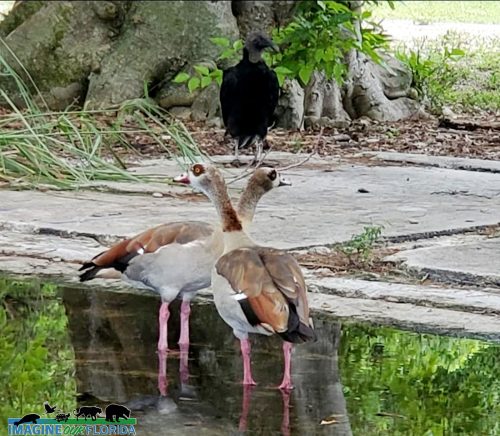
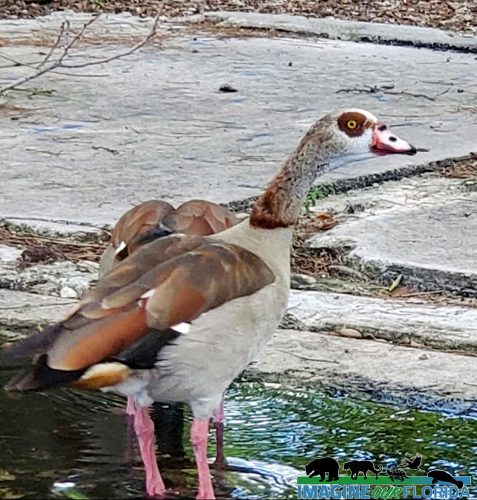
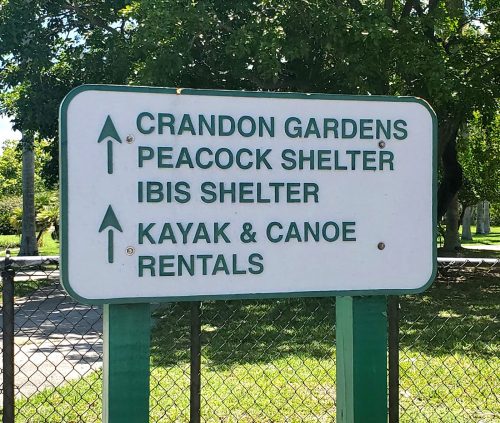
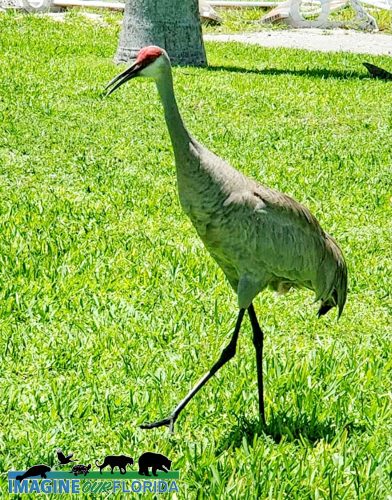
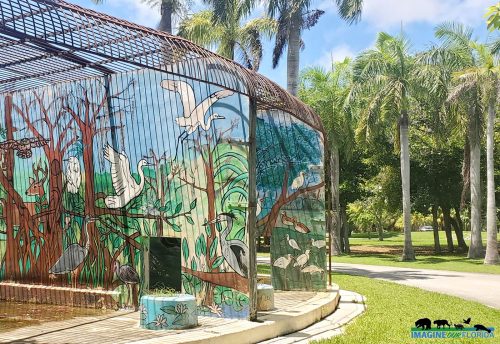
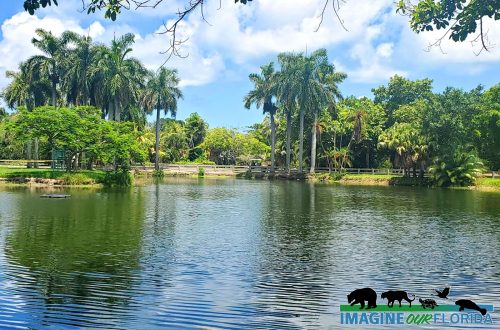
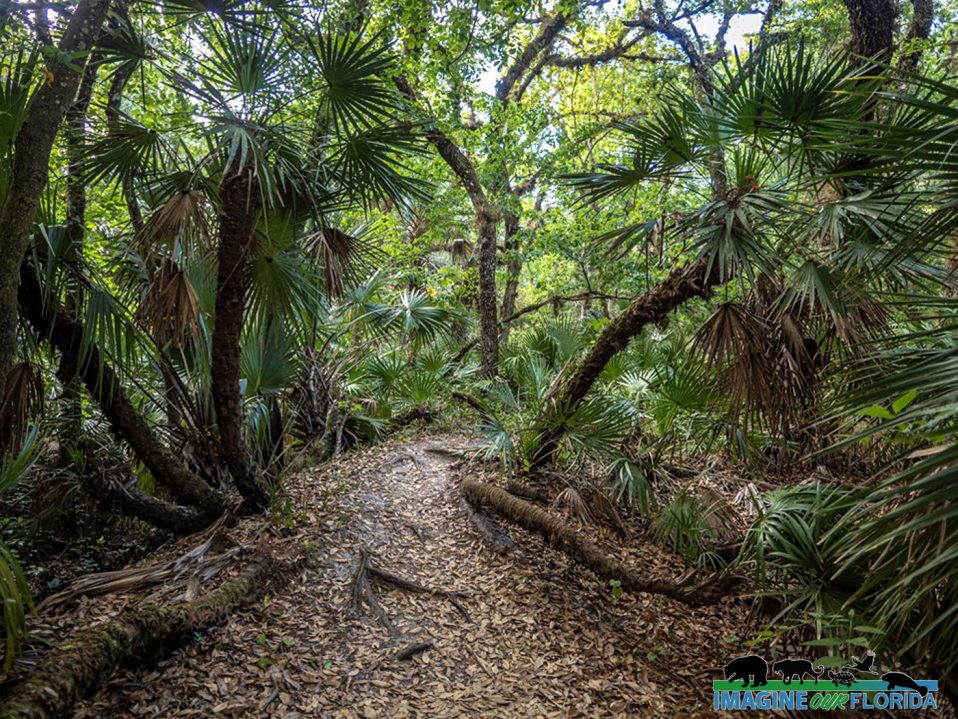
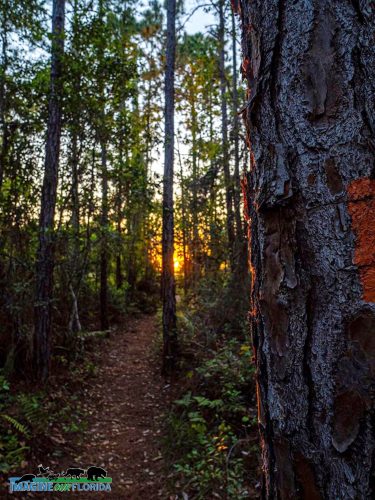
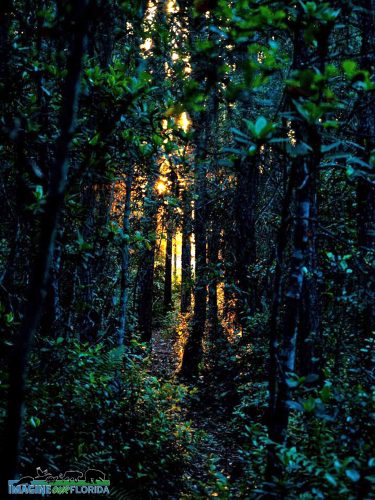
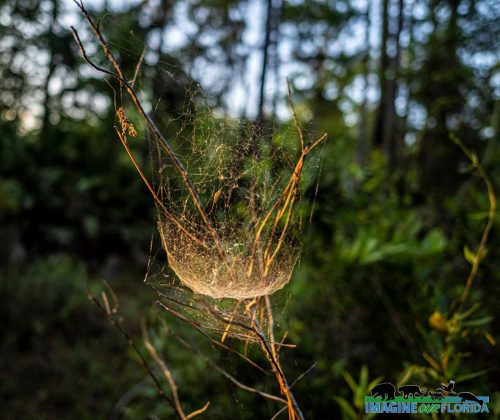
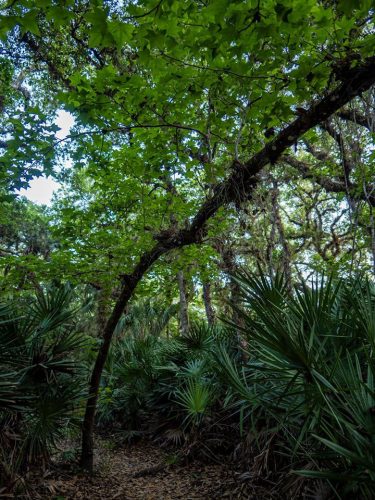
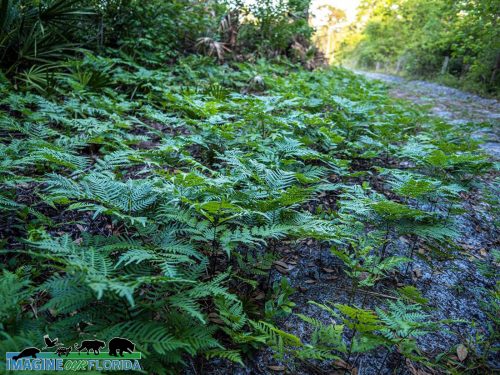
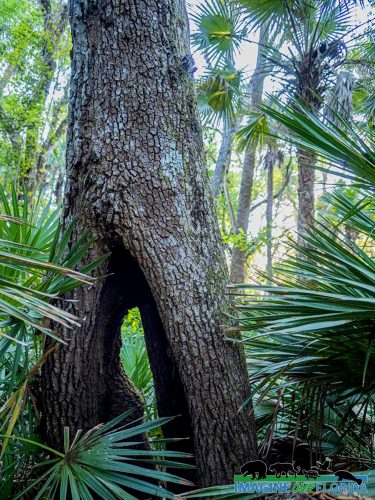

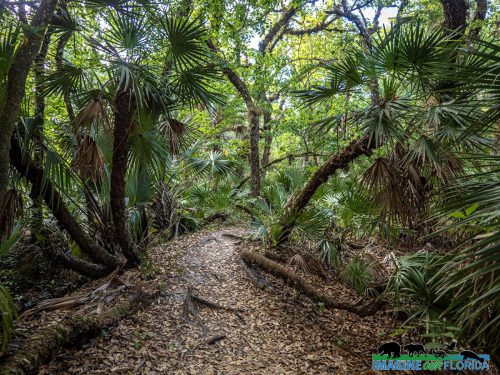
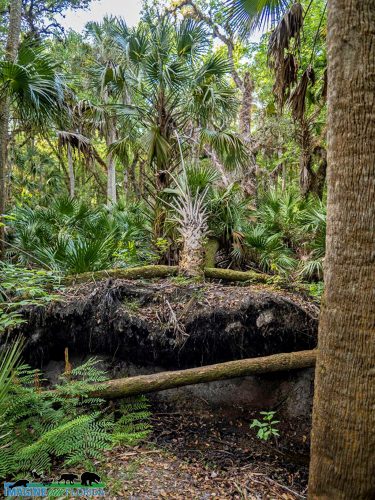
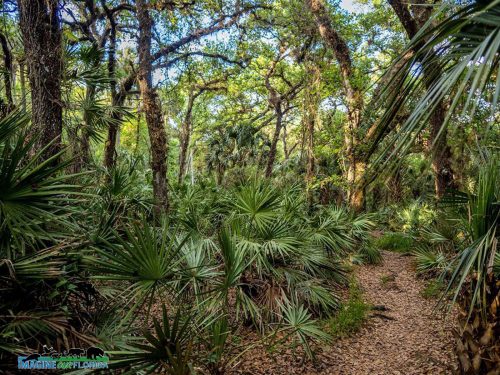
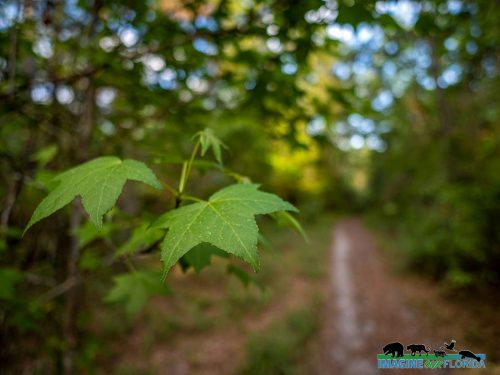
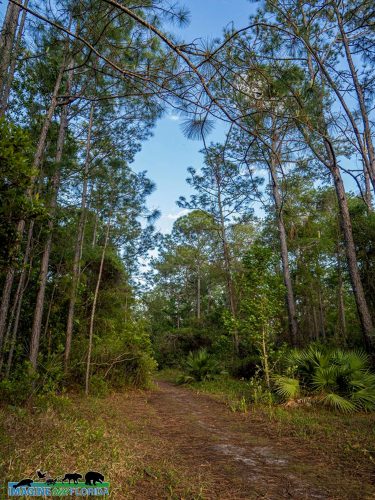
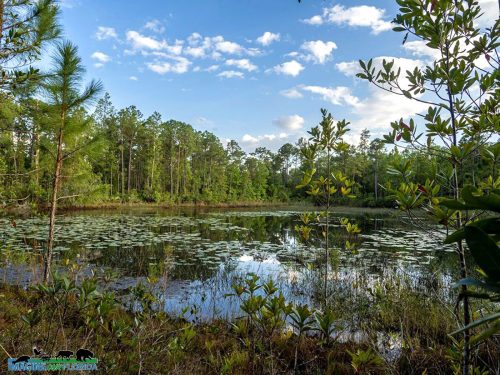
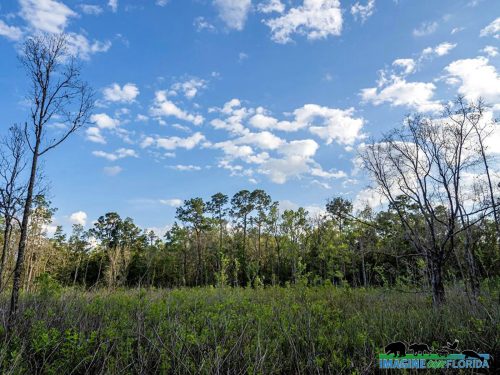
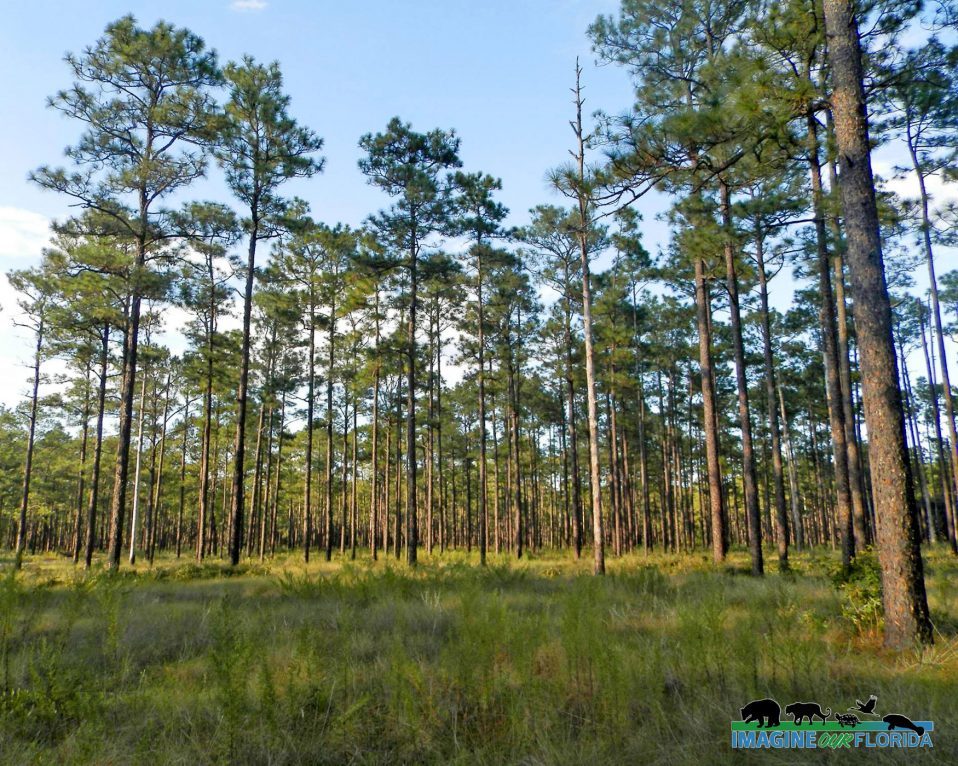
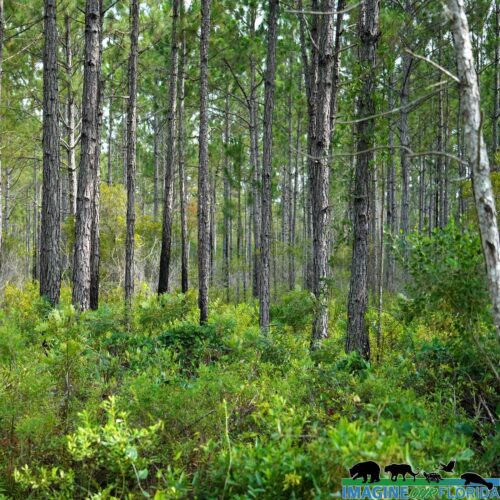
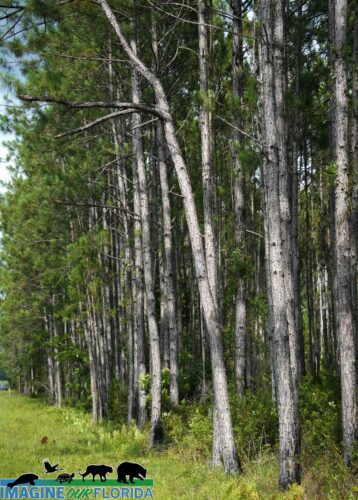
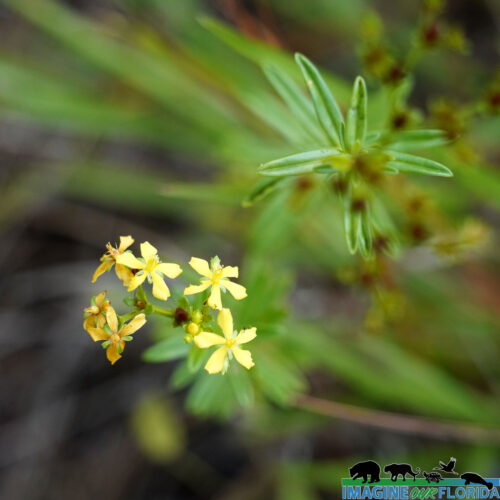
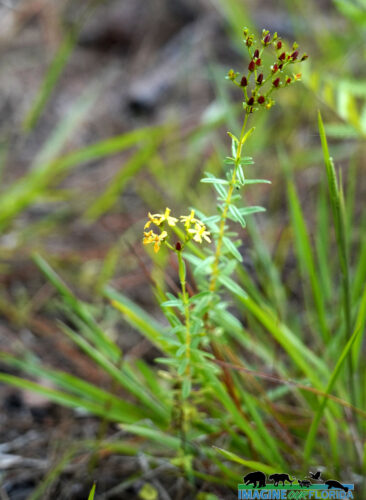
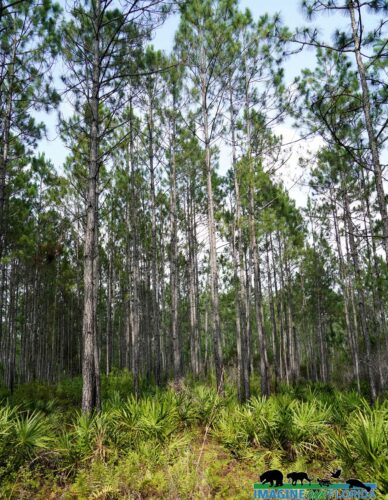
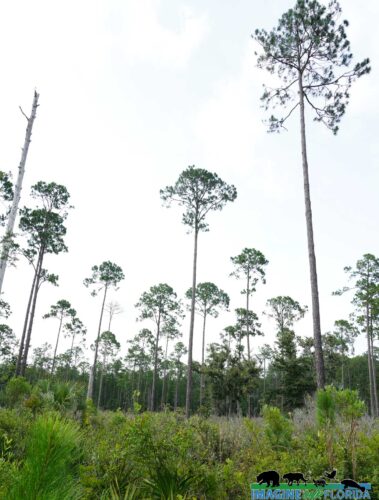
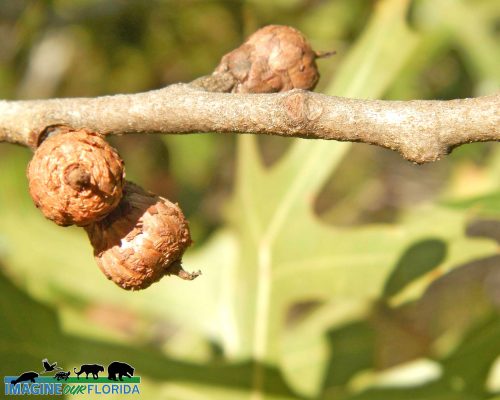
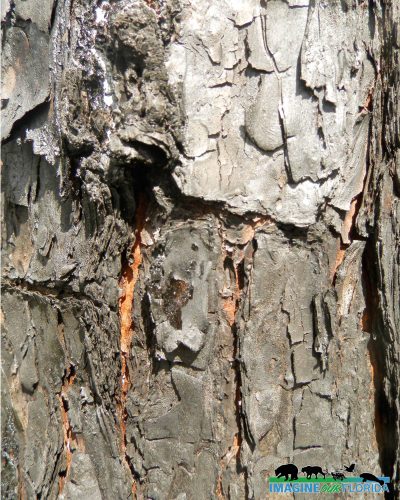
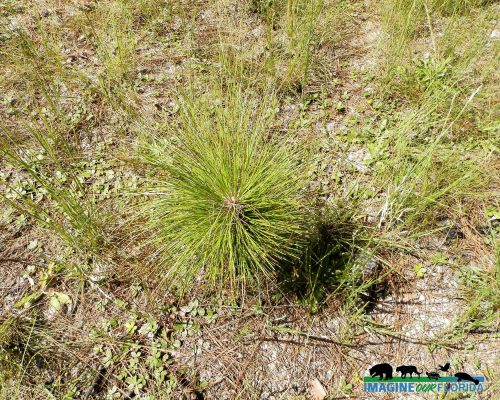
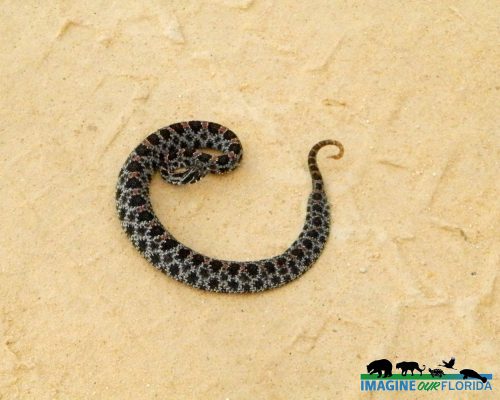

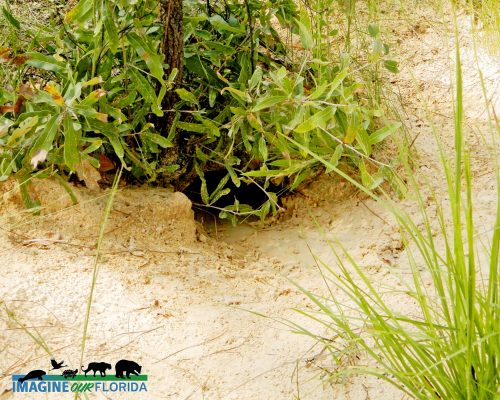
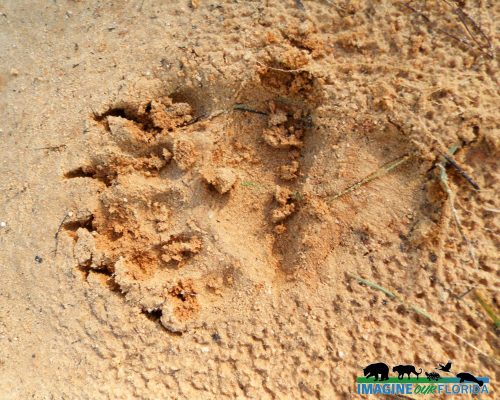
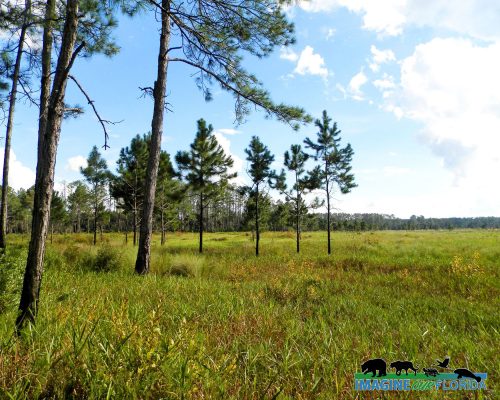
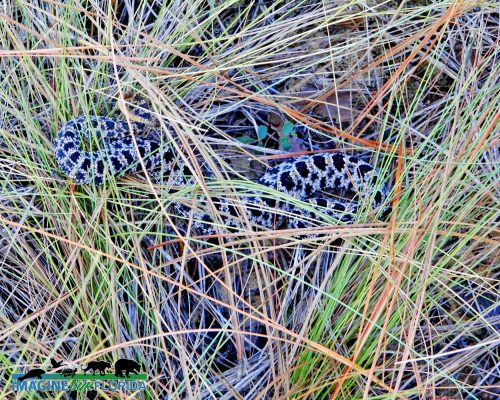
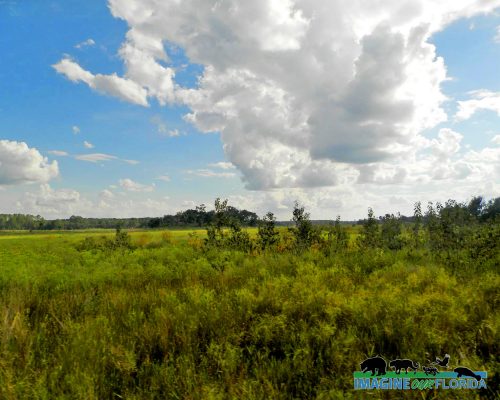
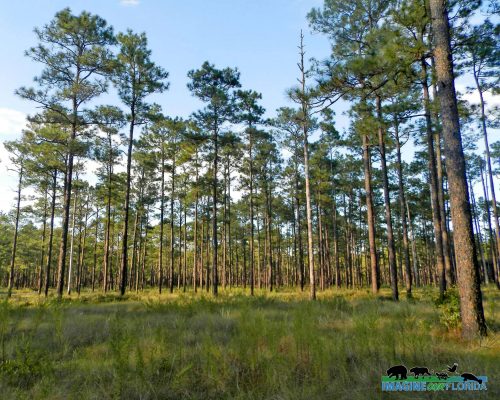
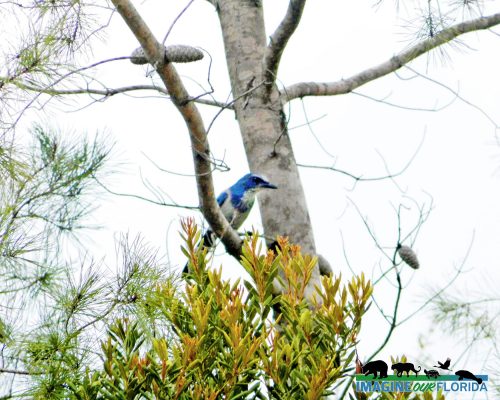
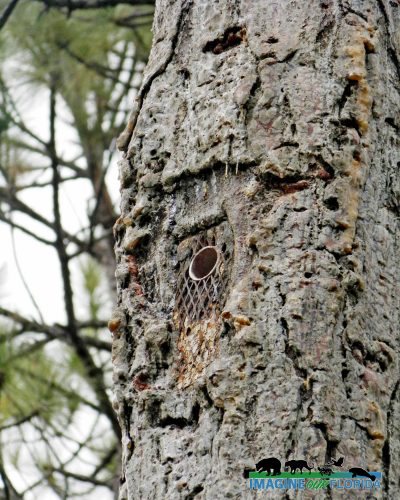

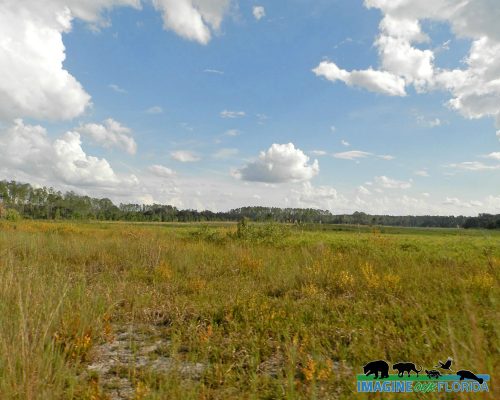
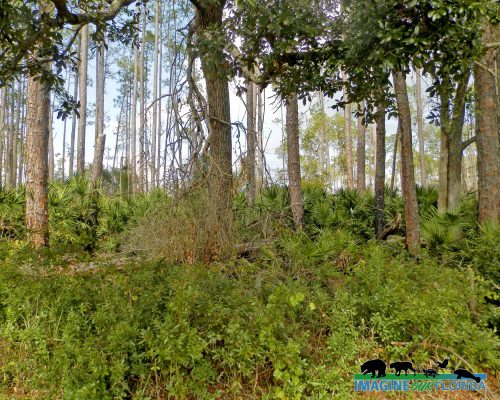

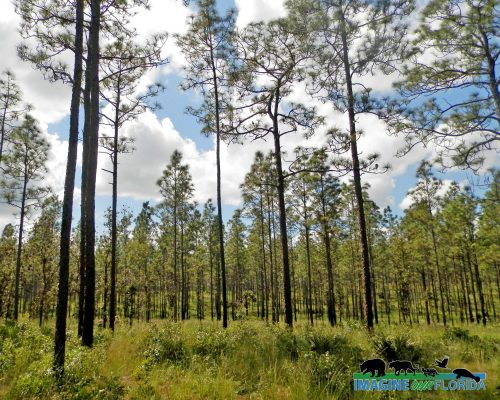
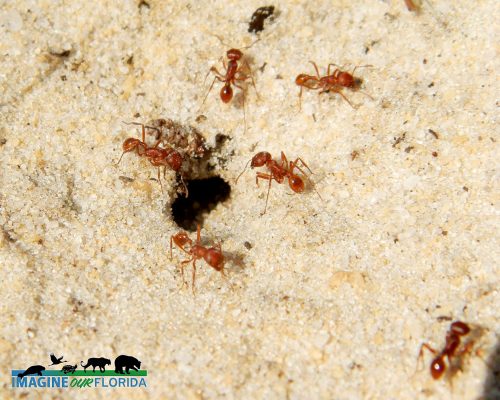
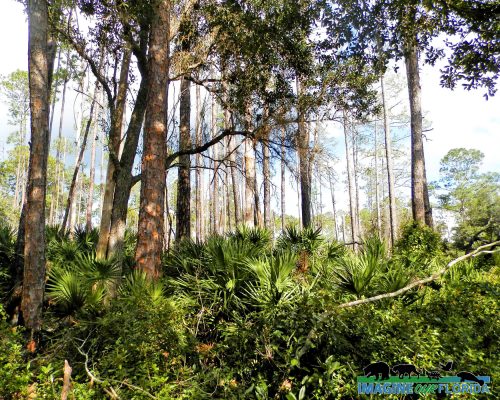
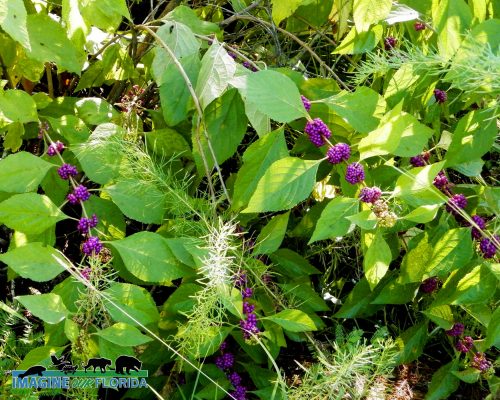
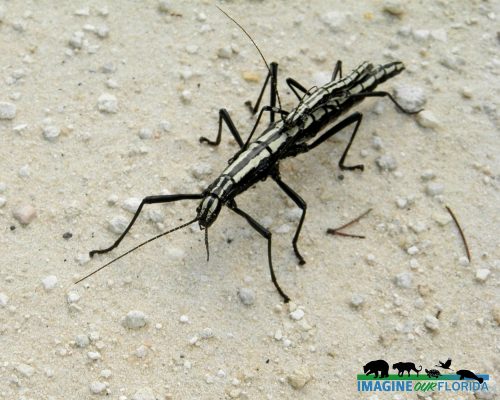
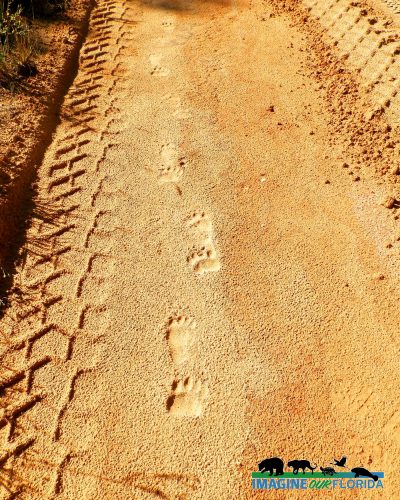
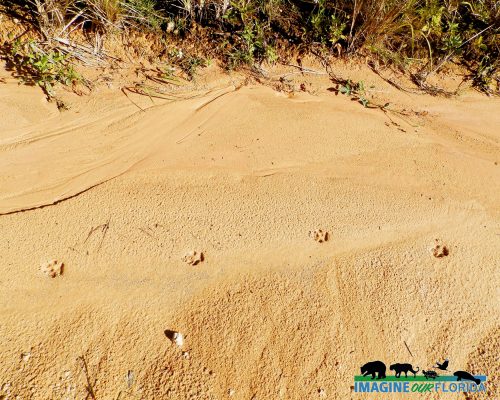
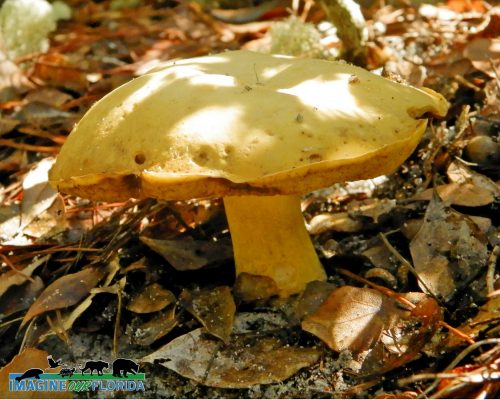

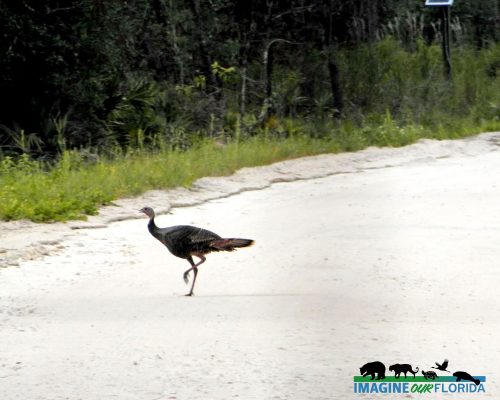

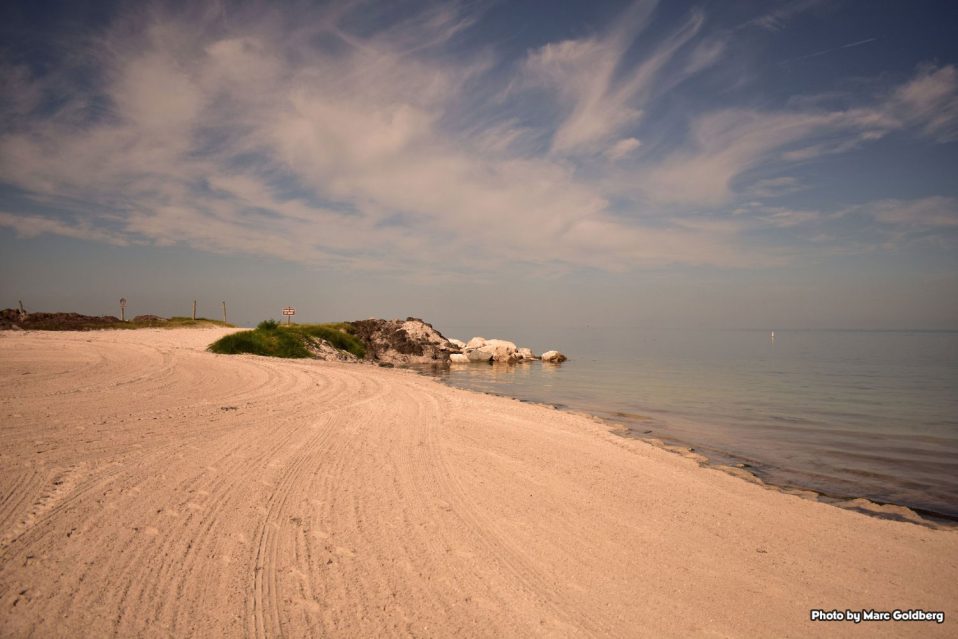
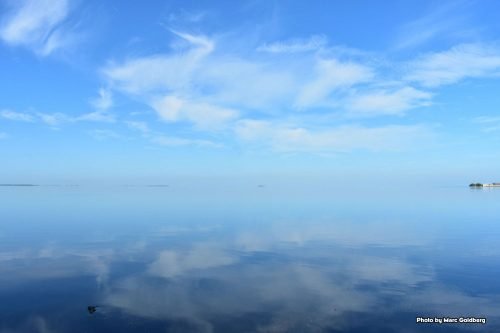
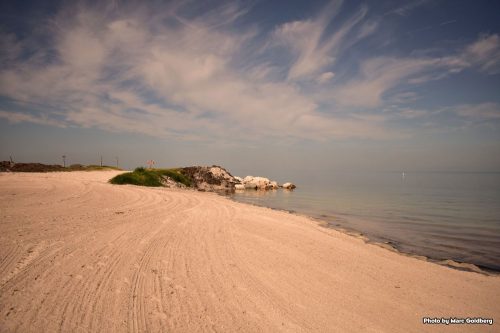
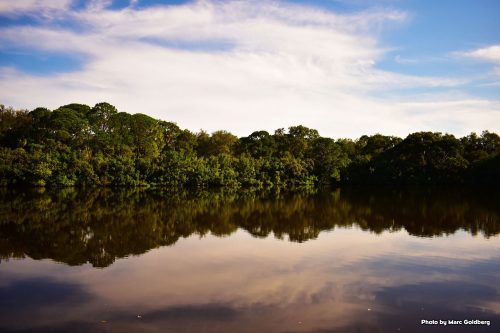

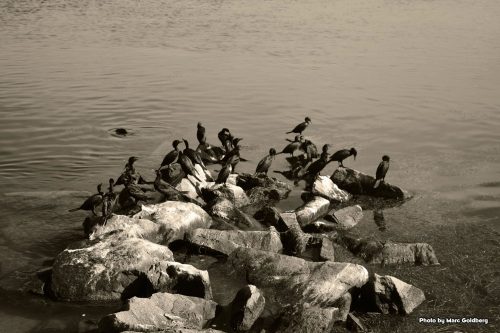
Recent Comments